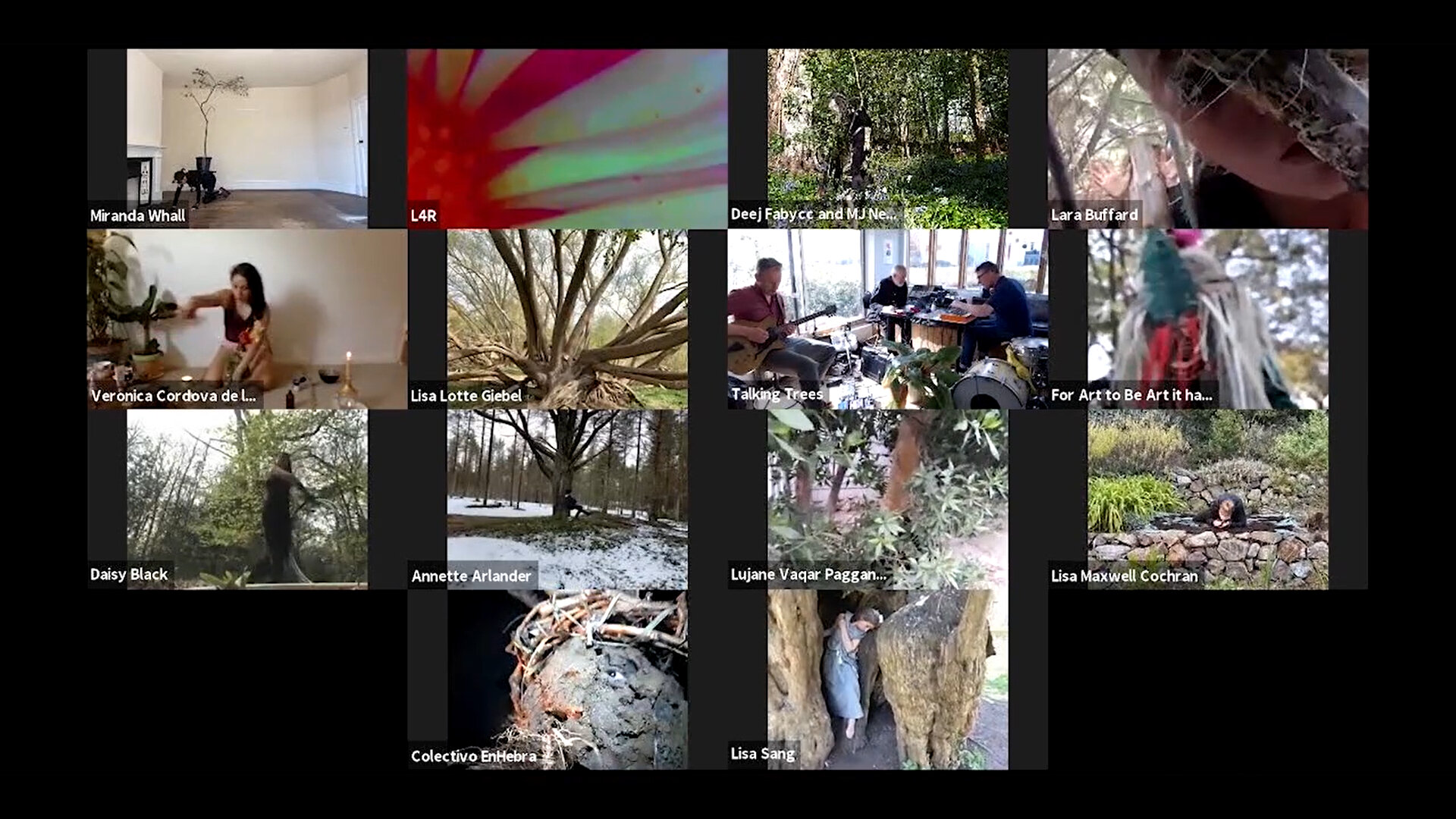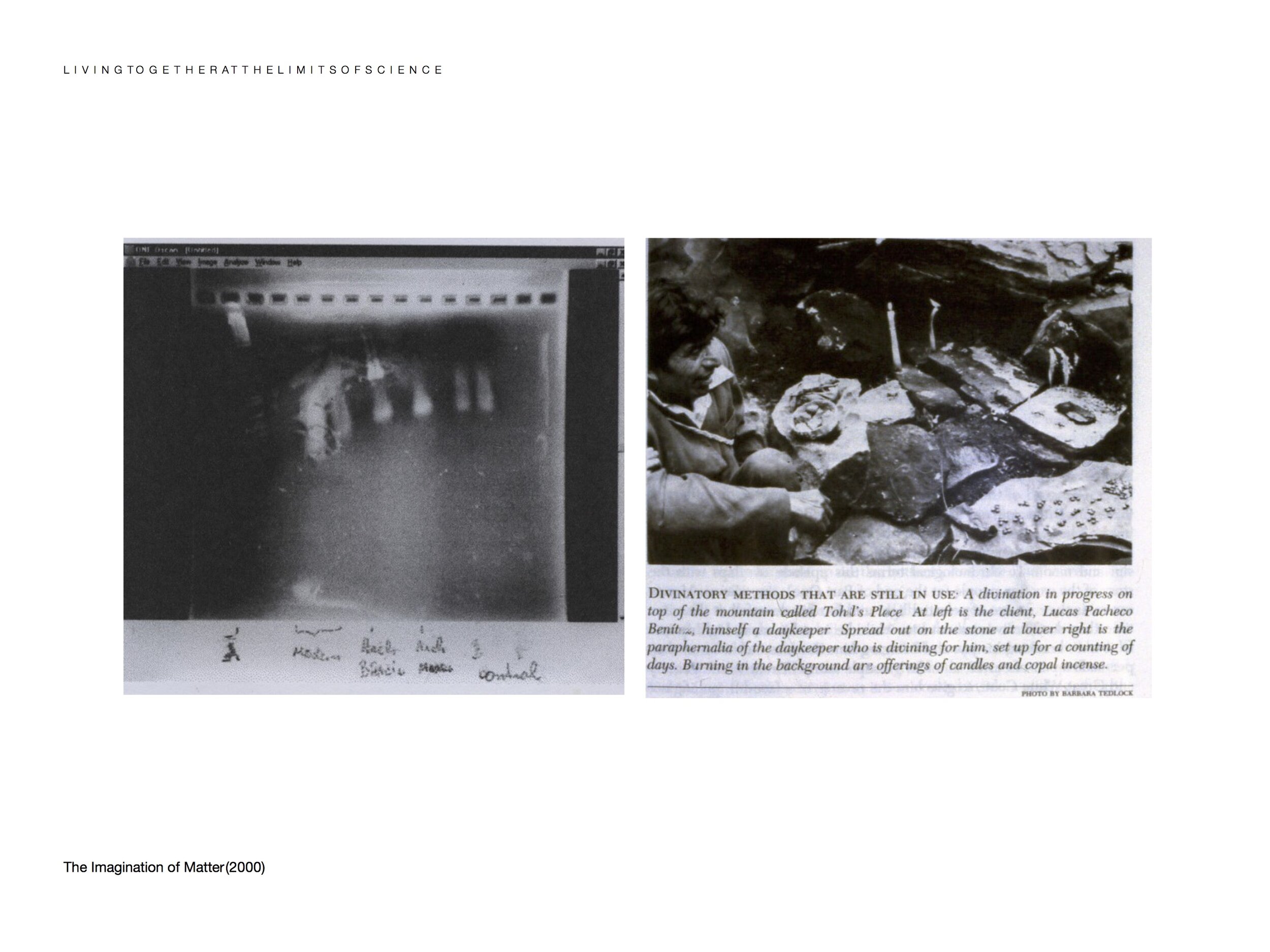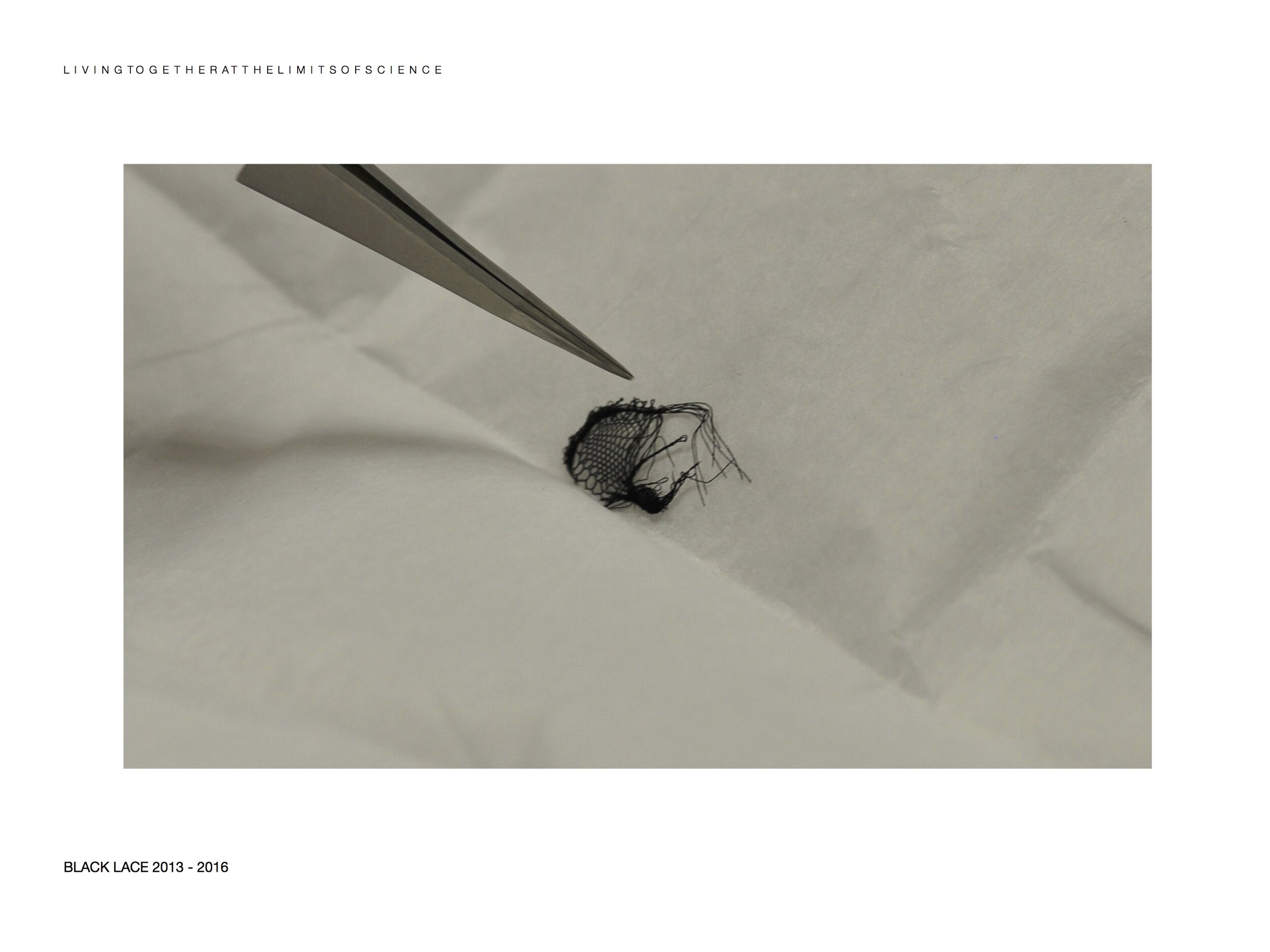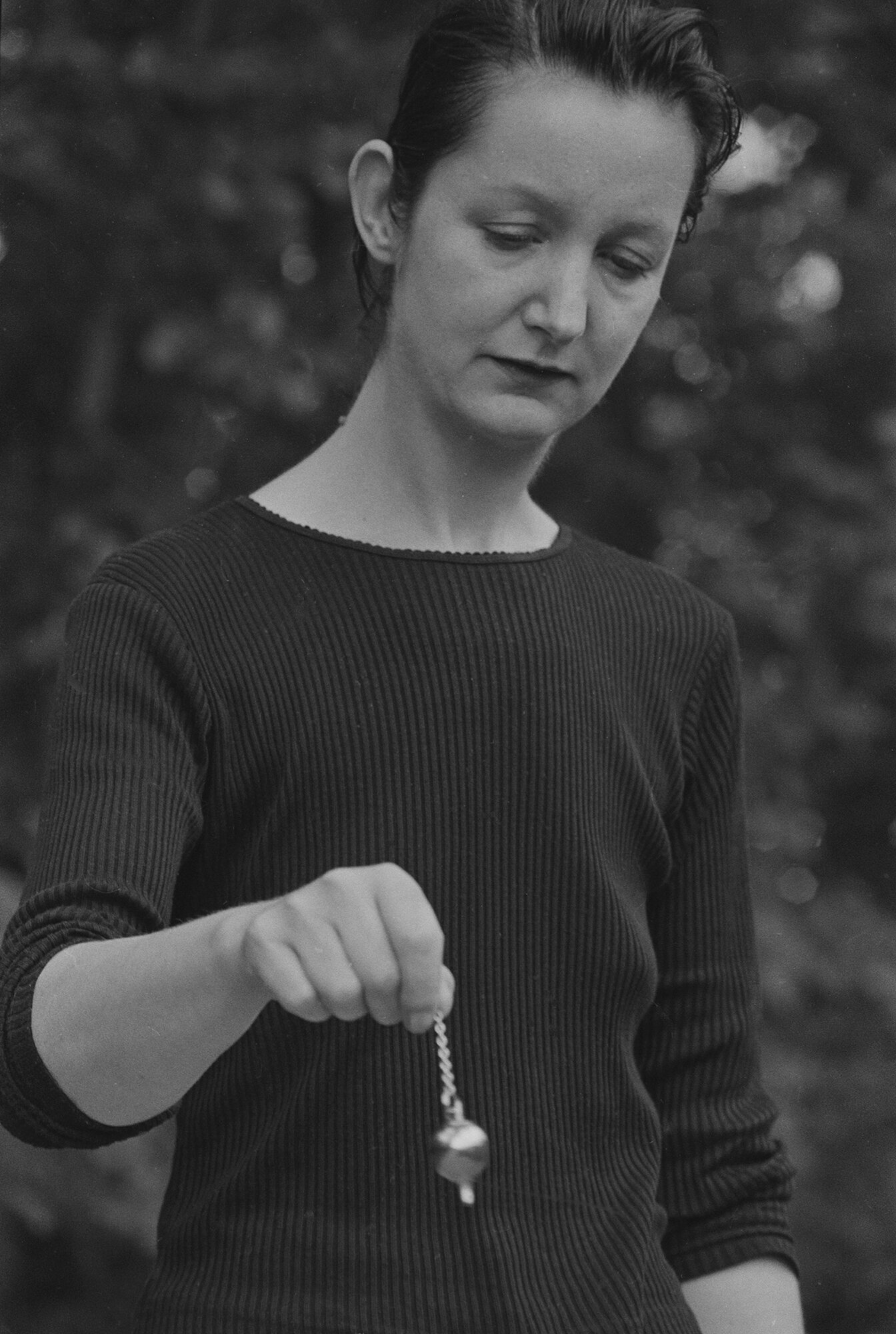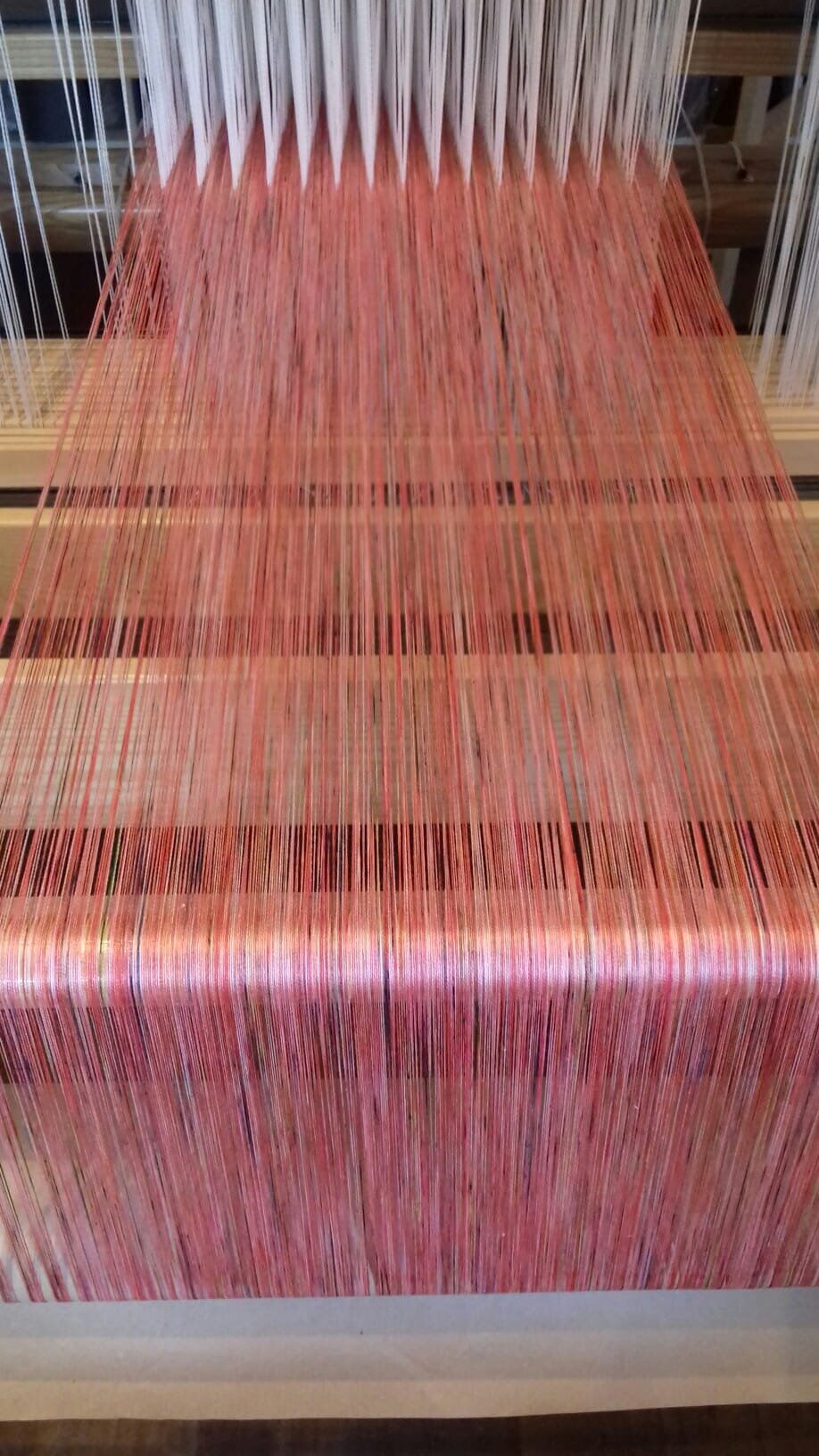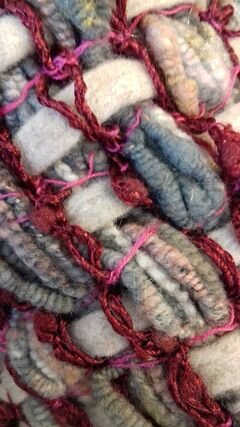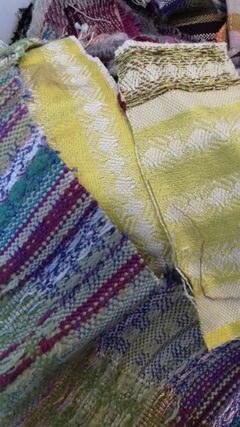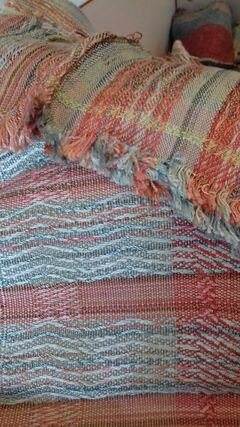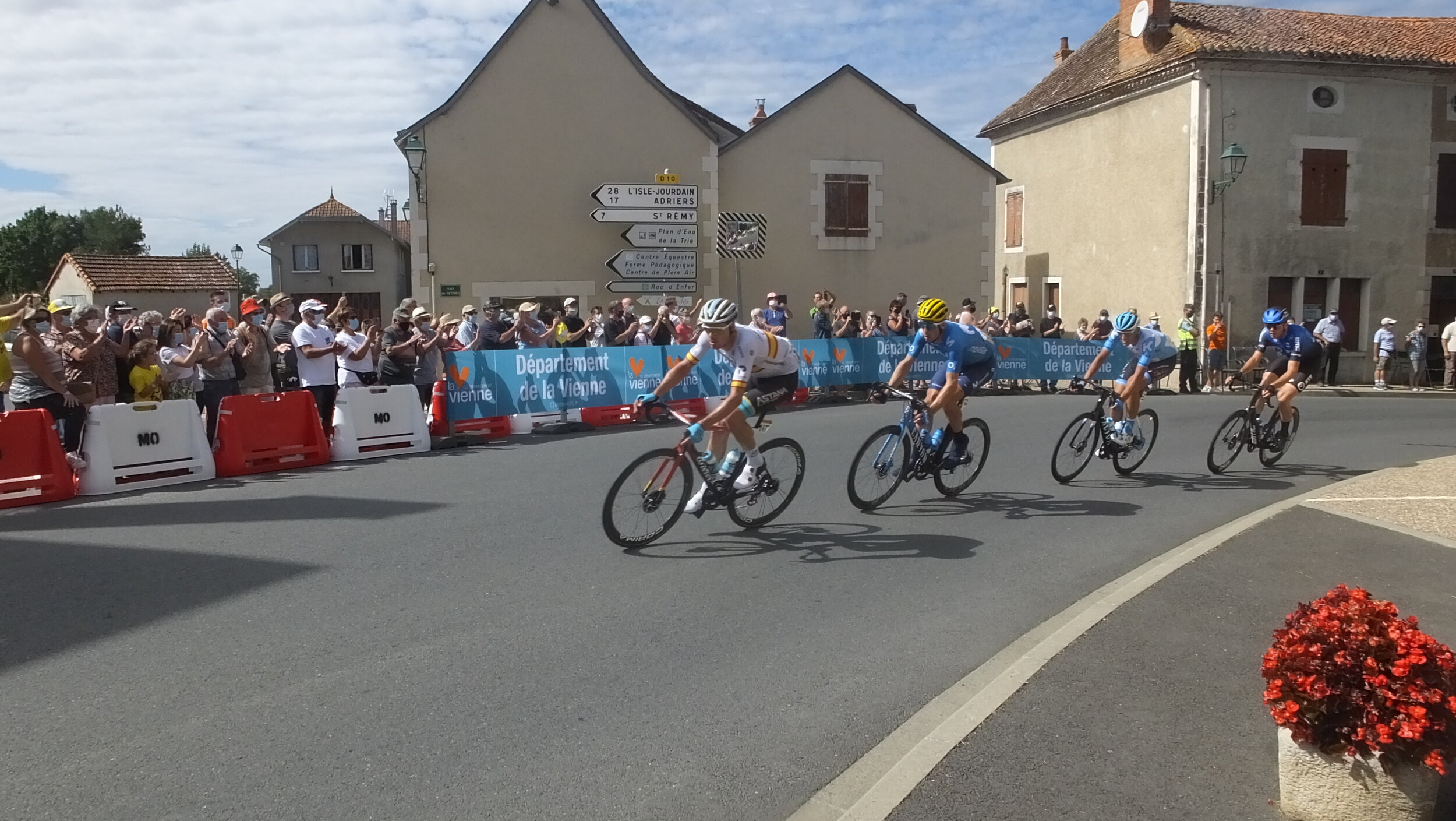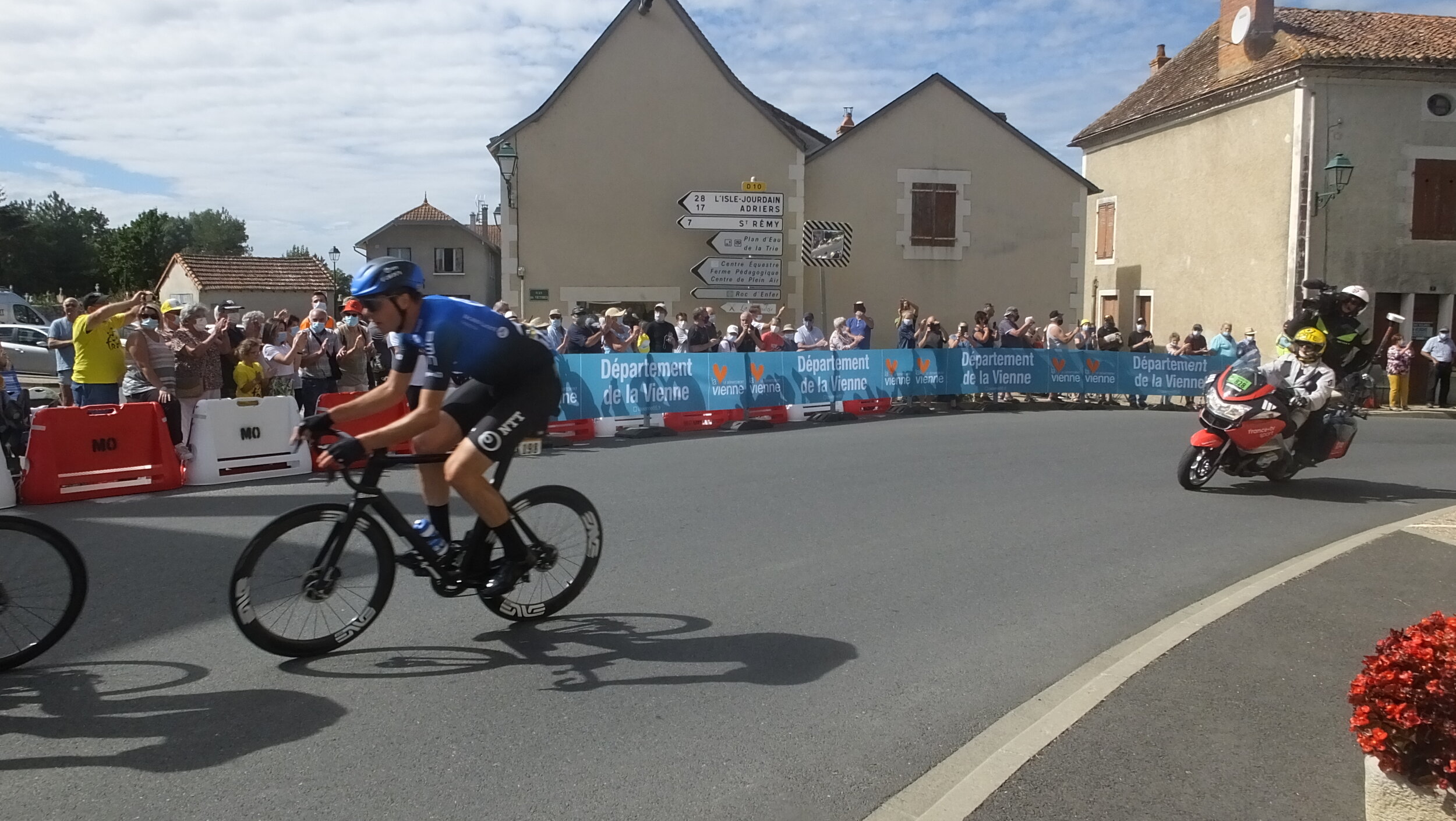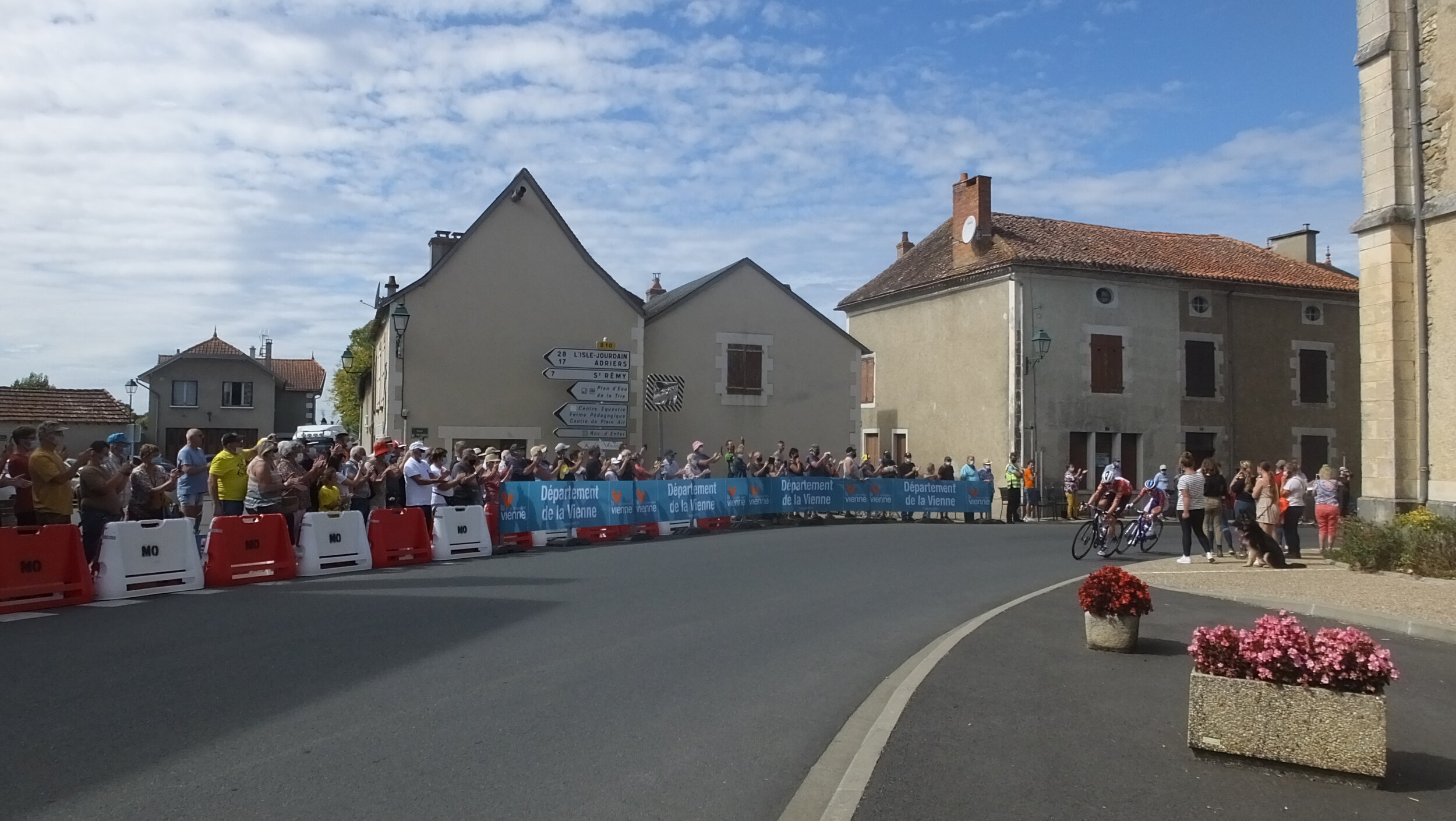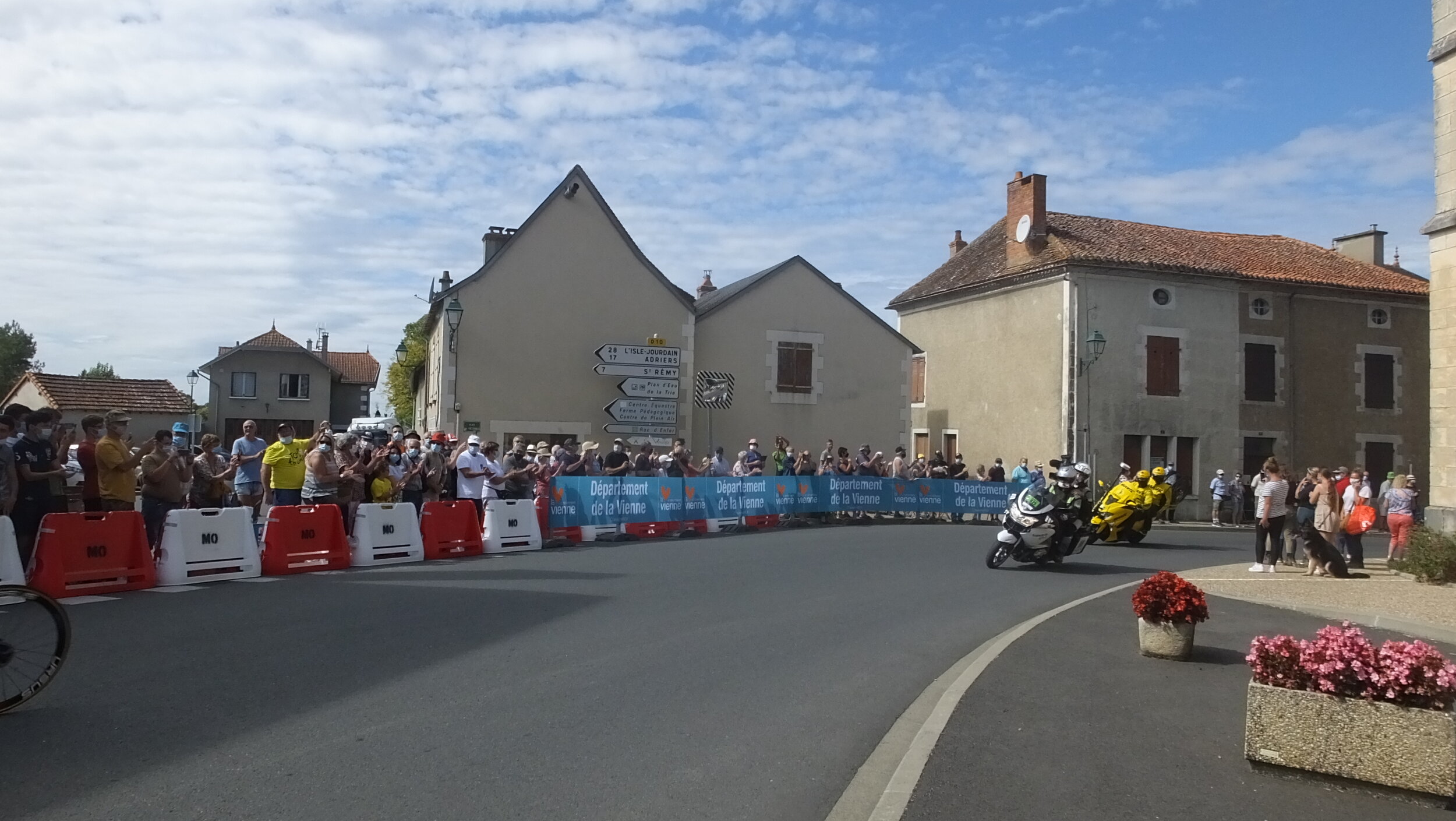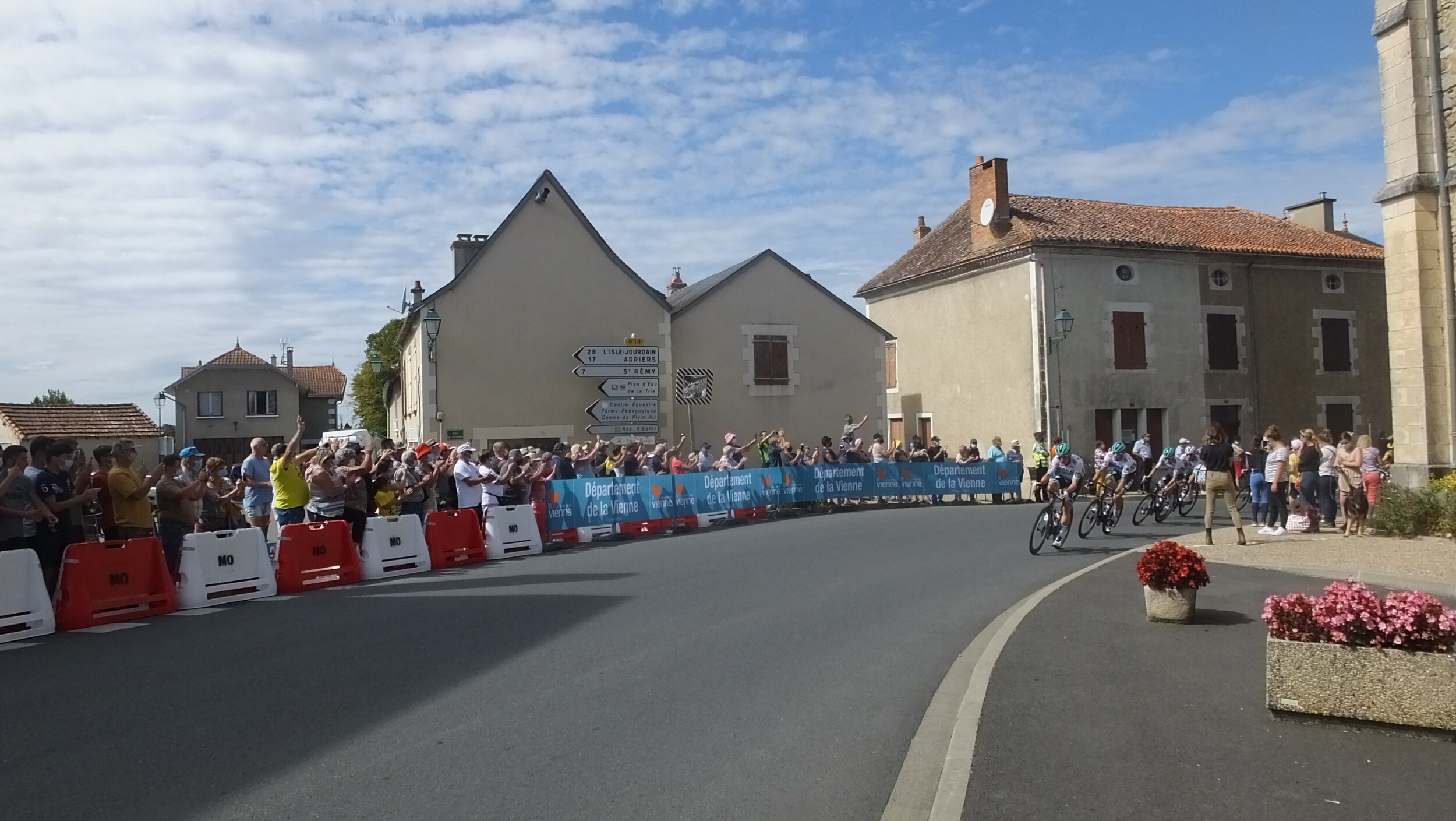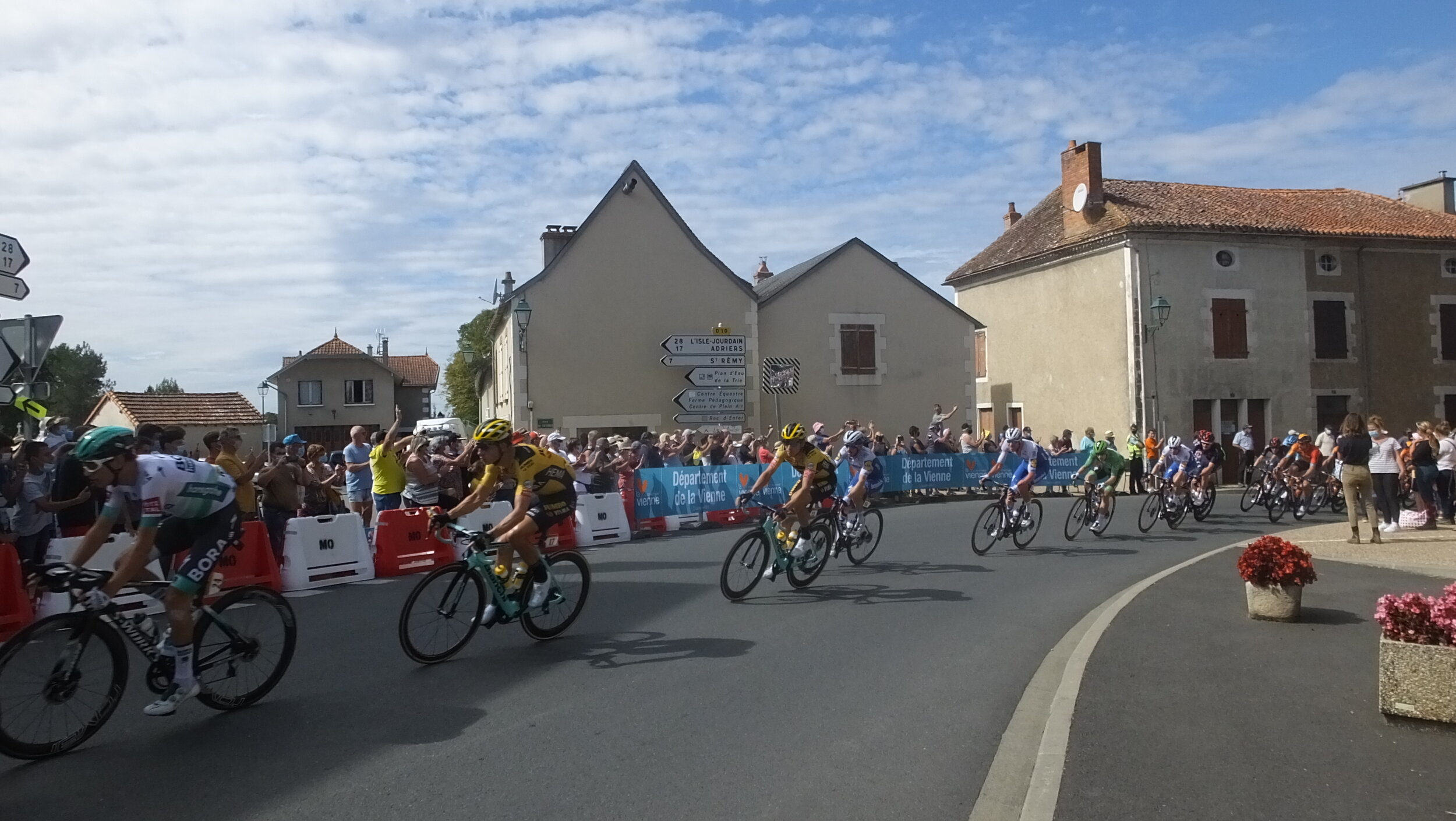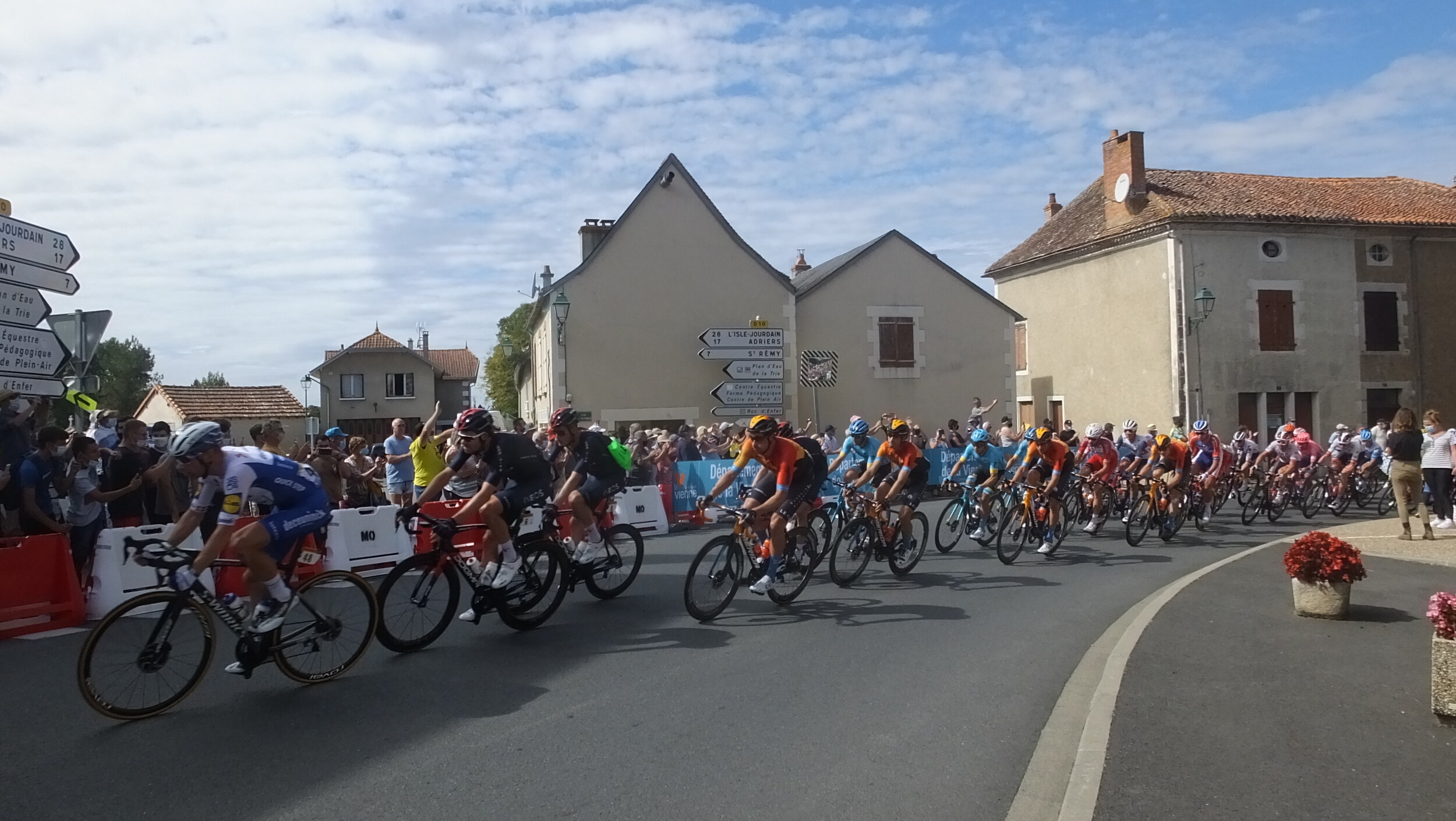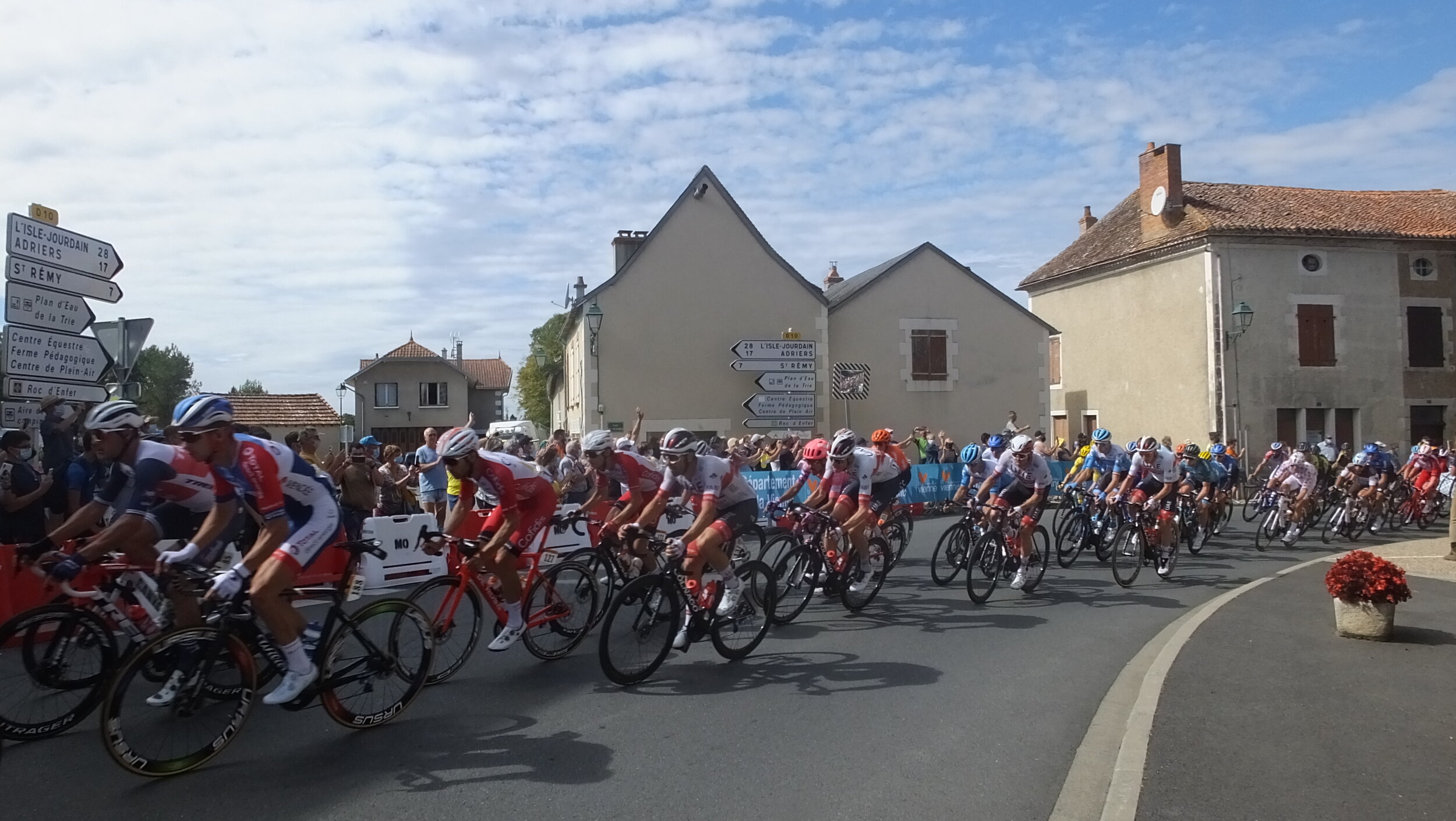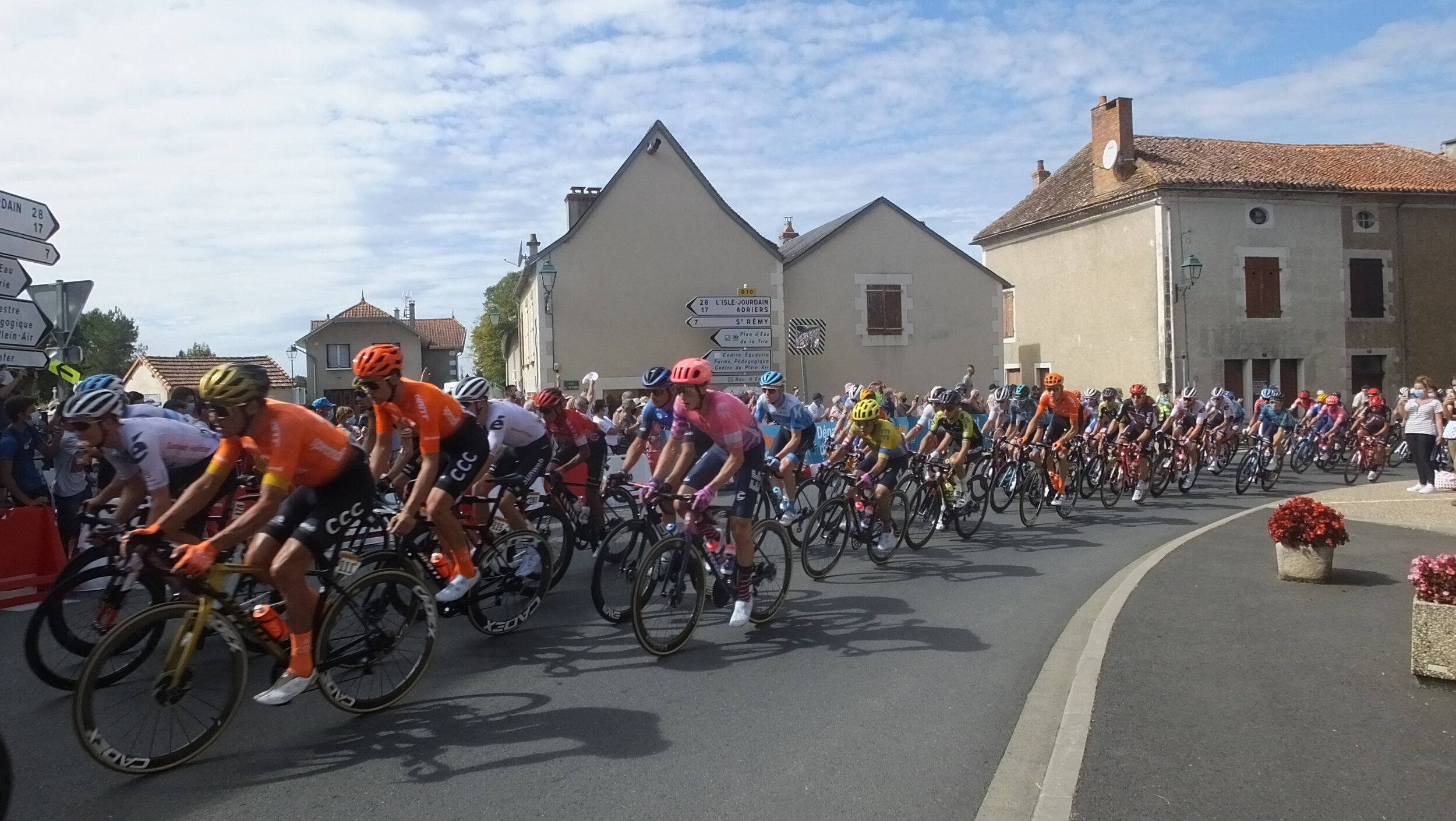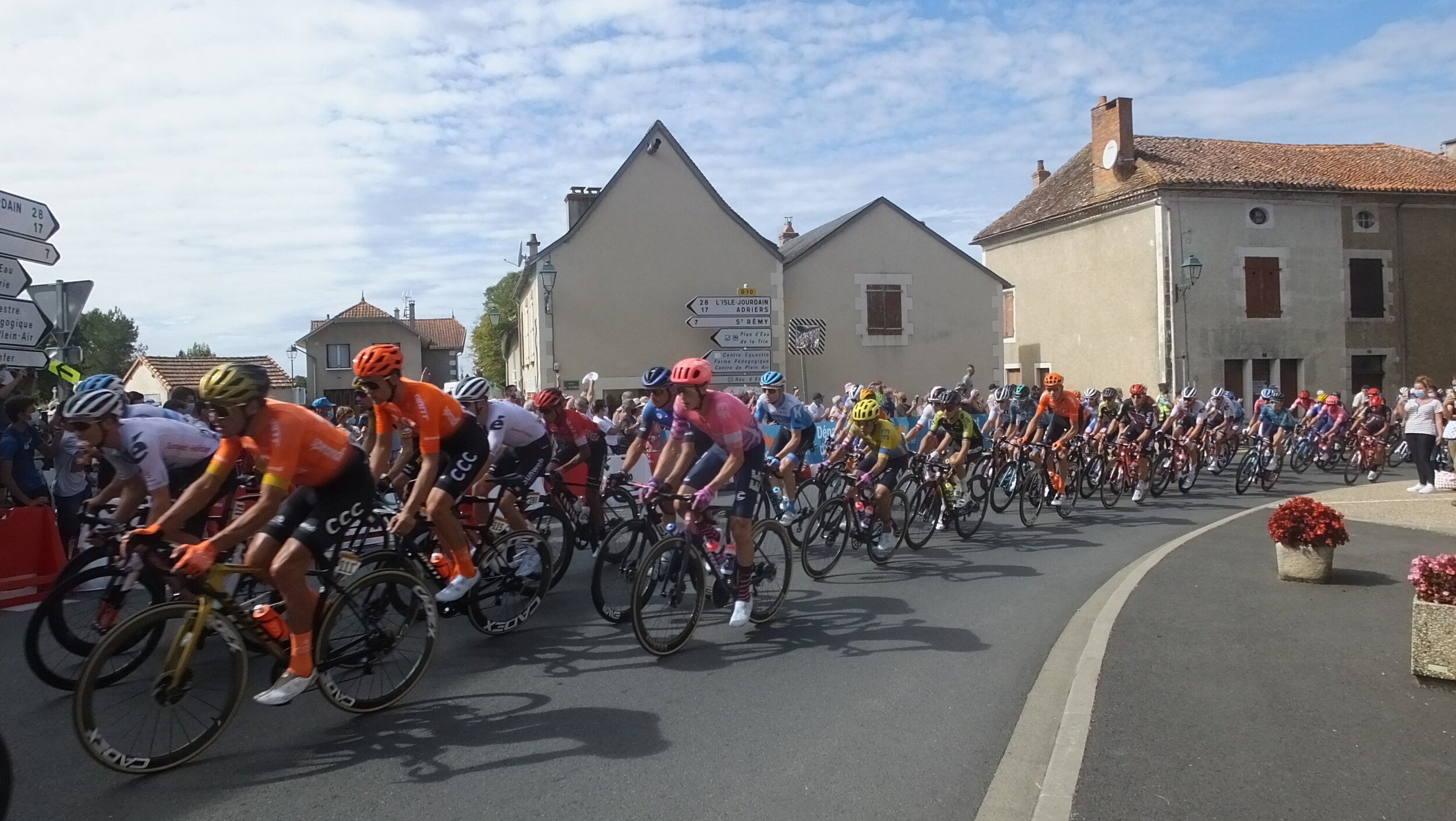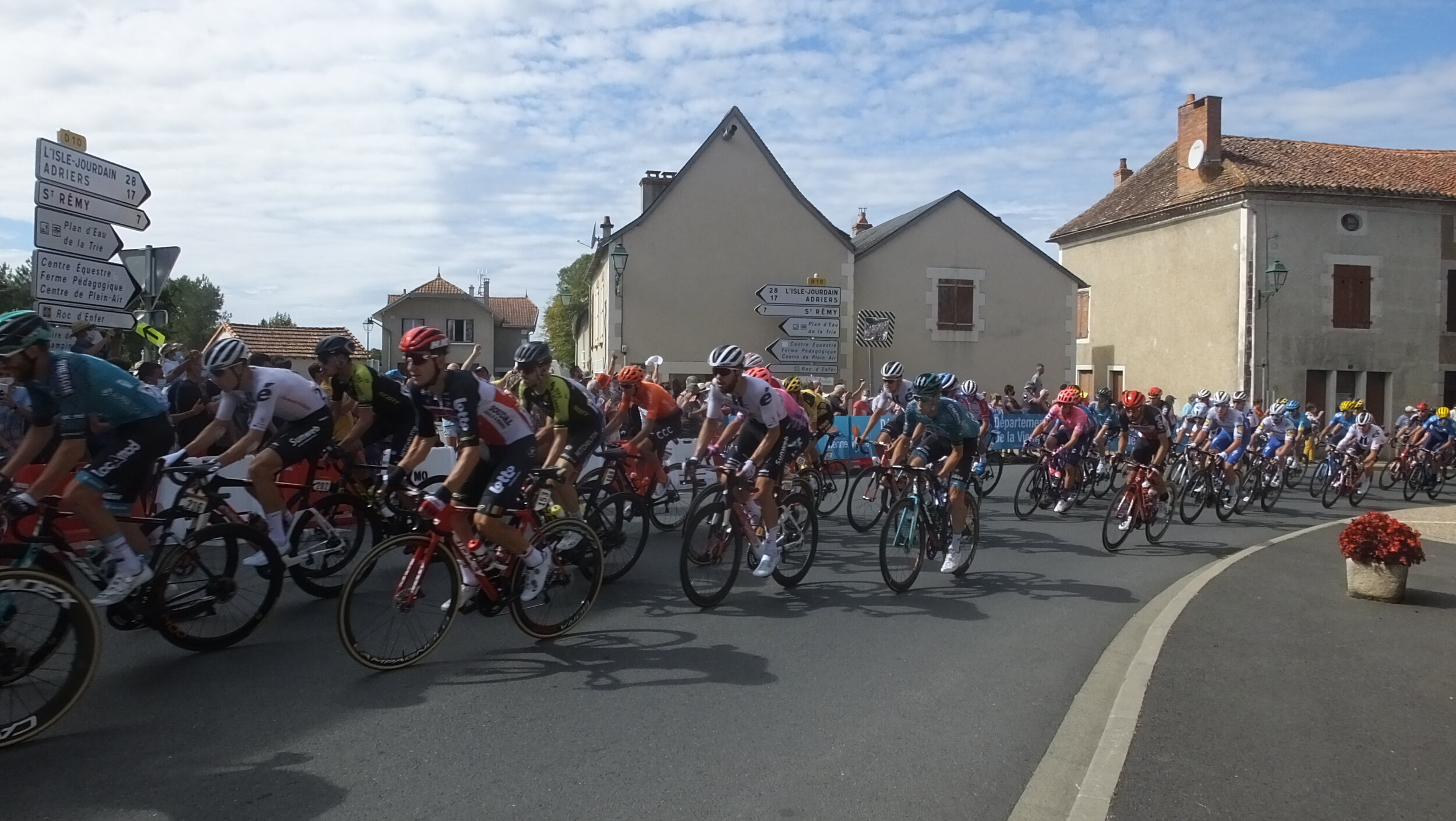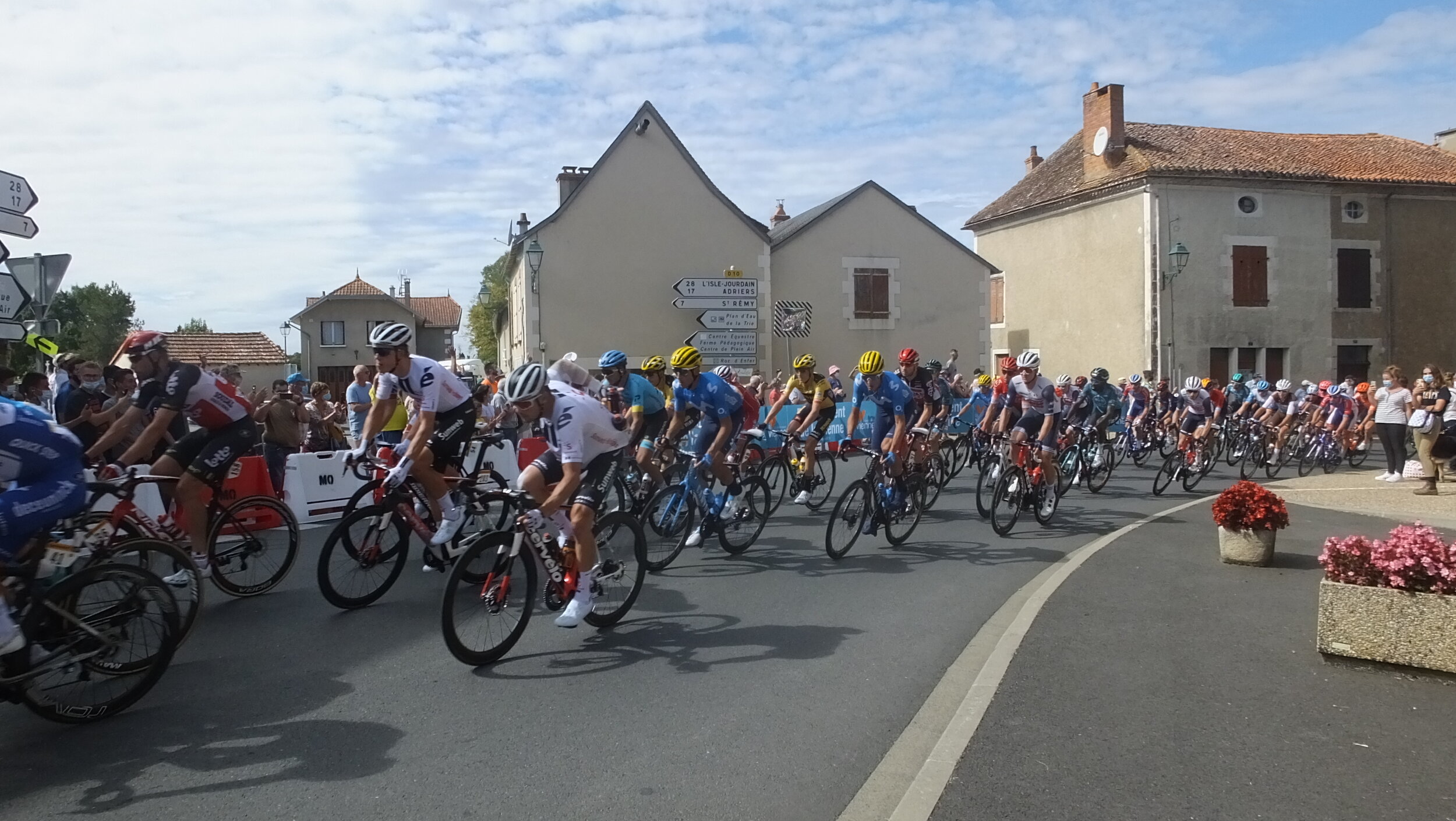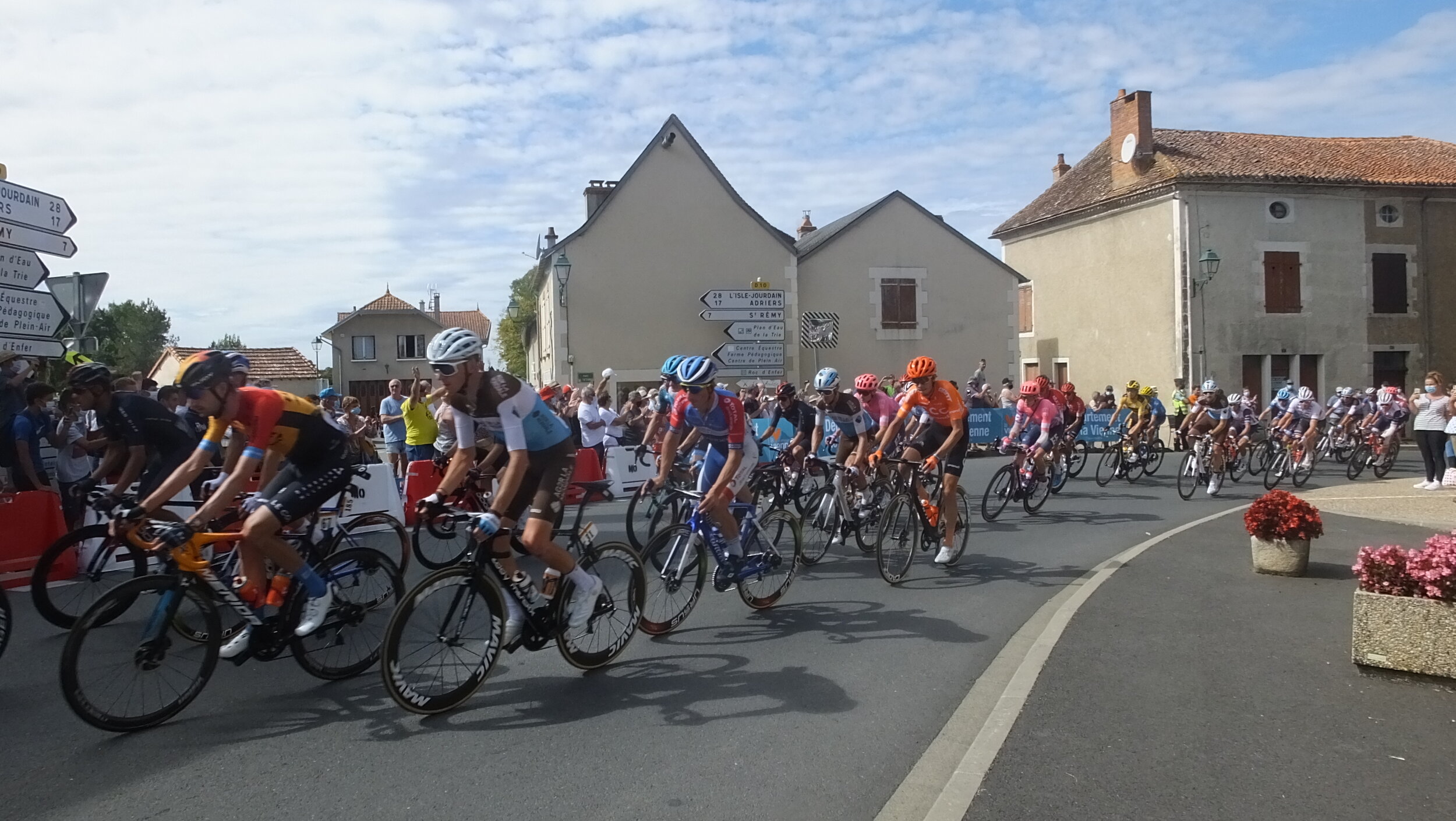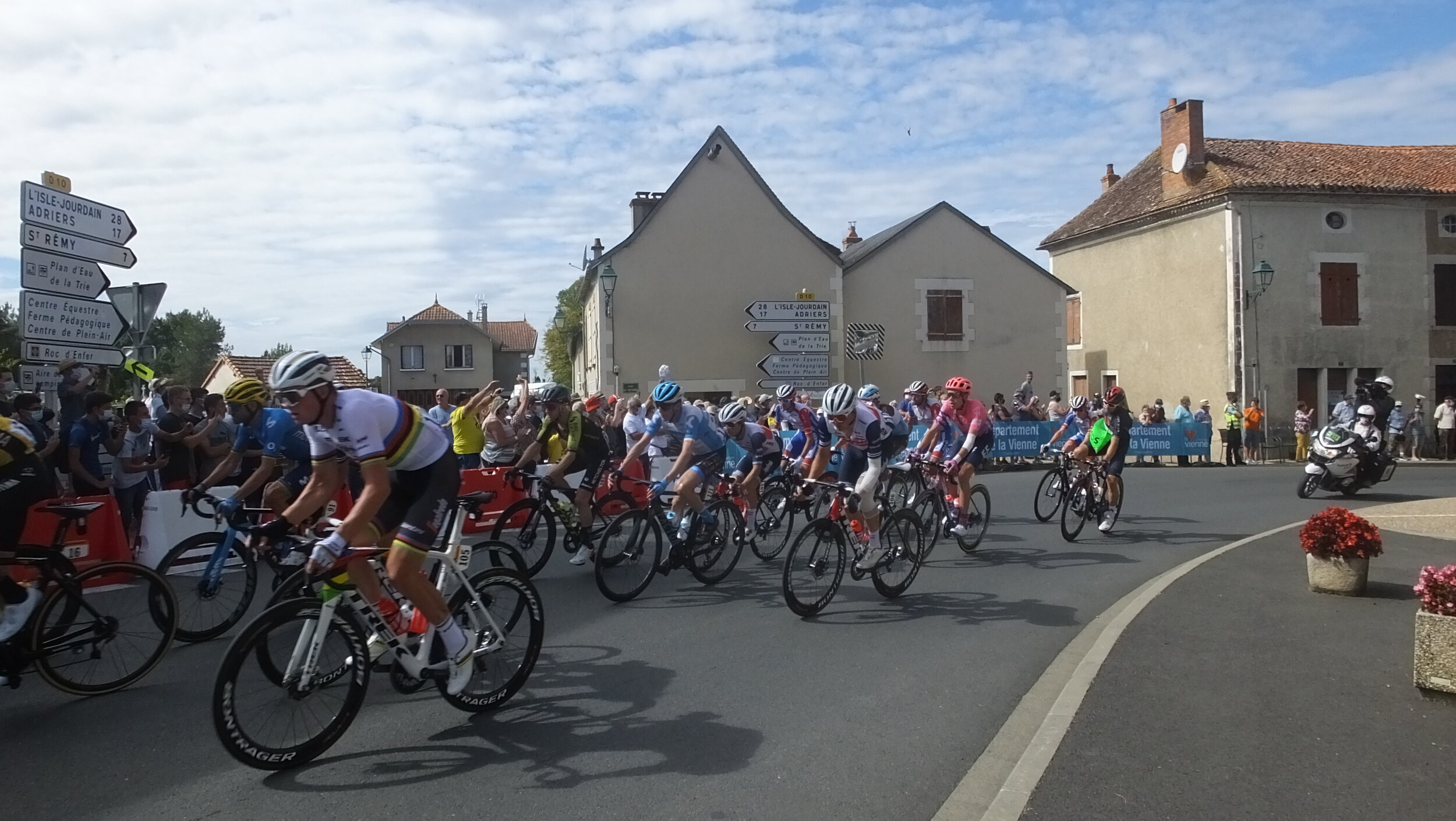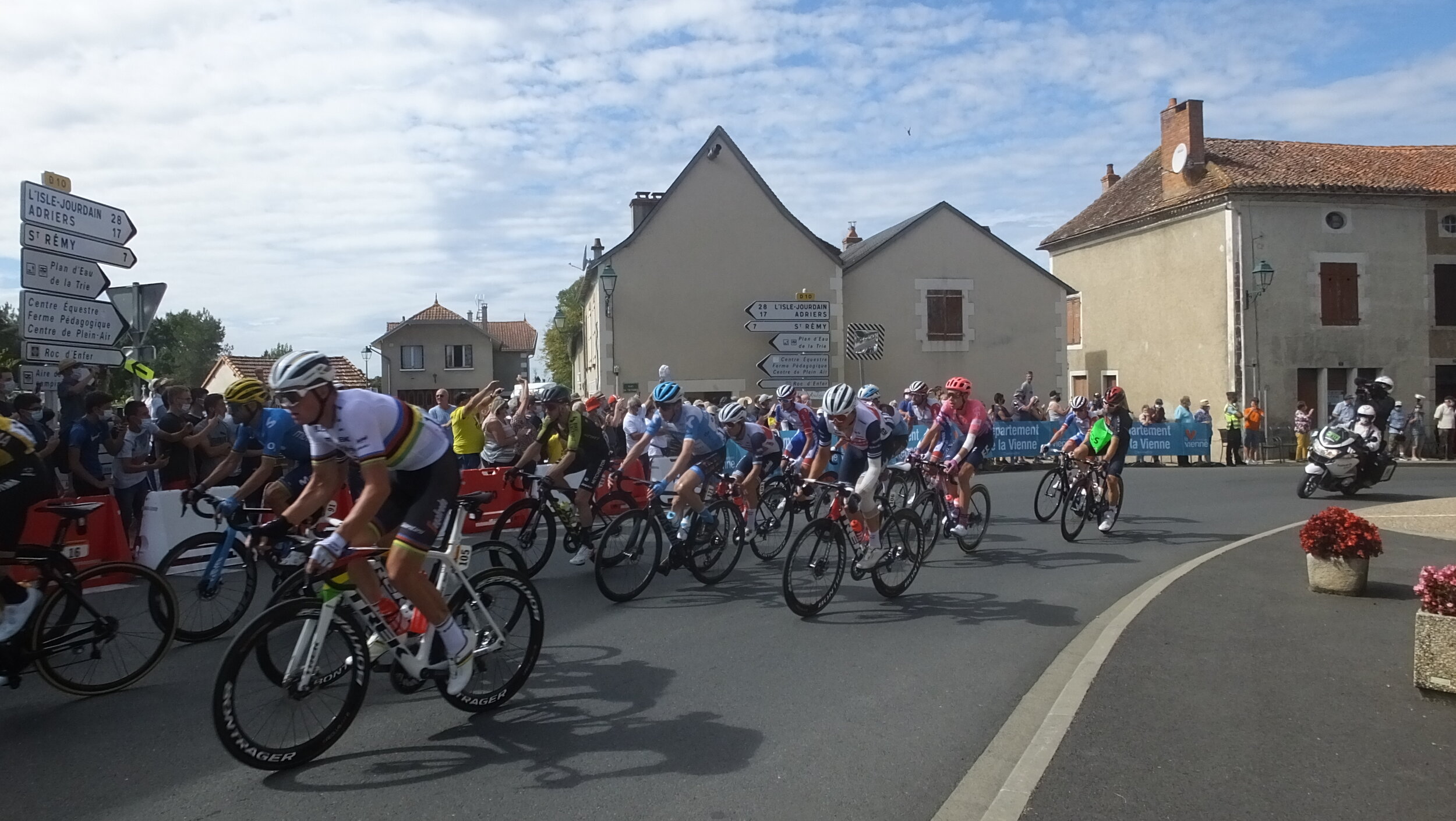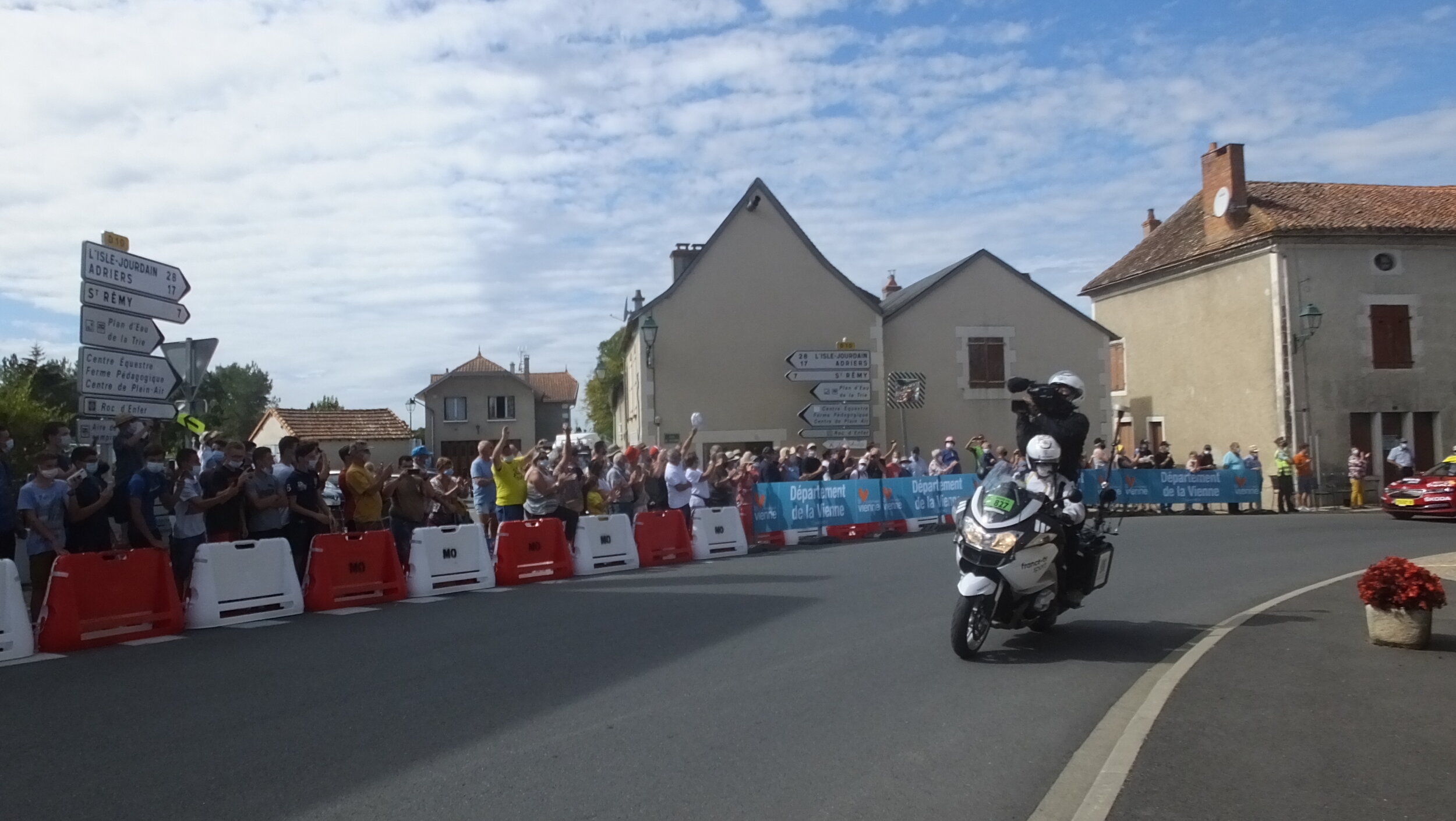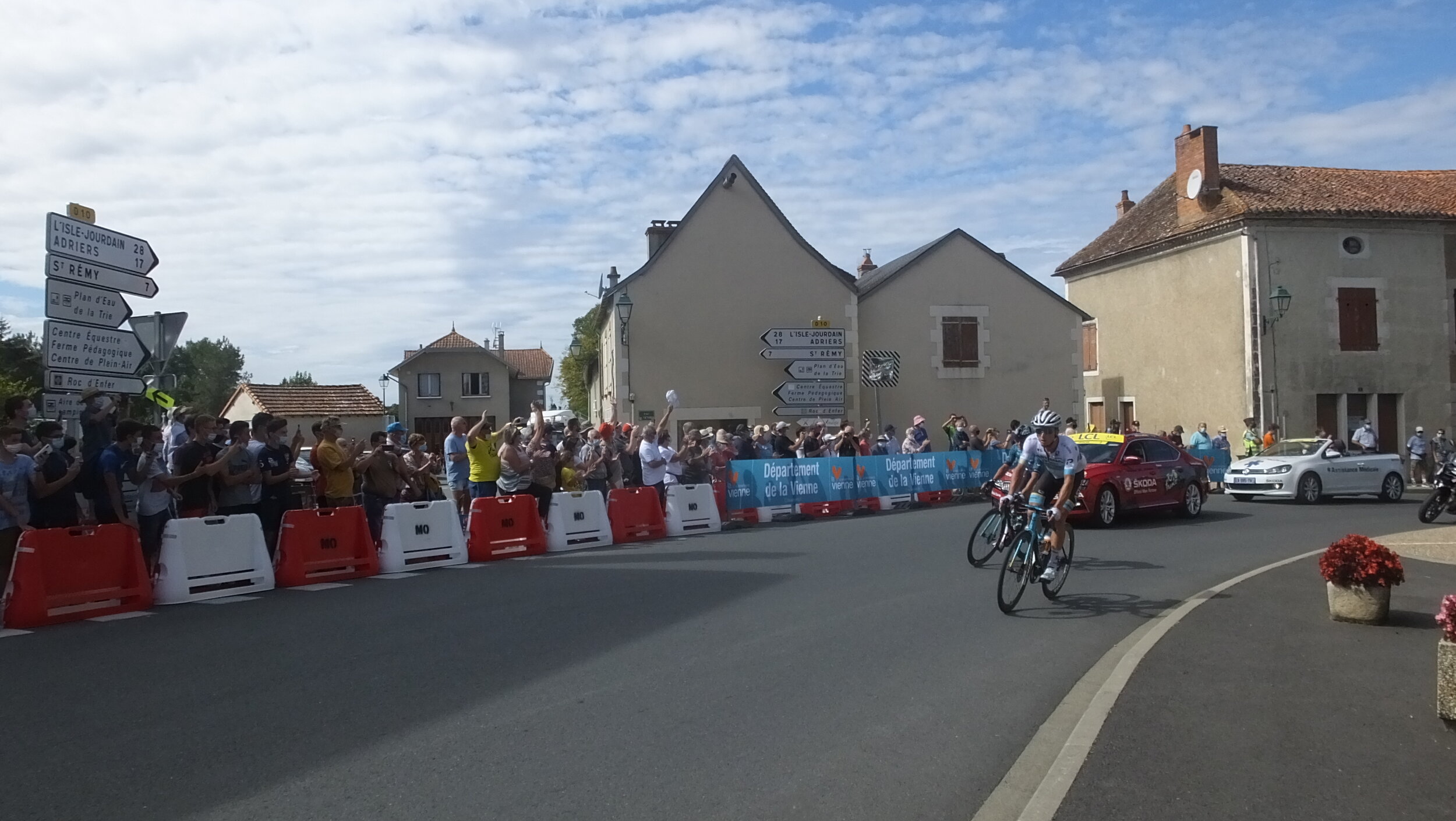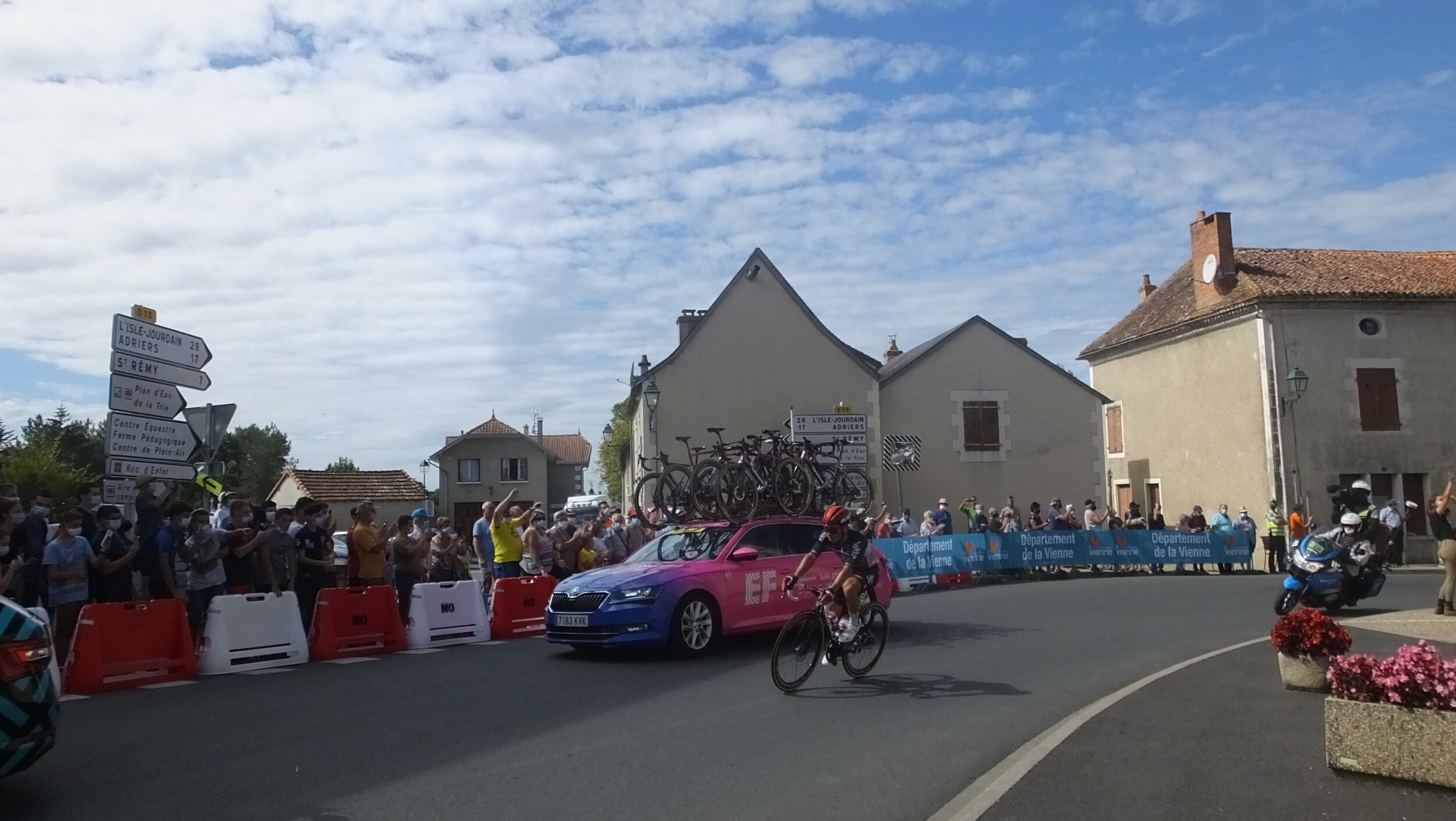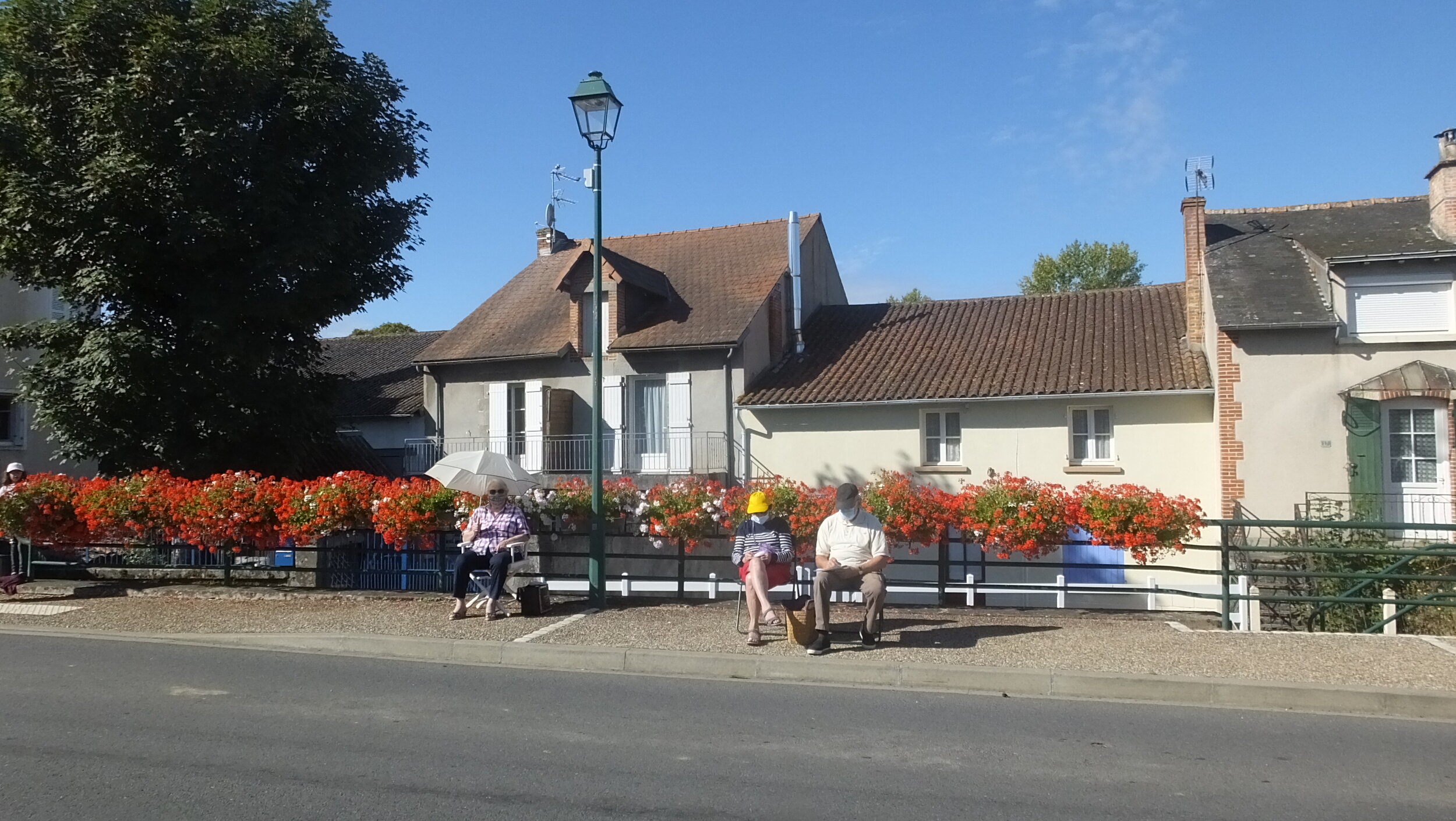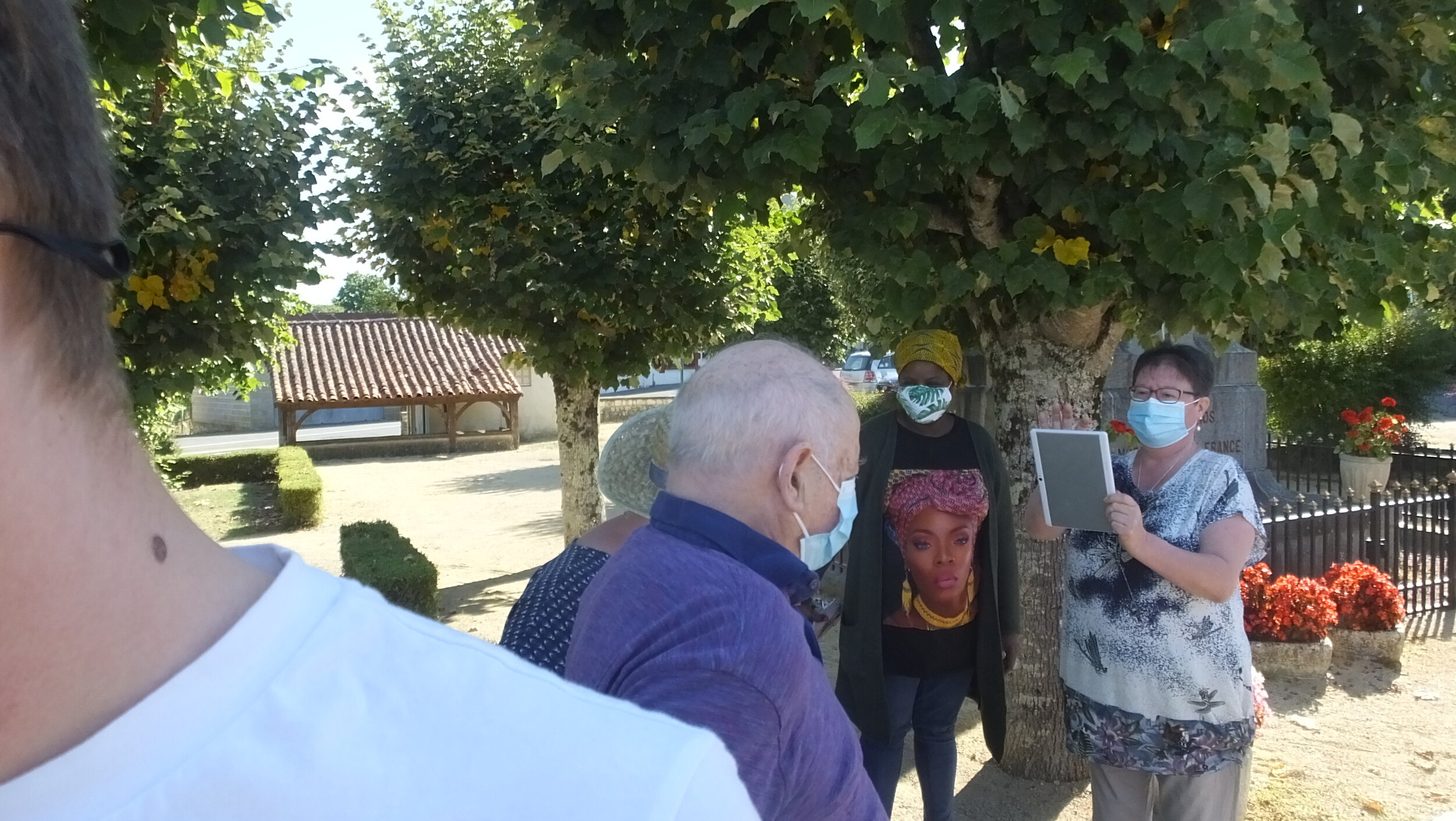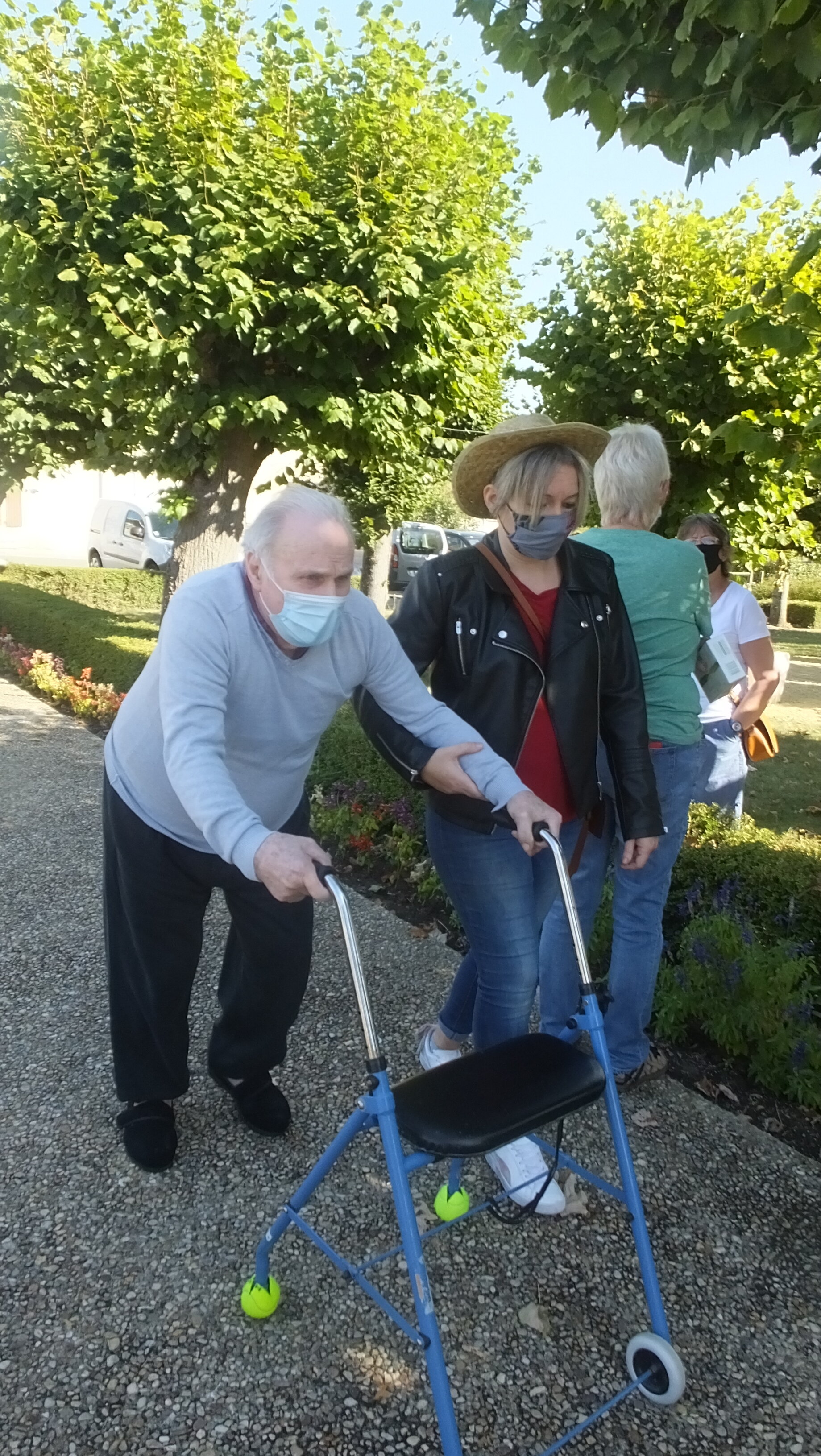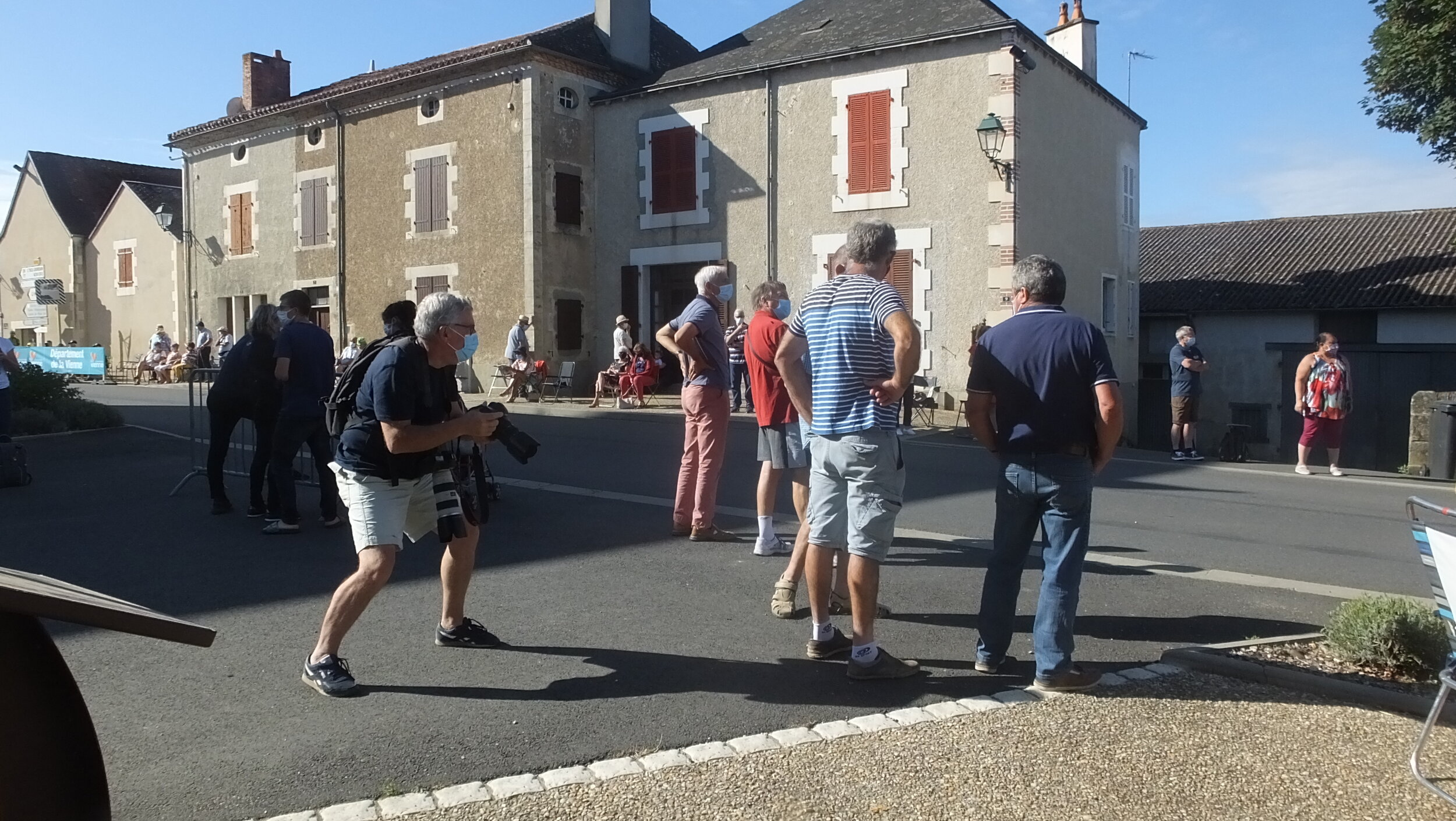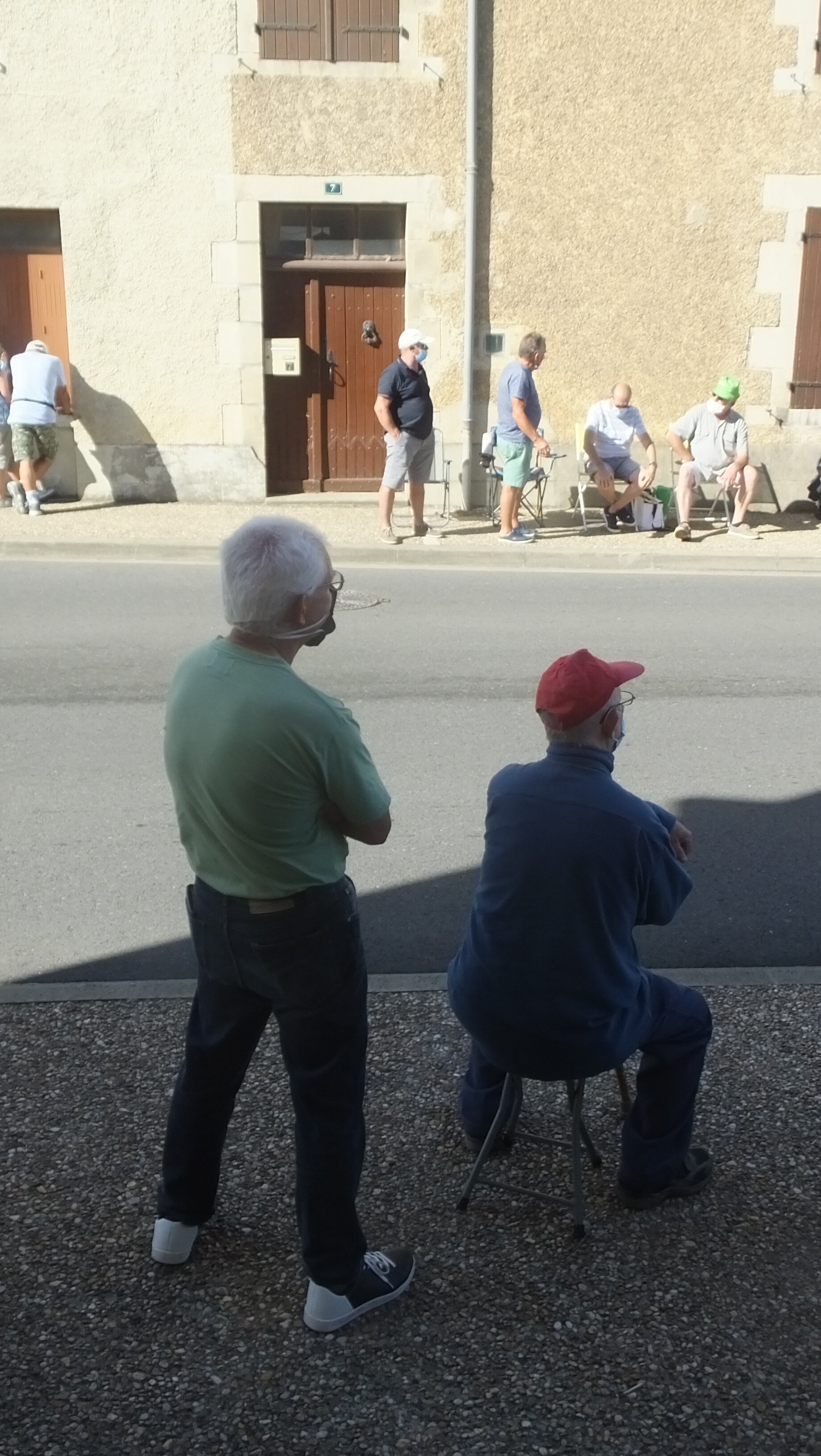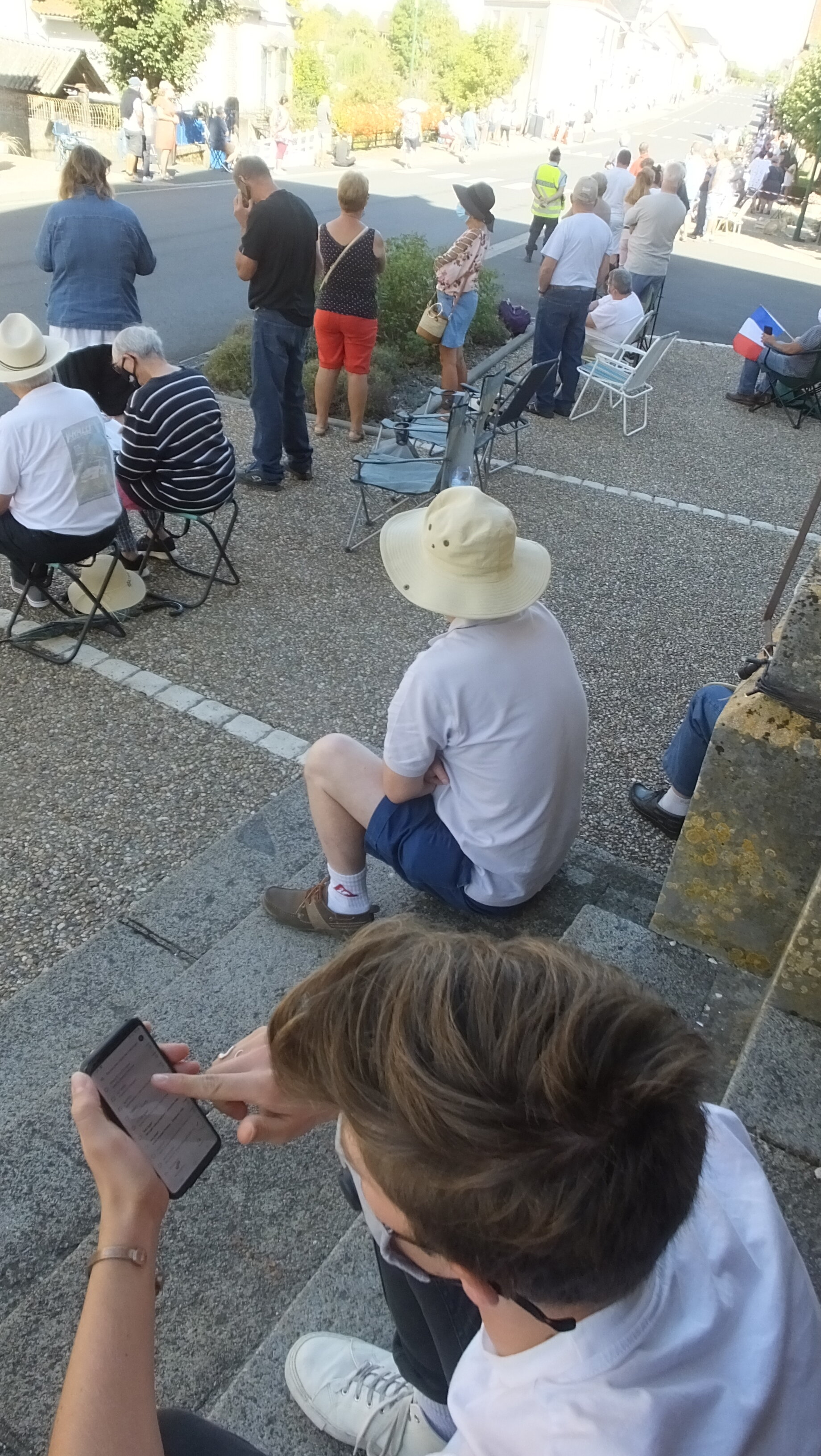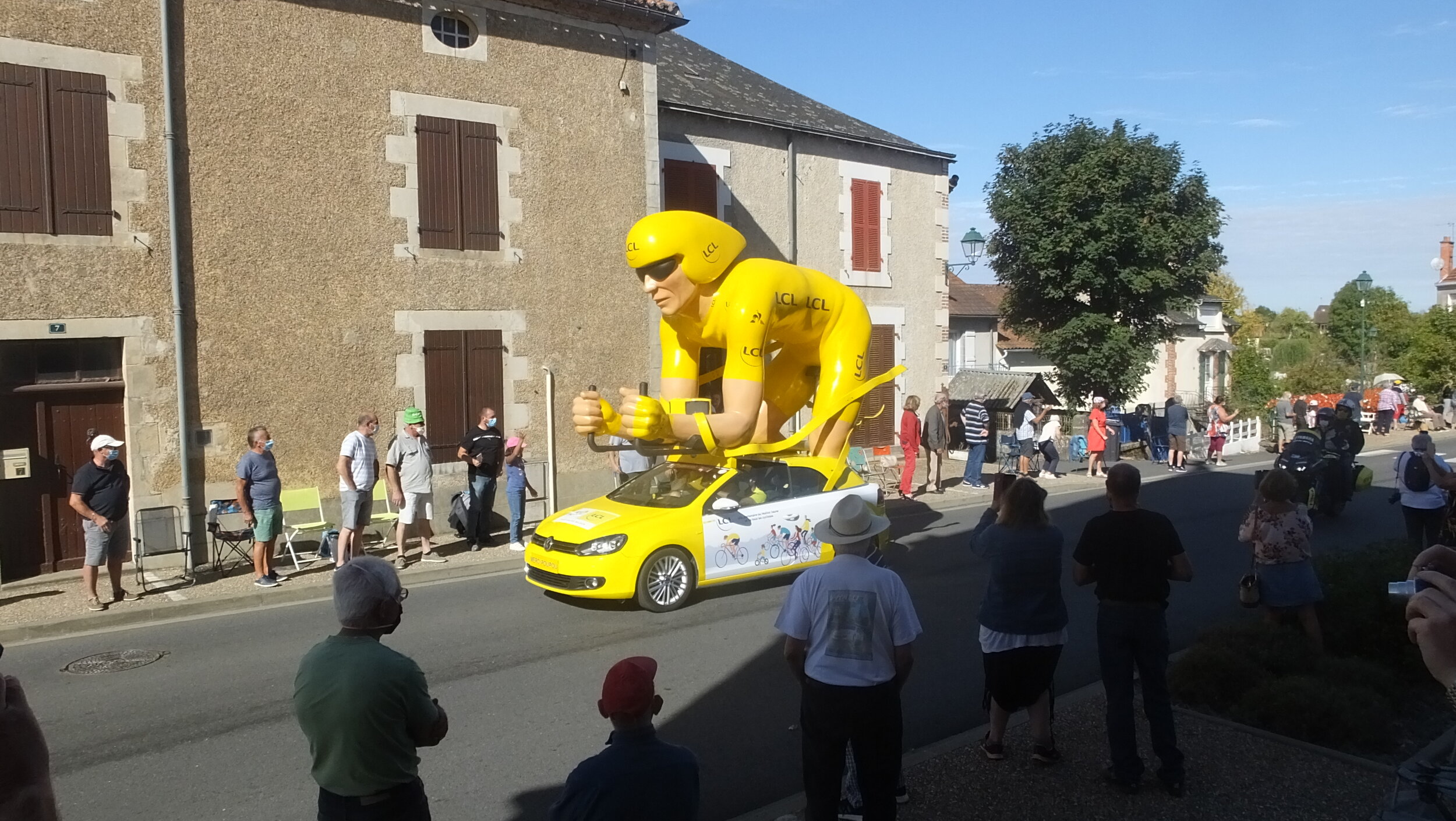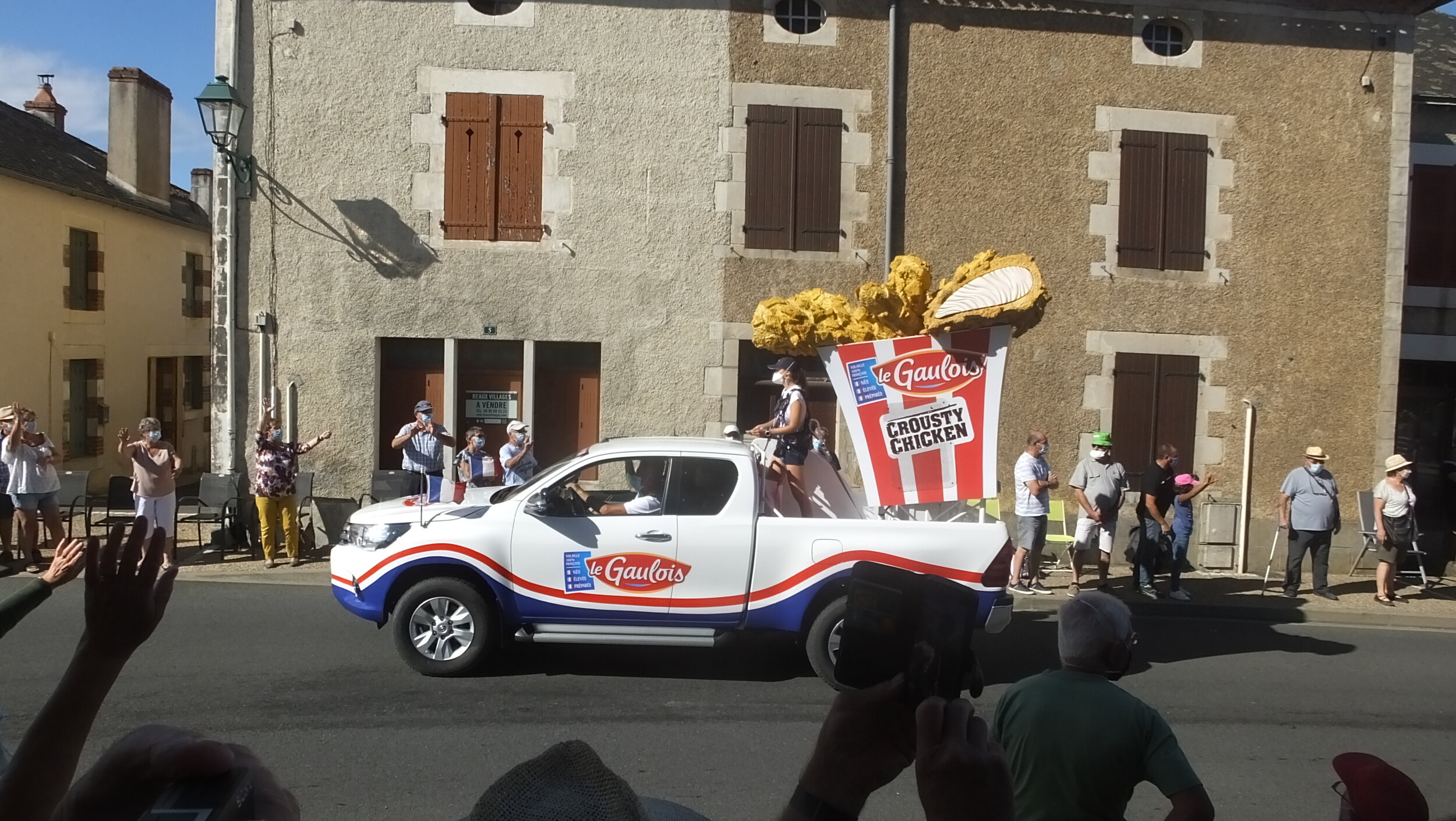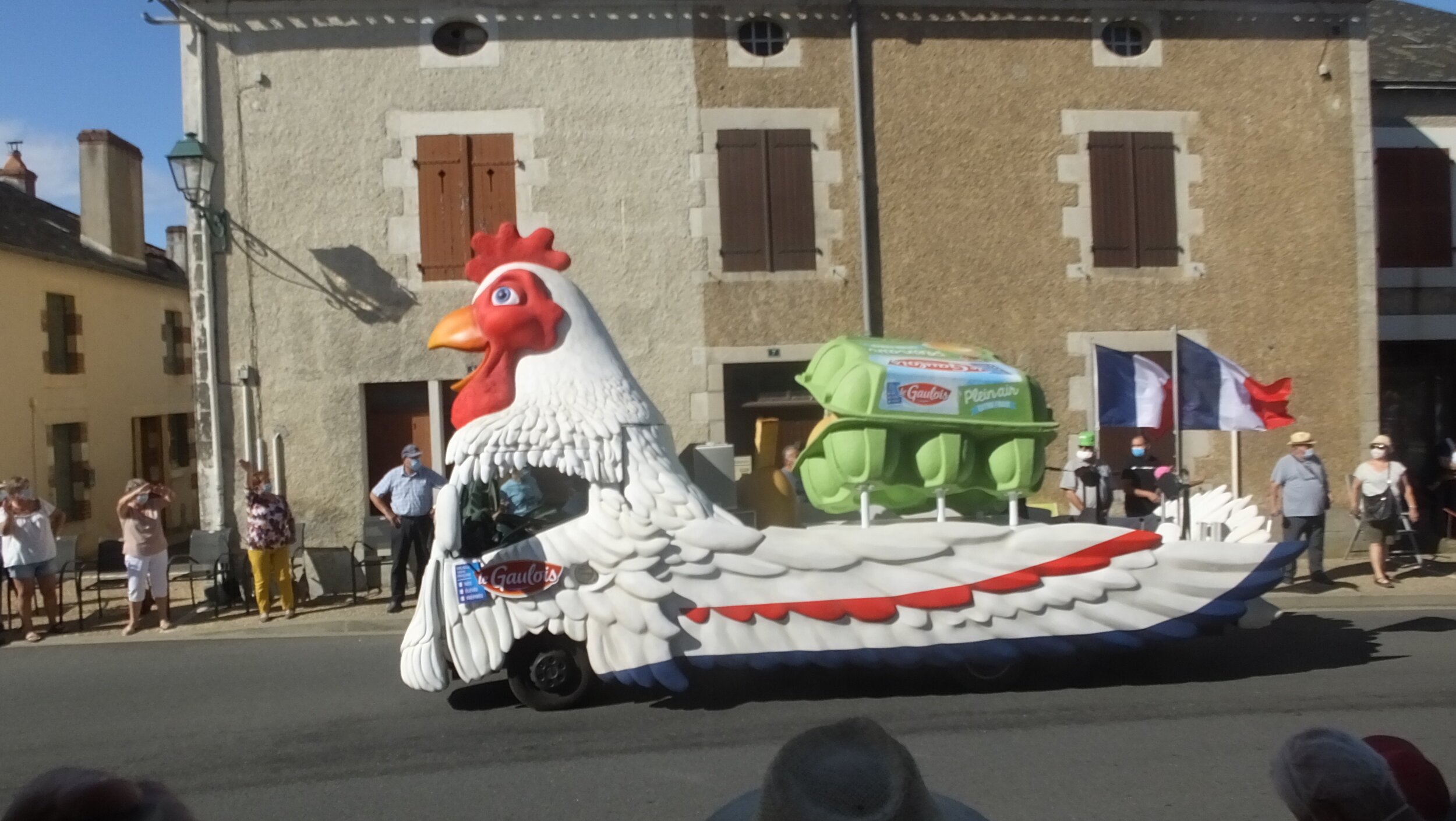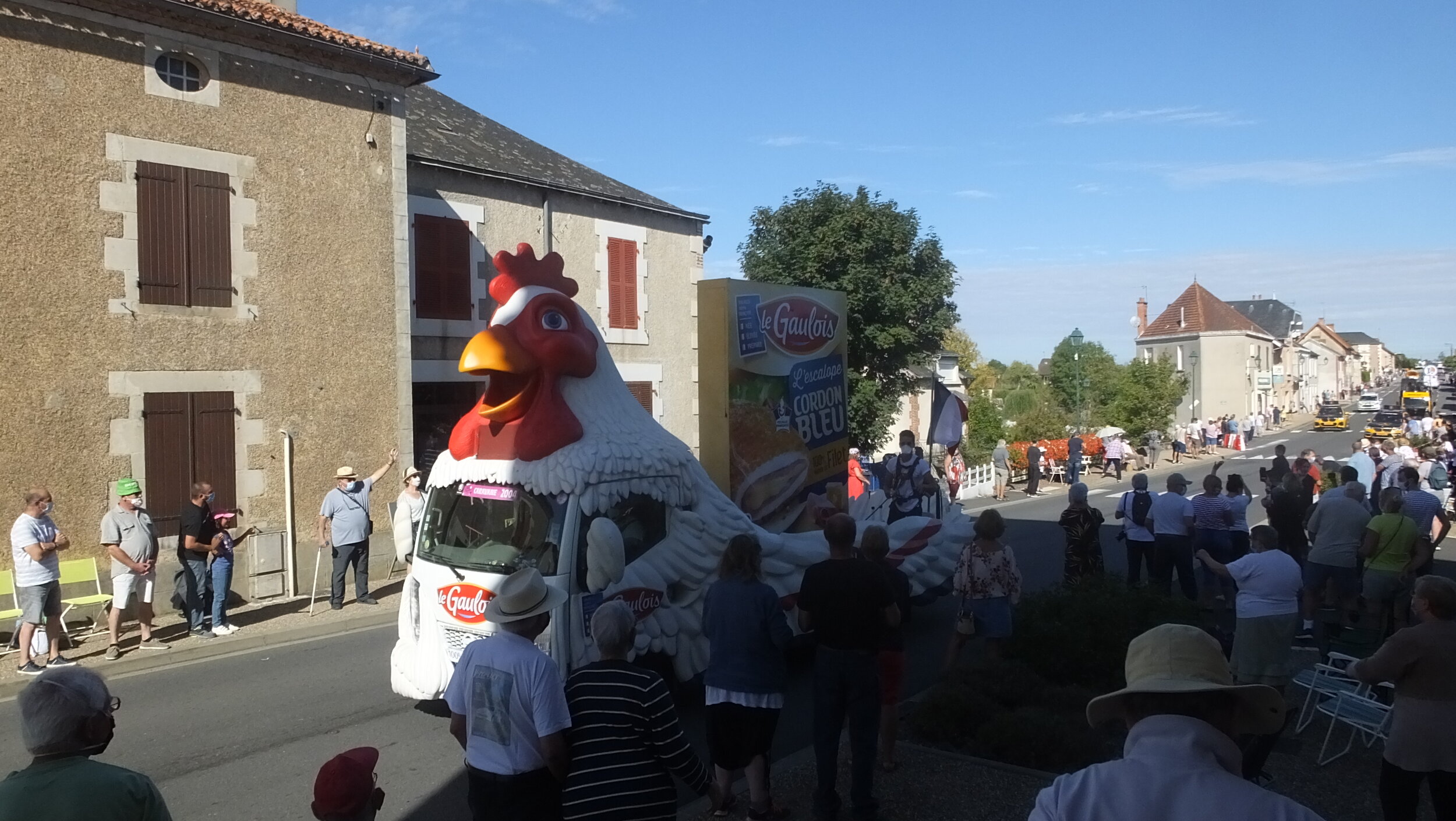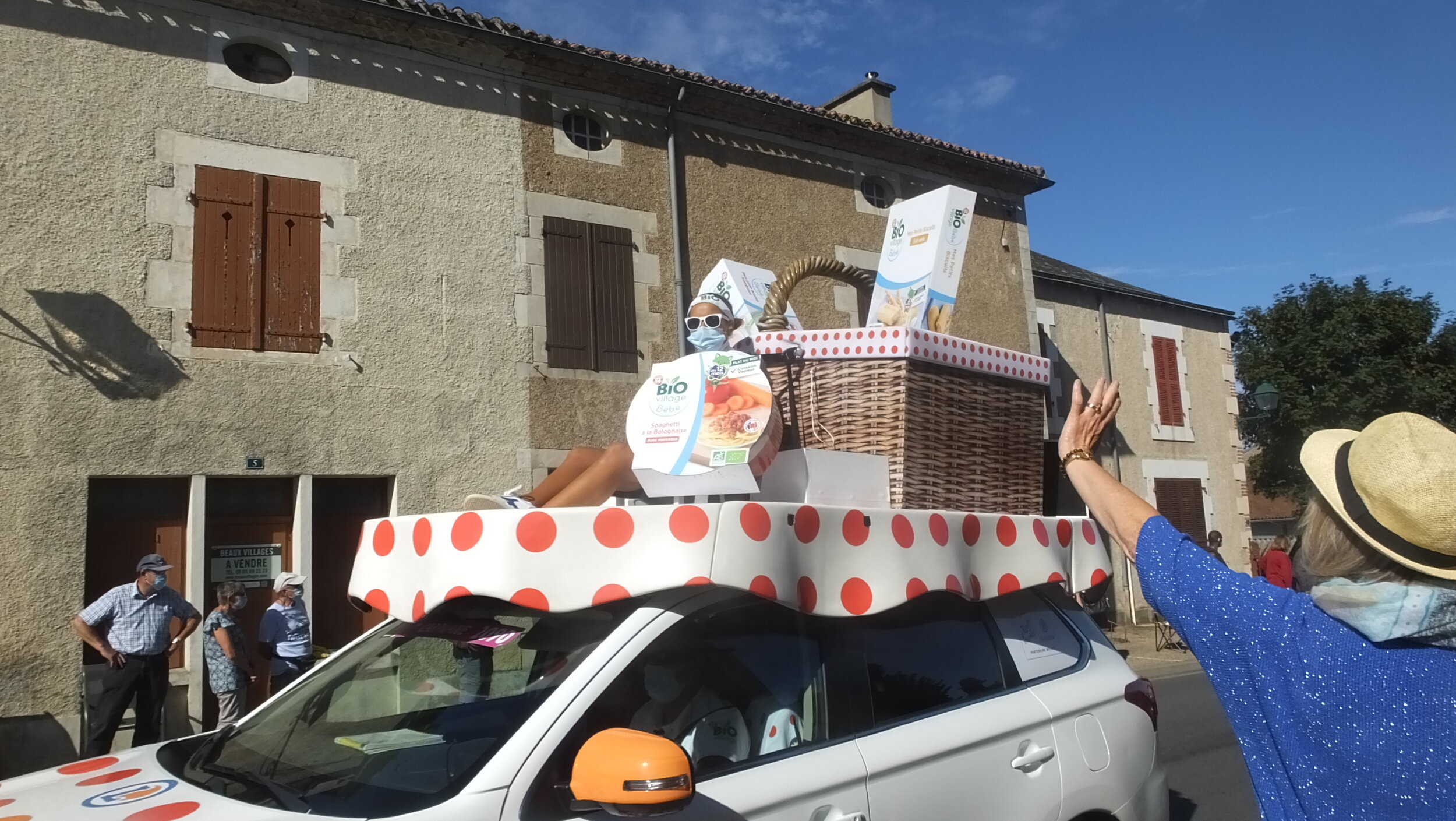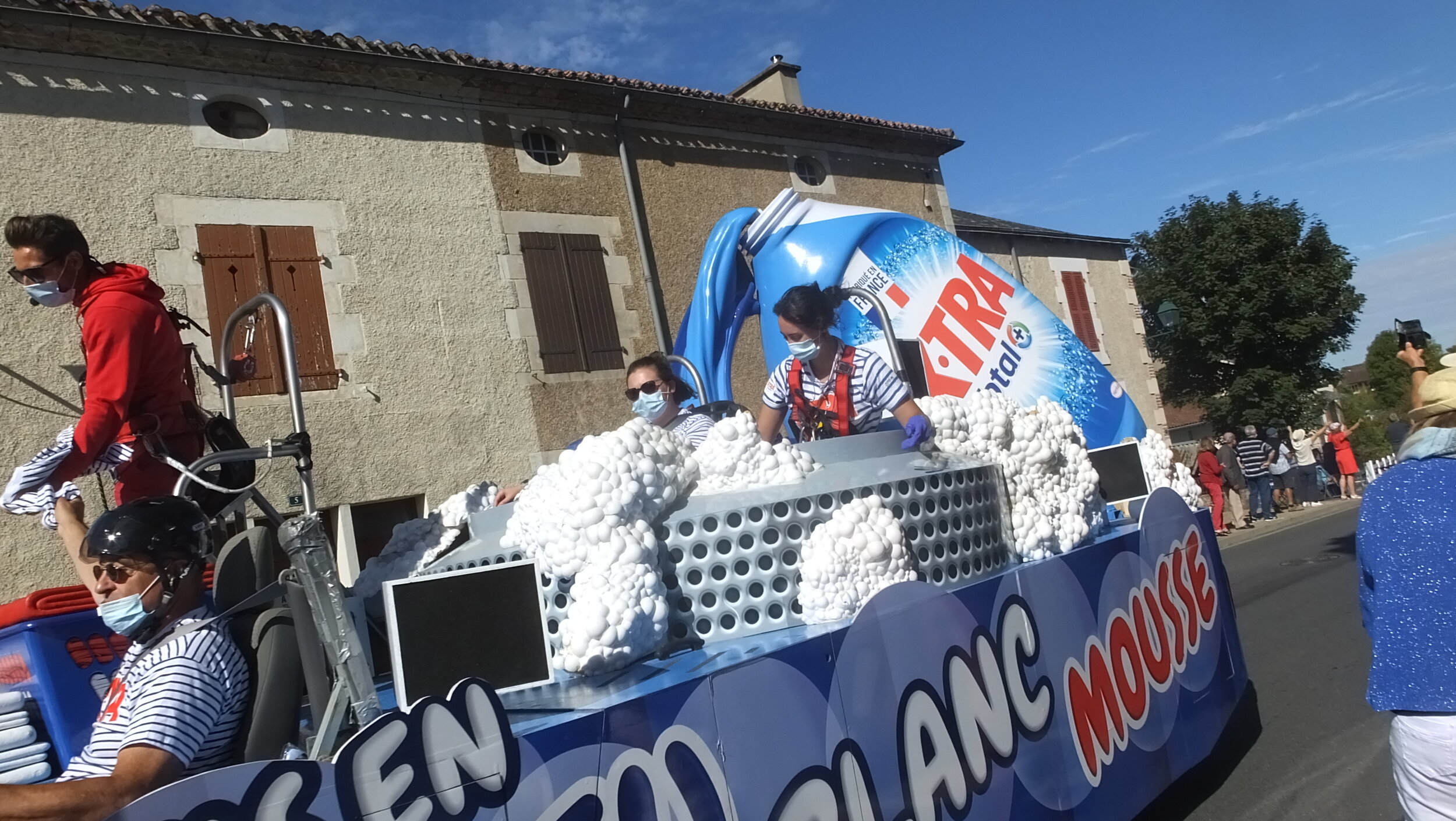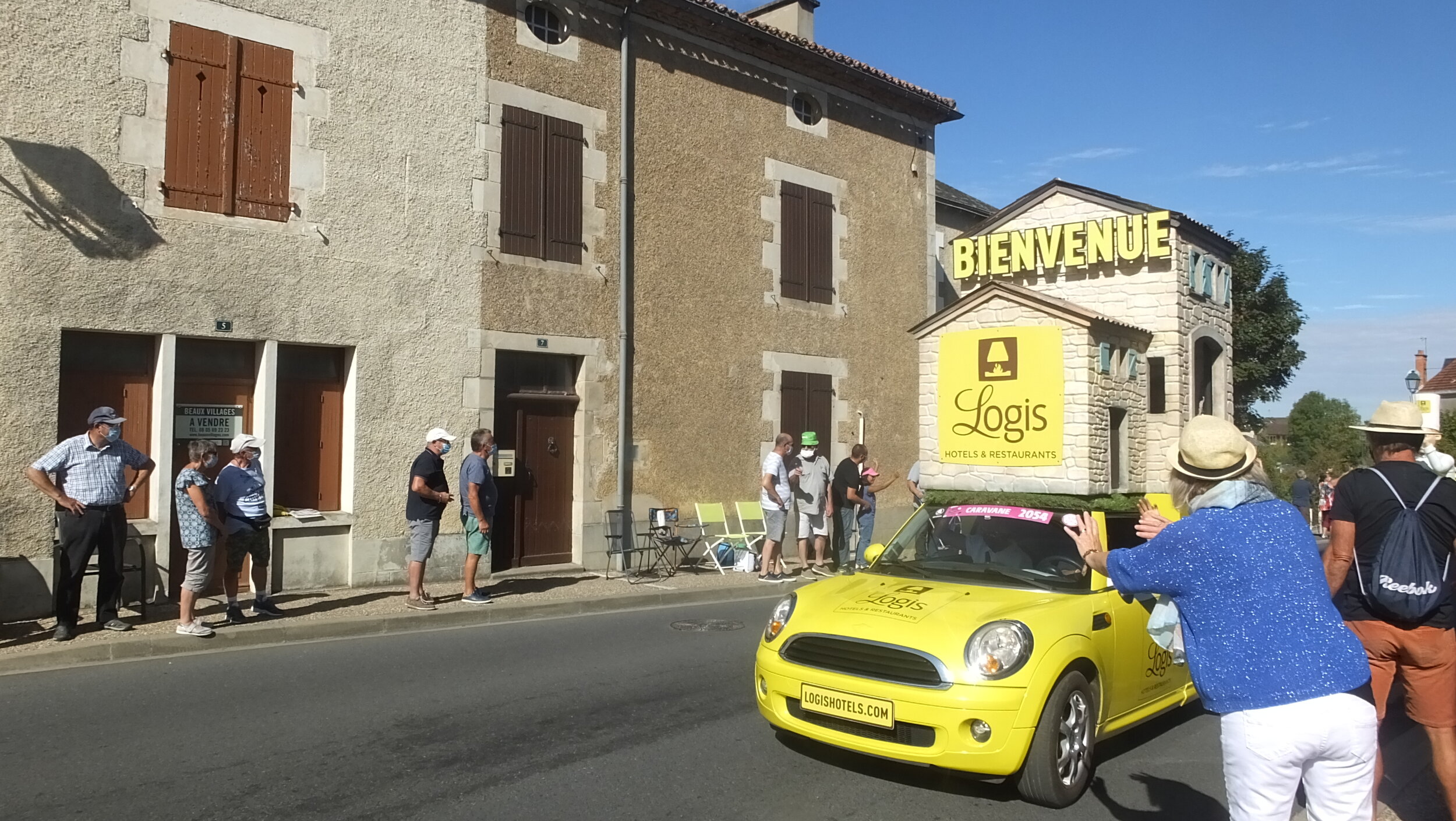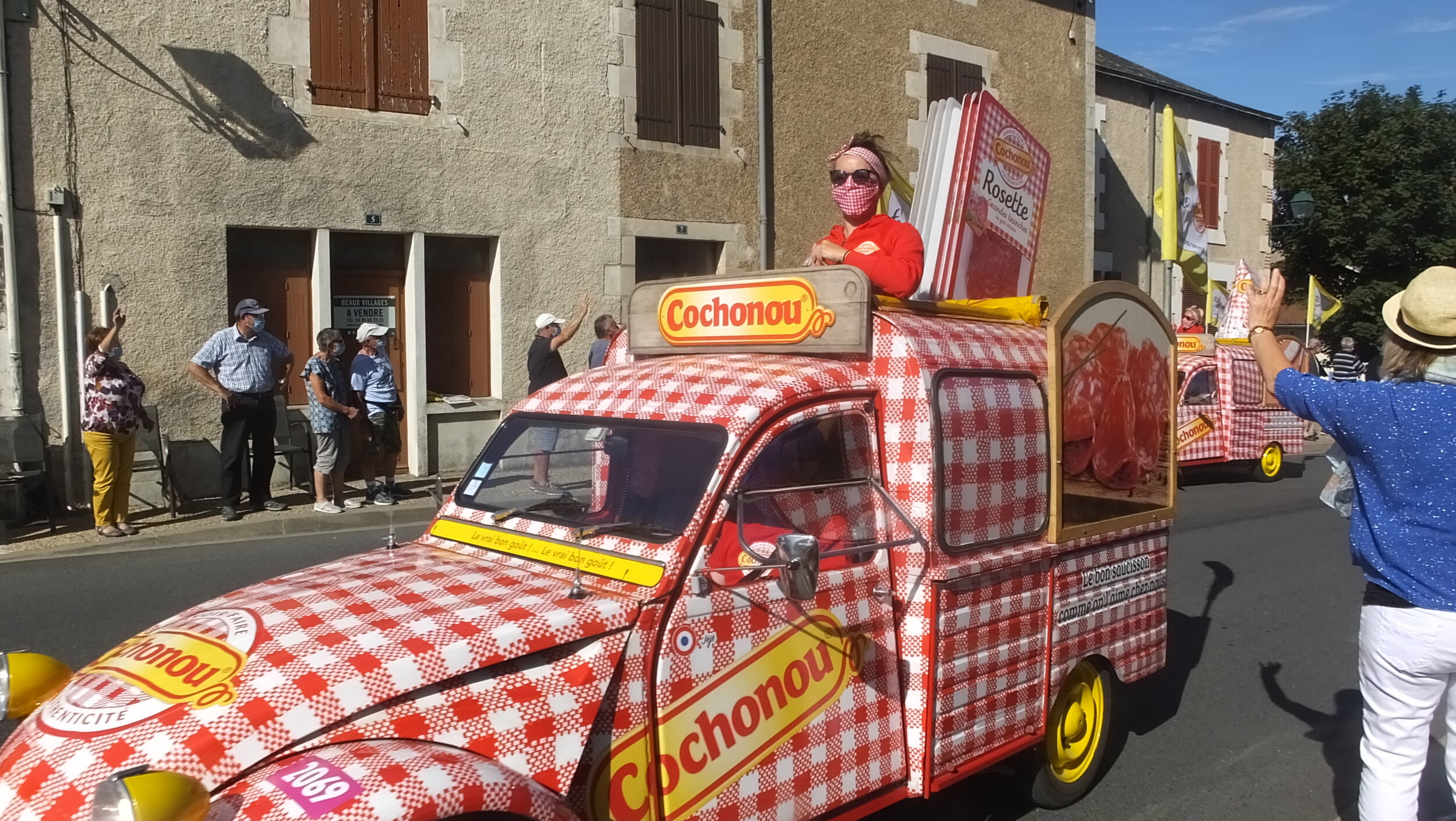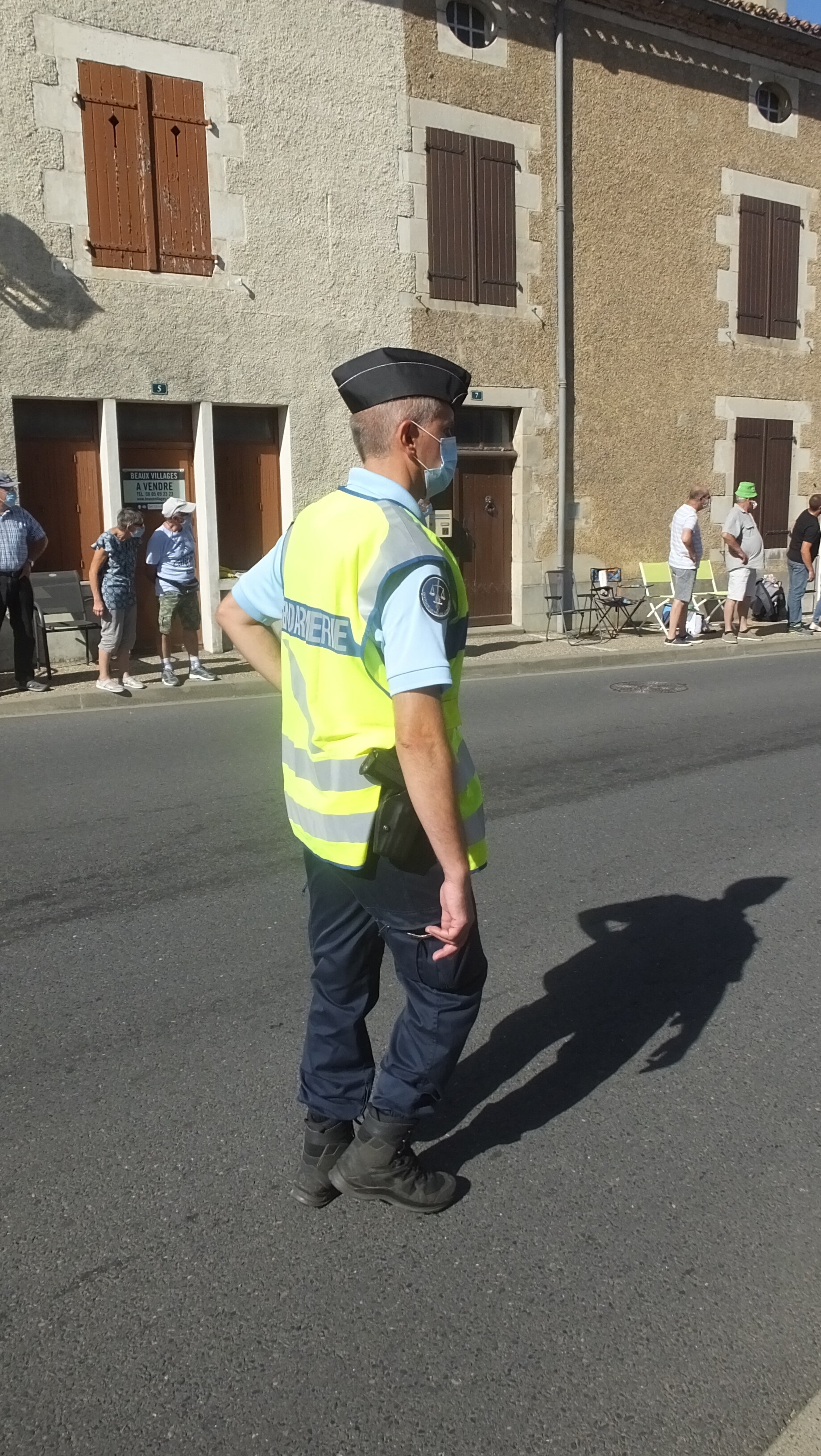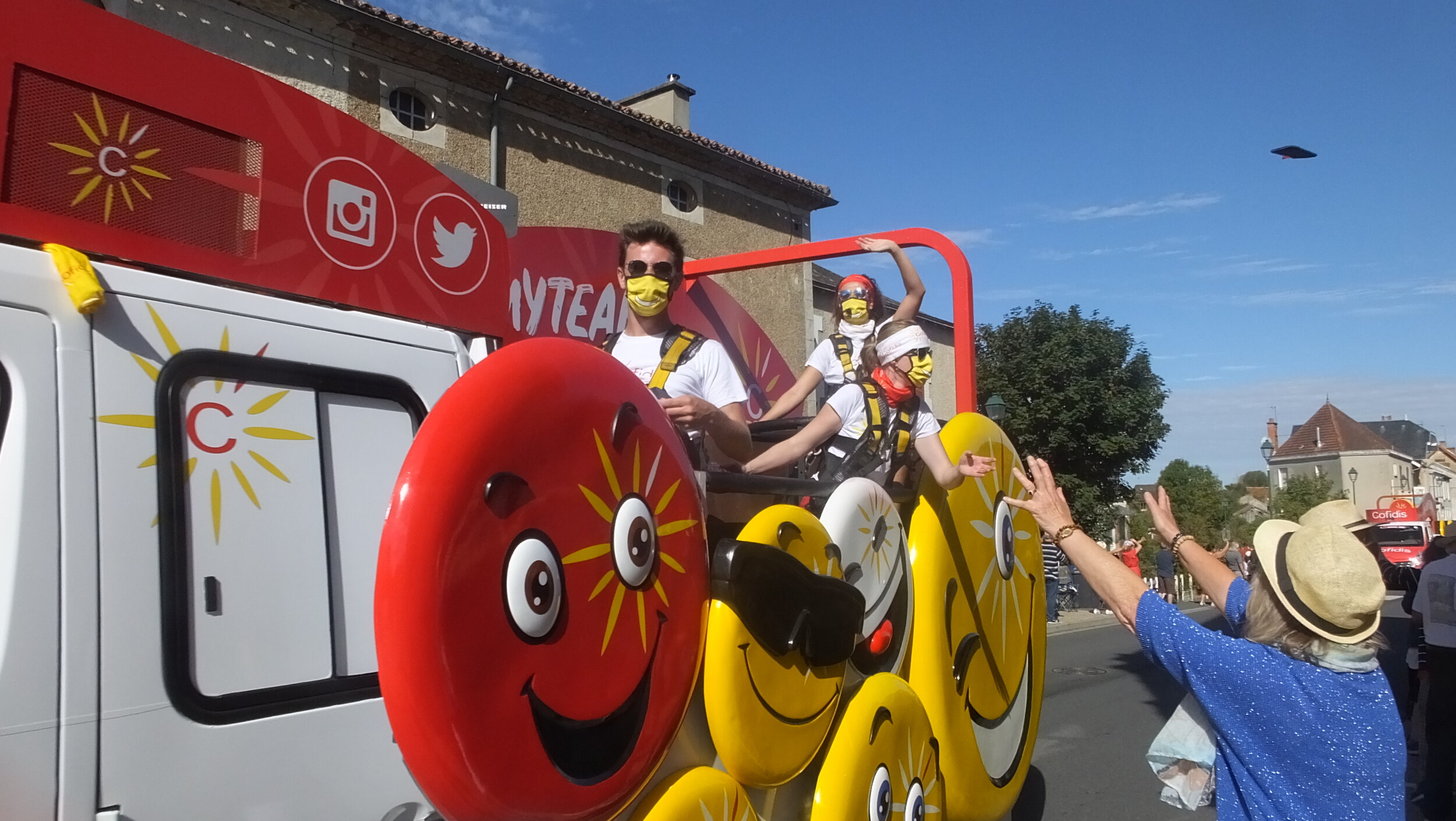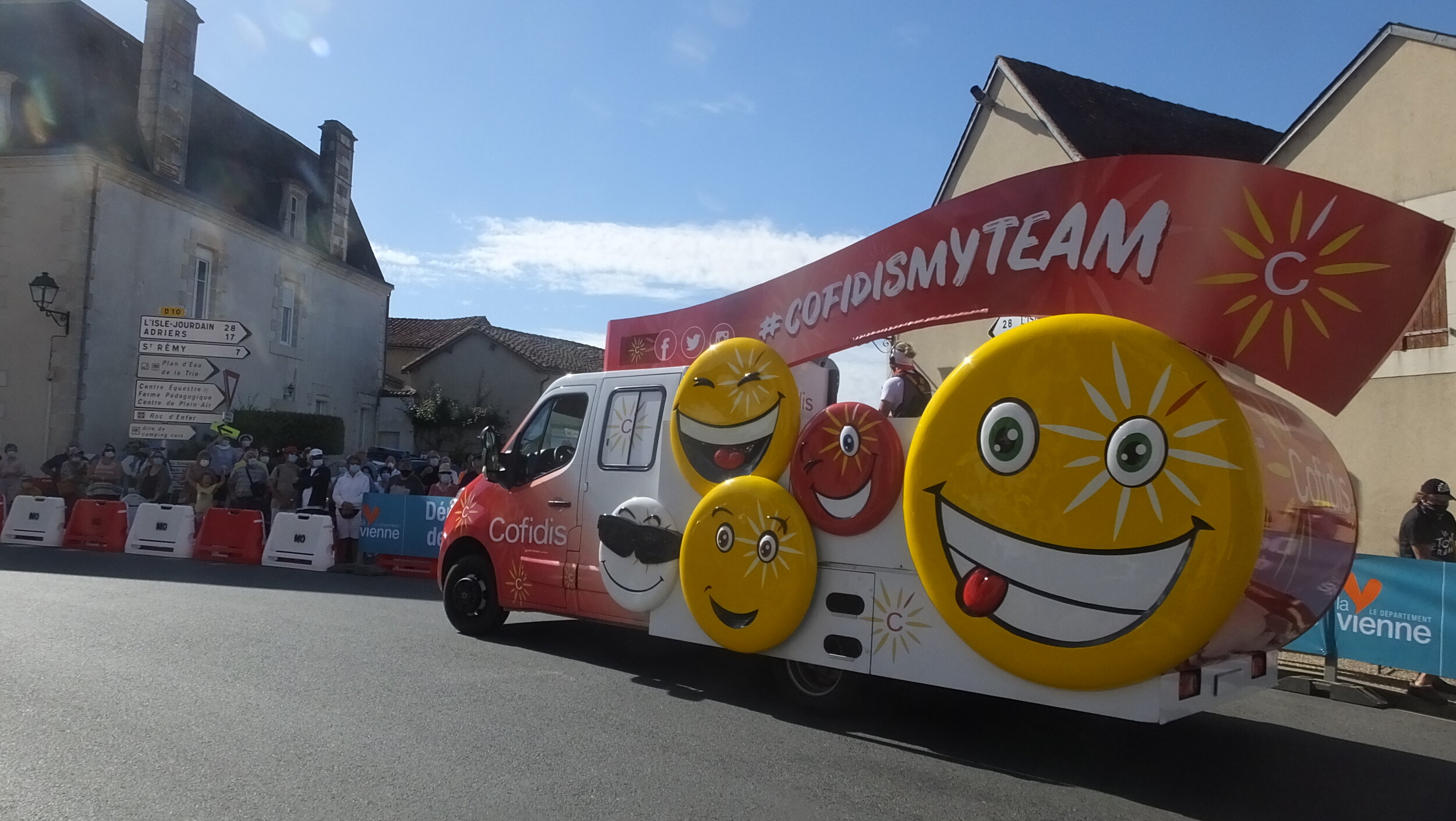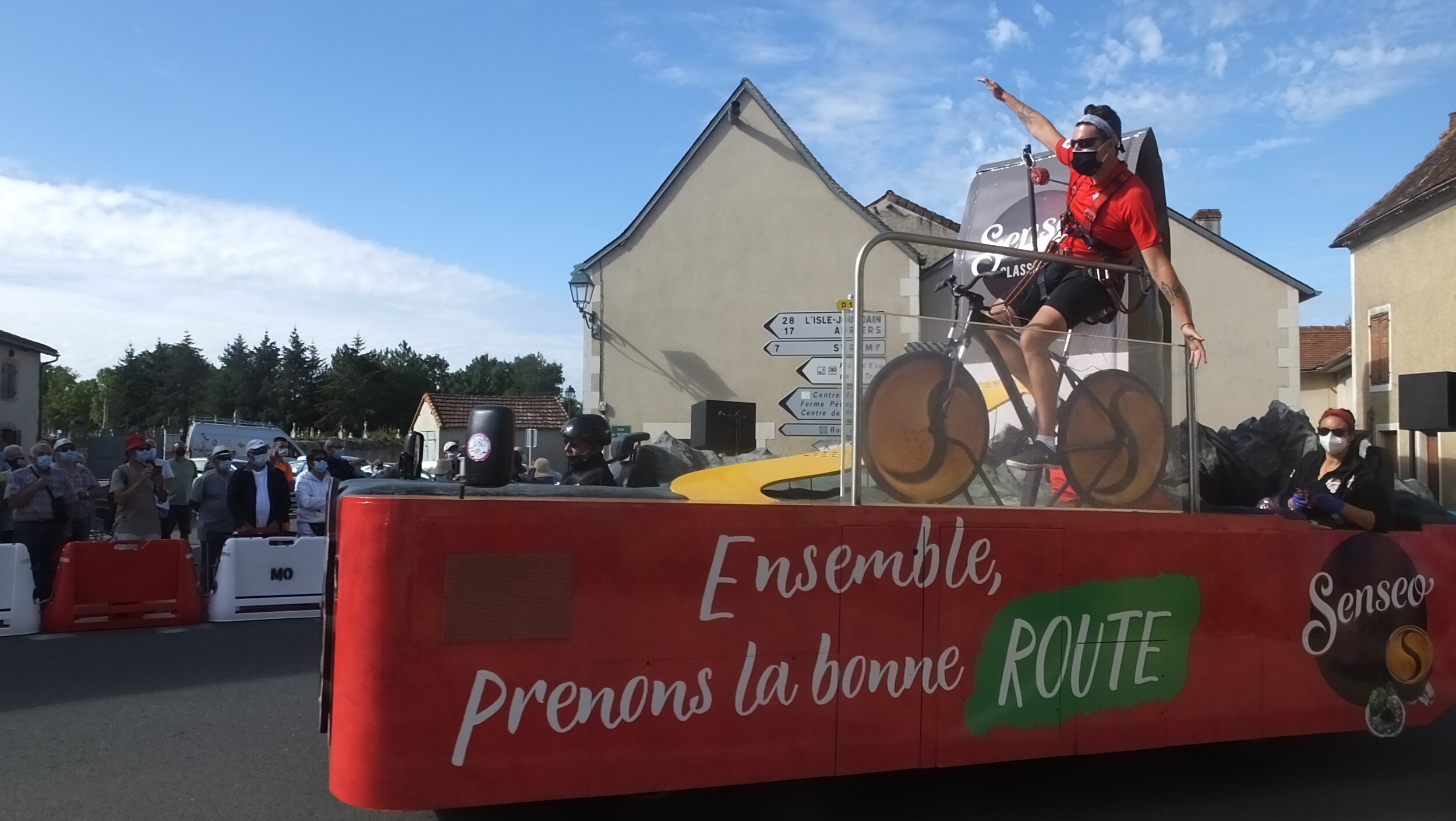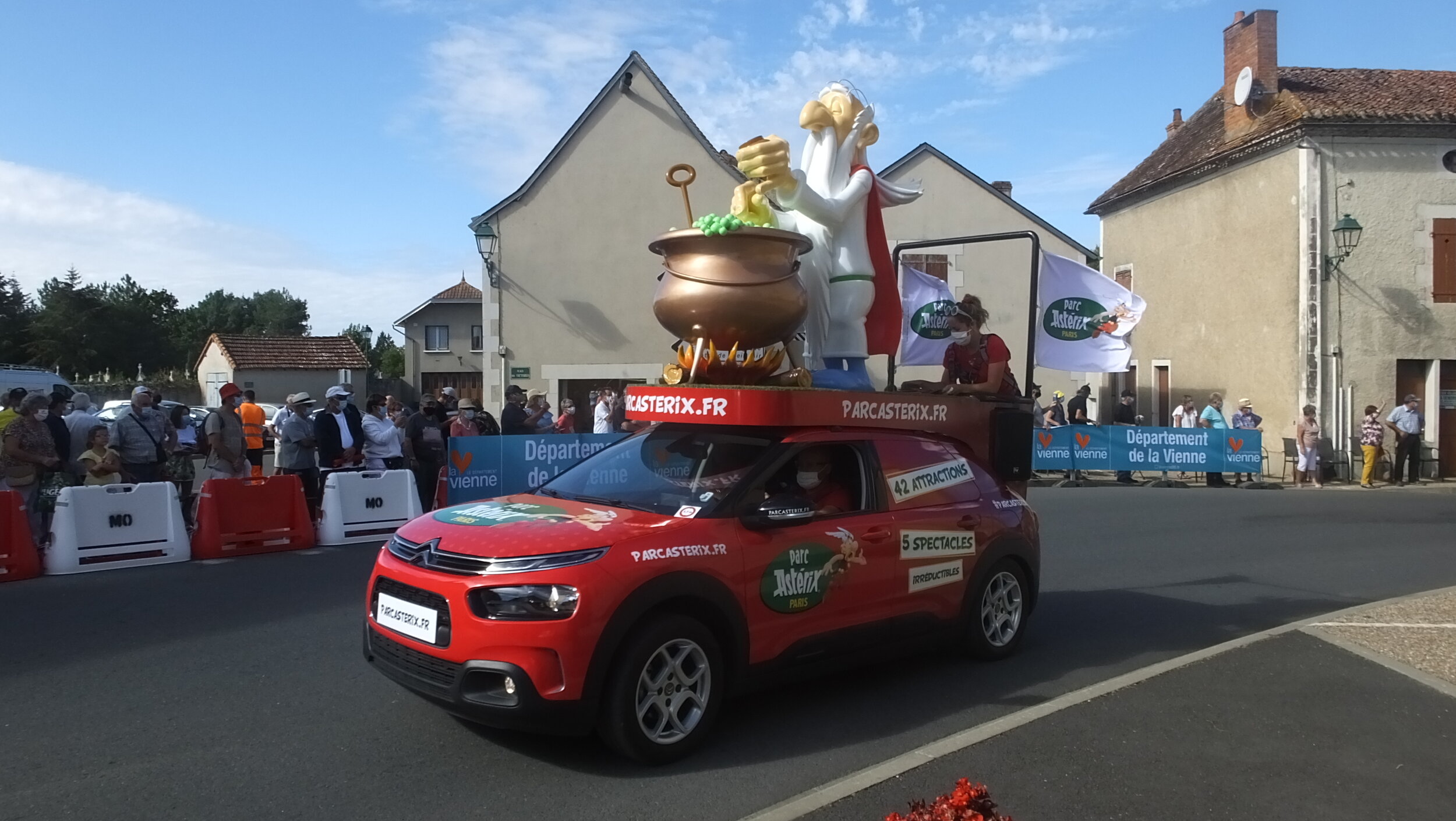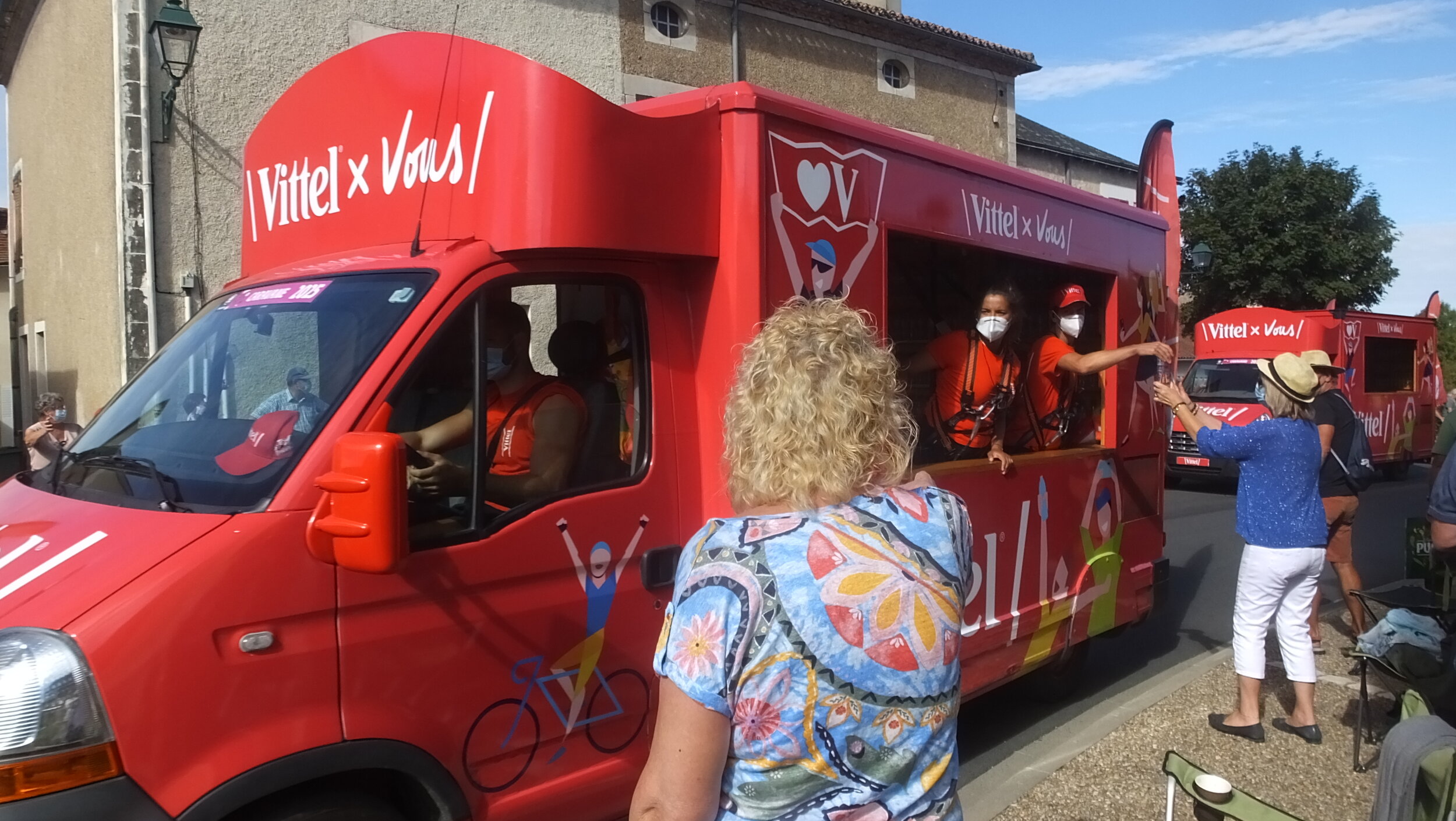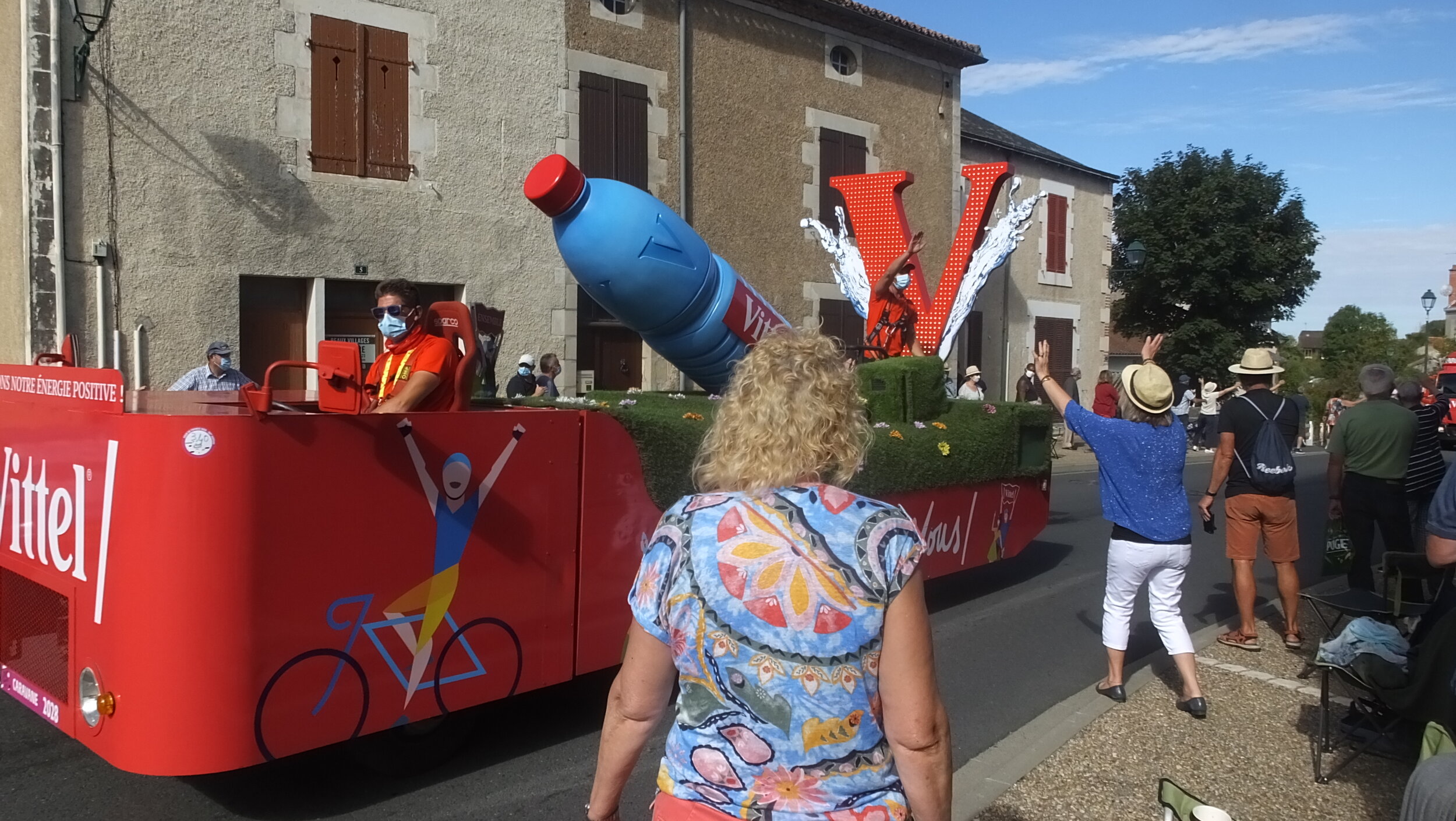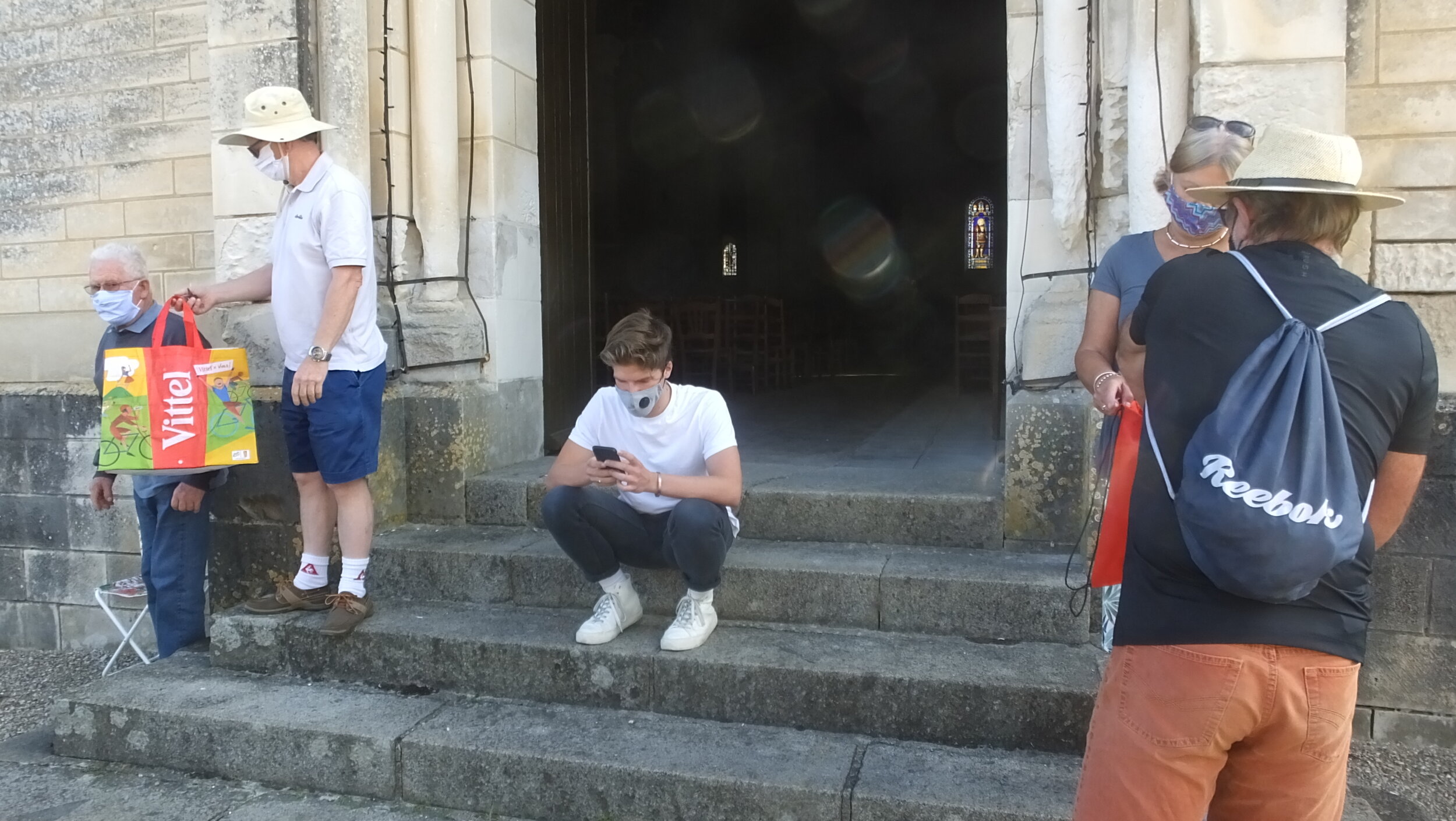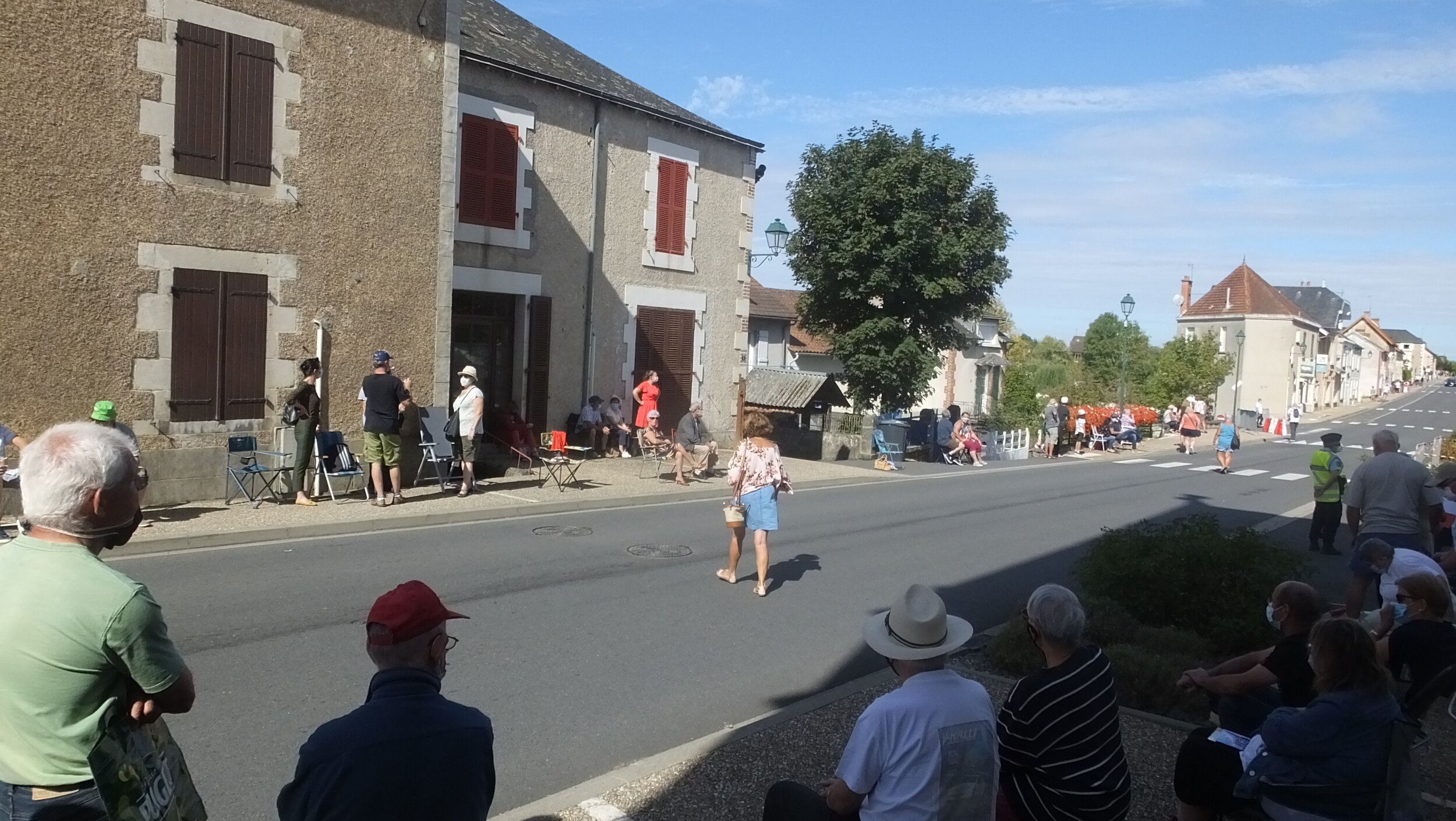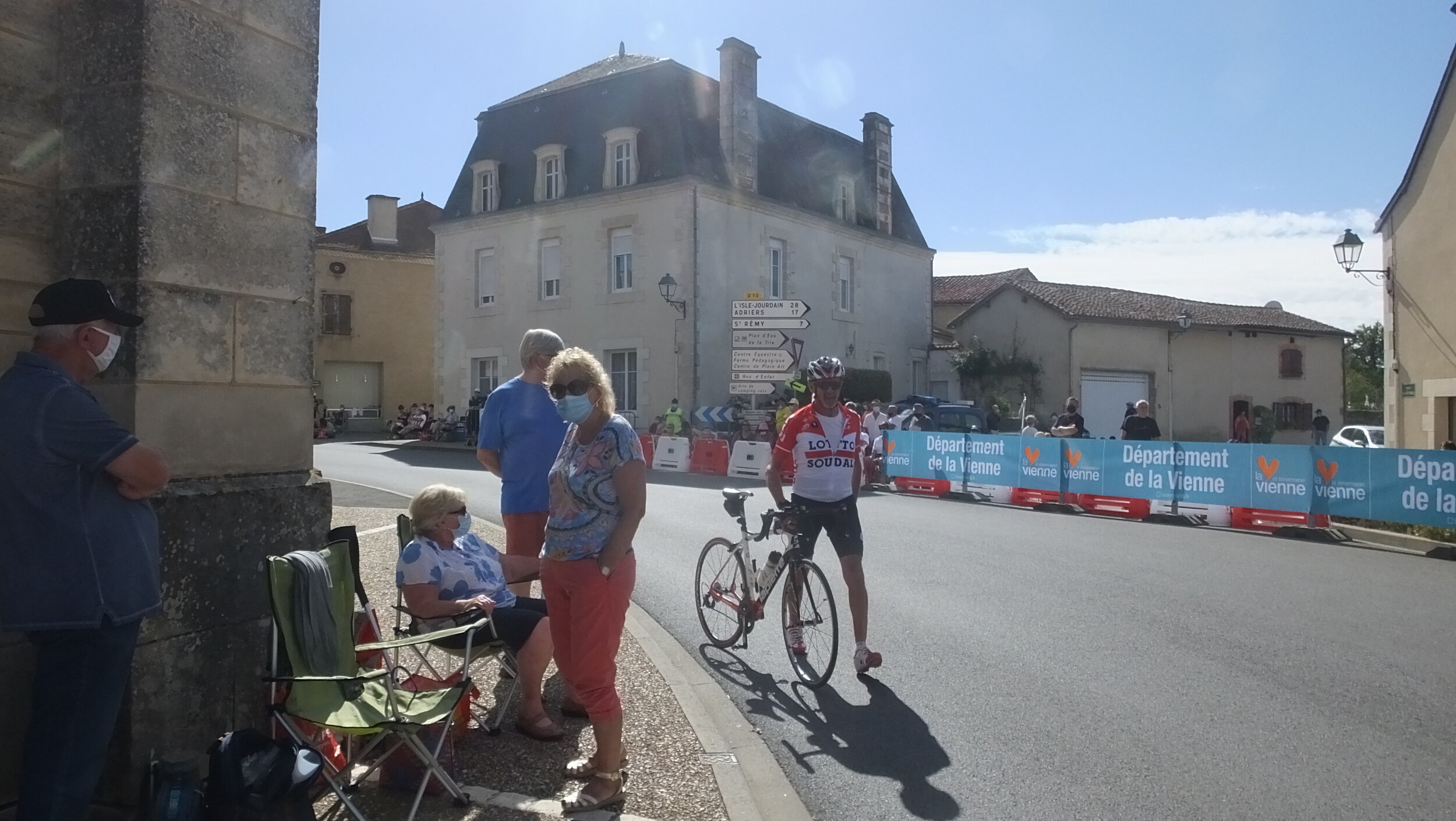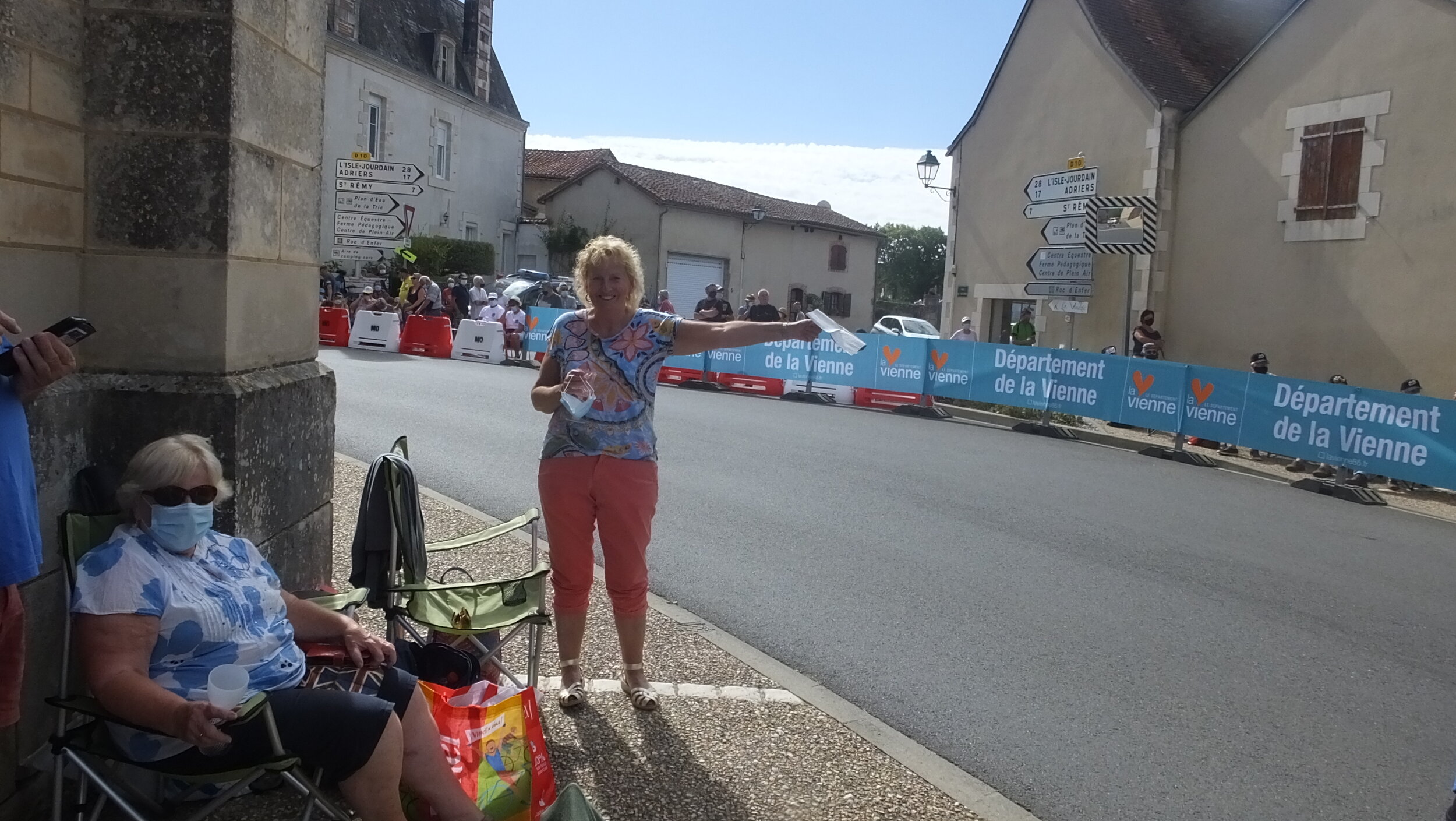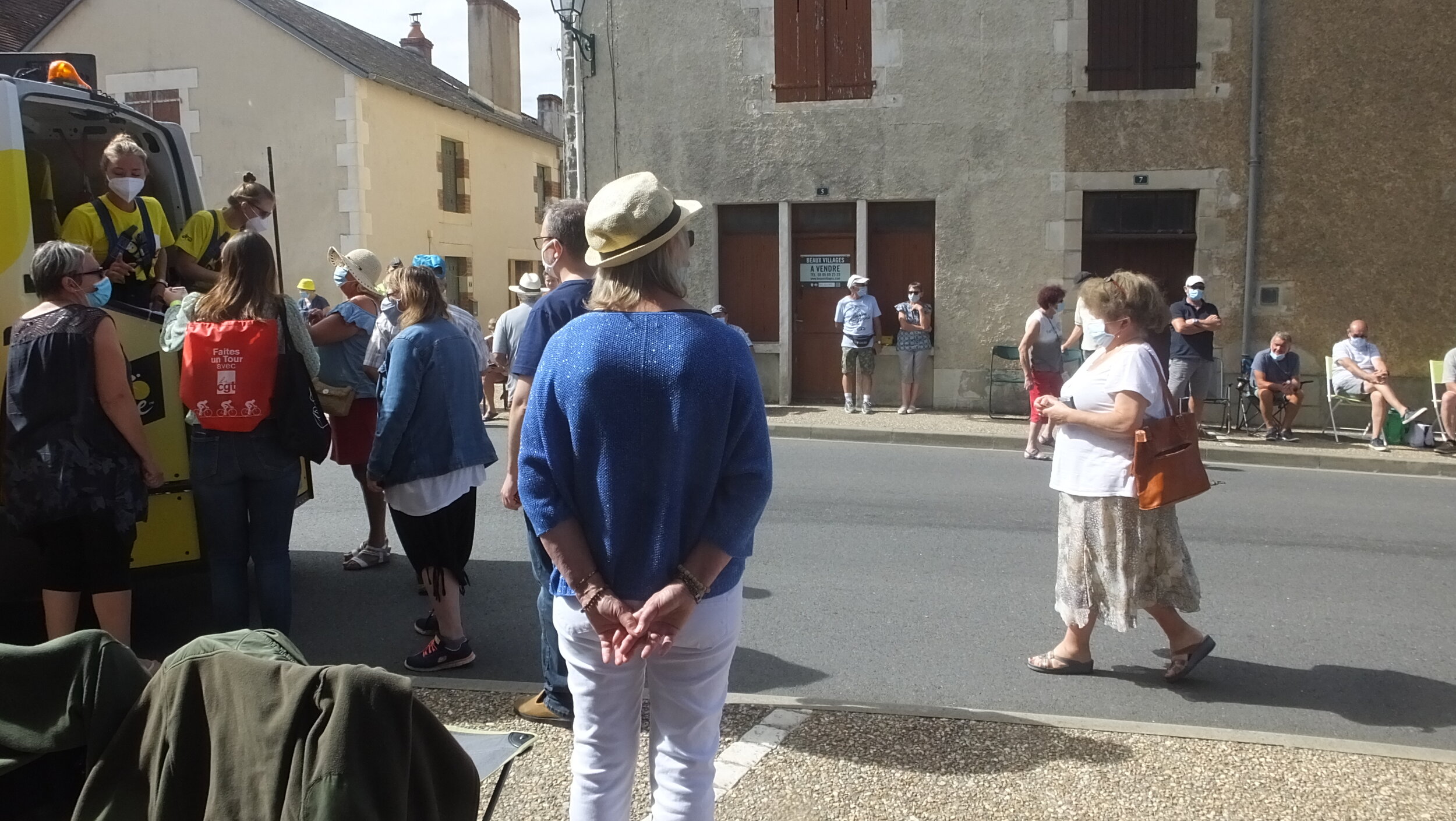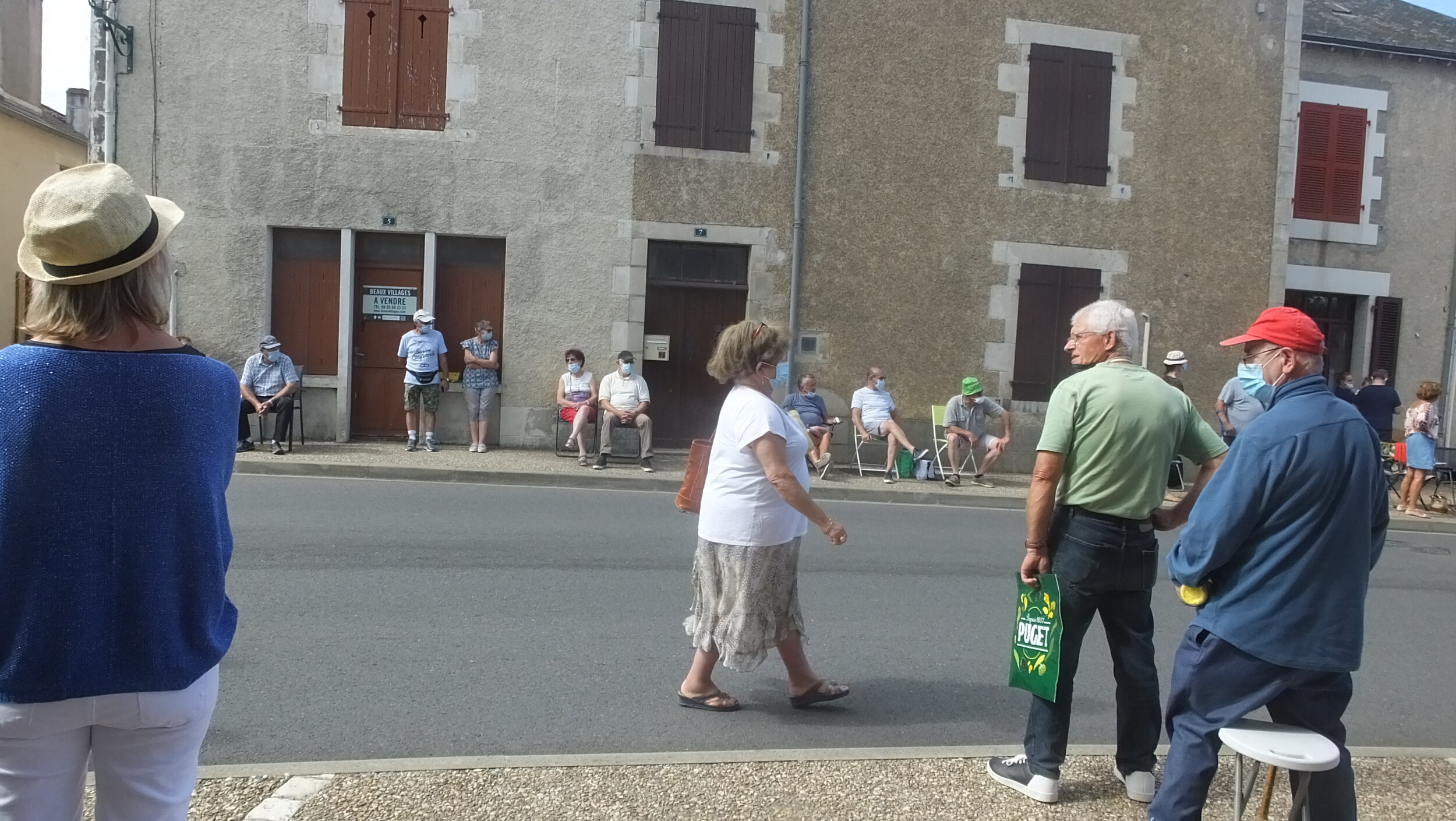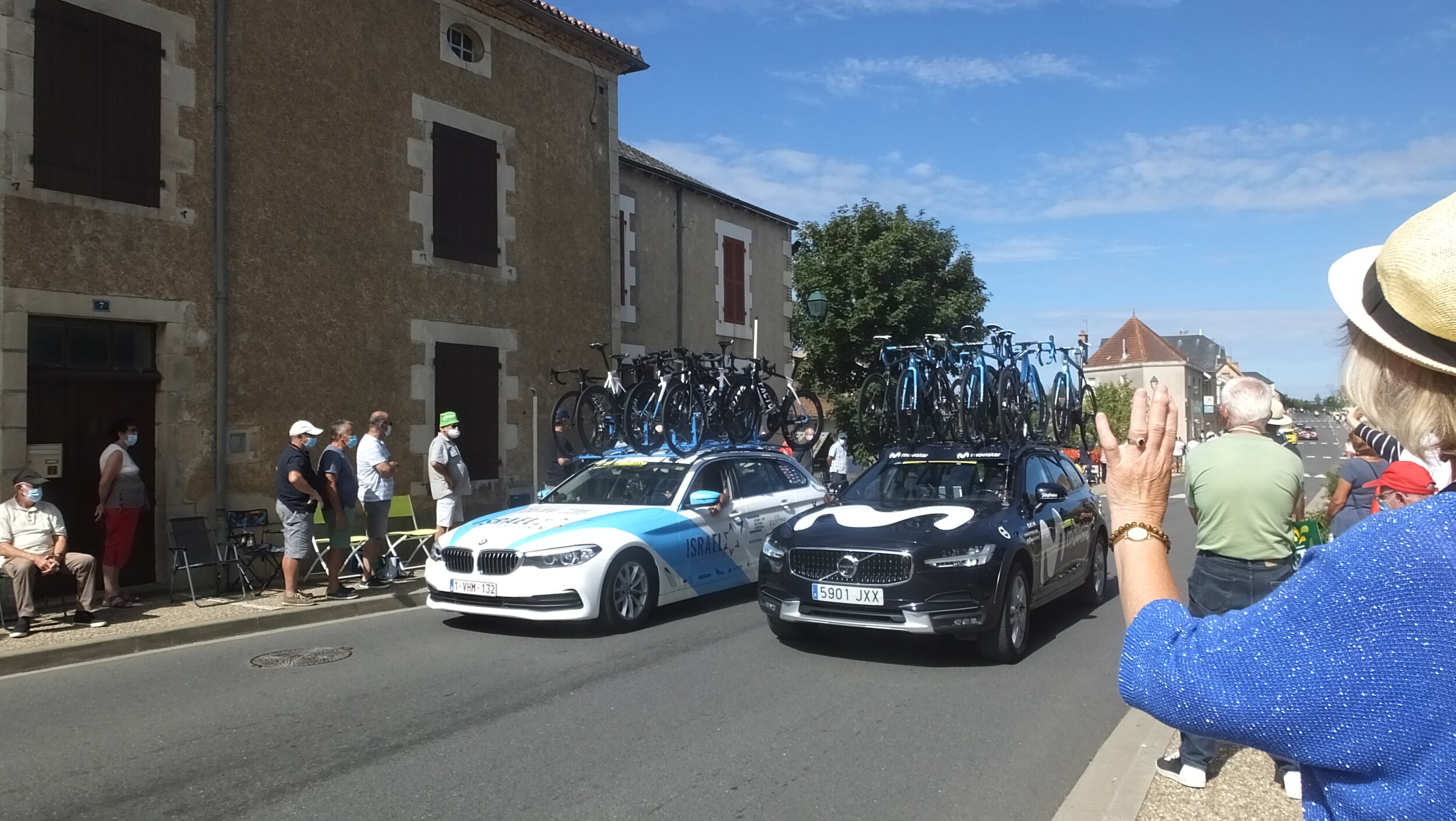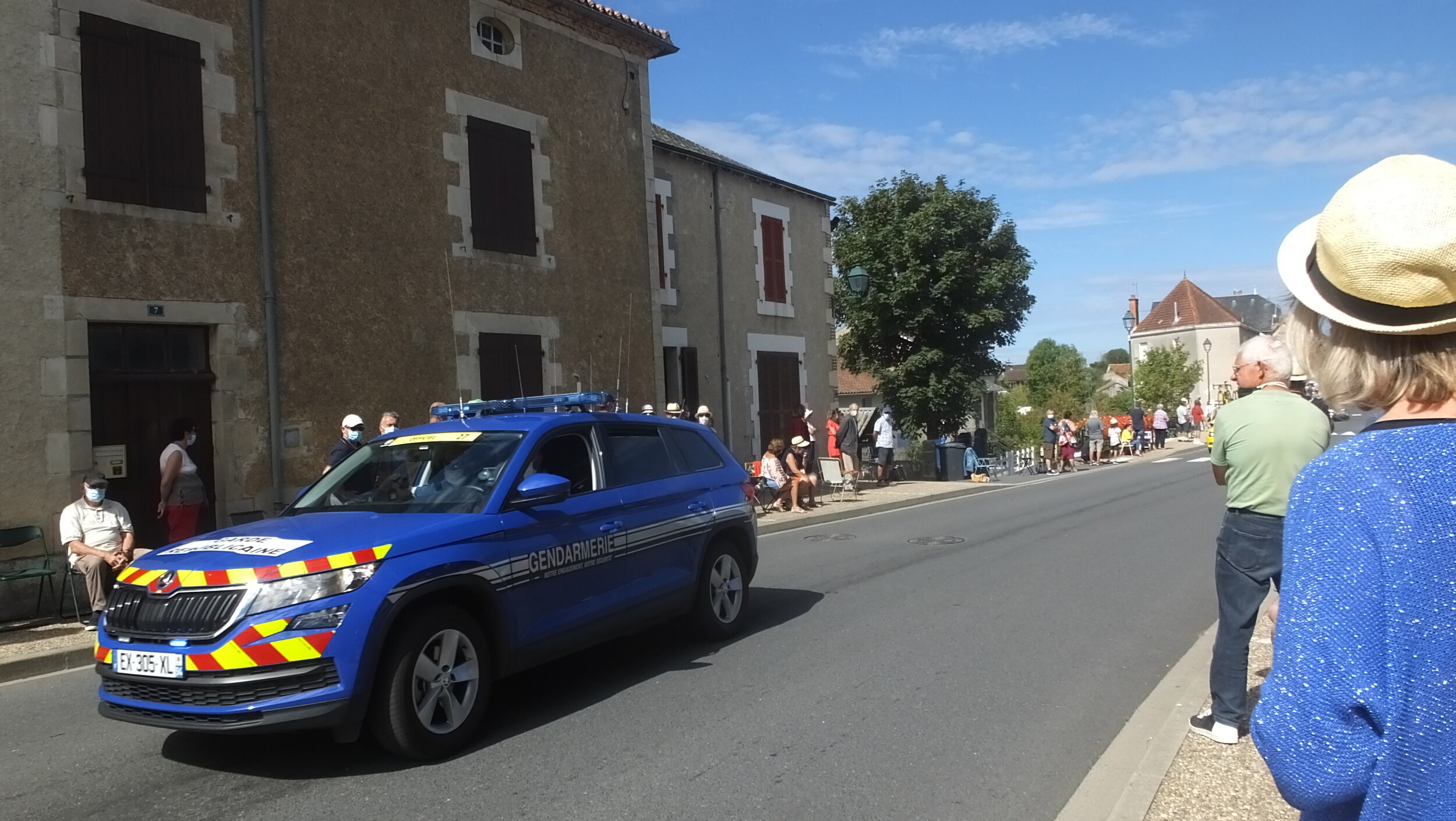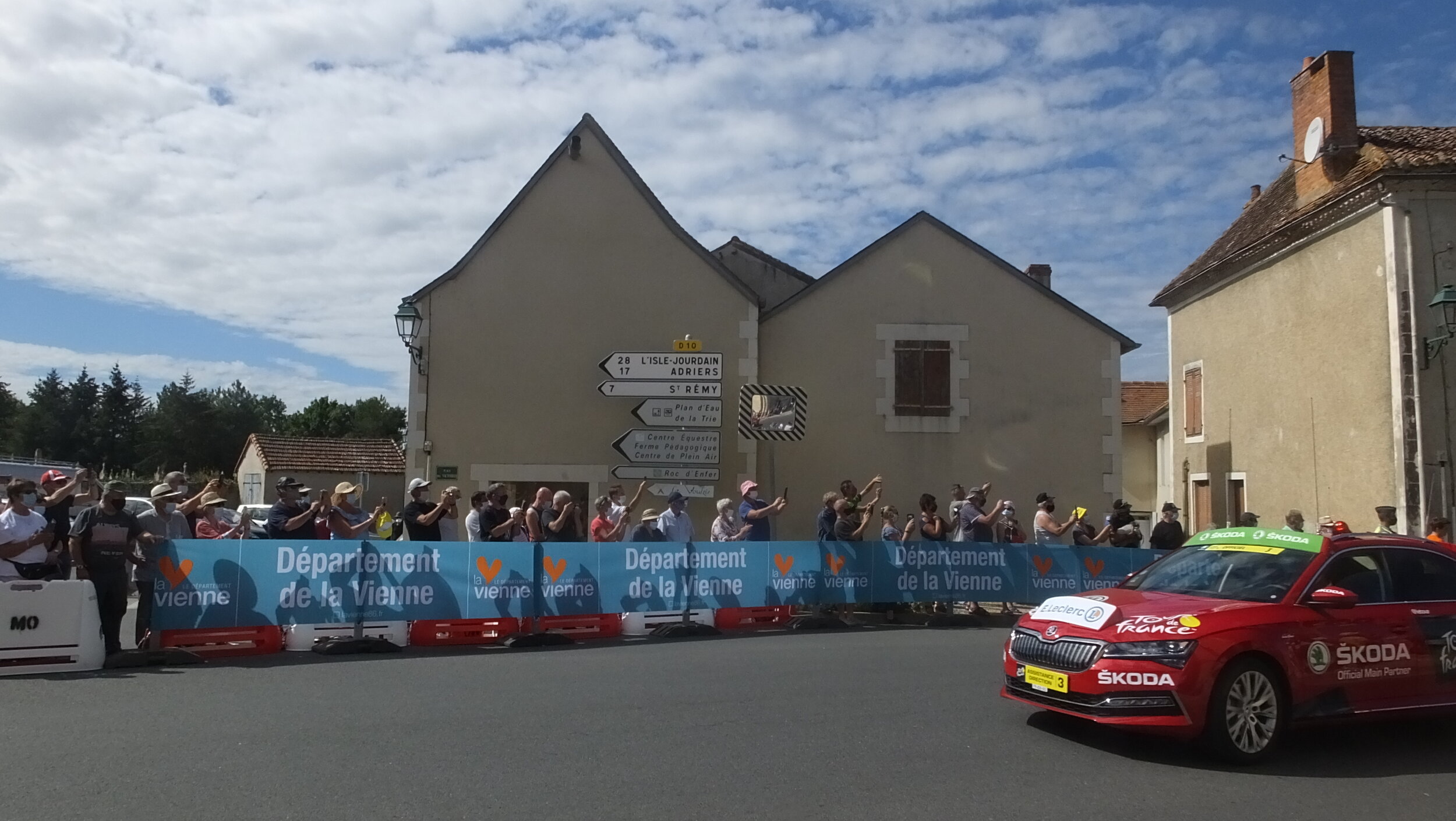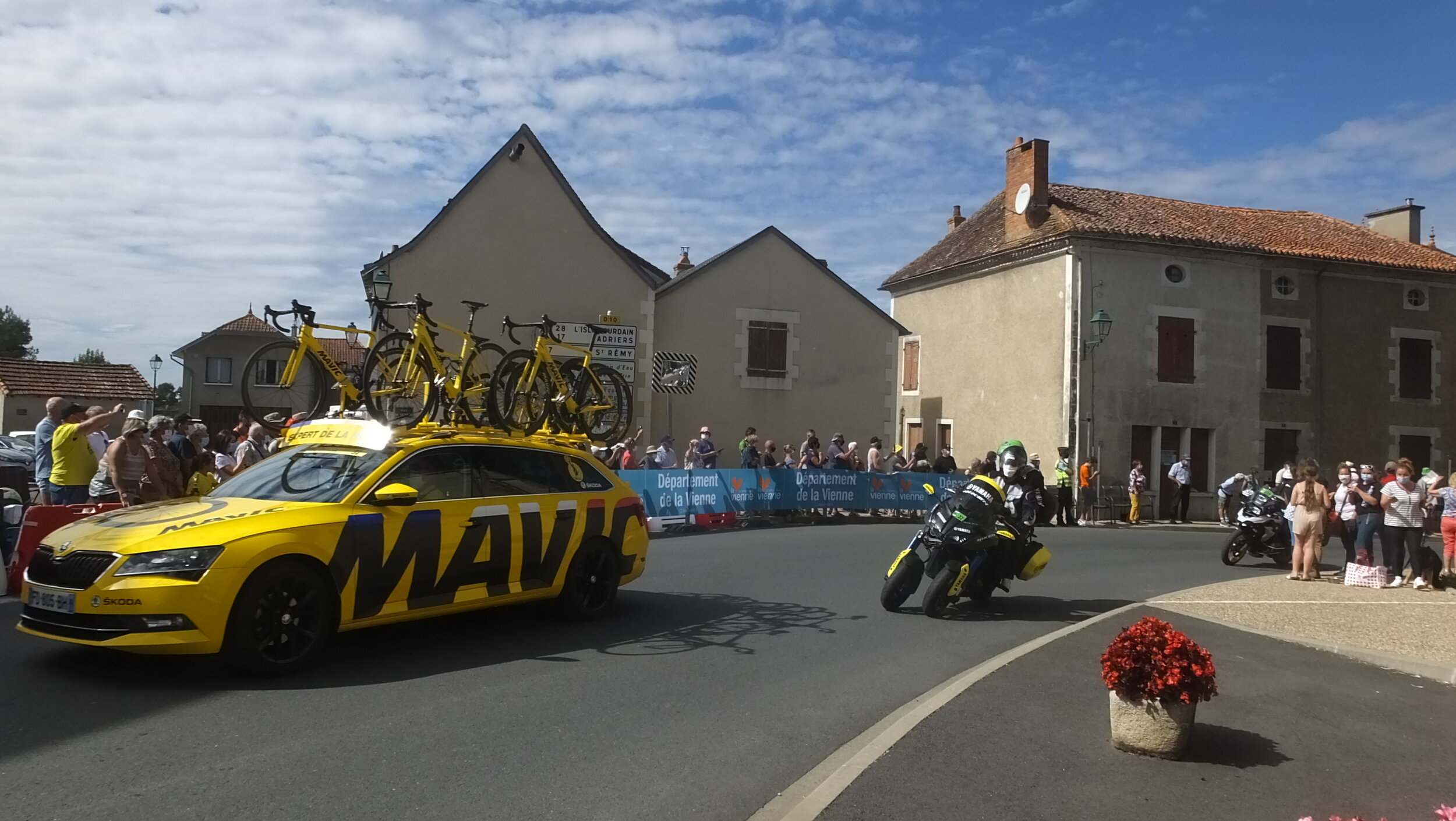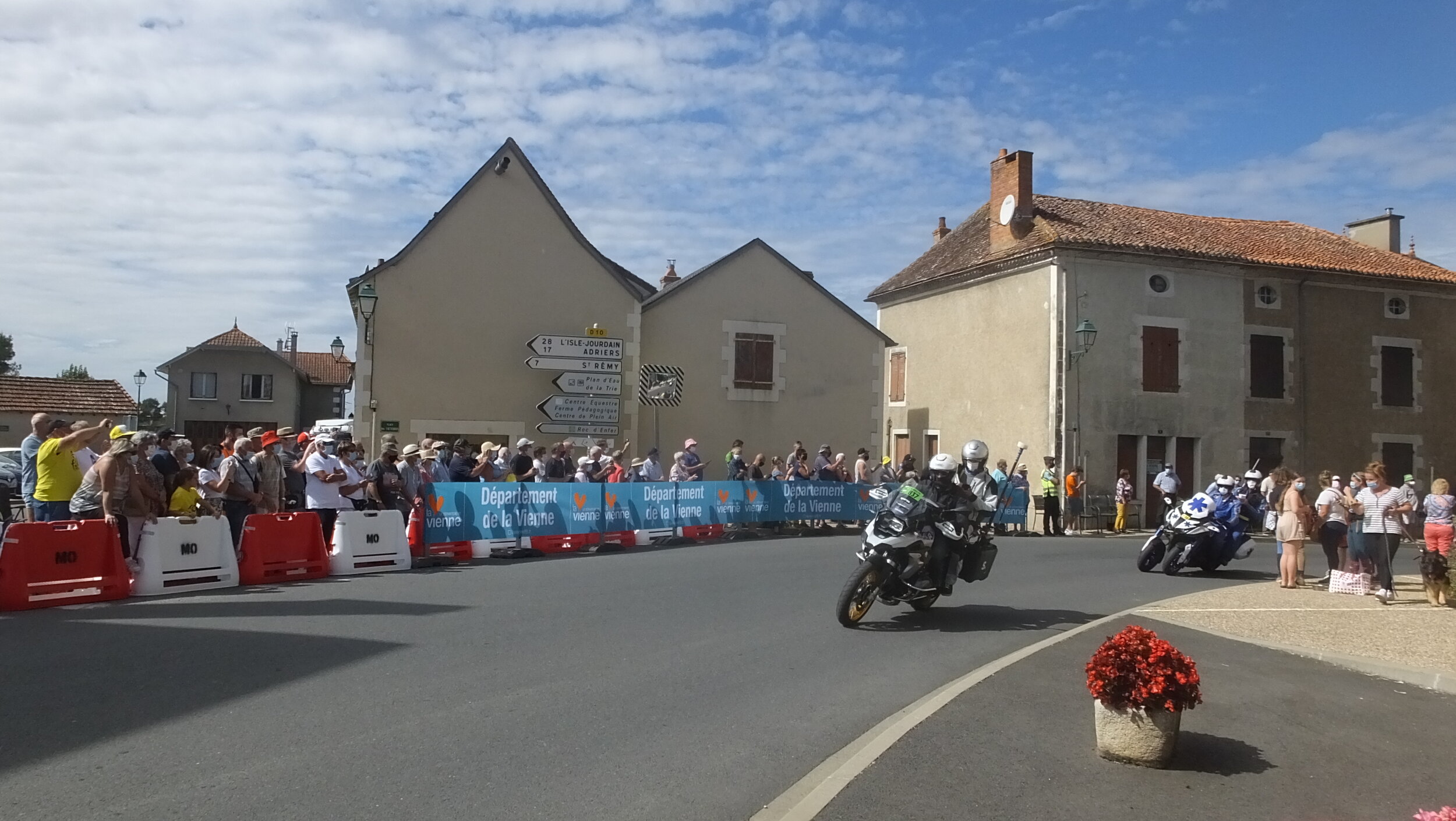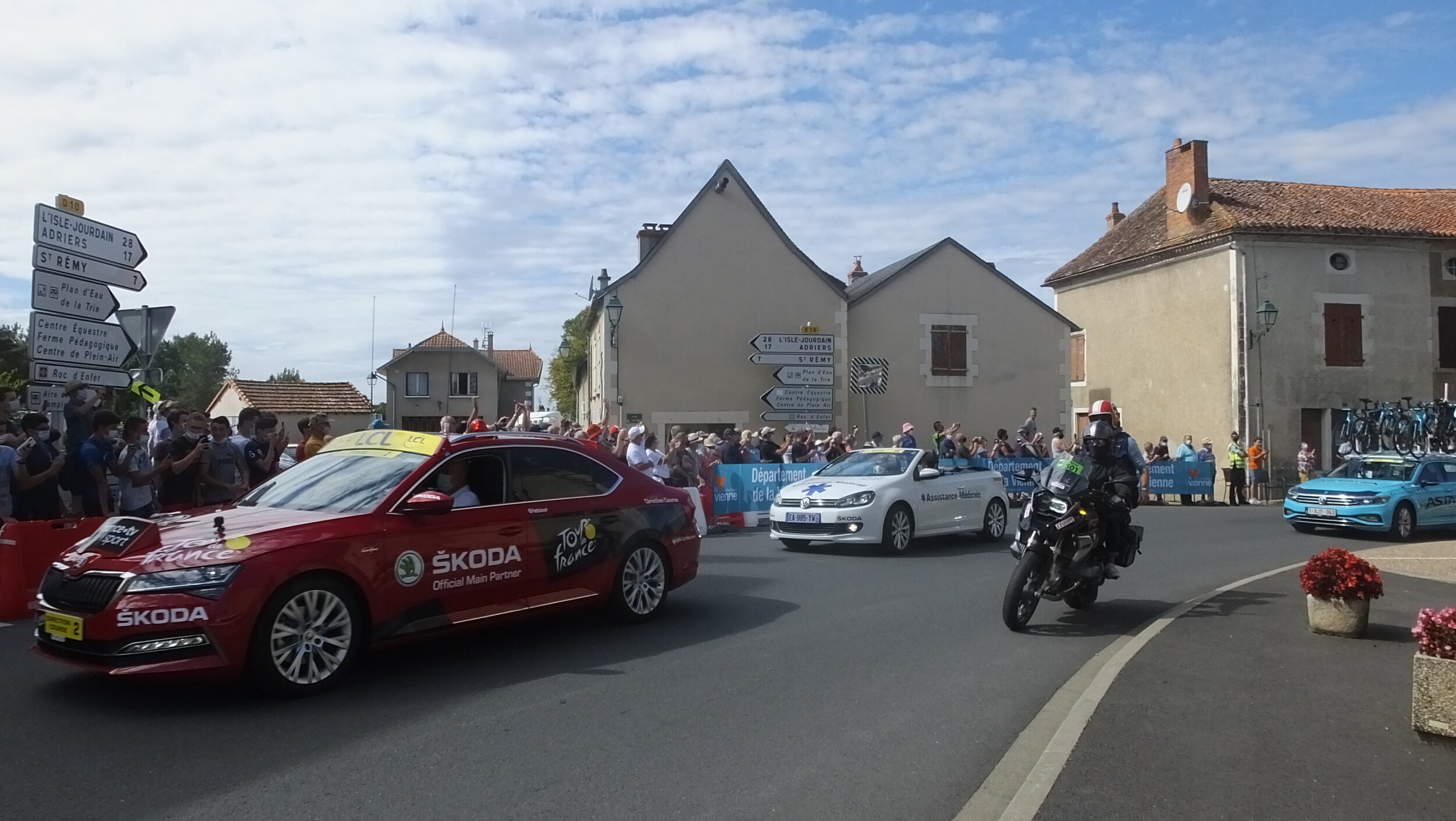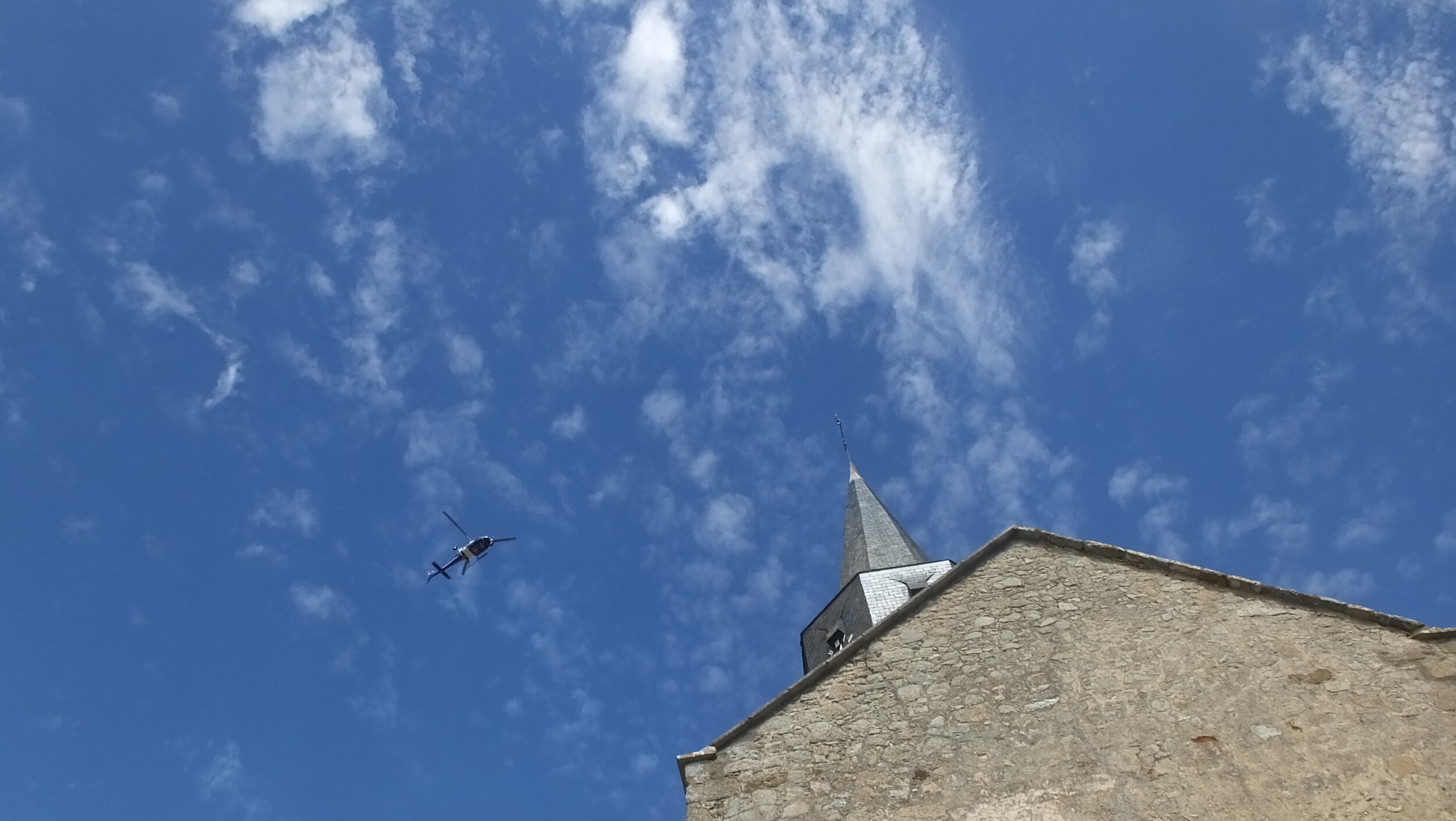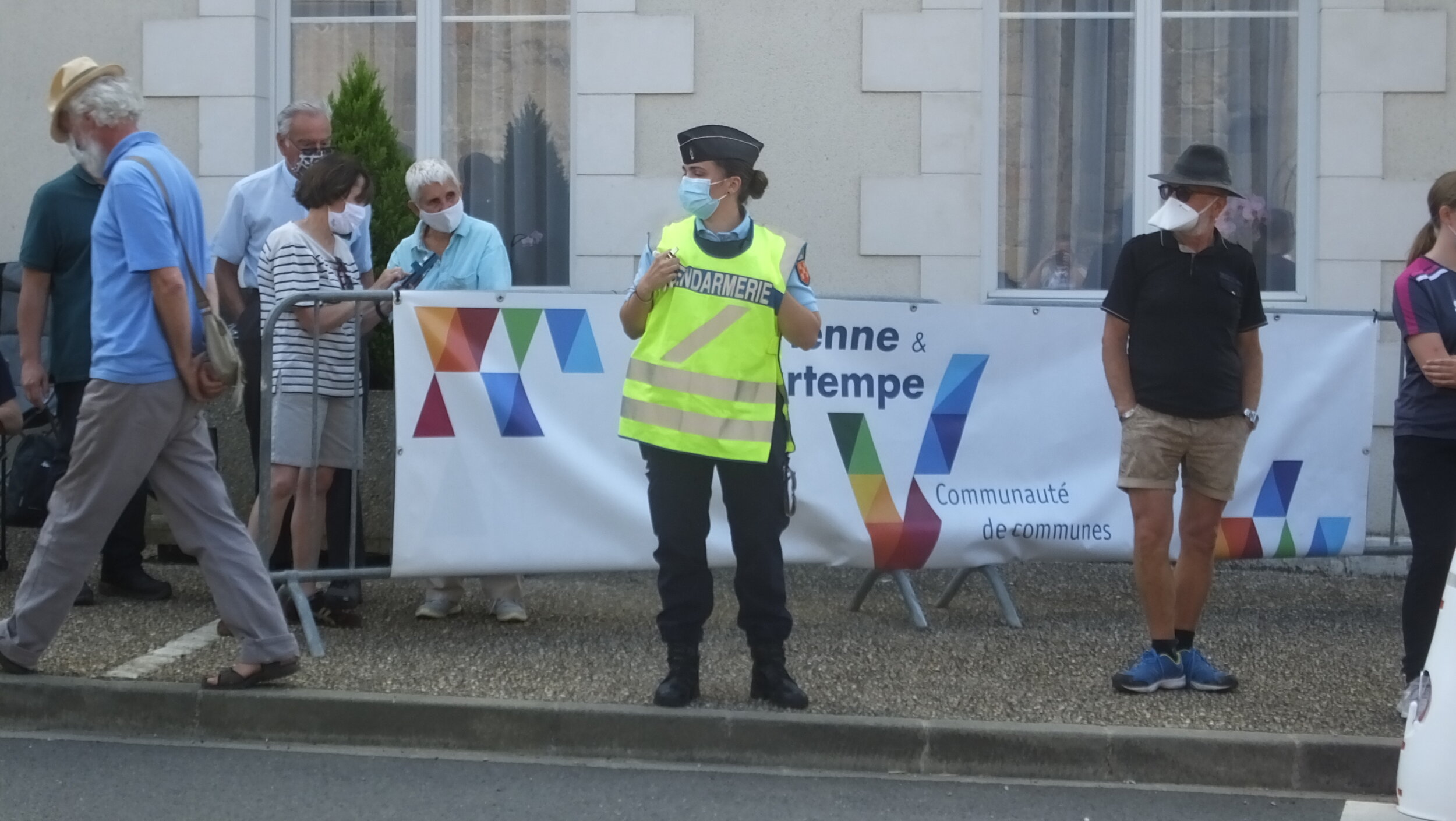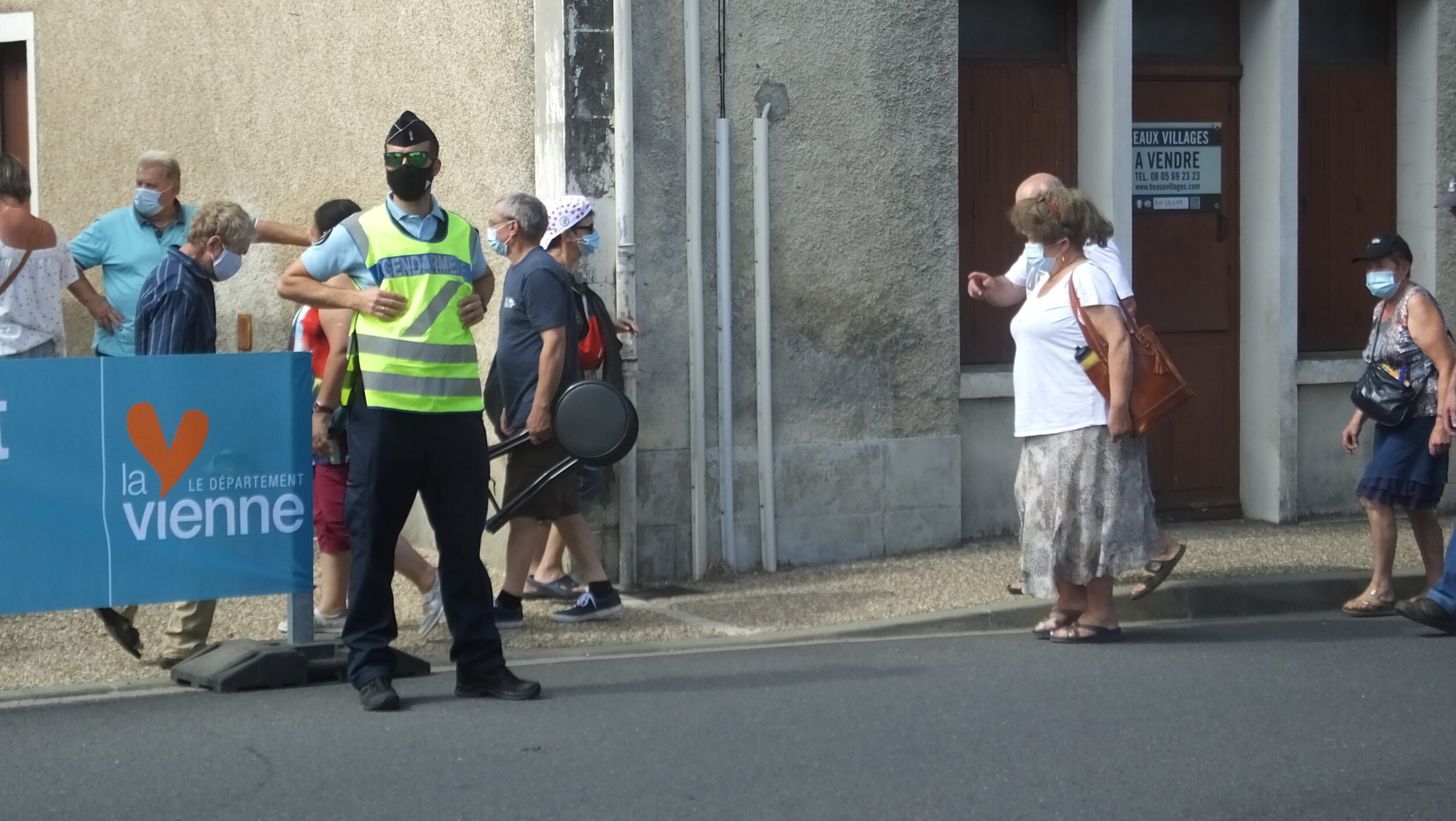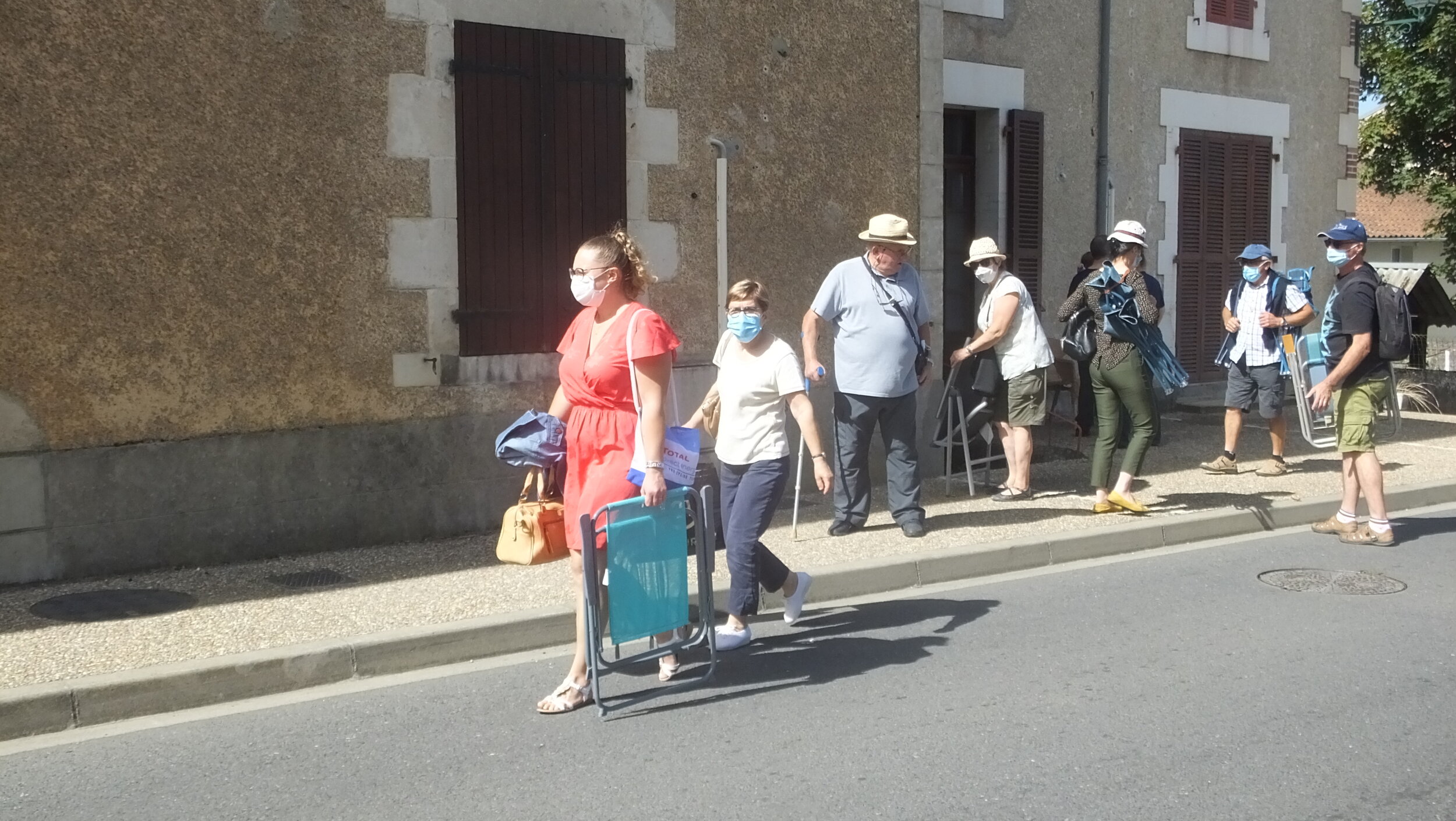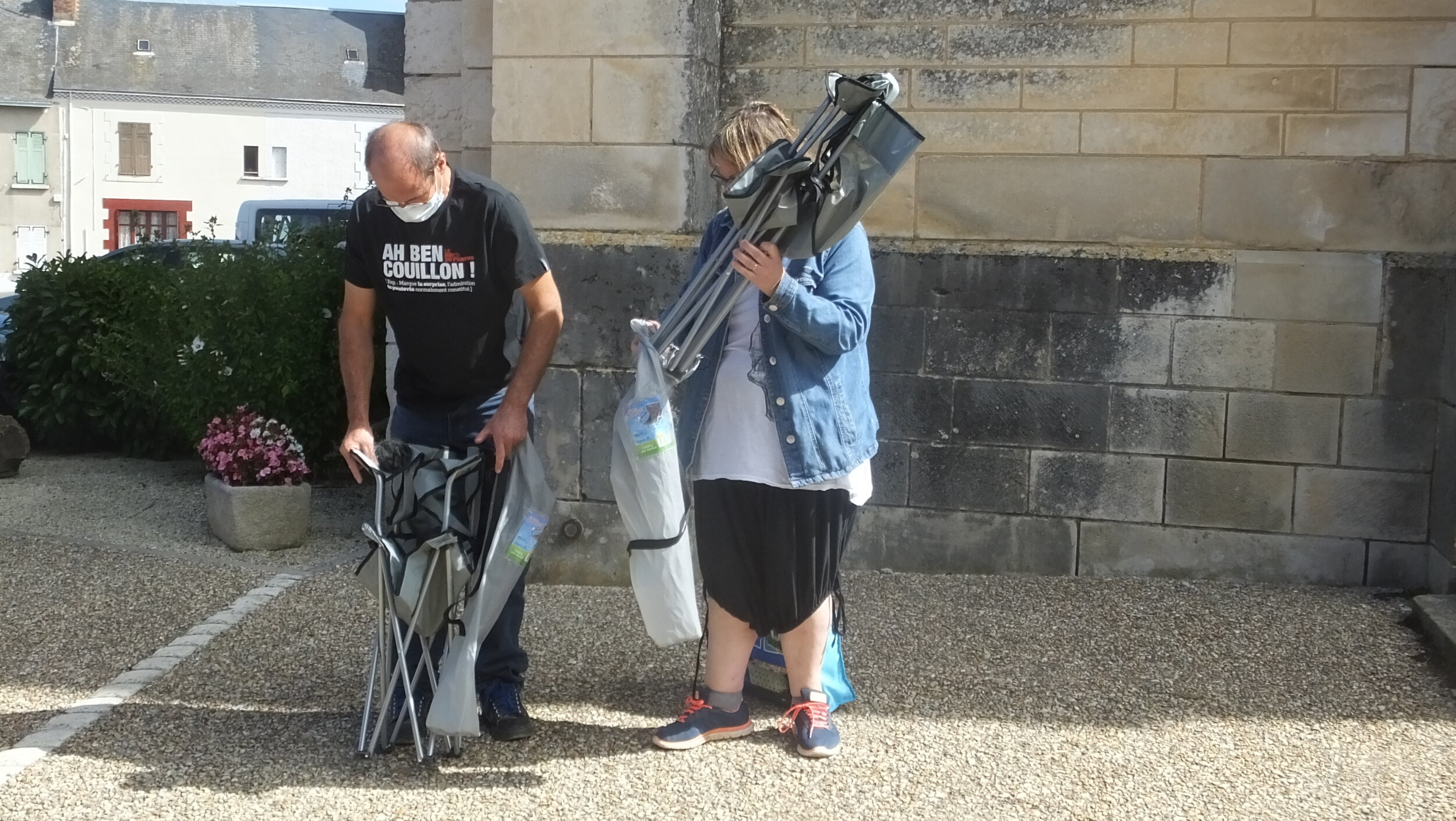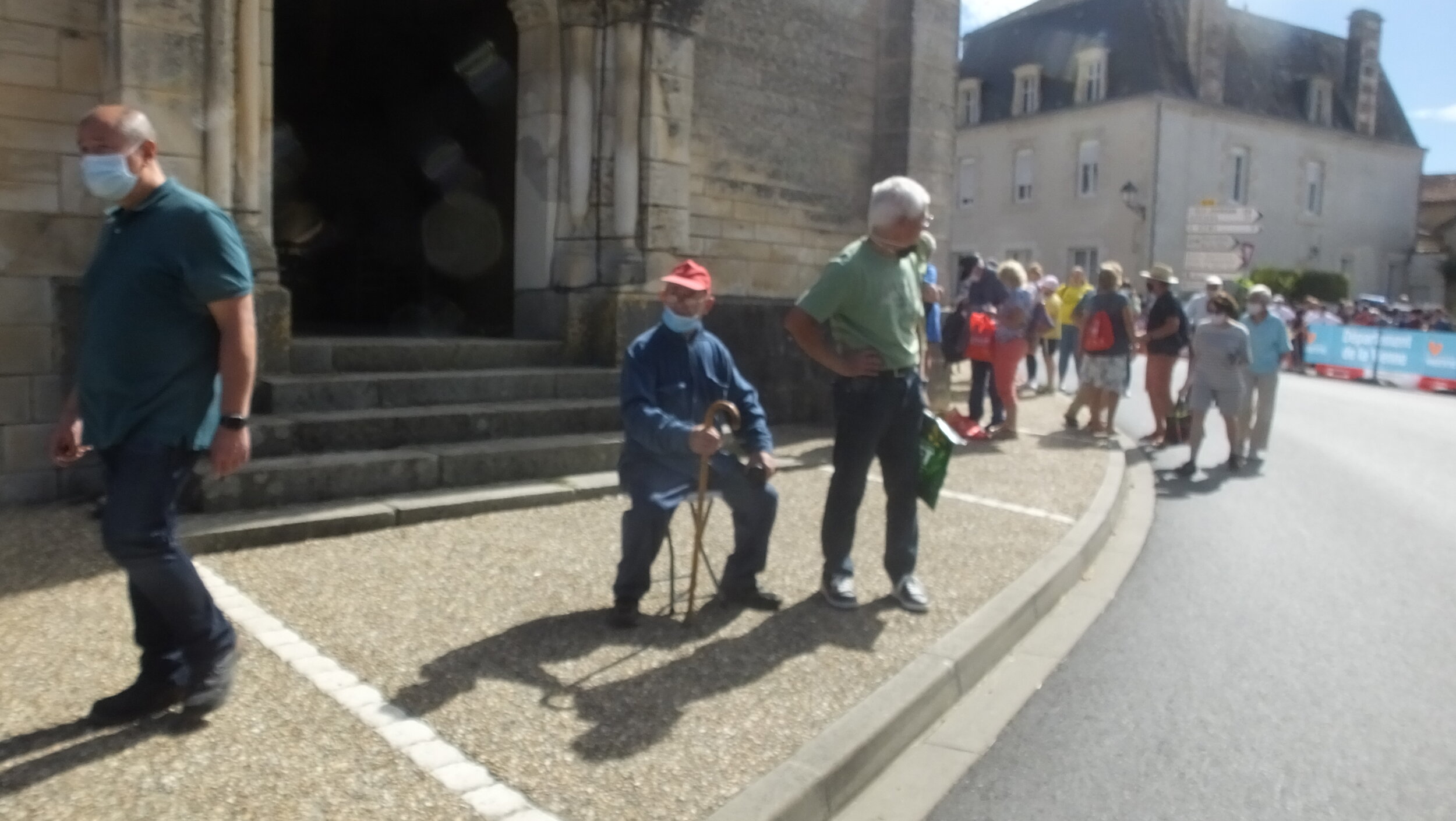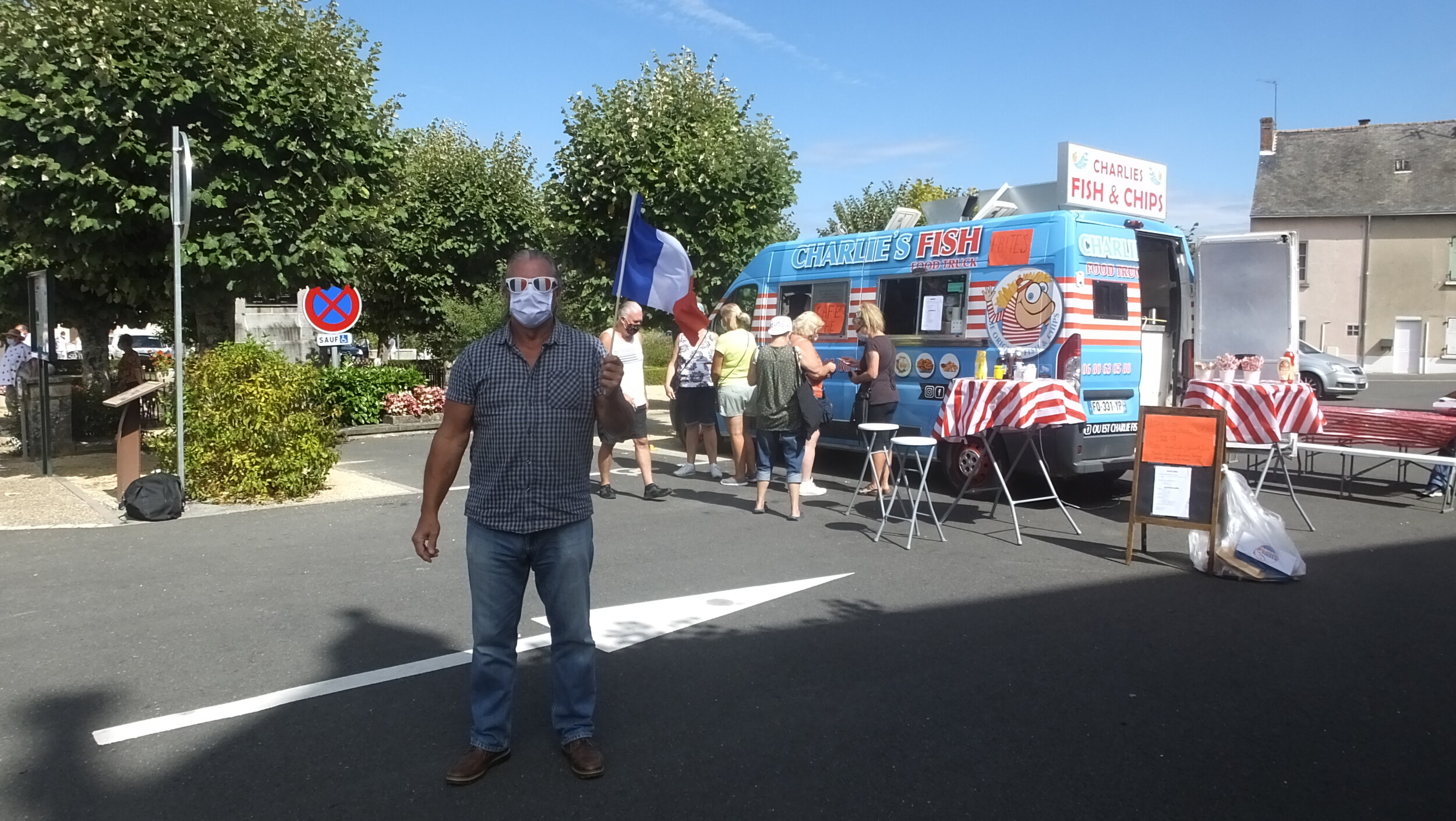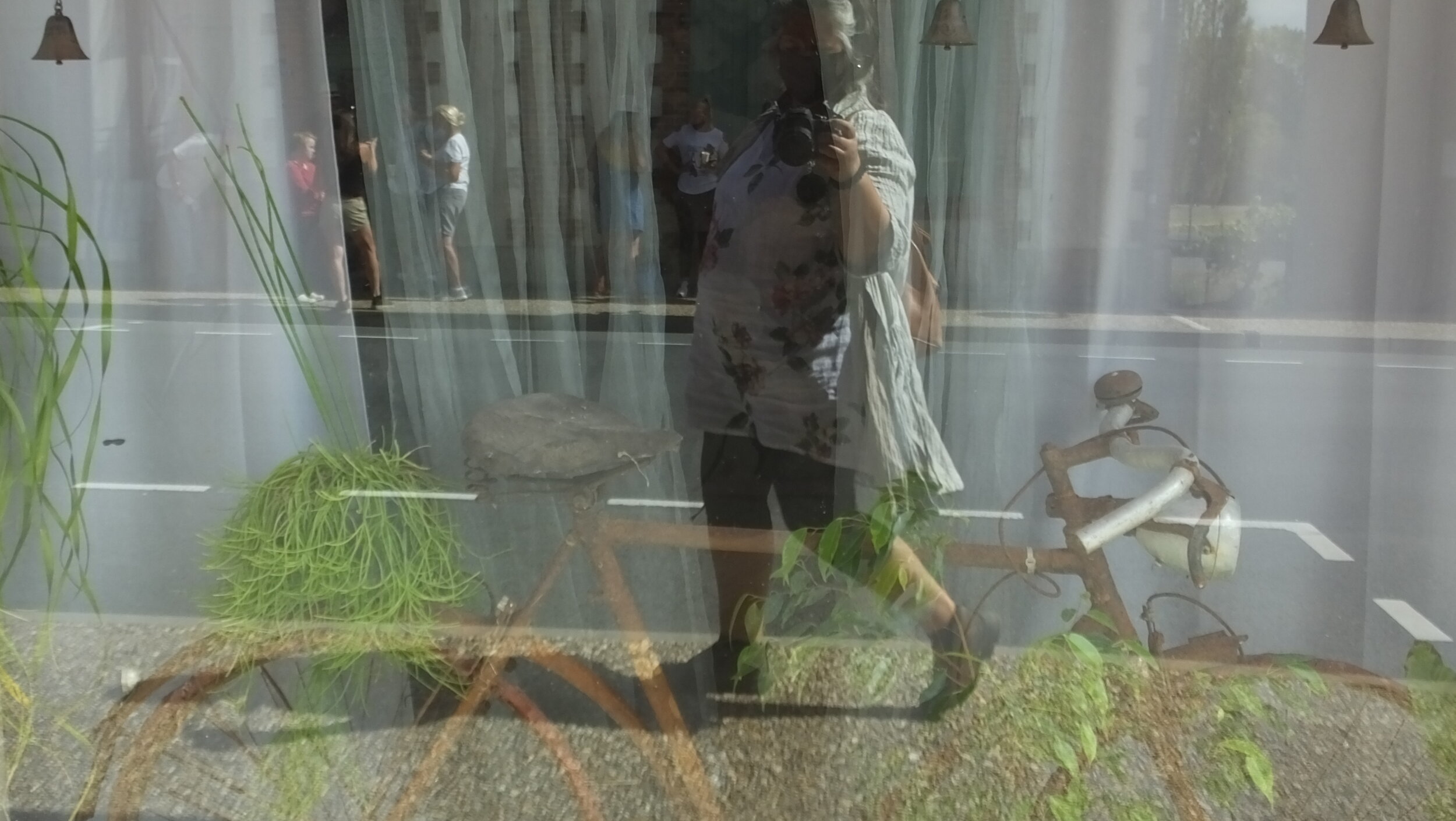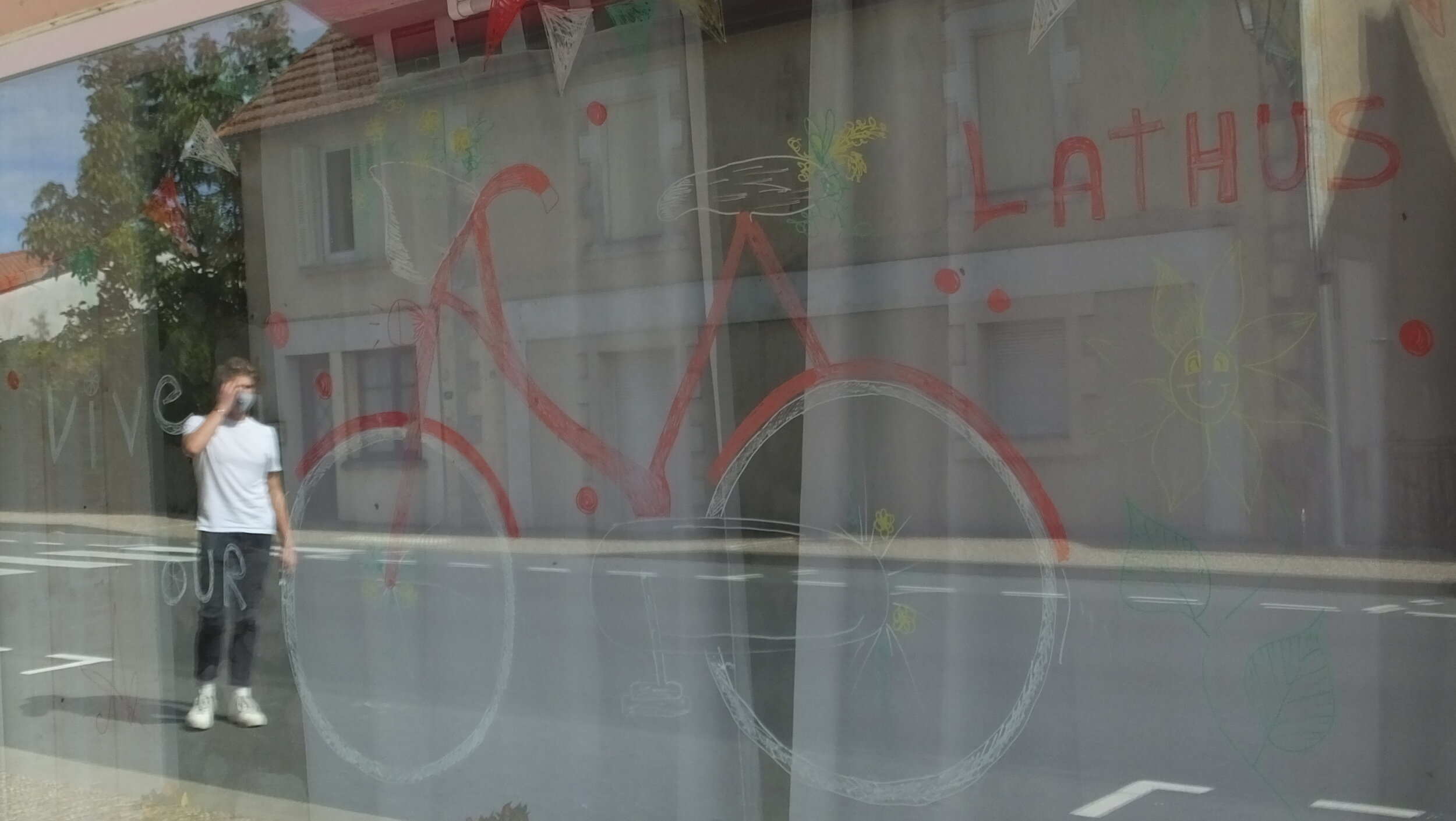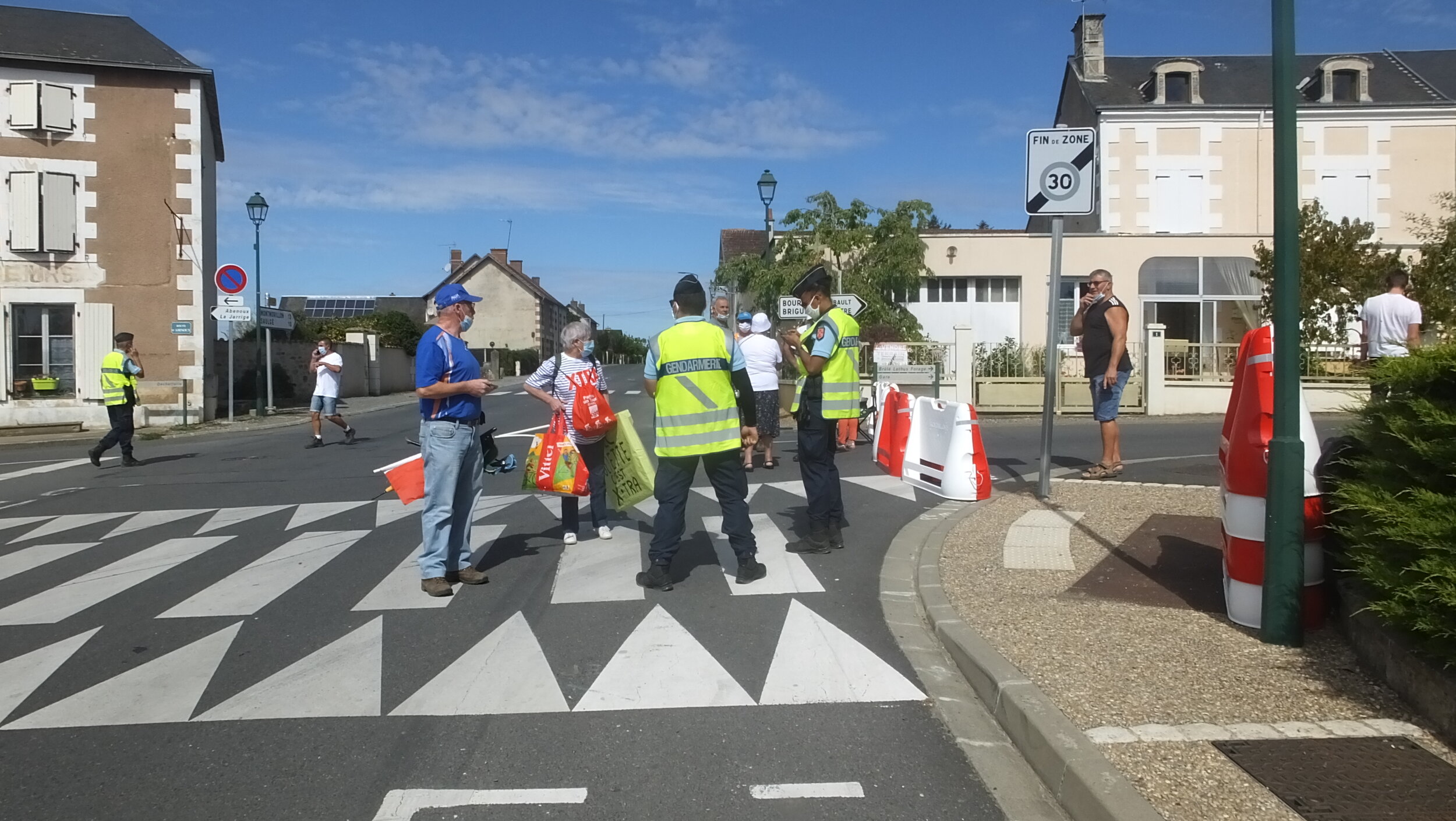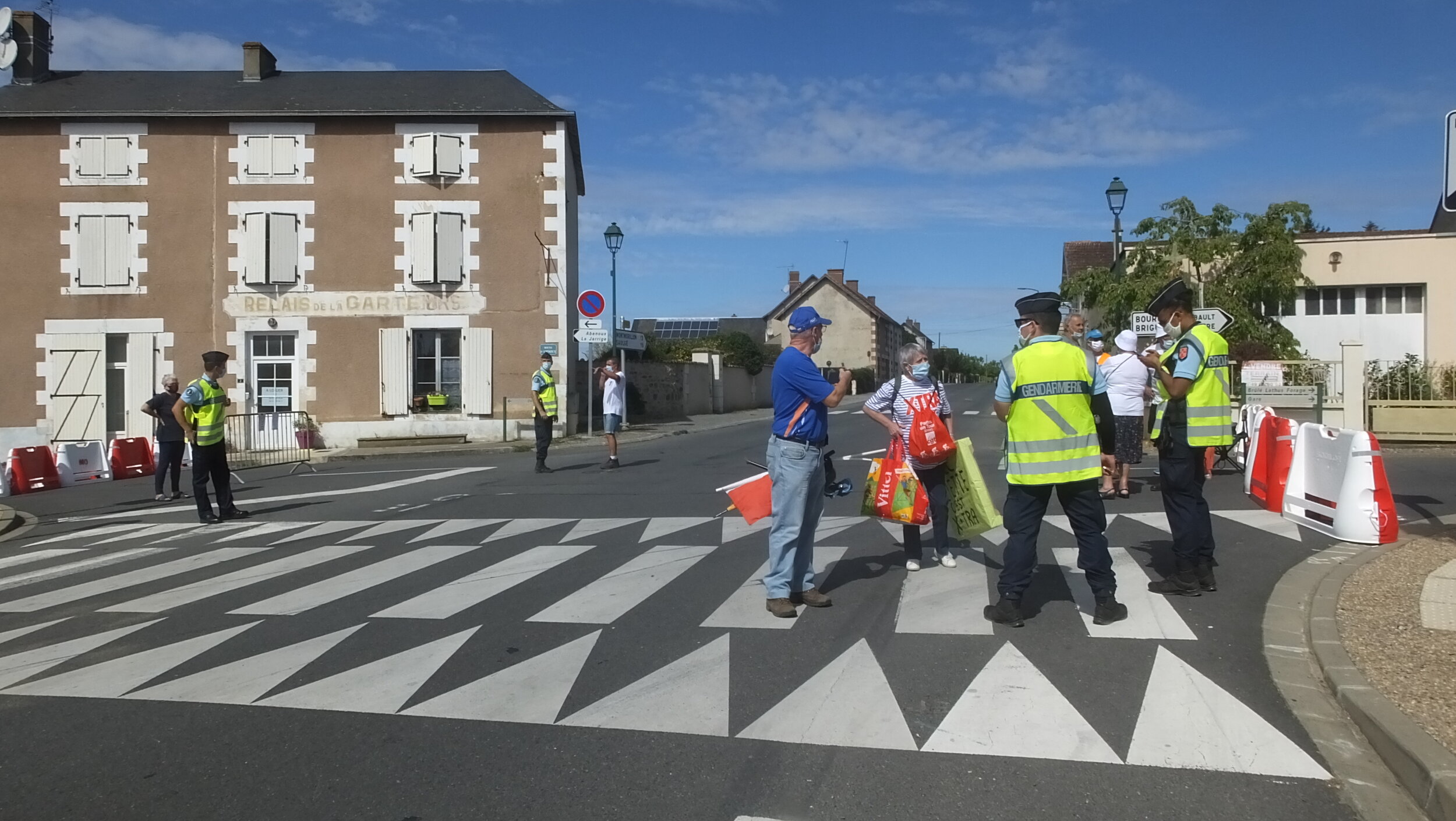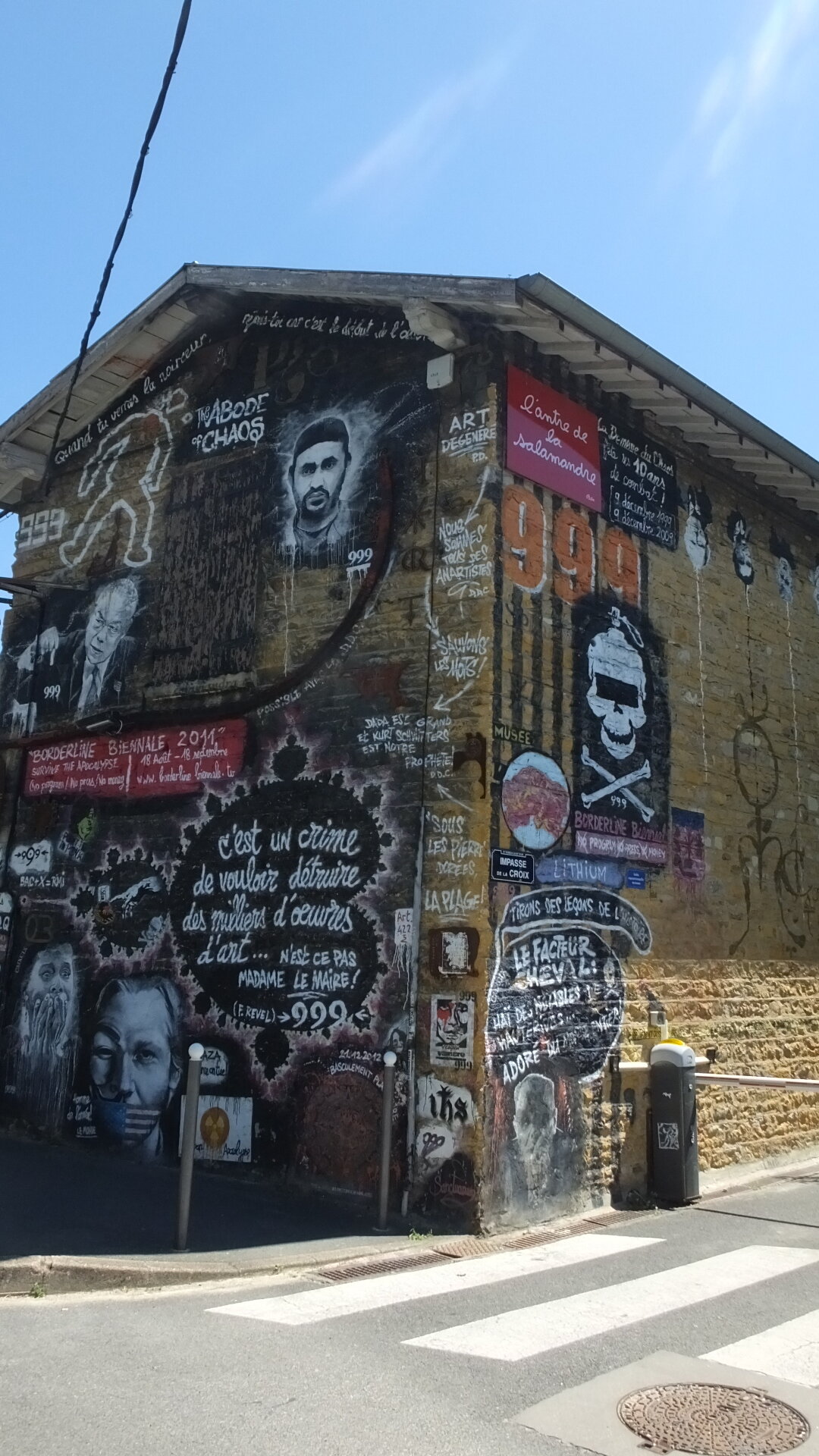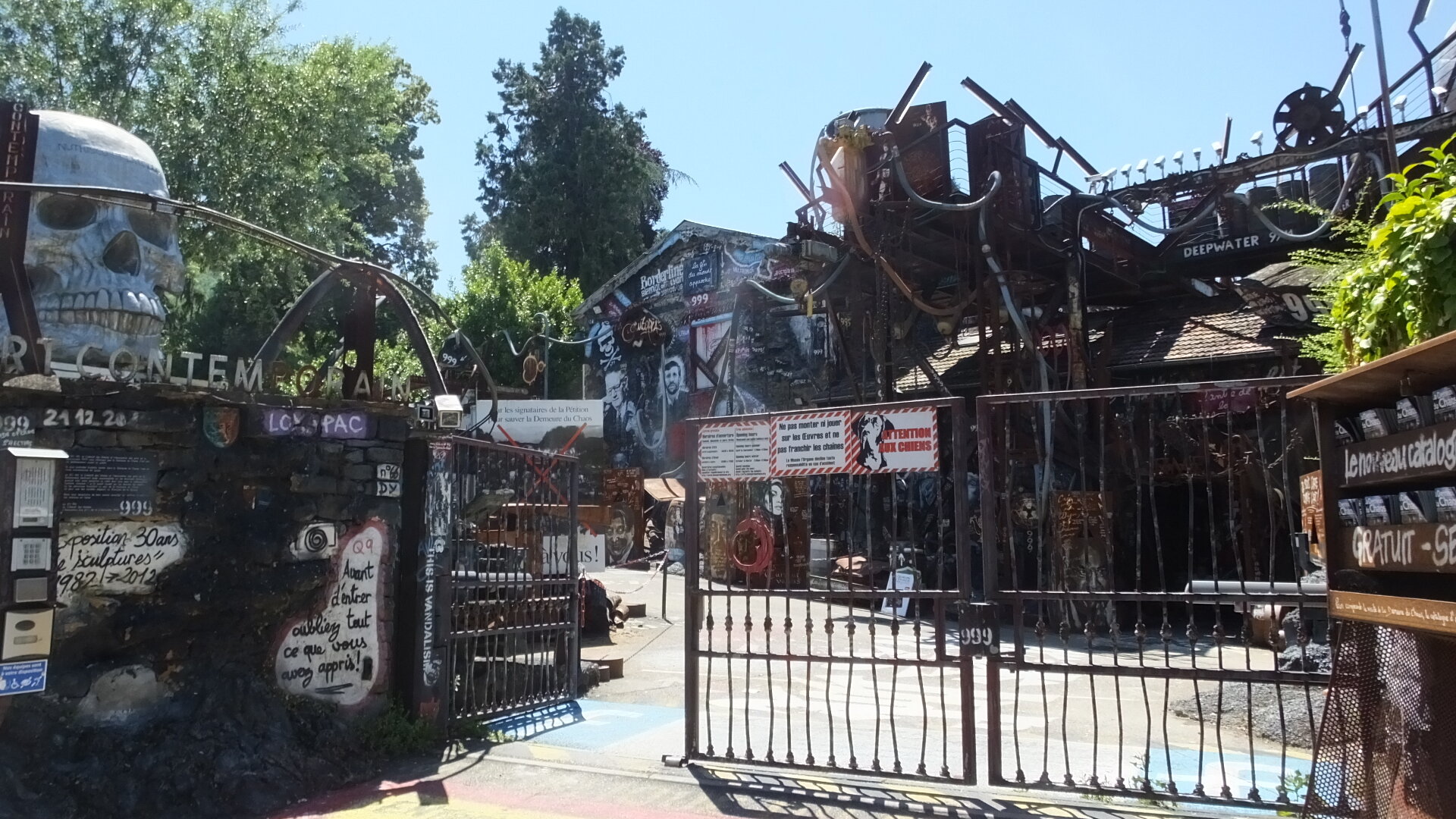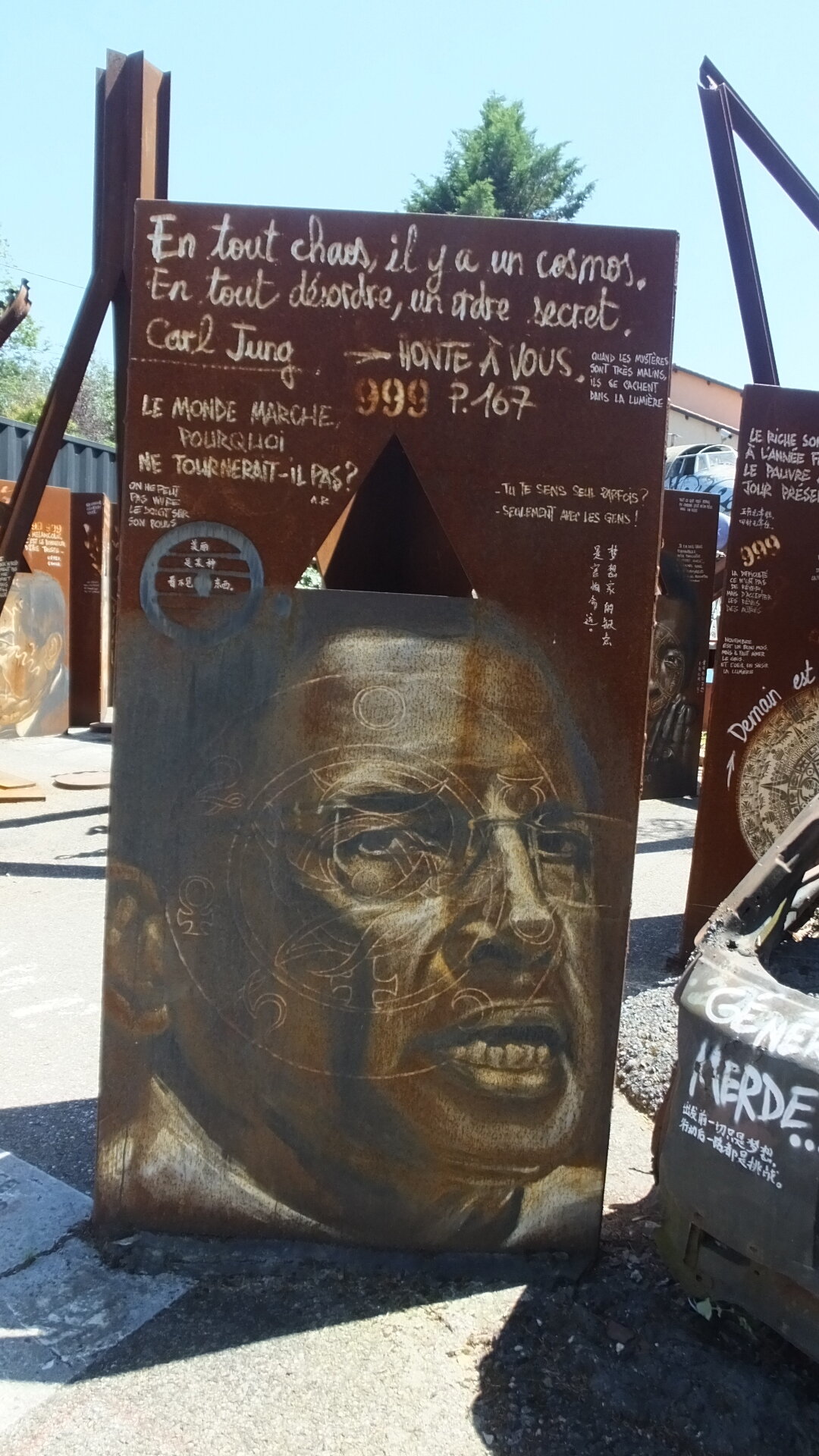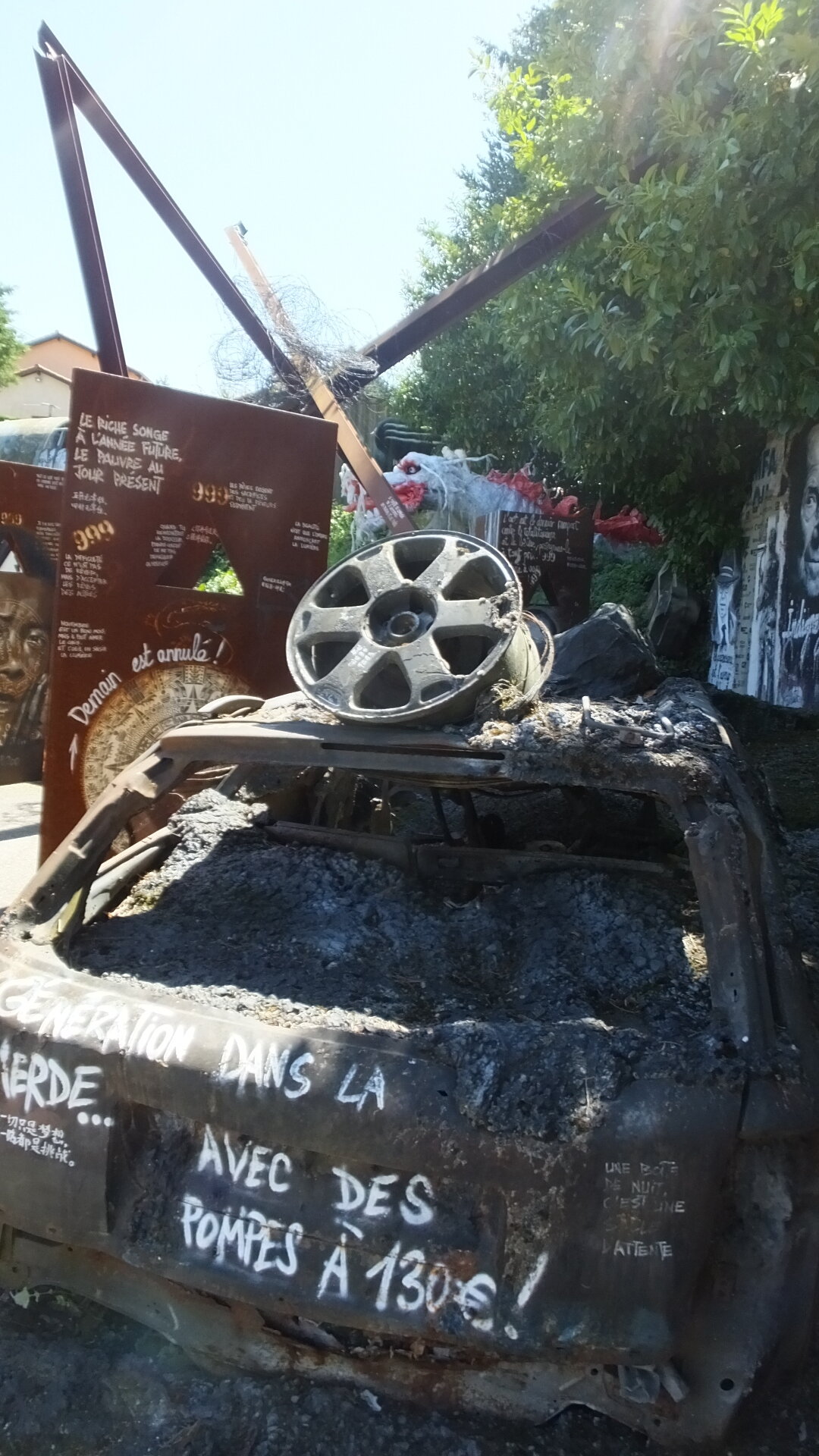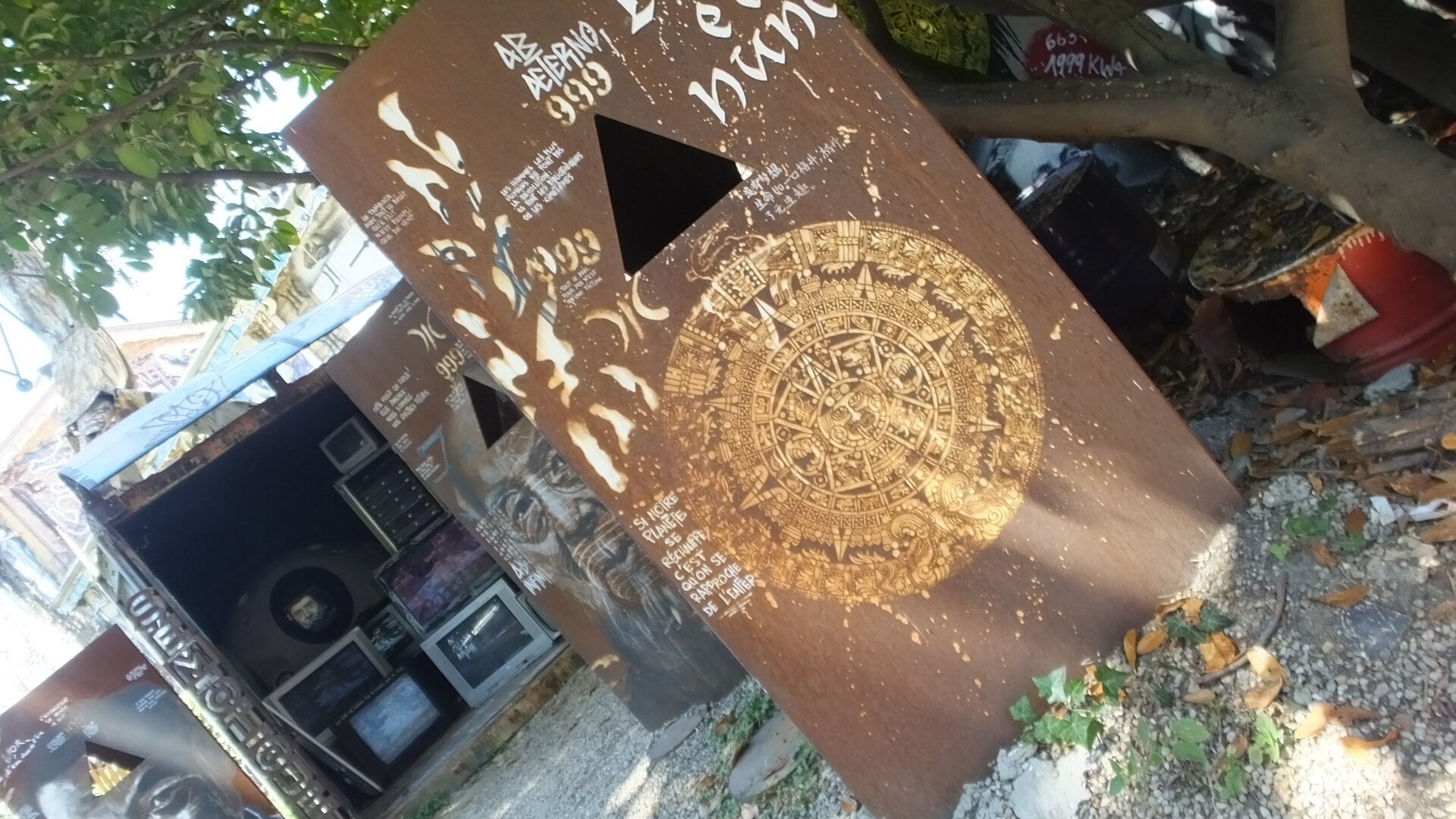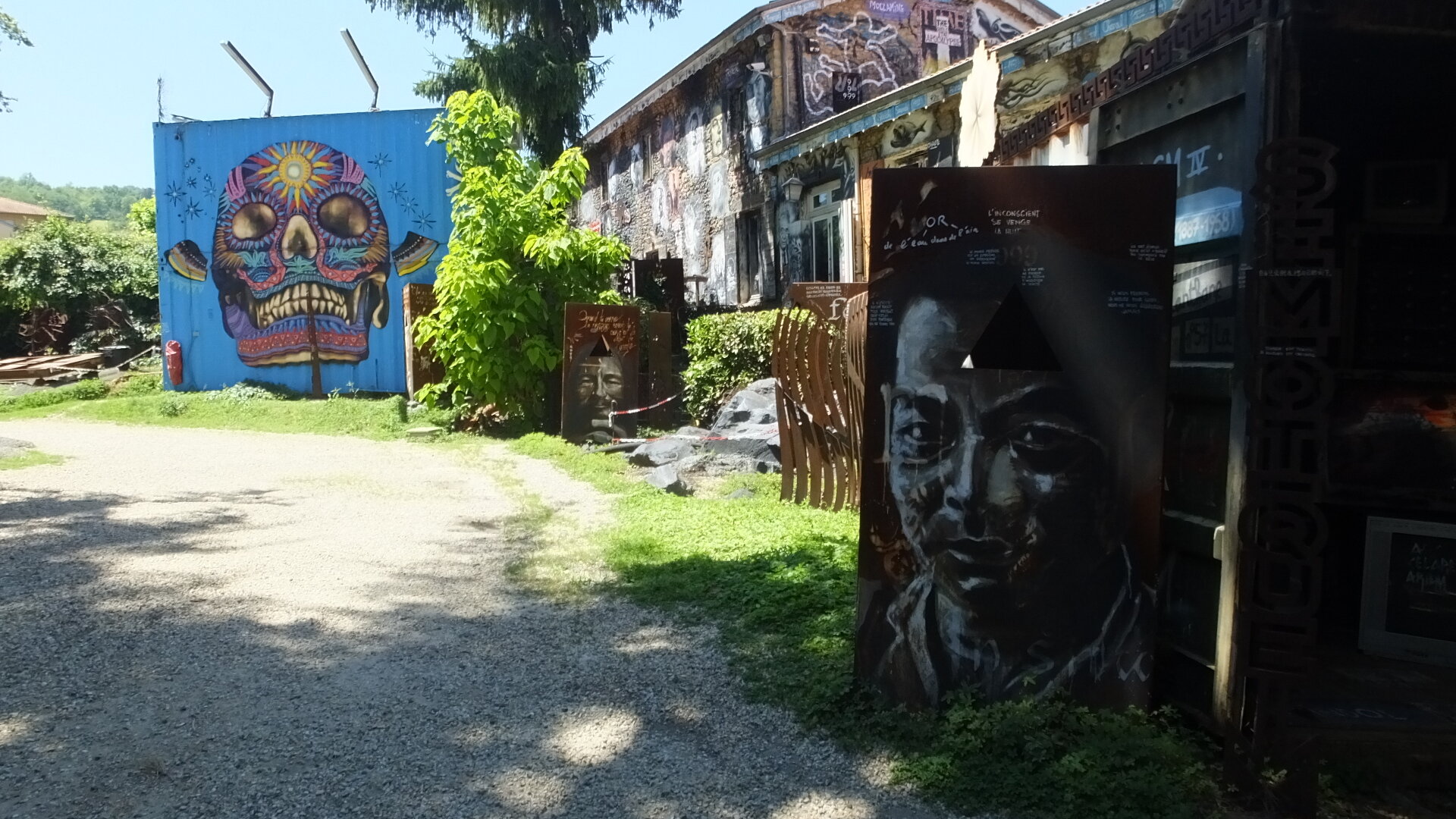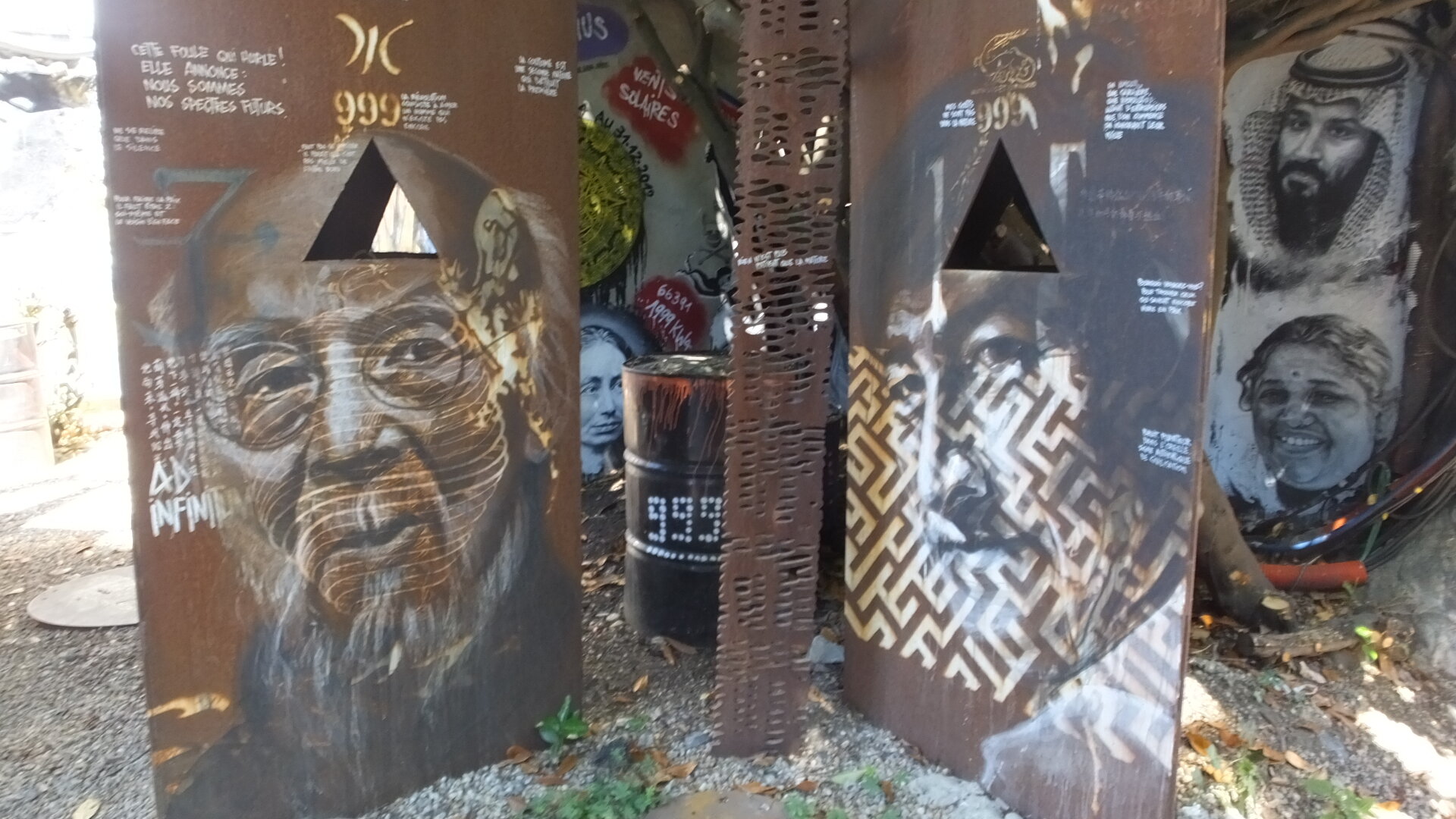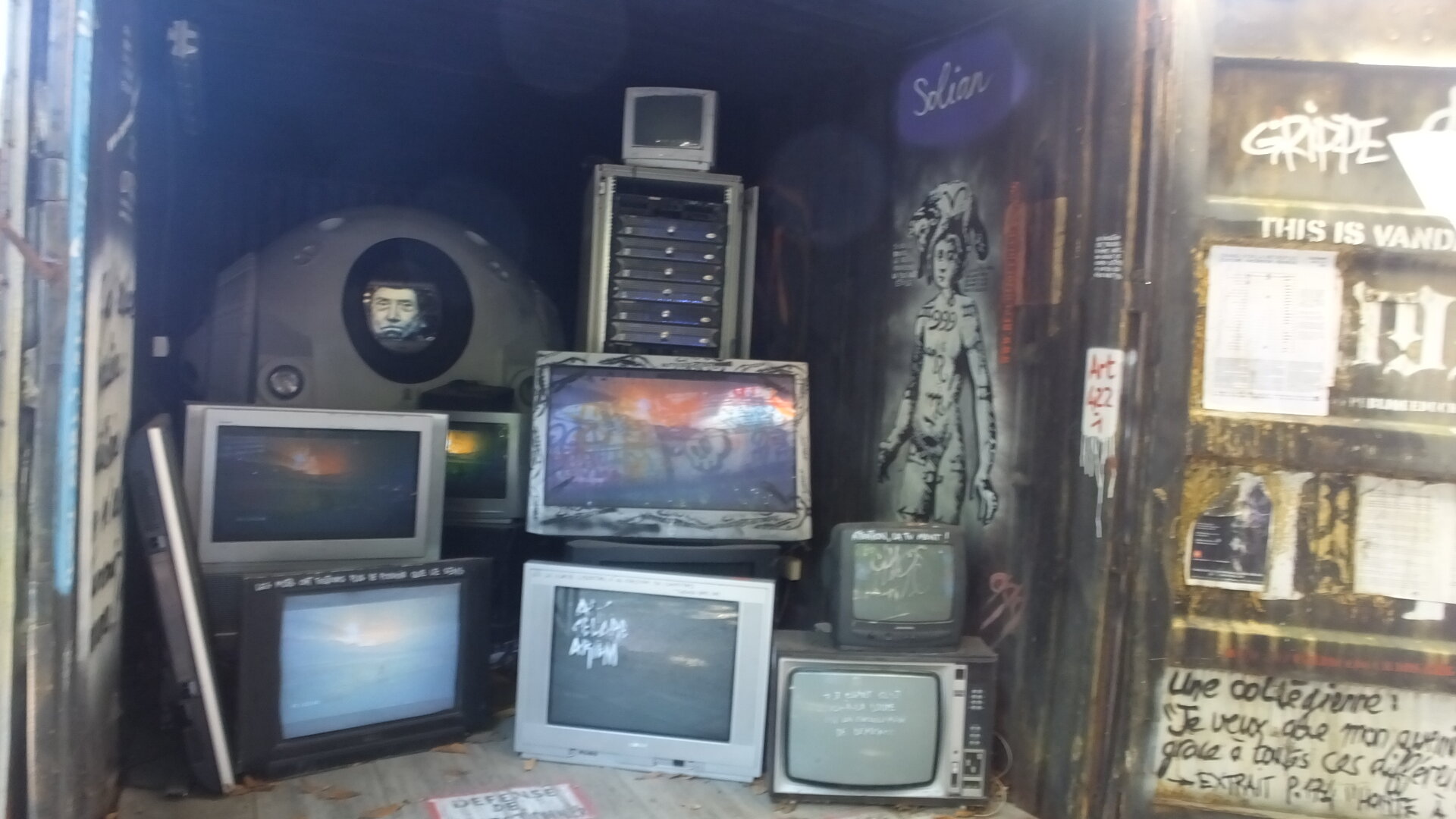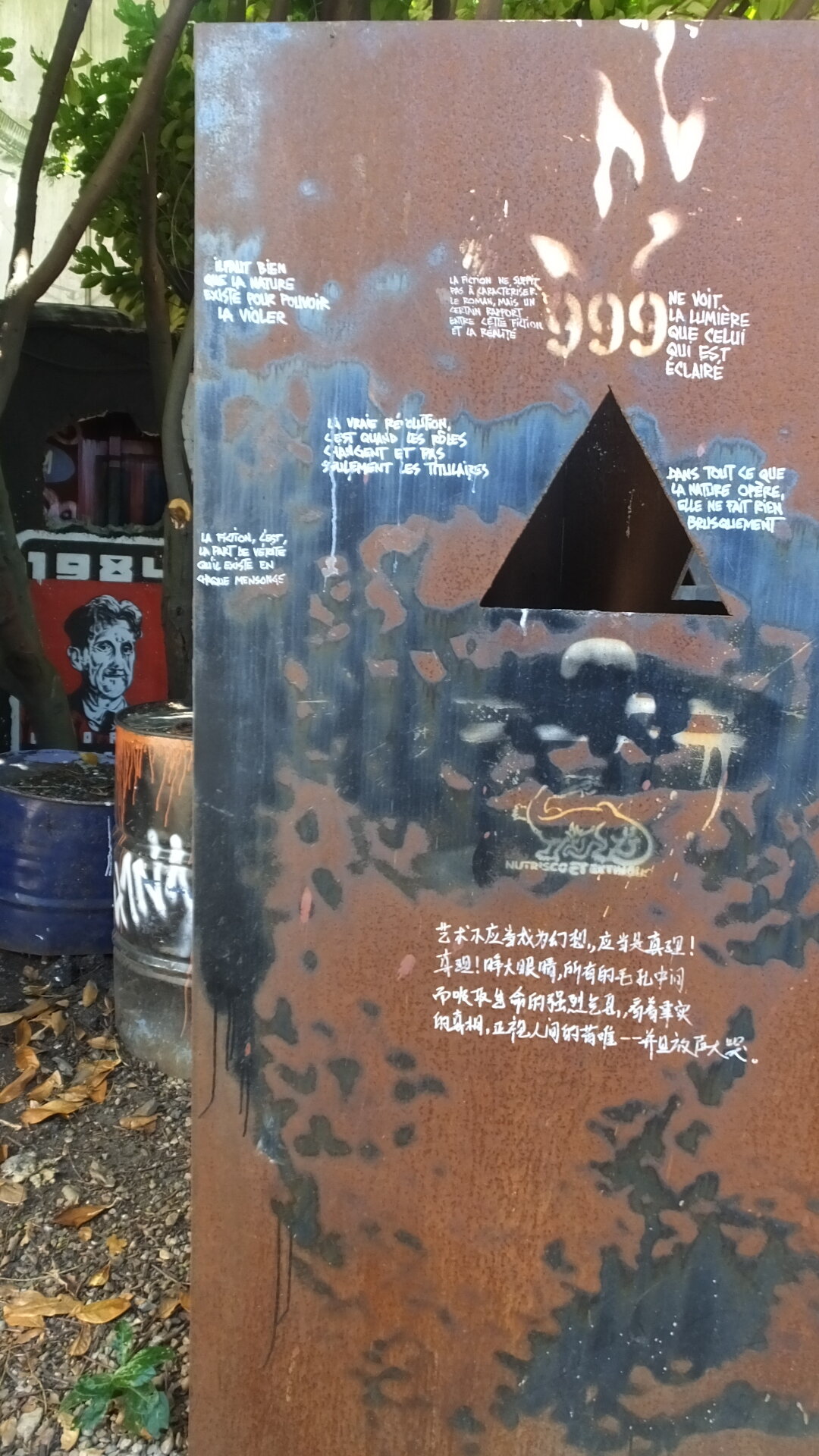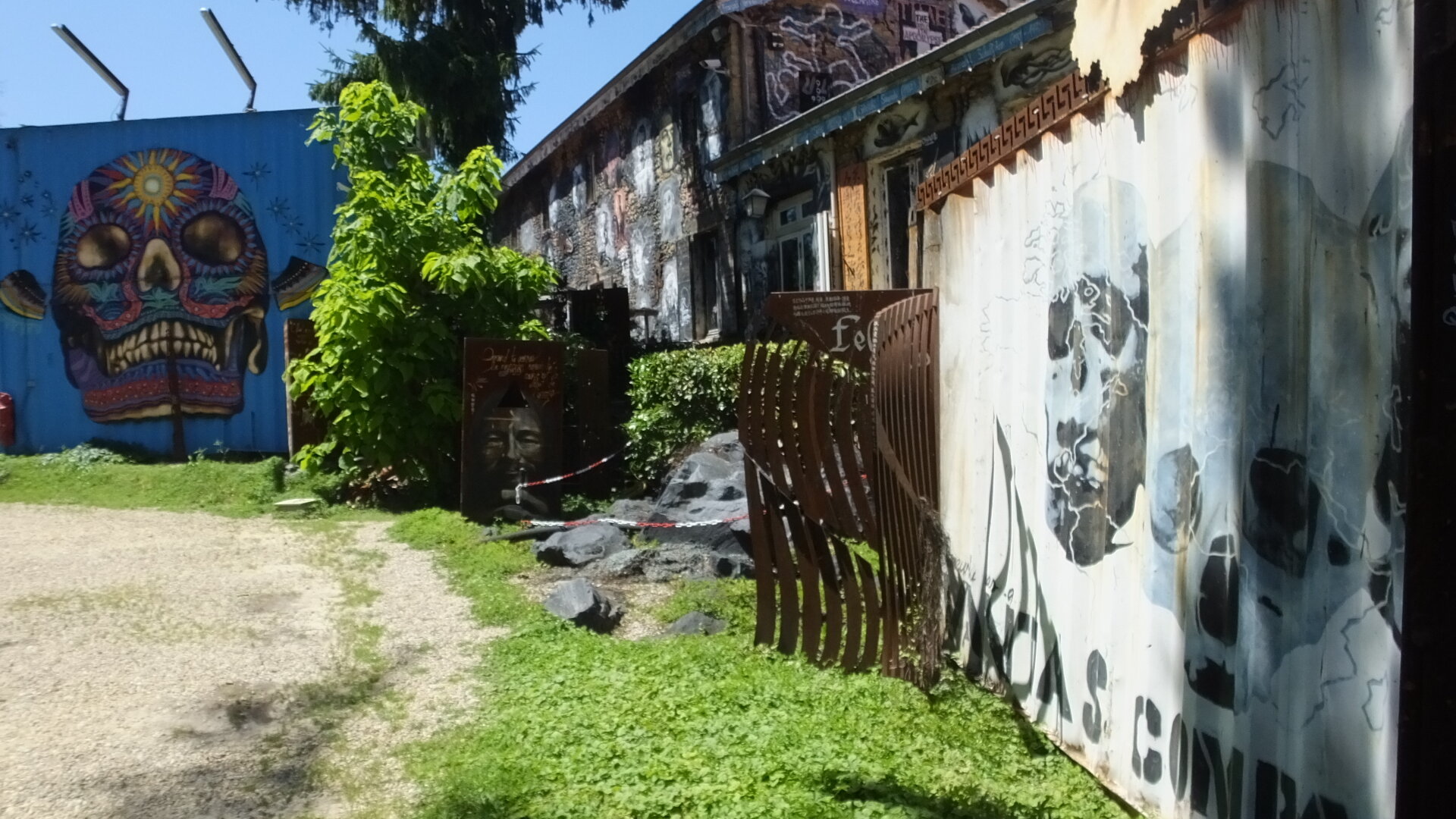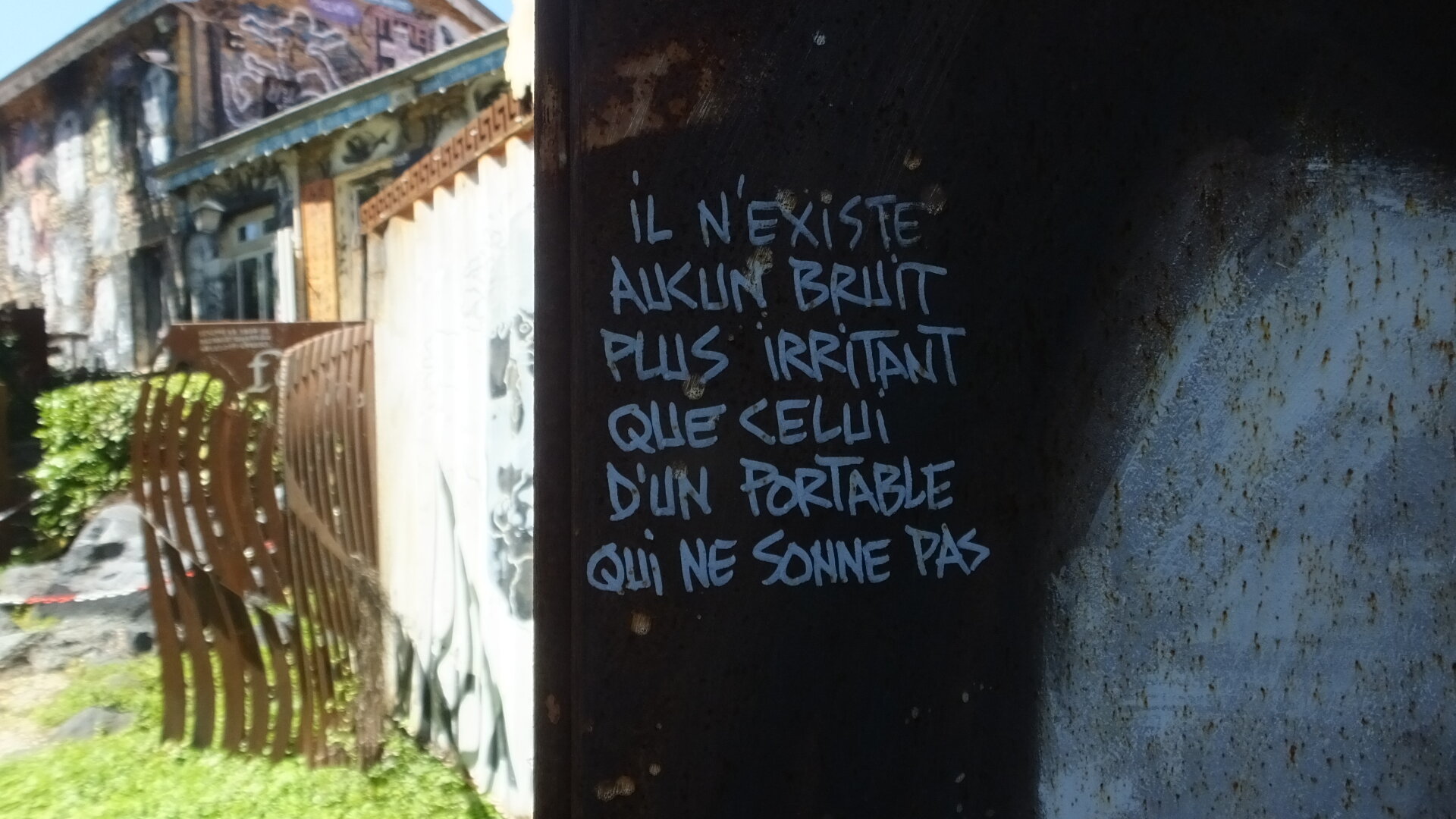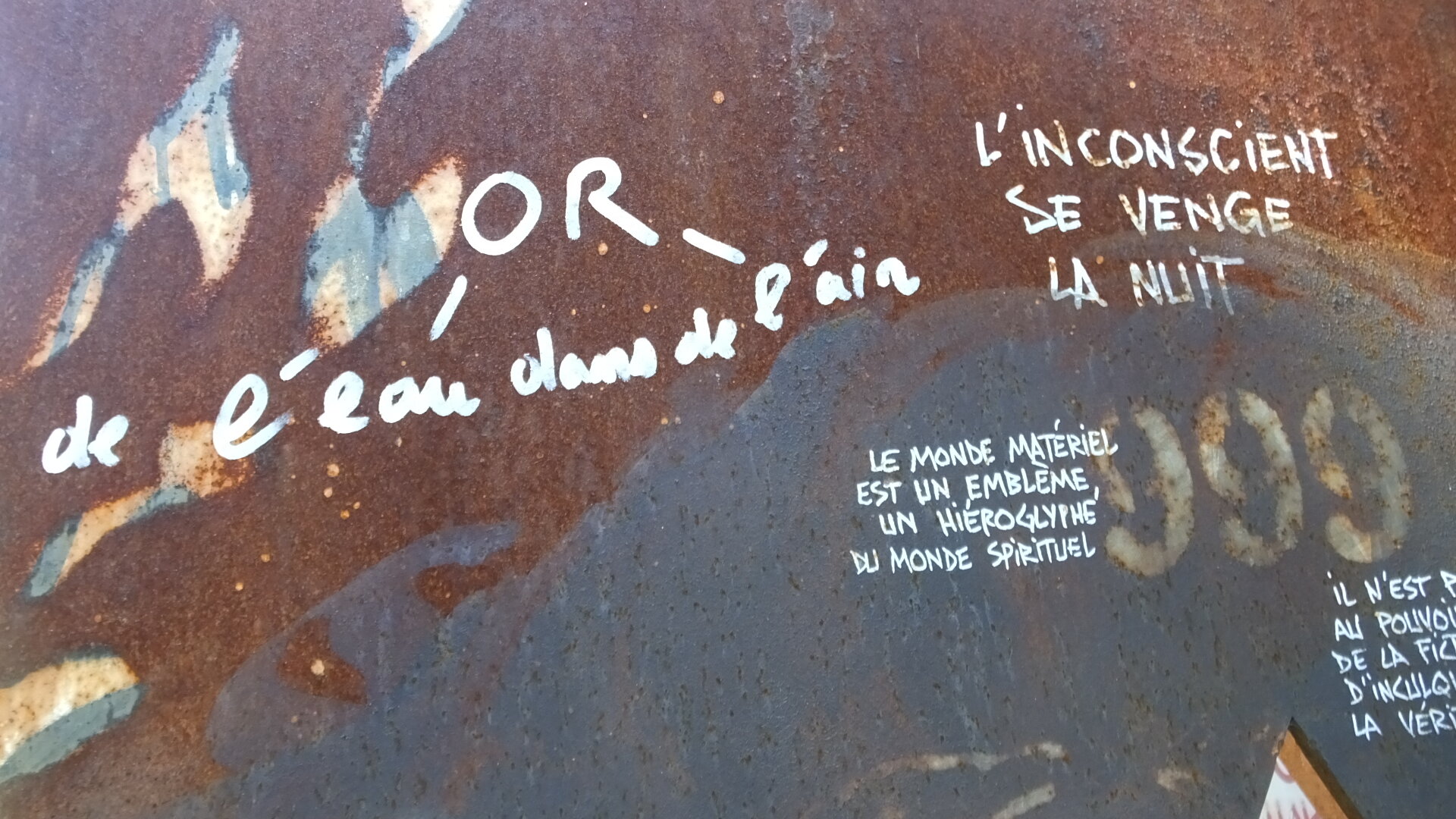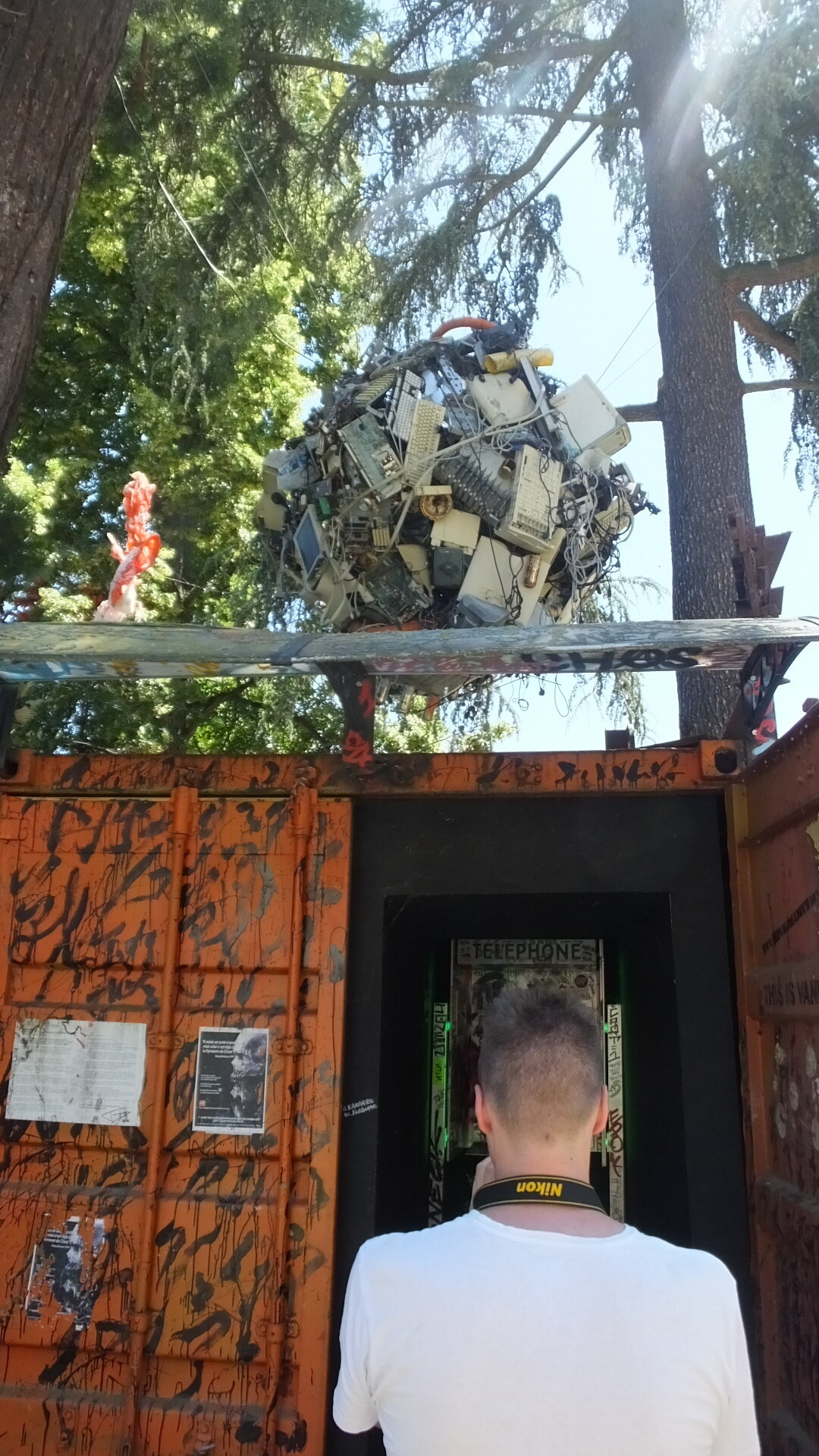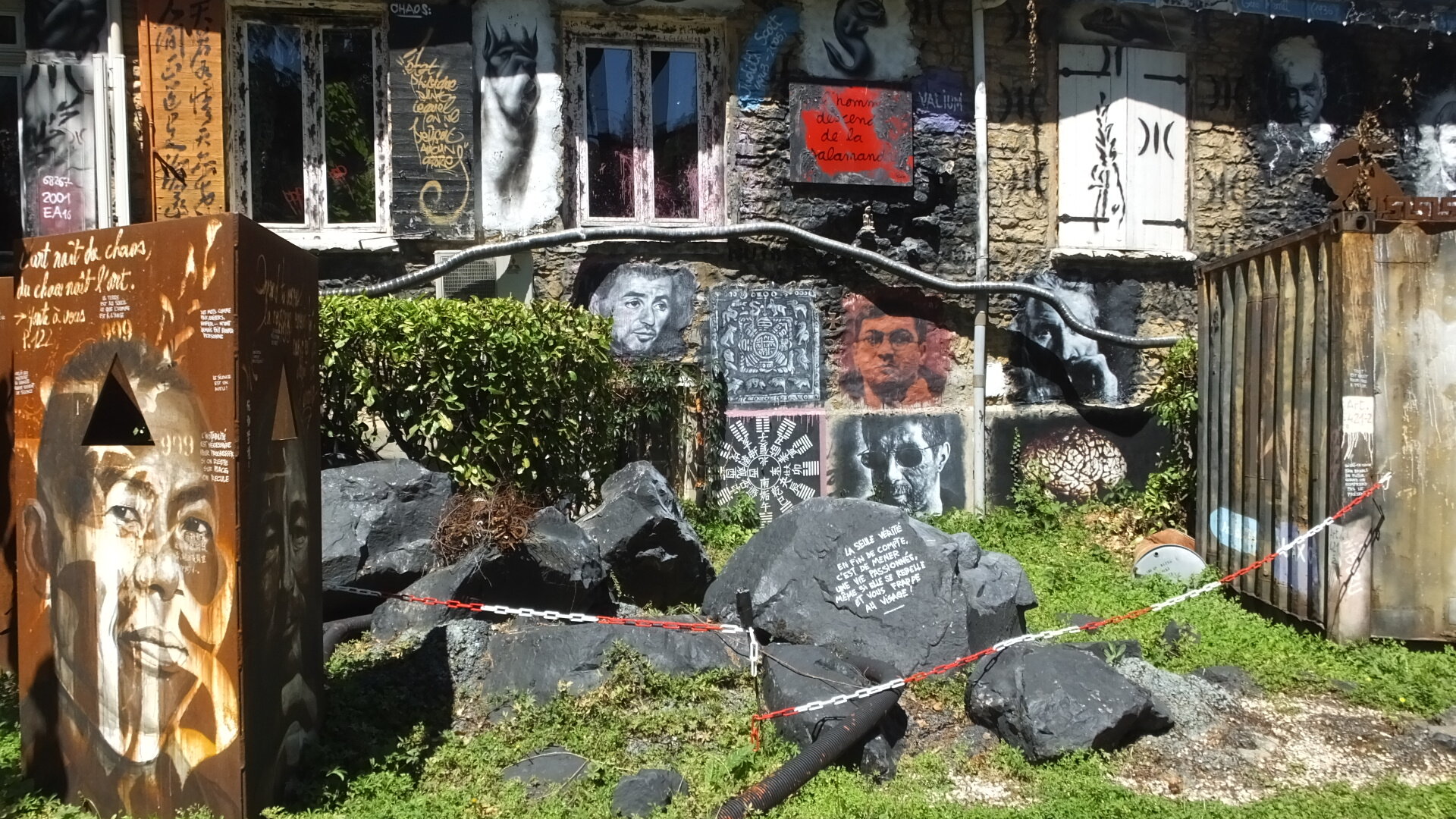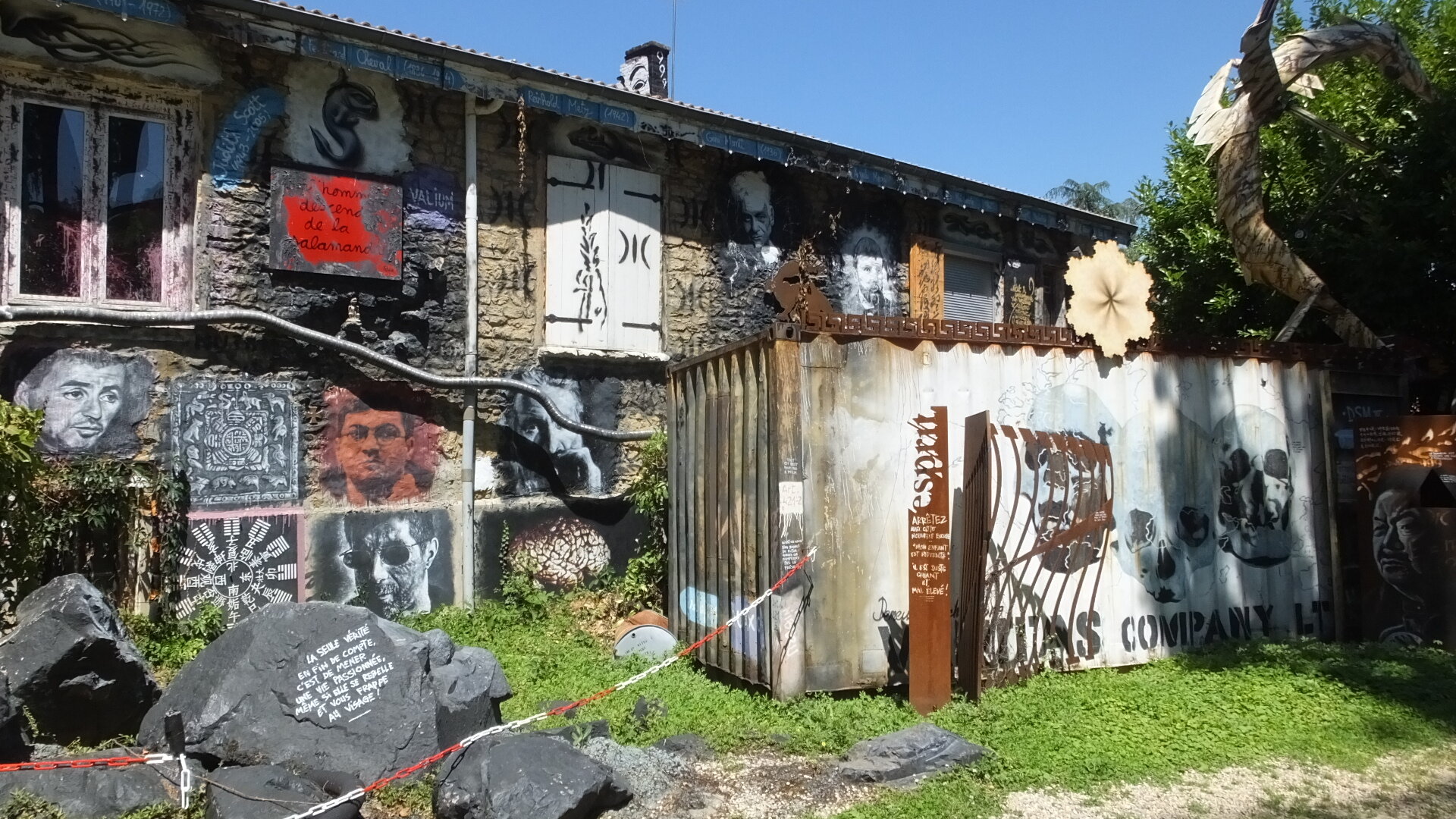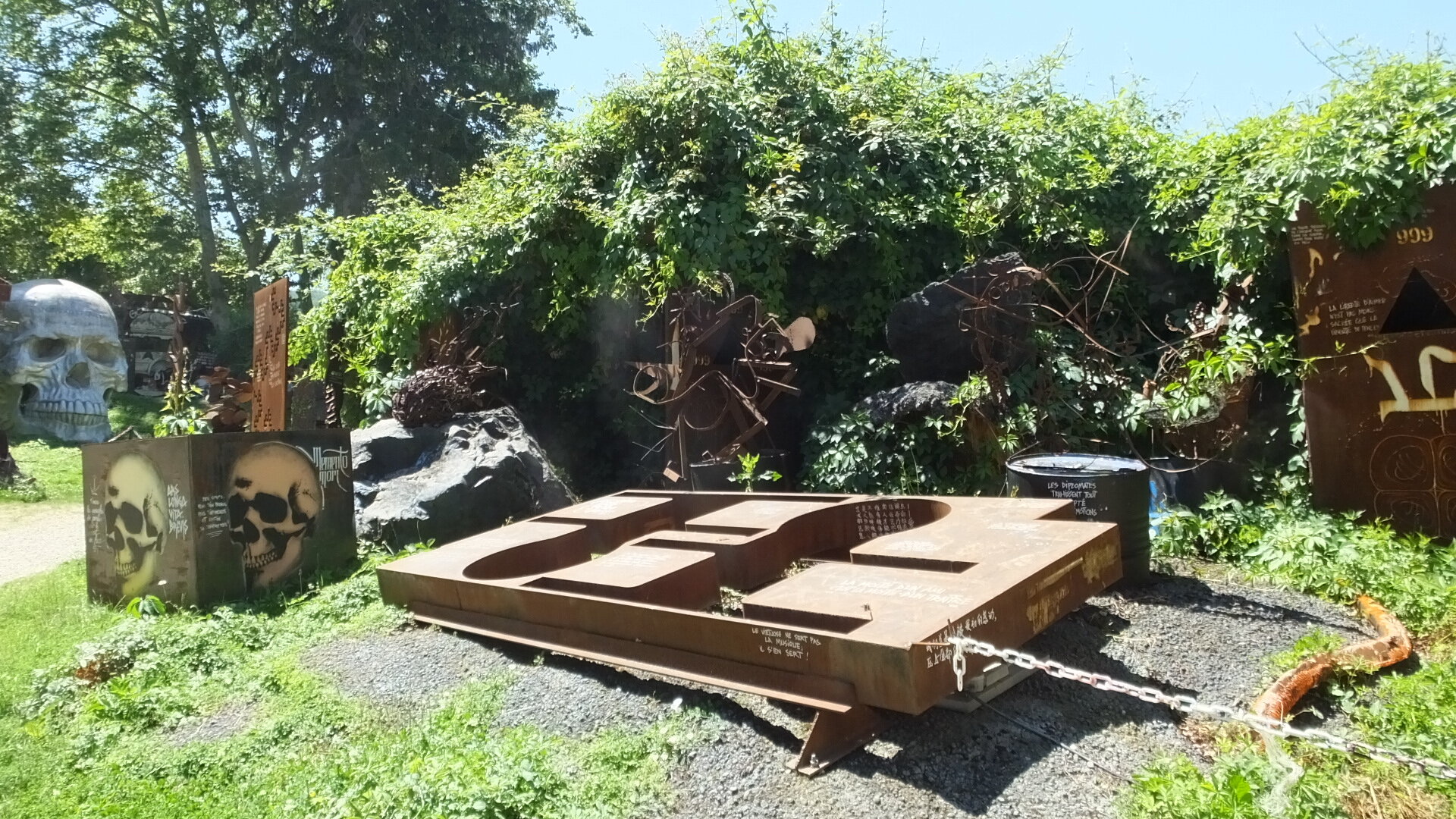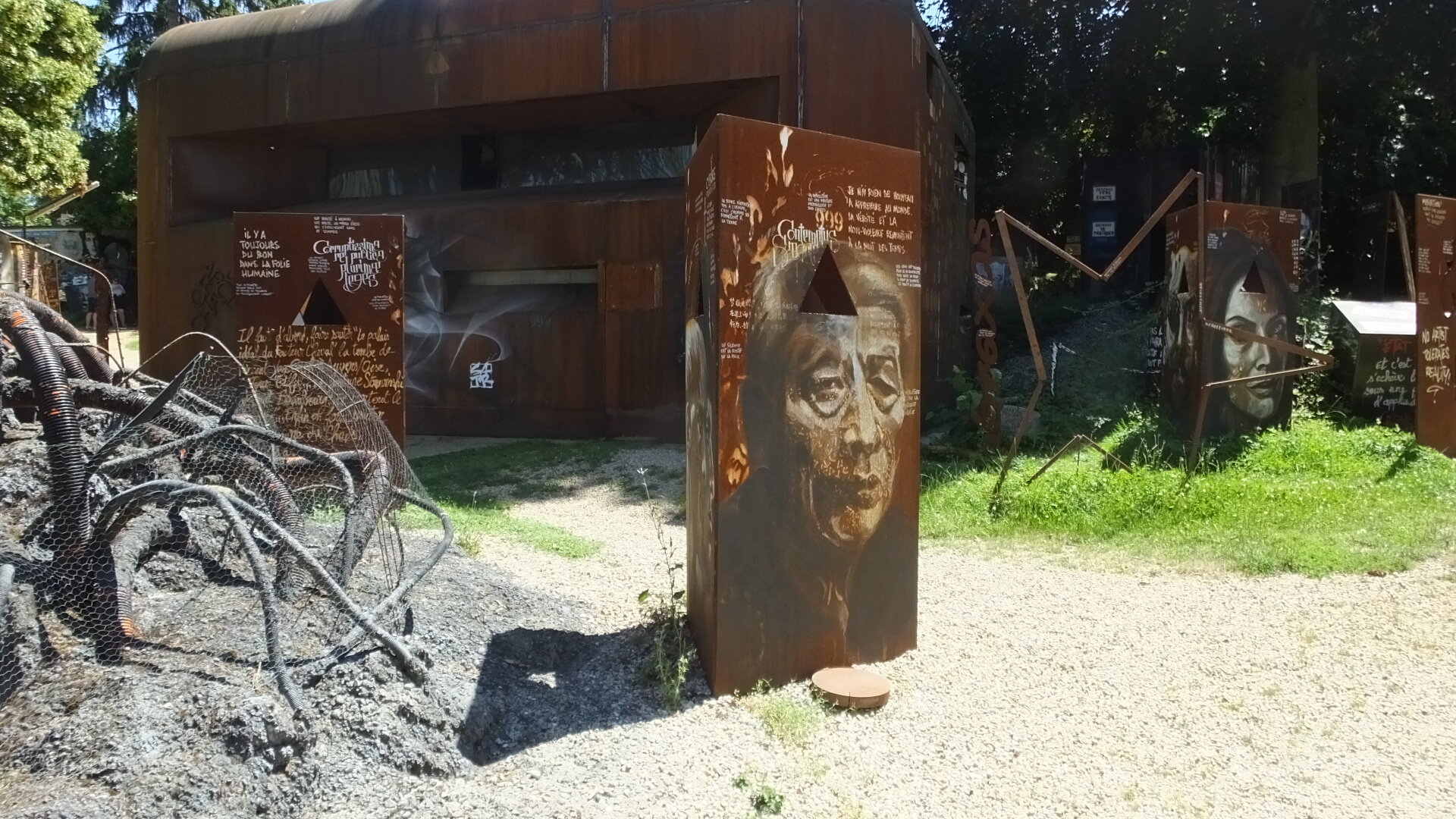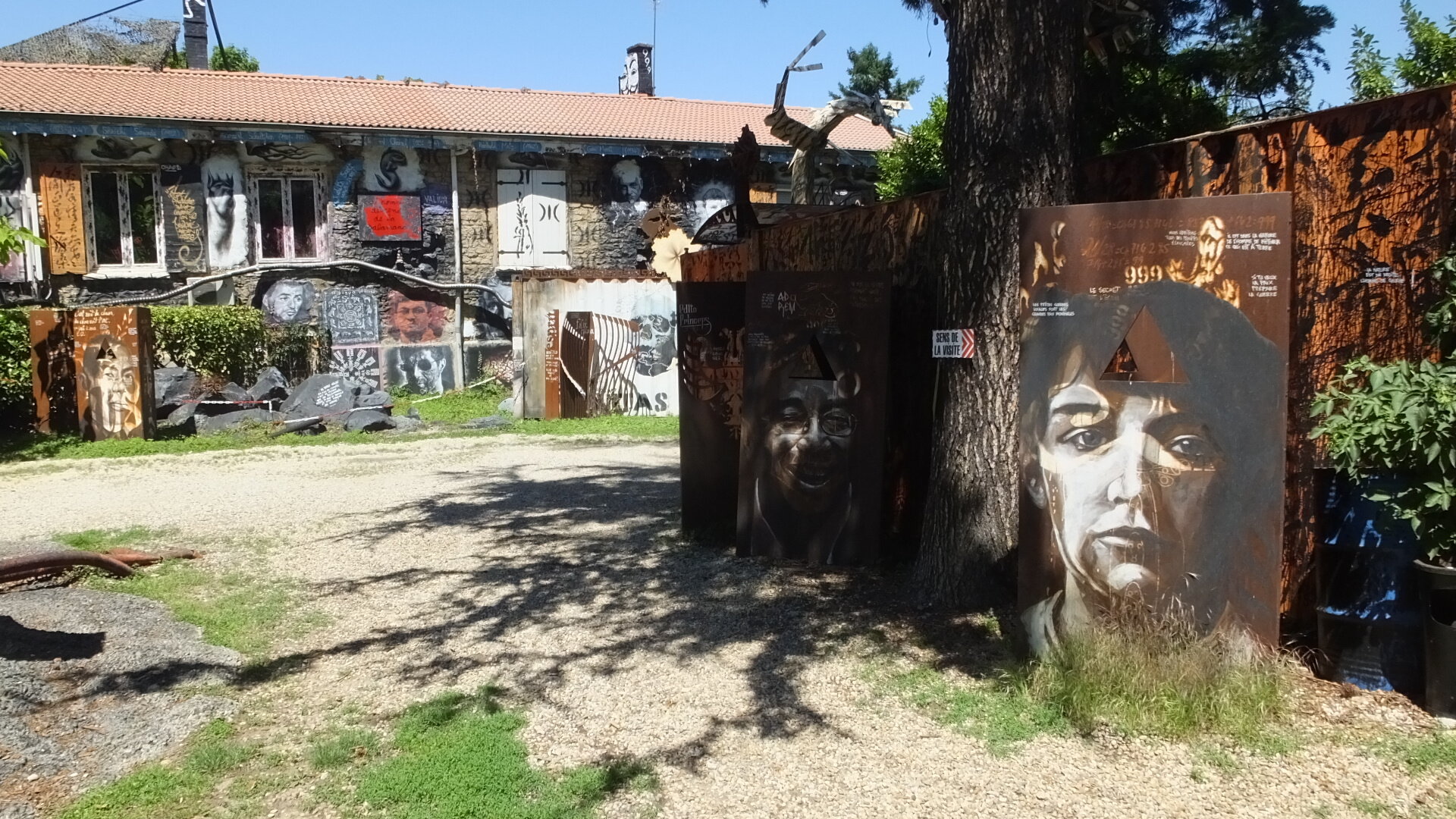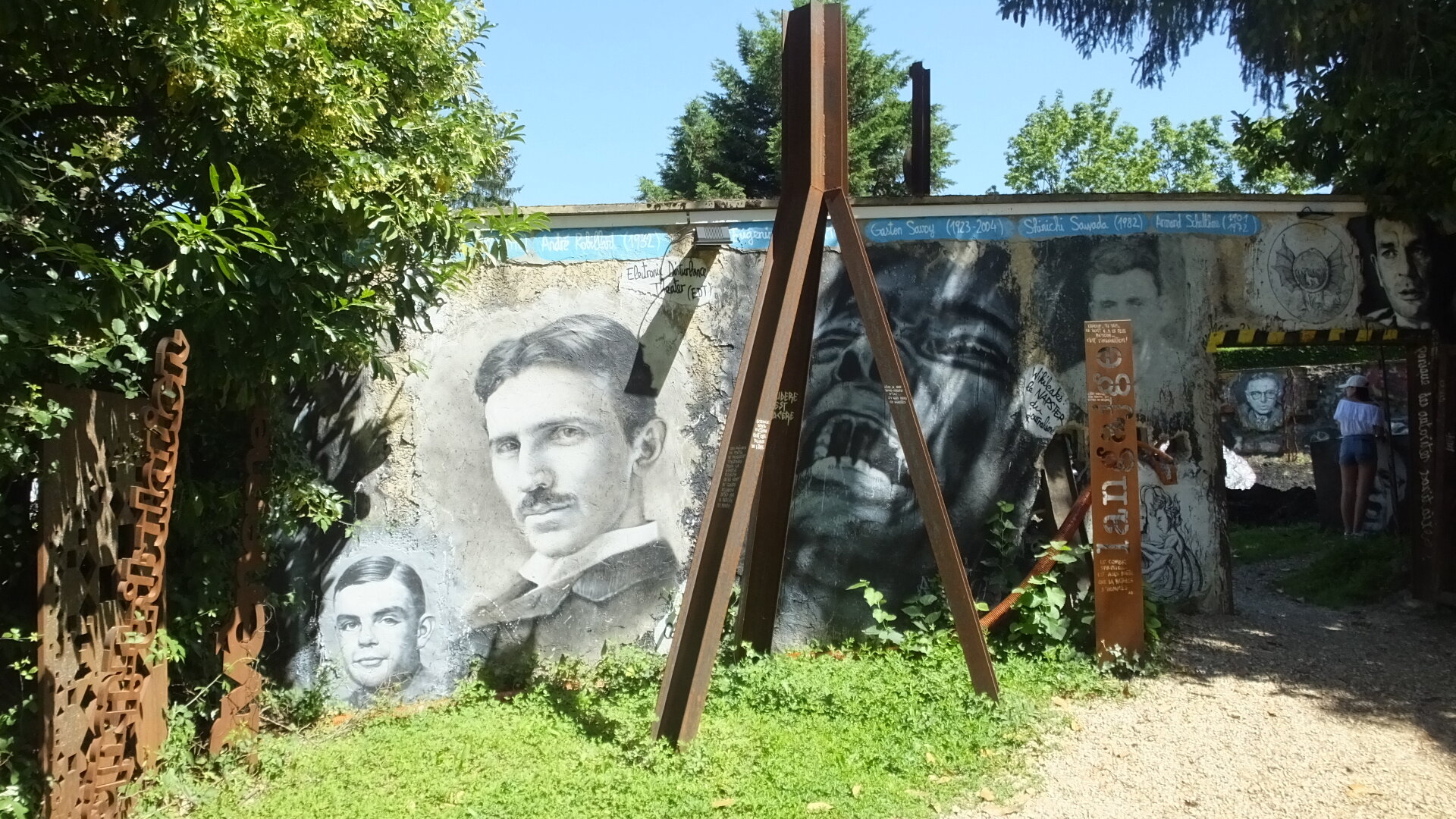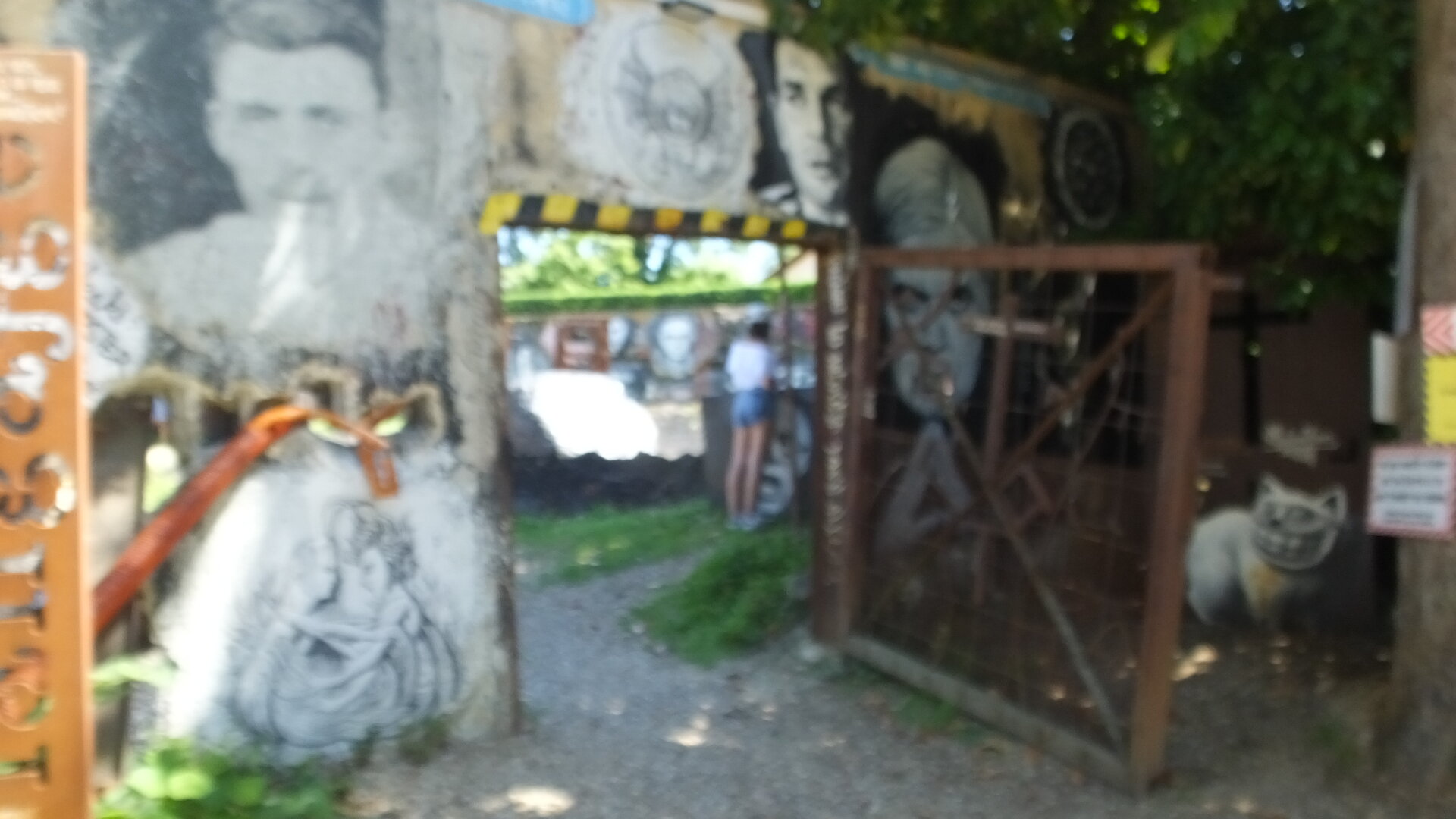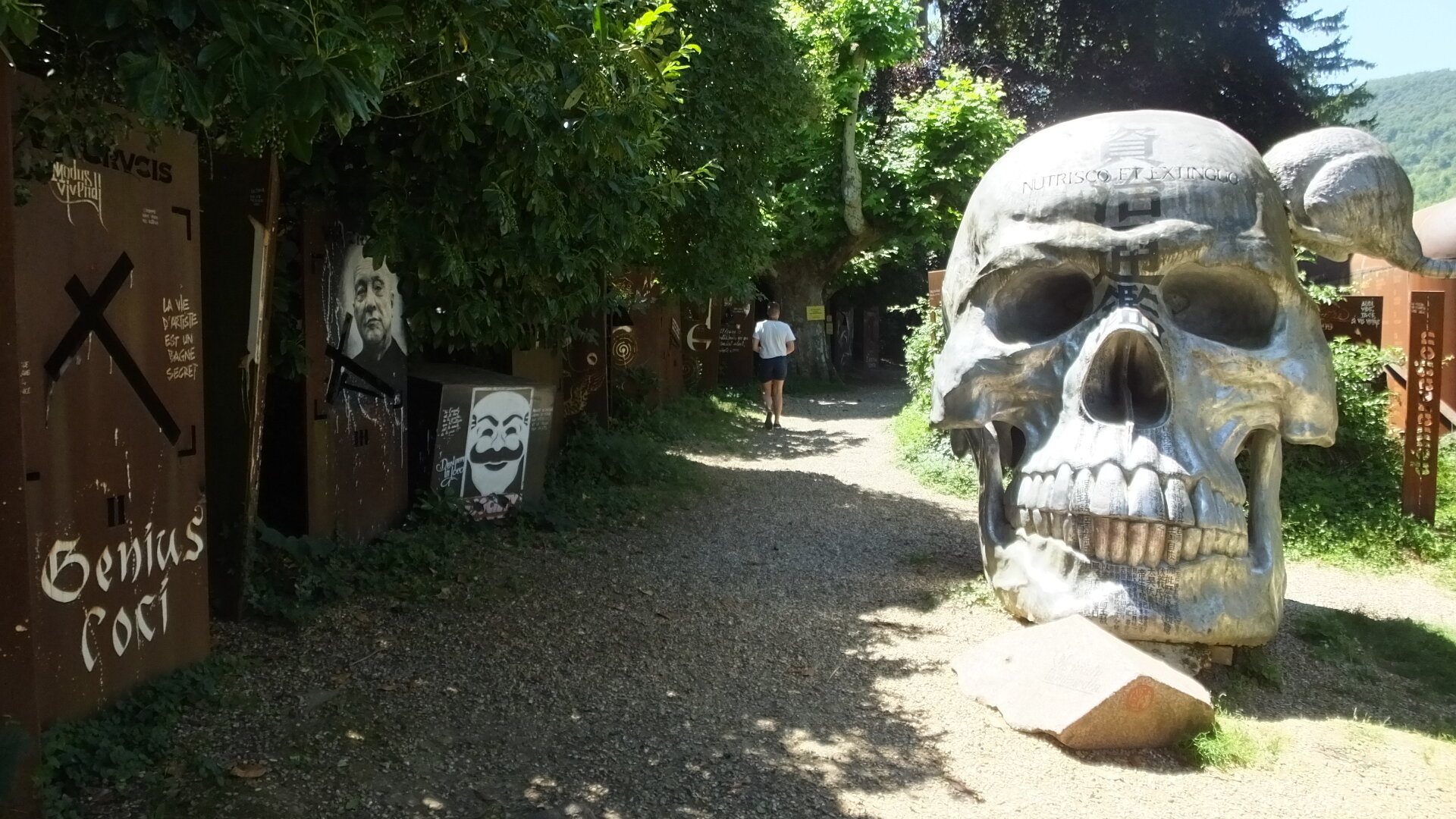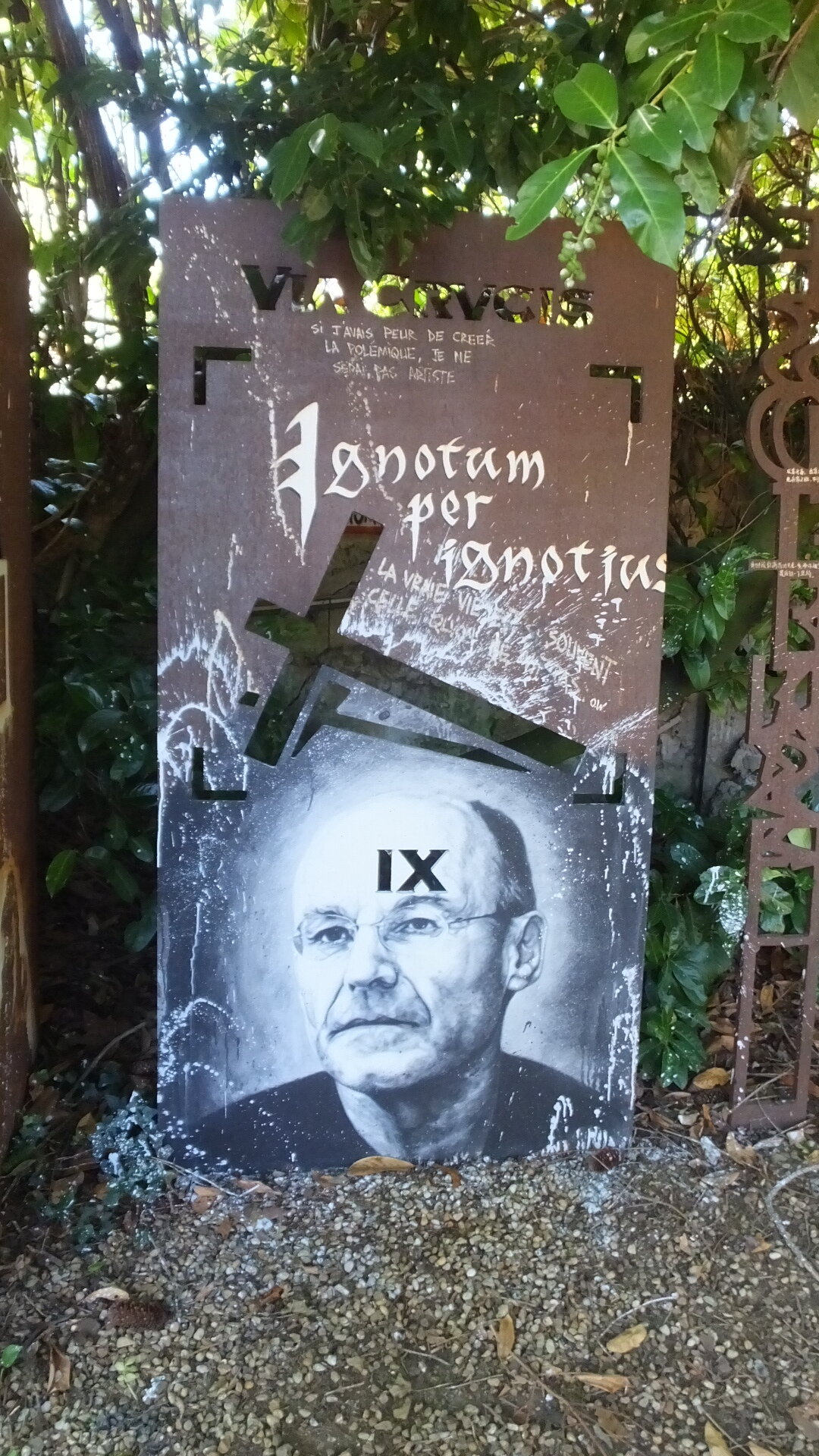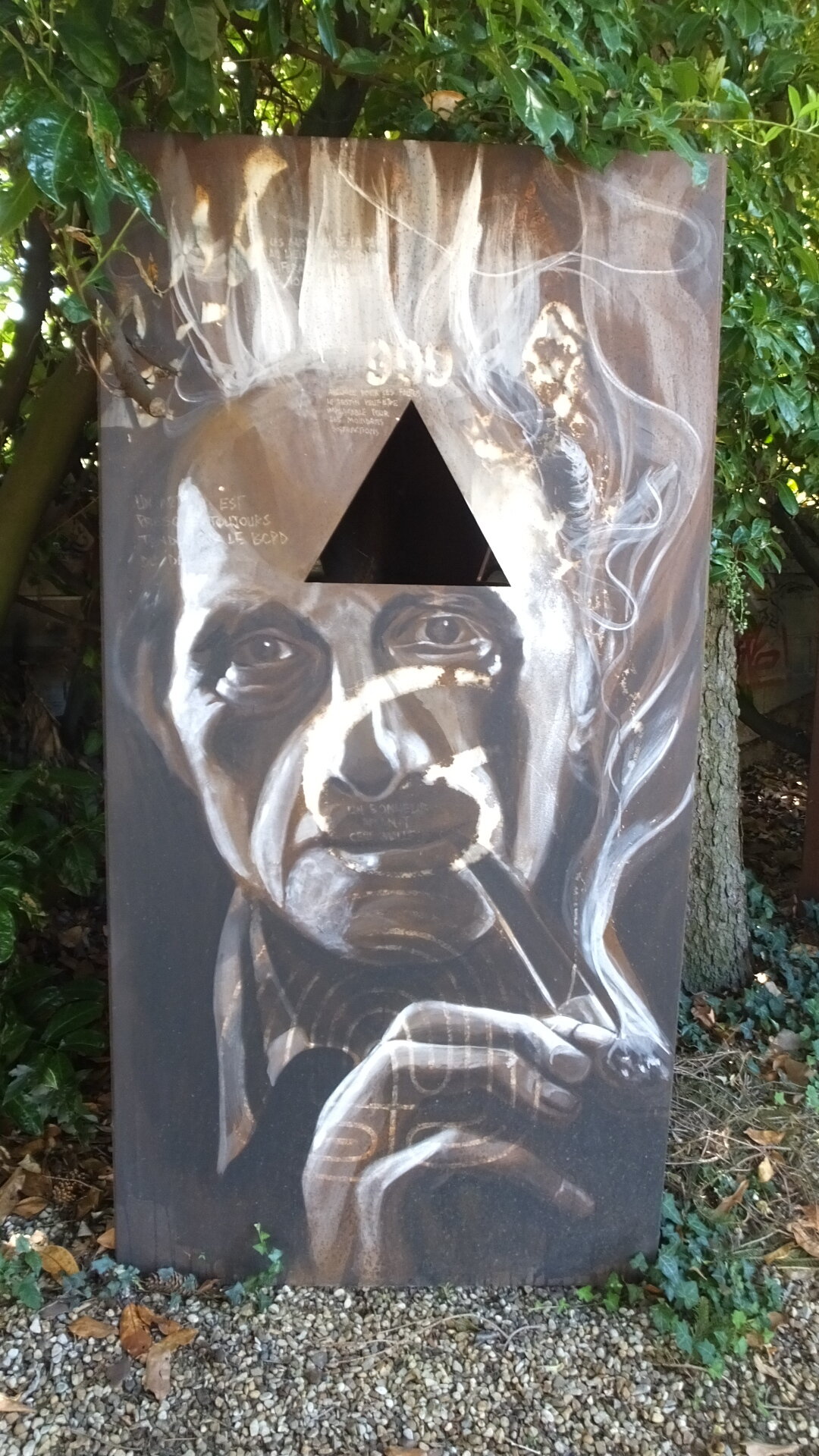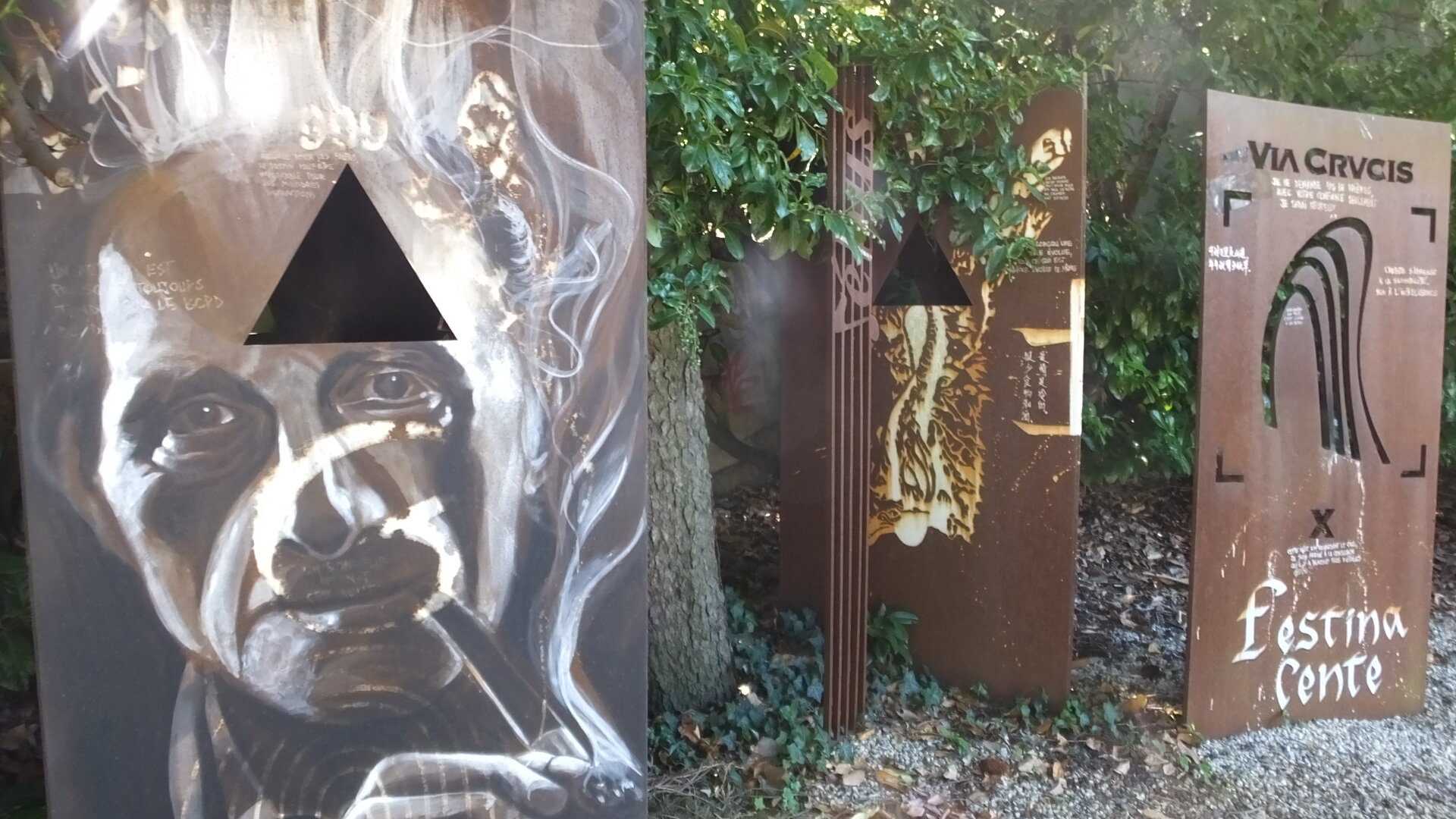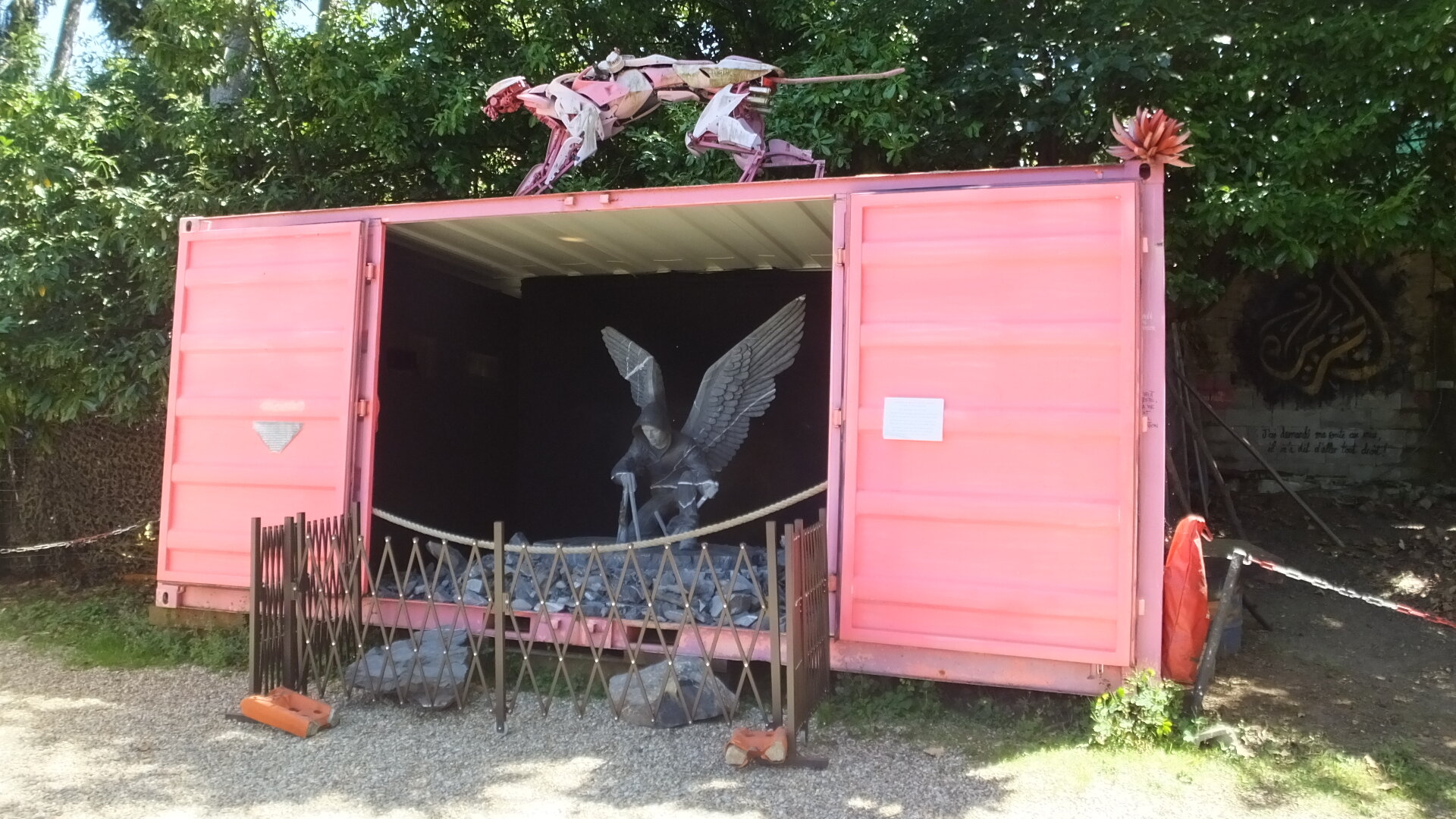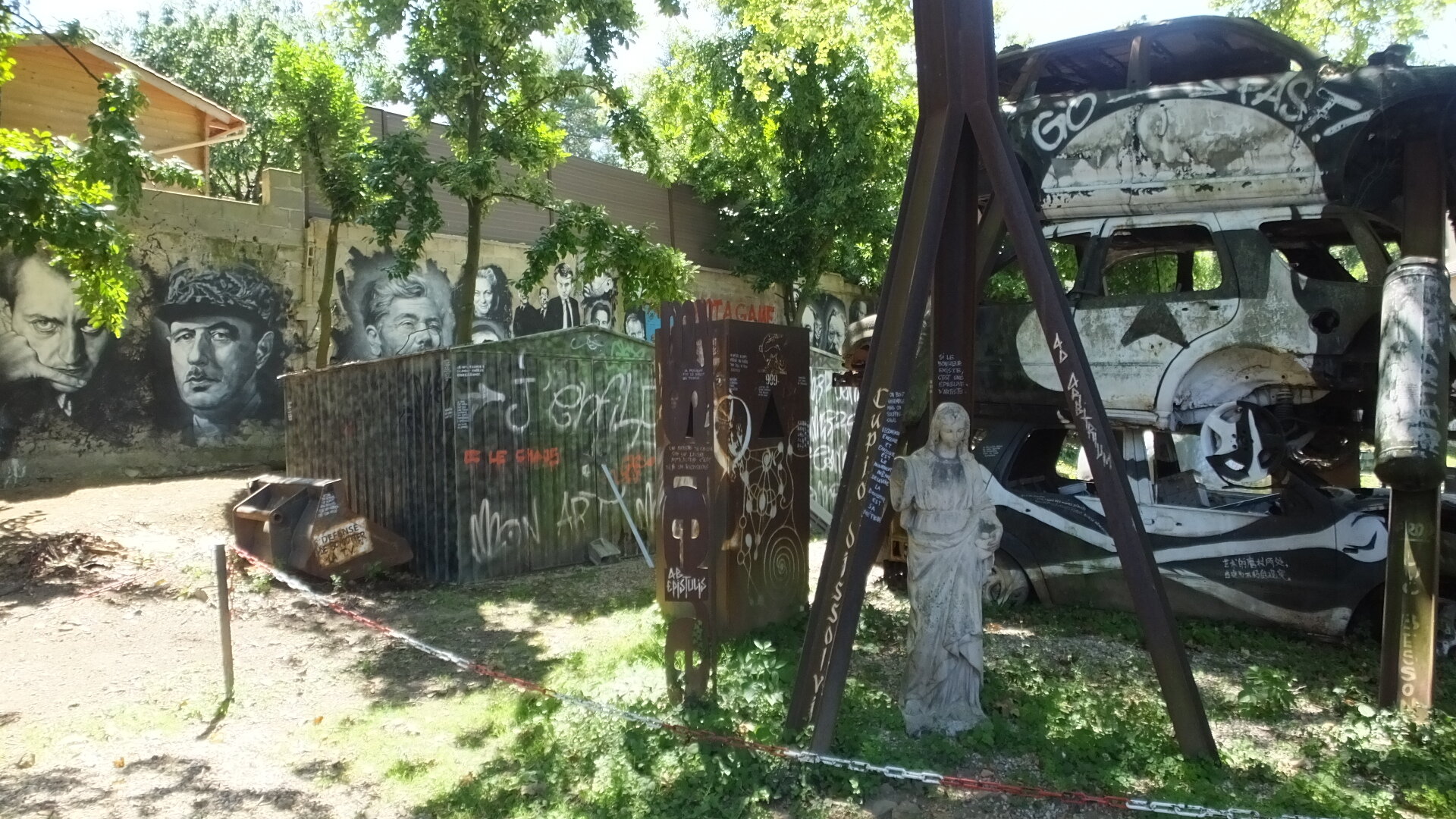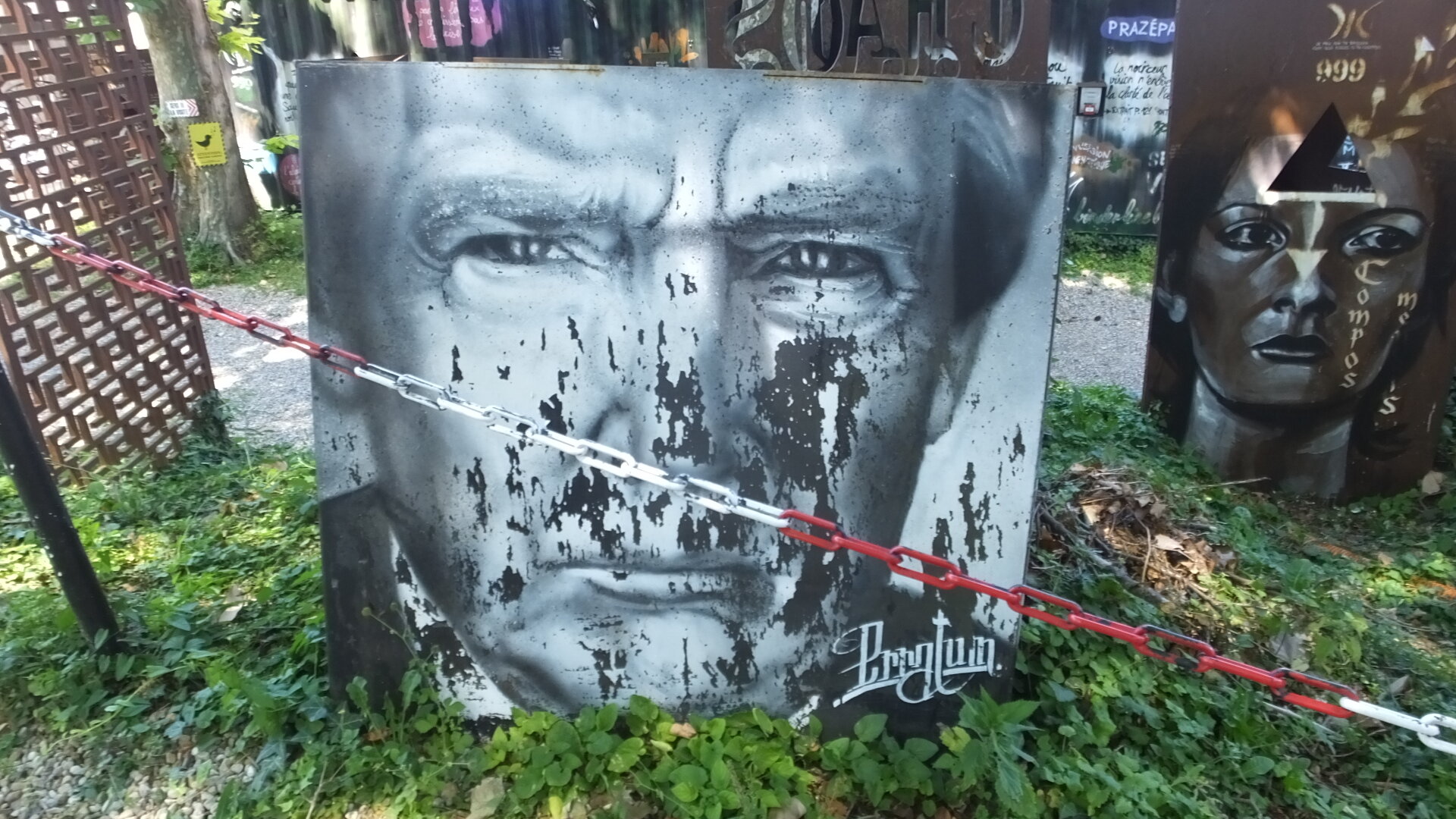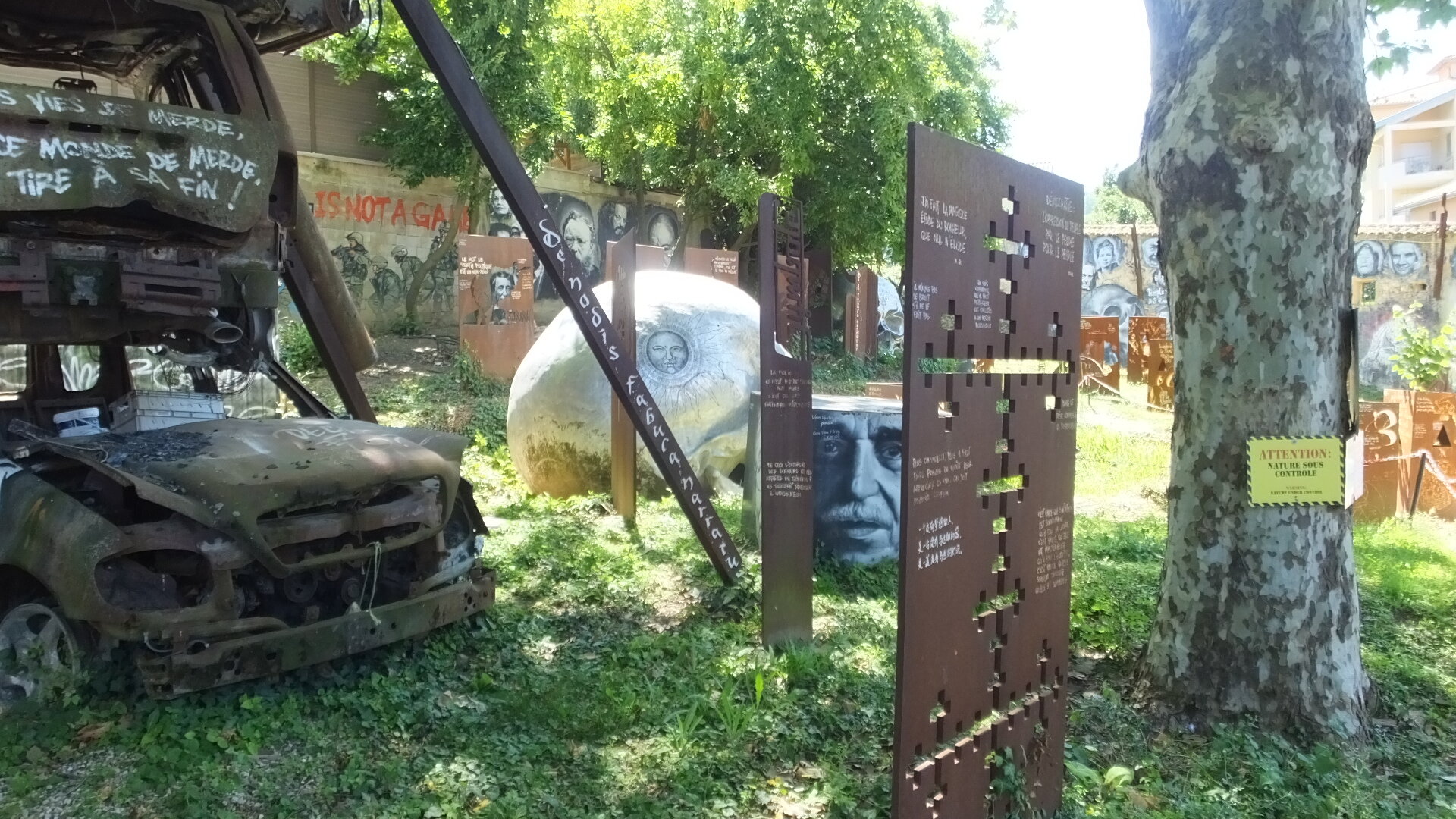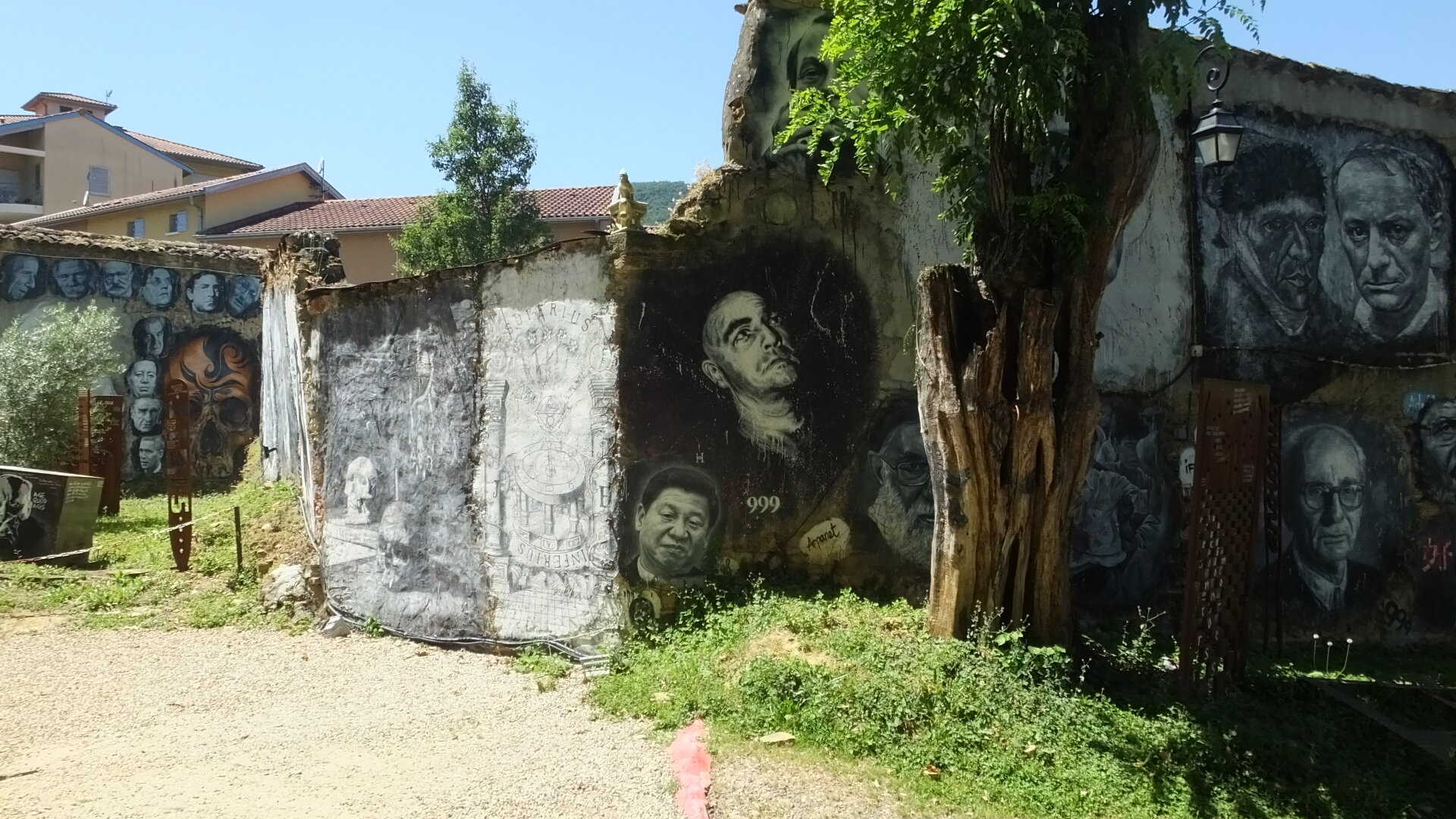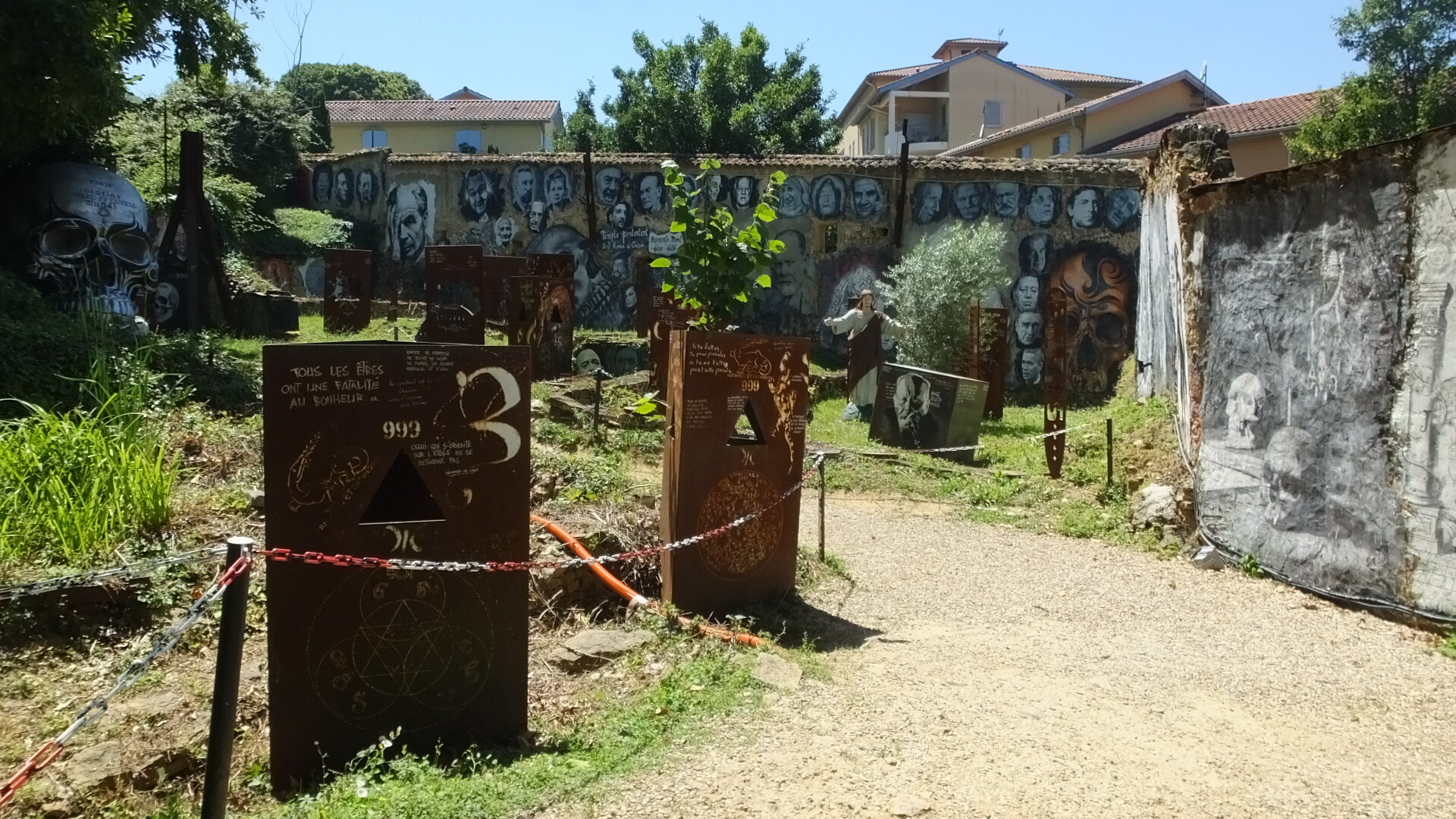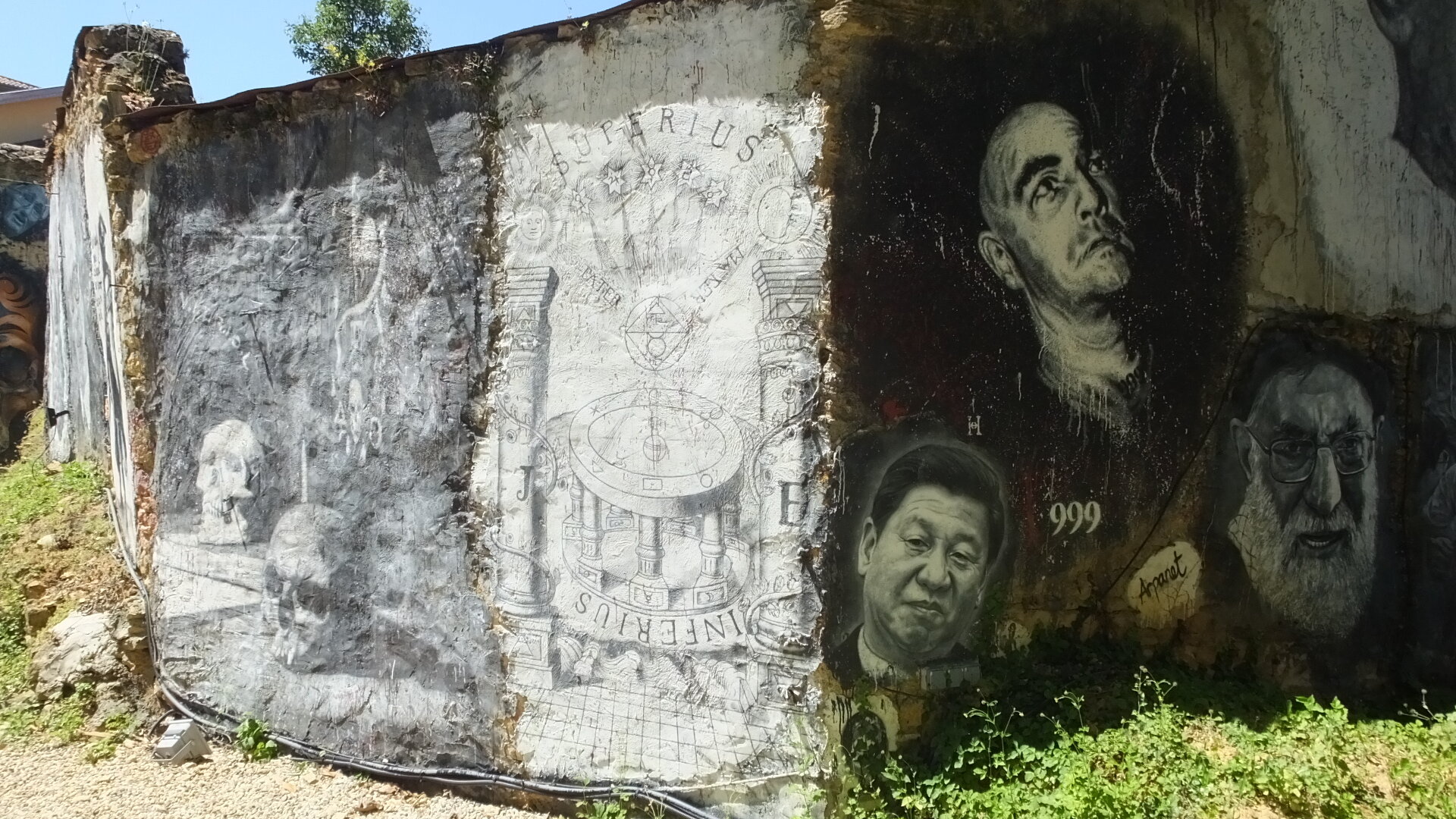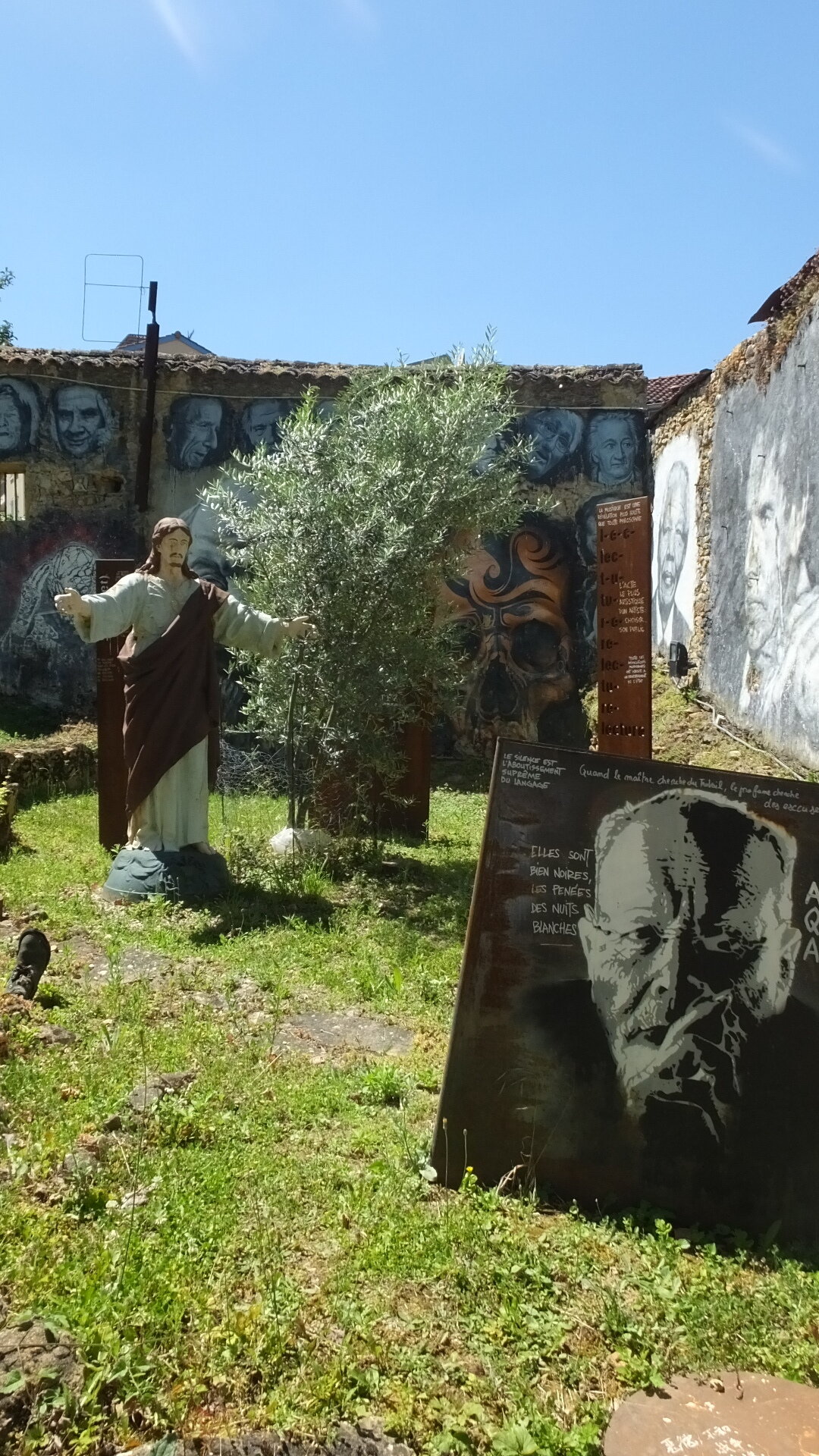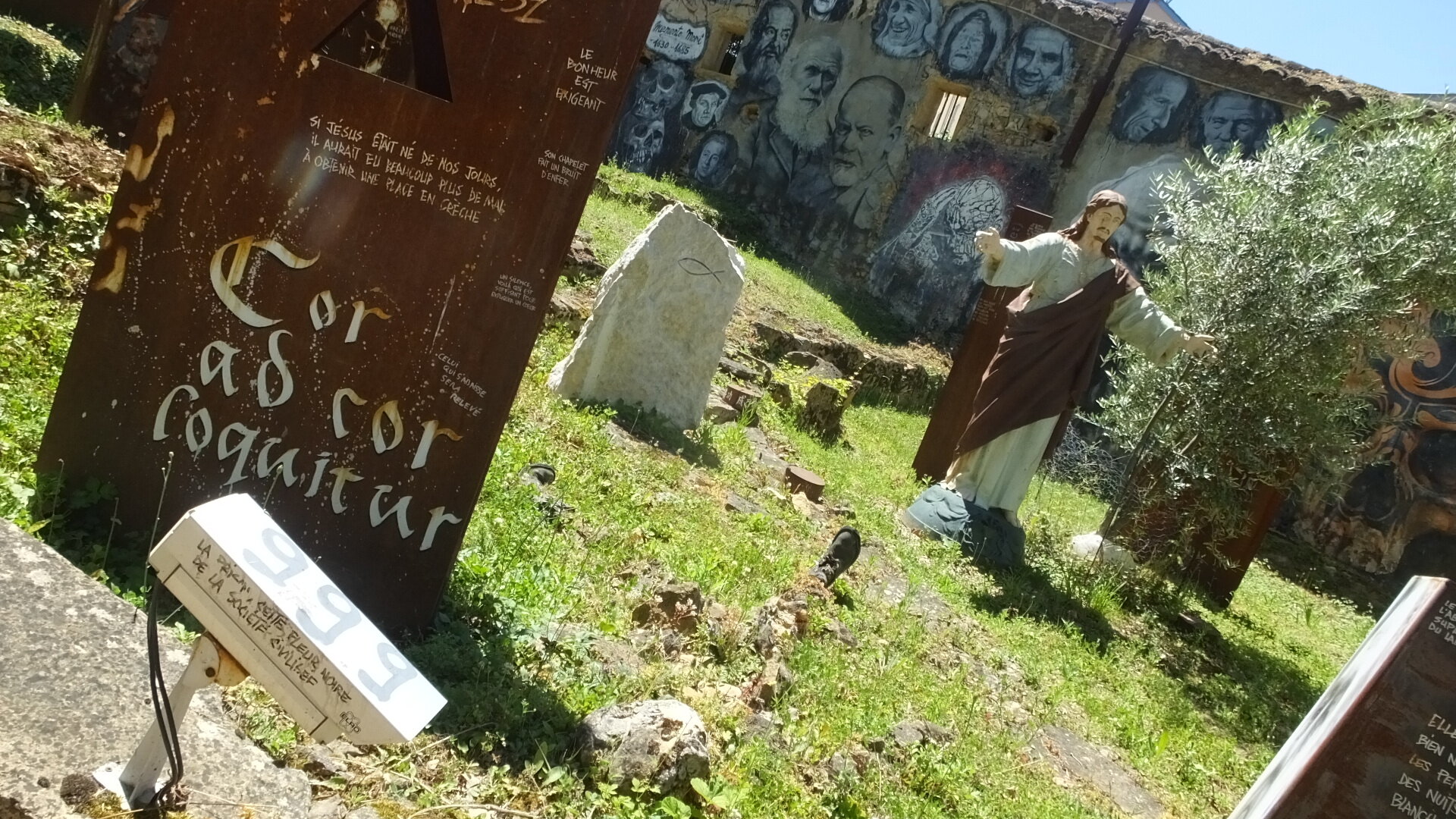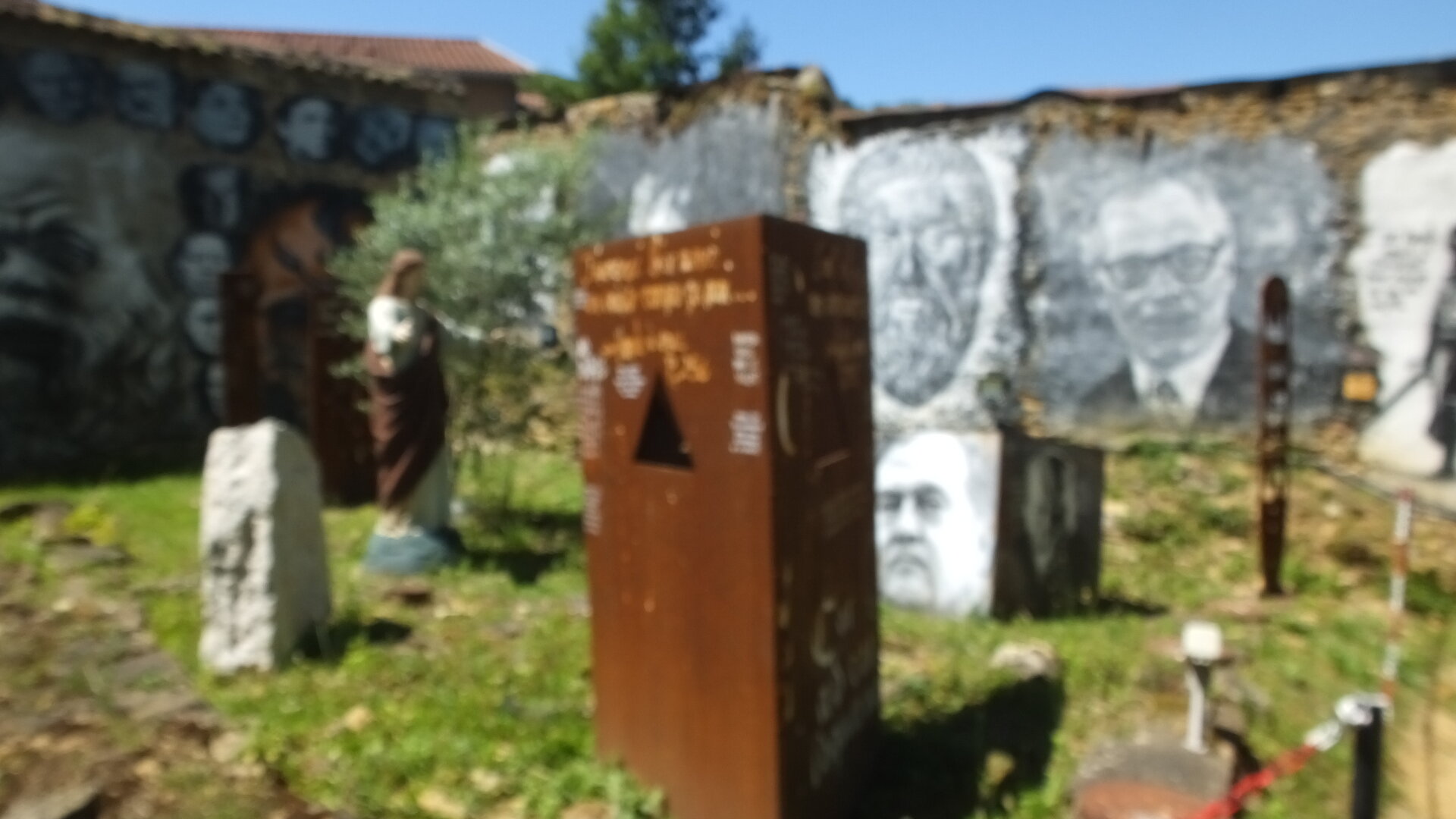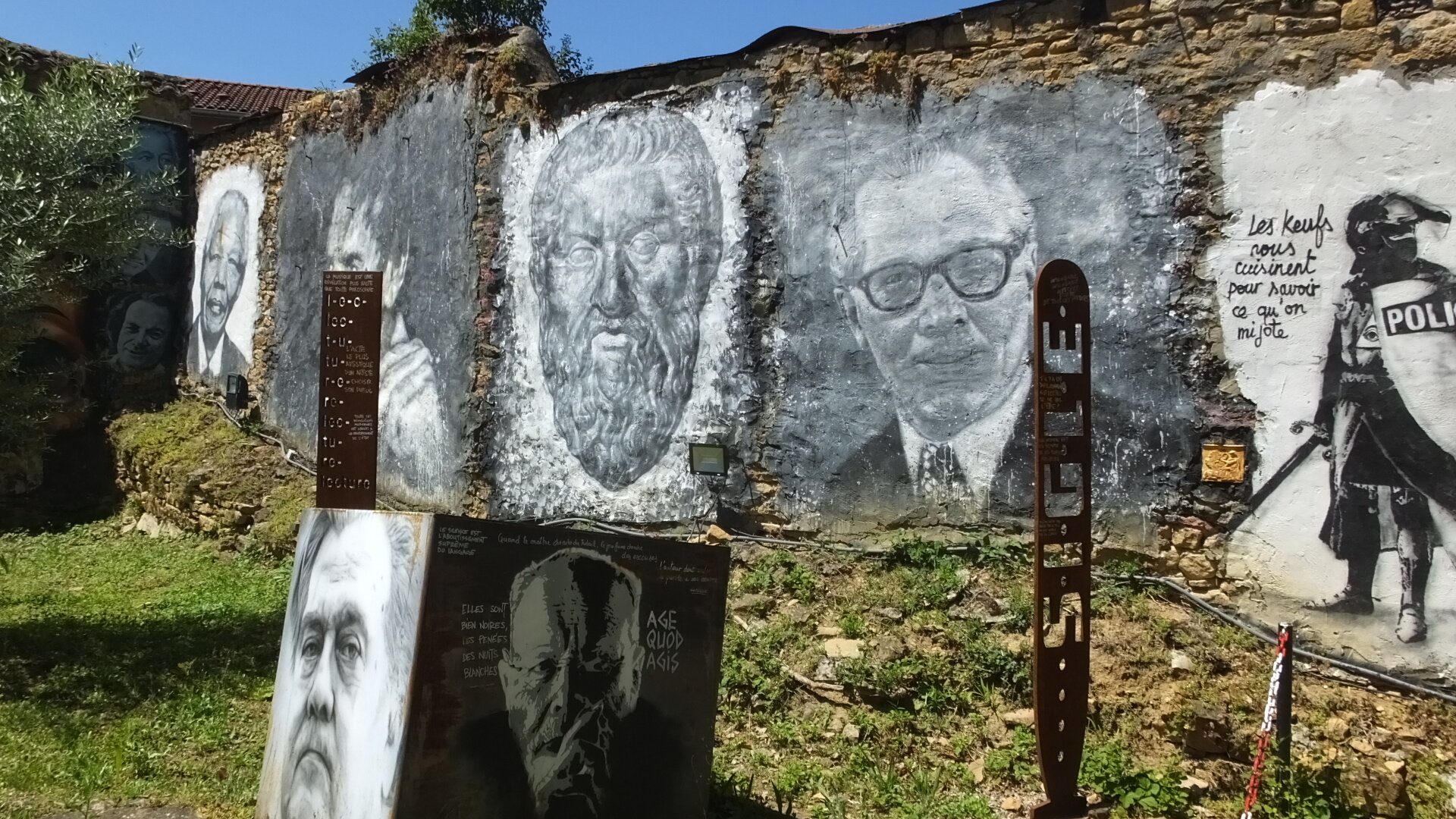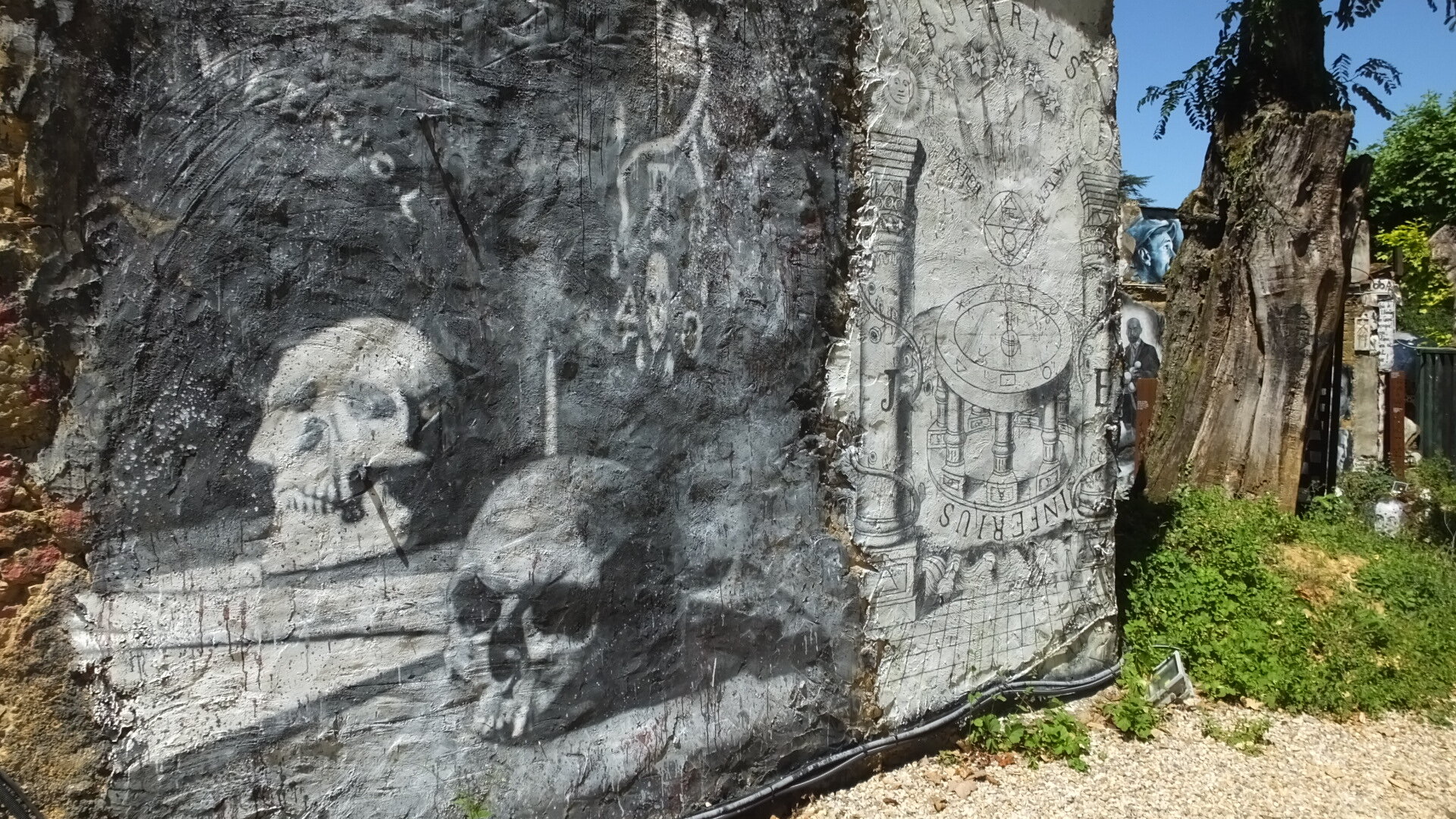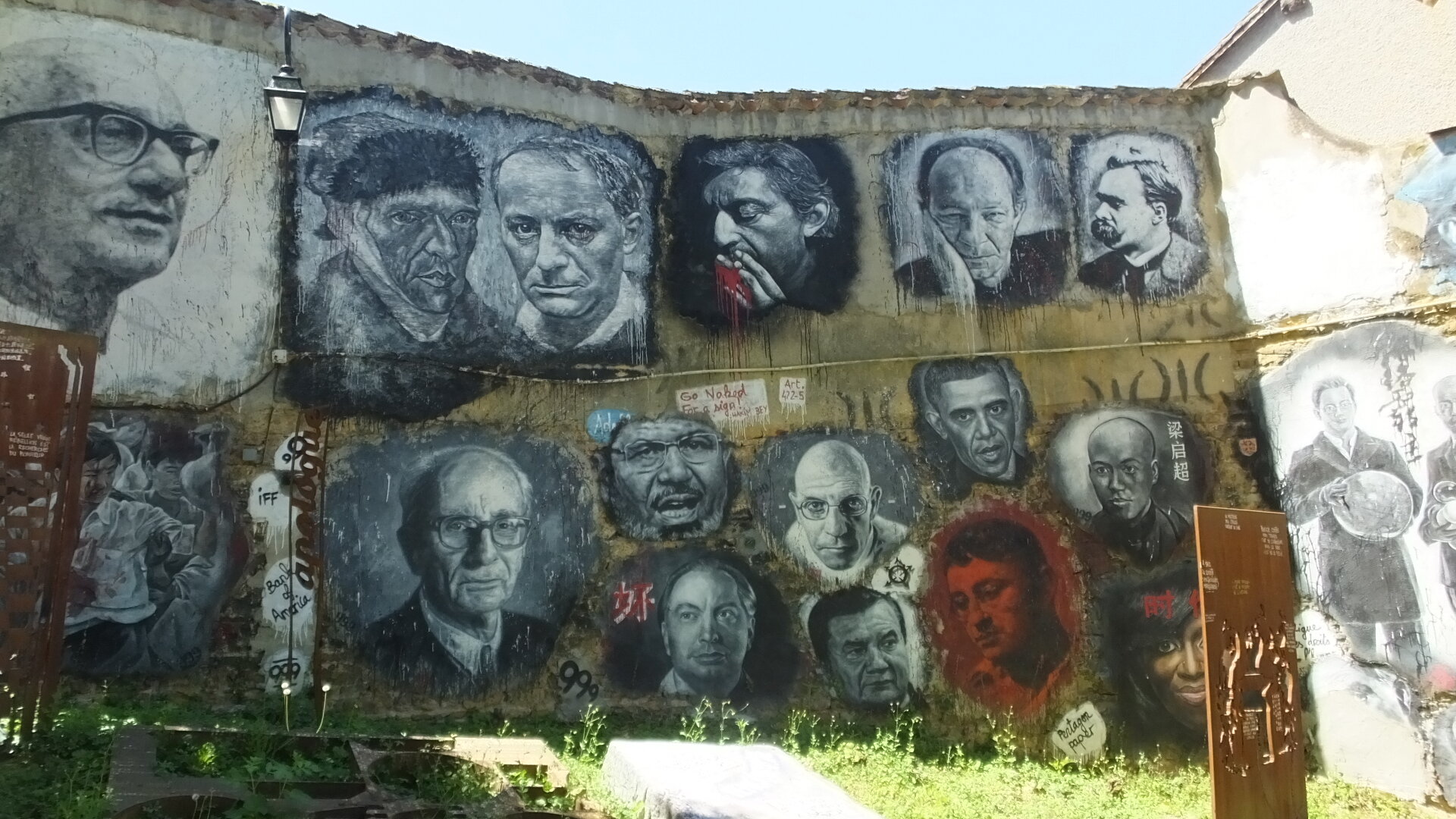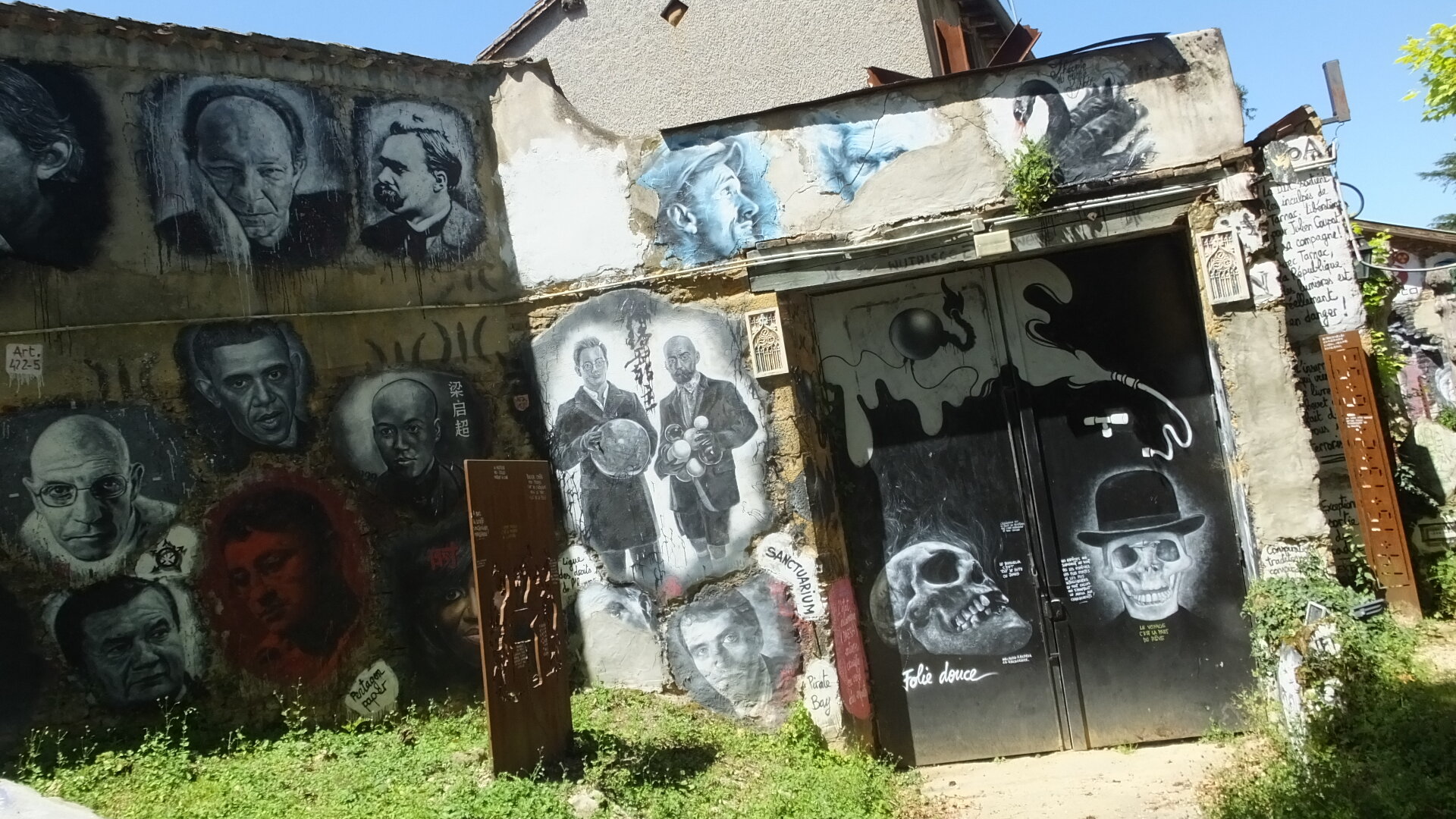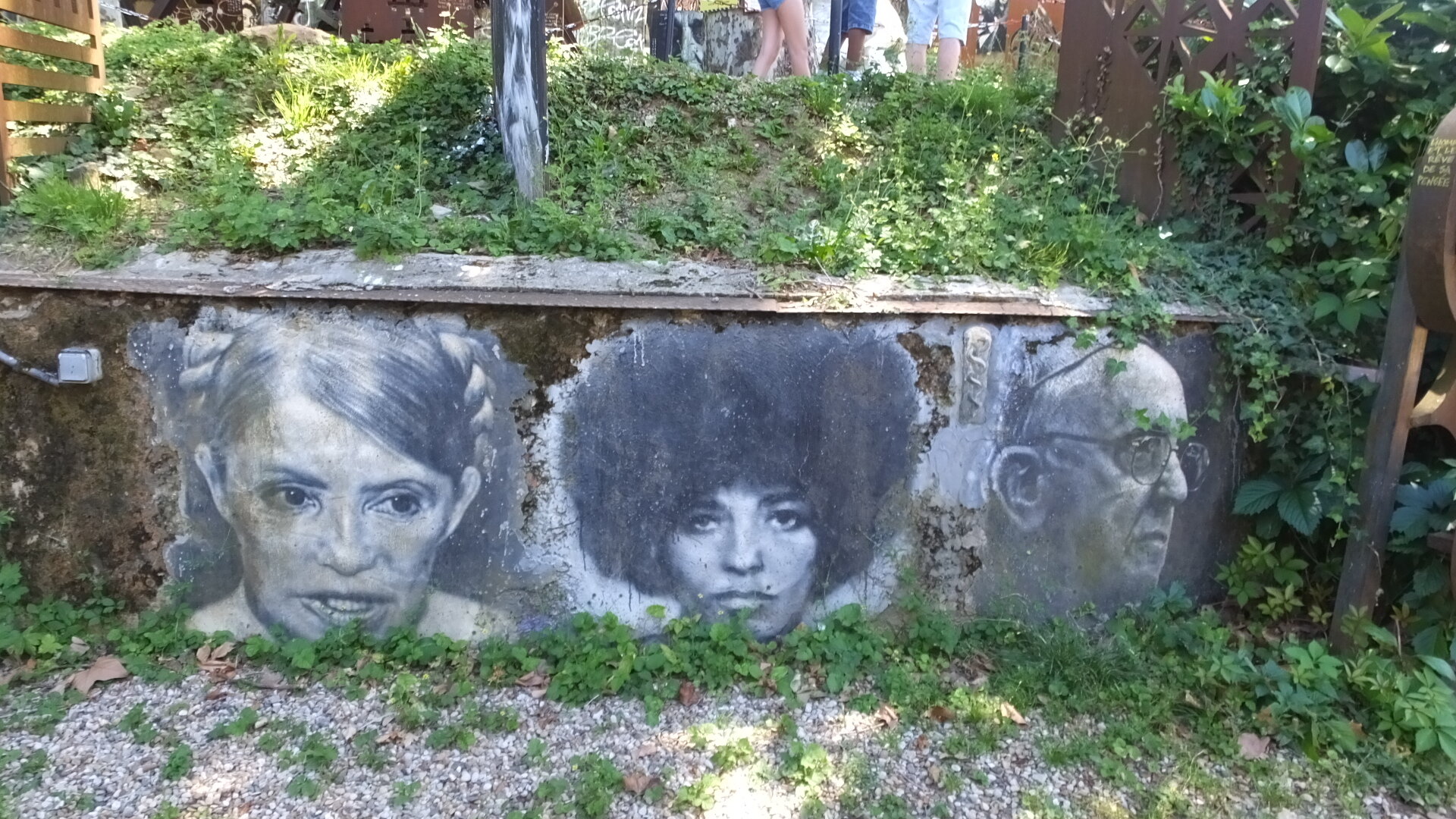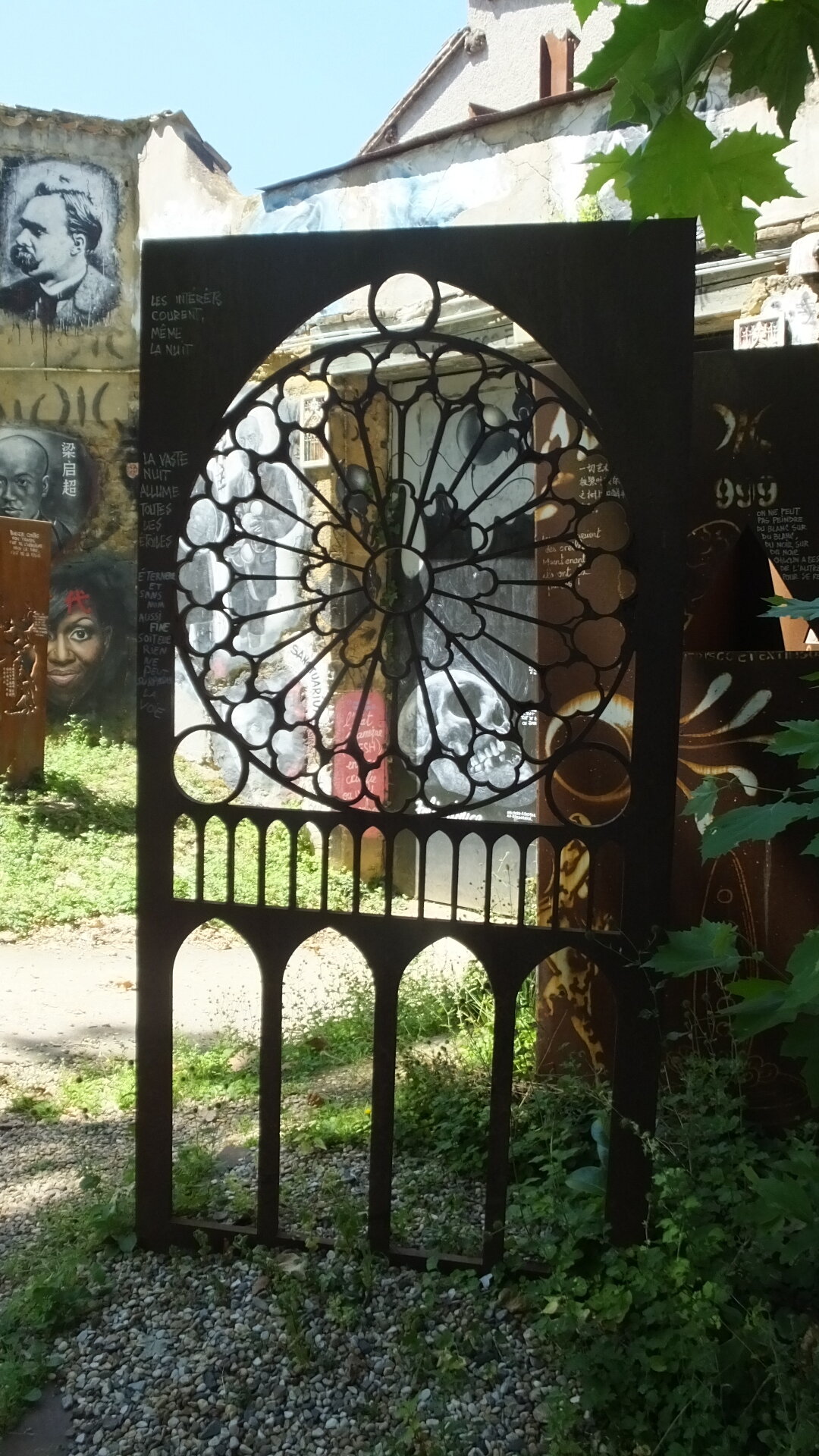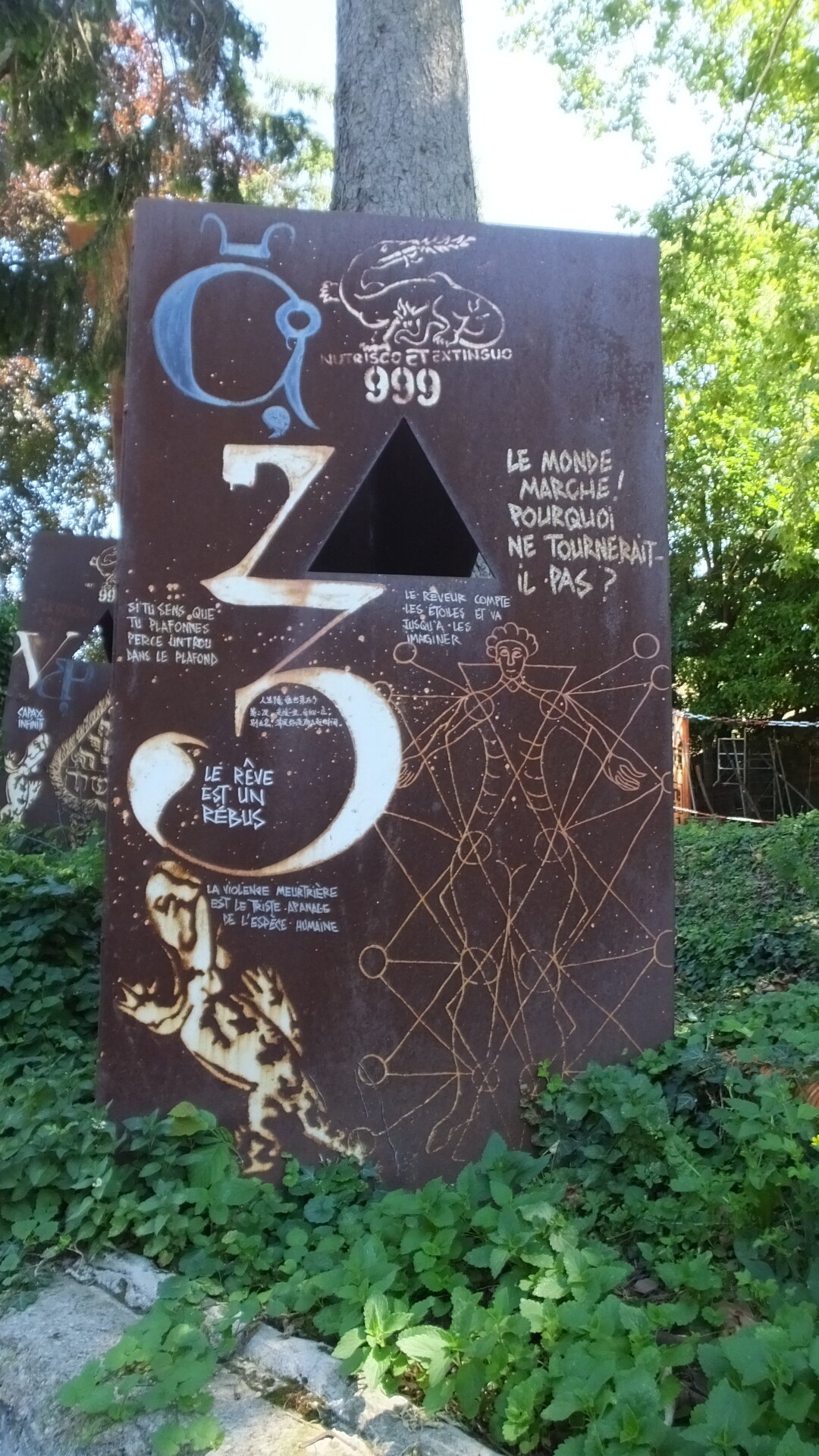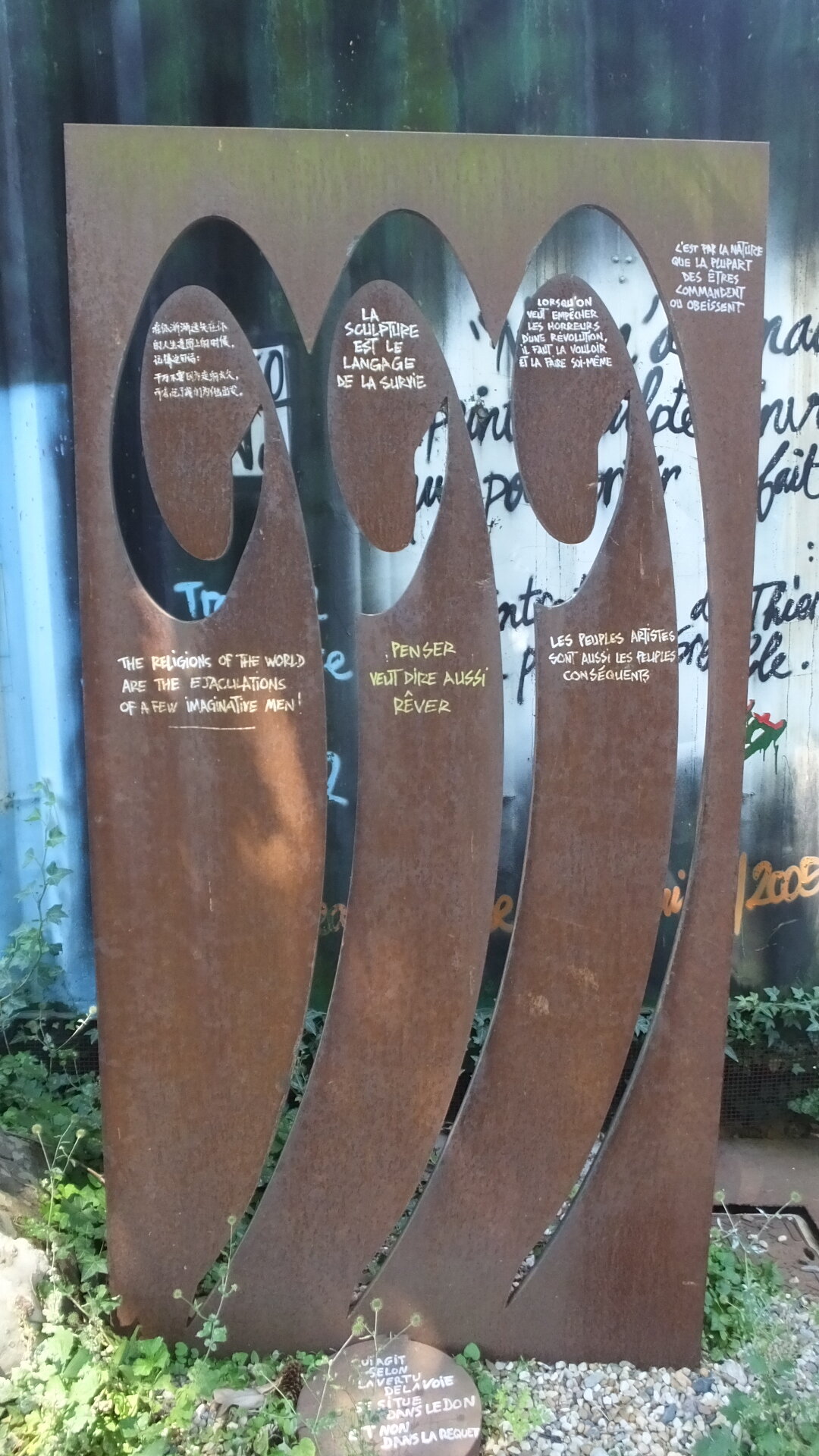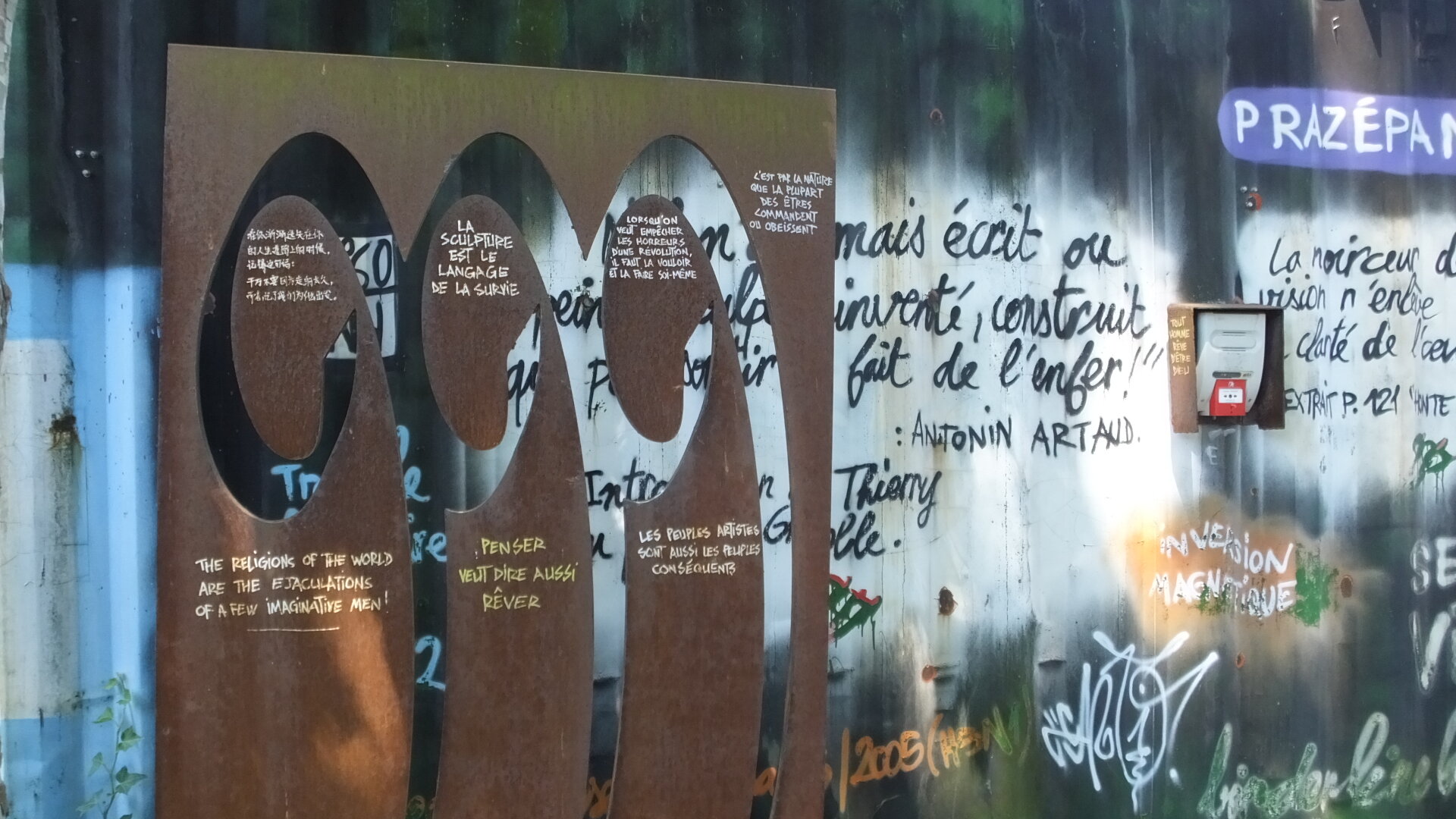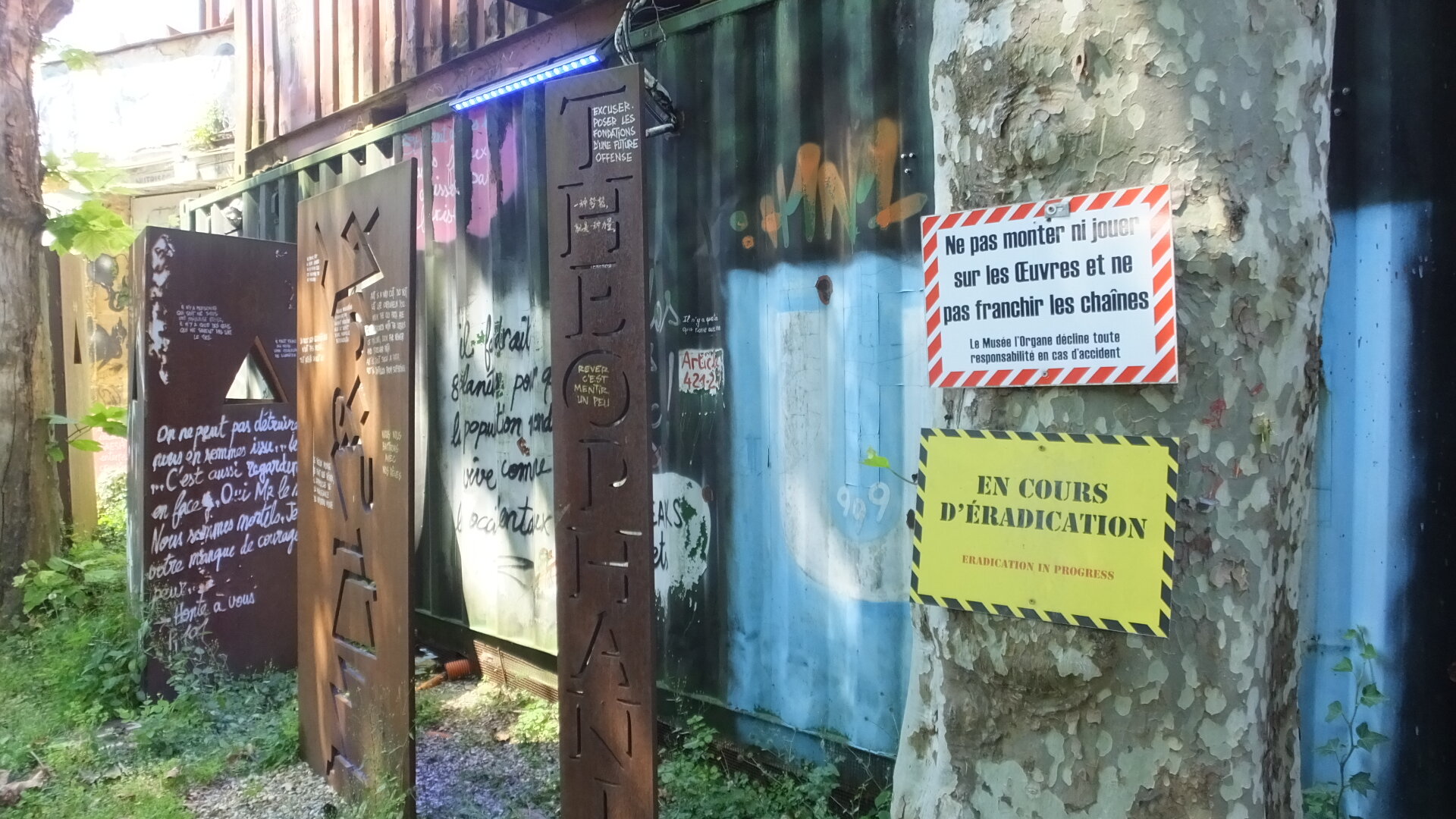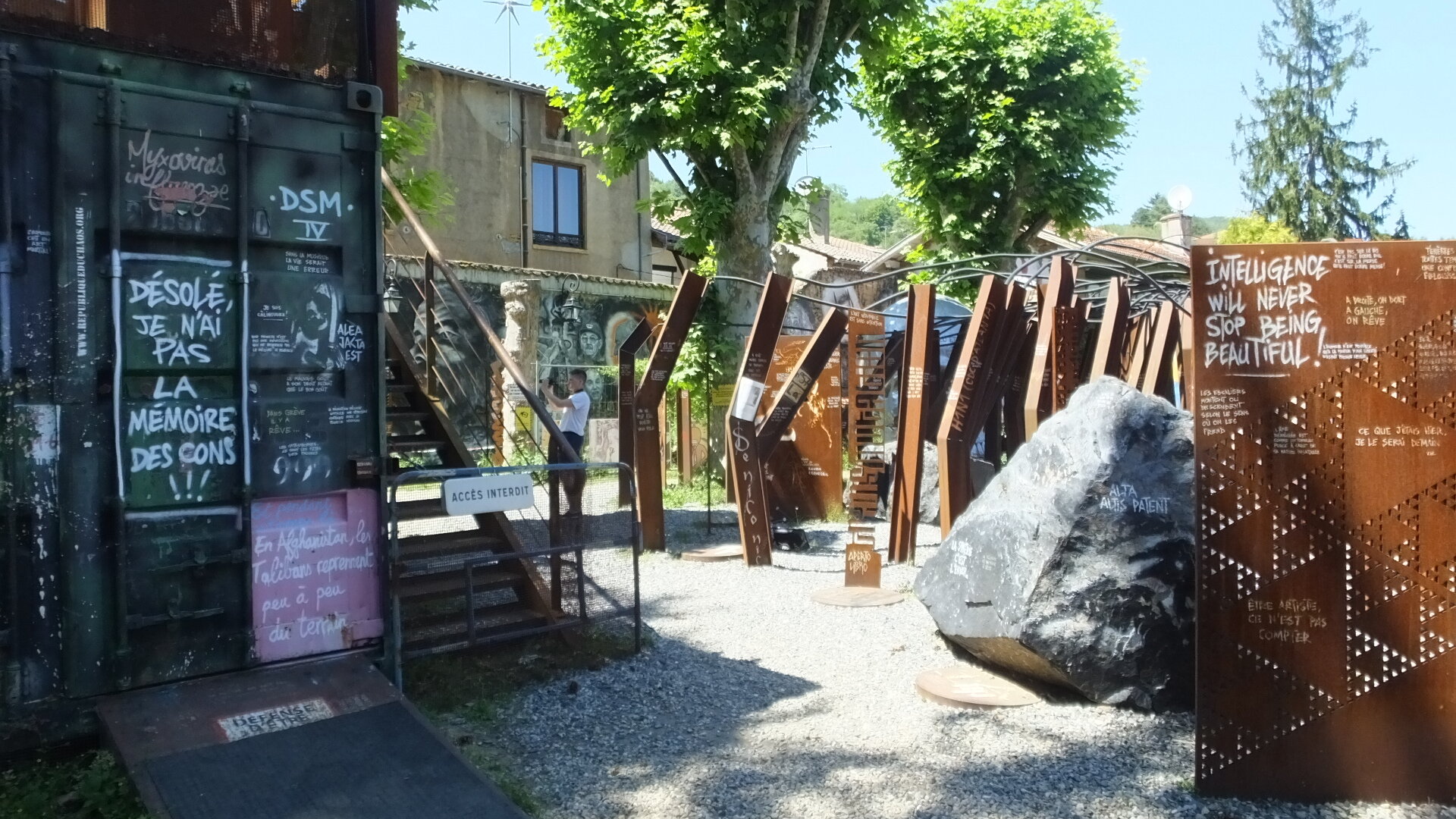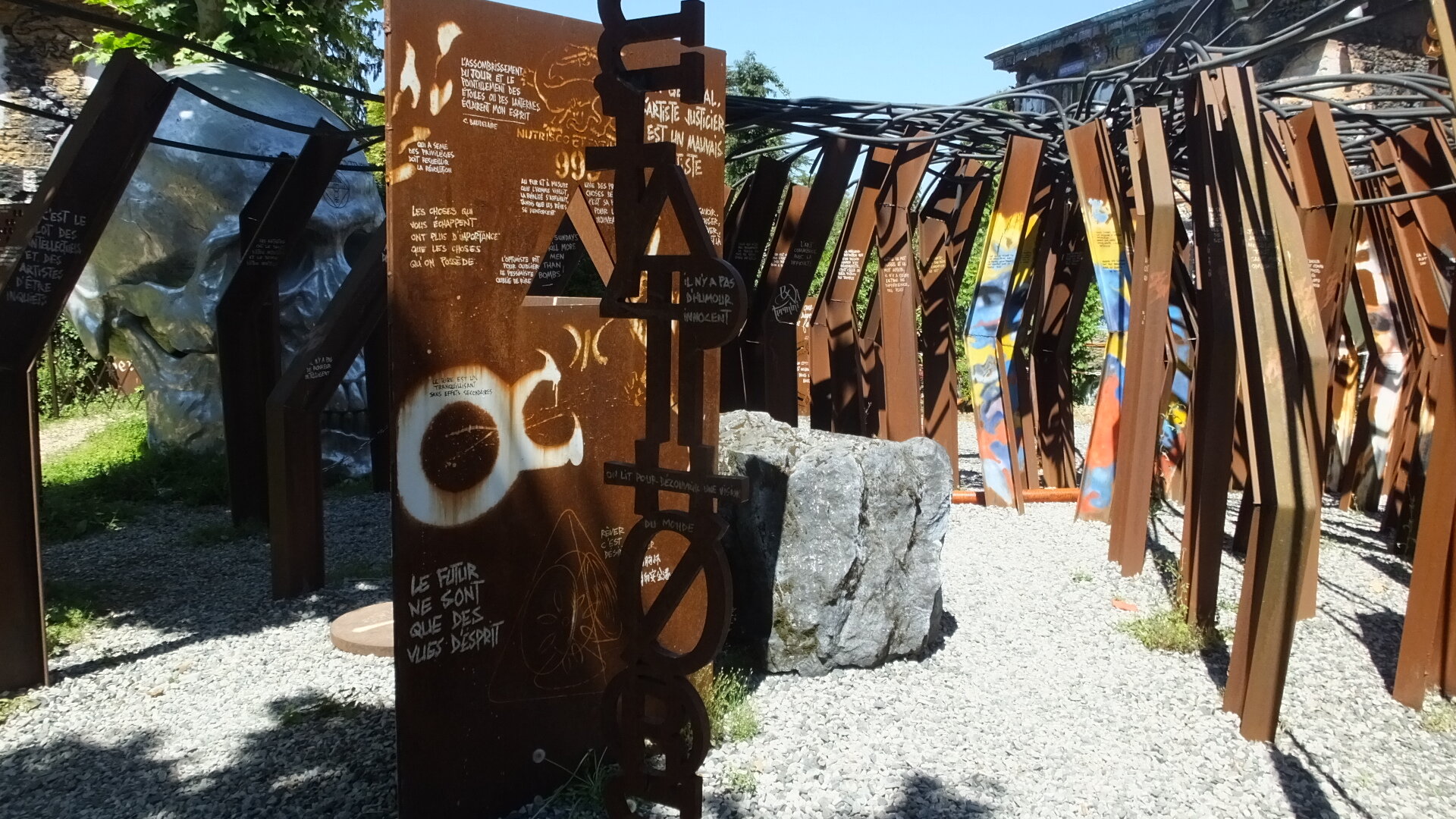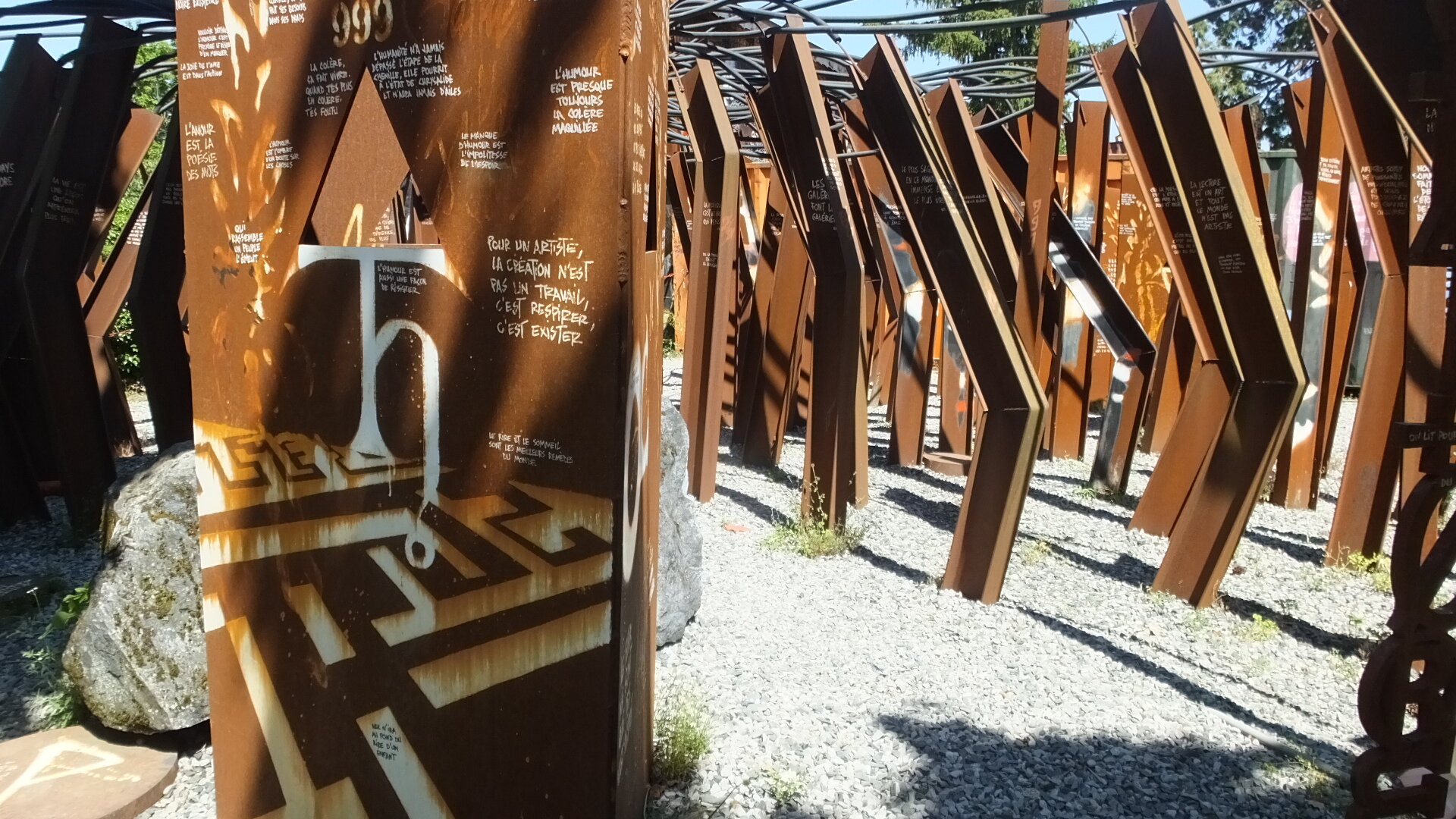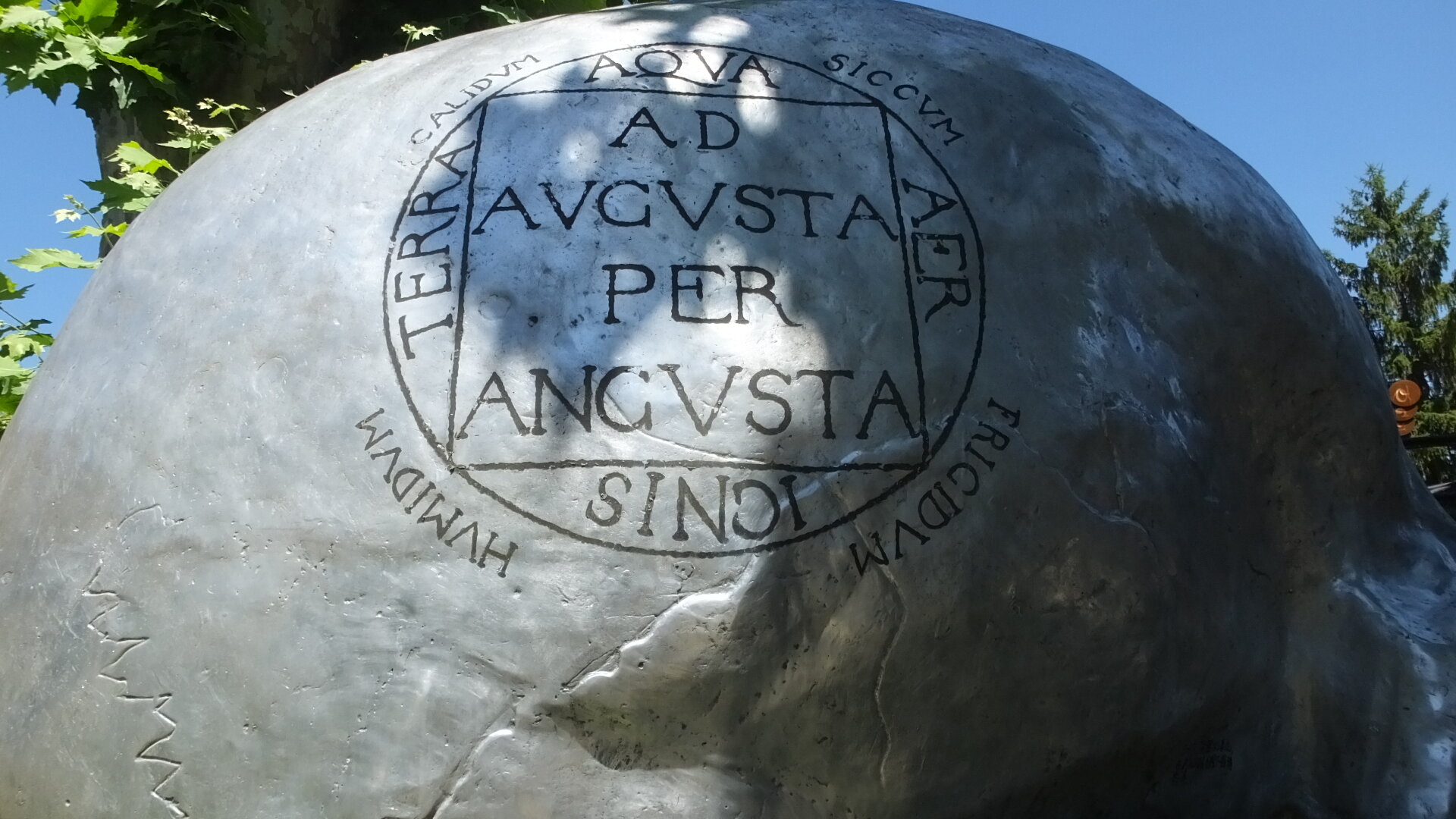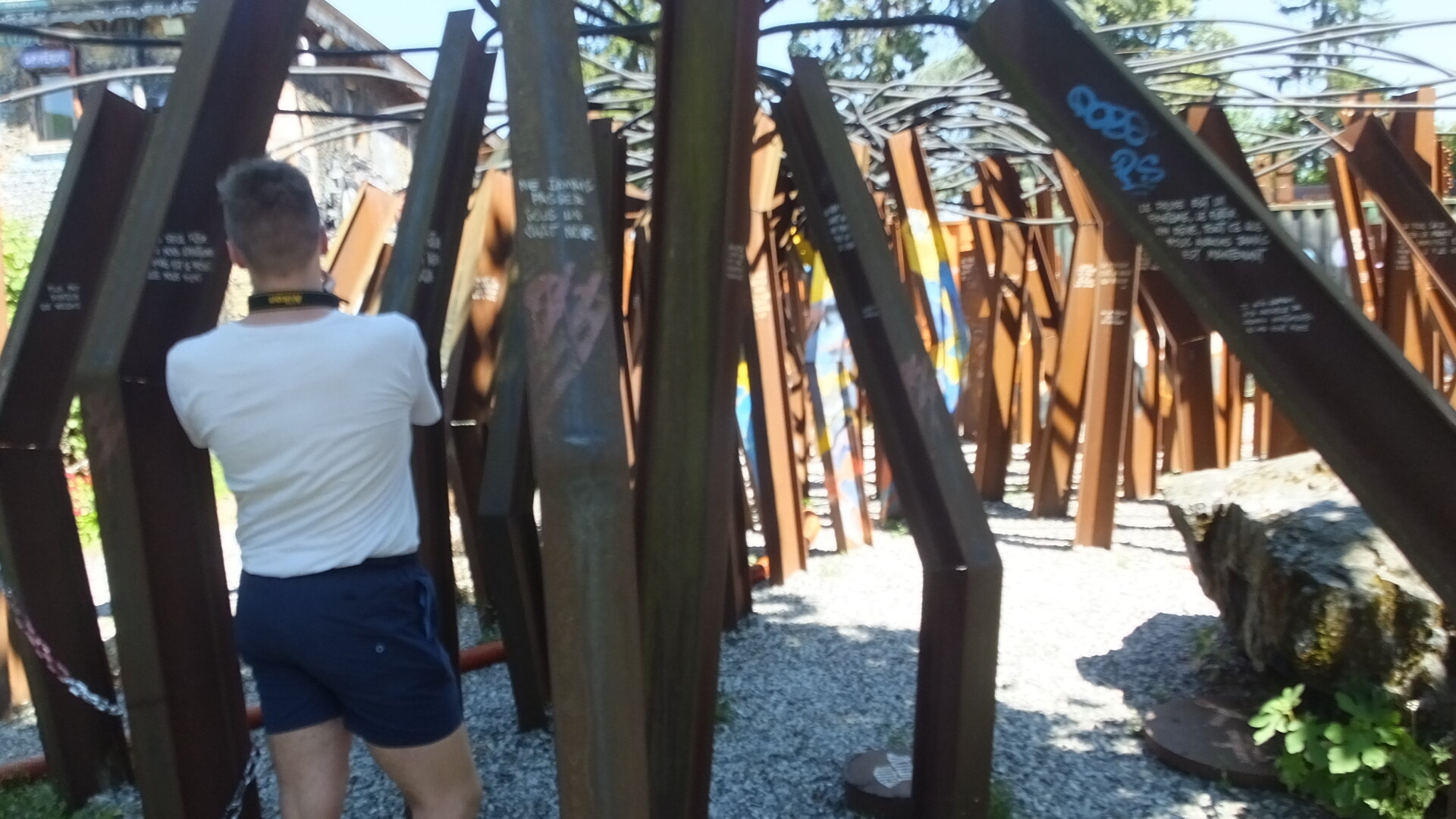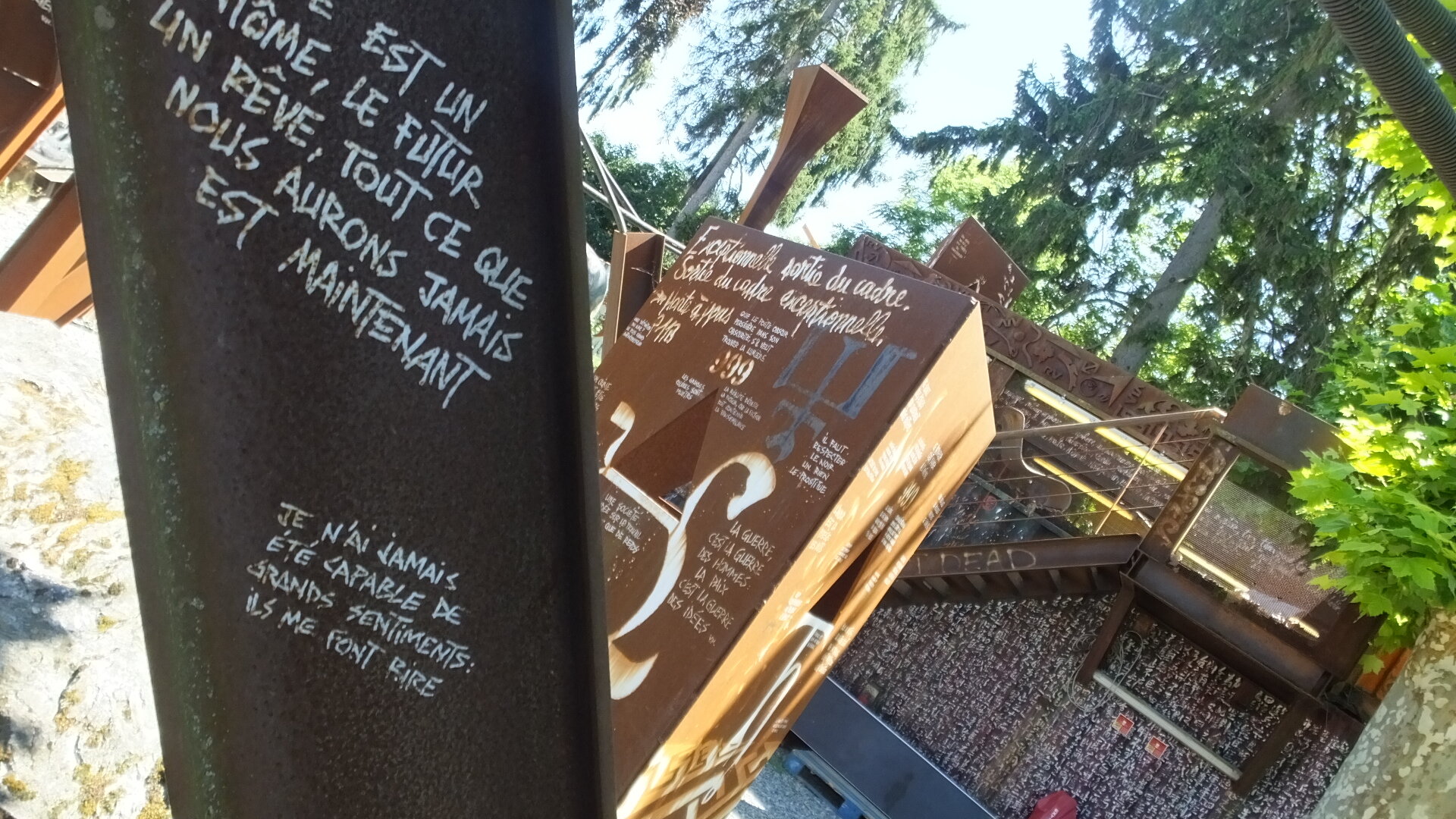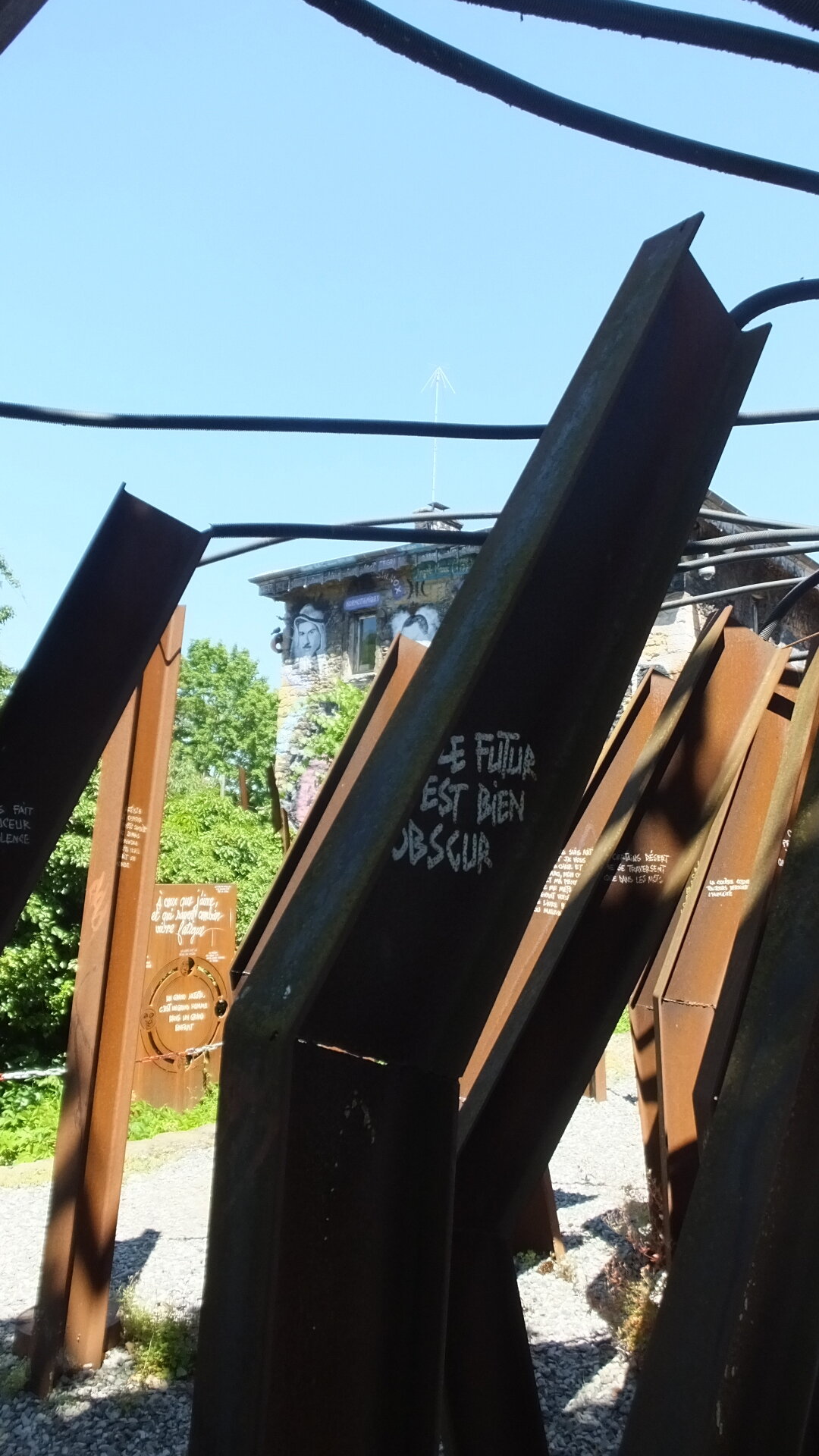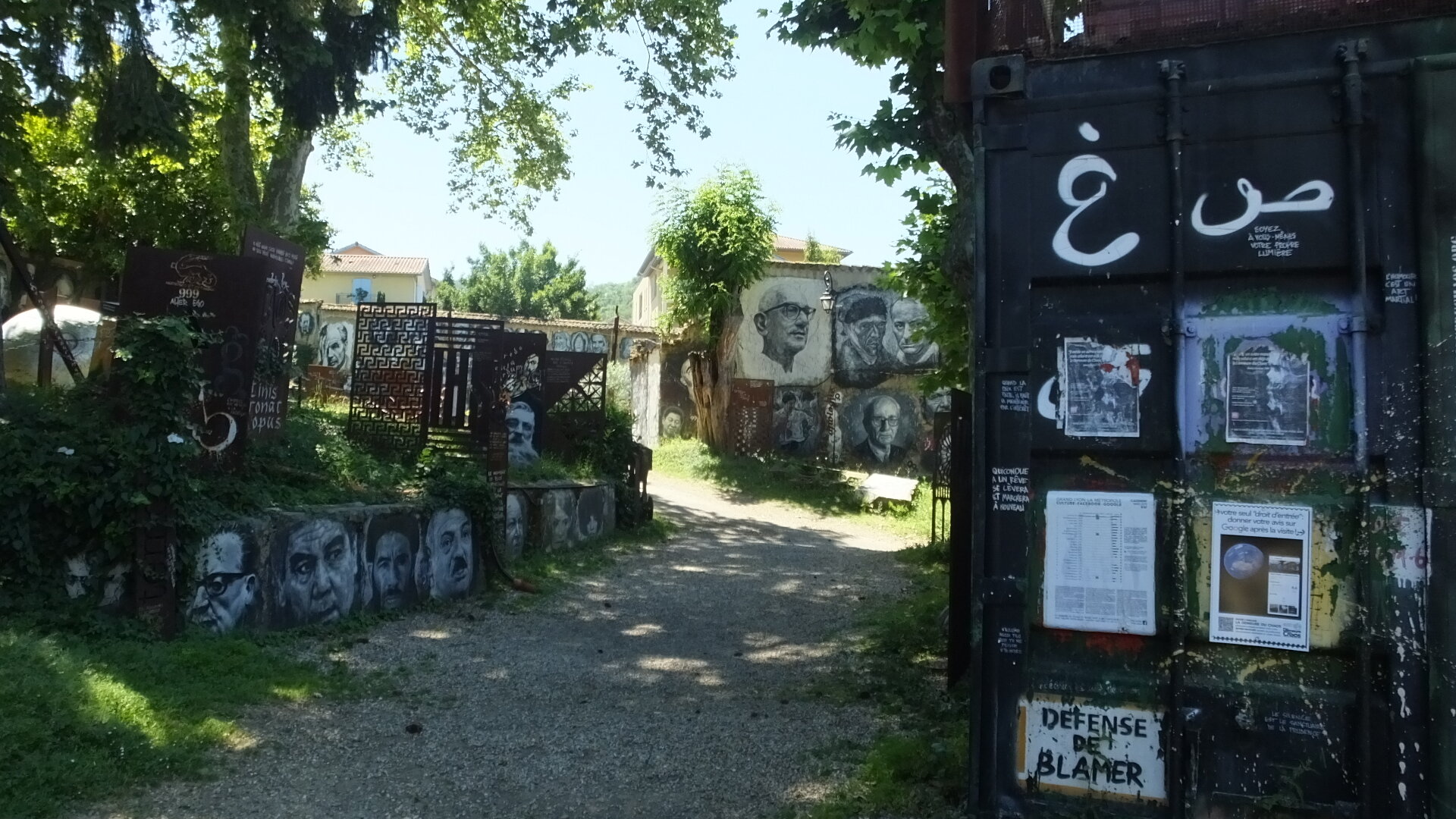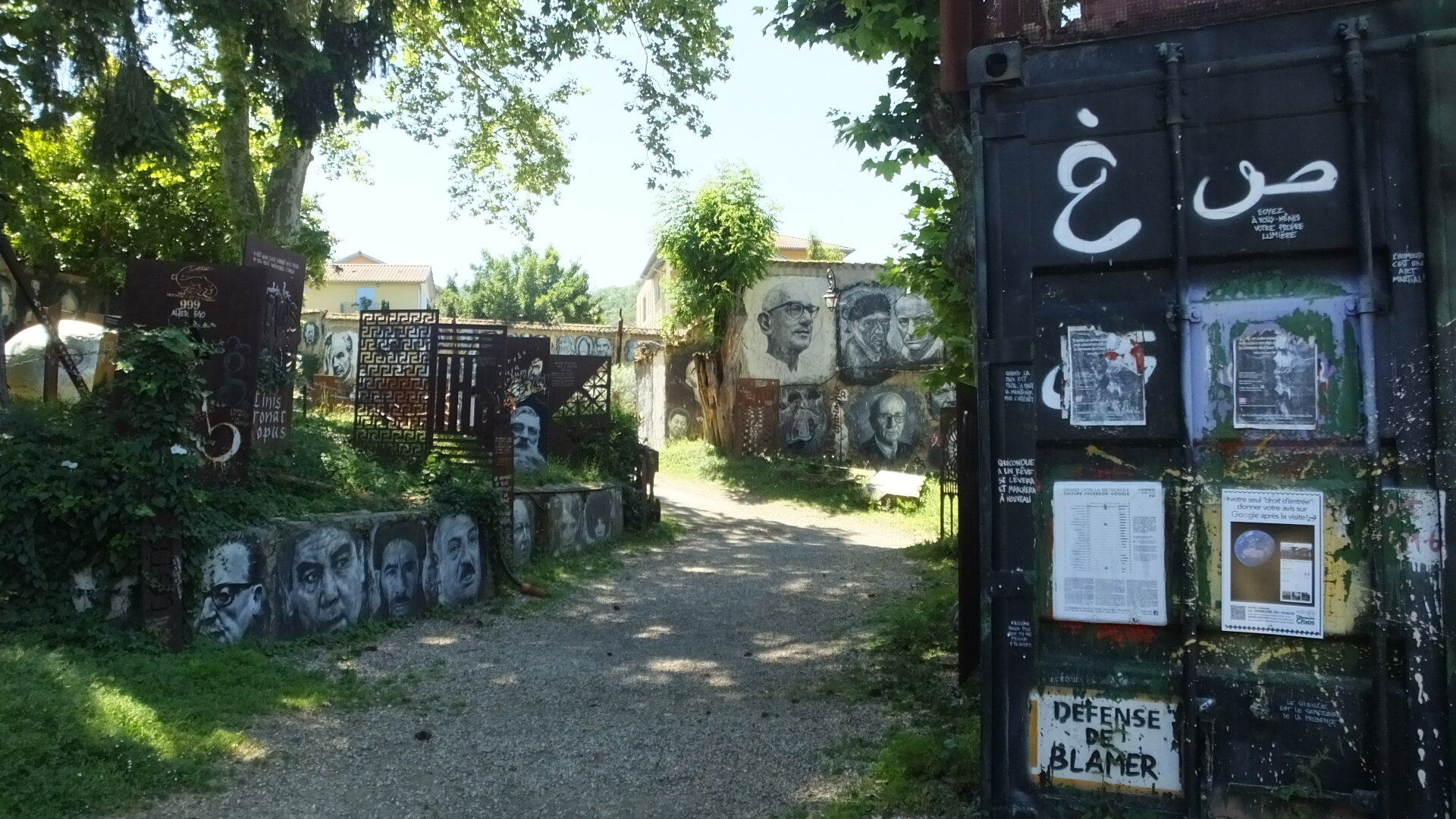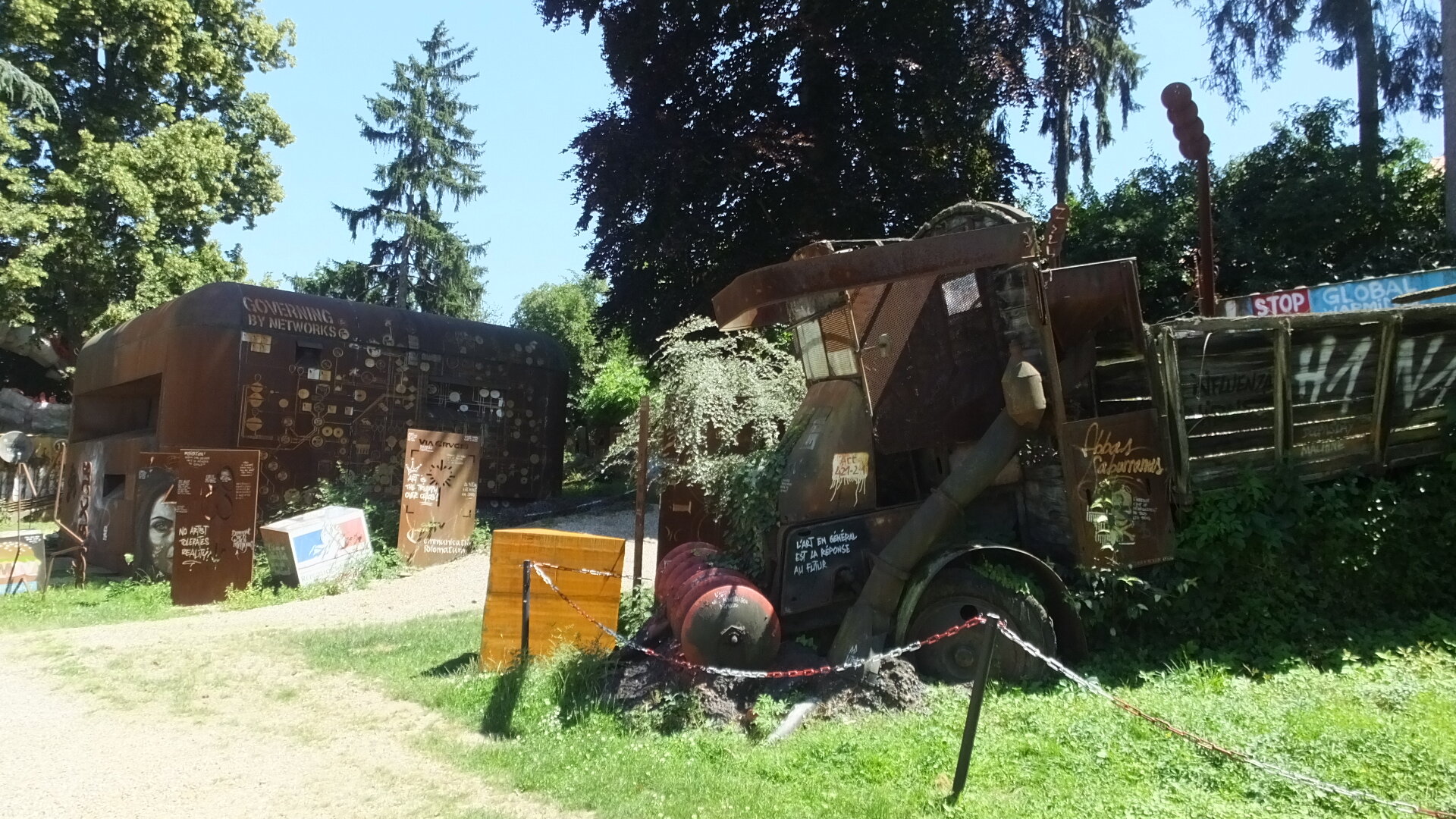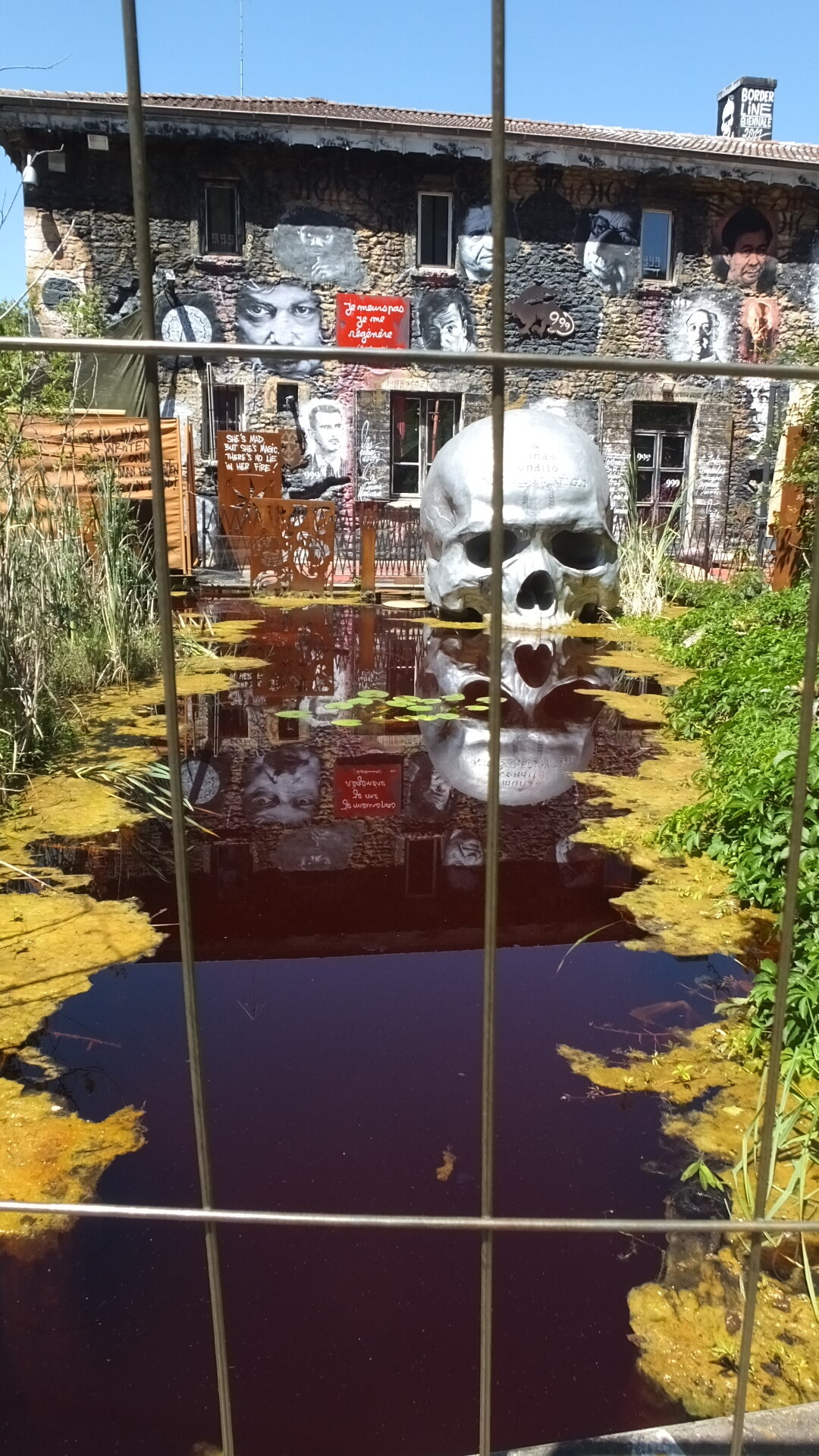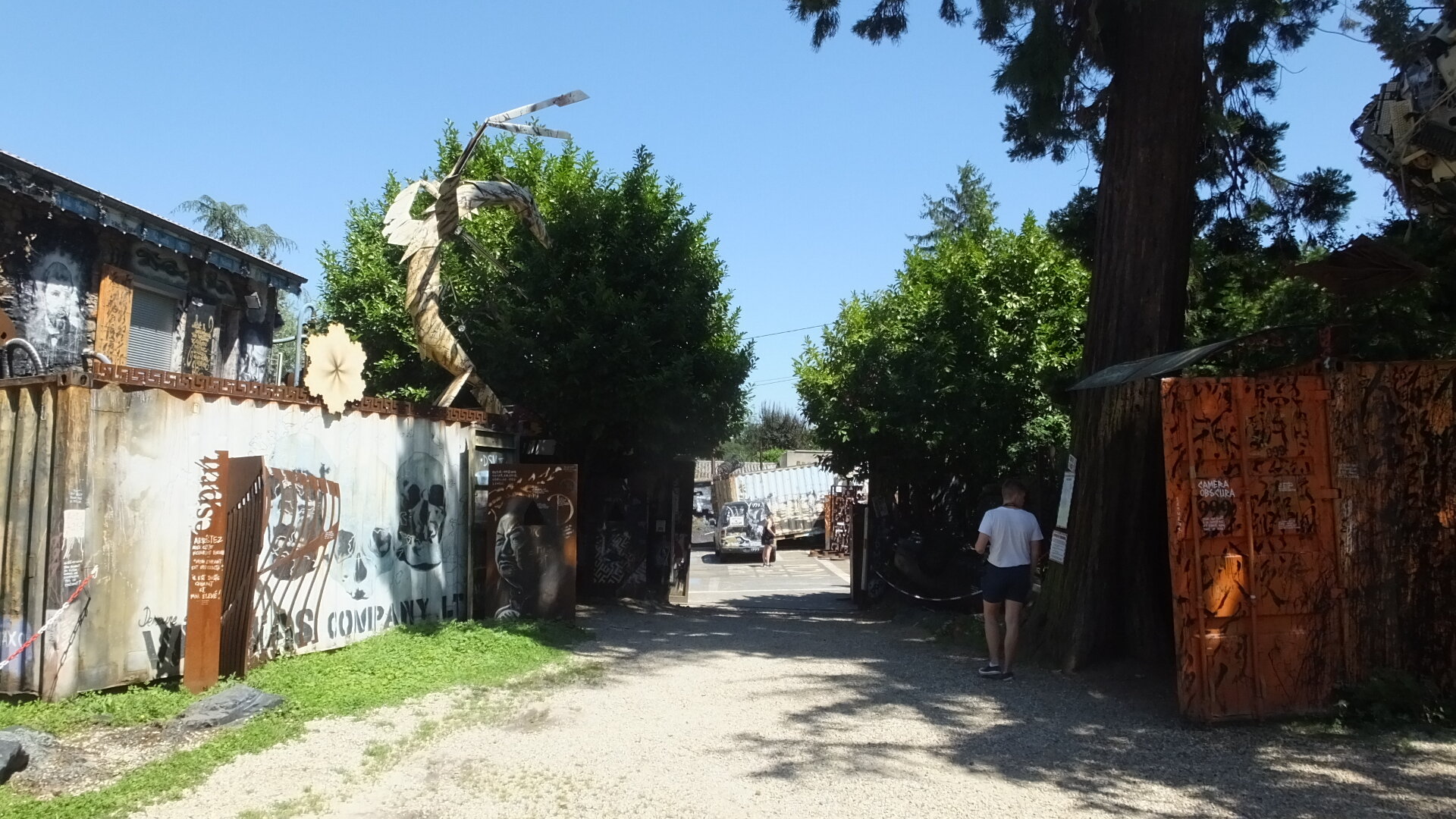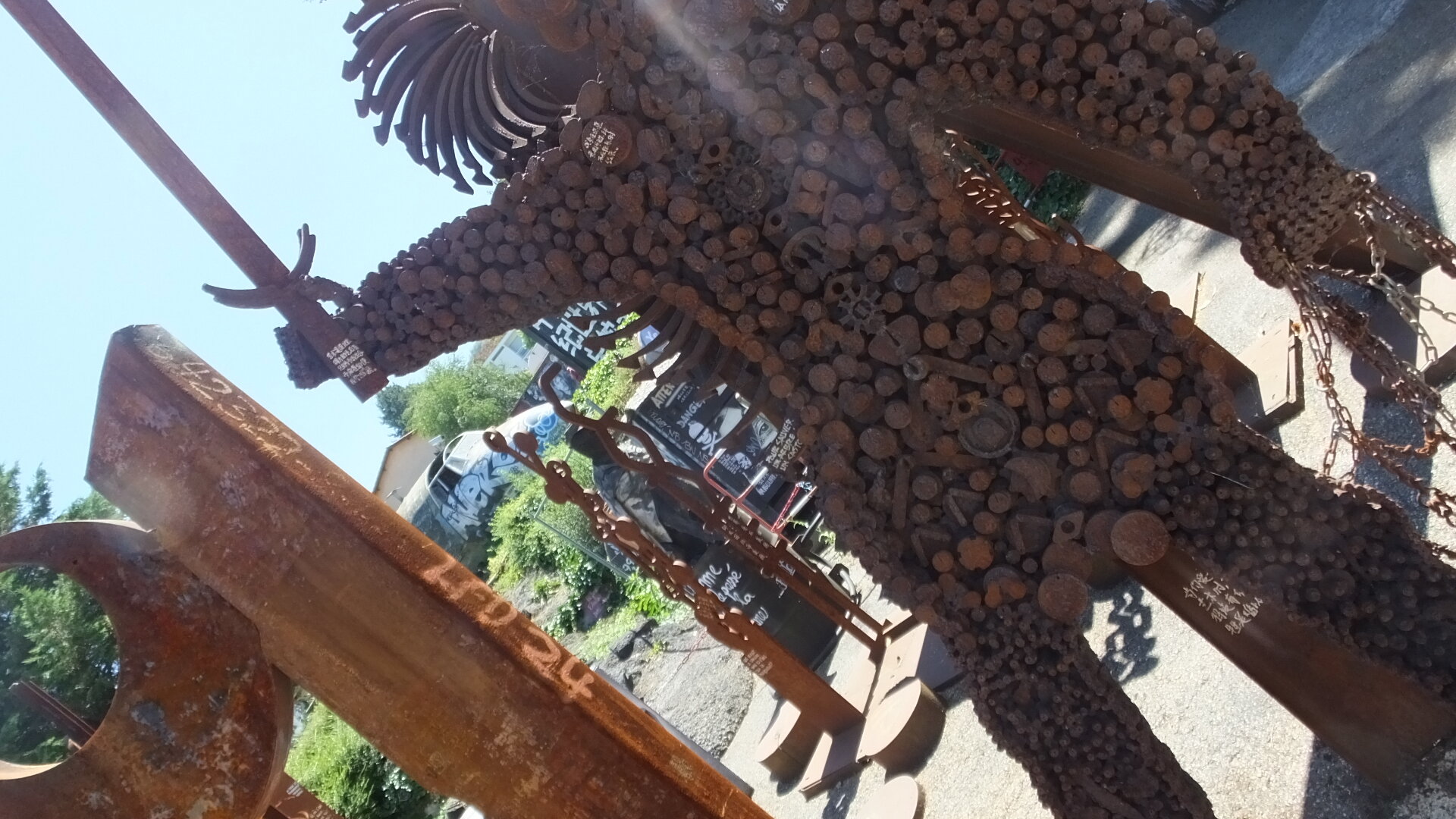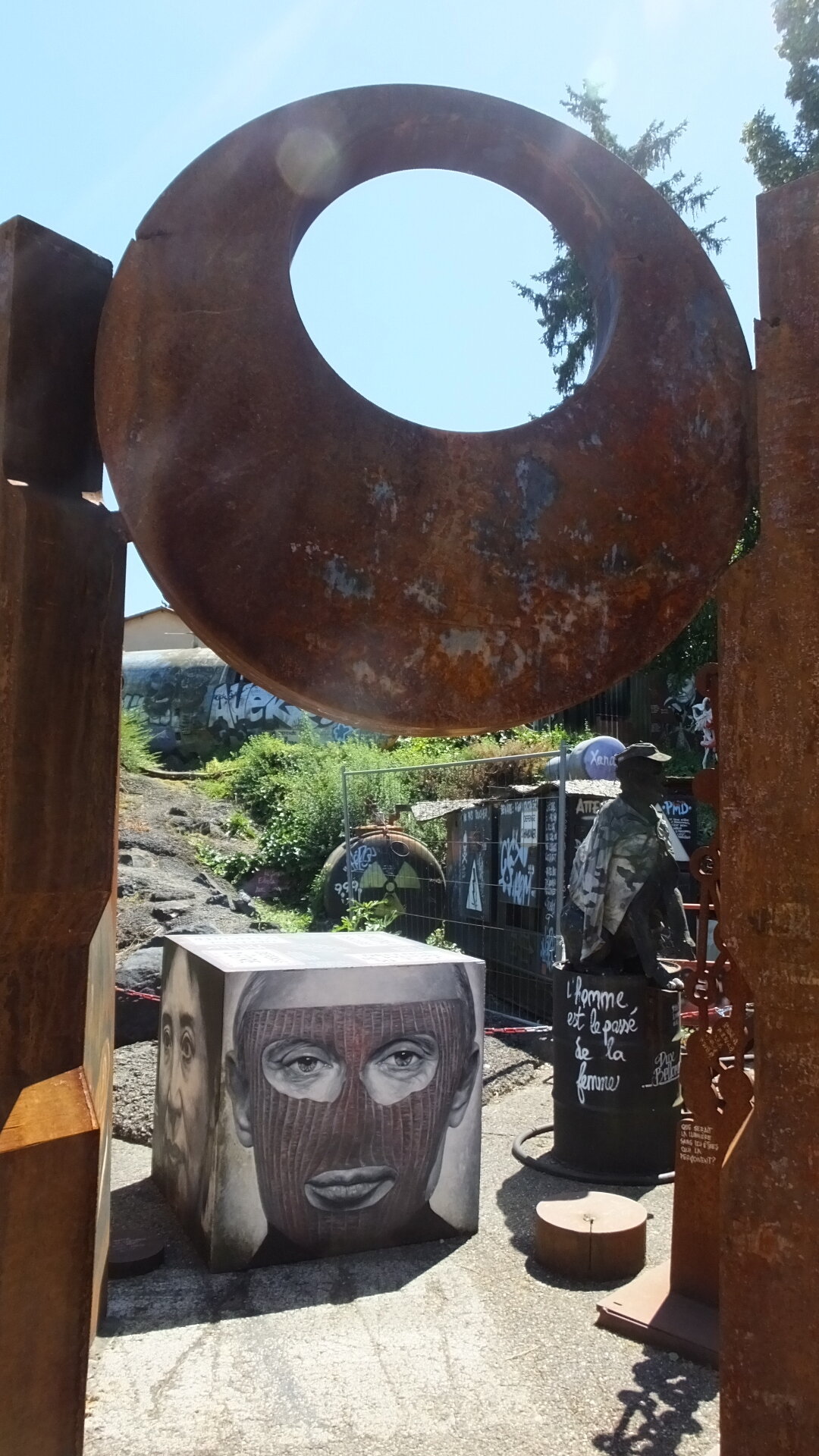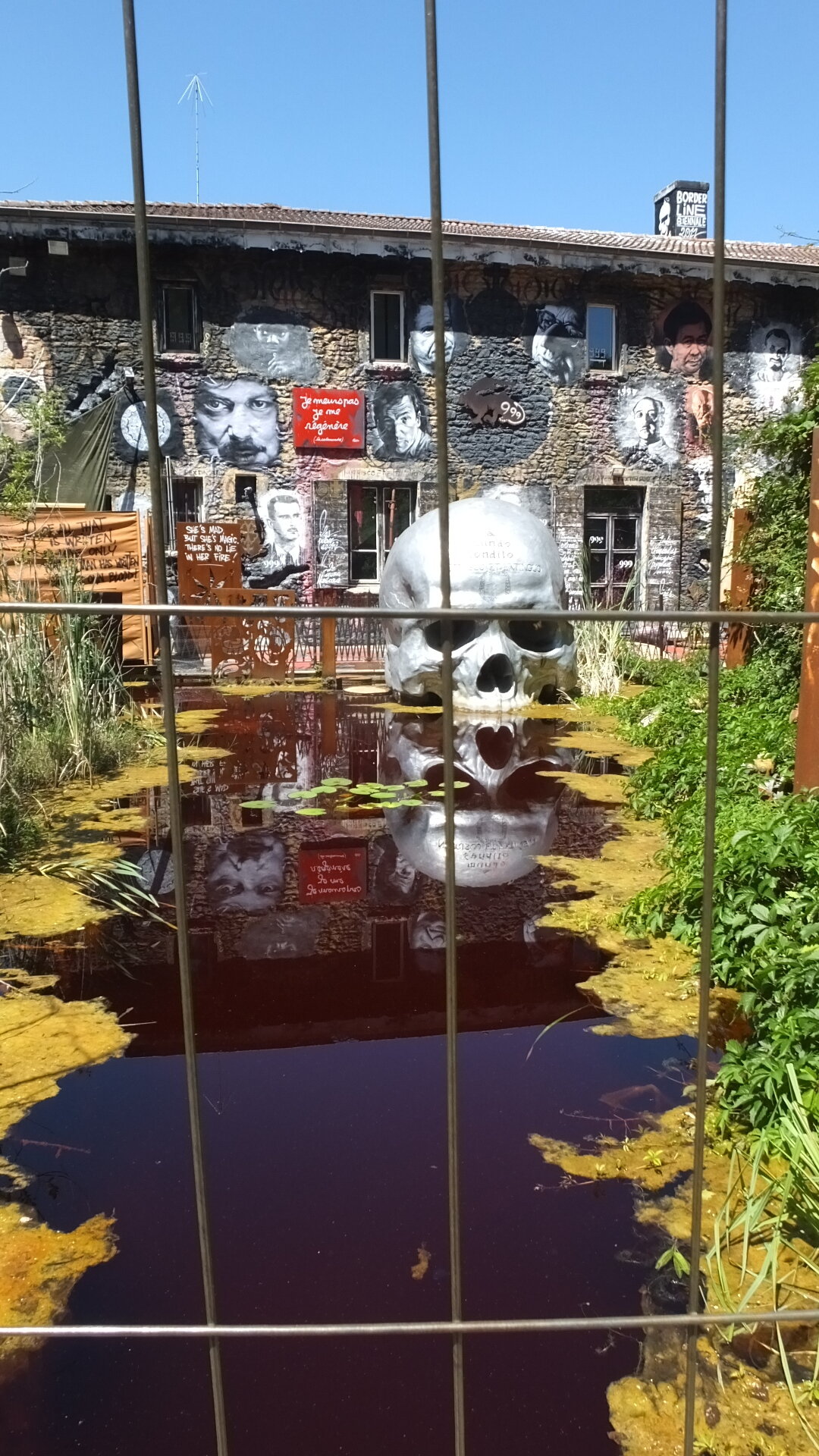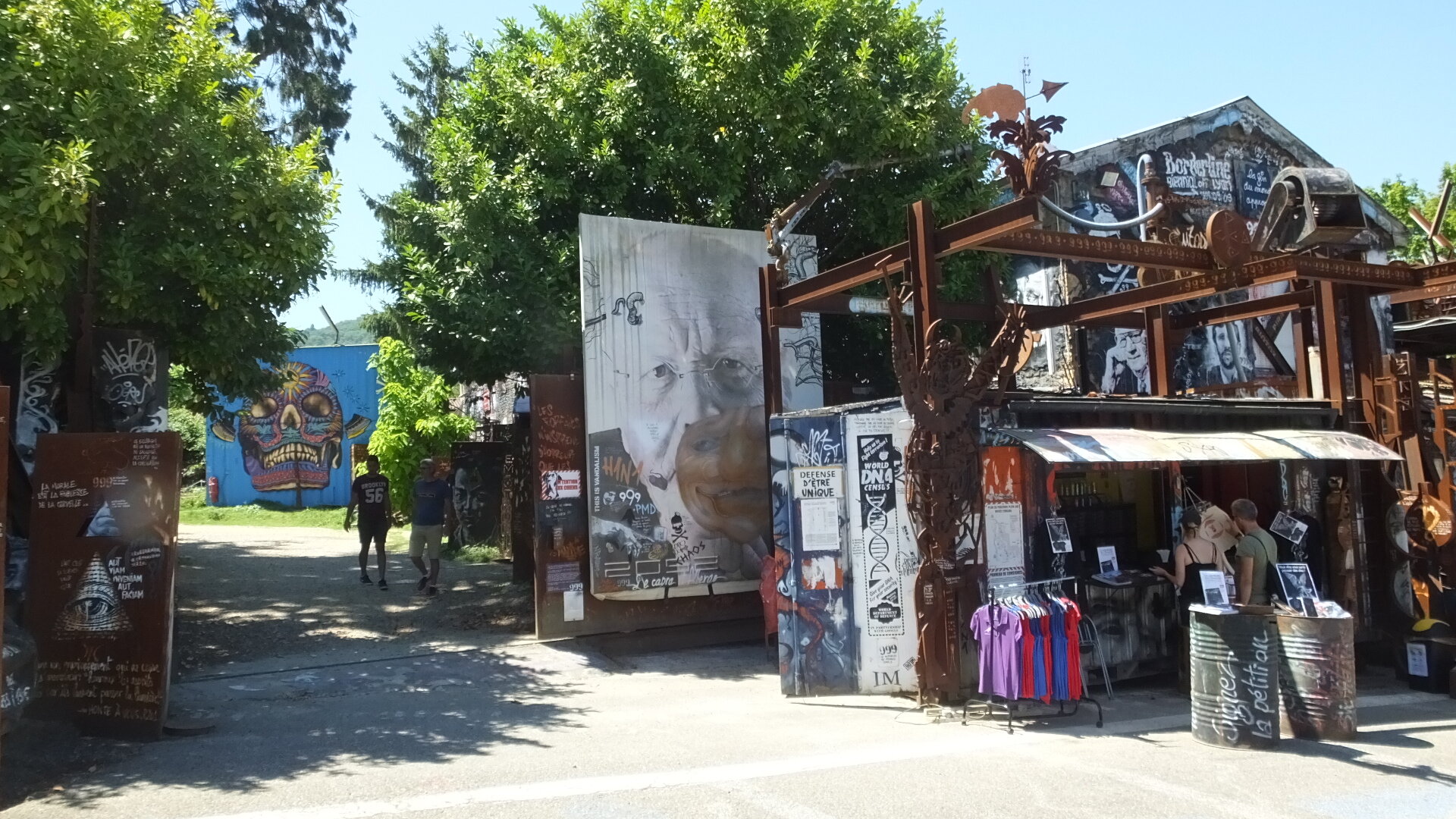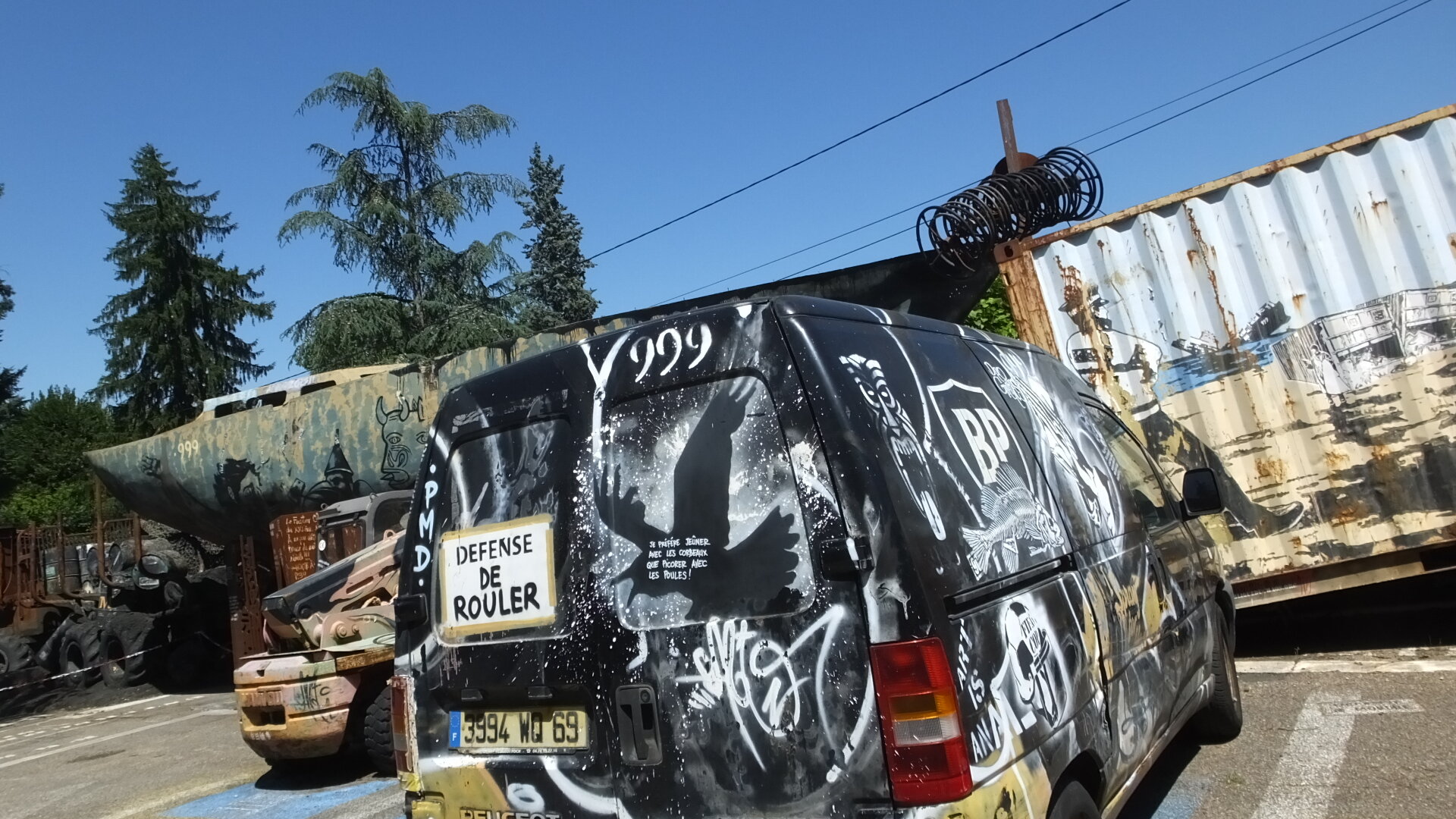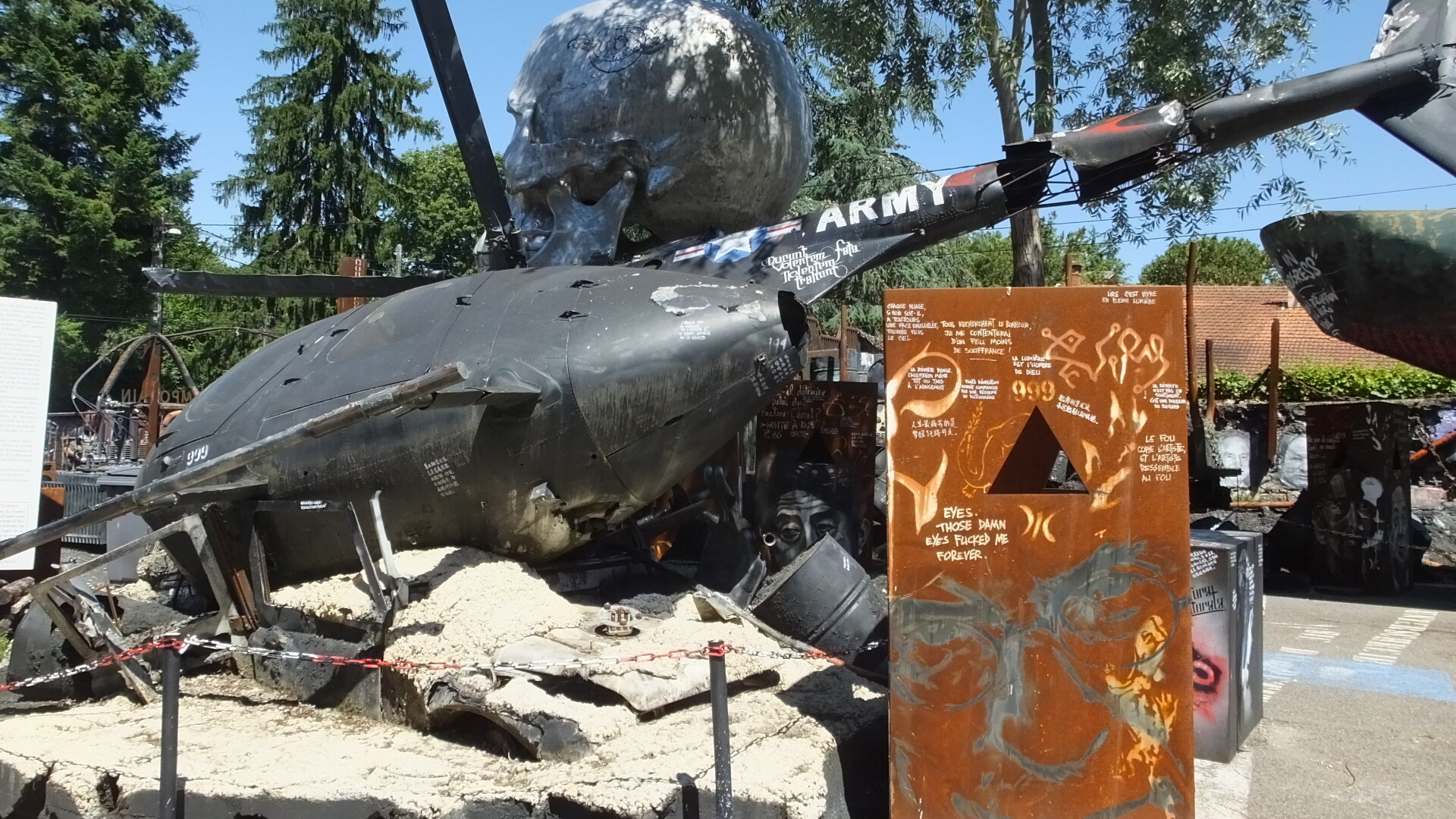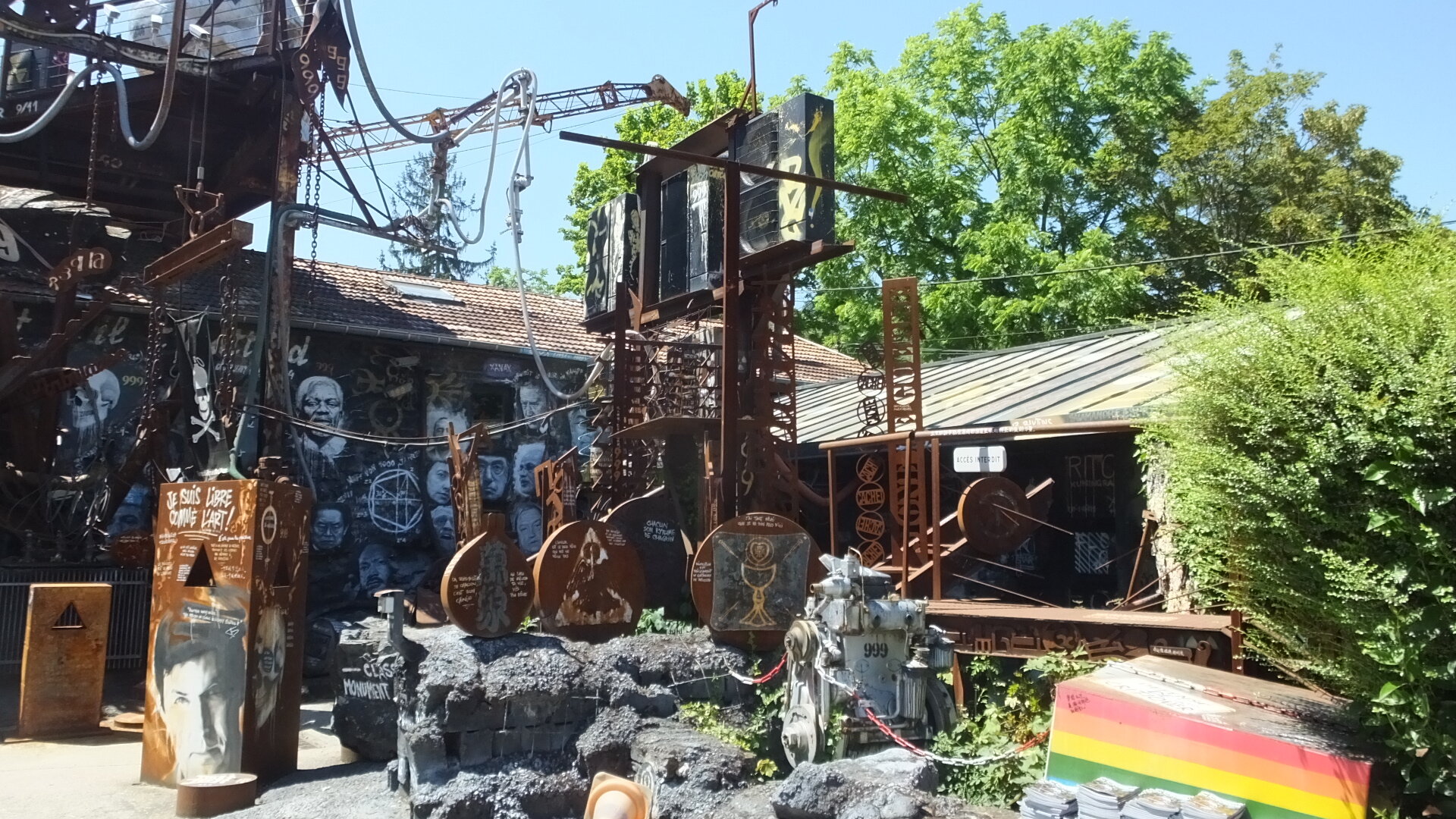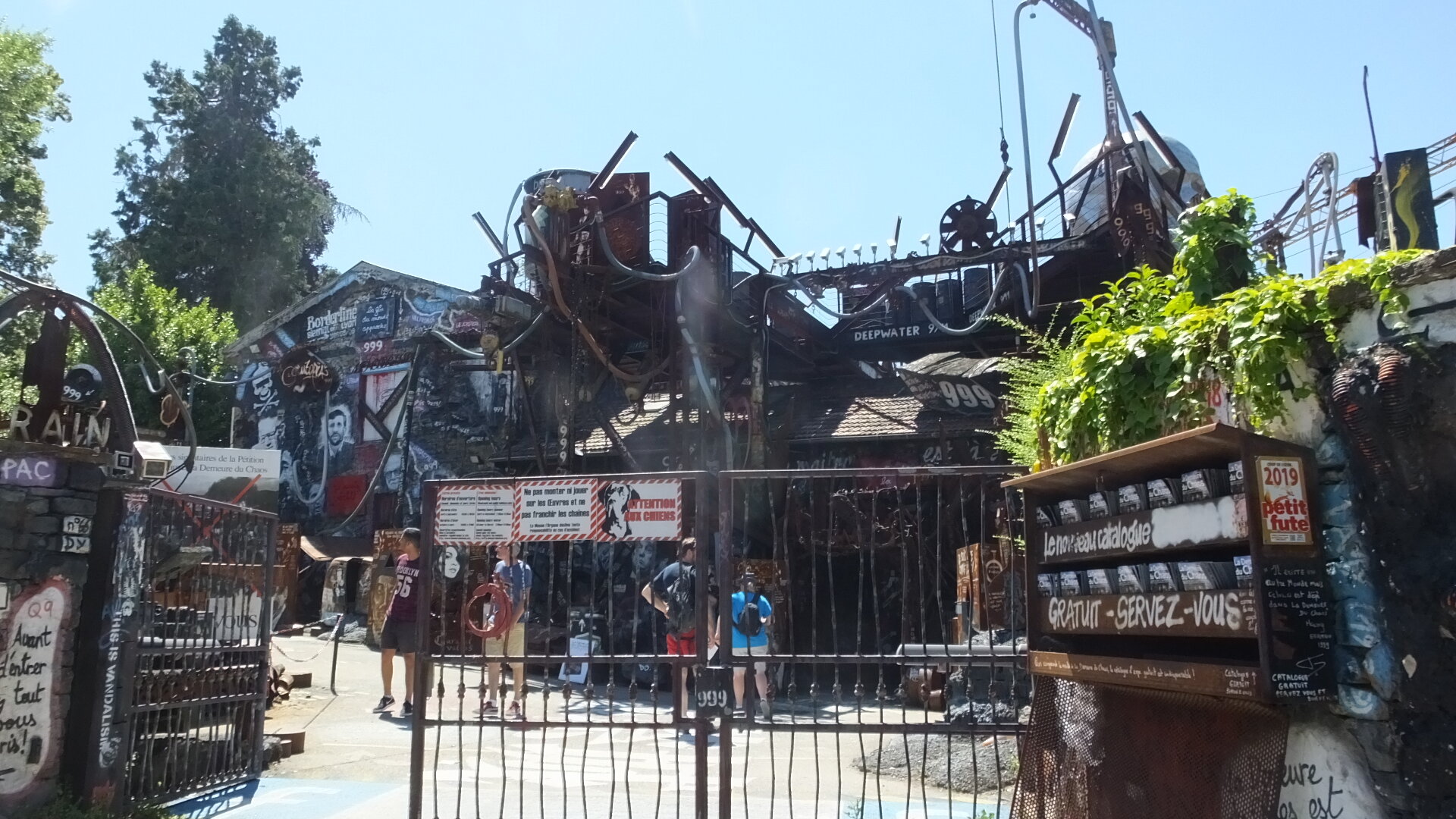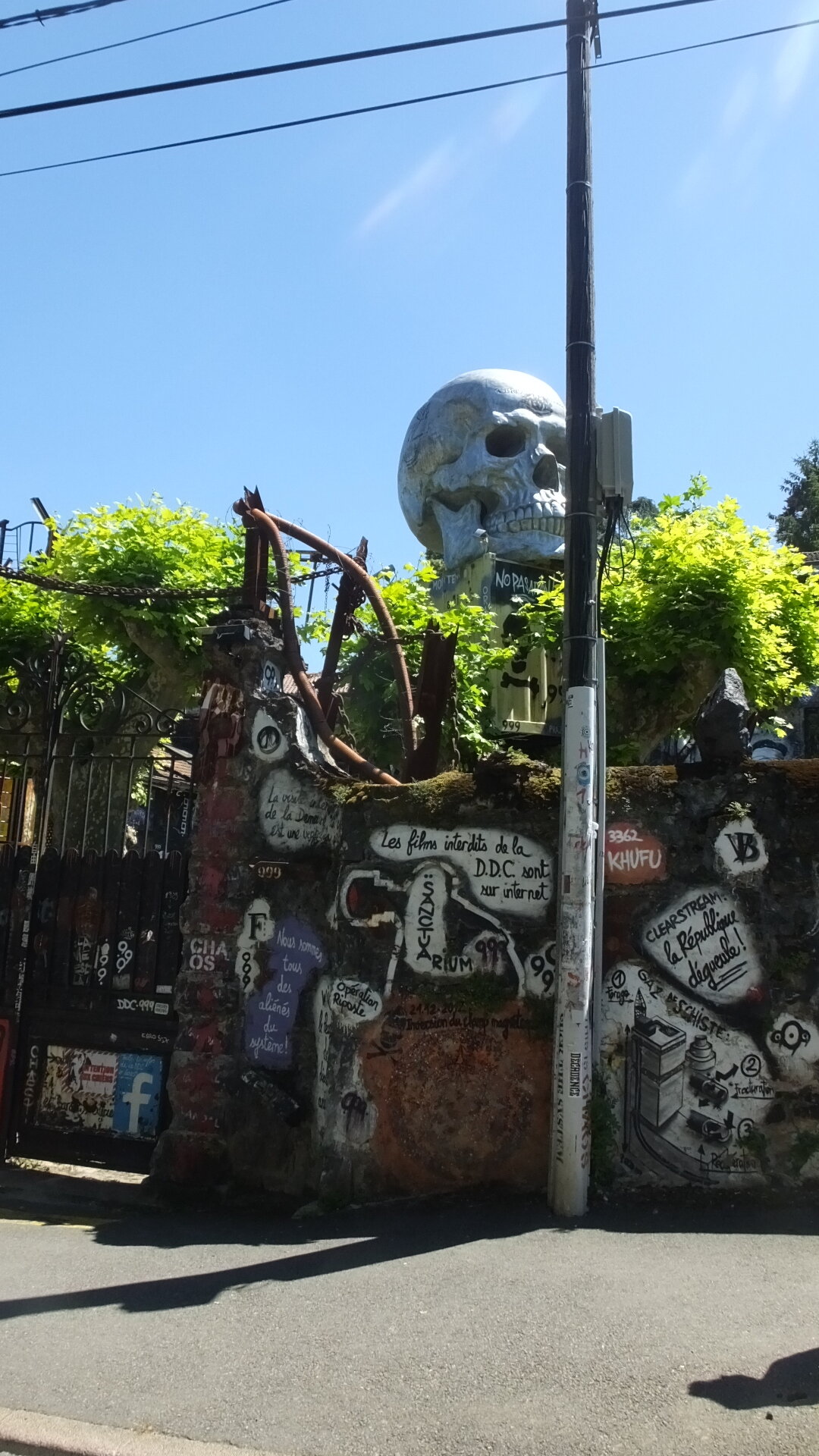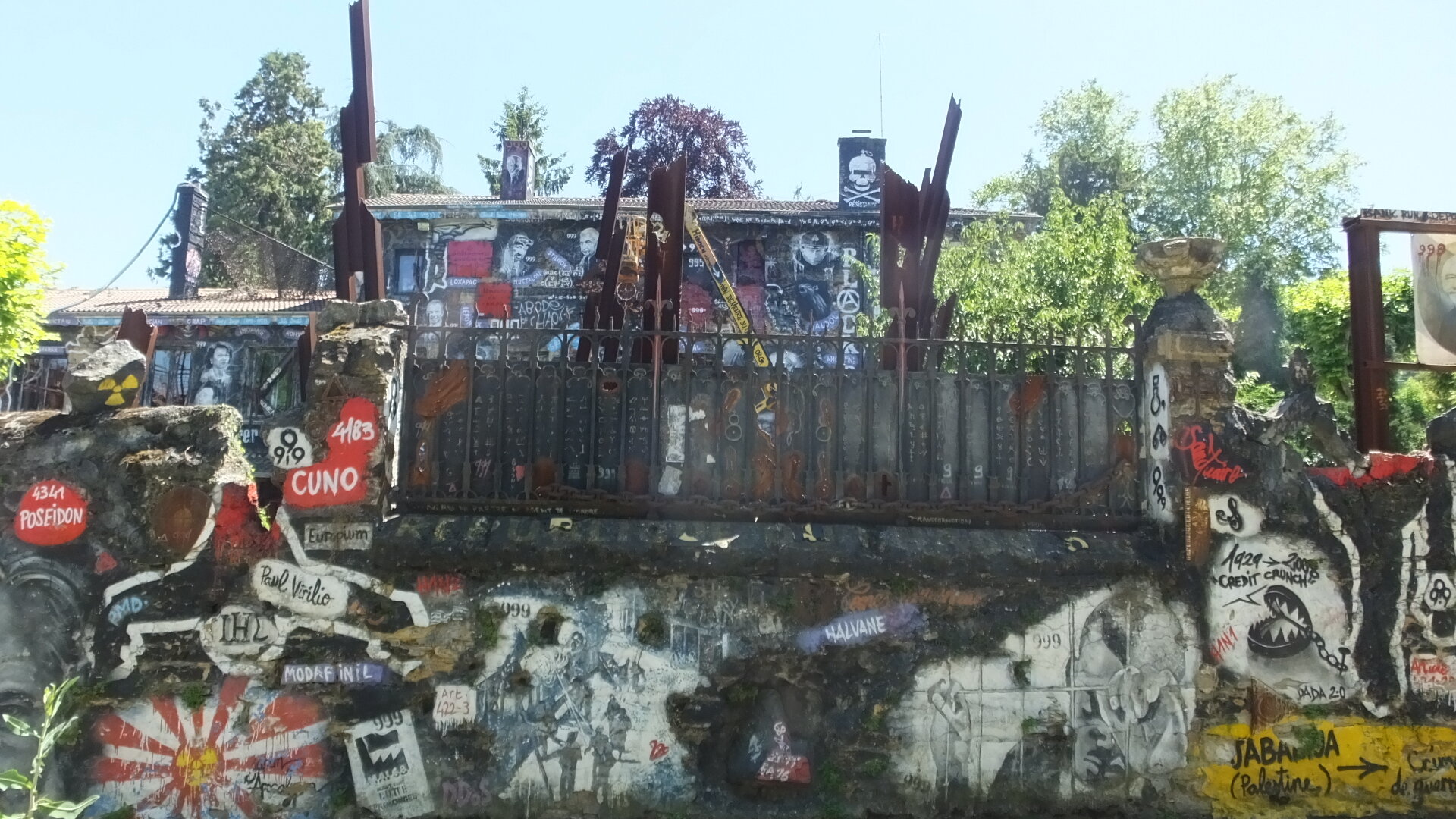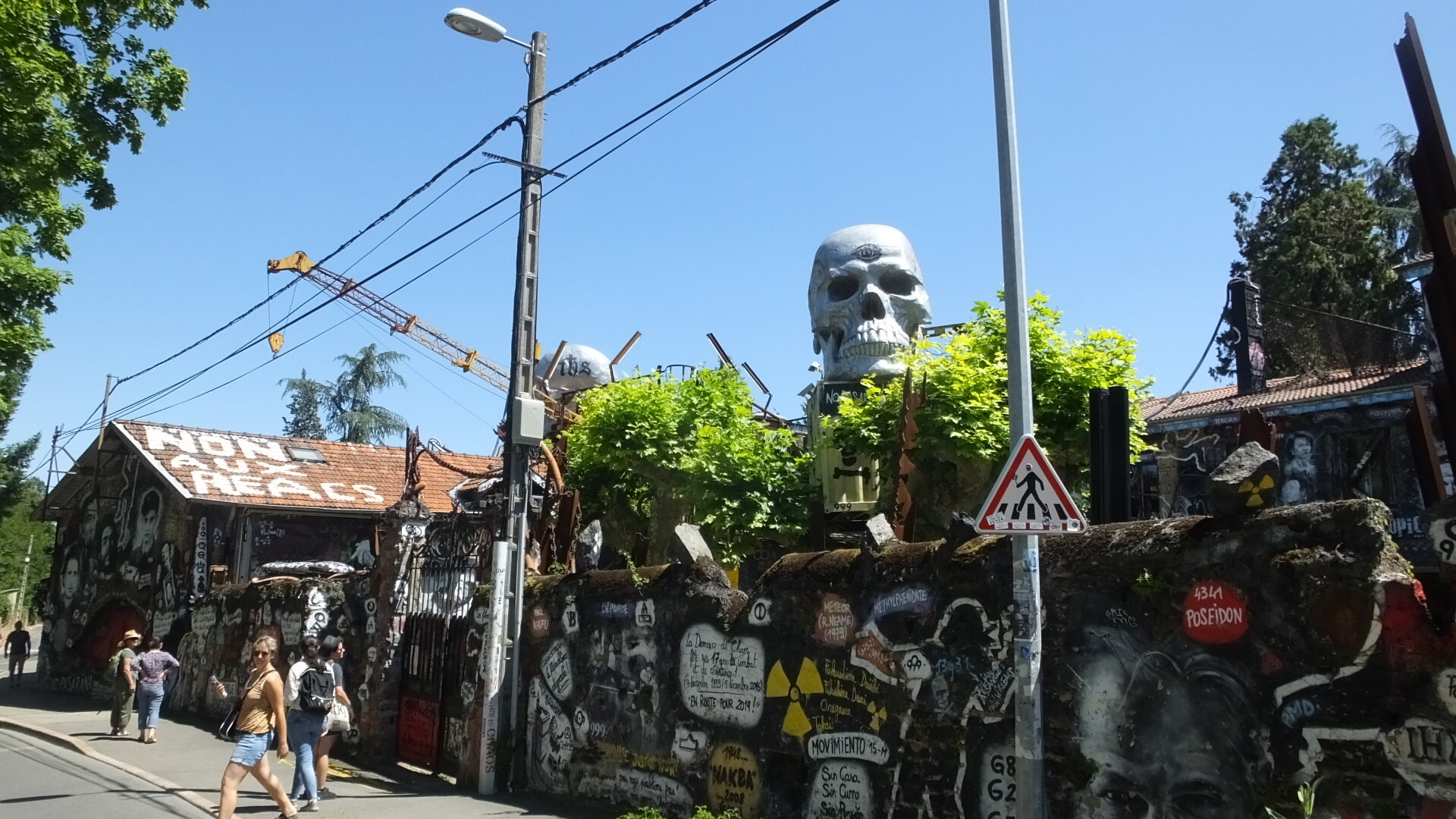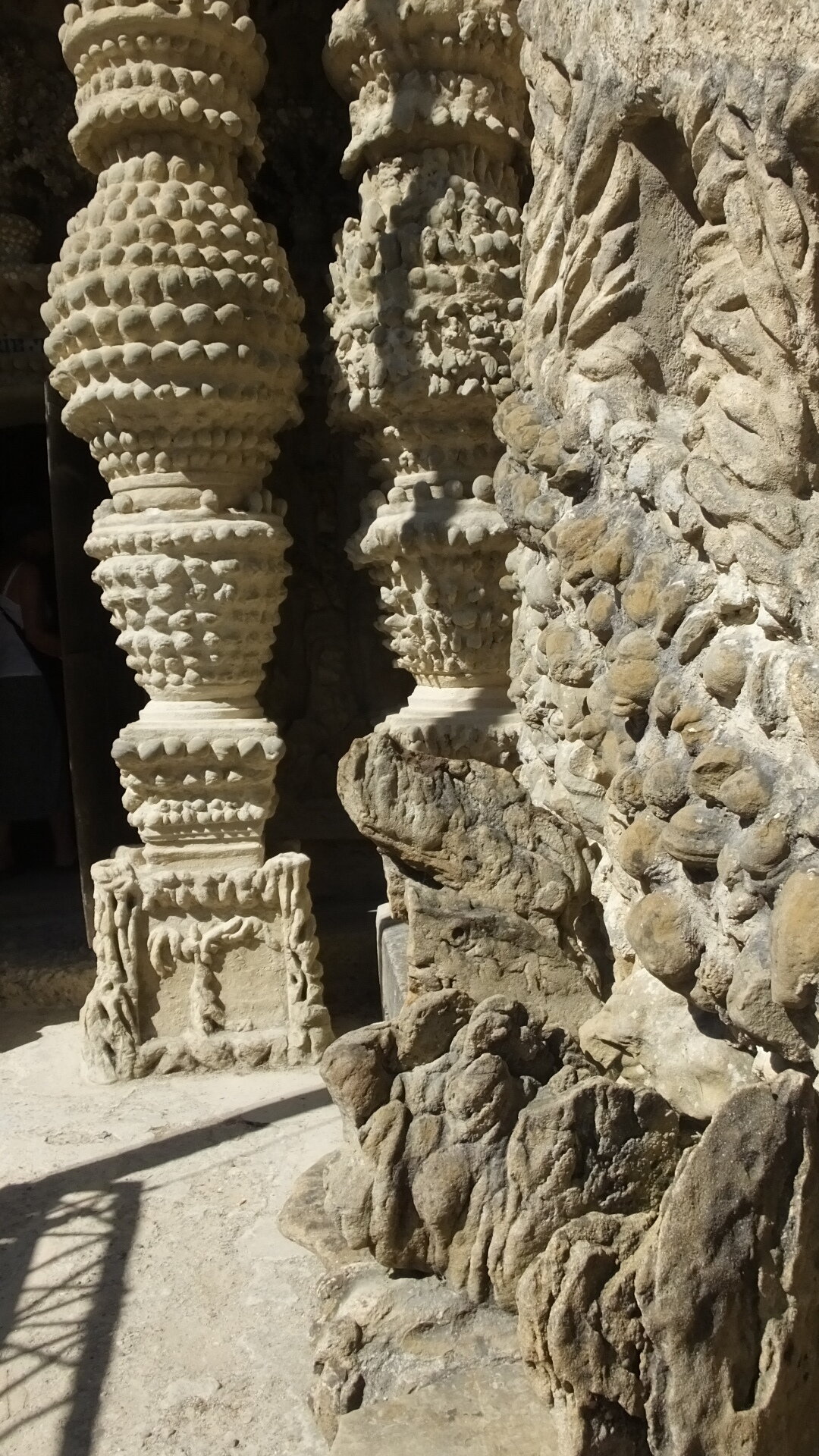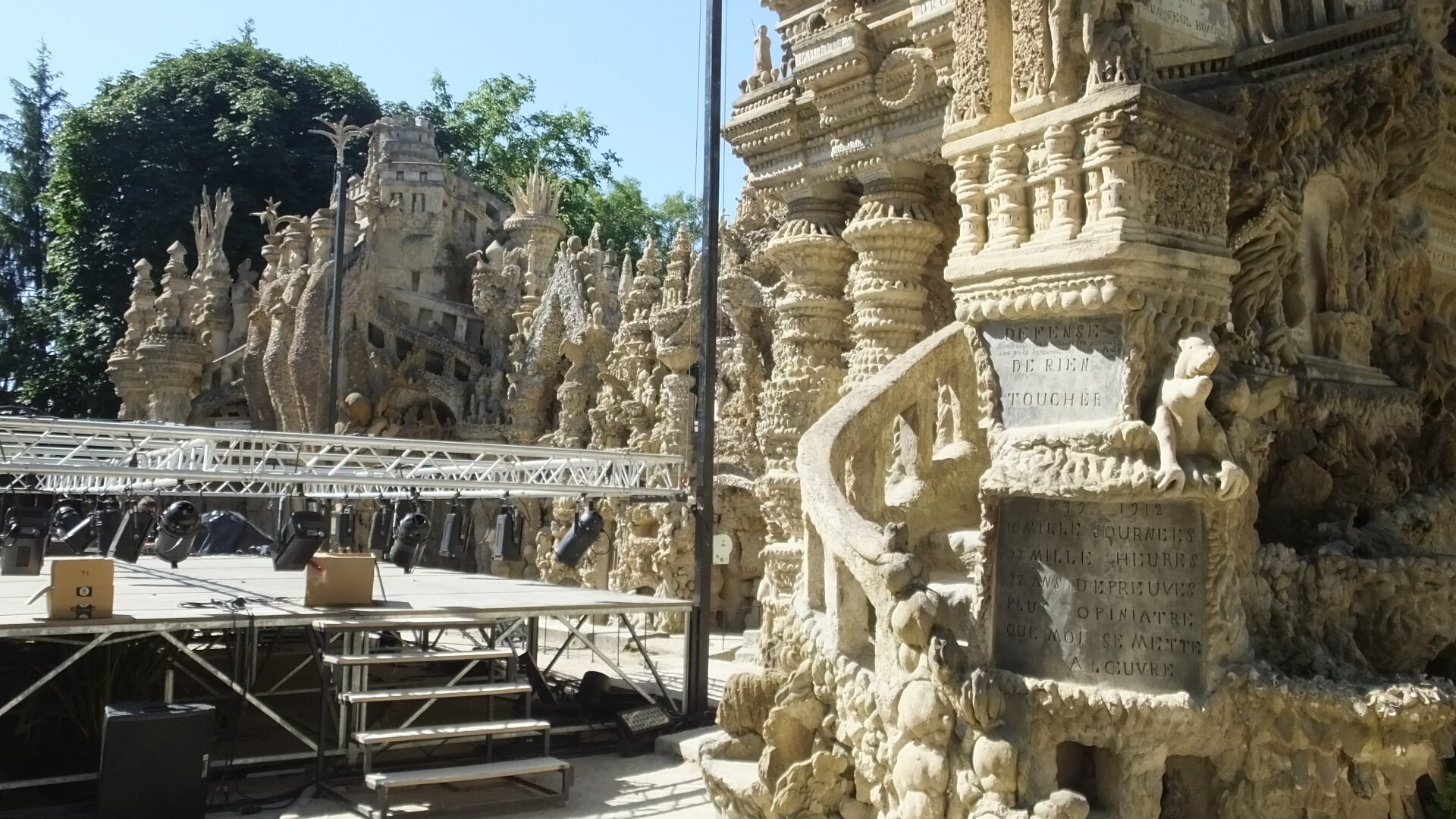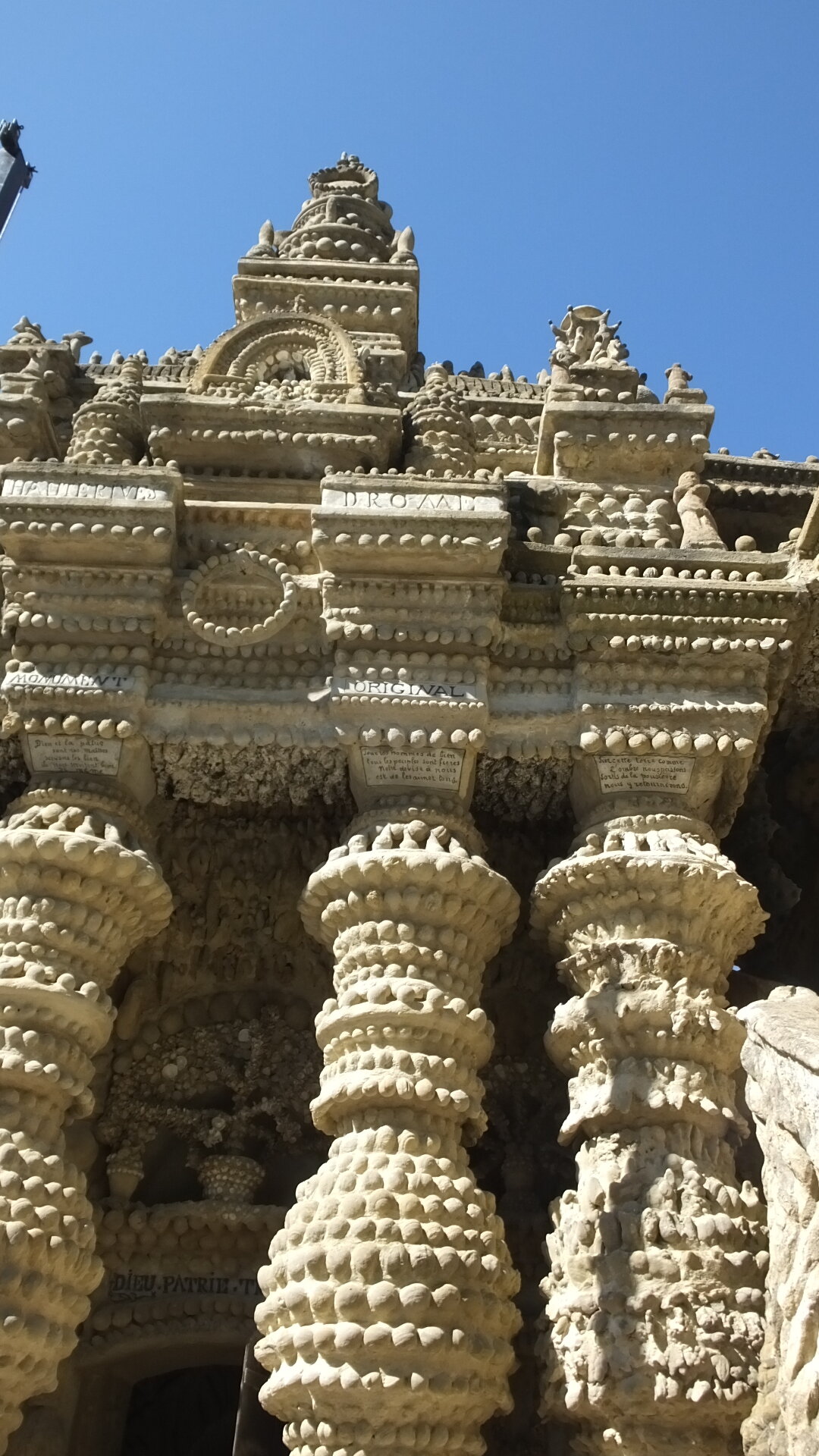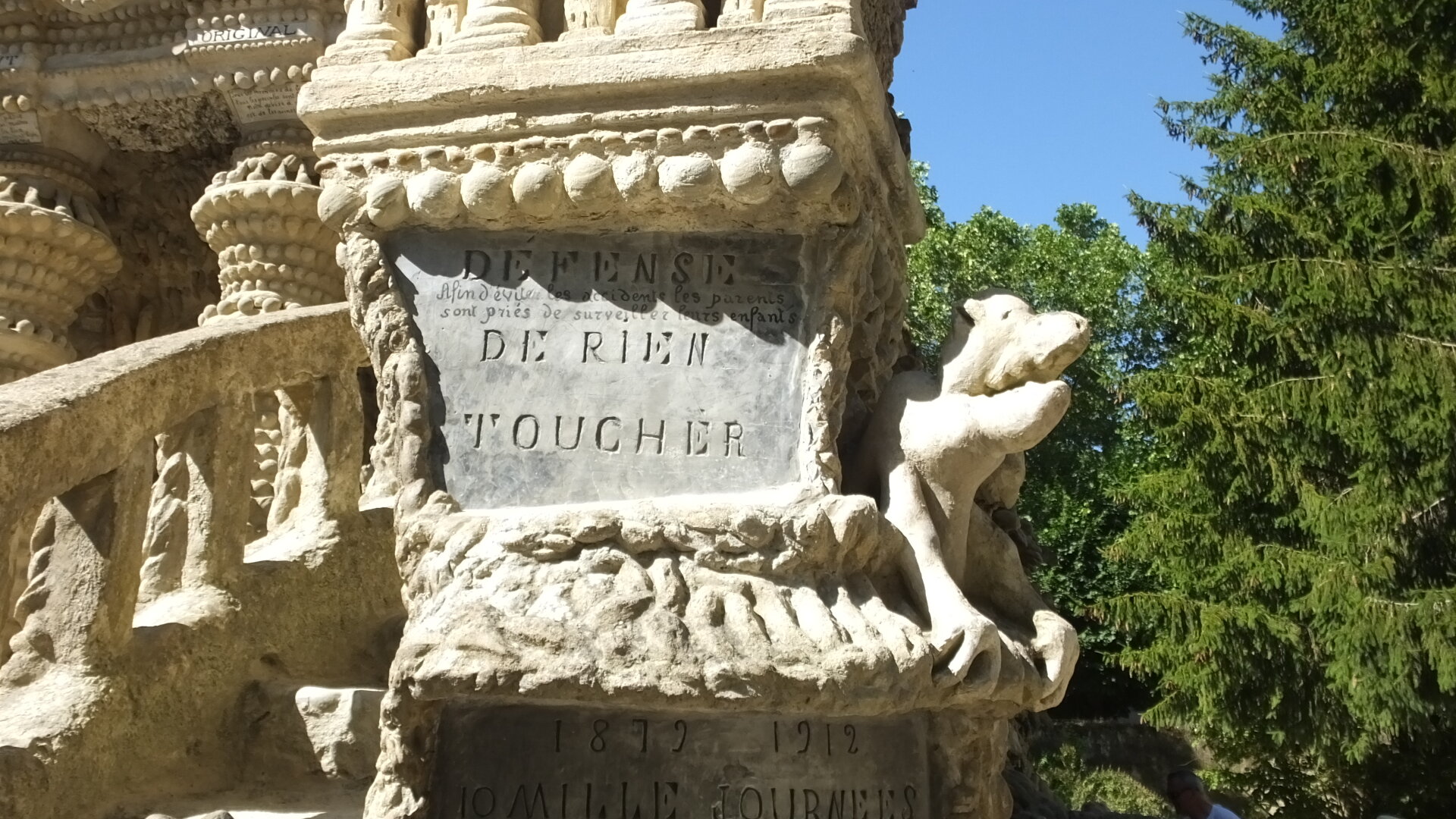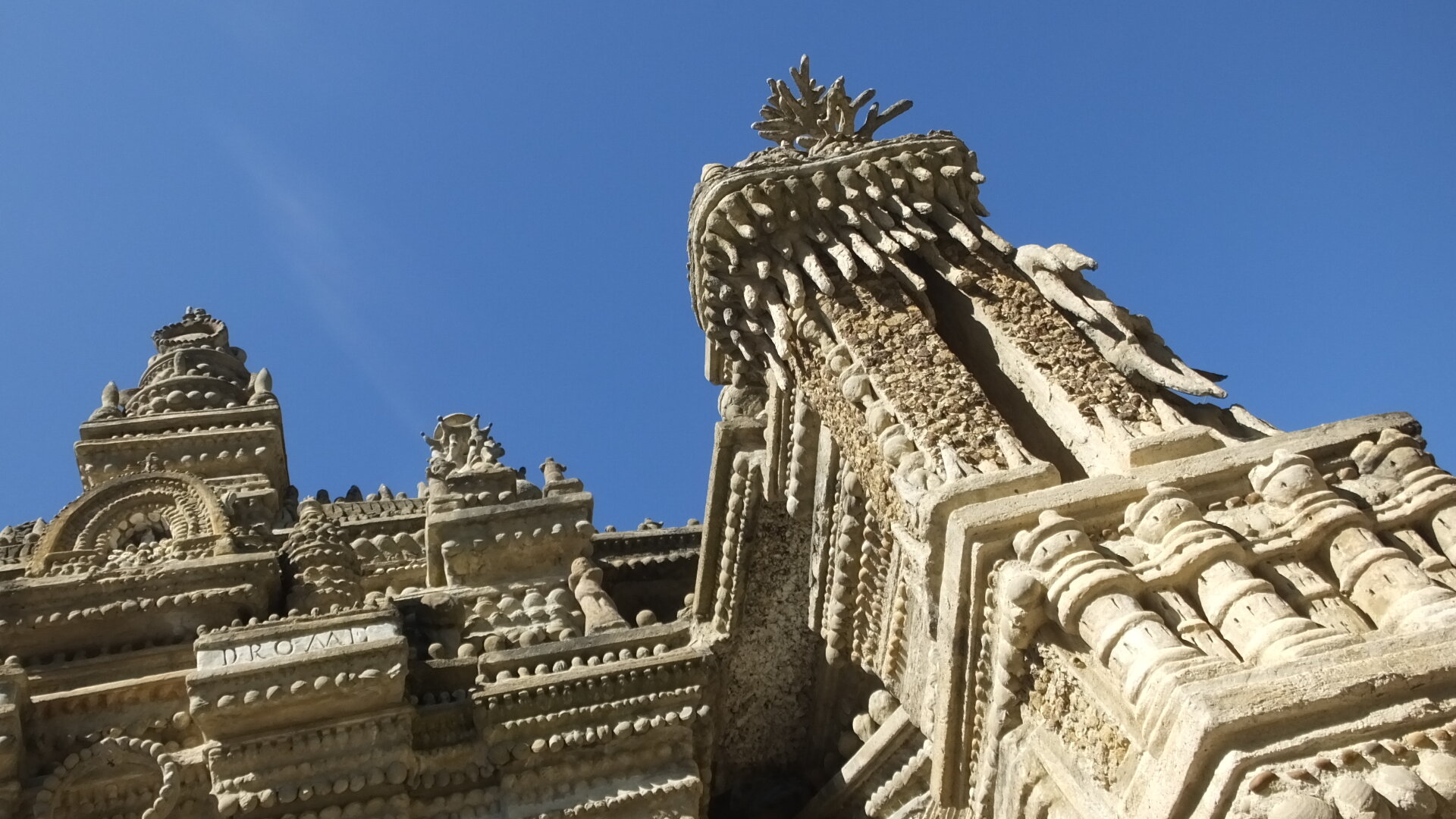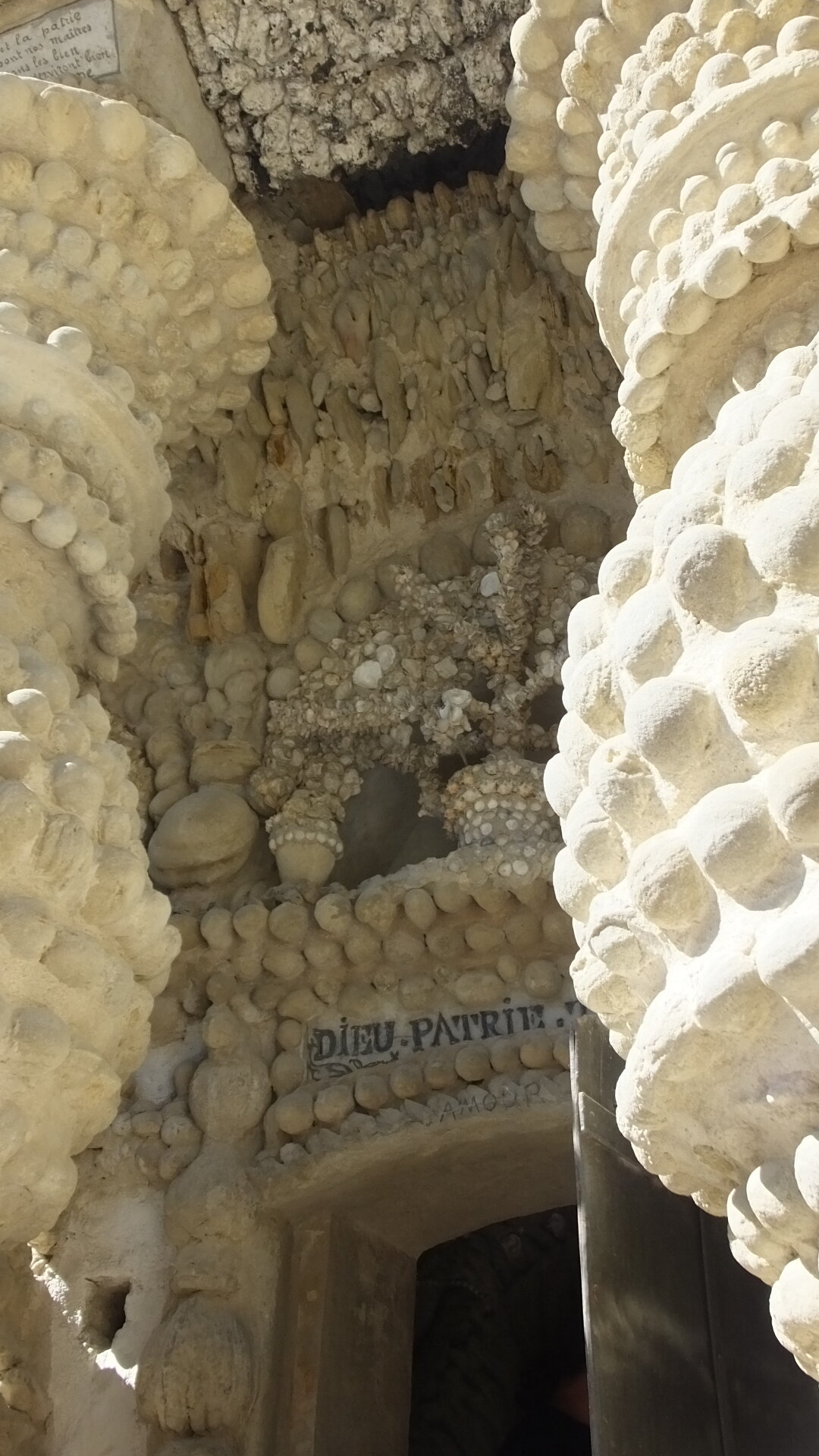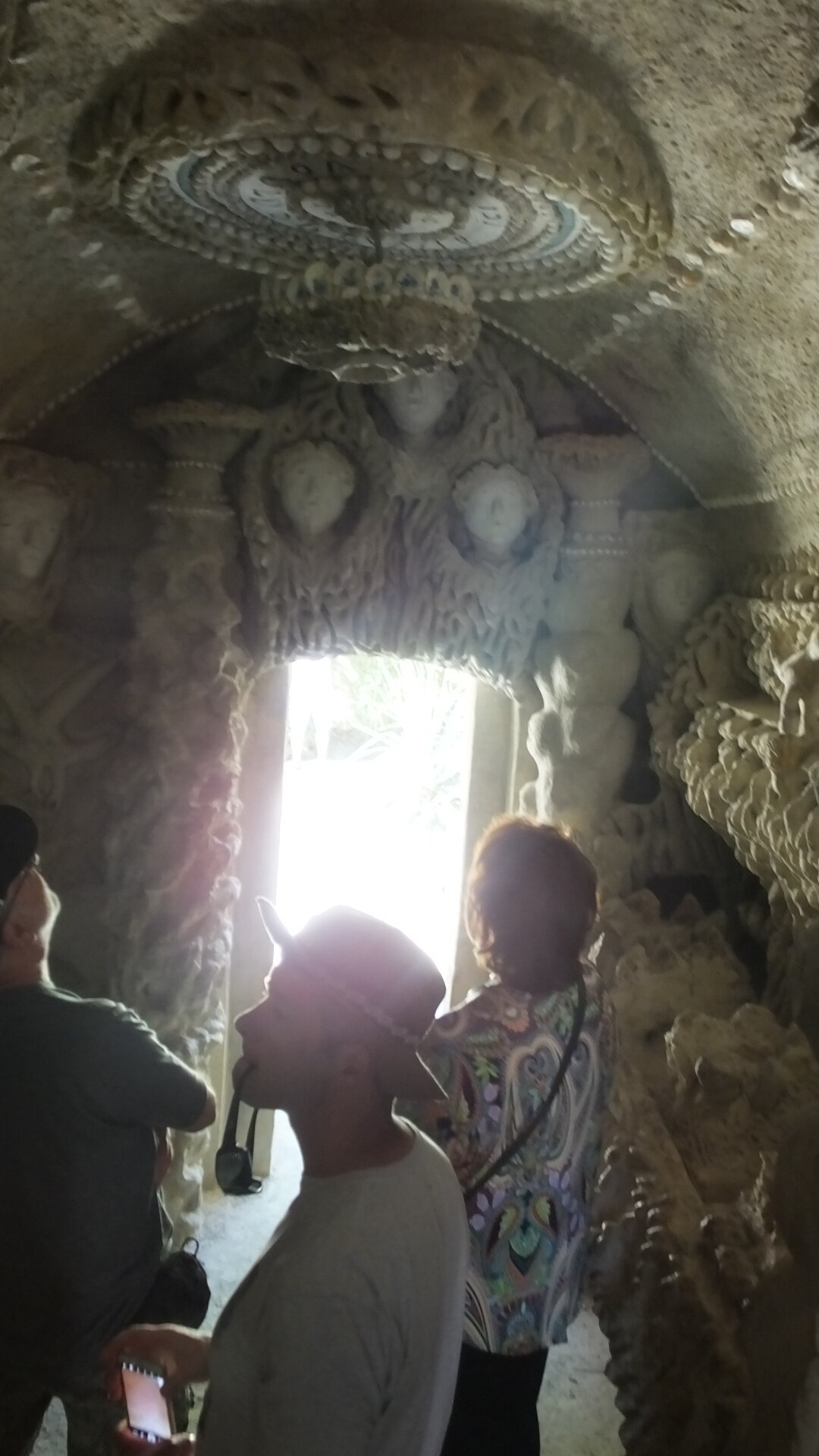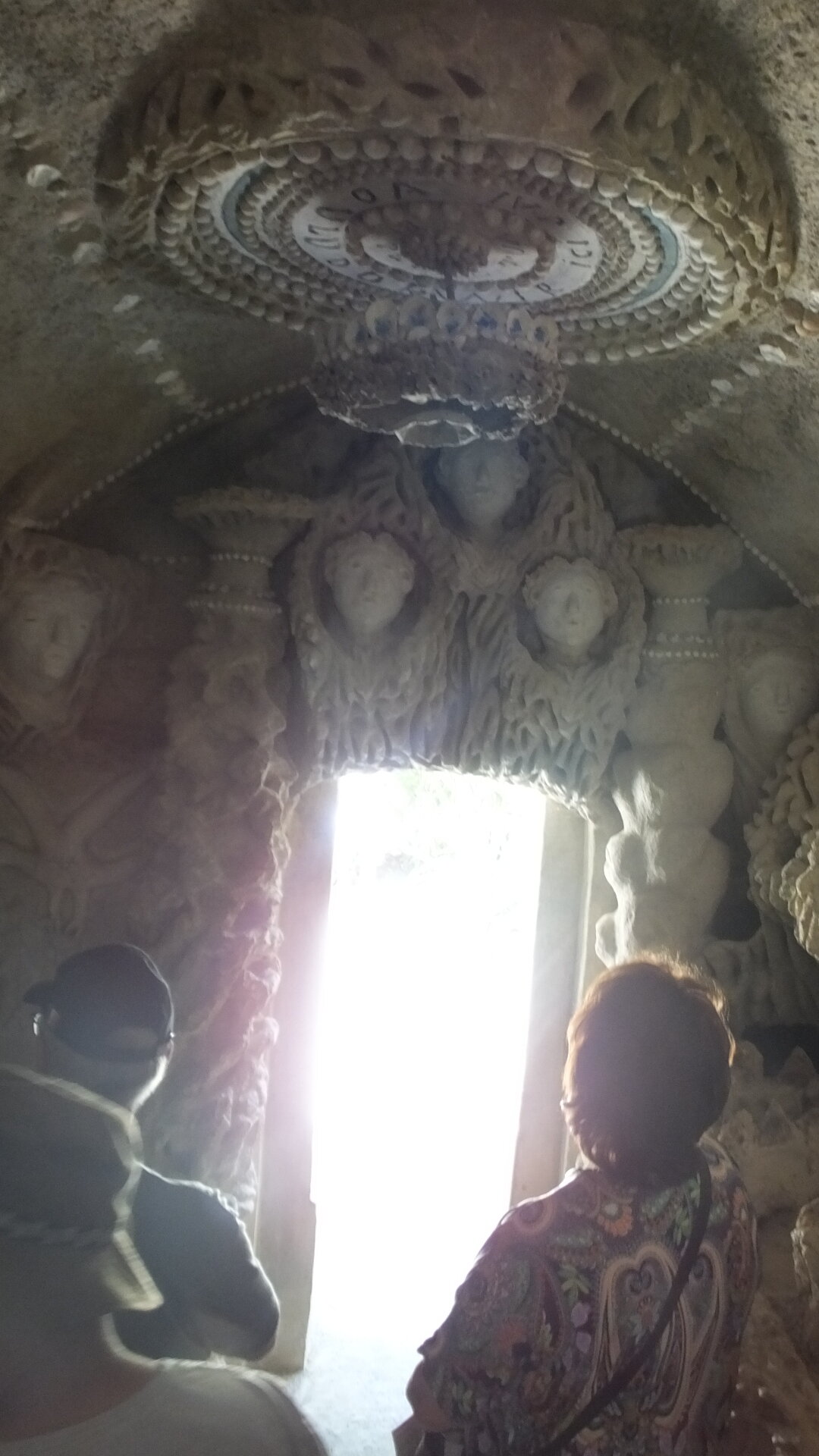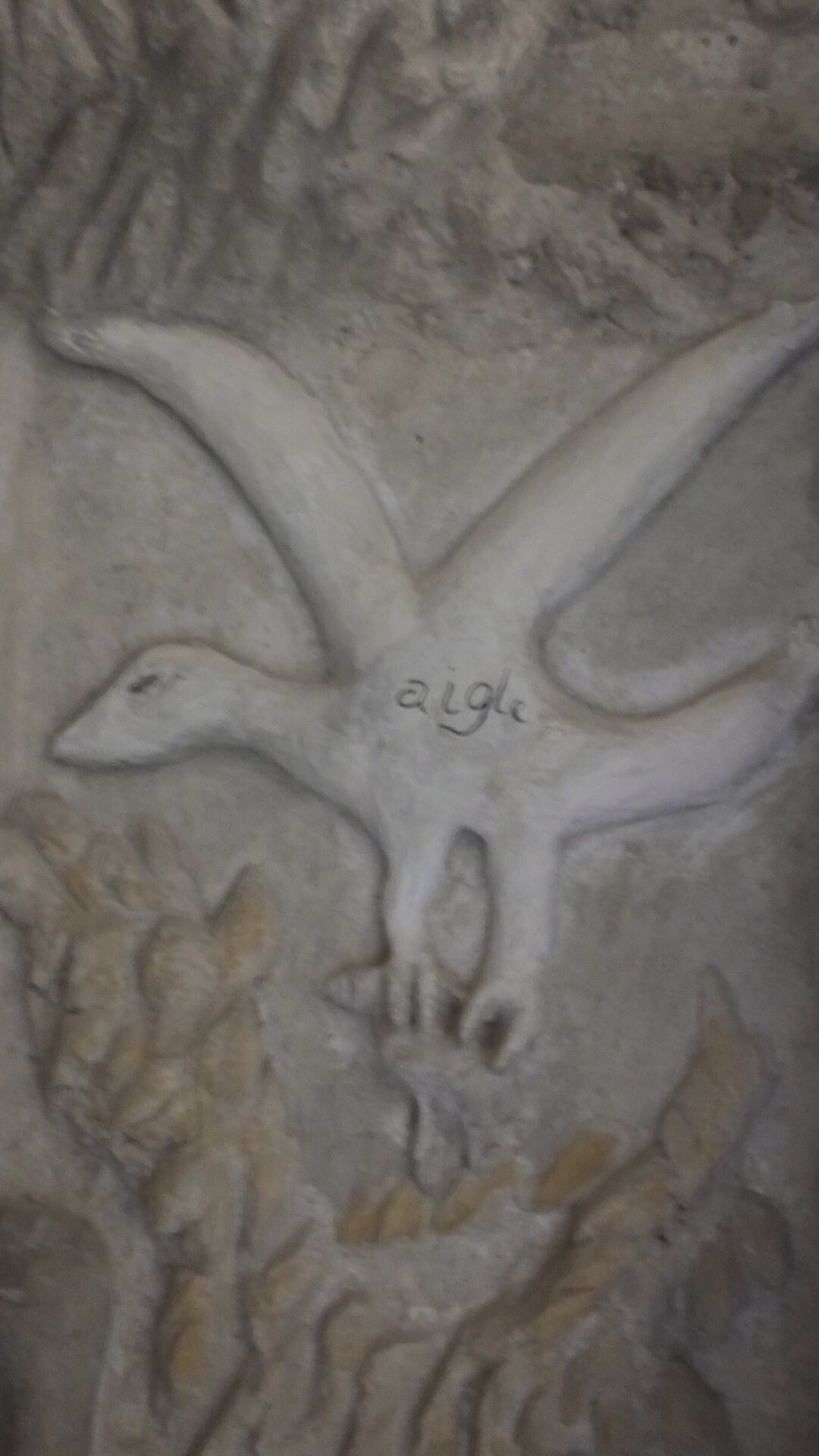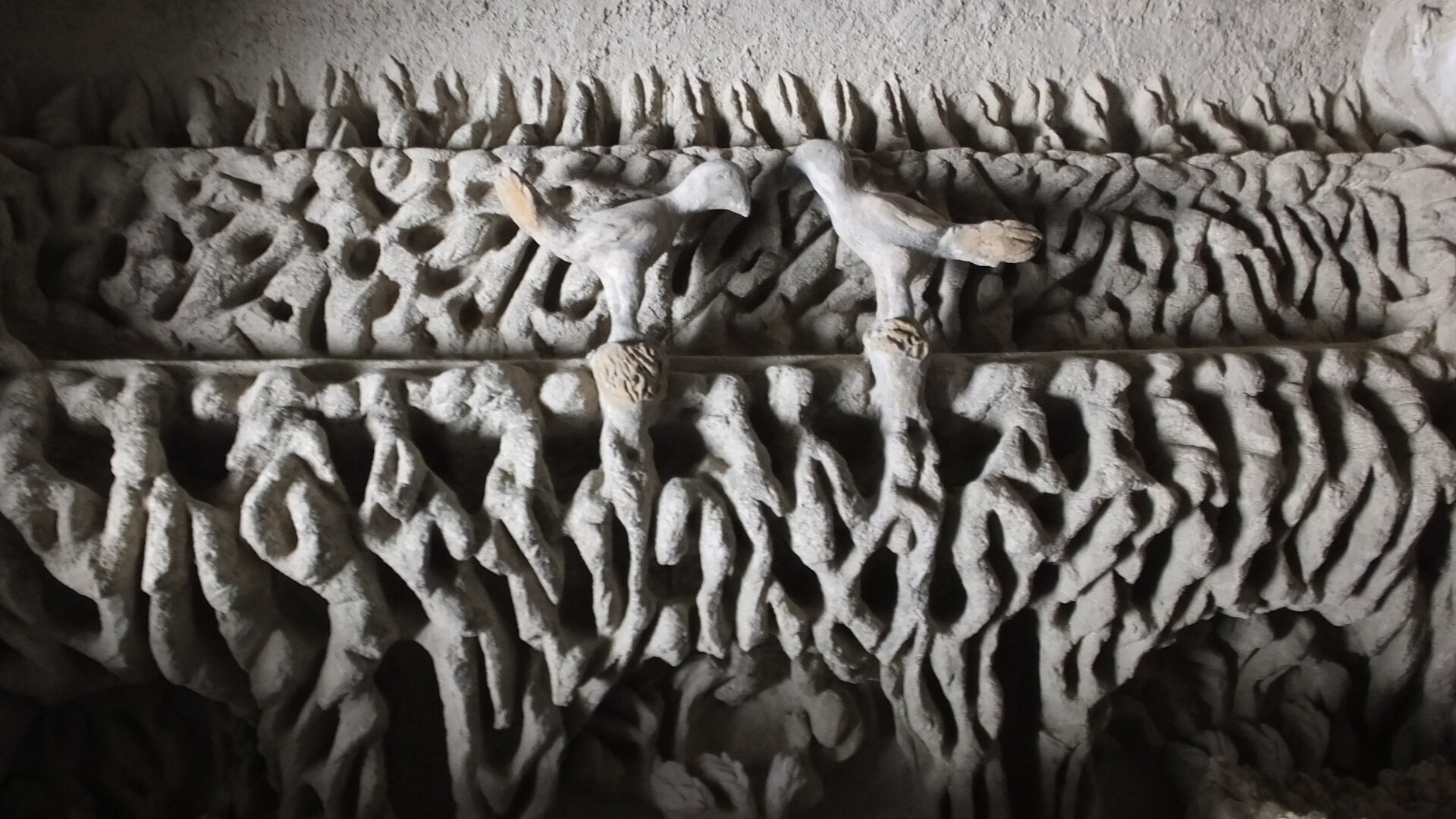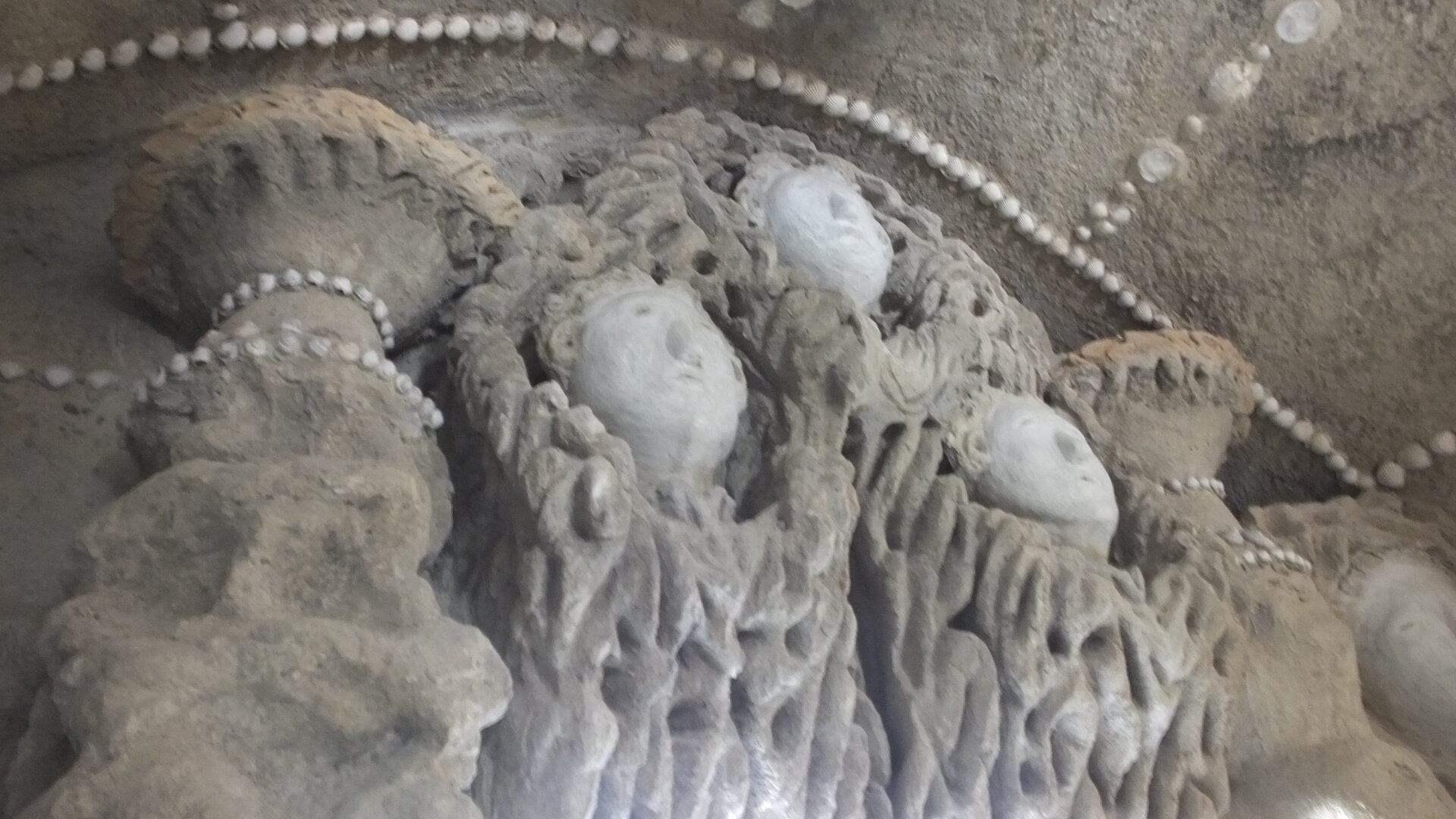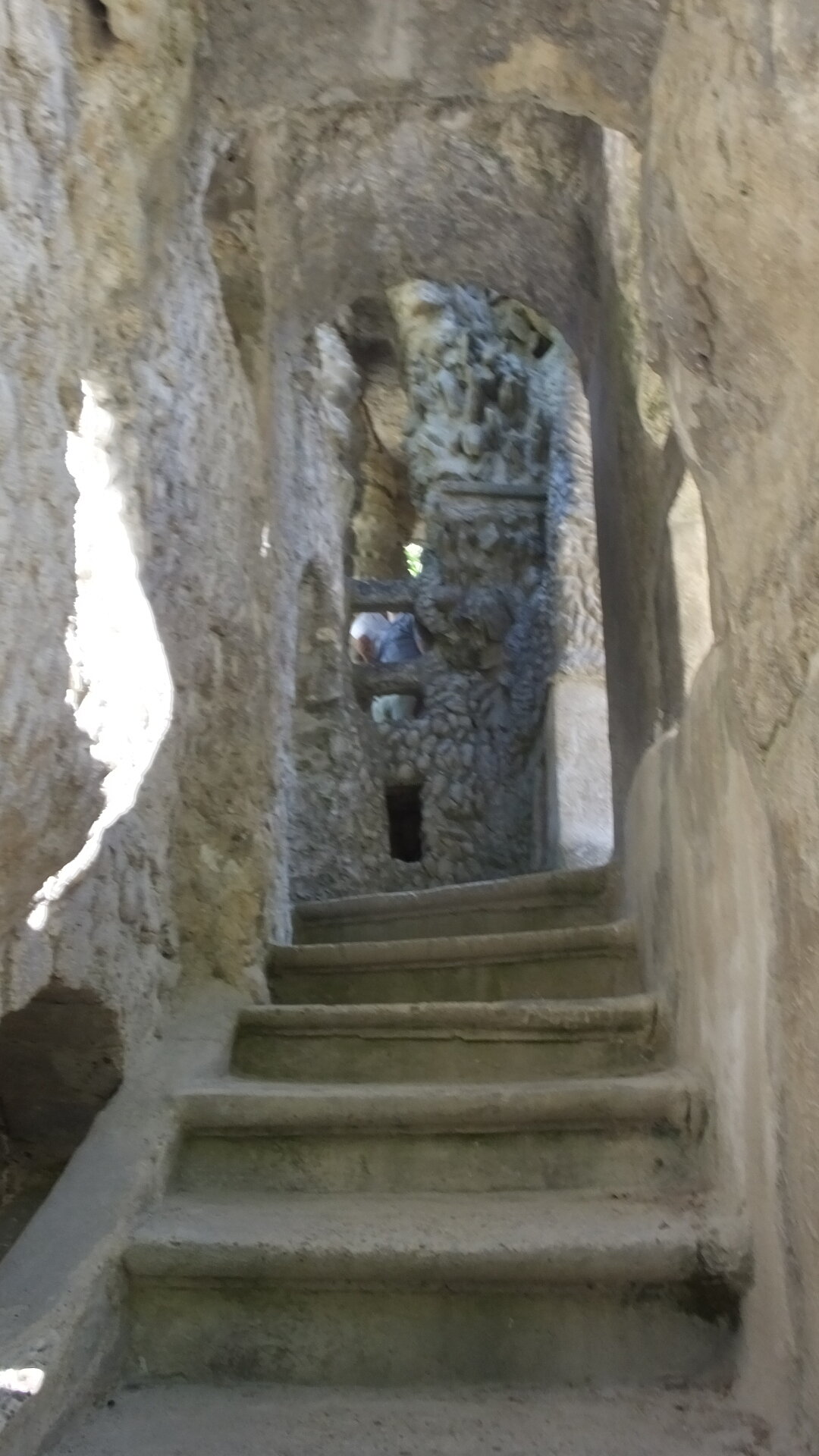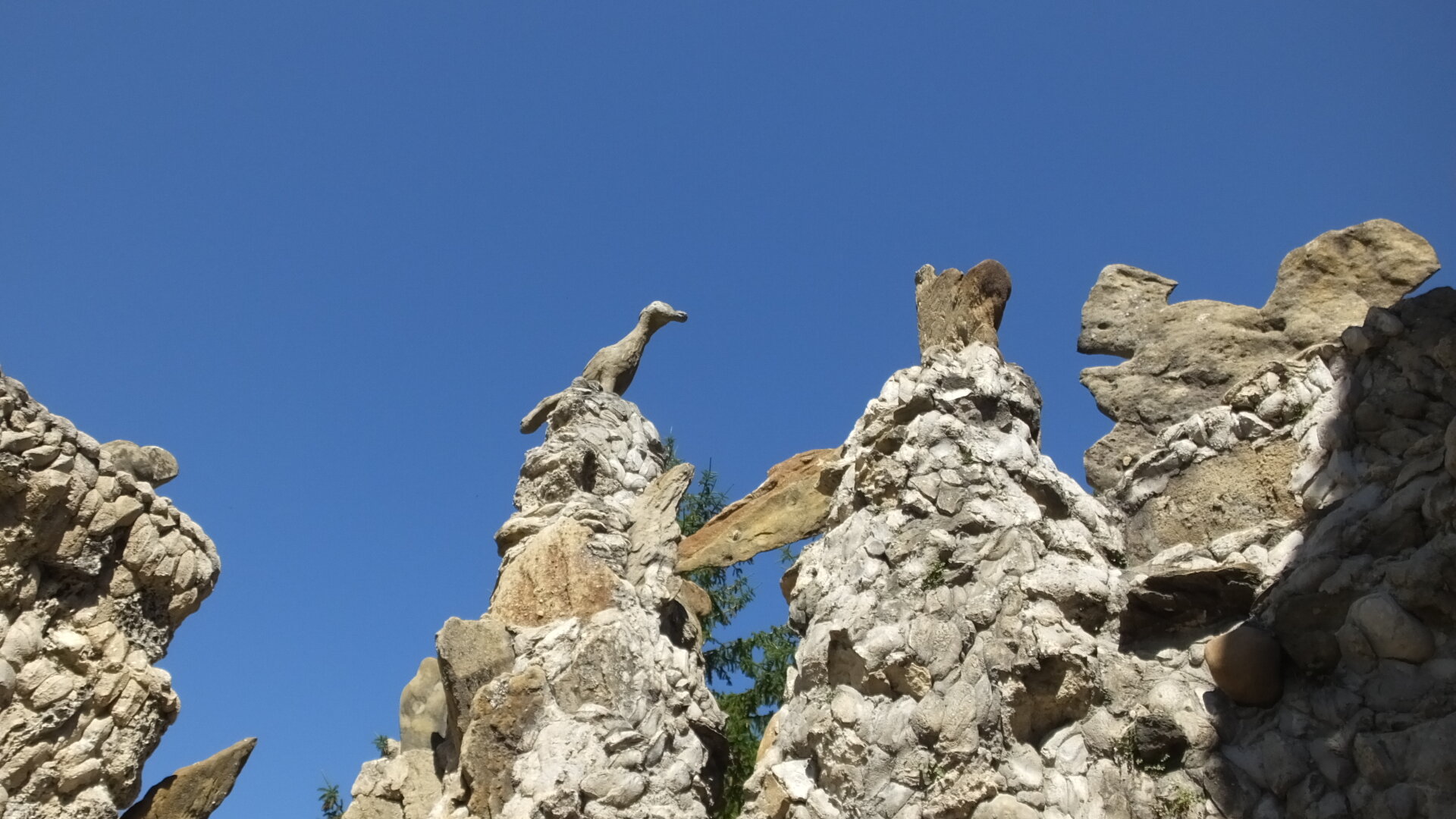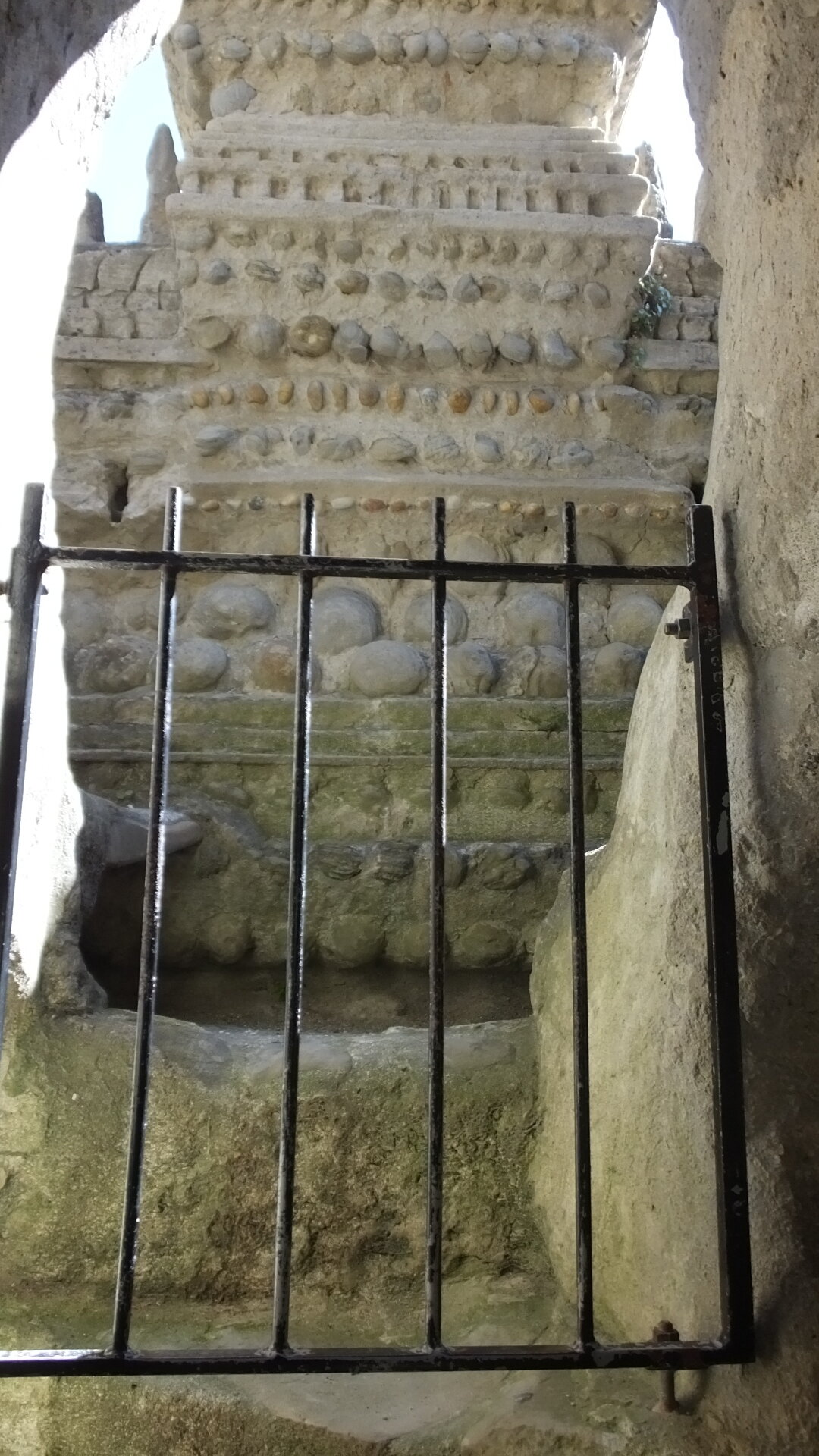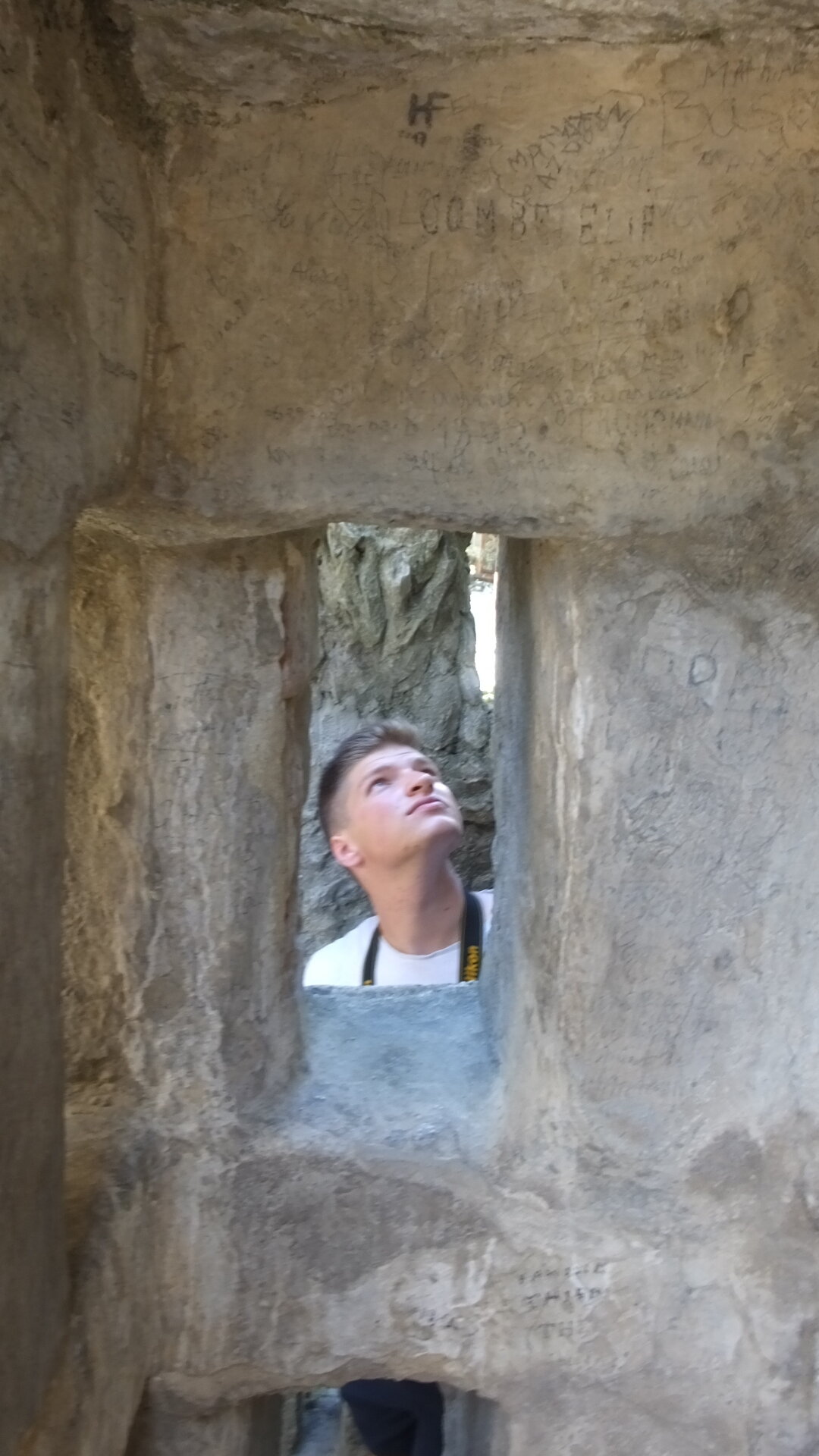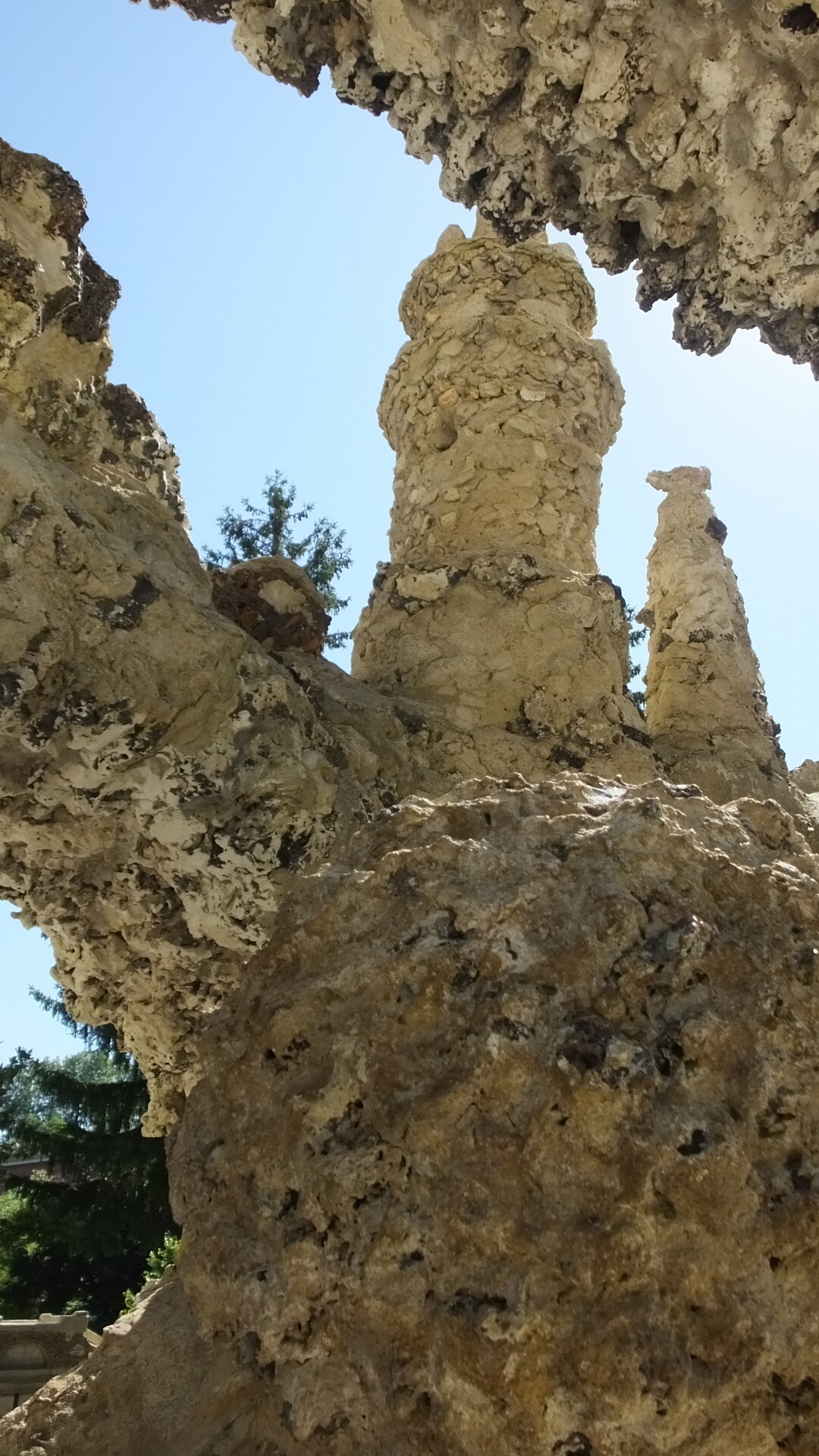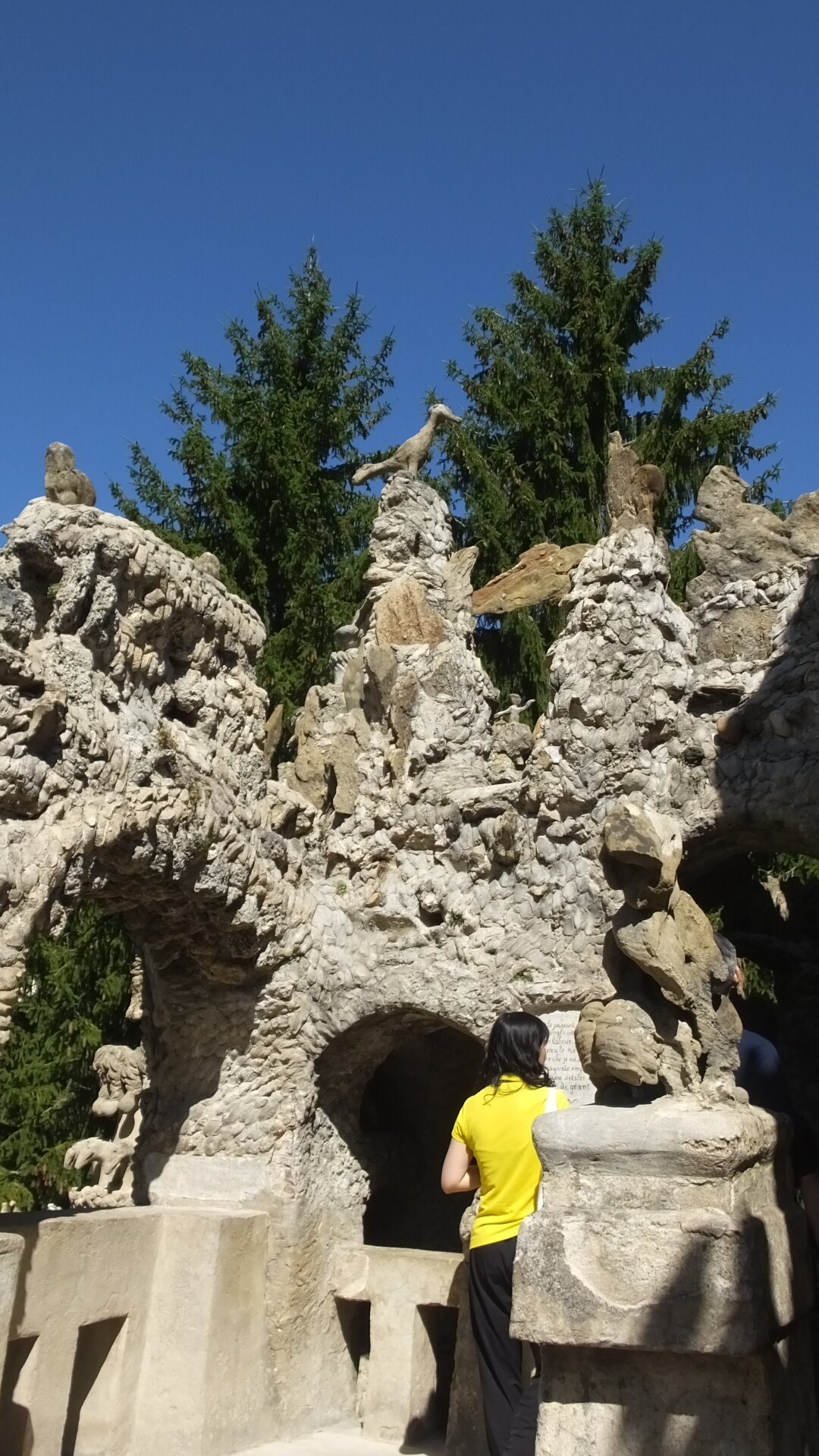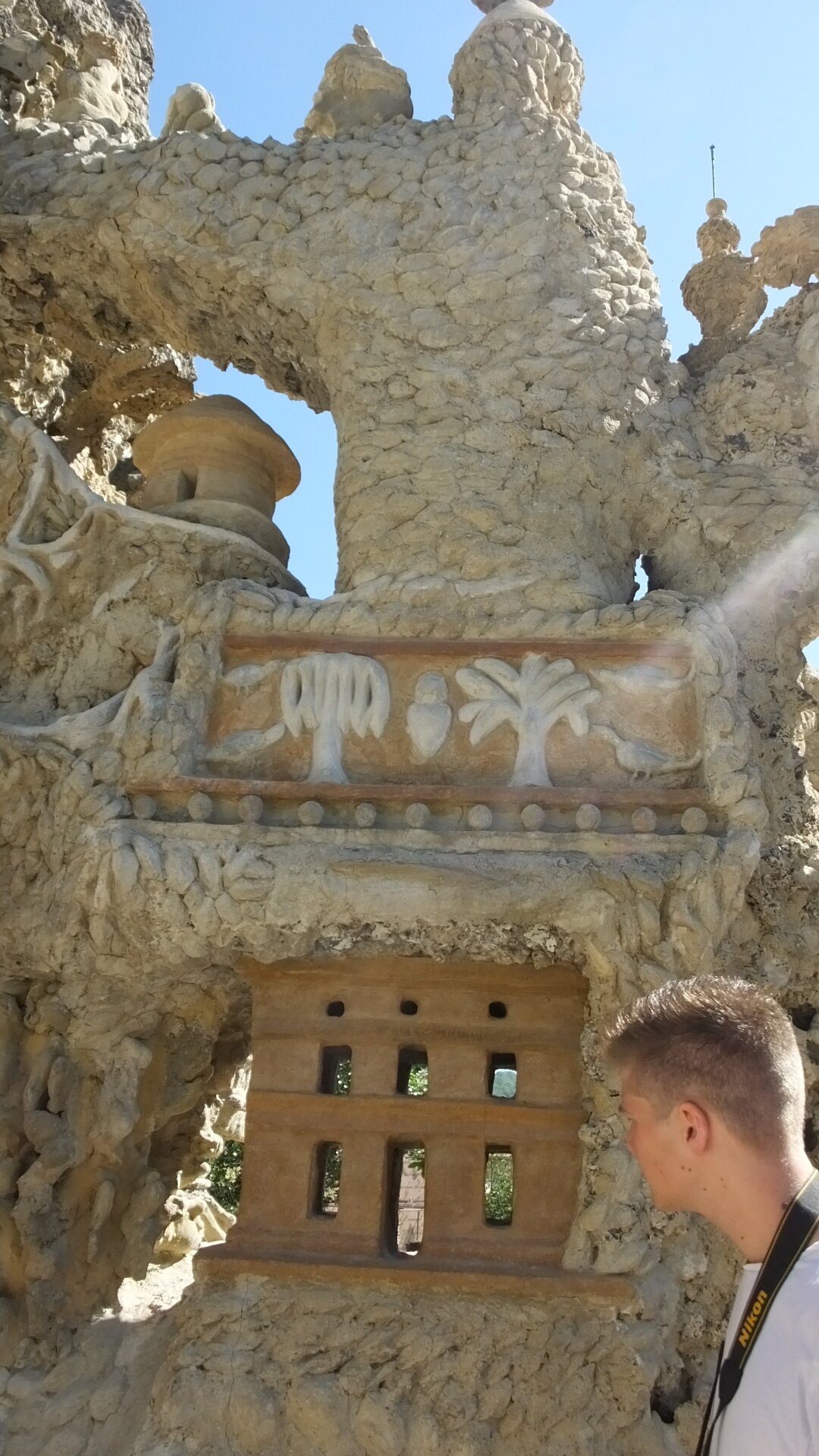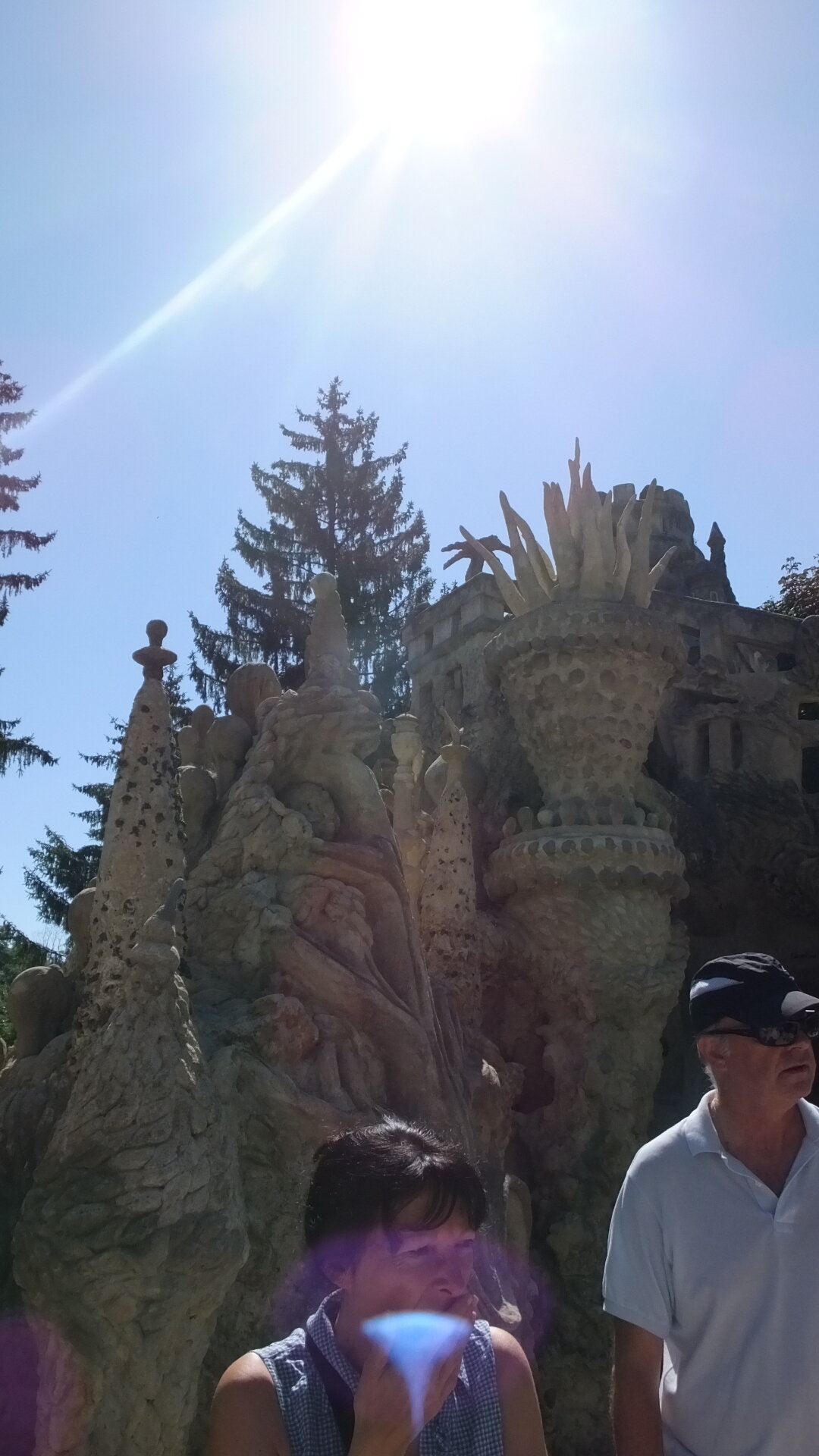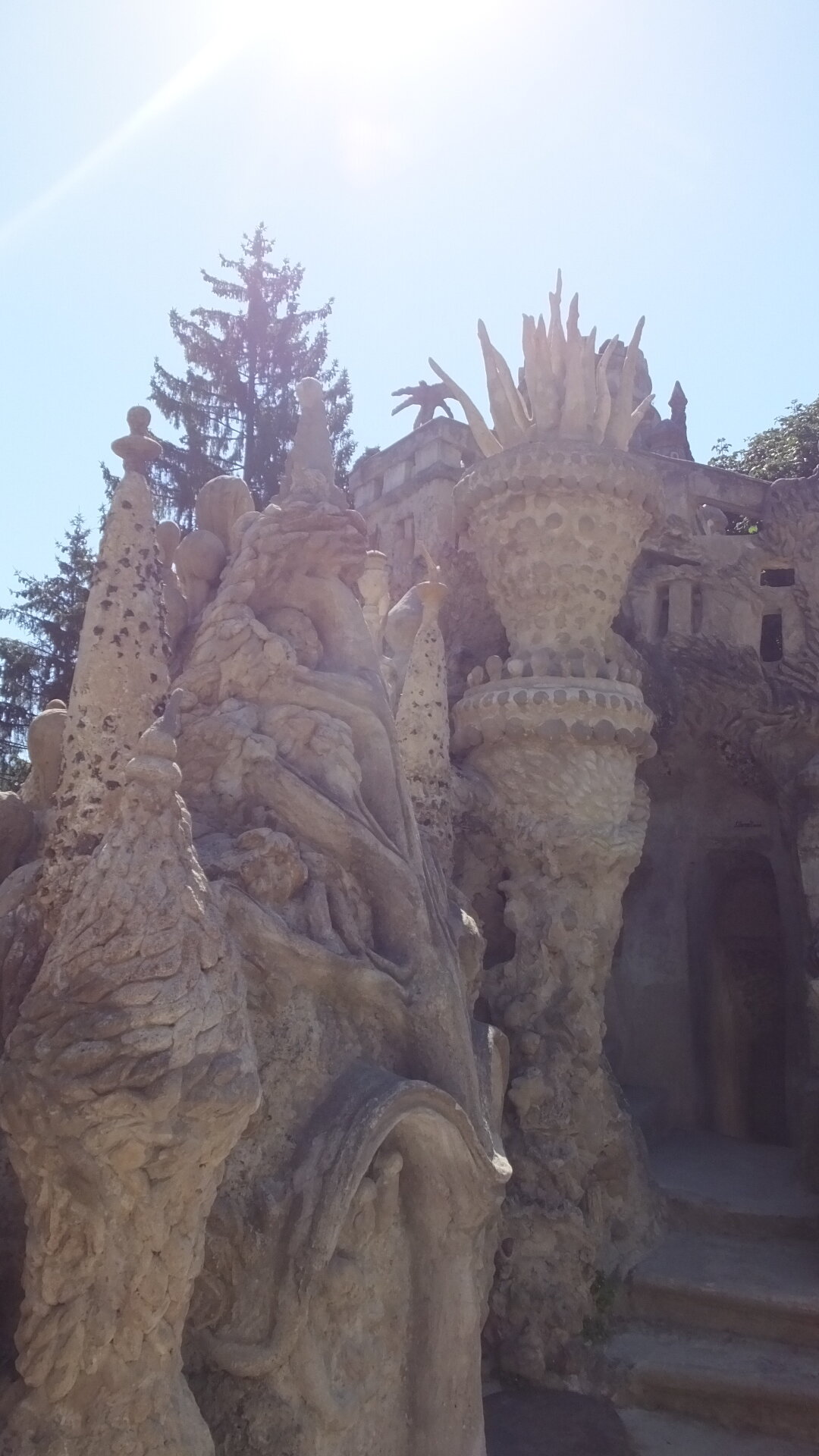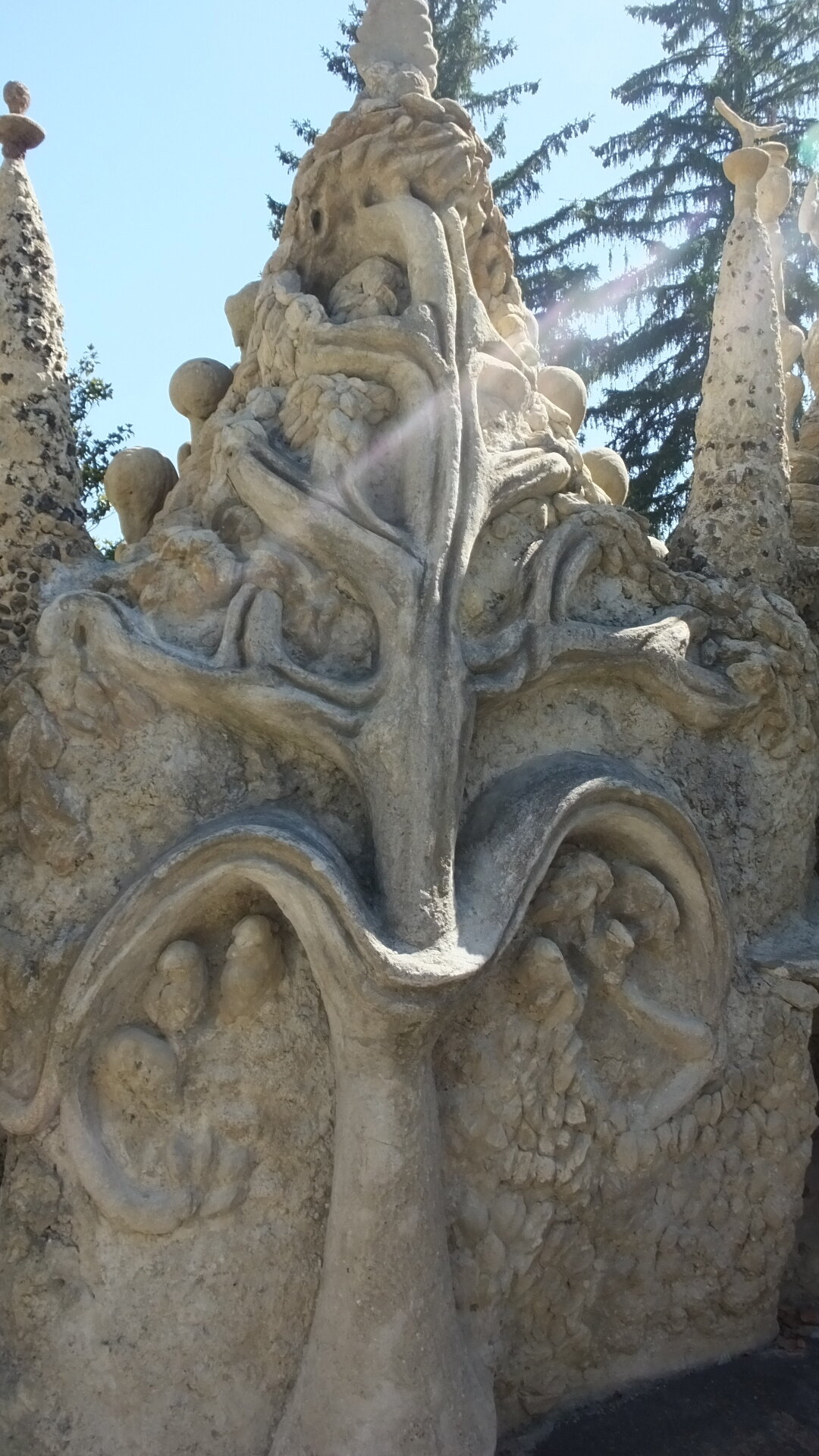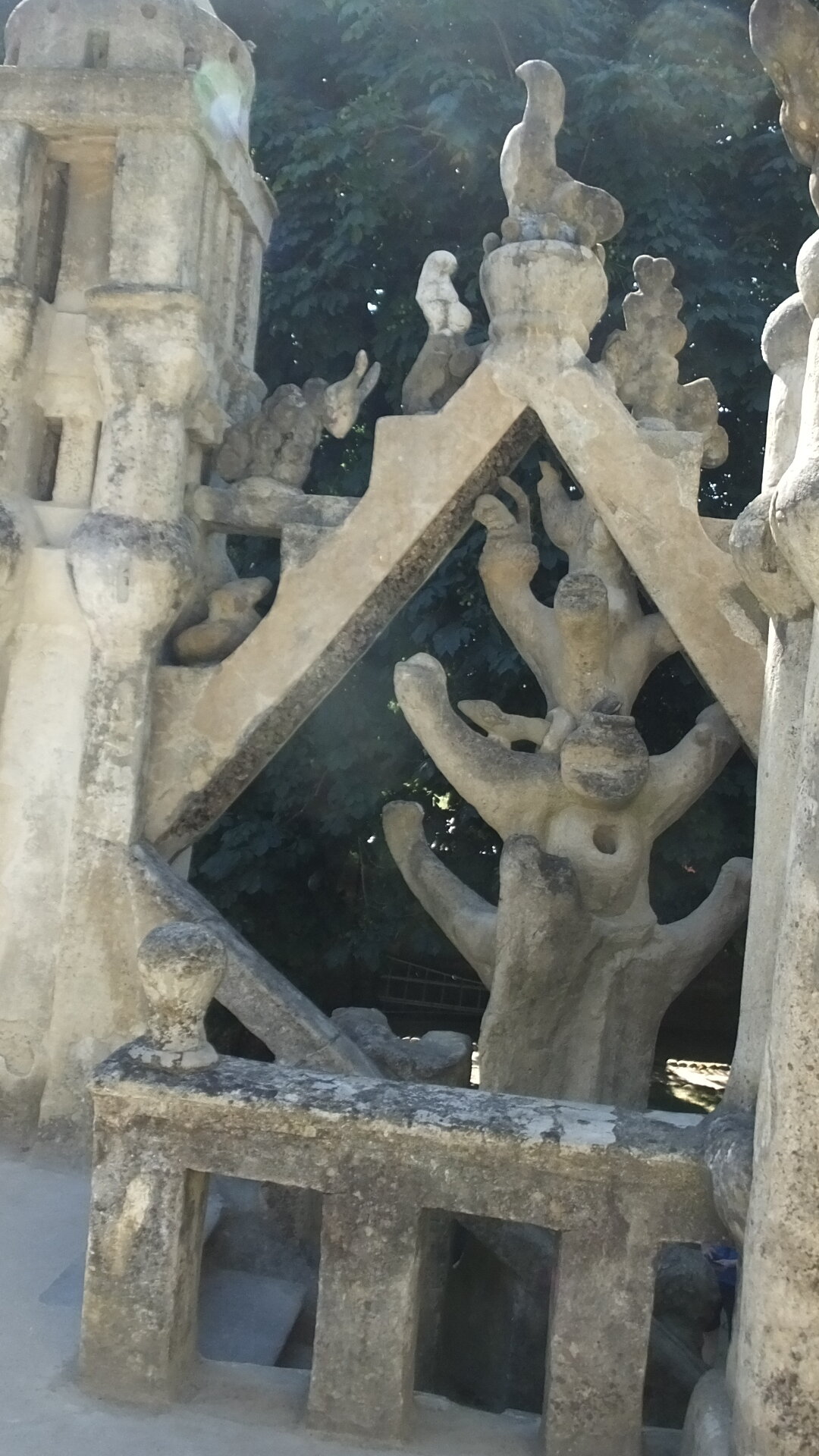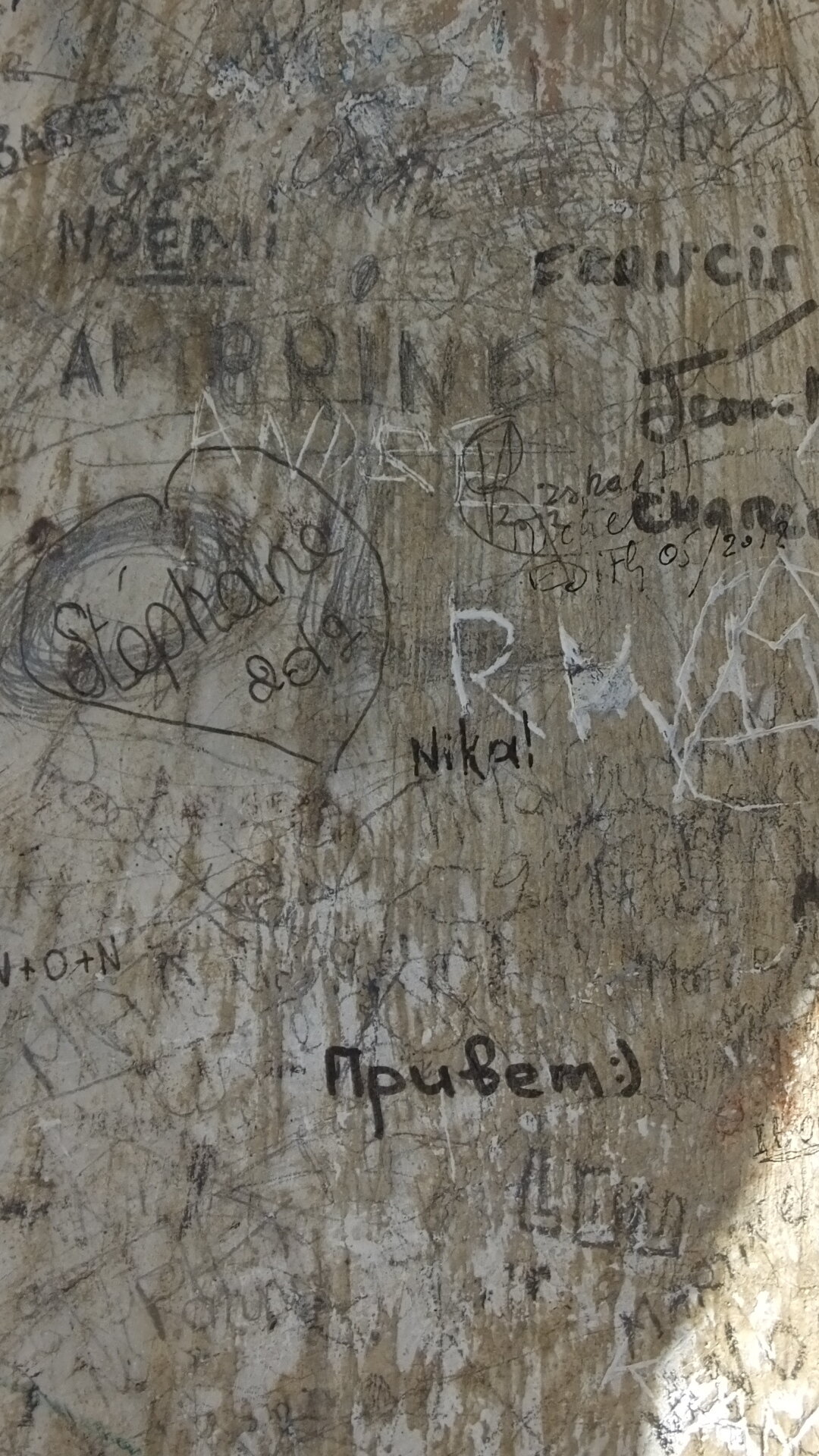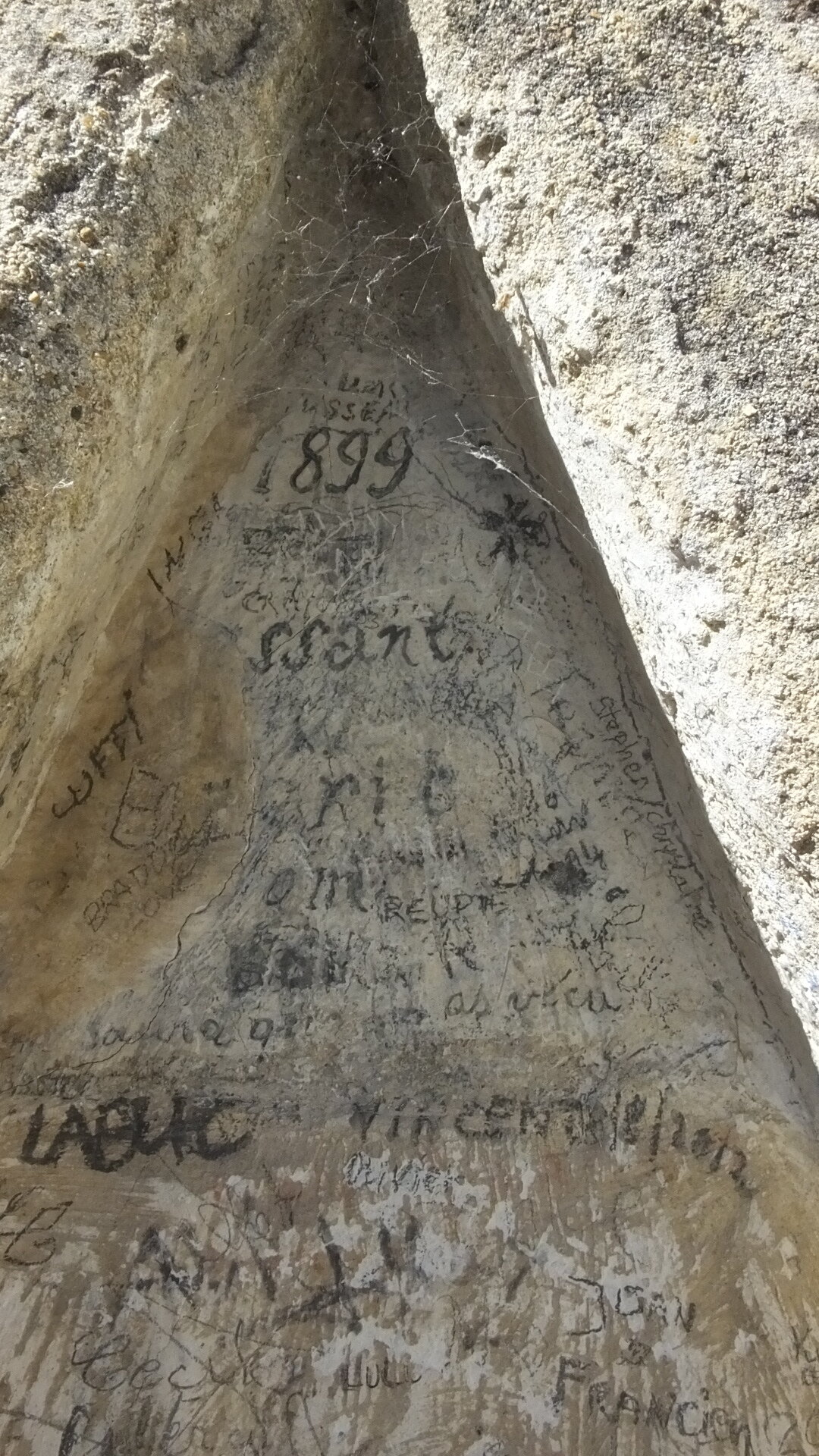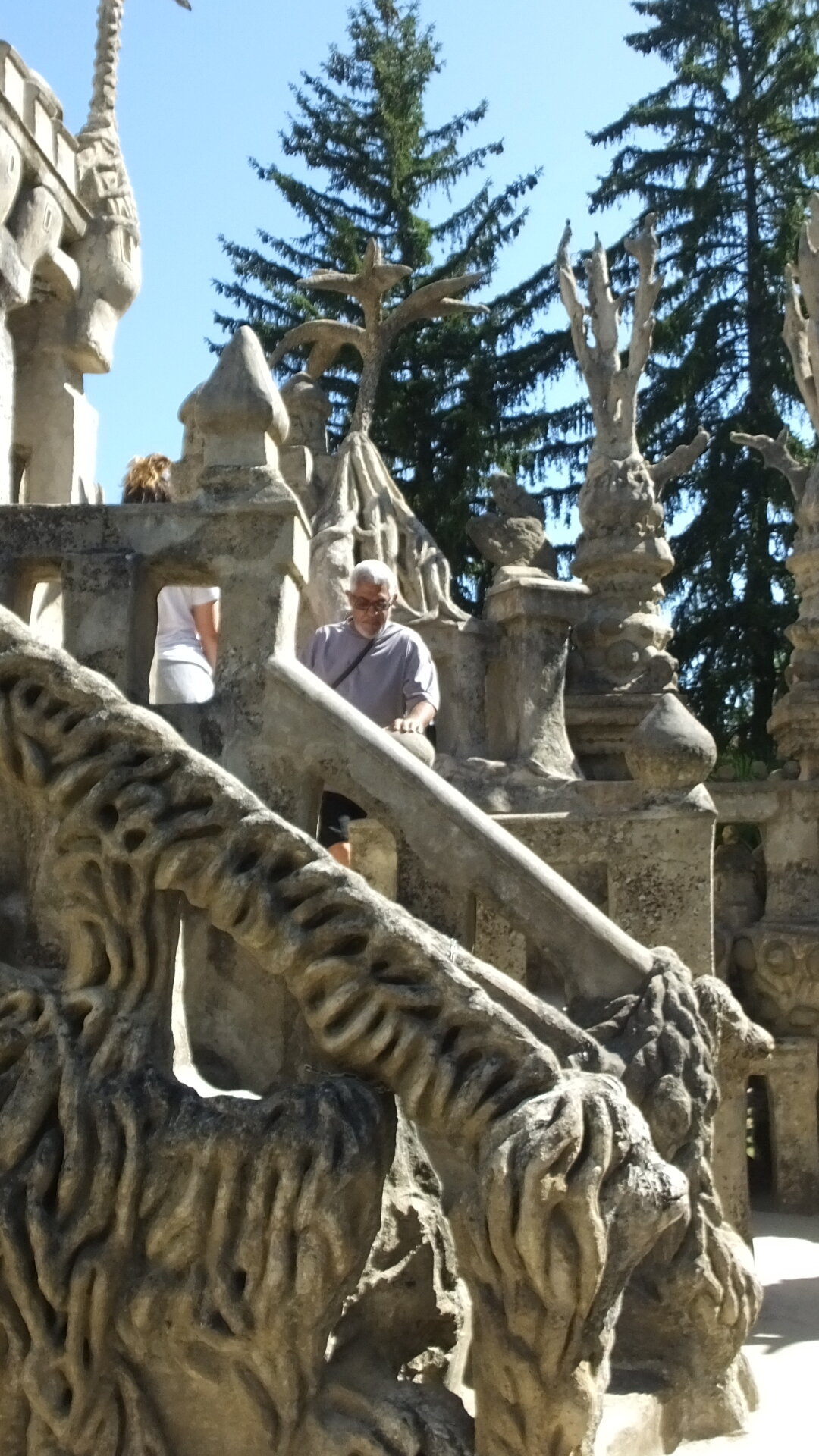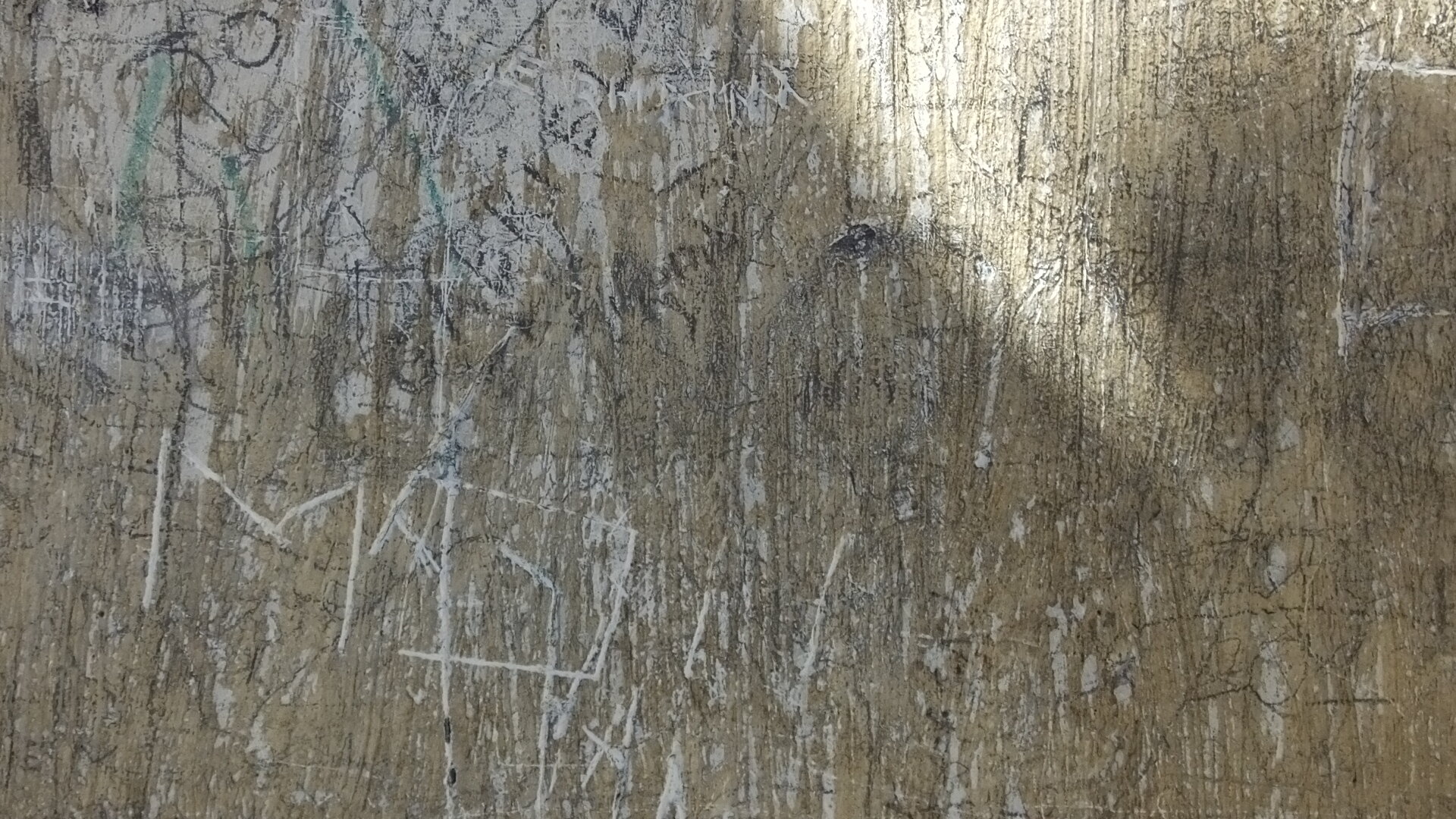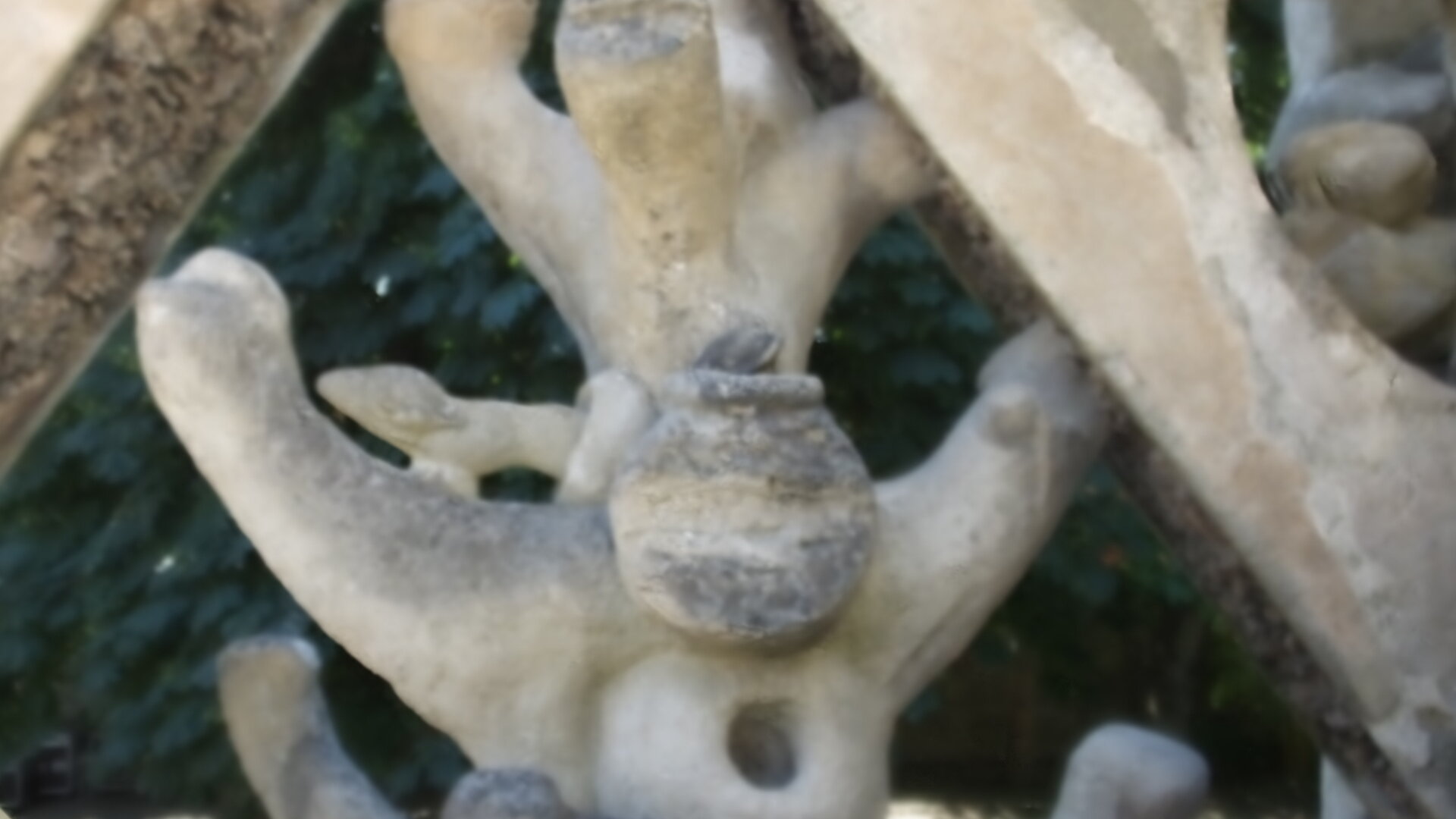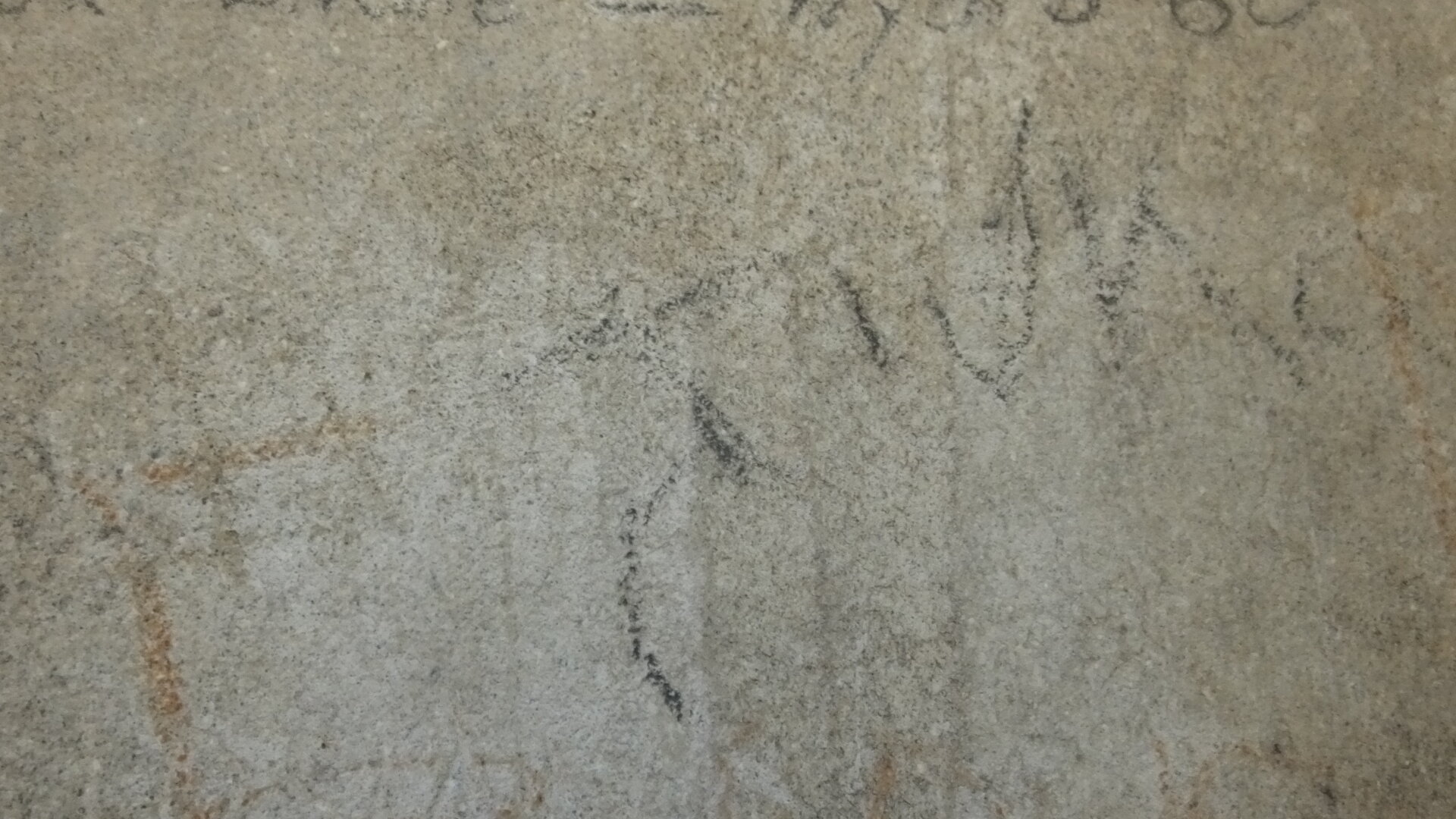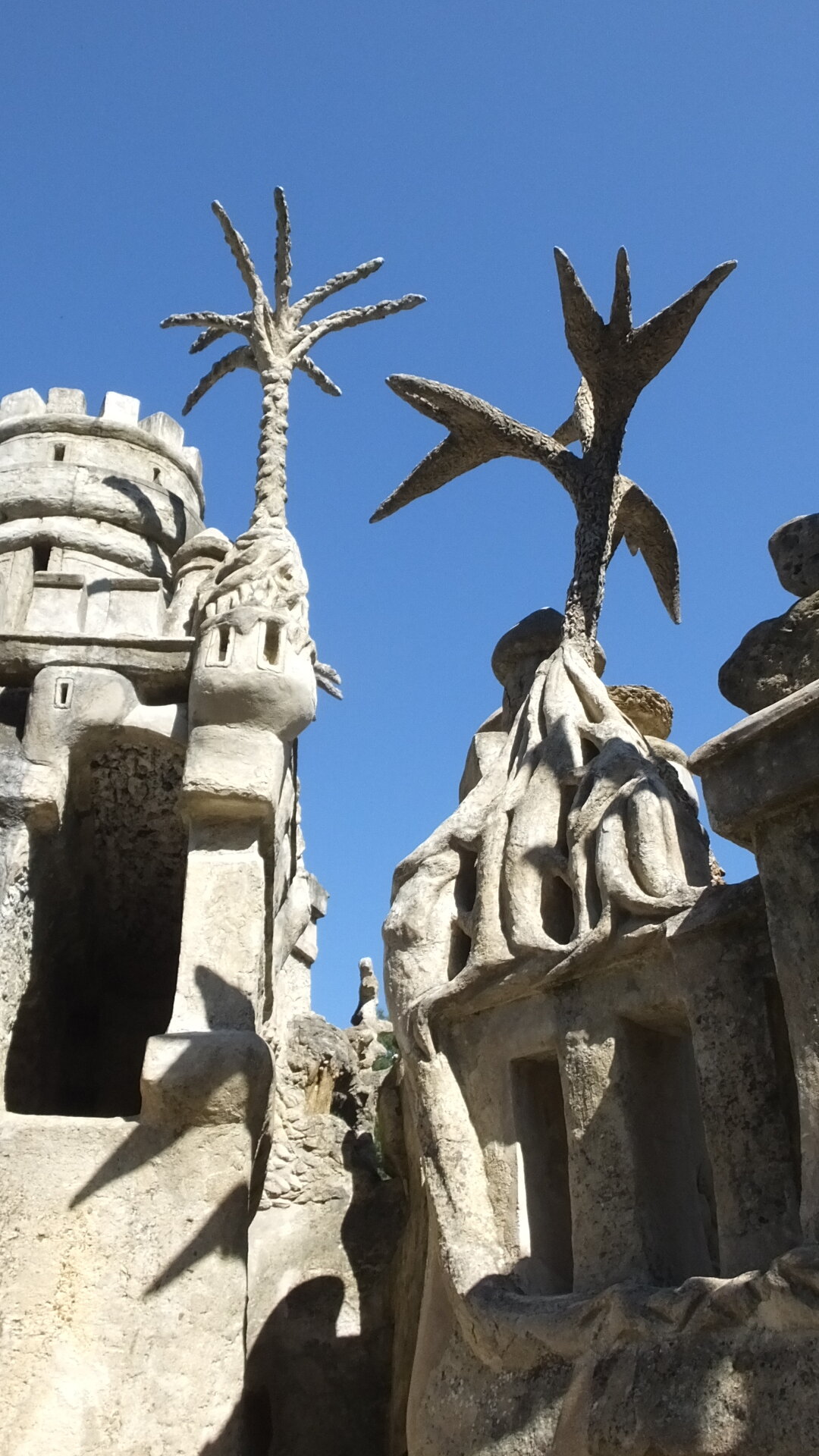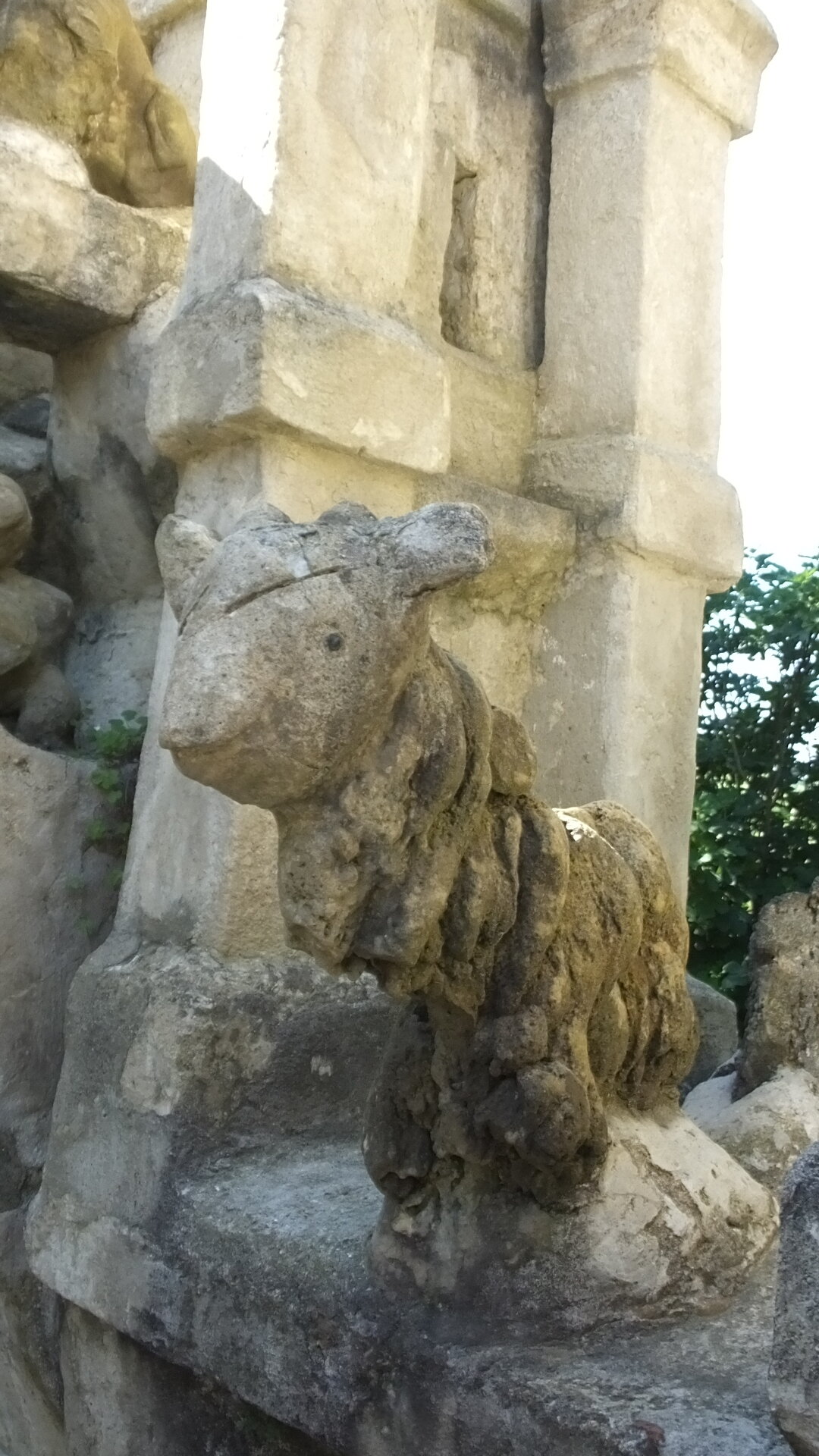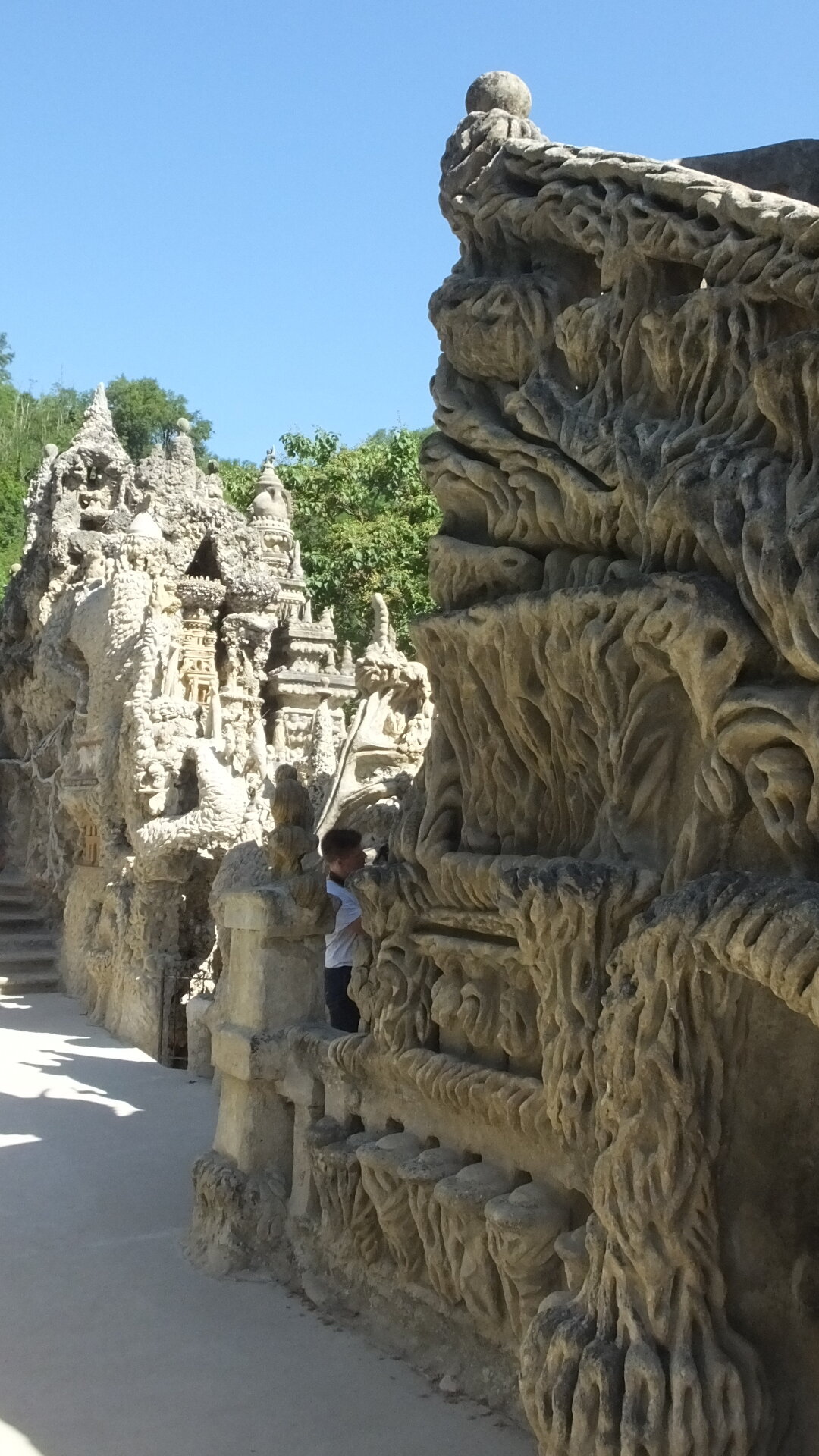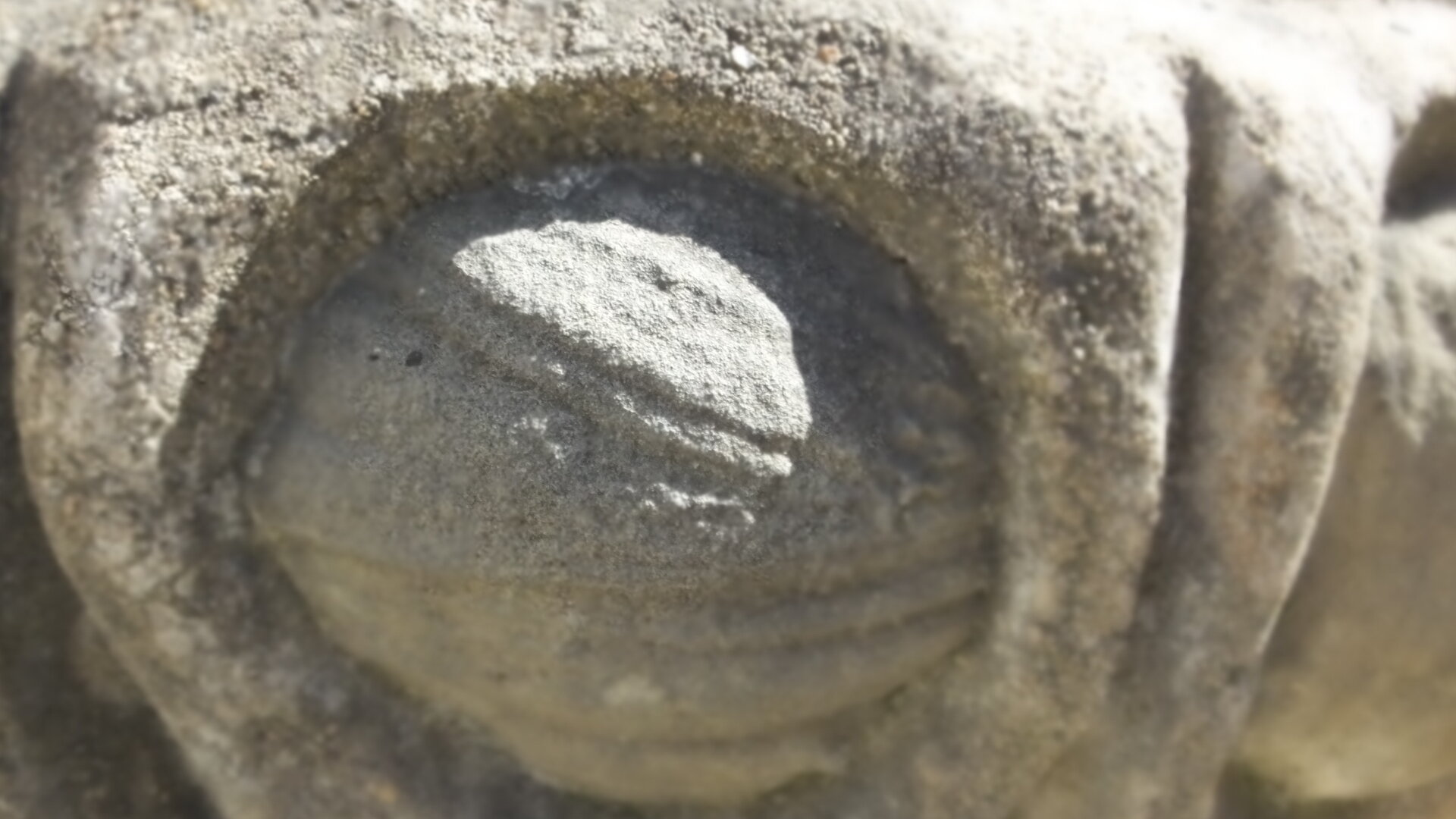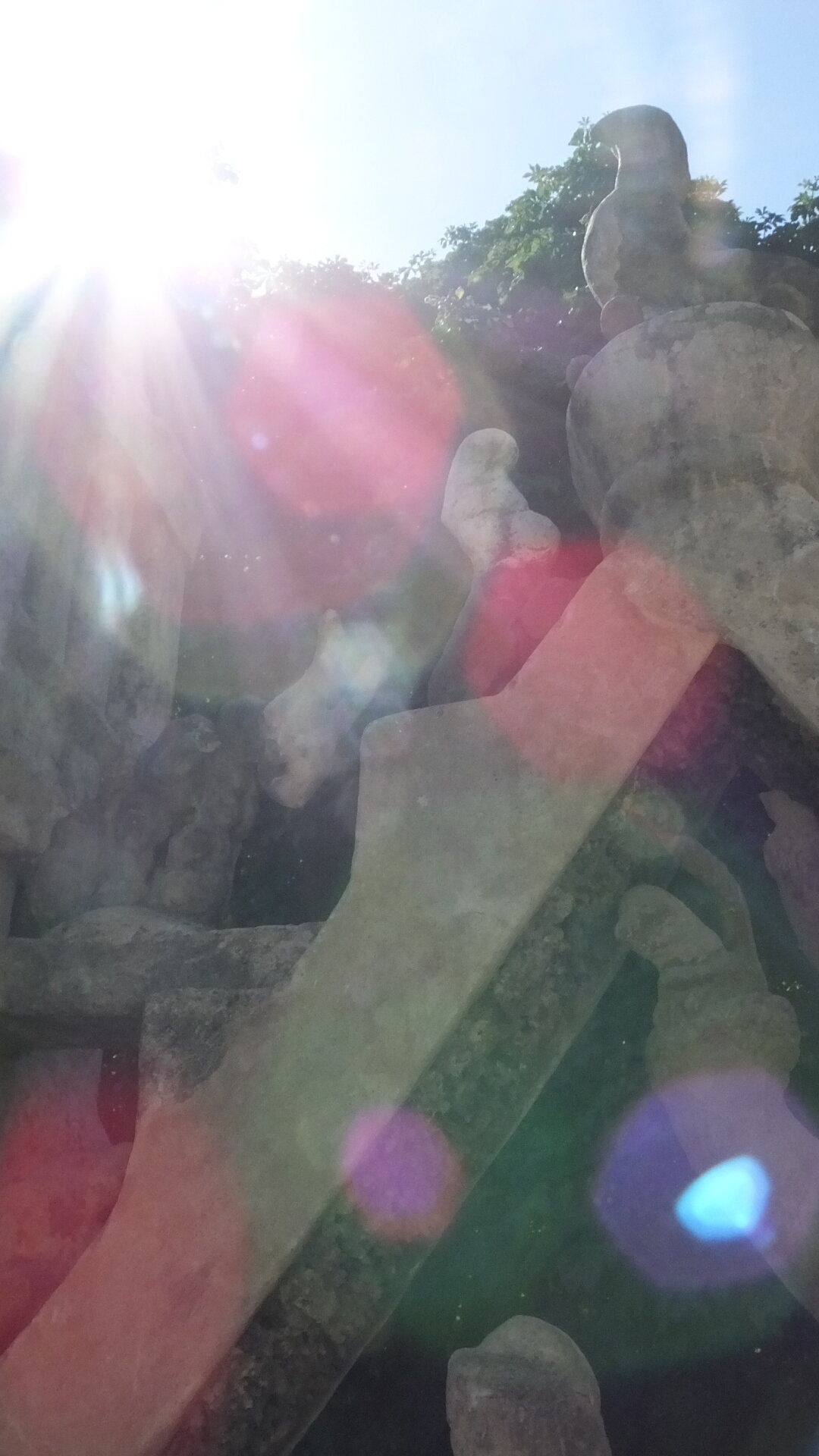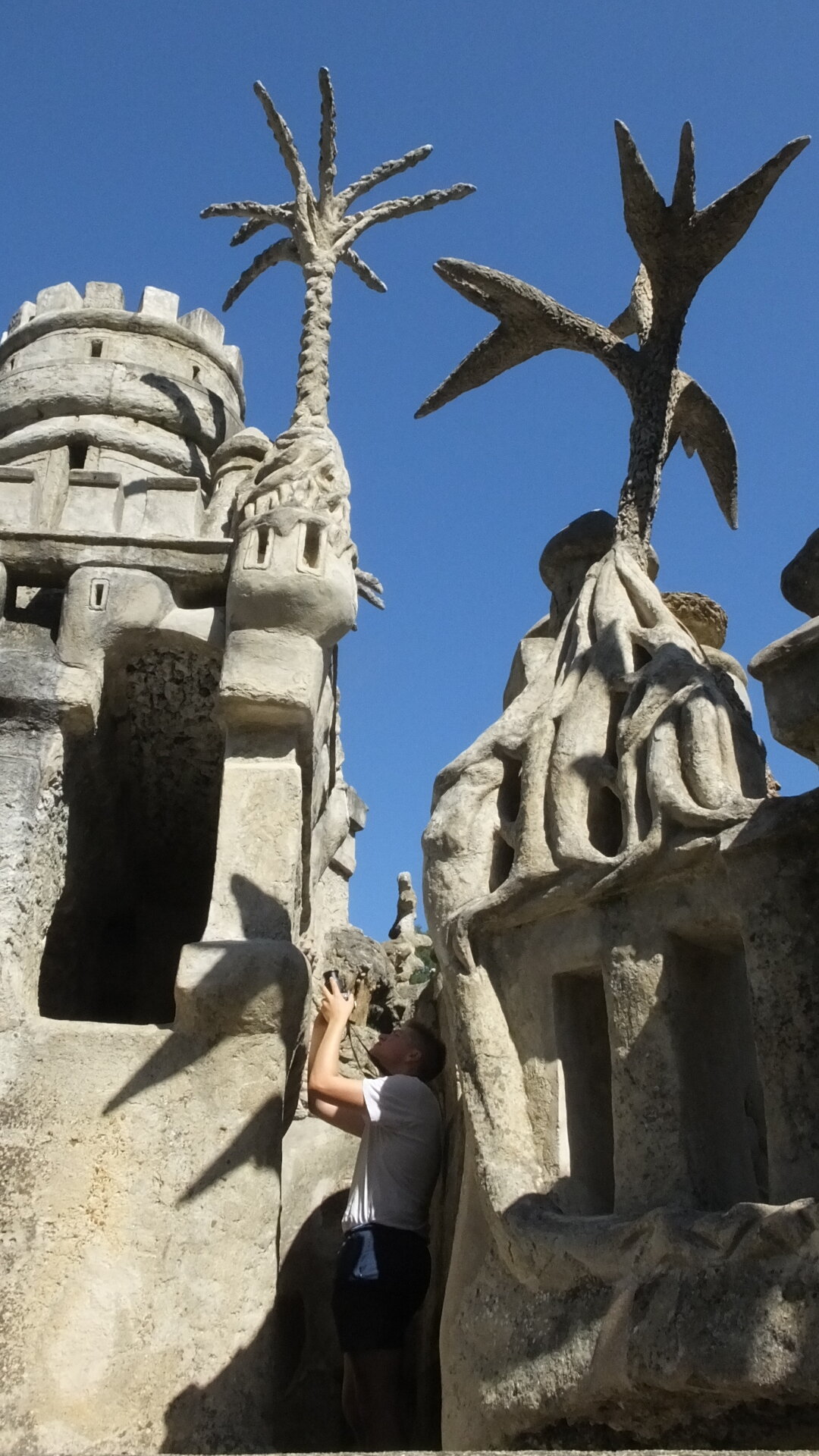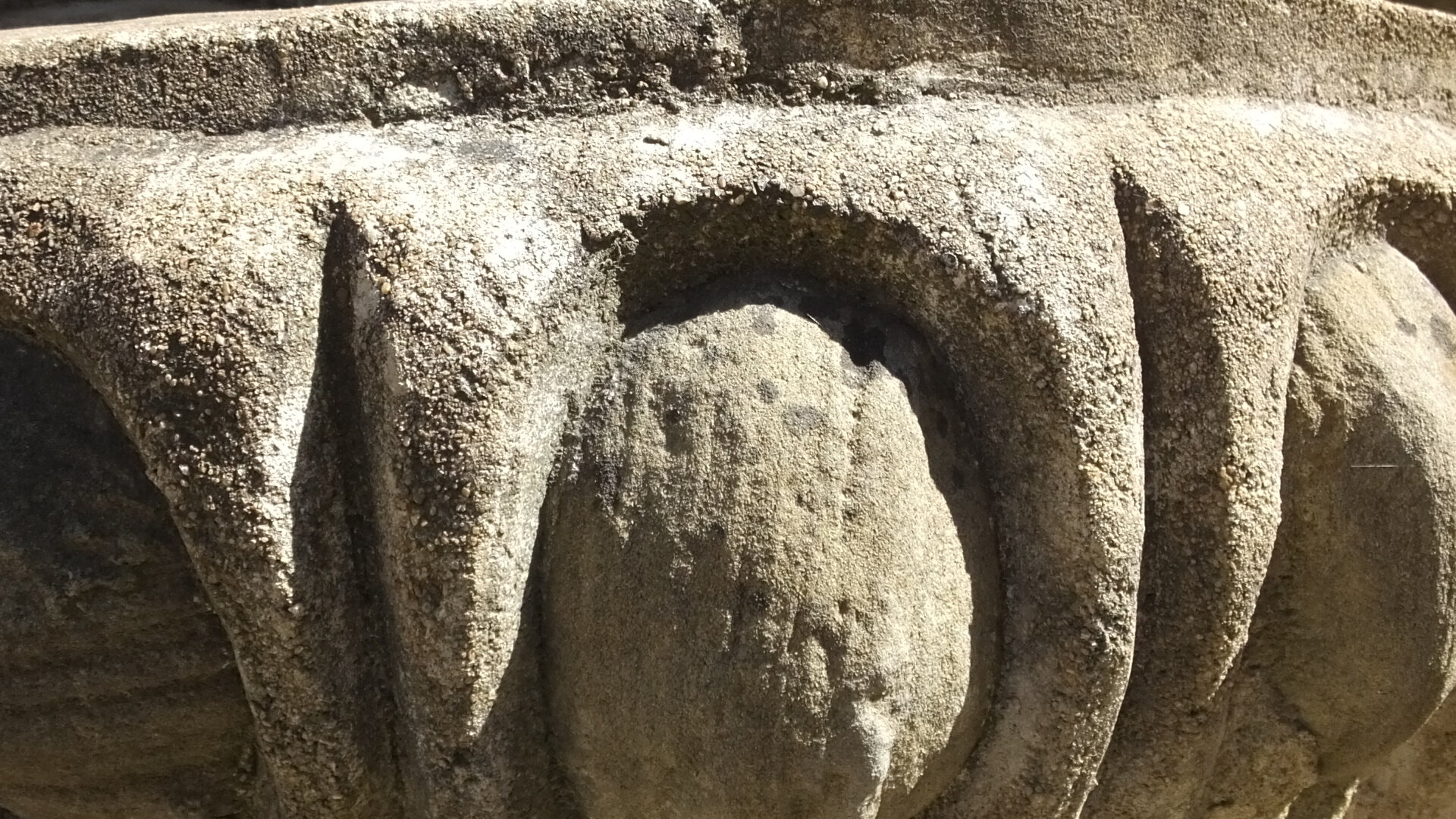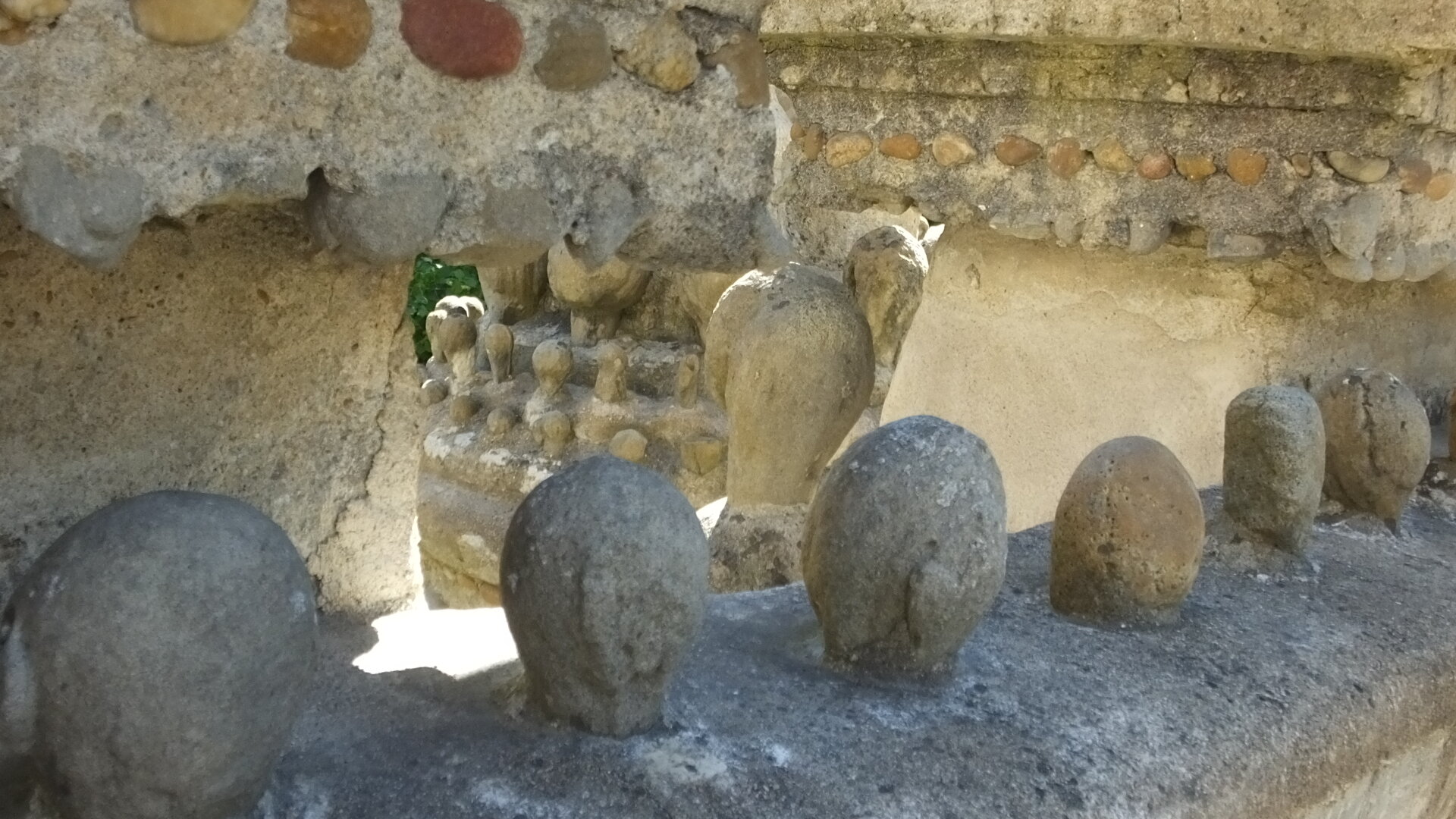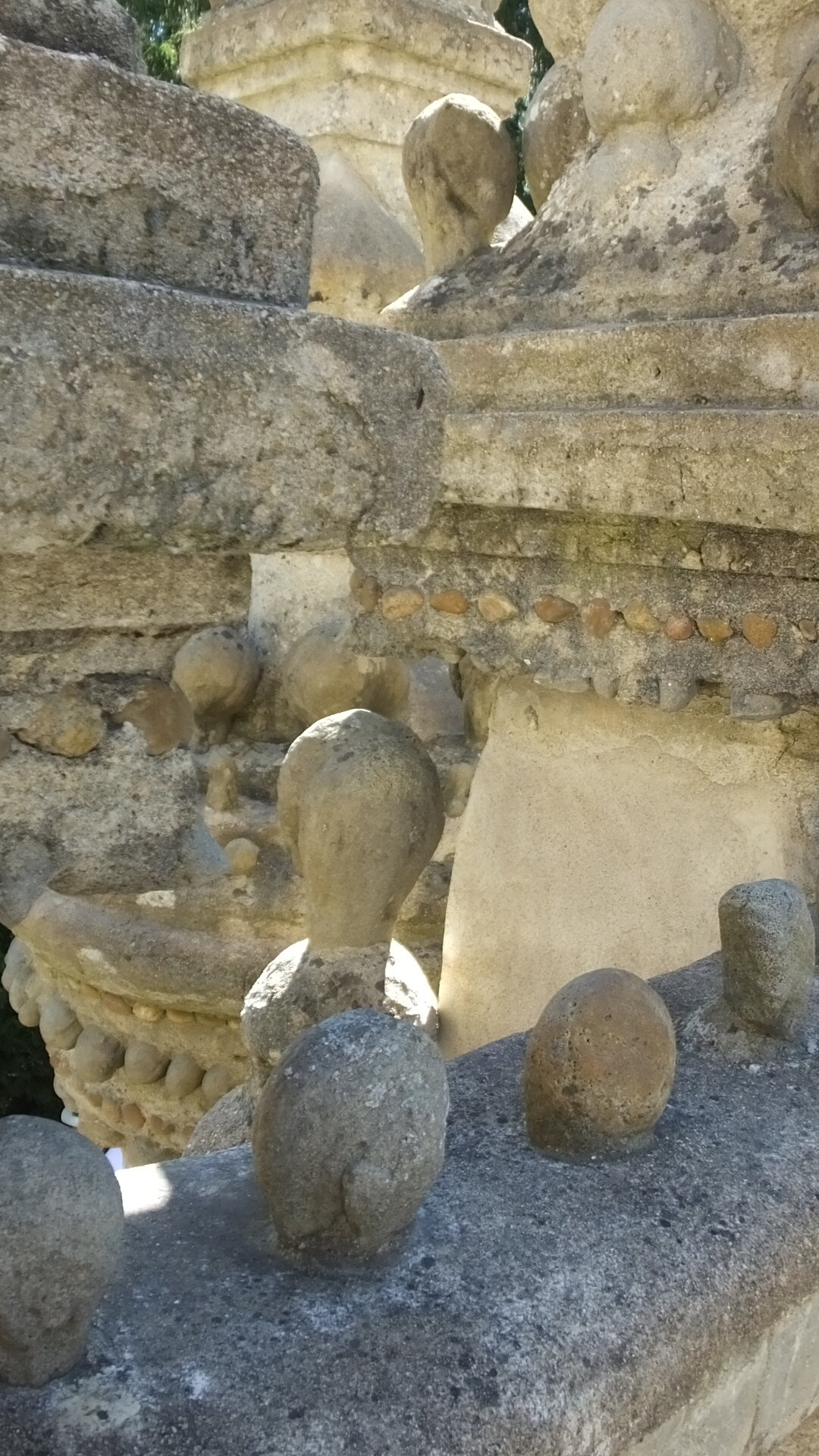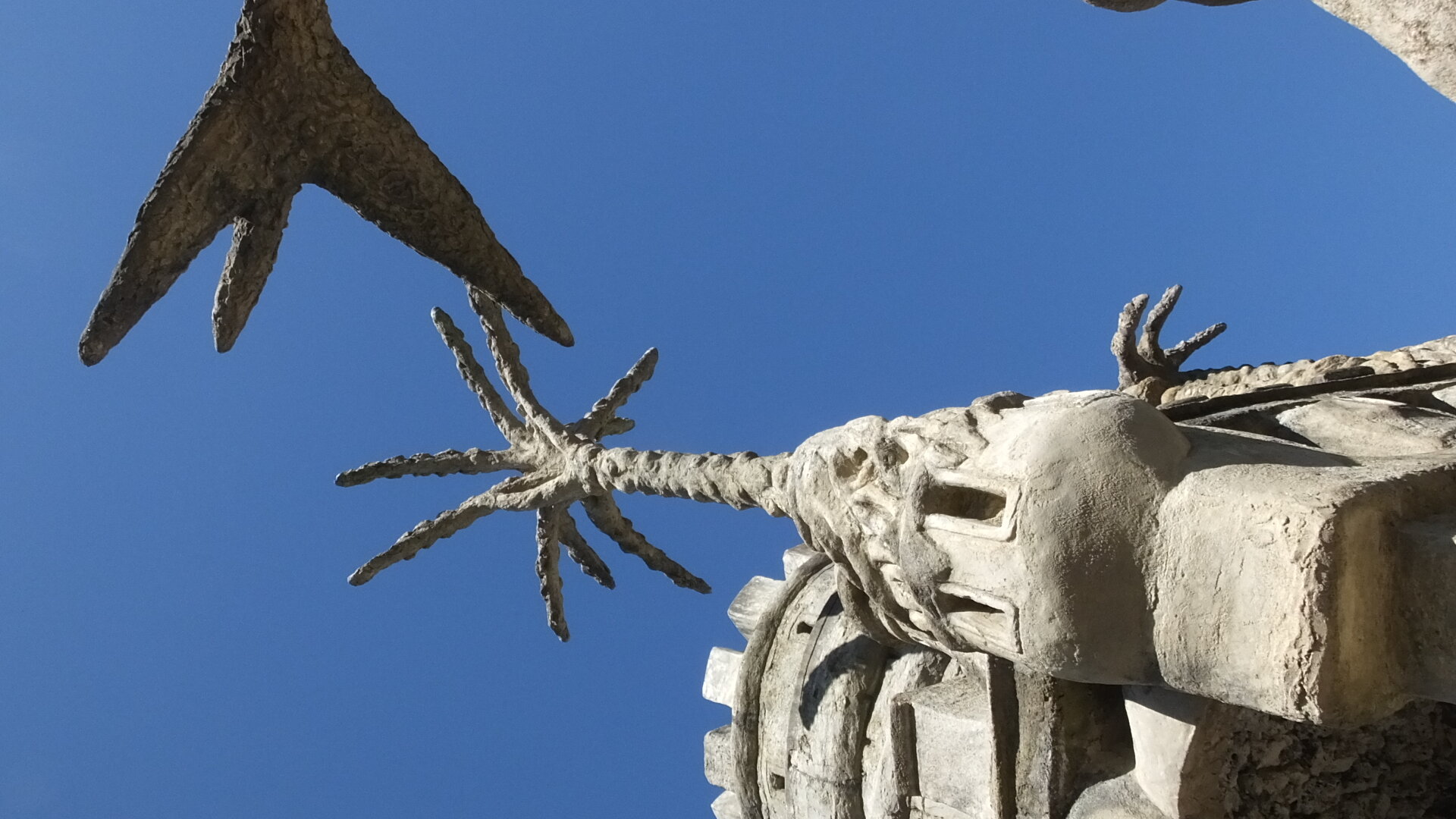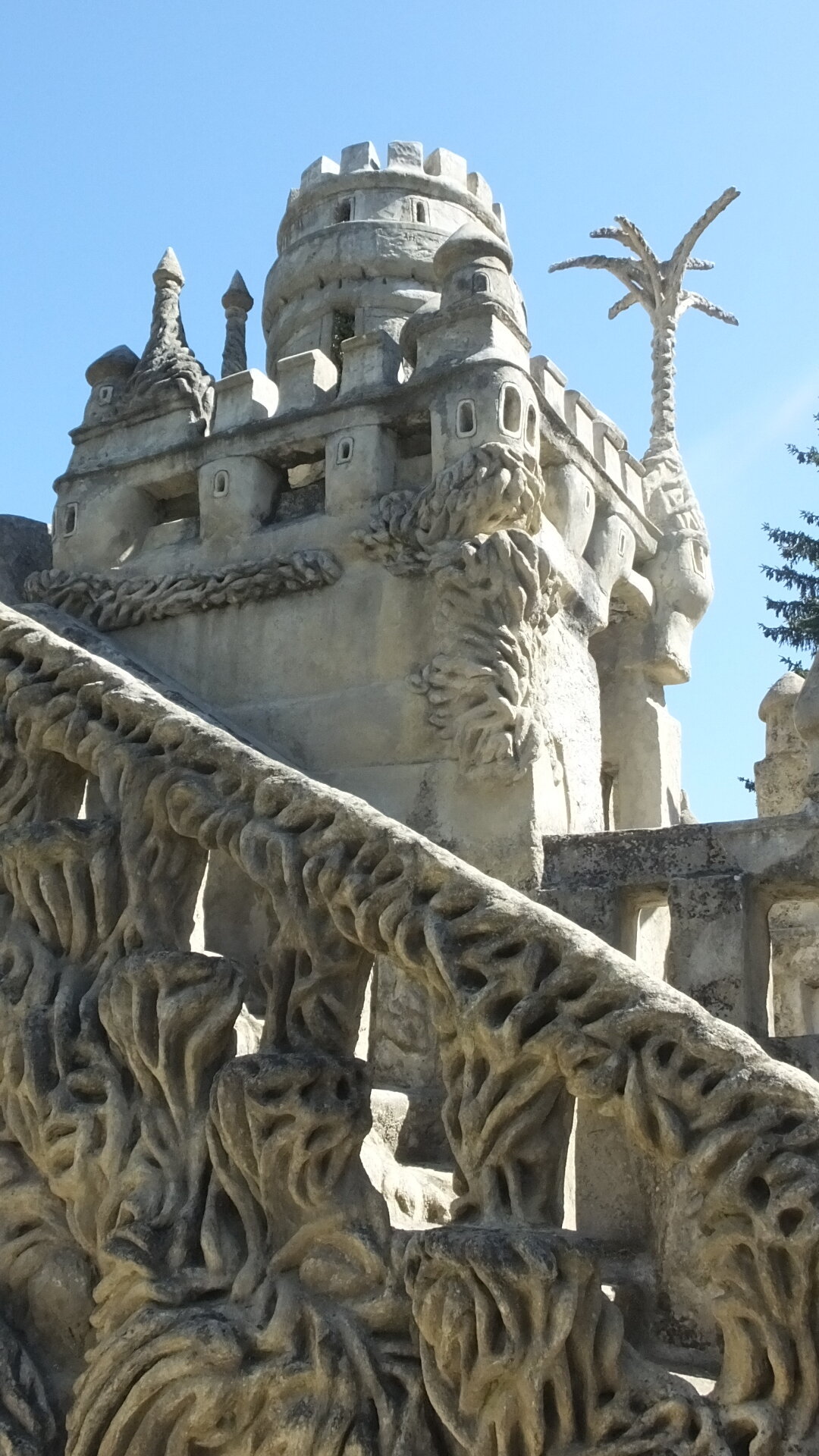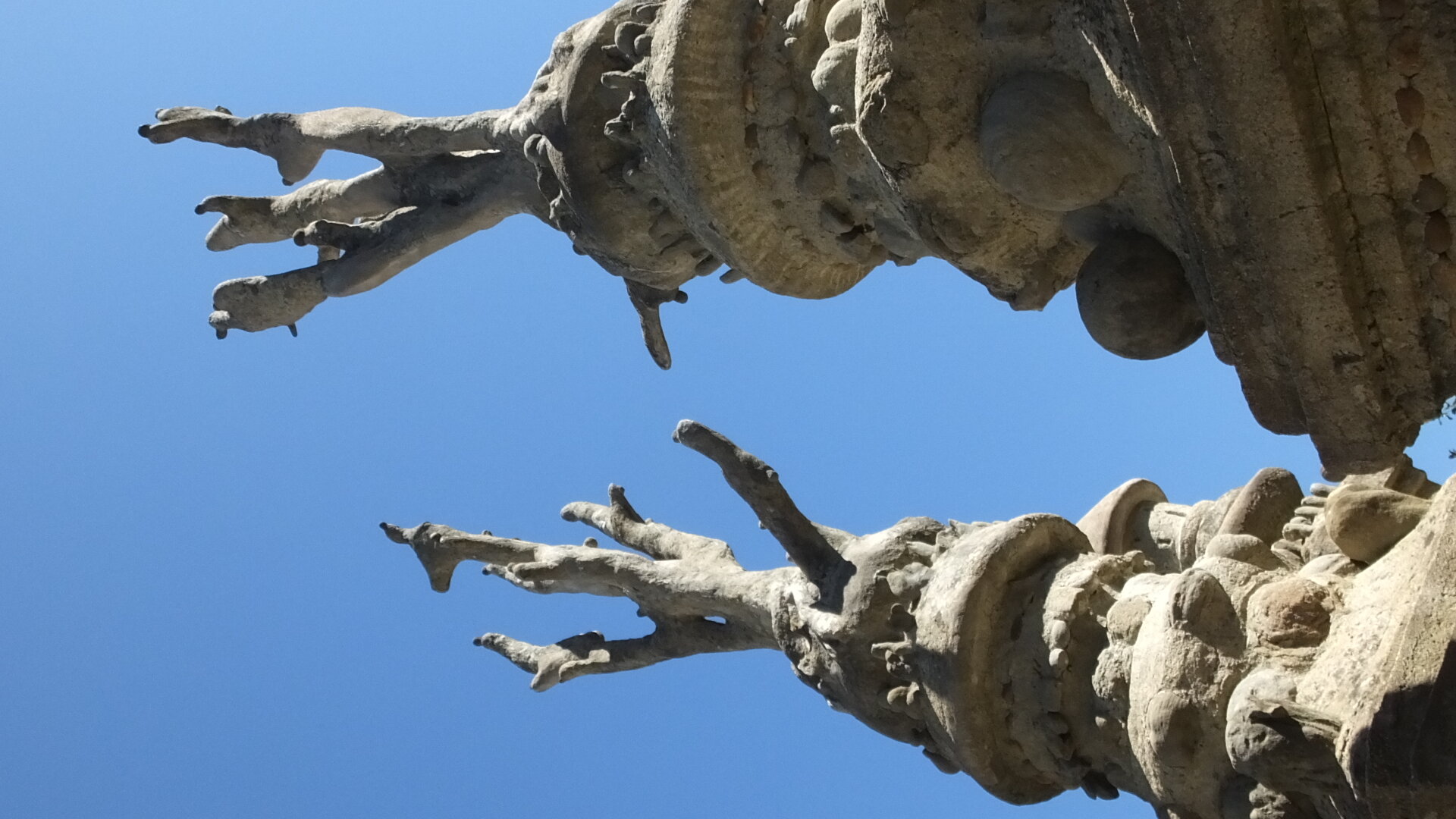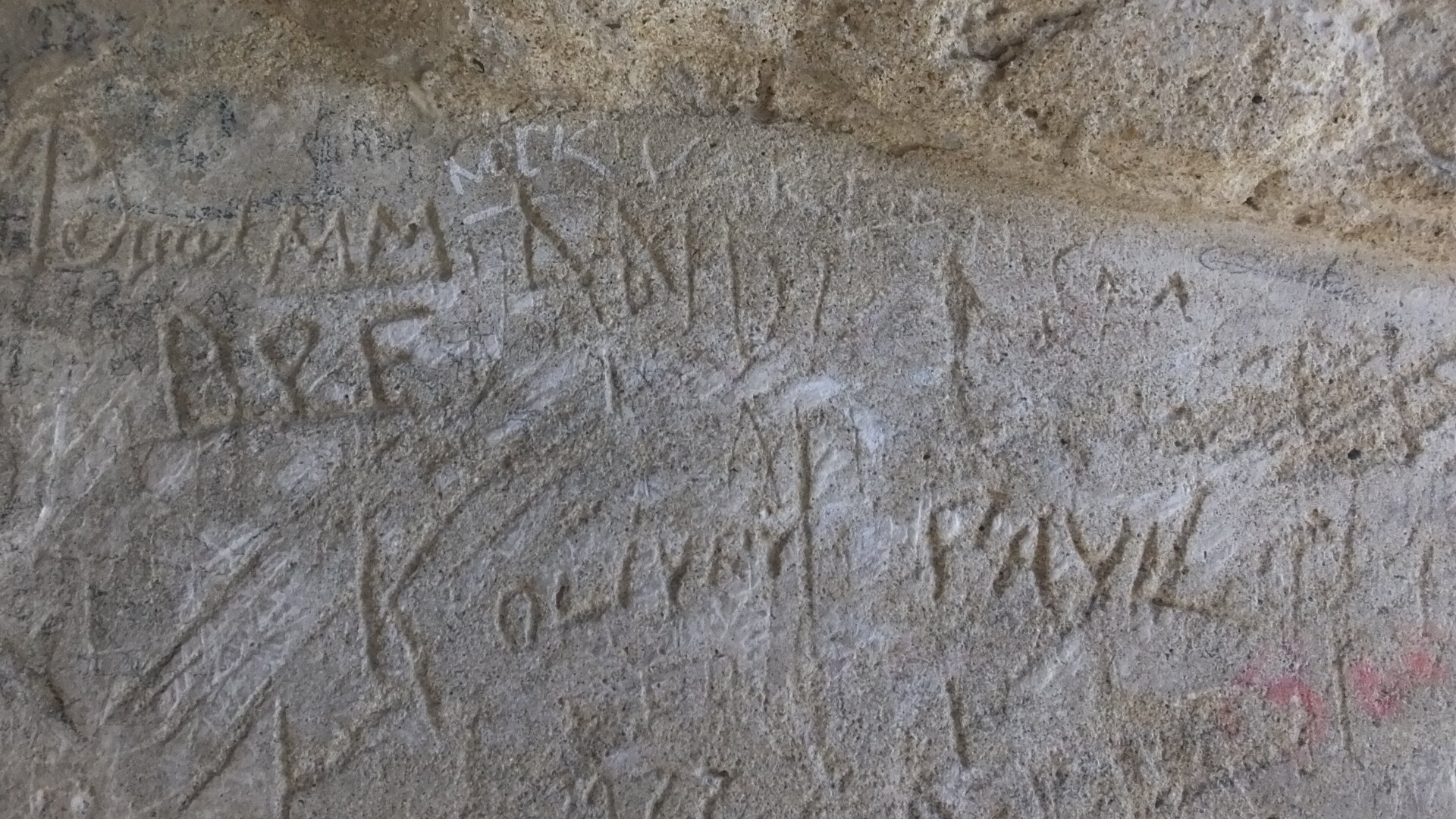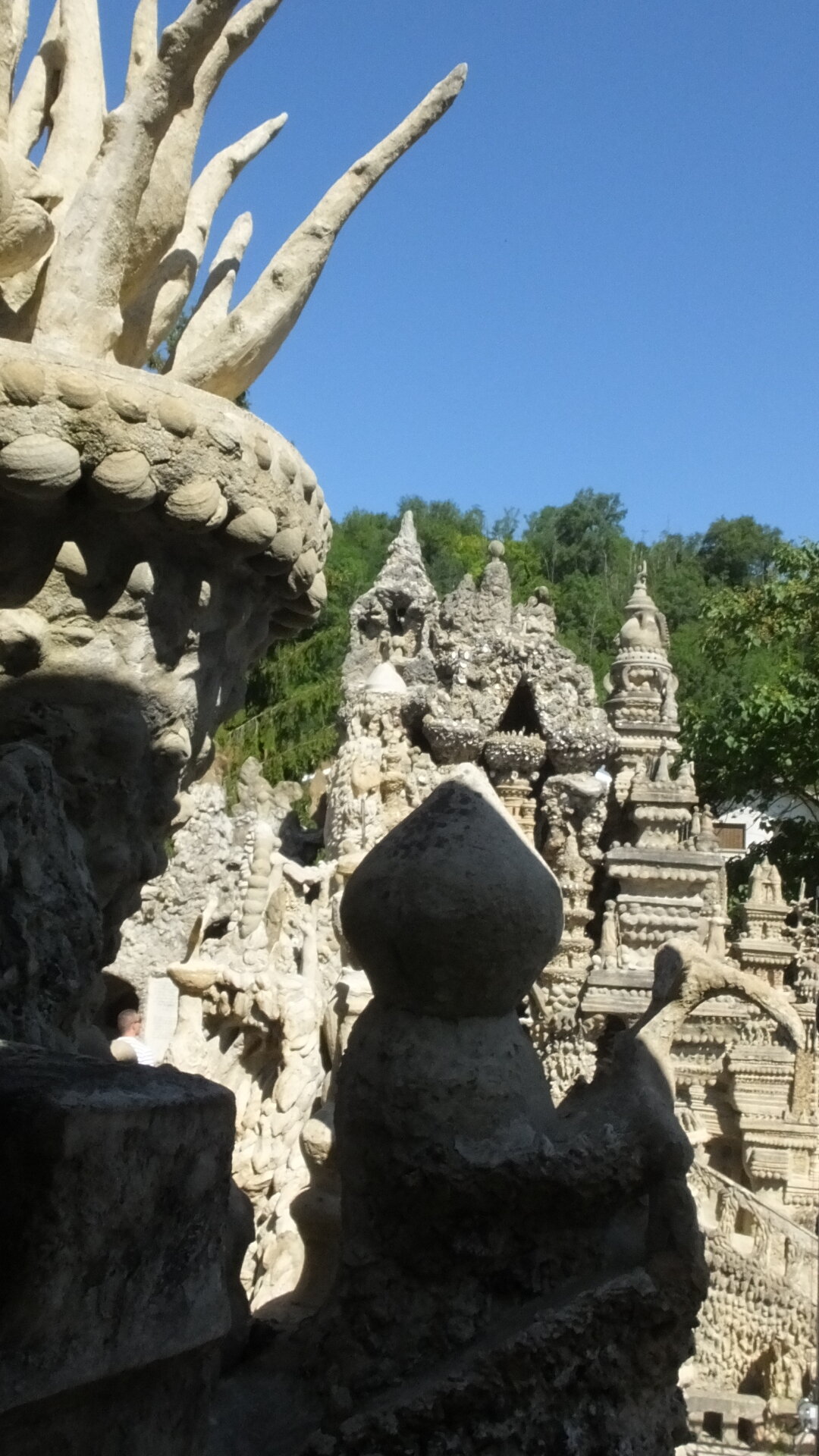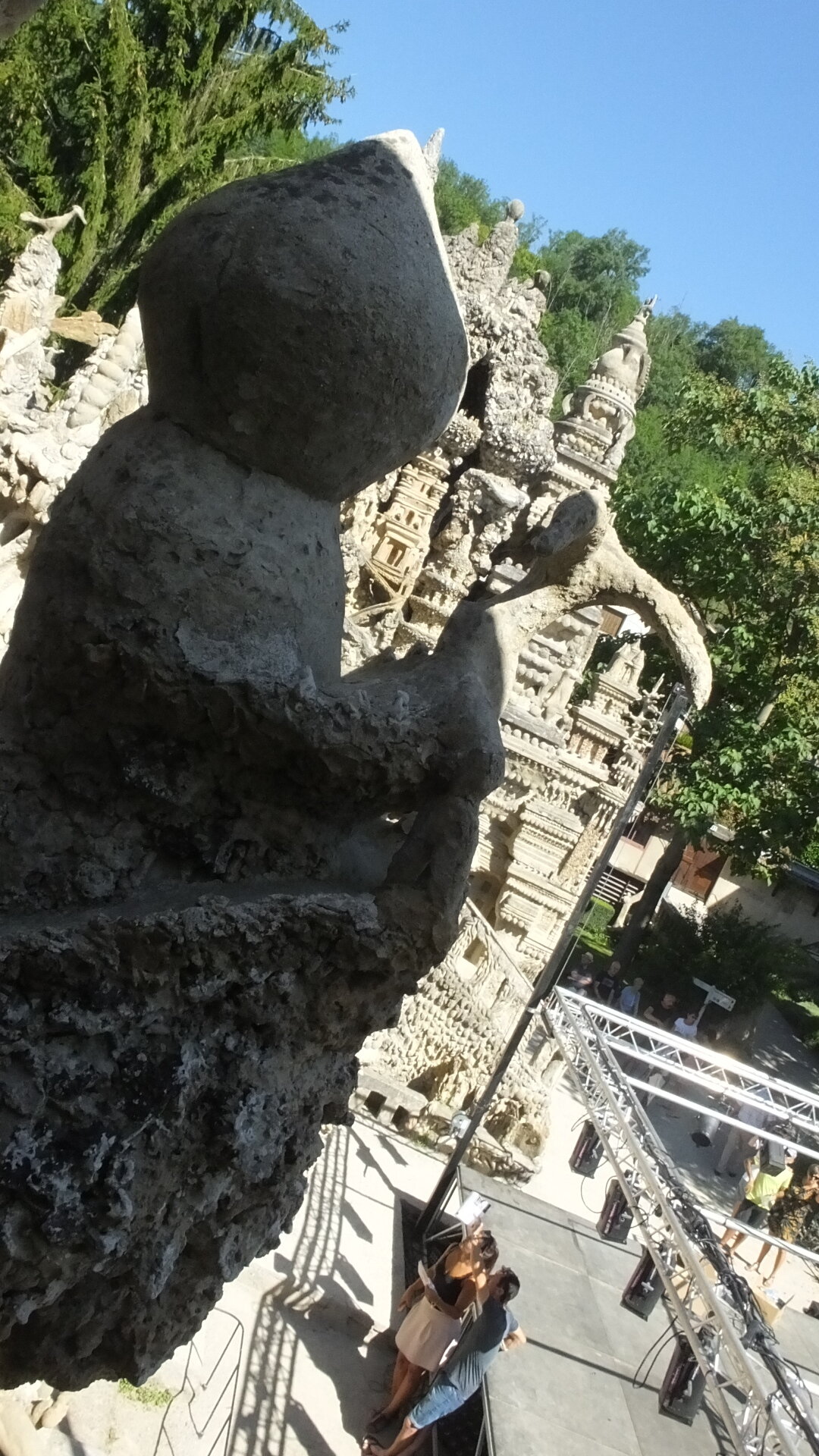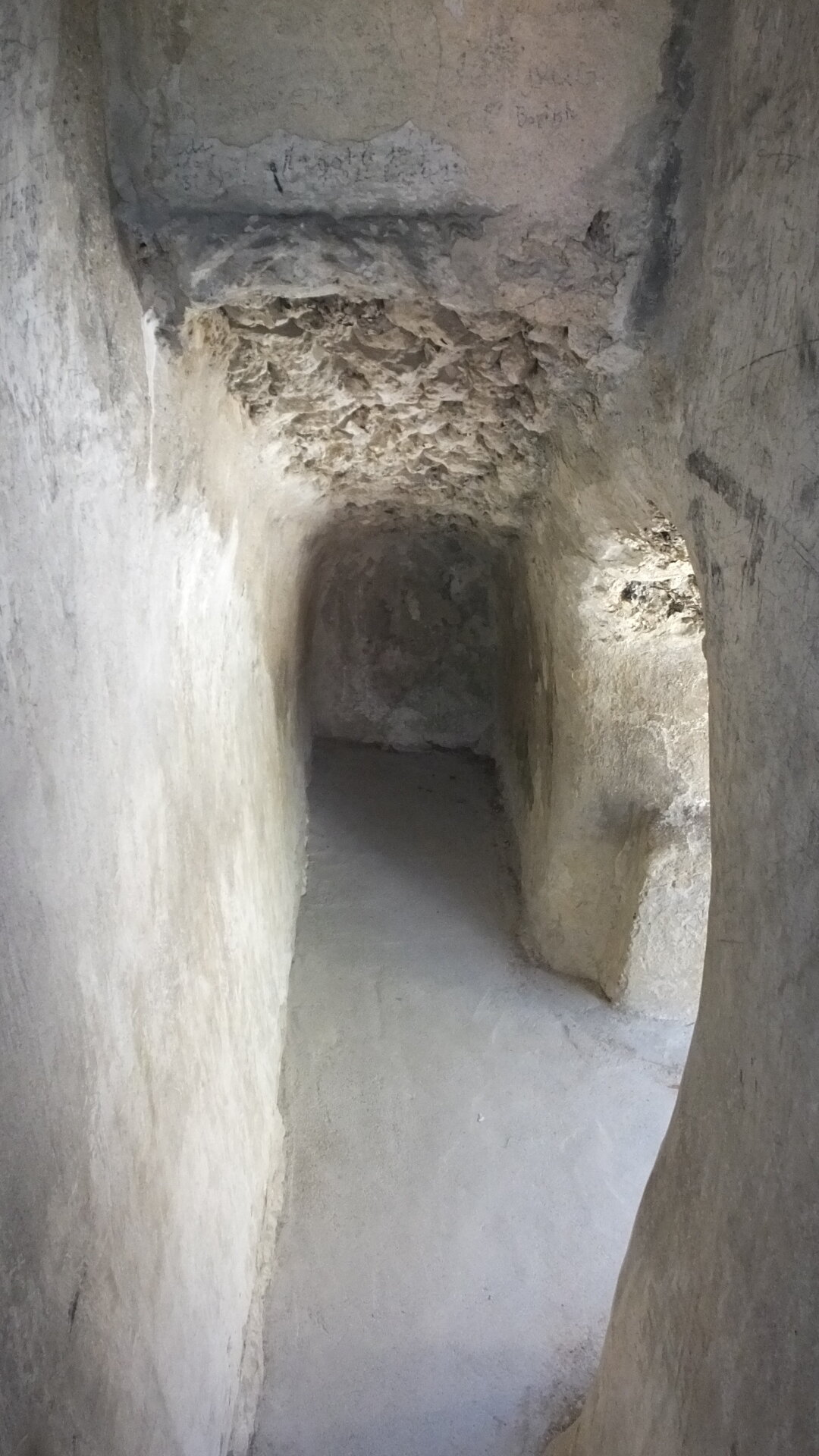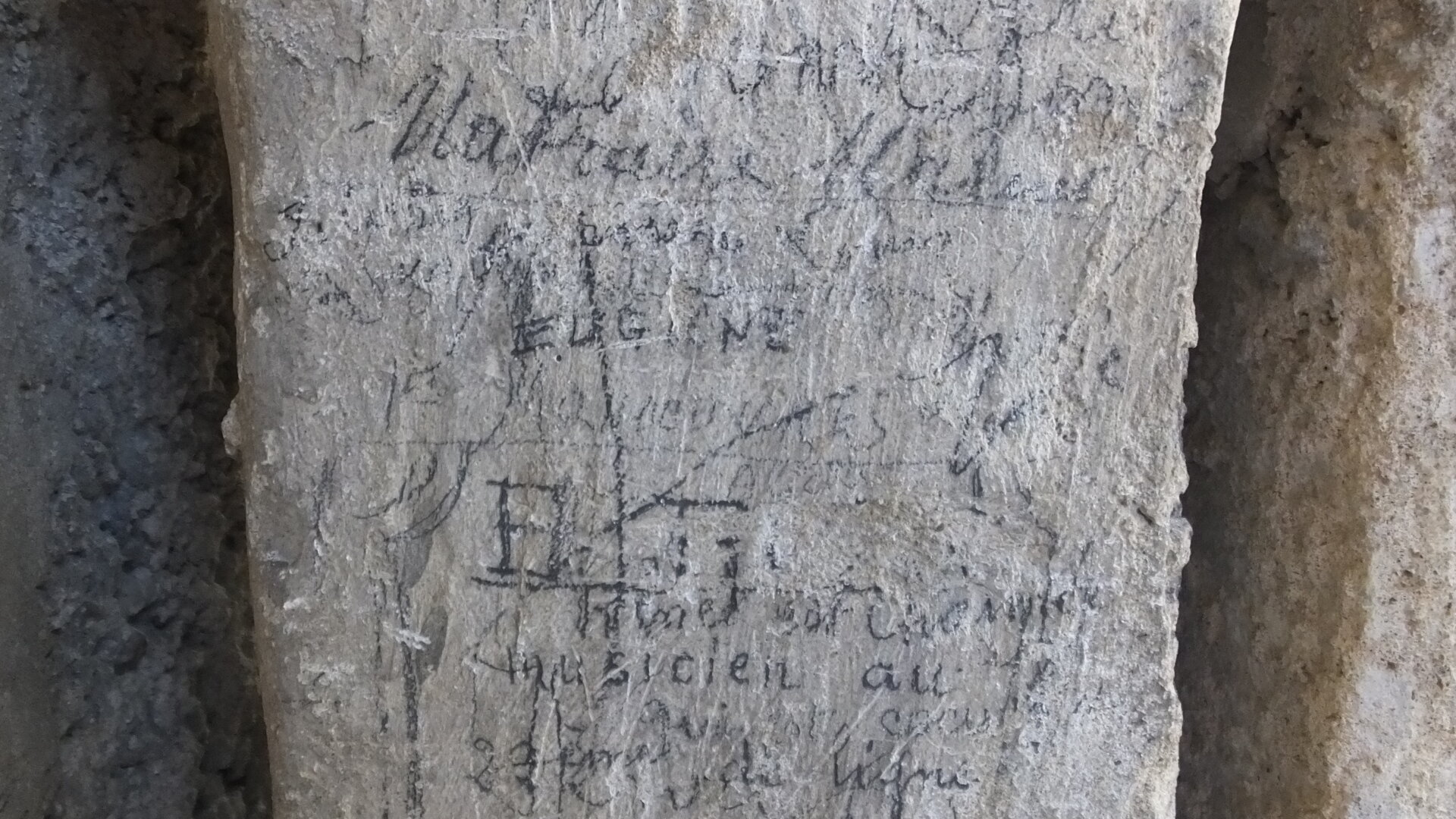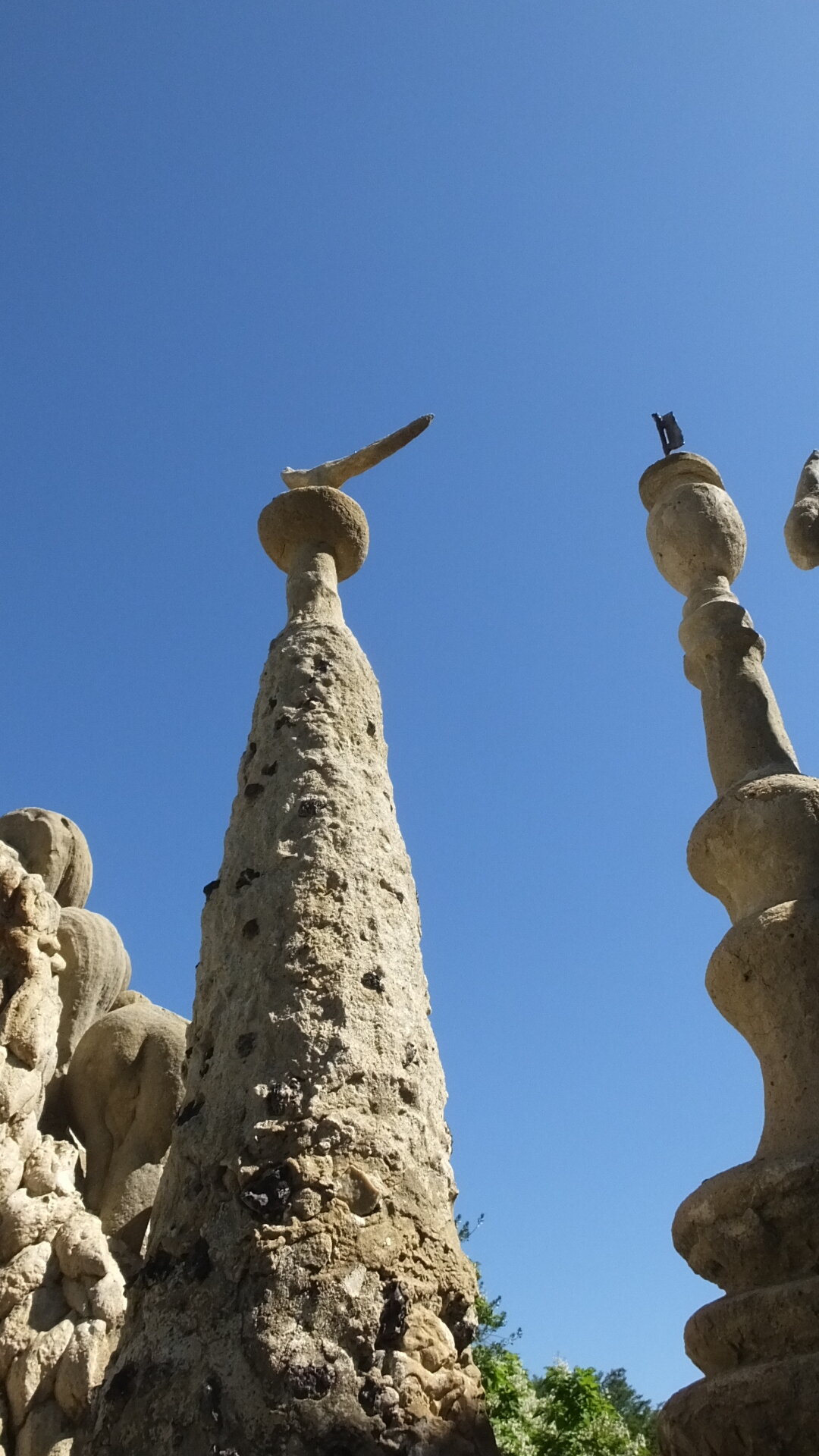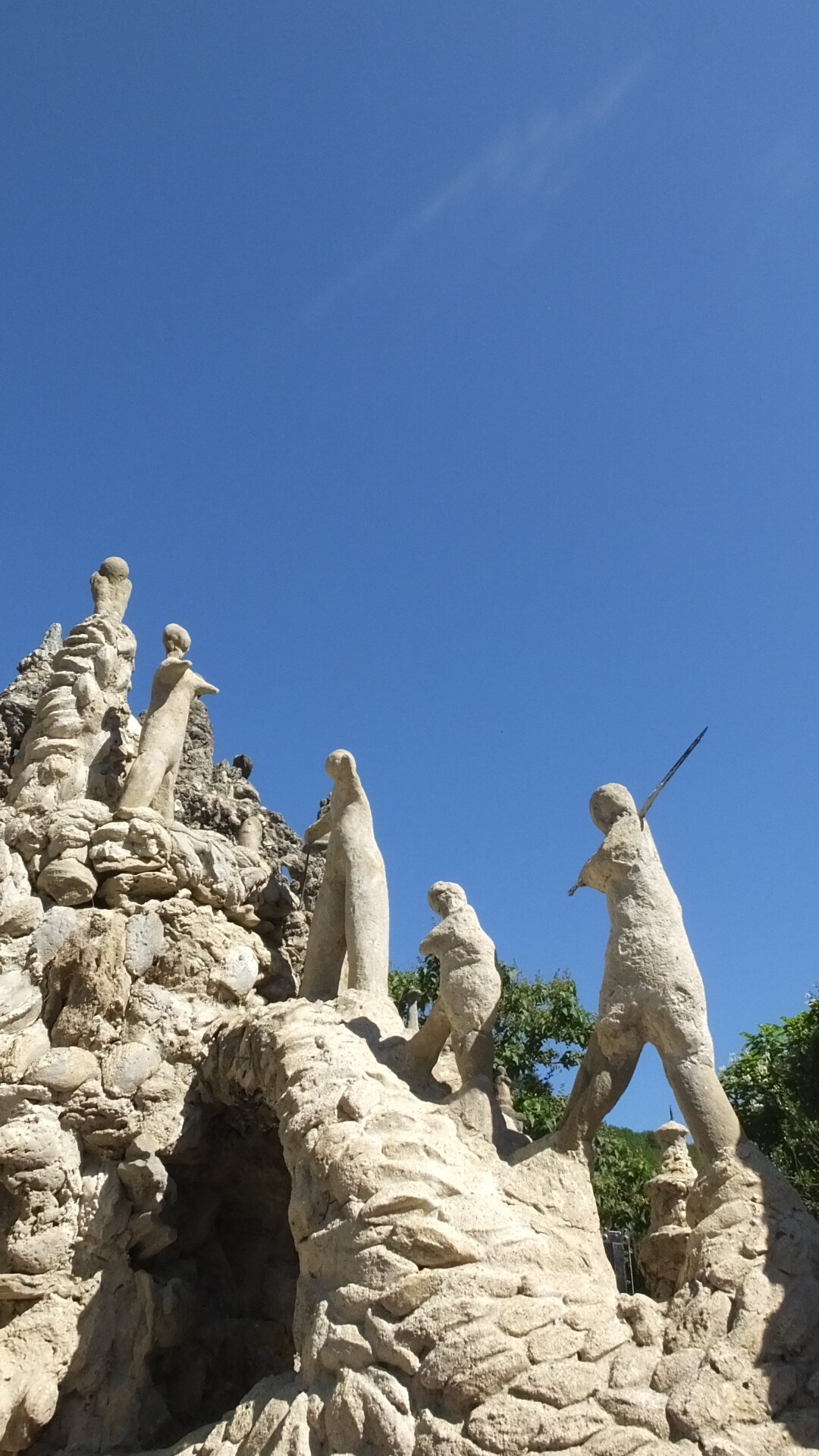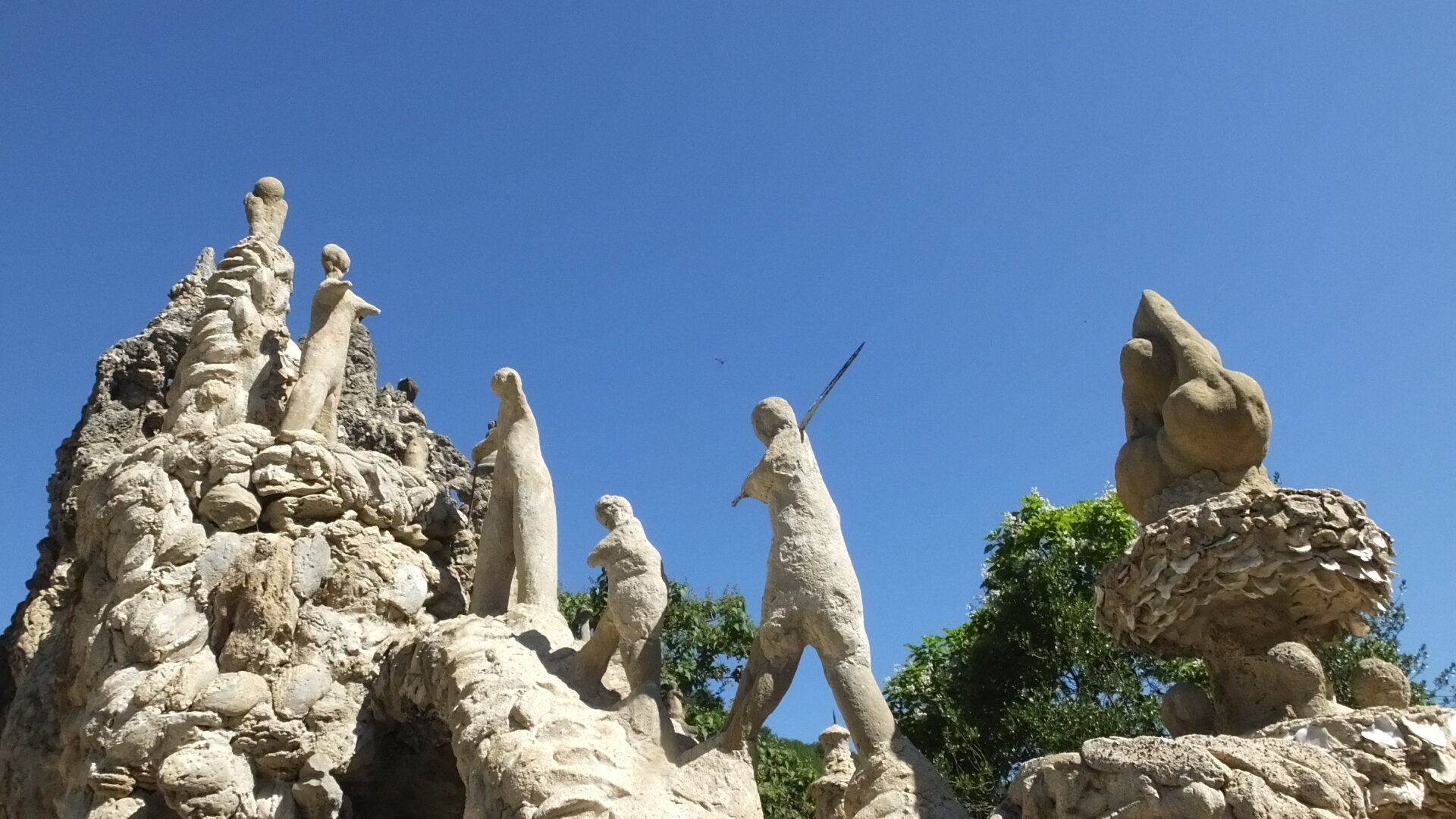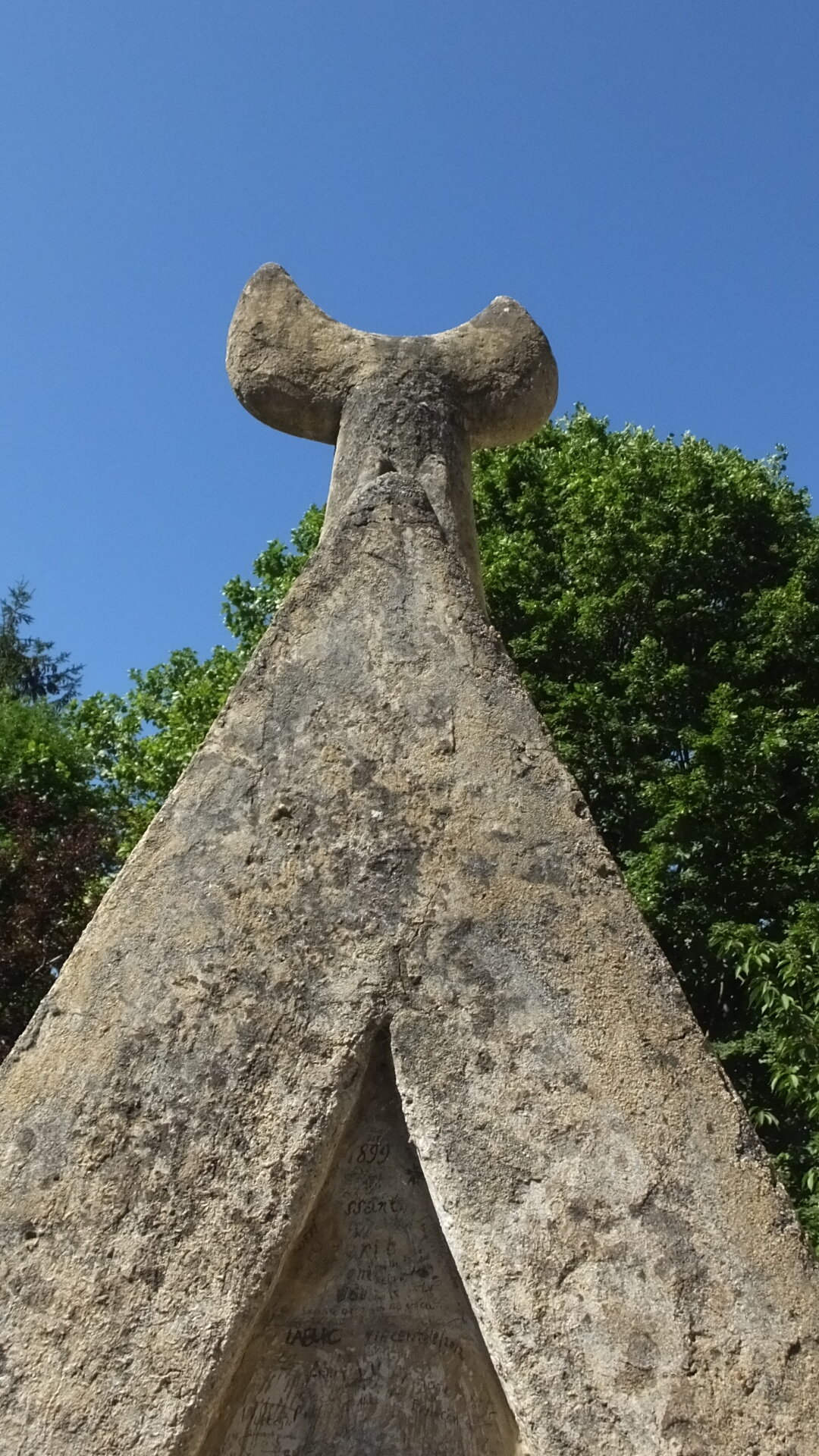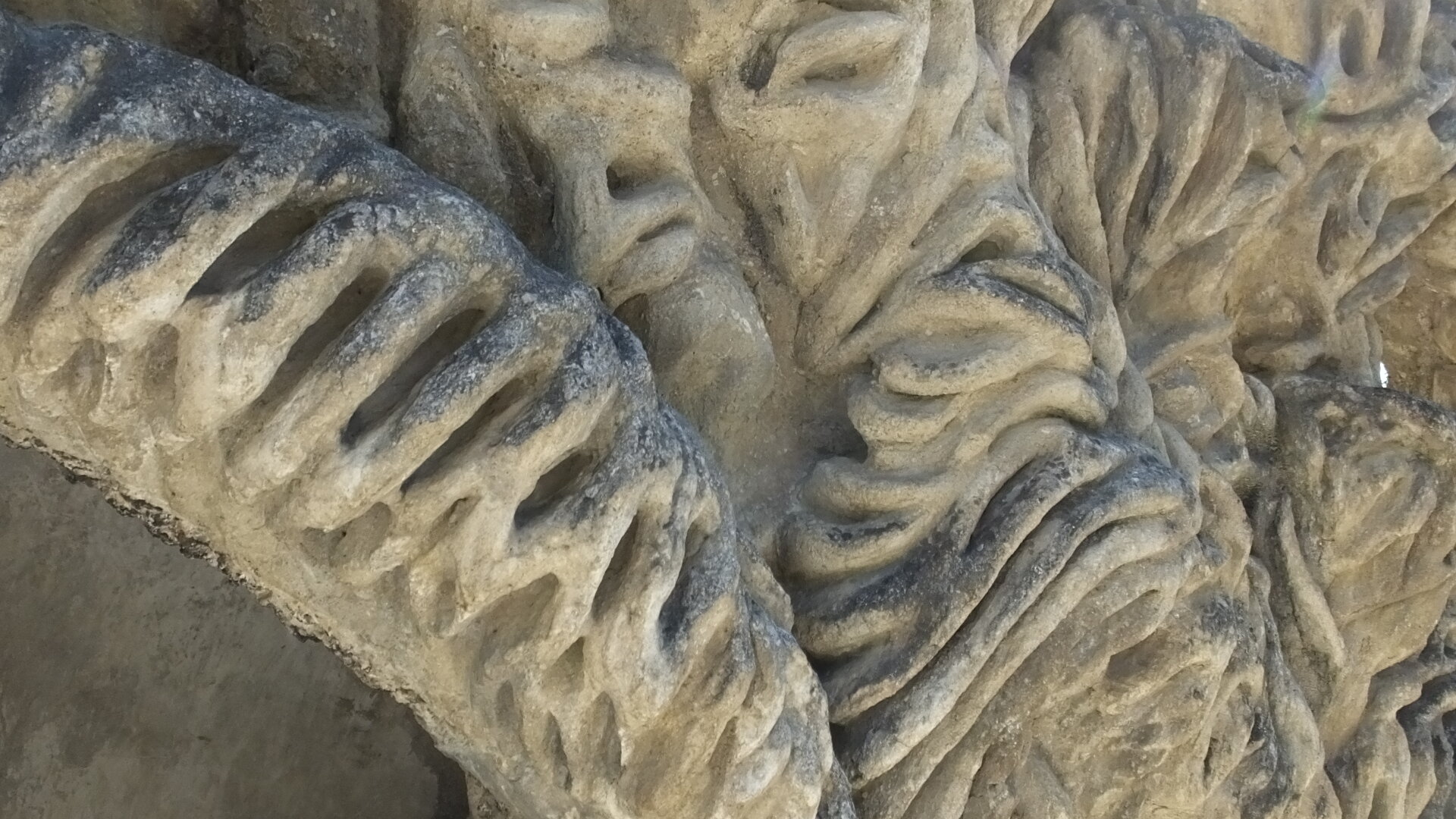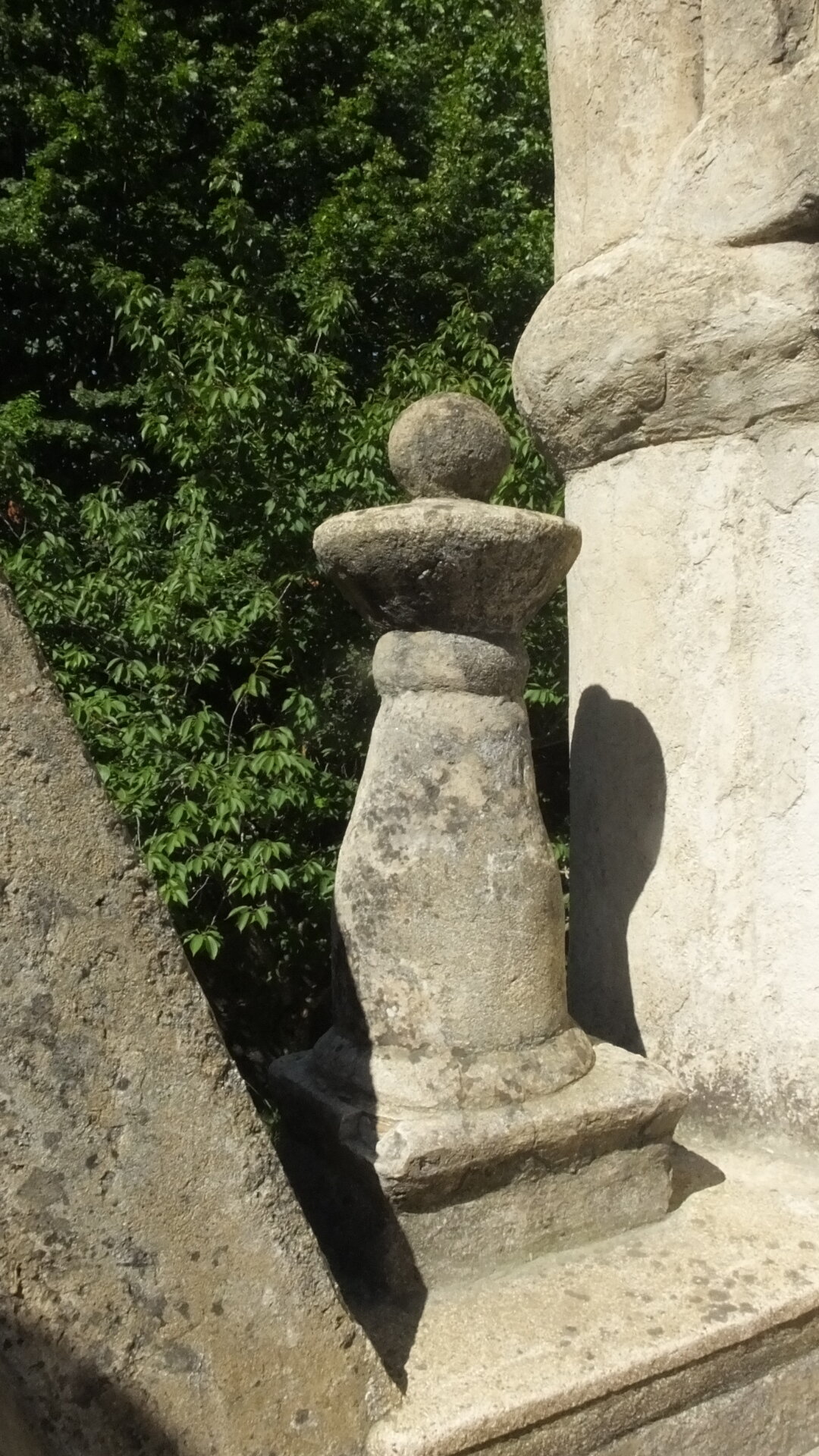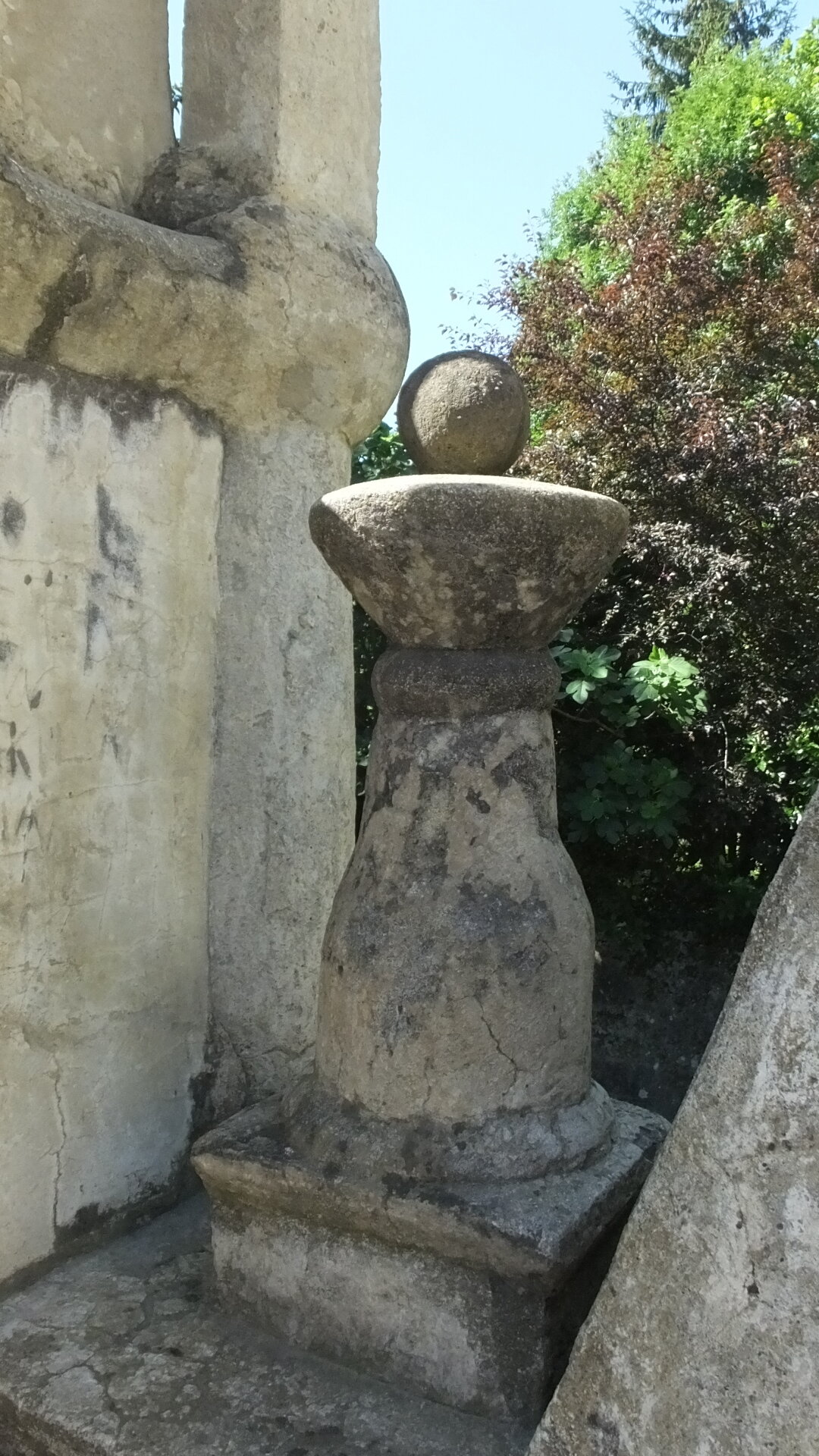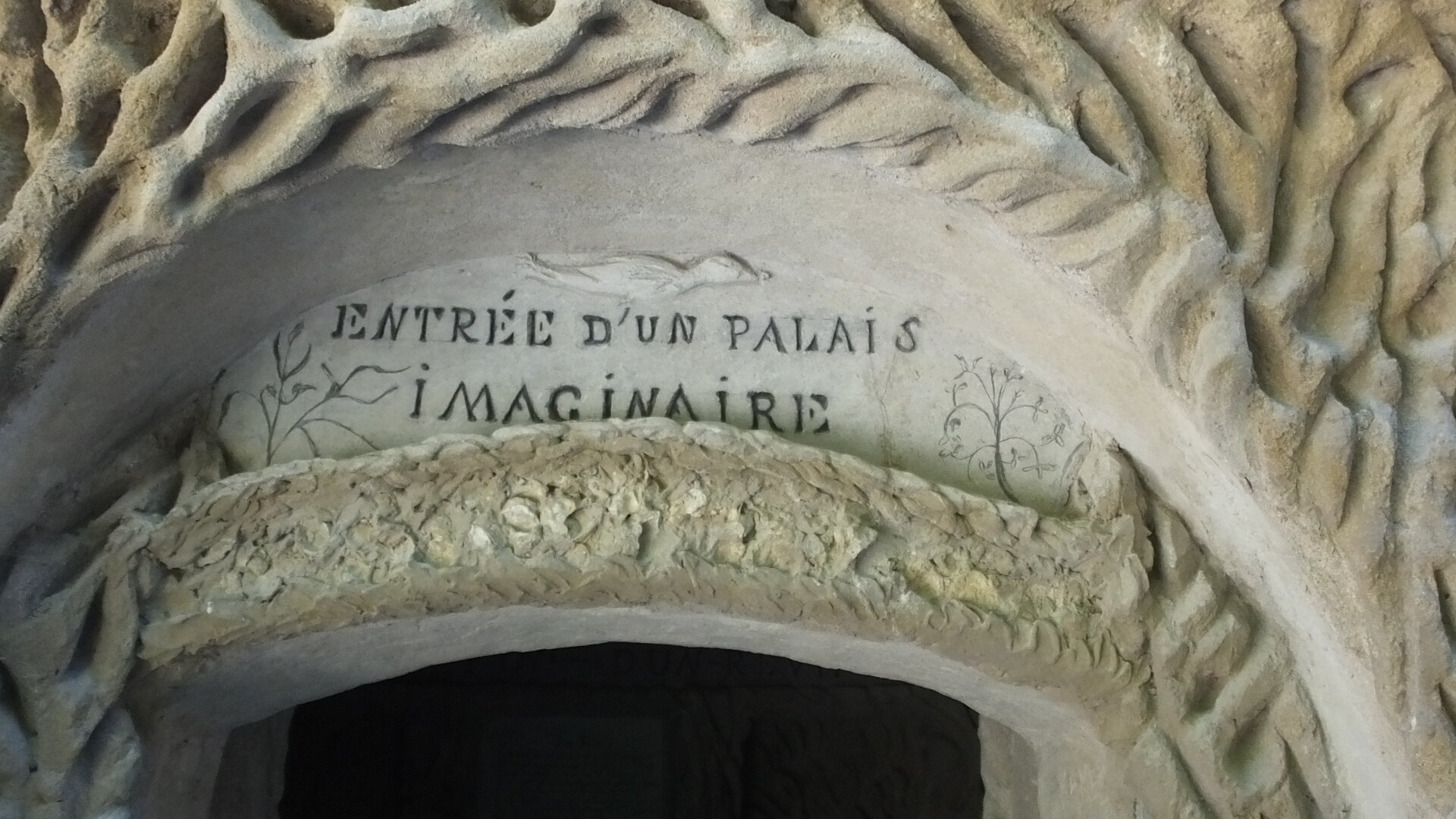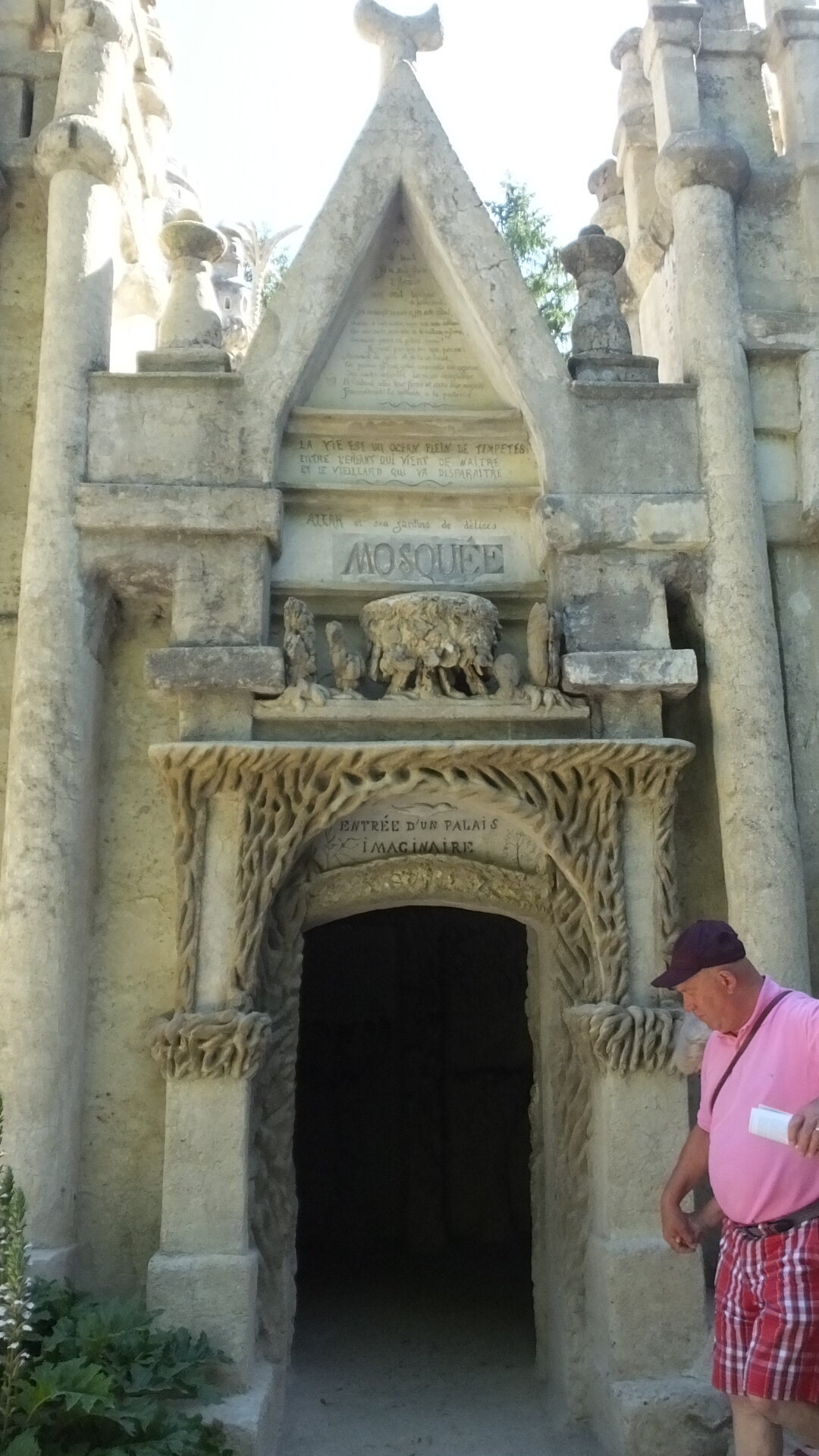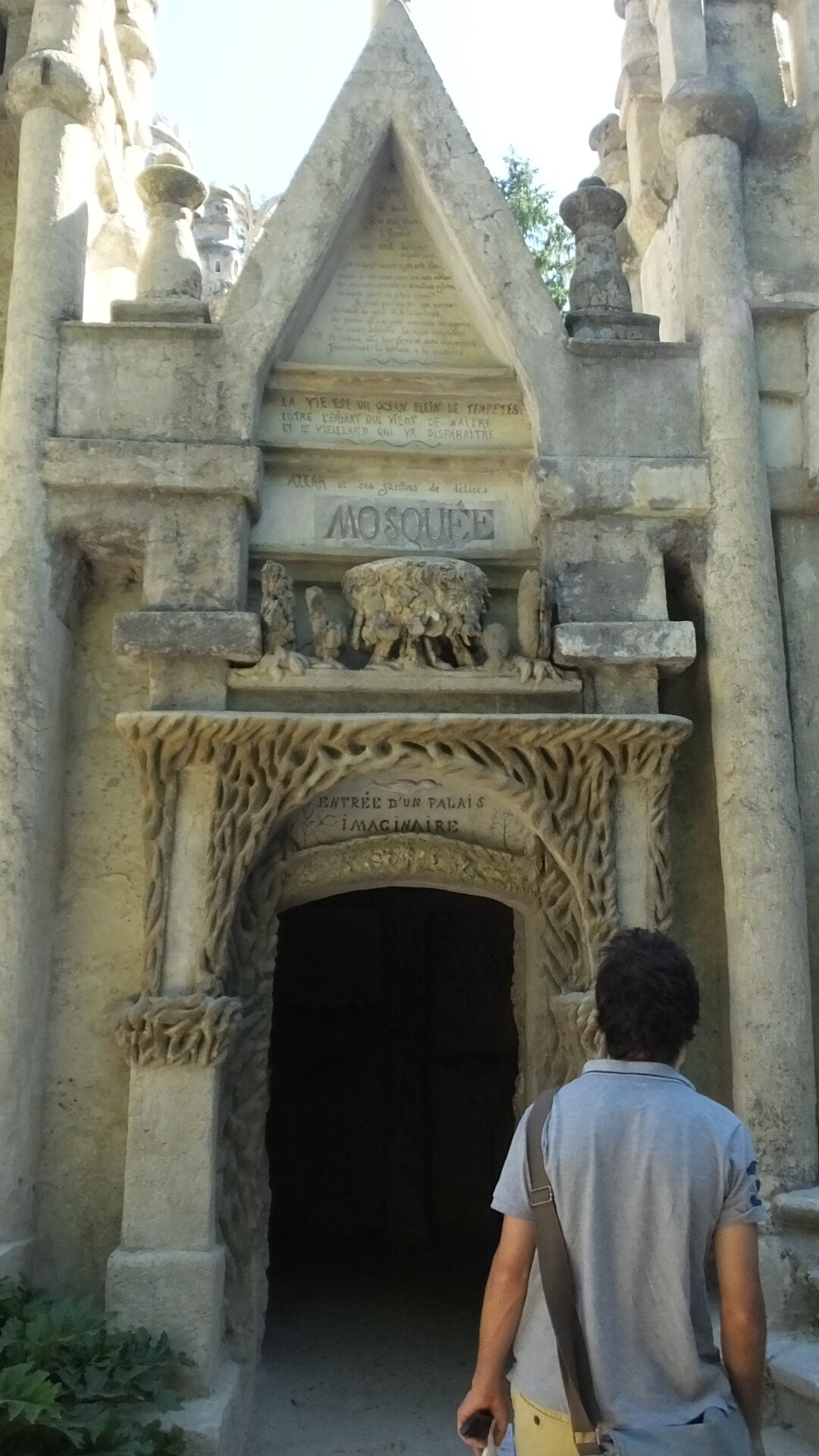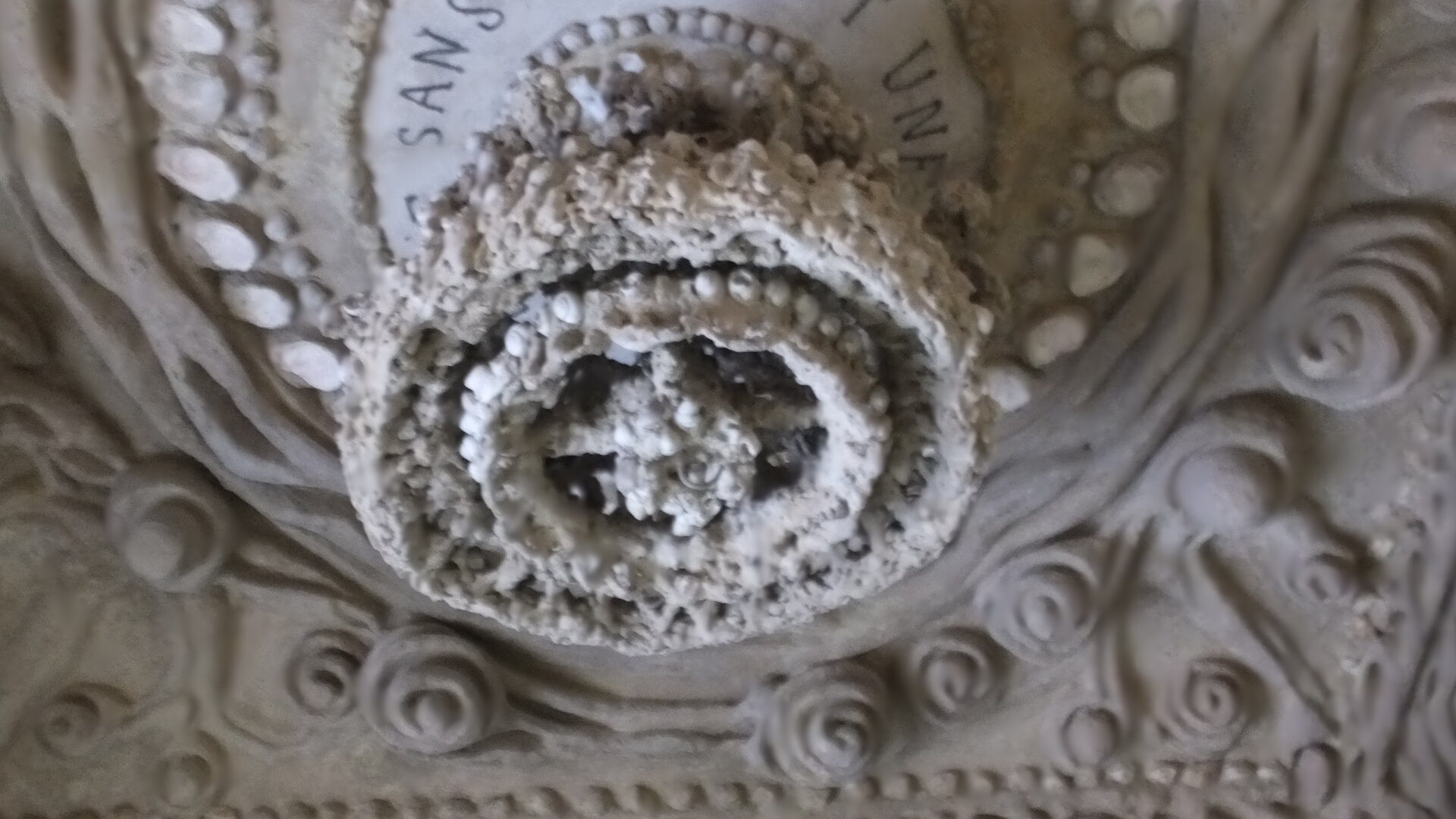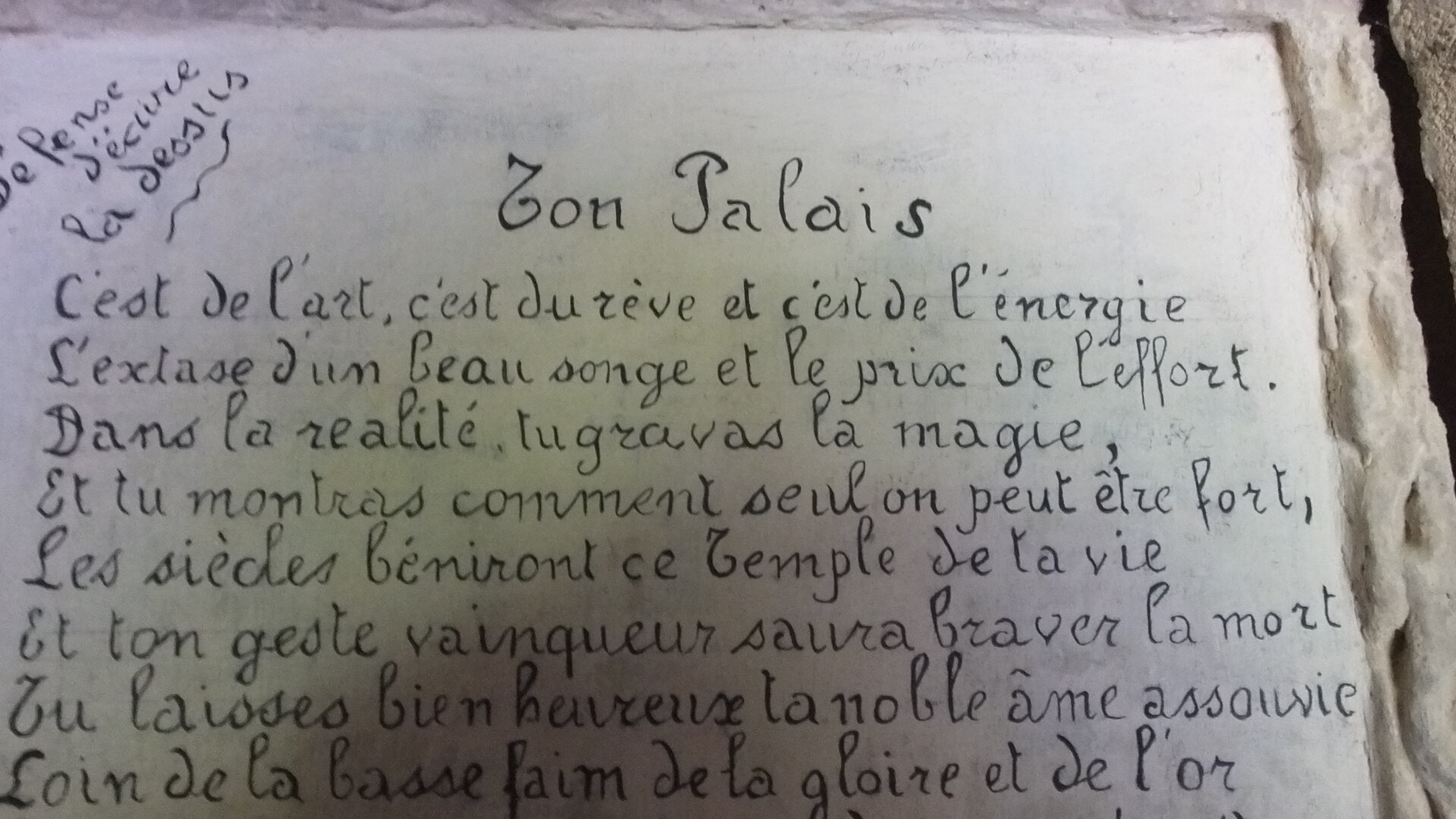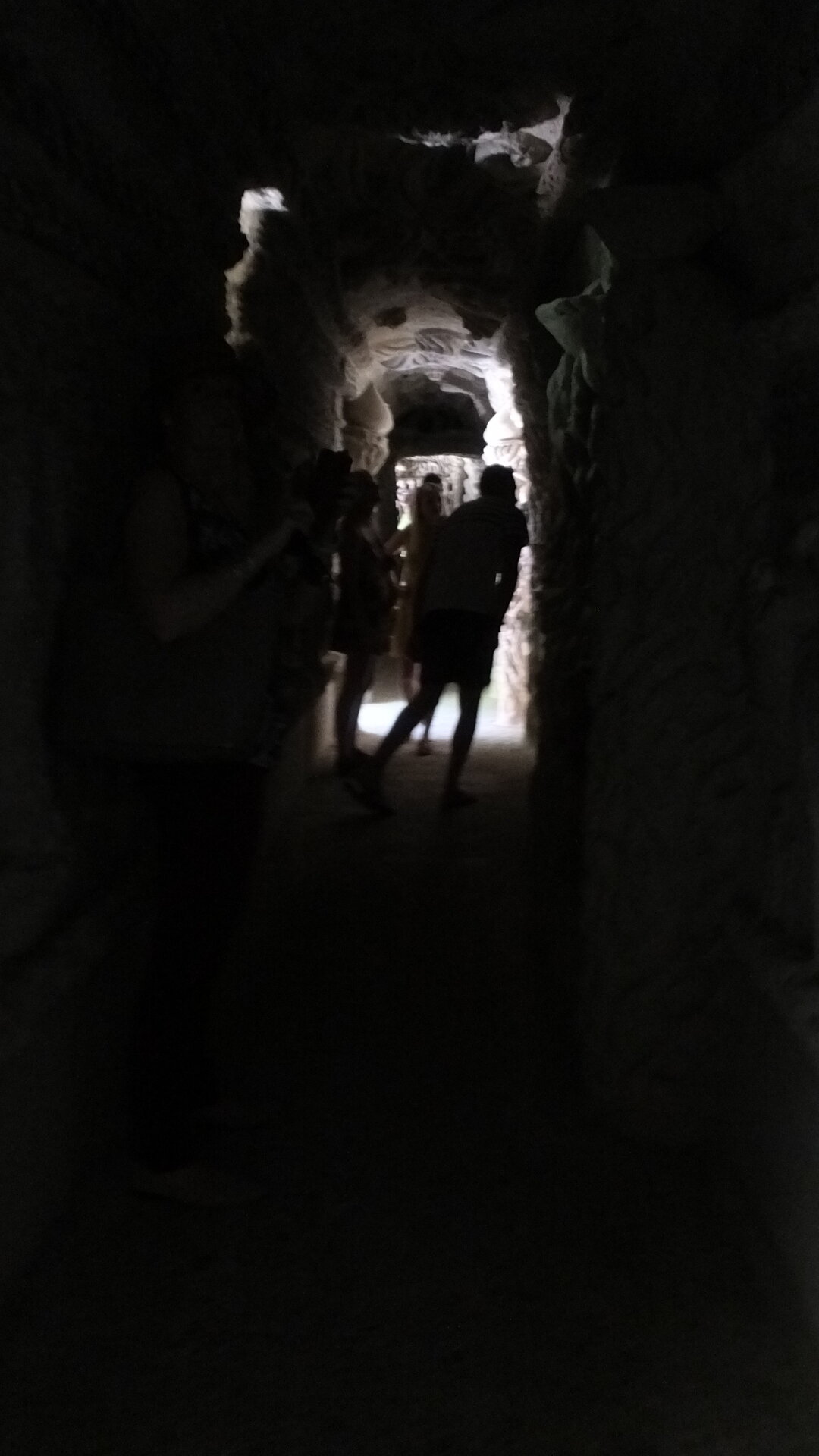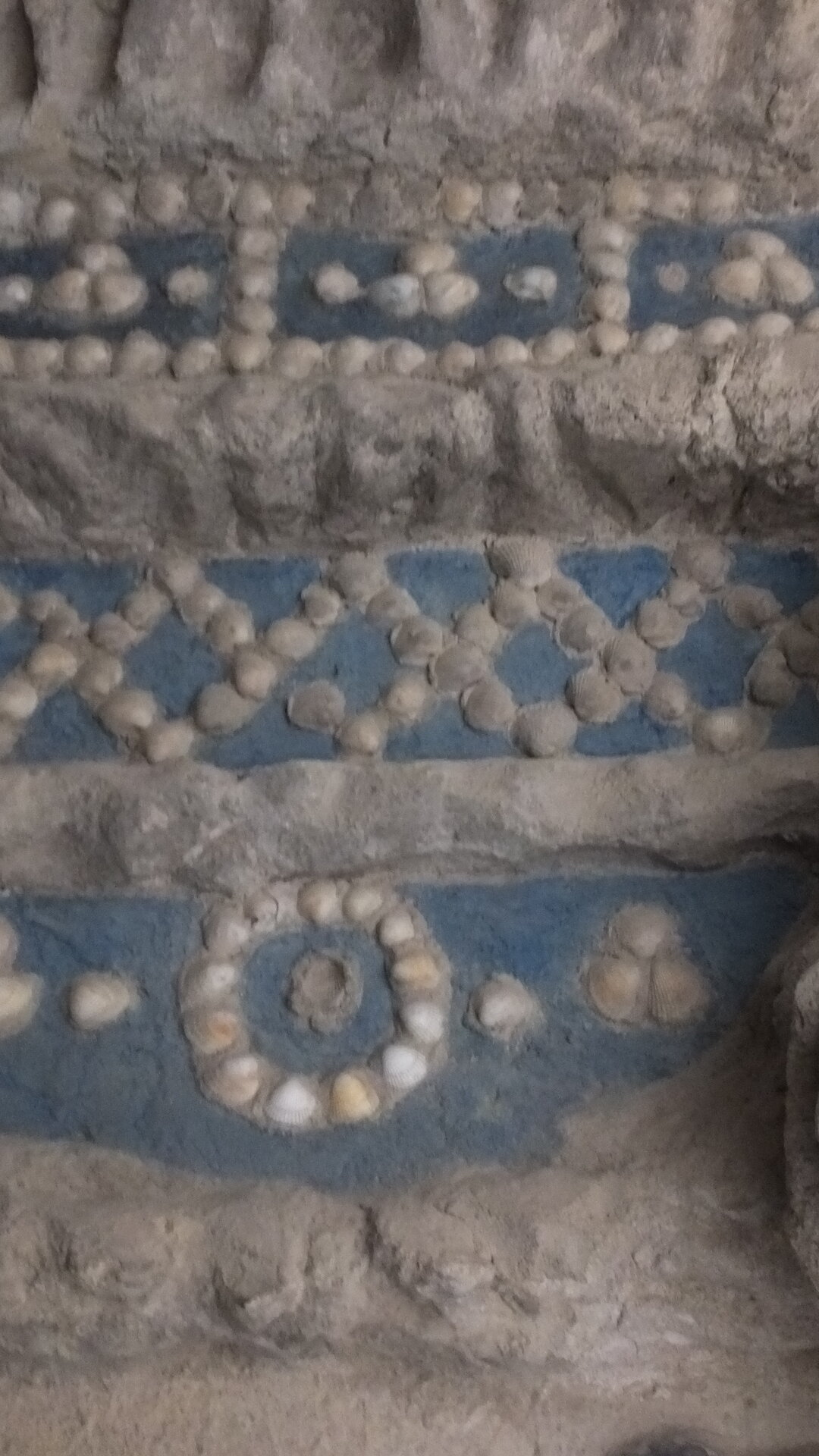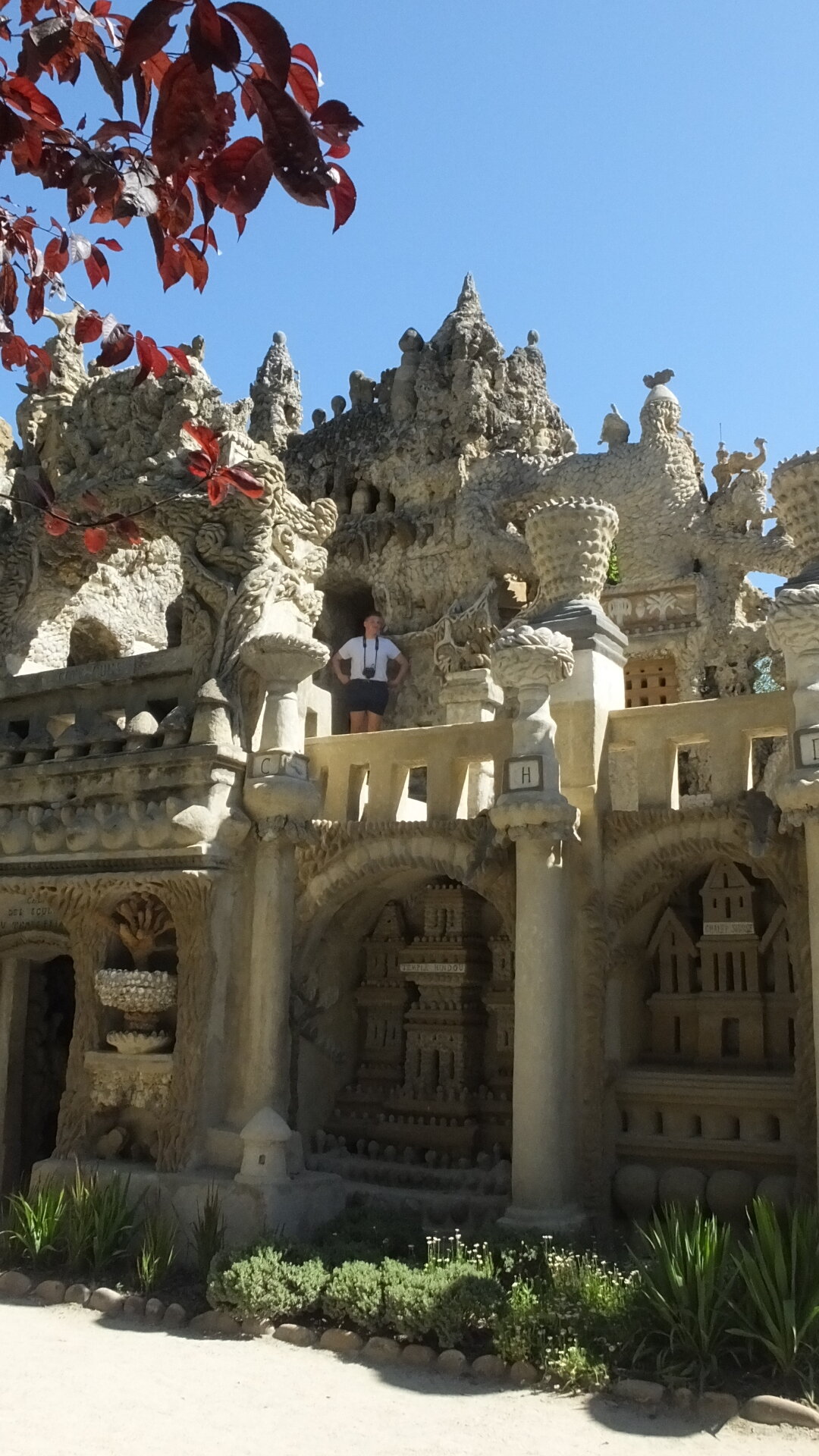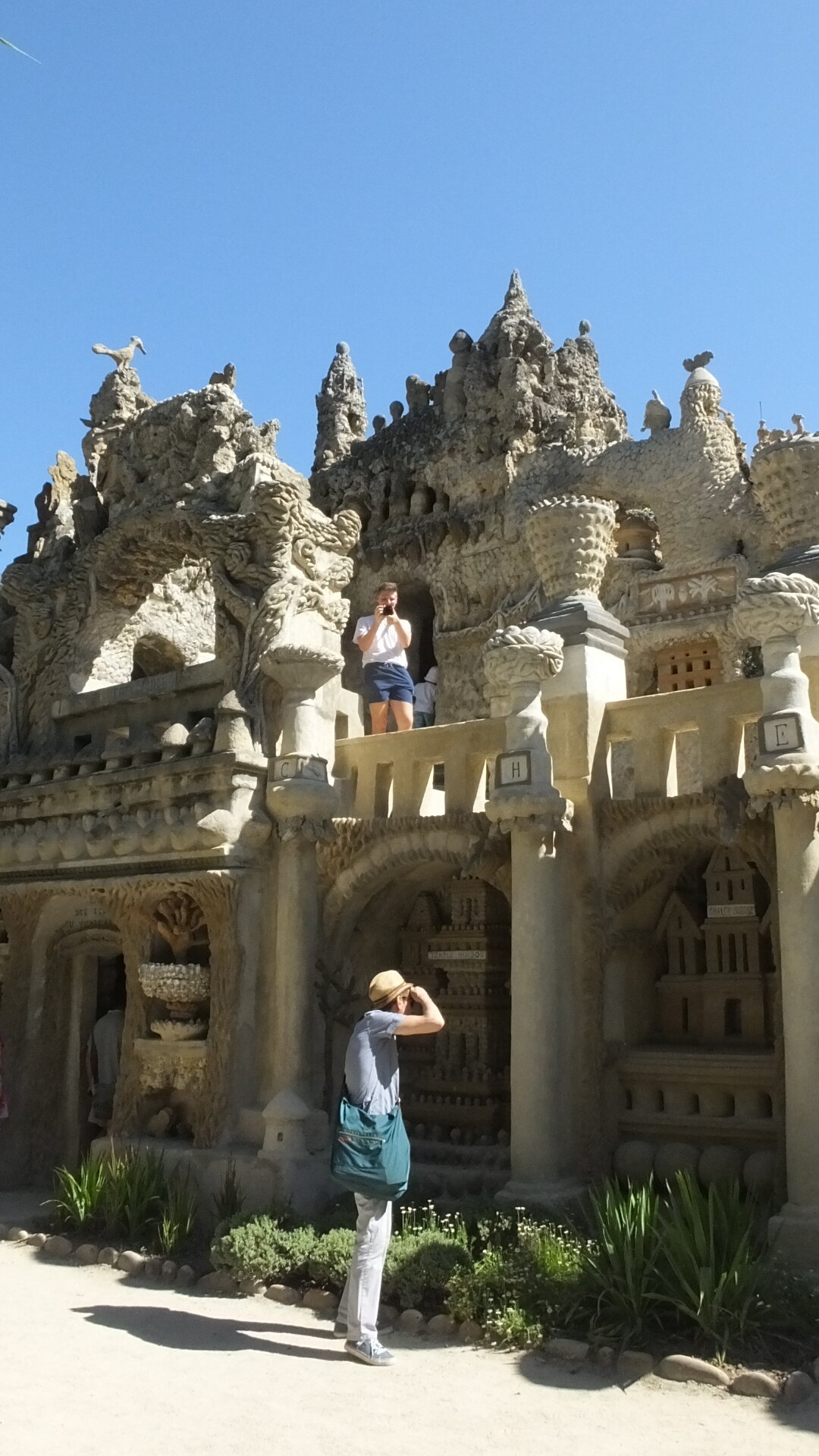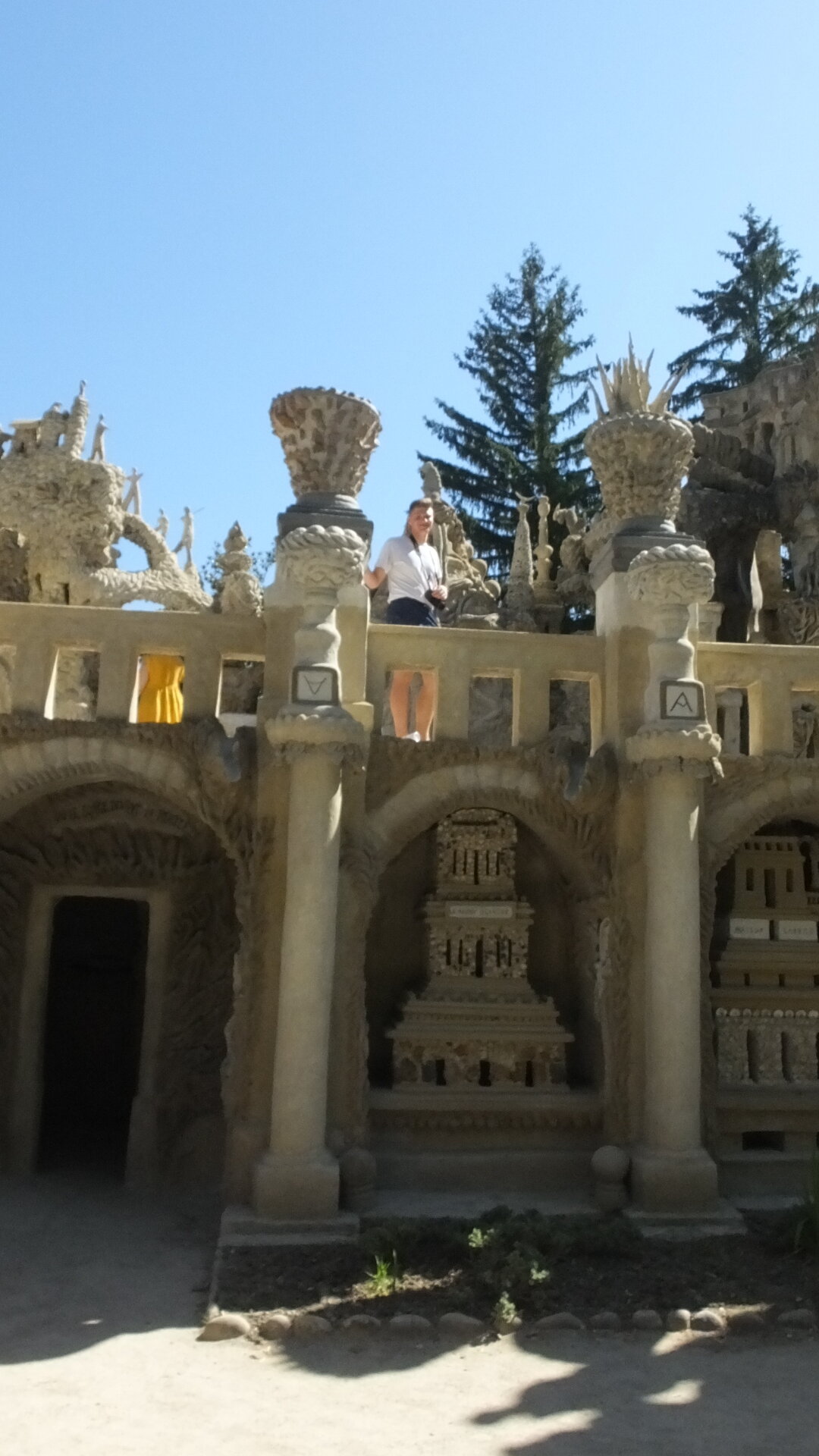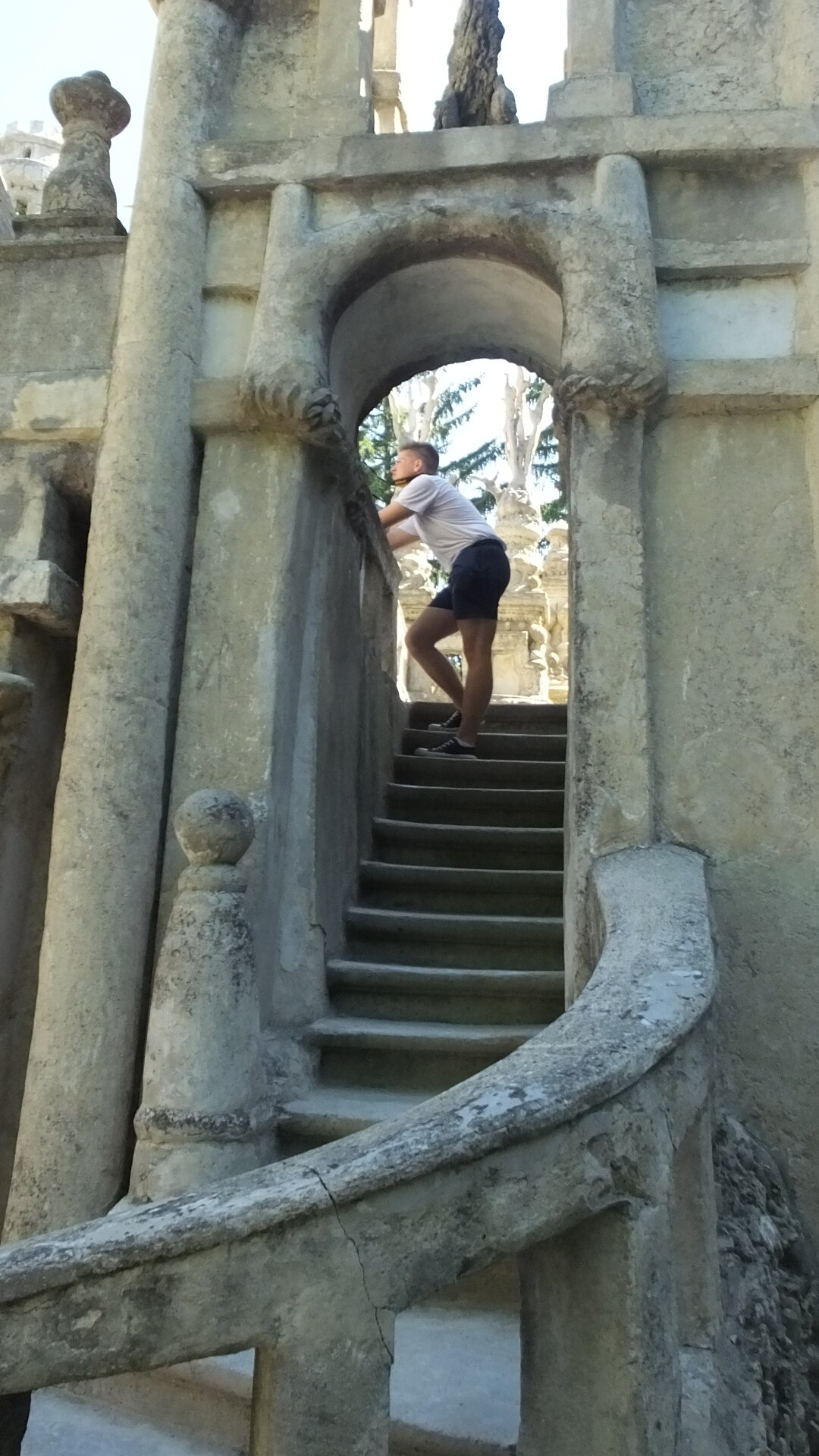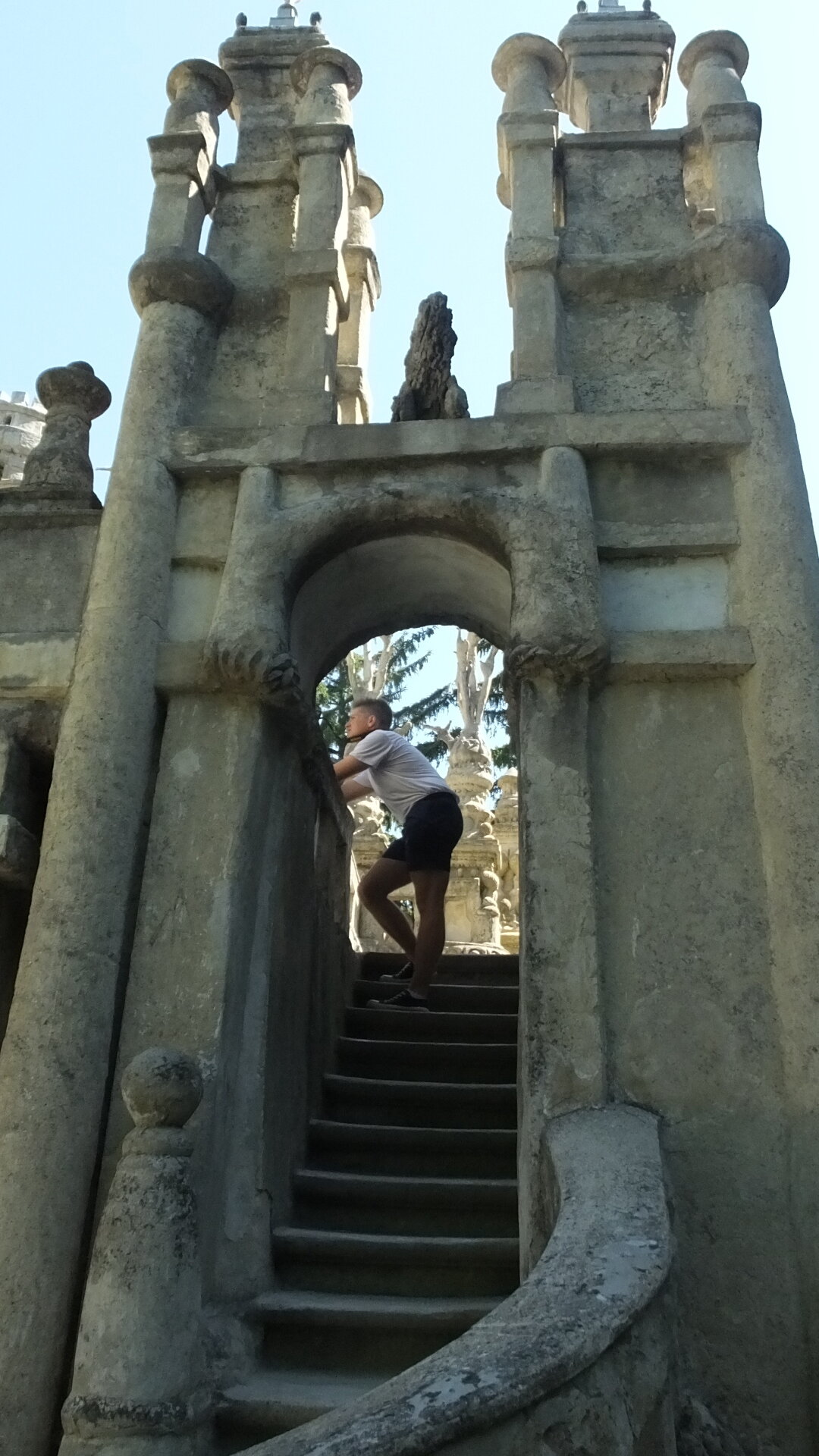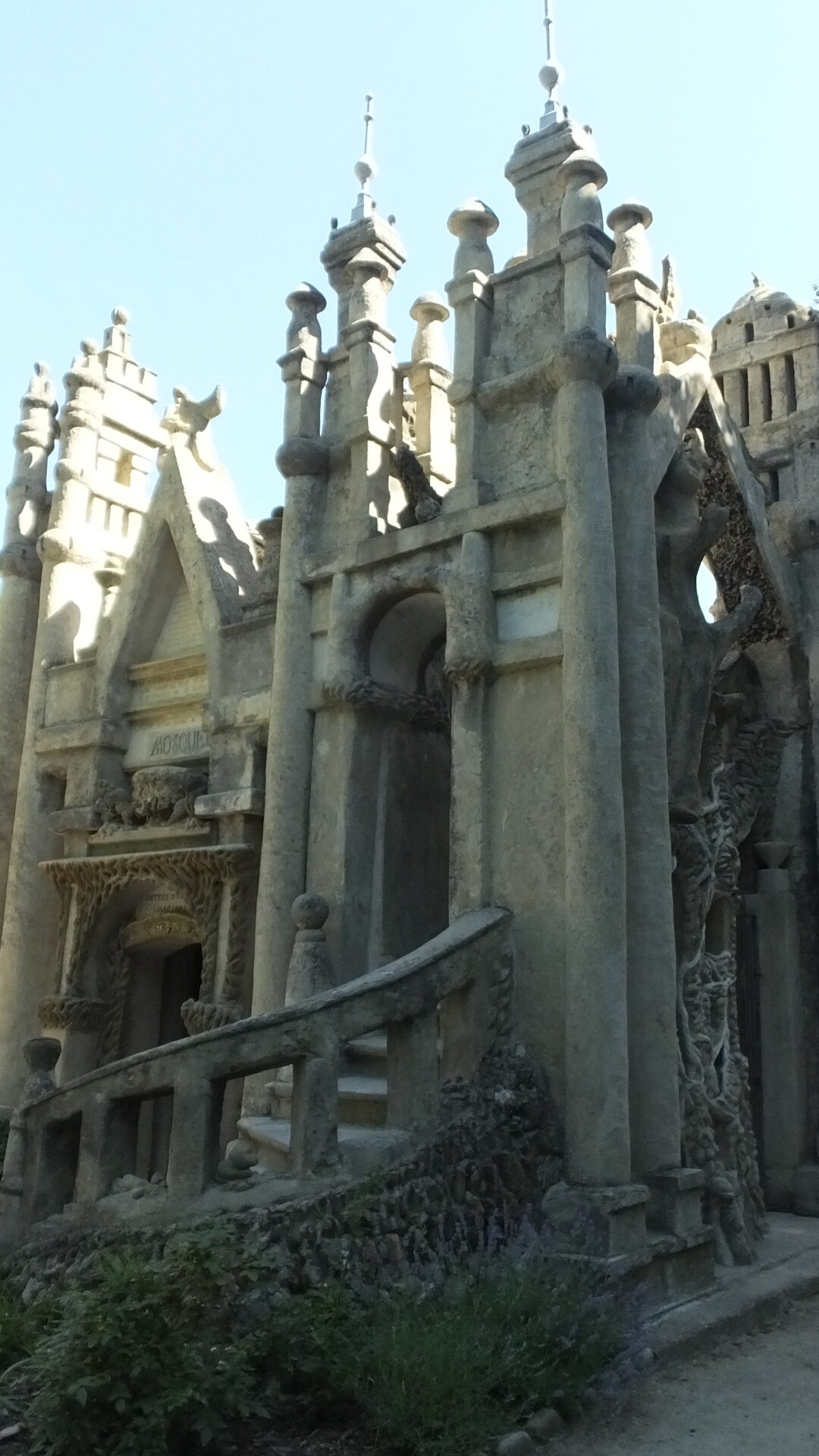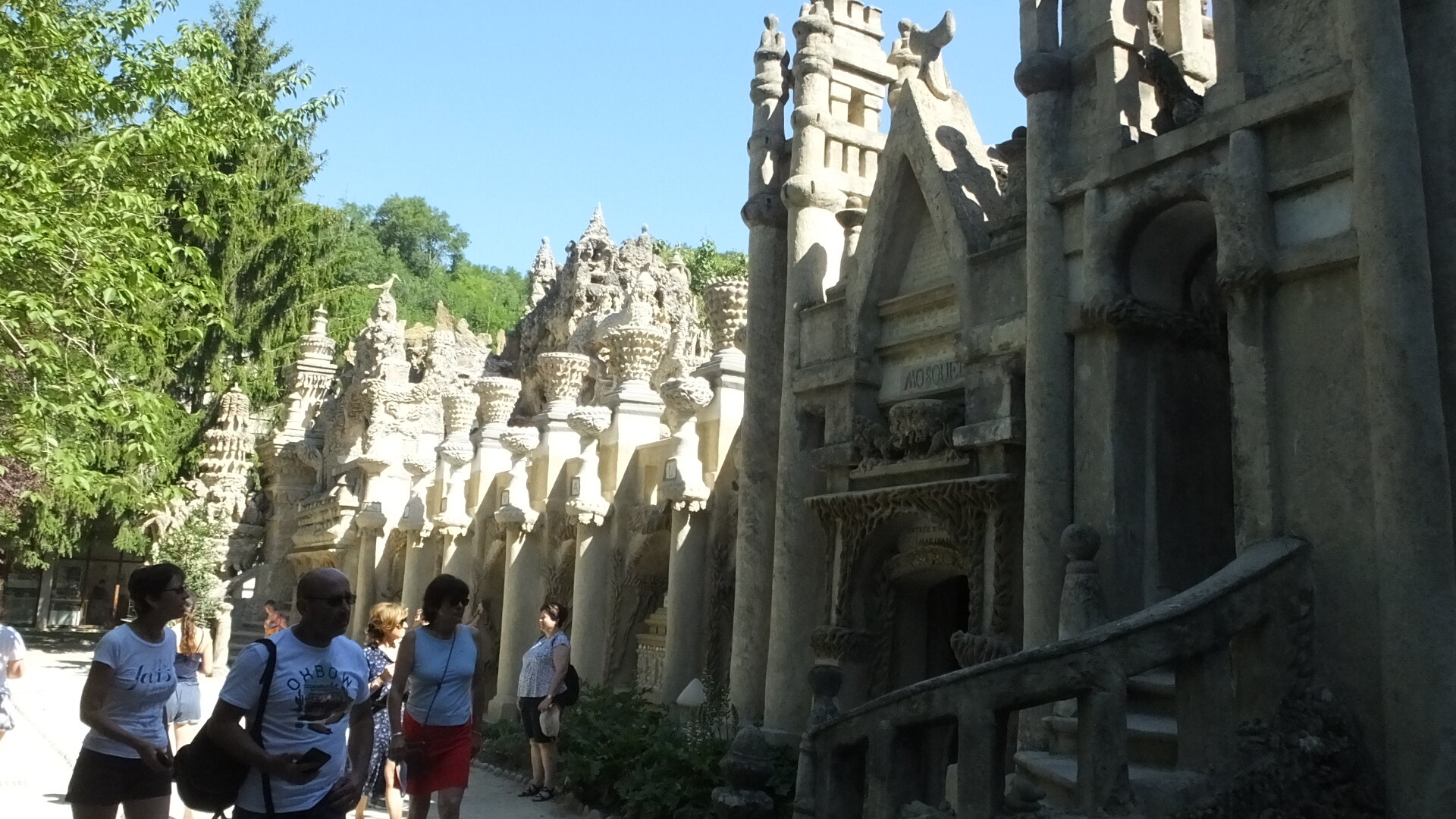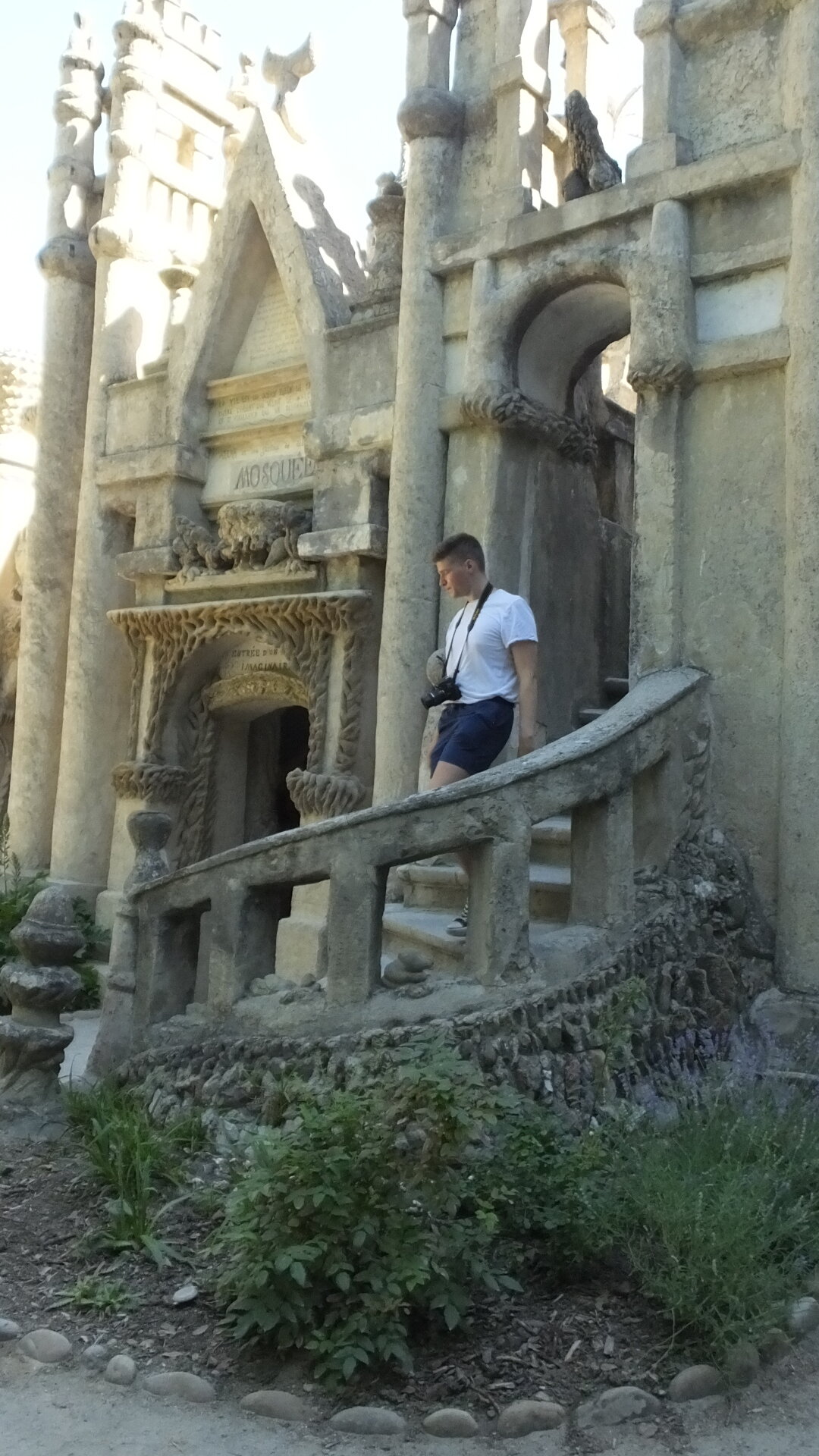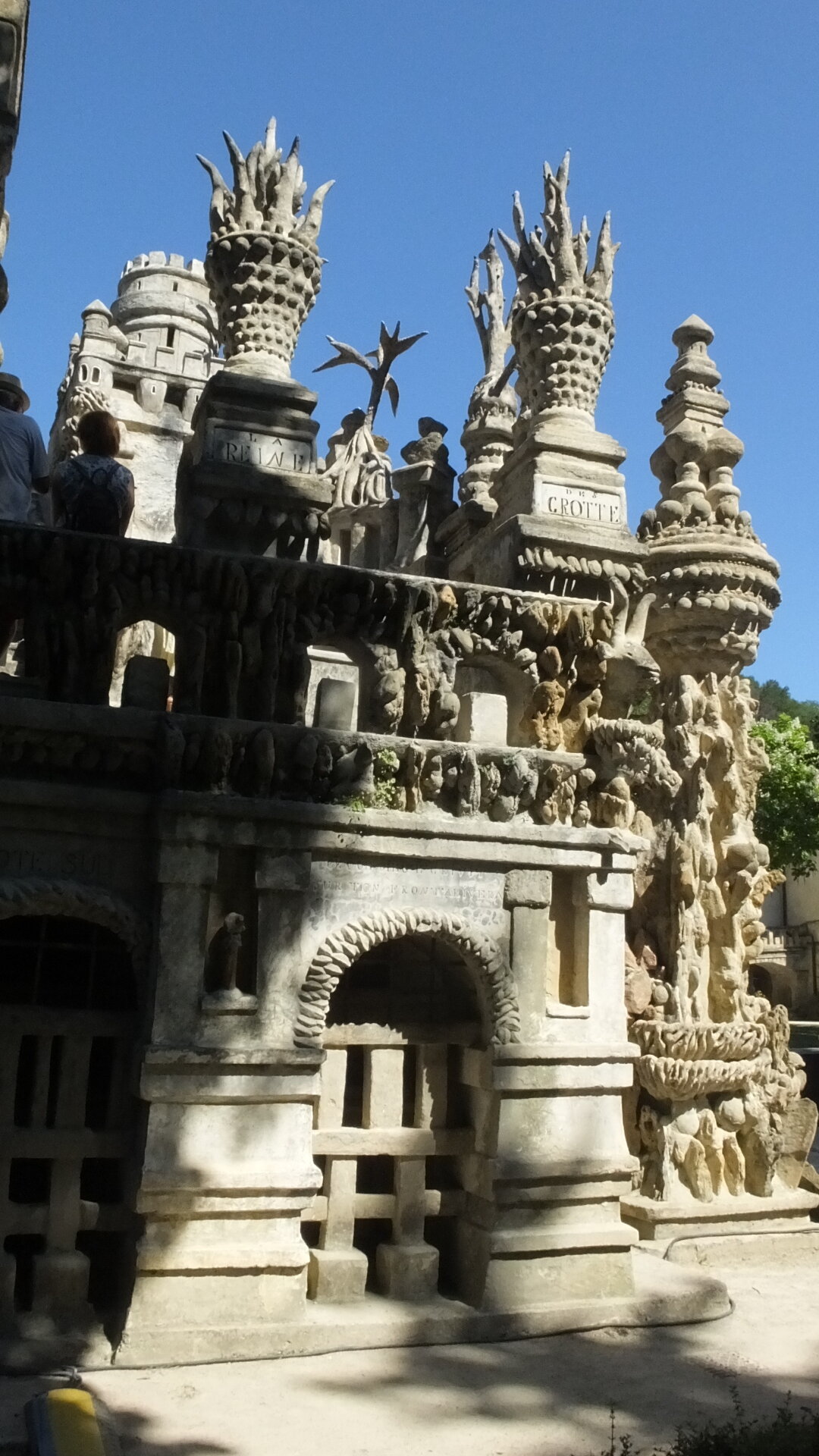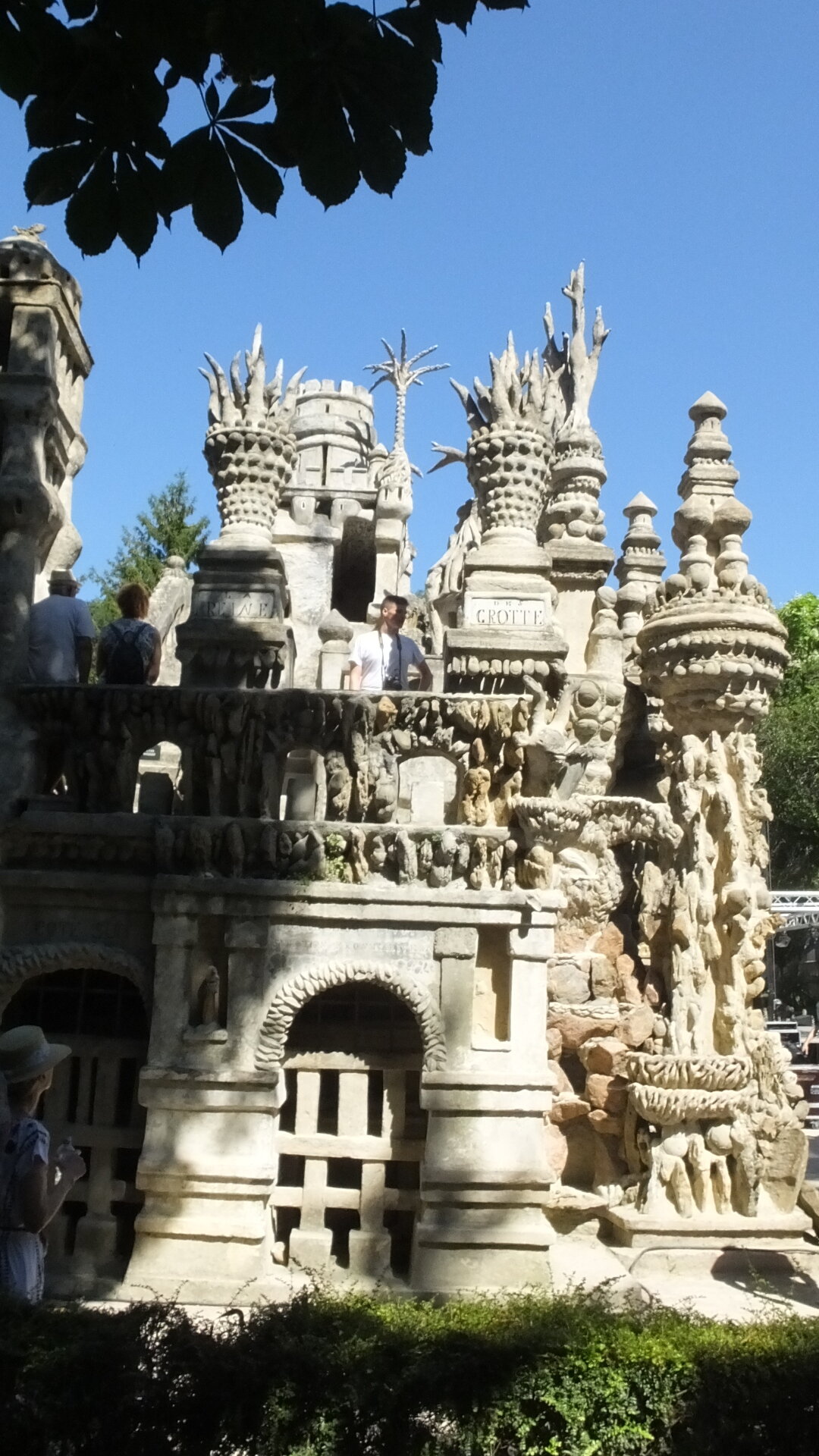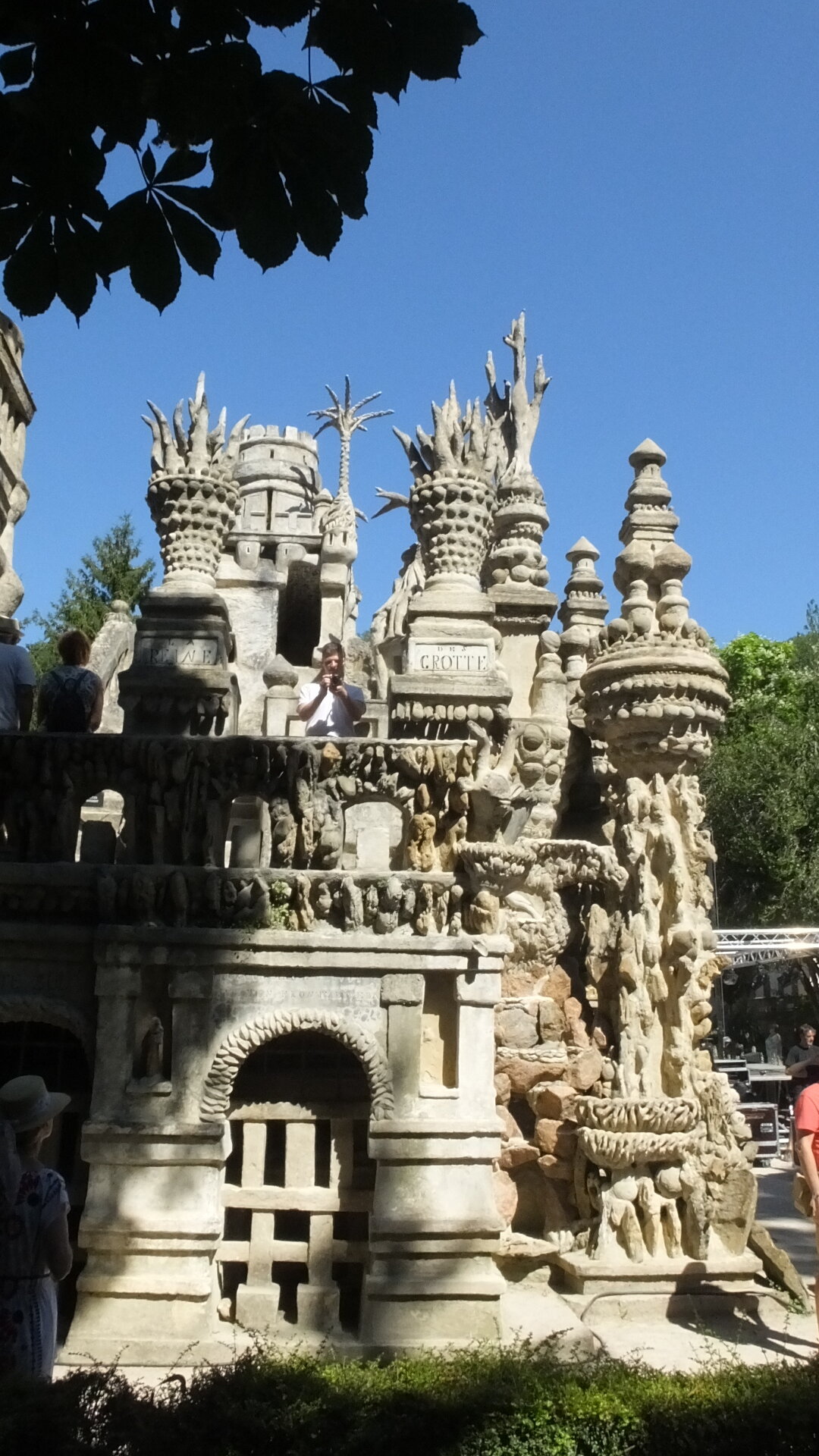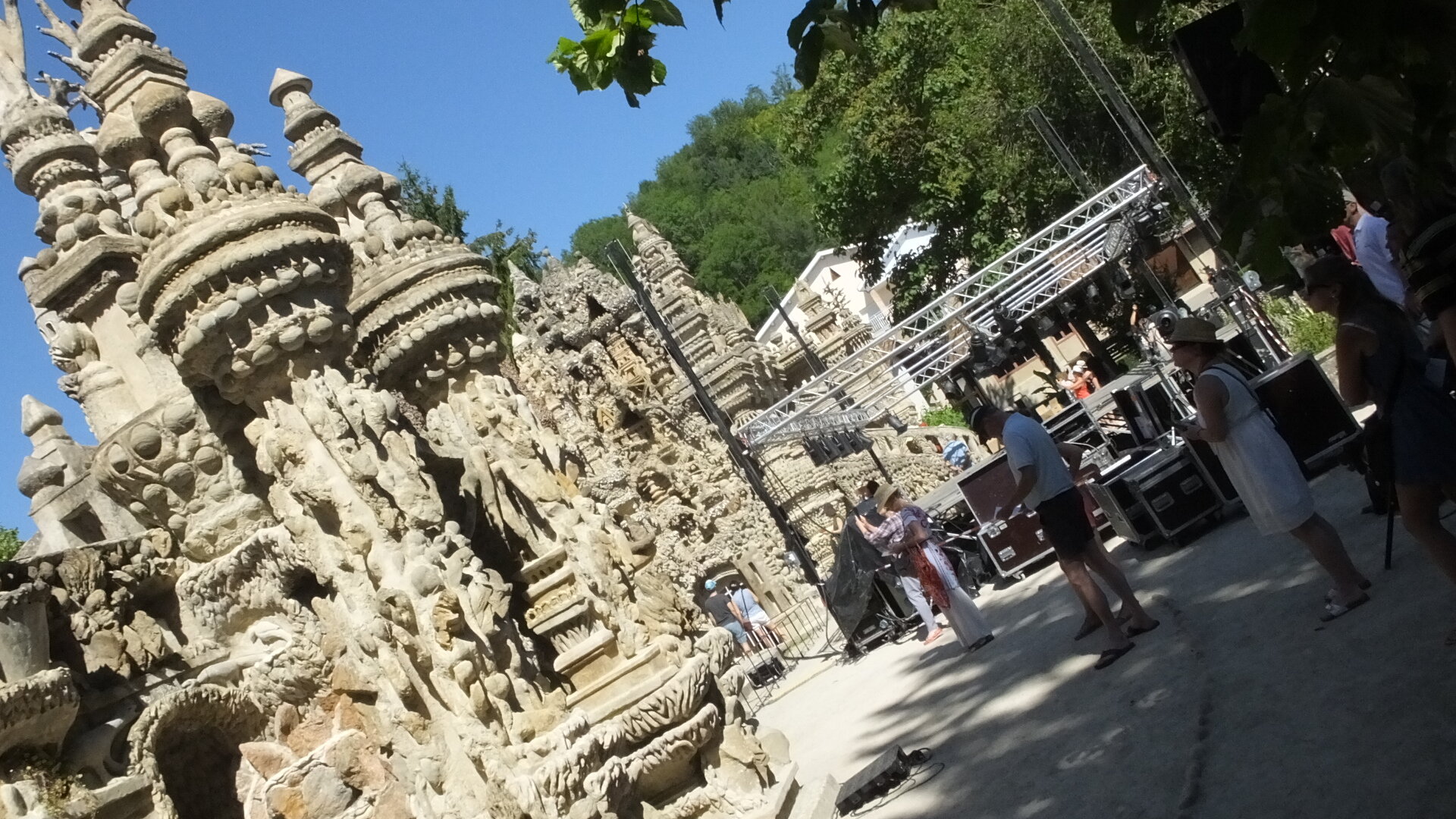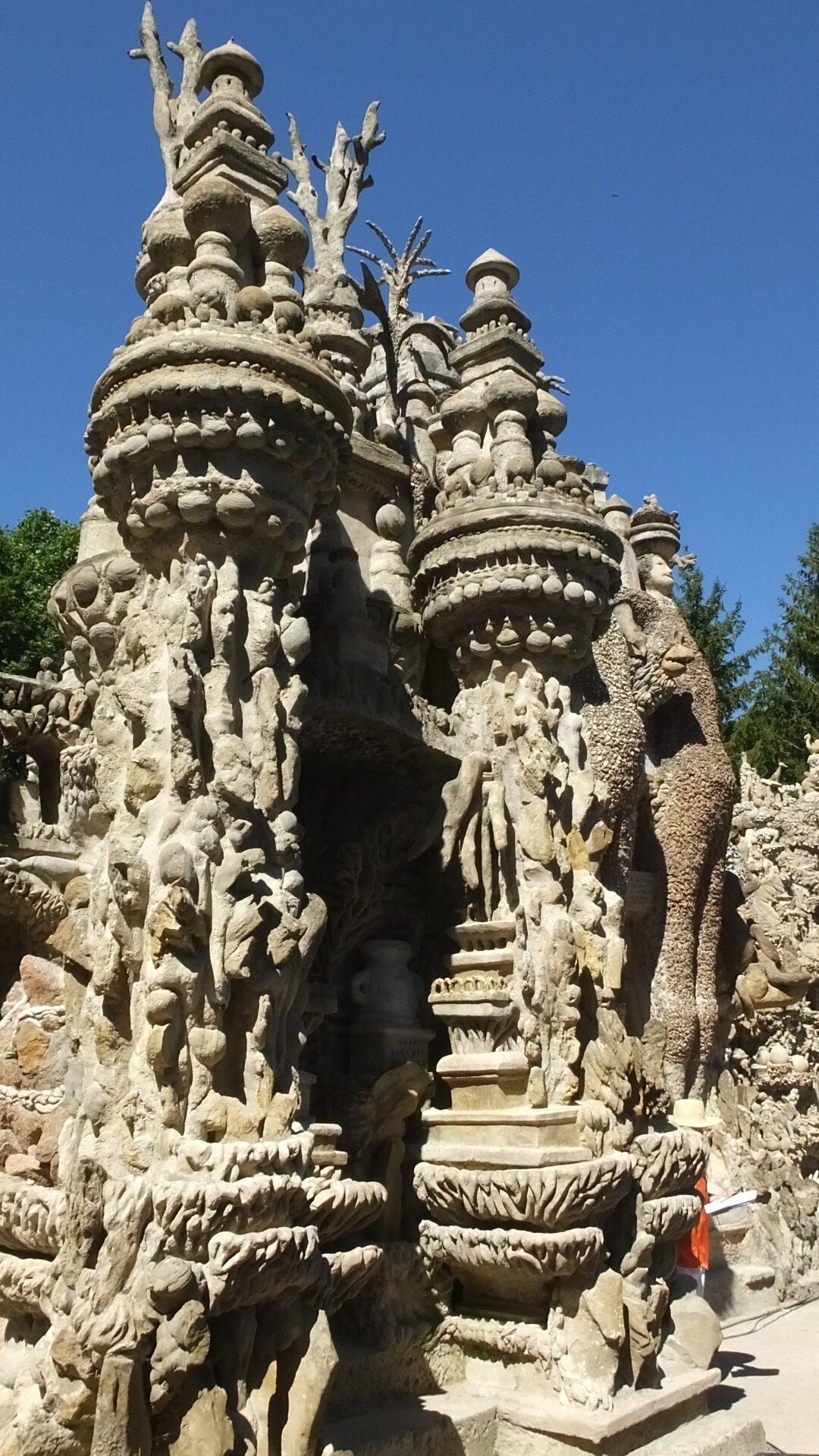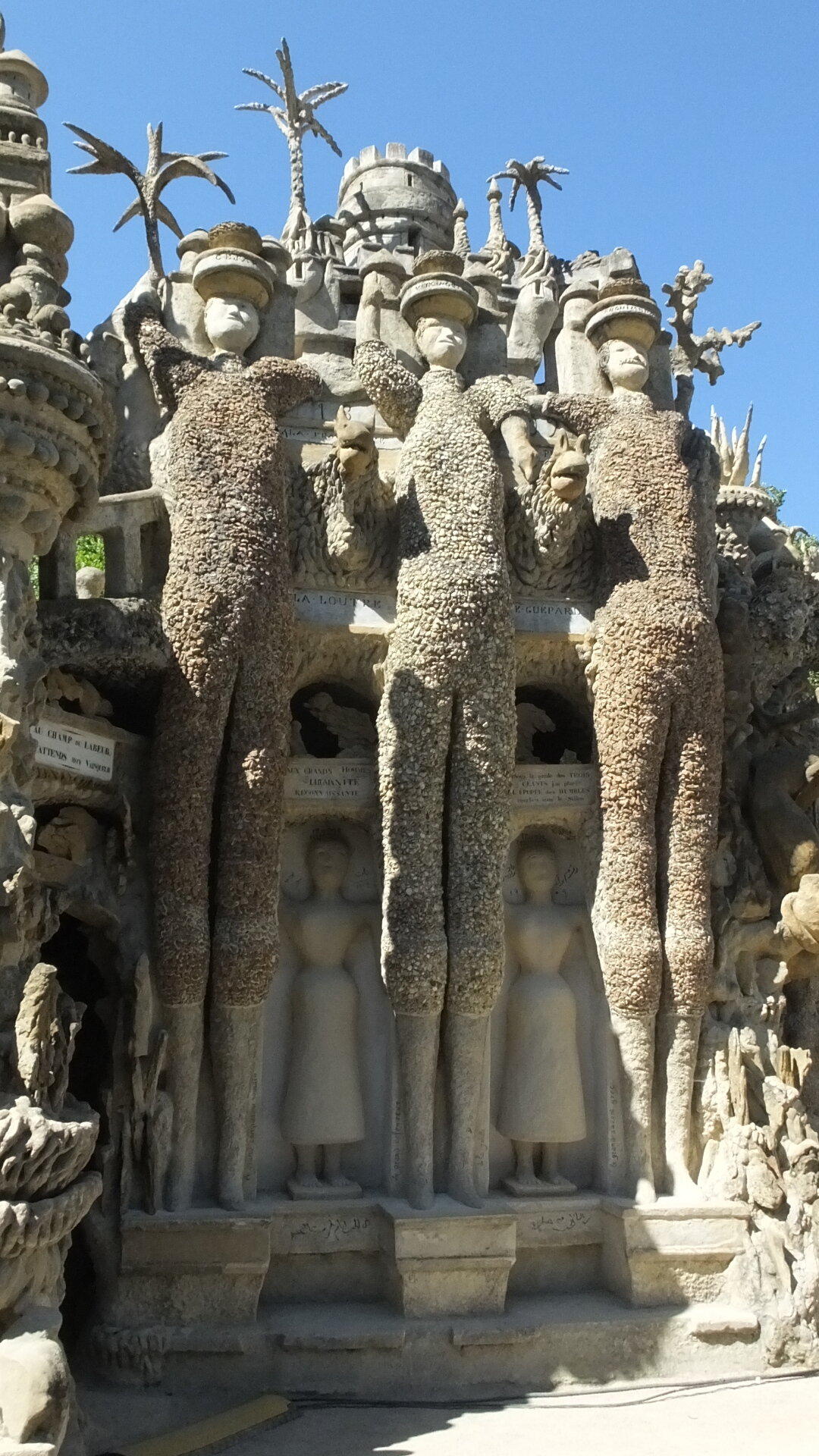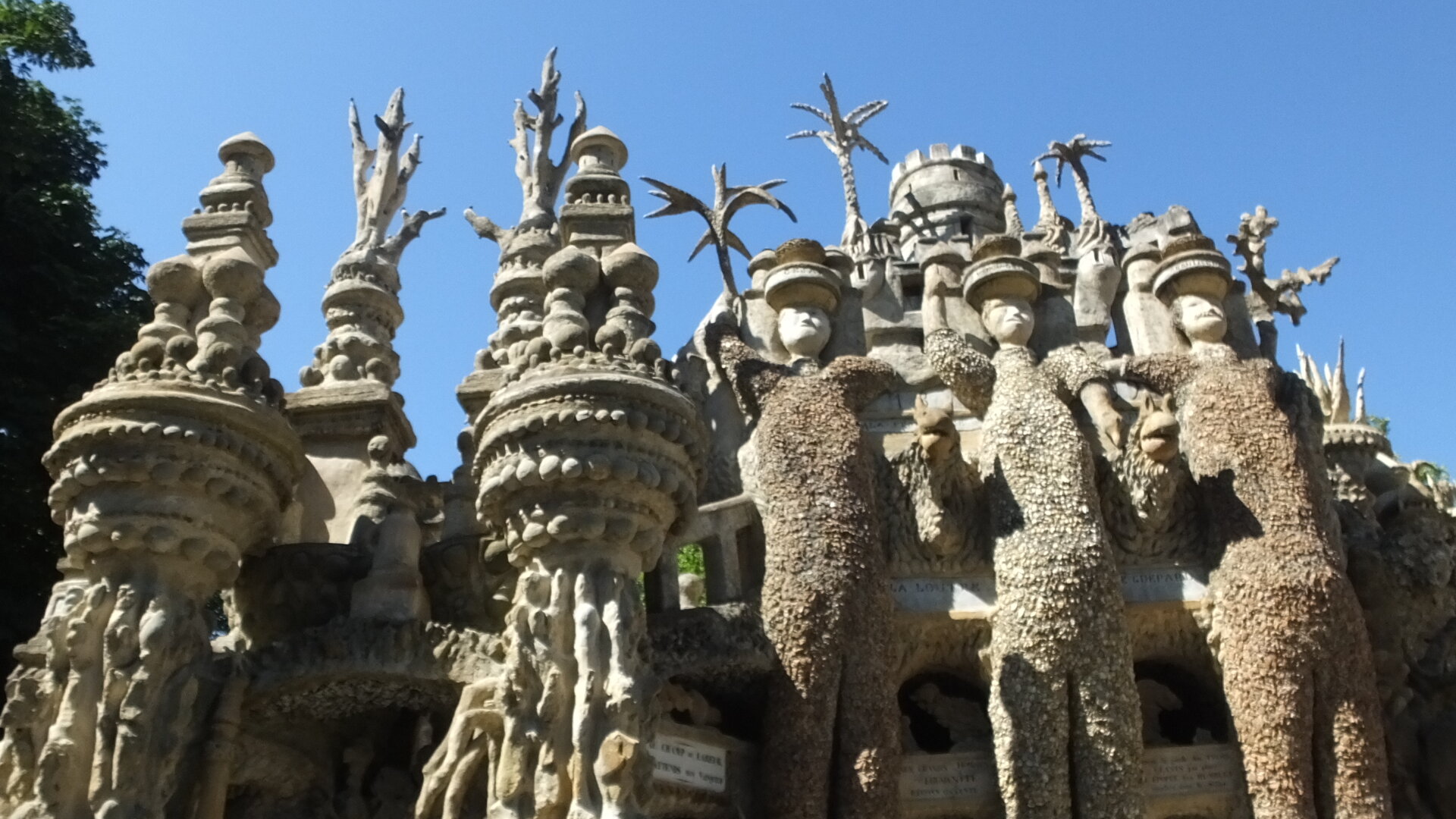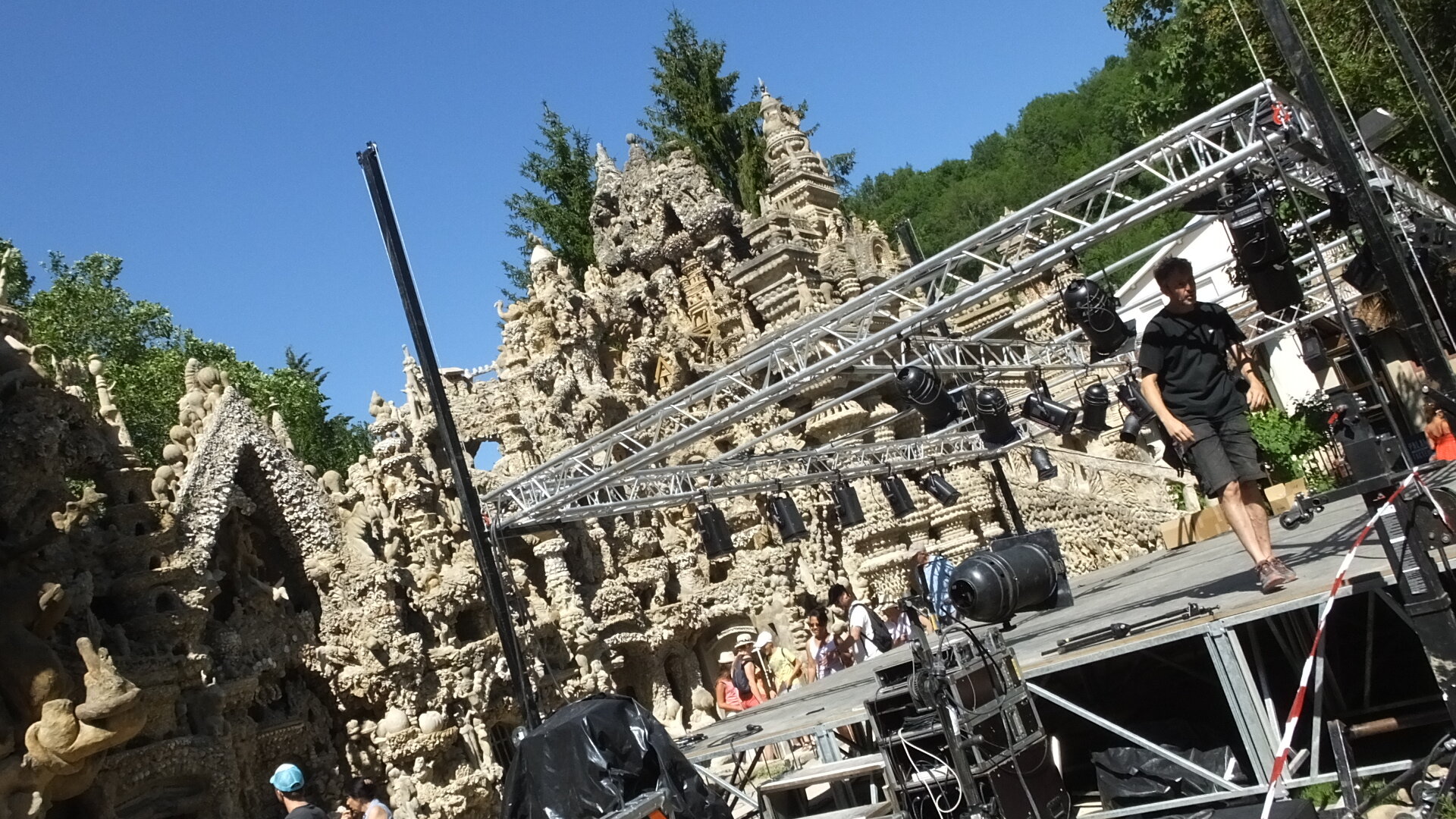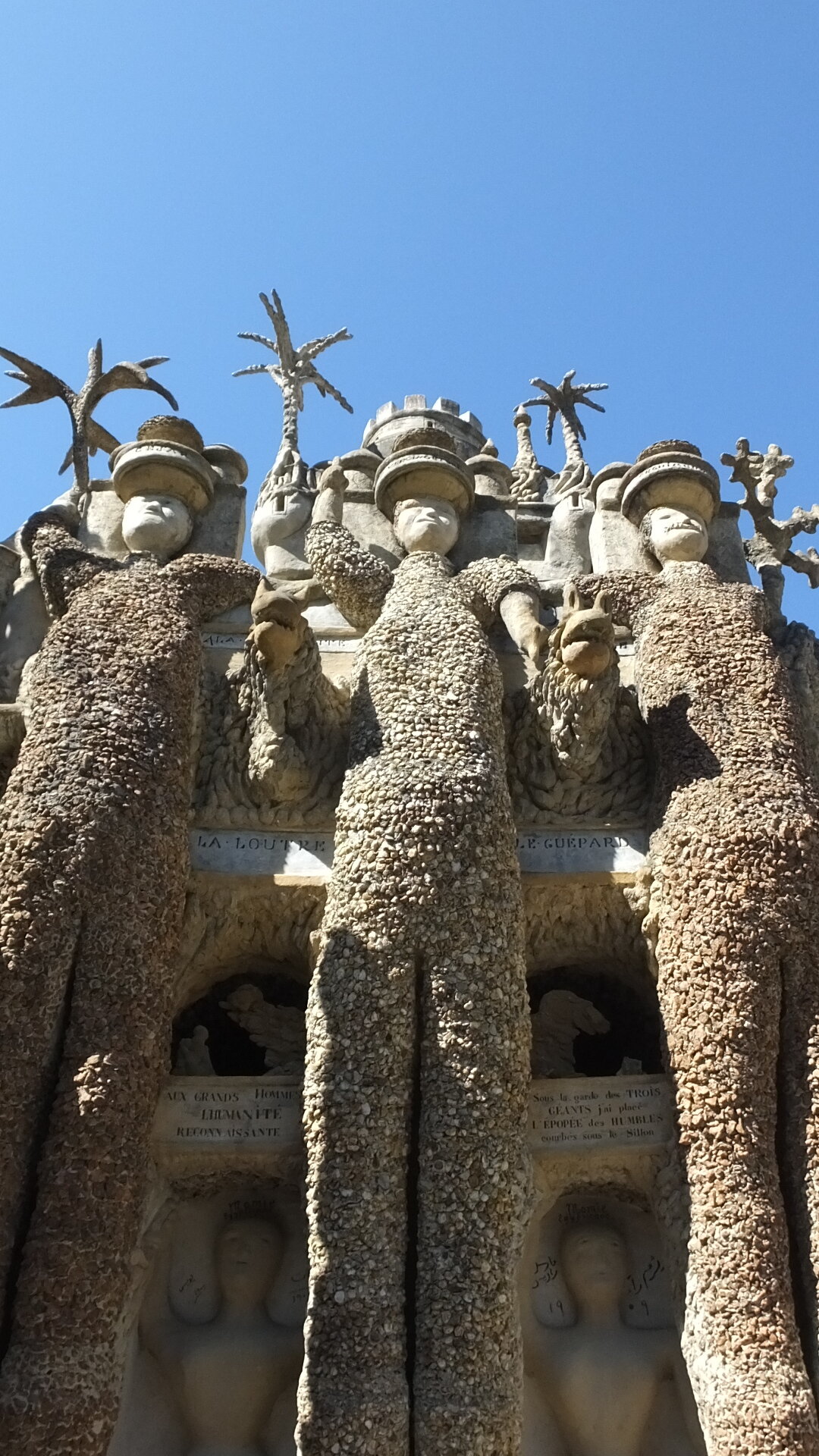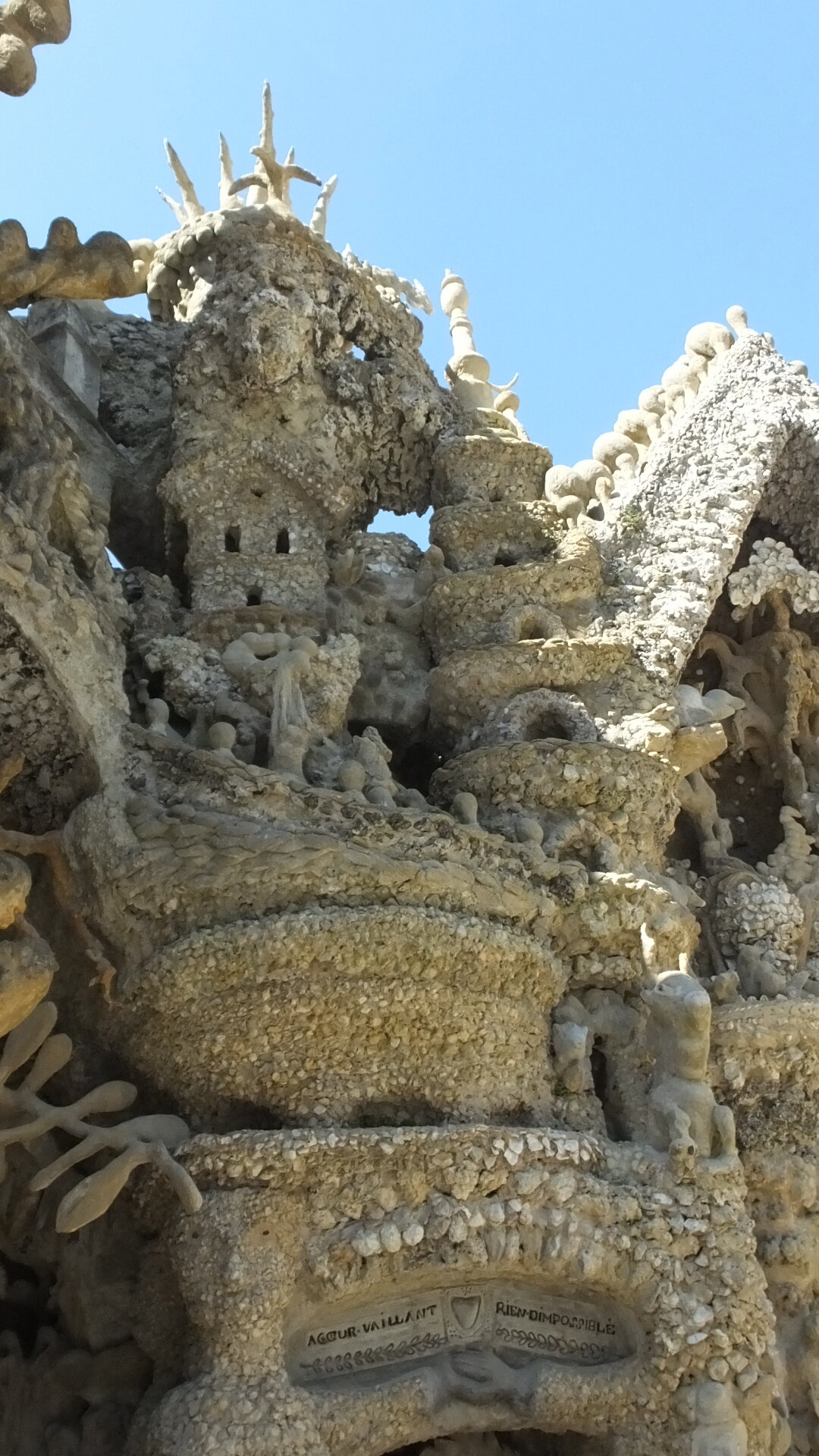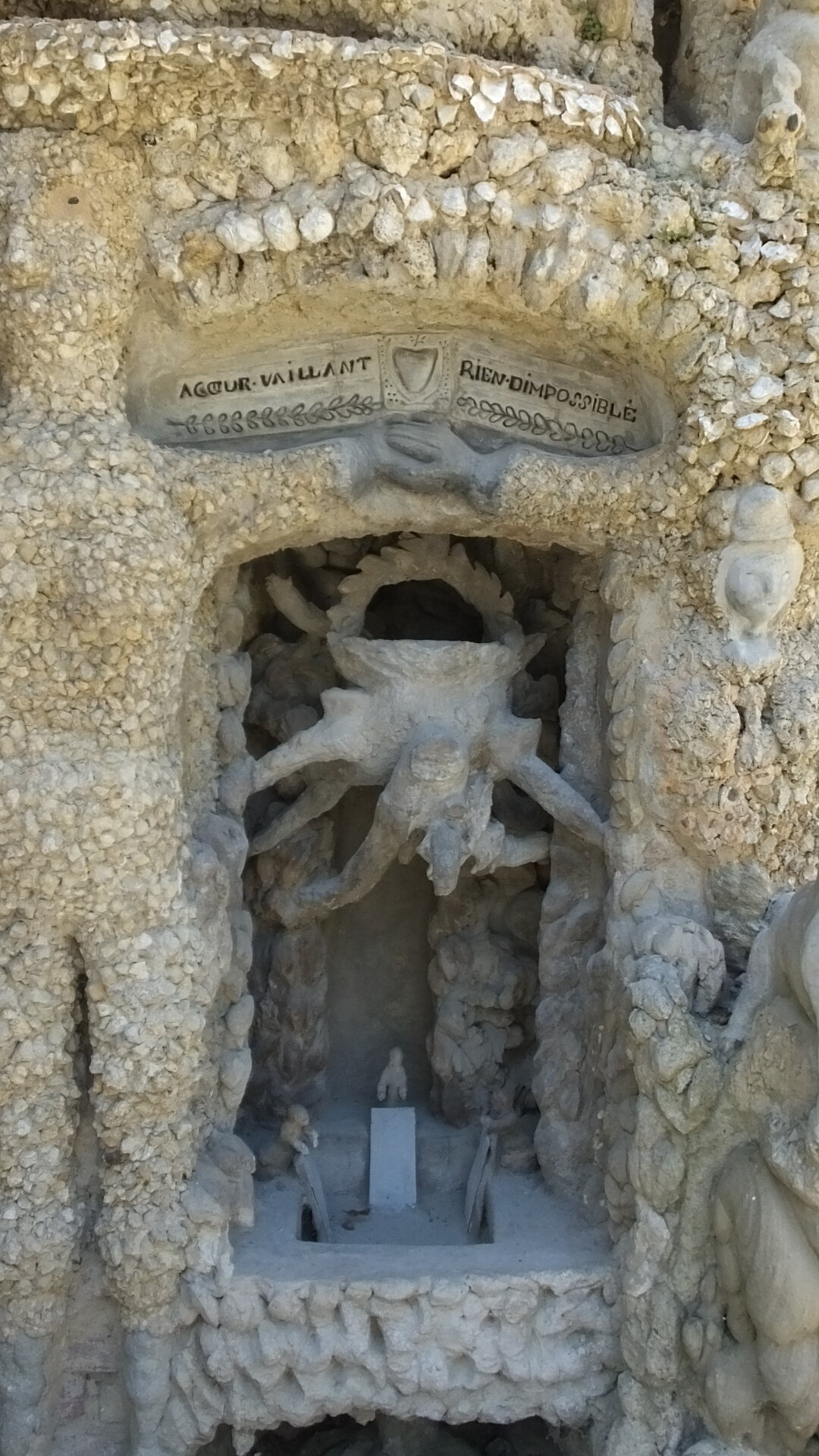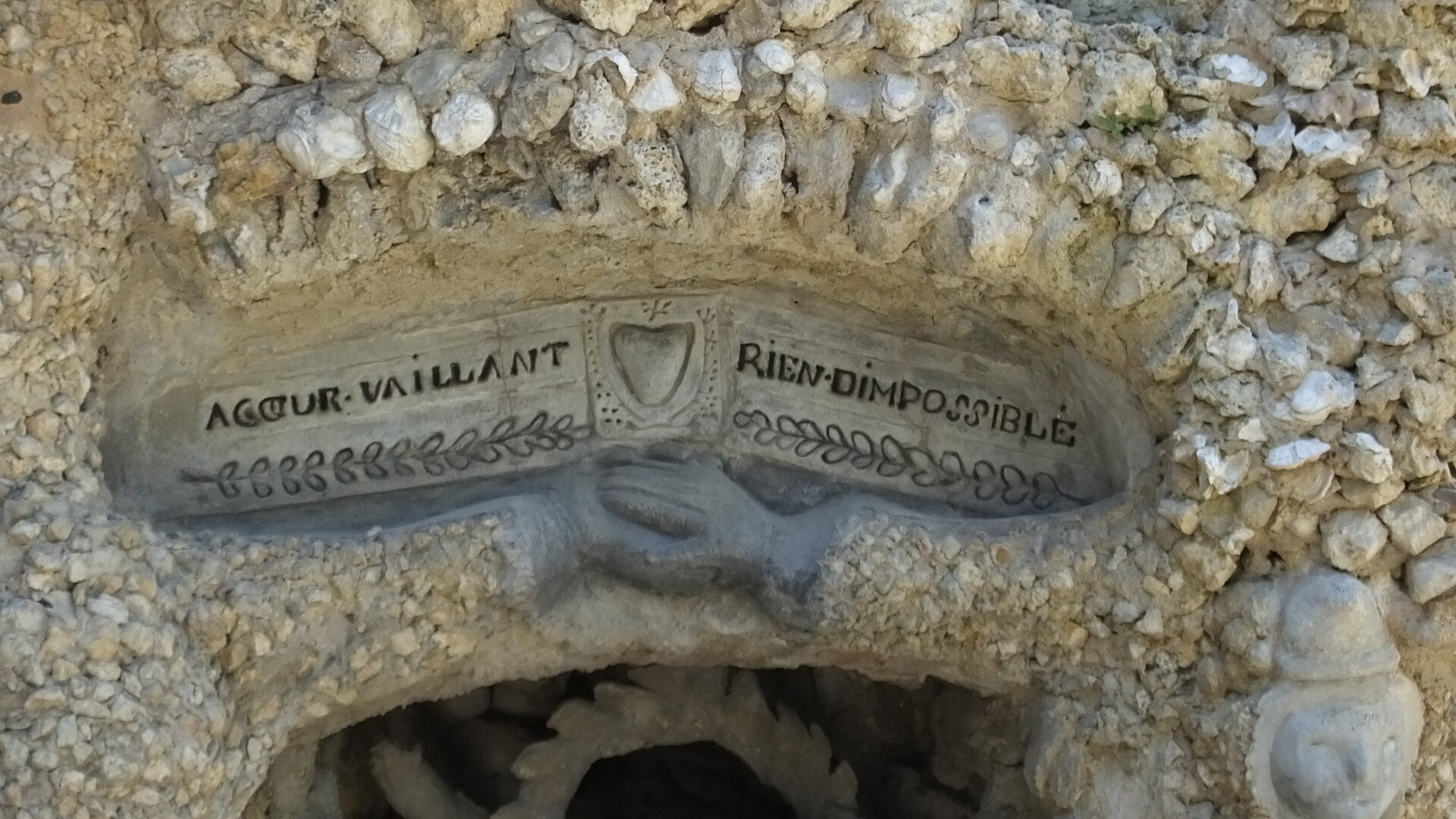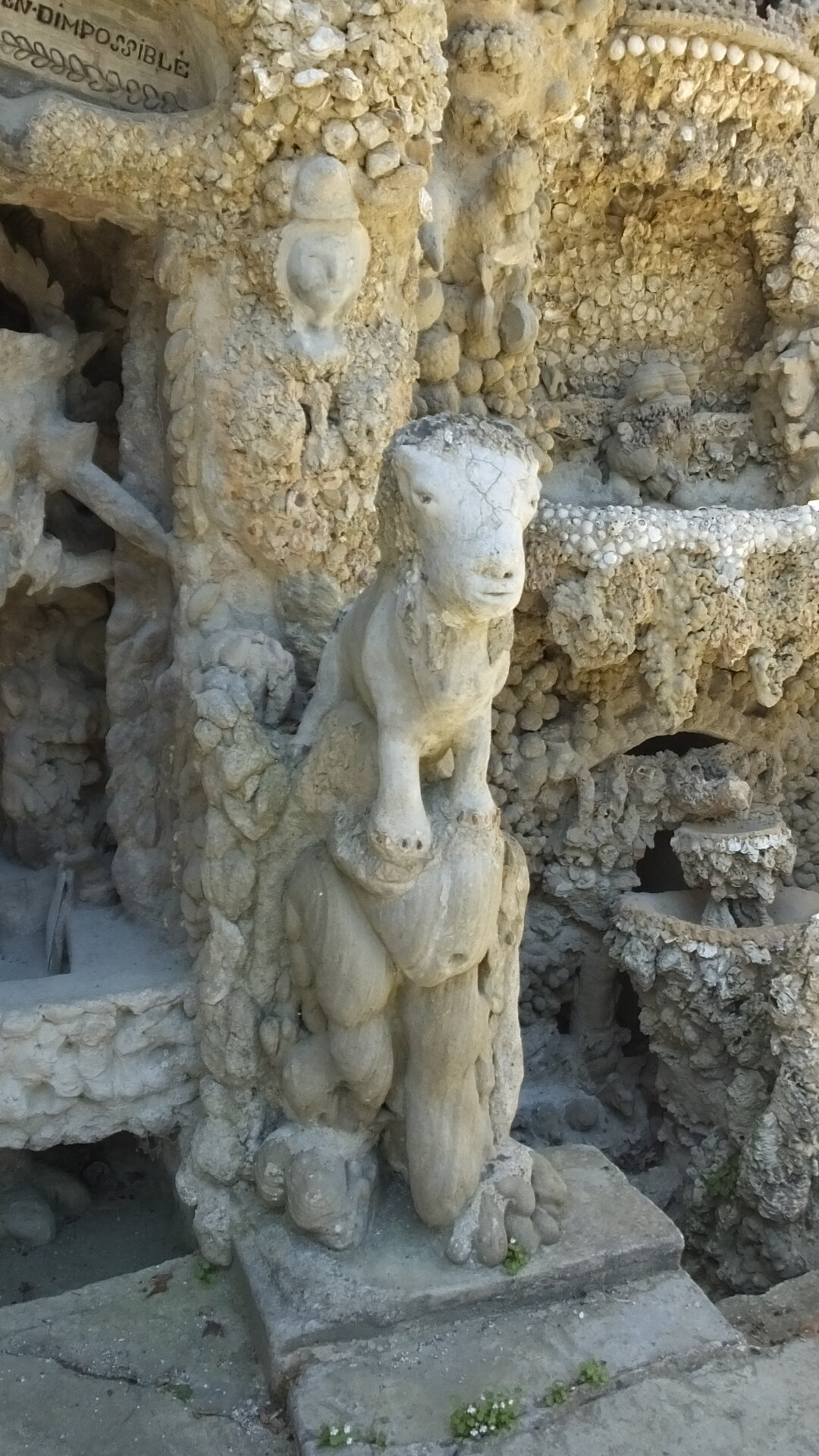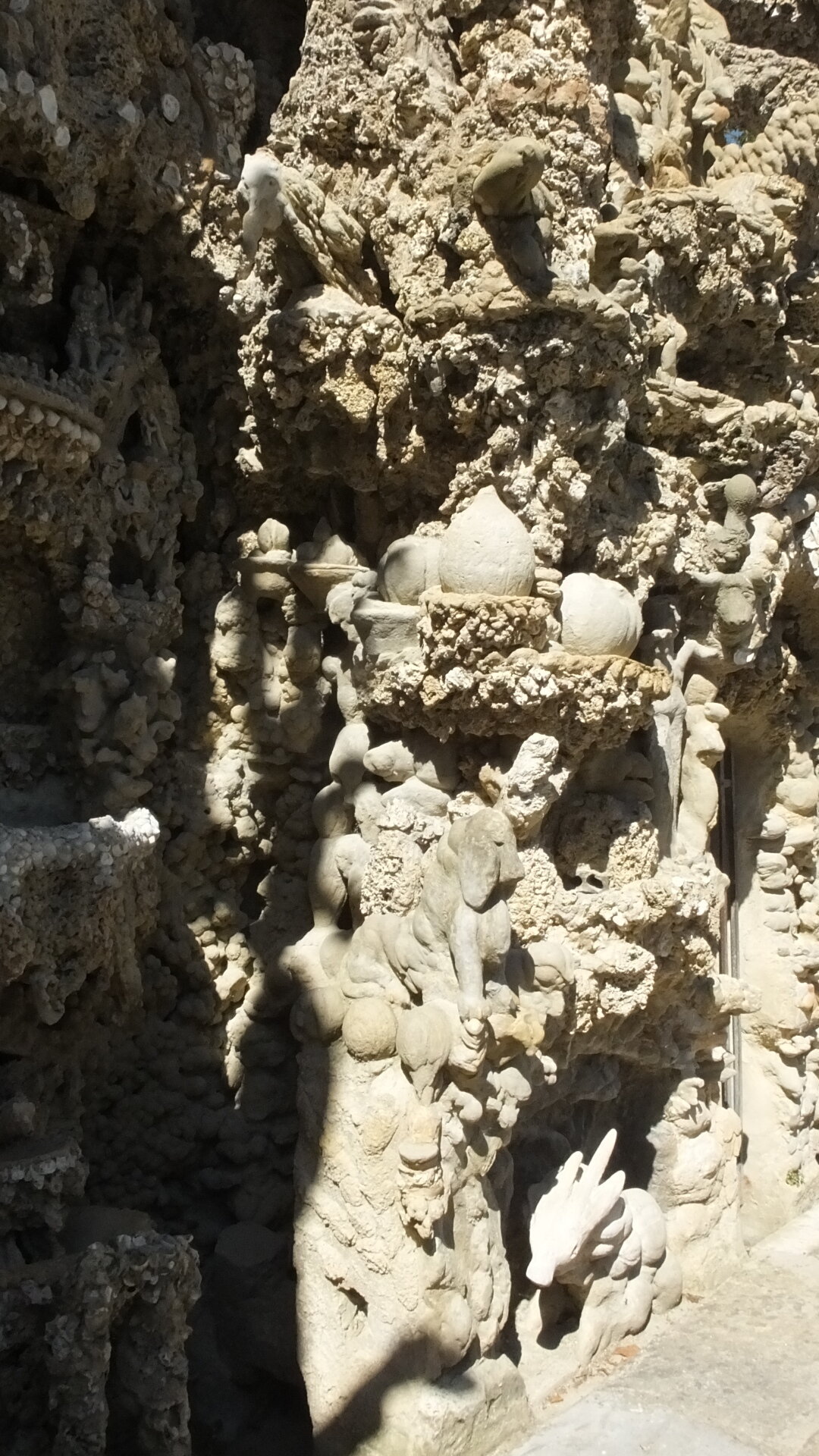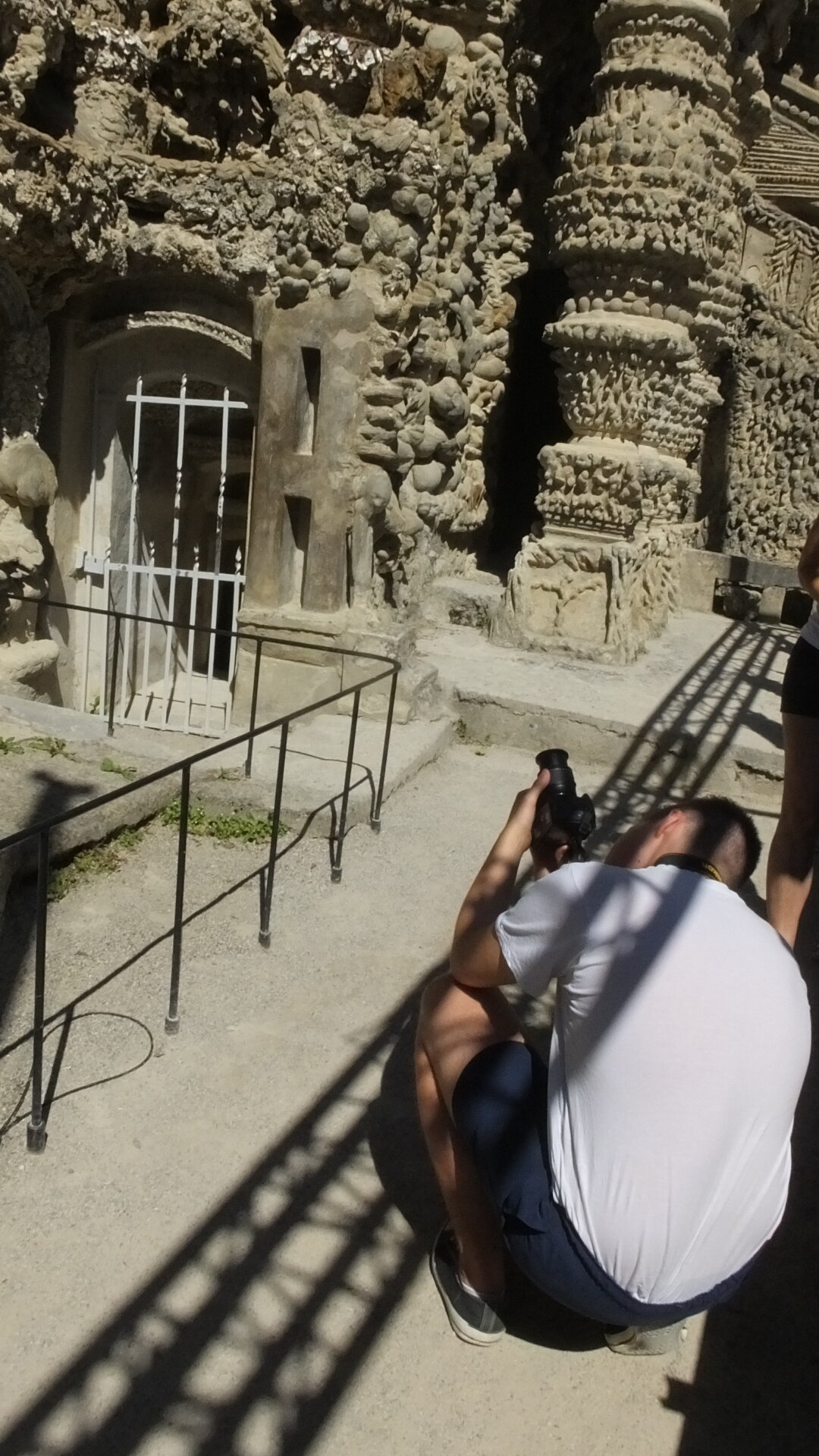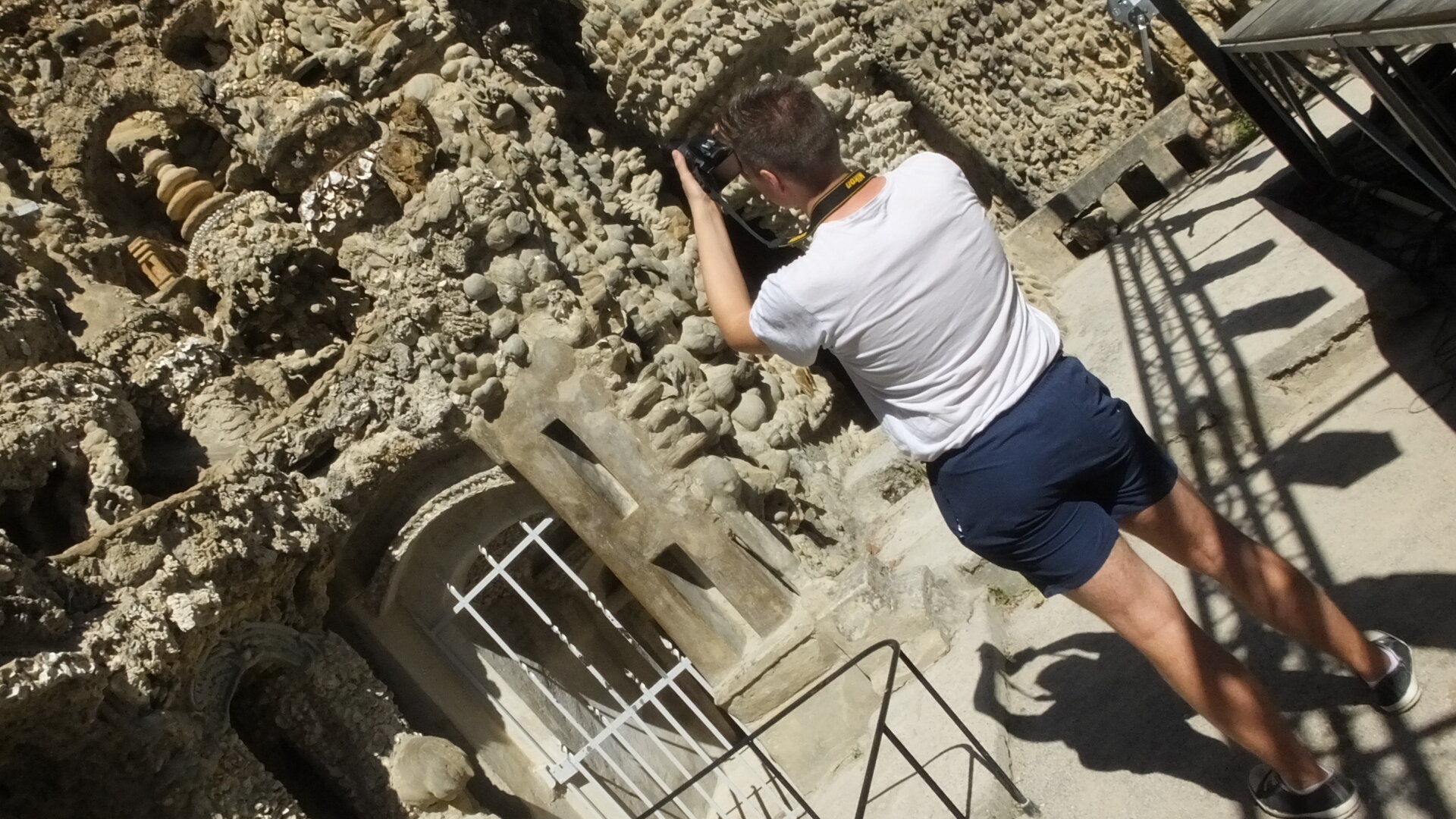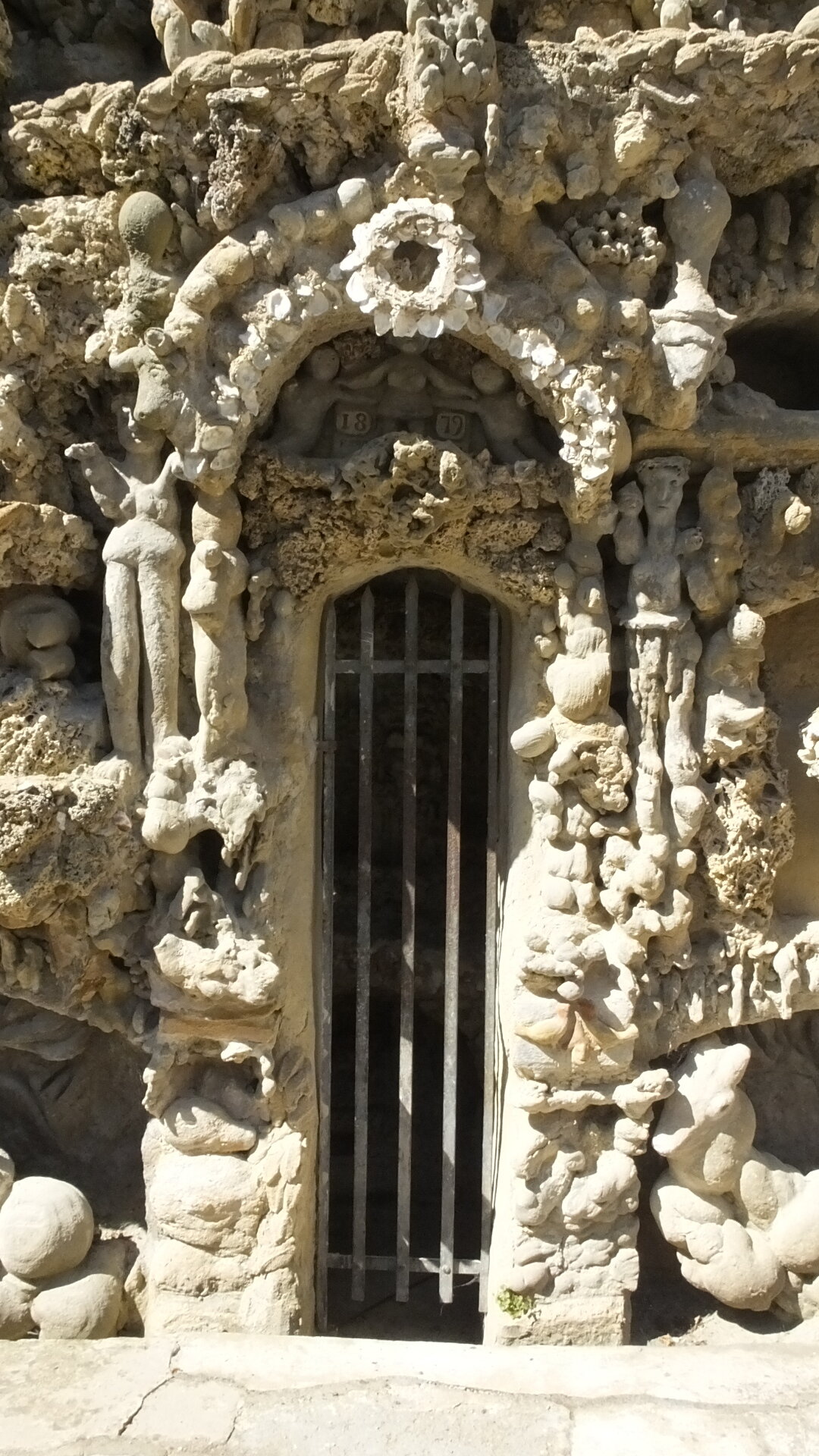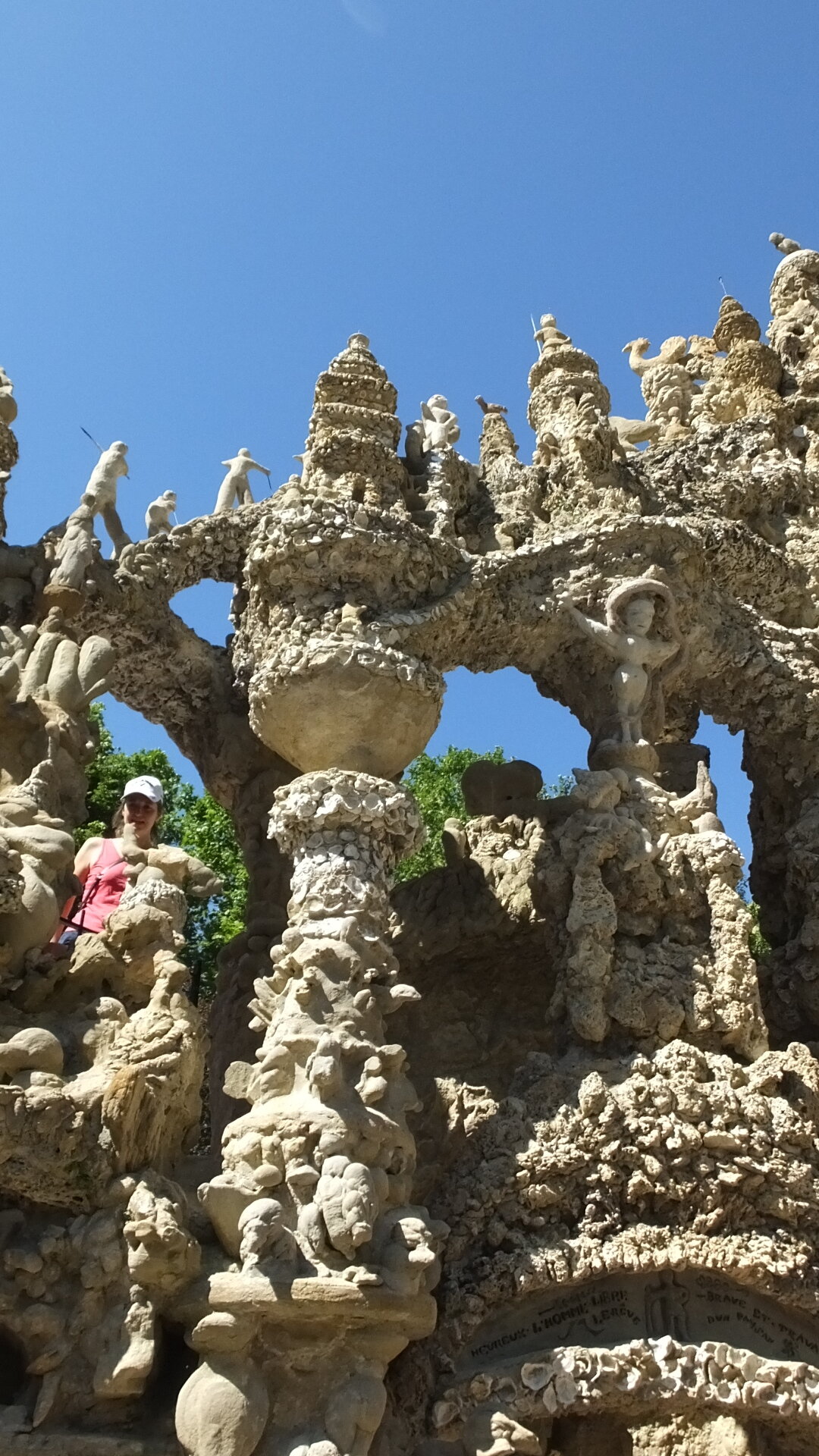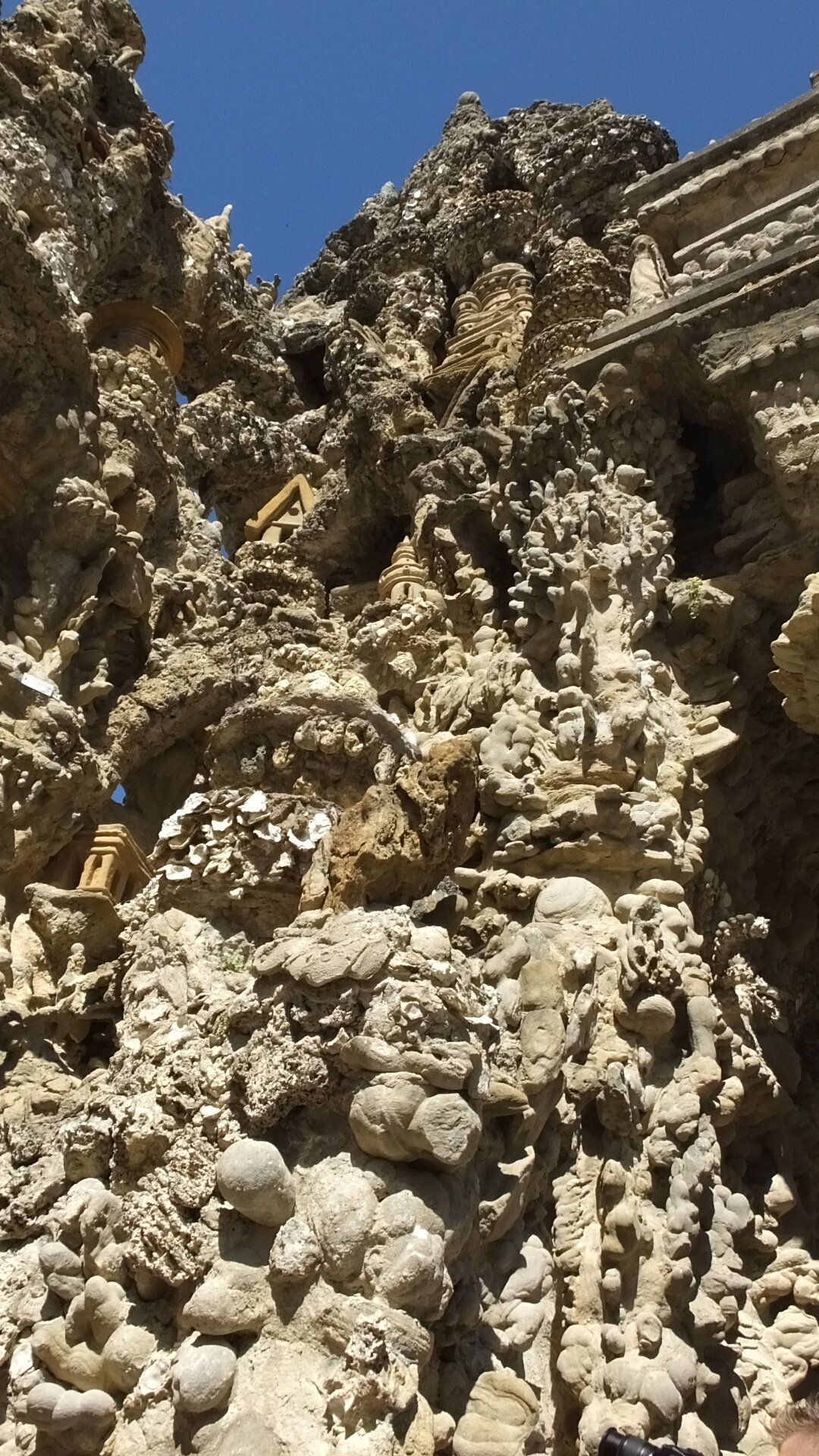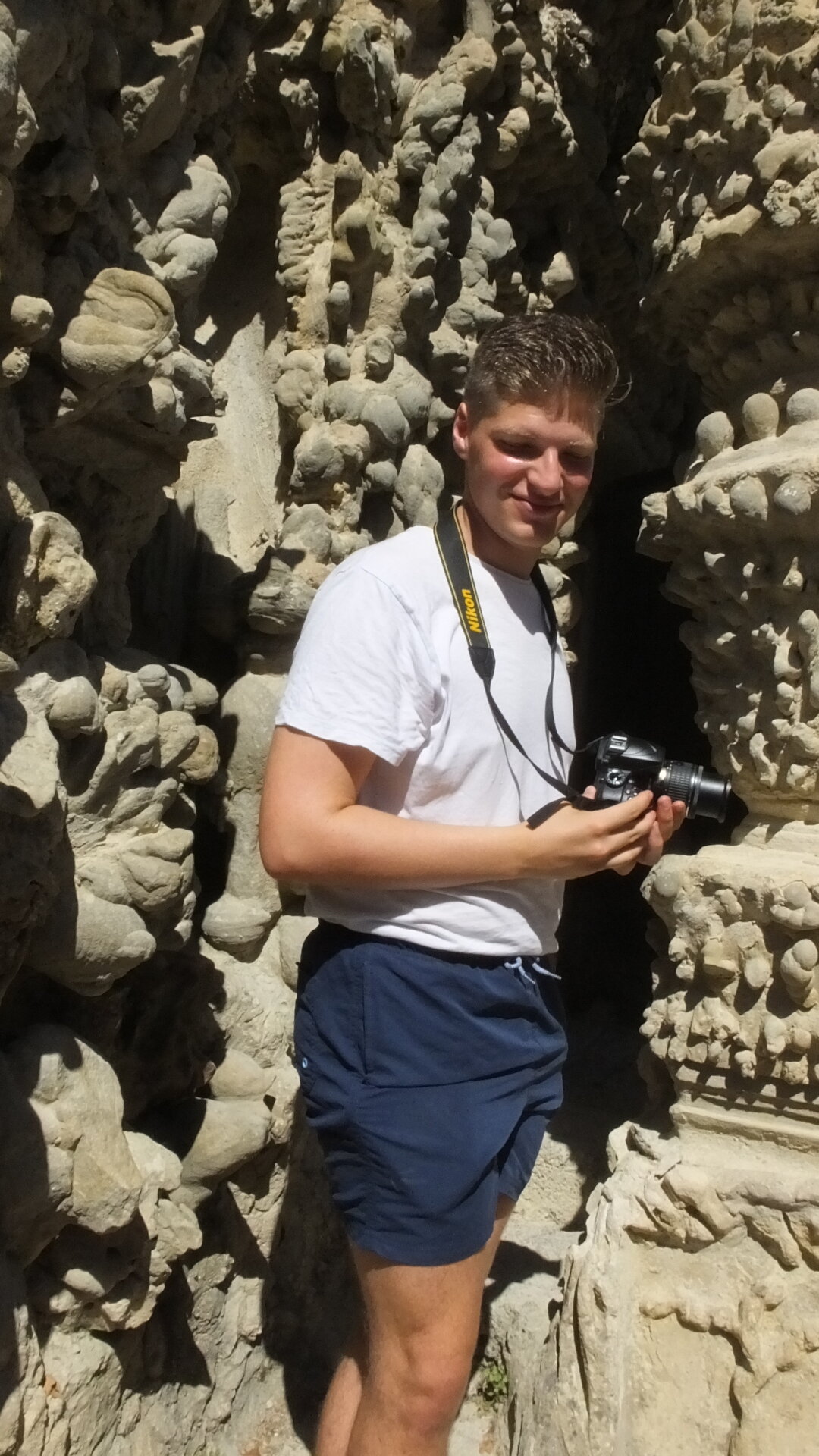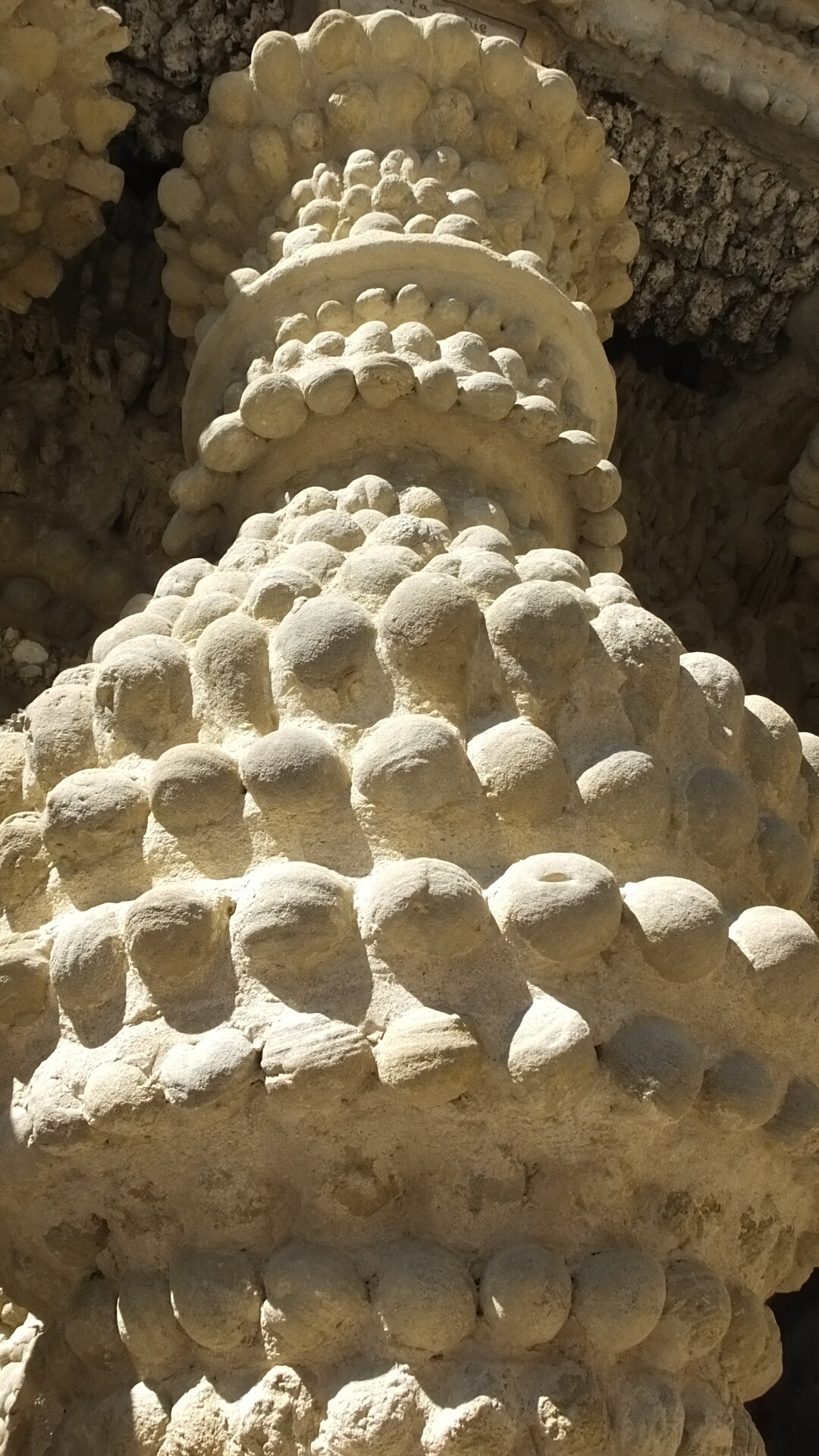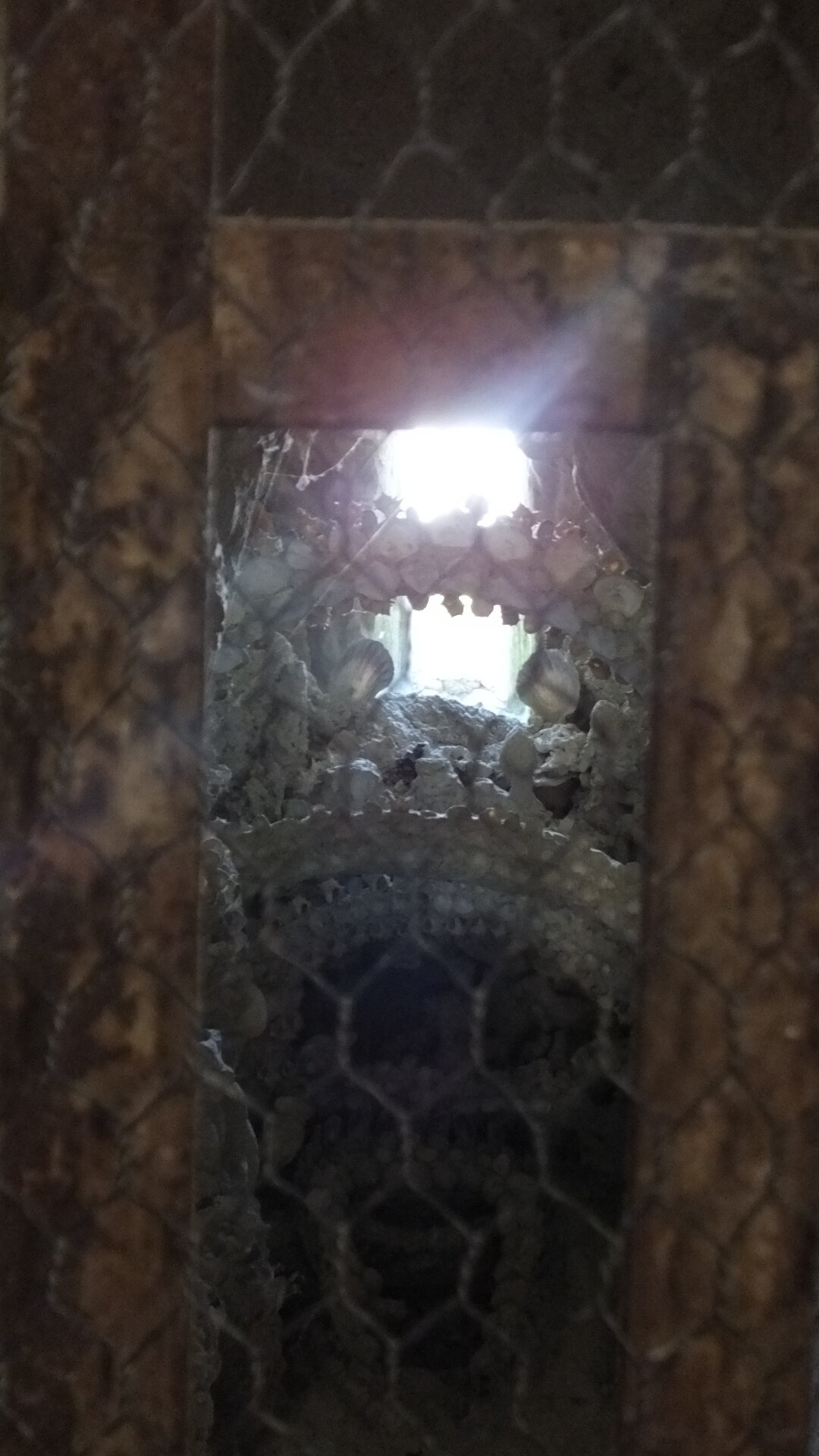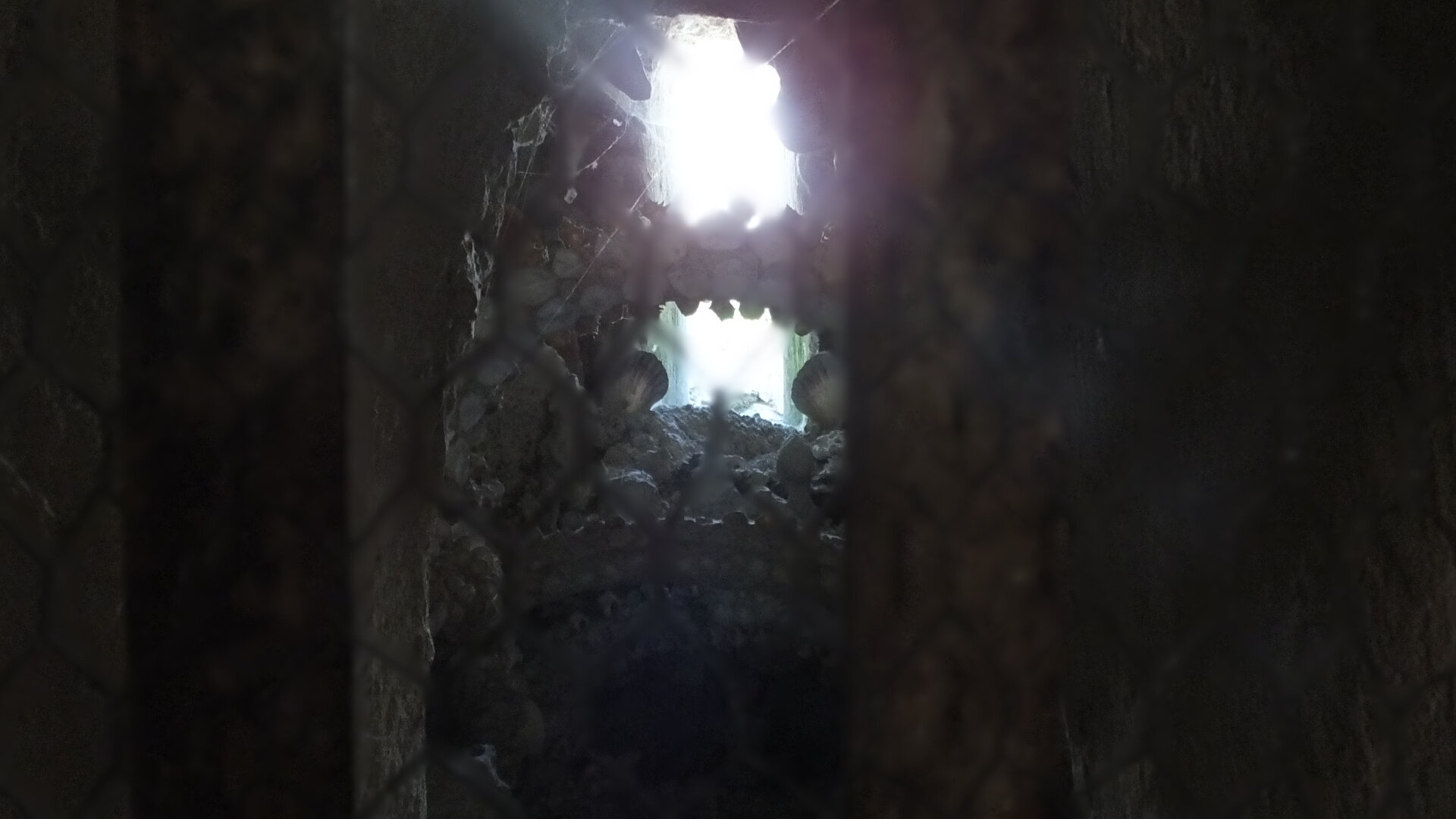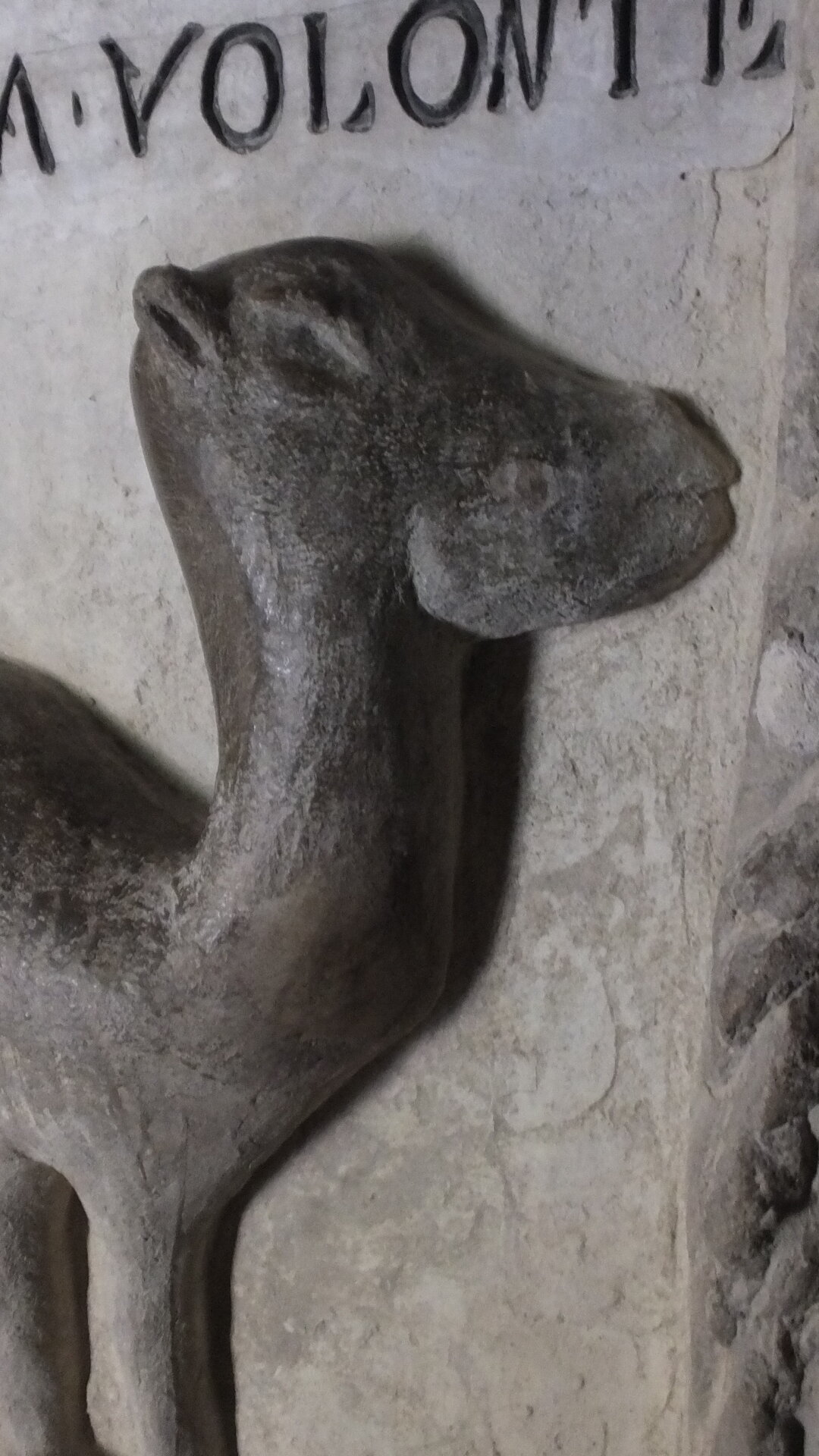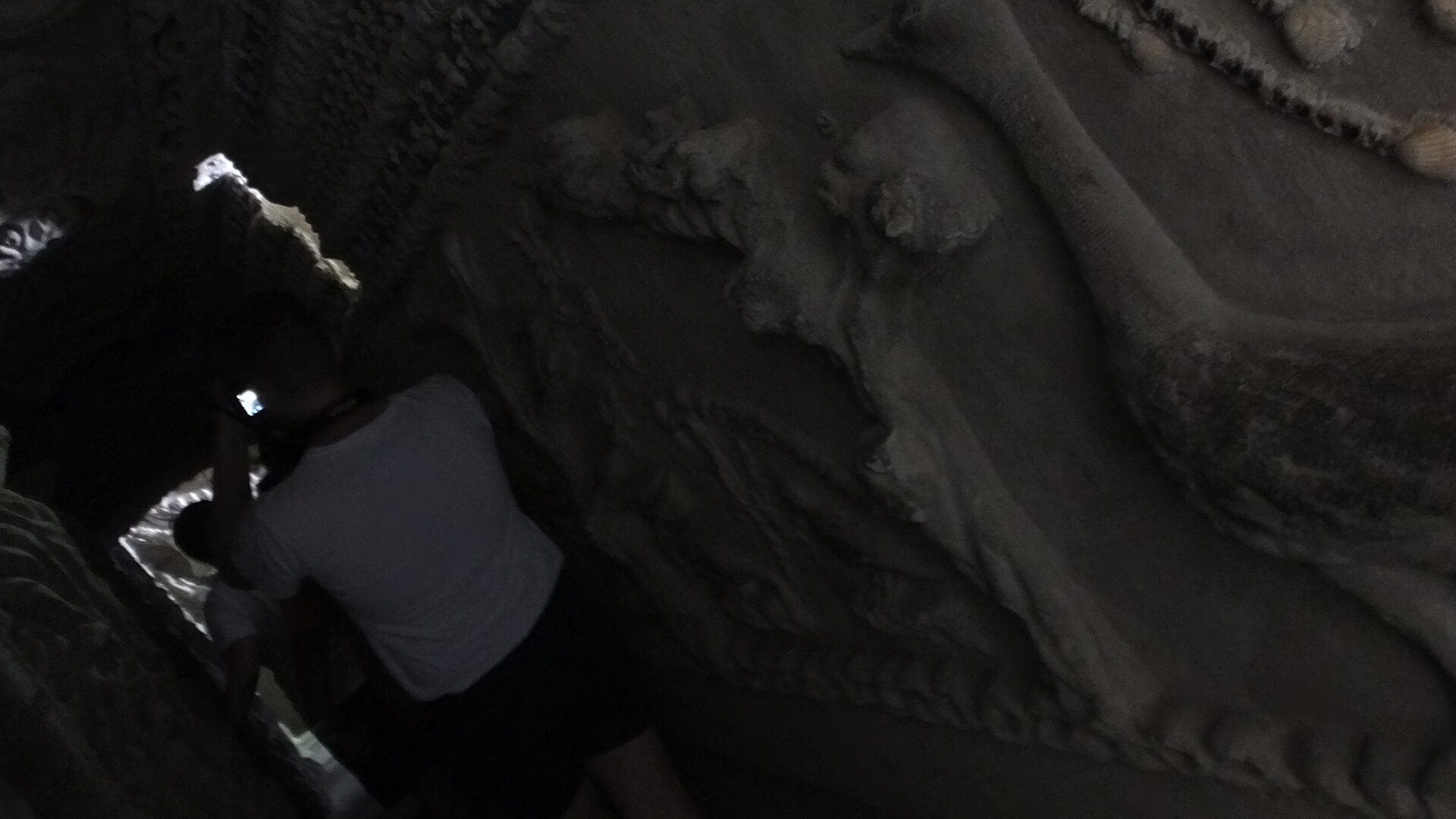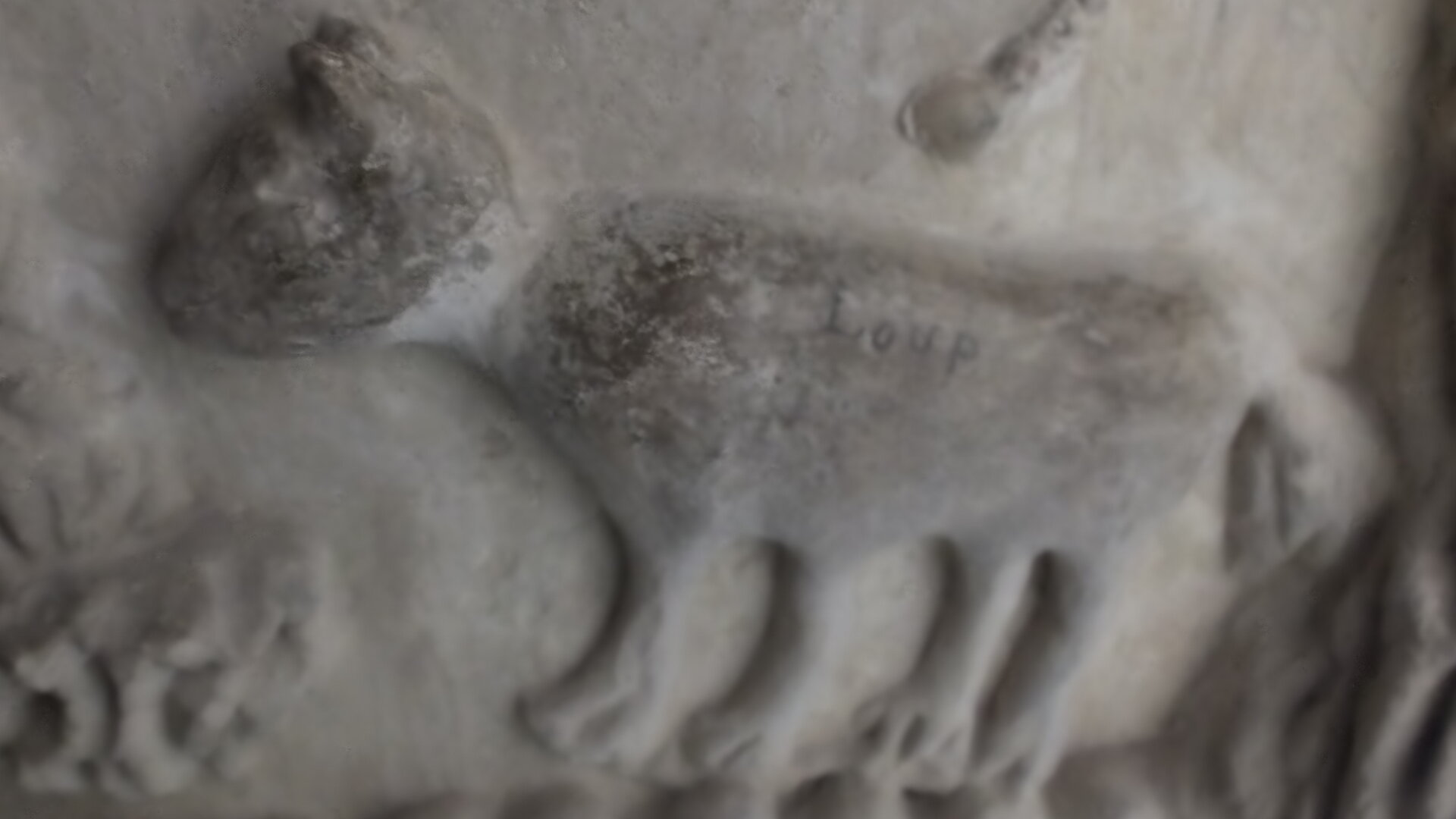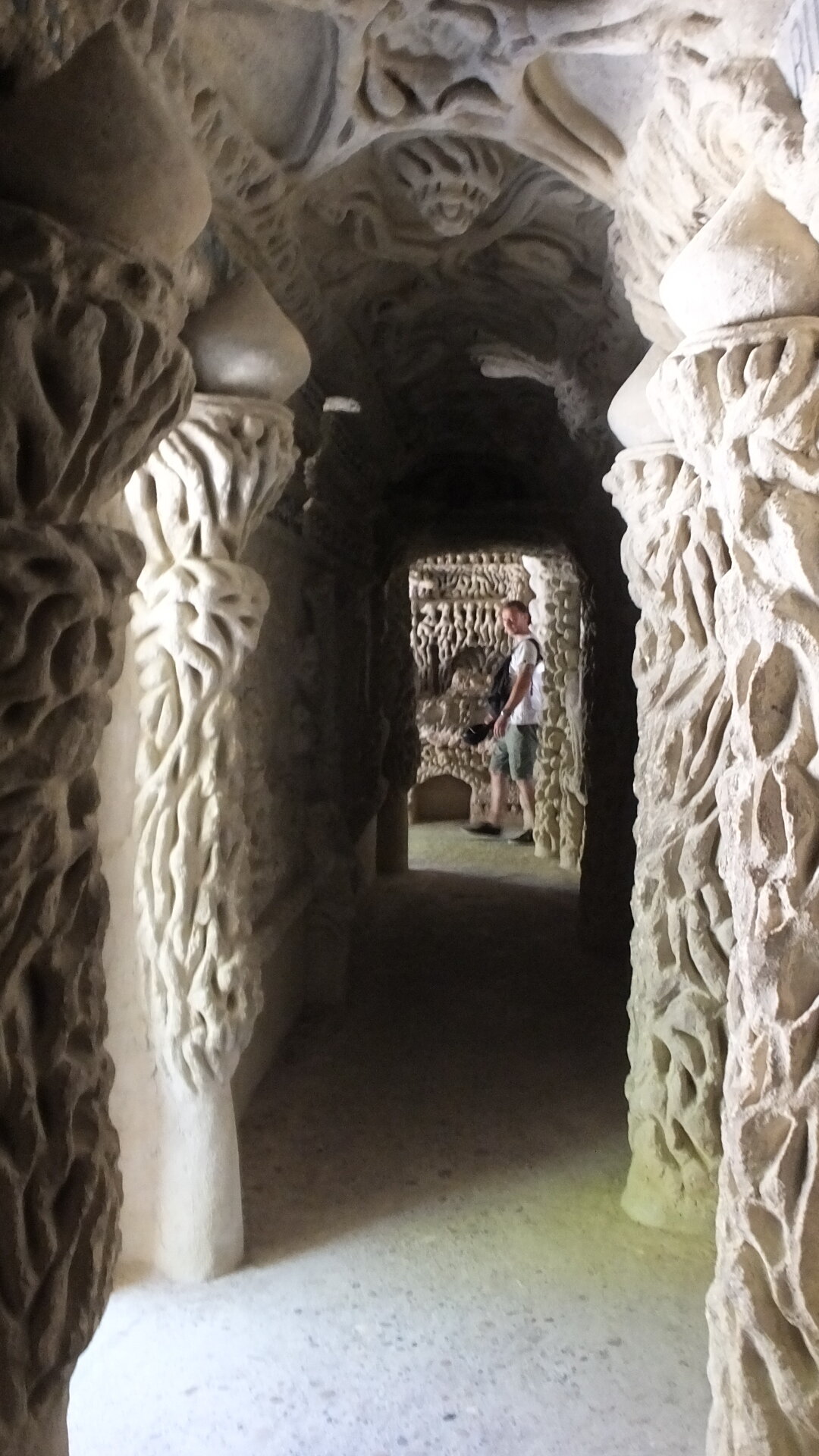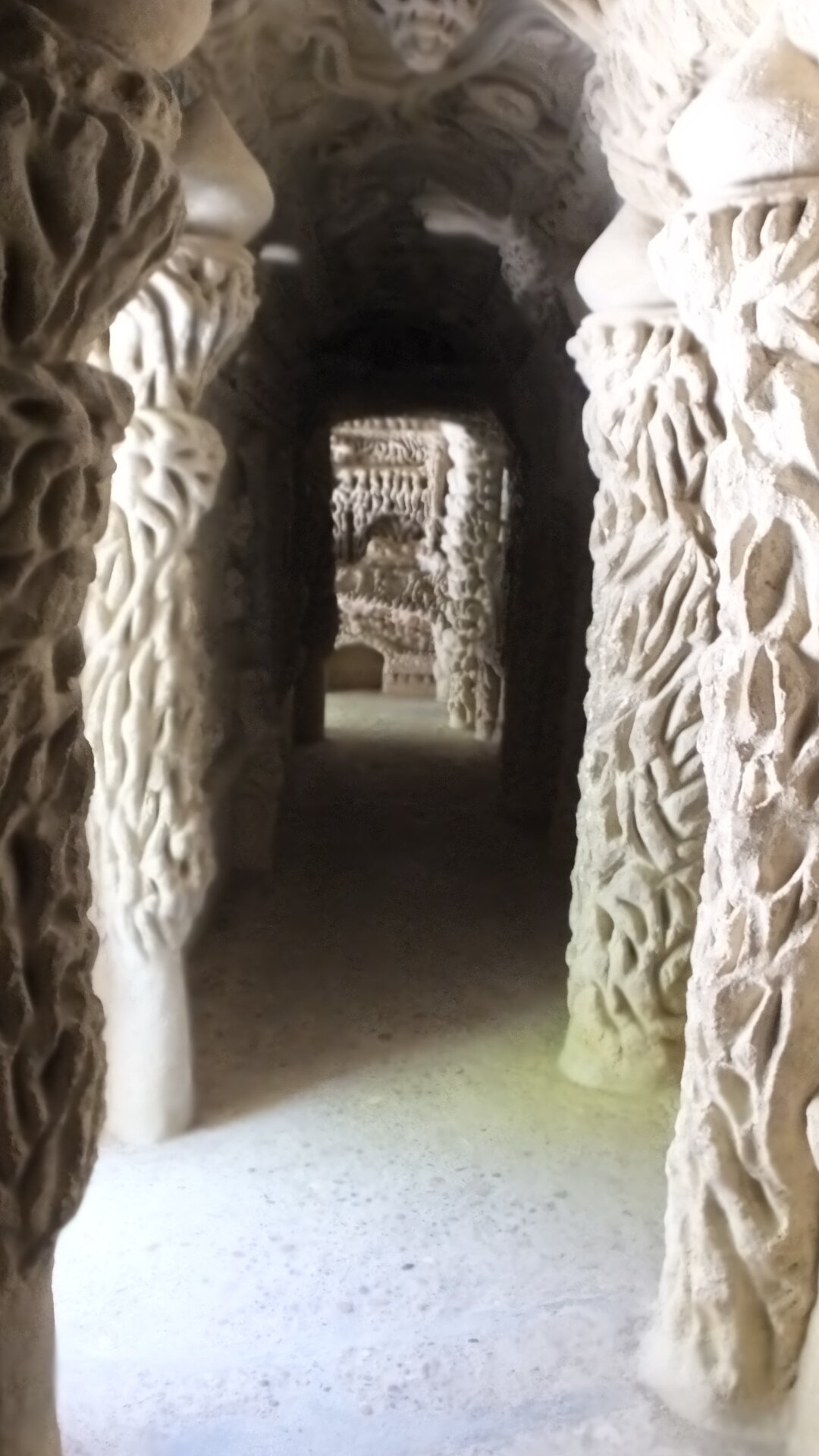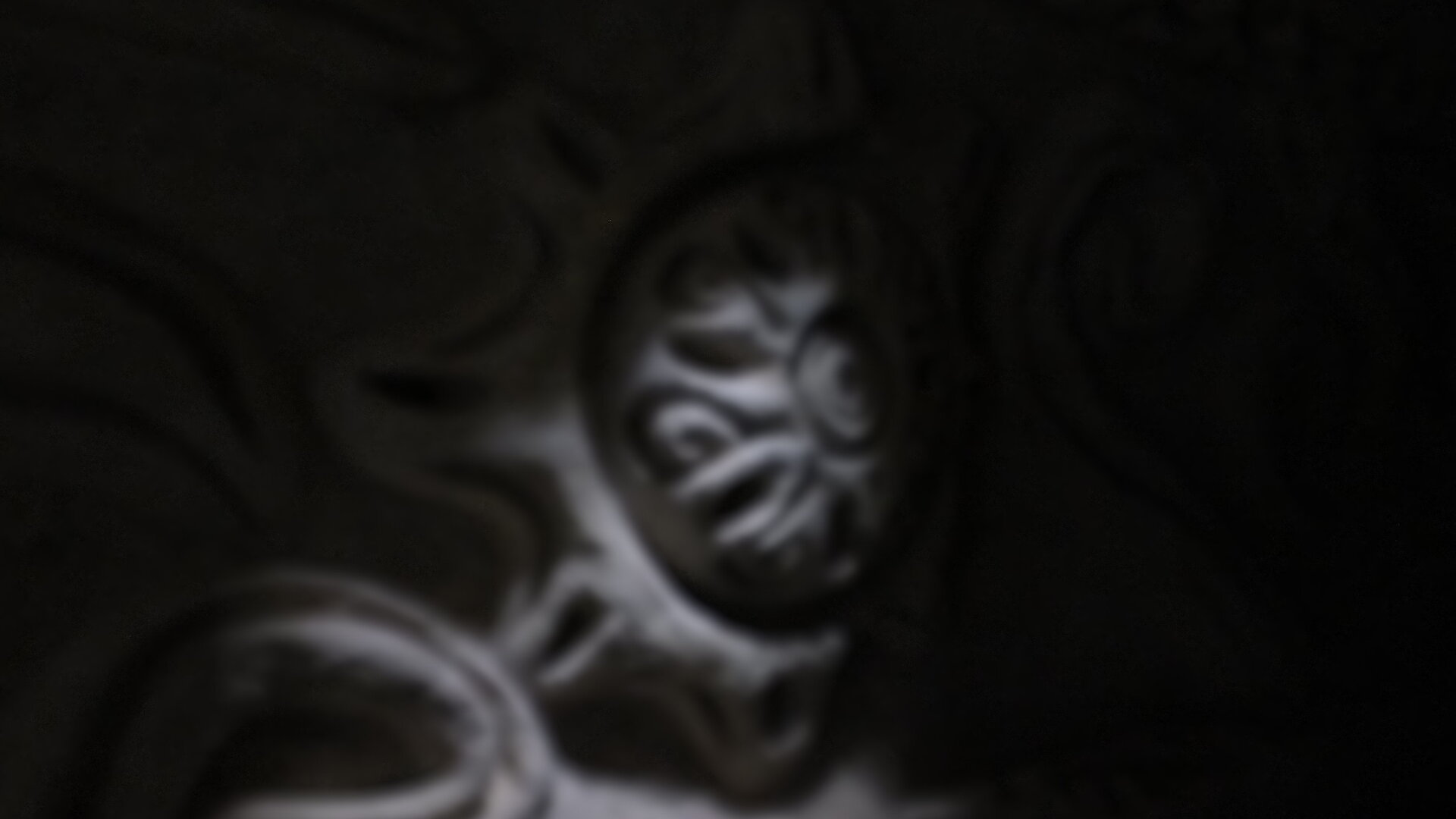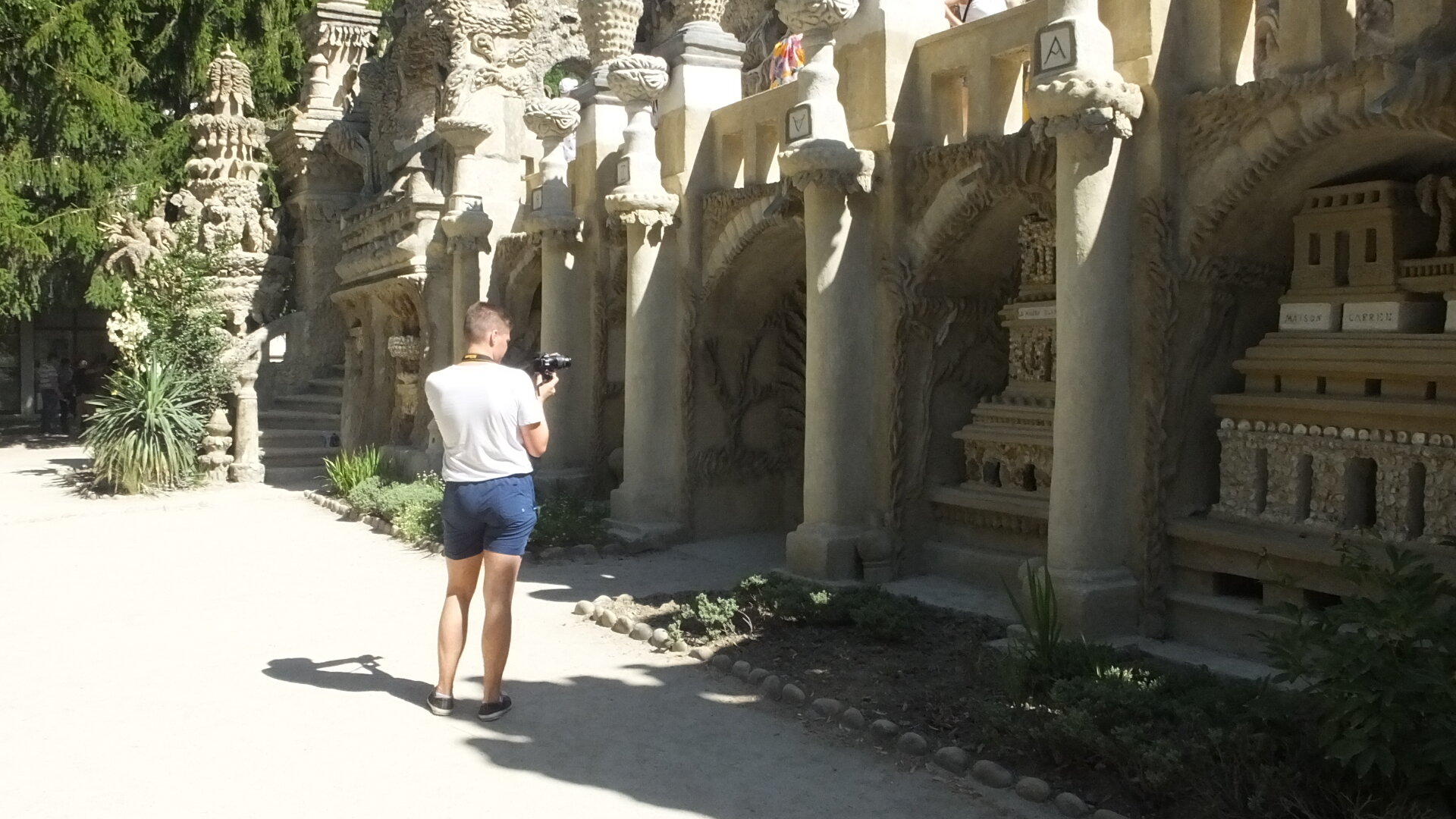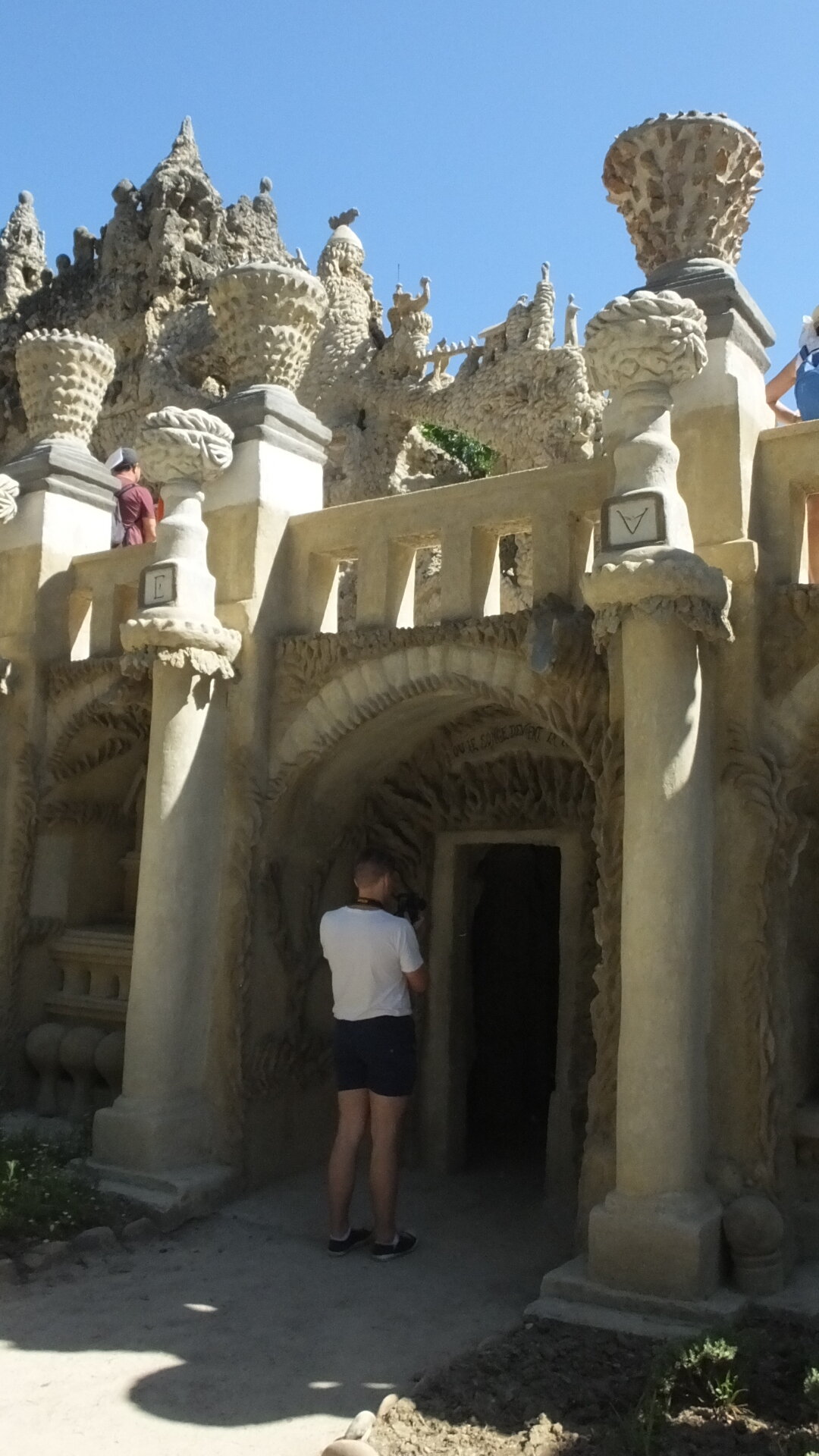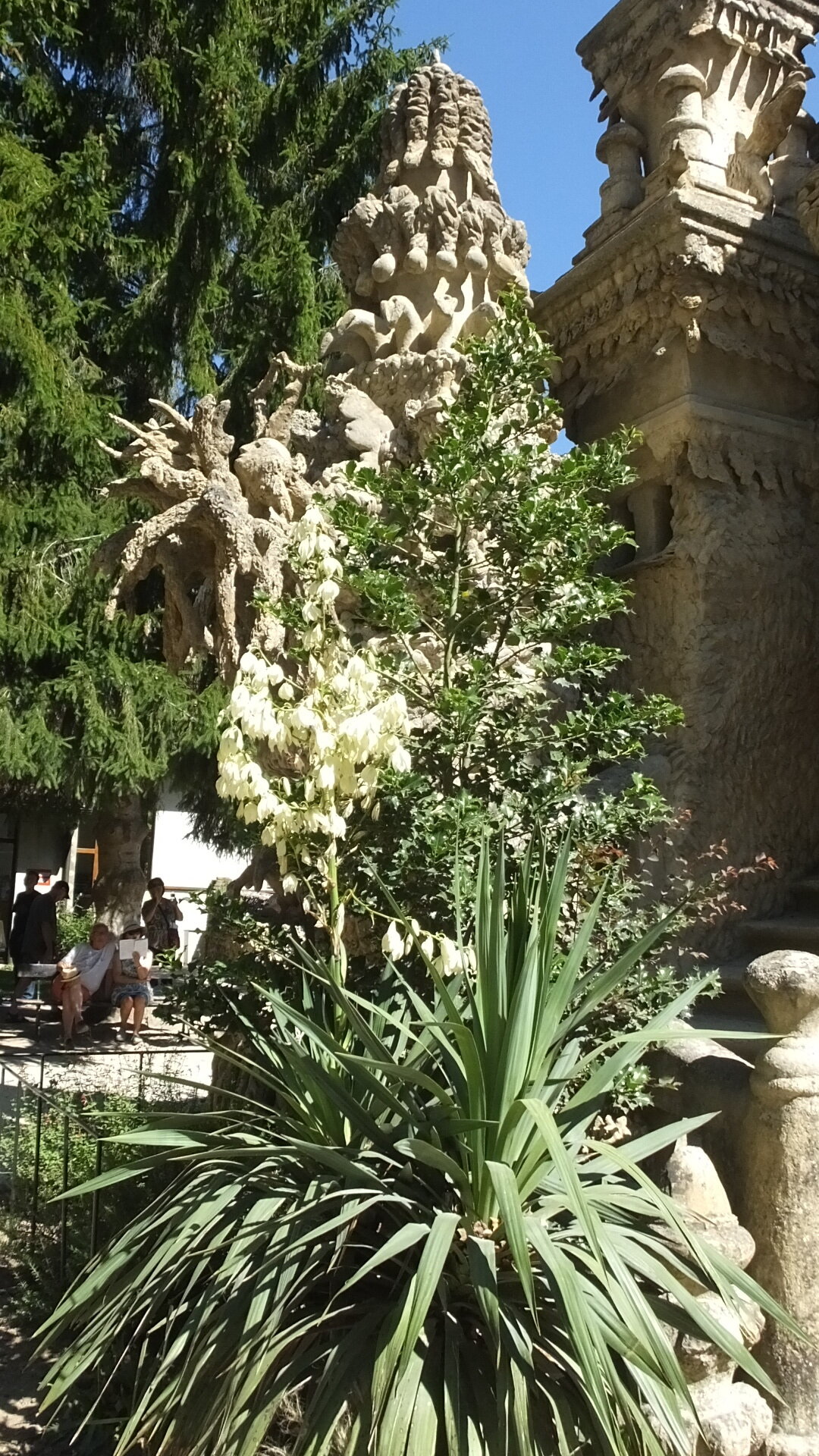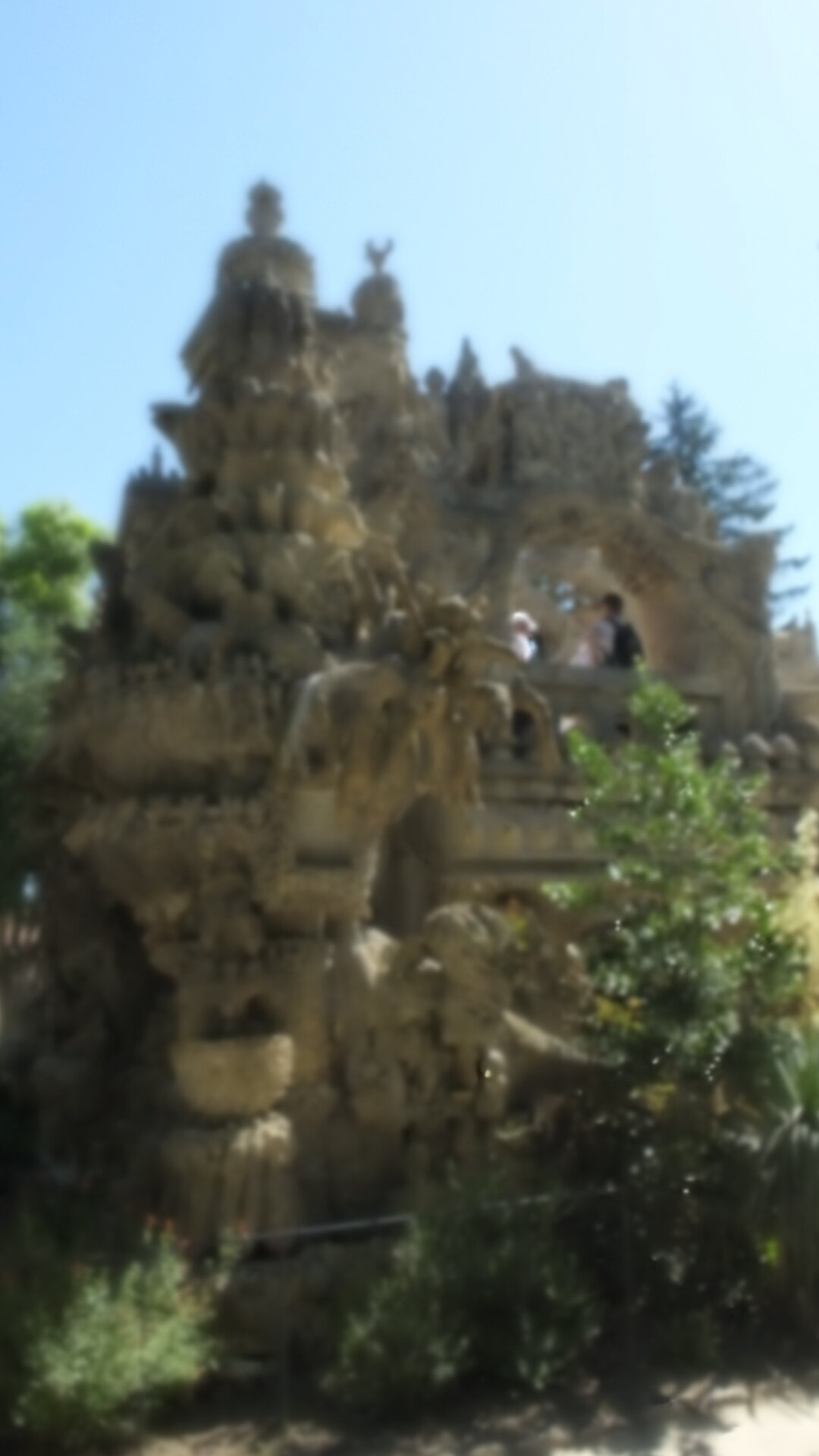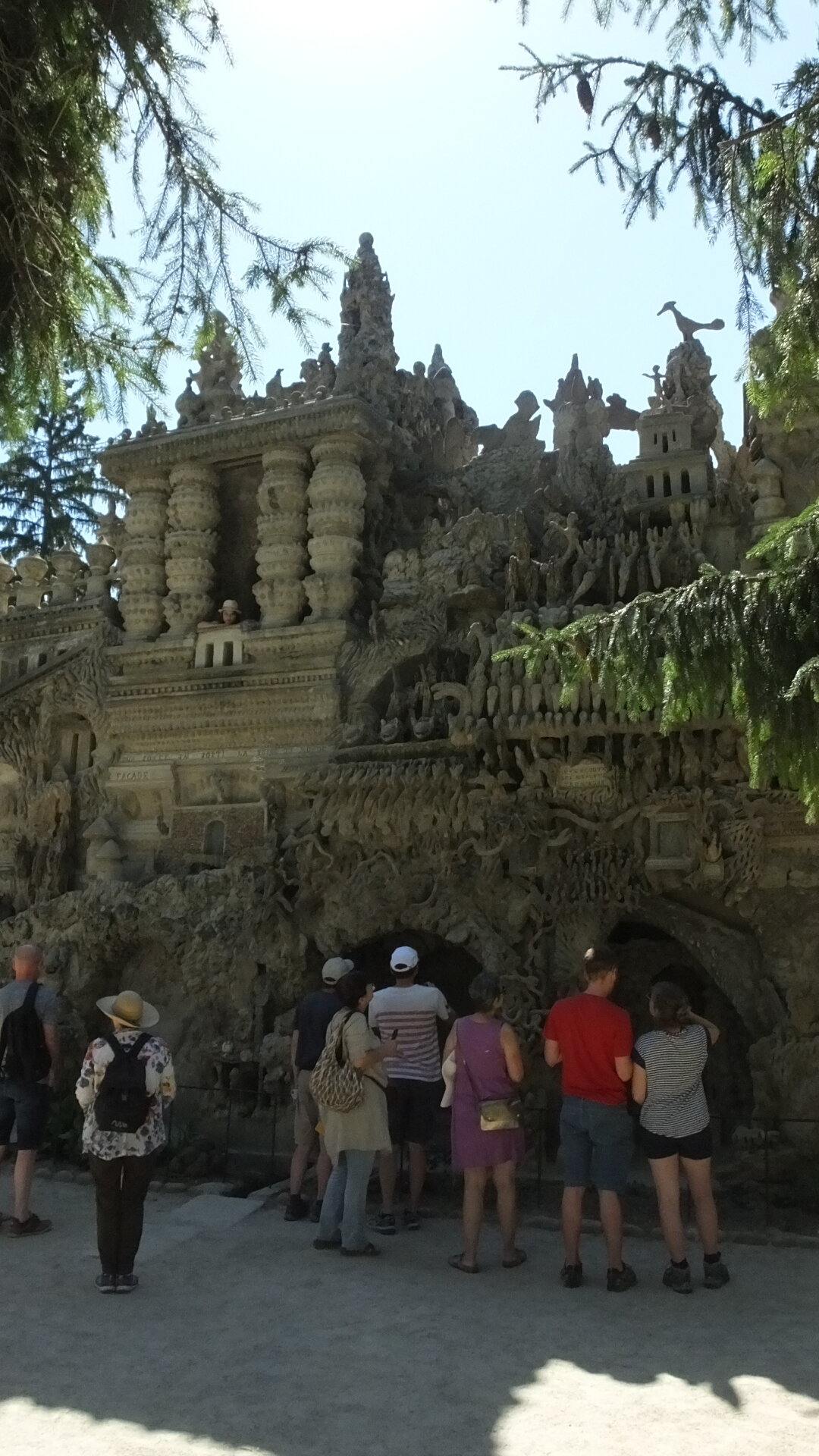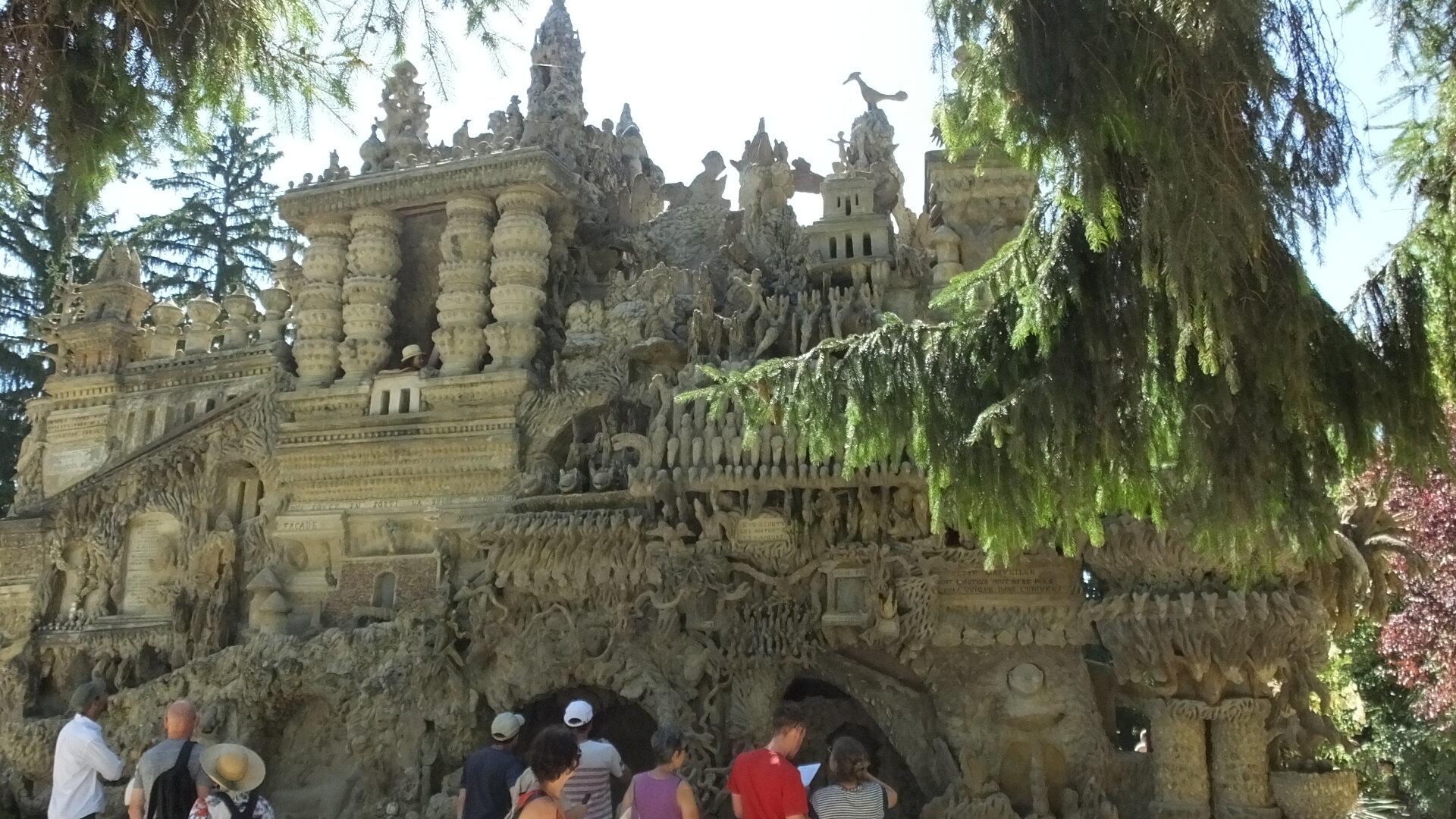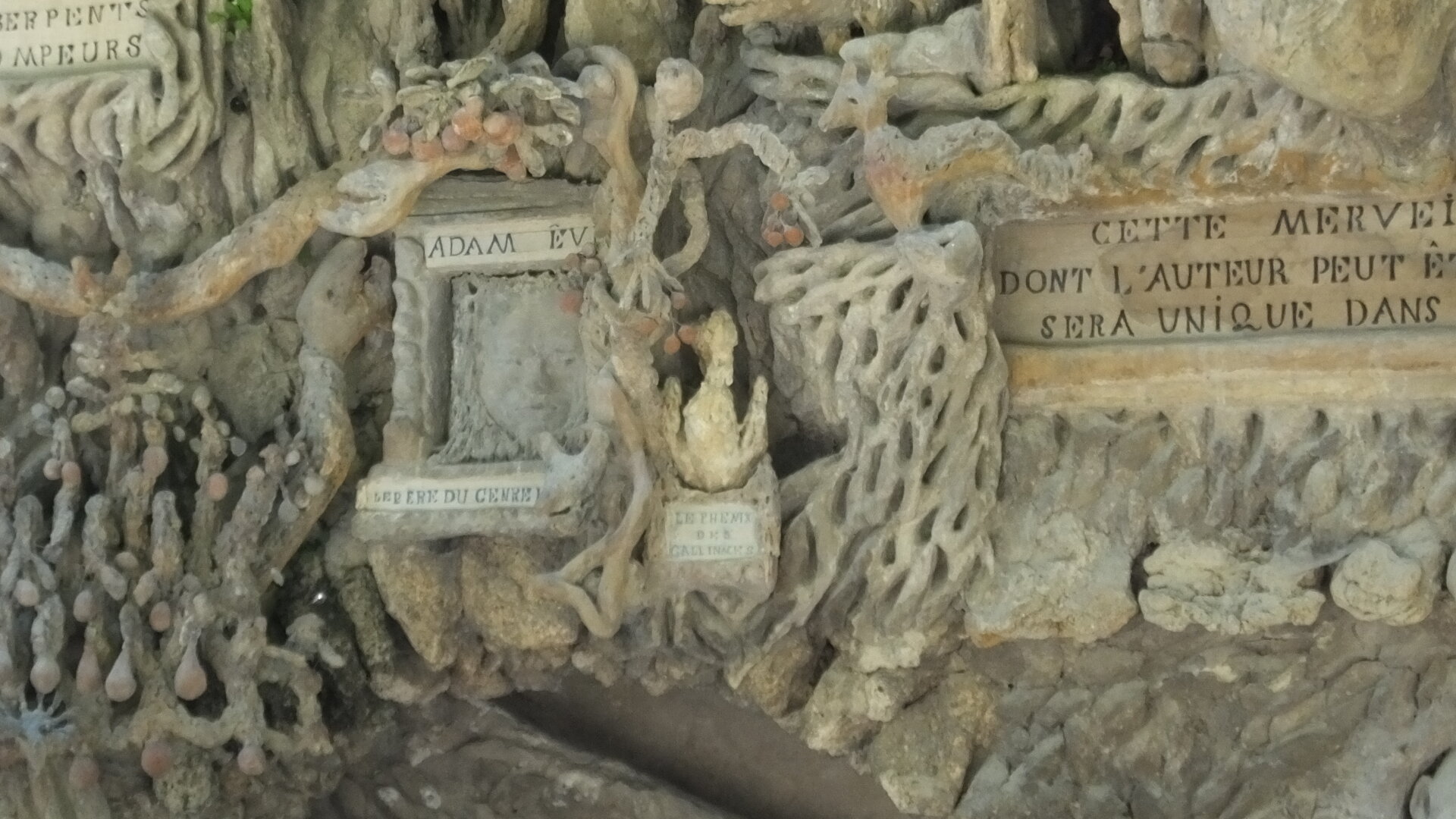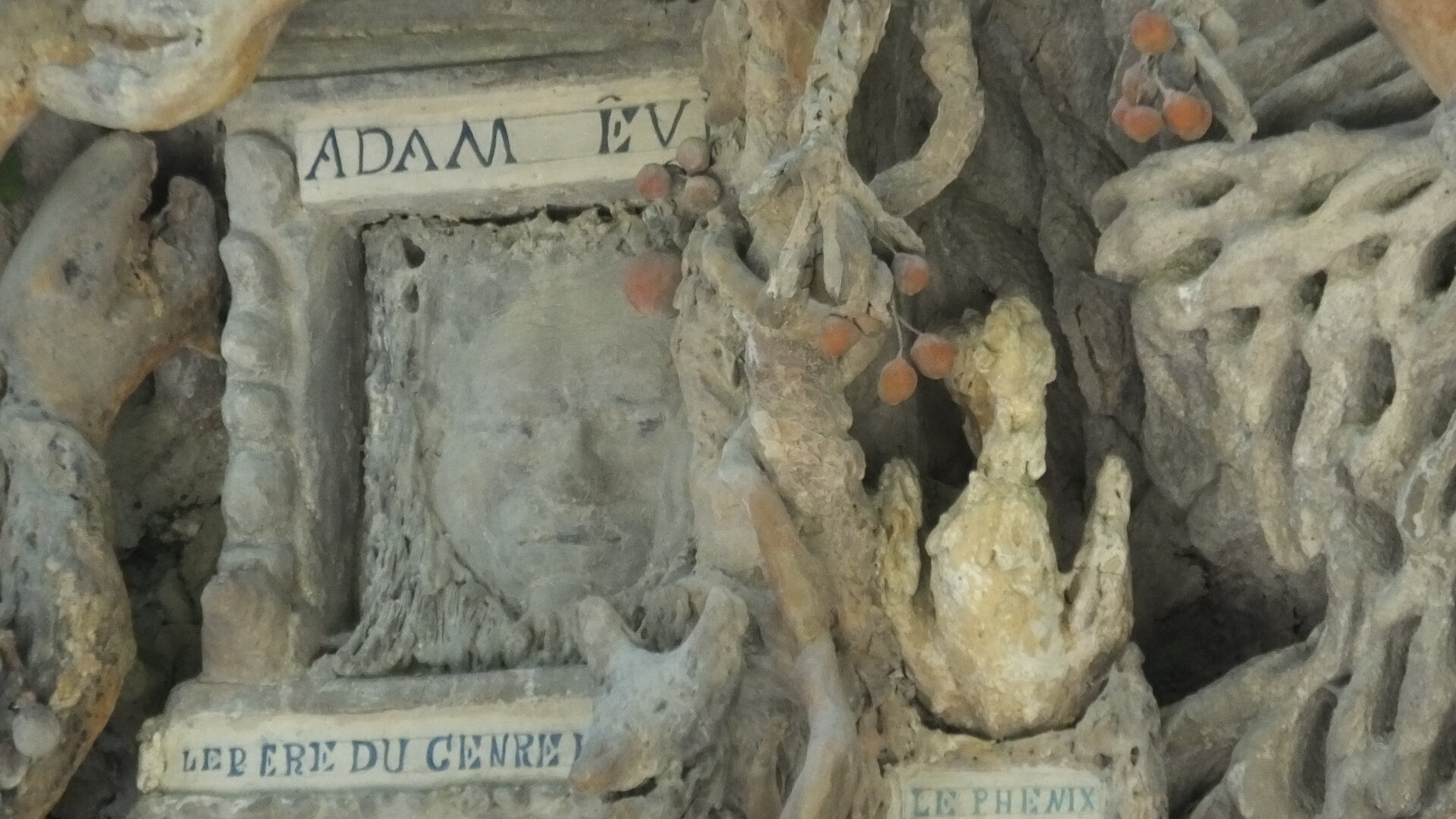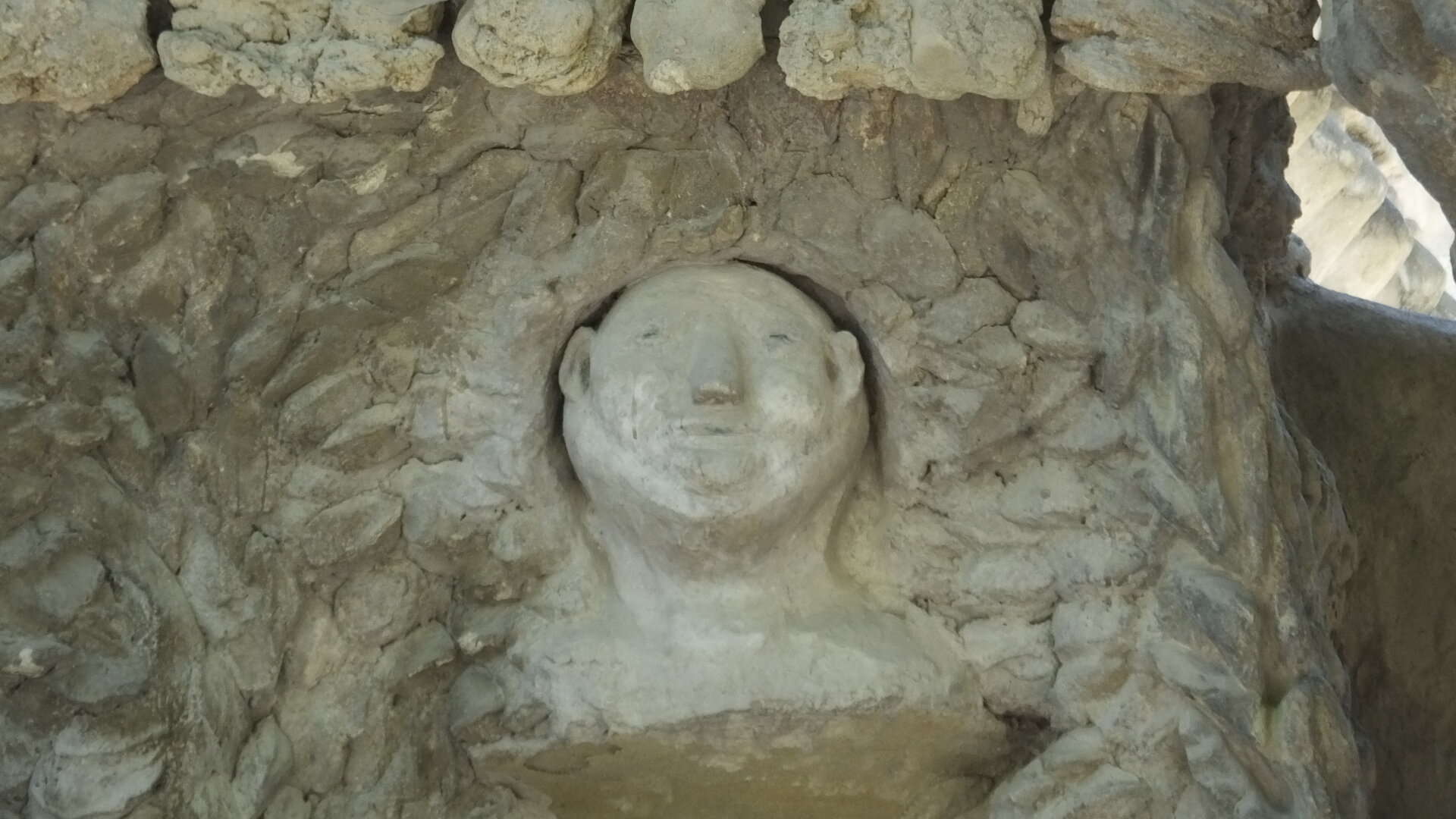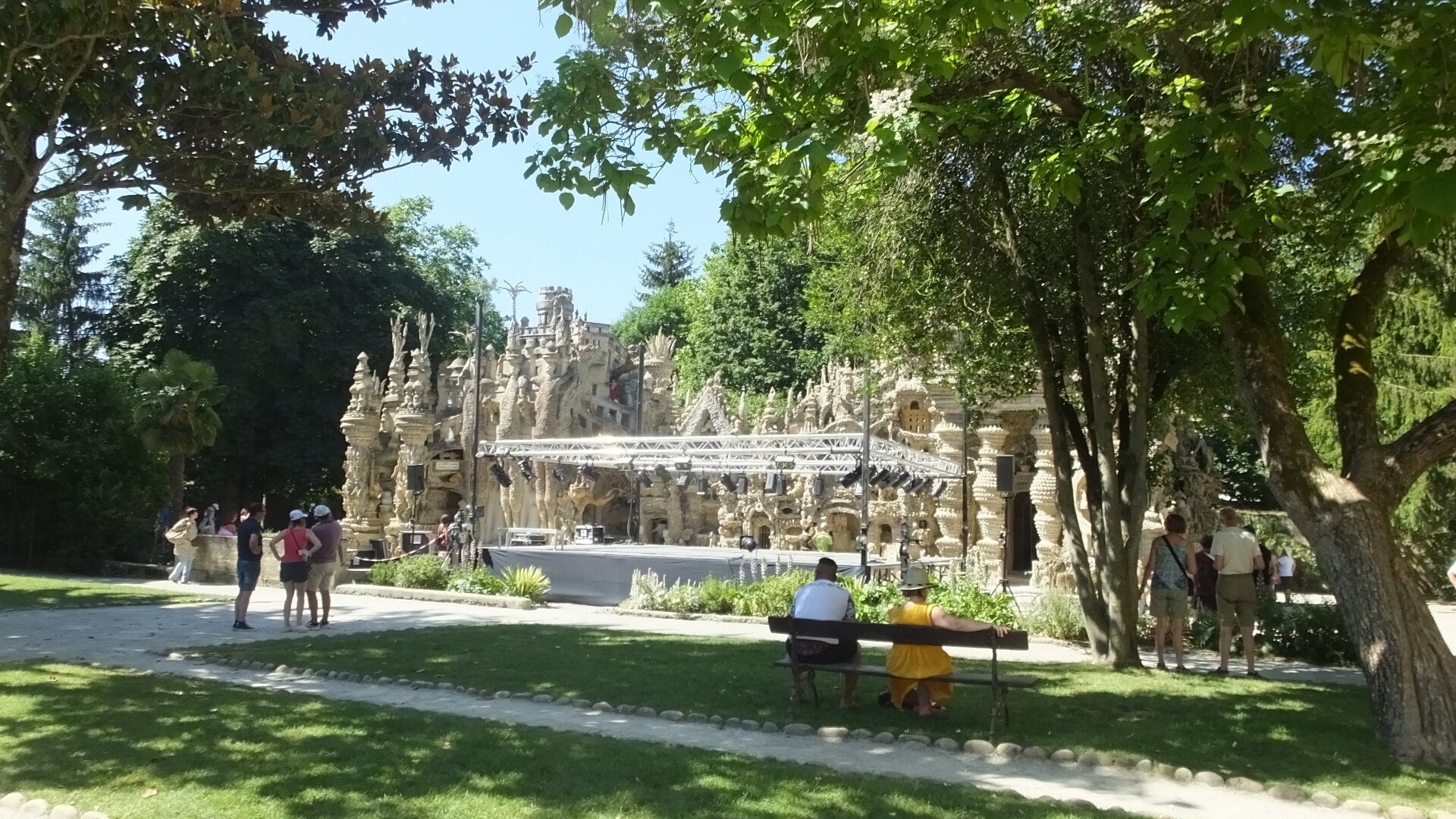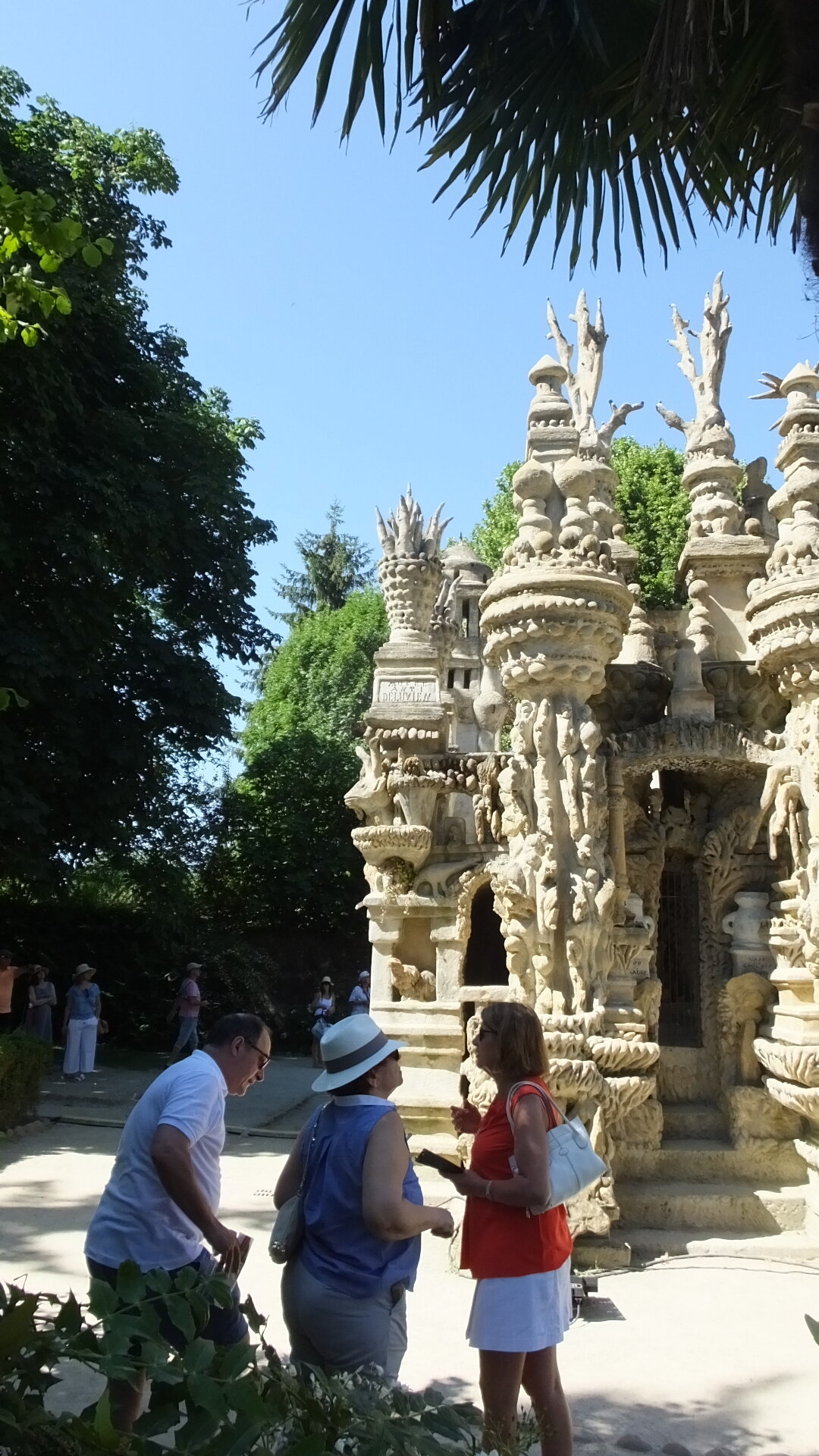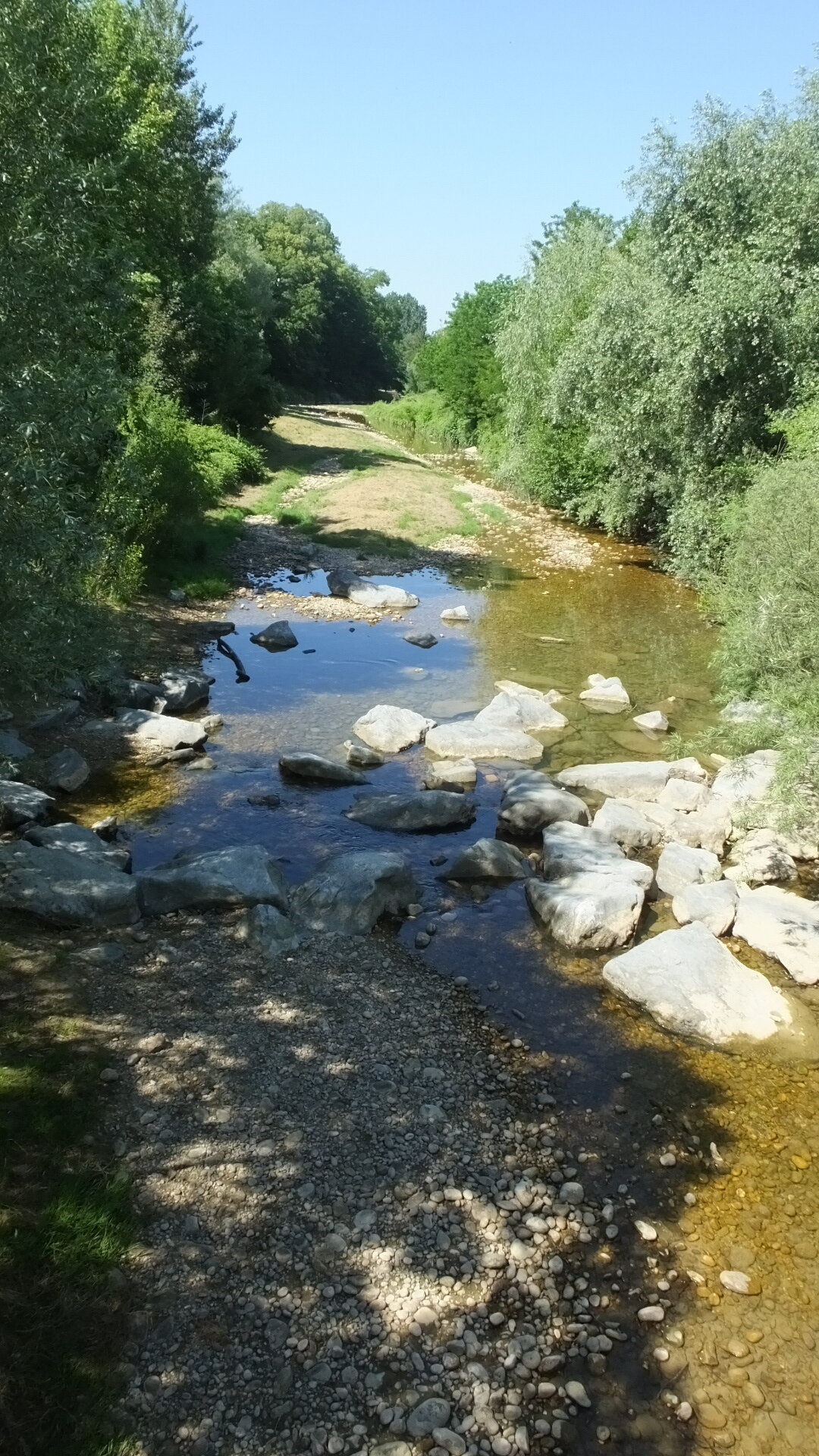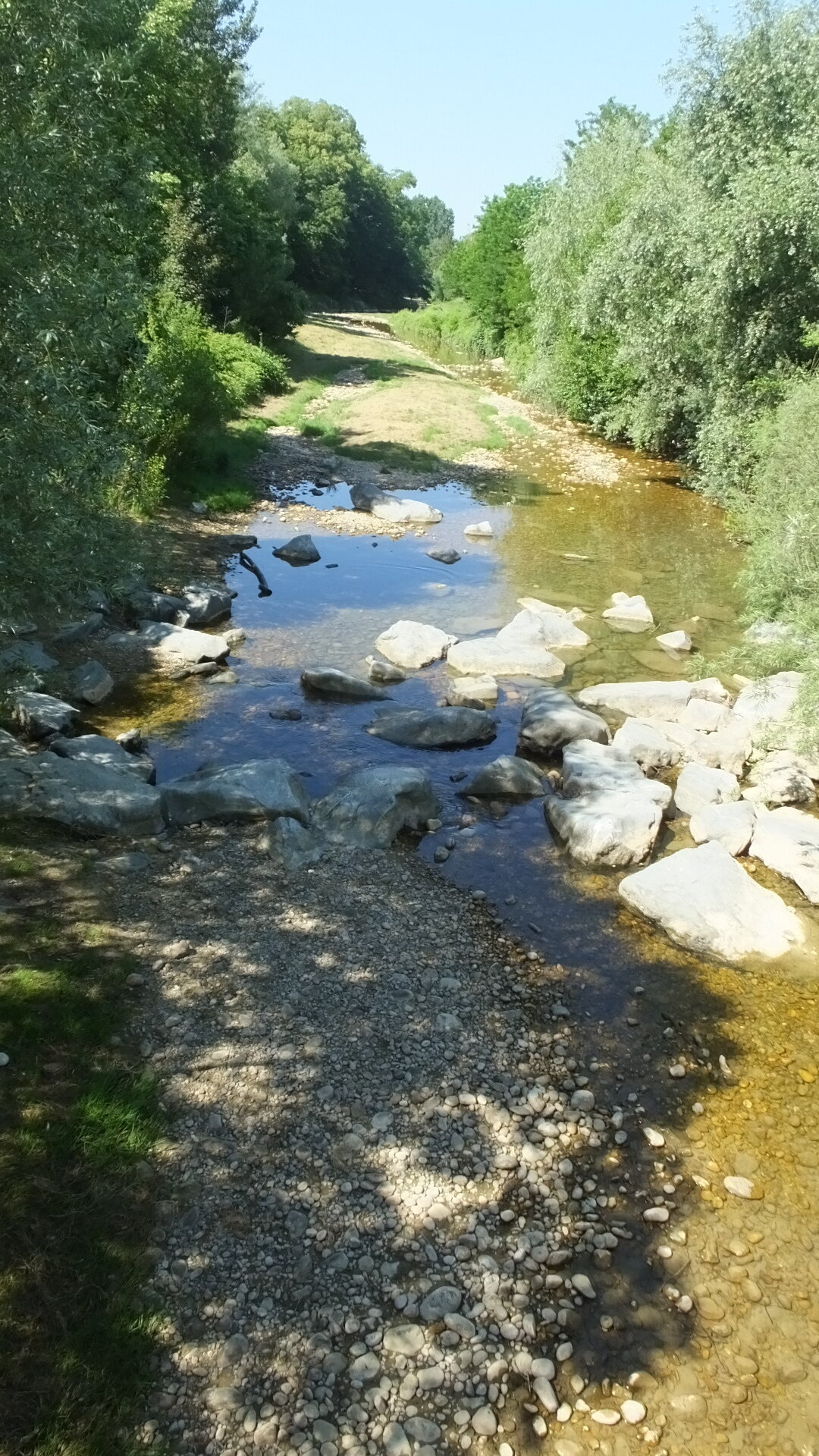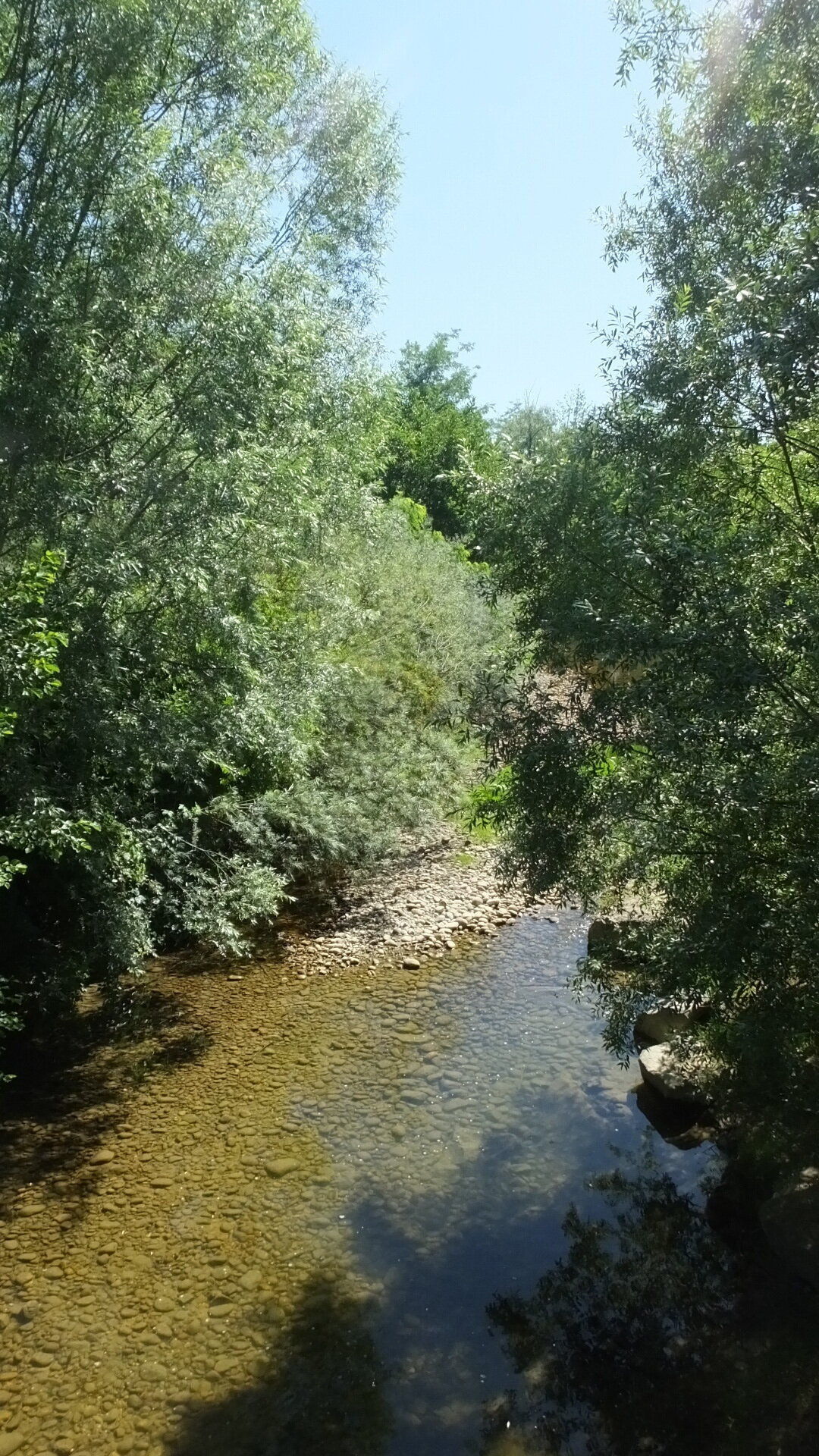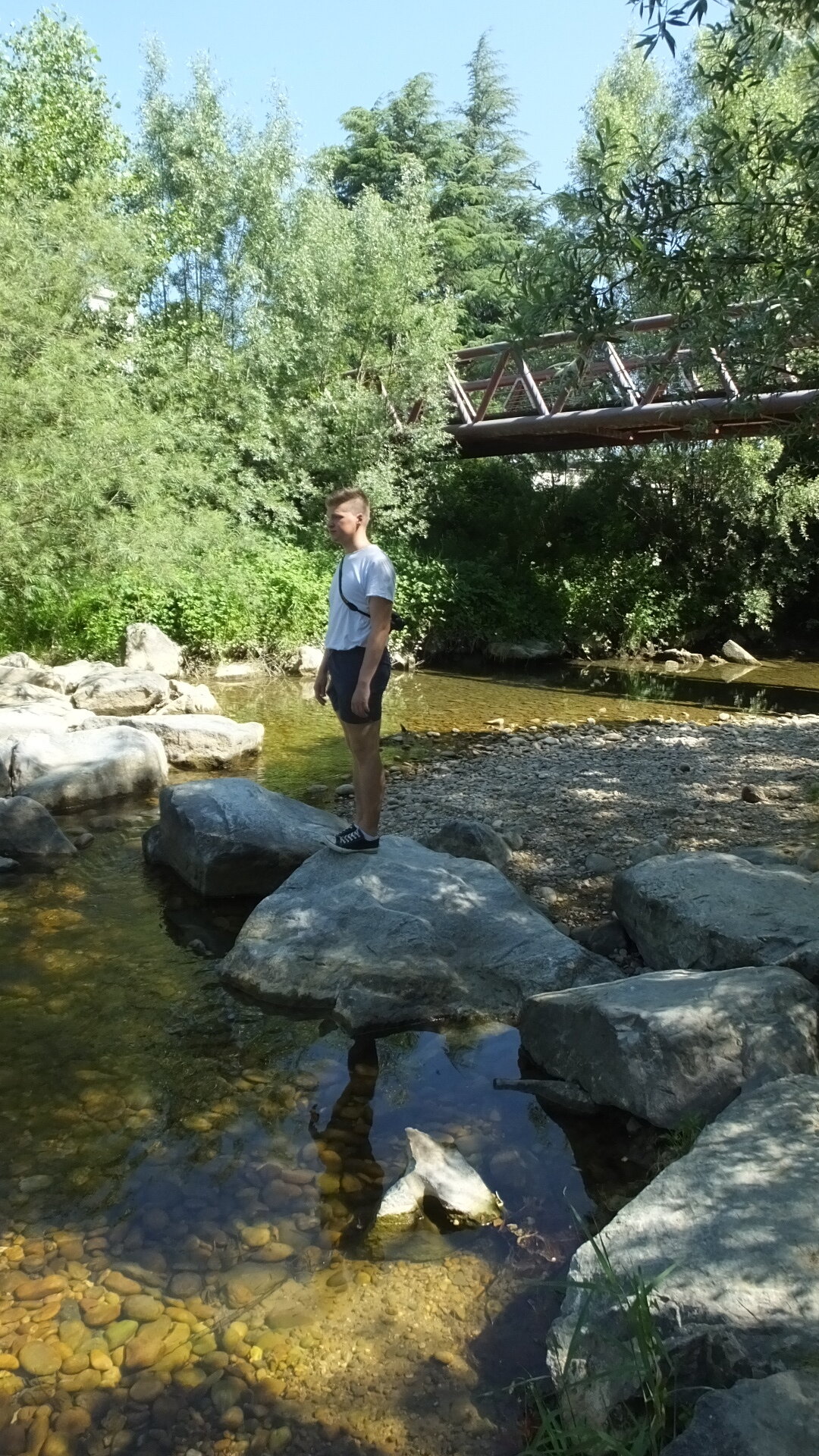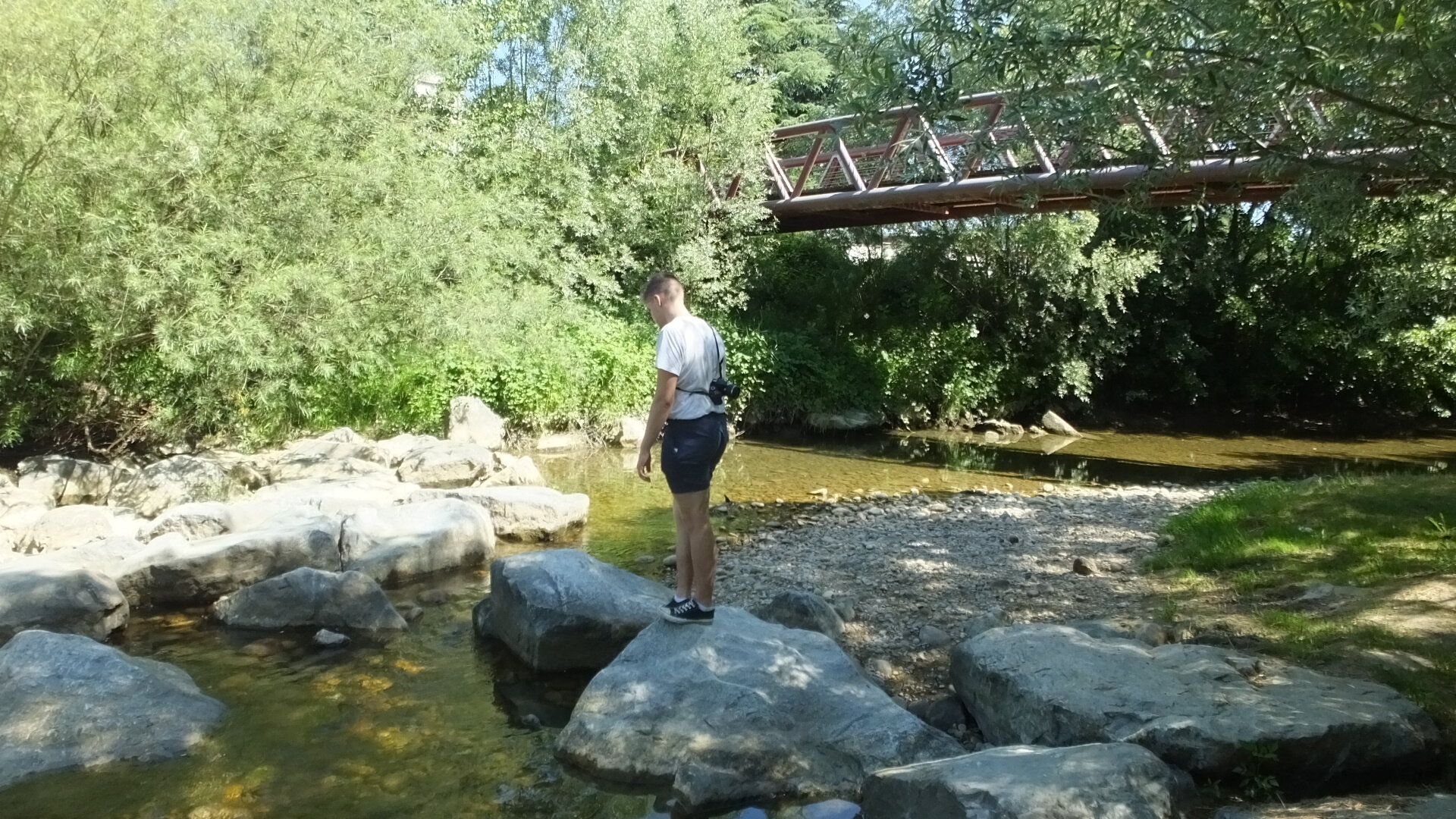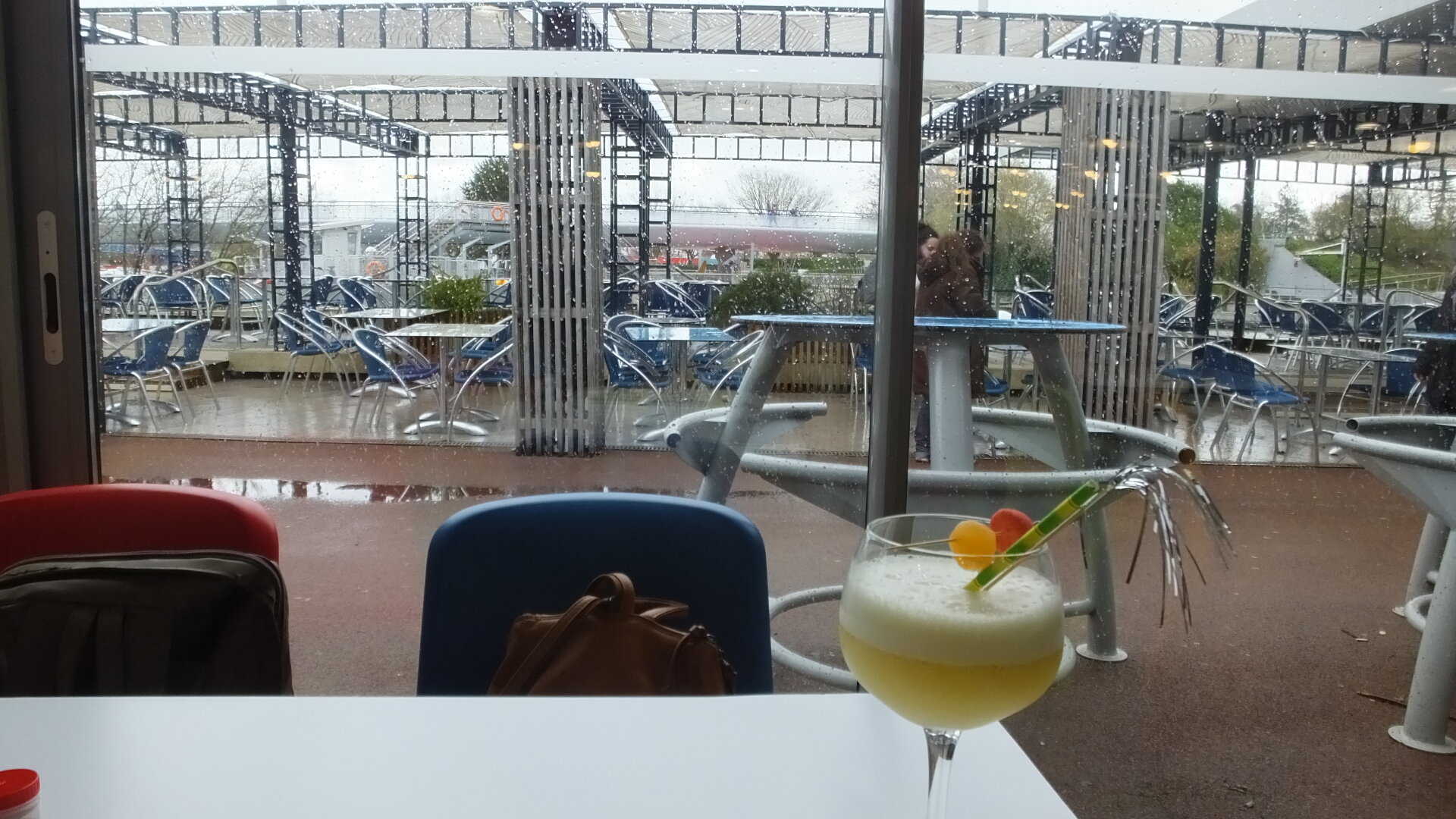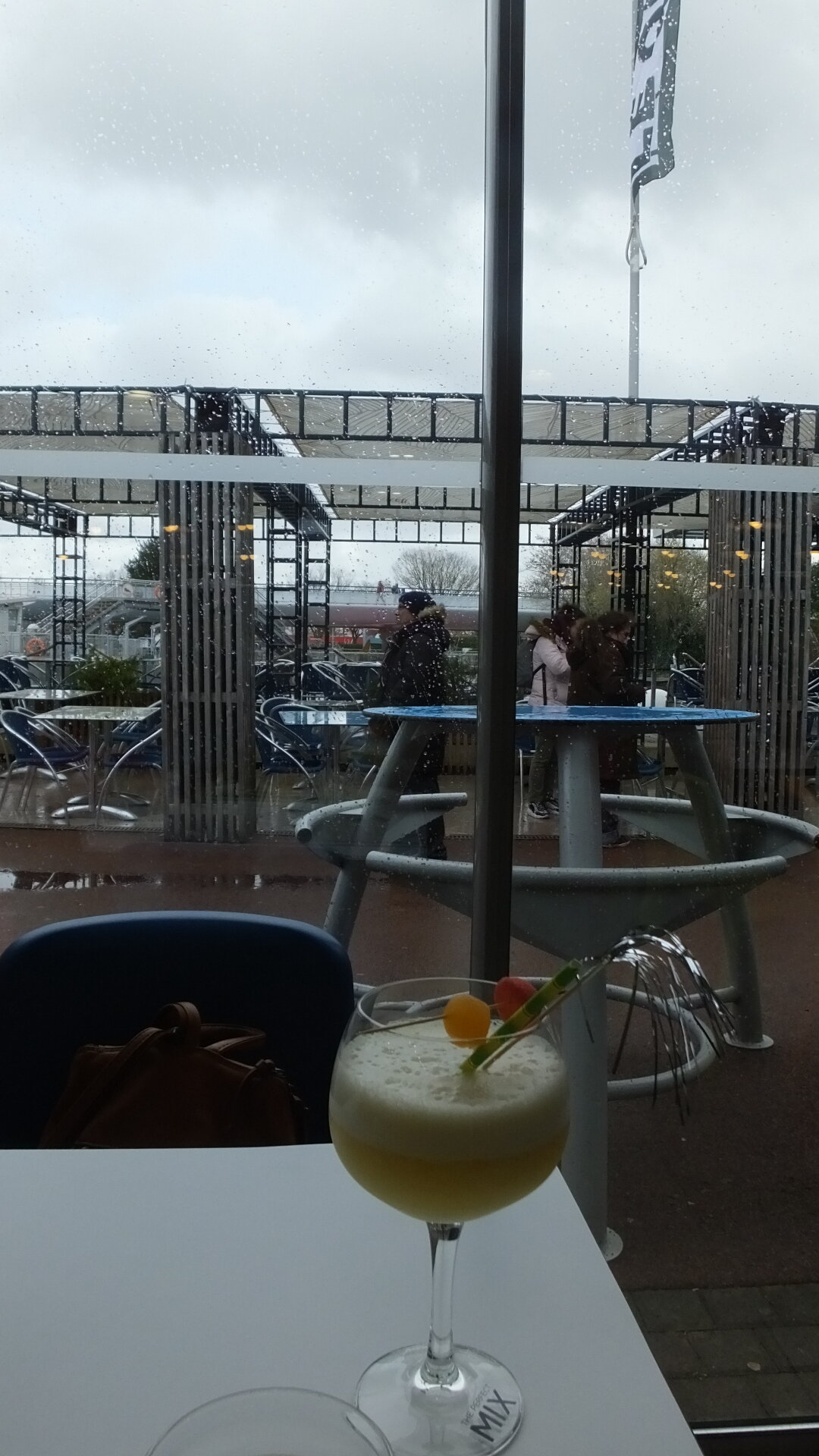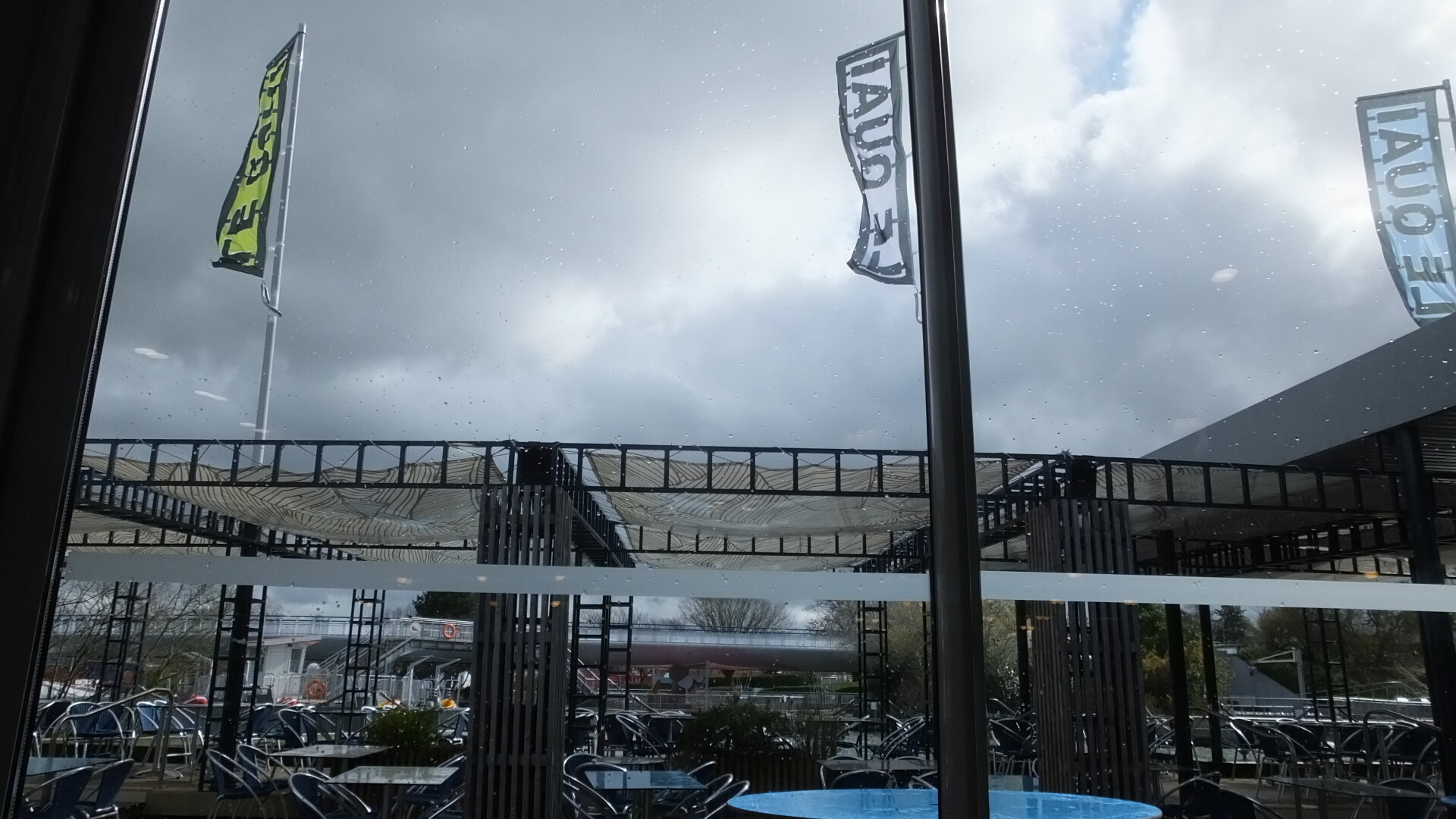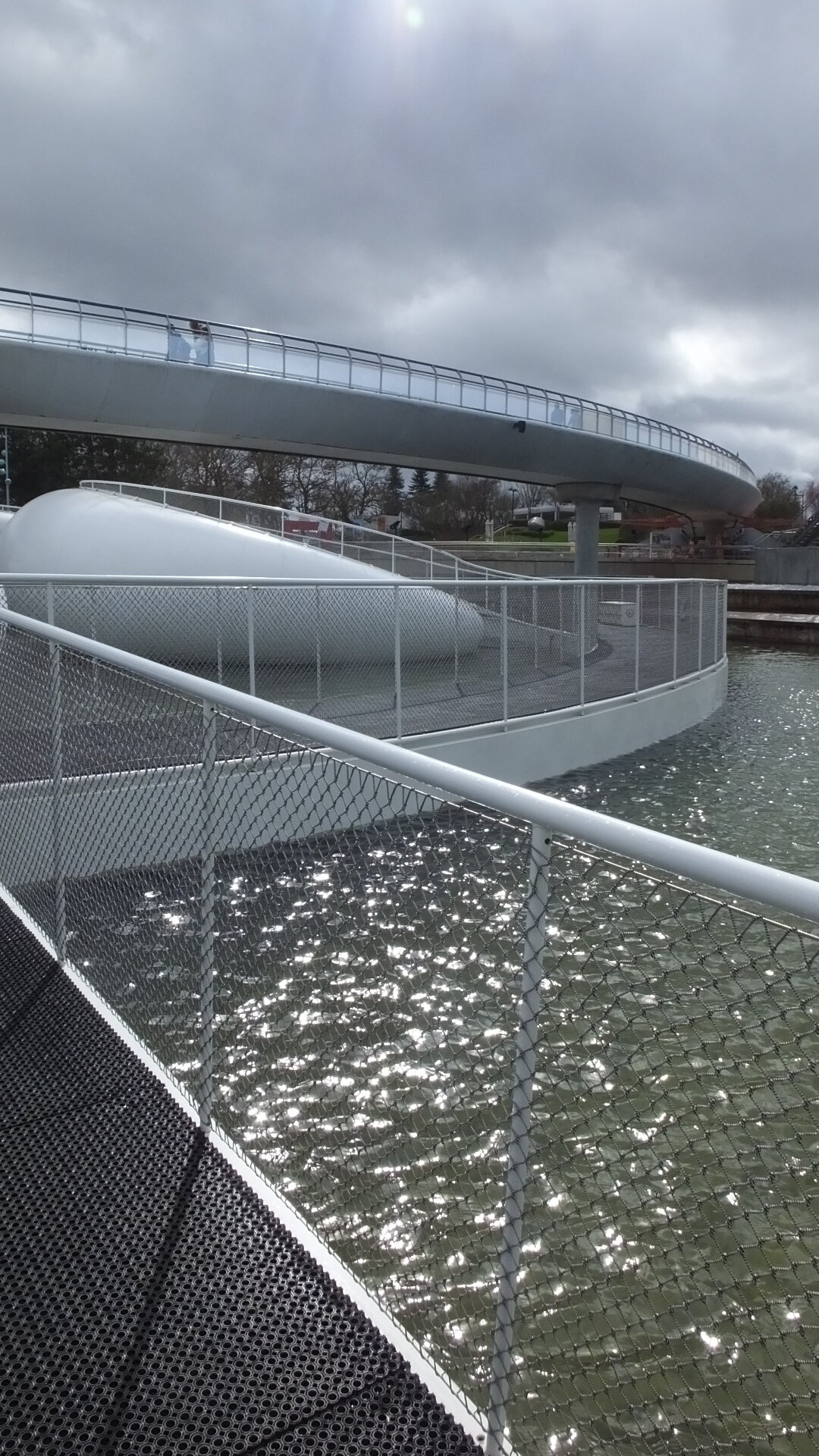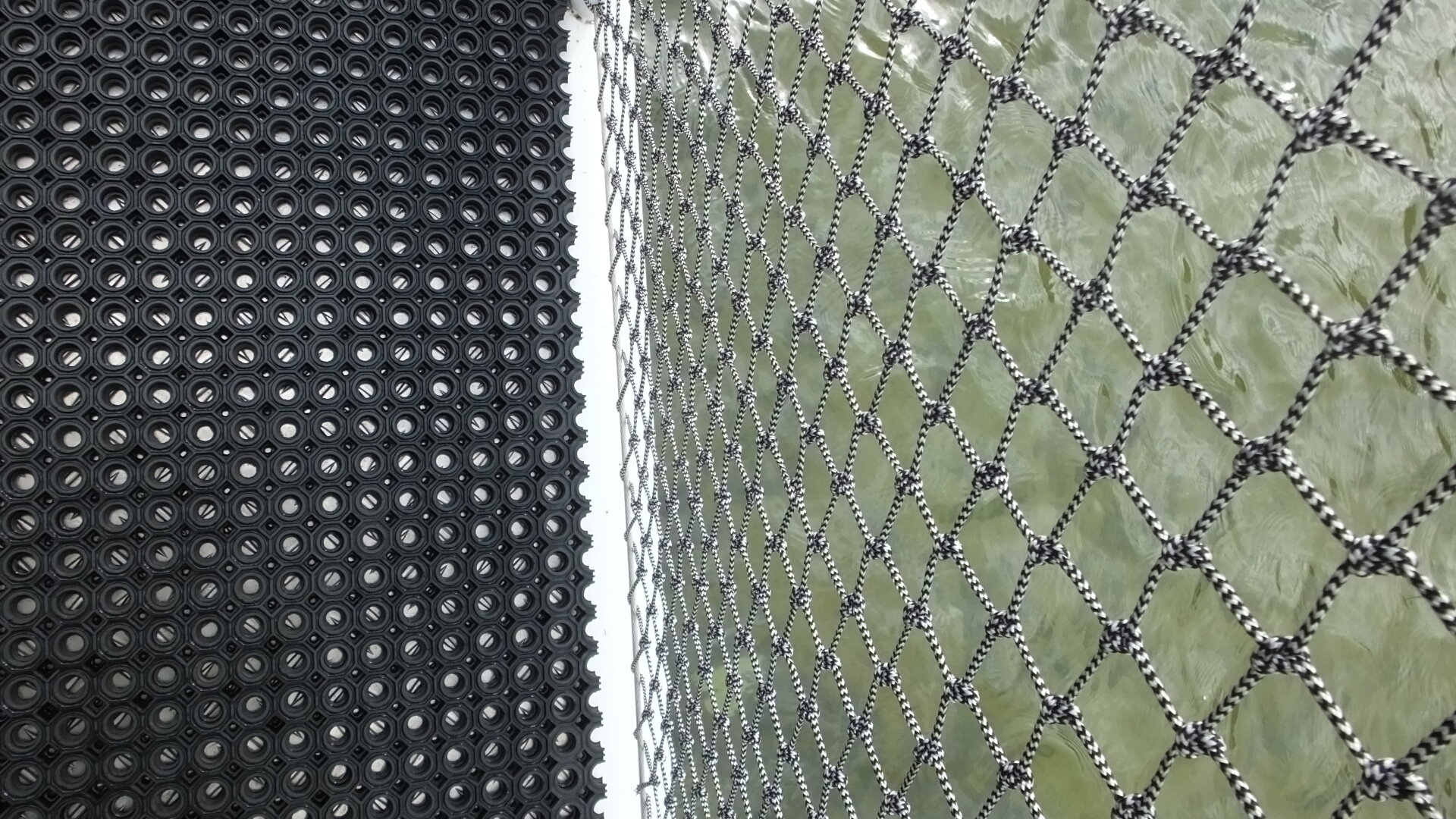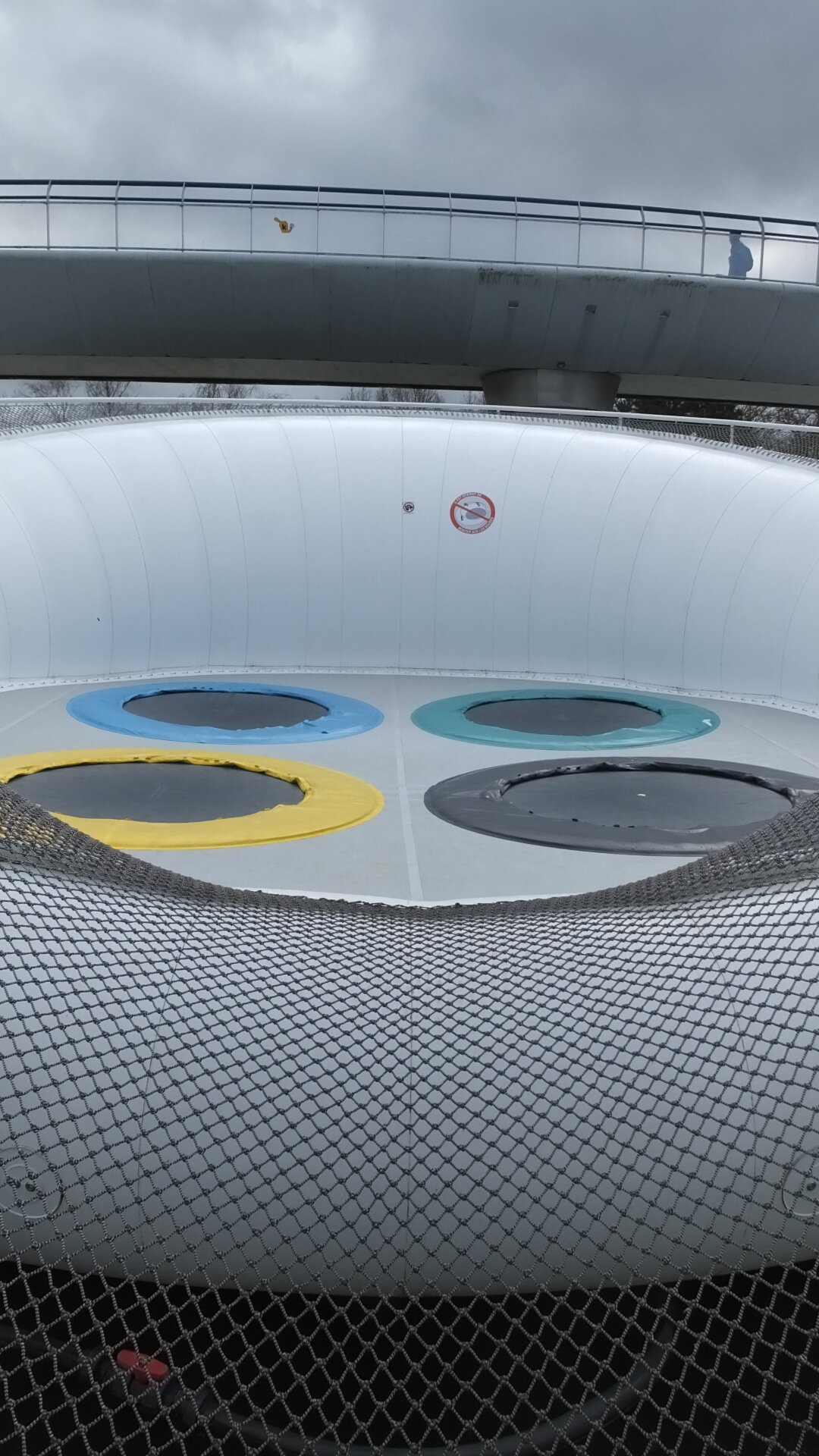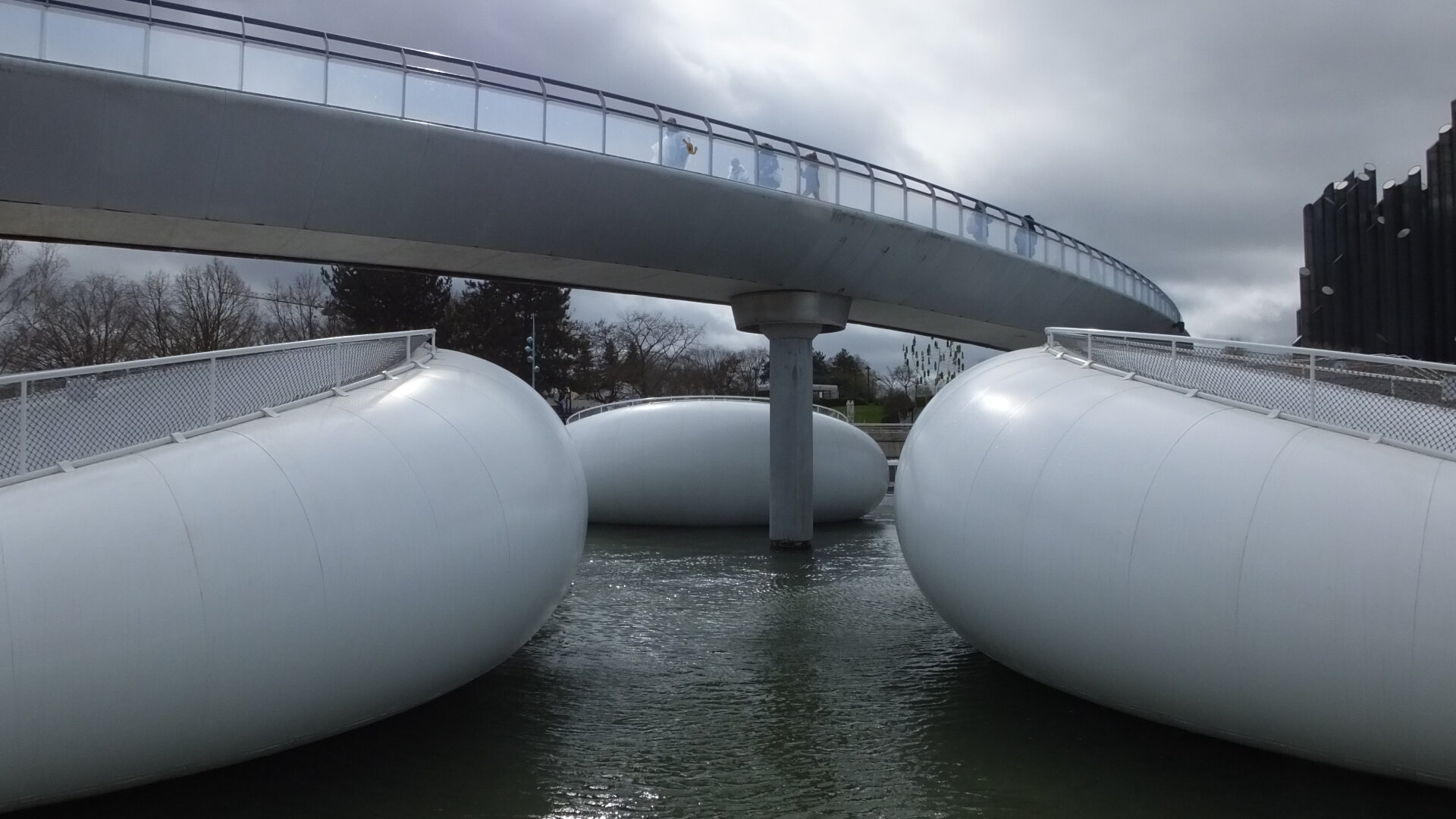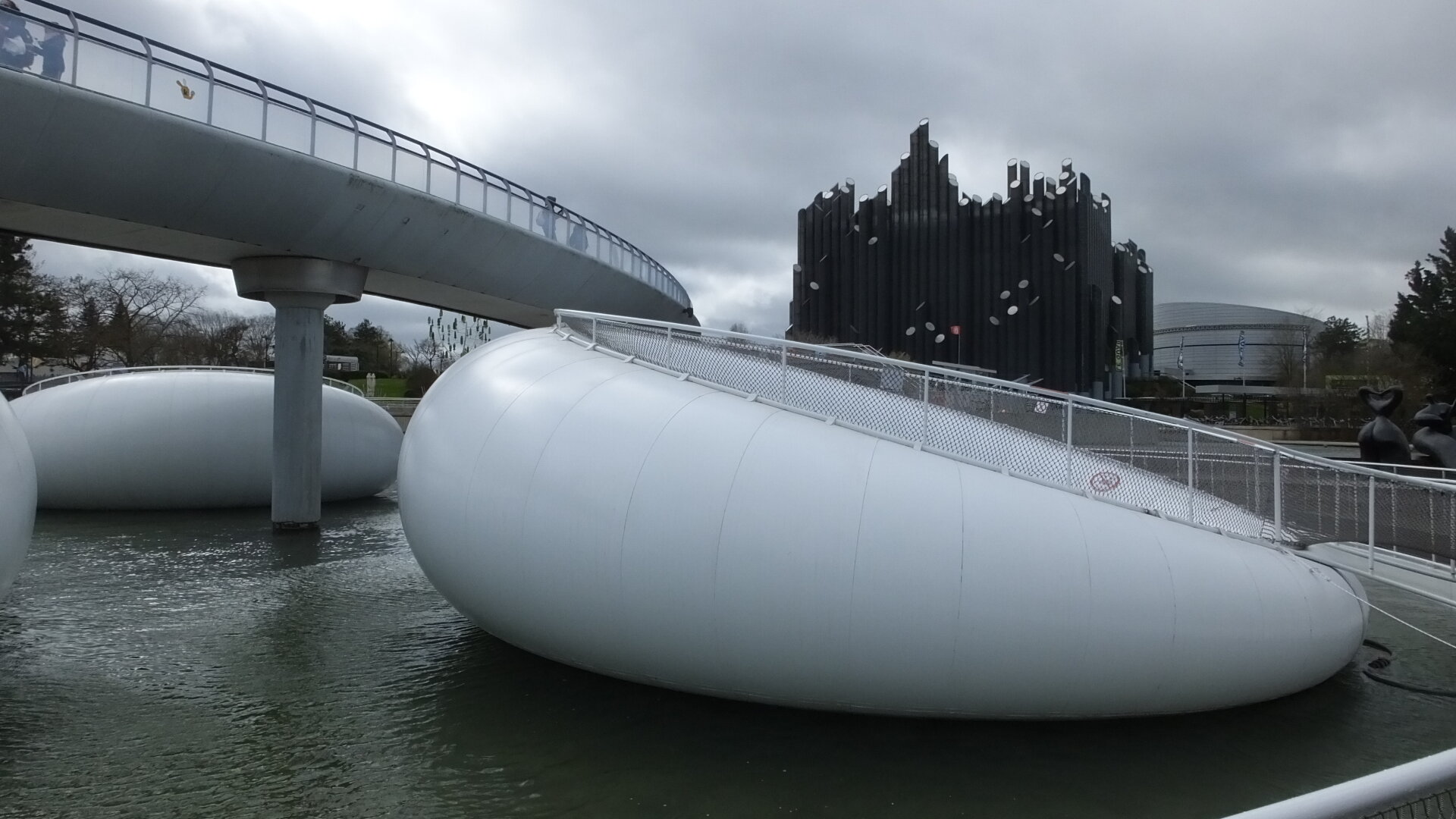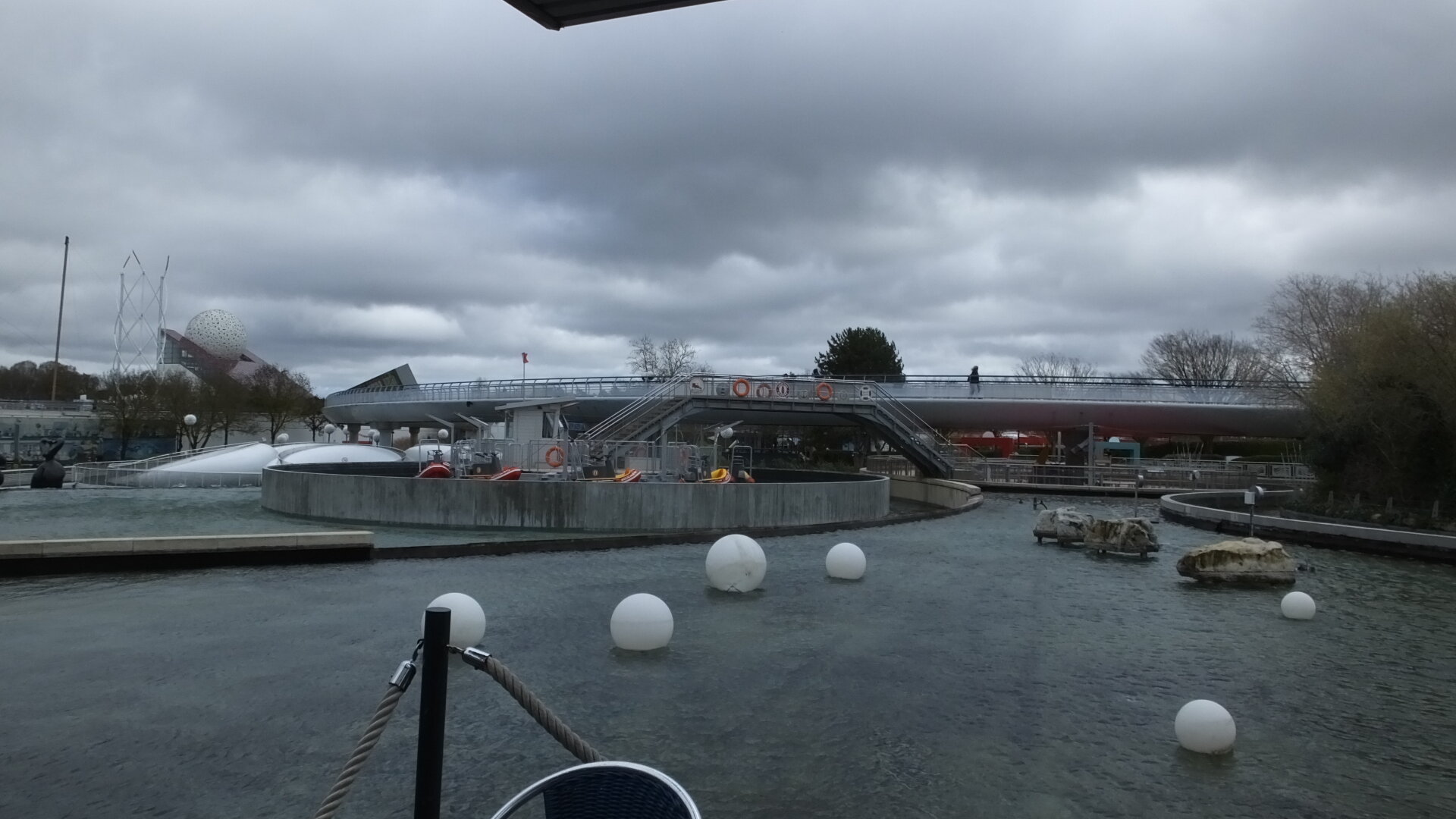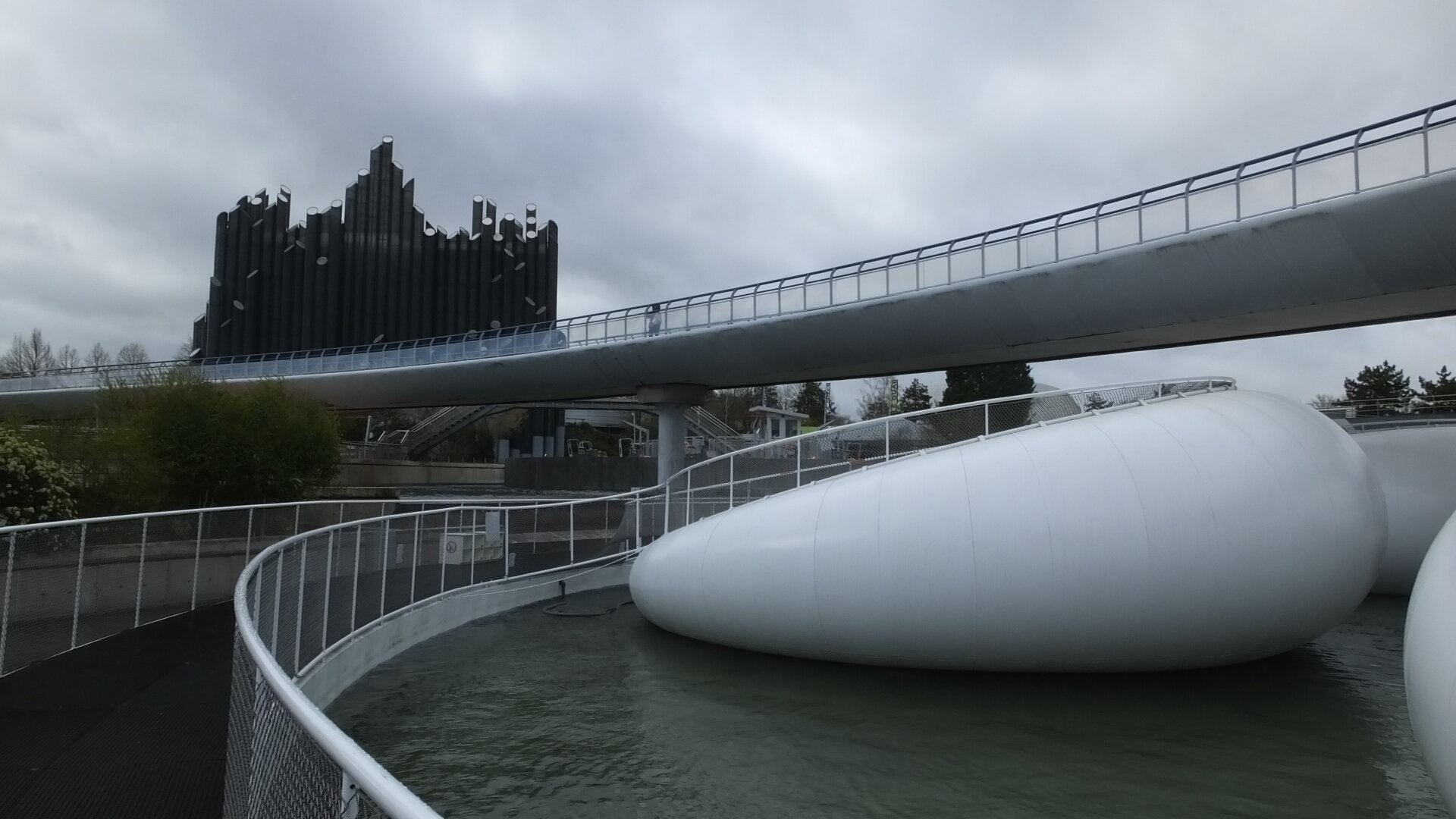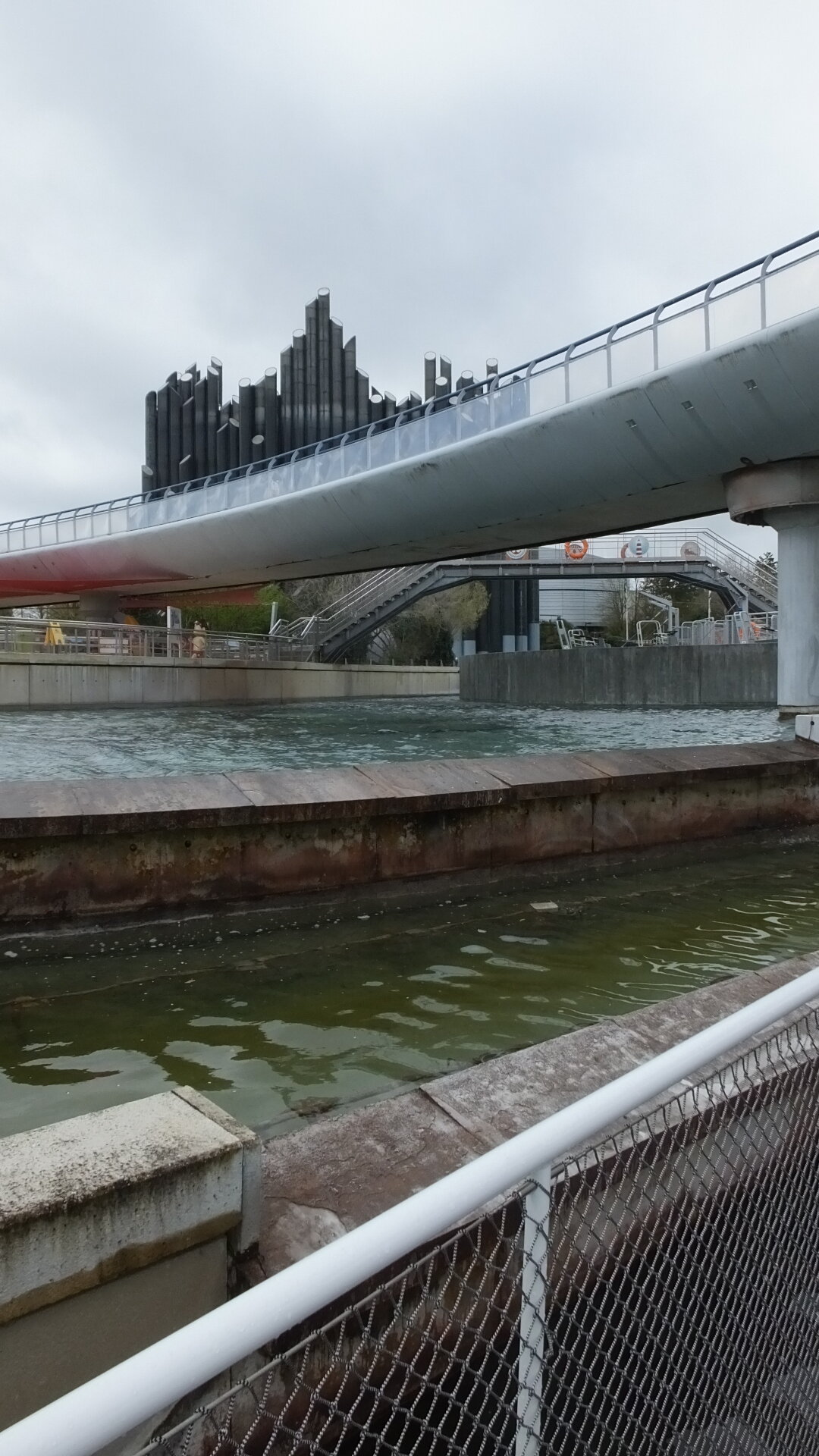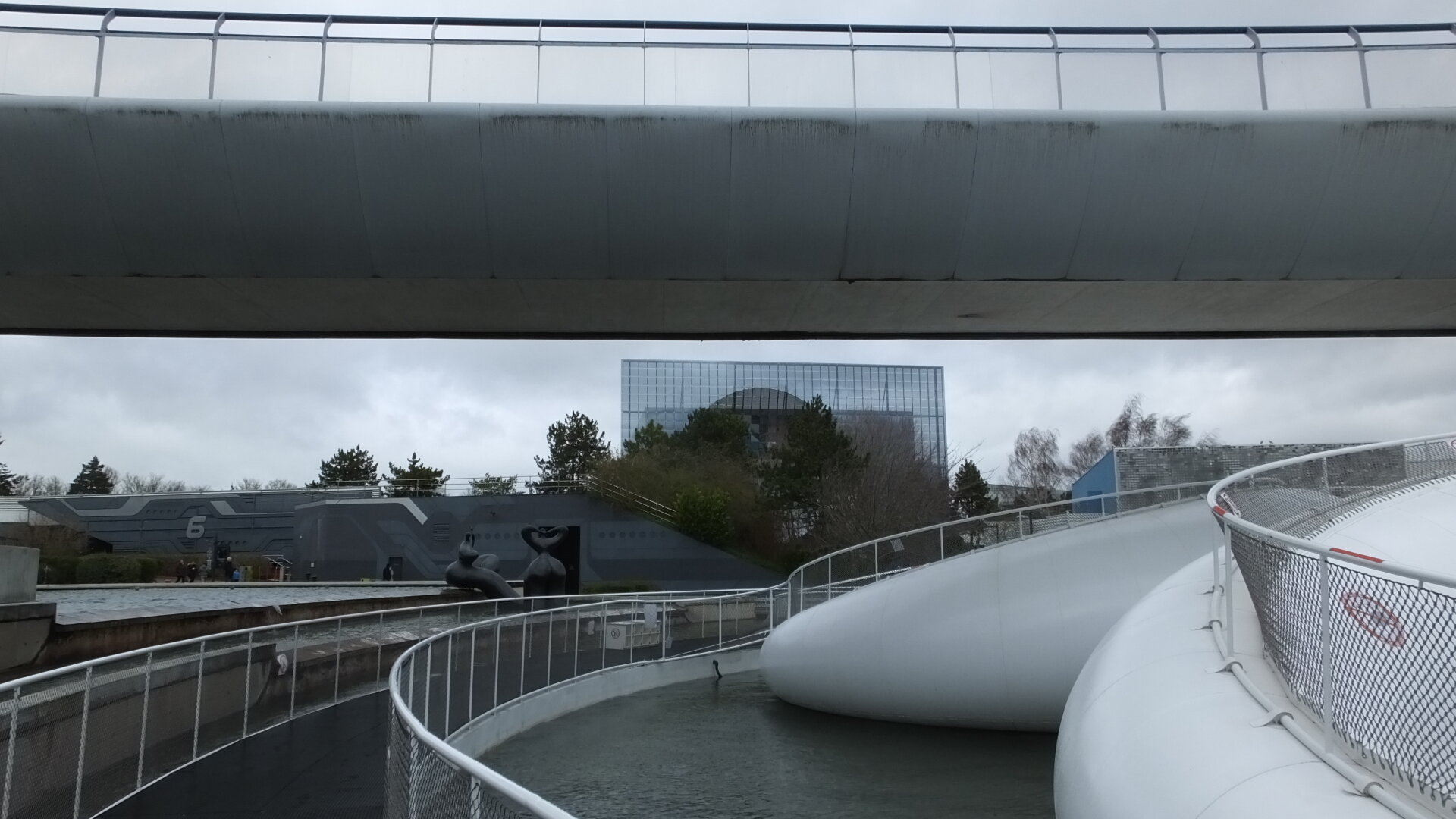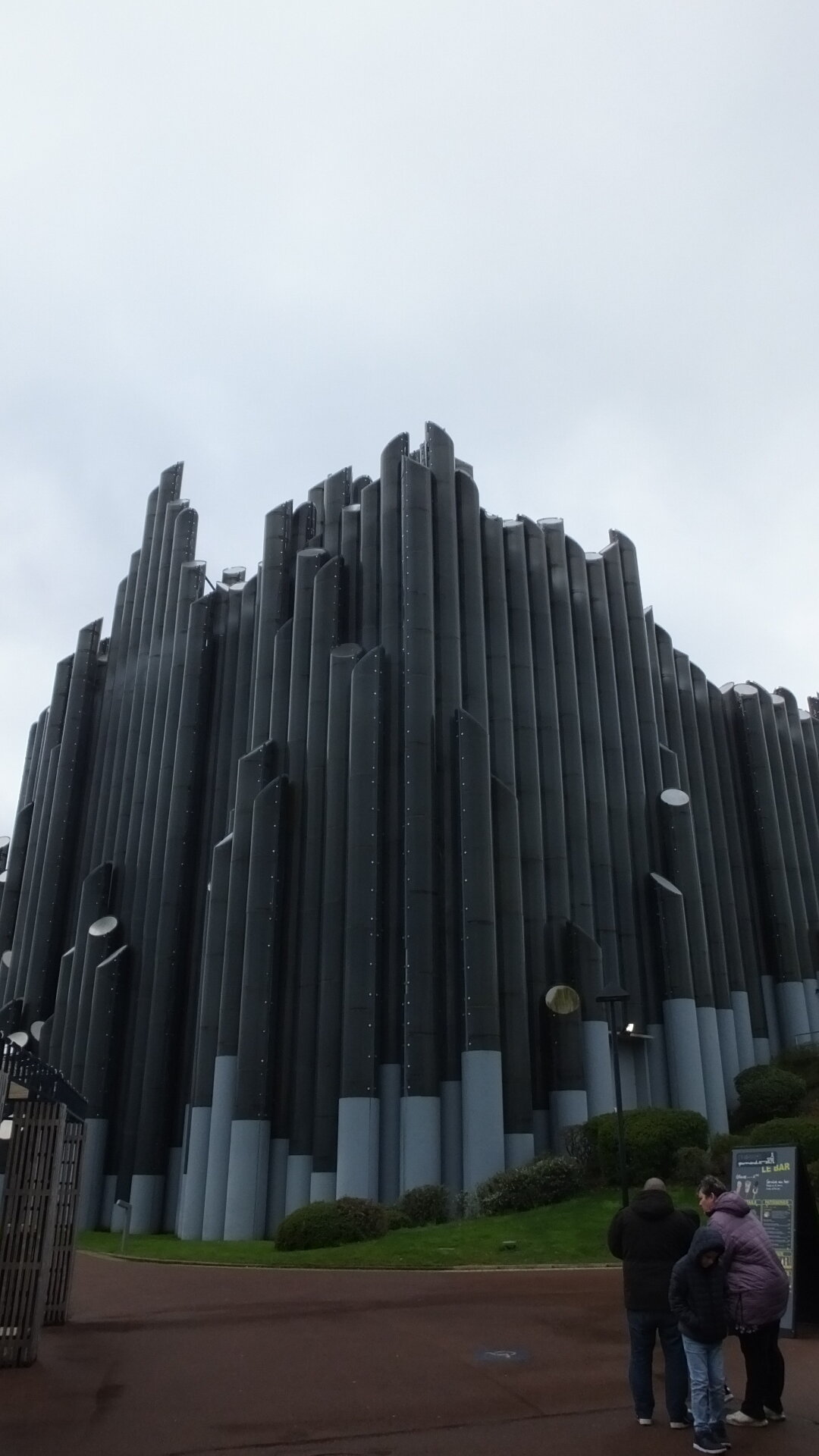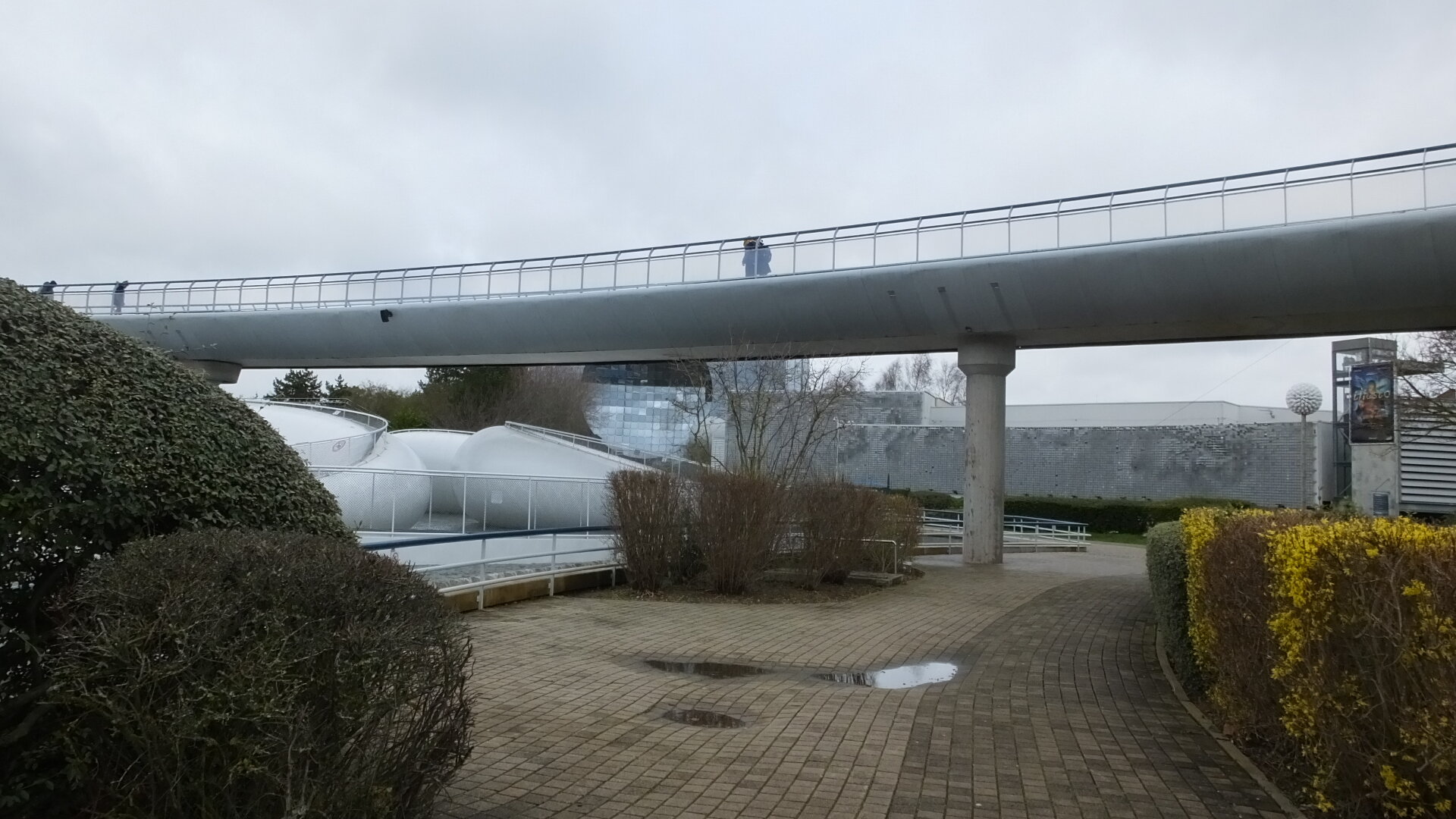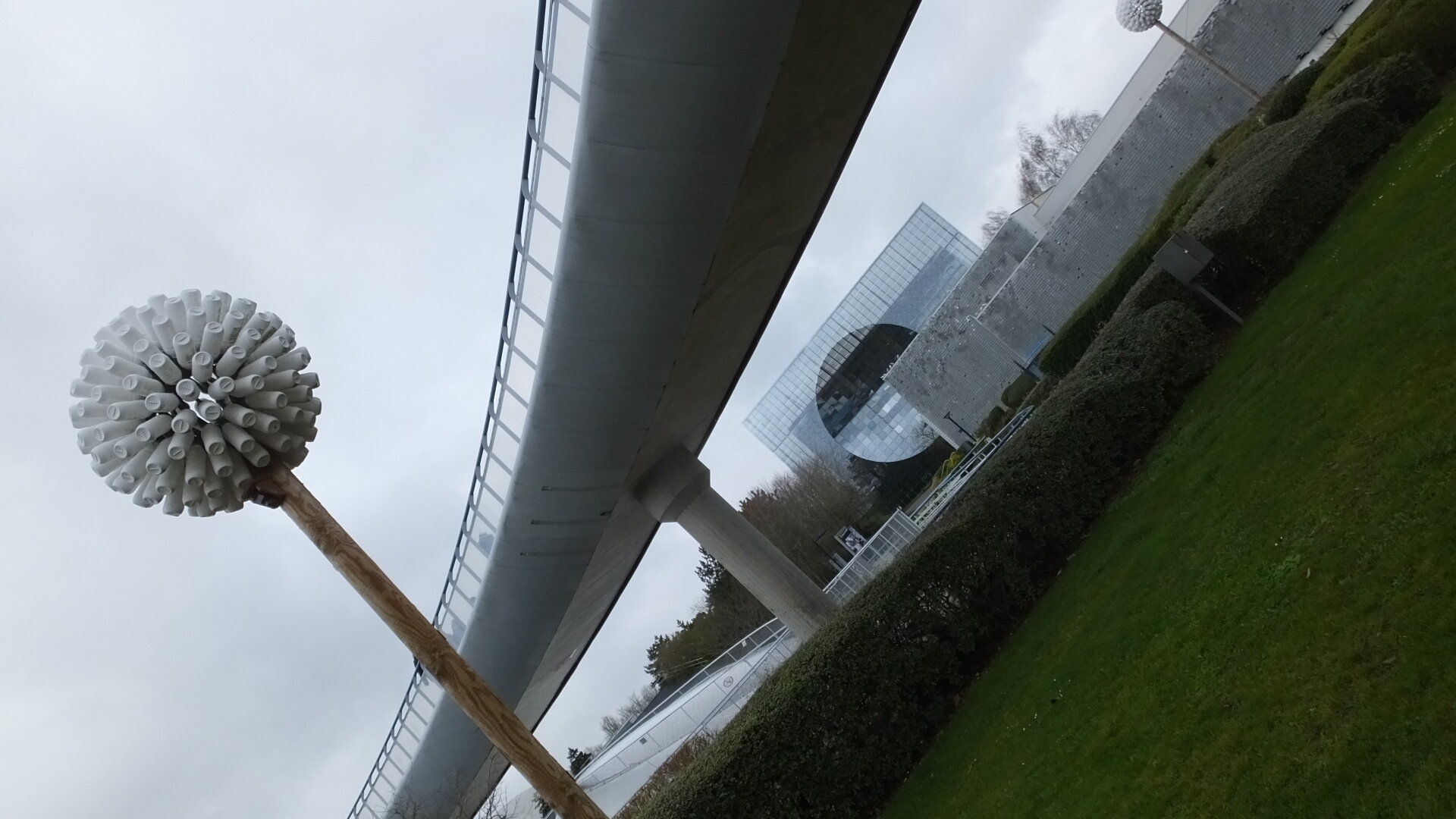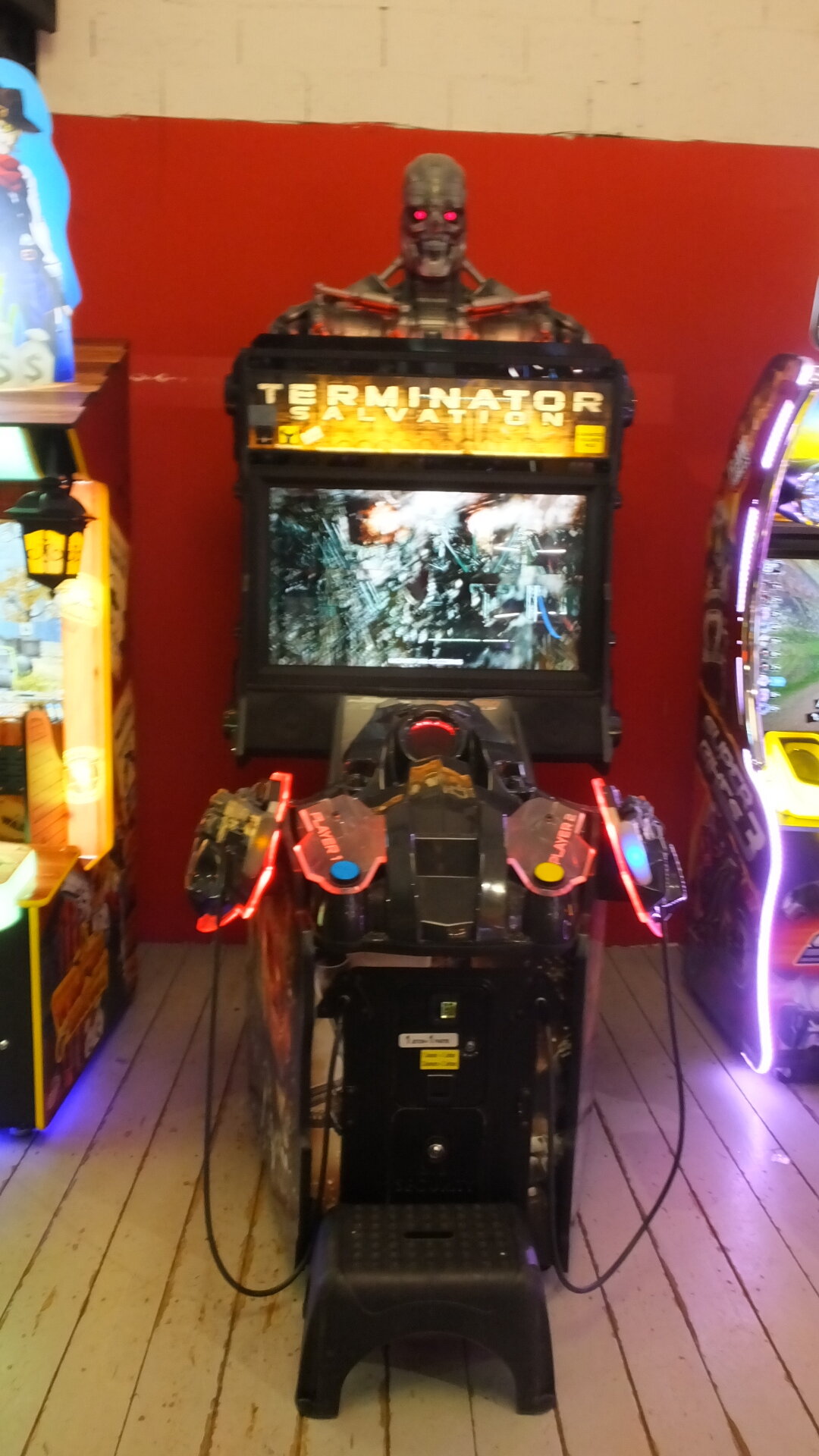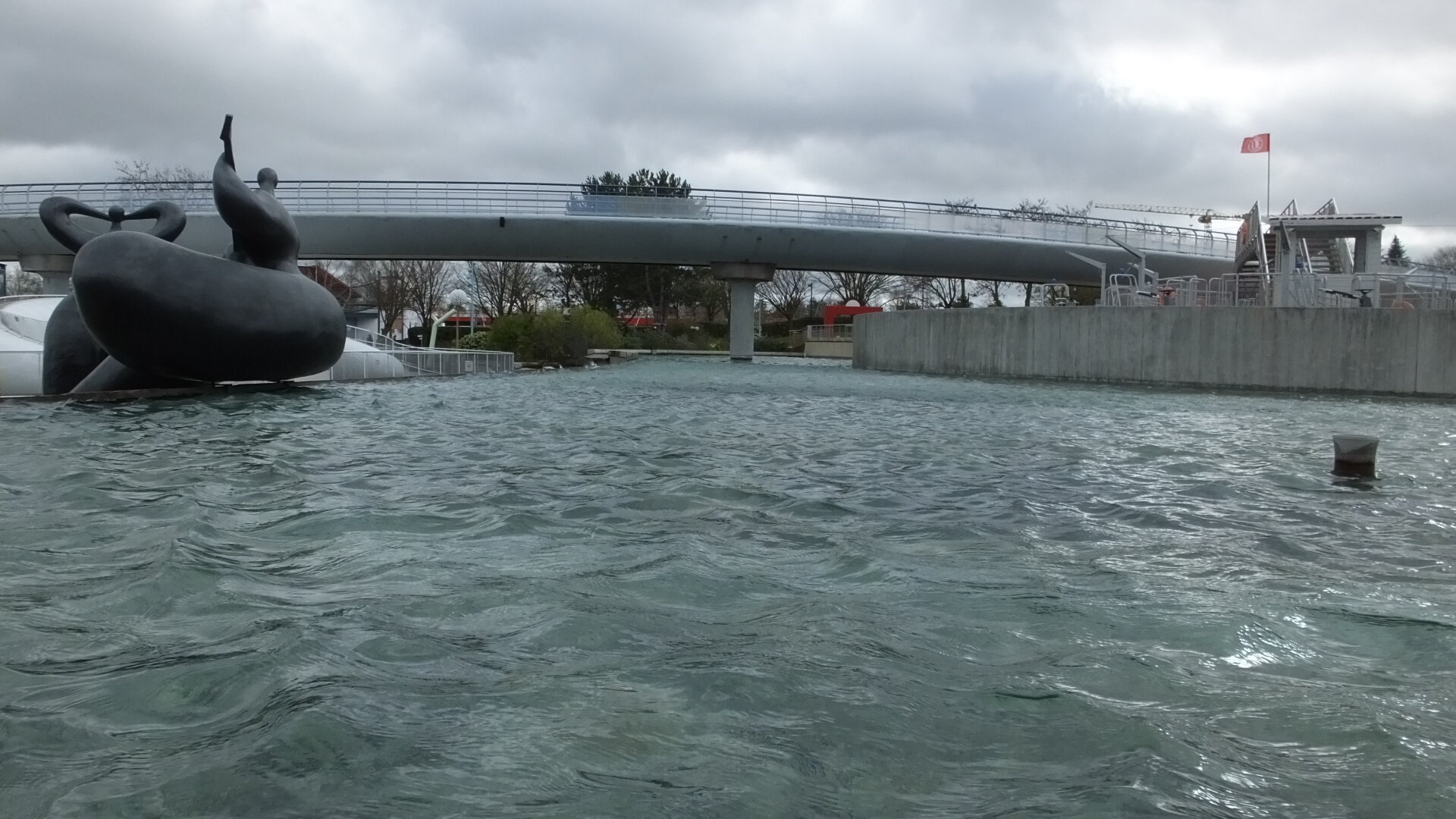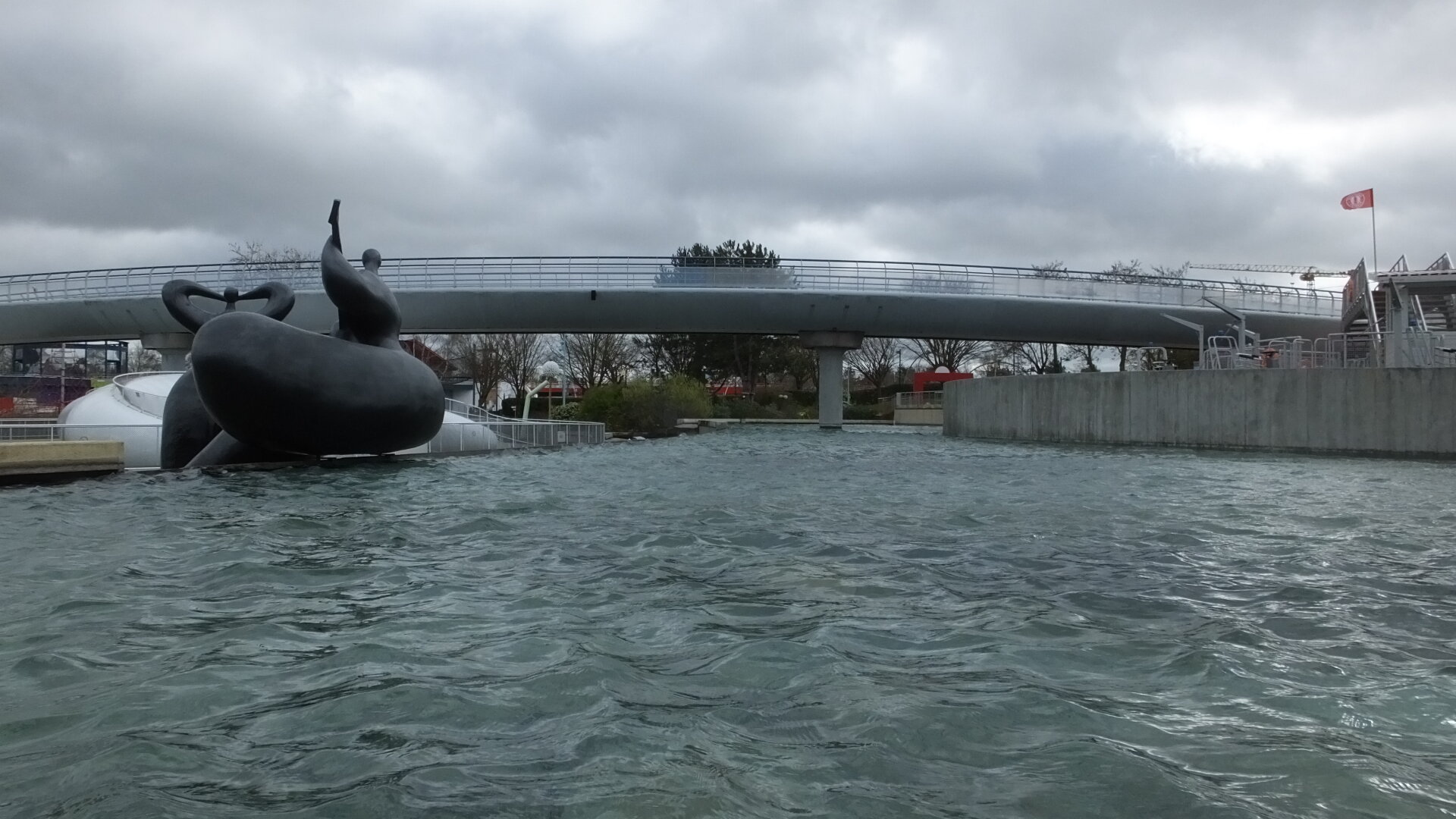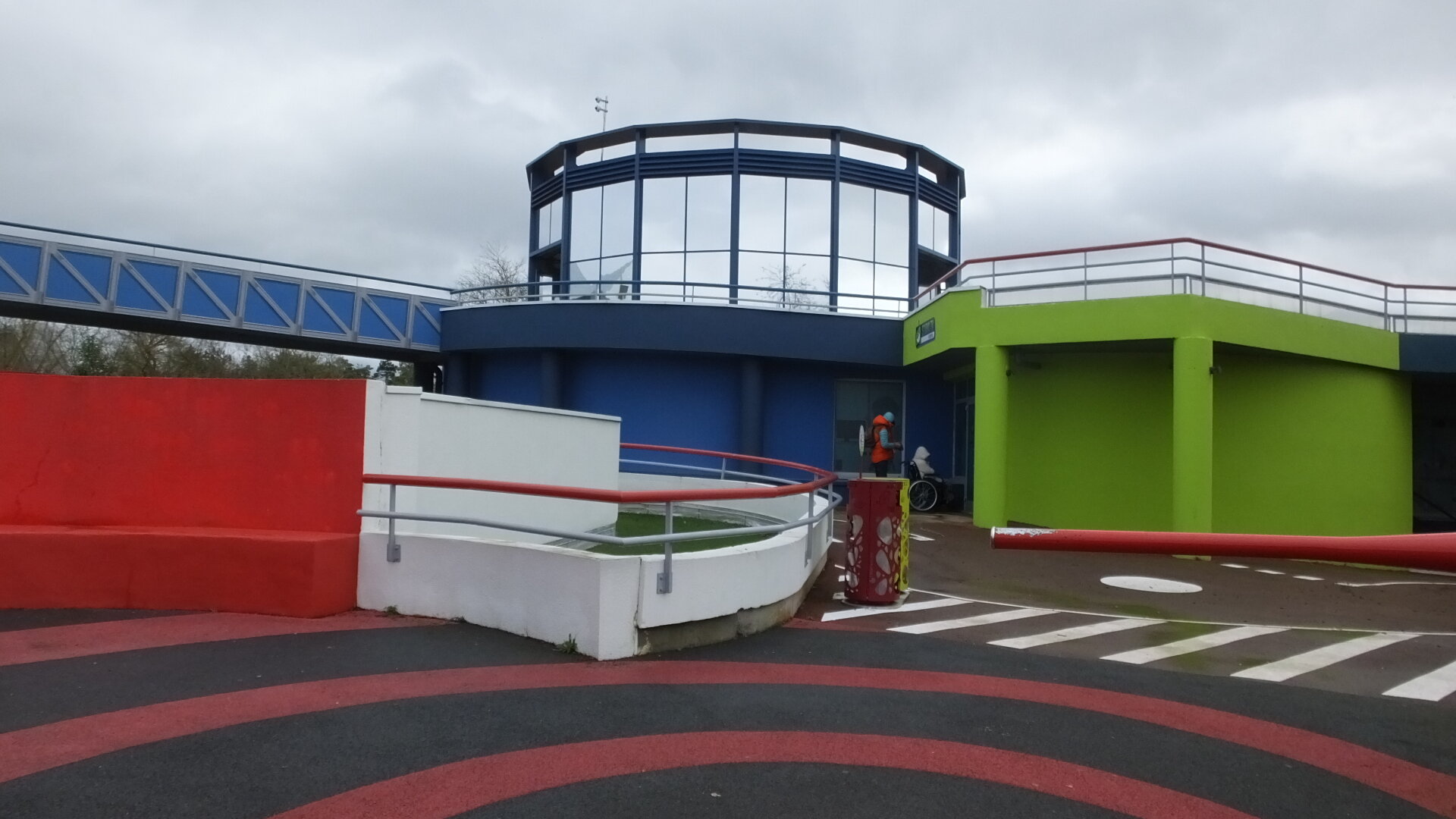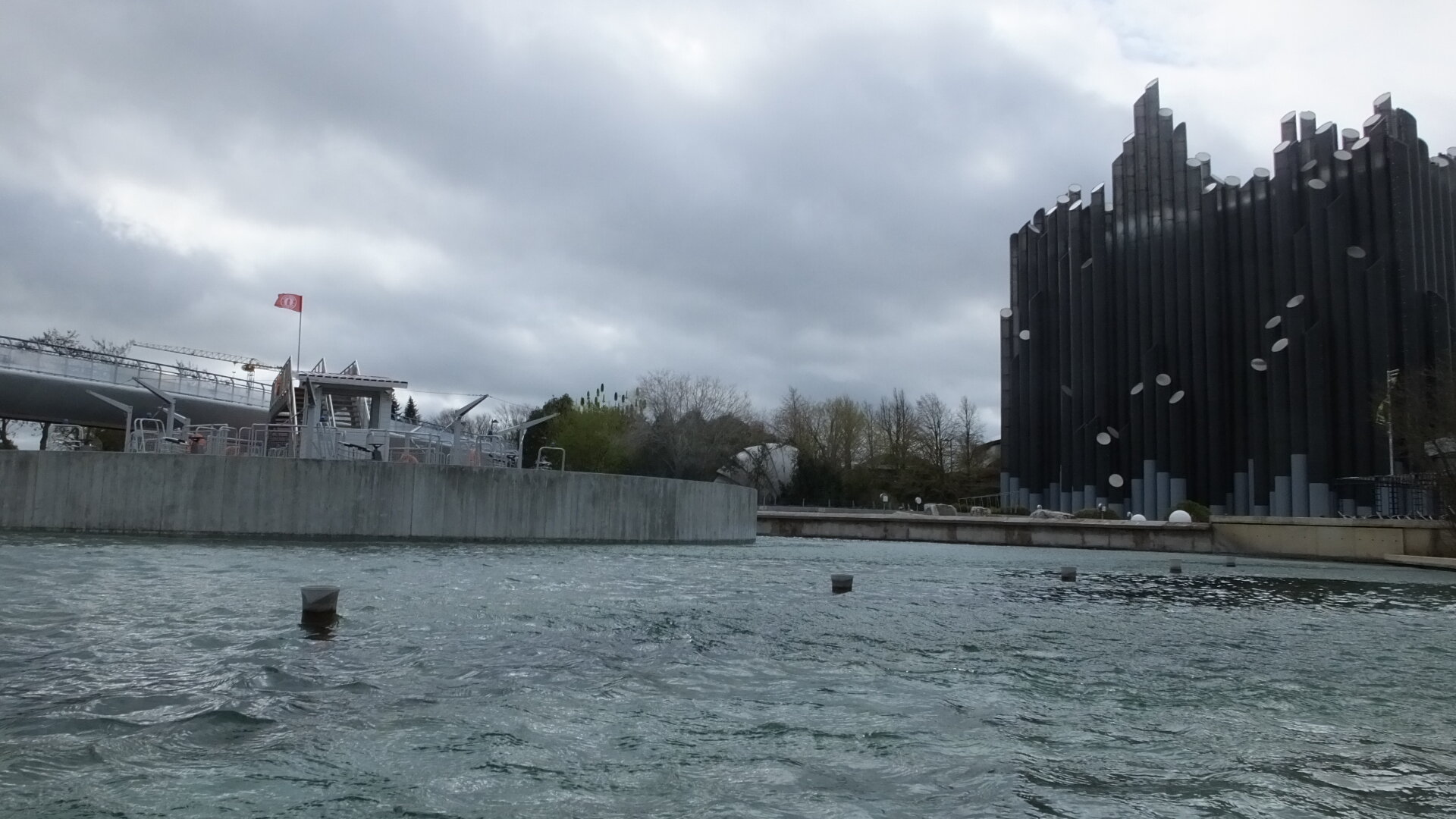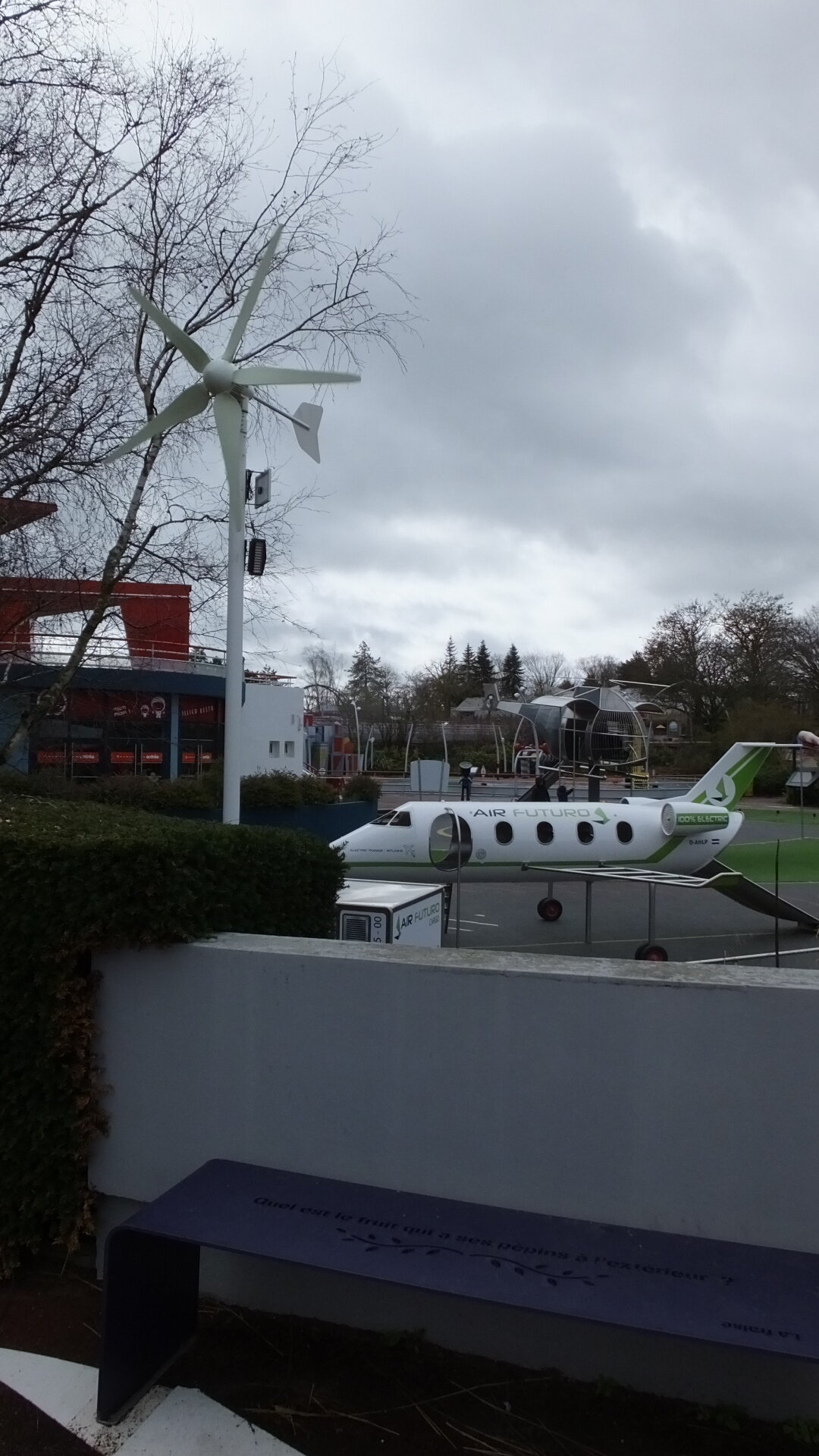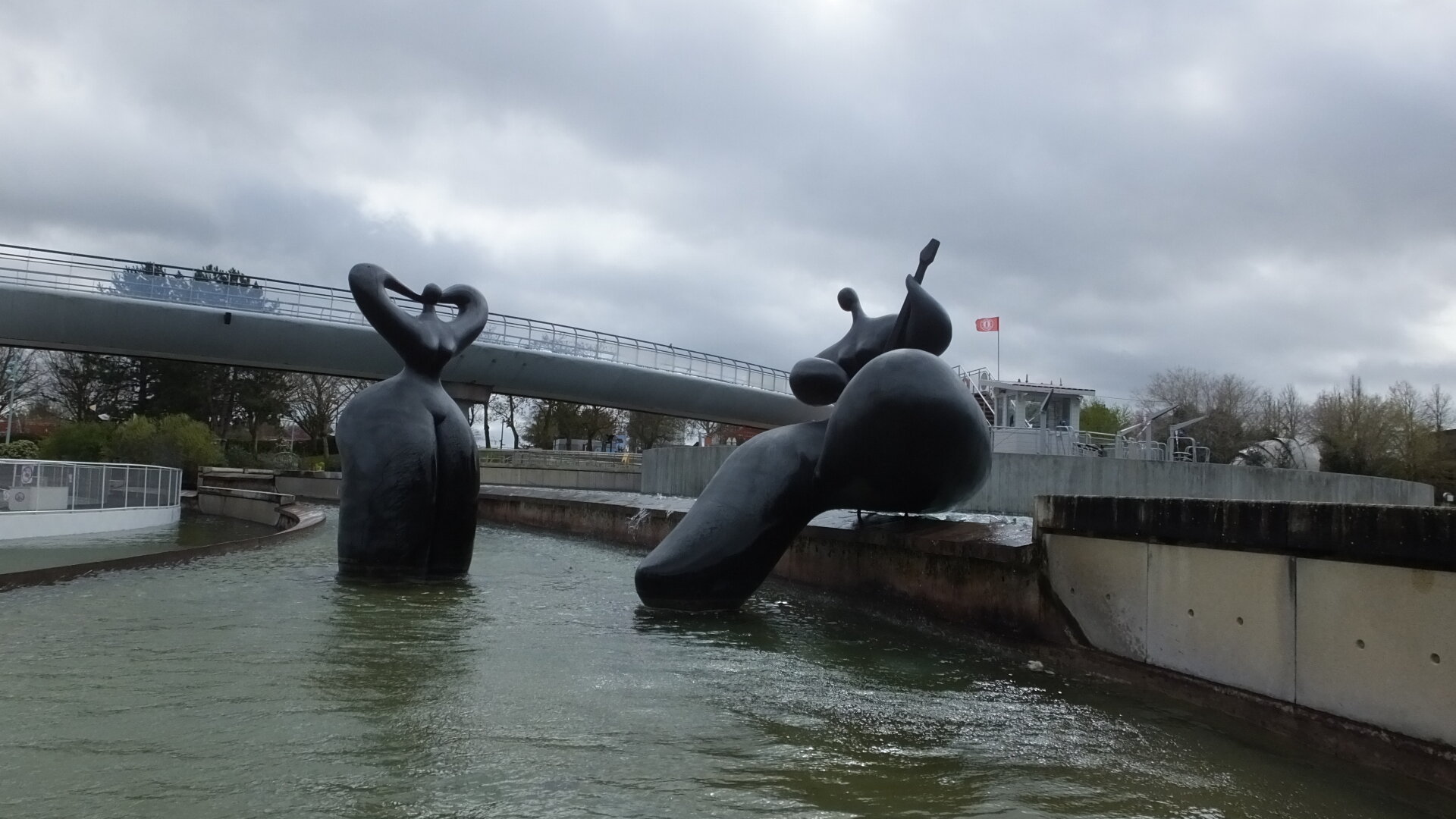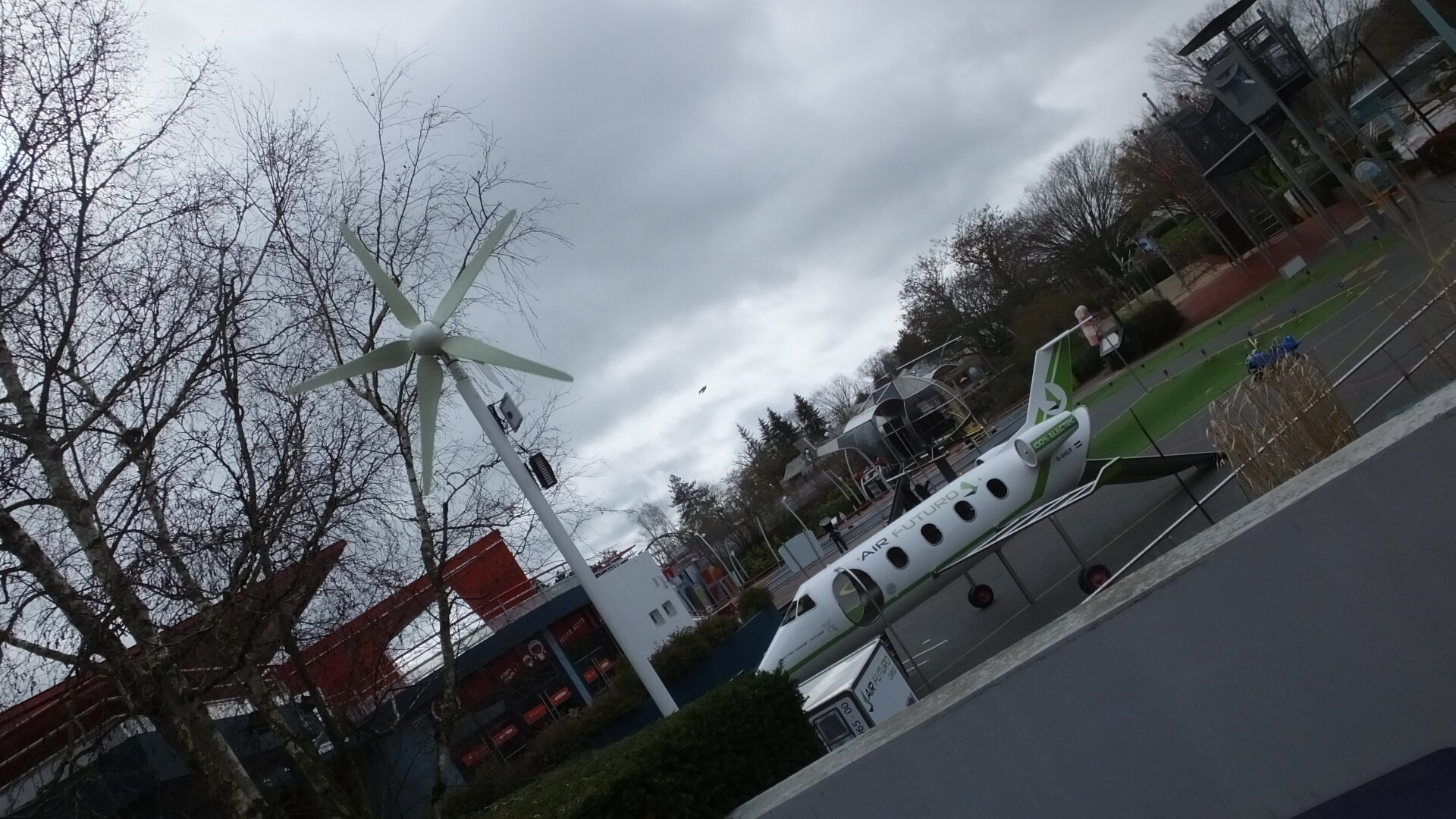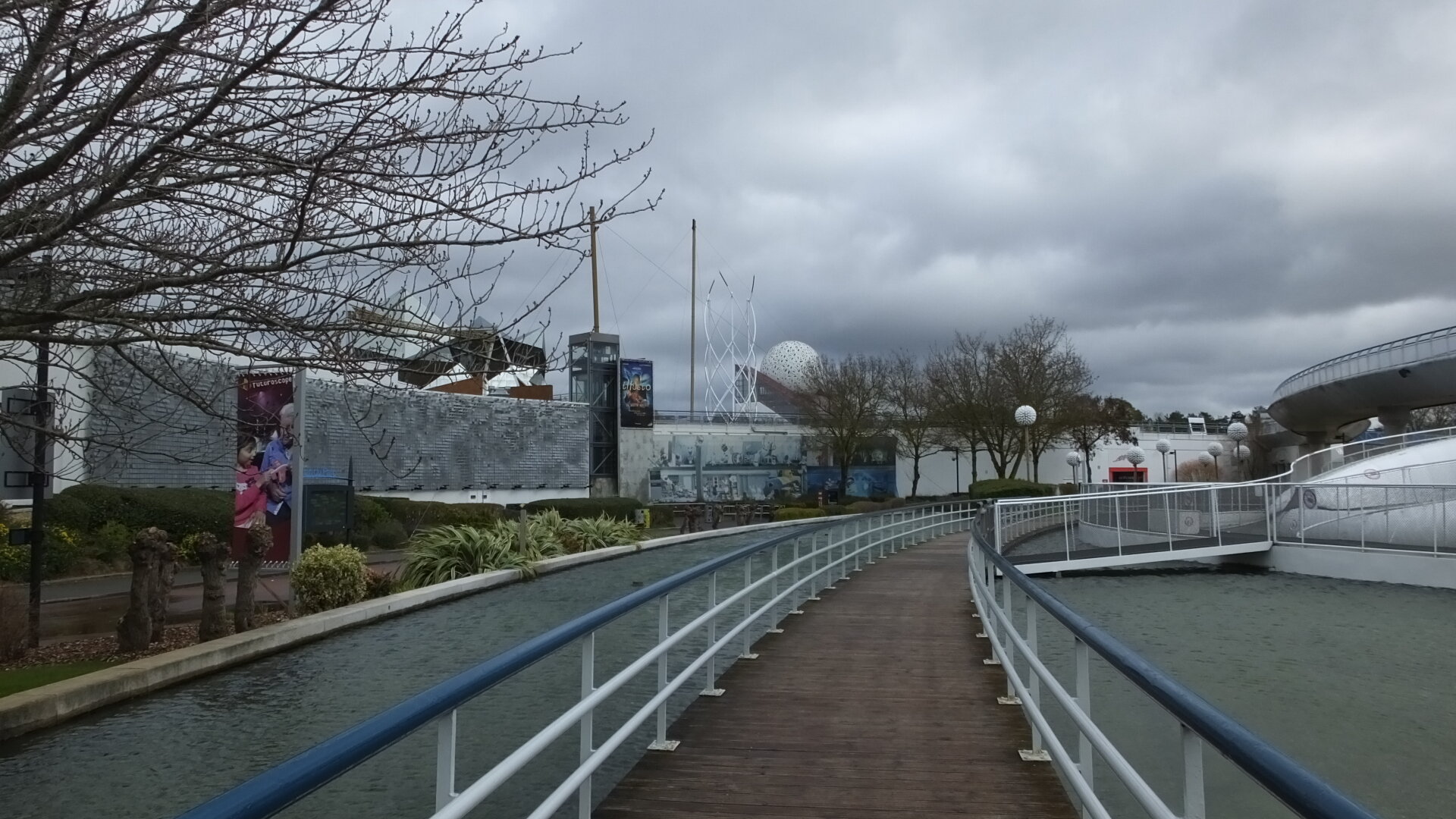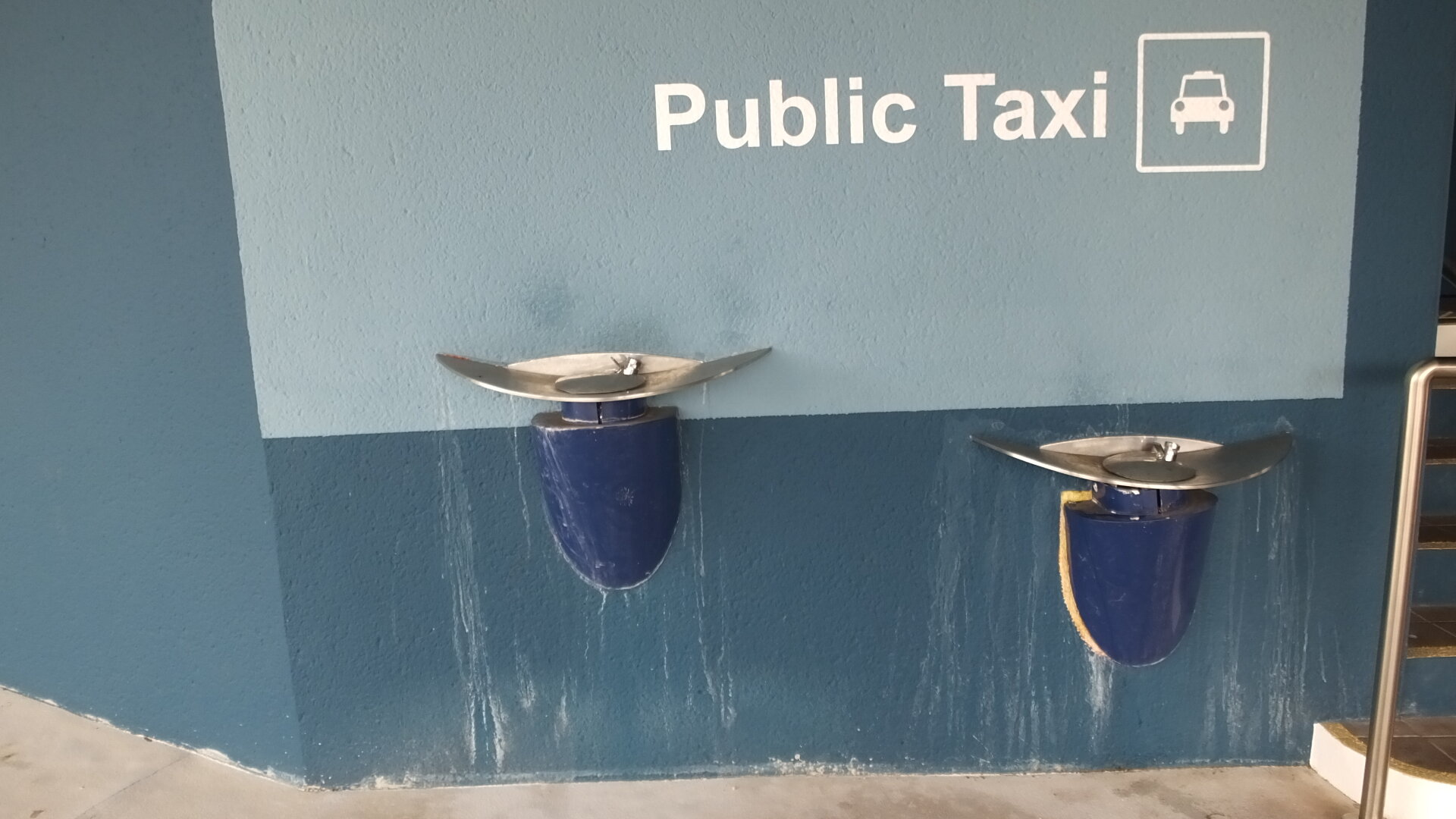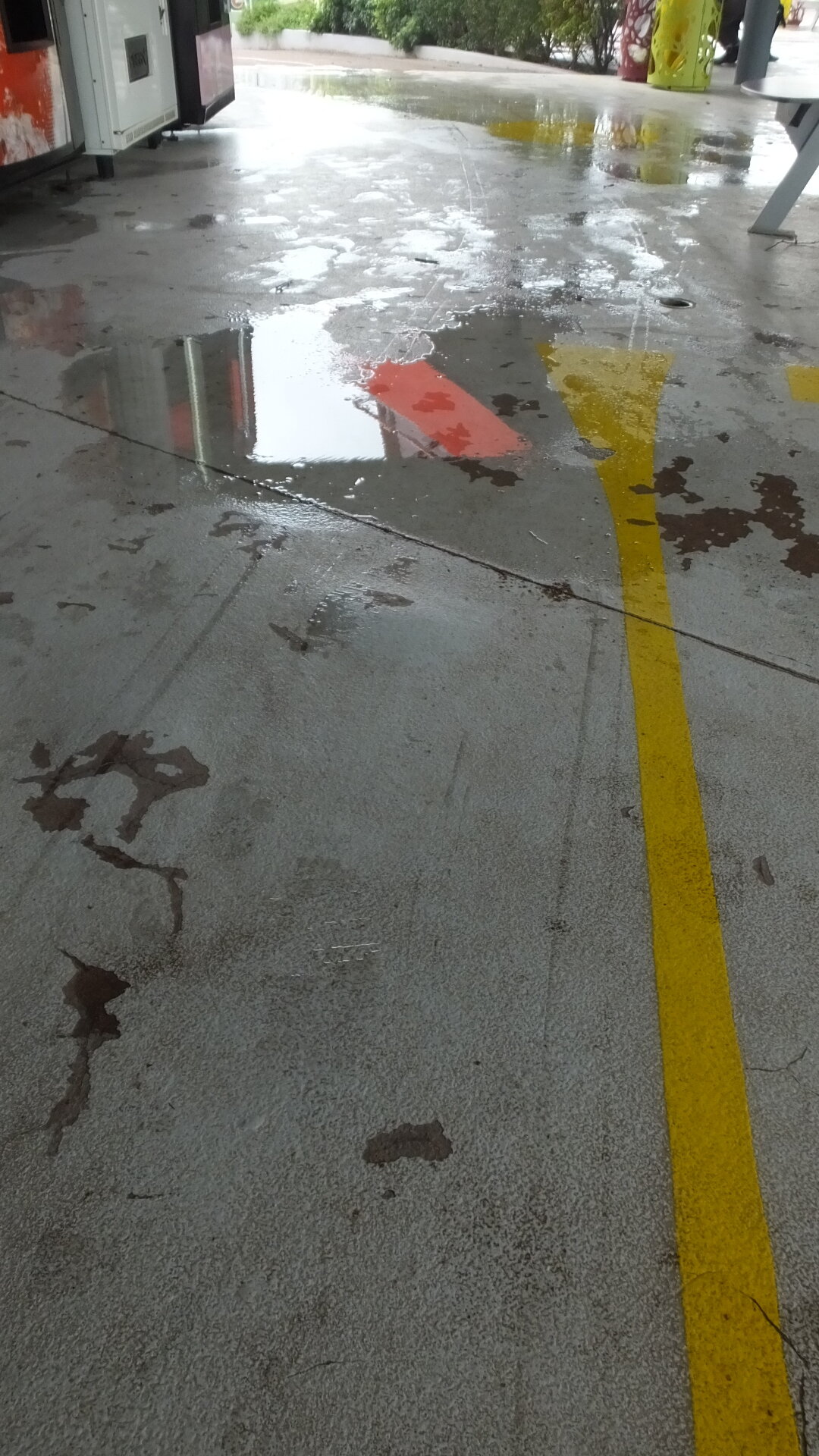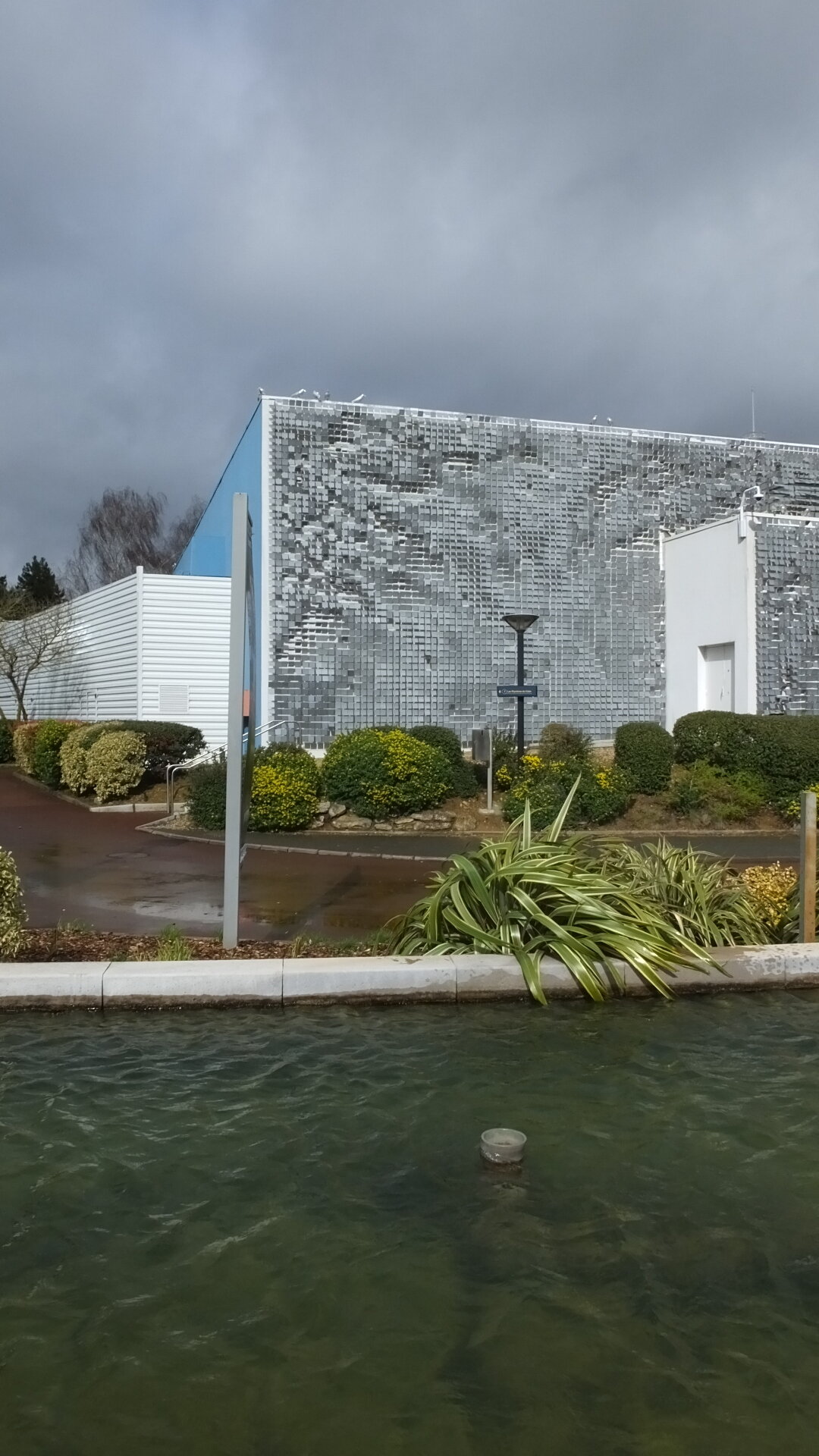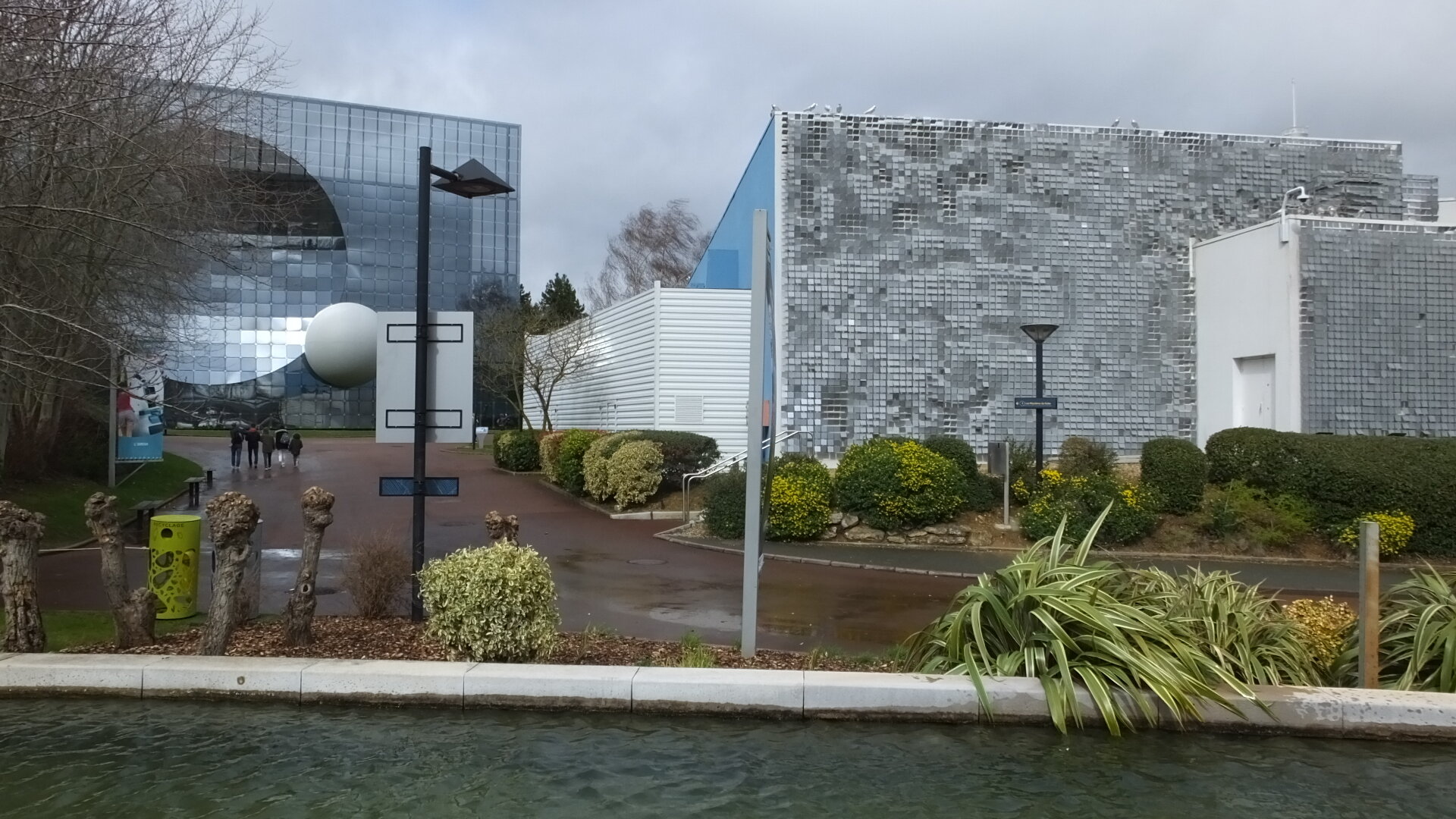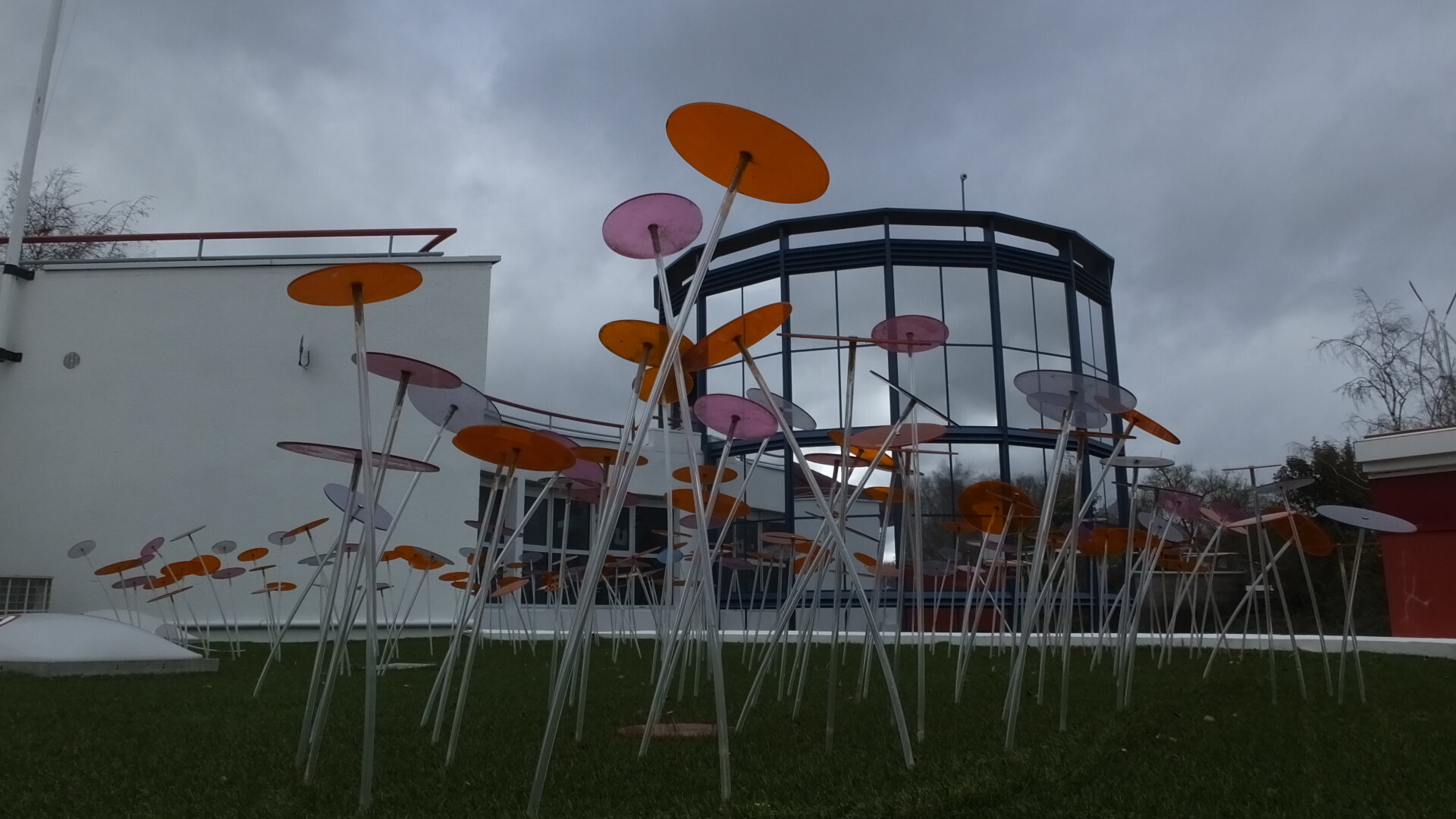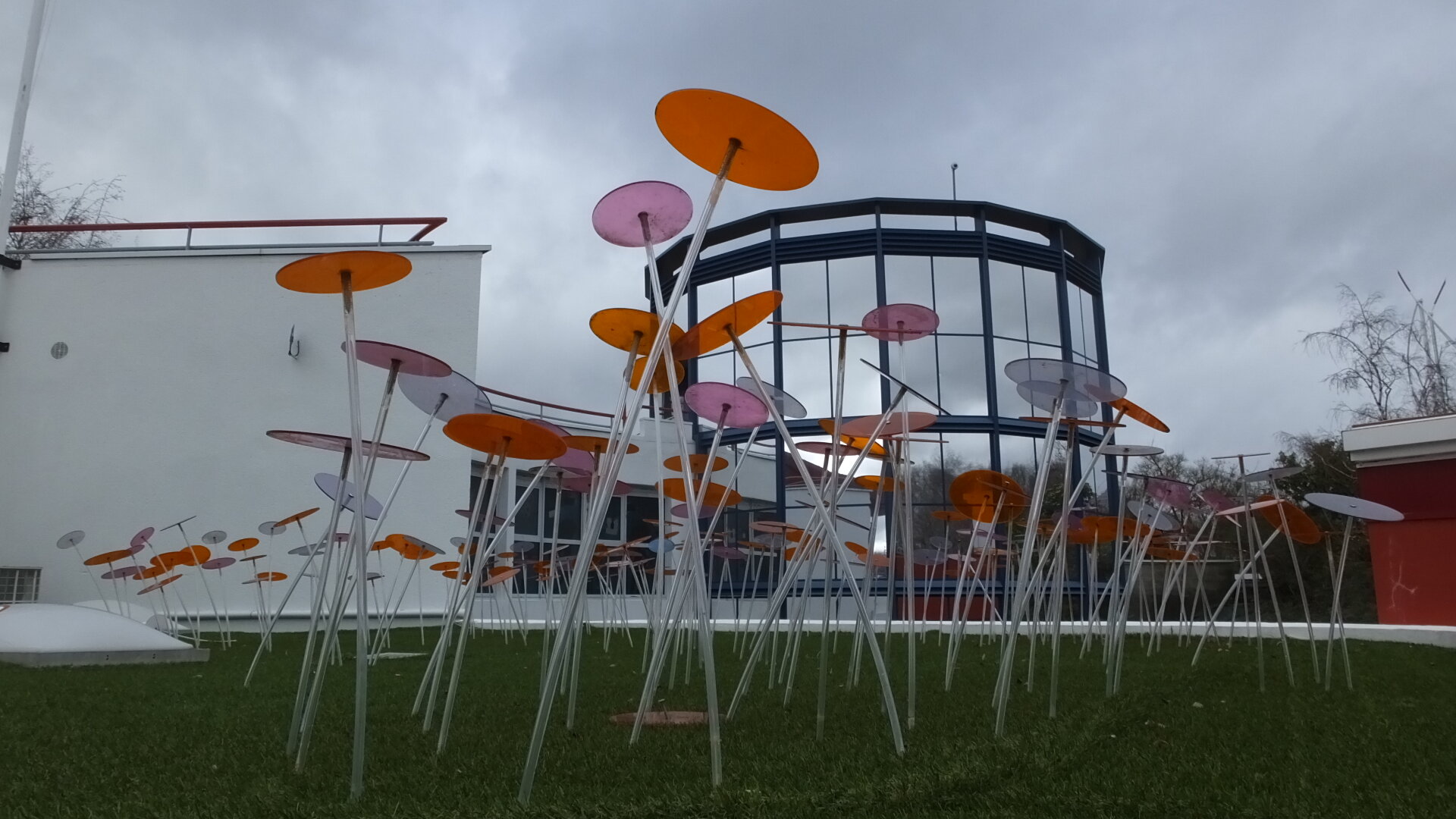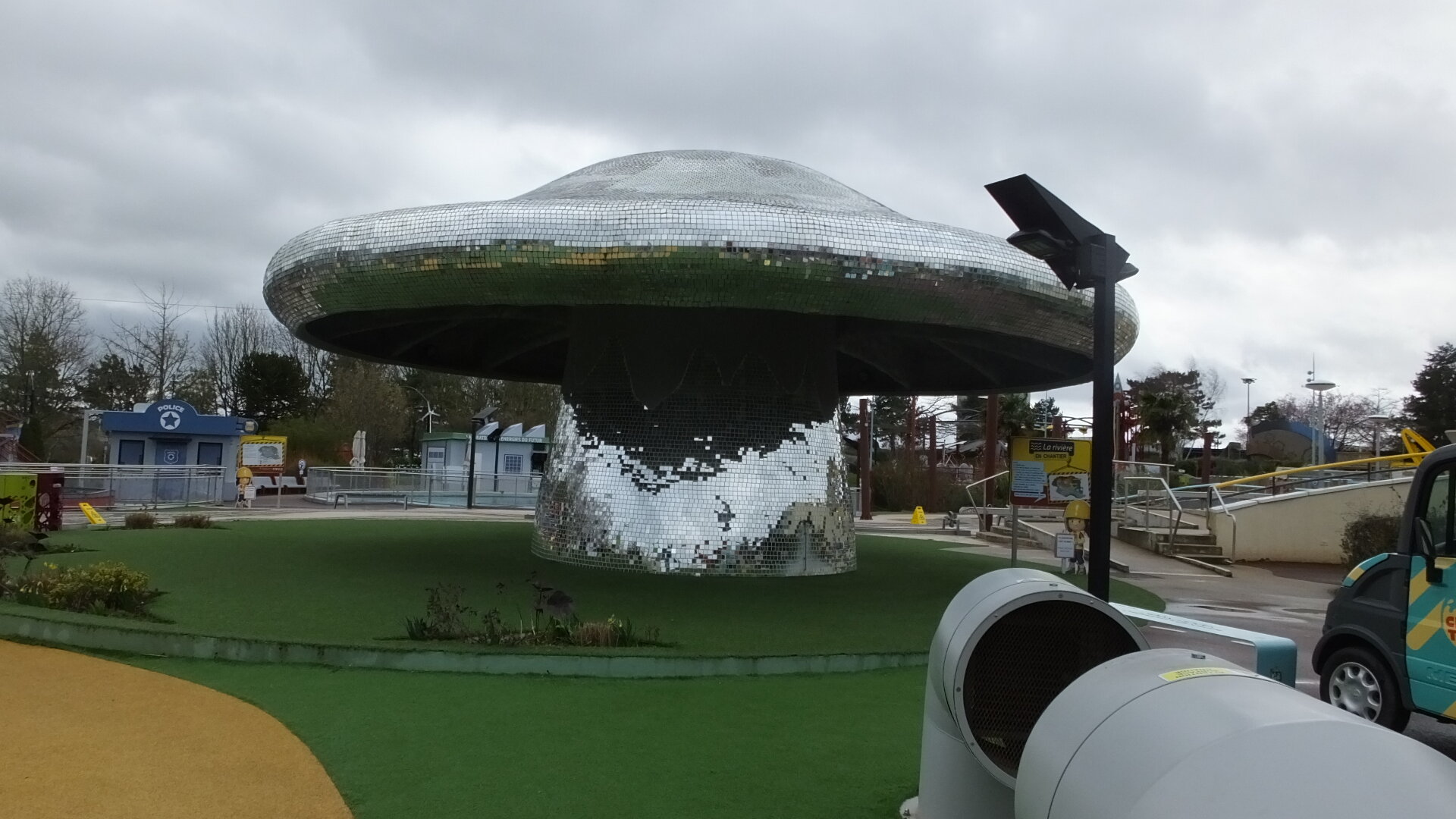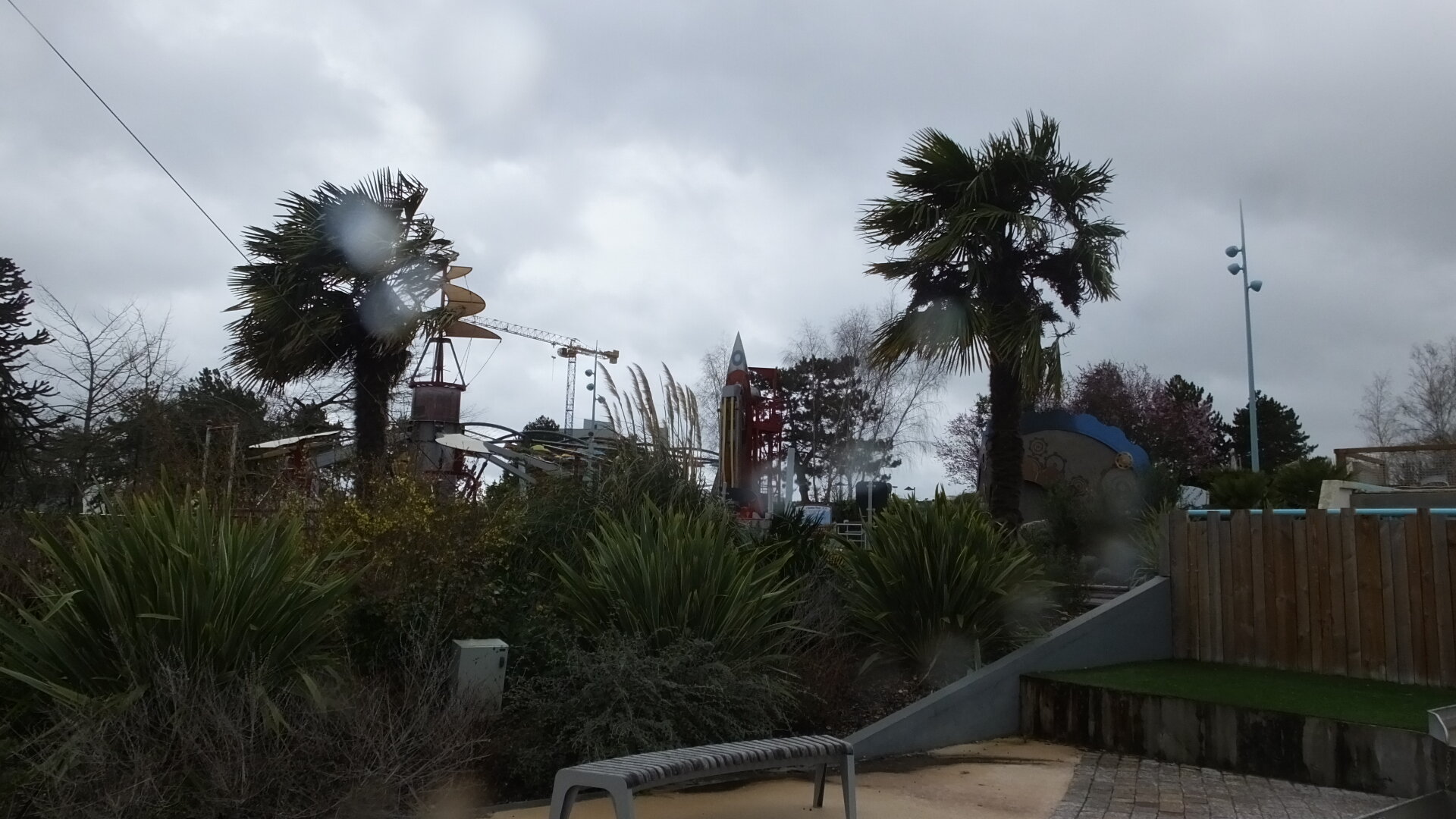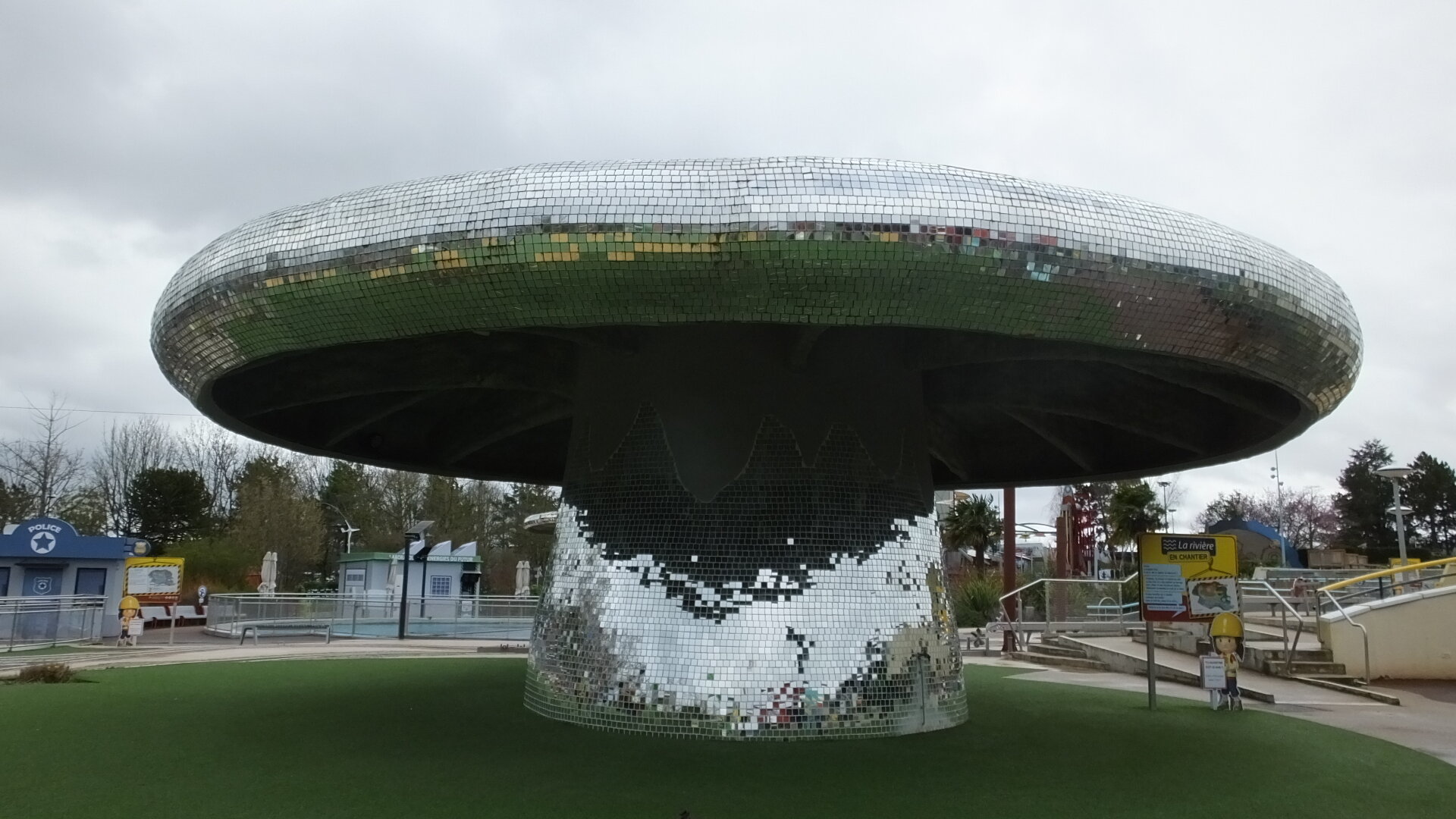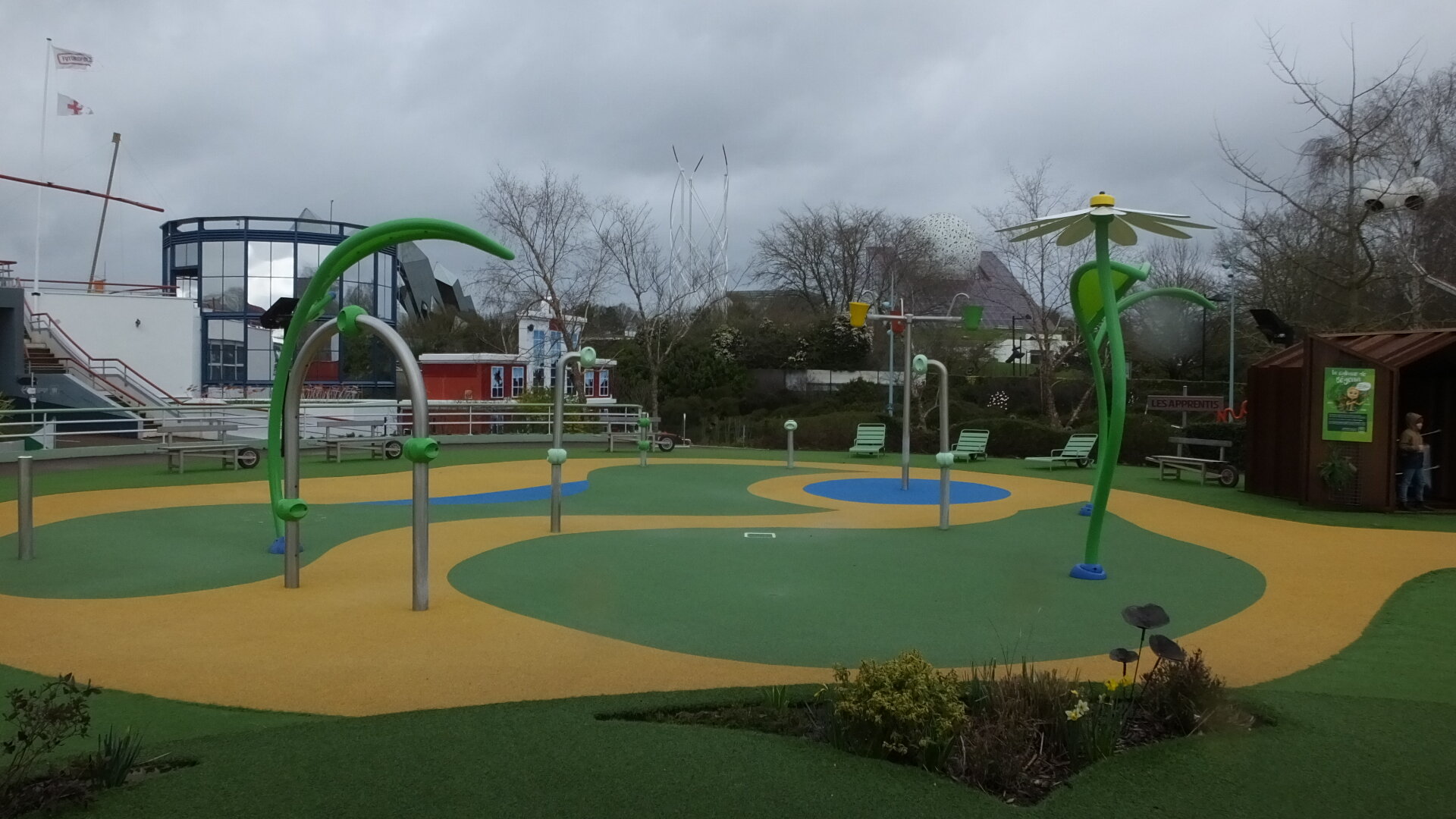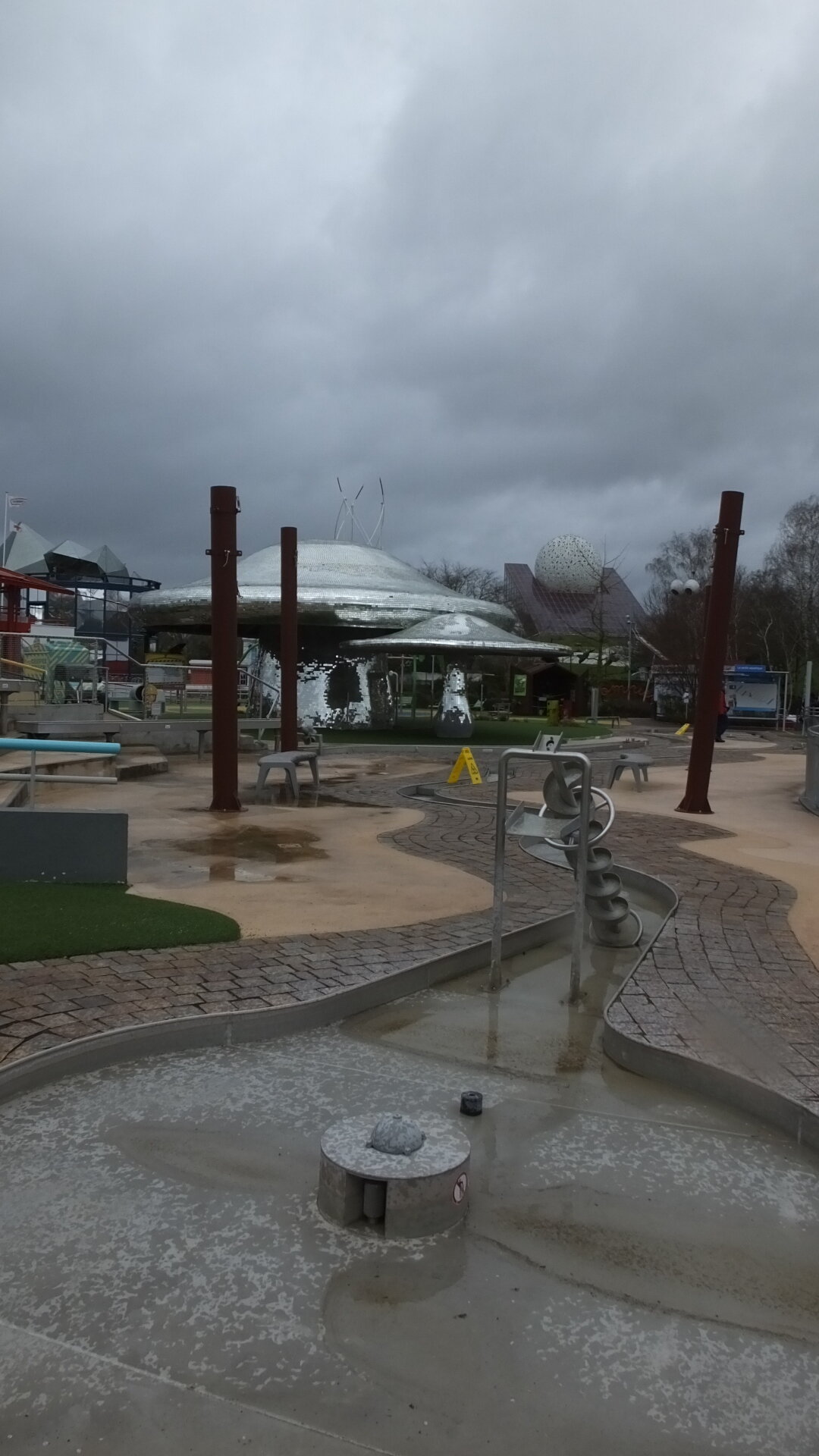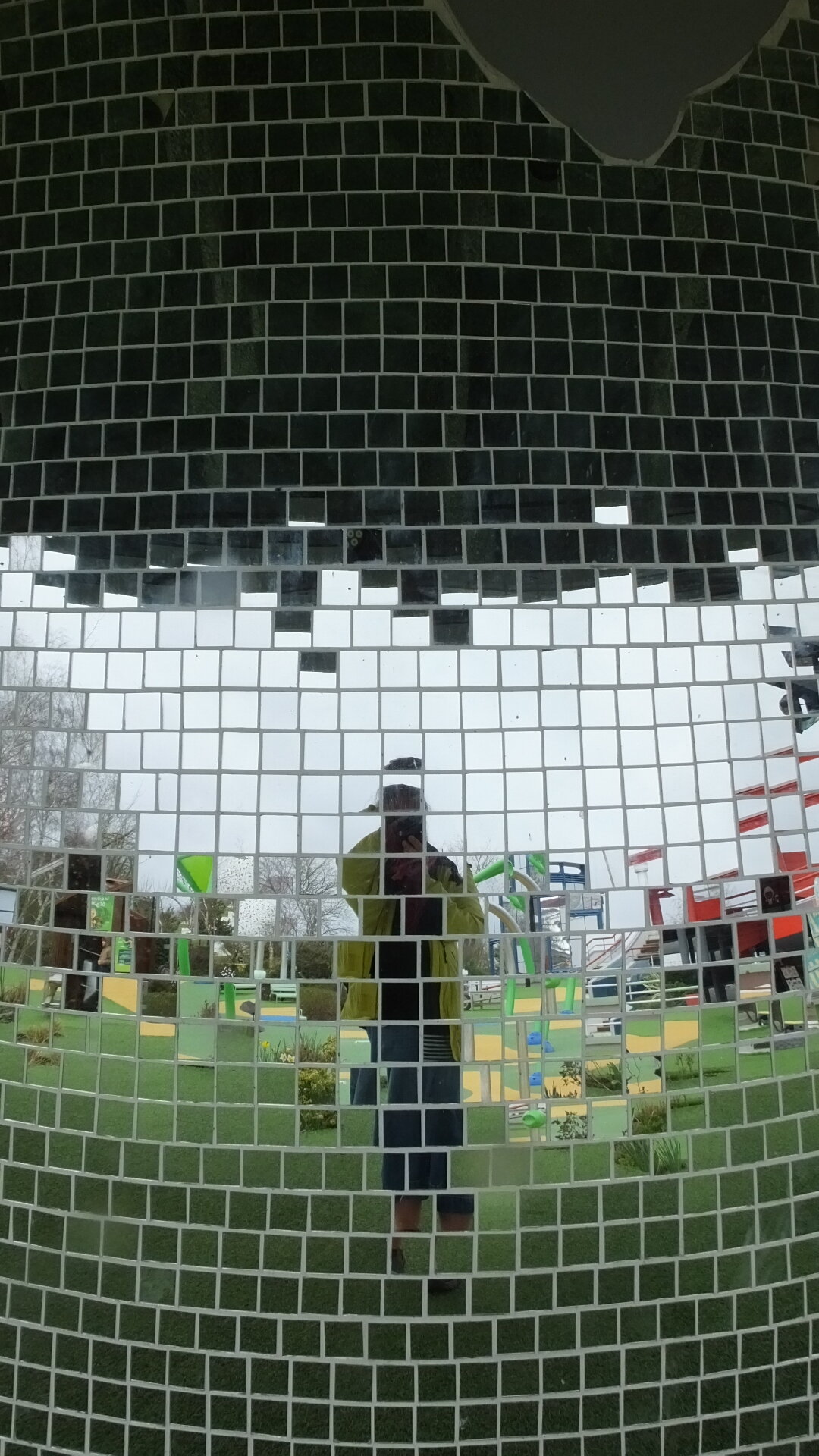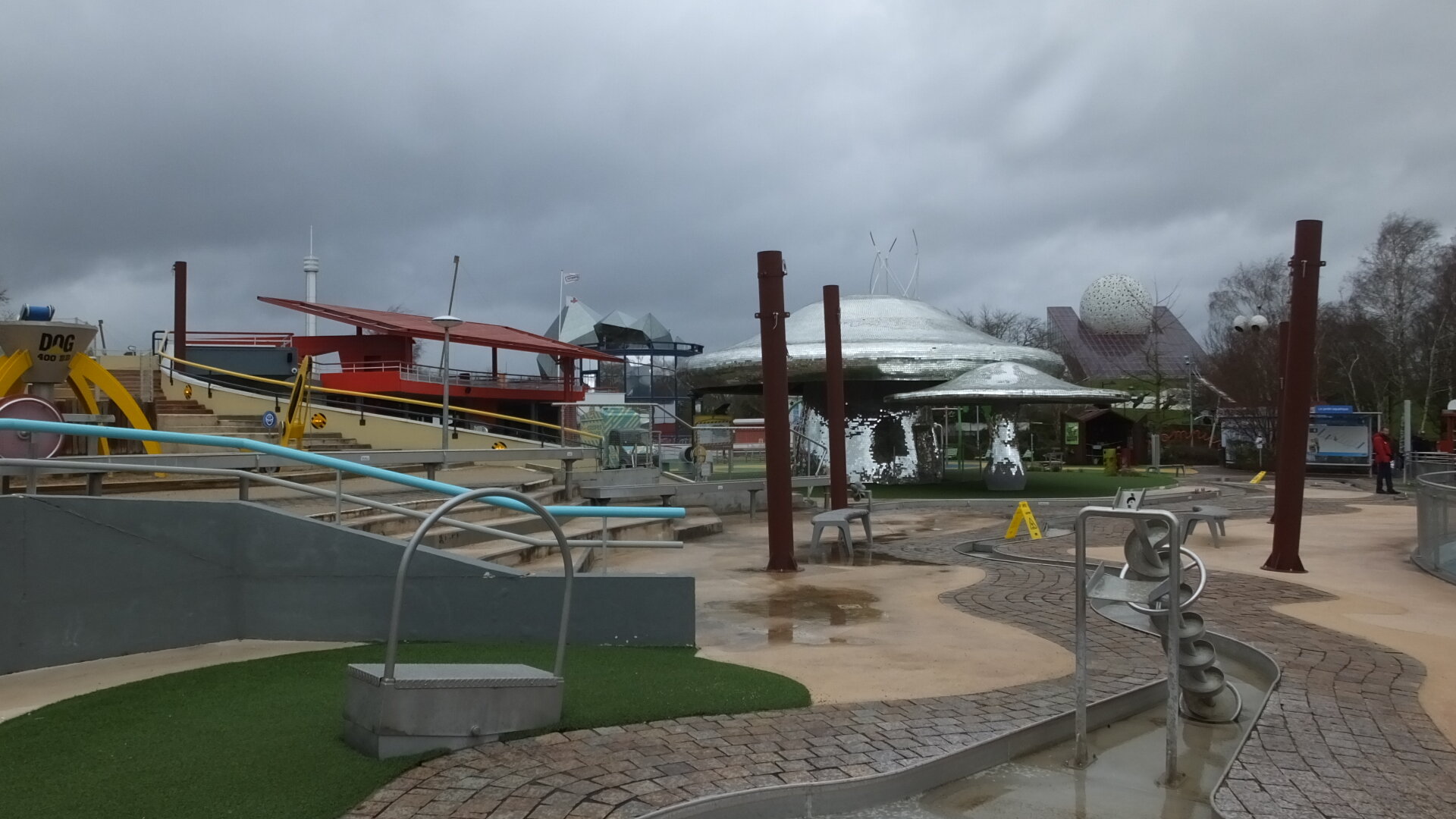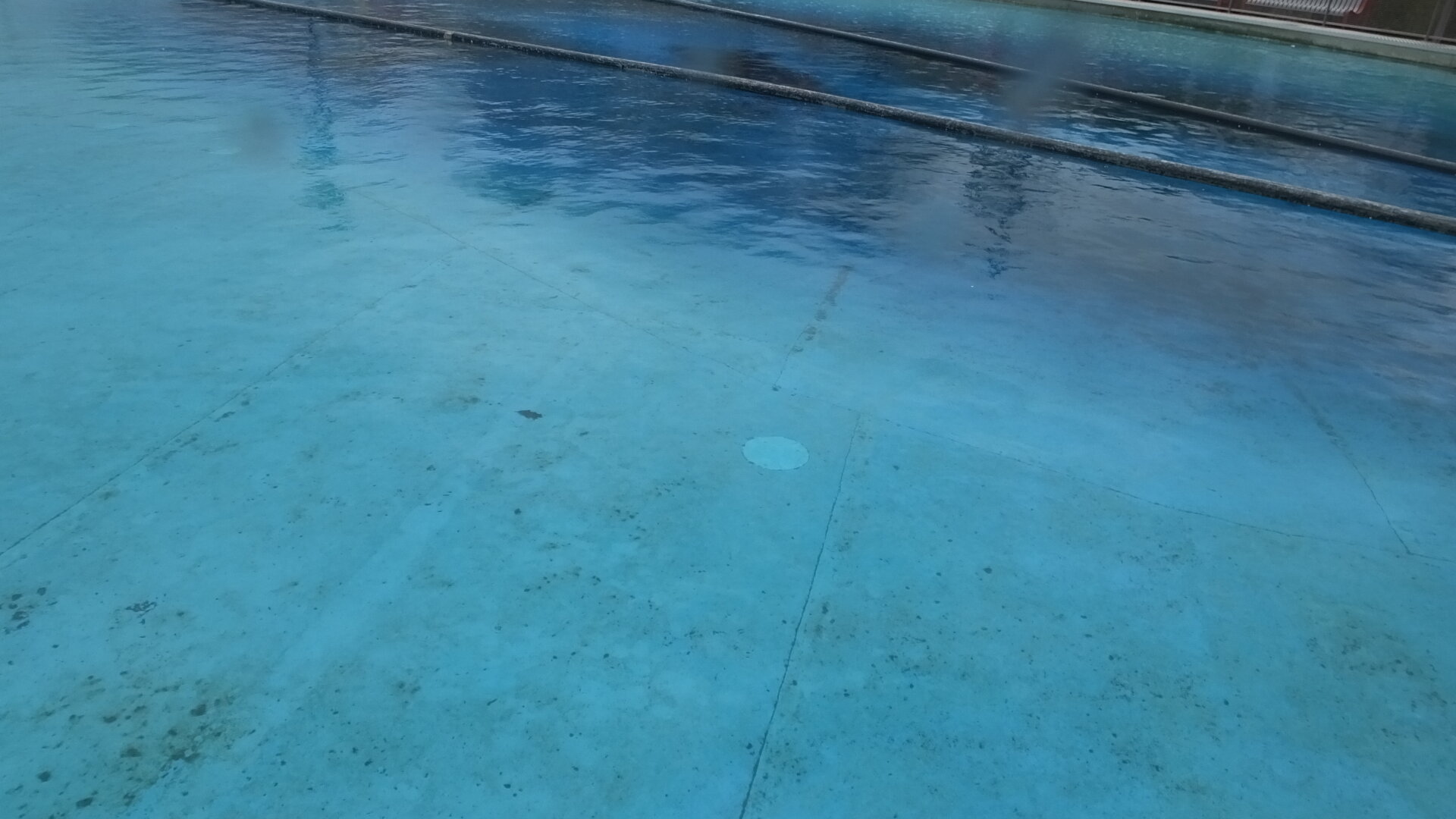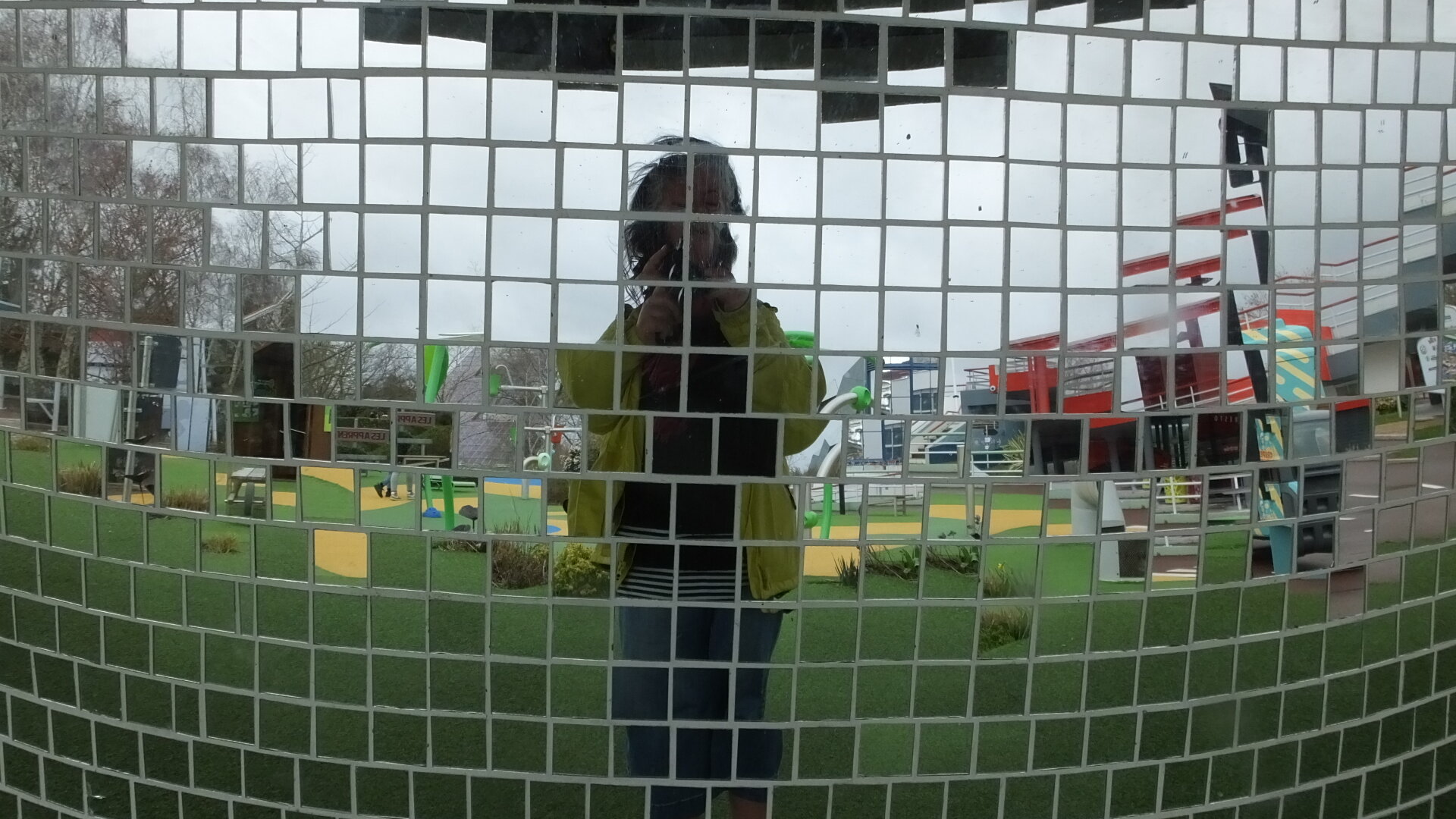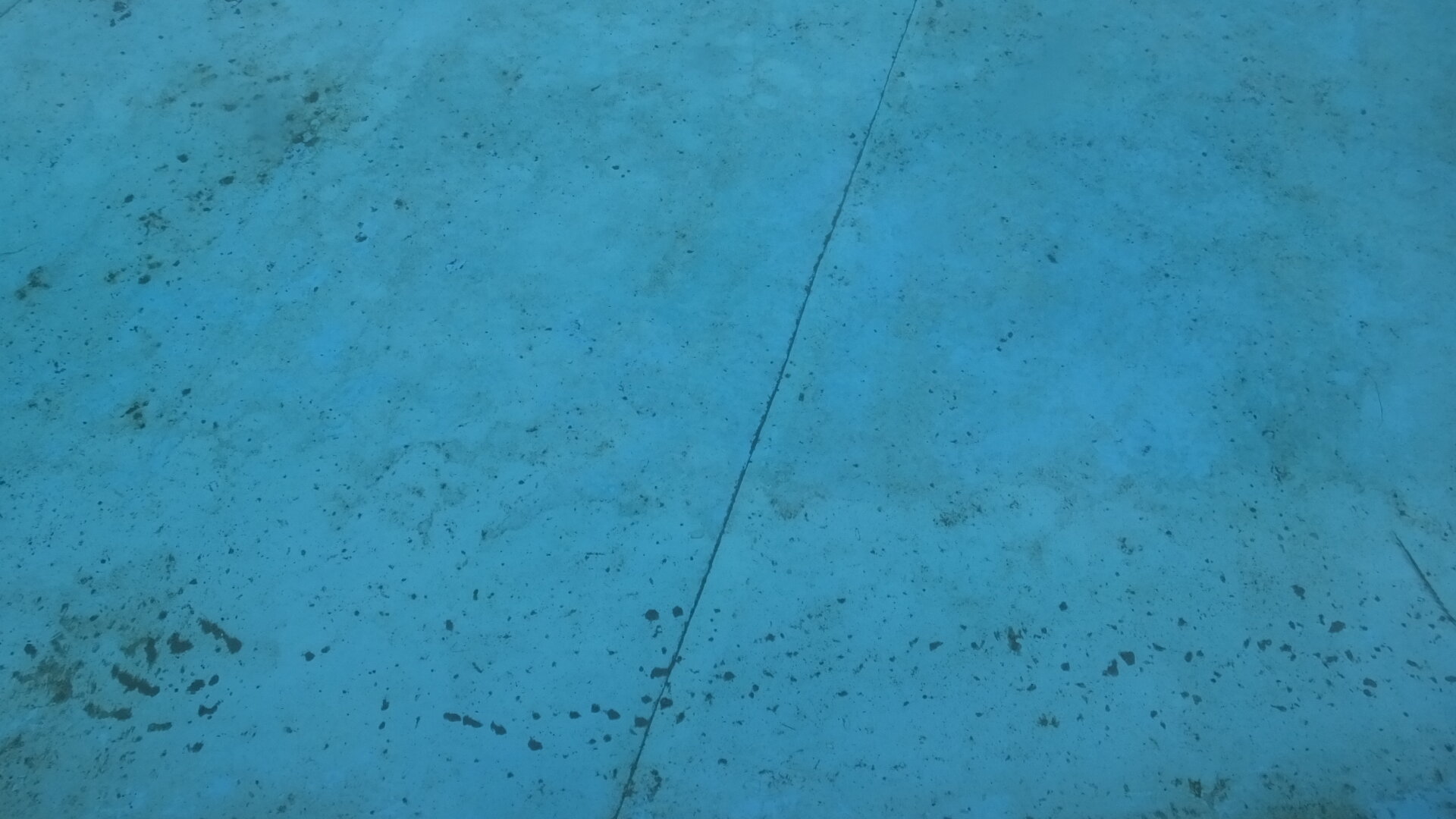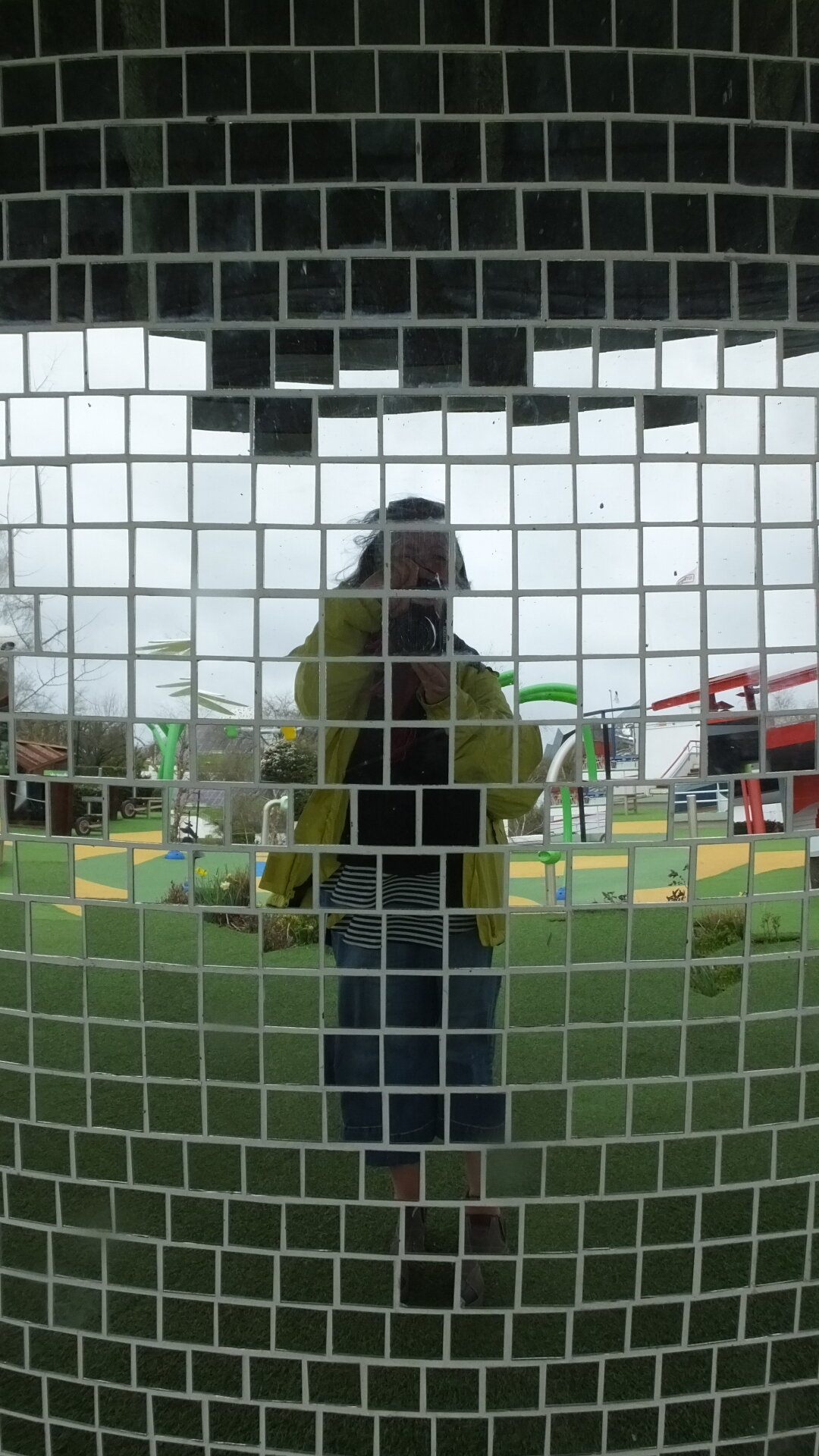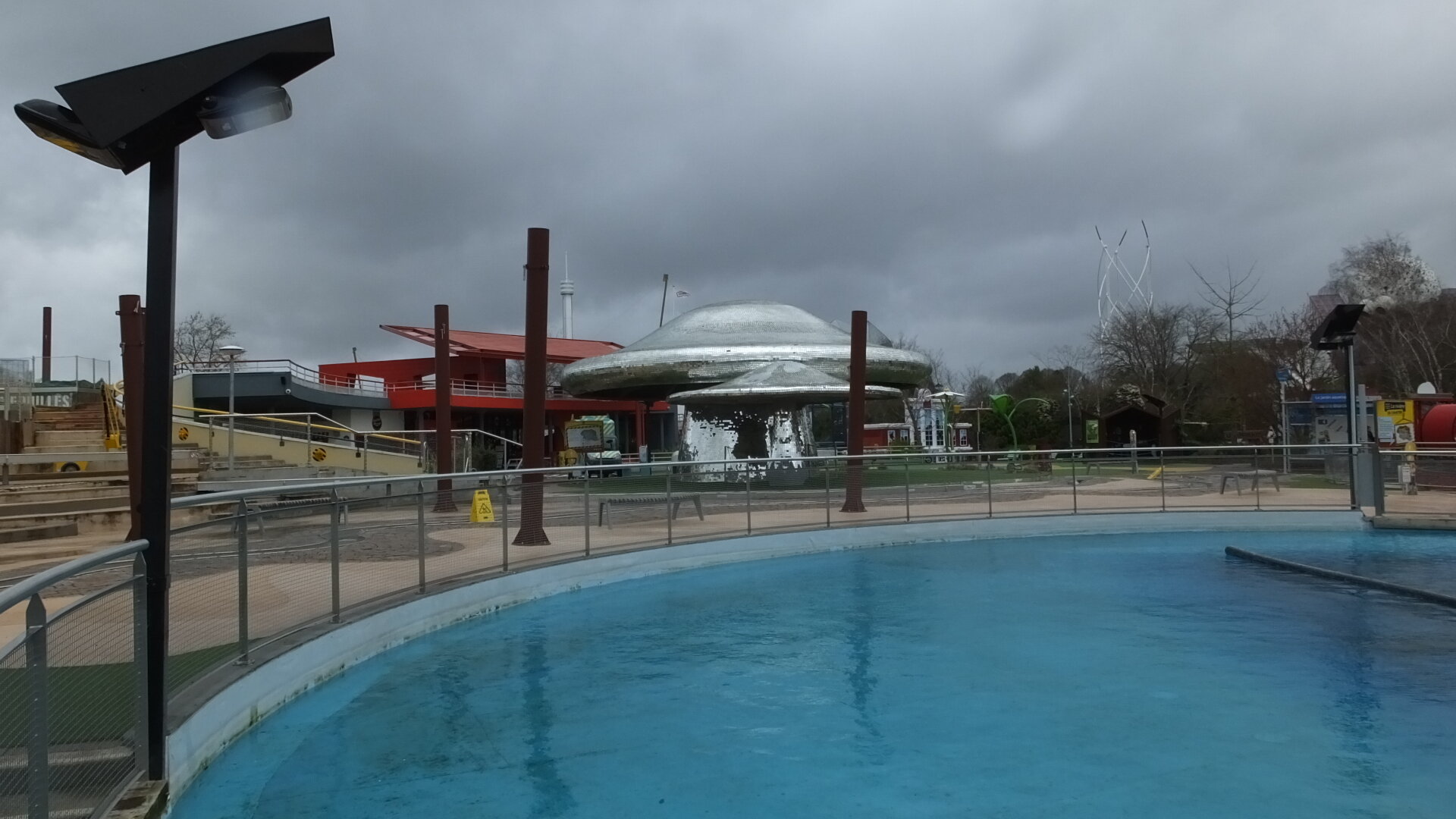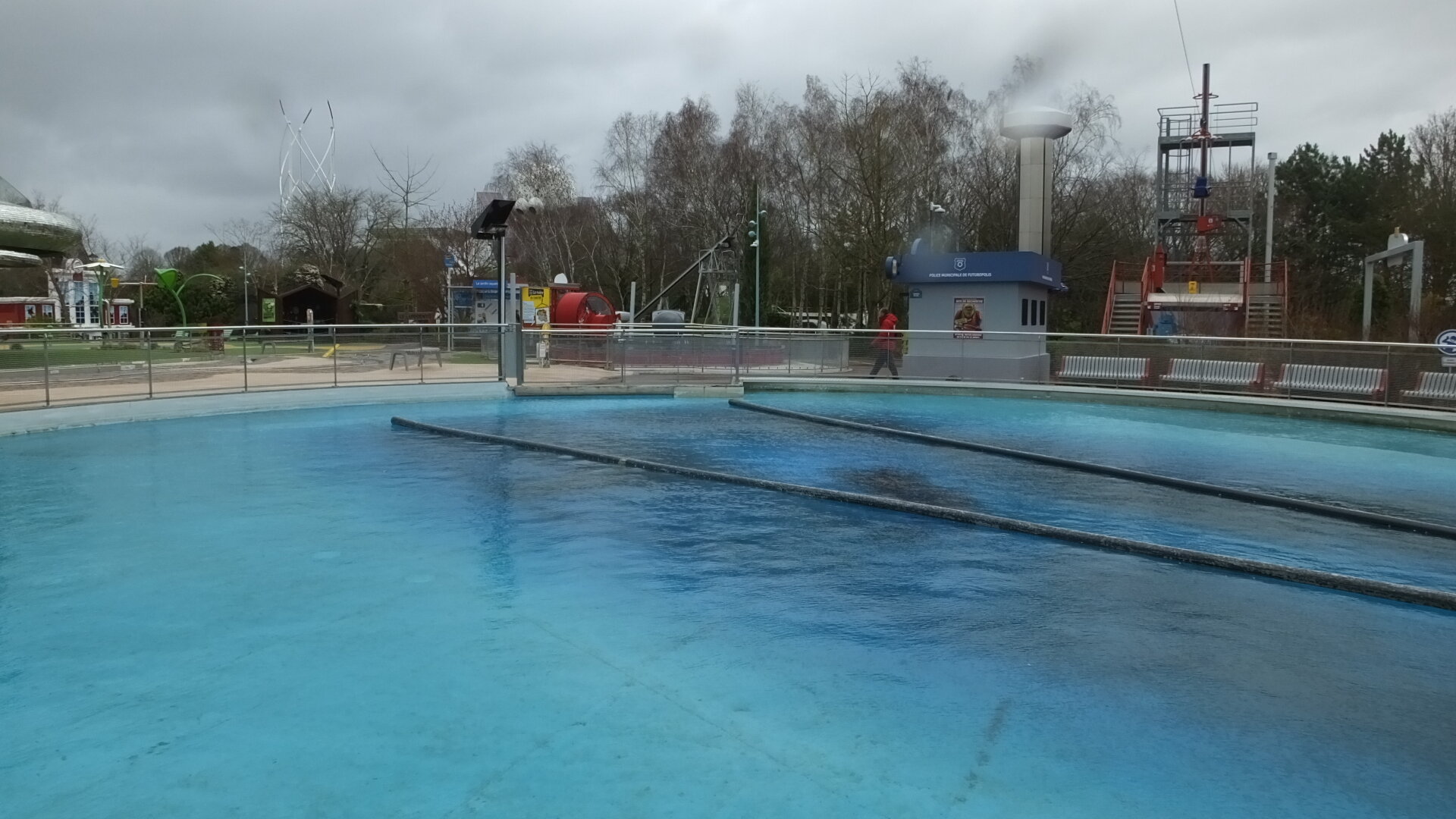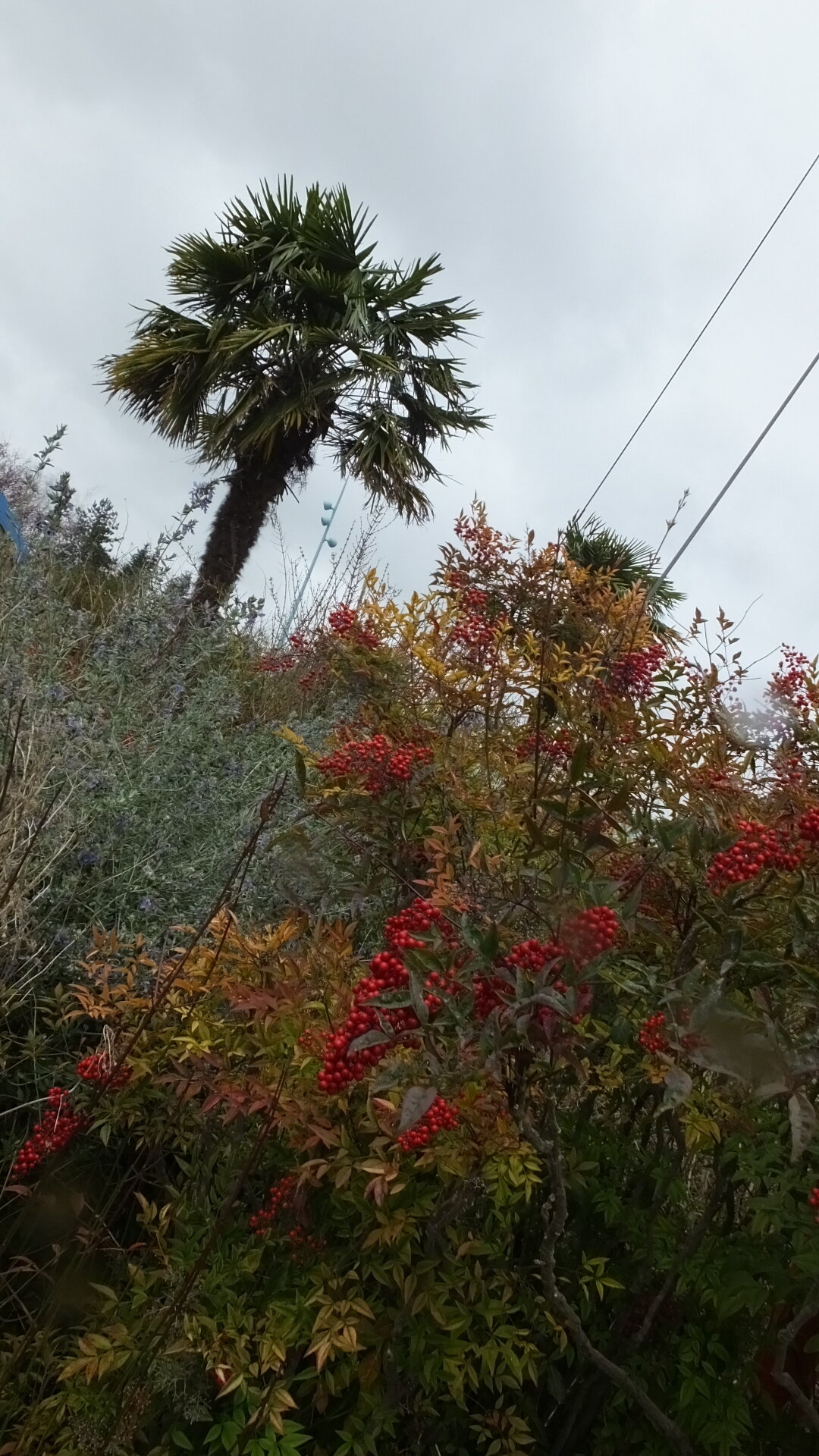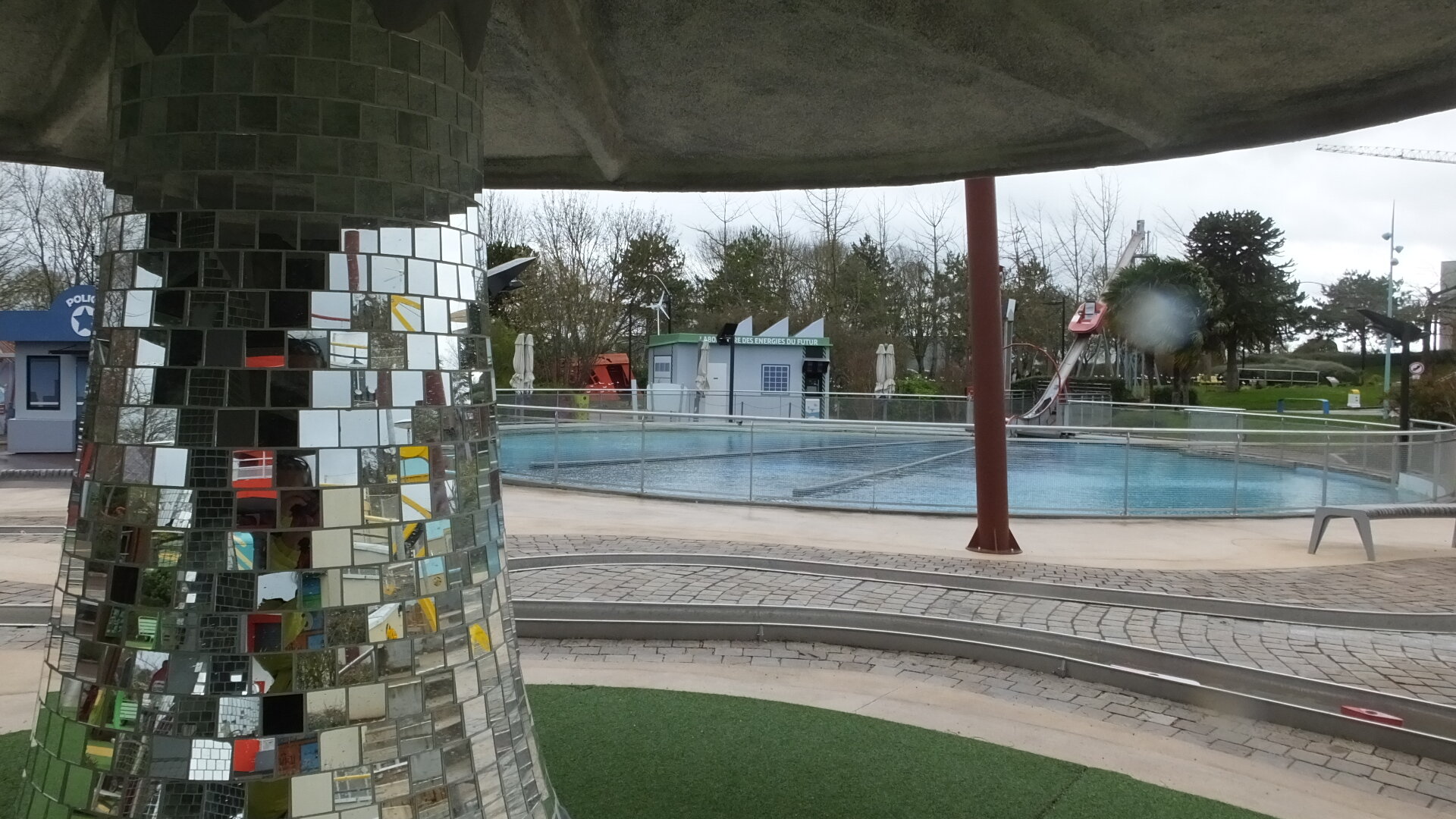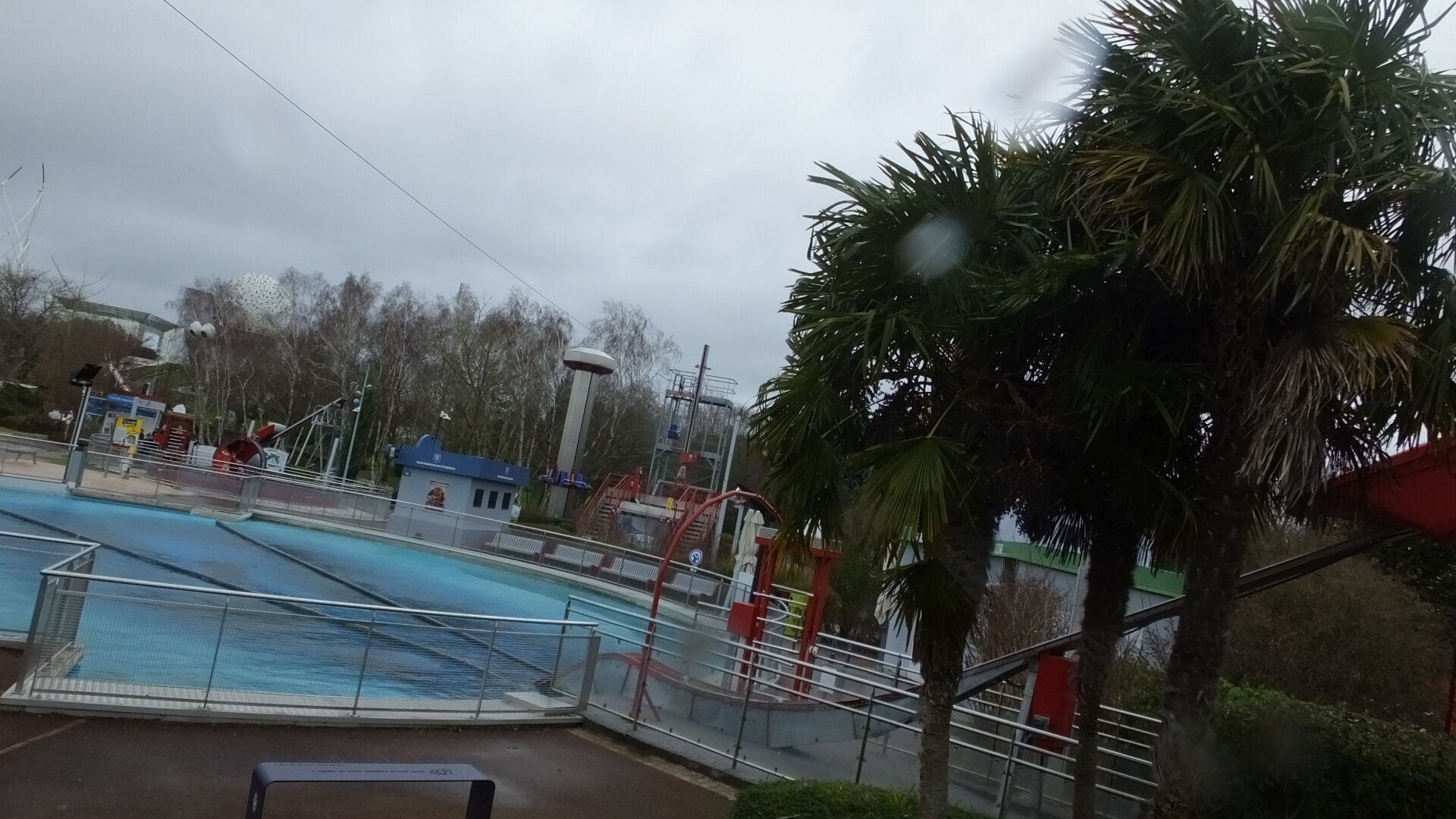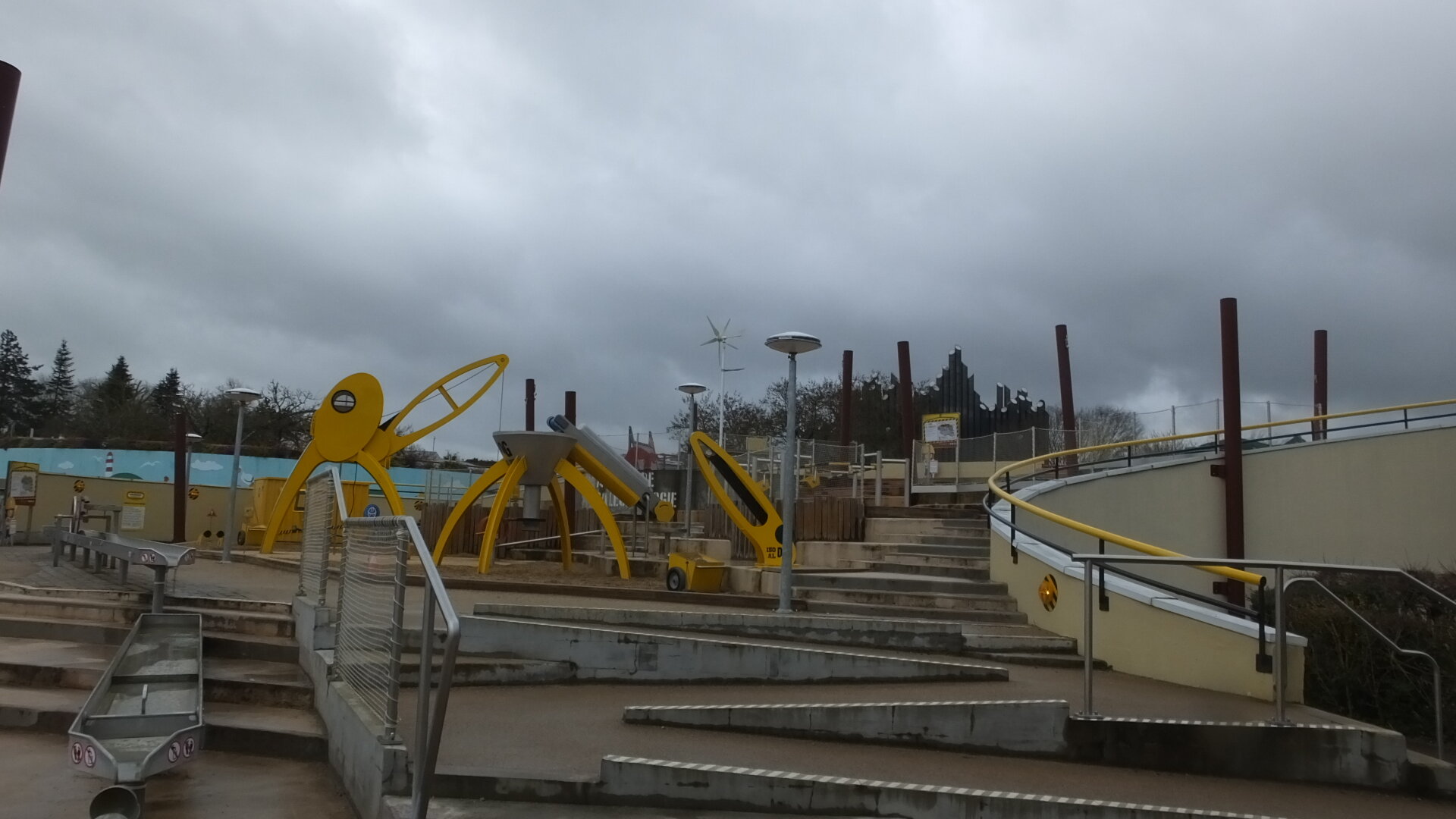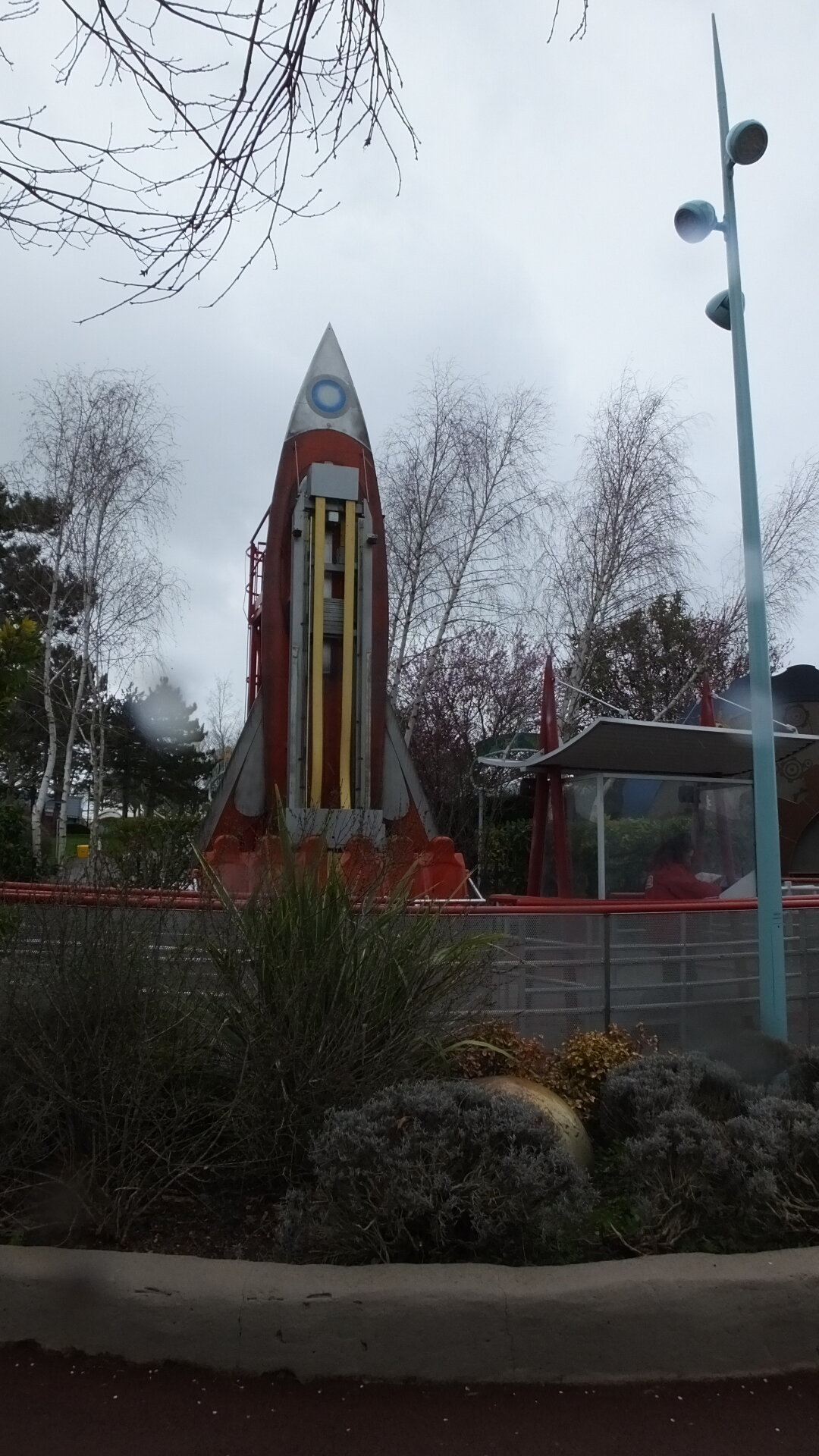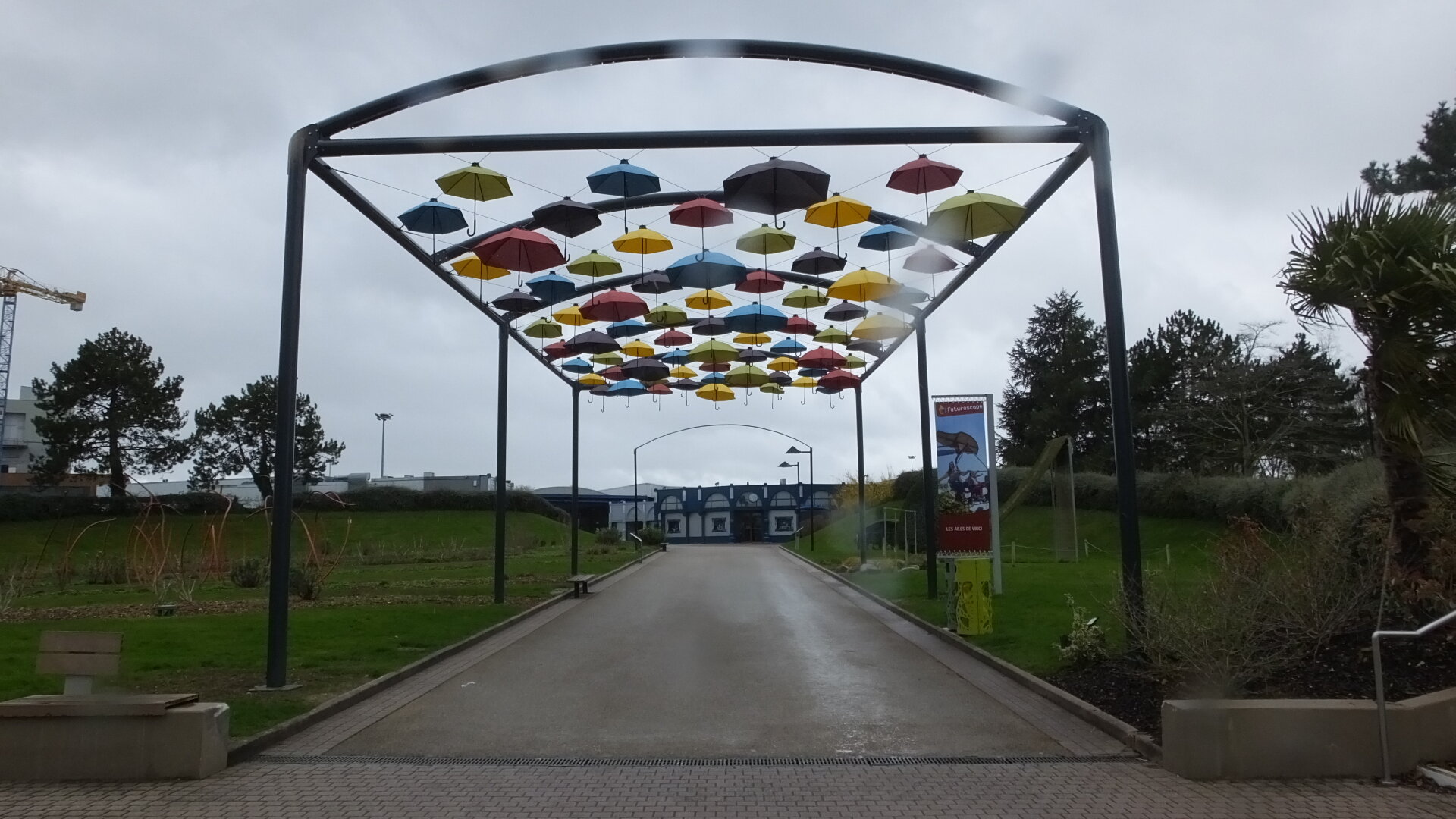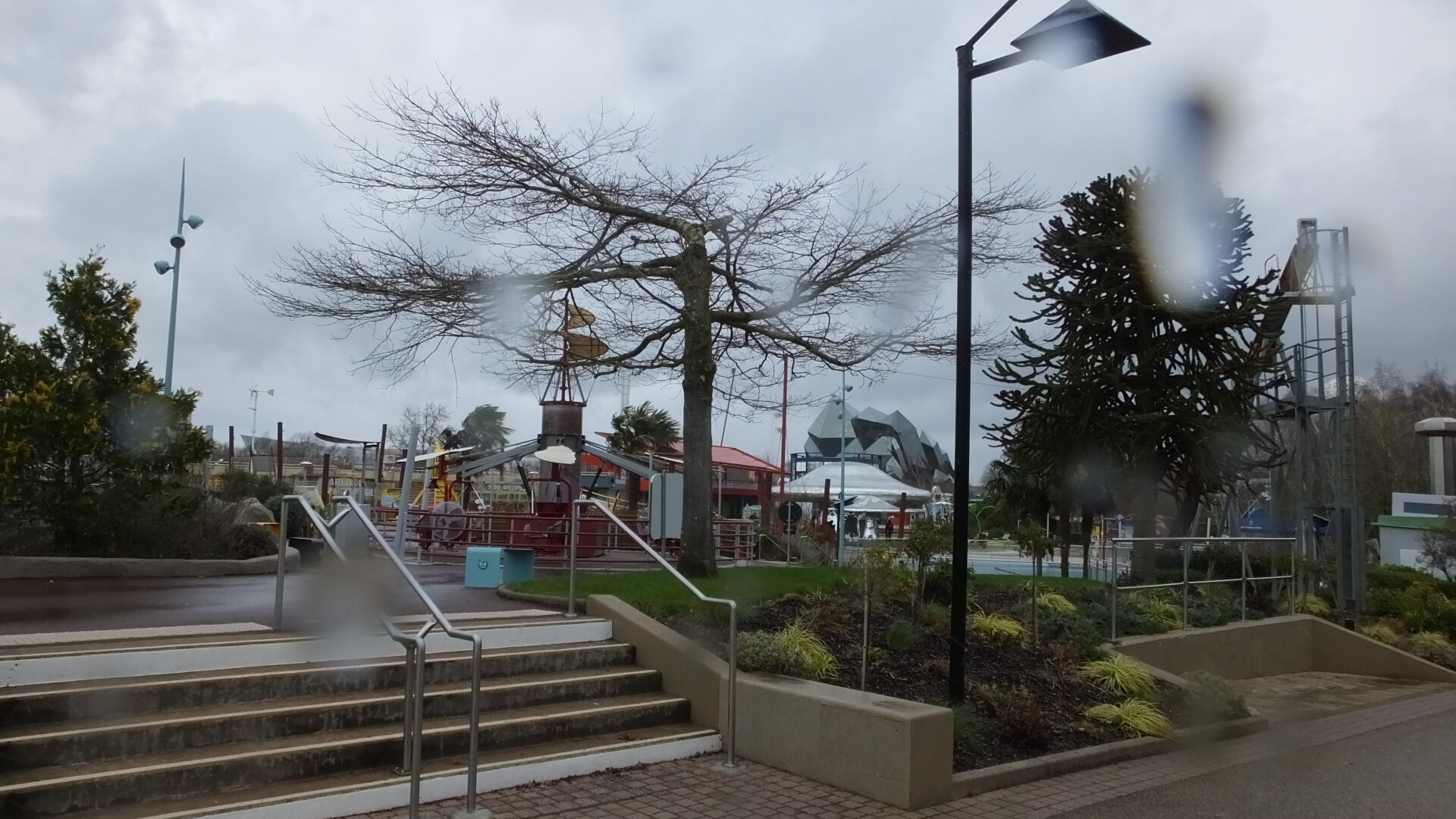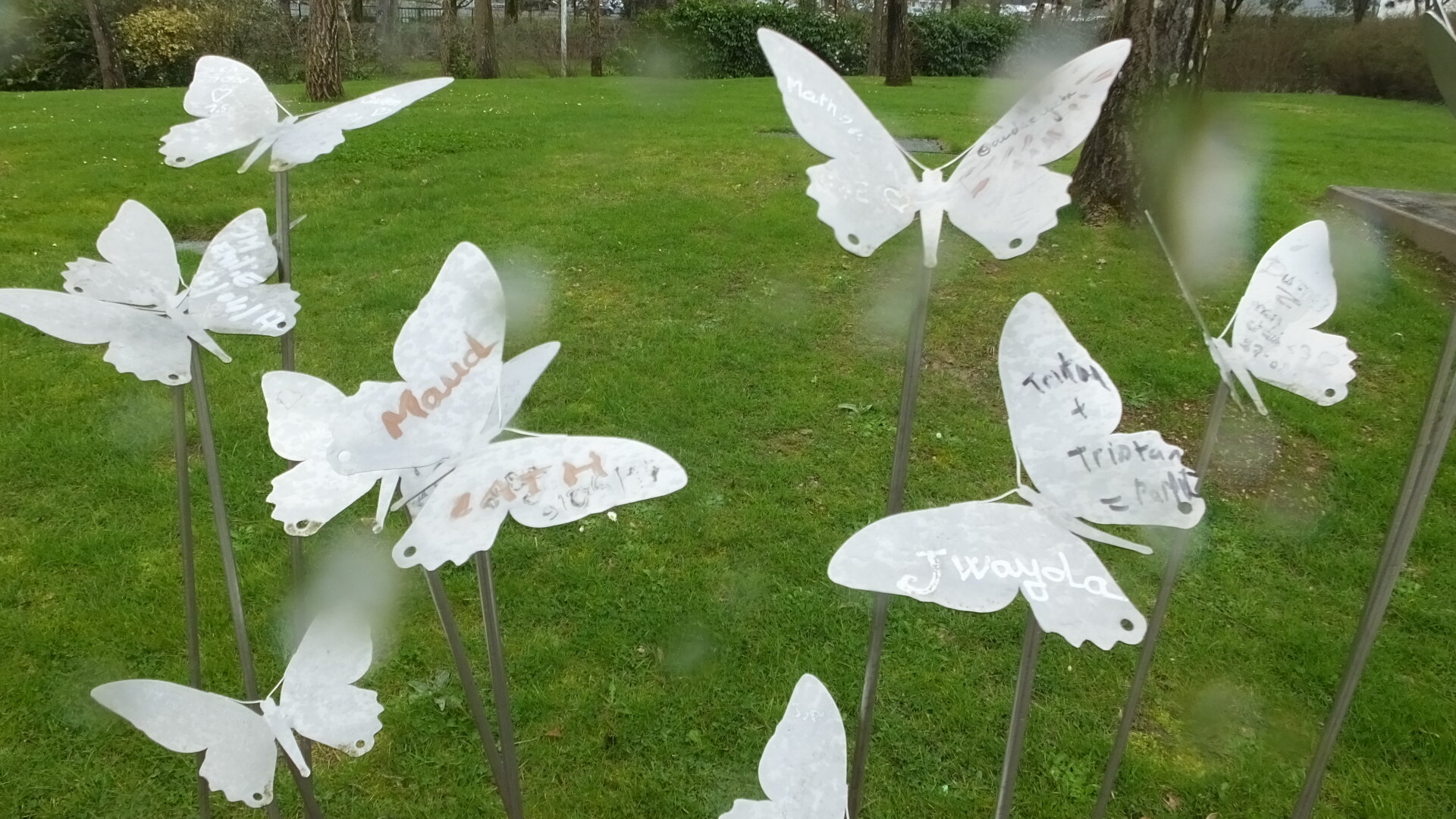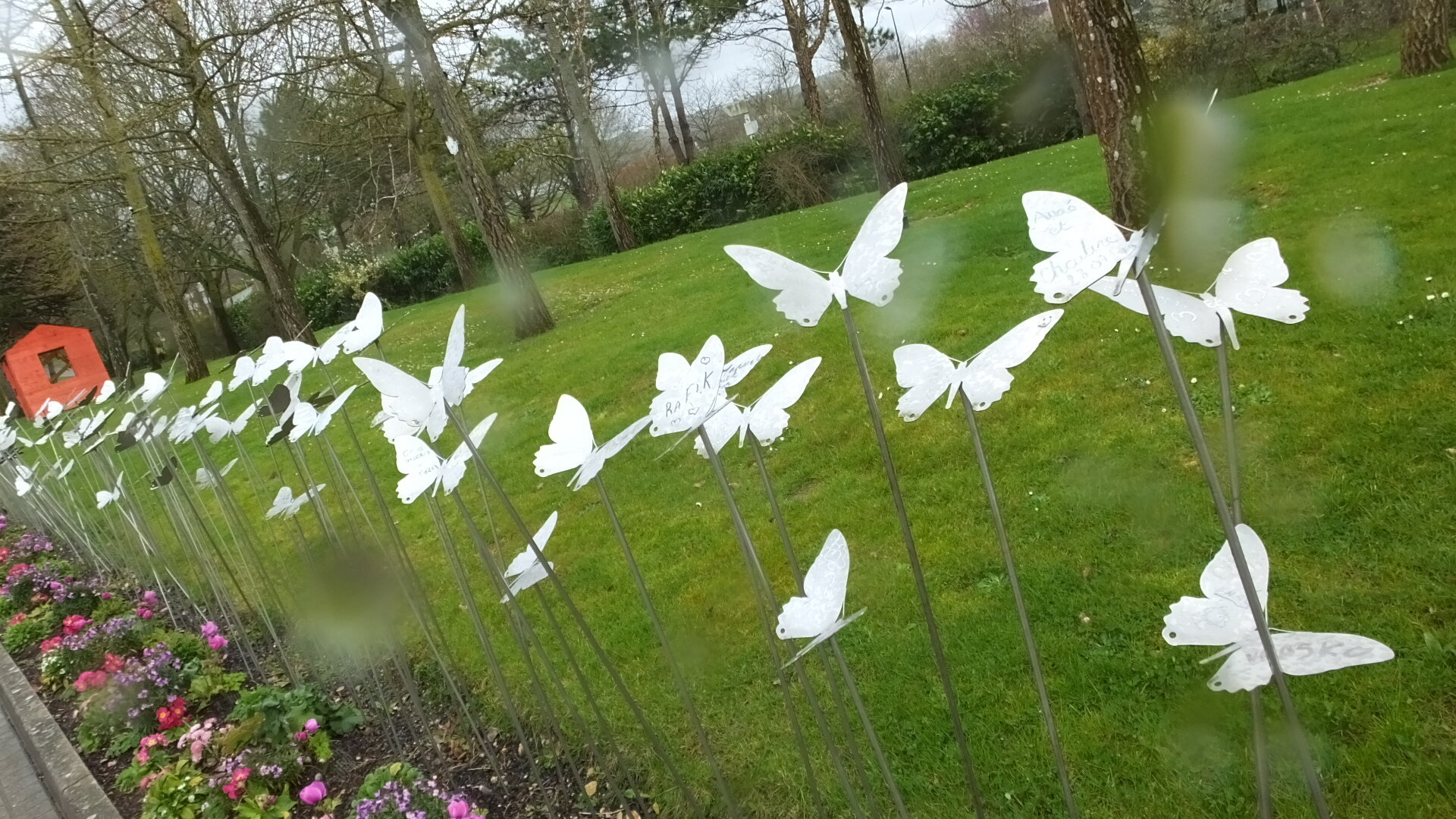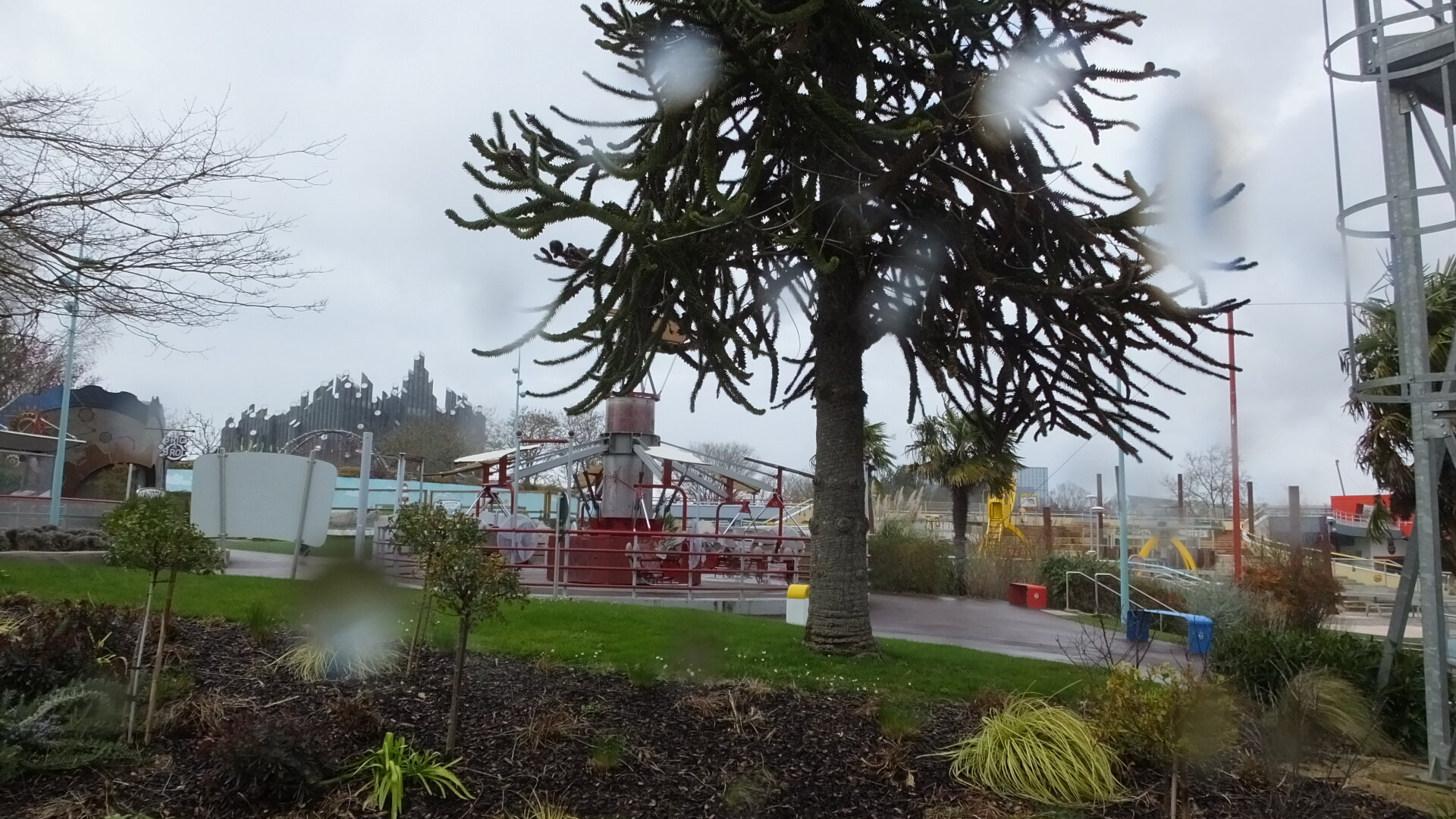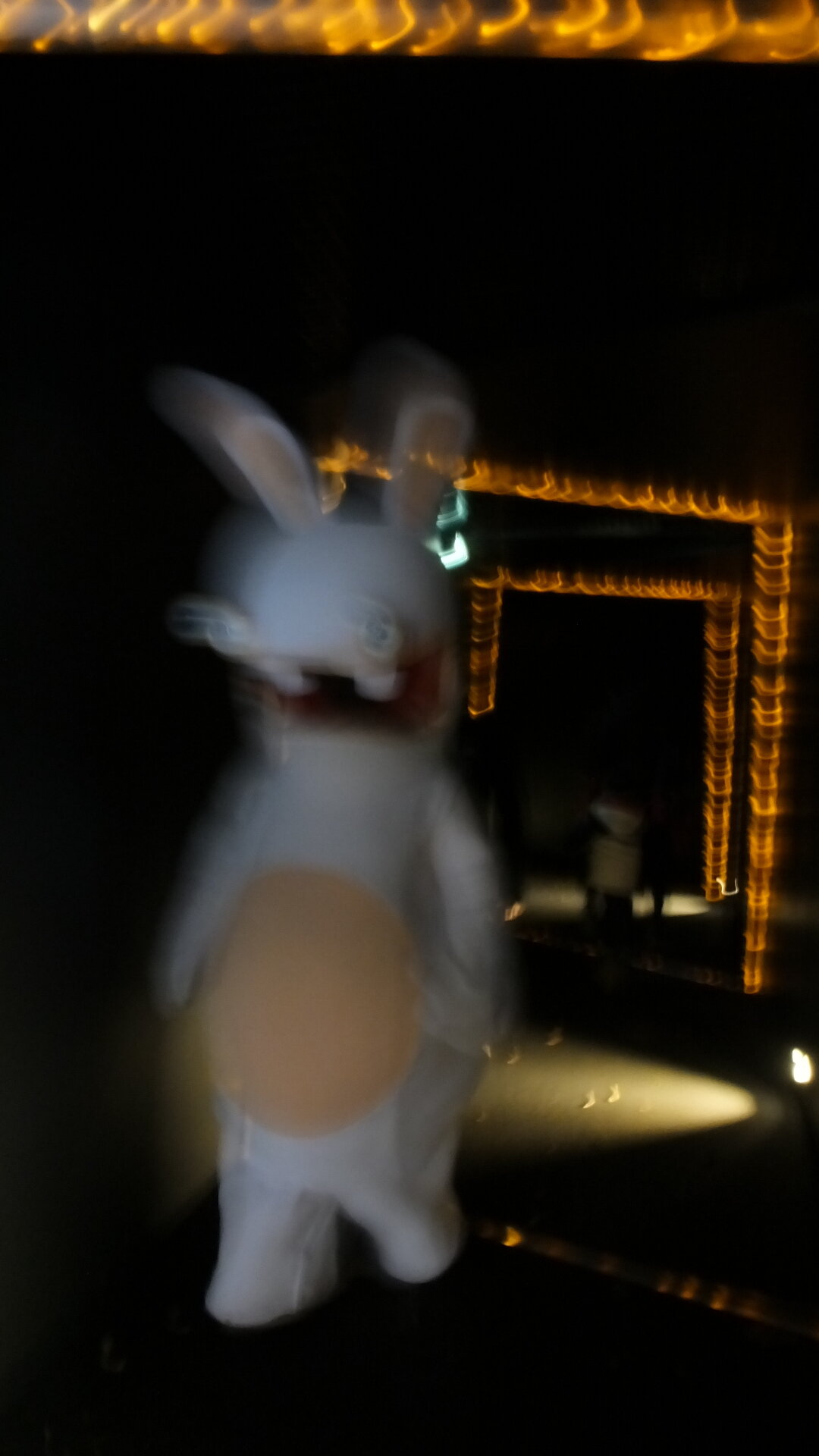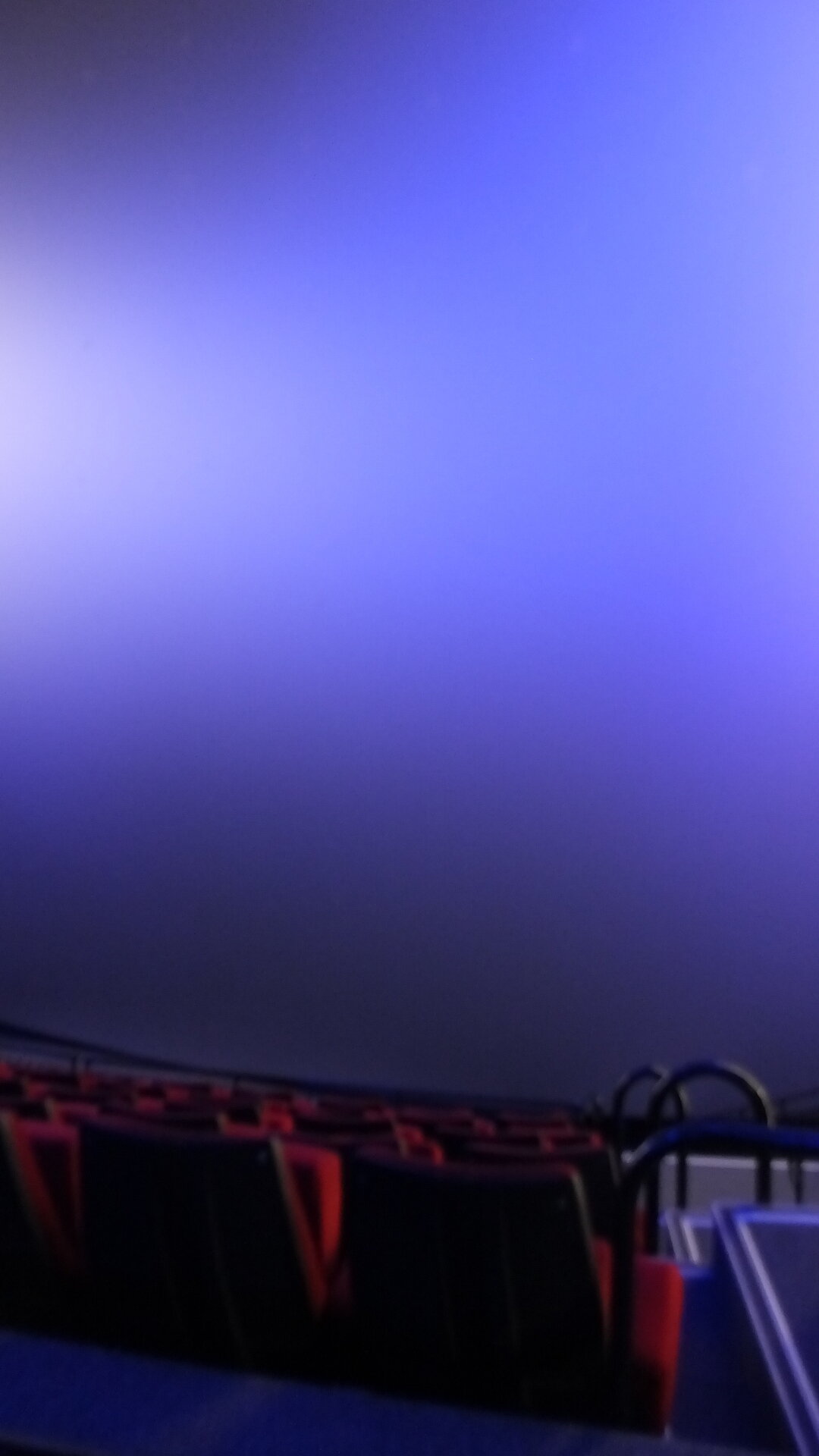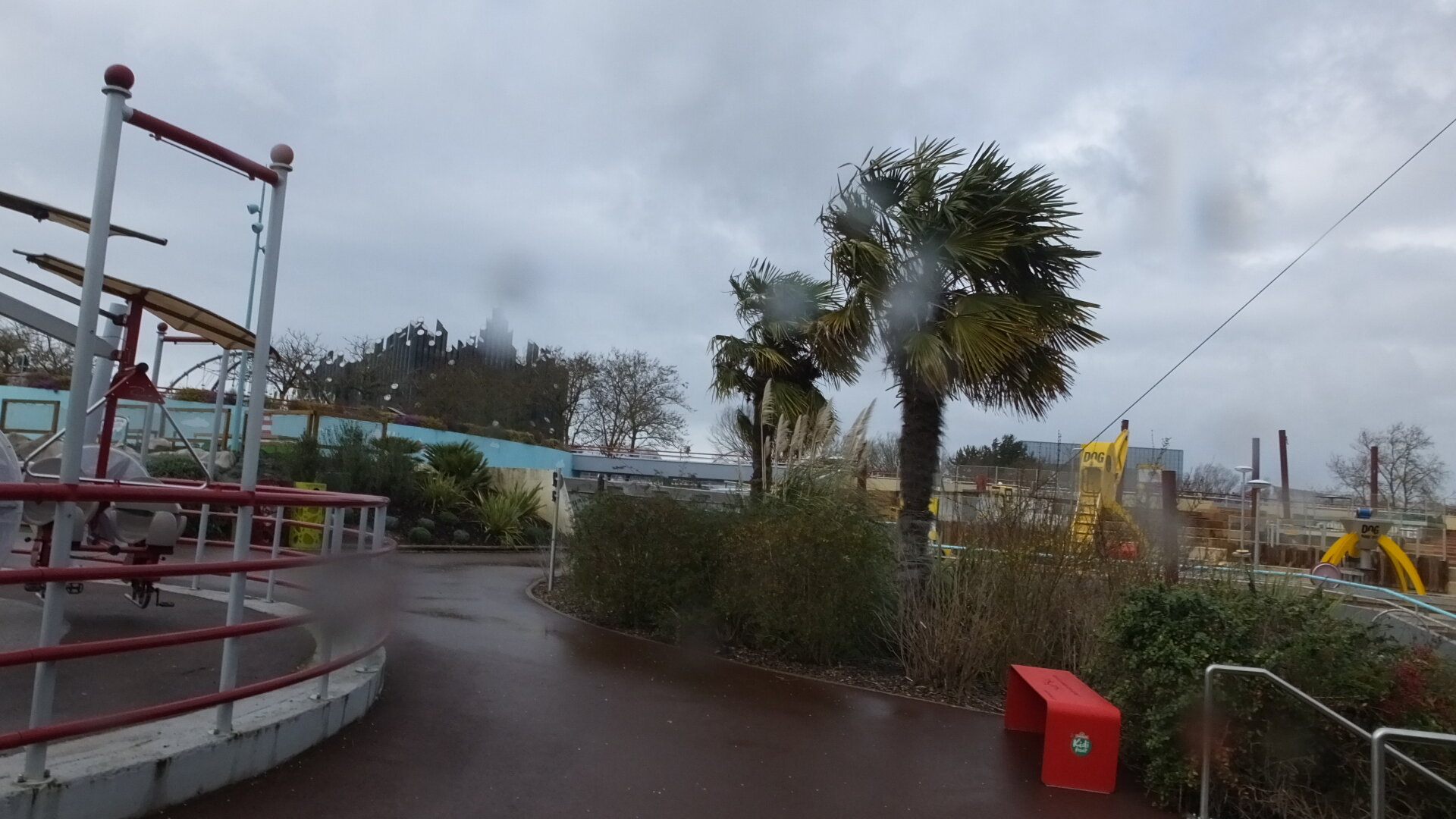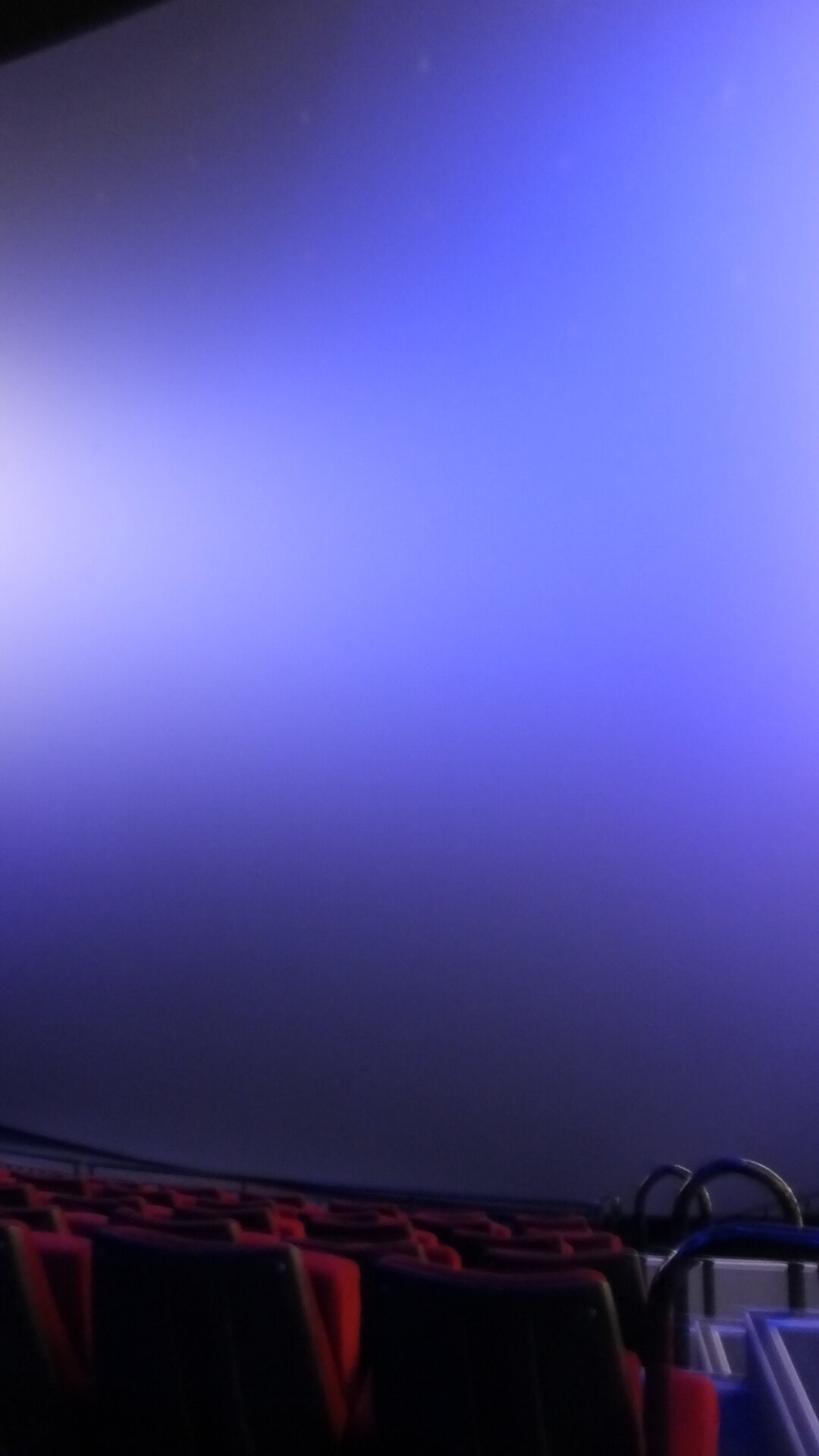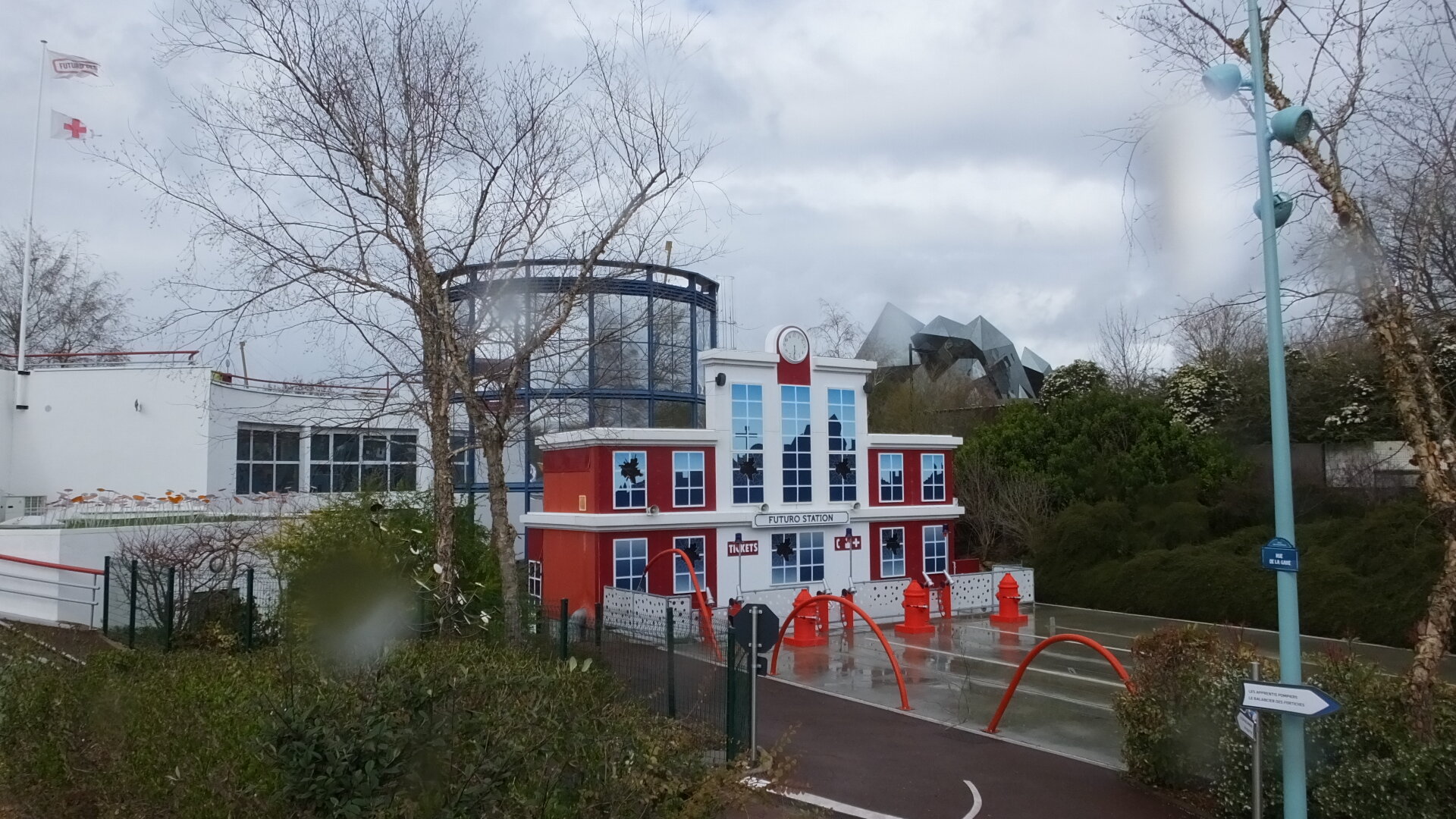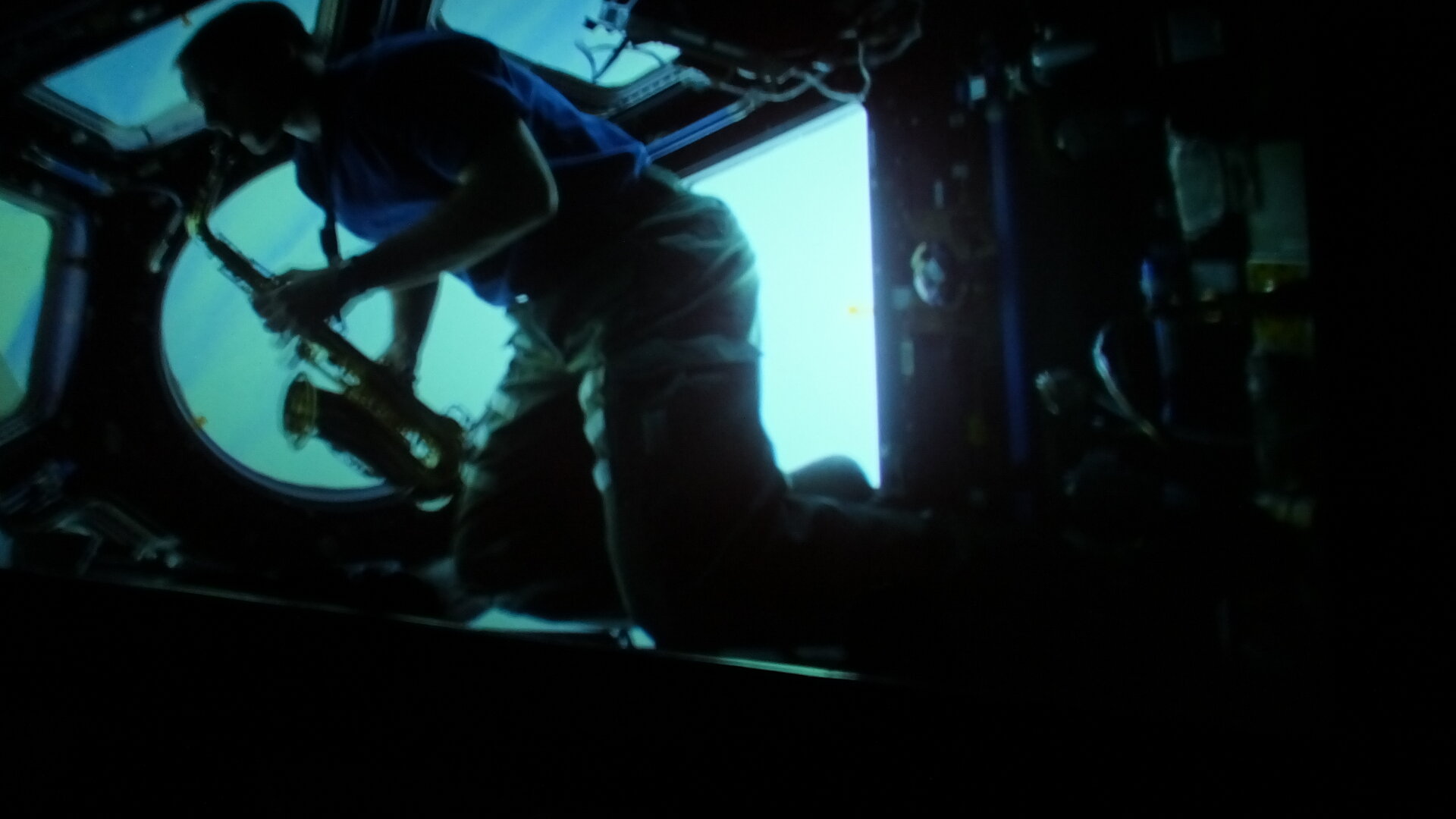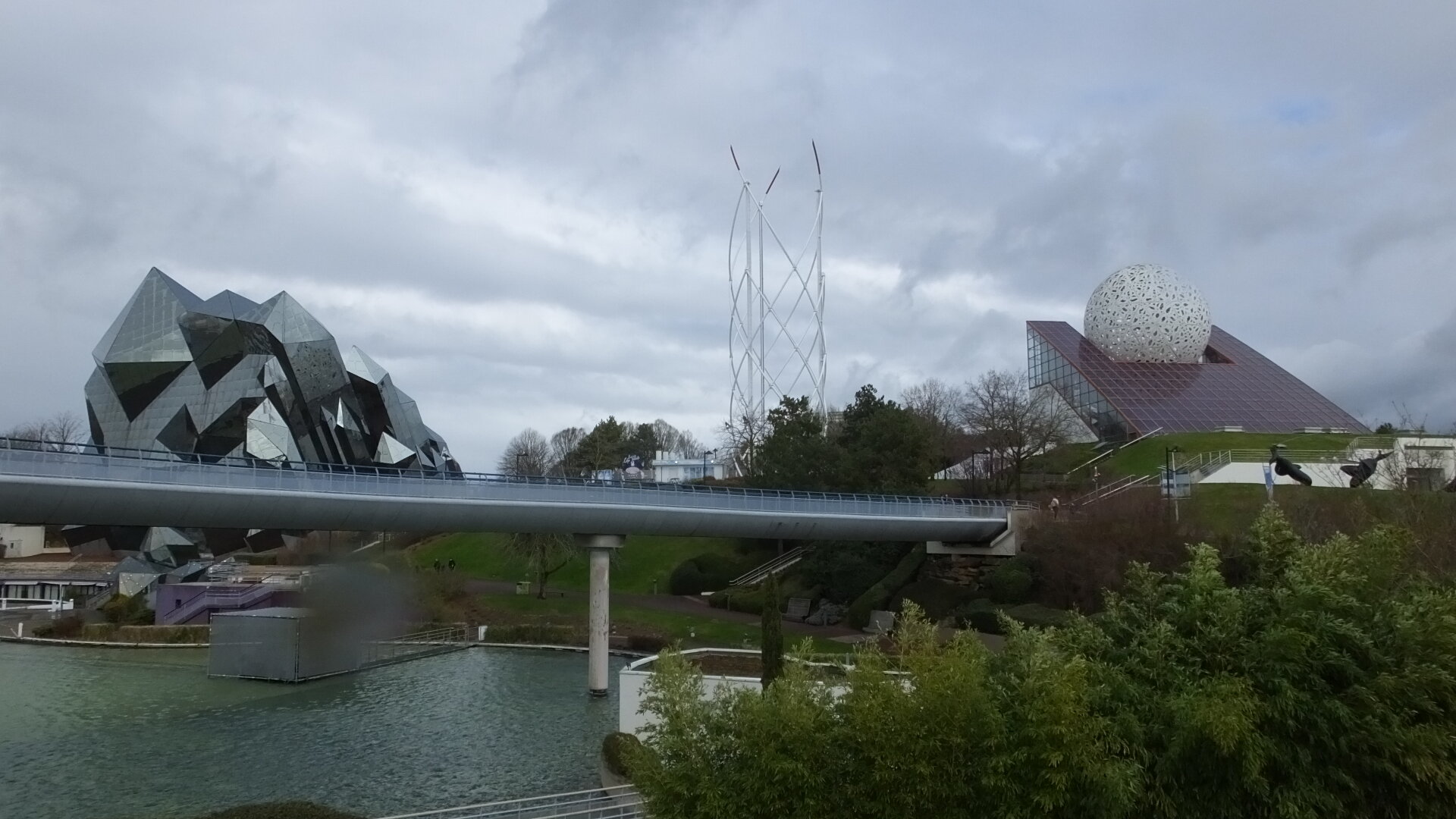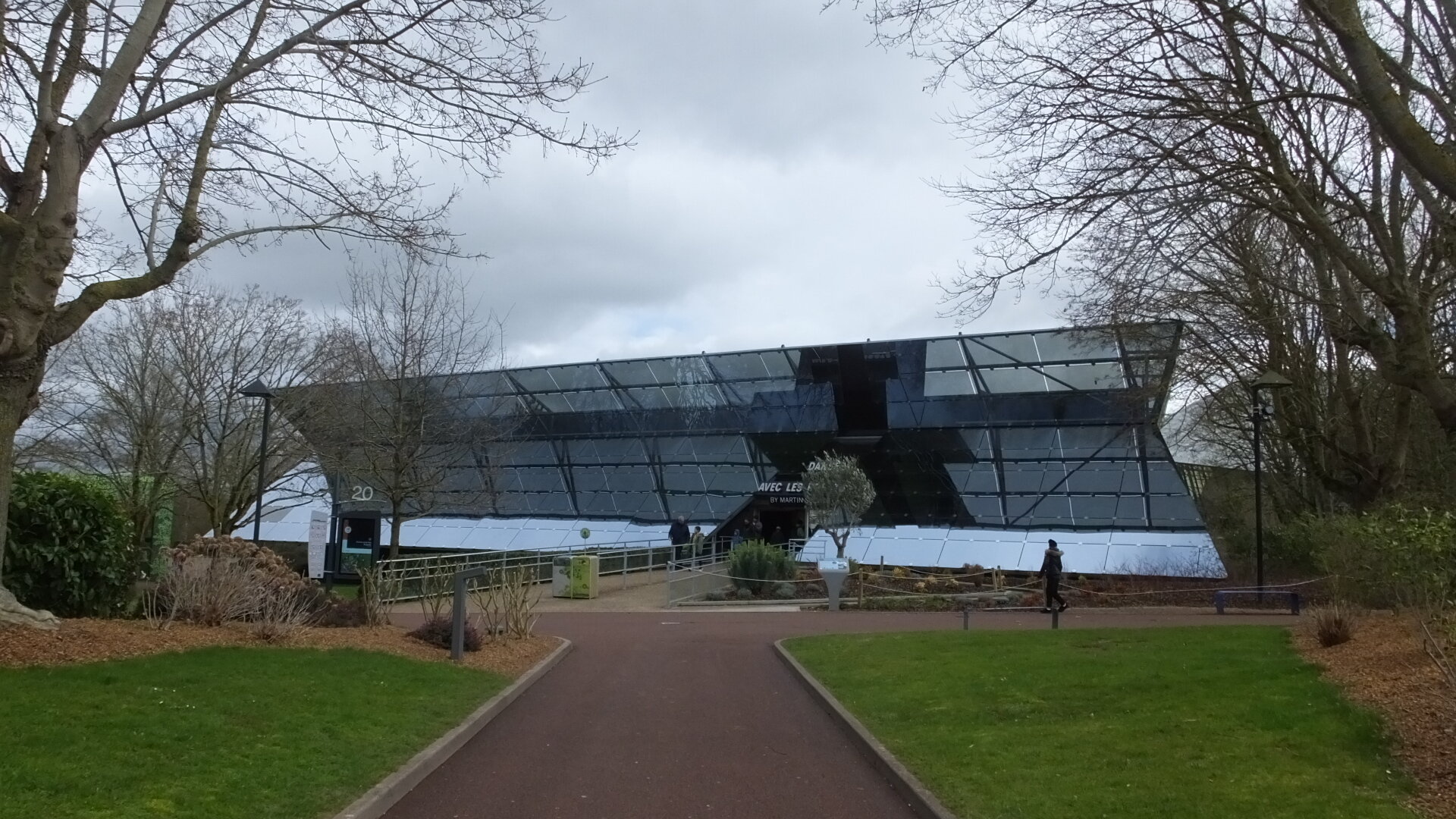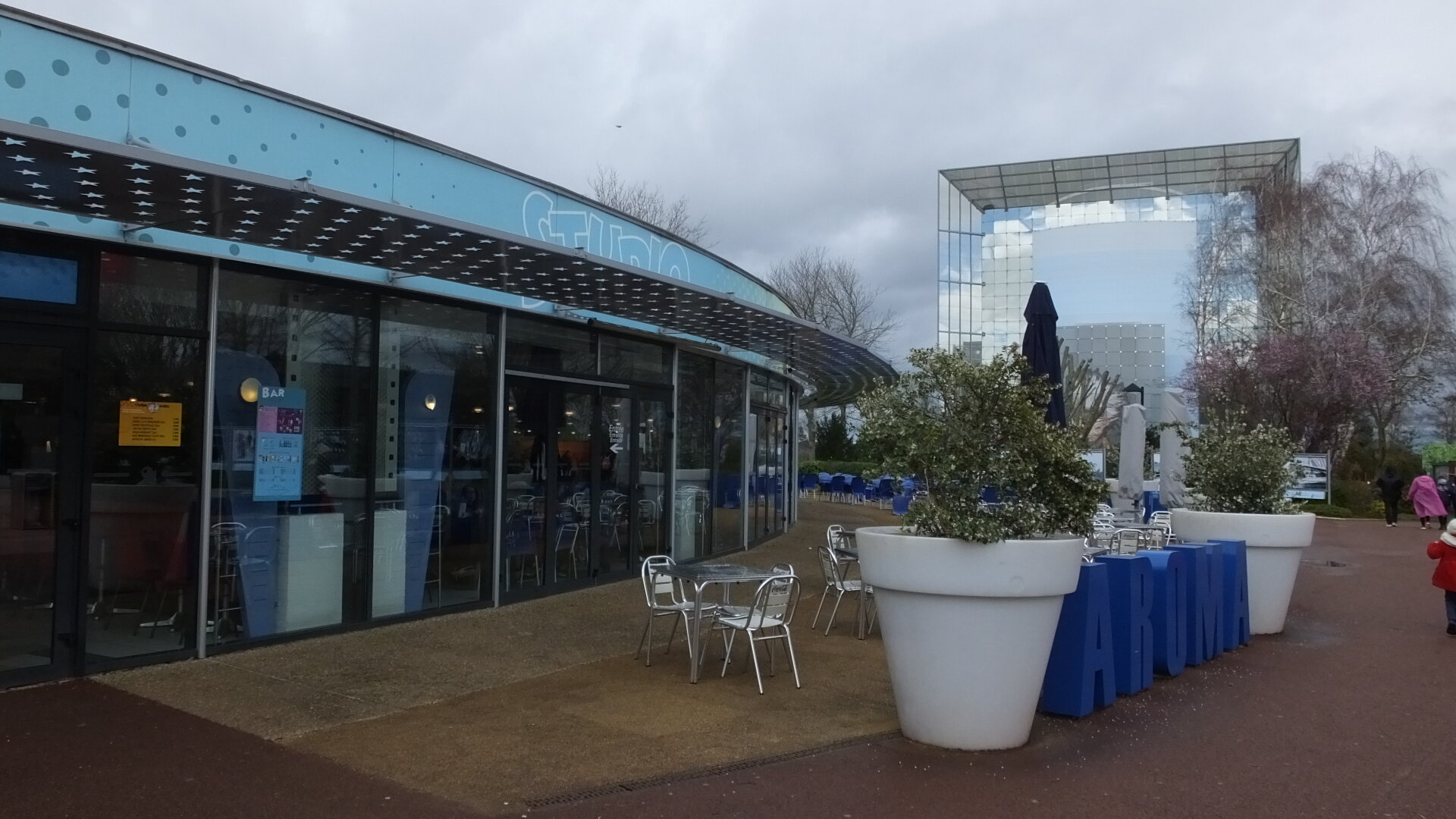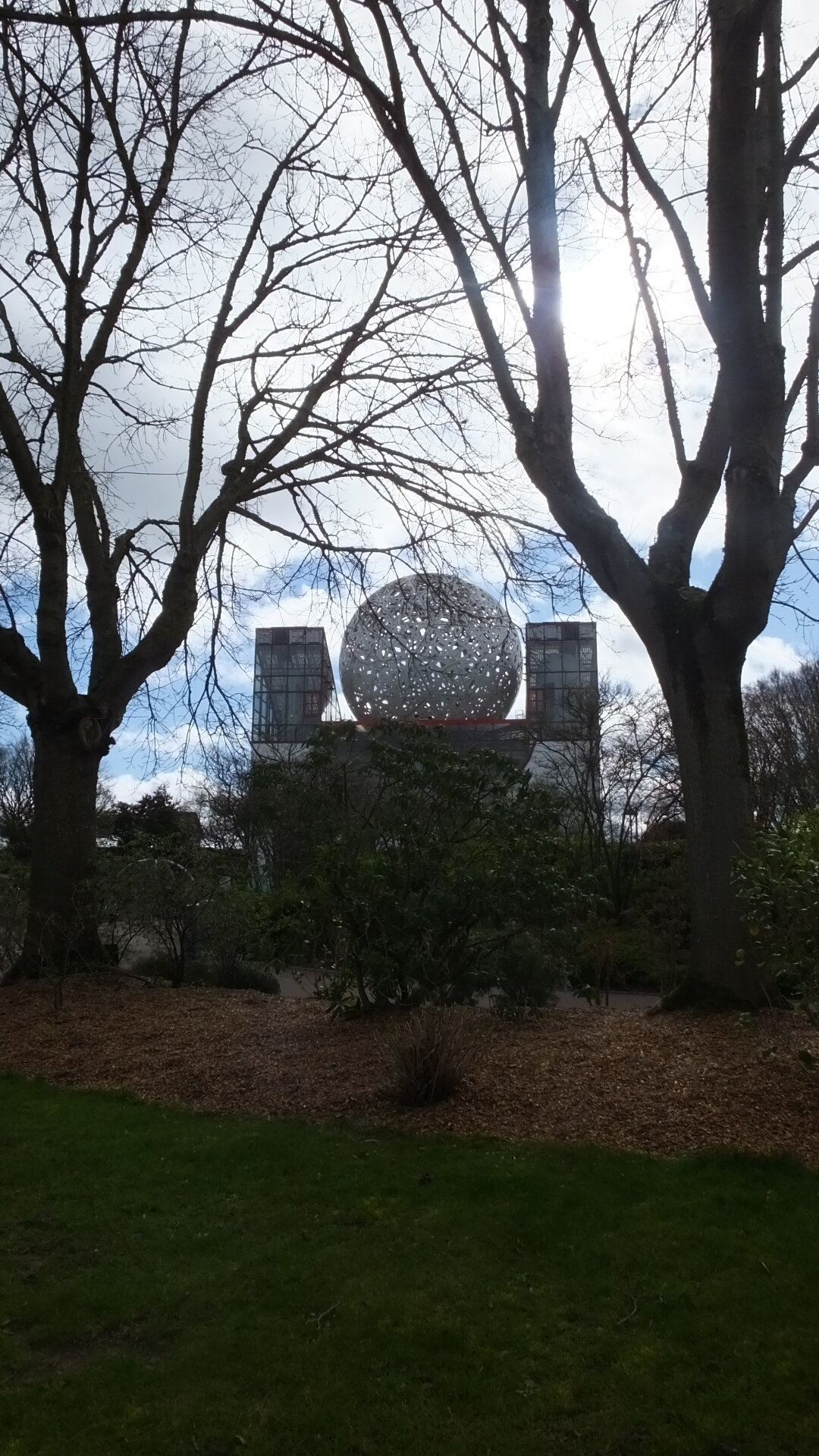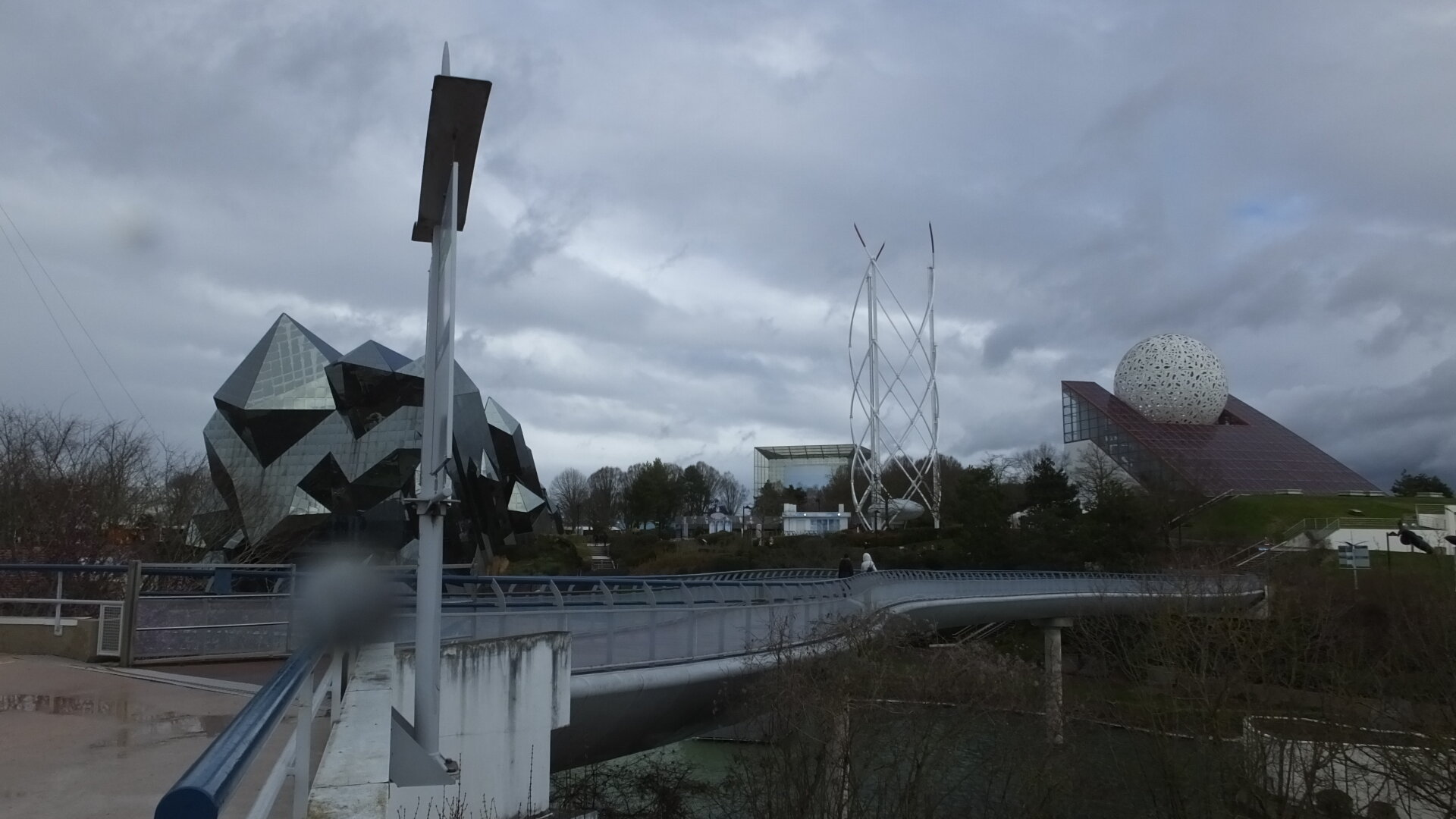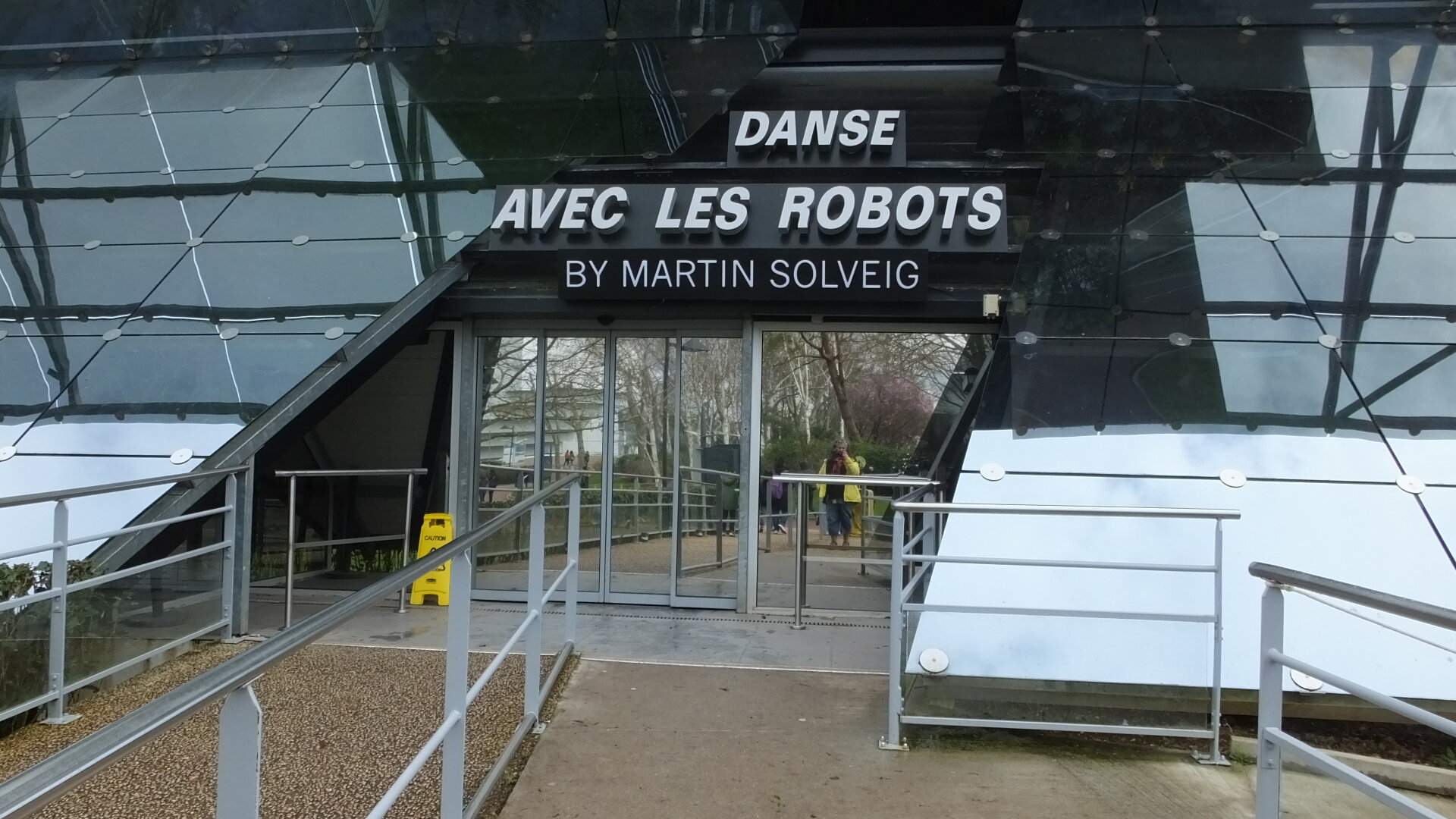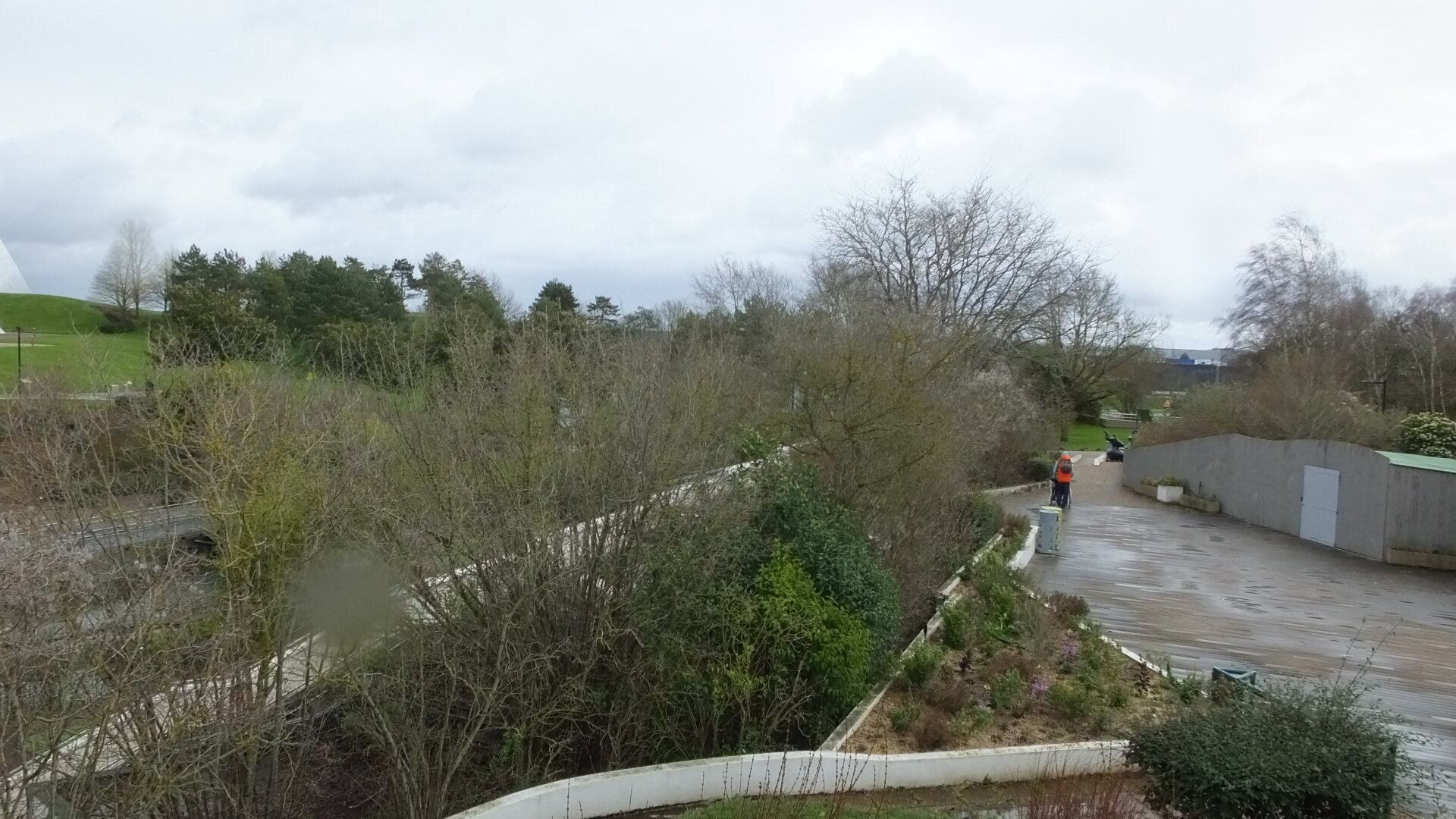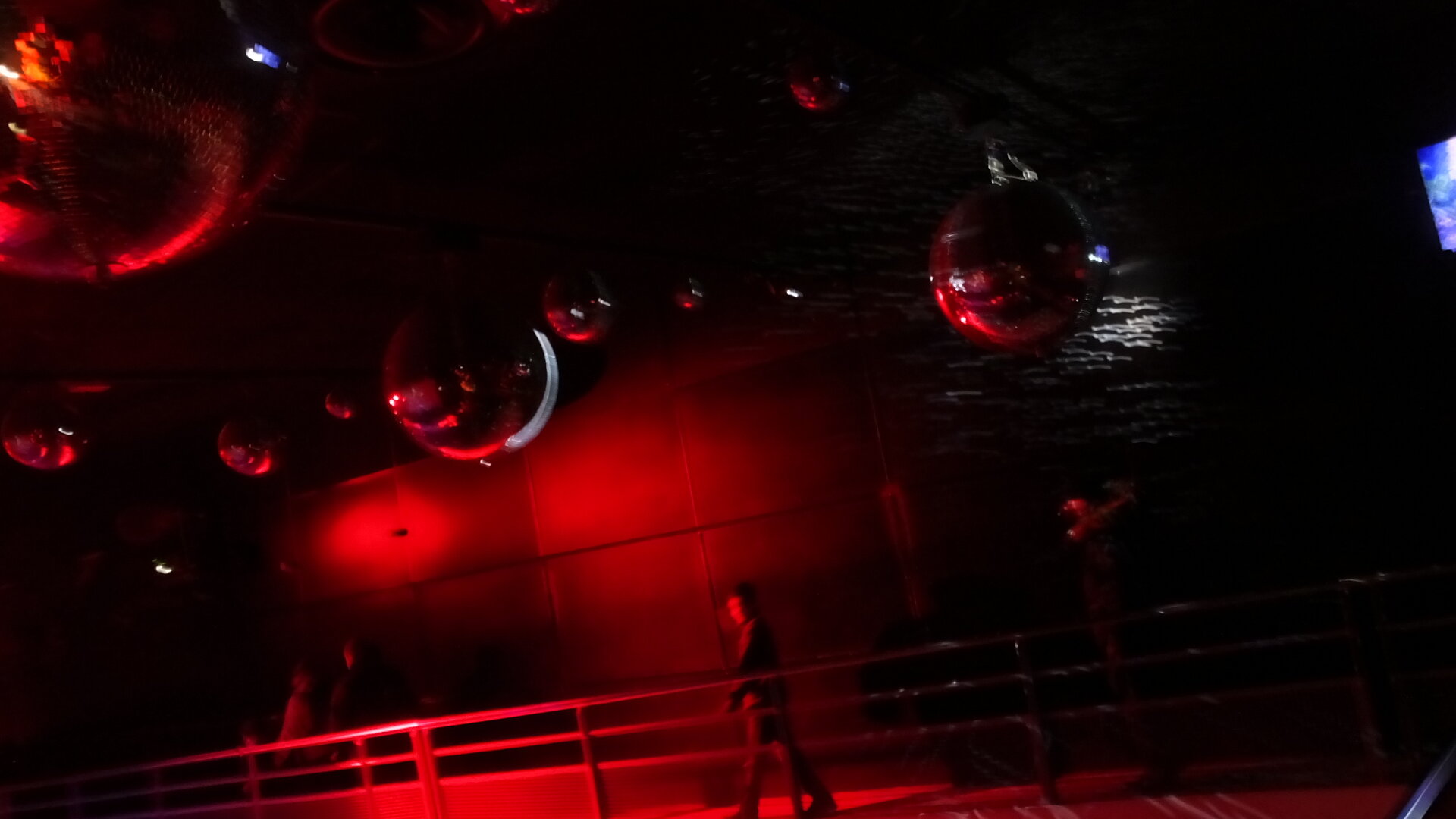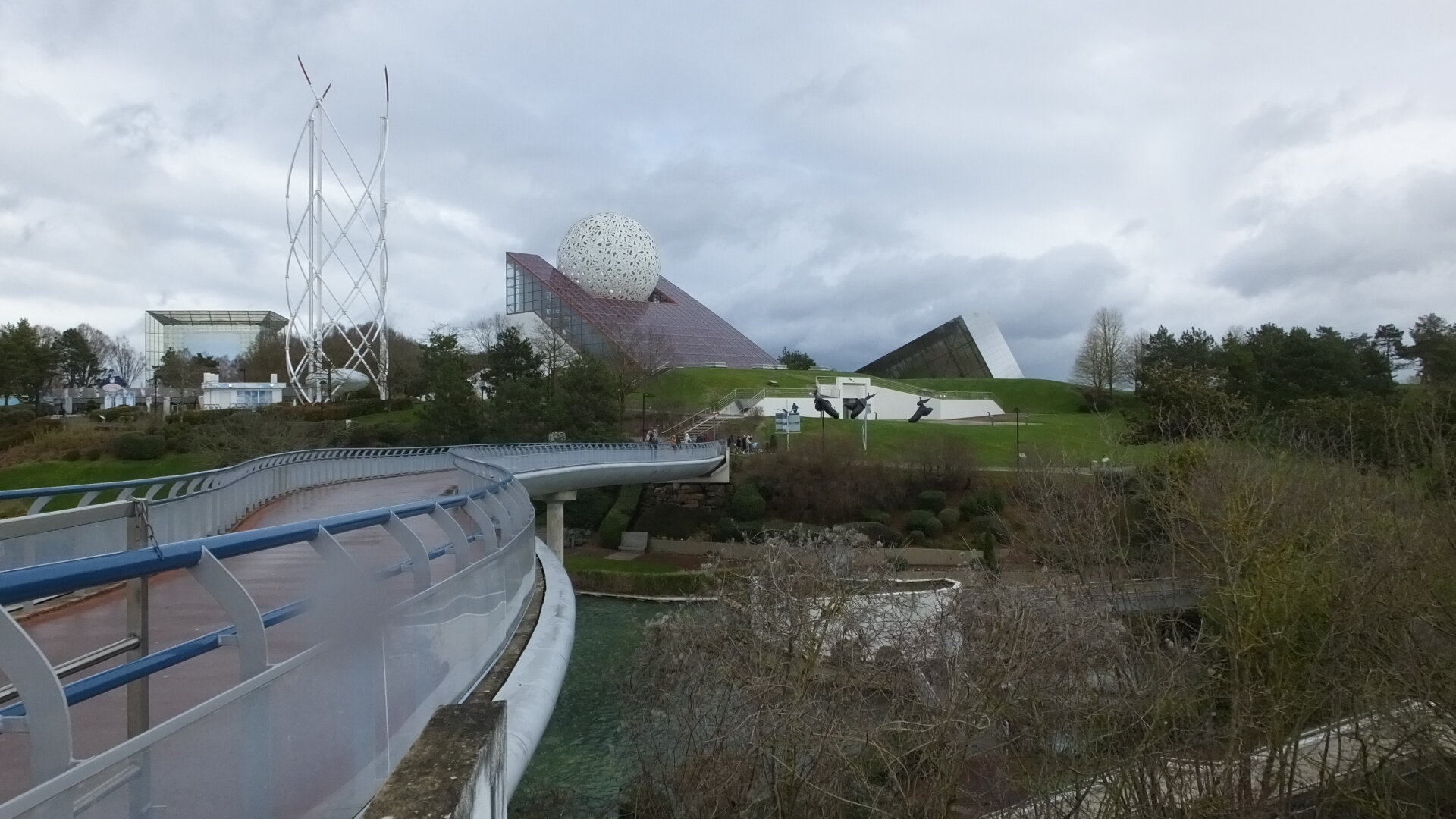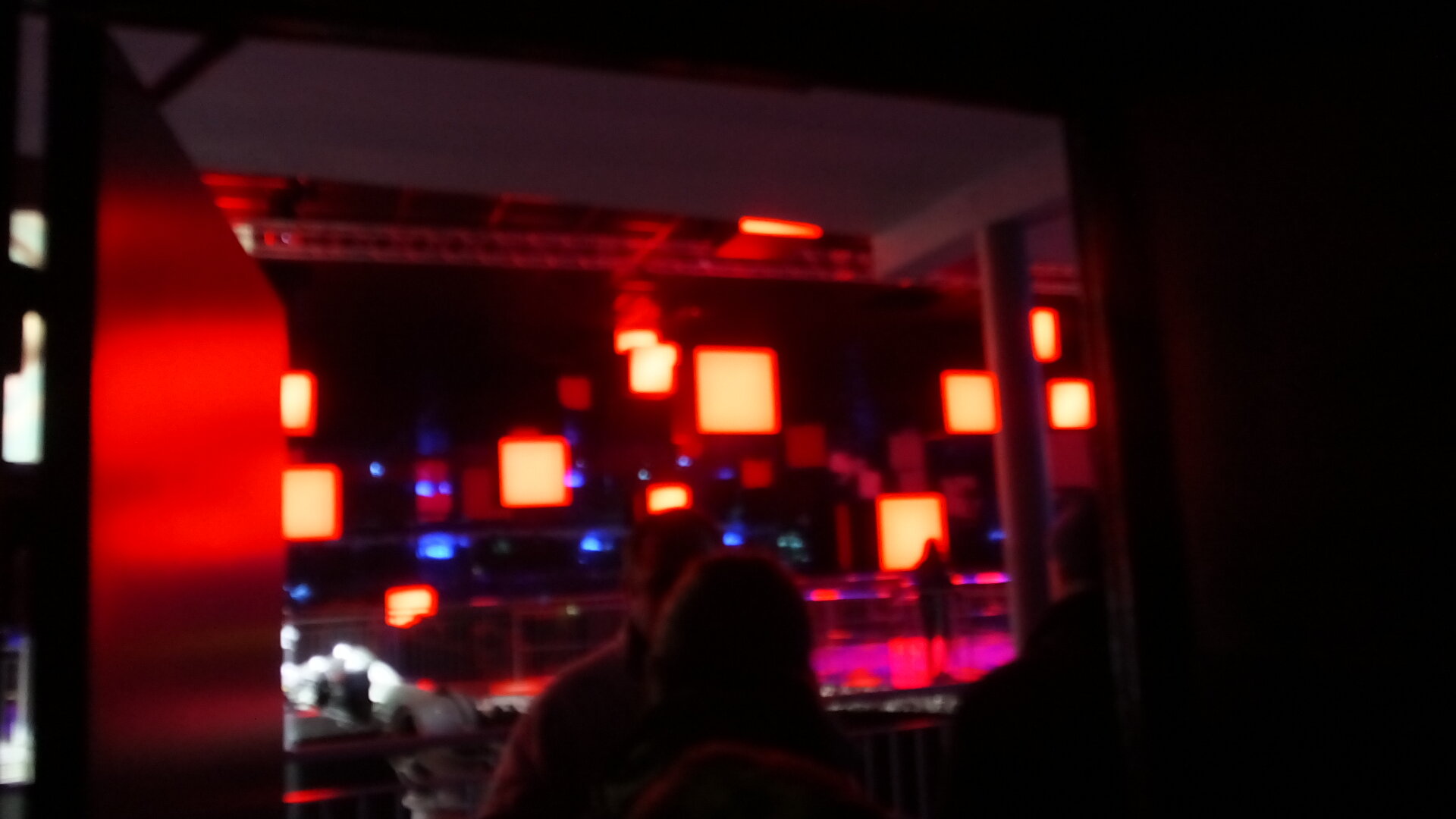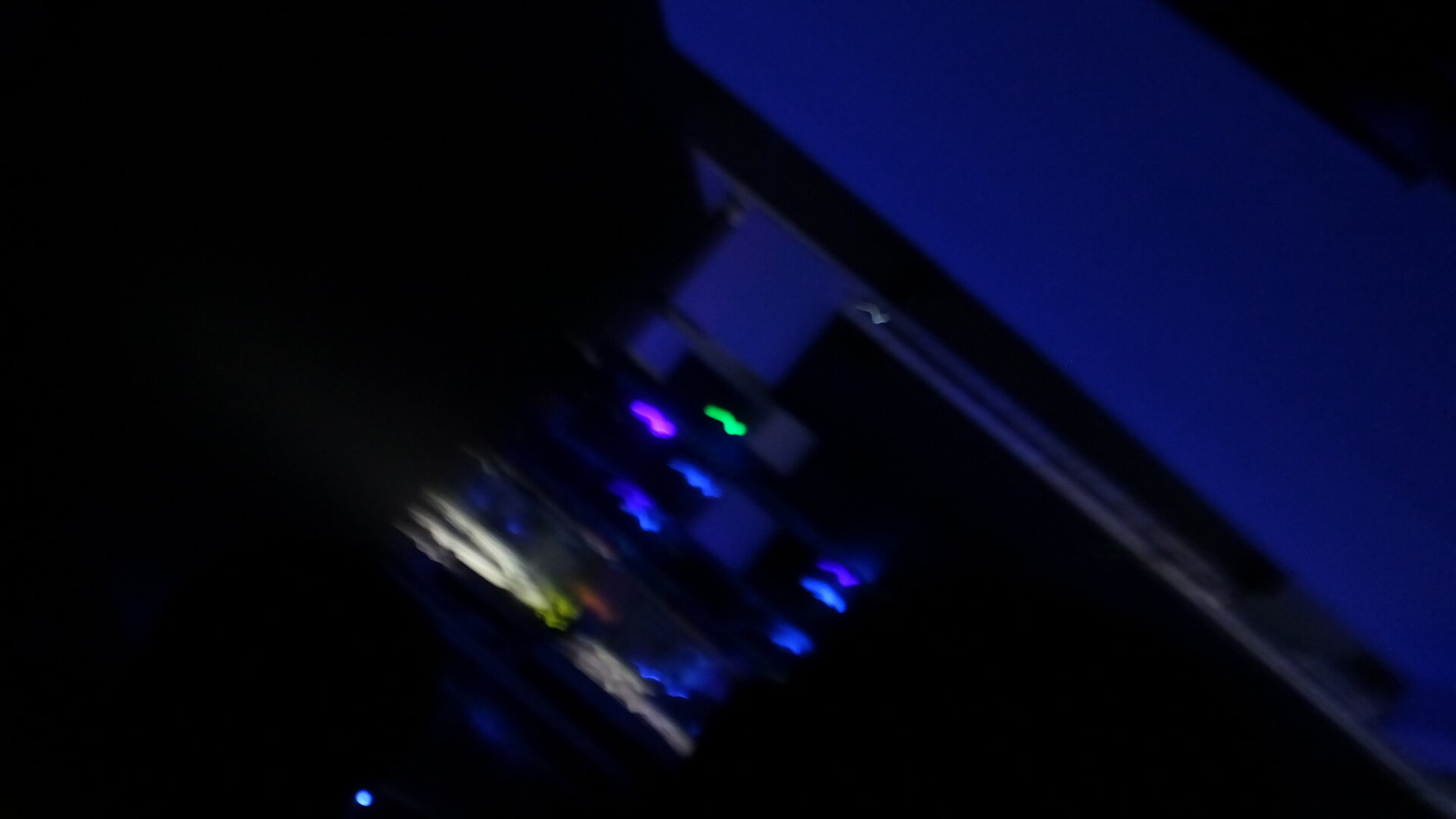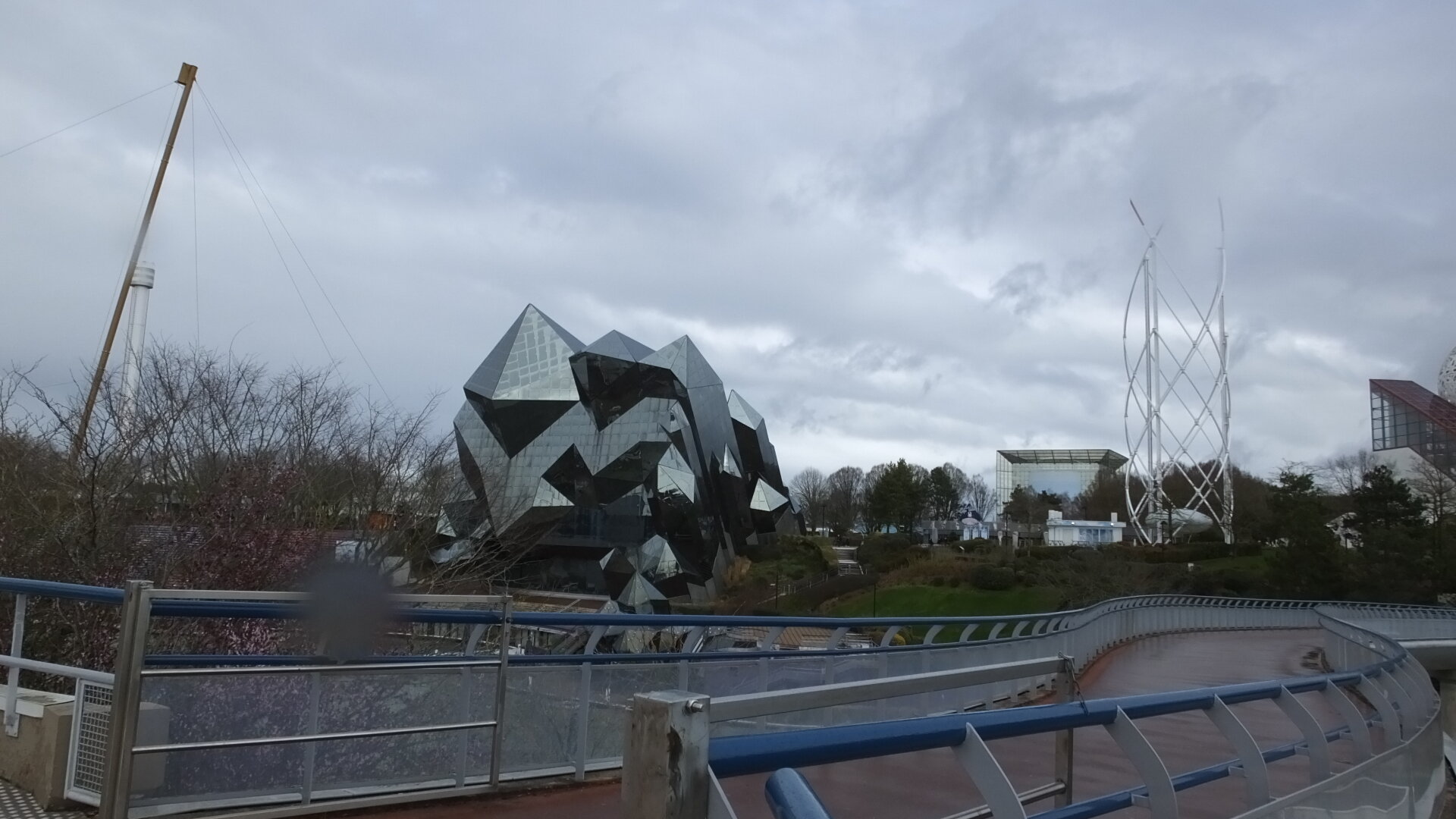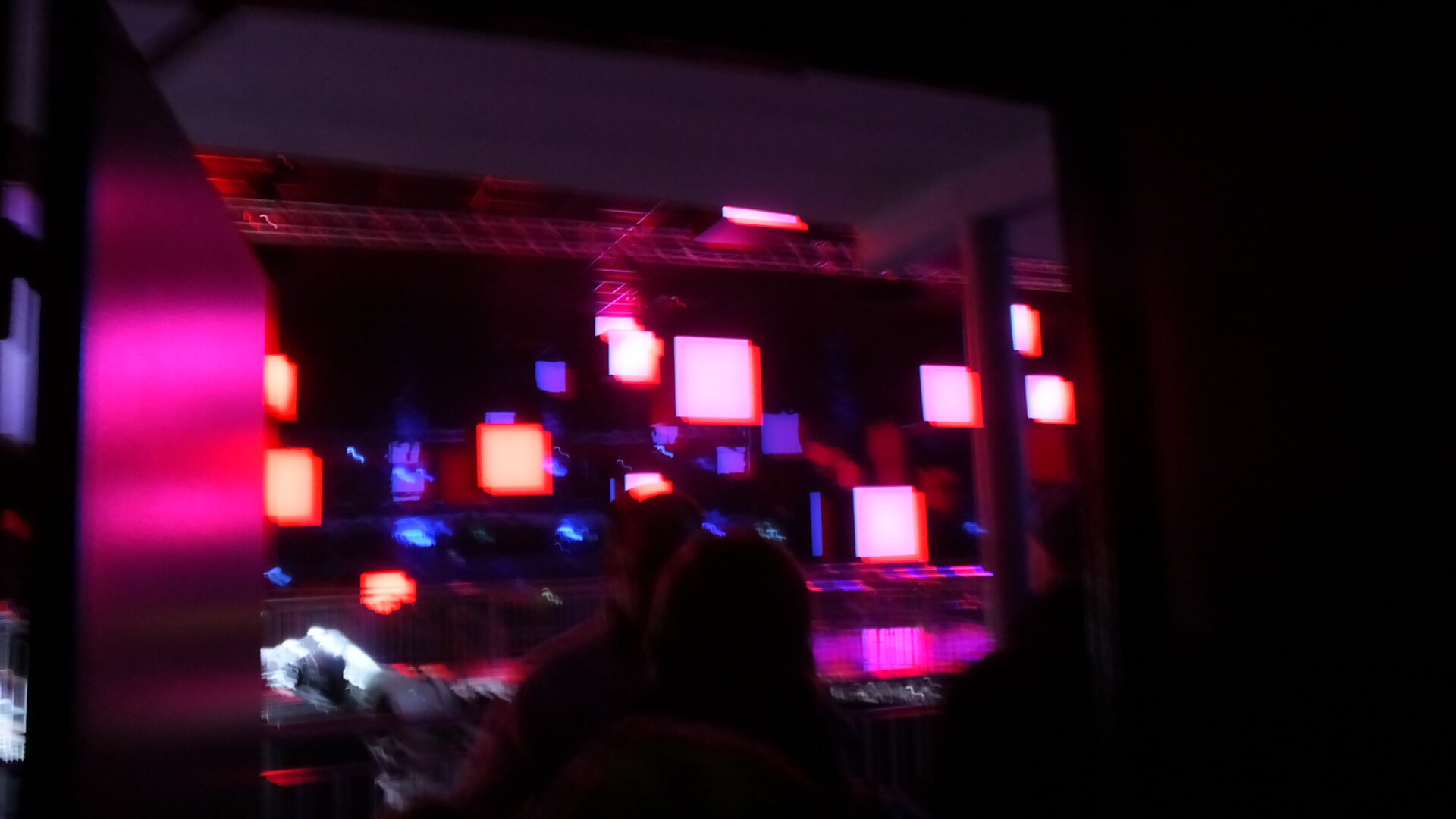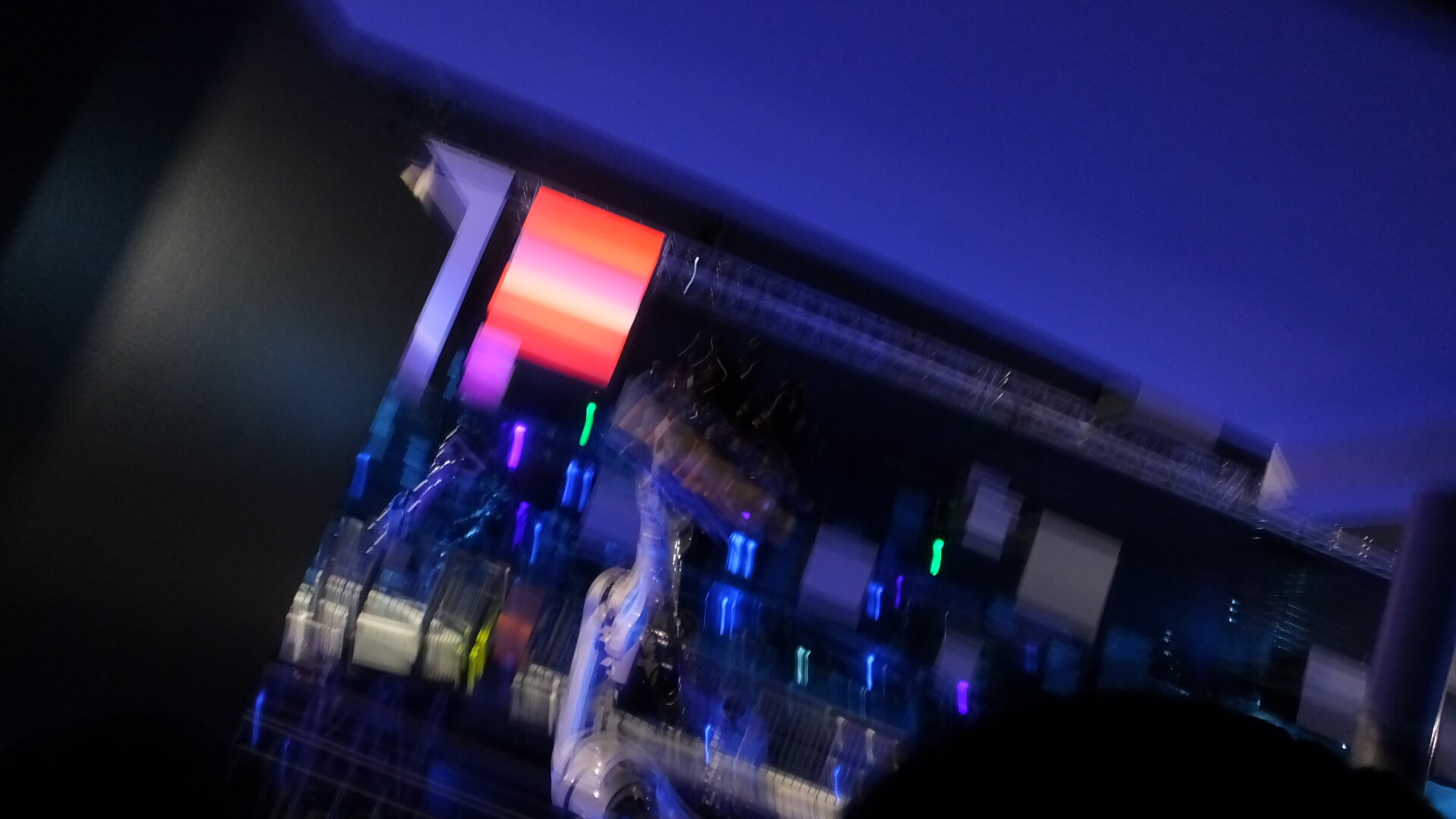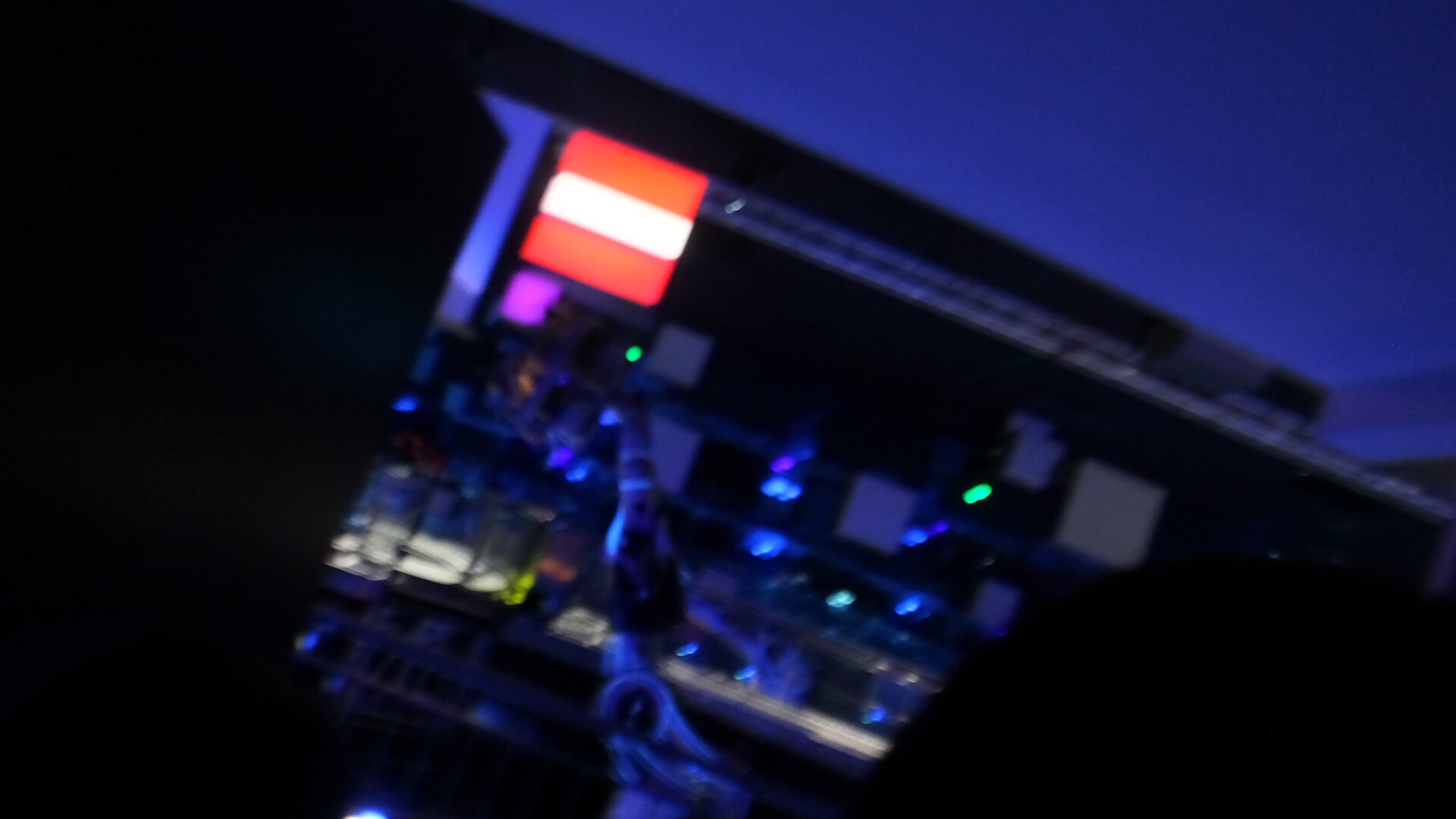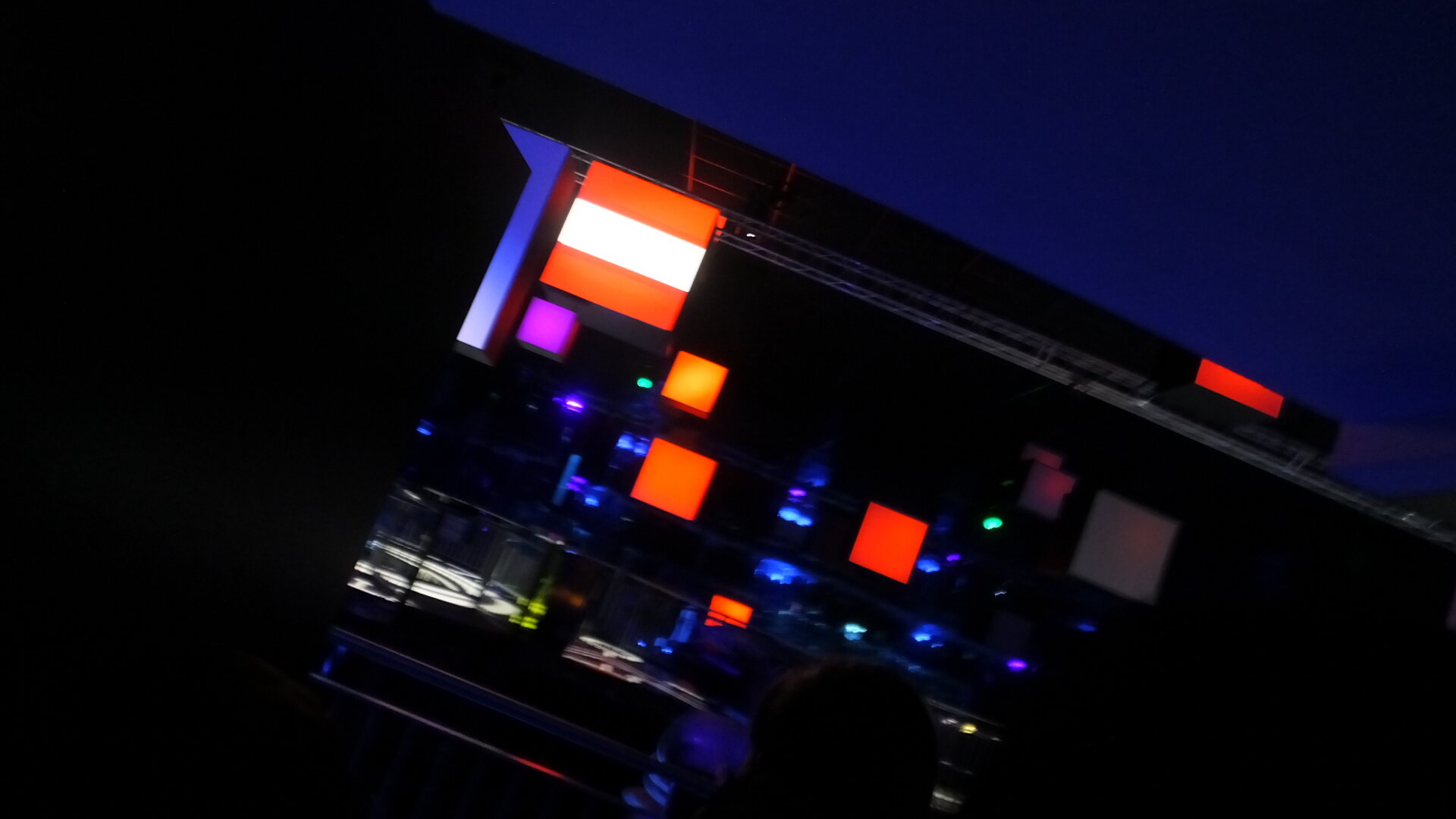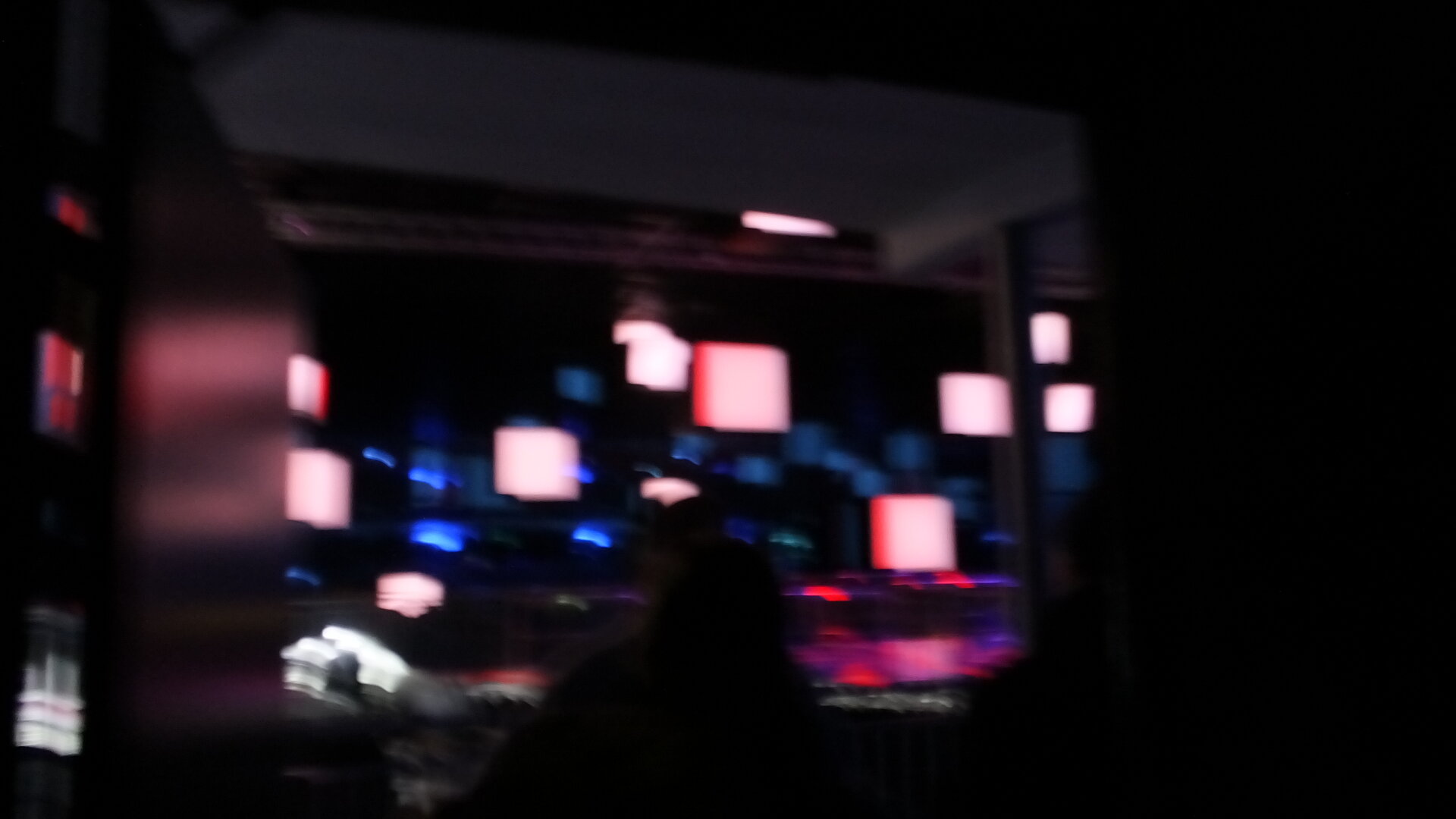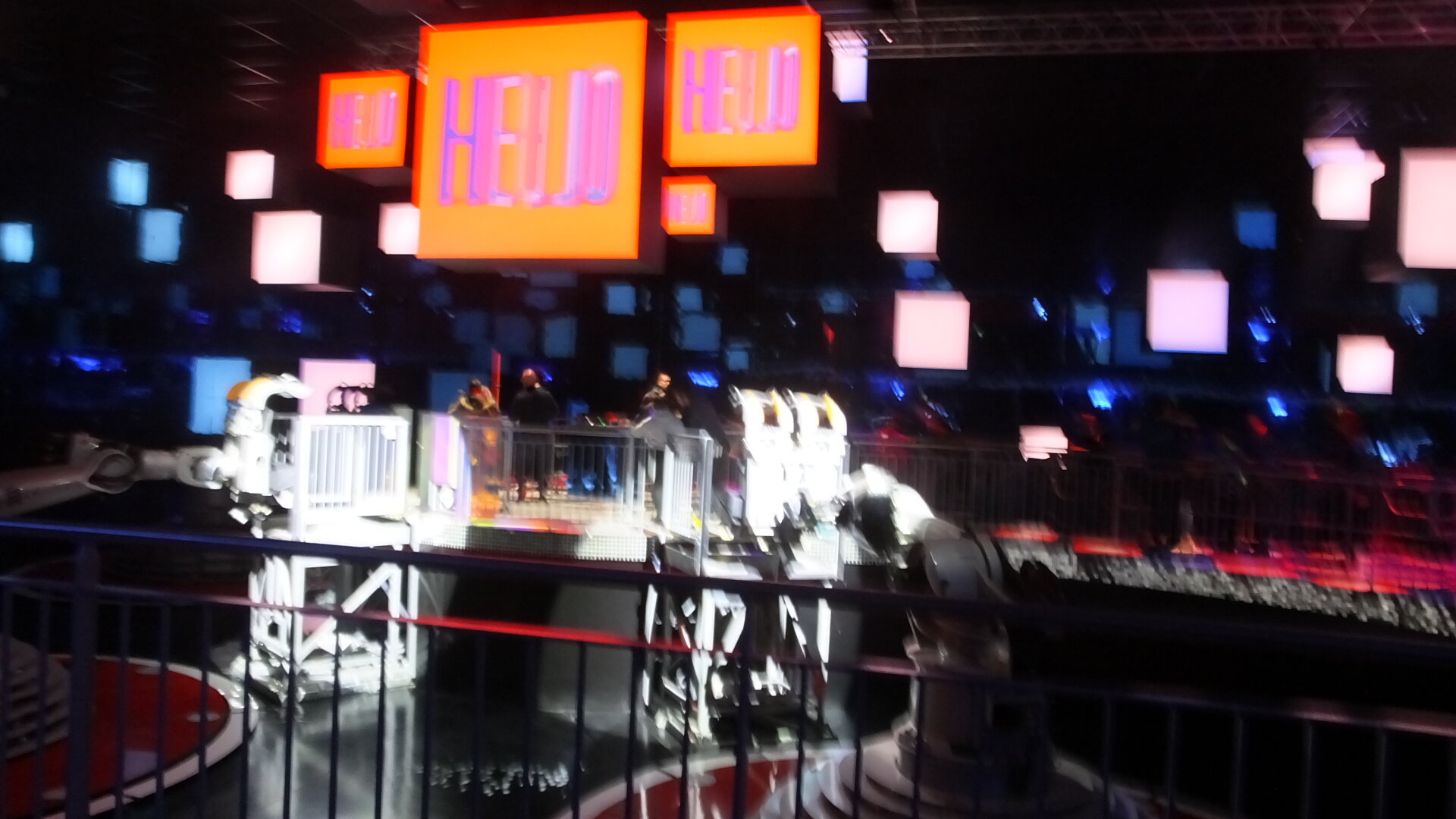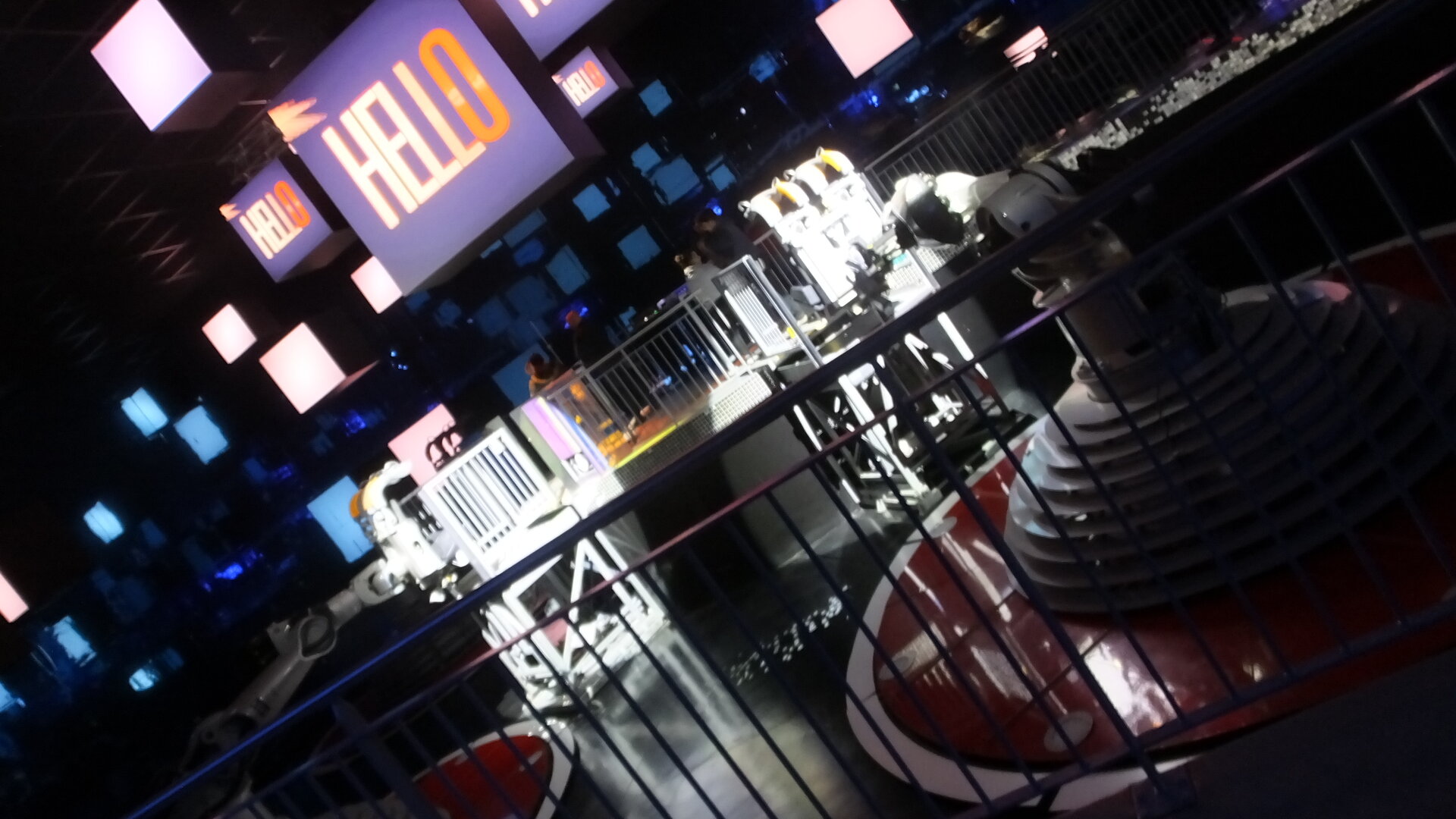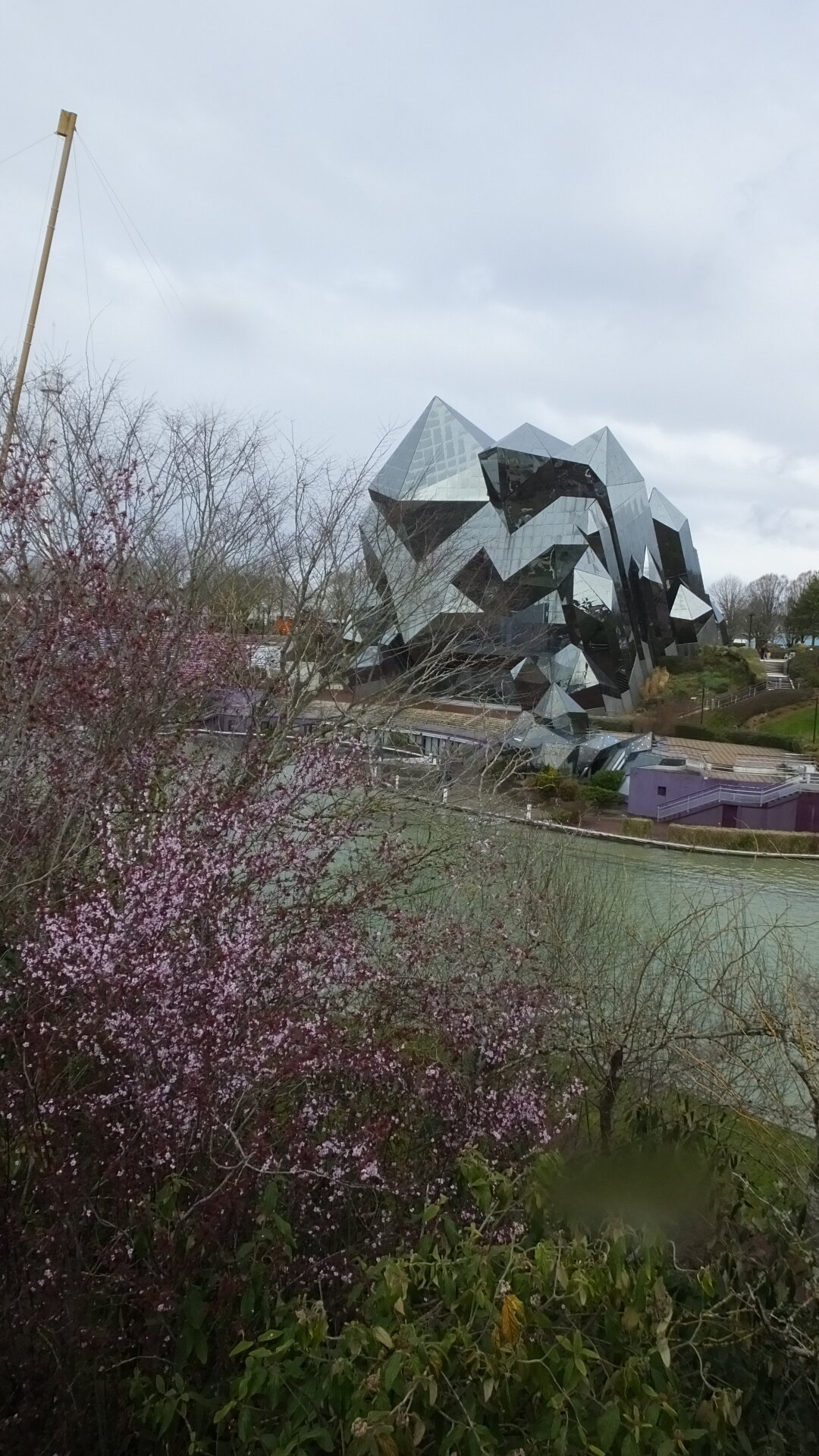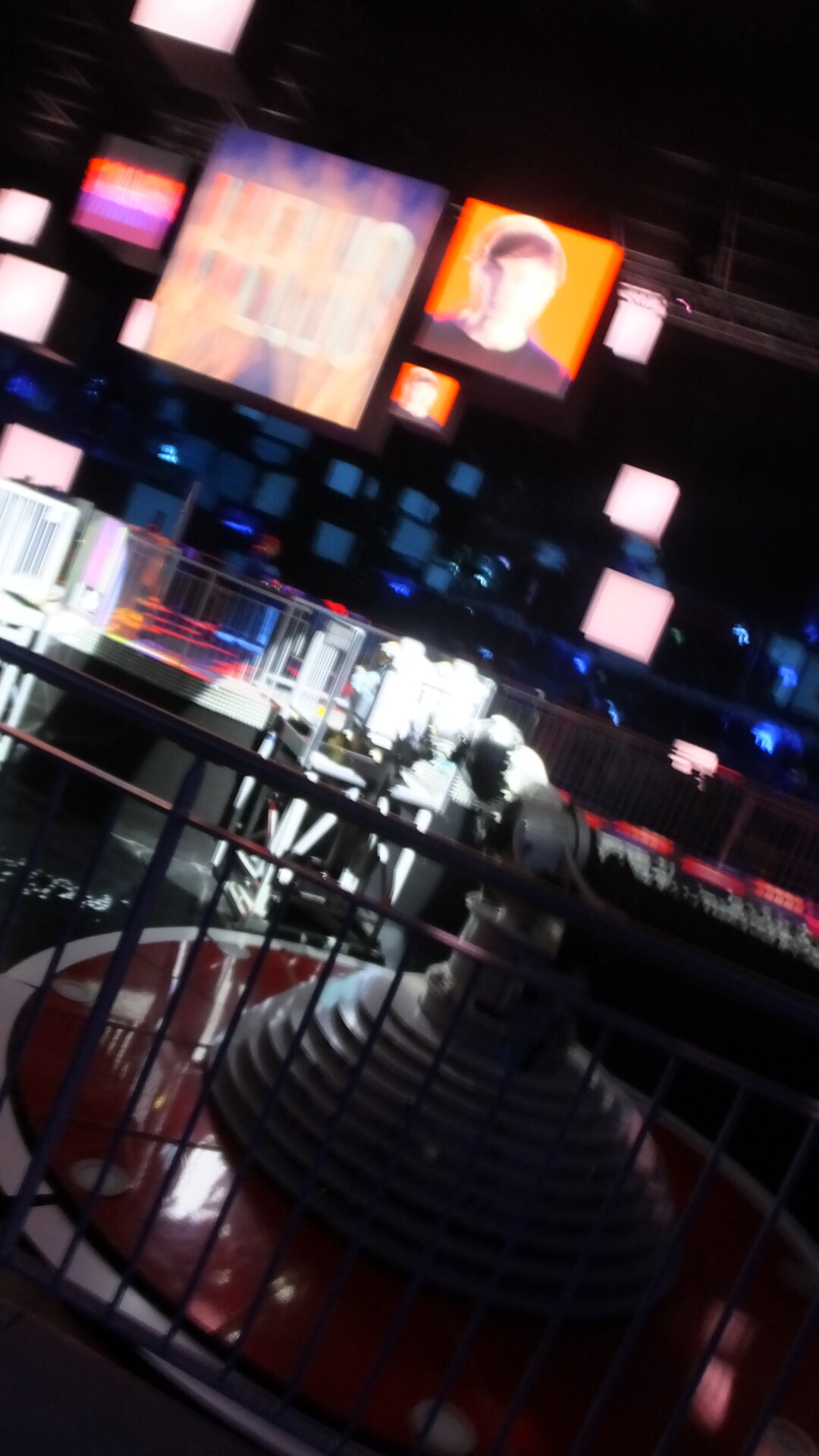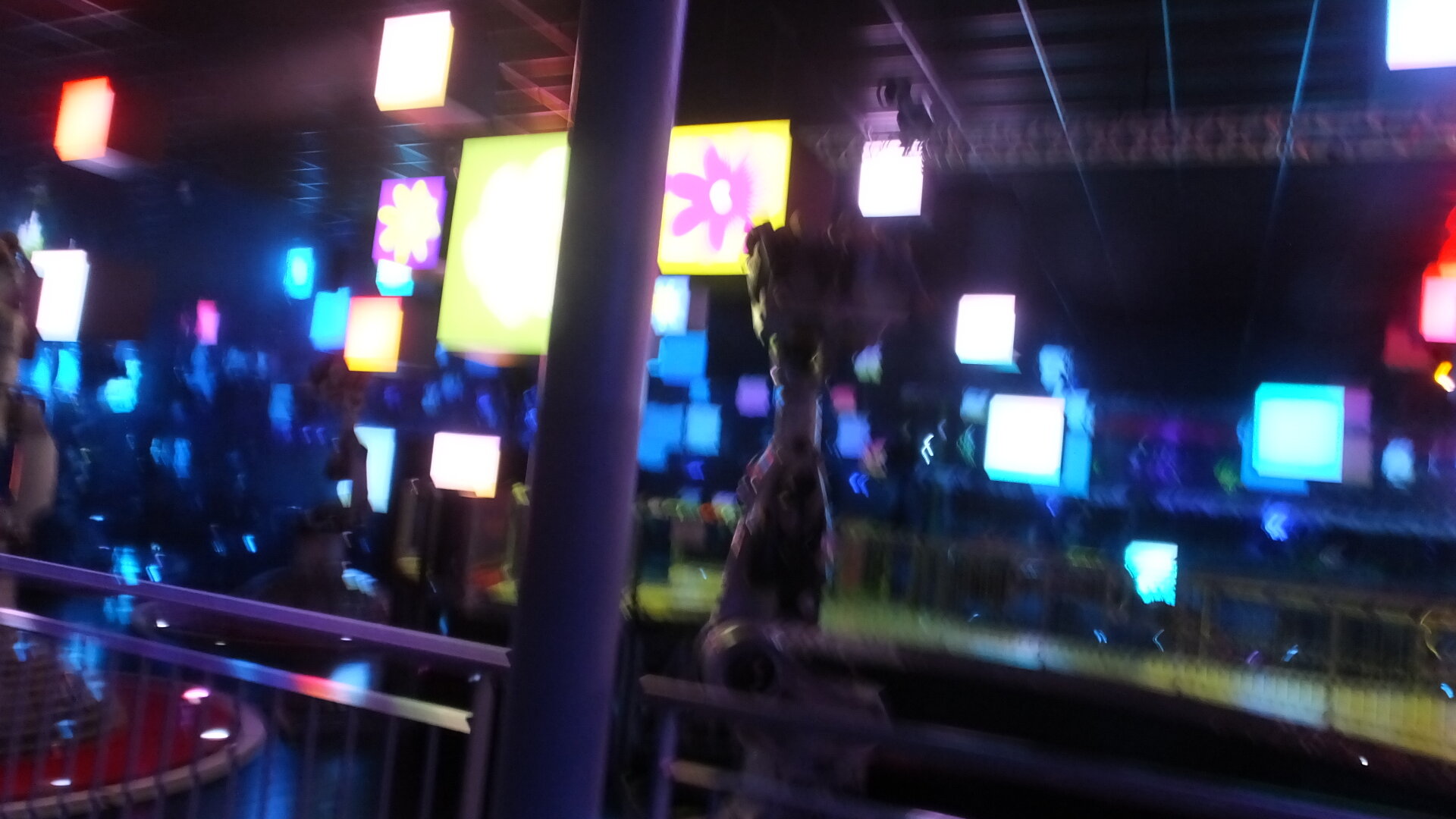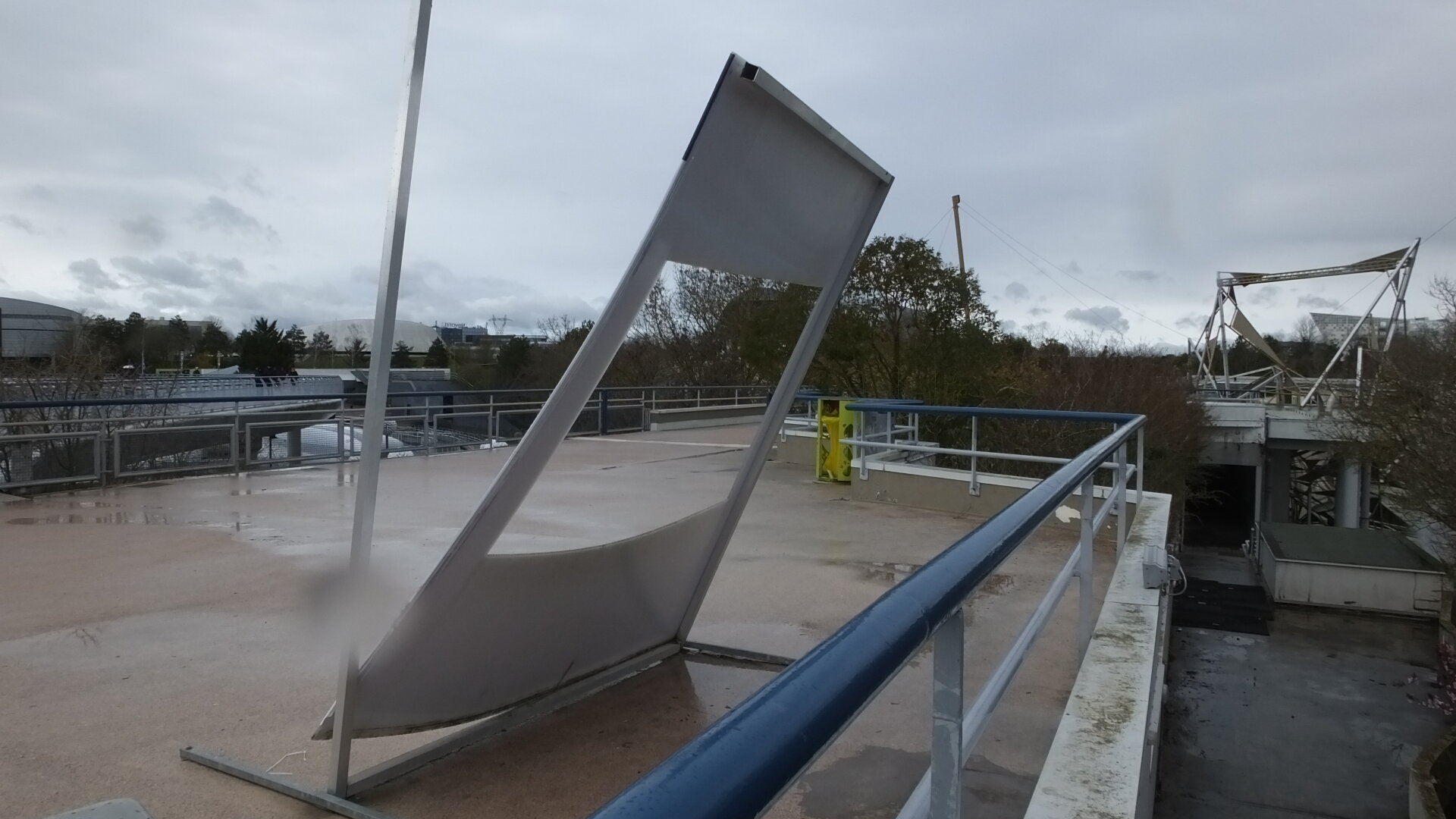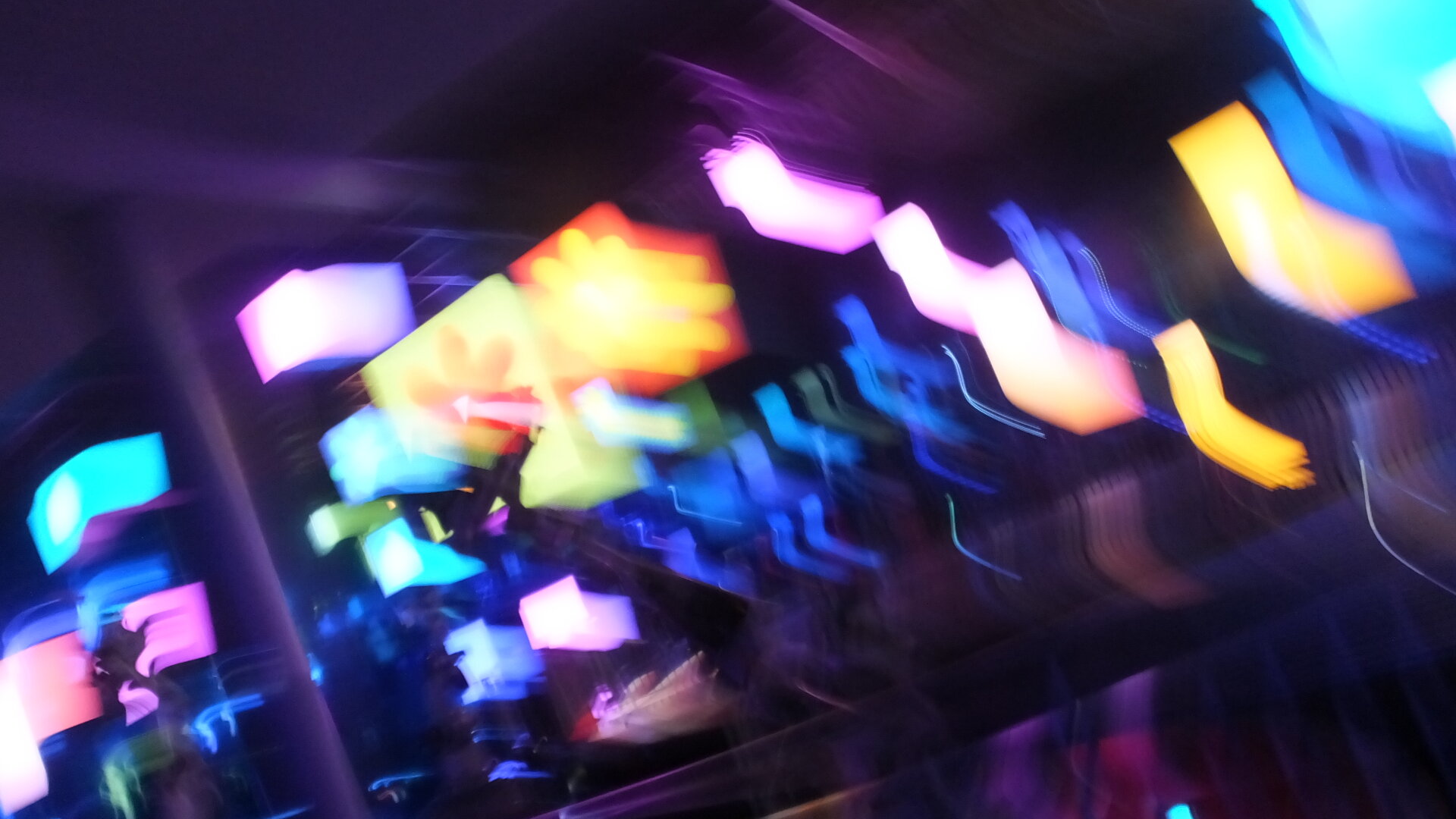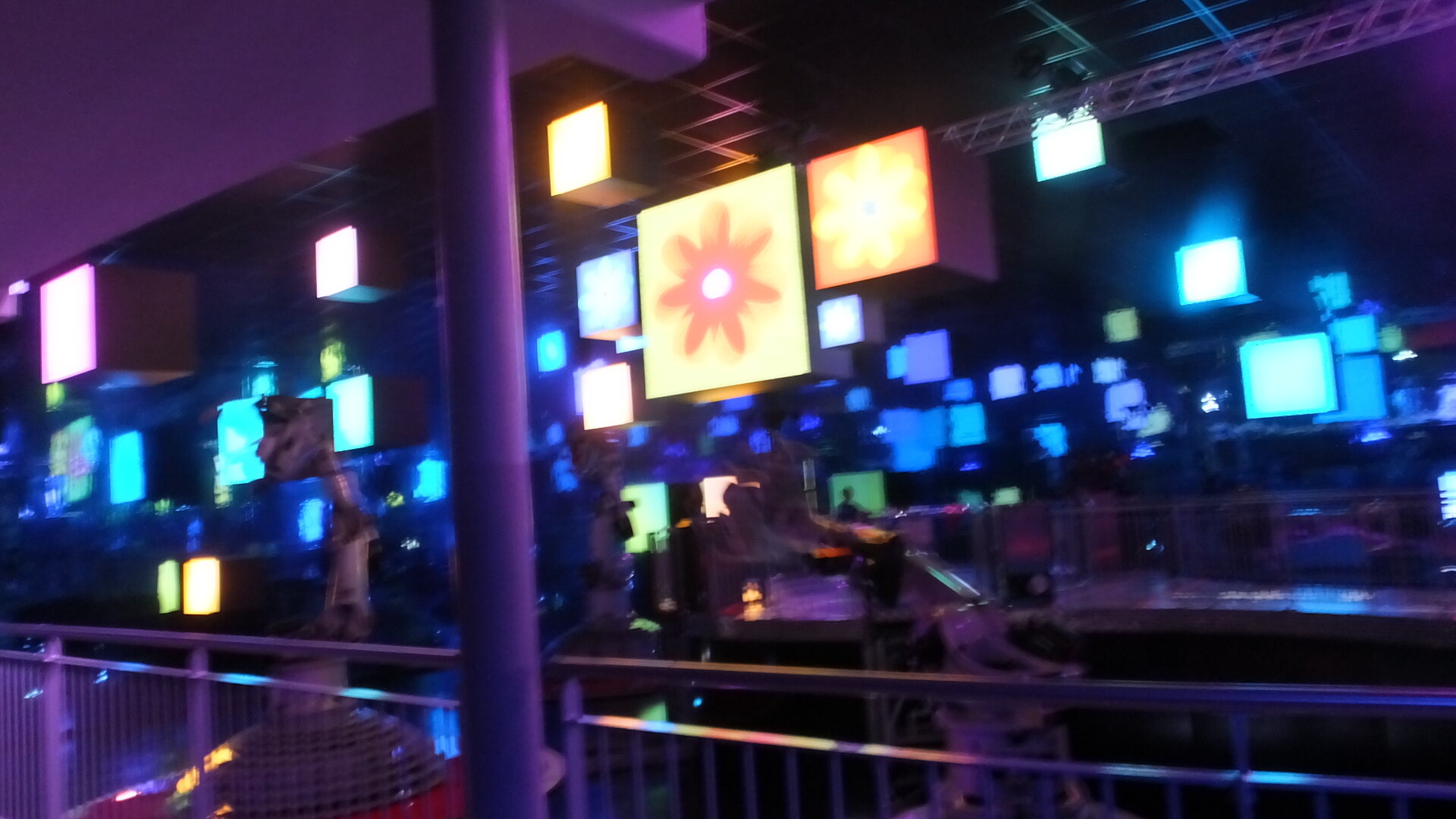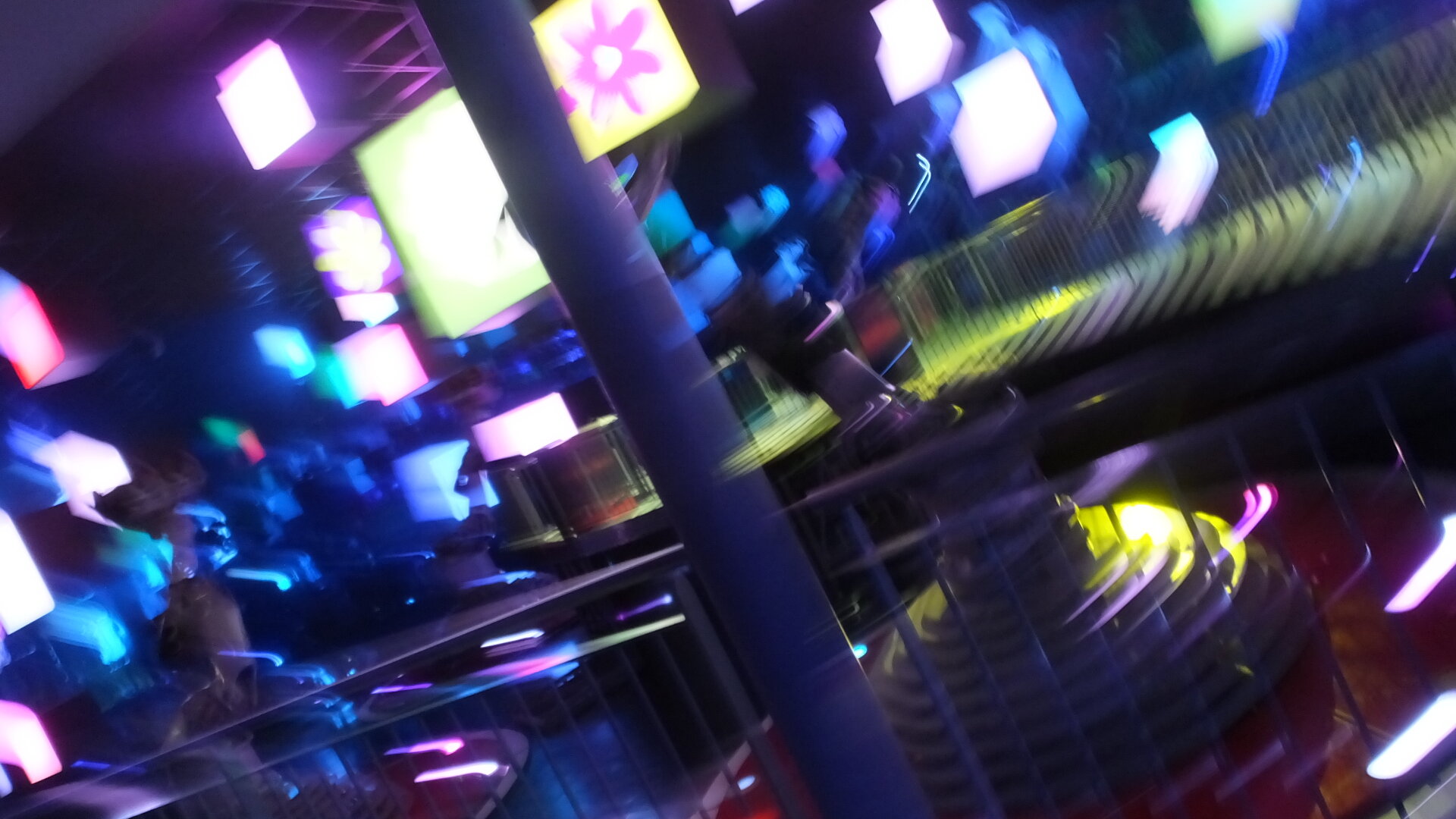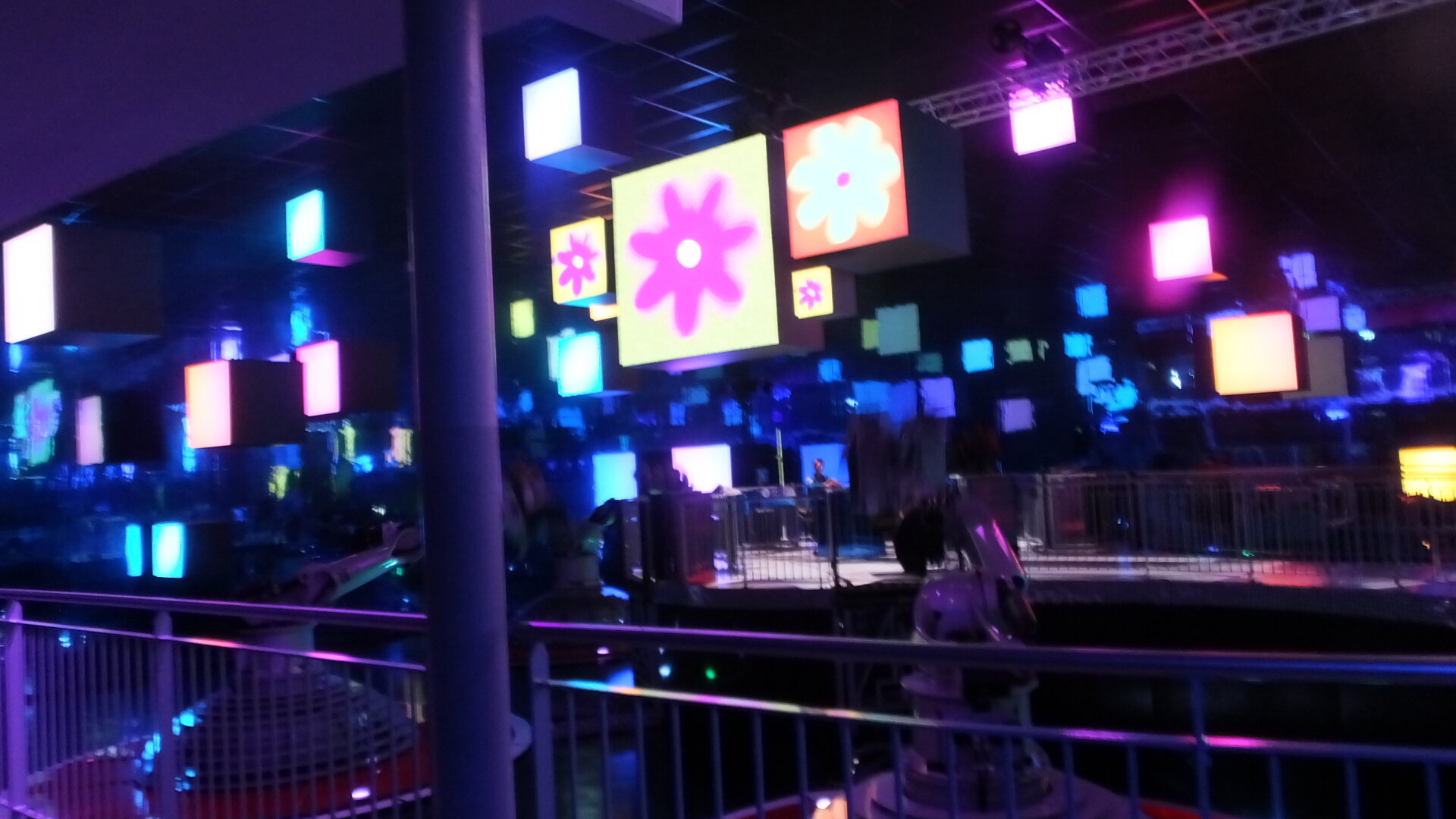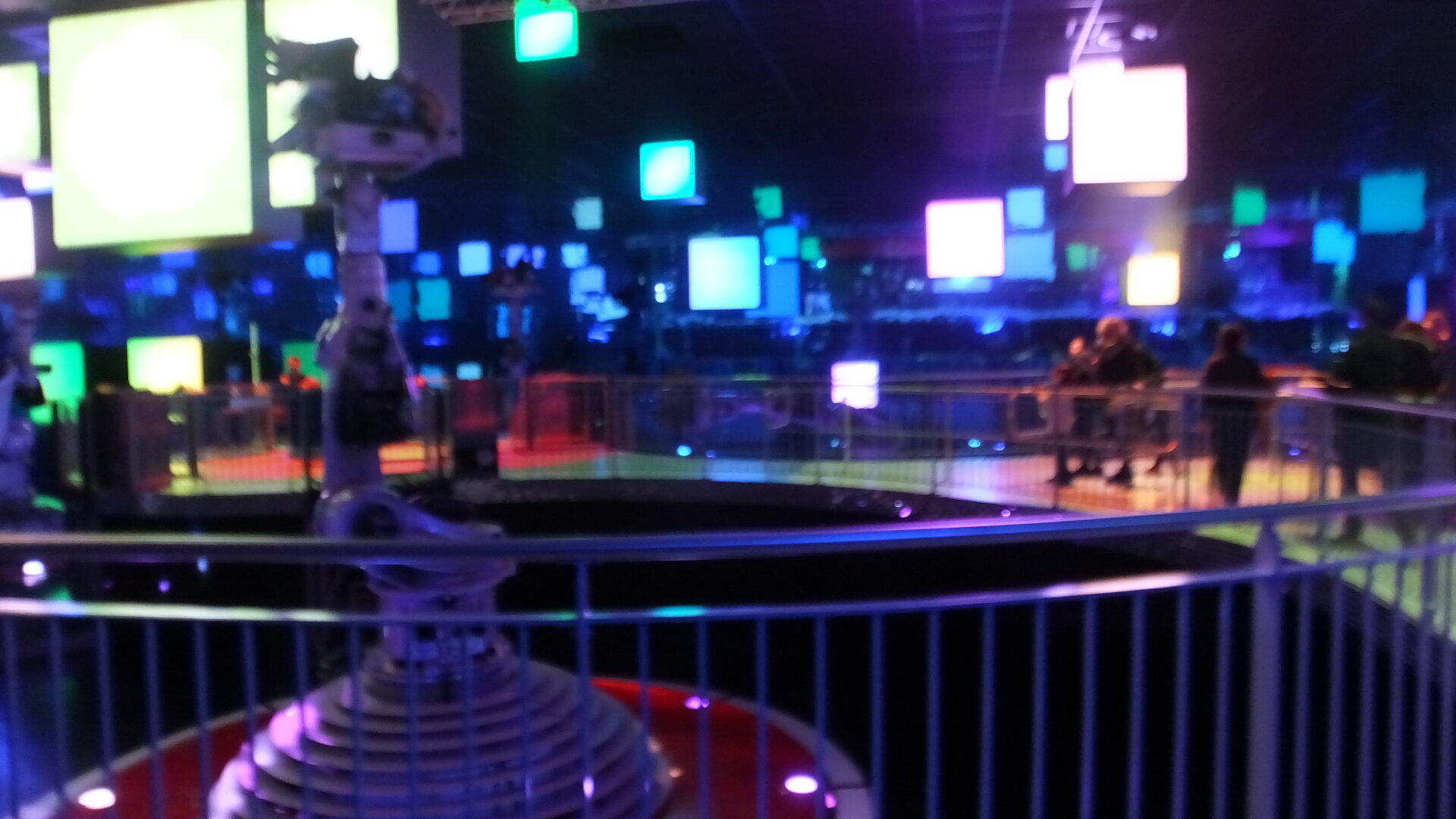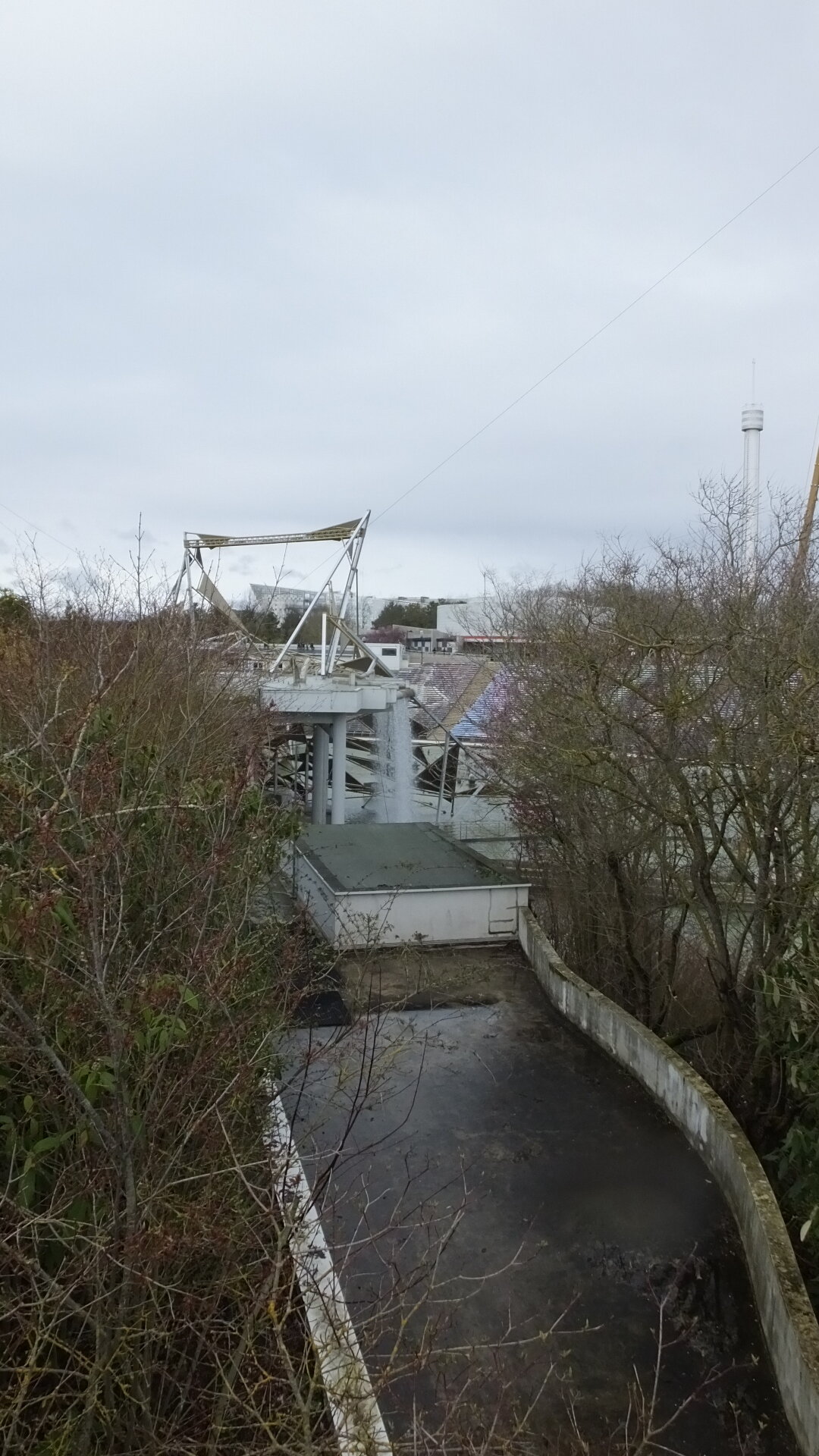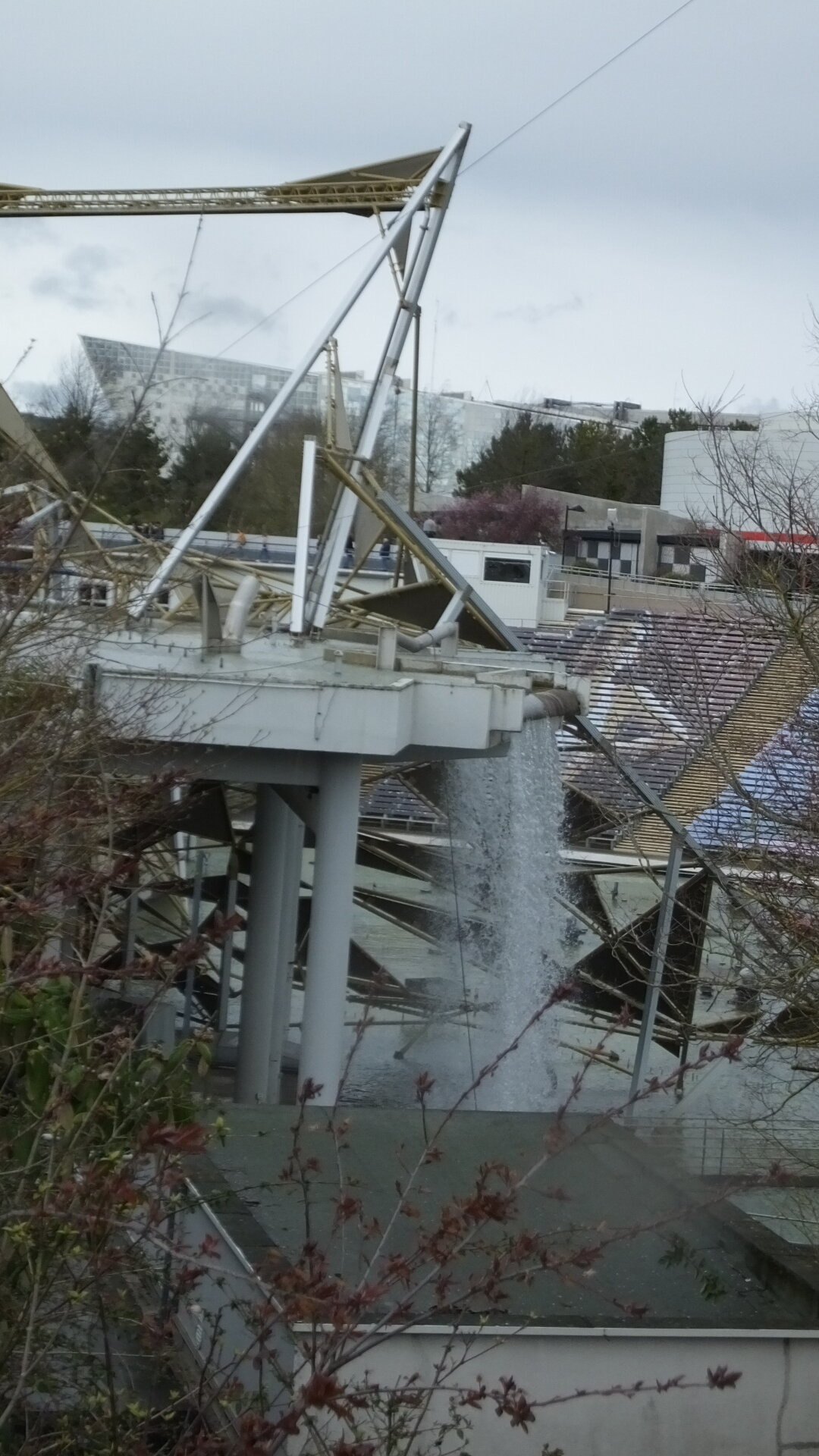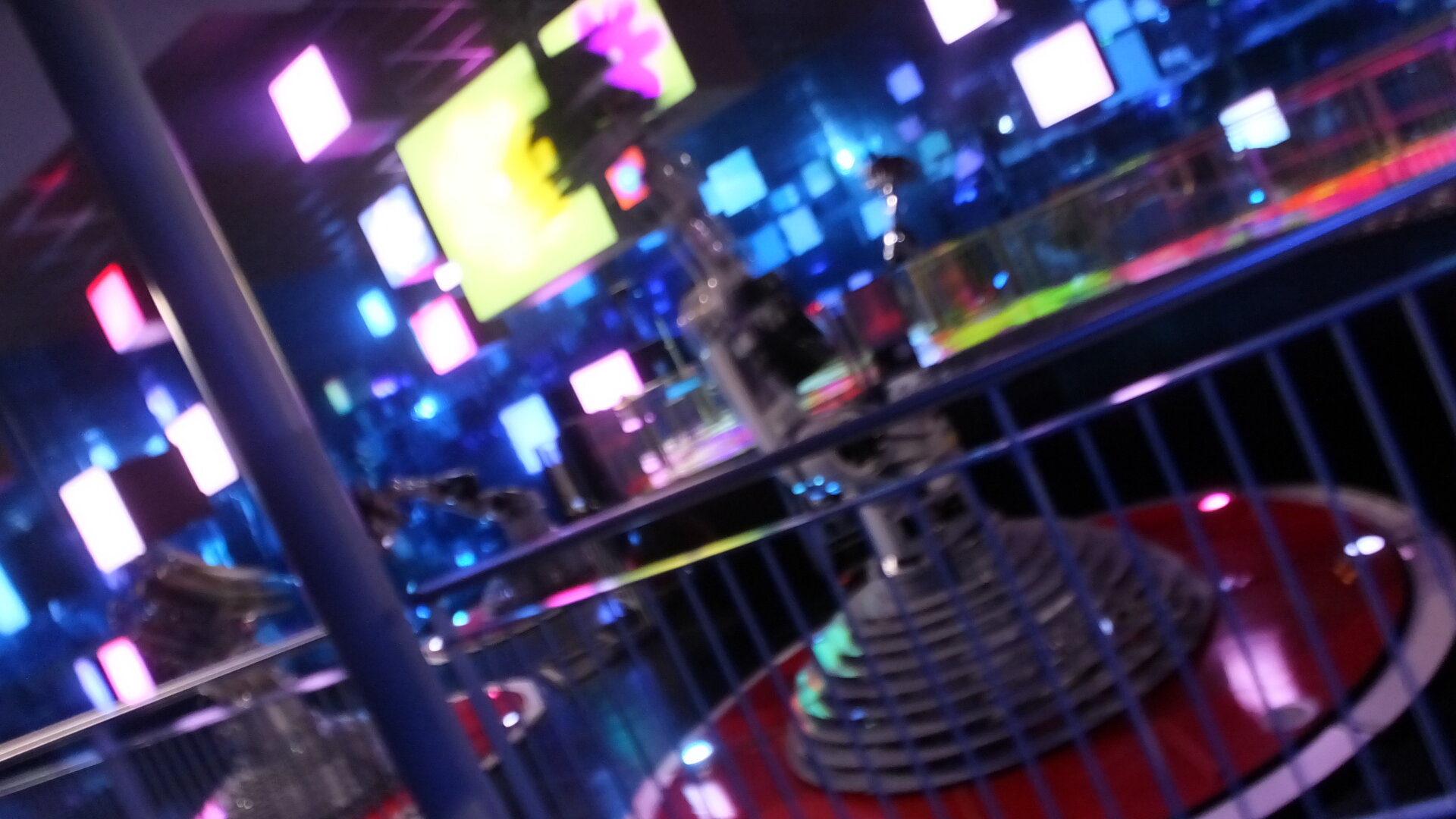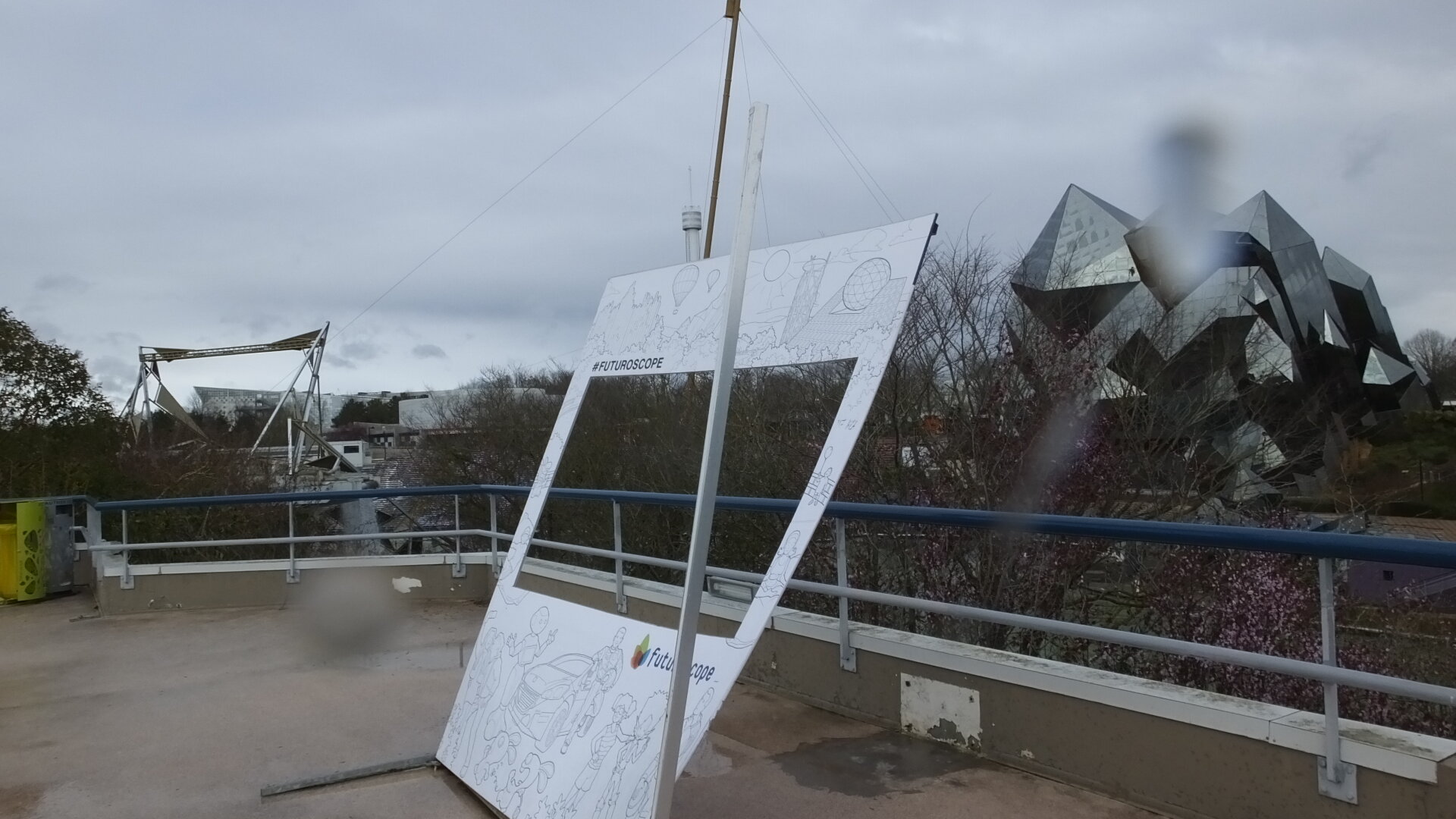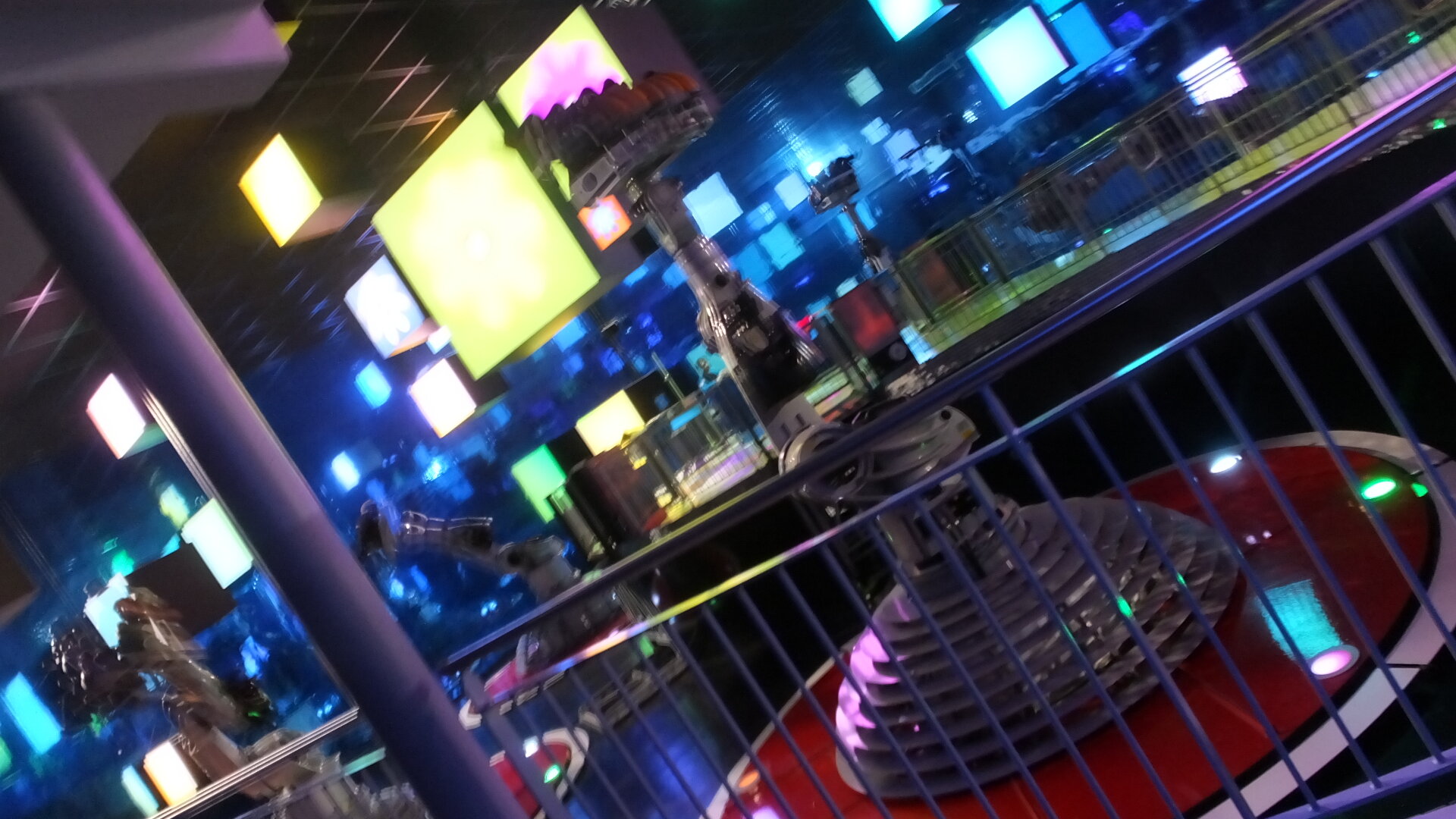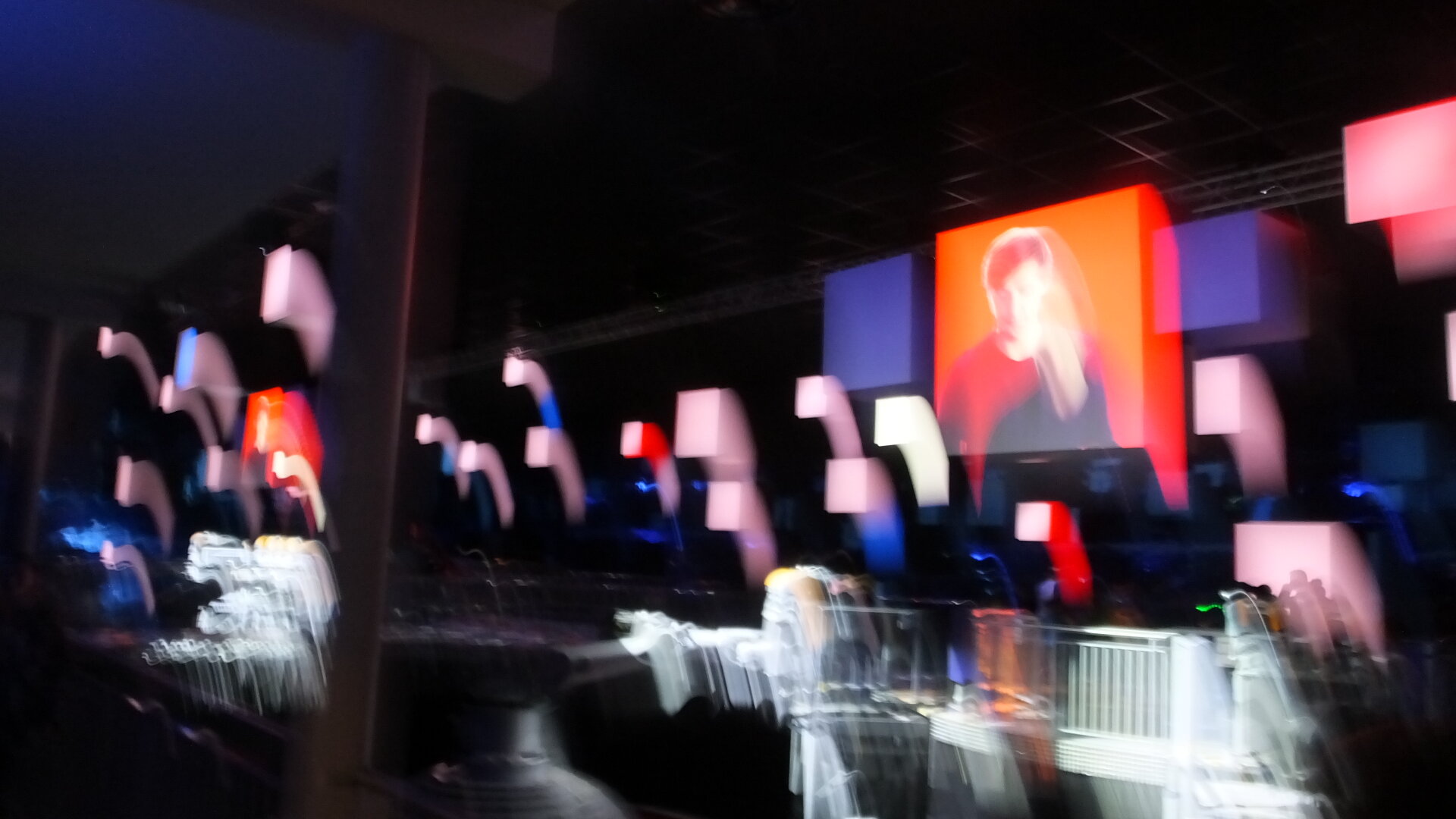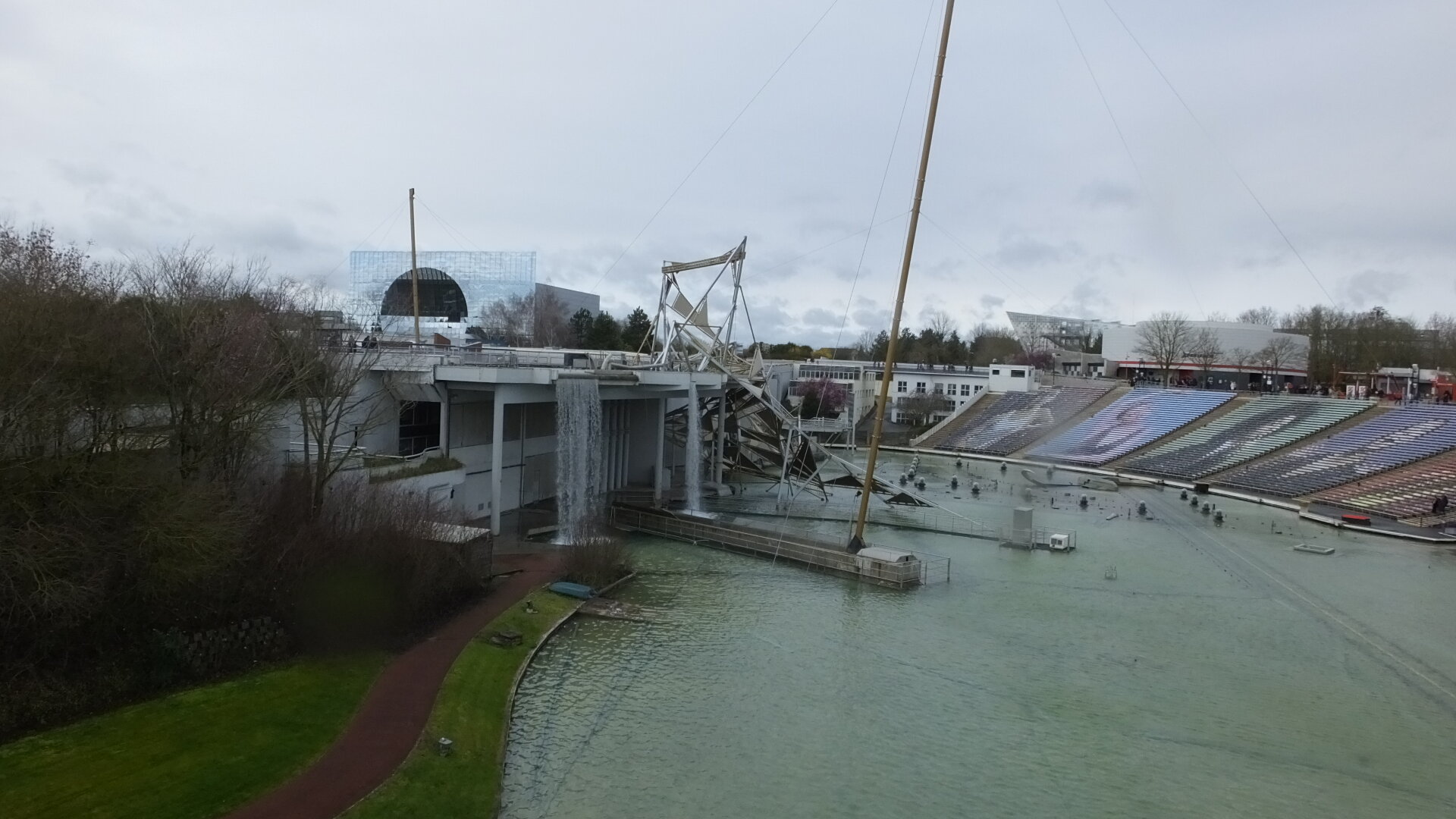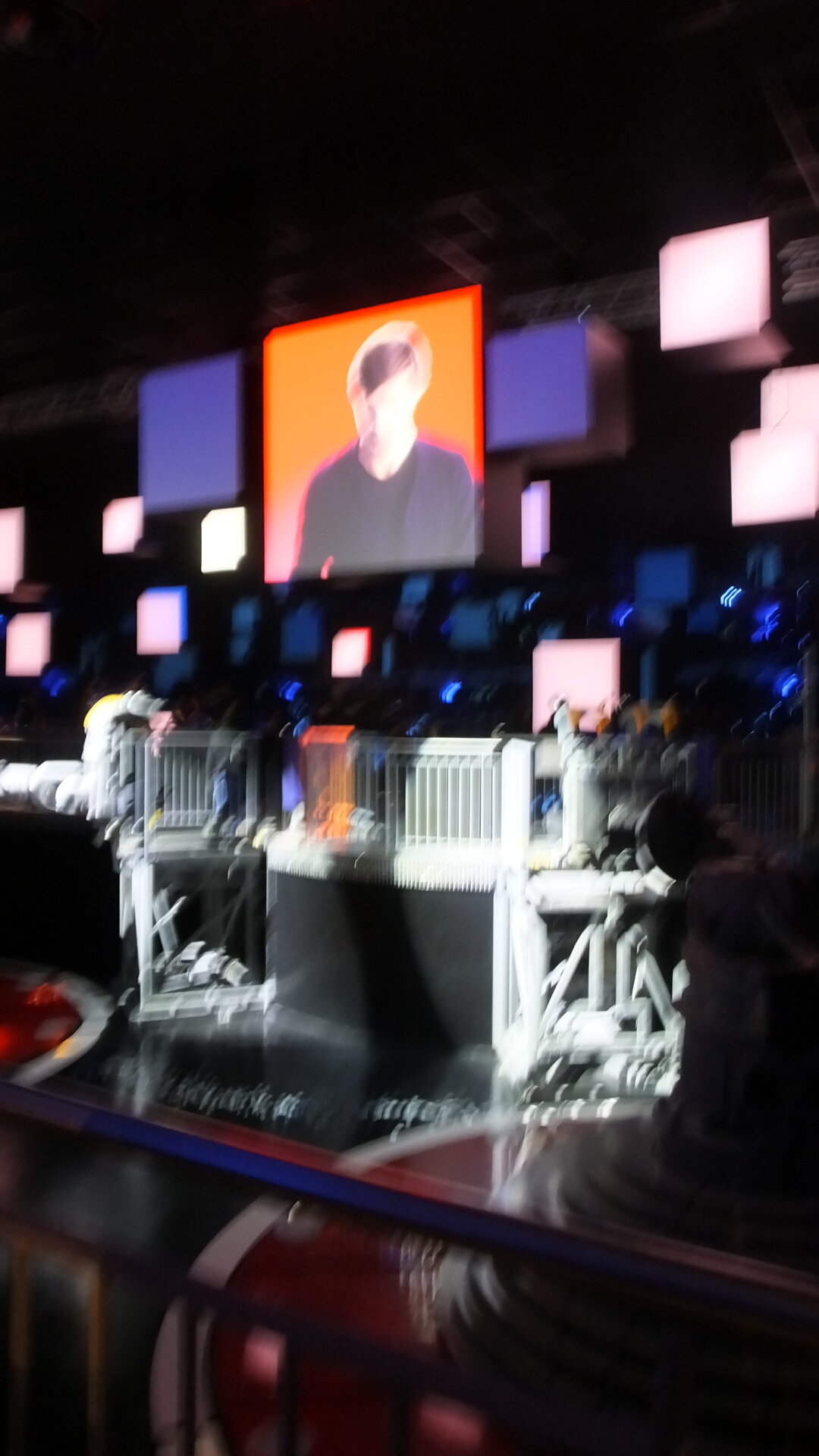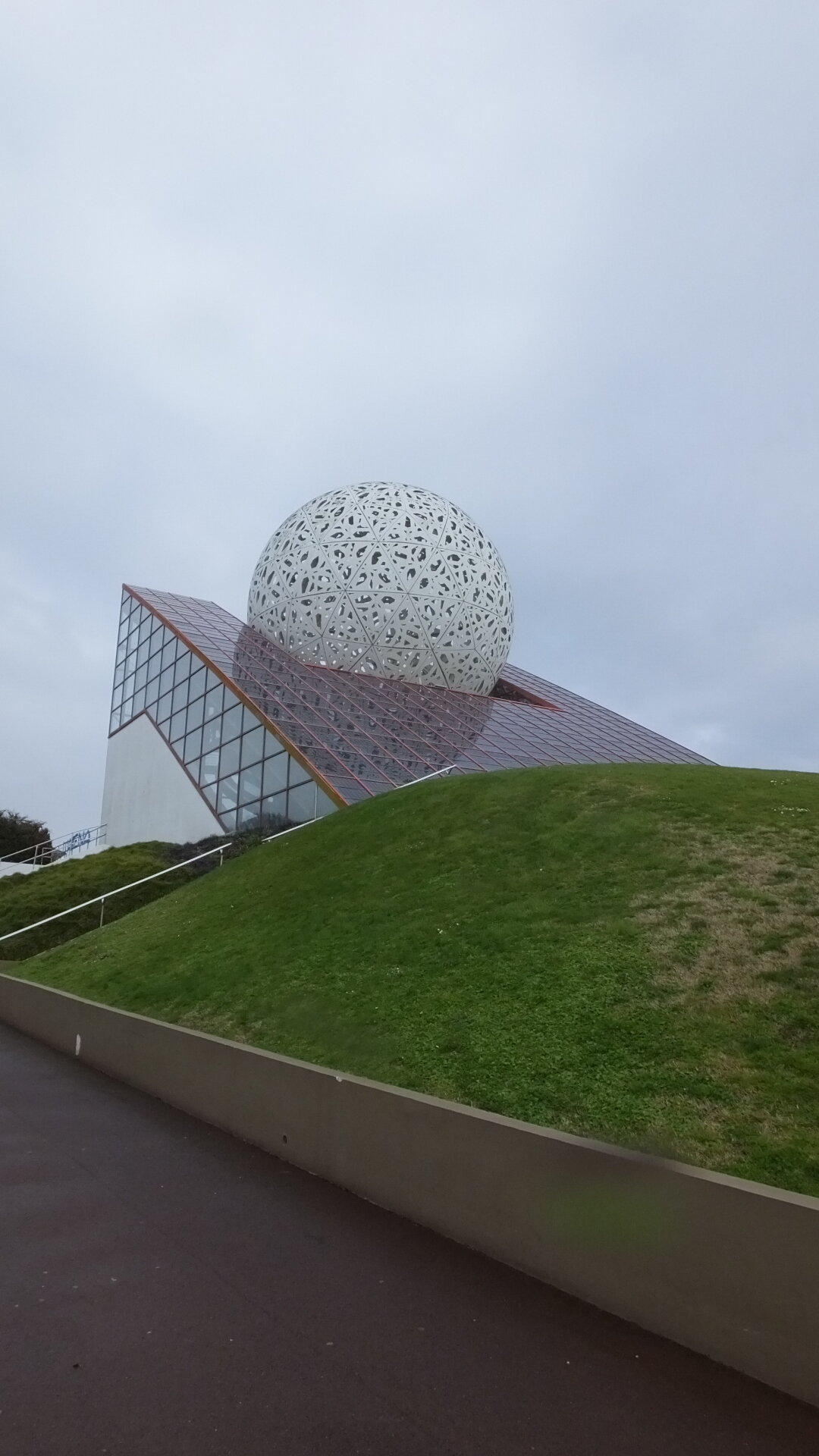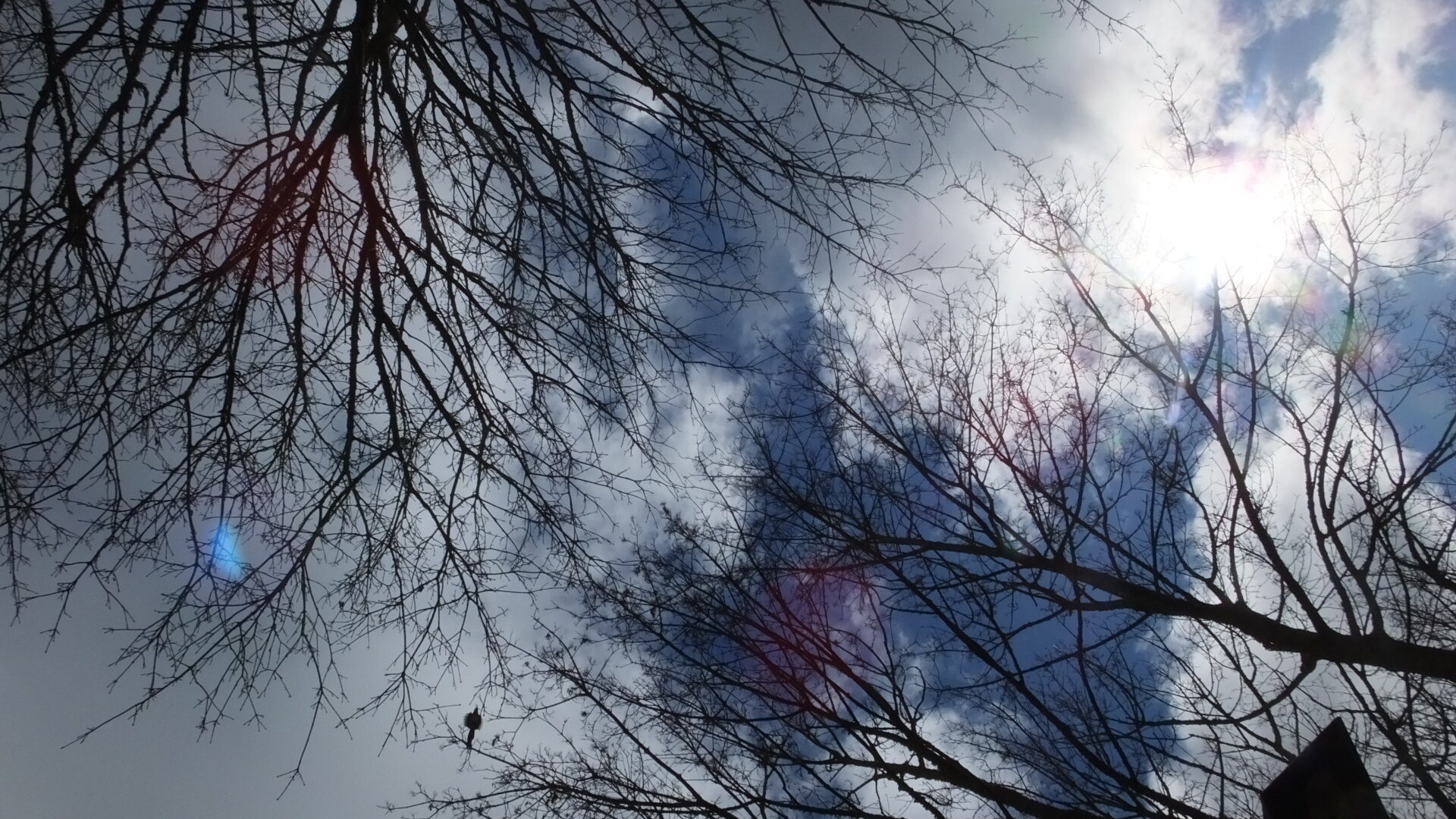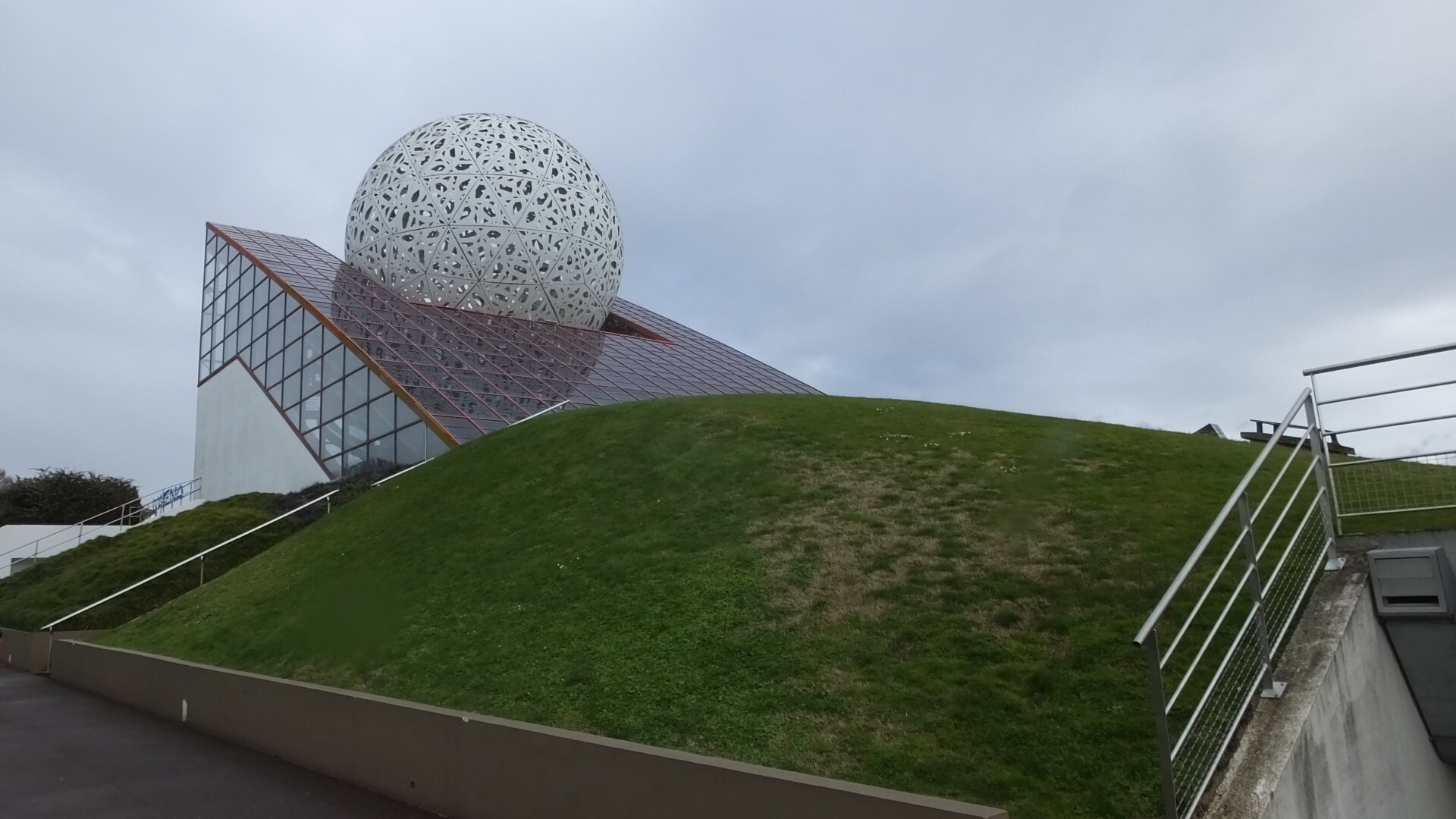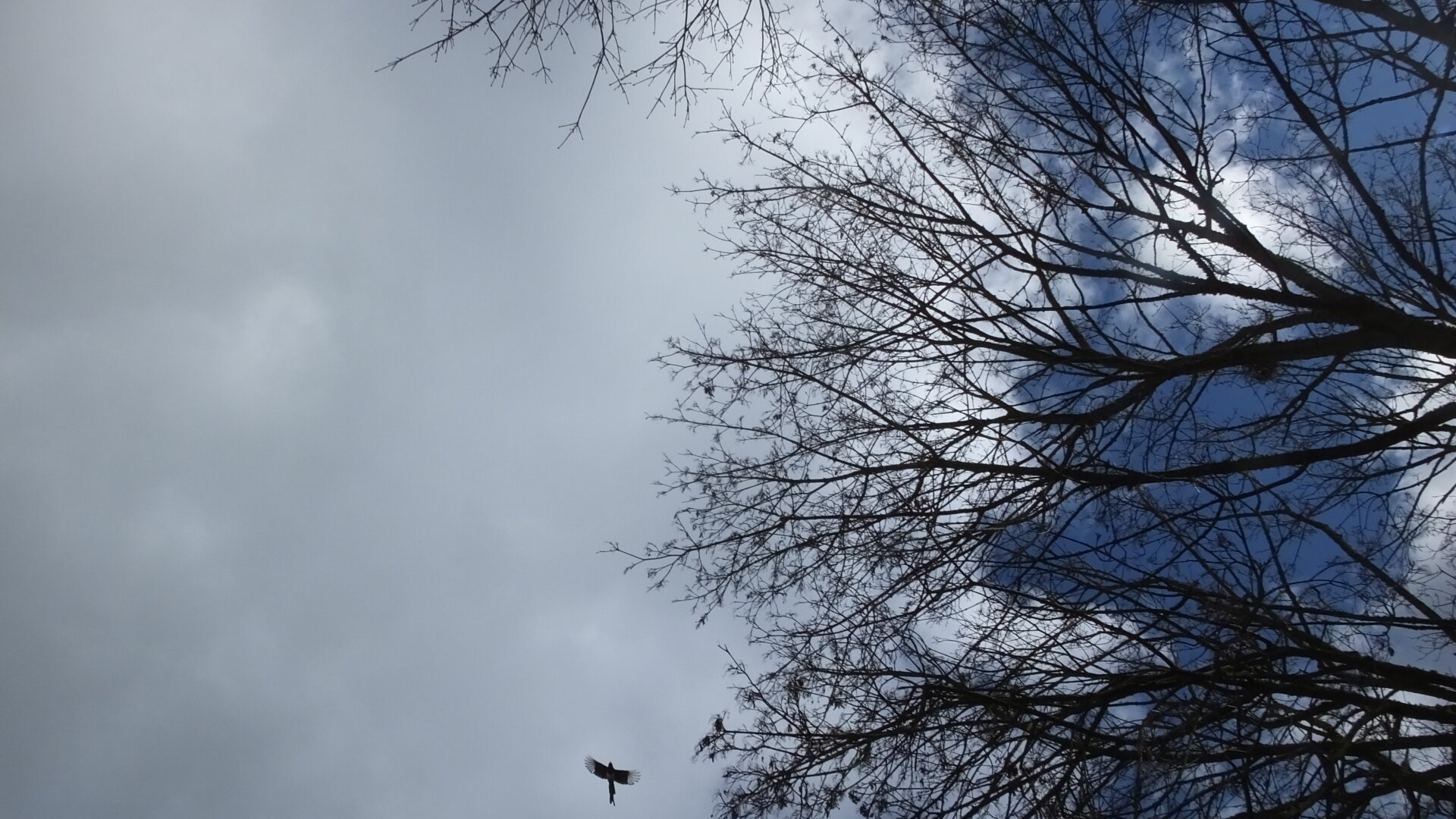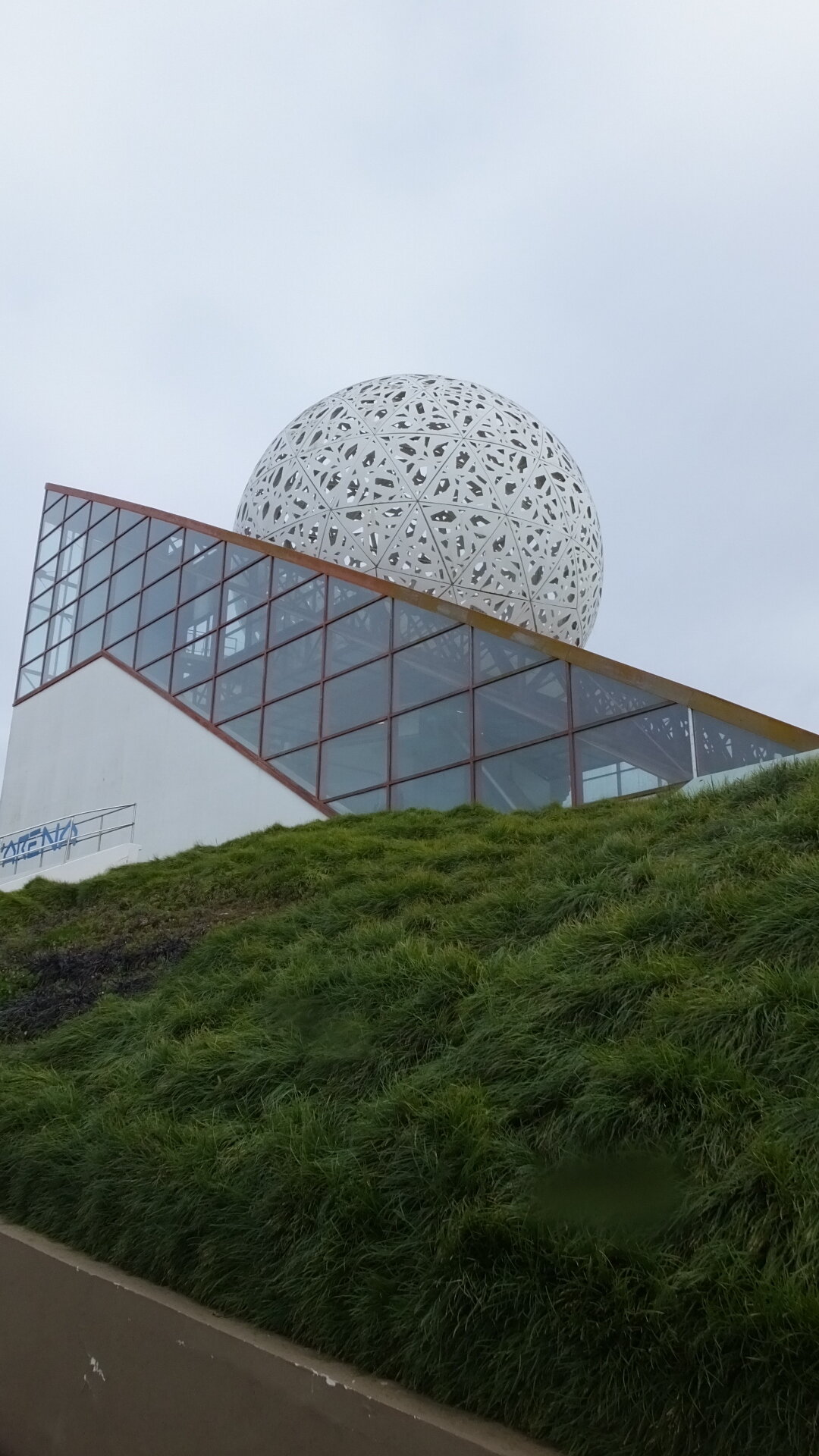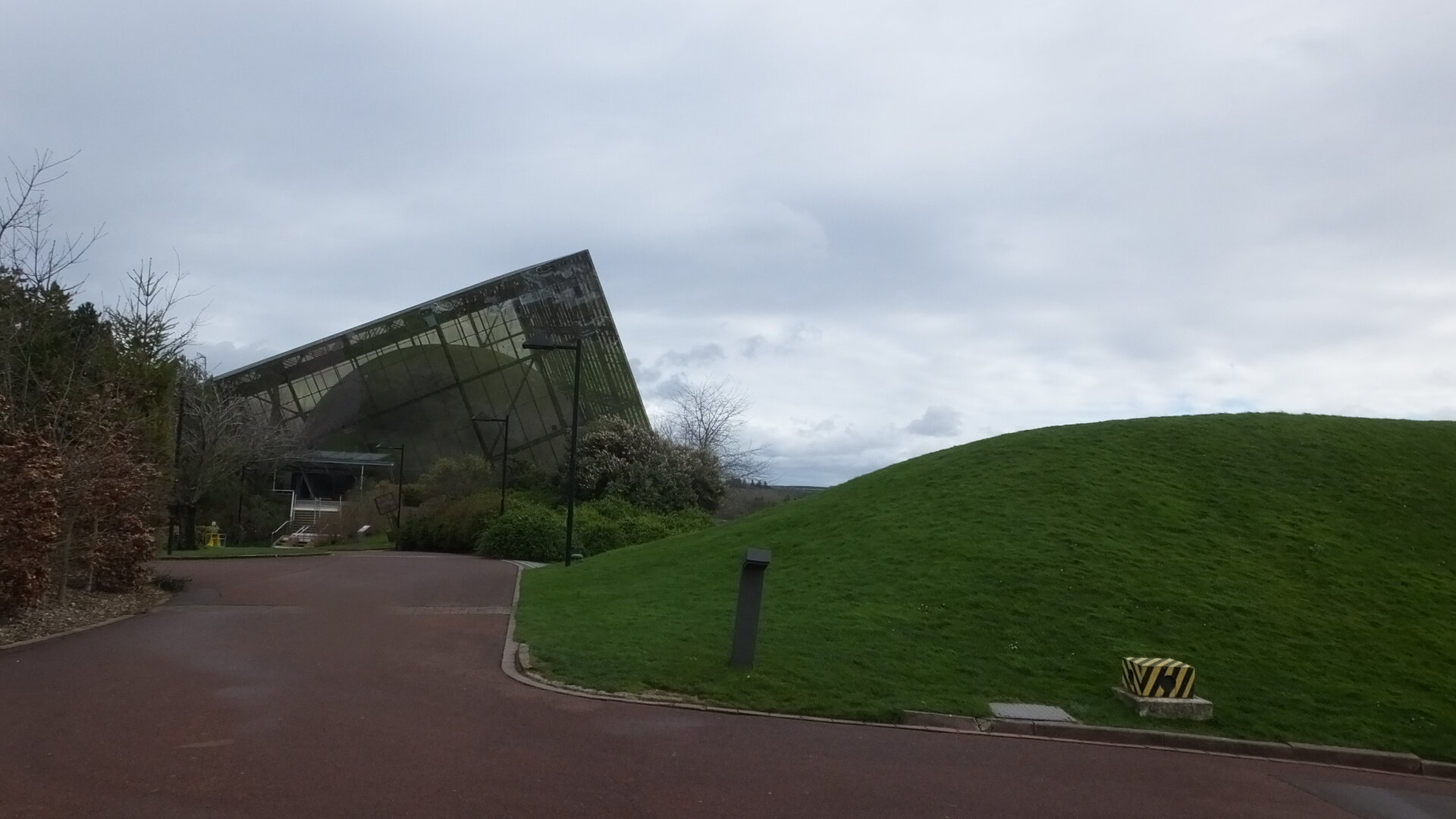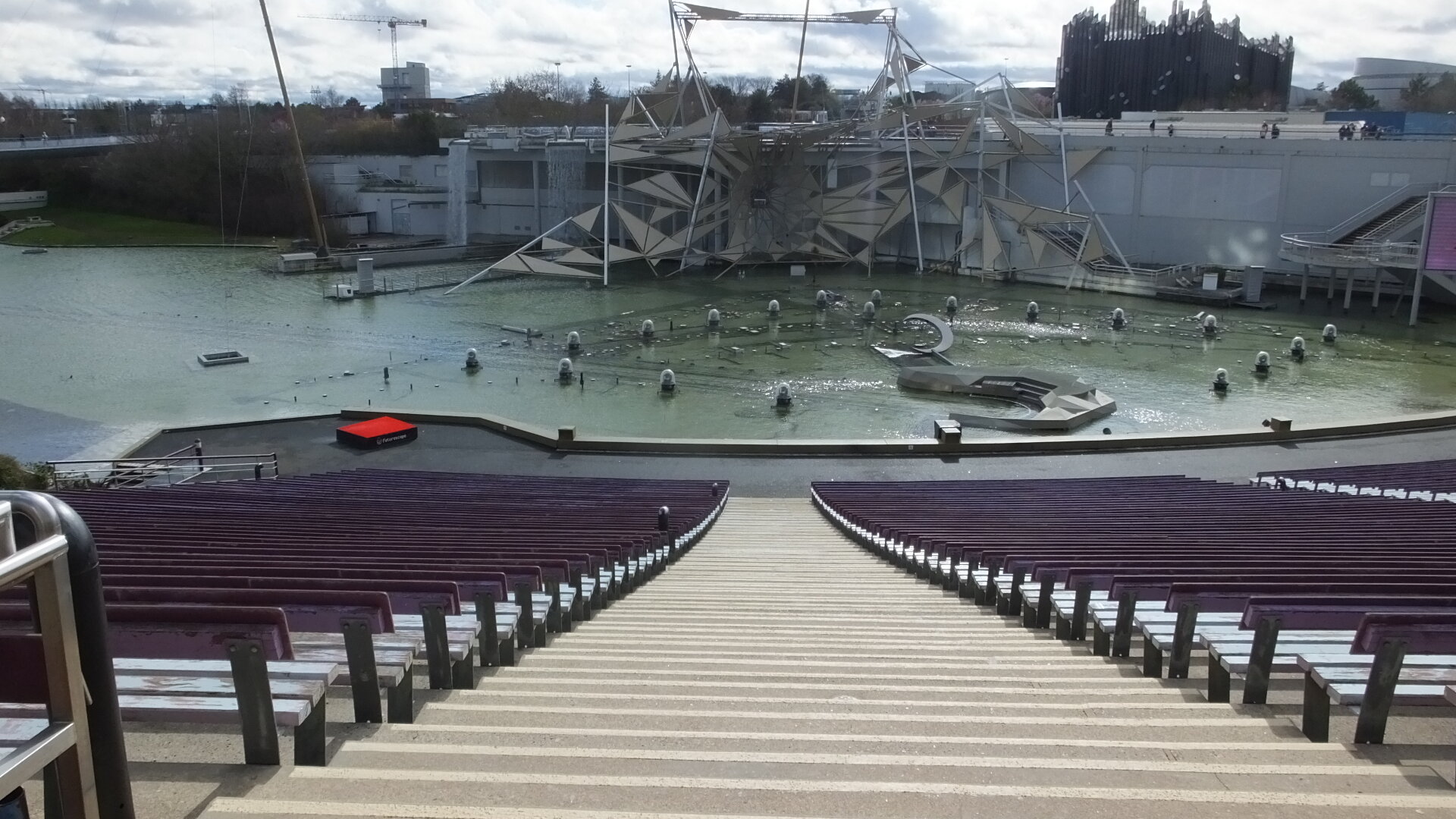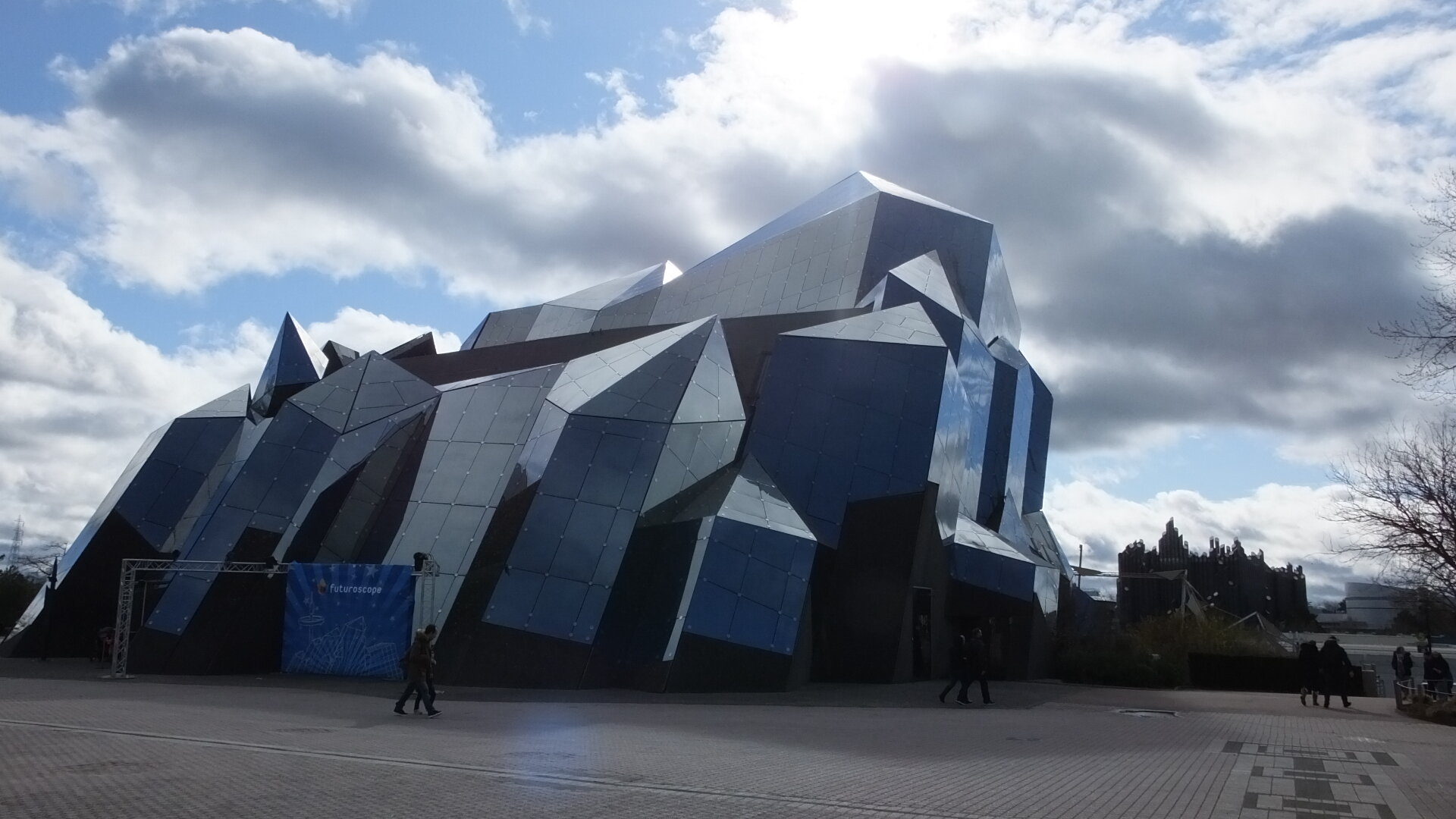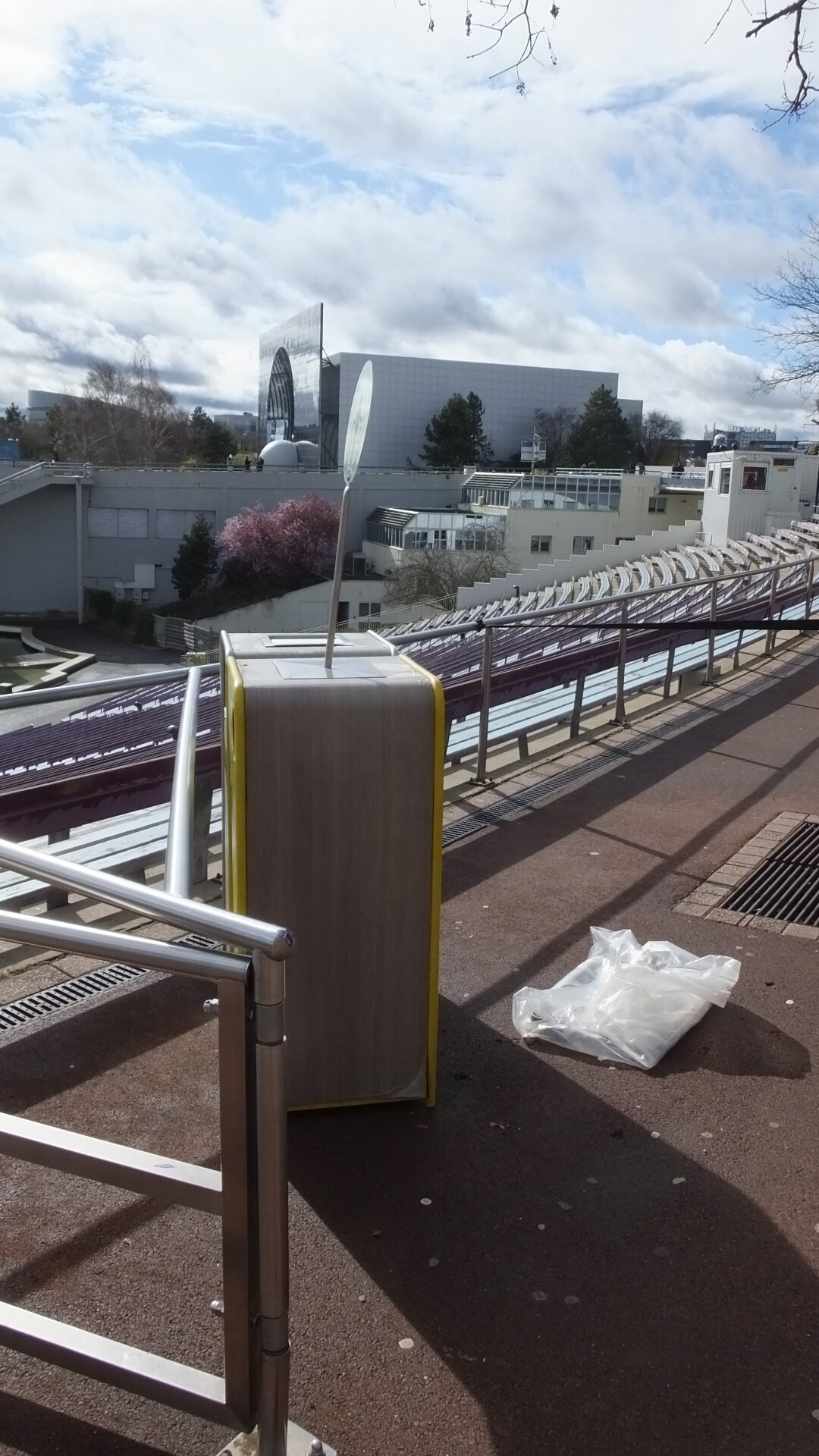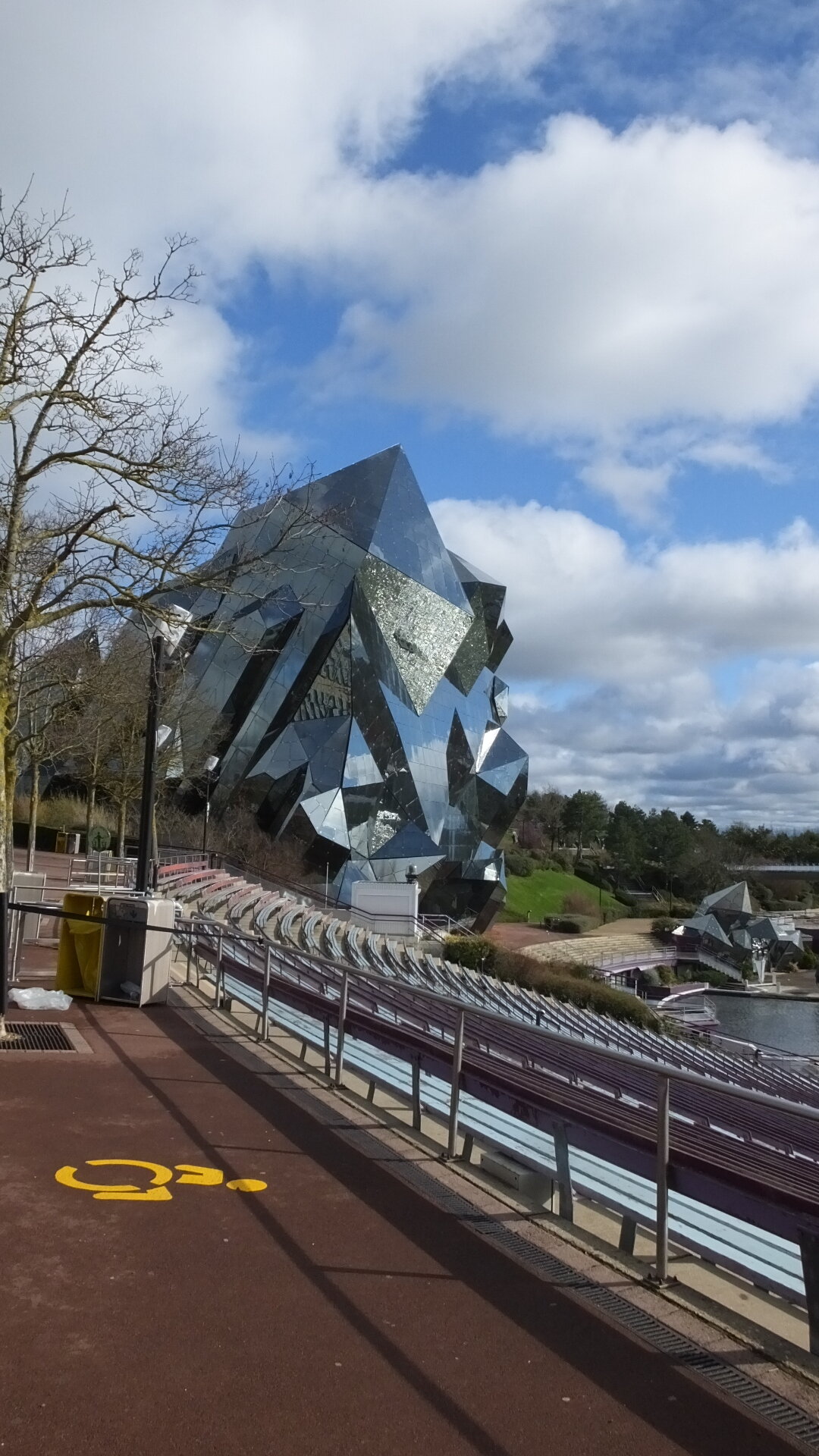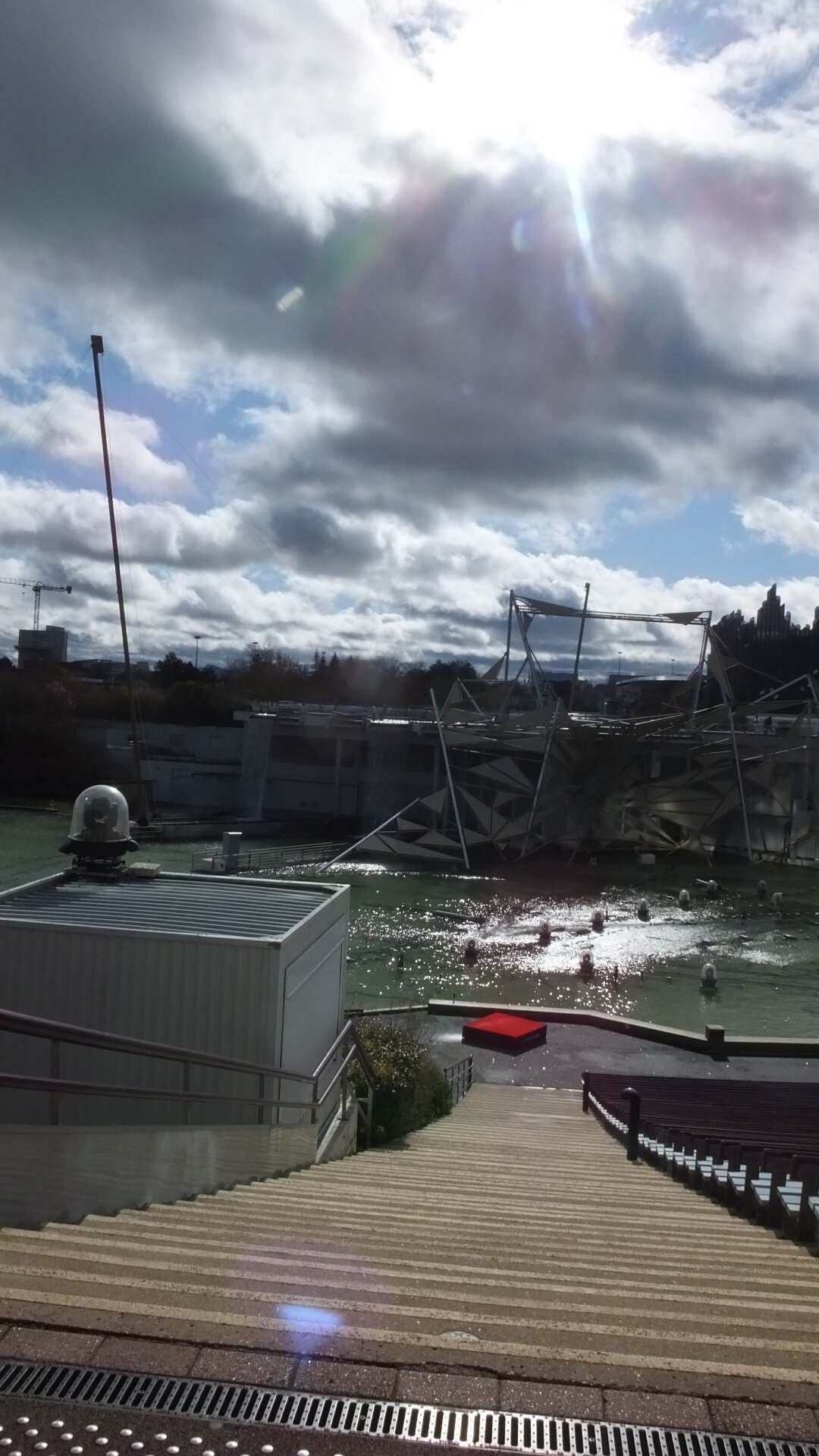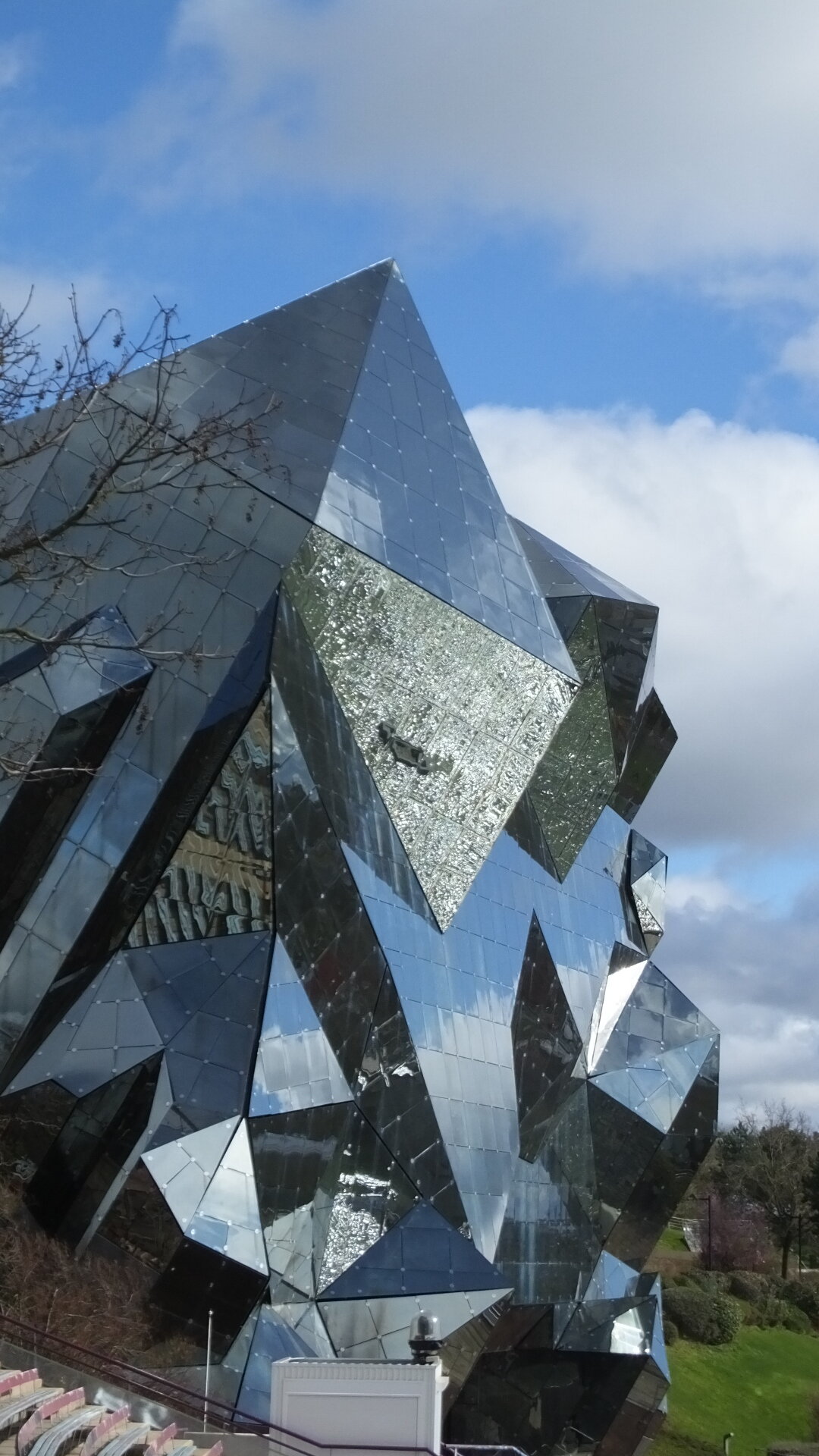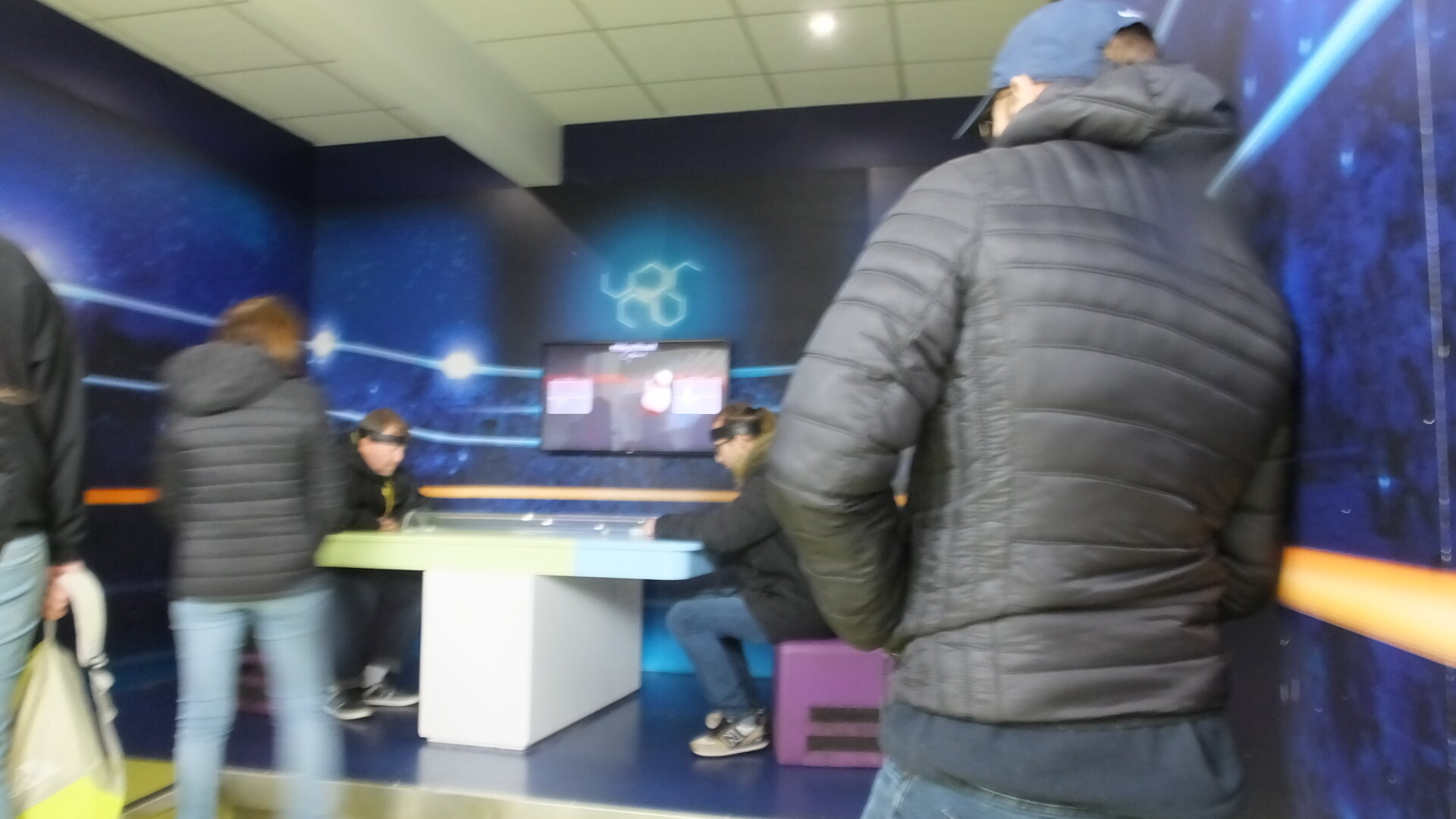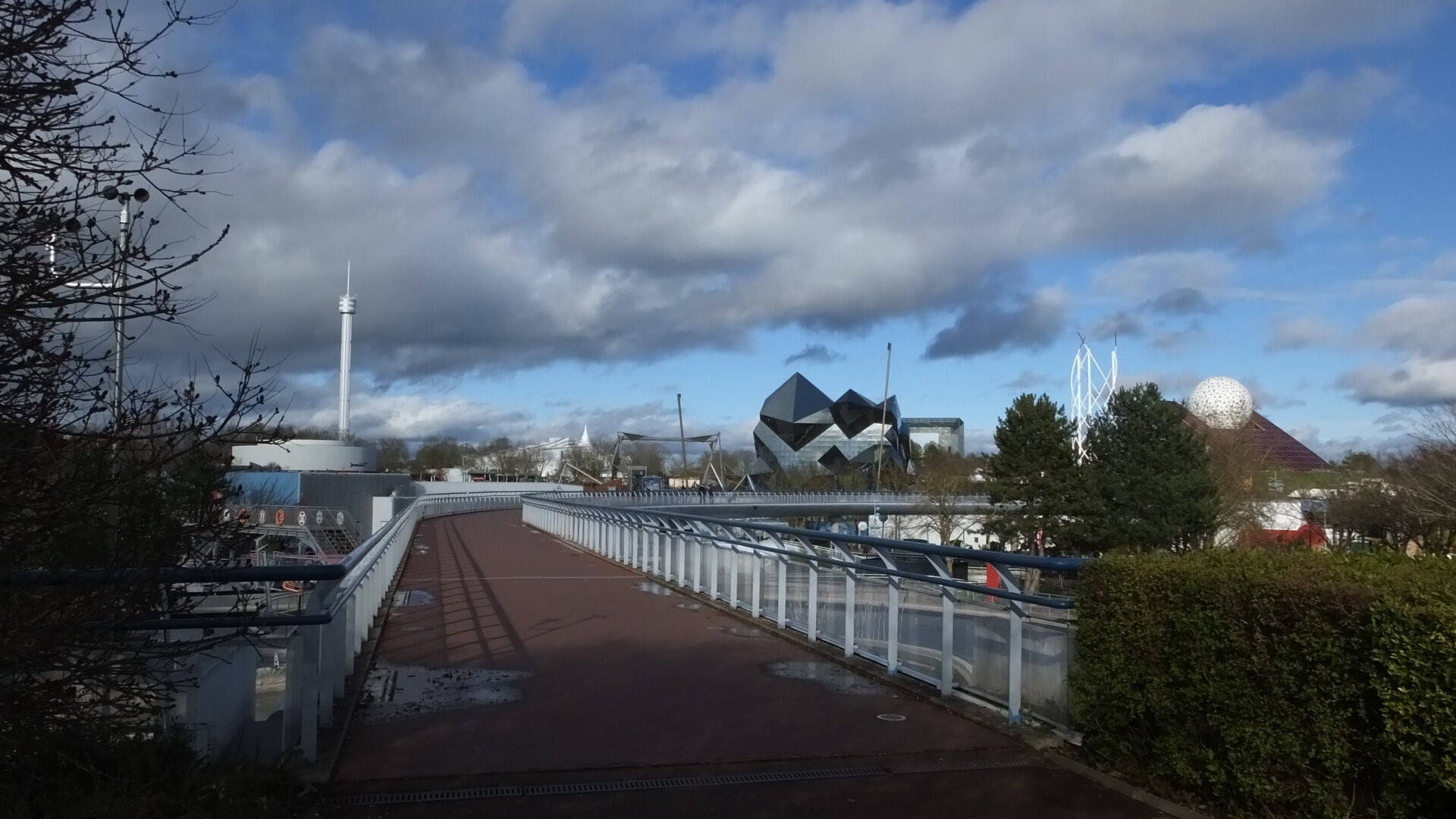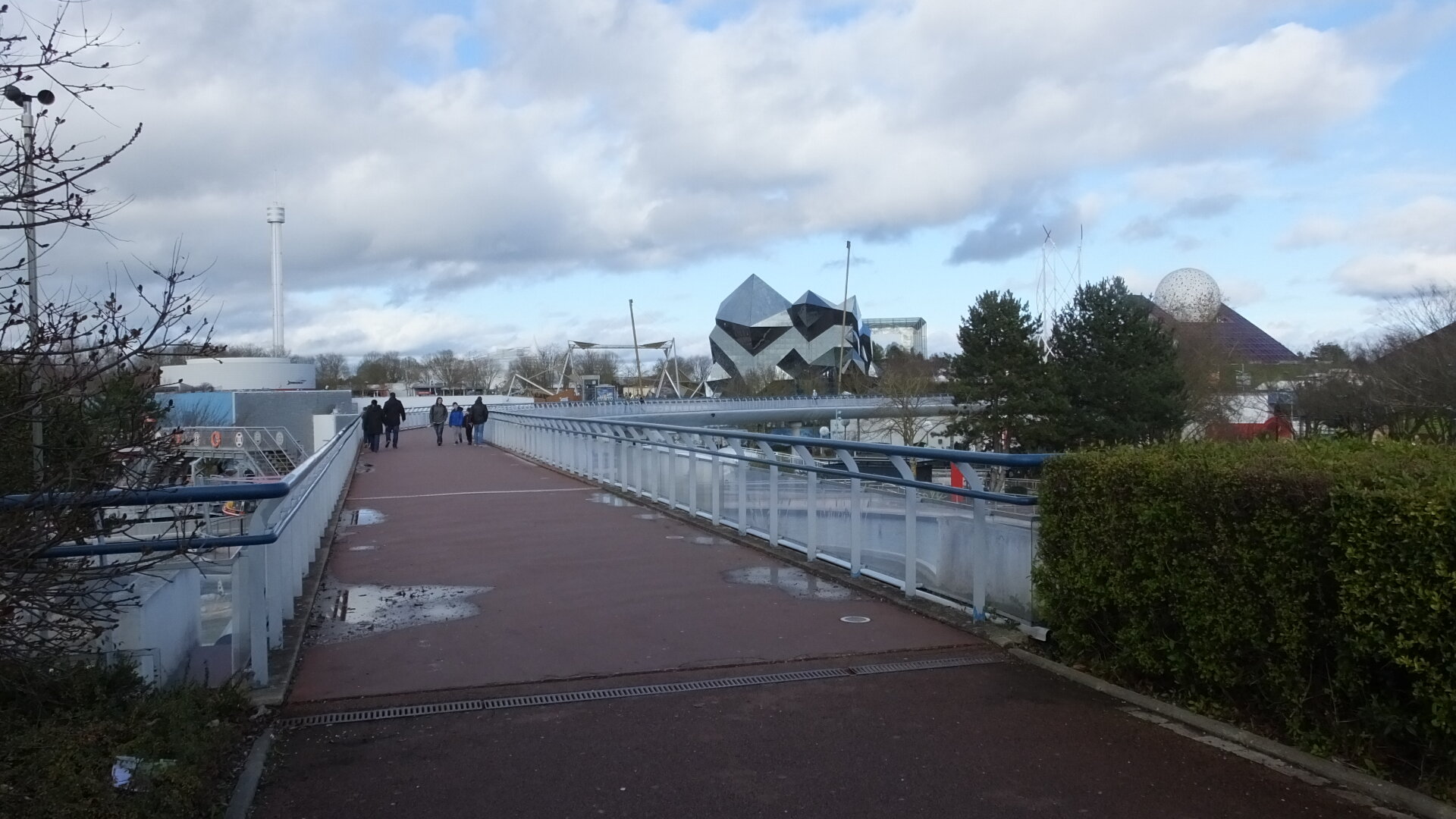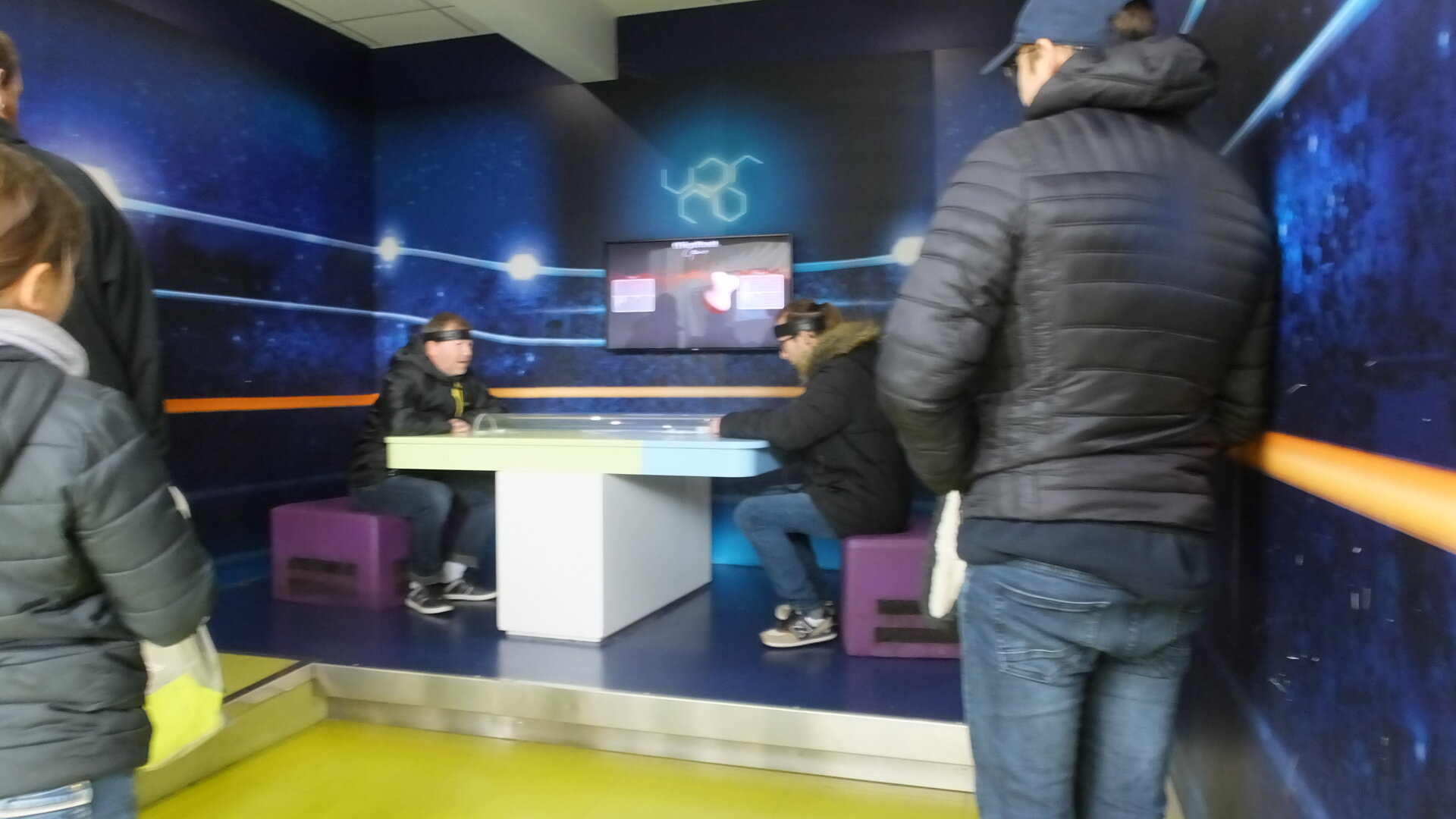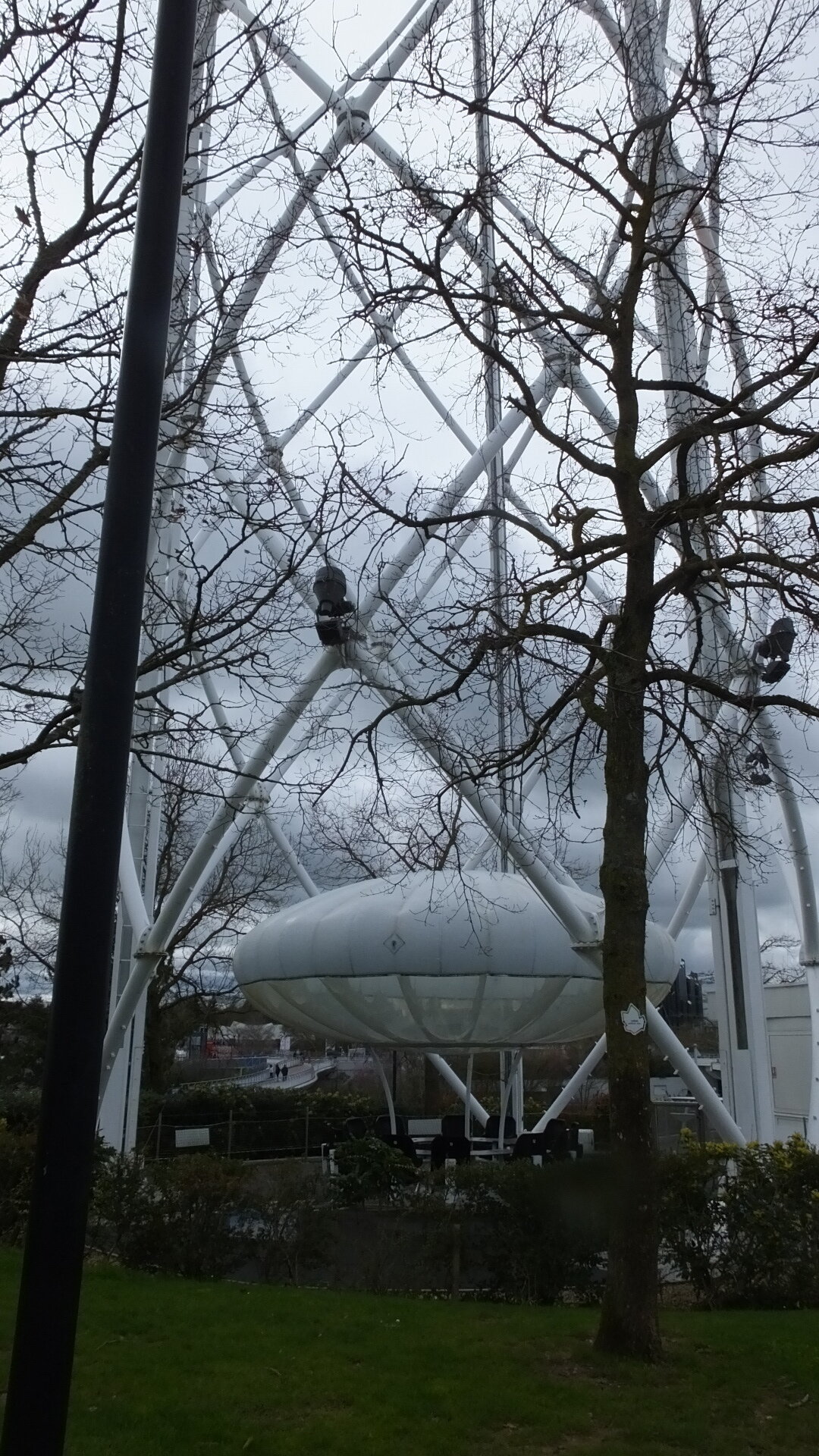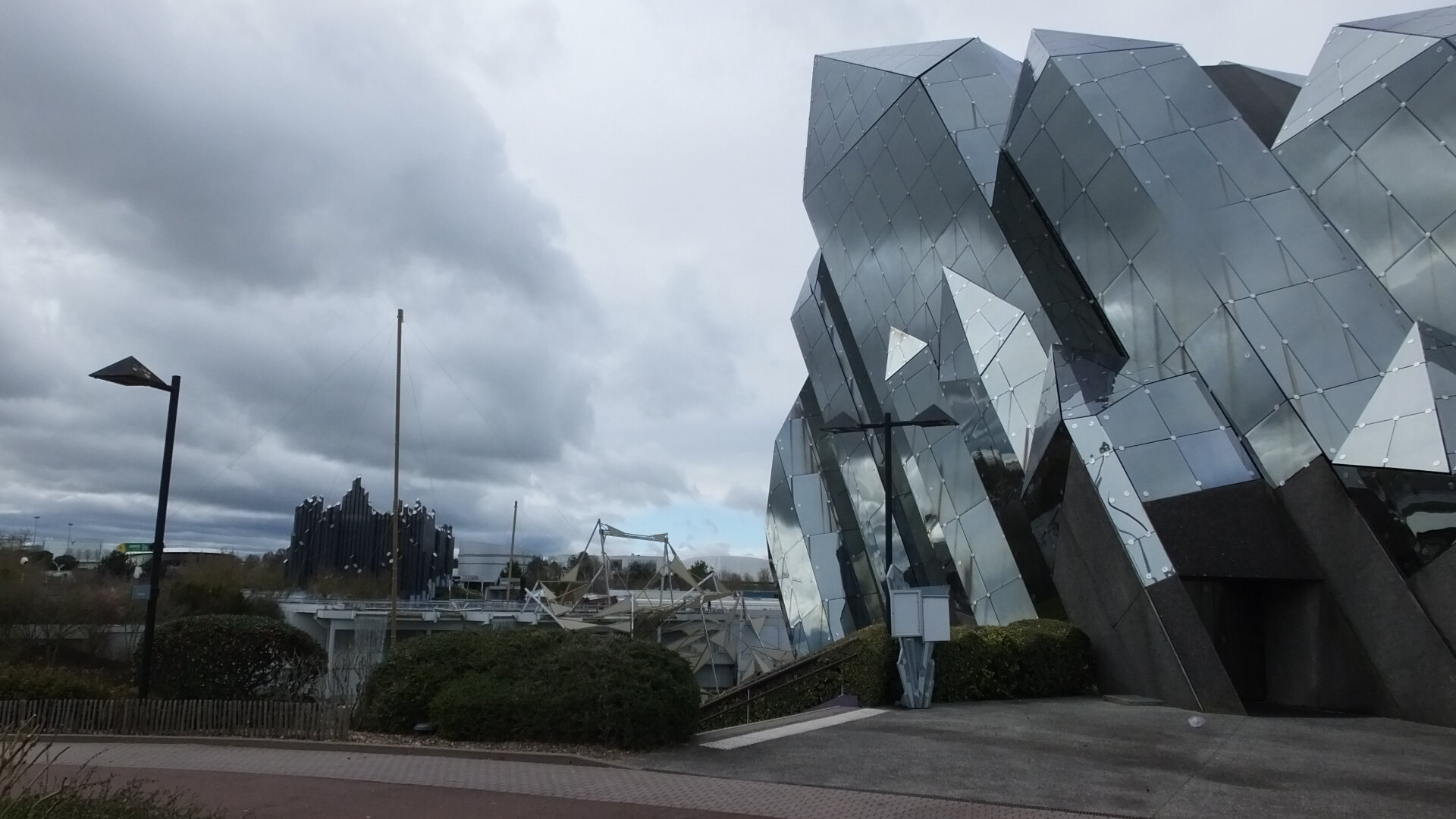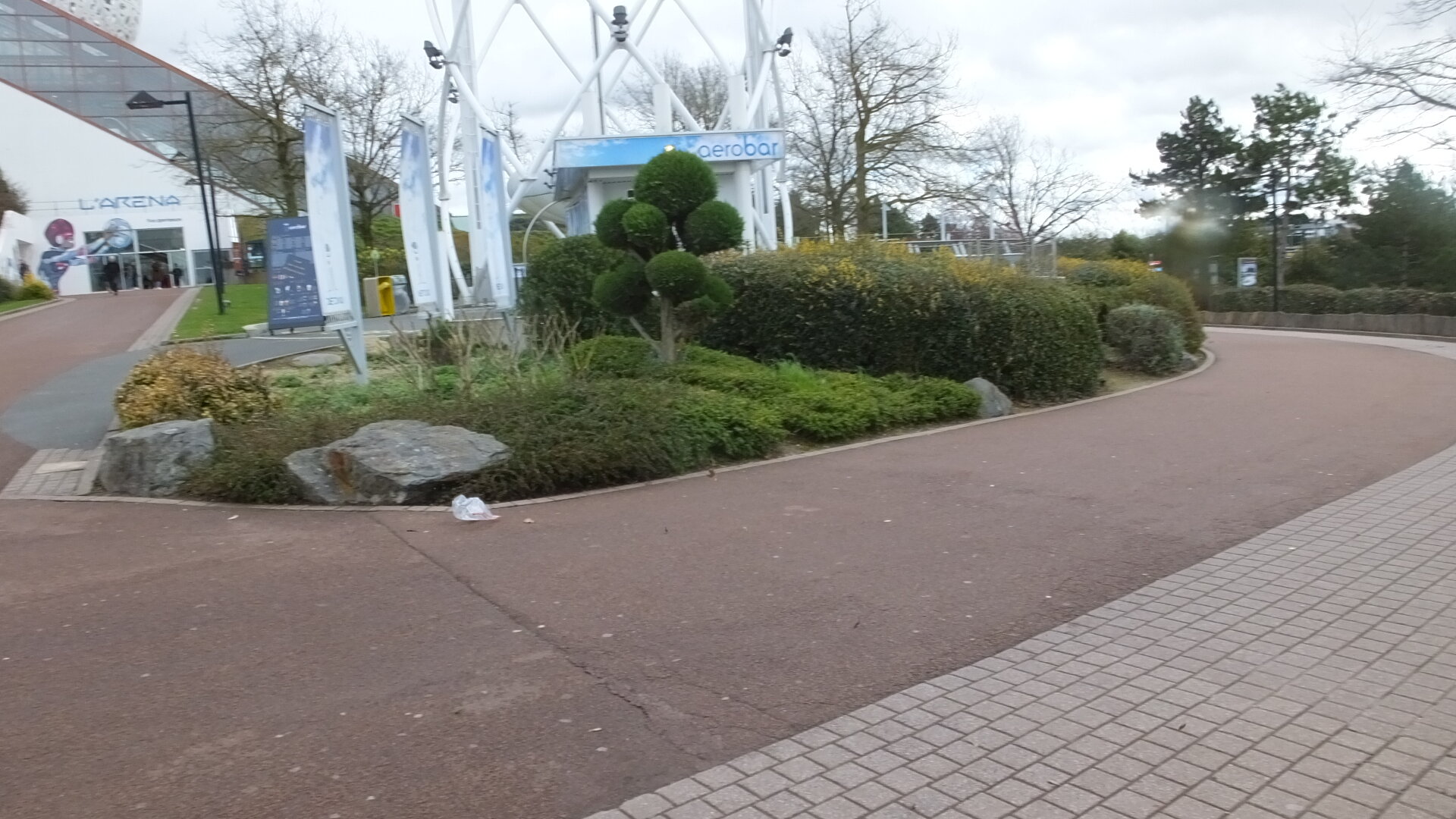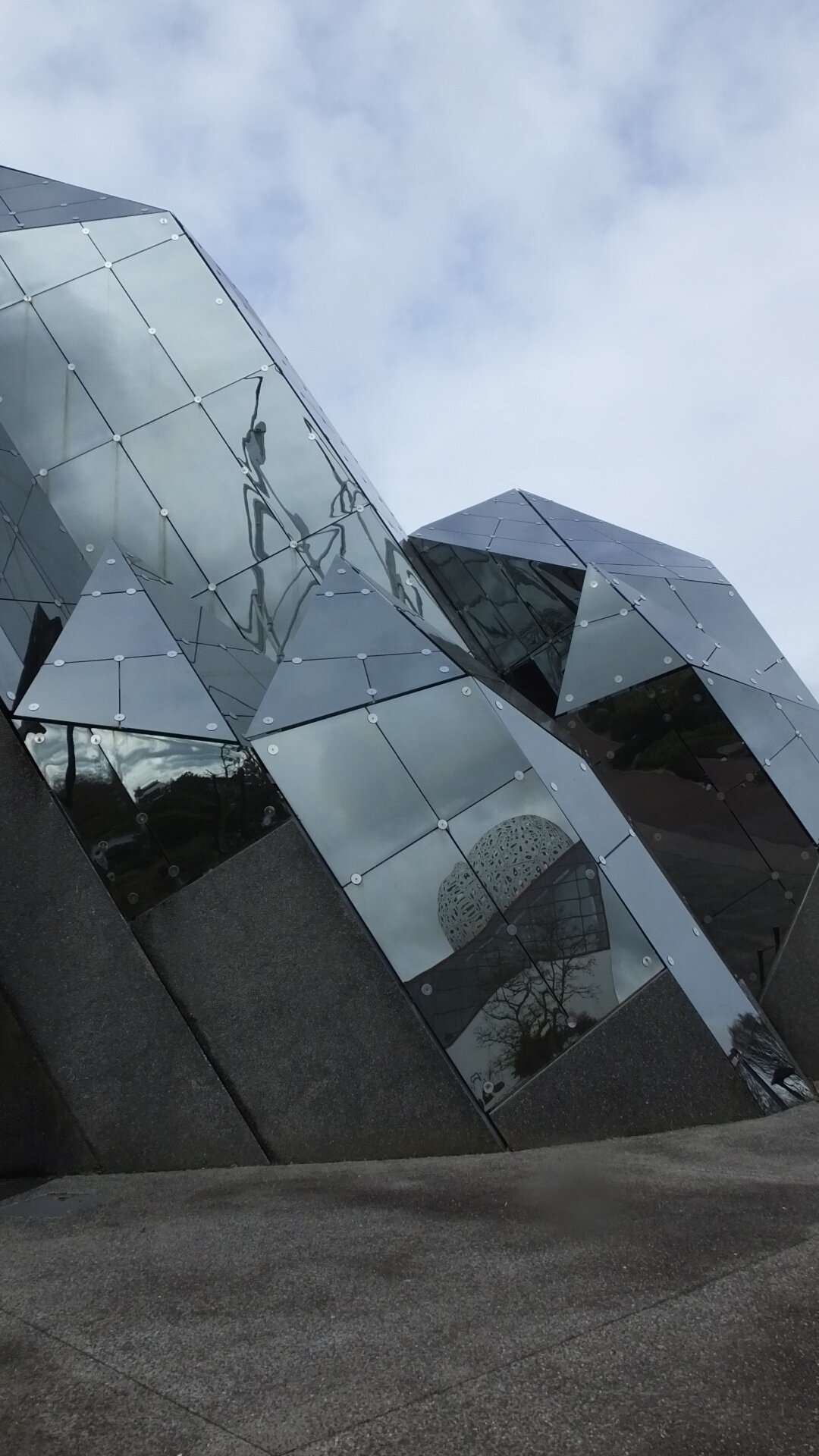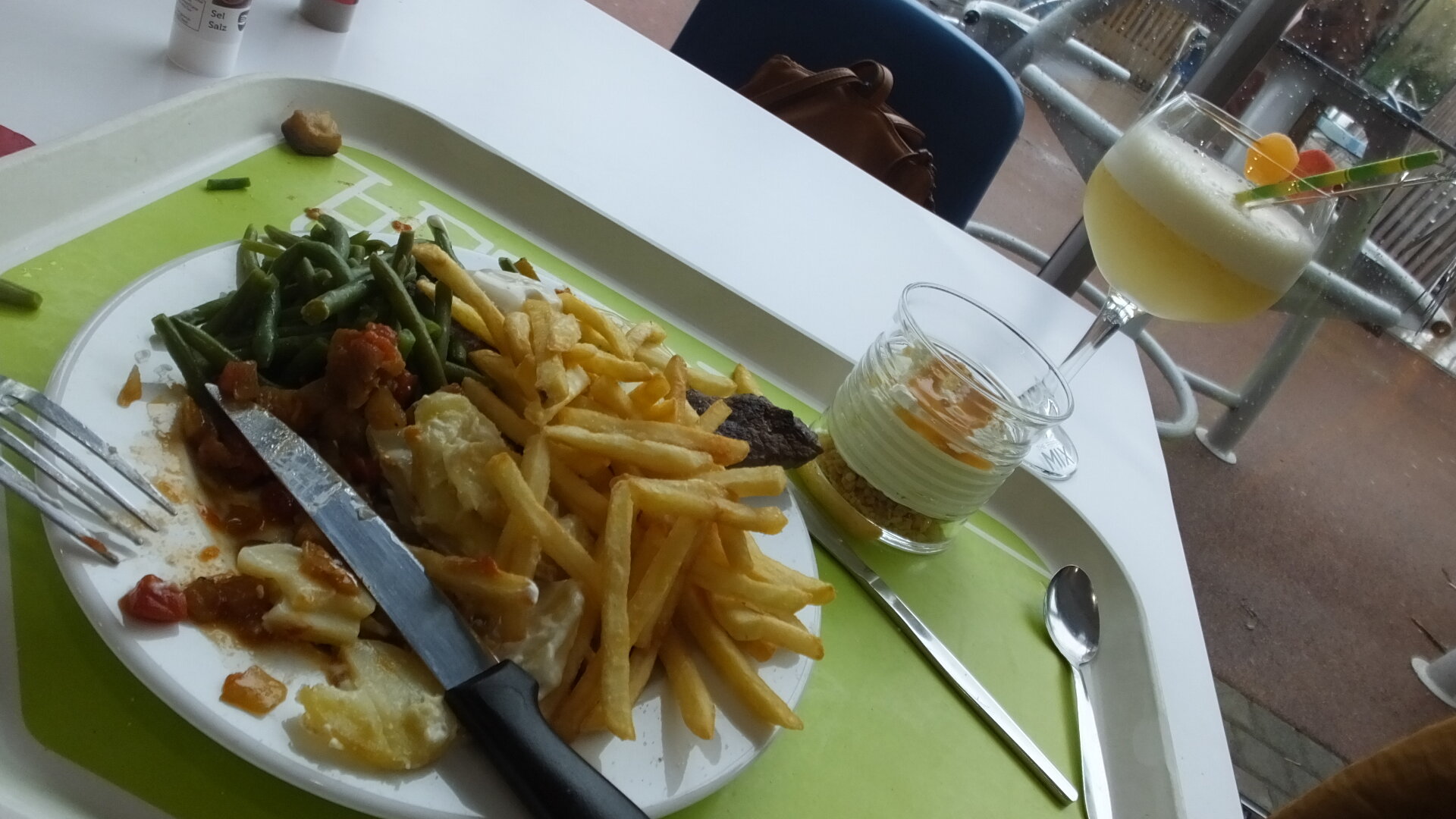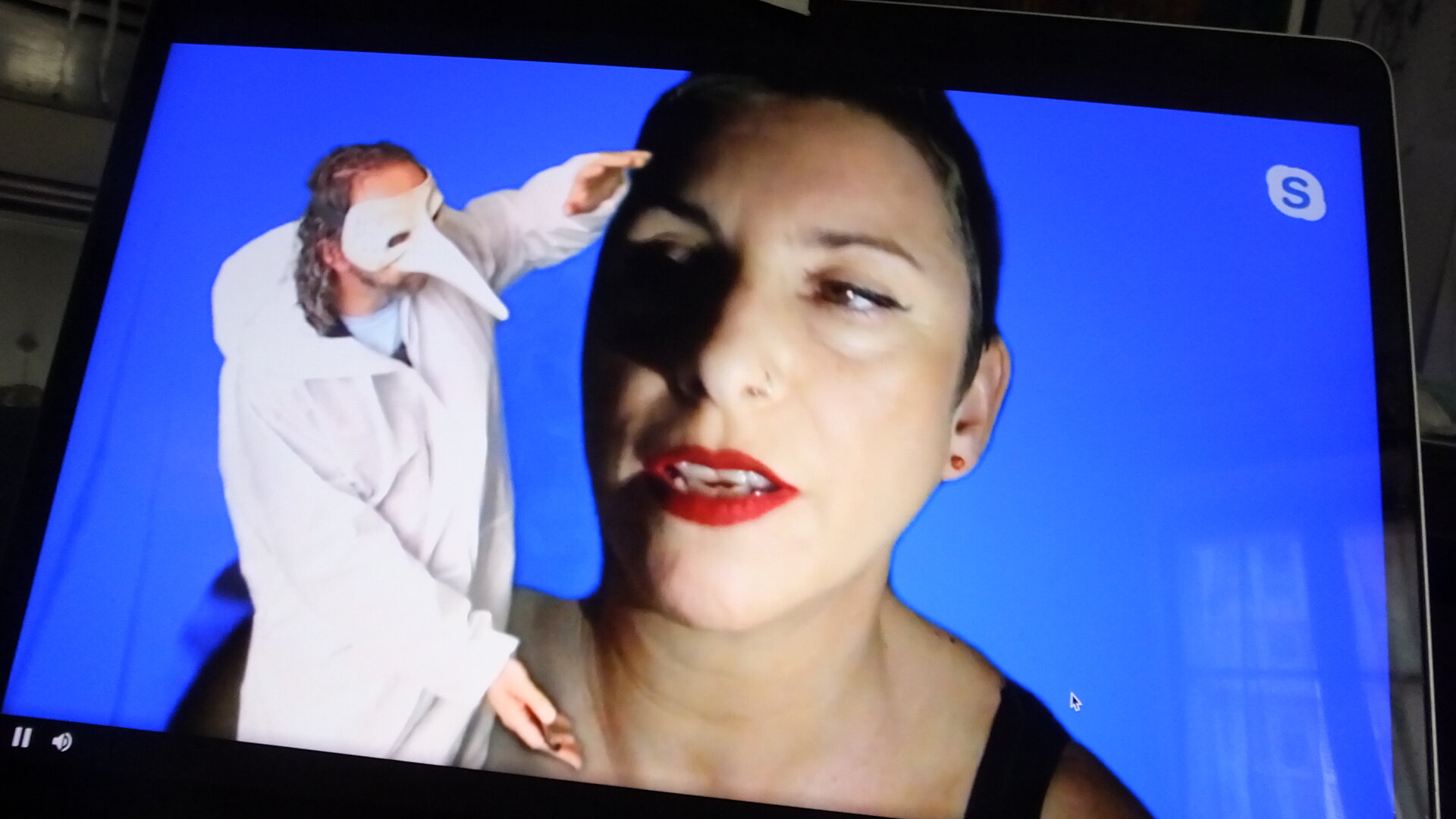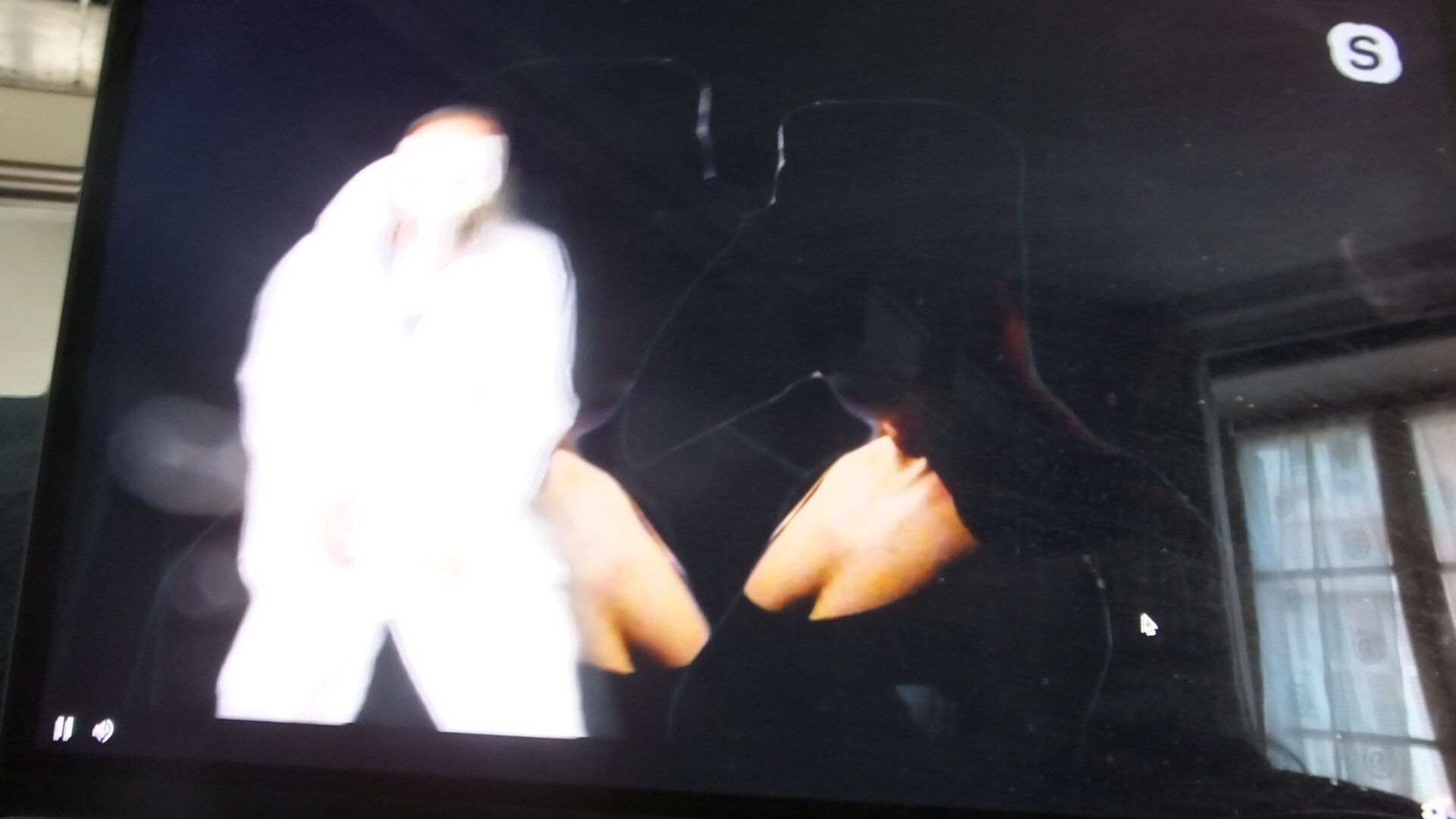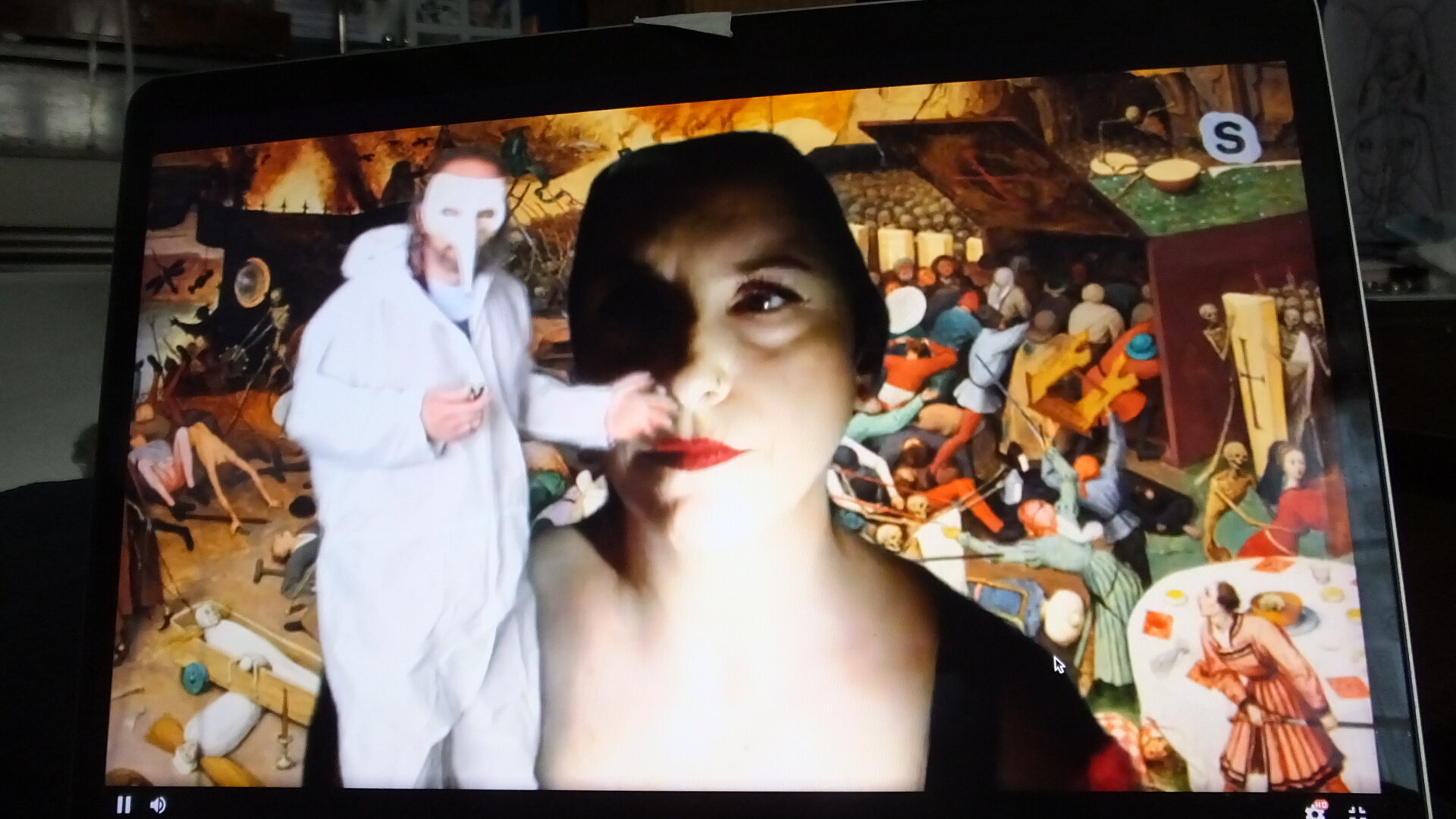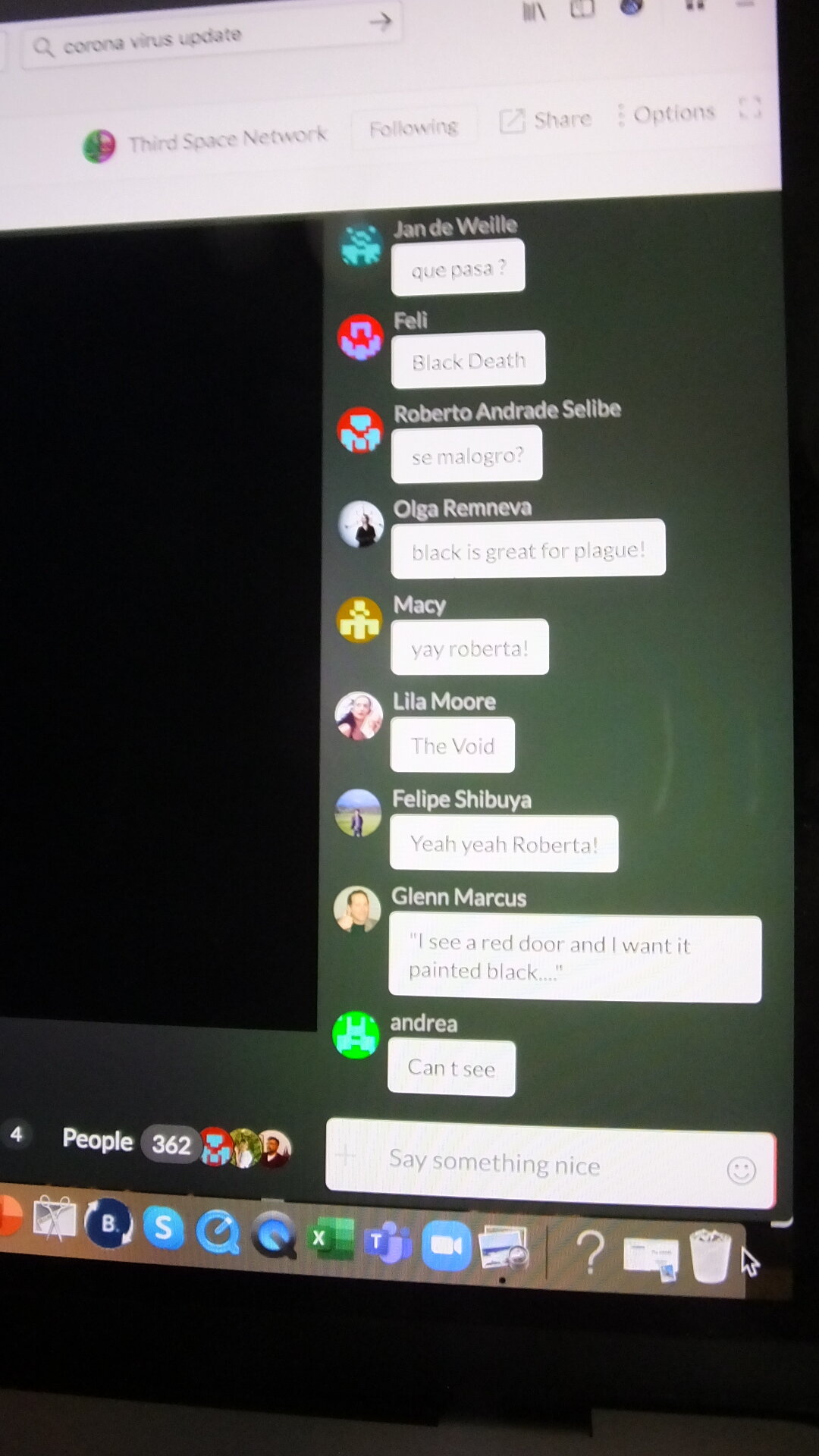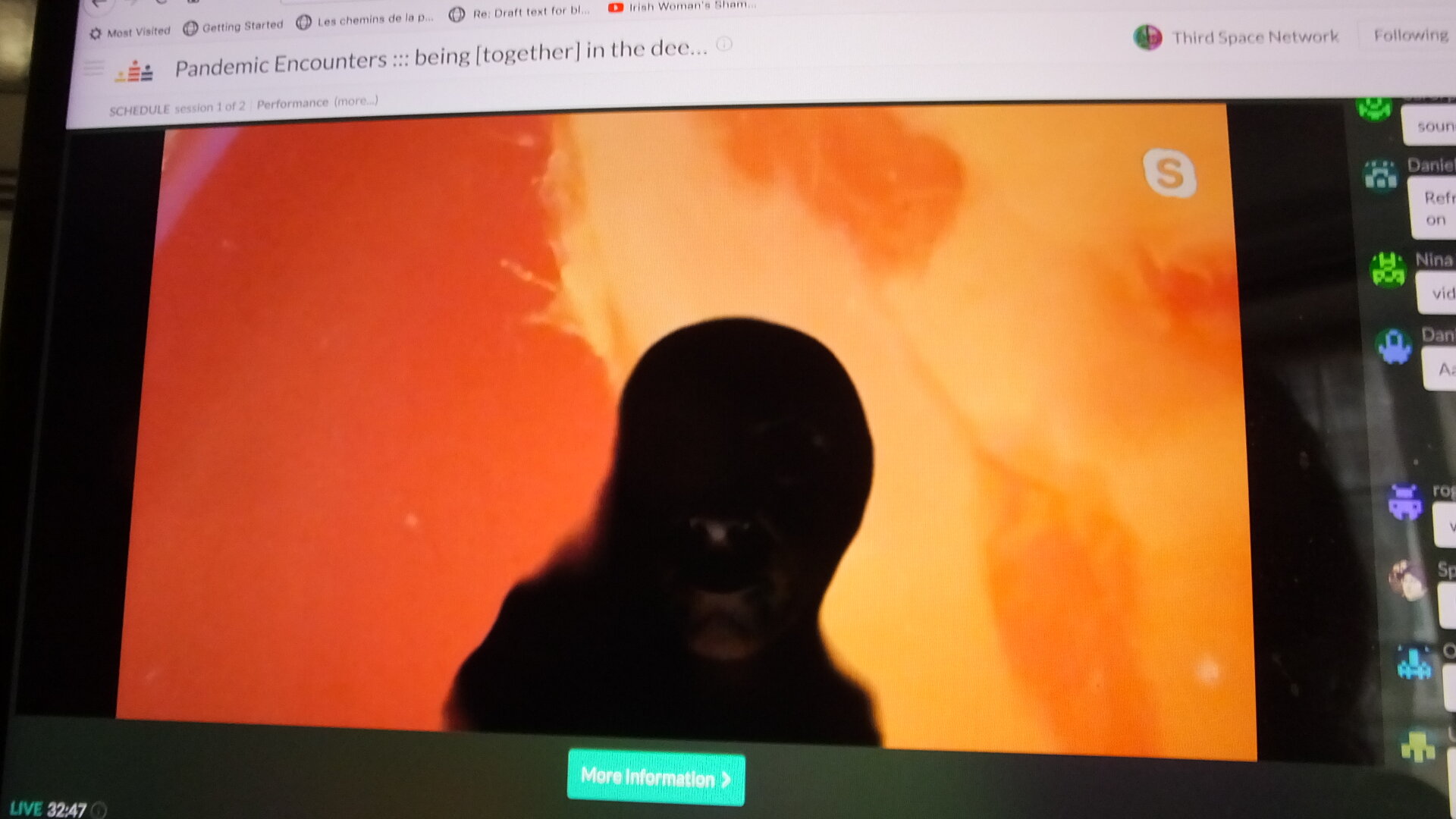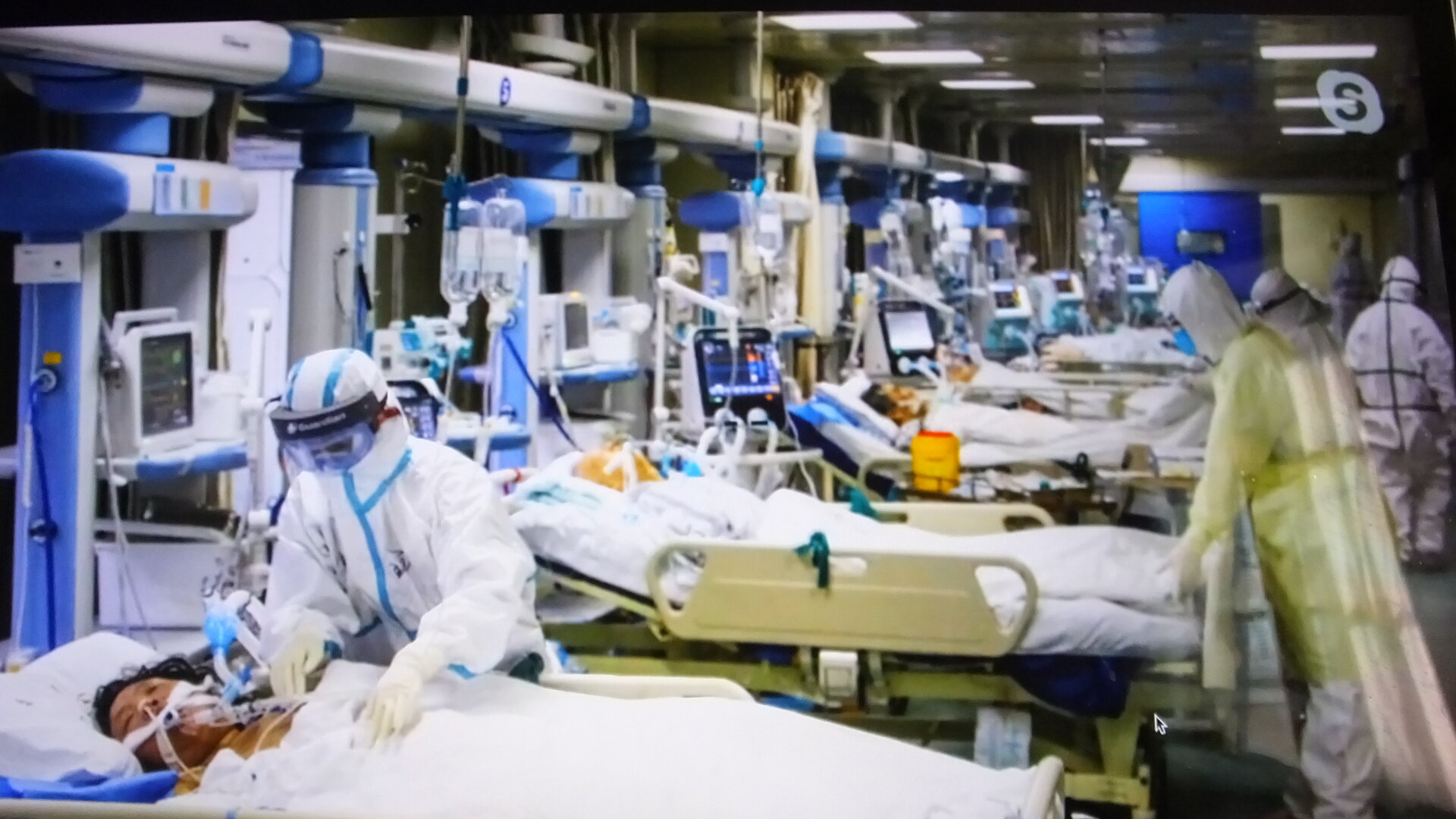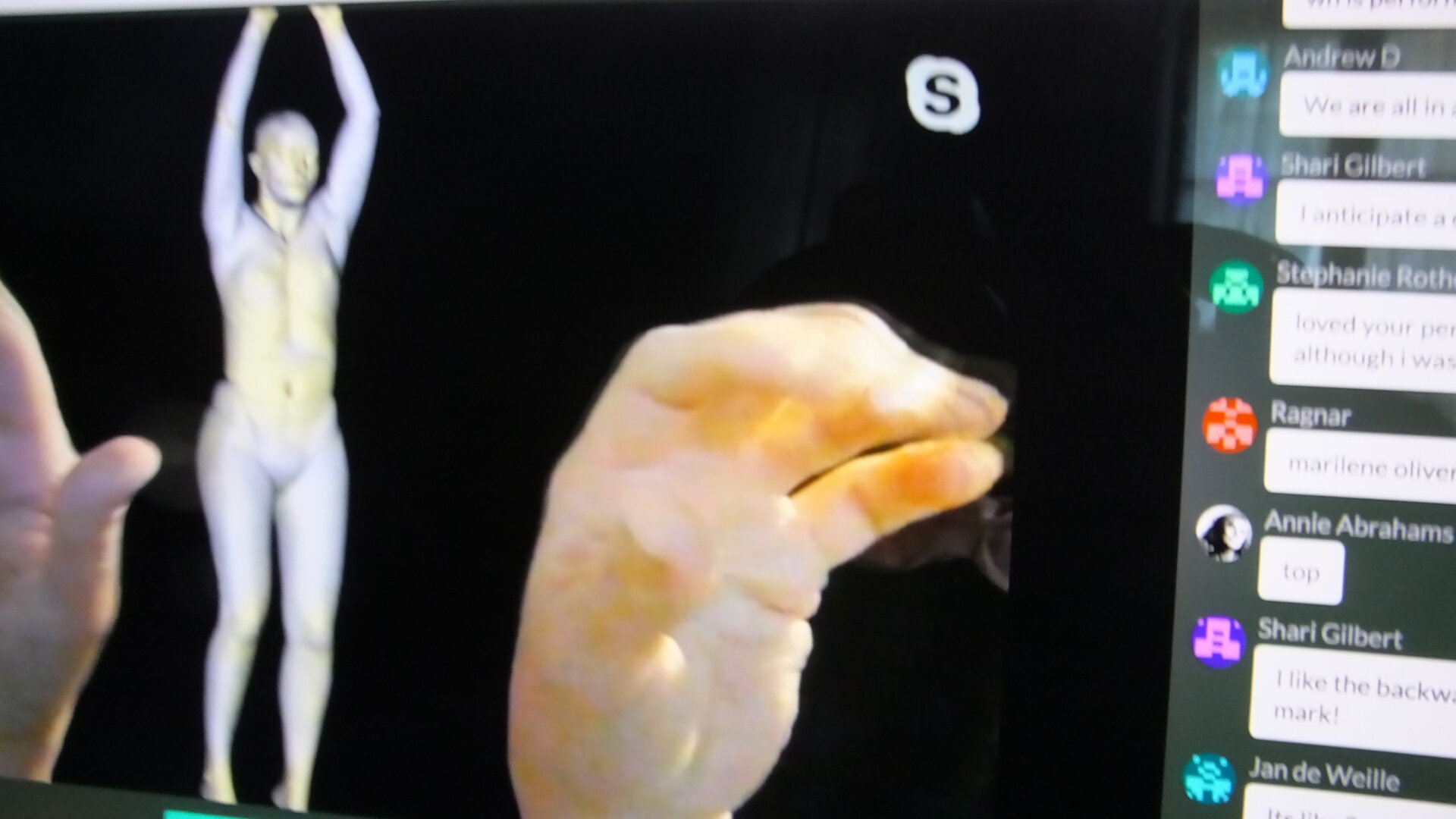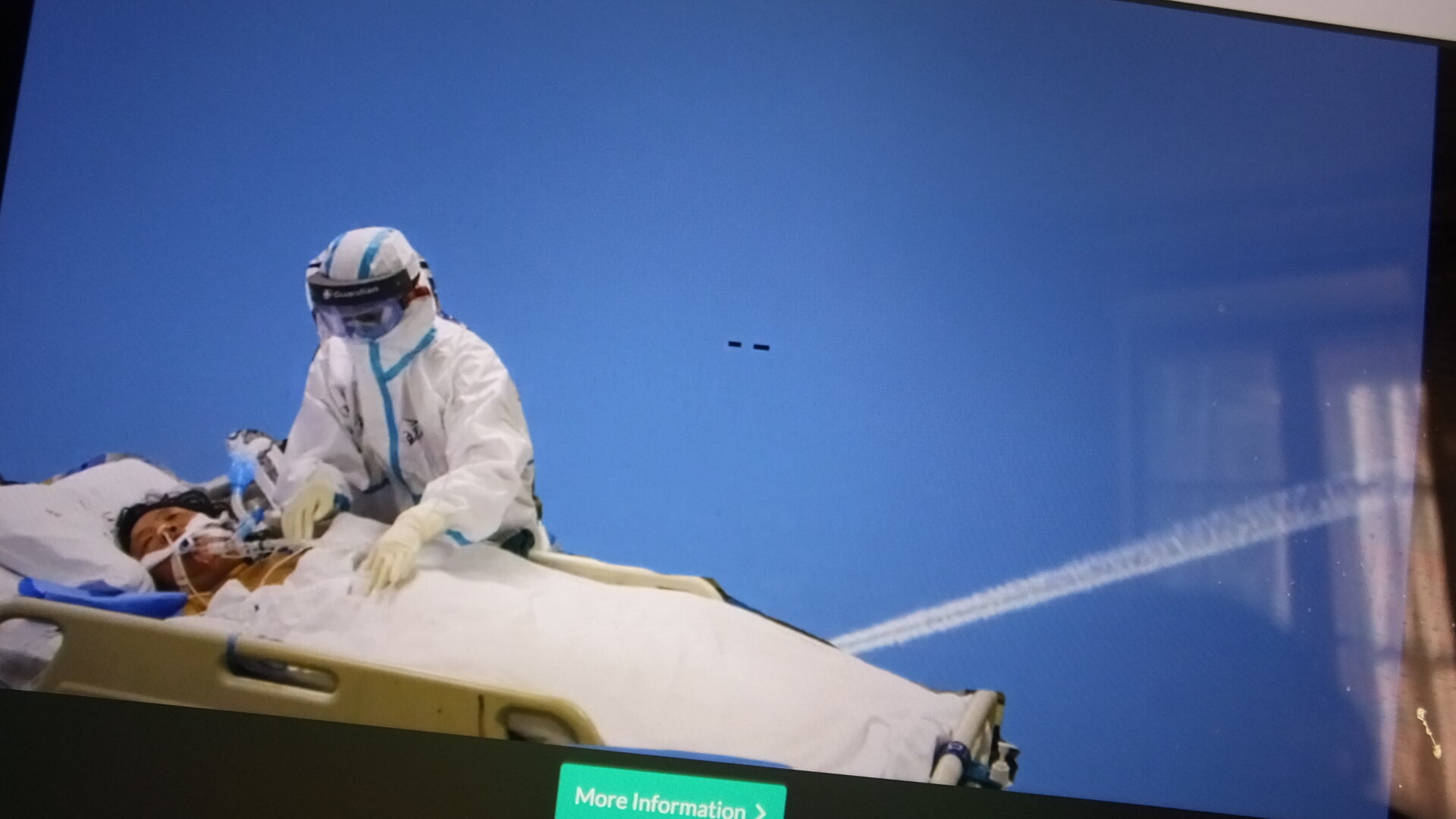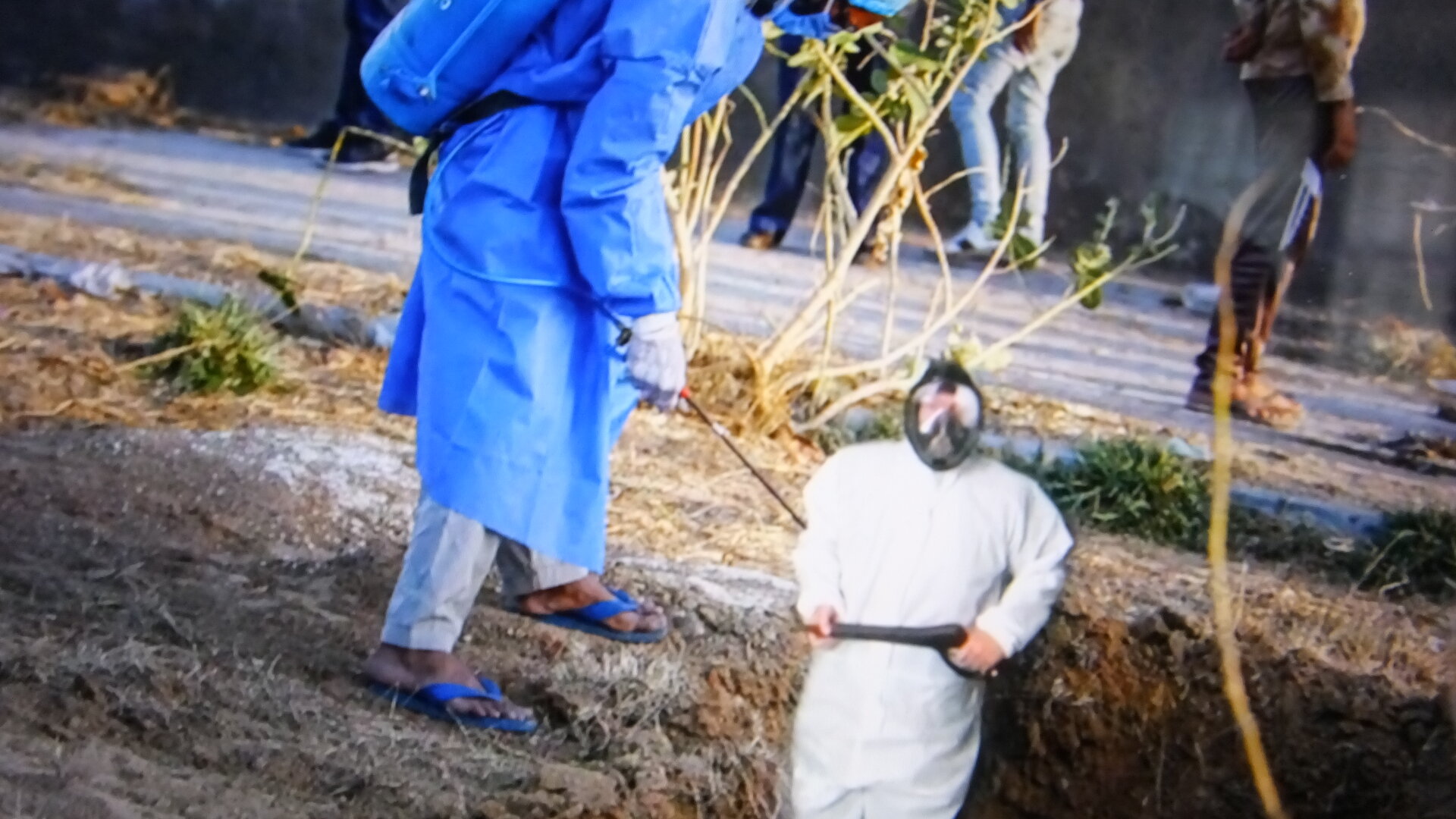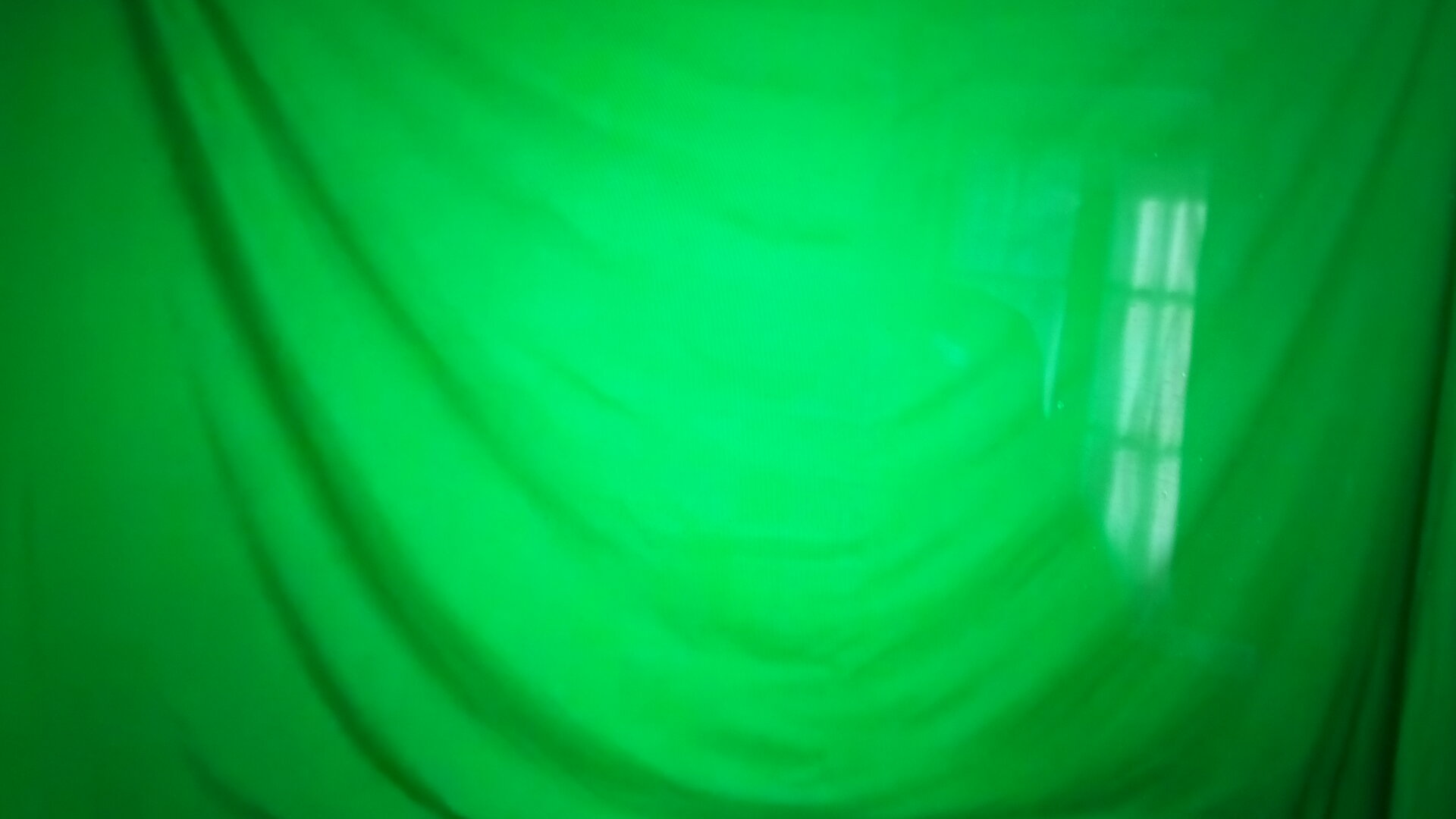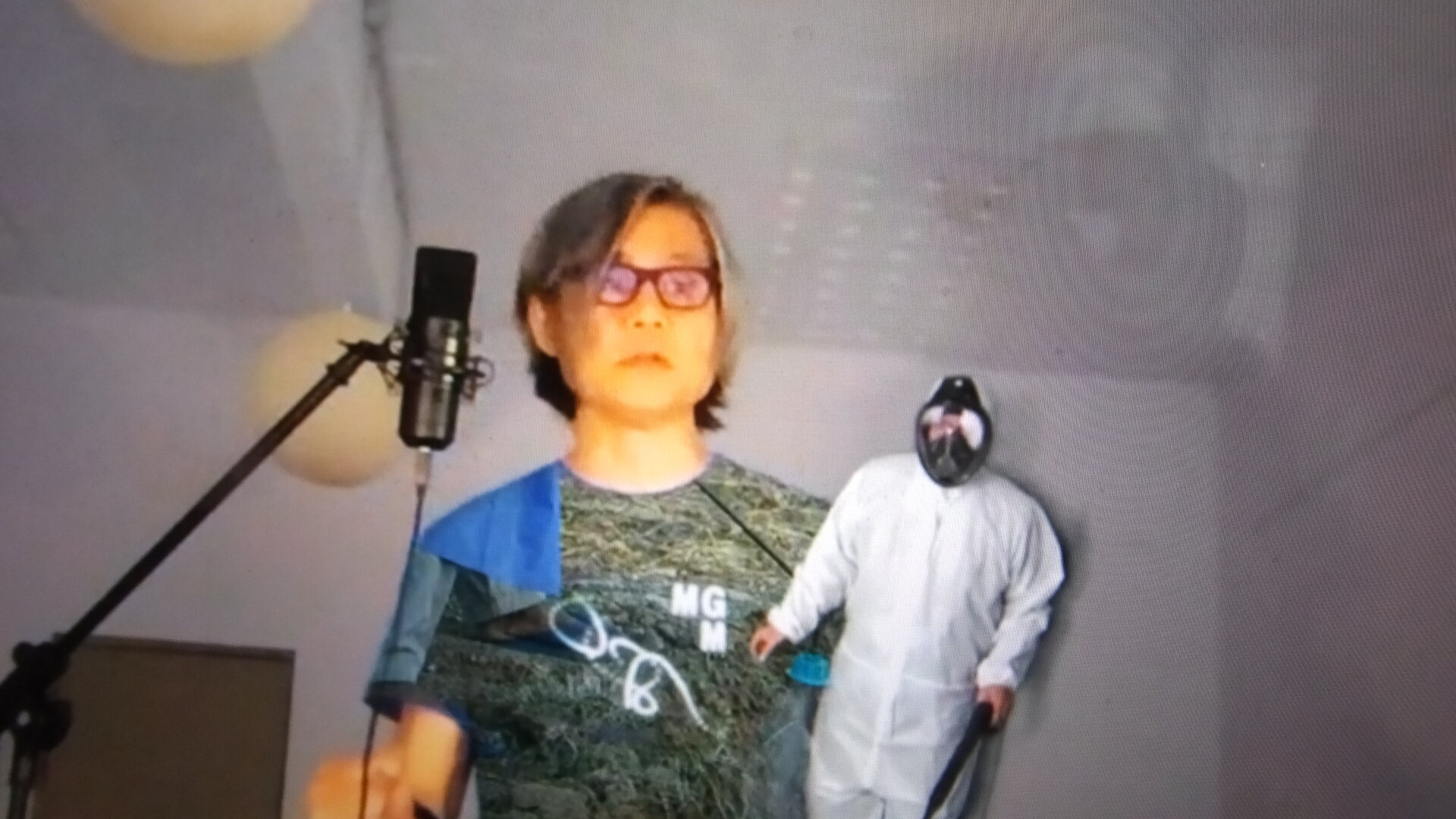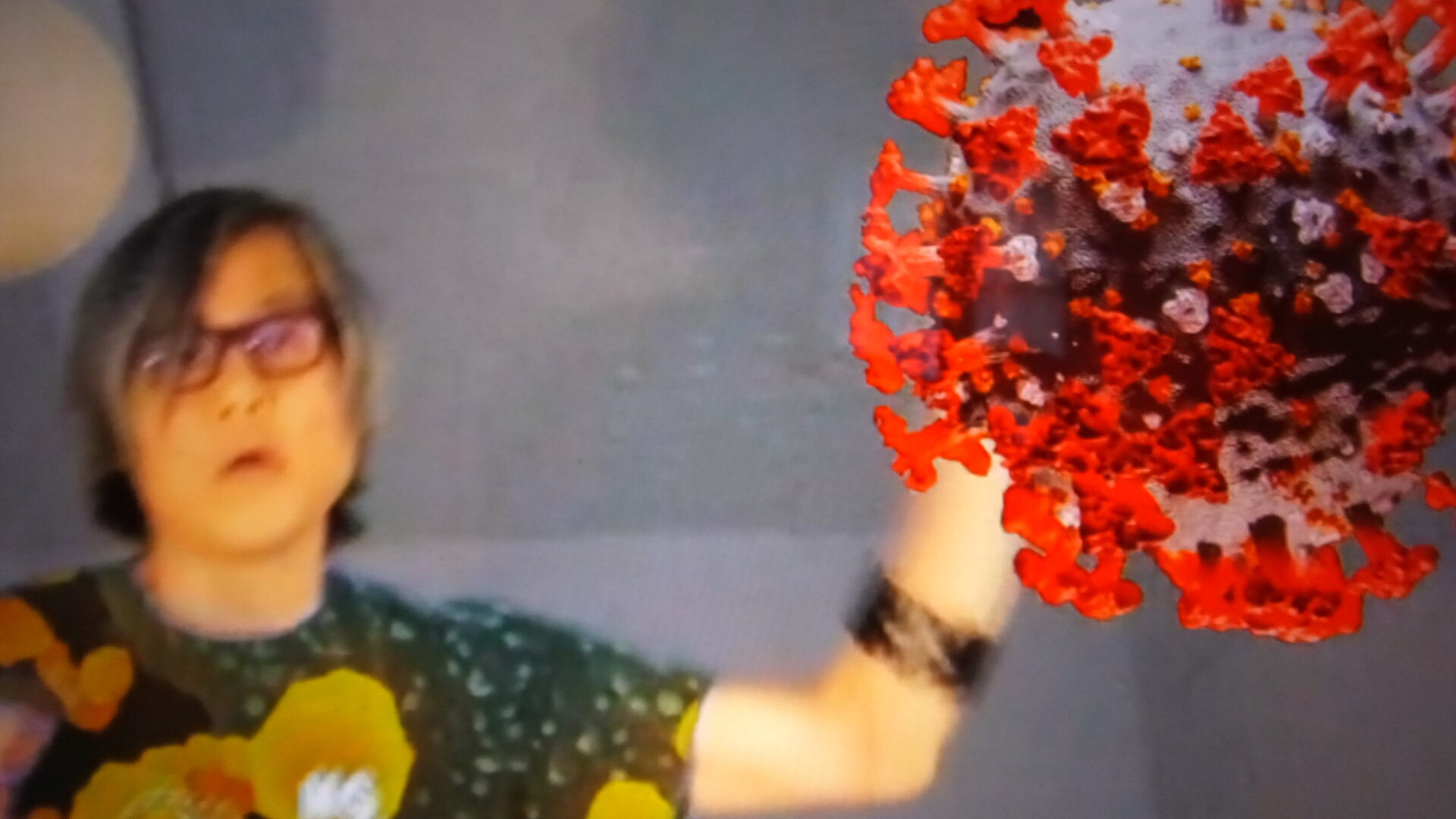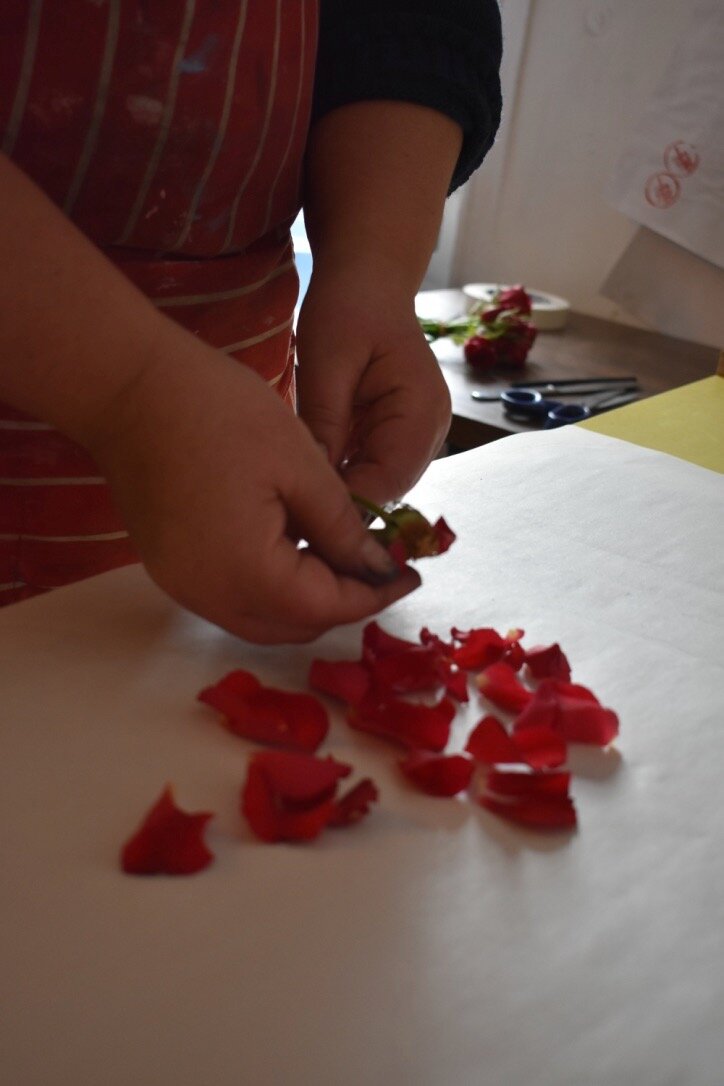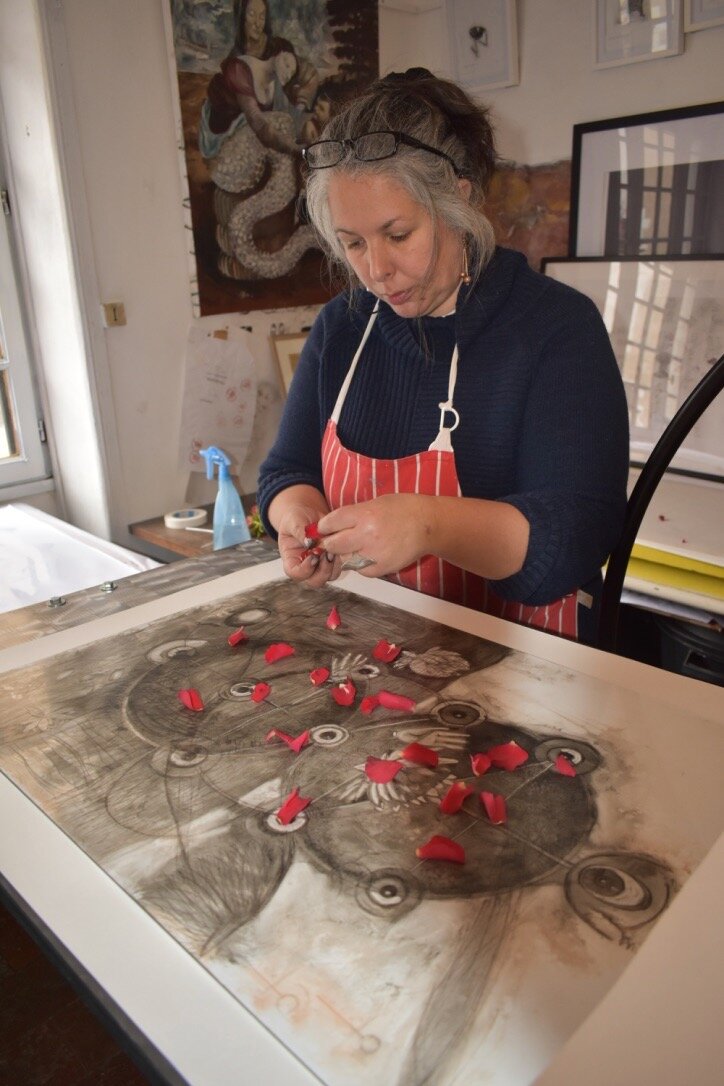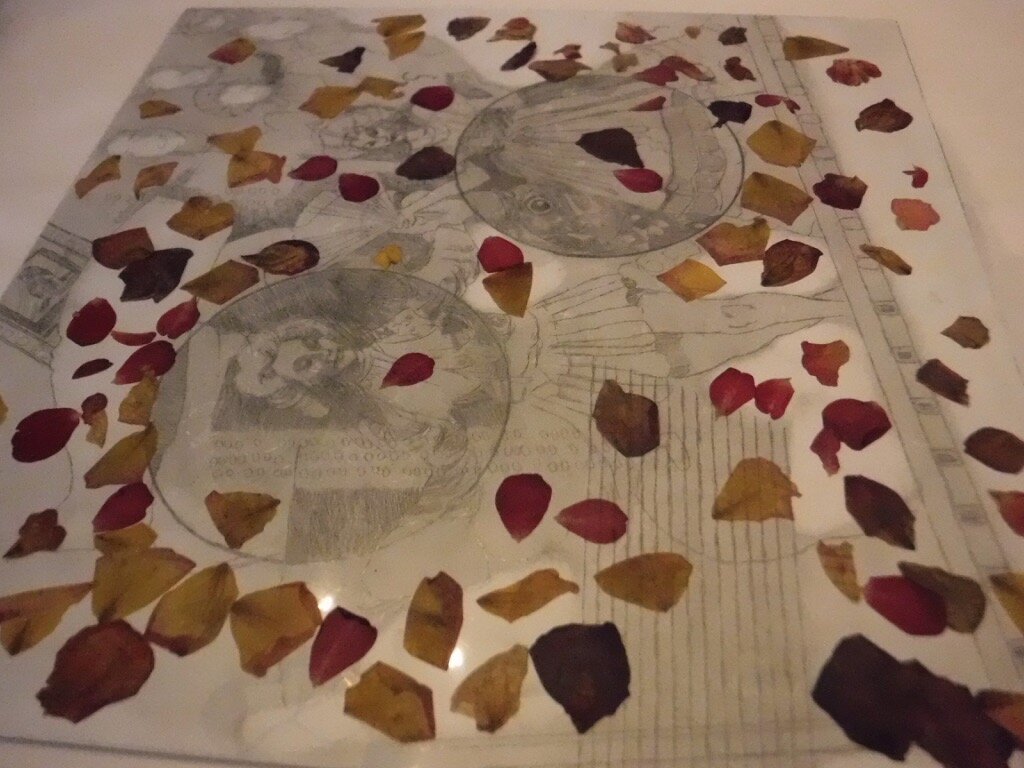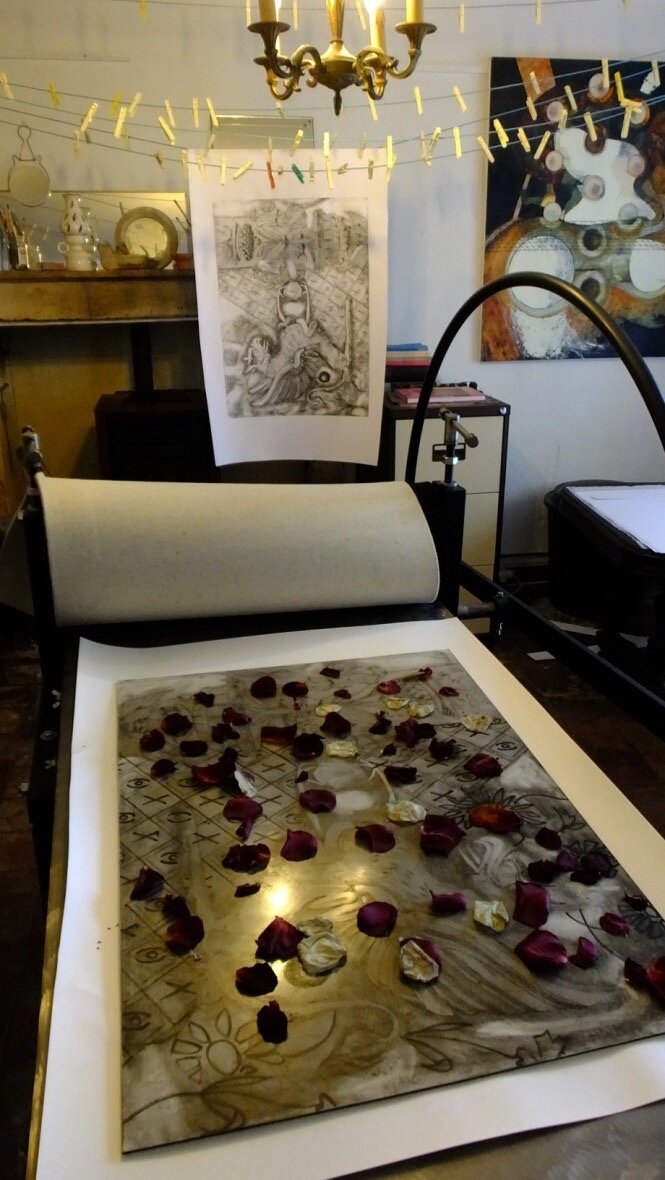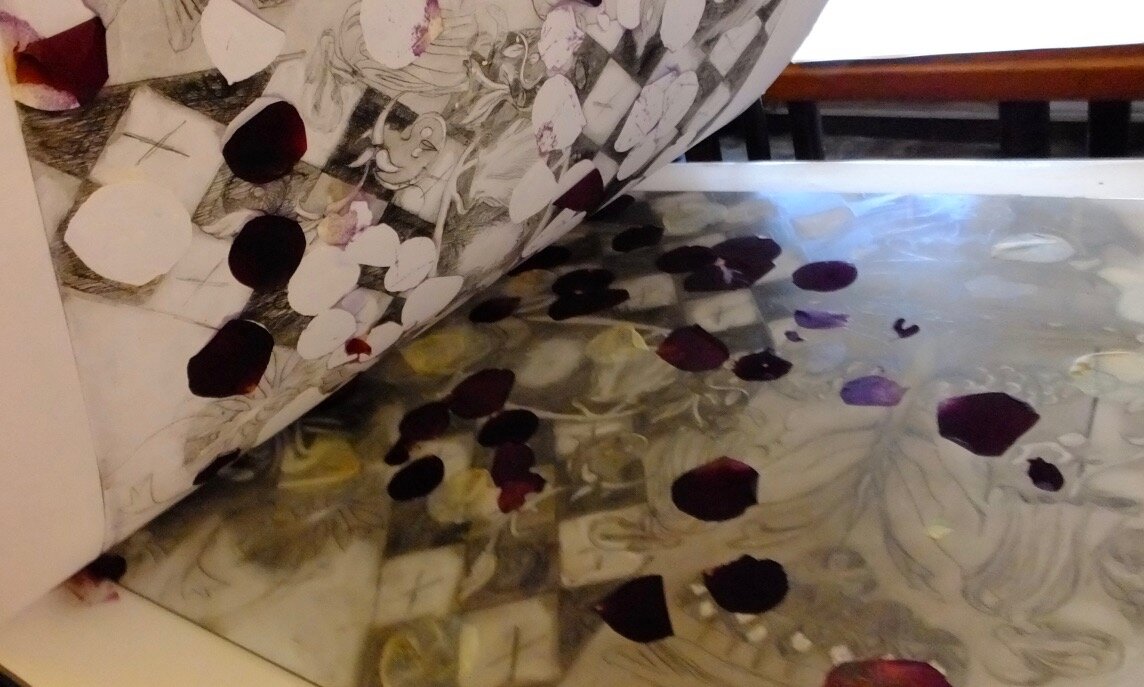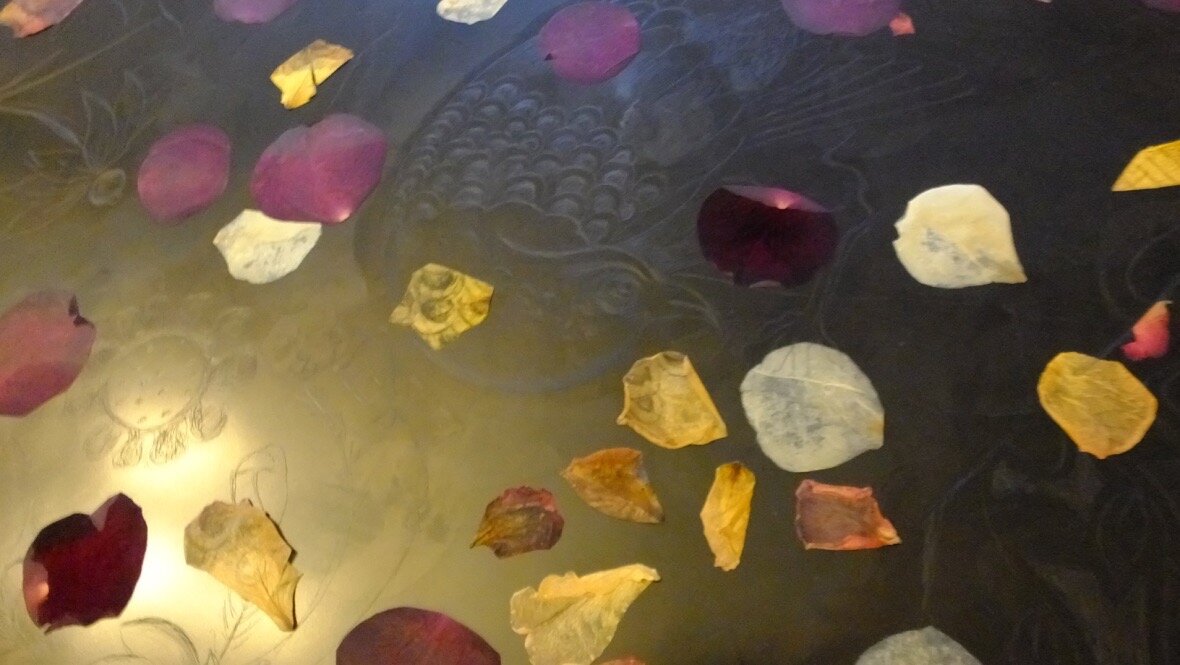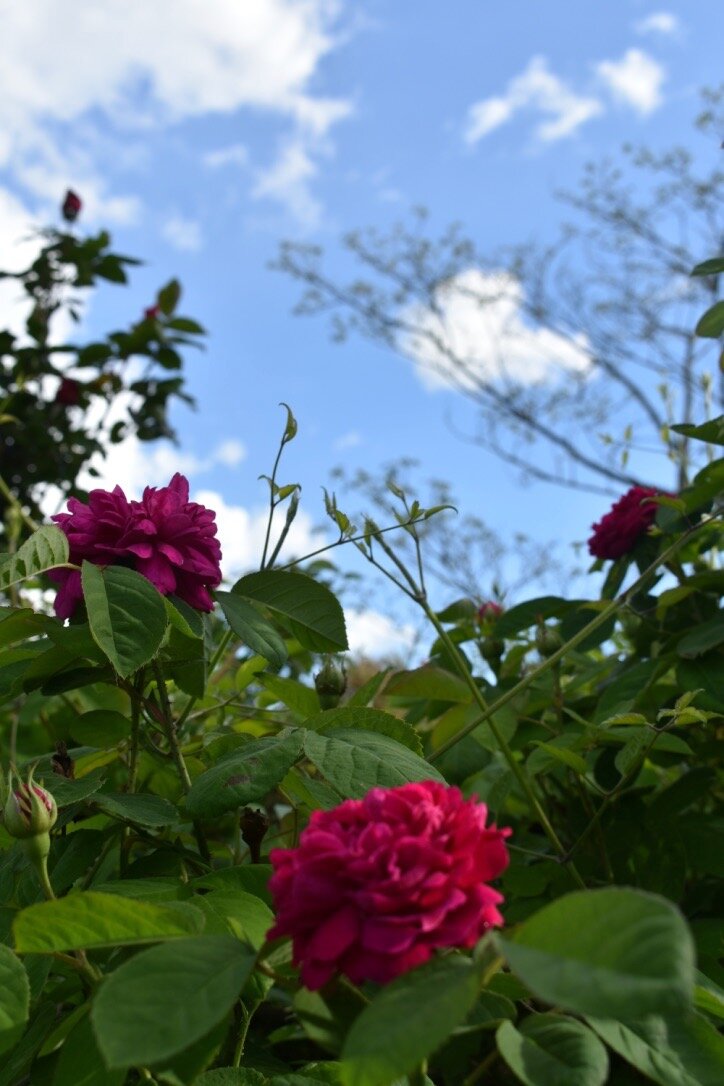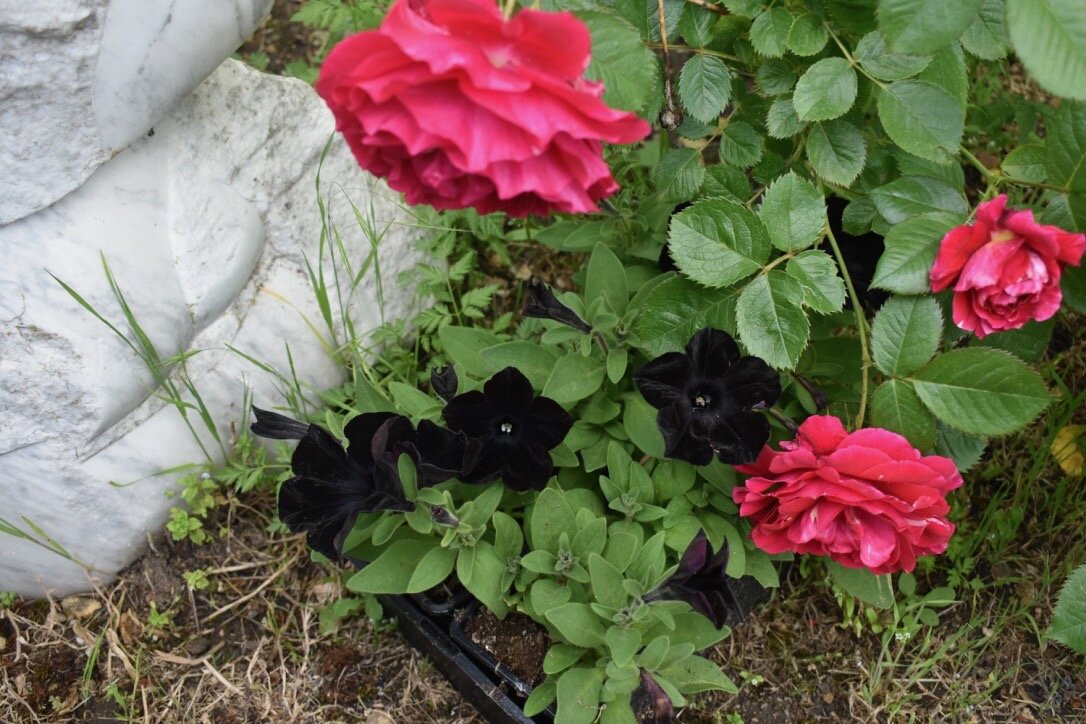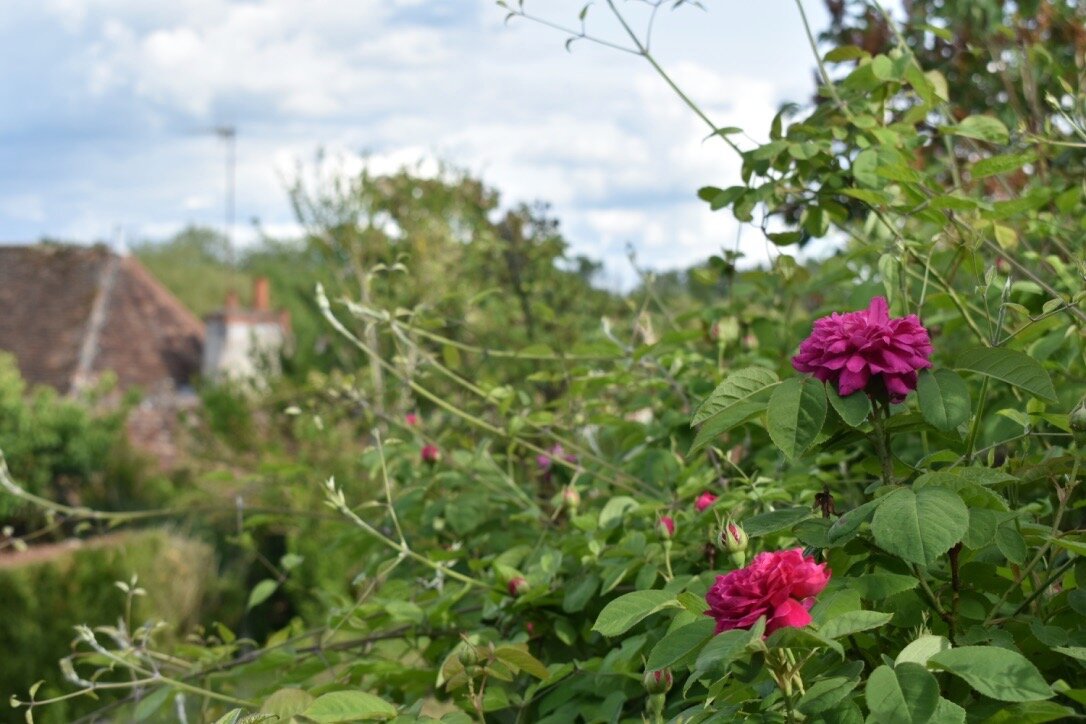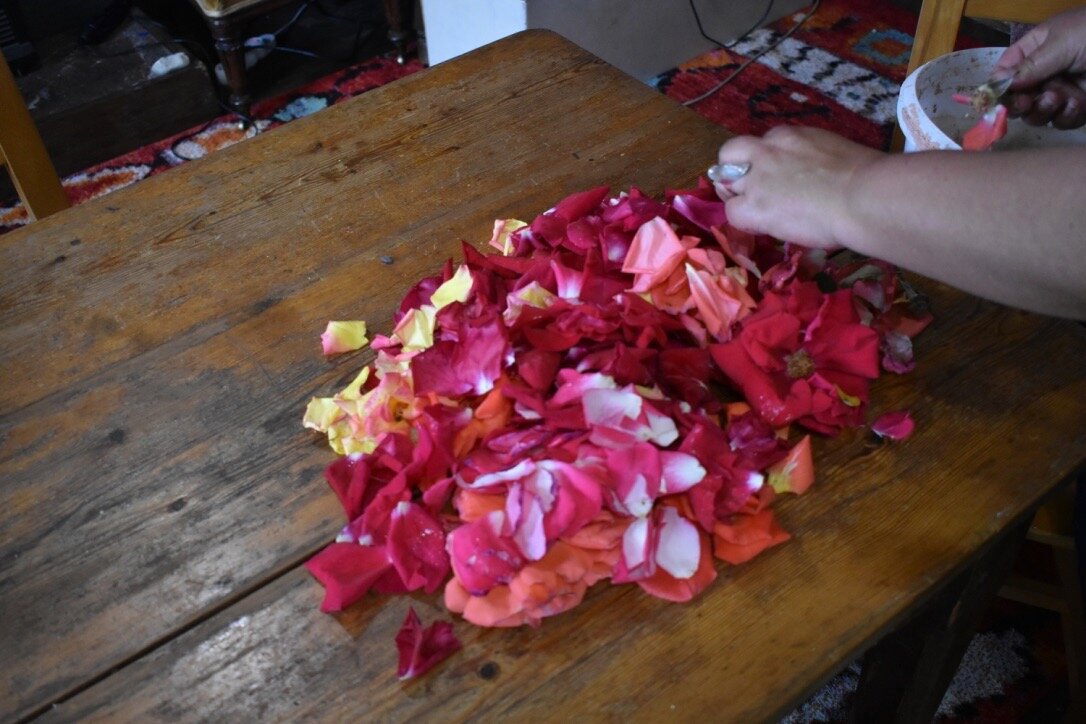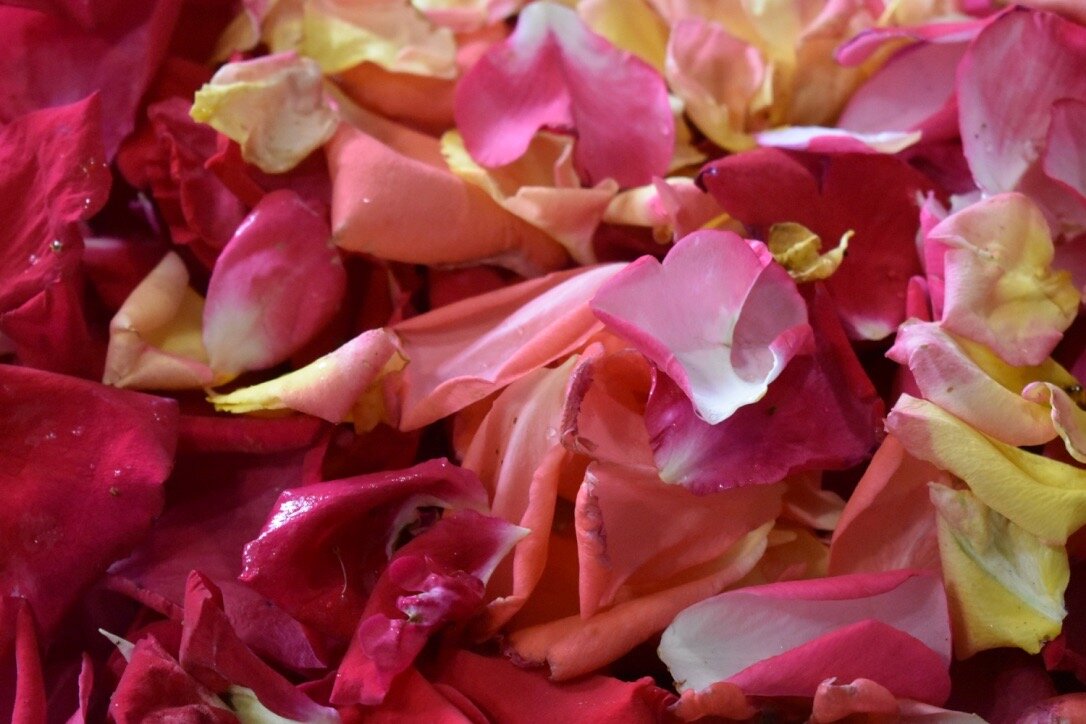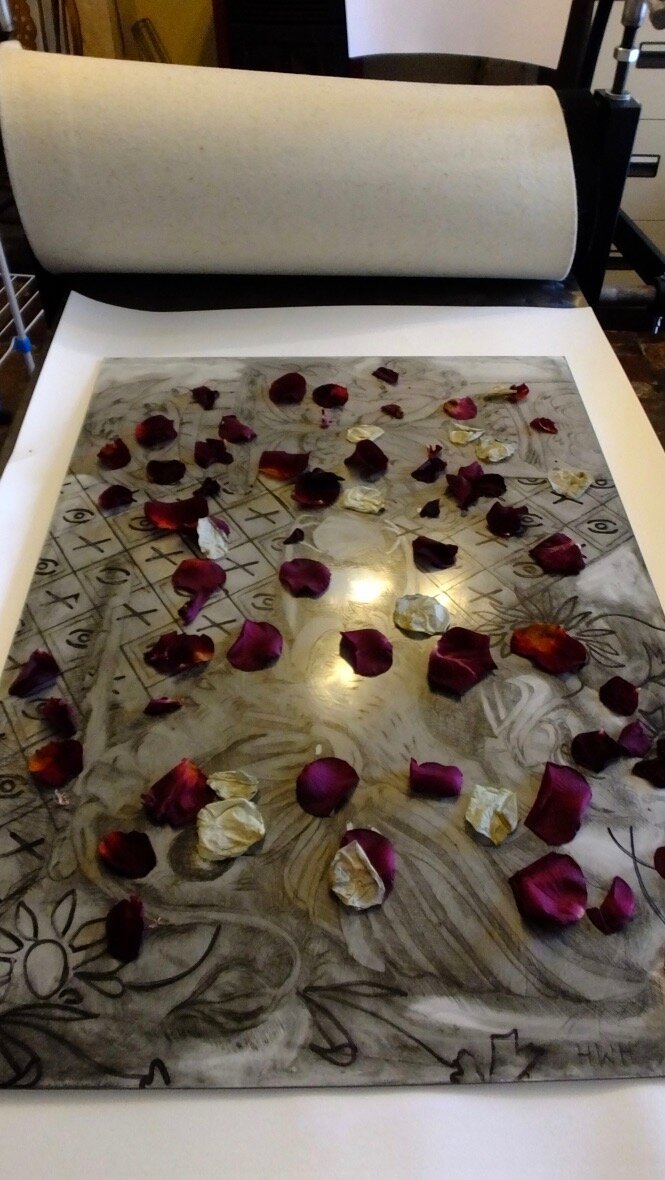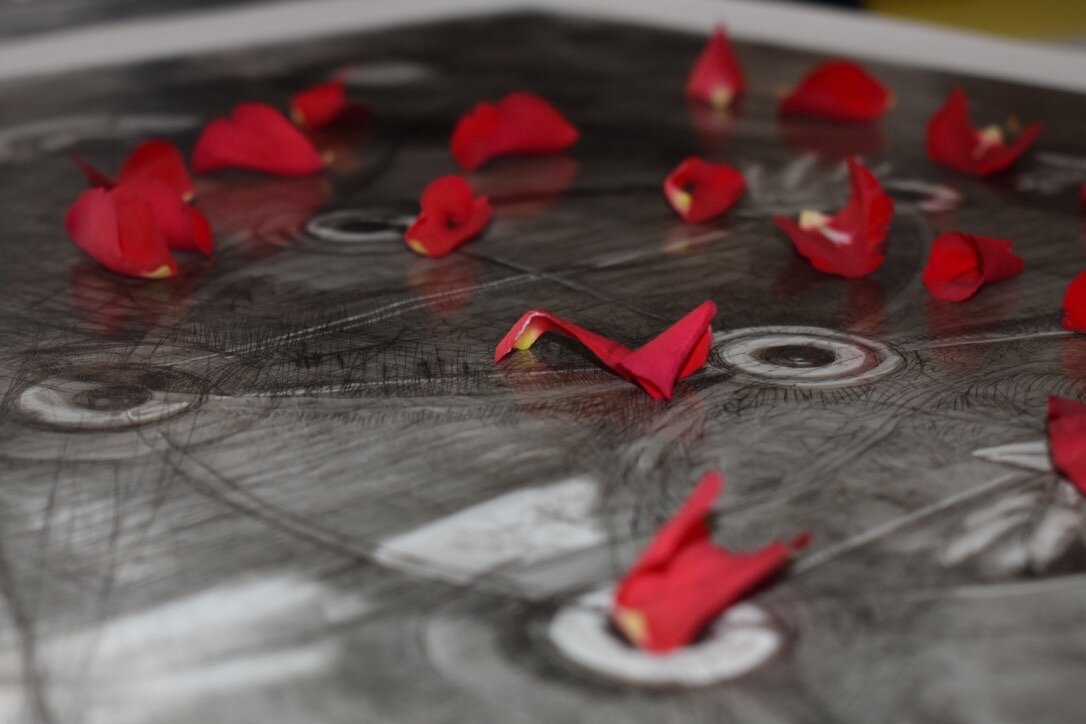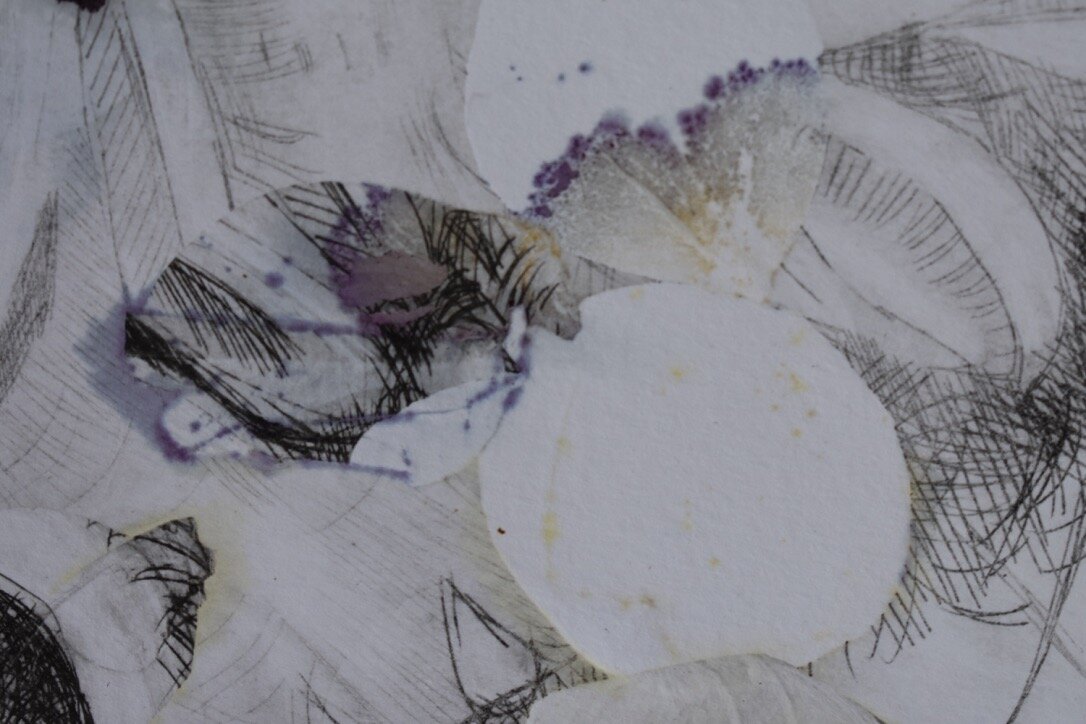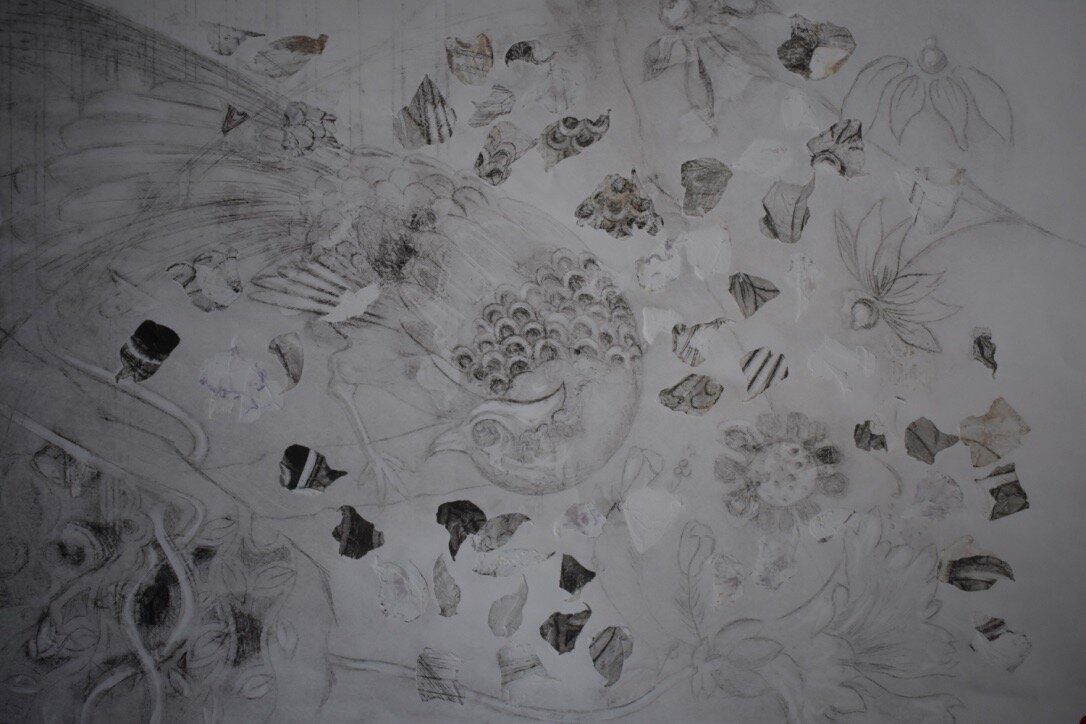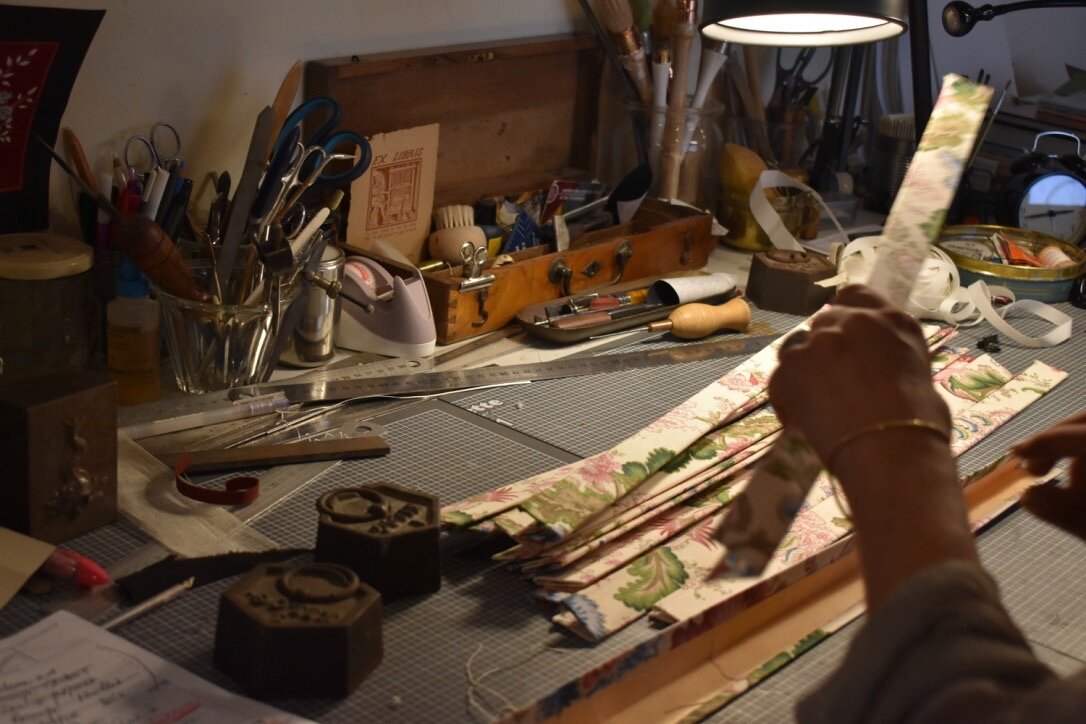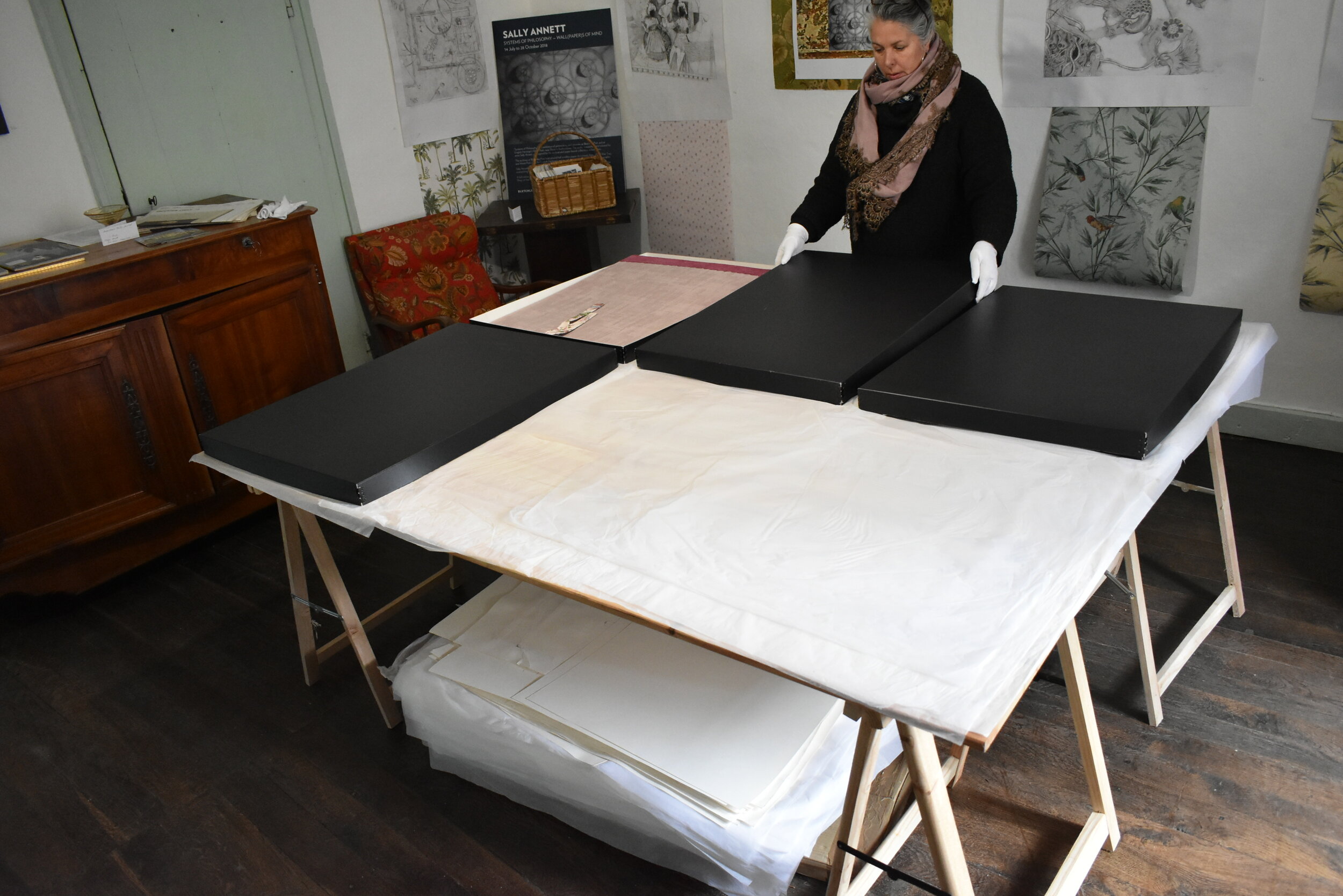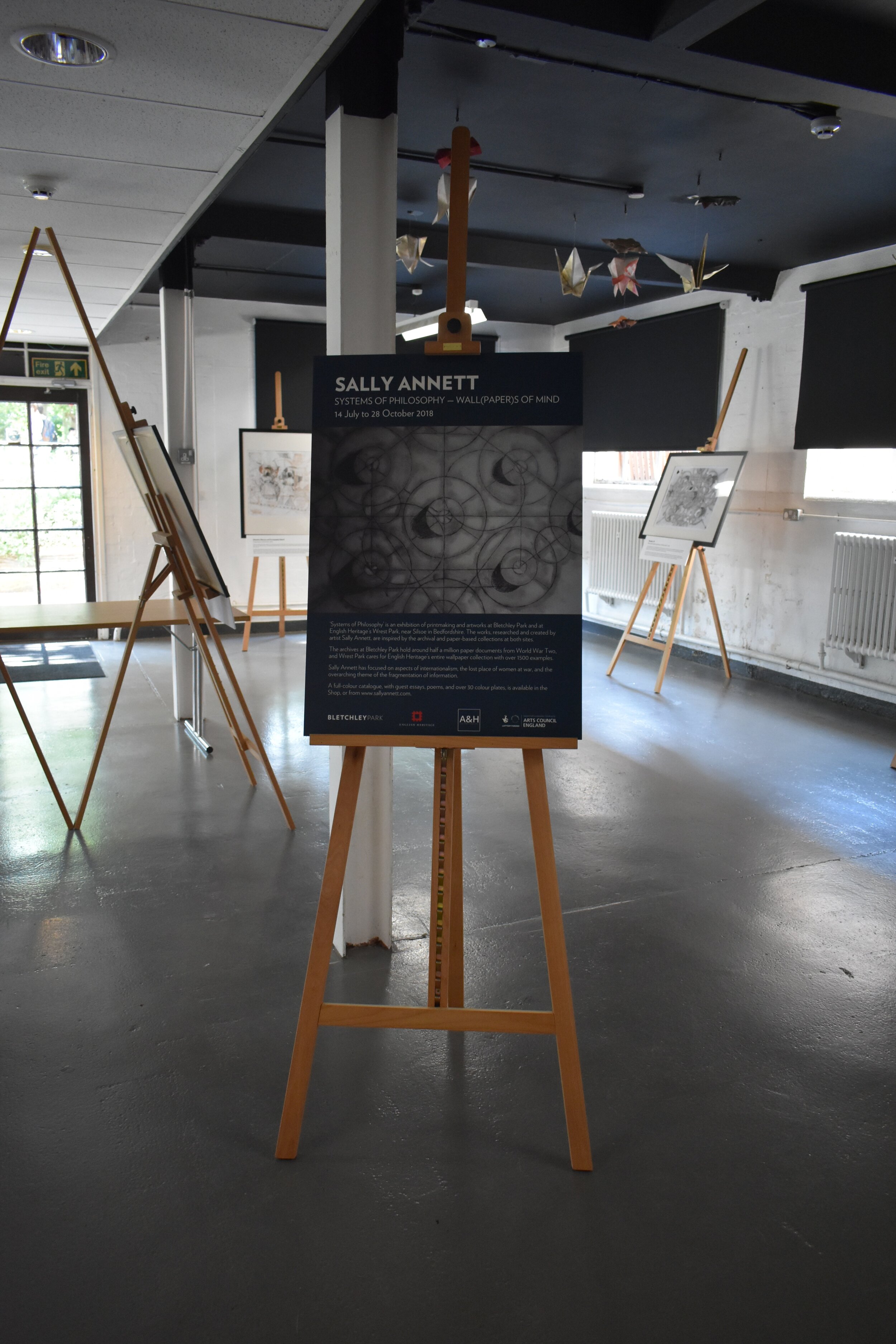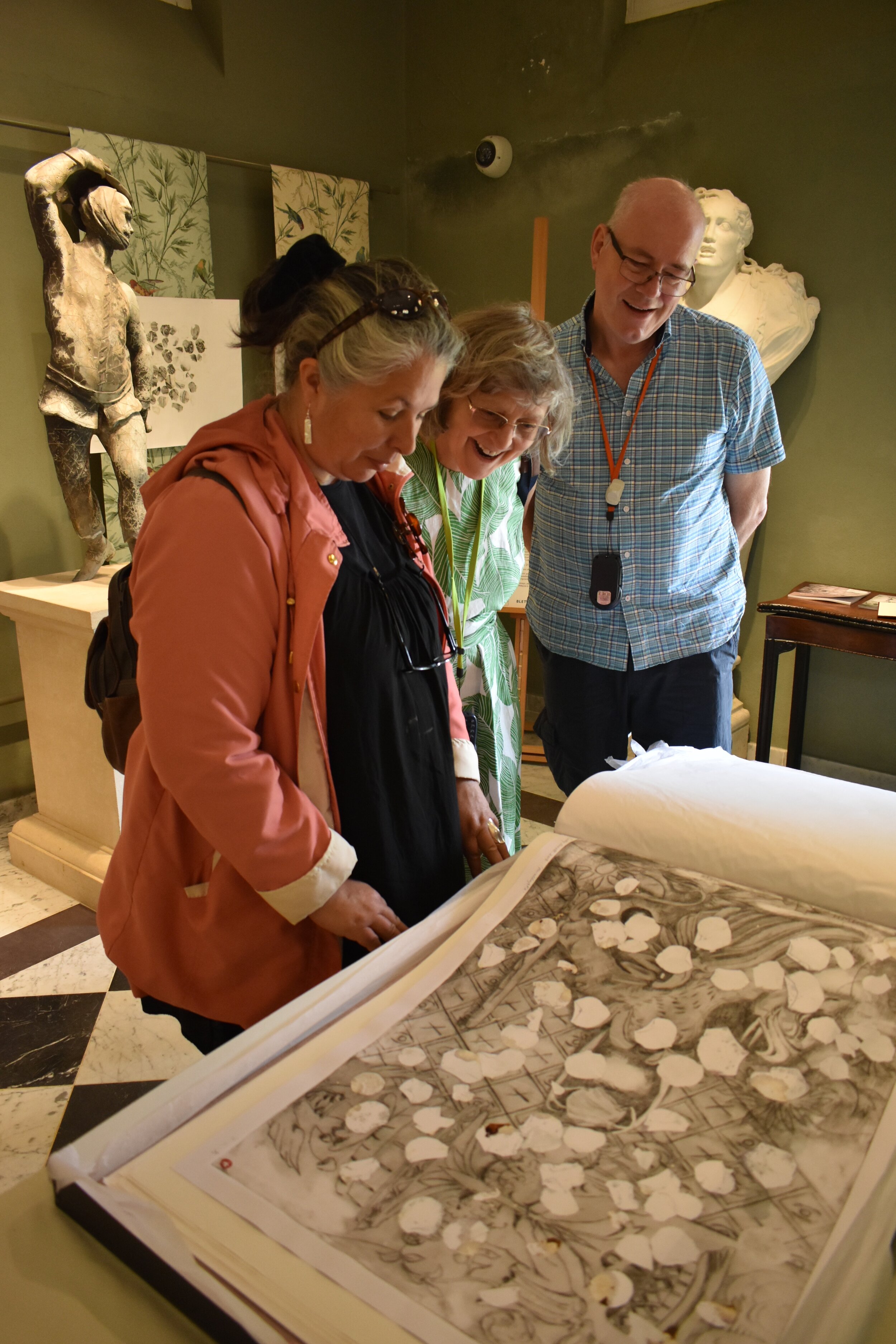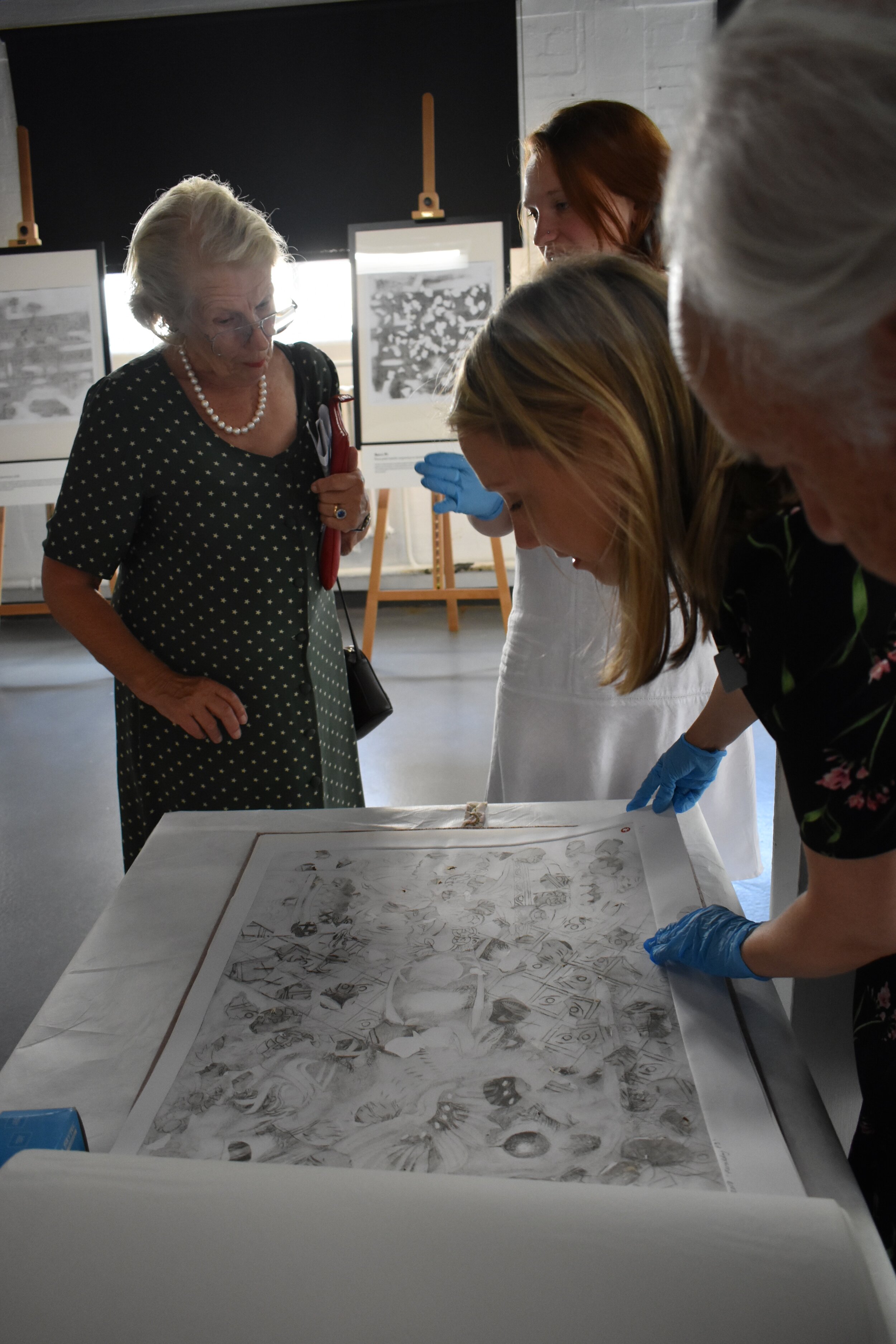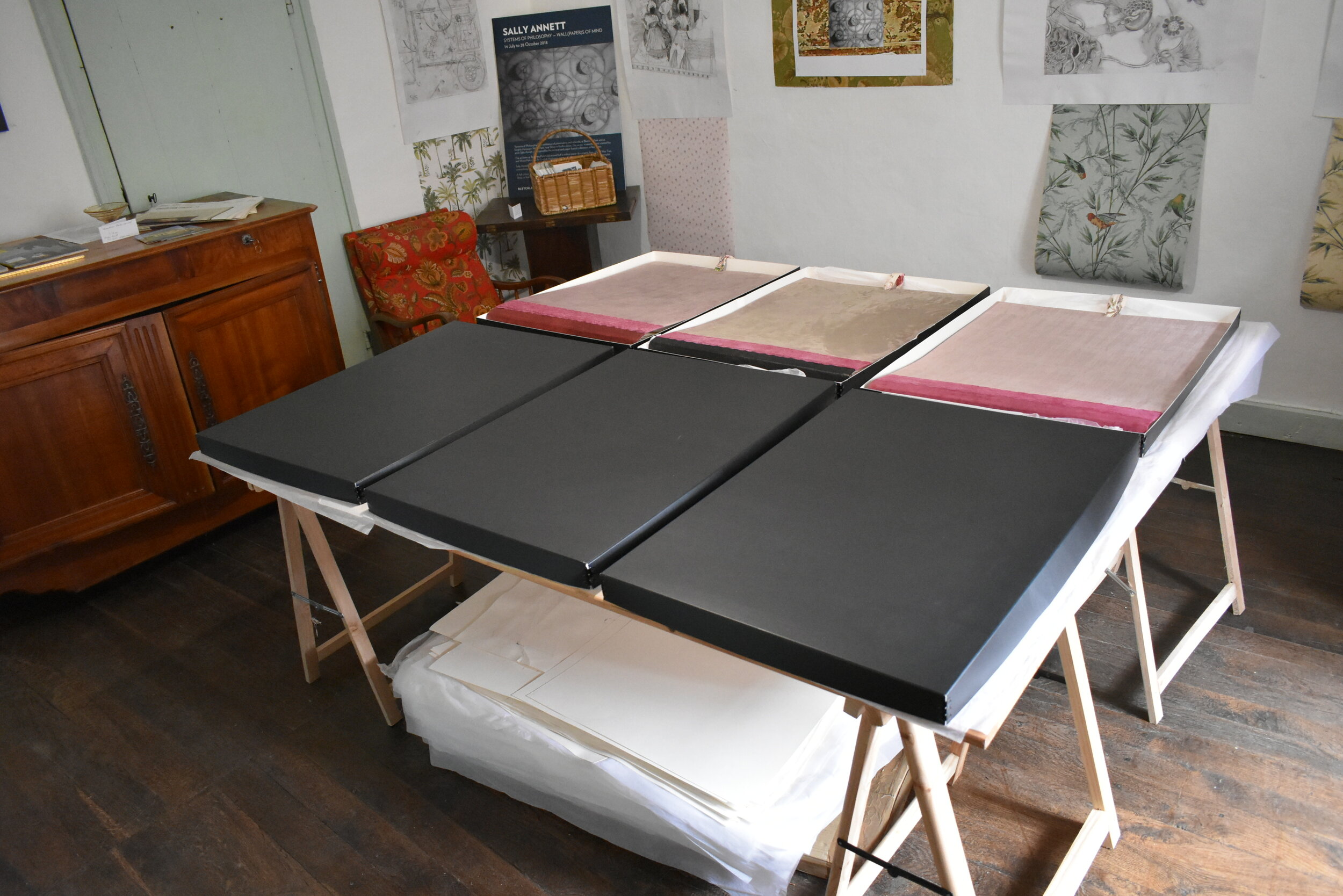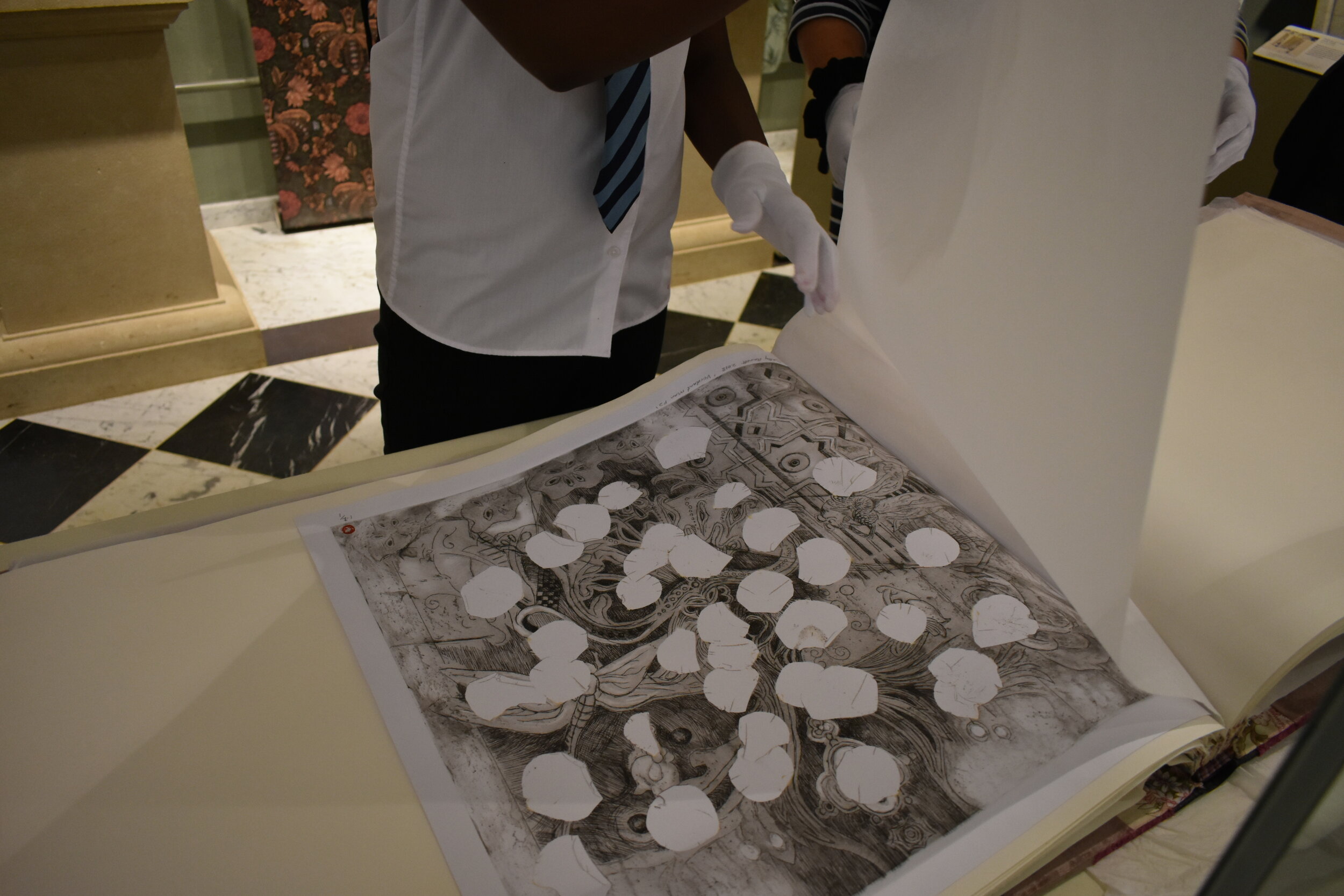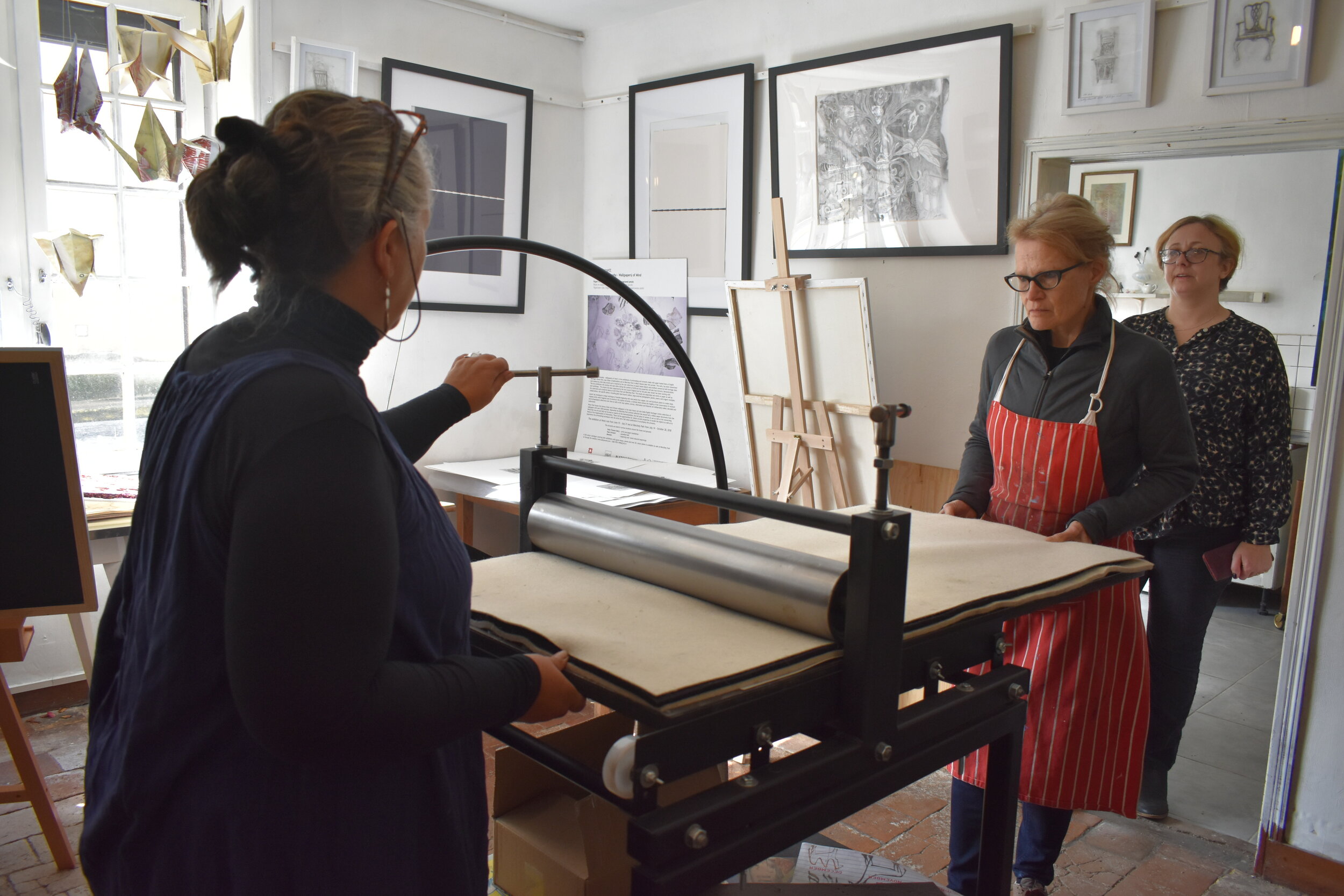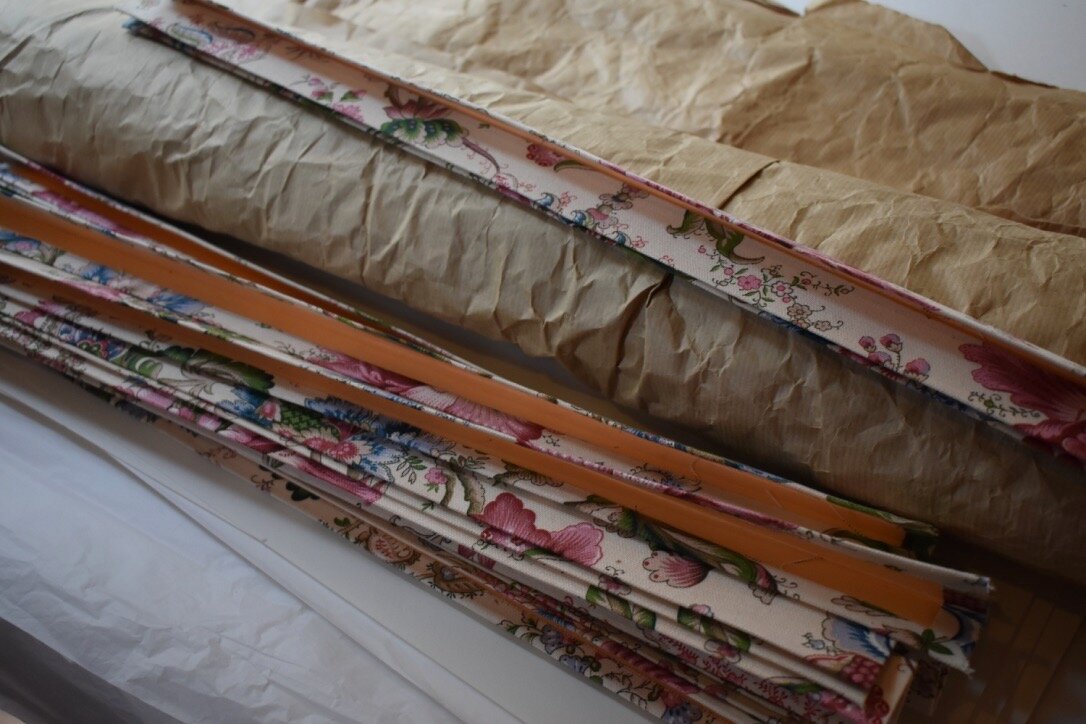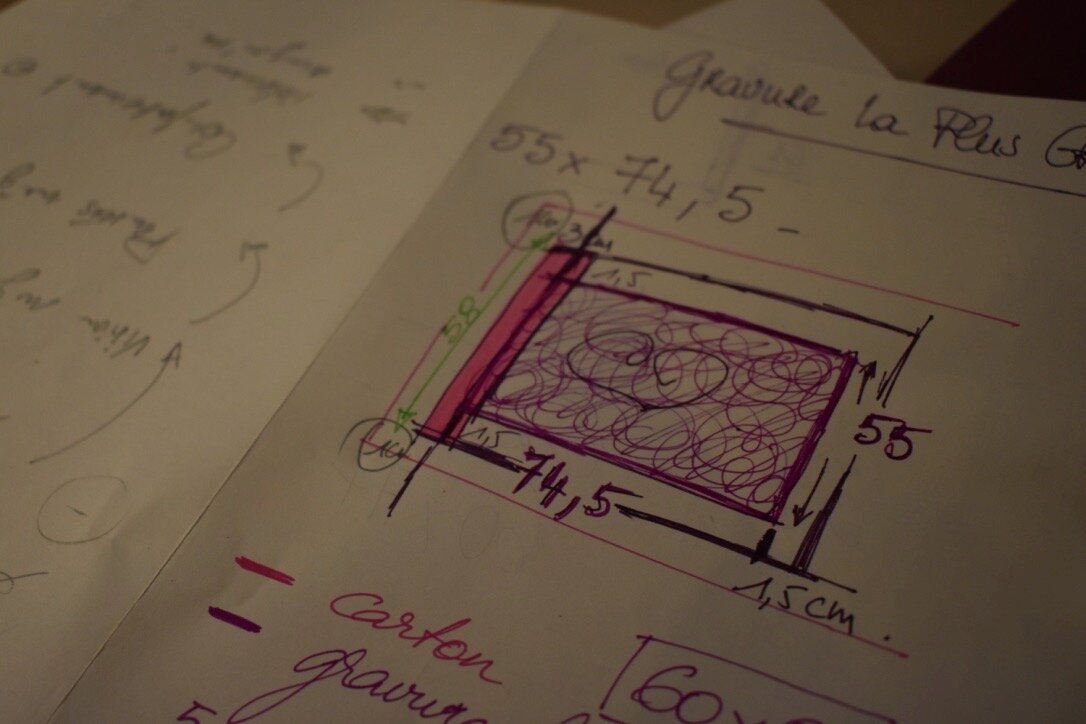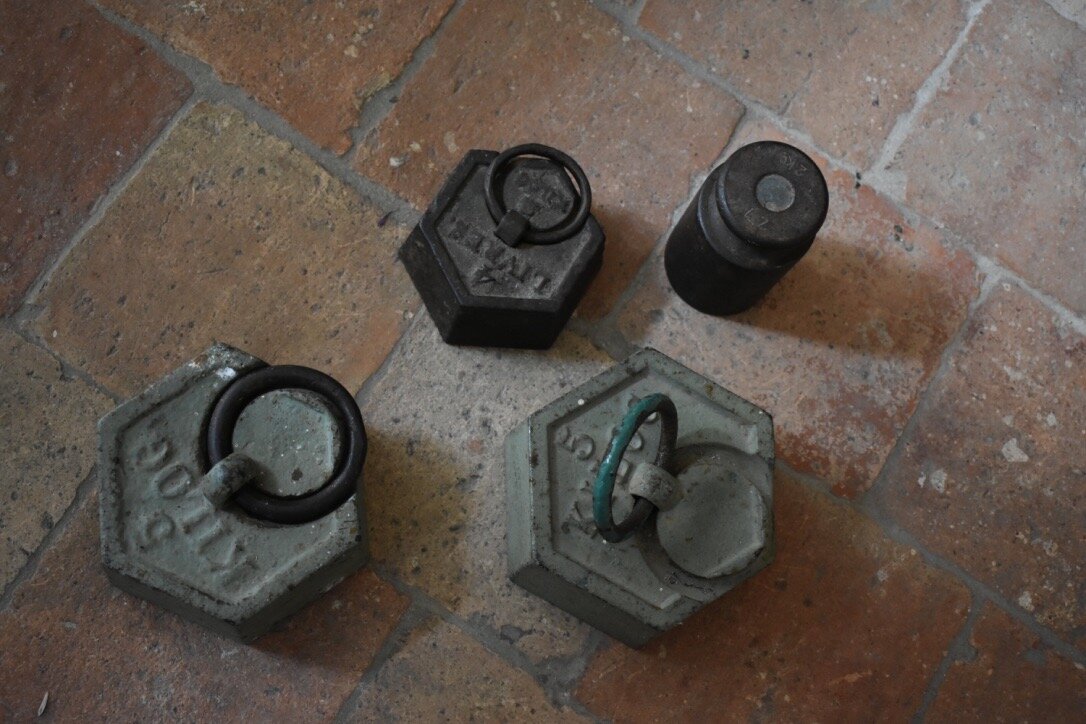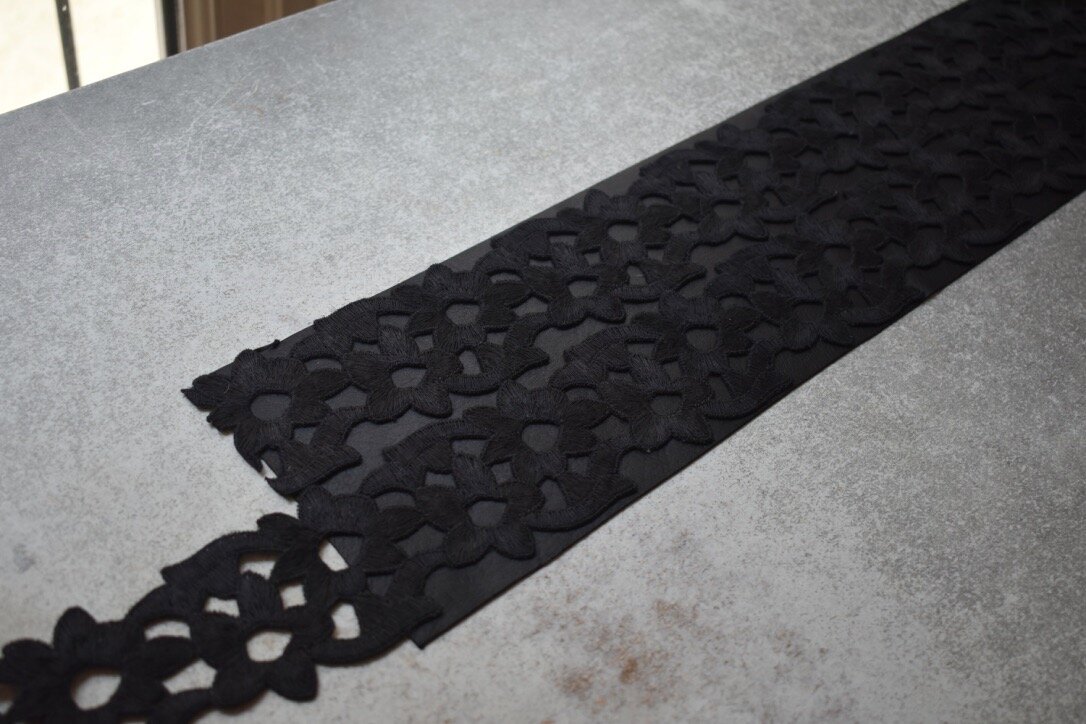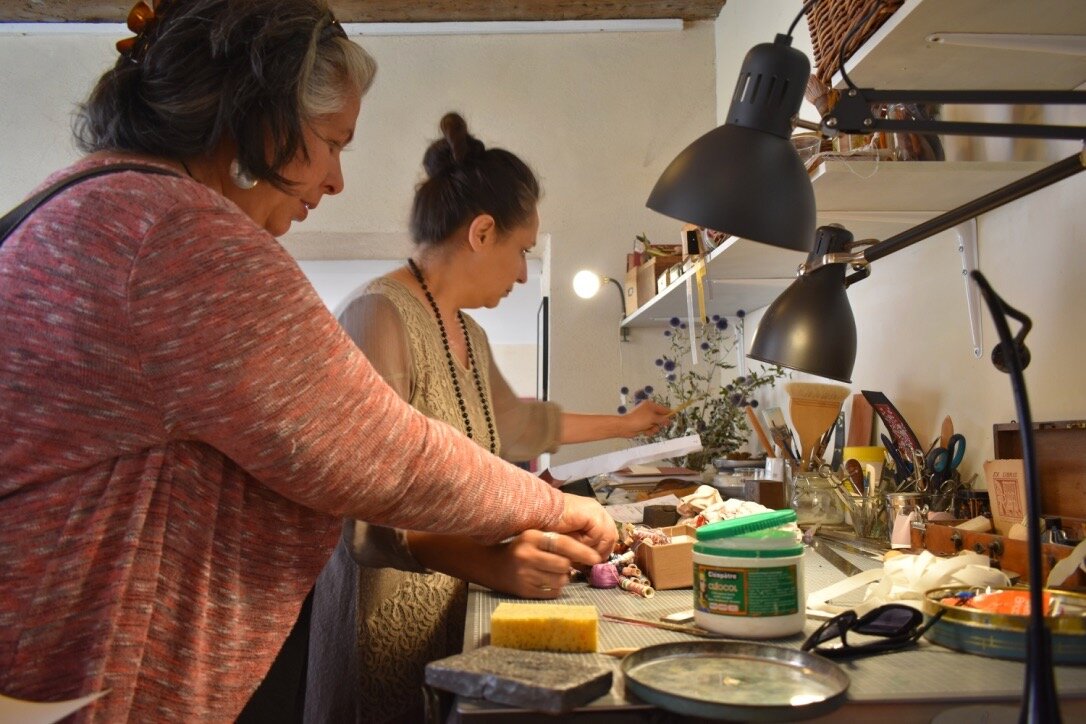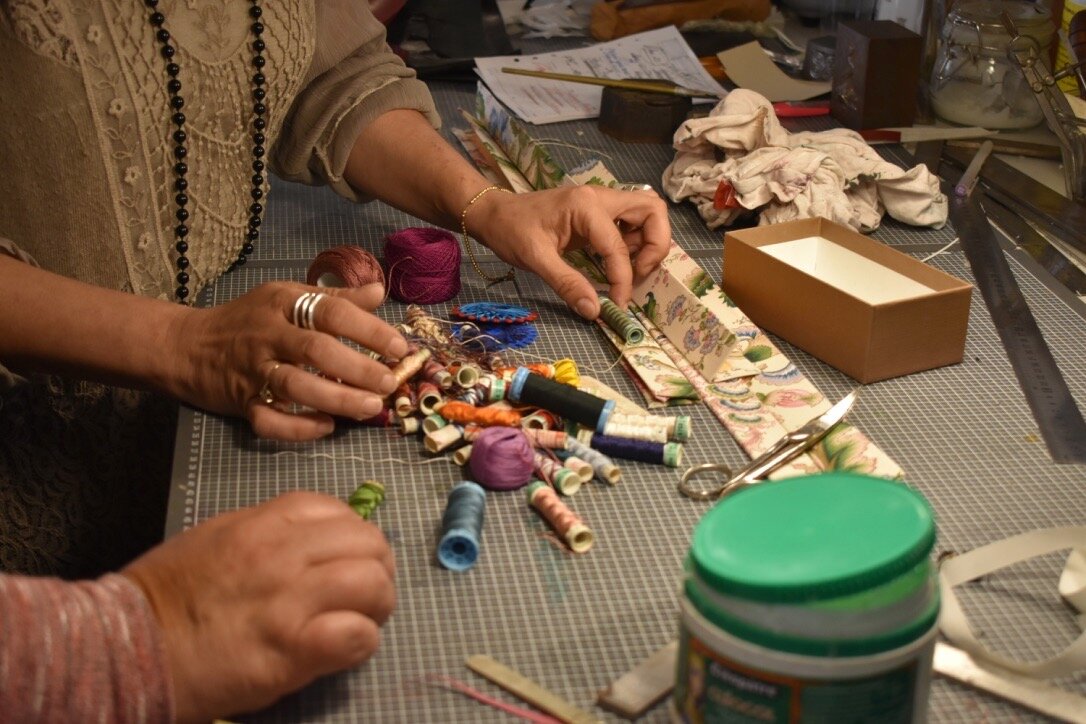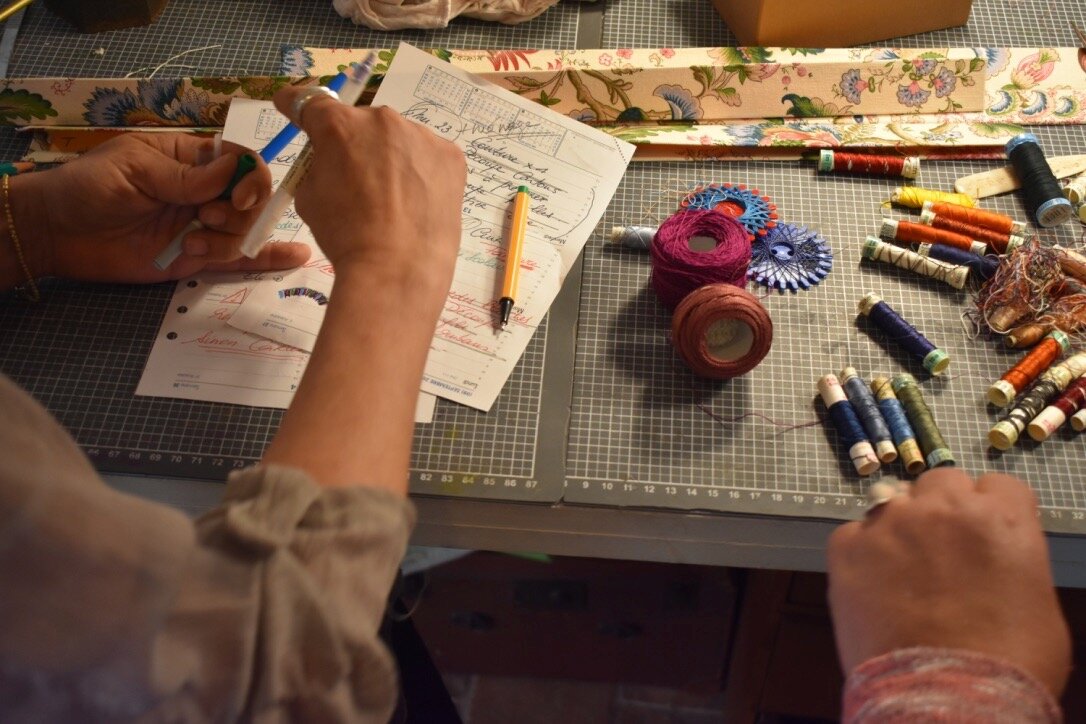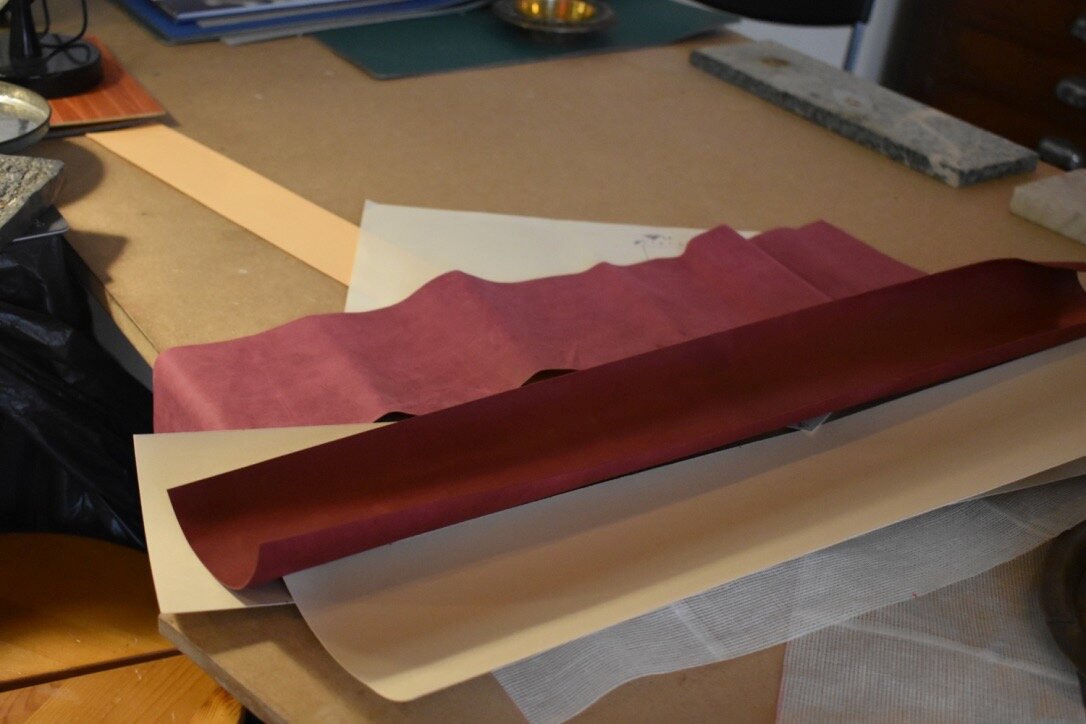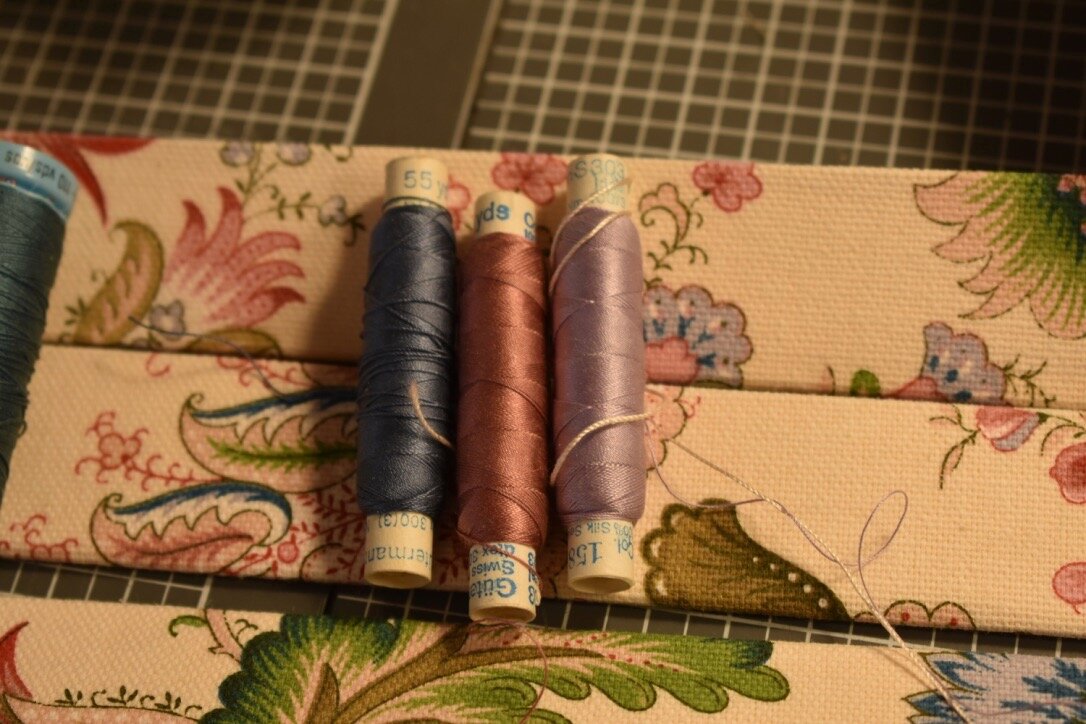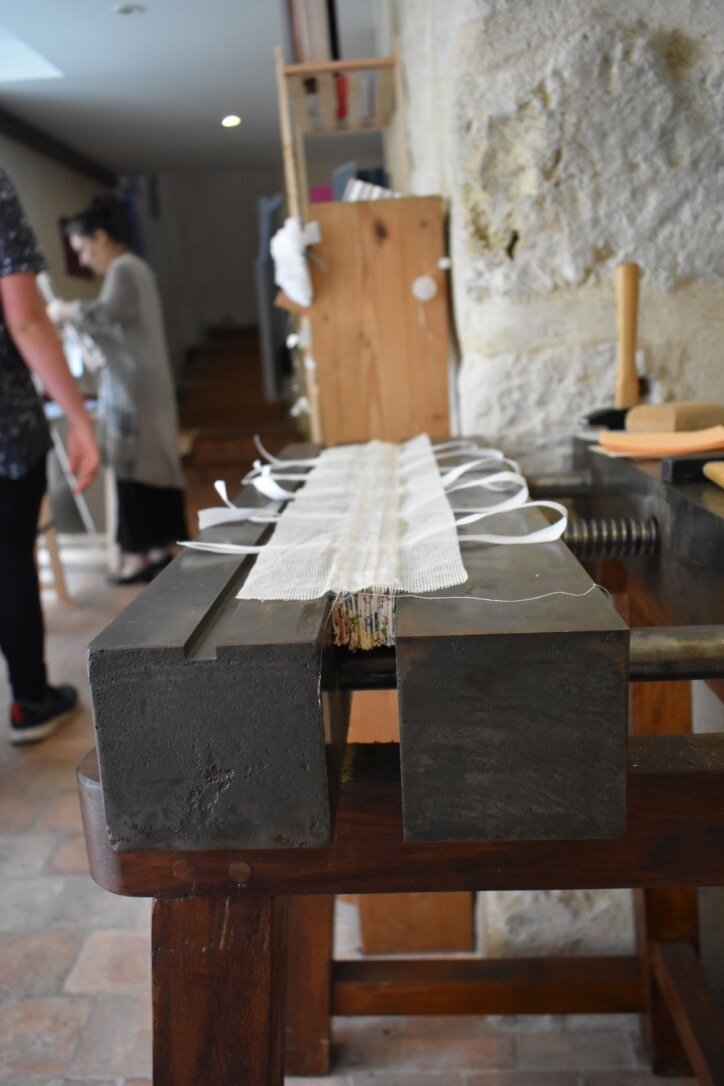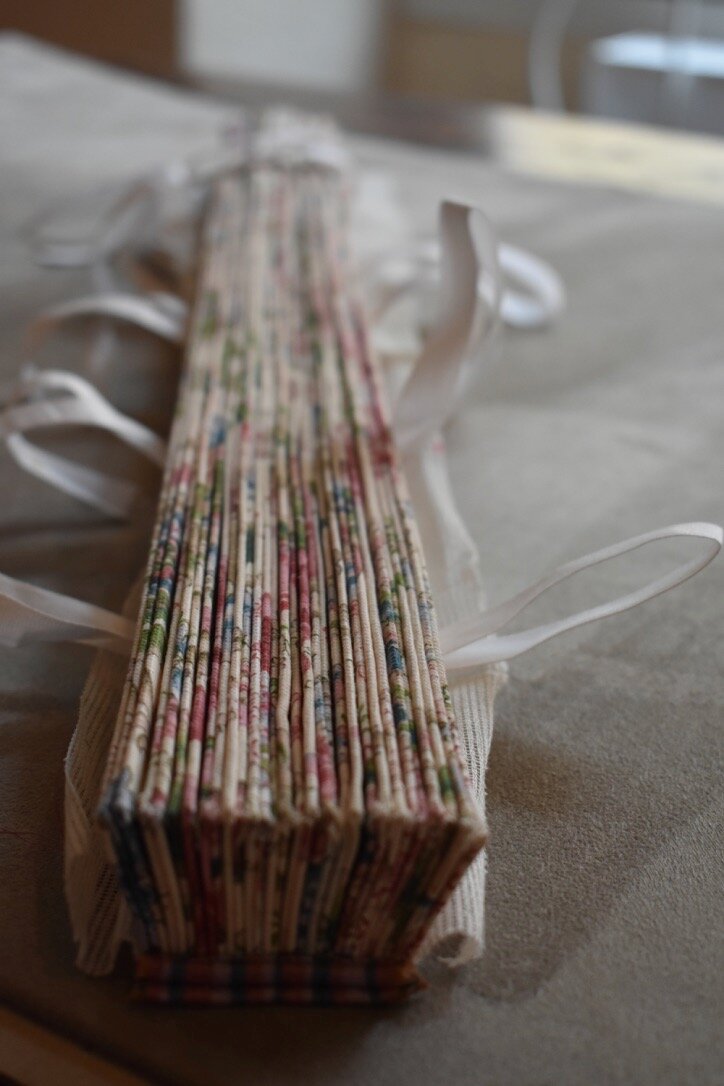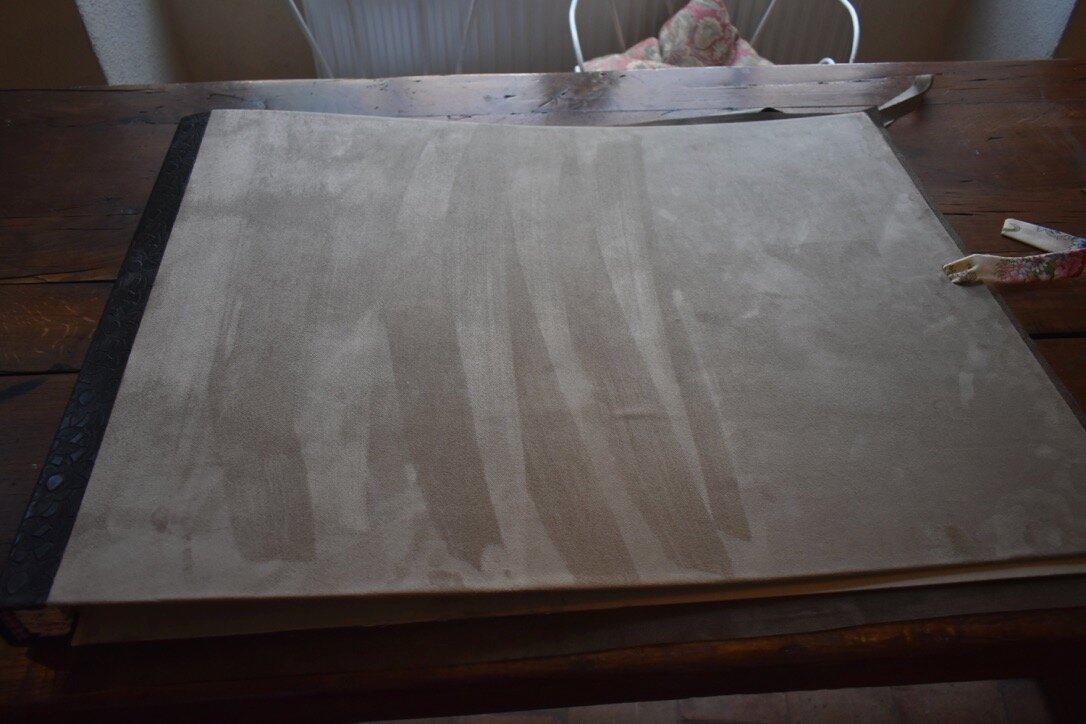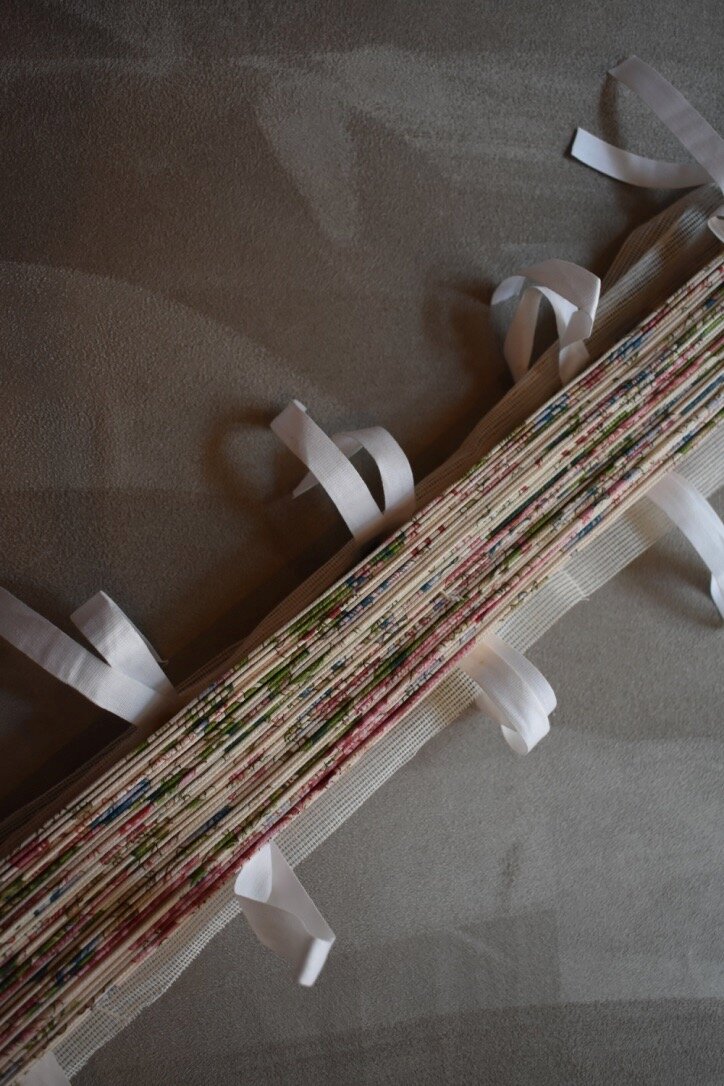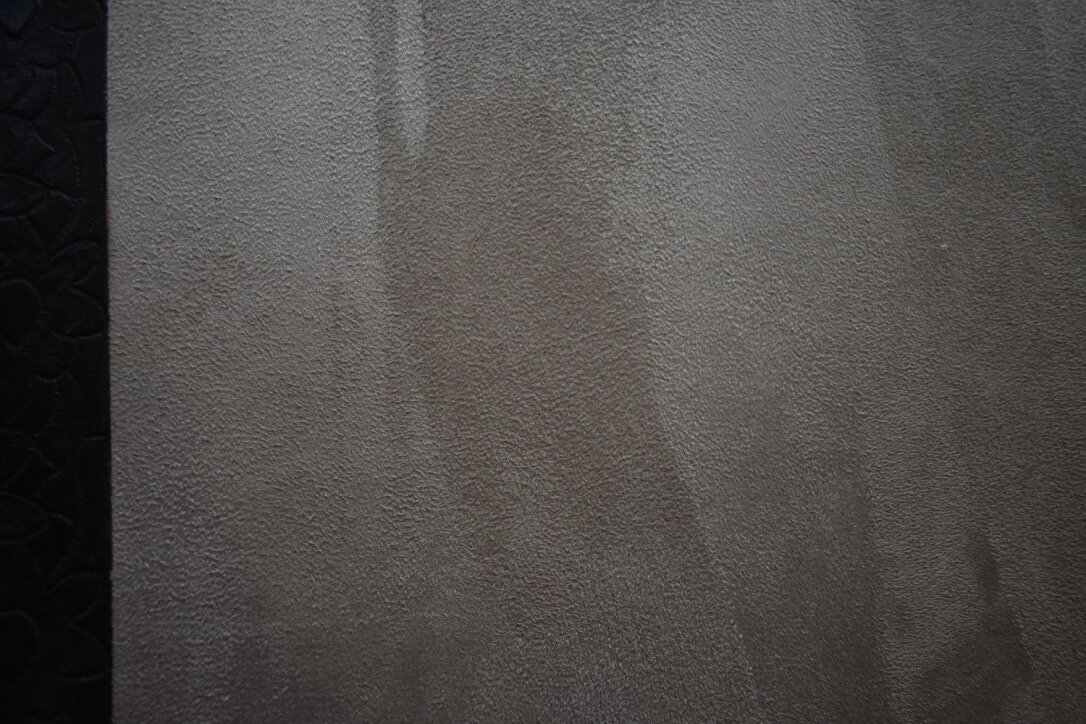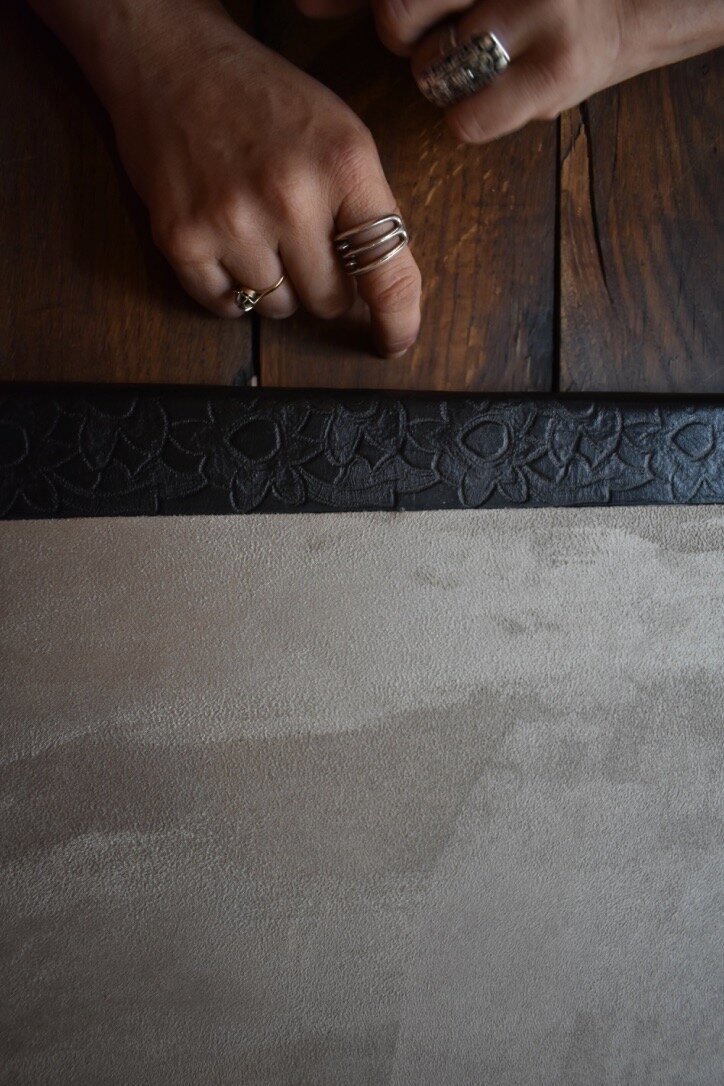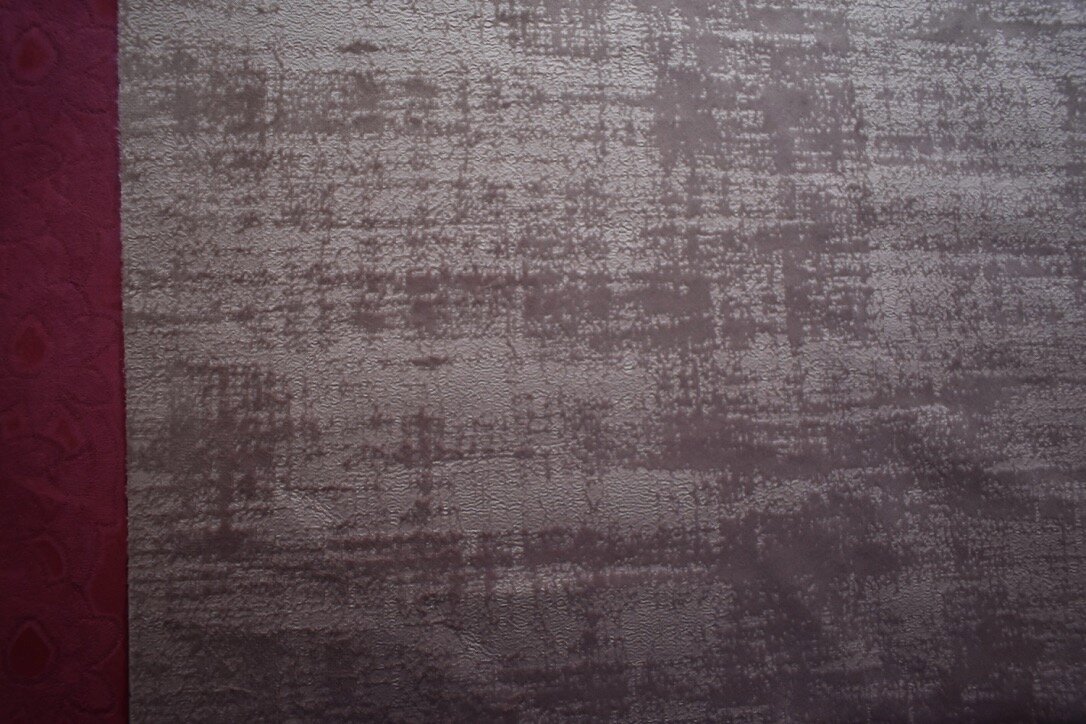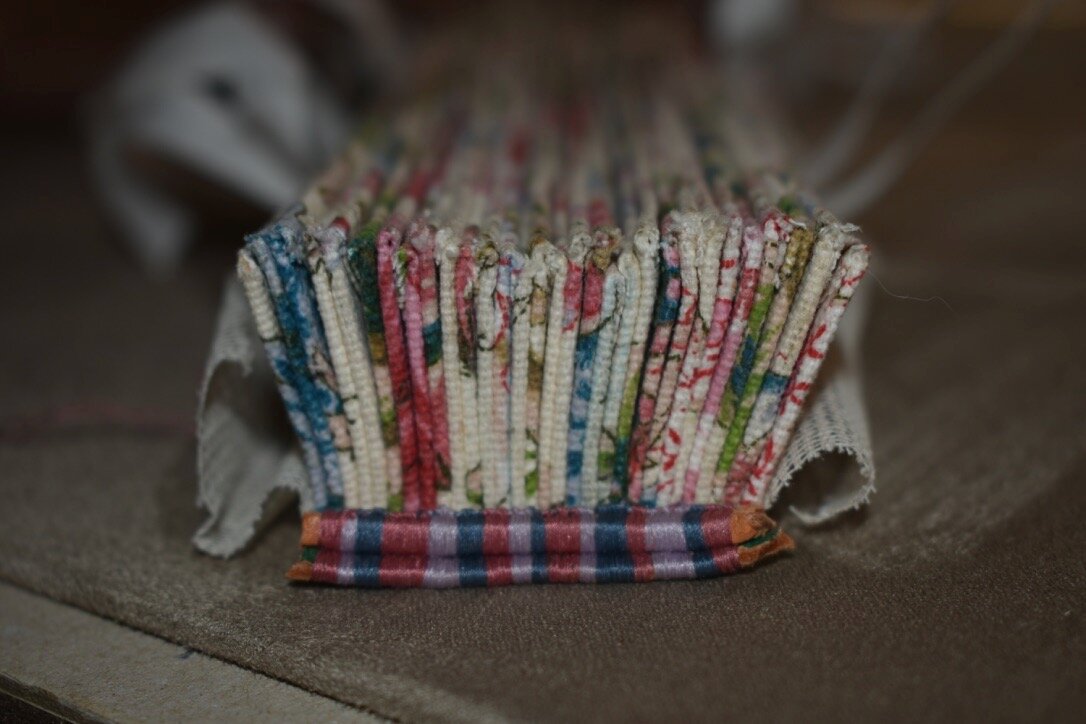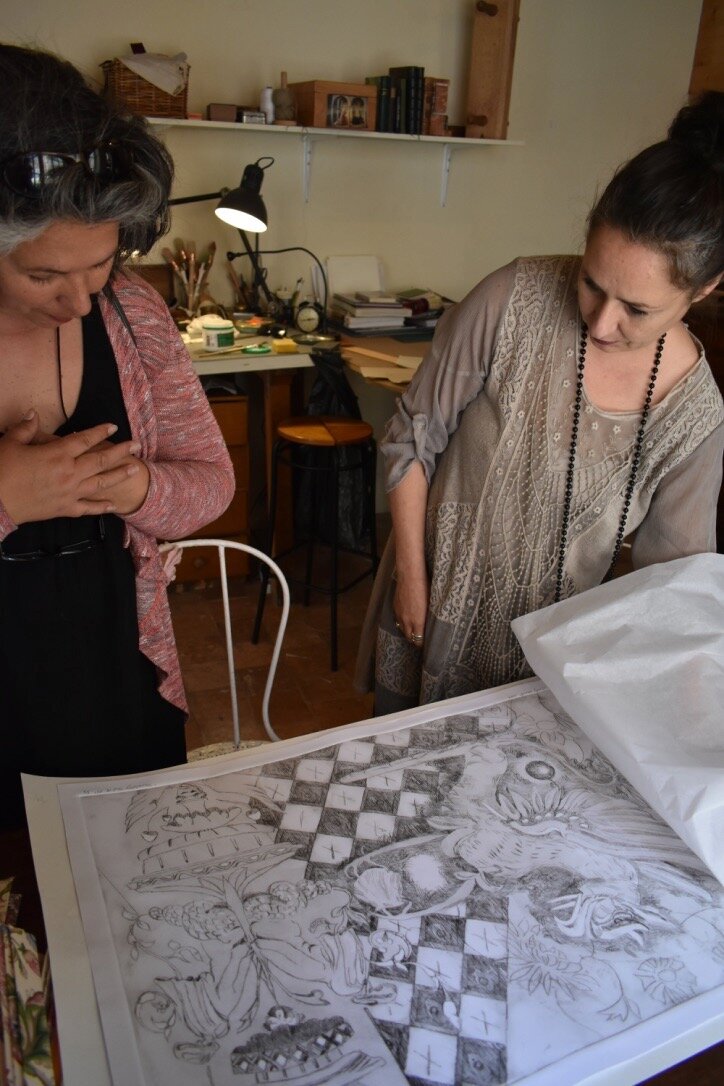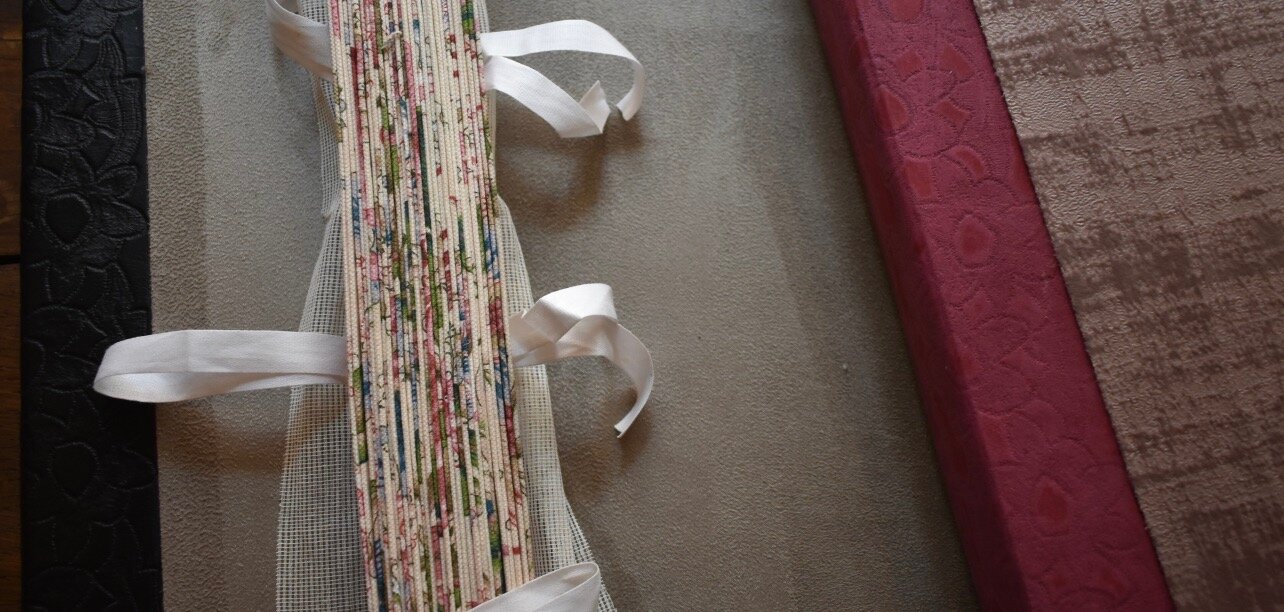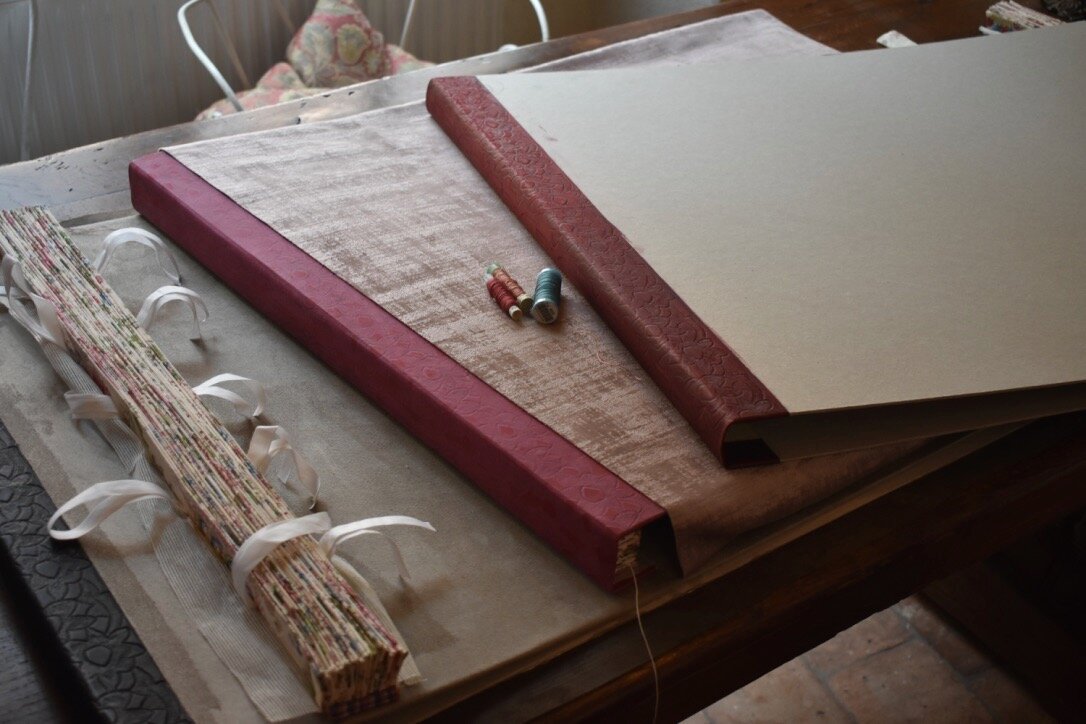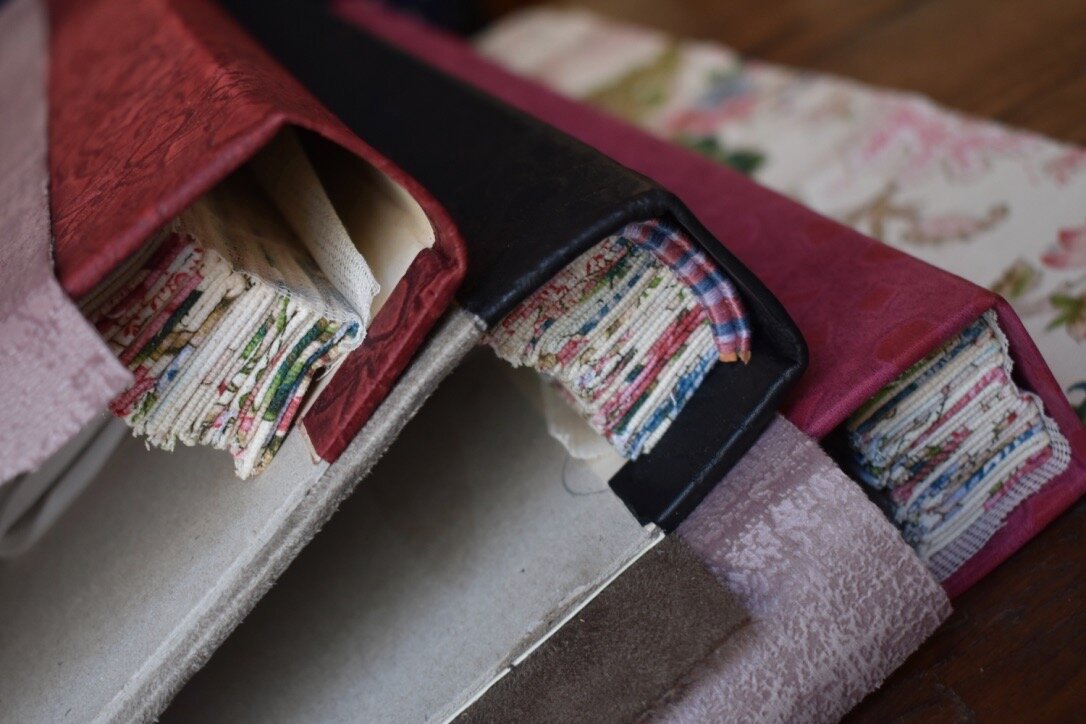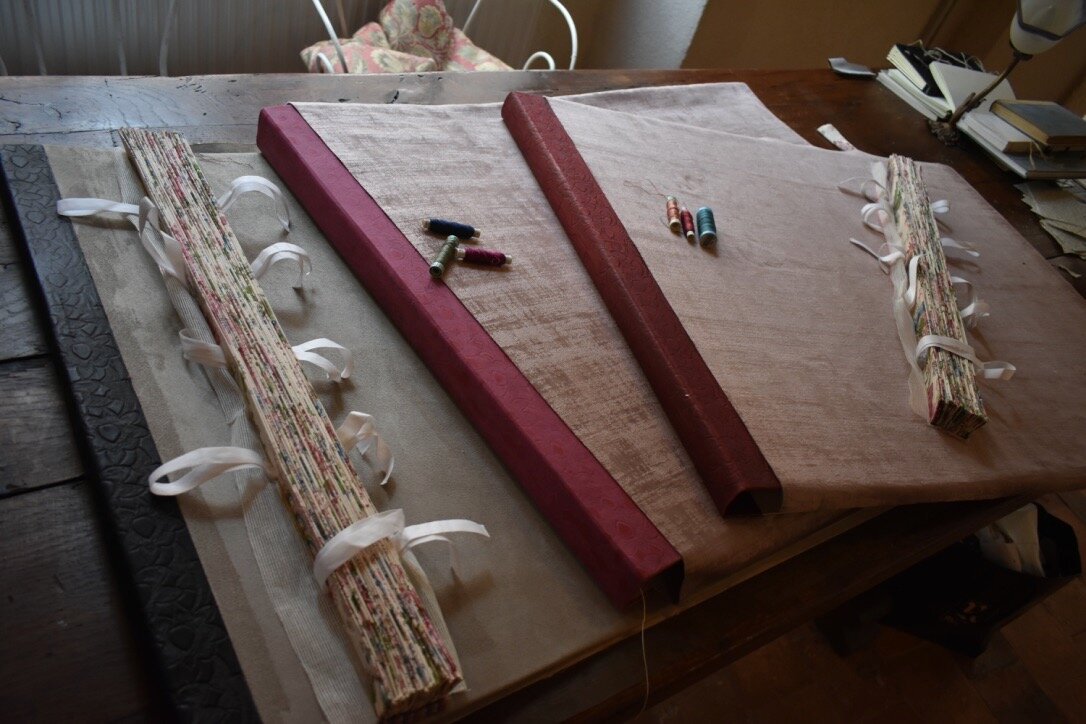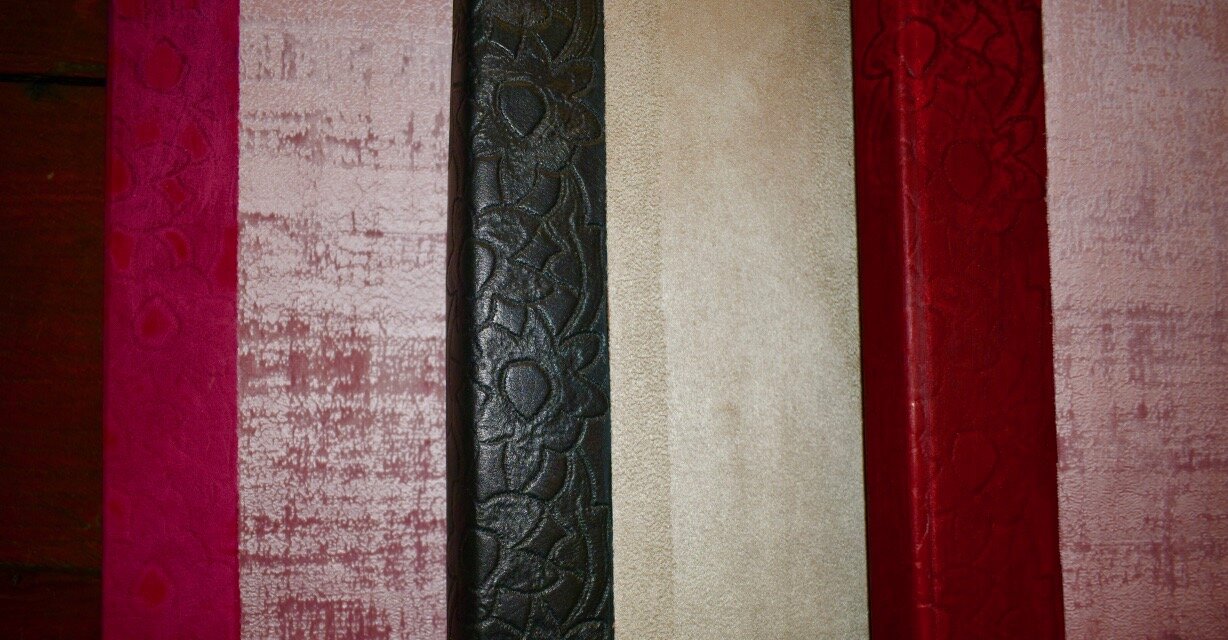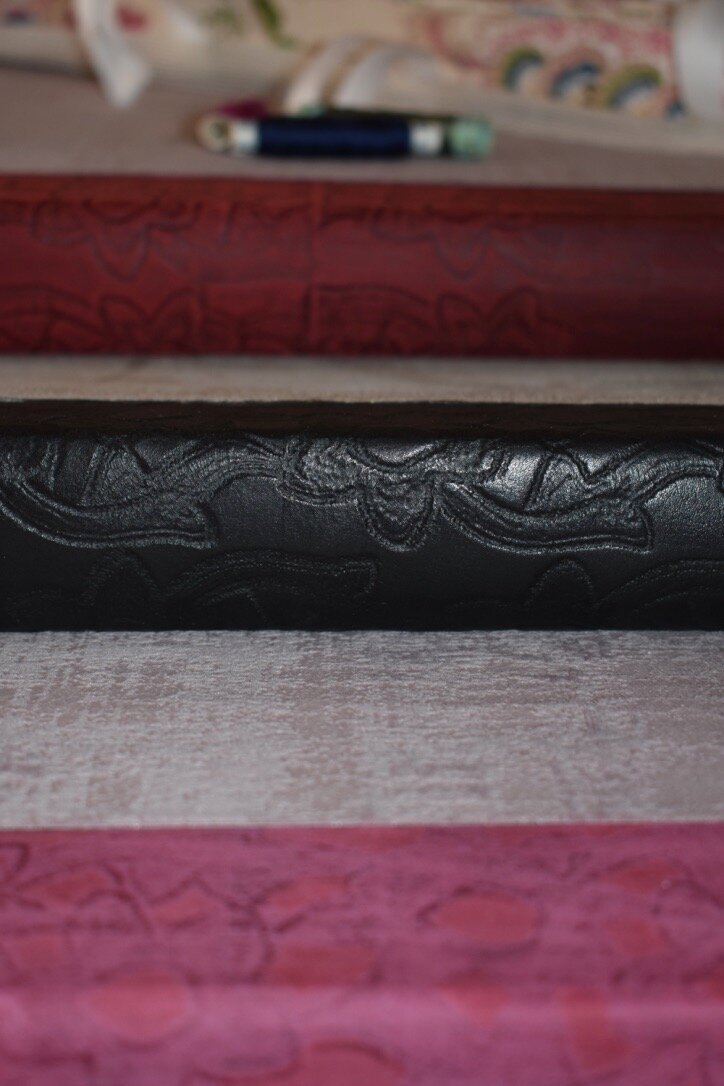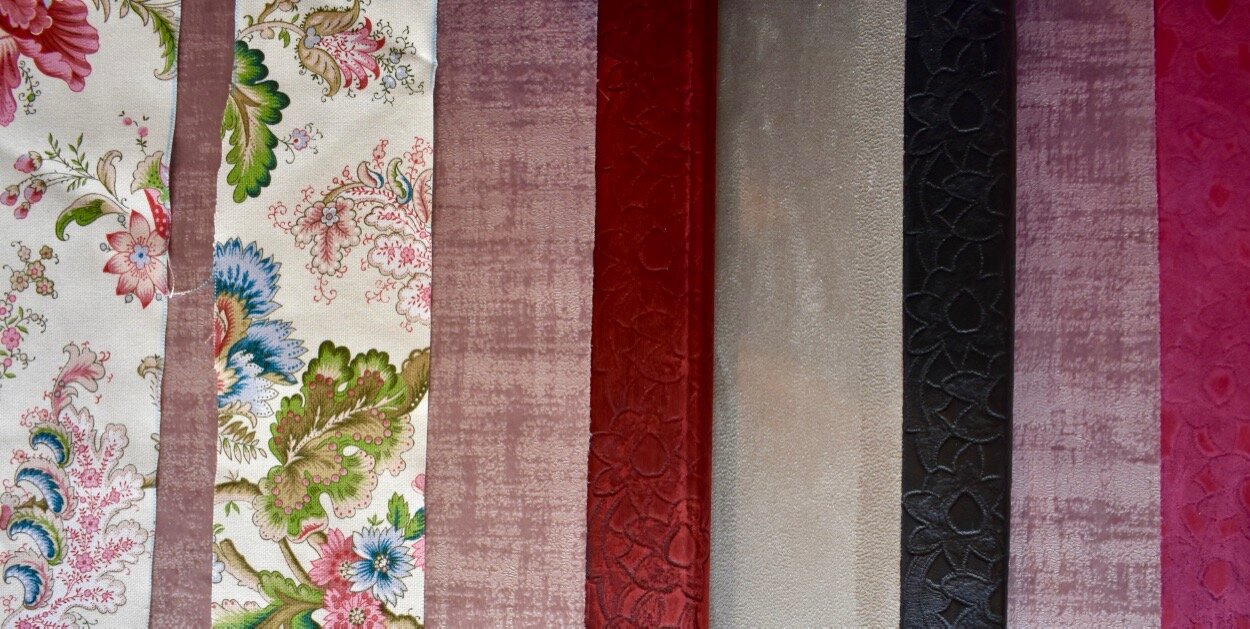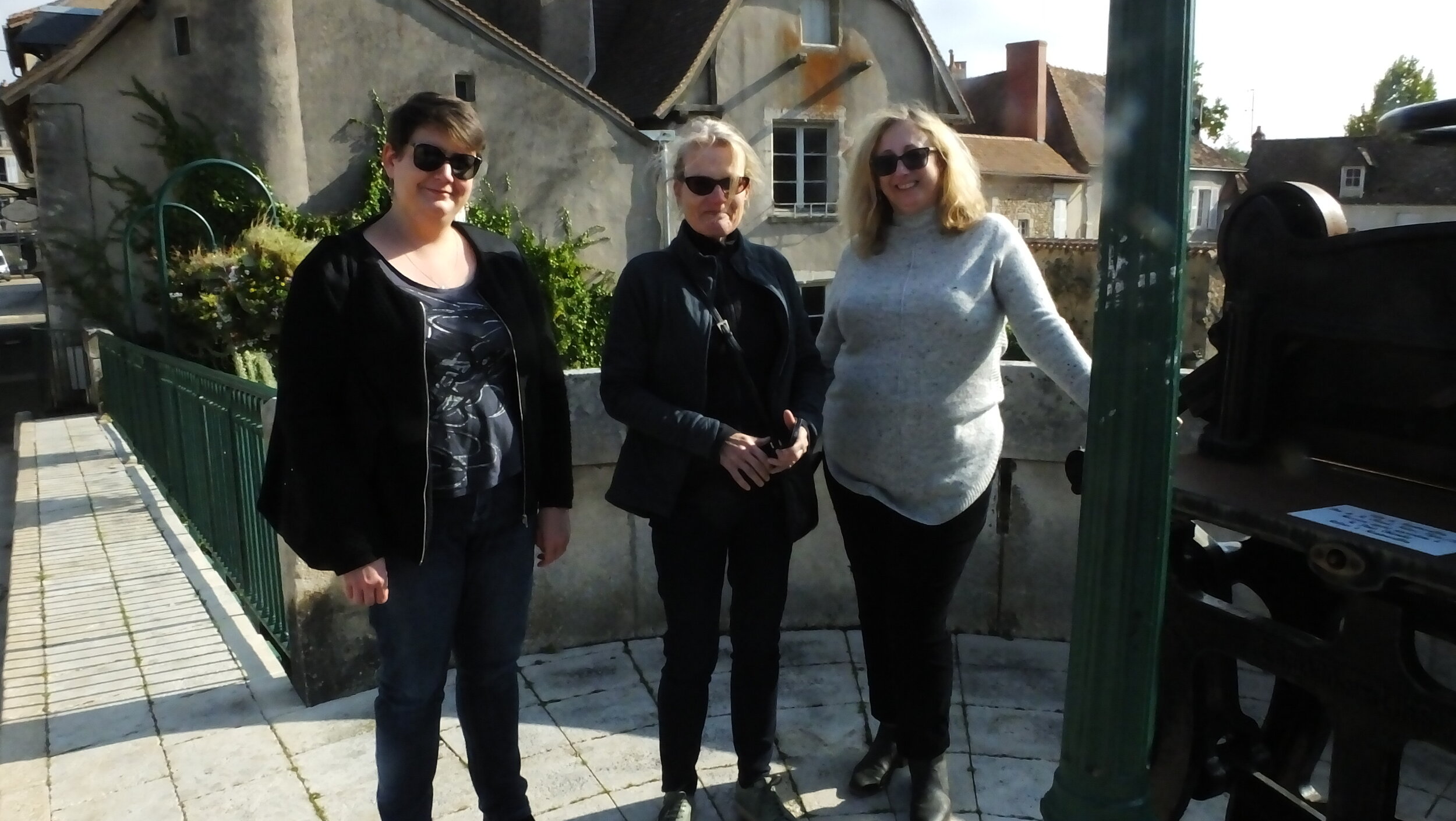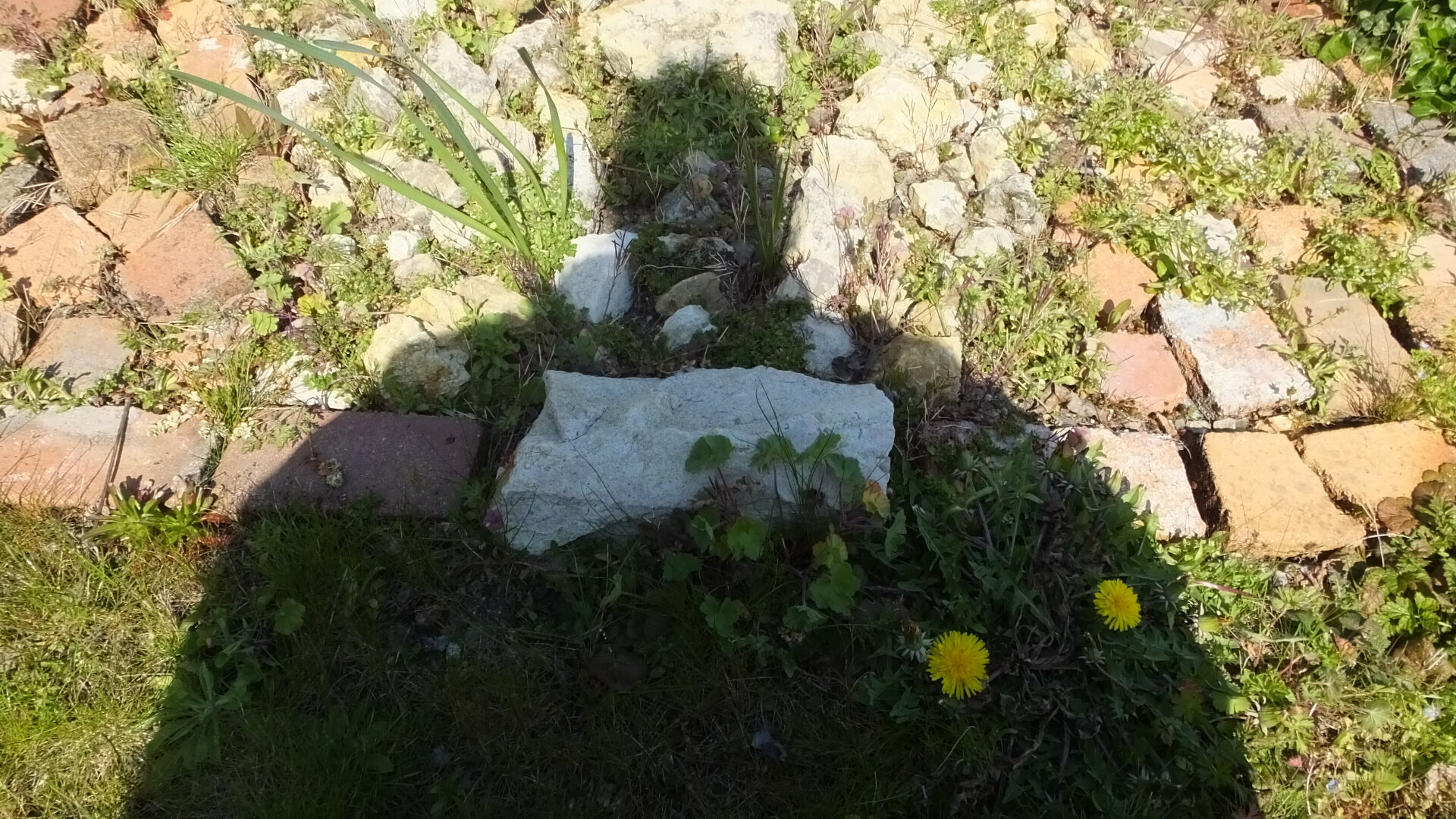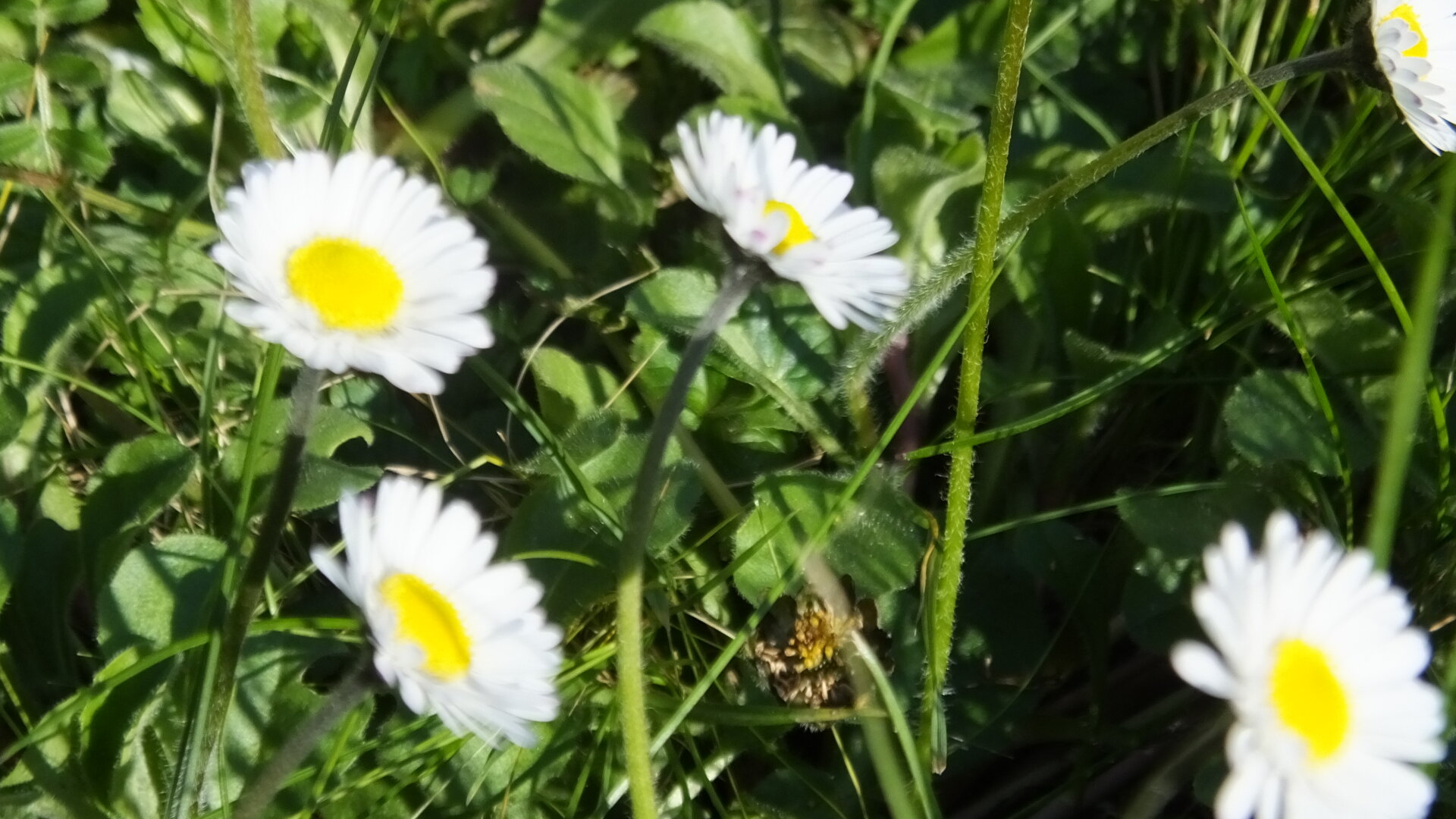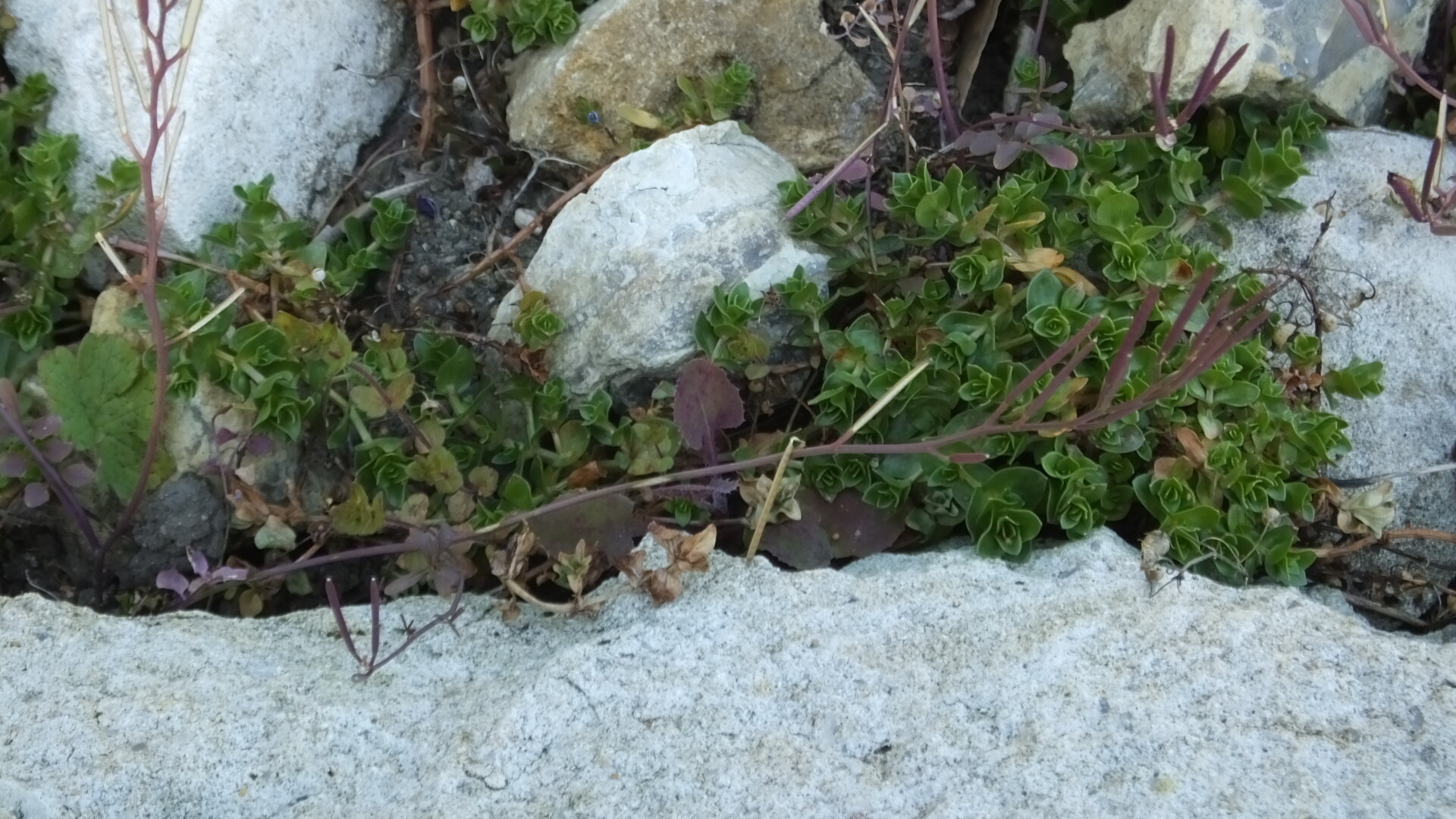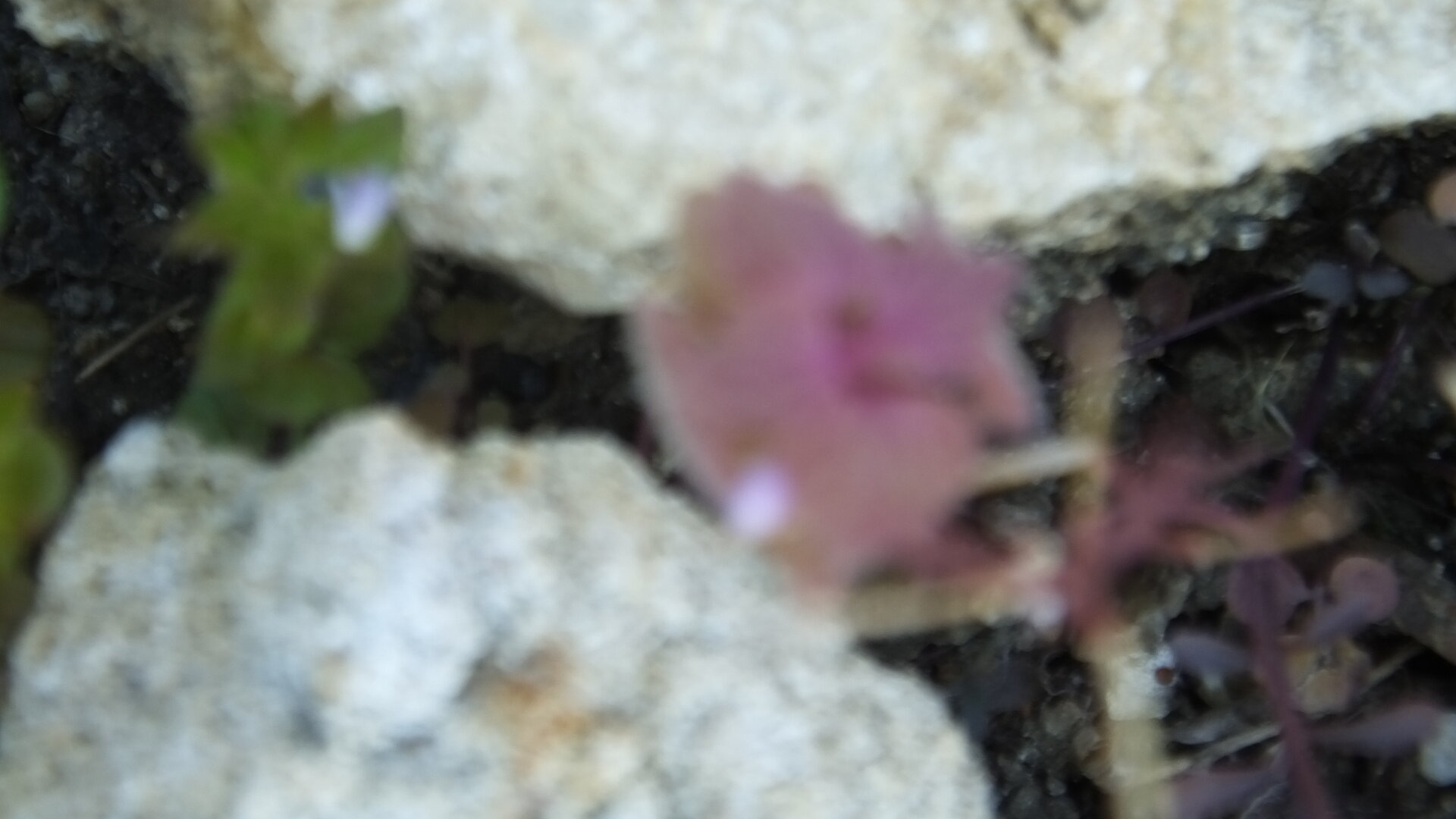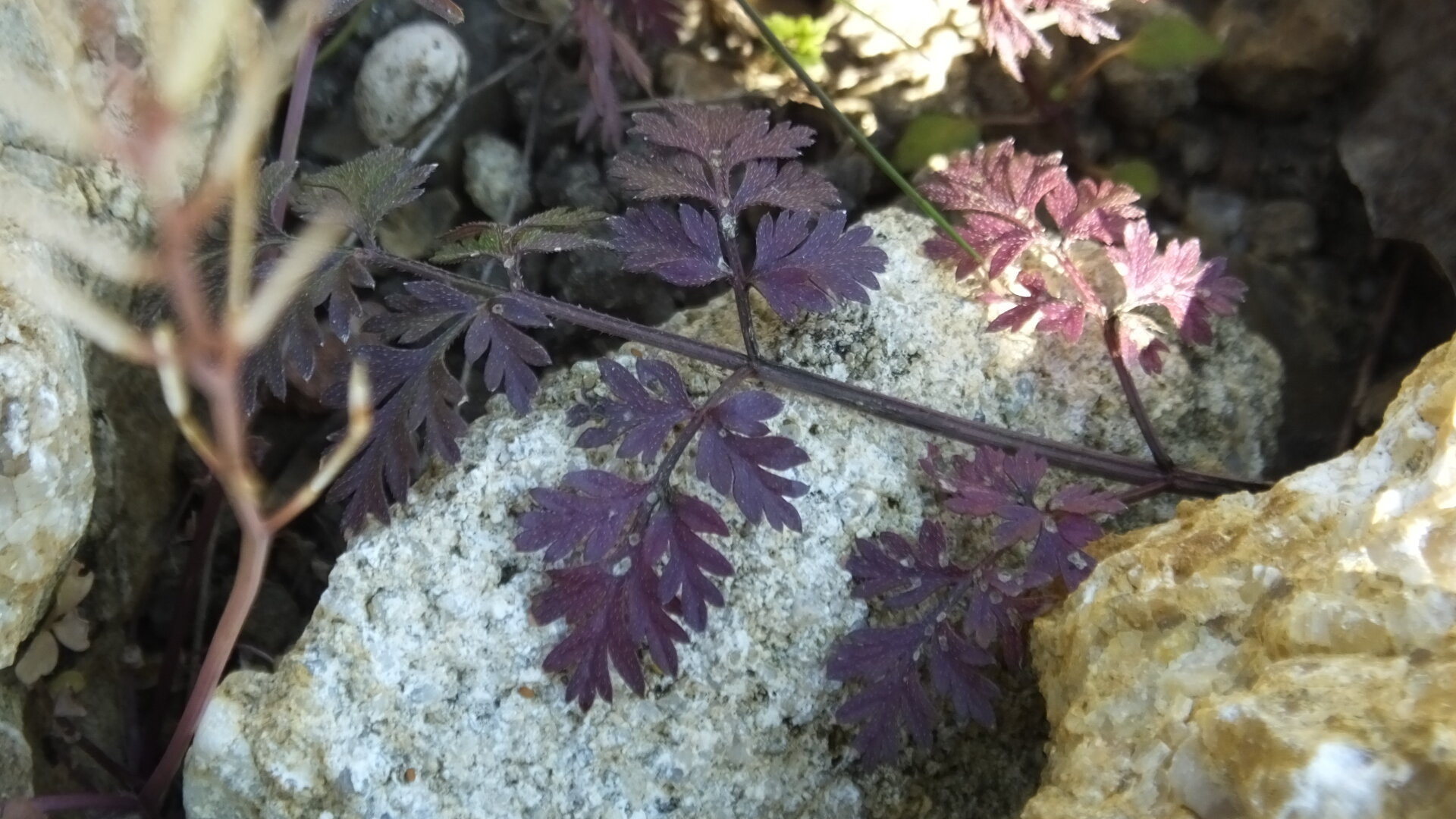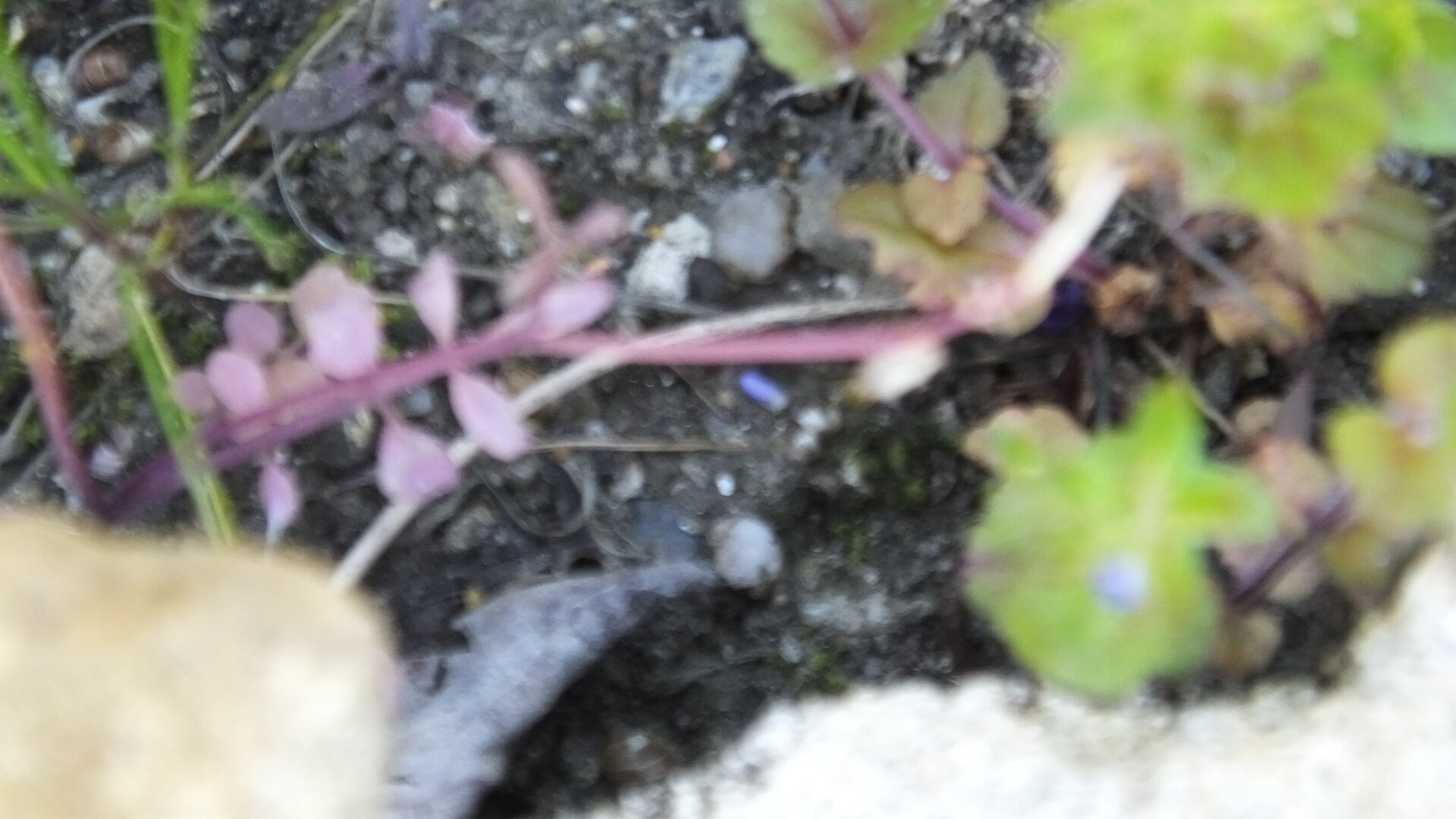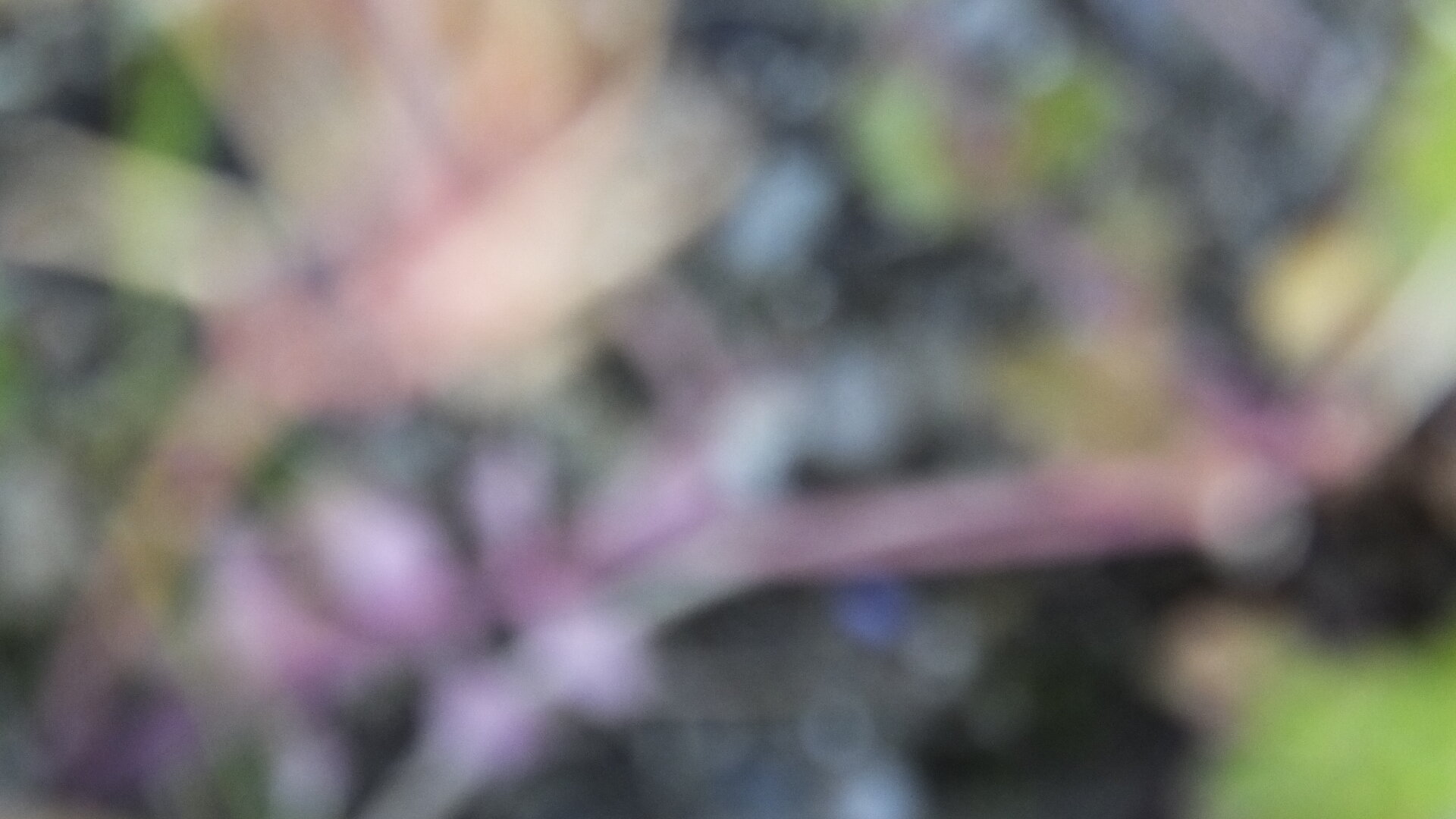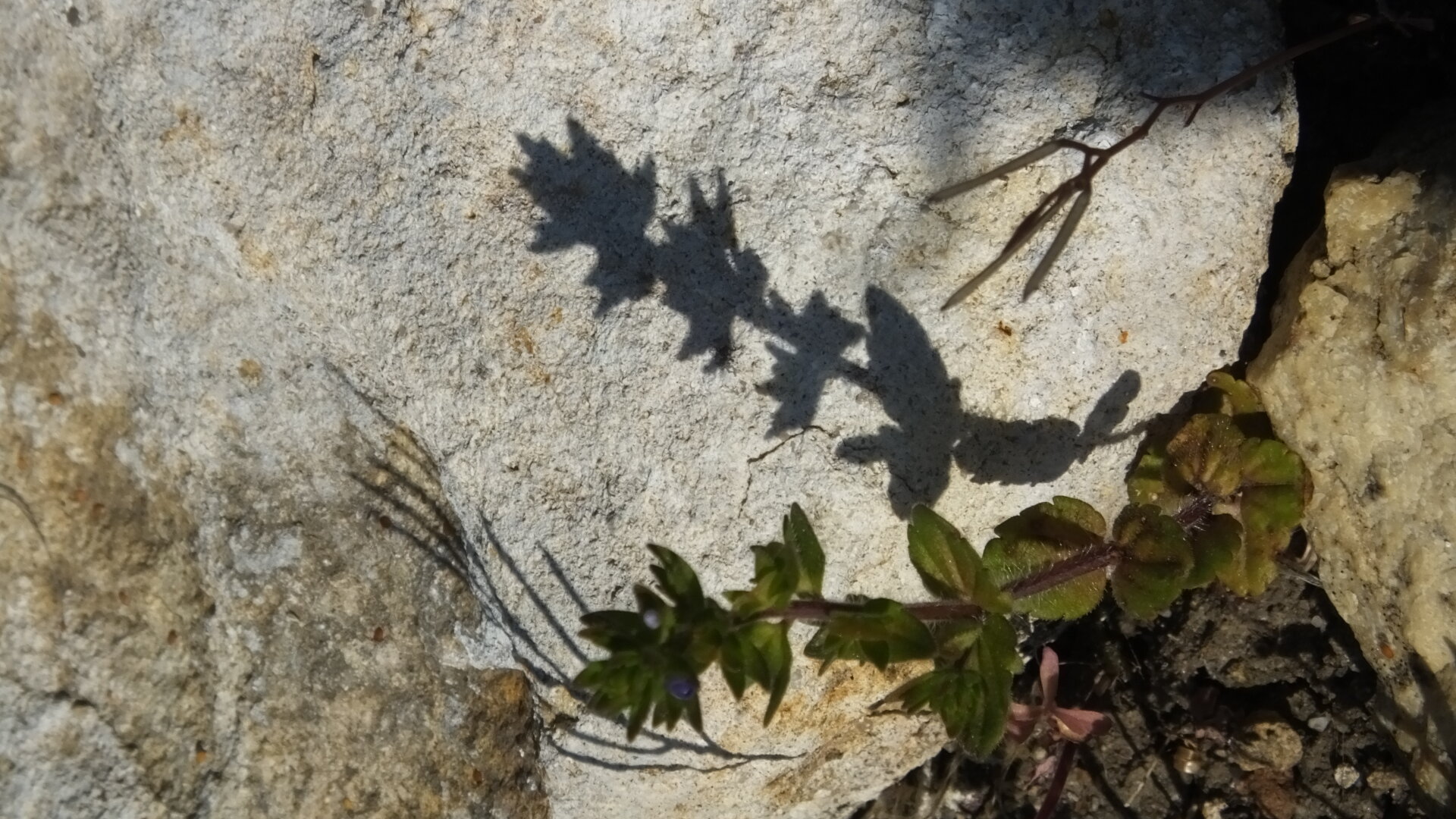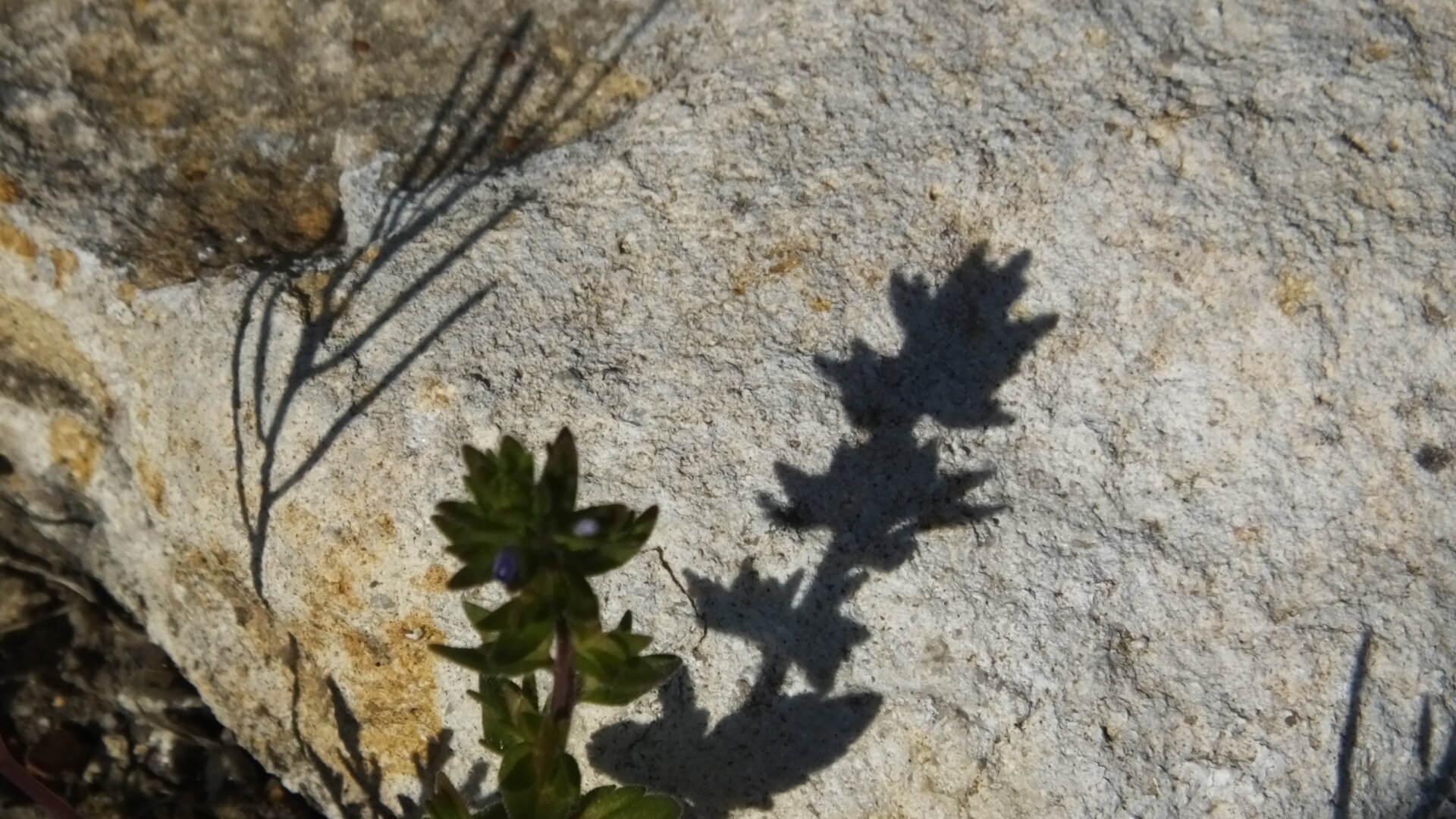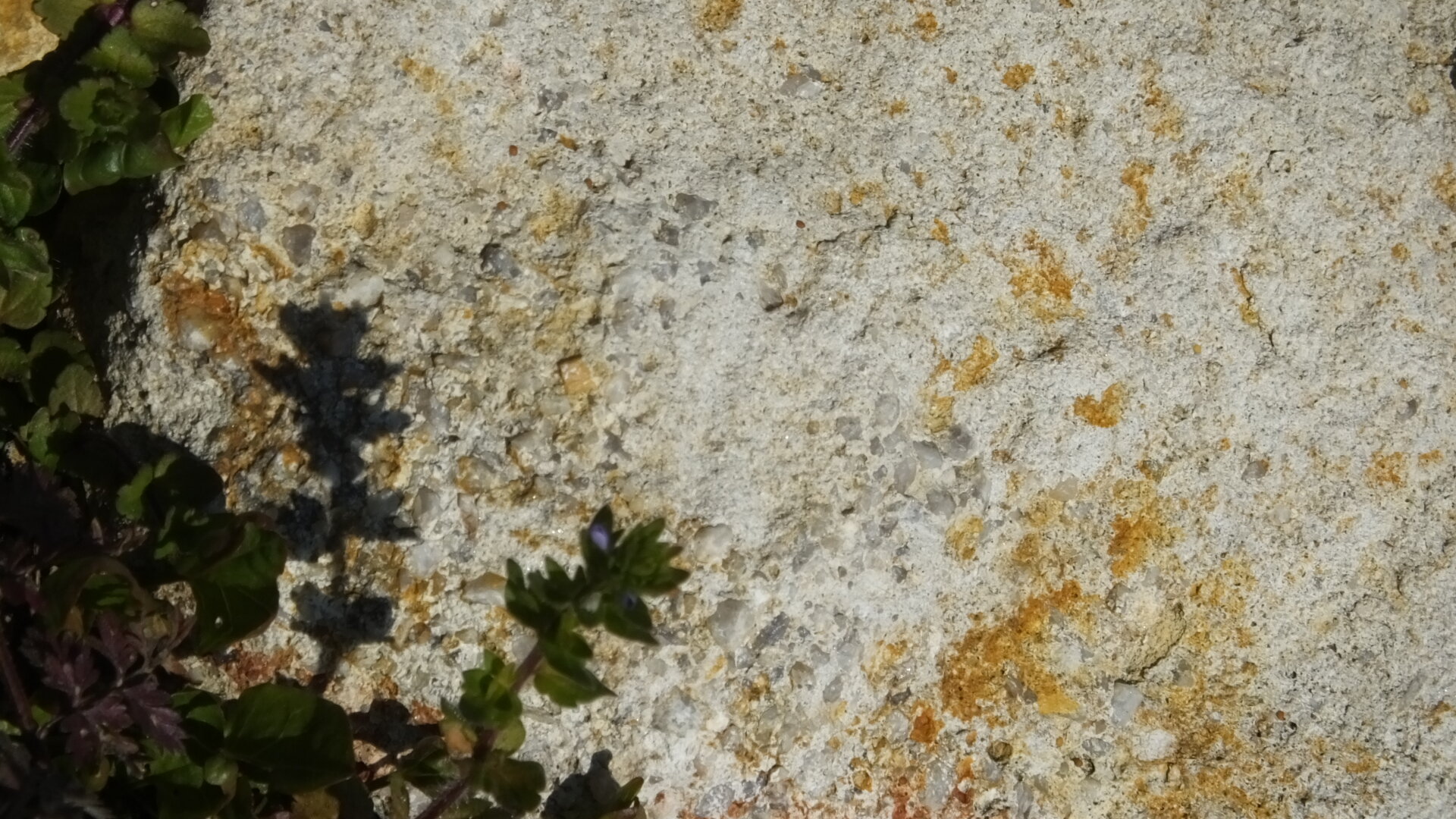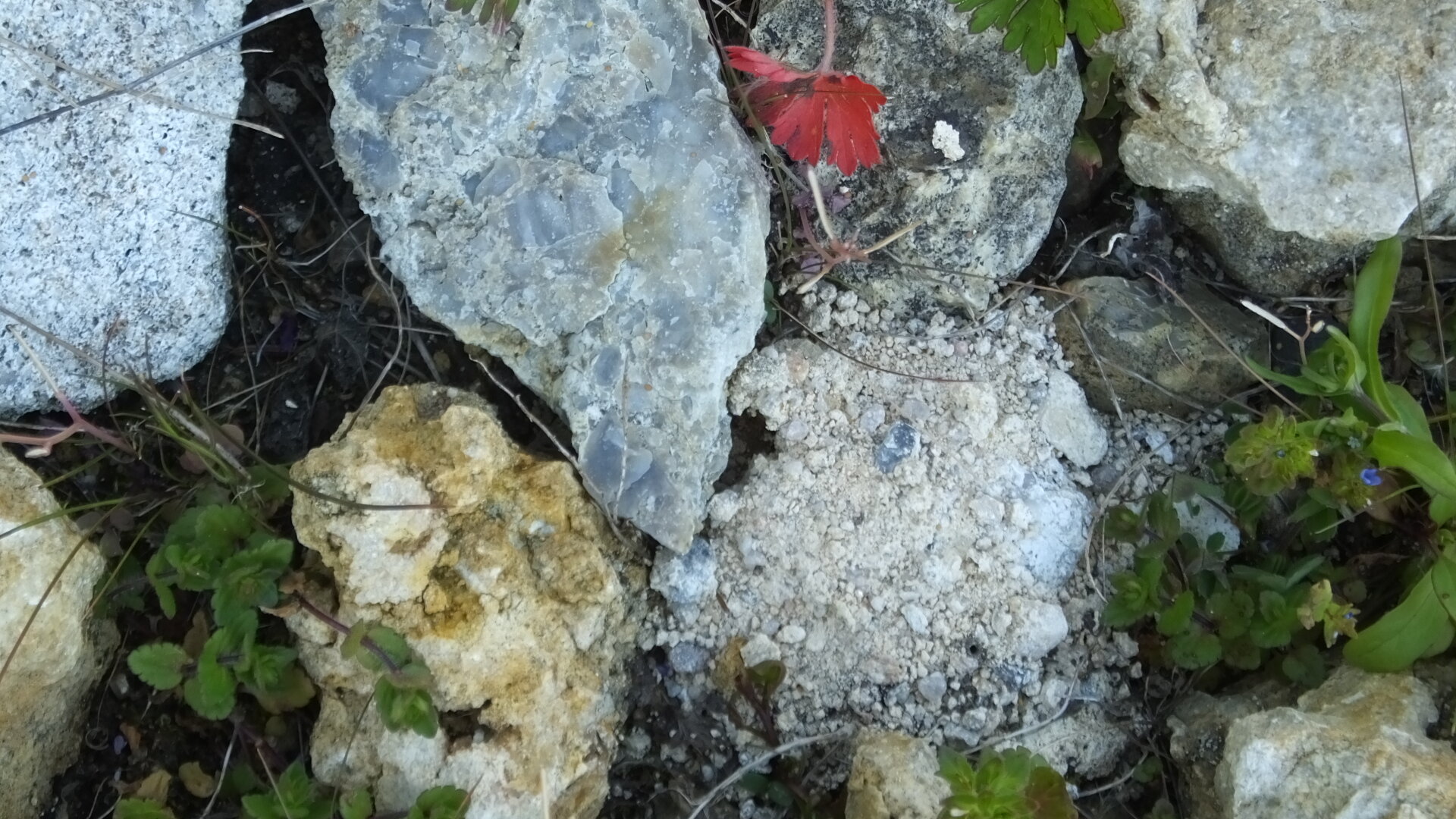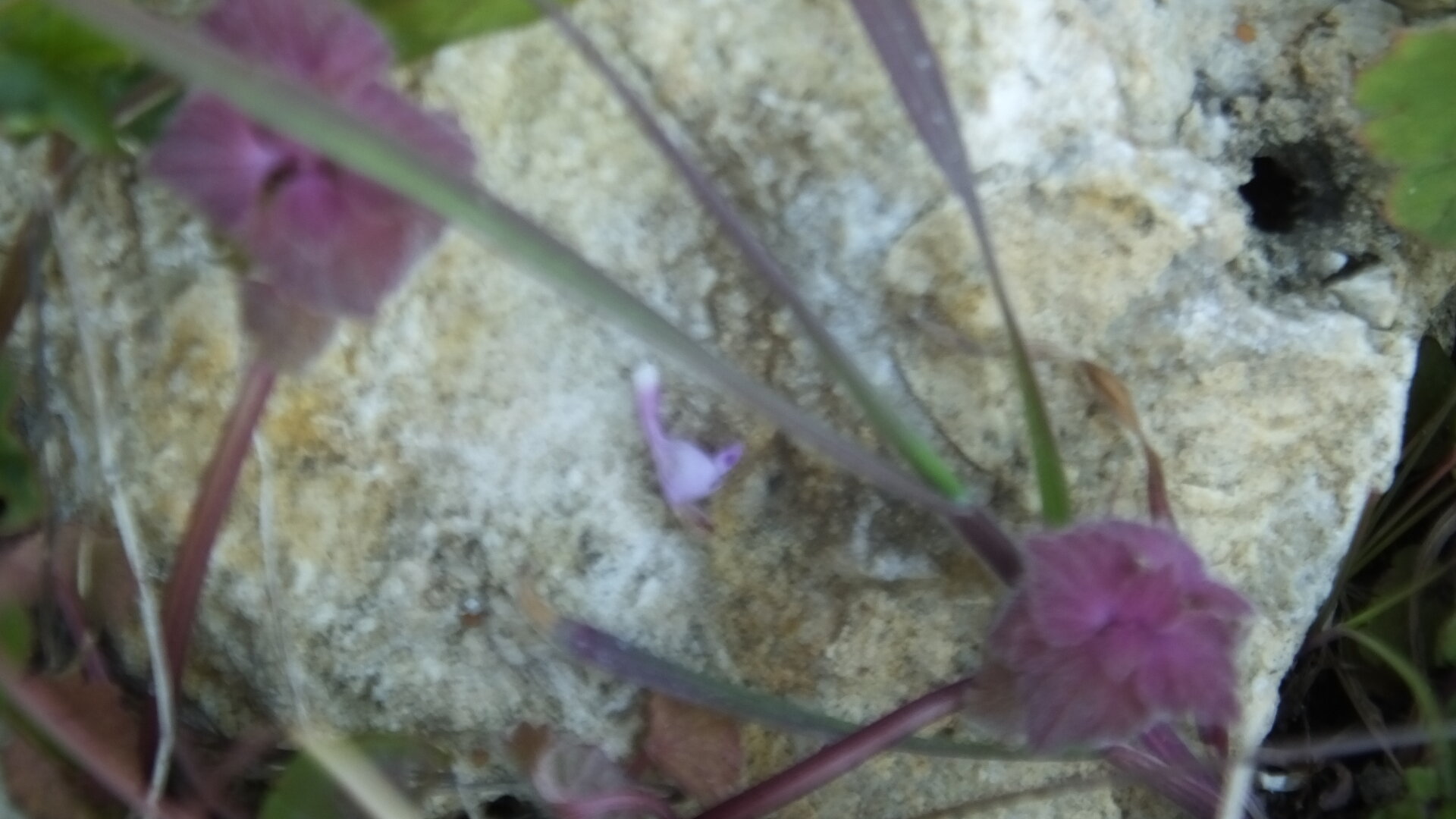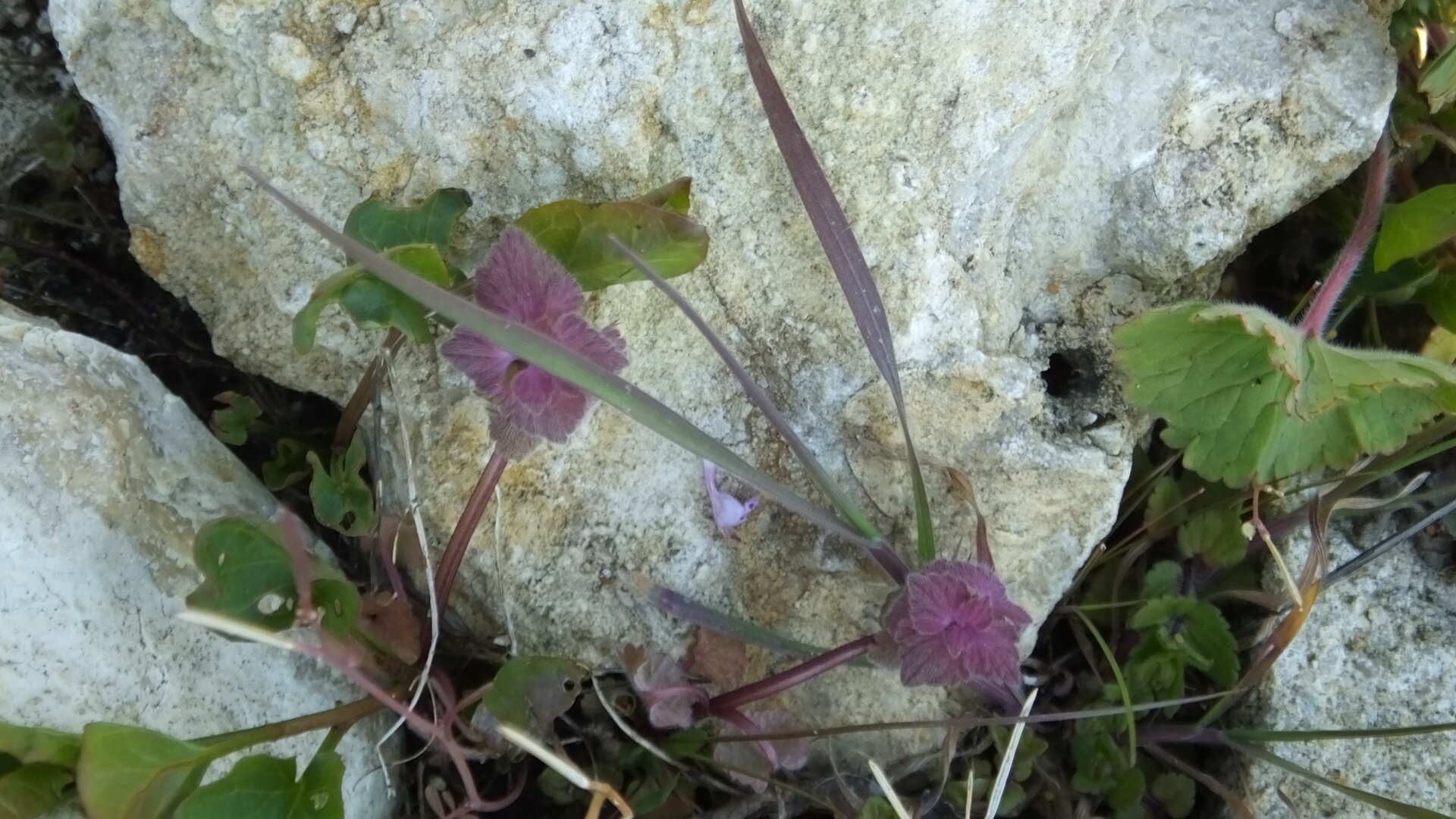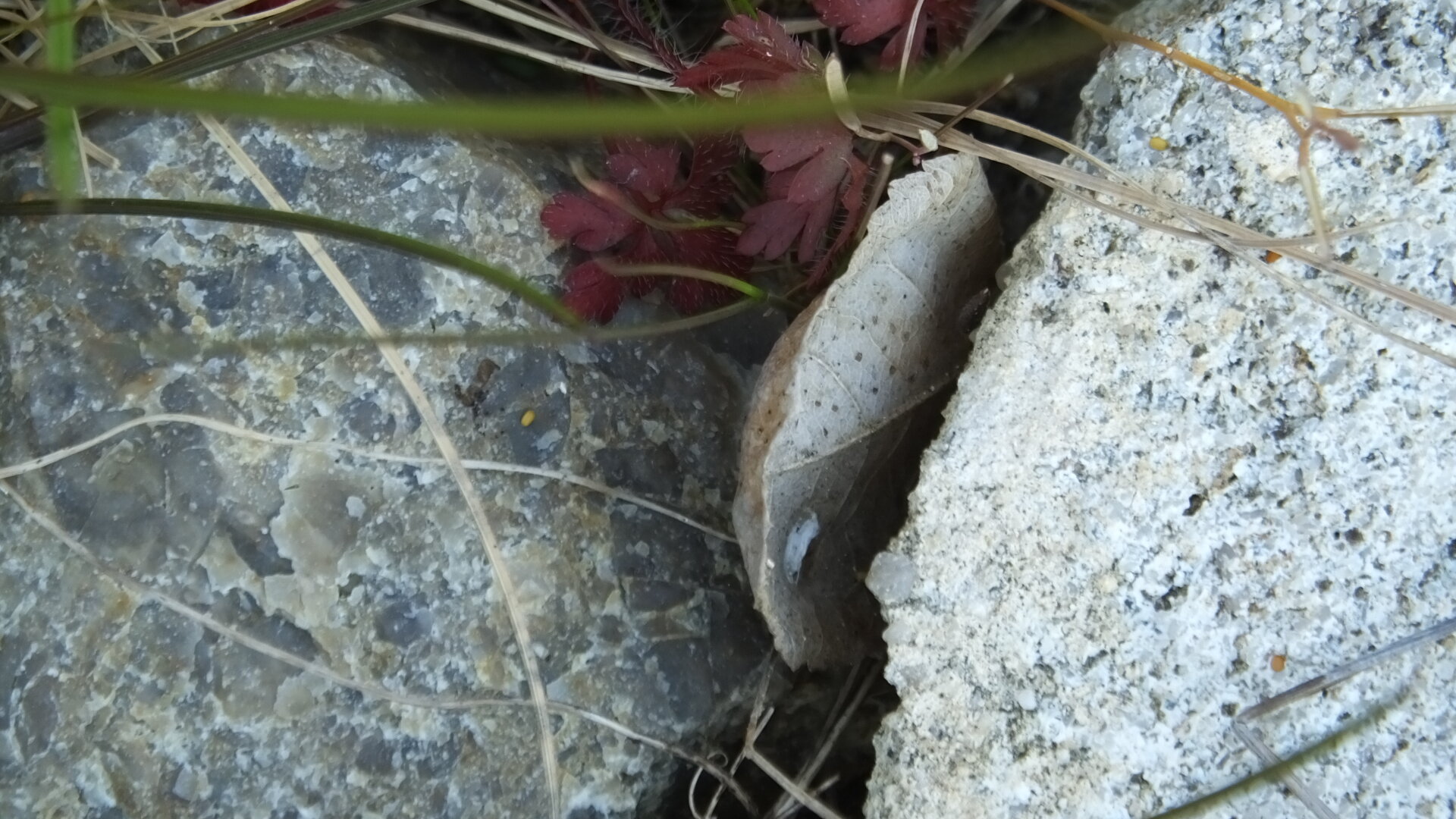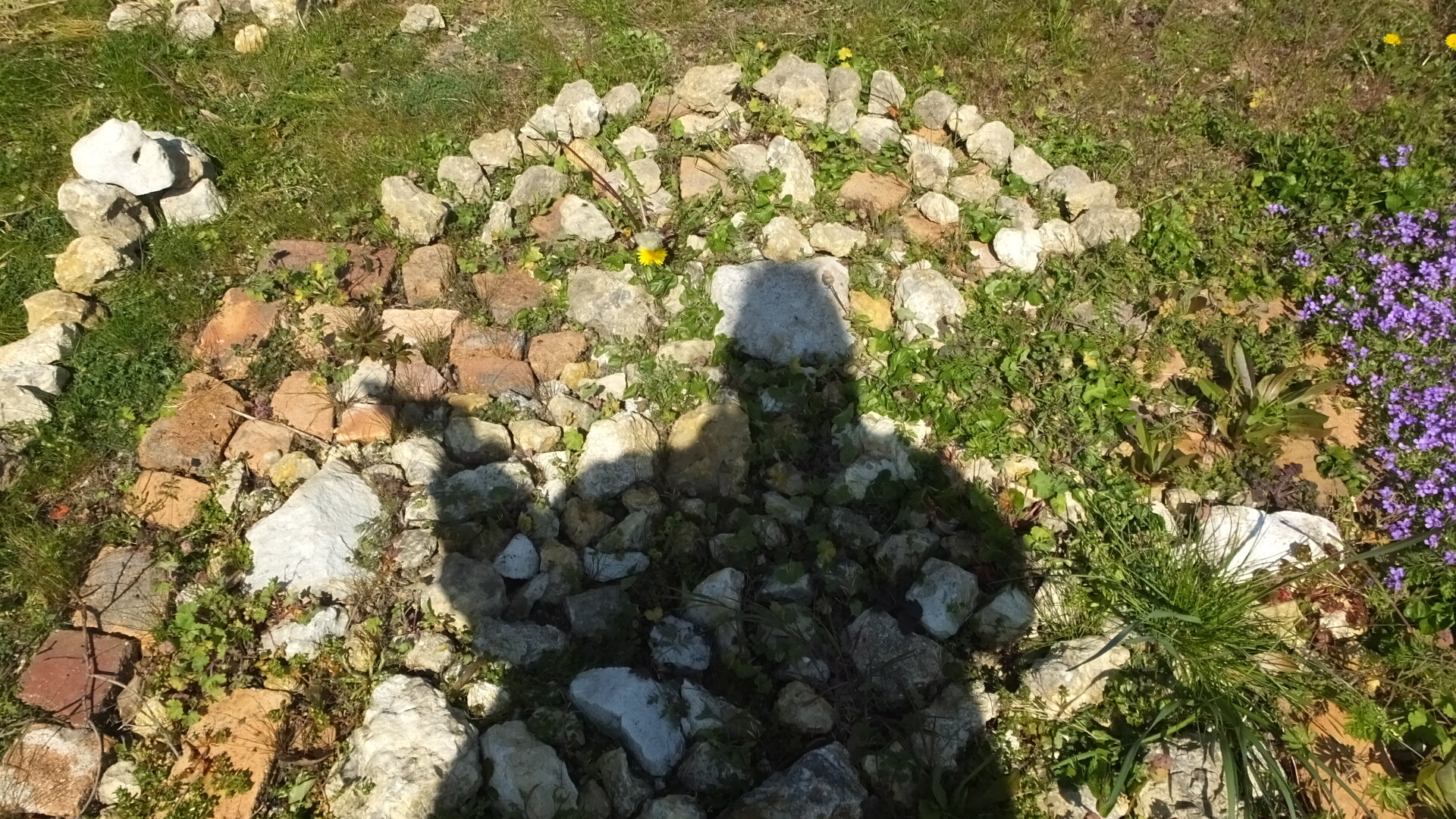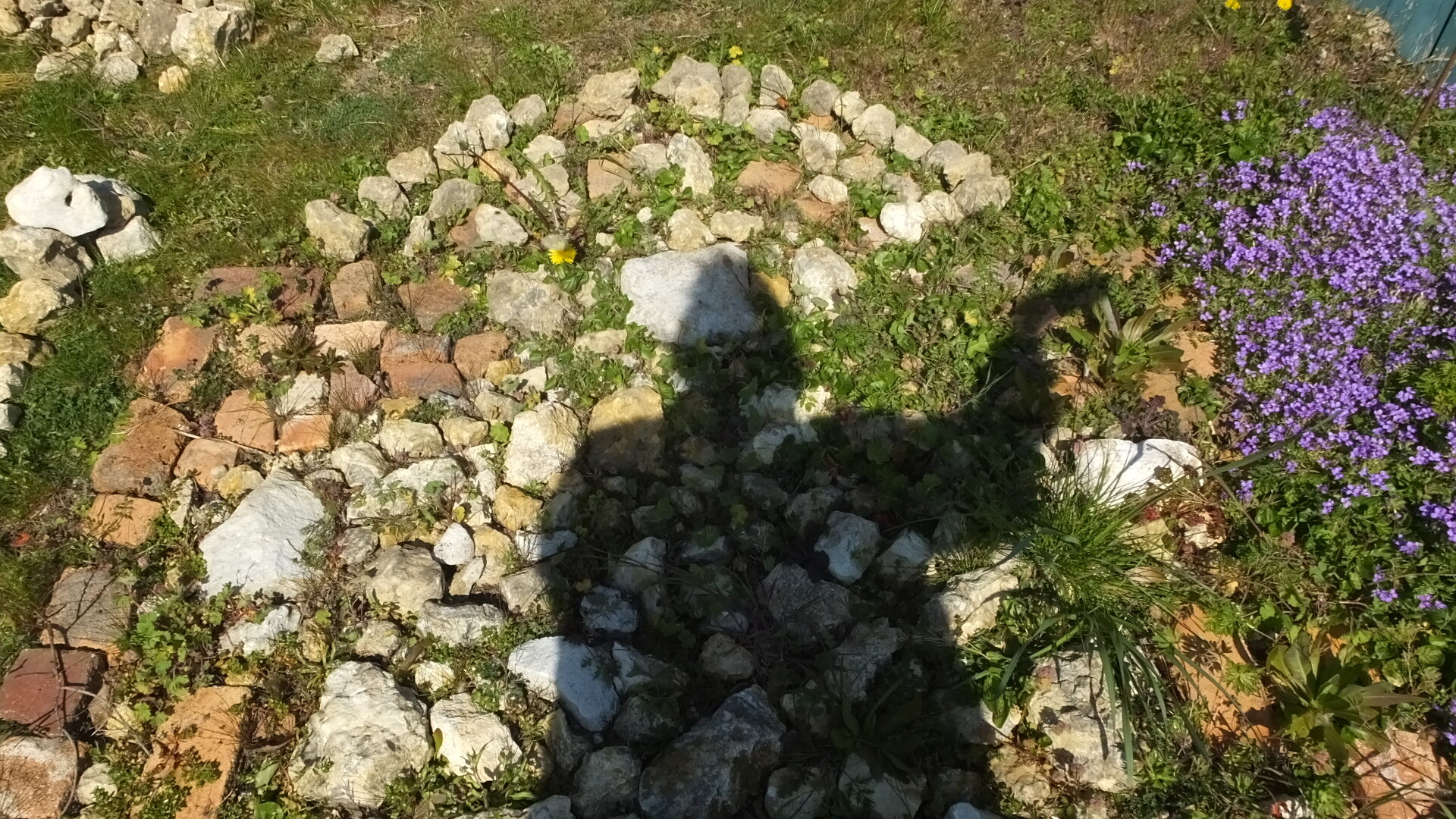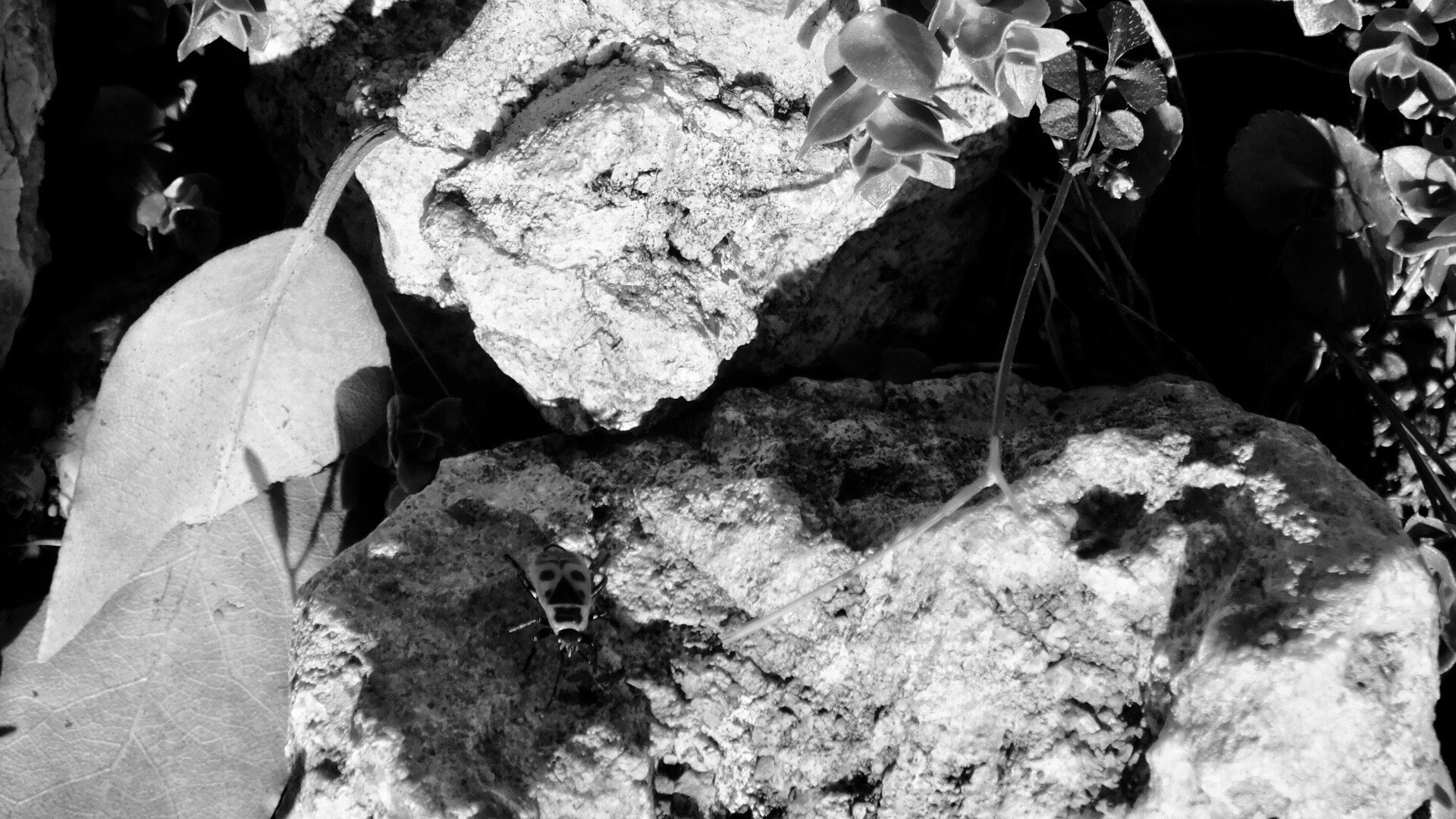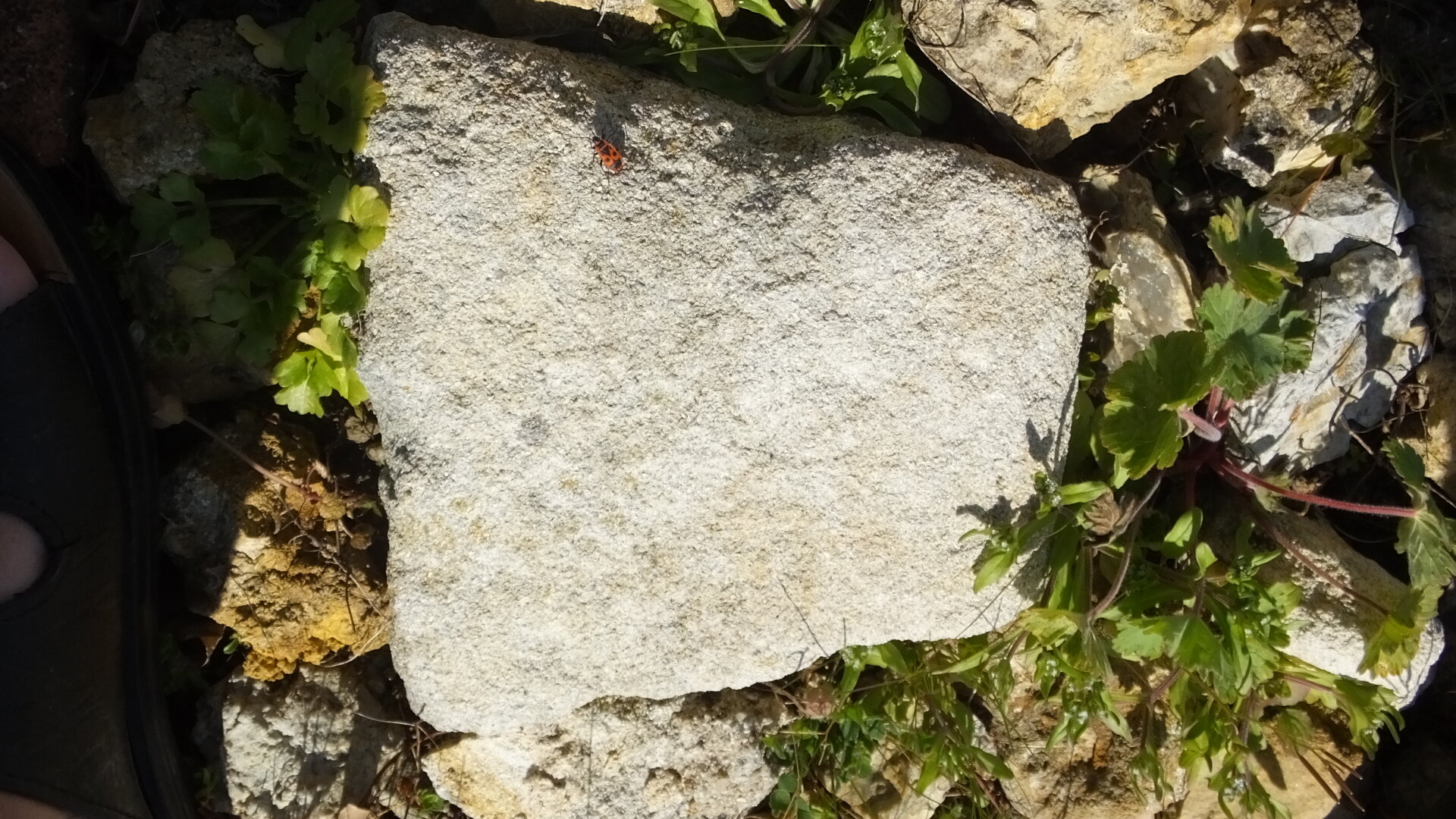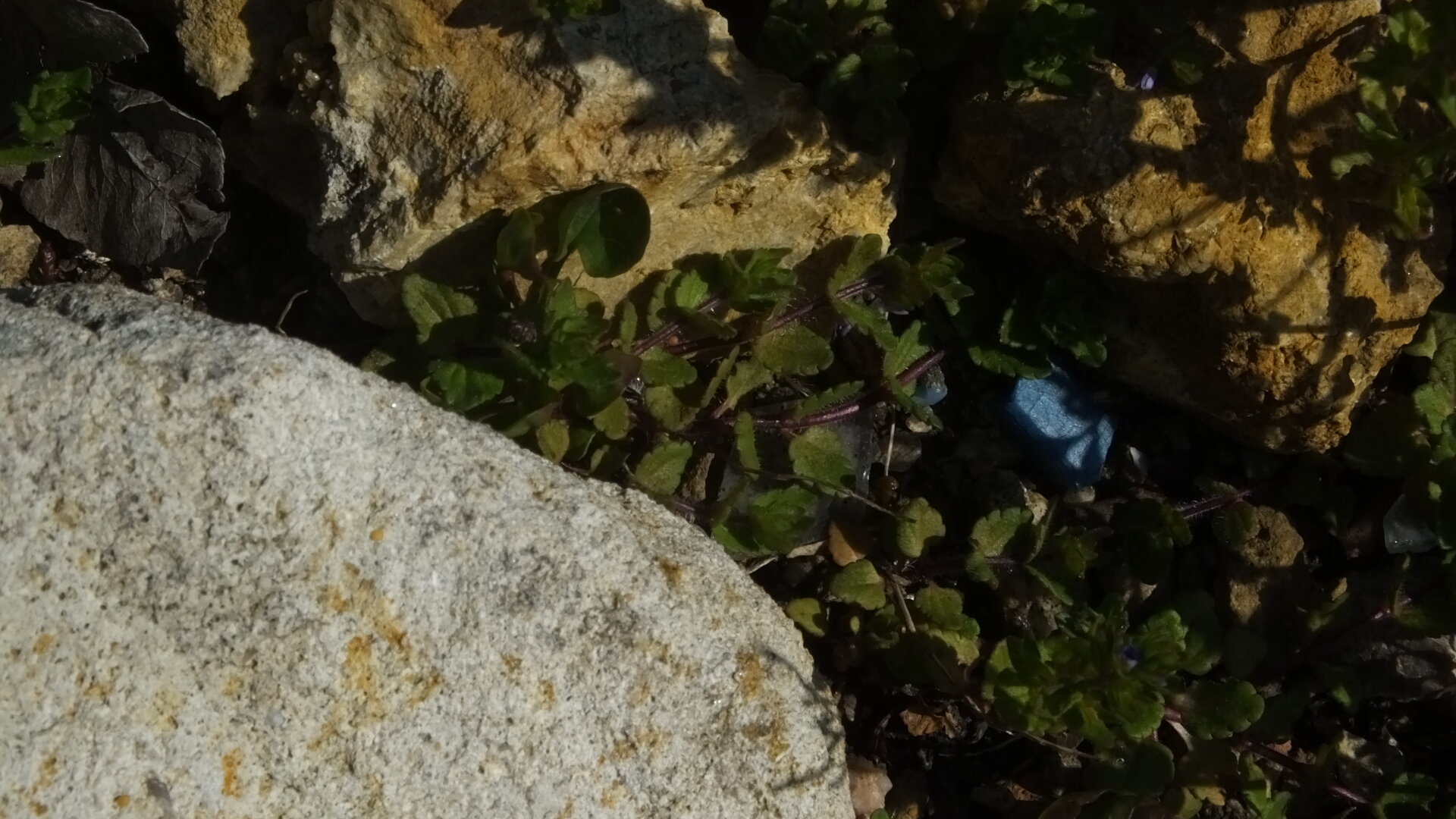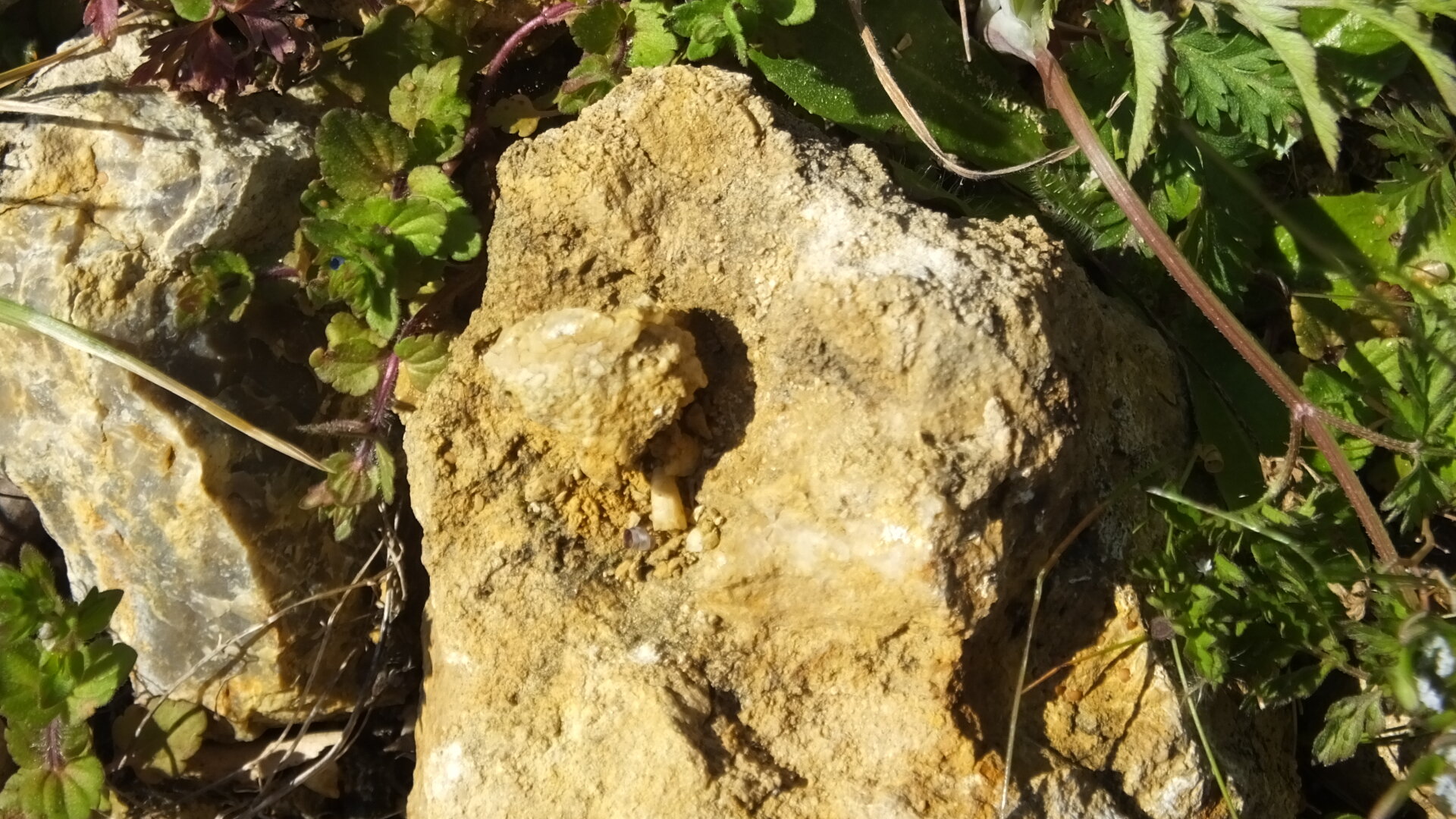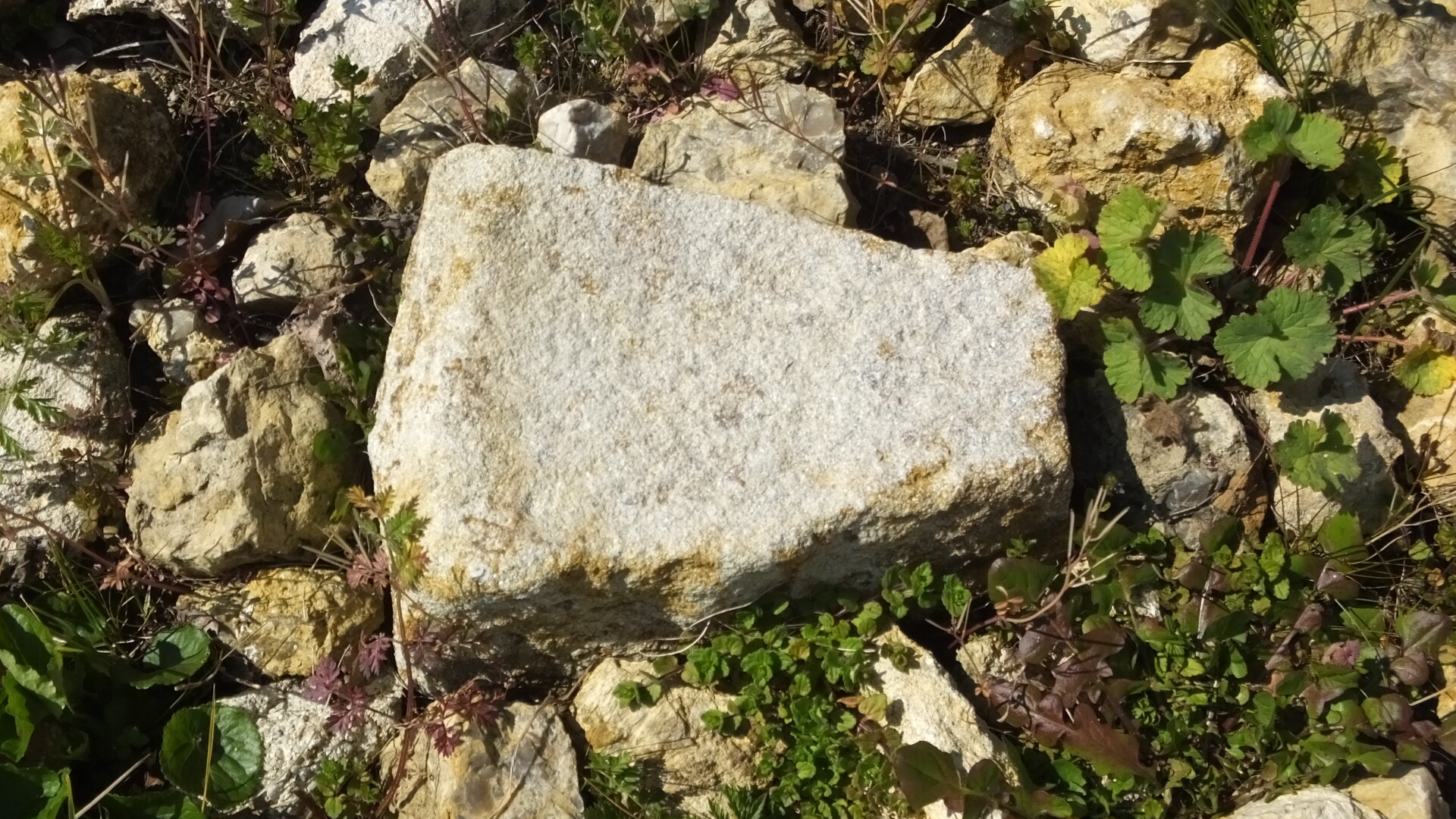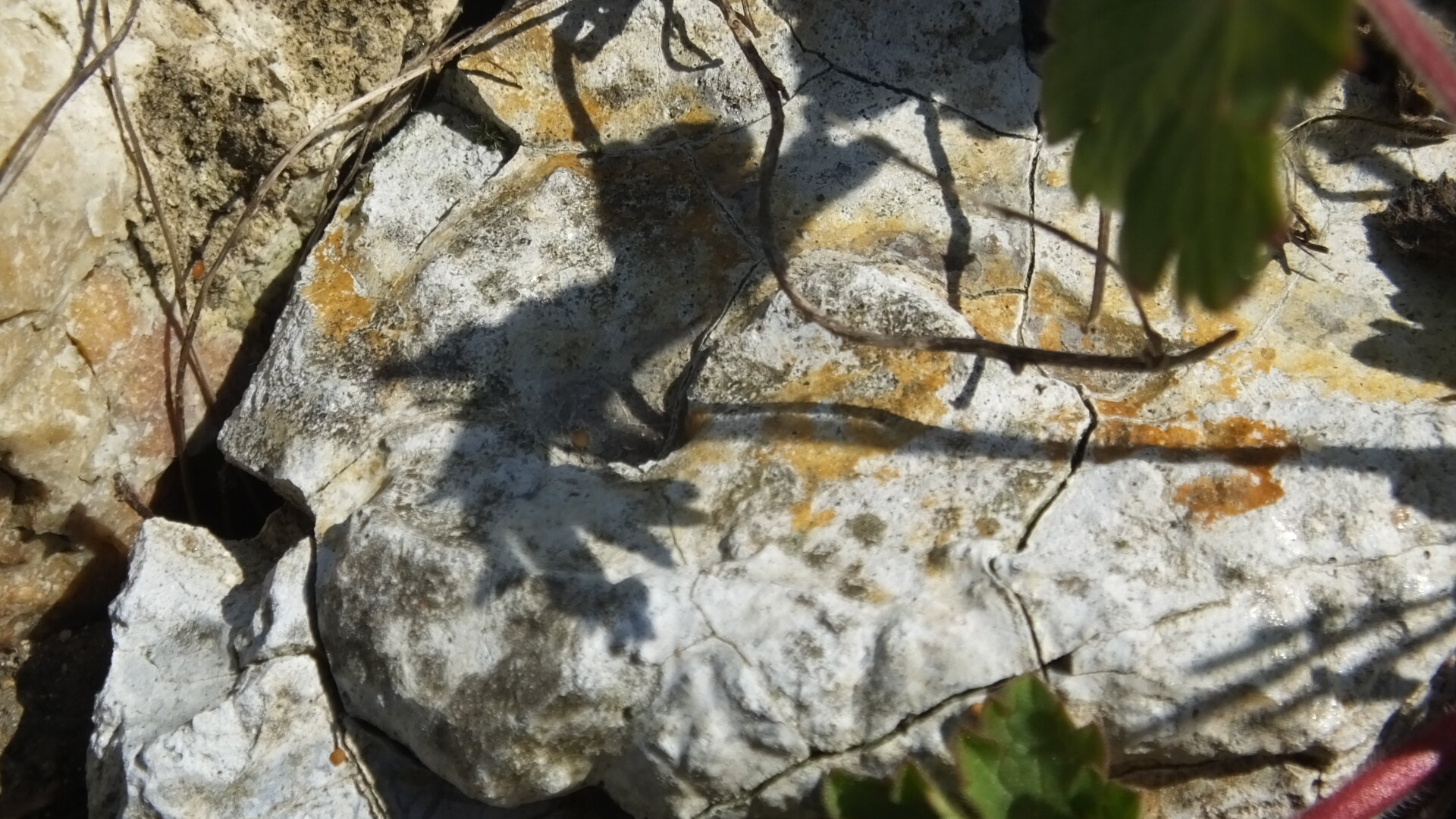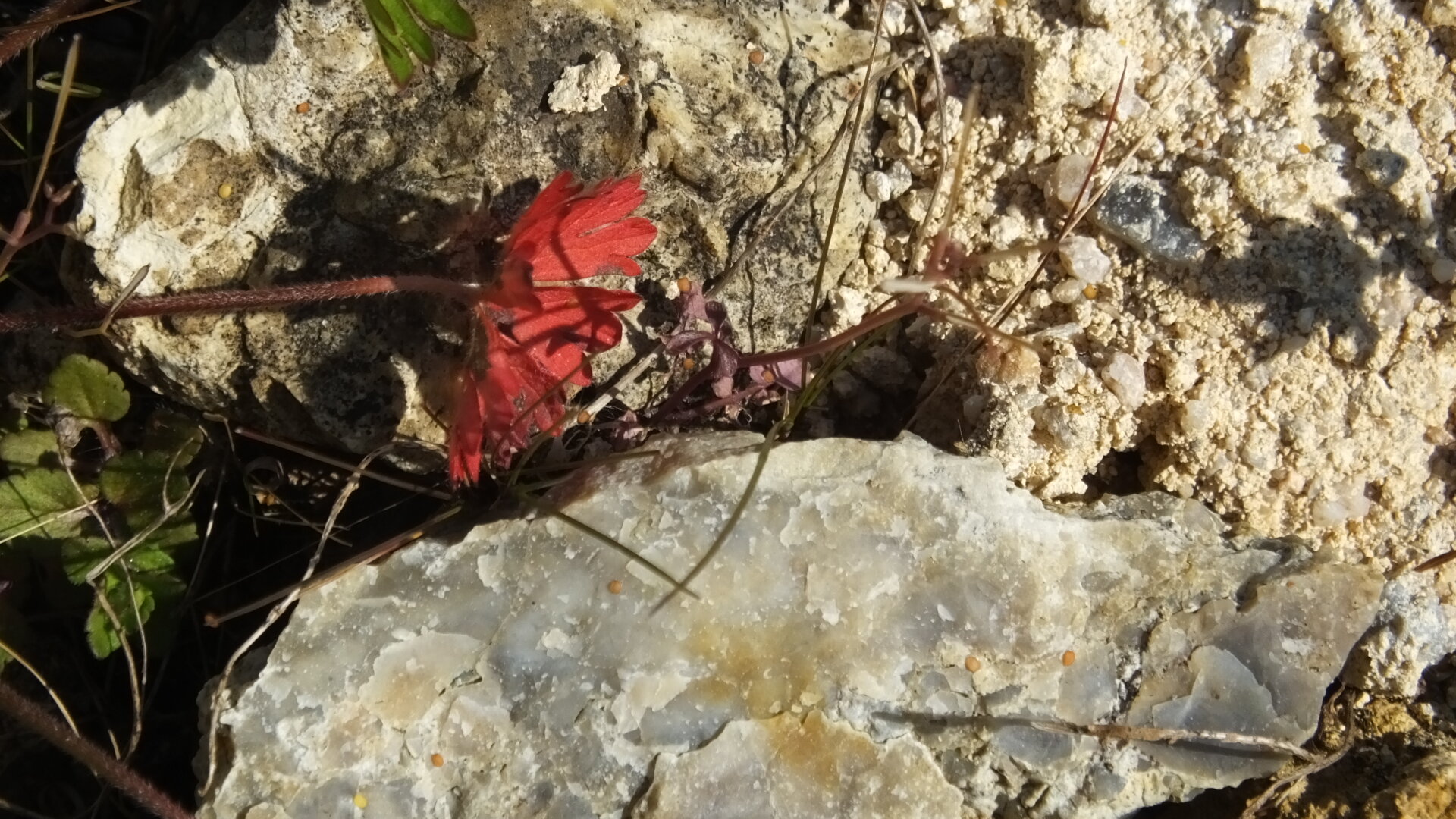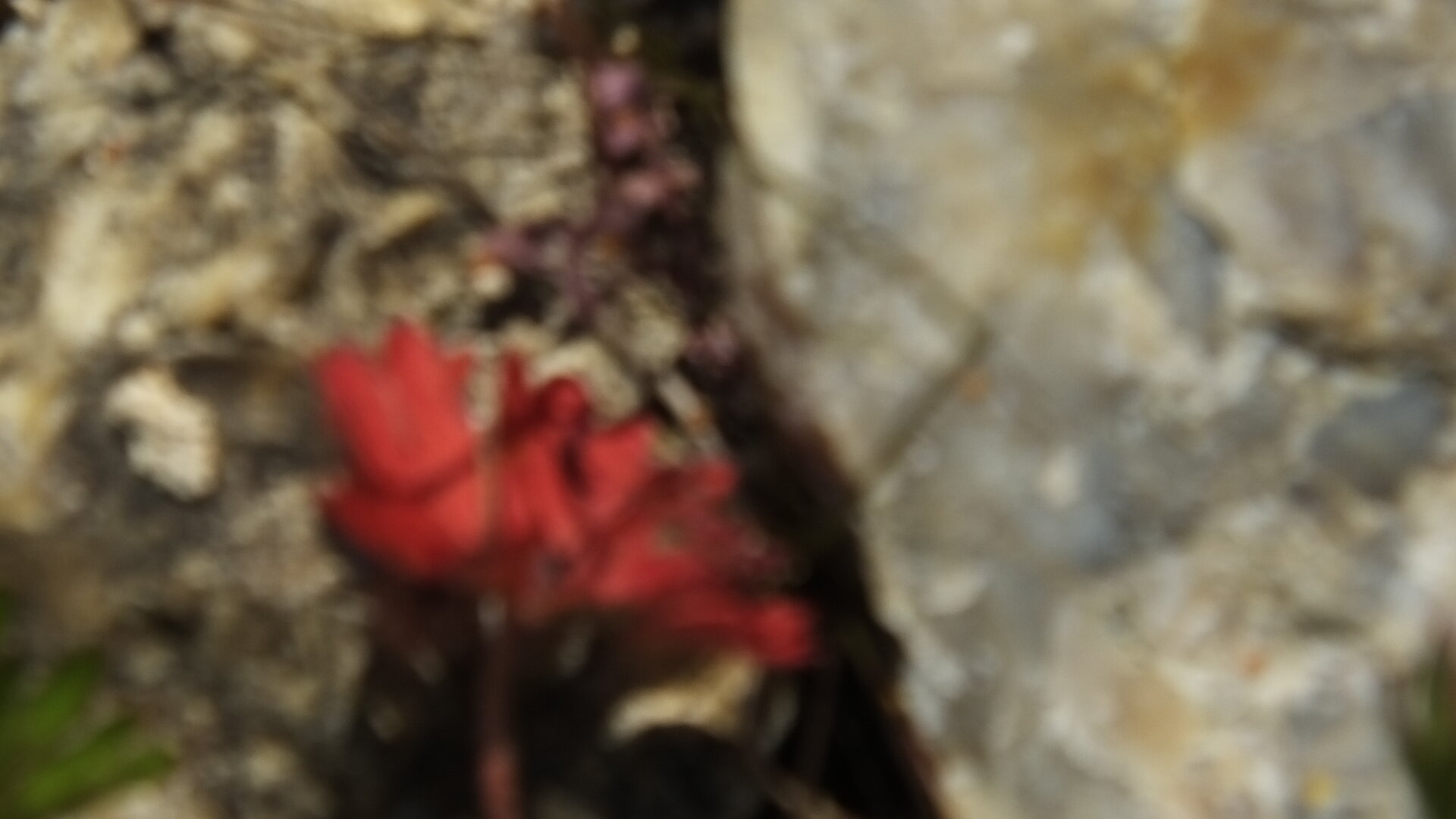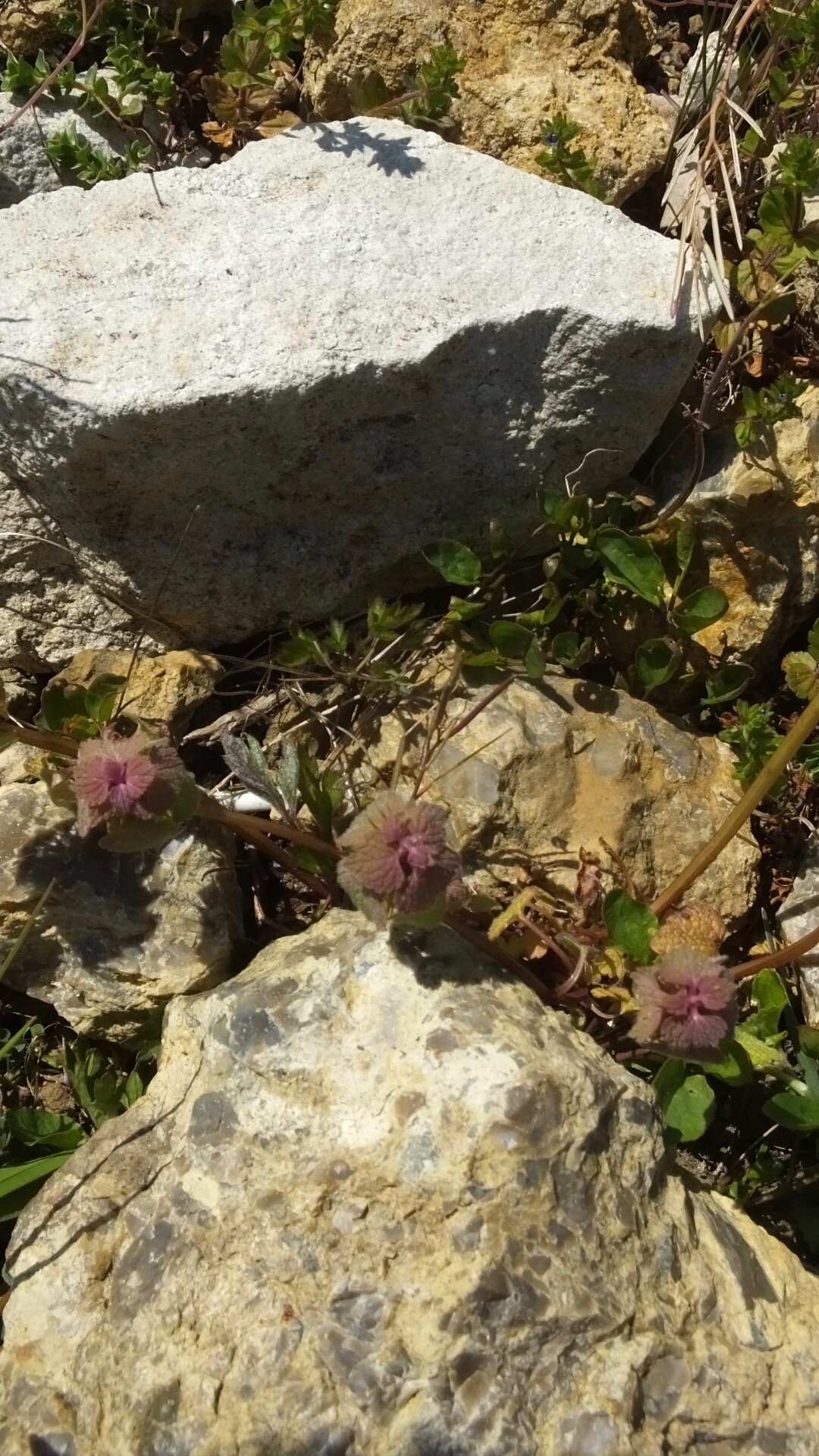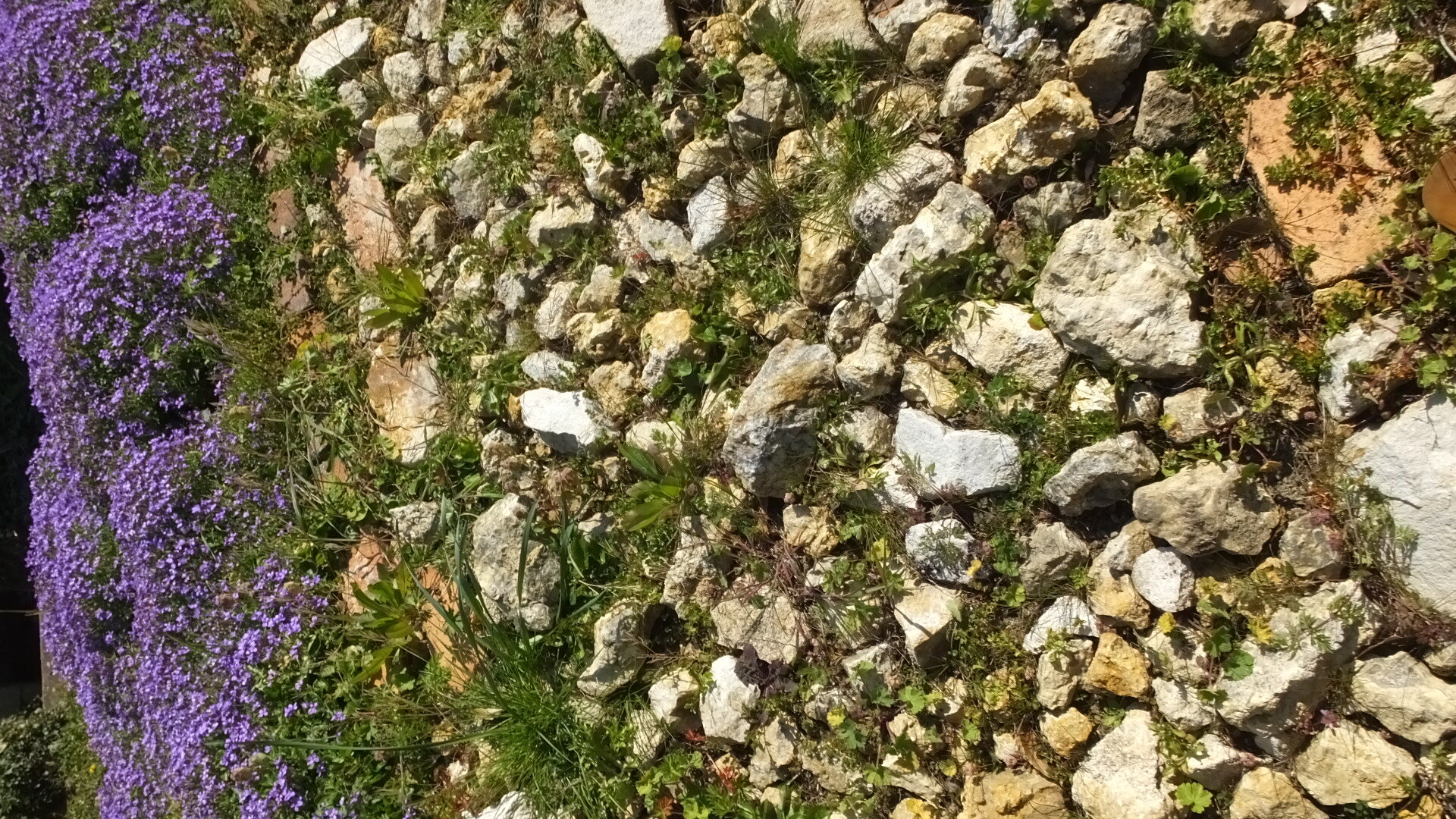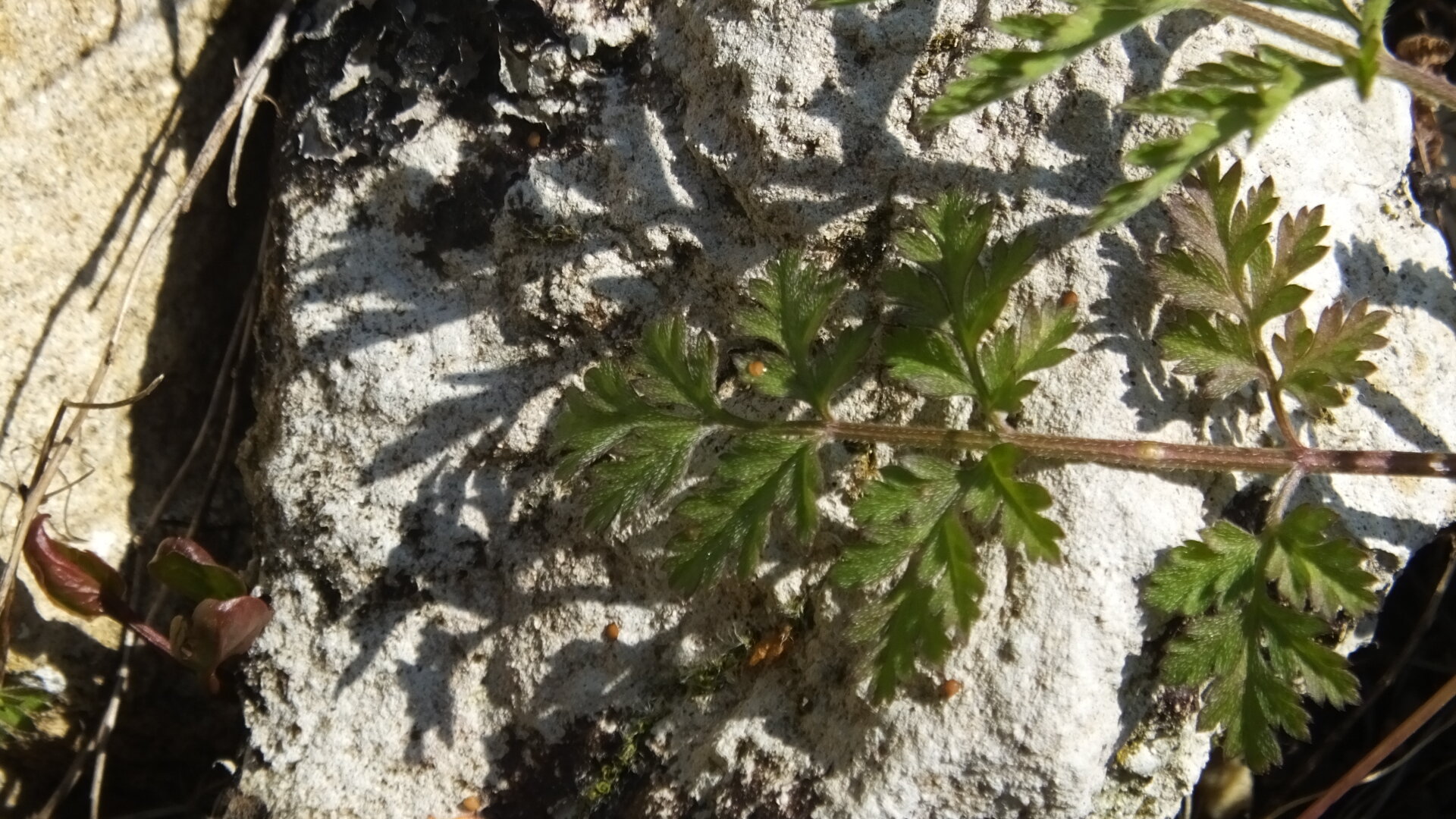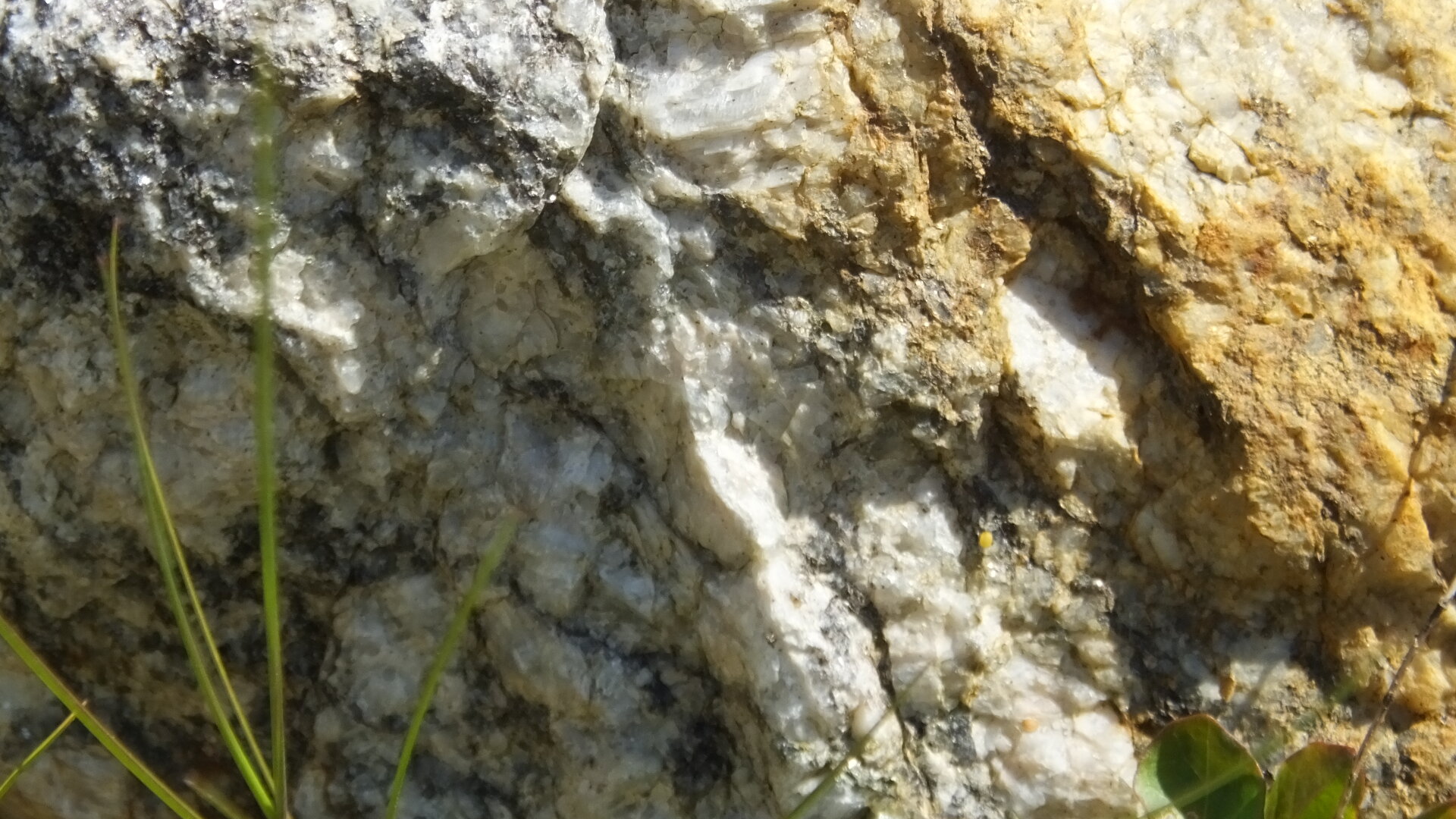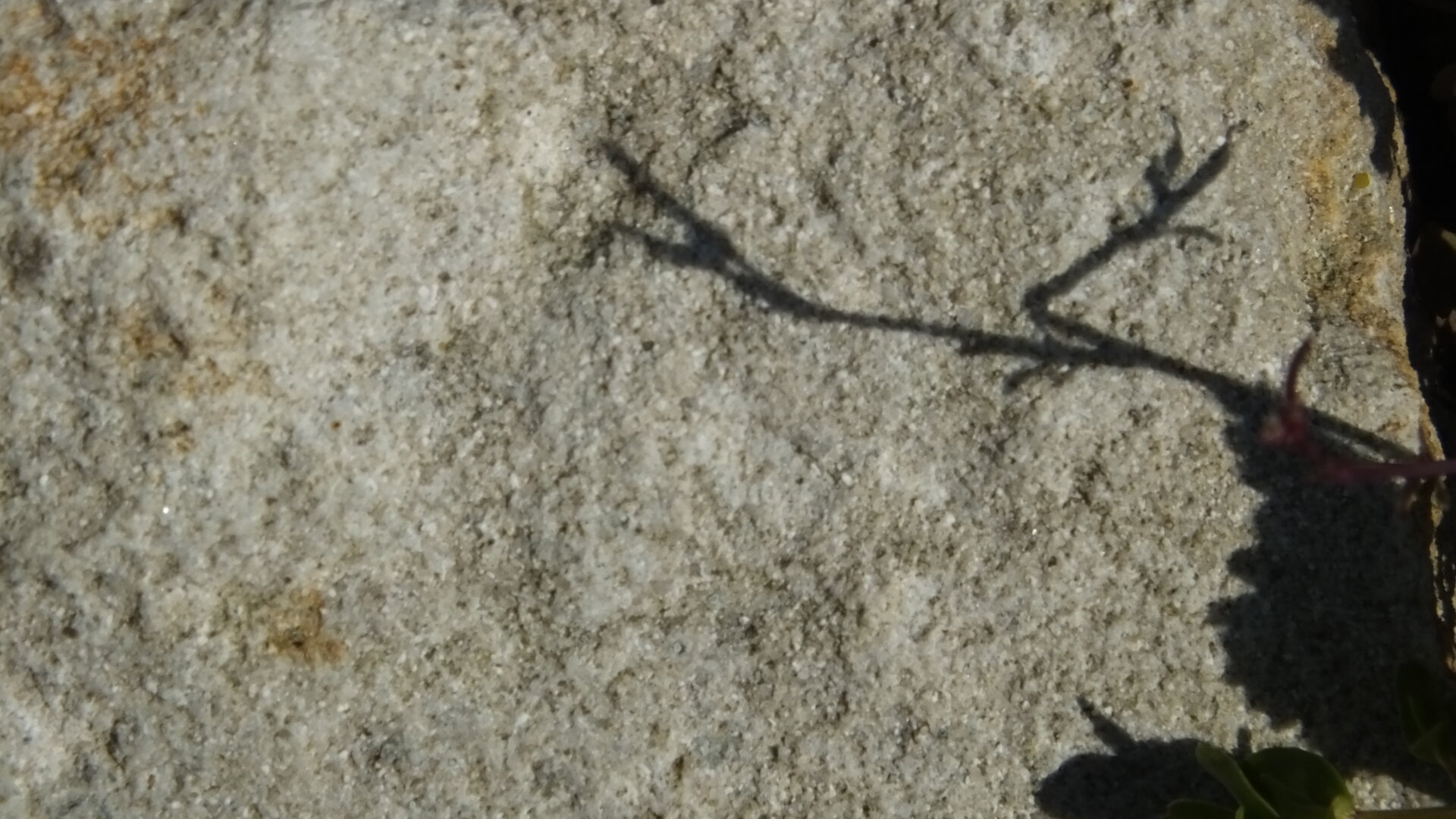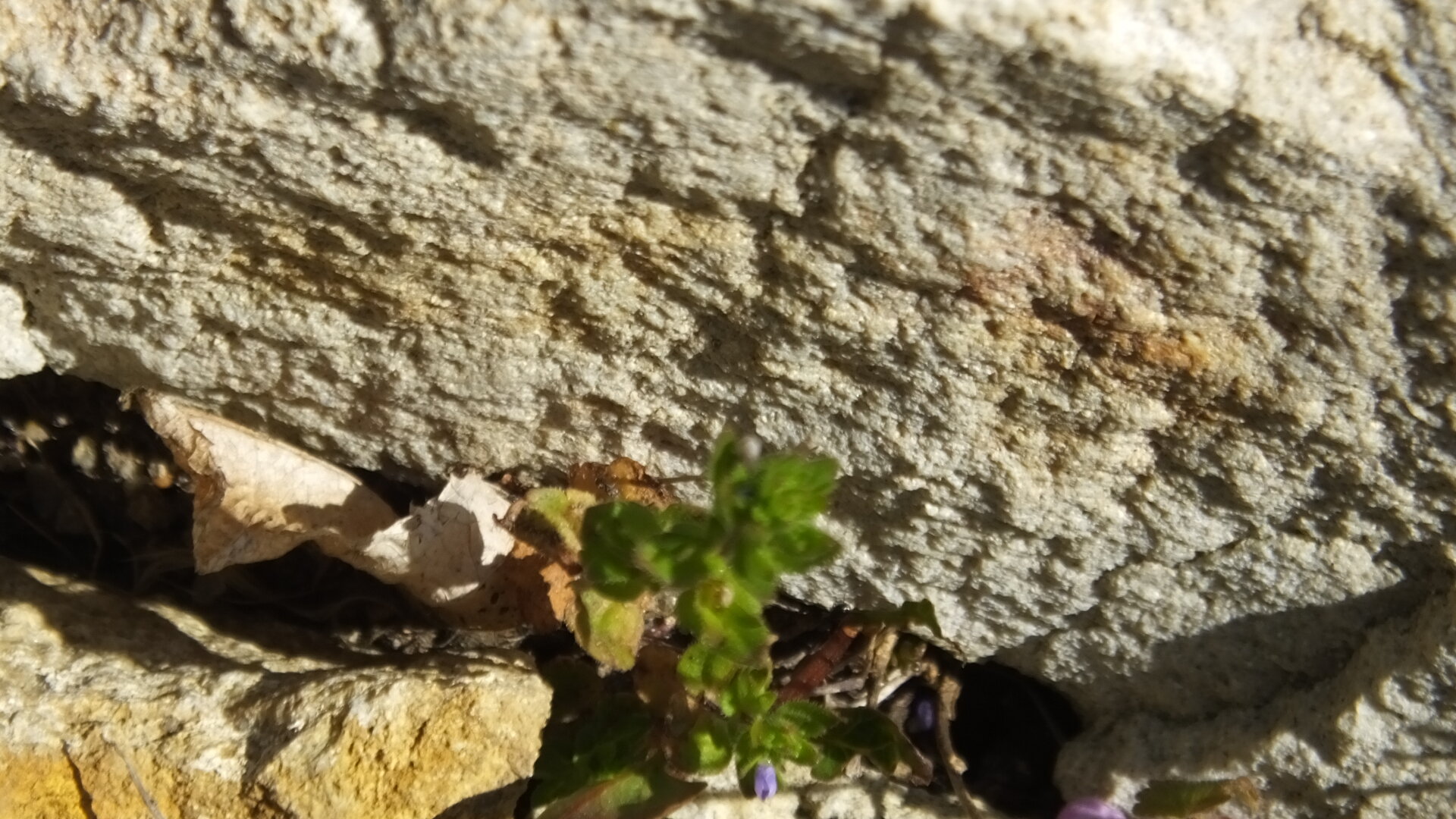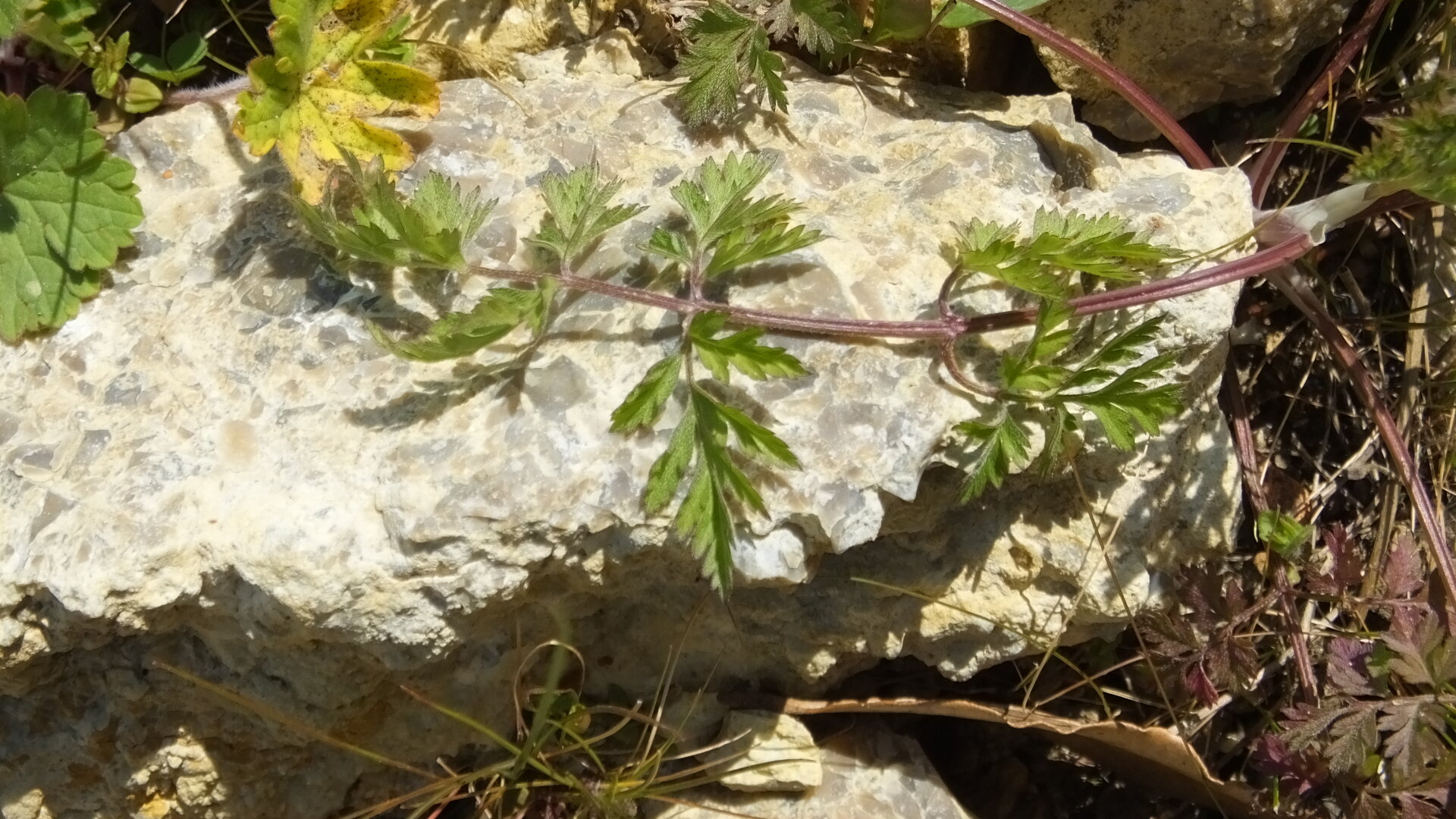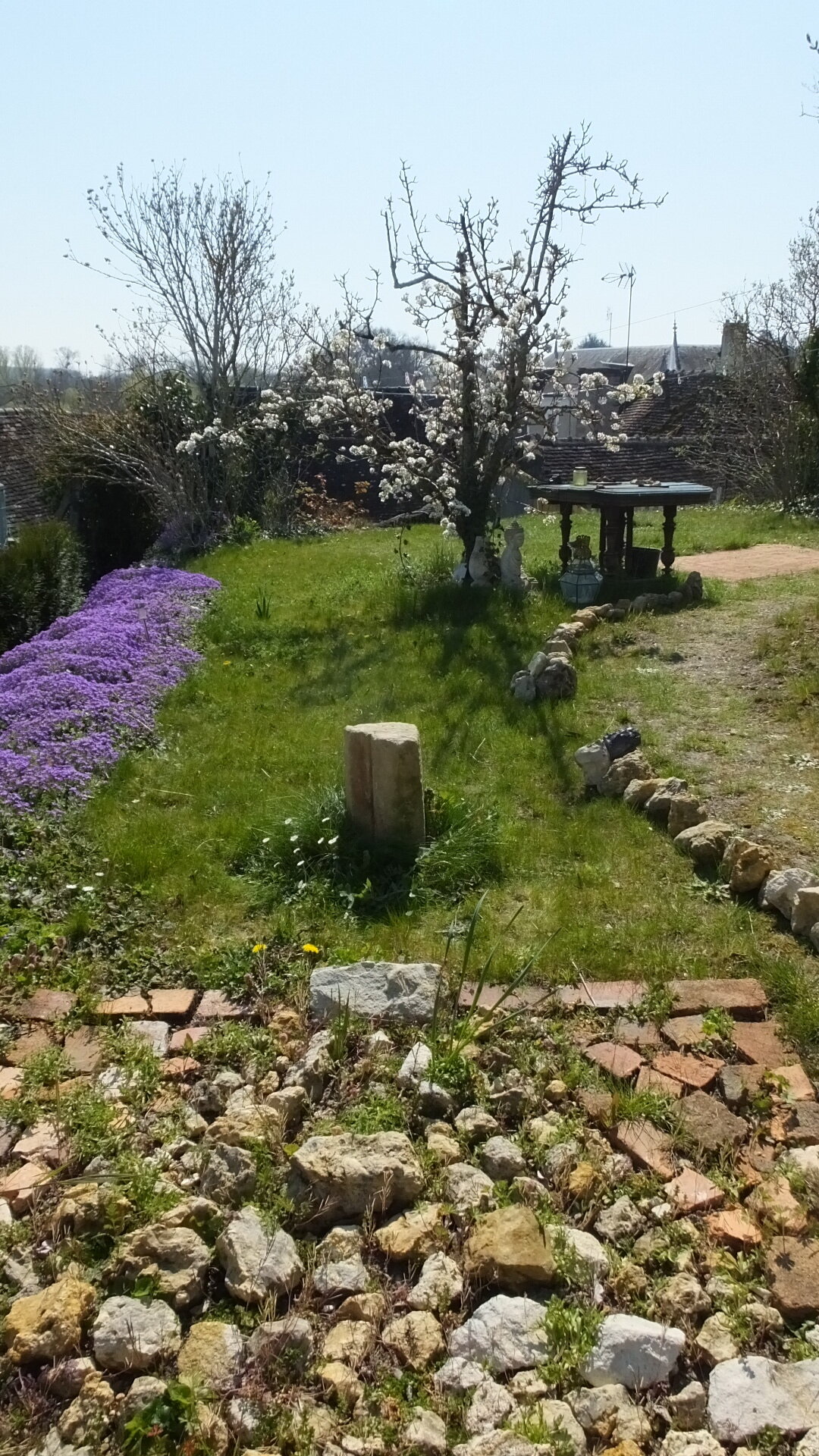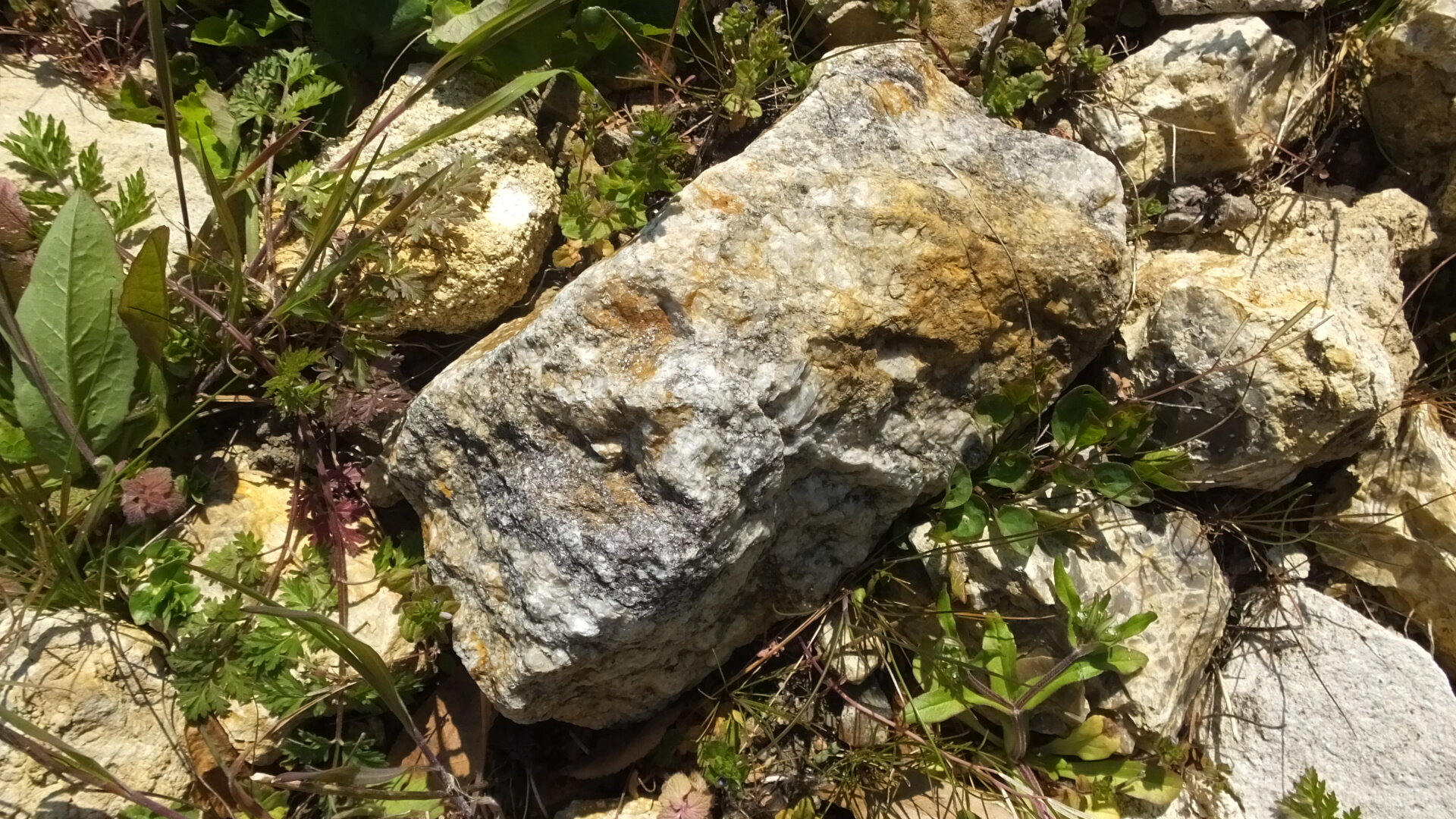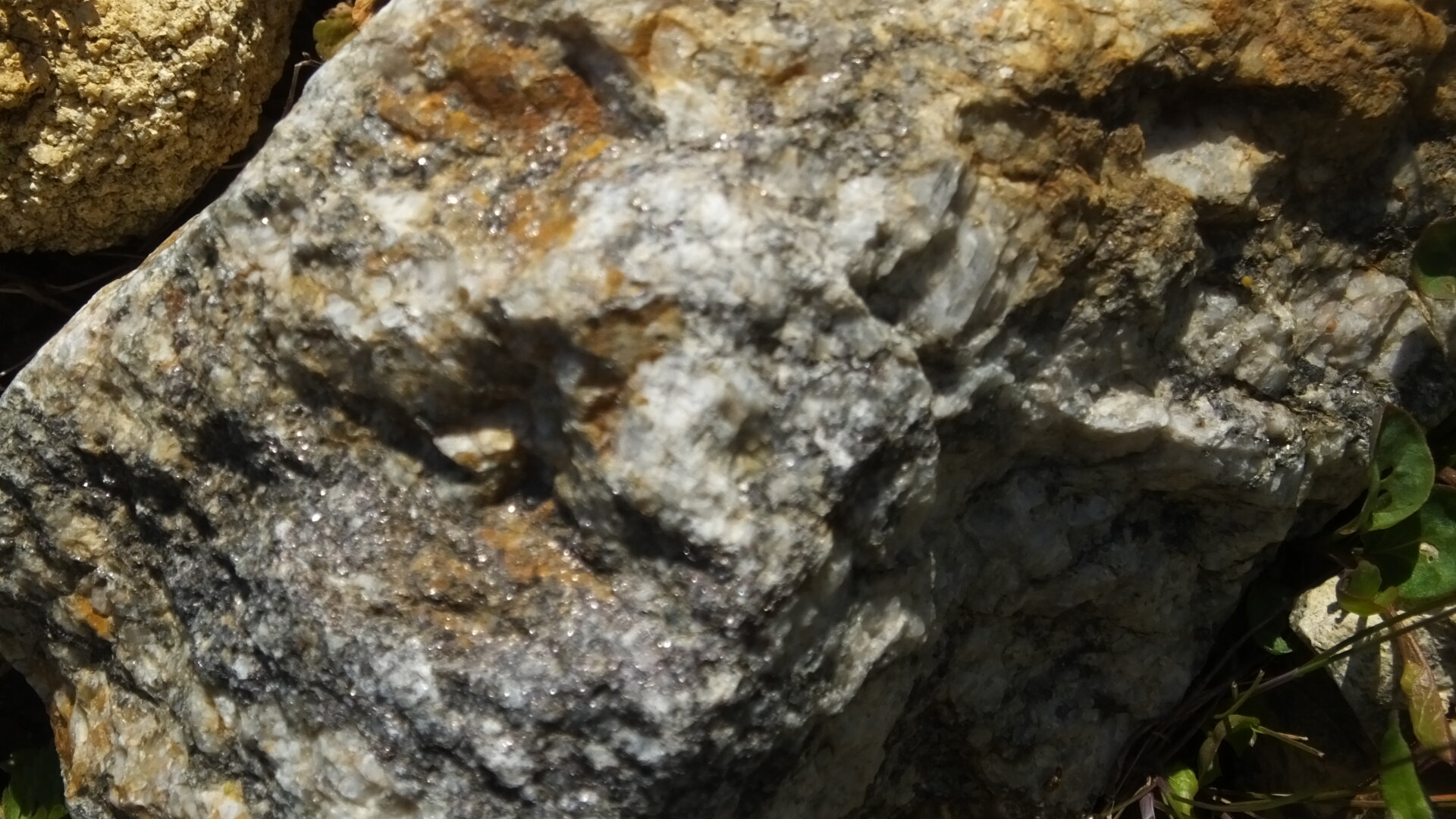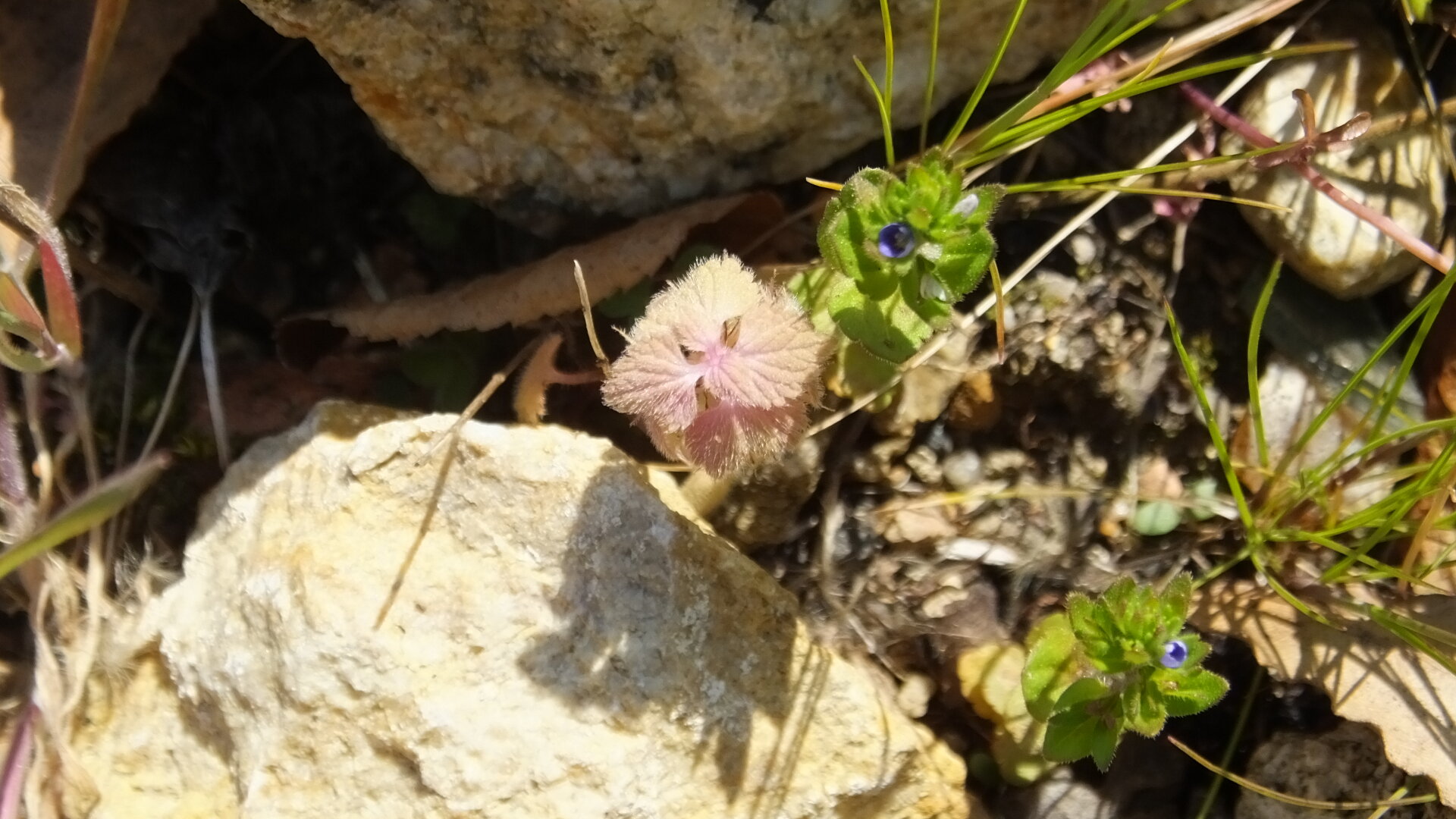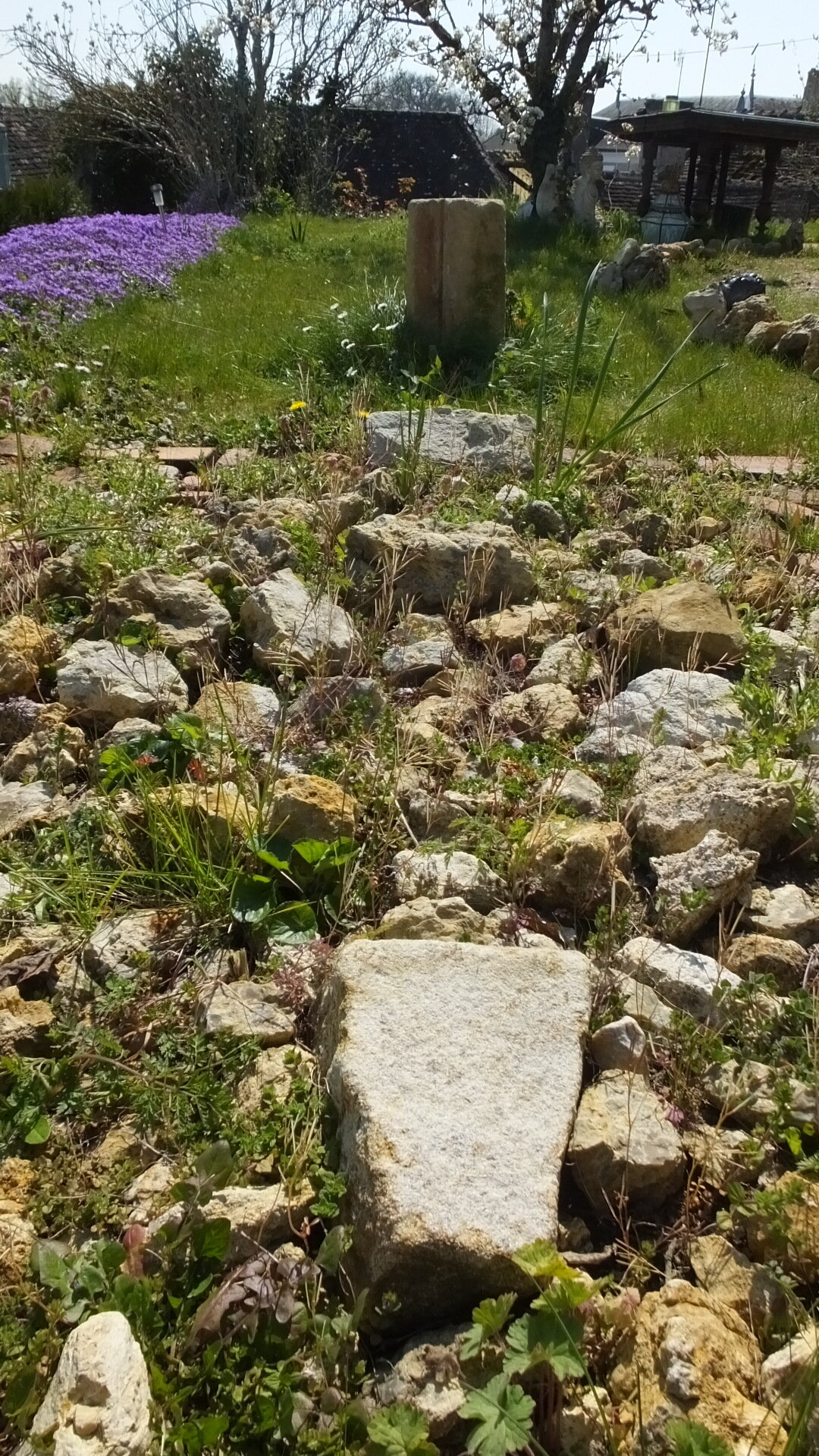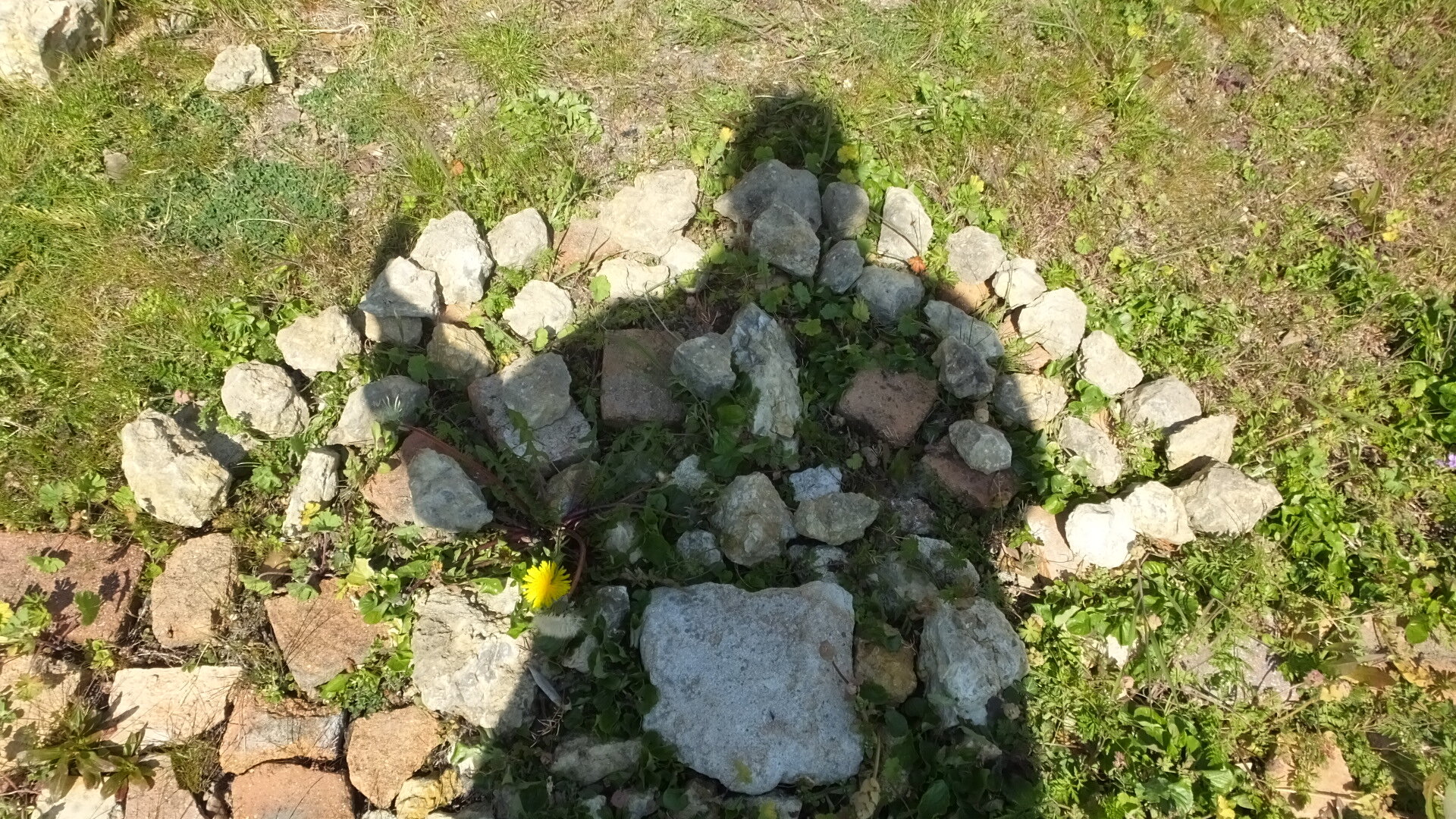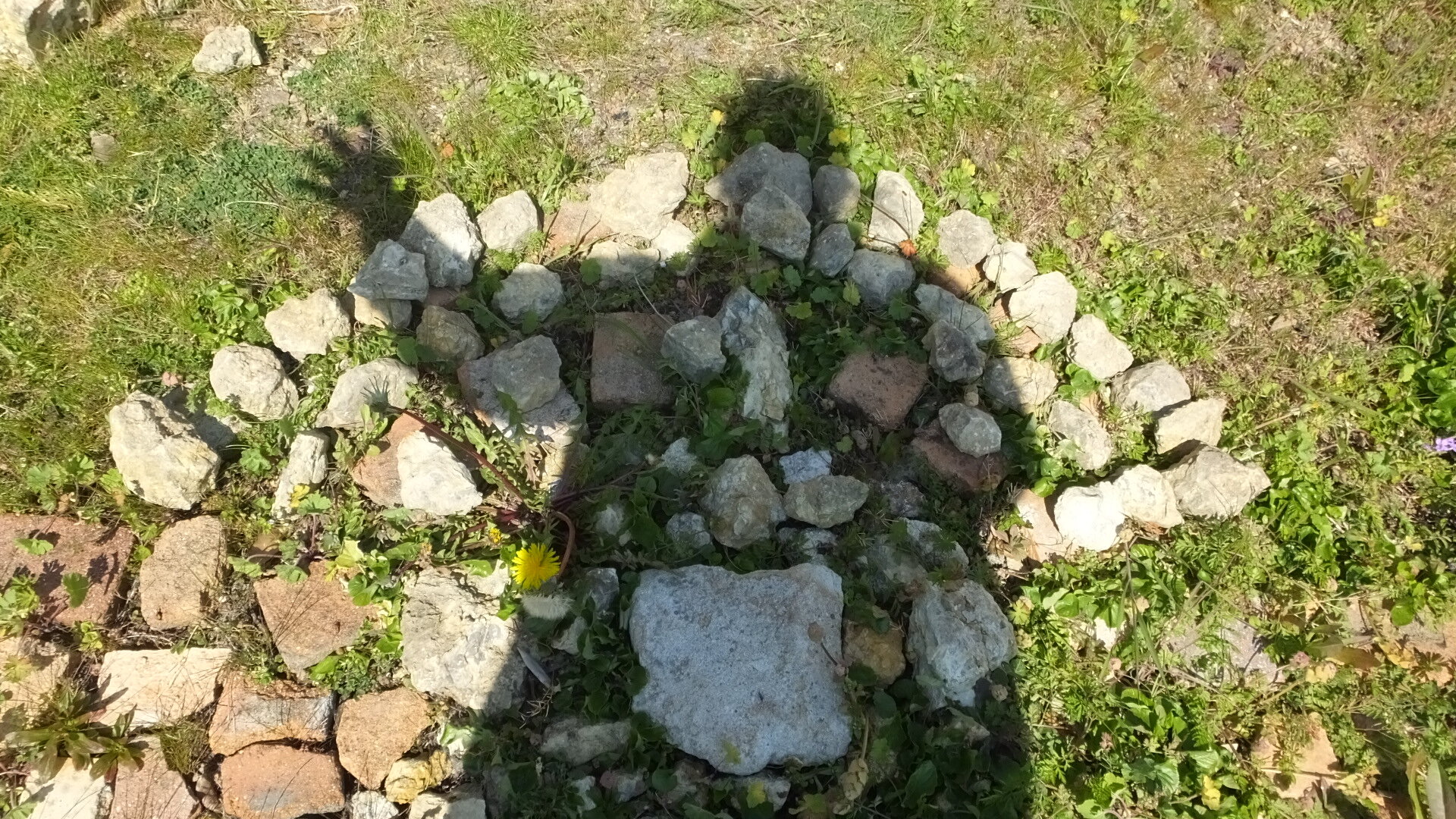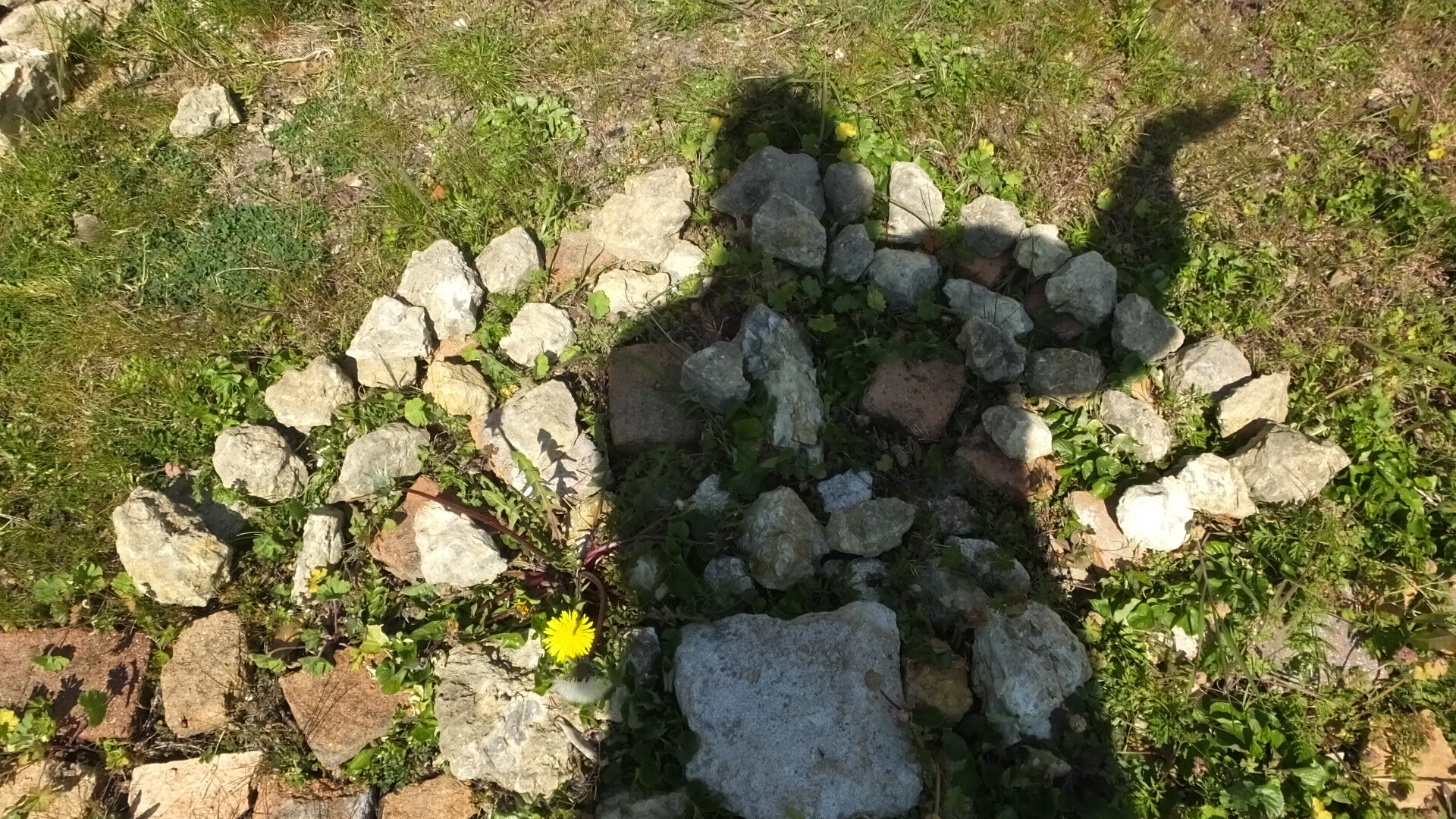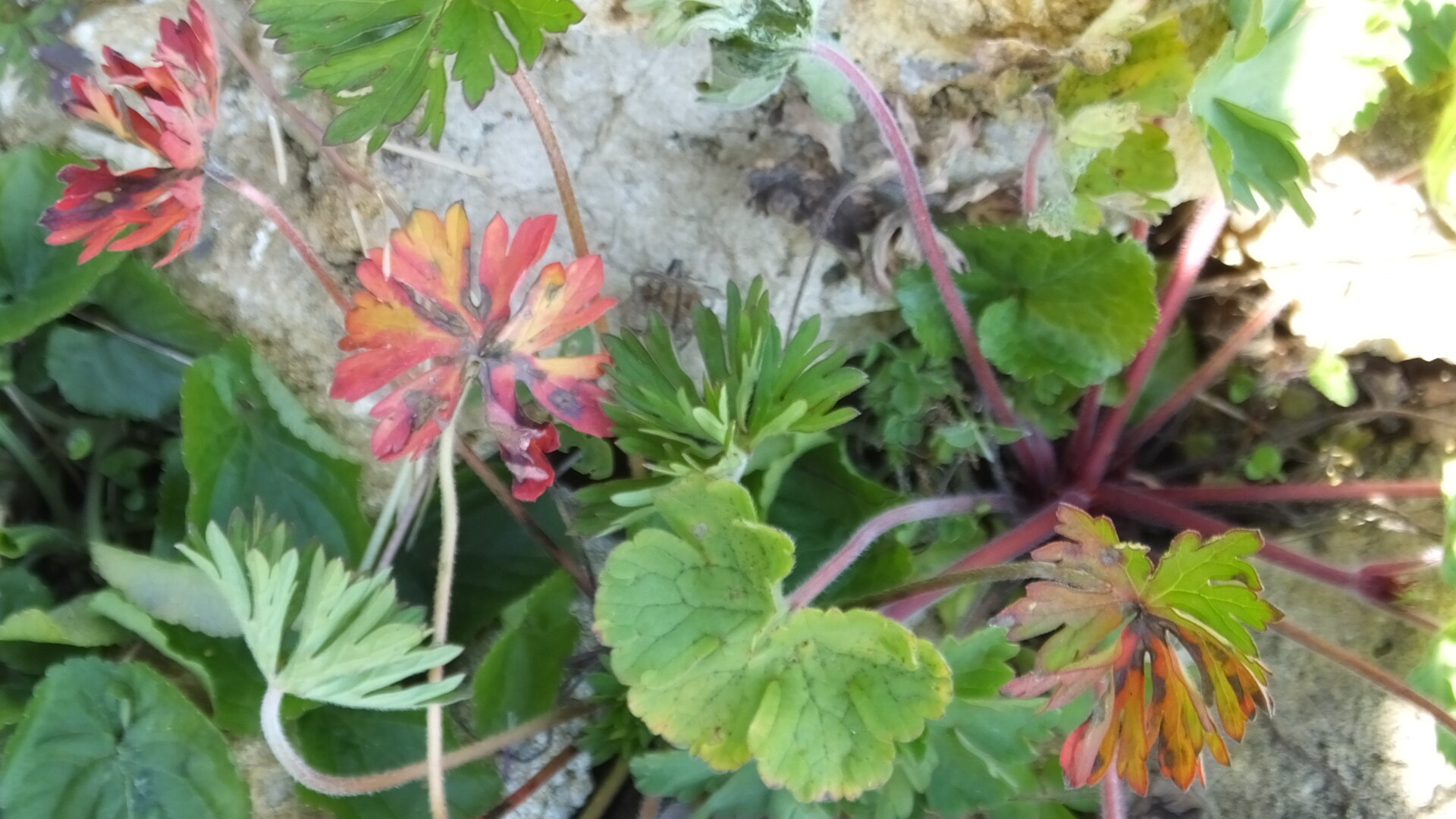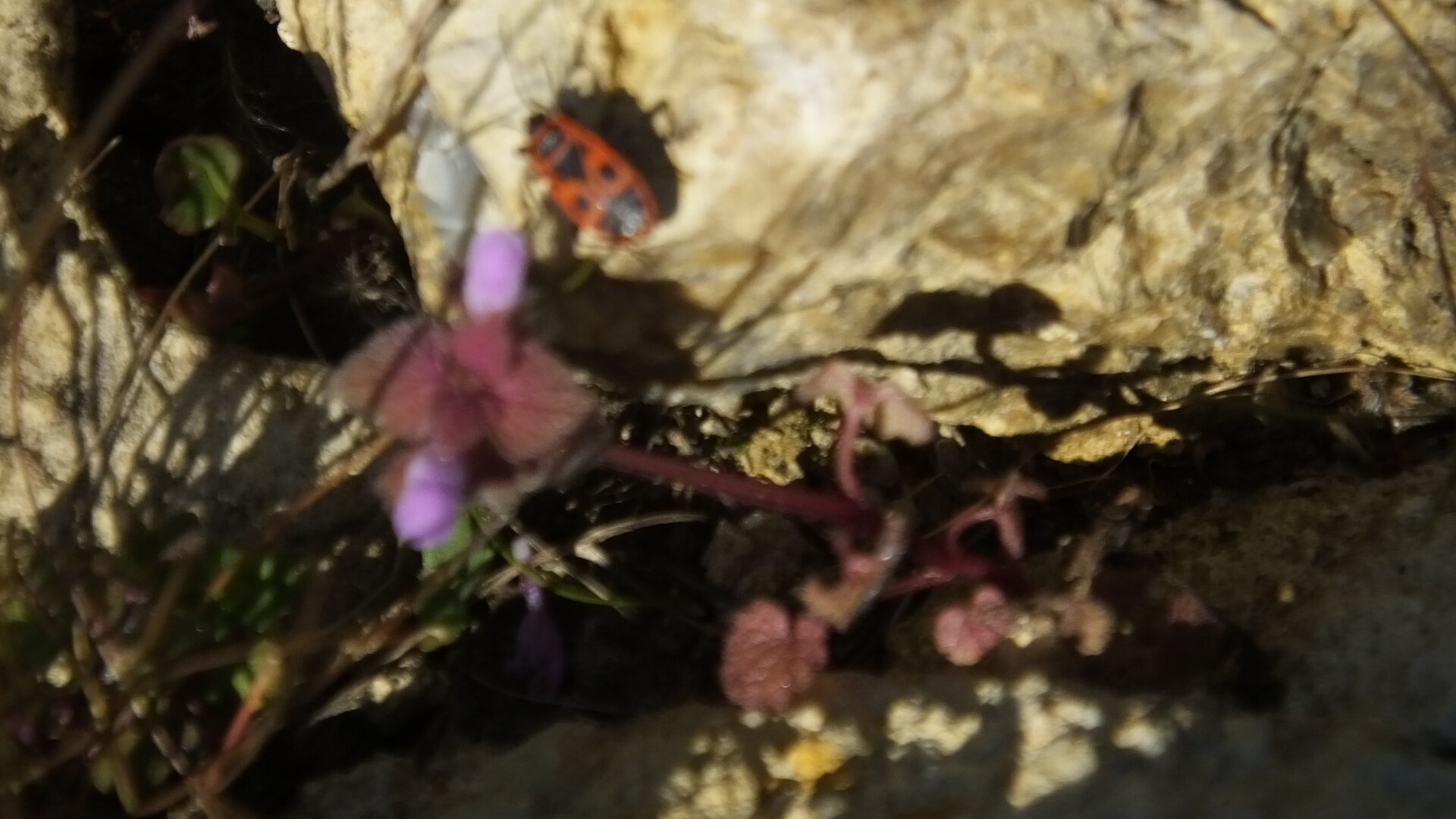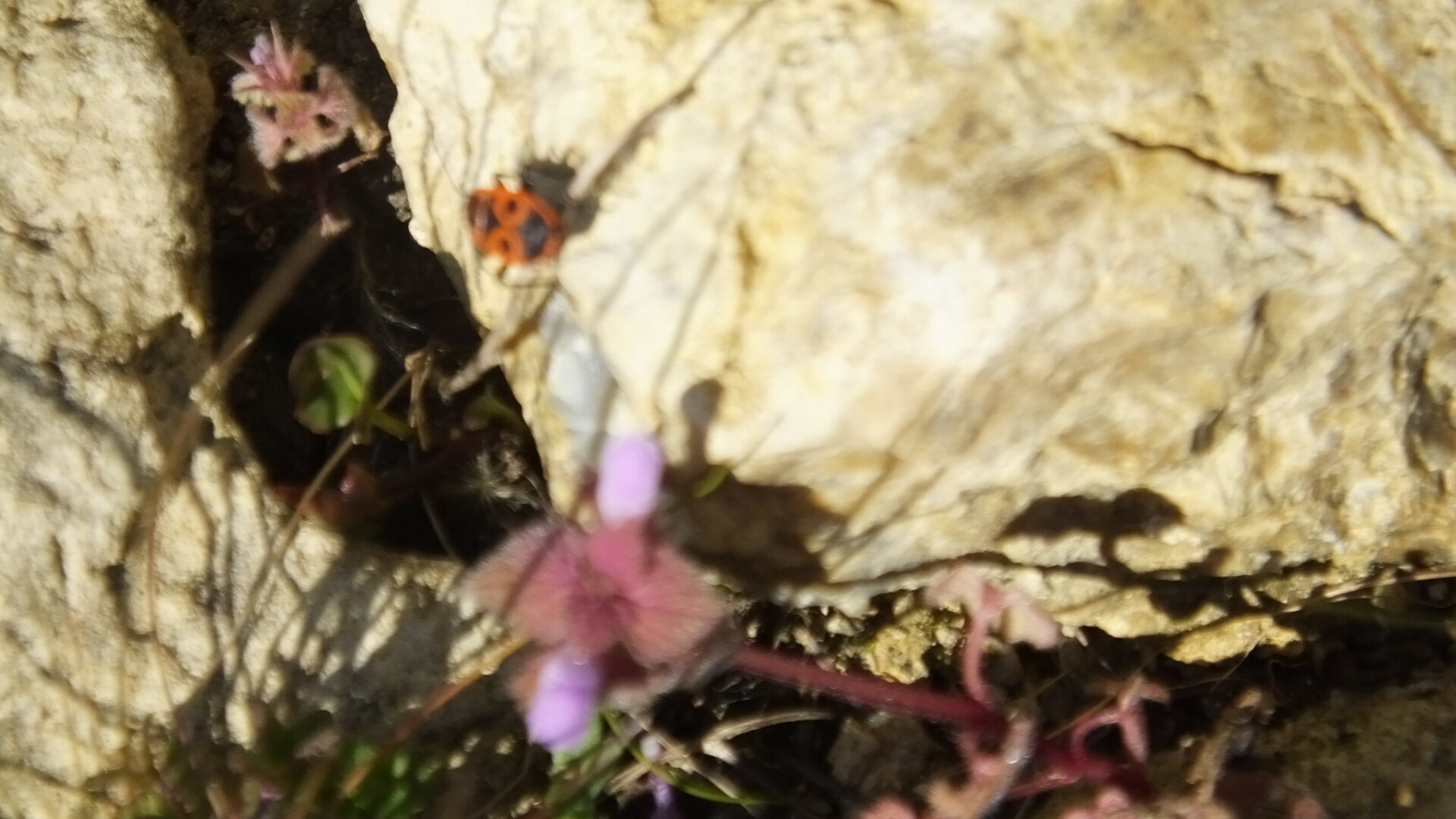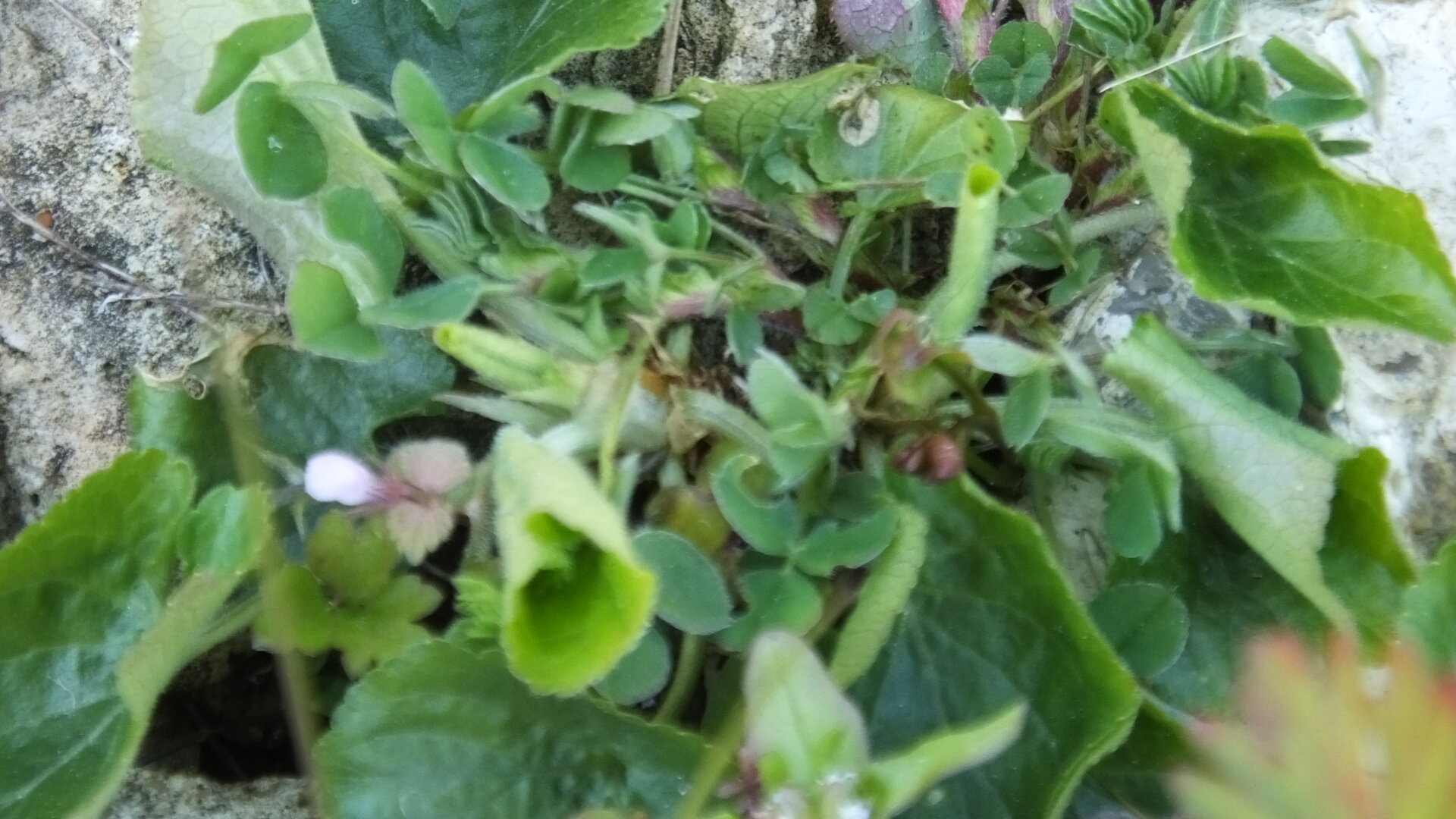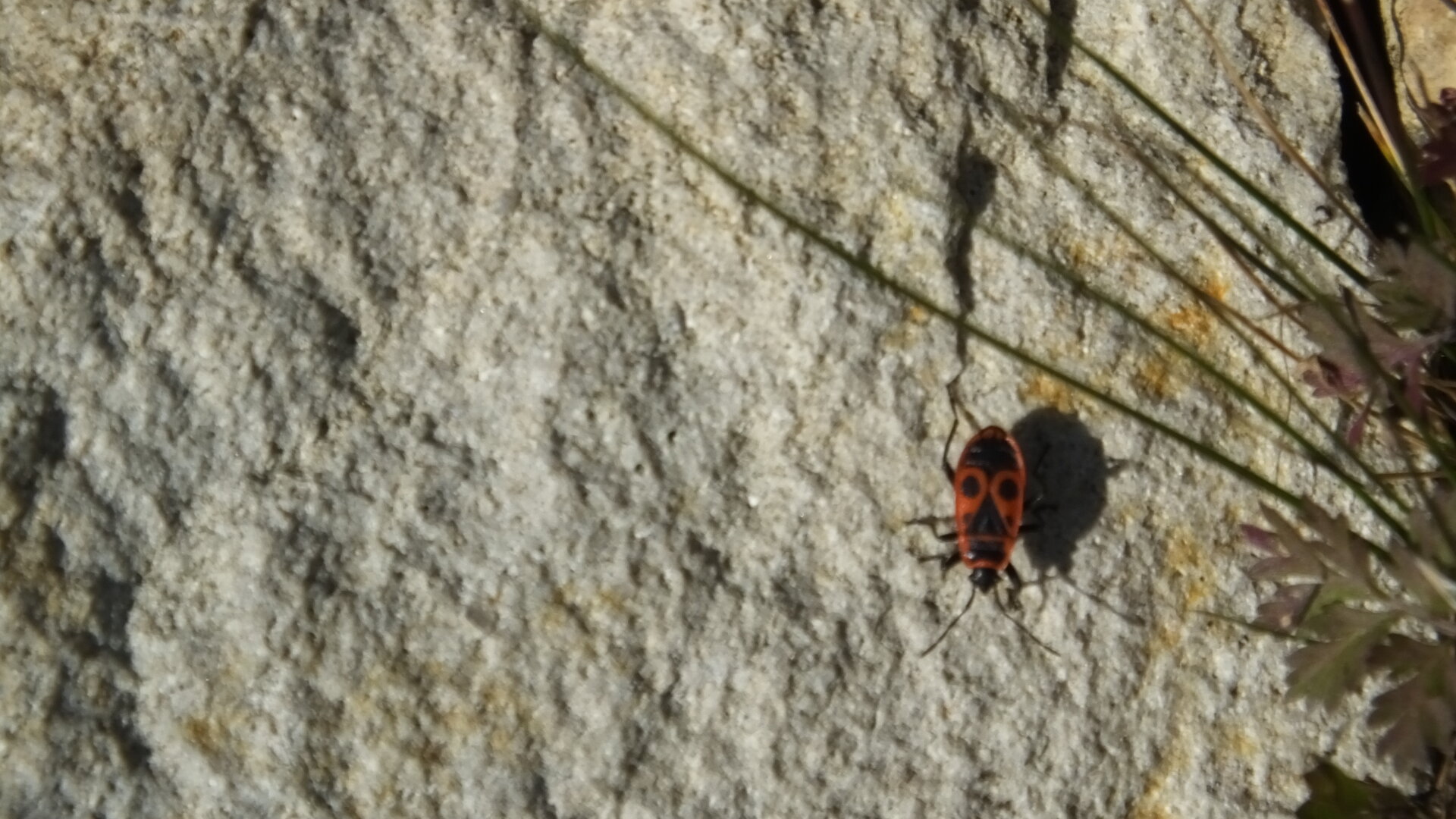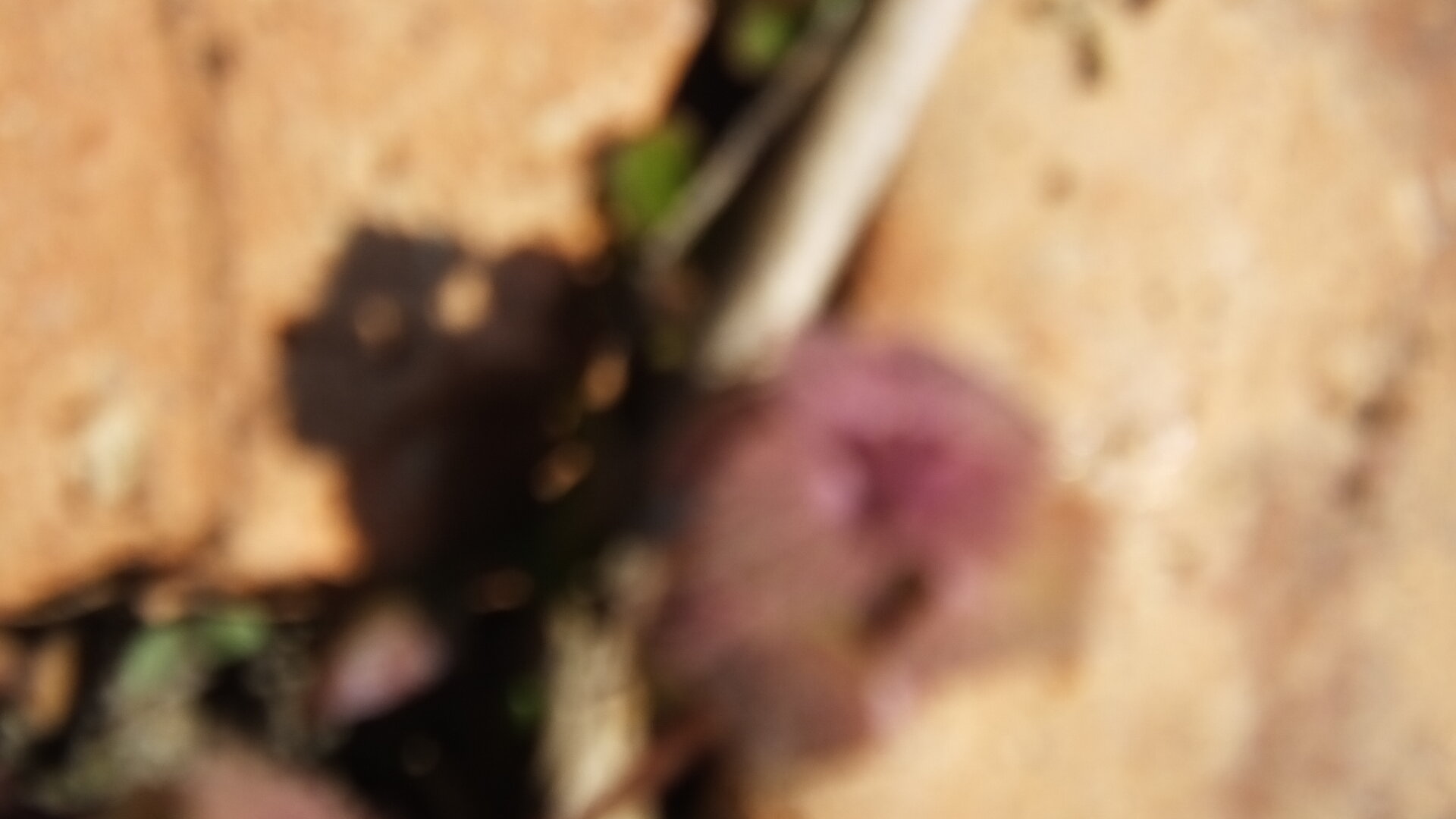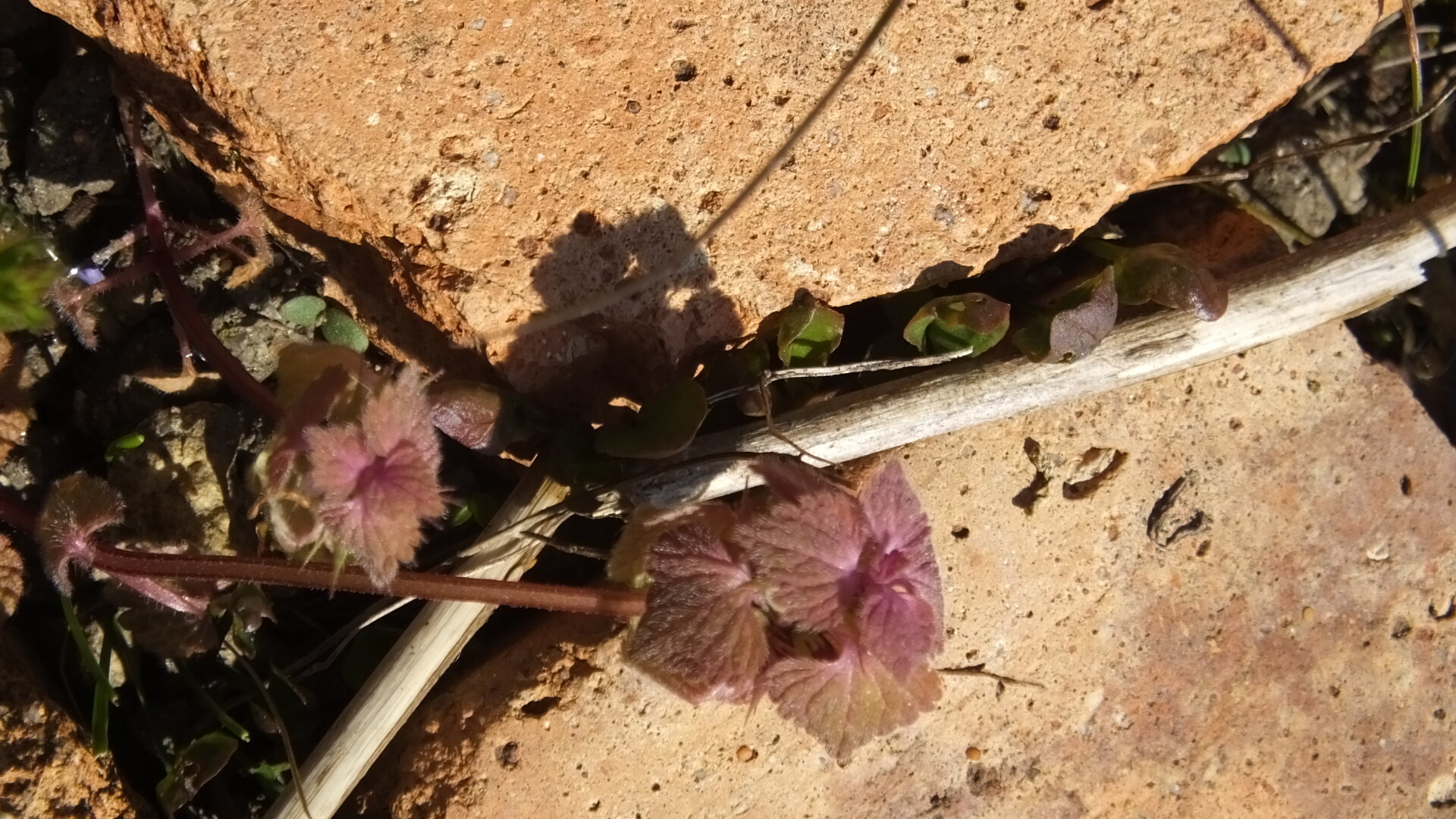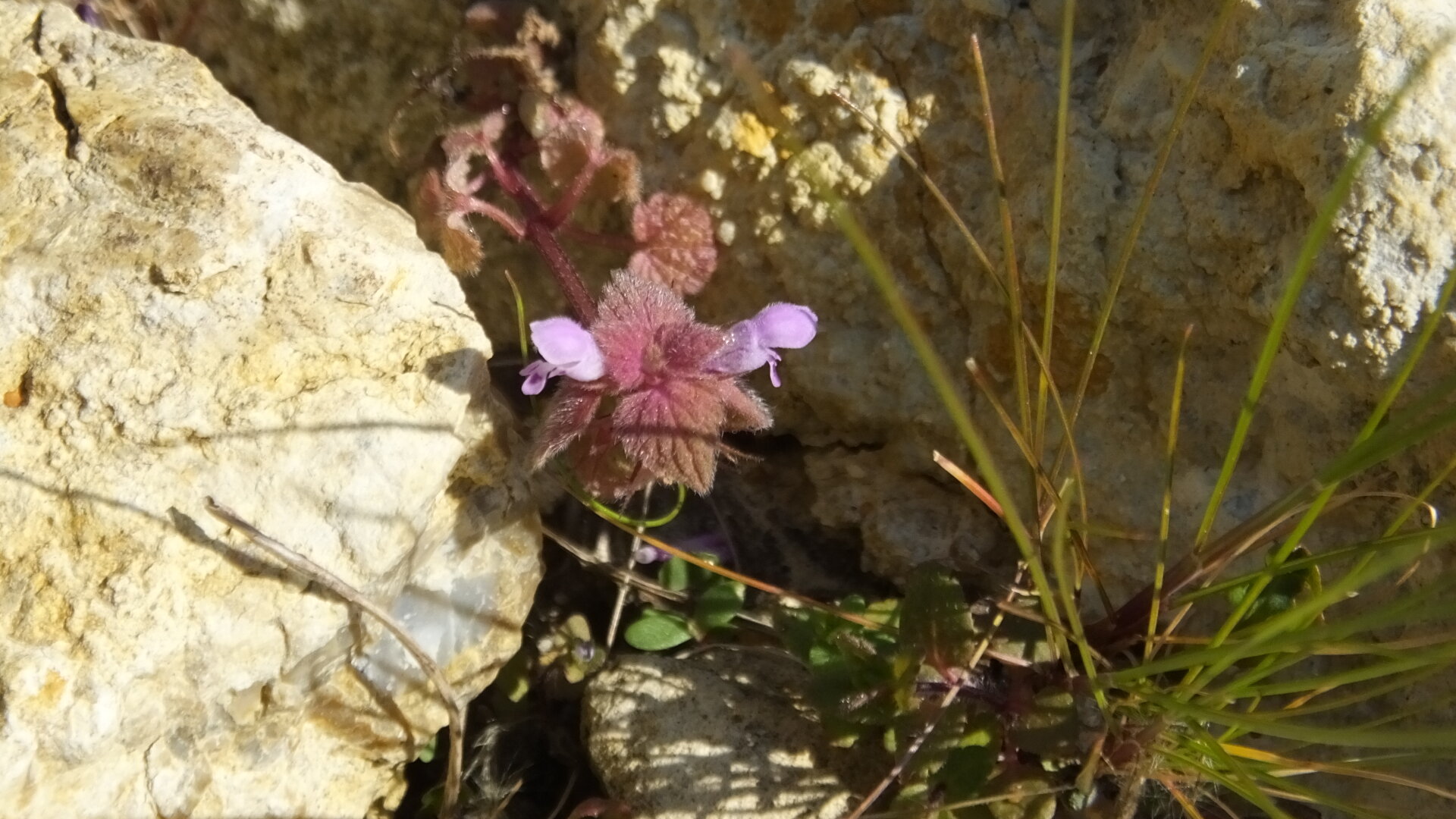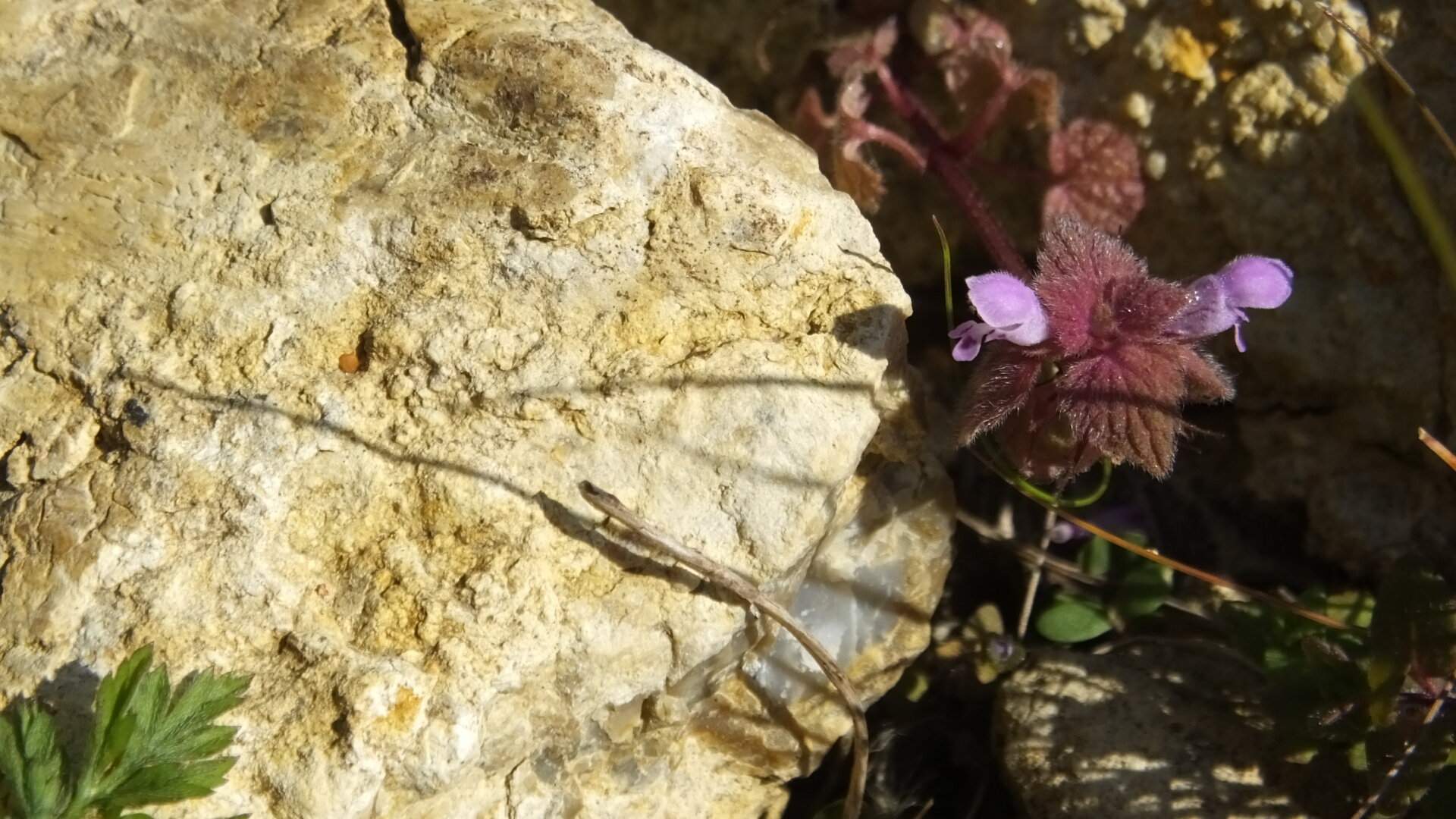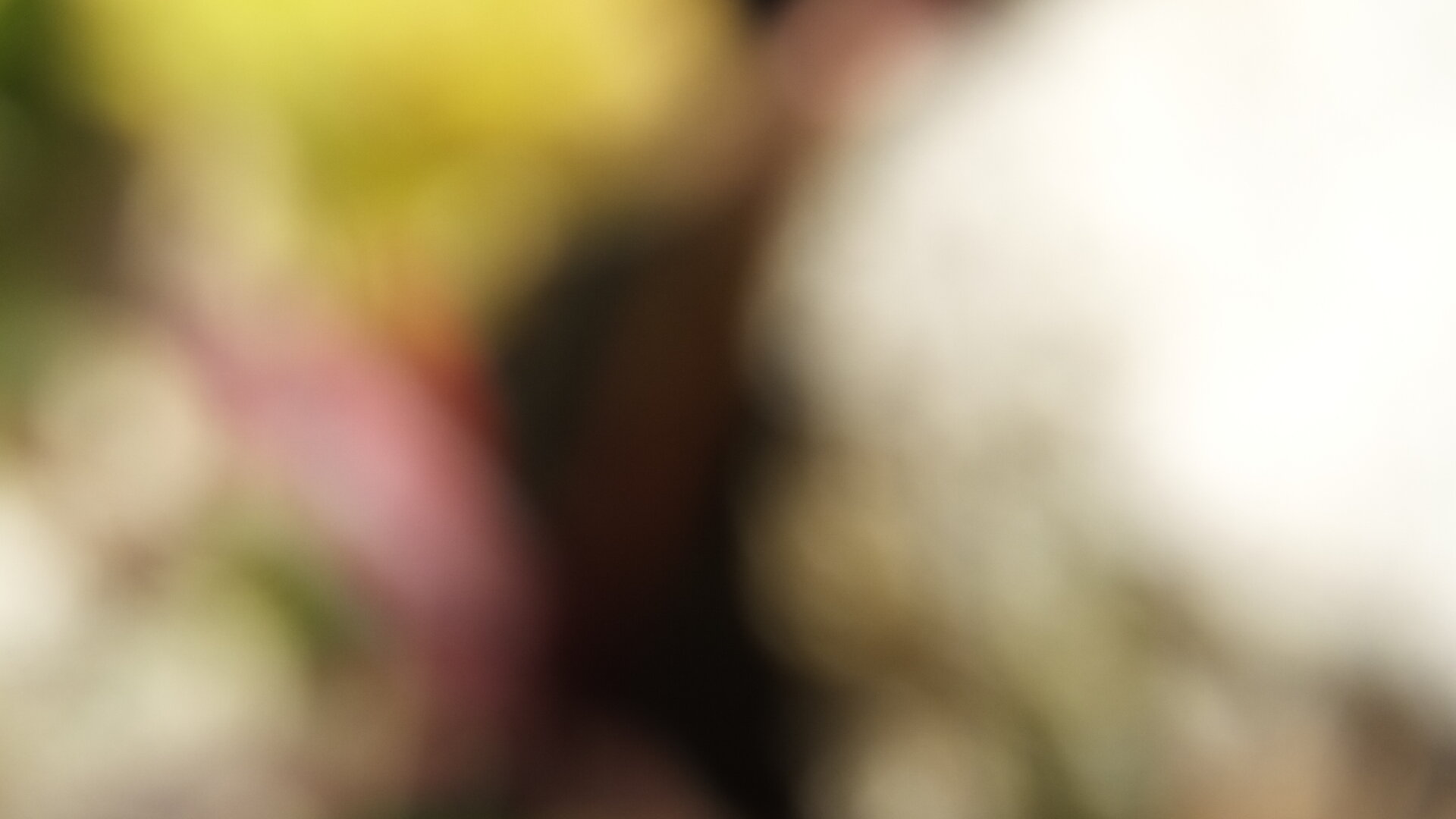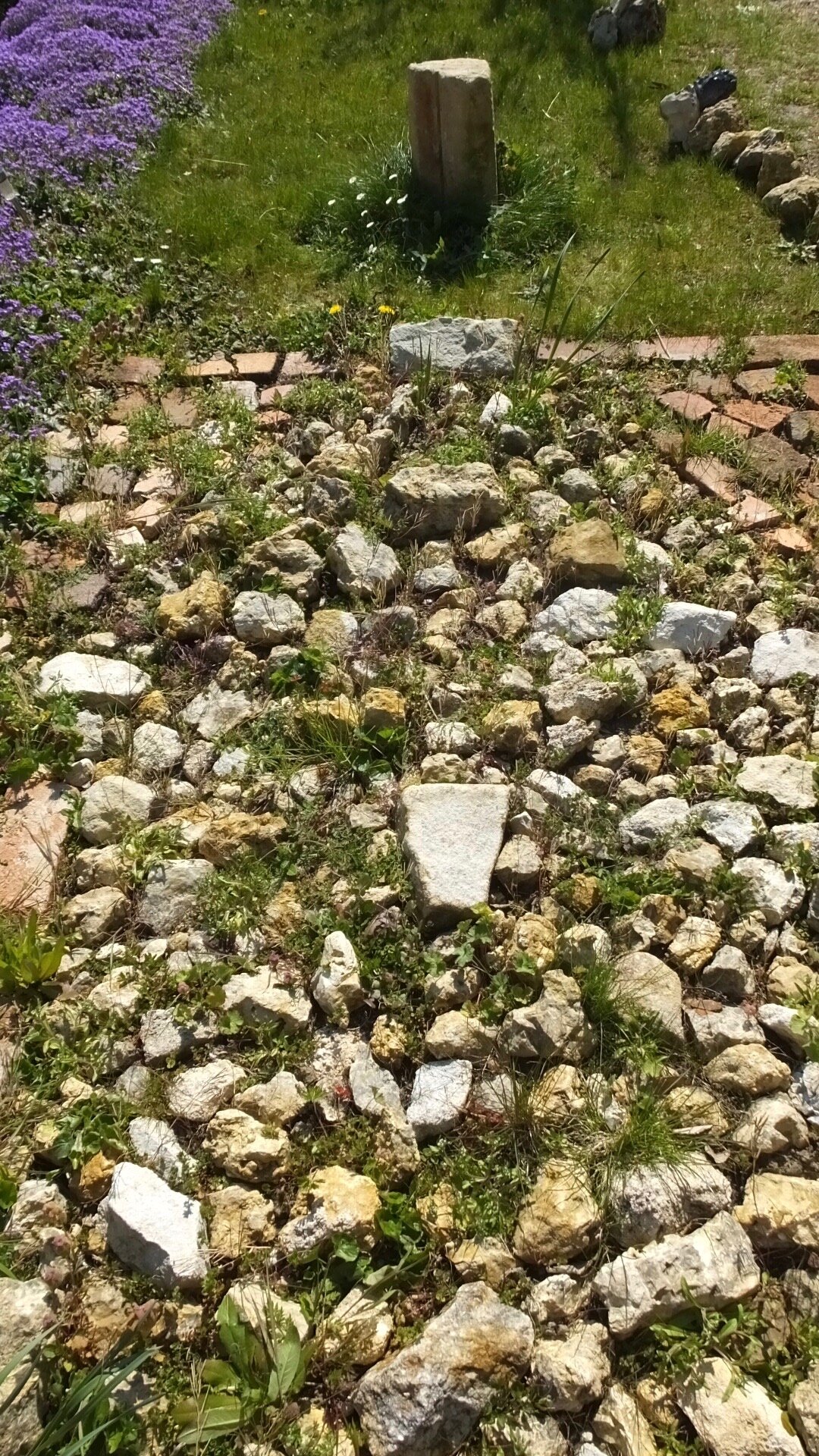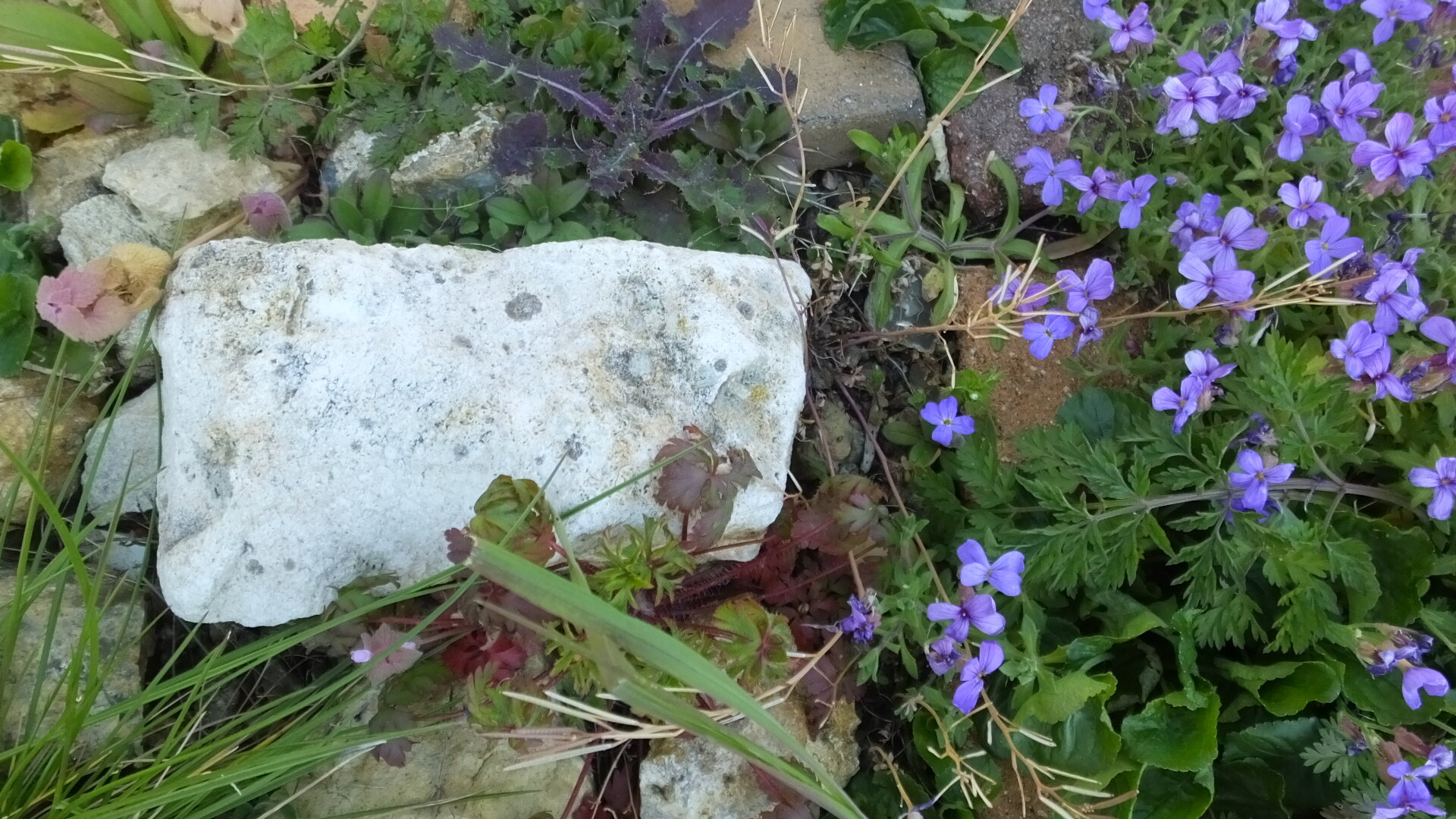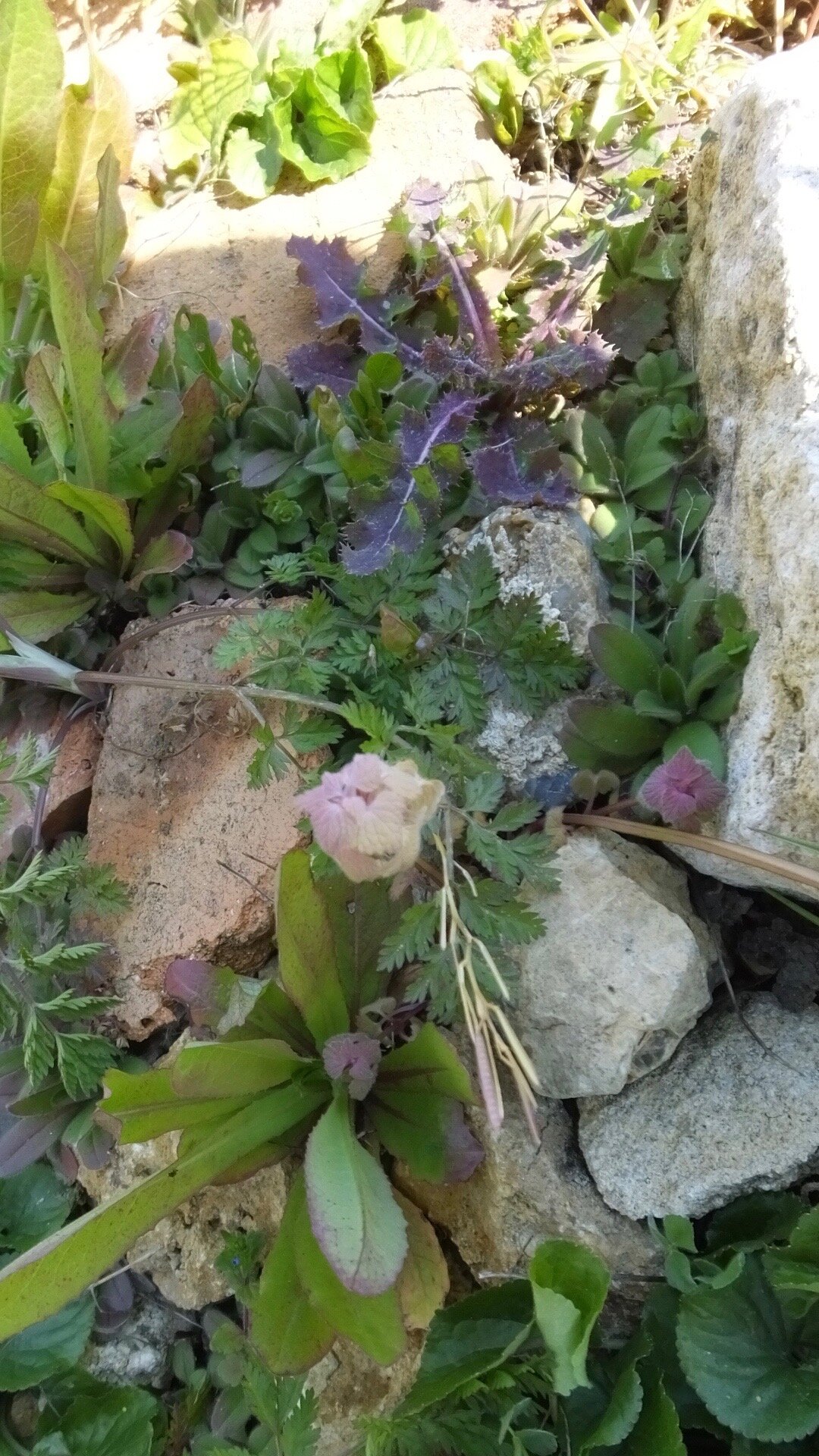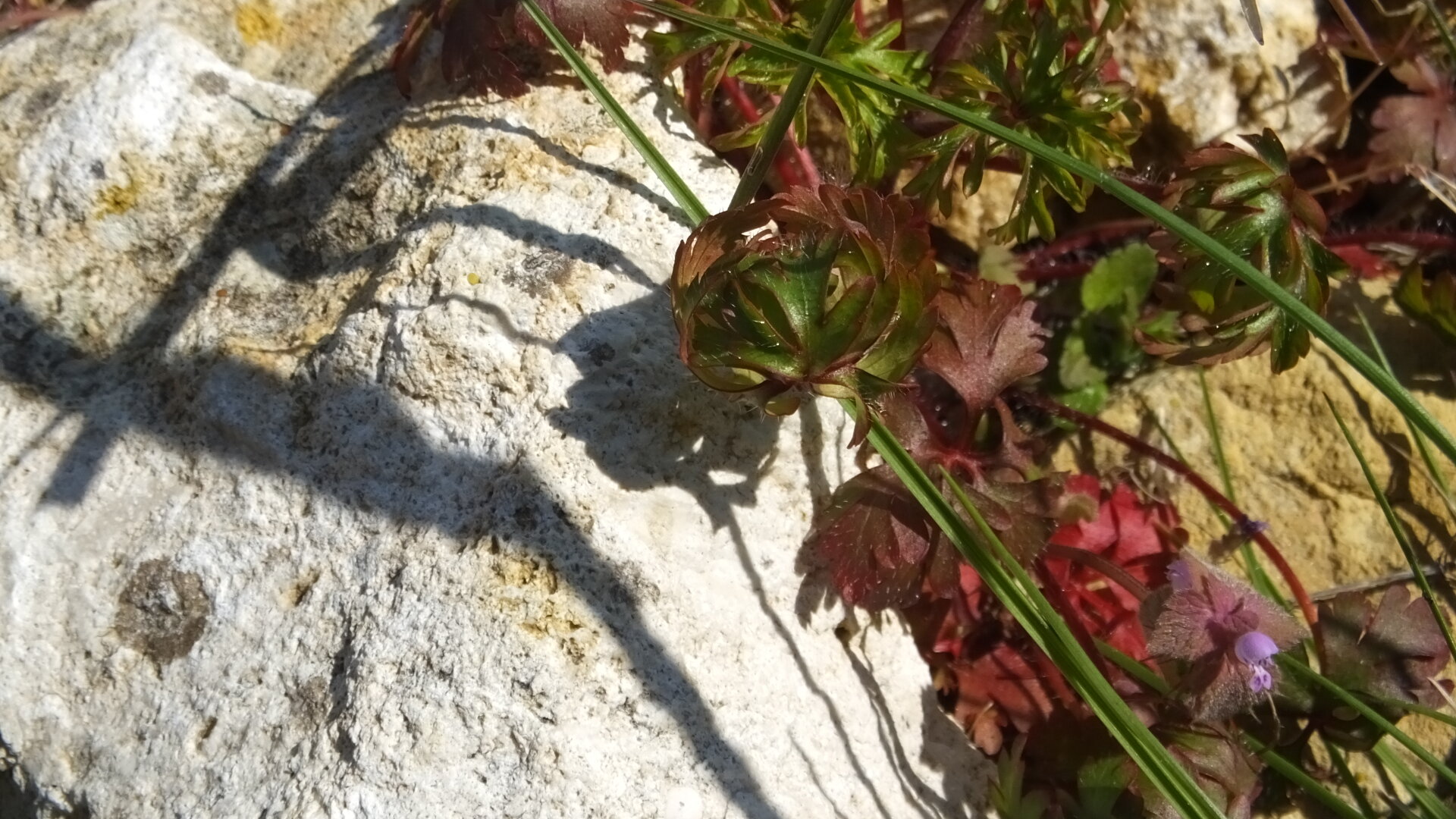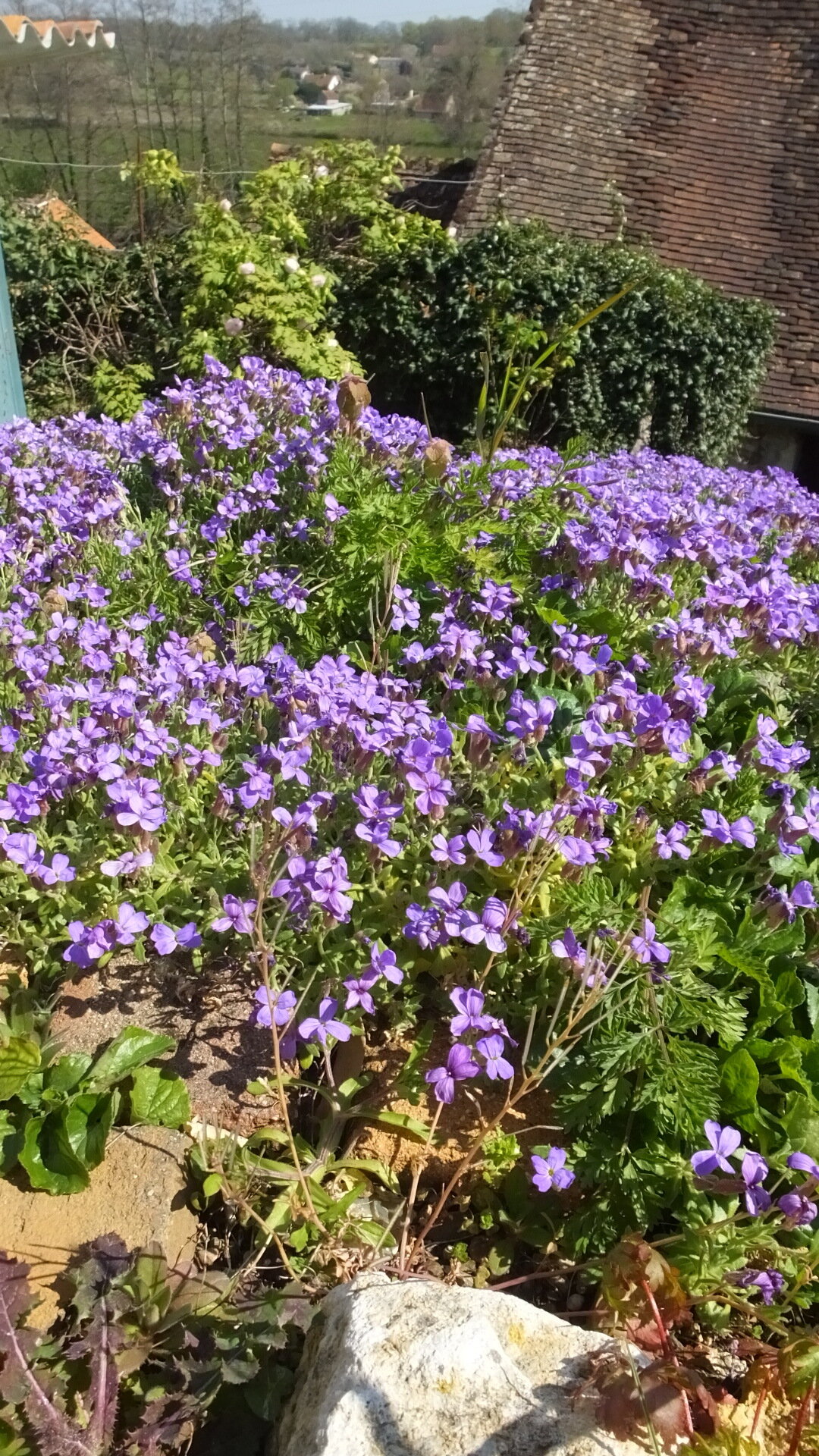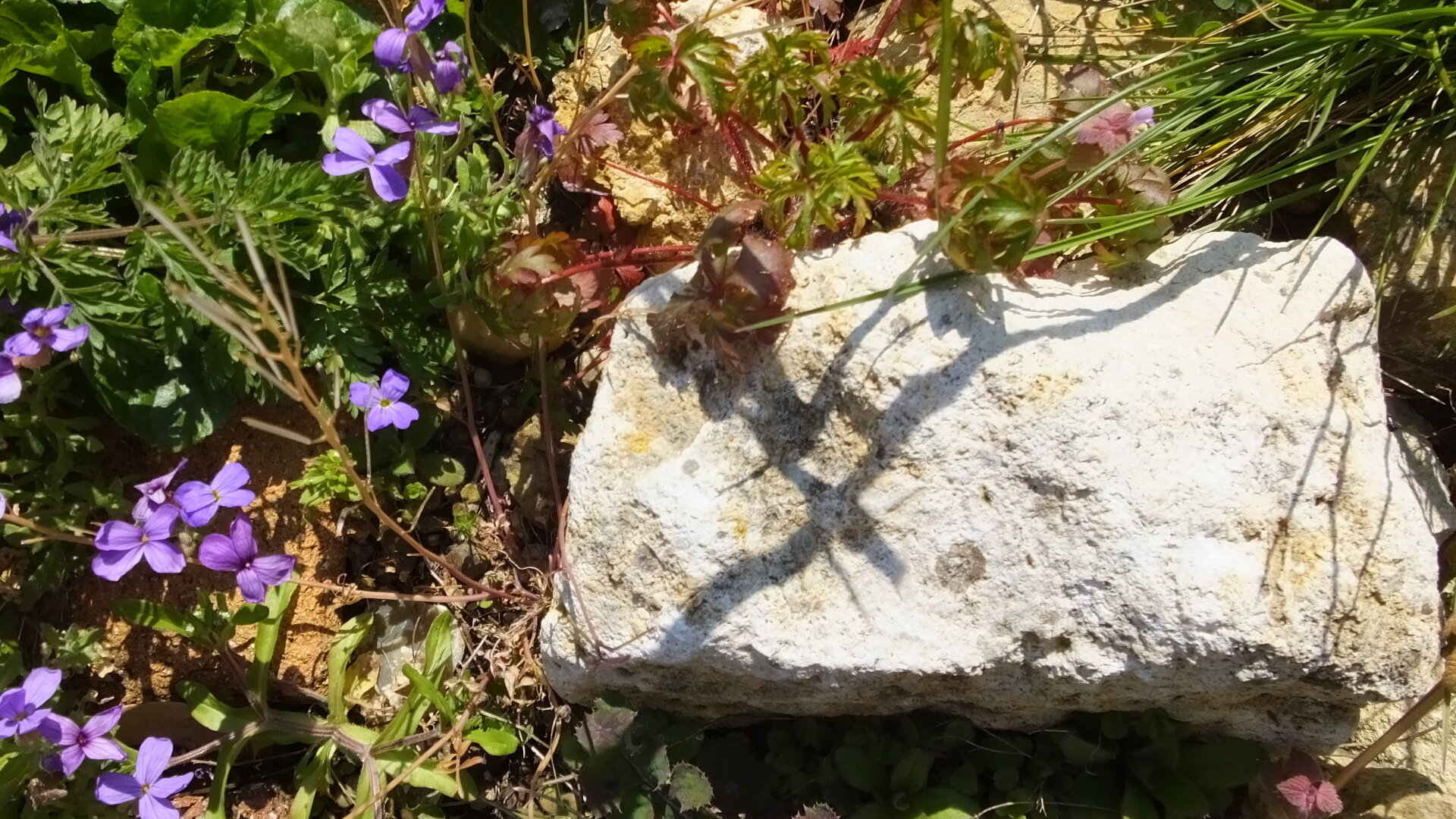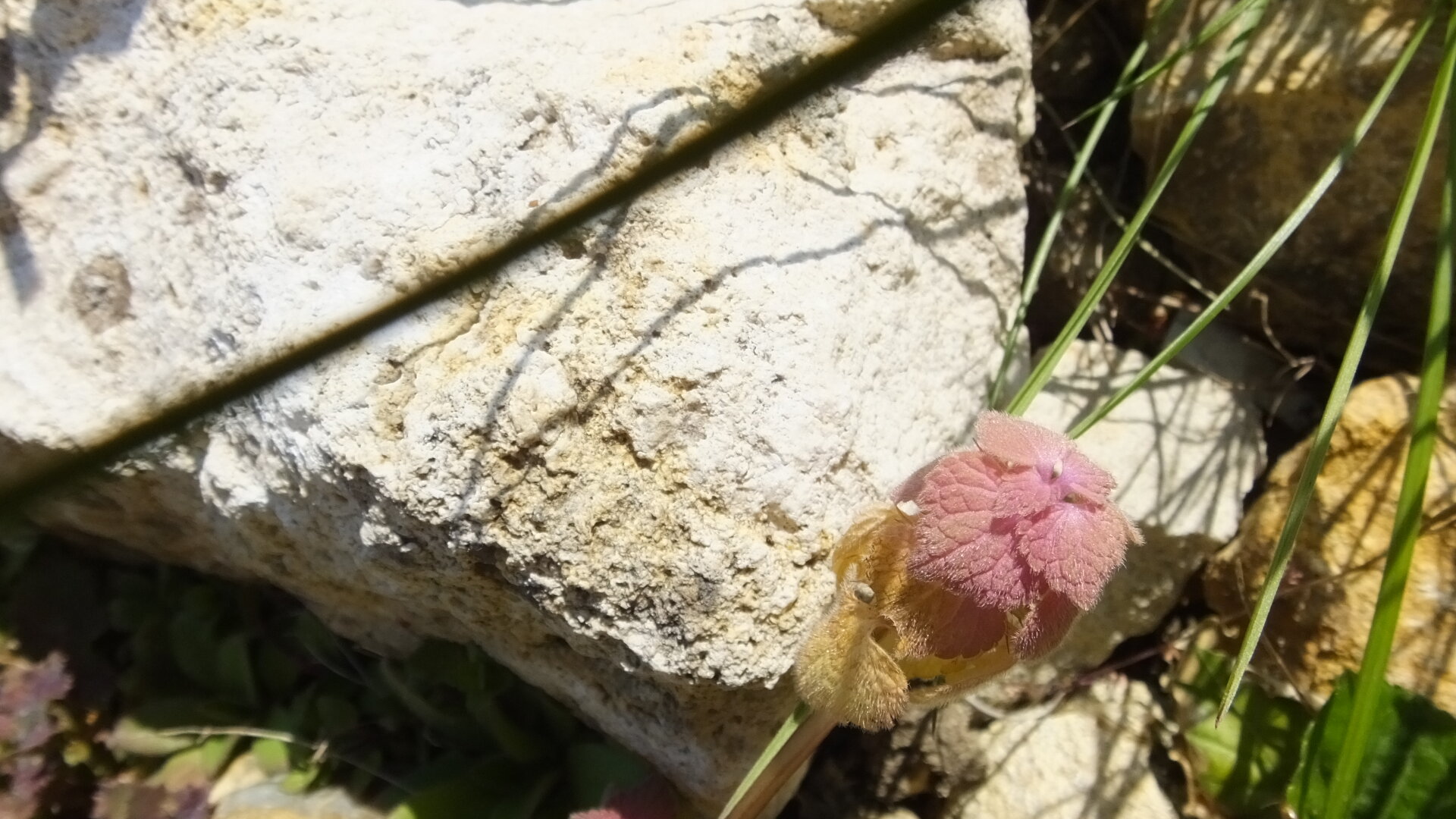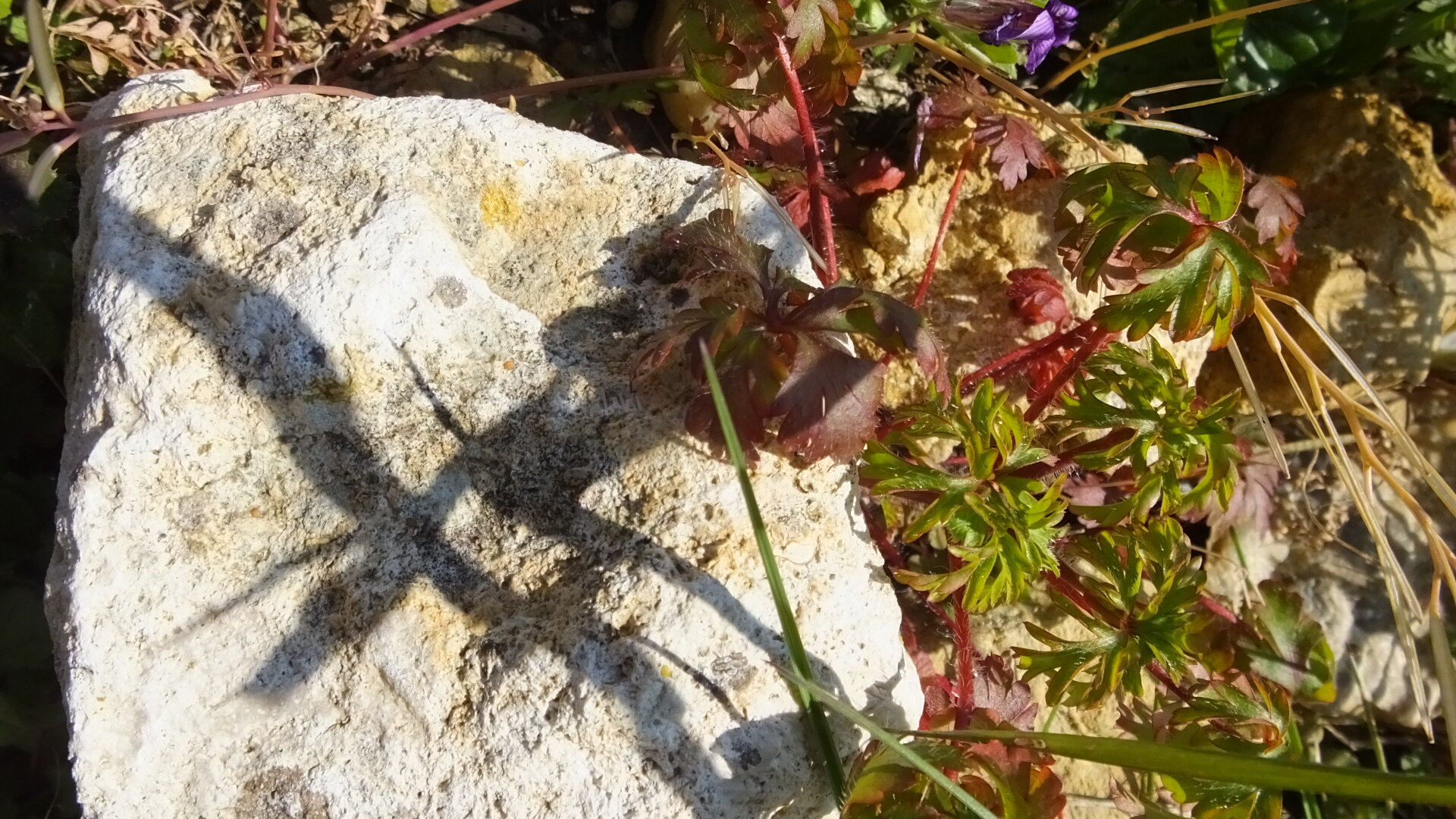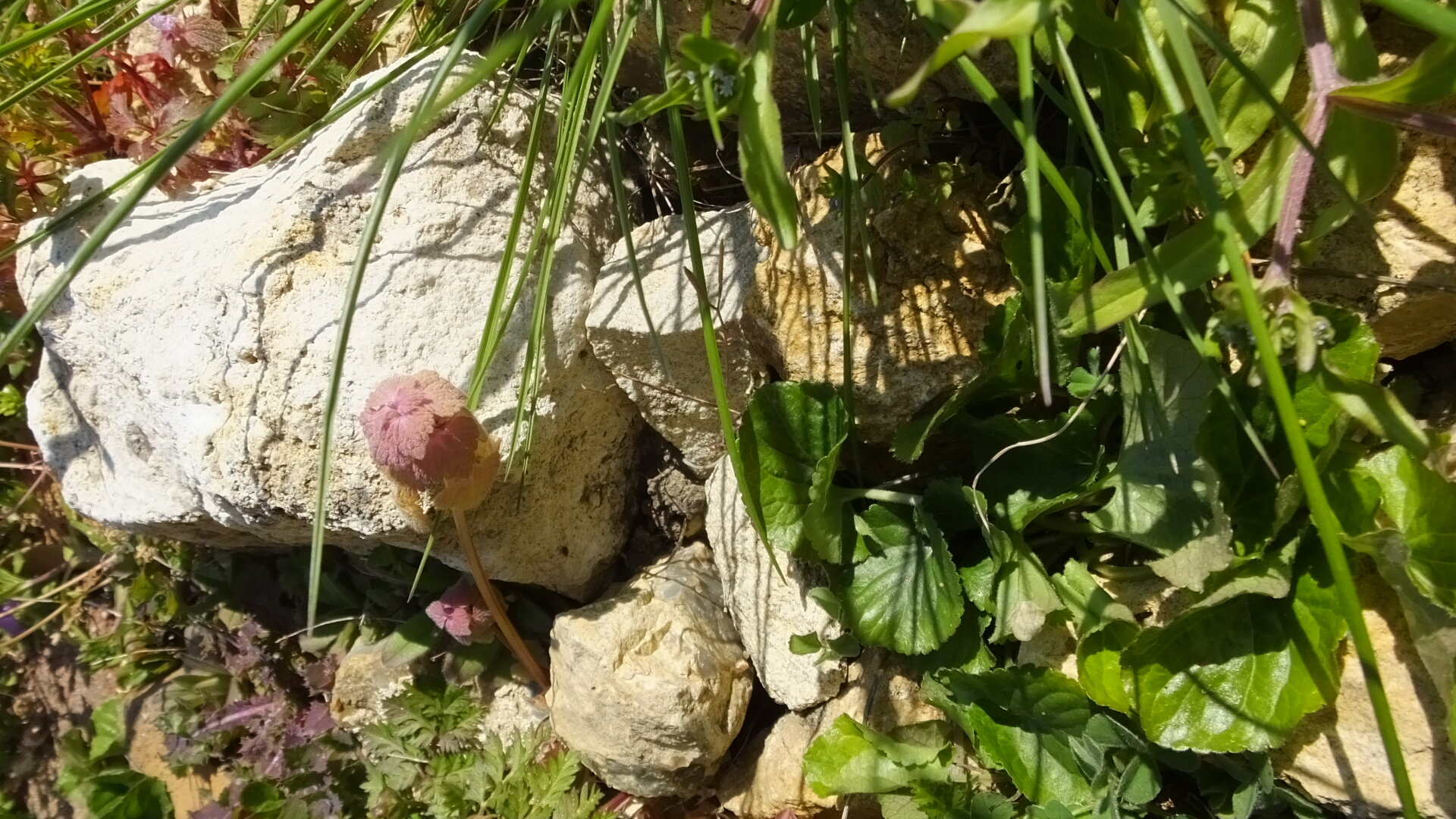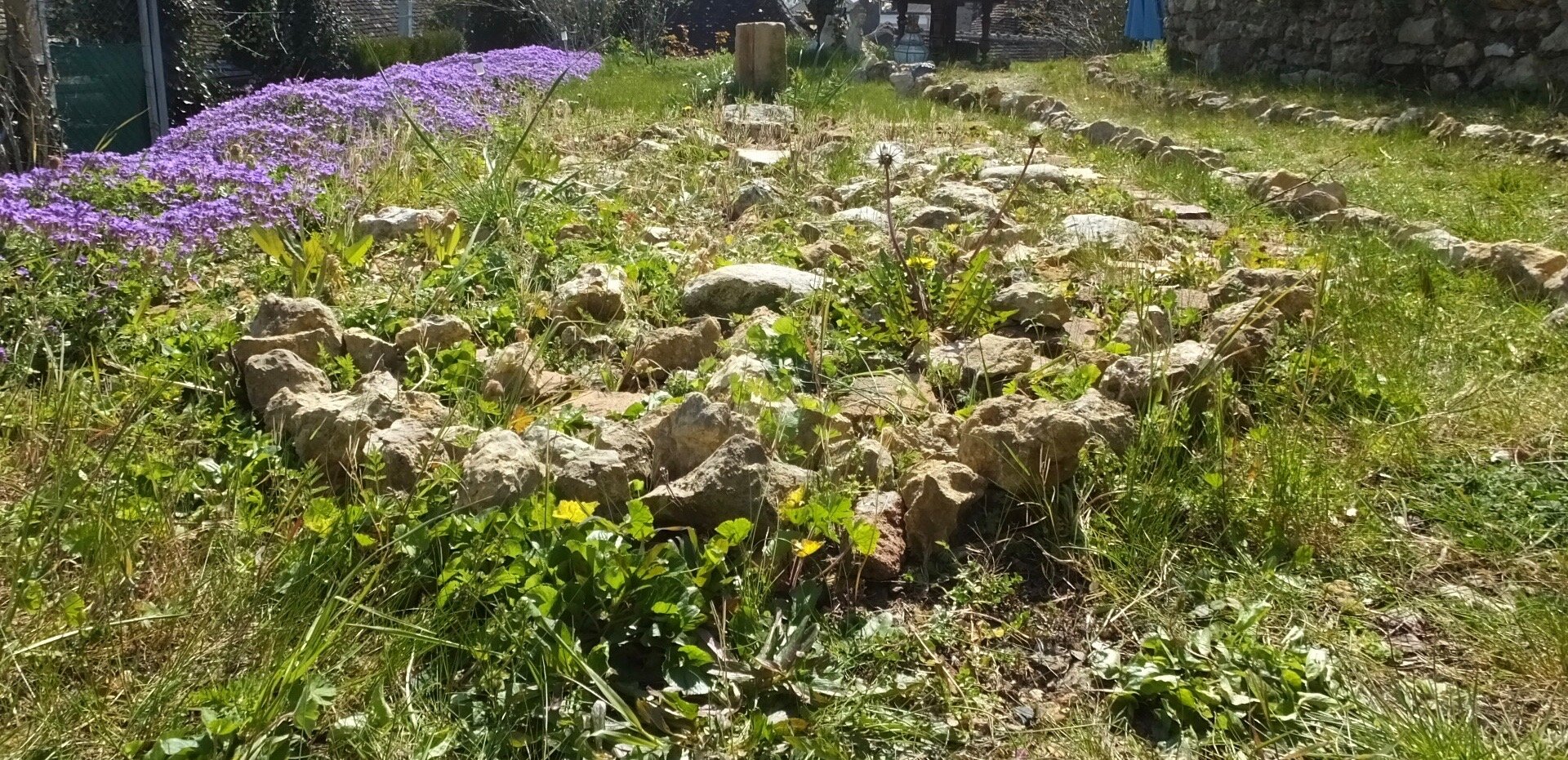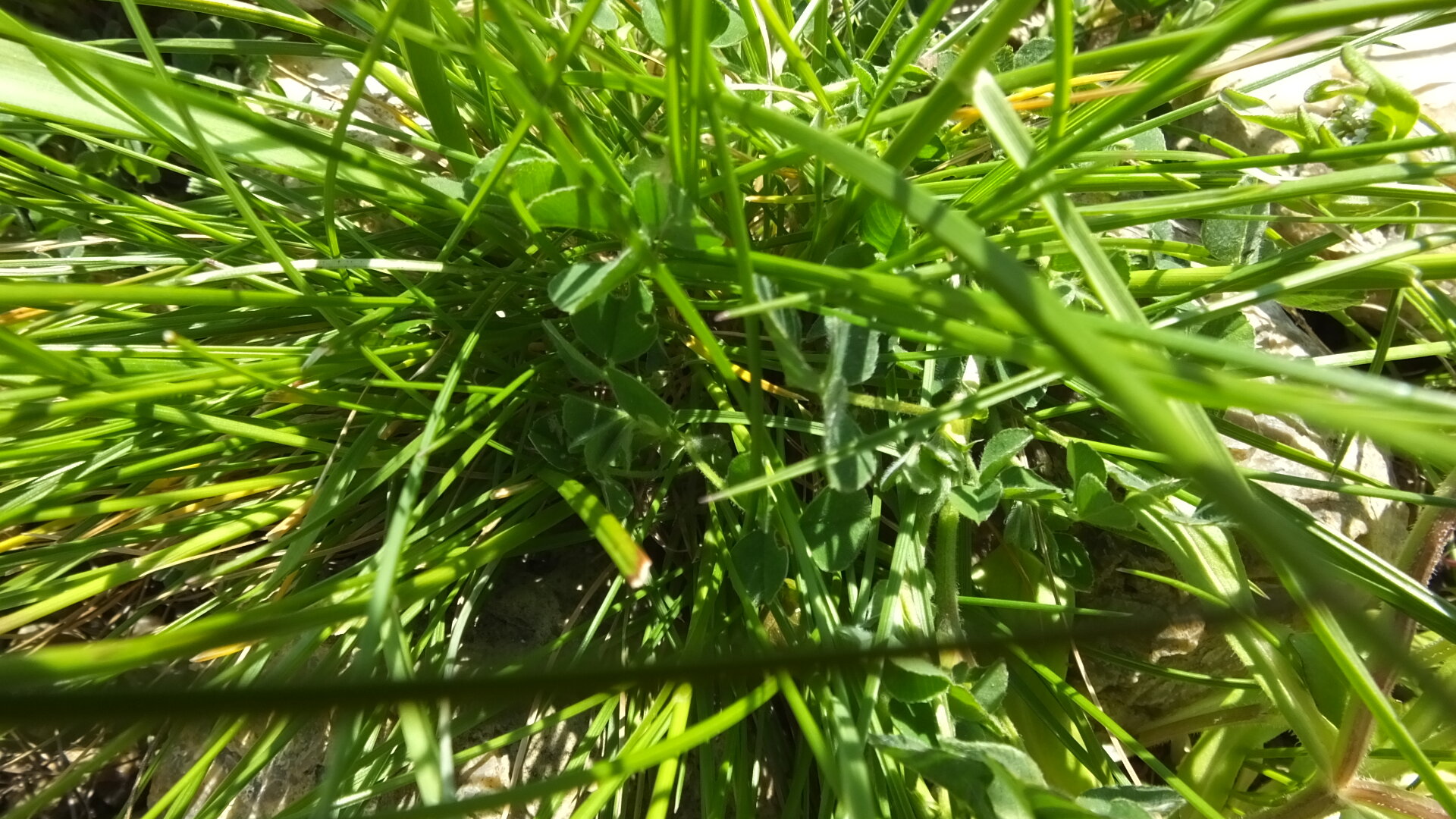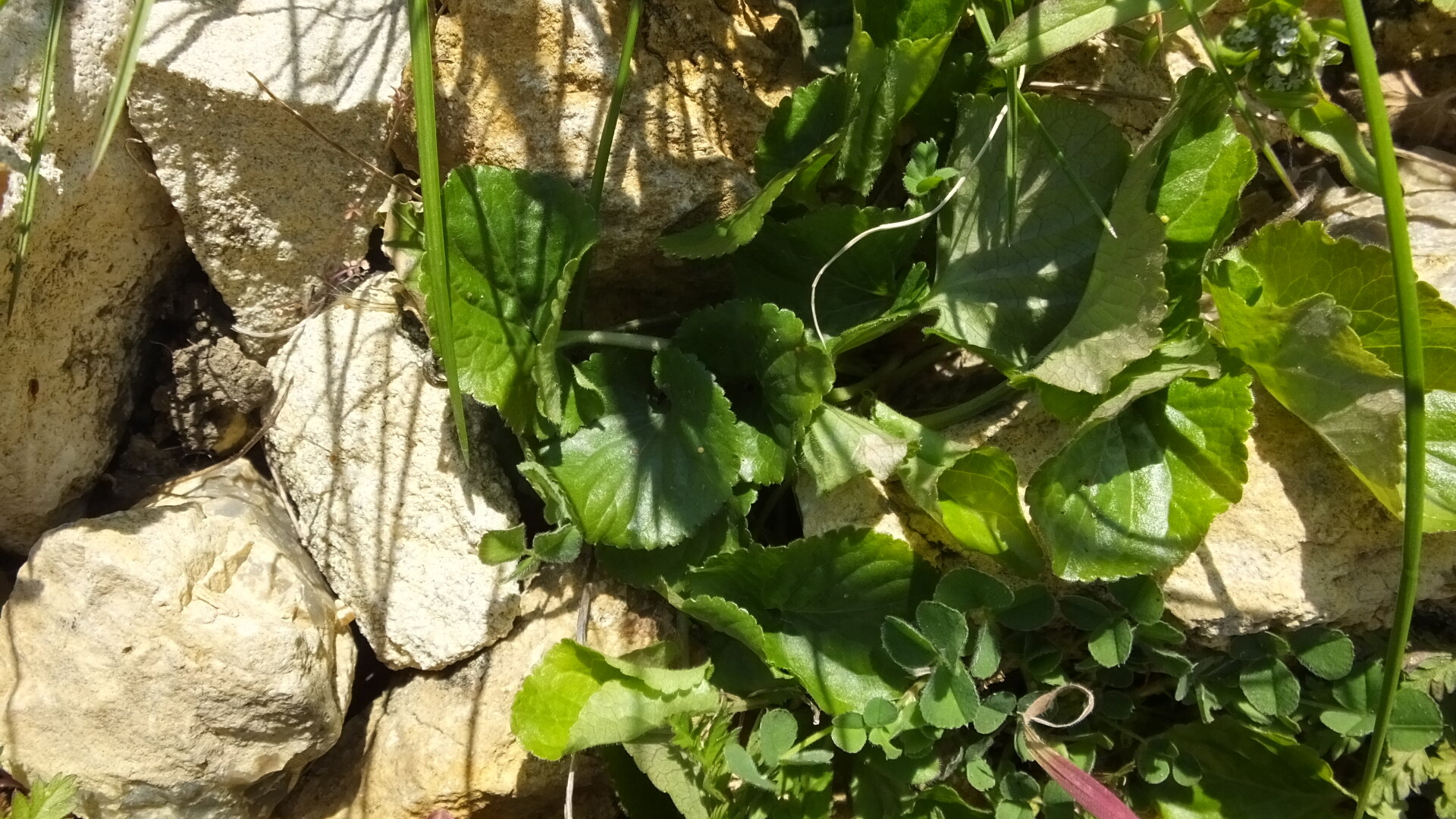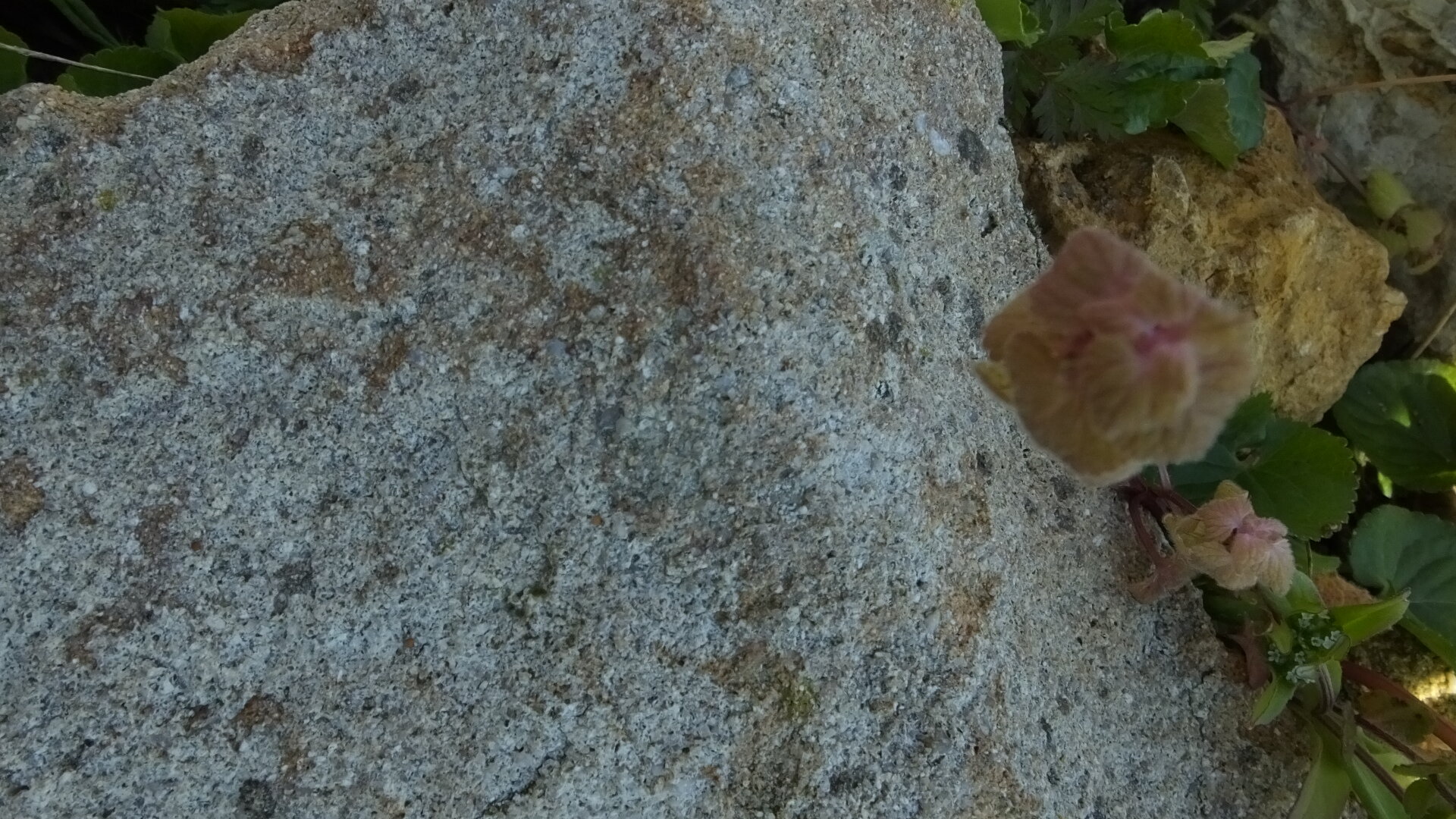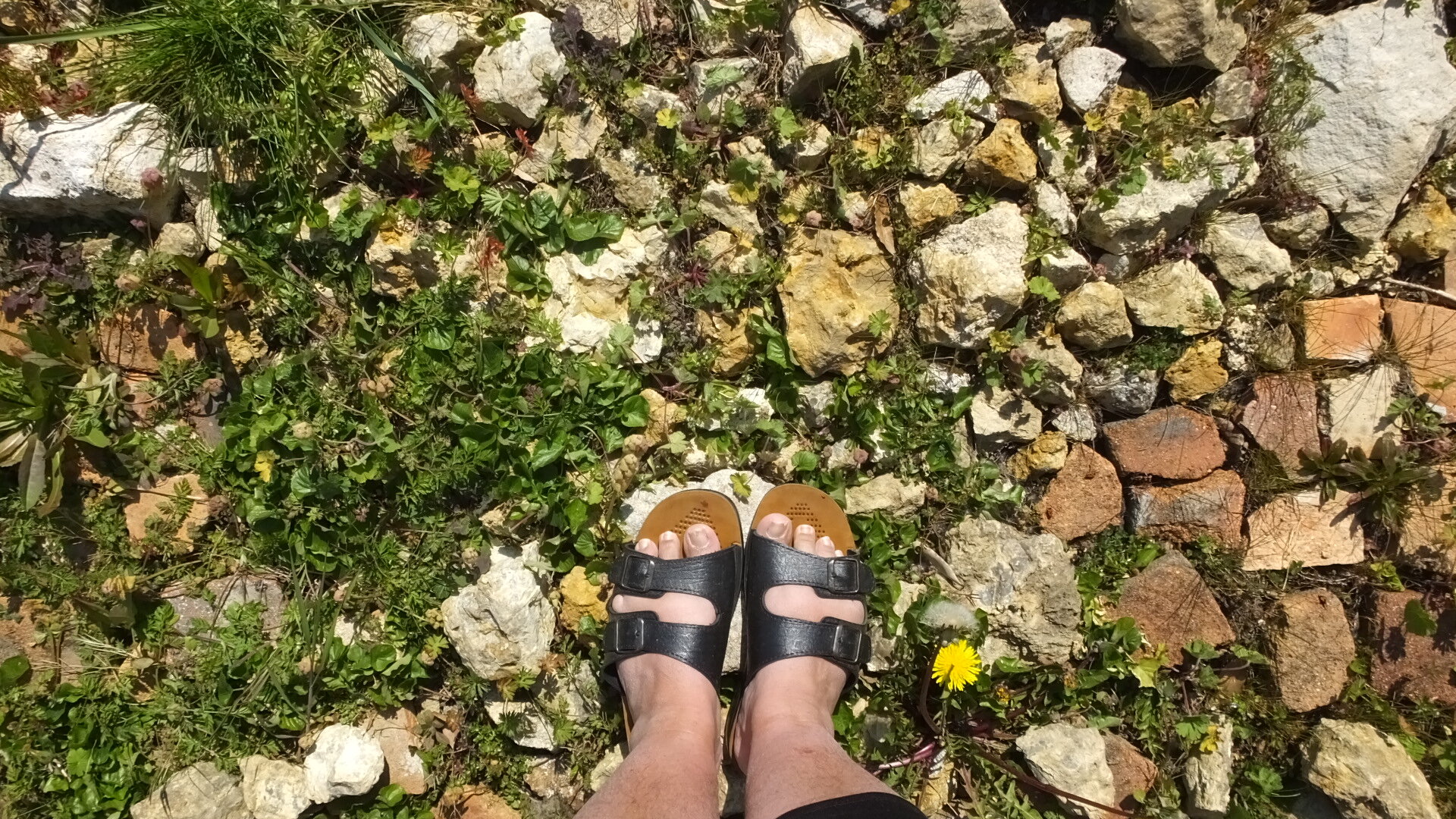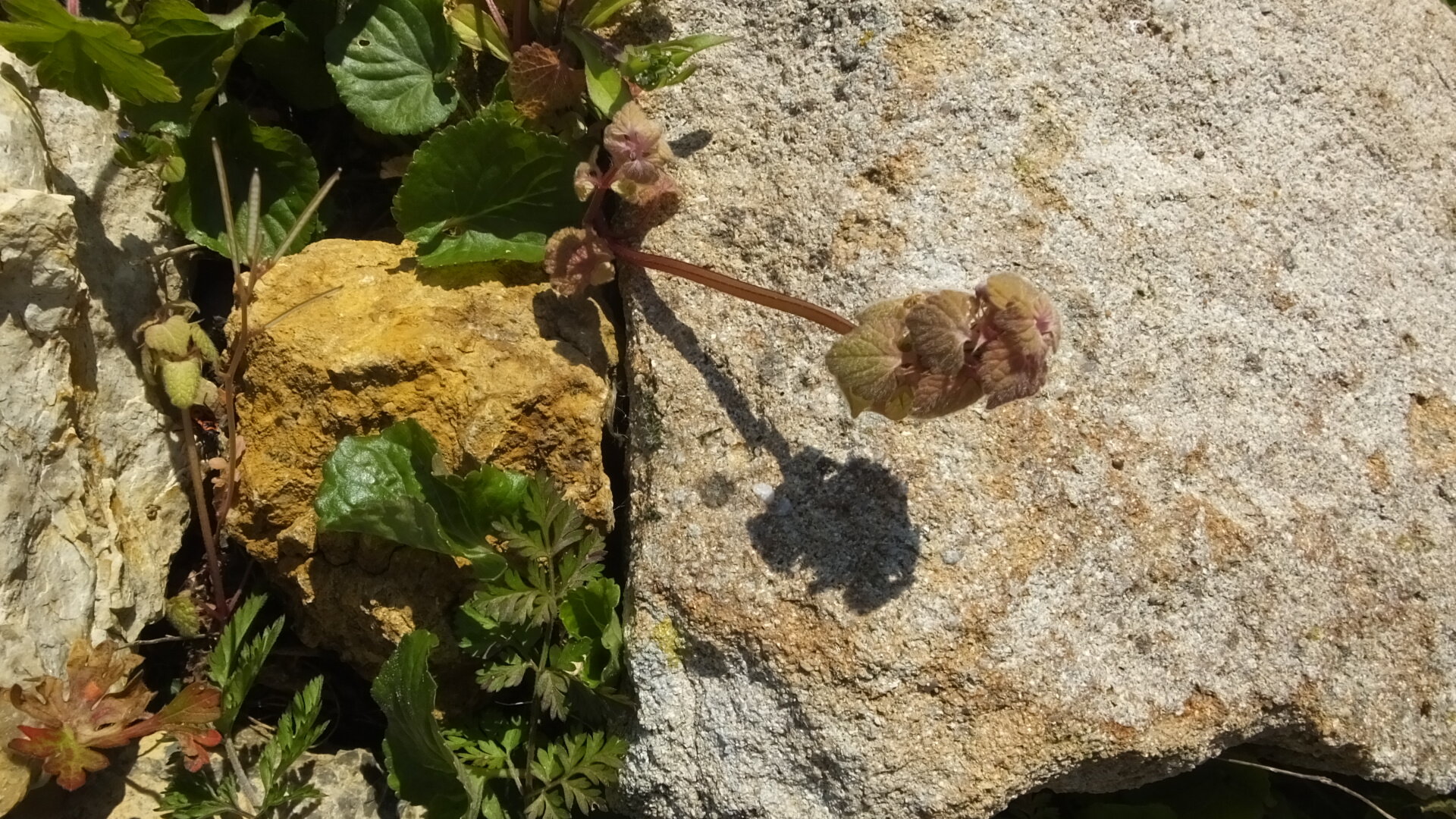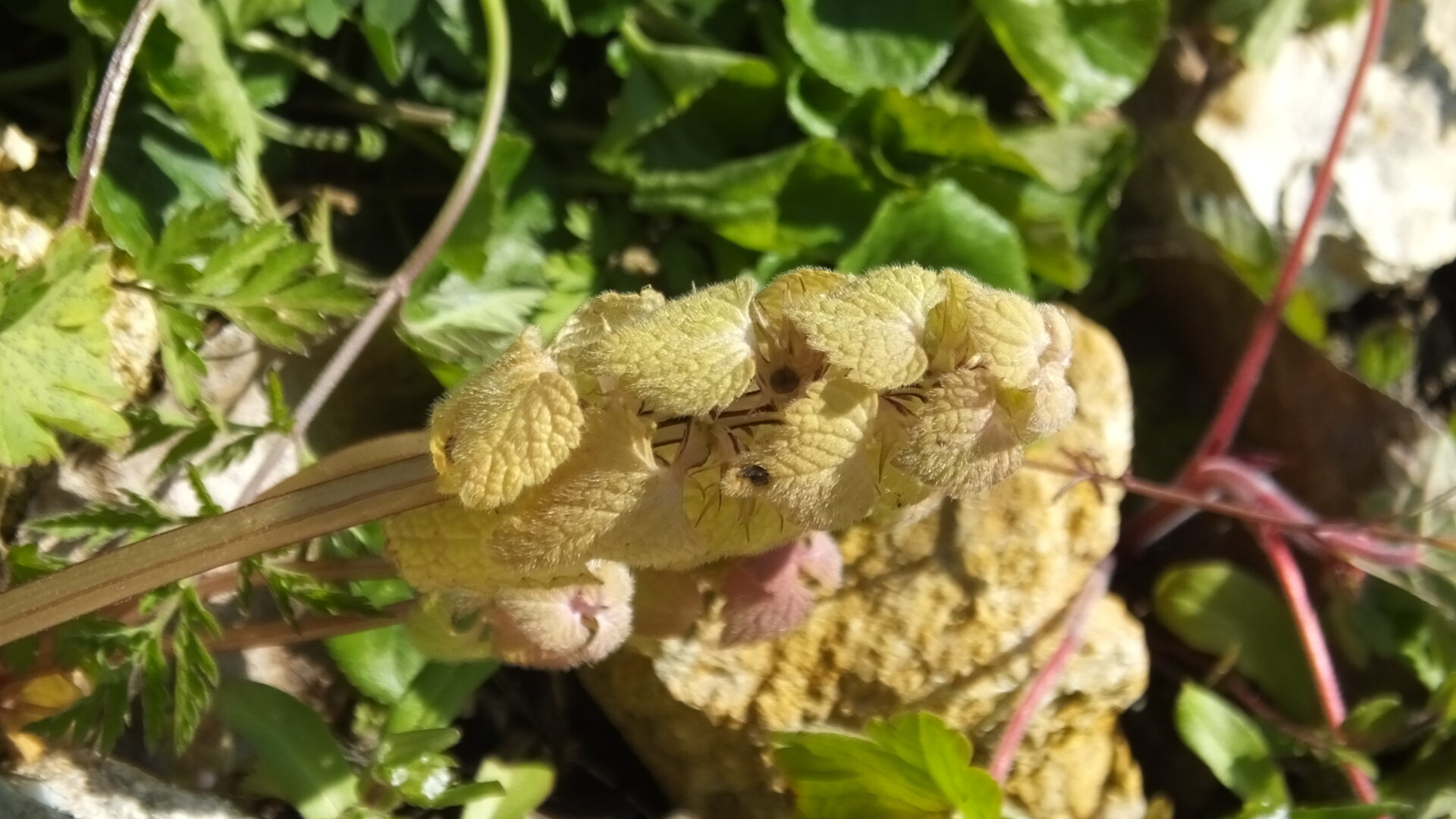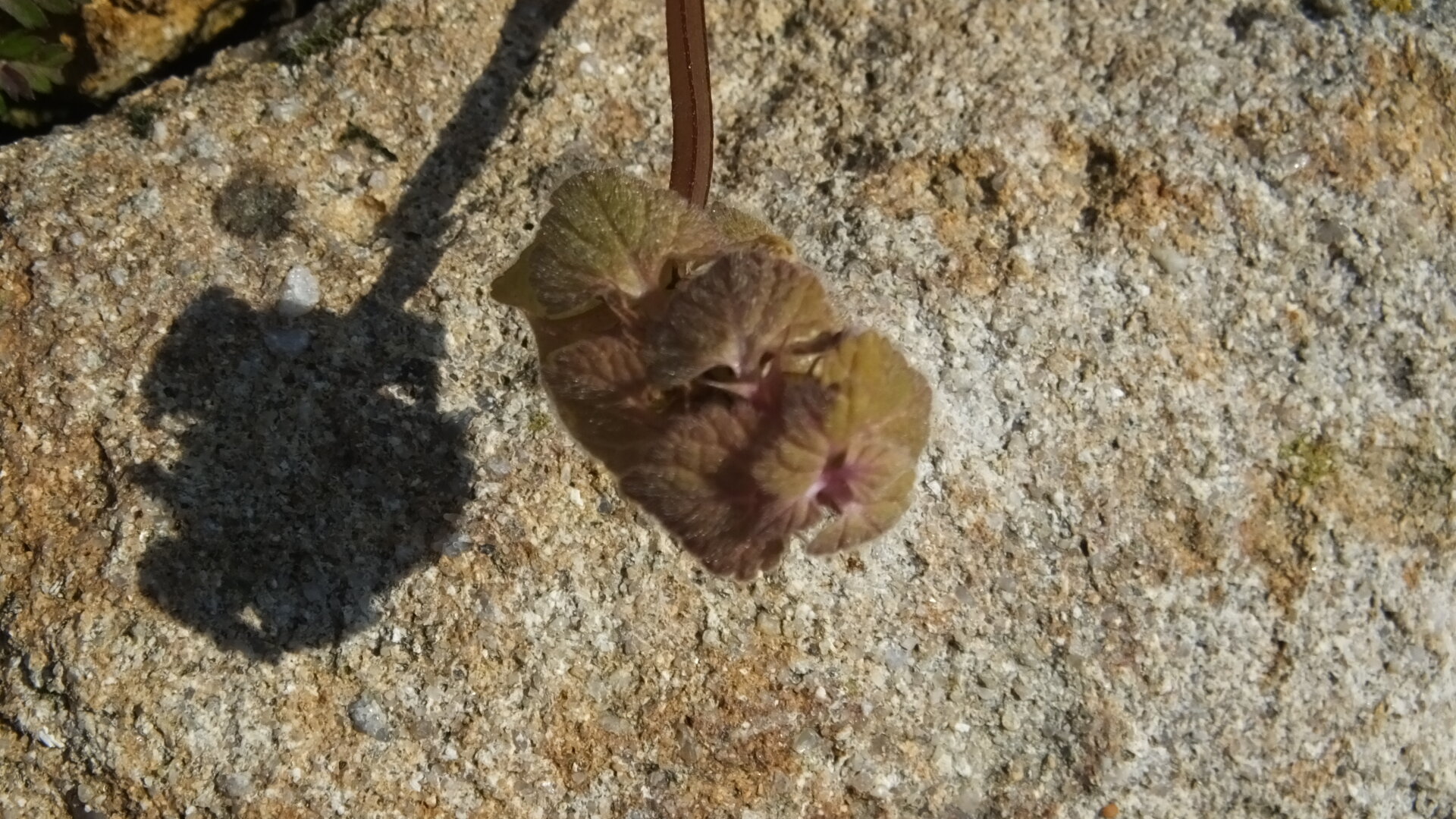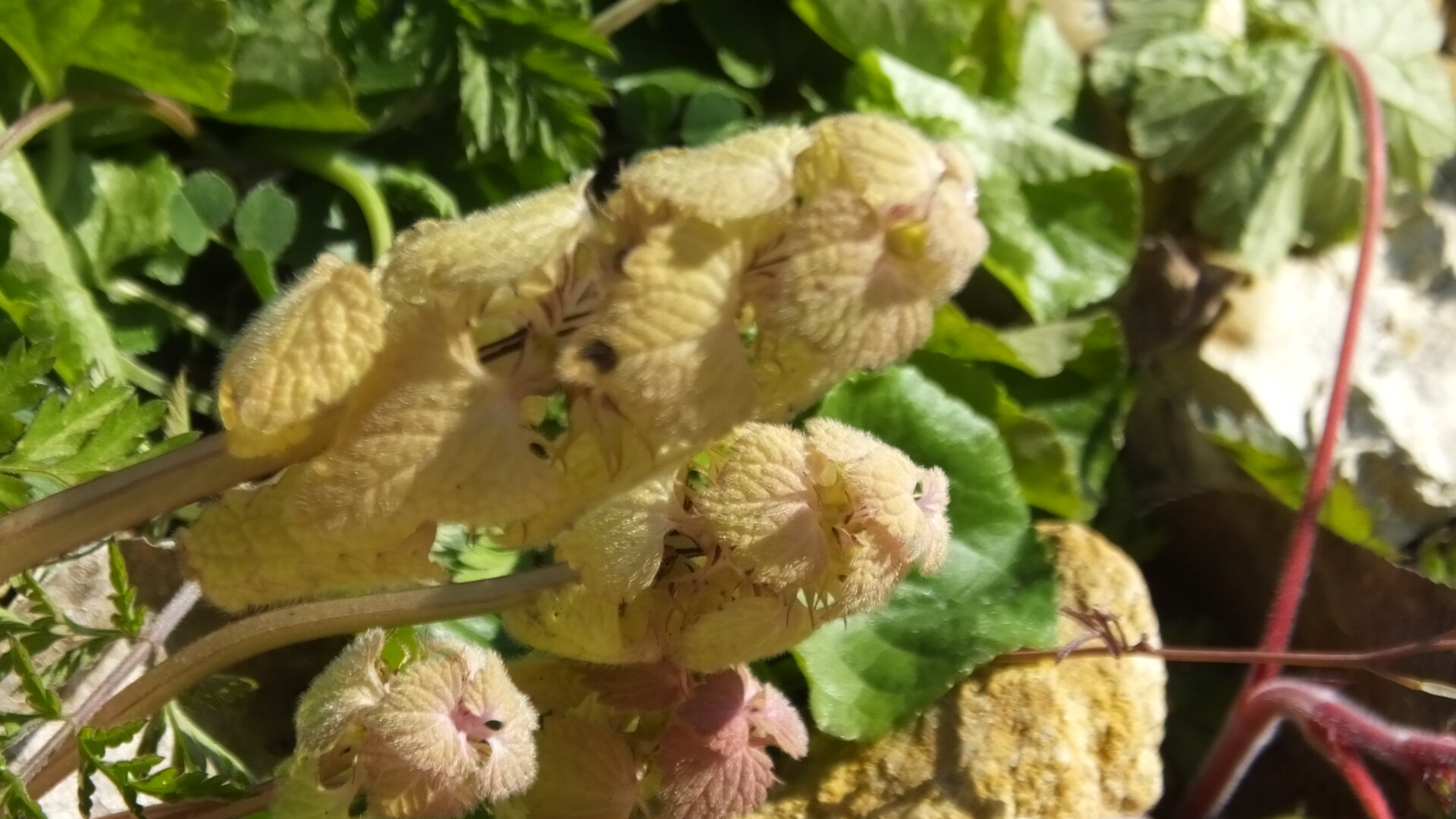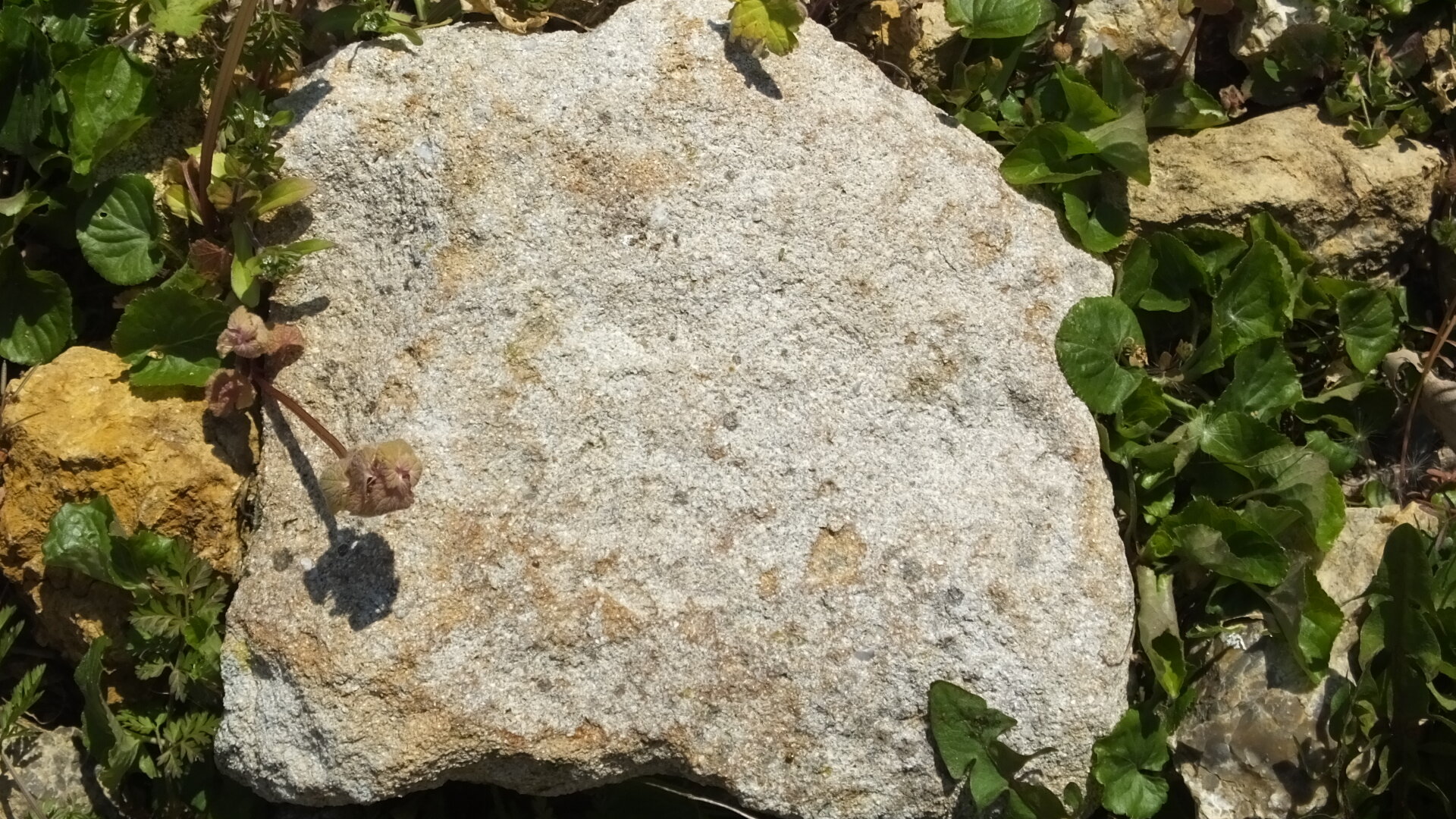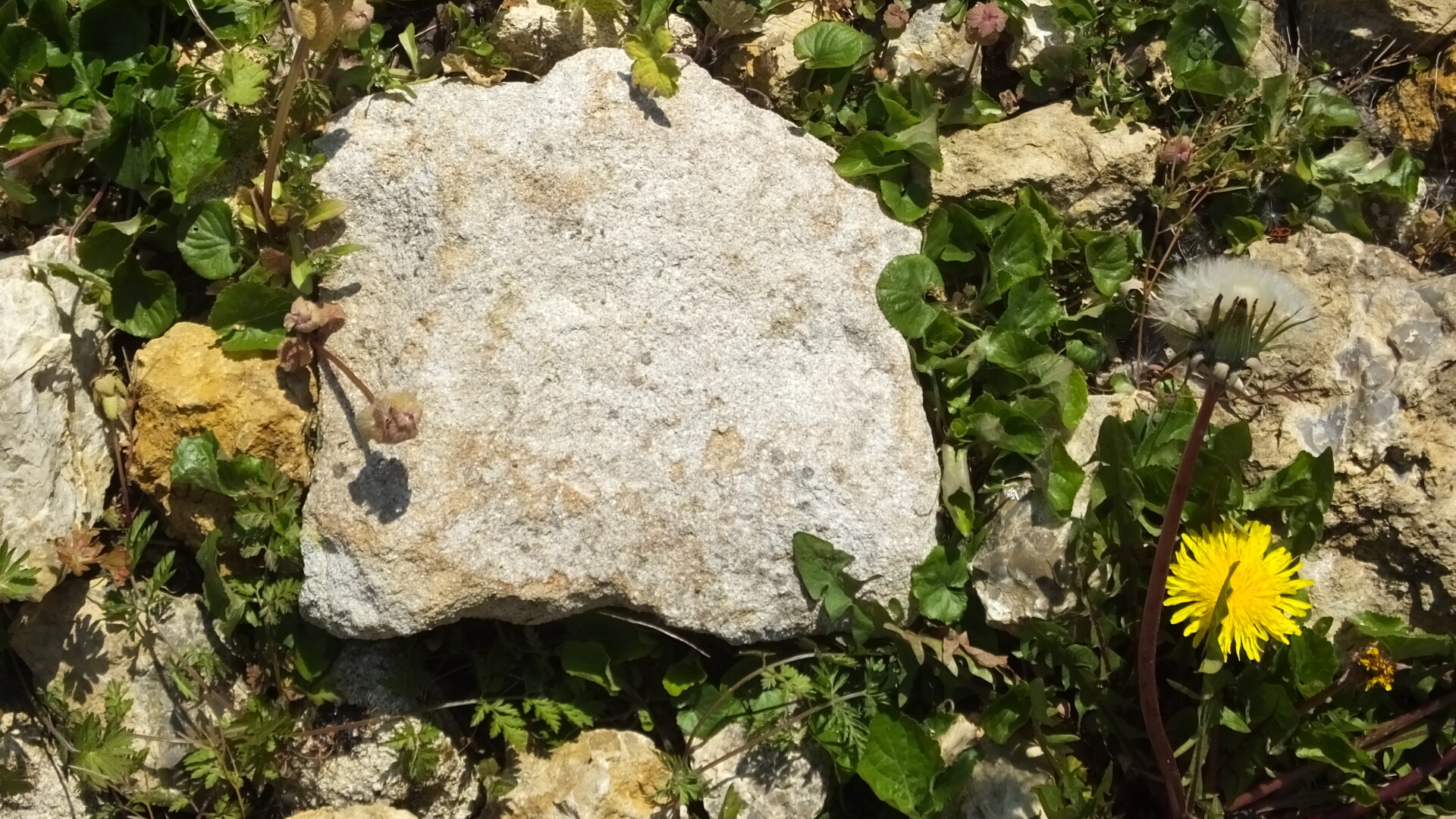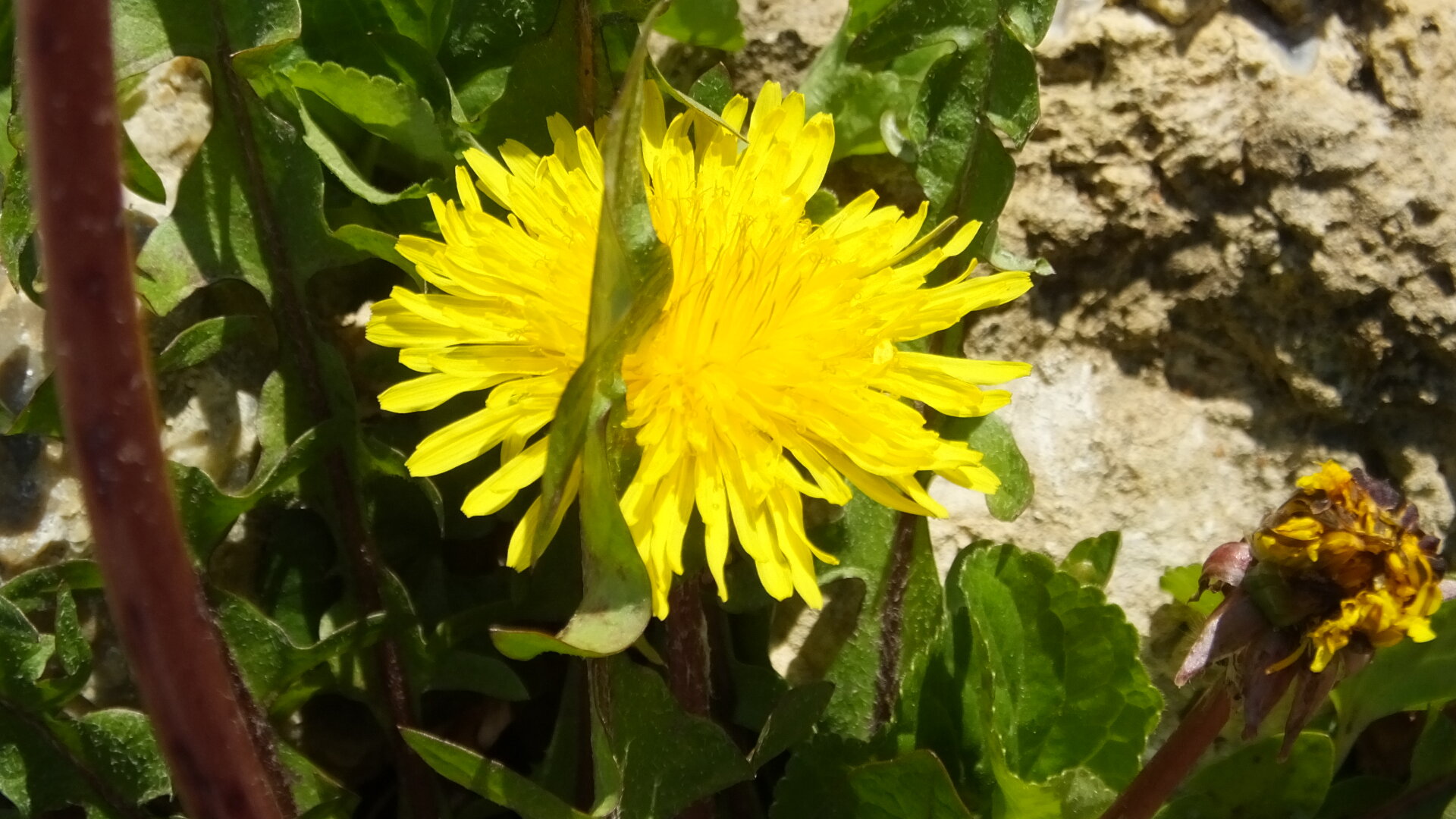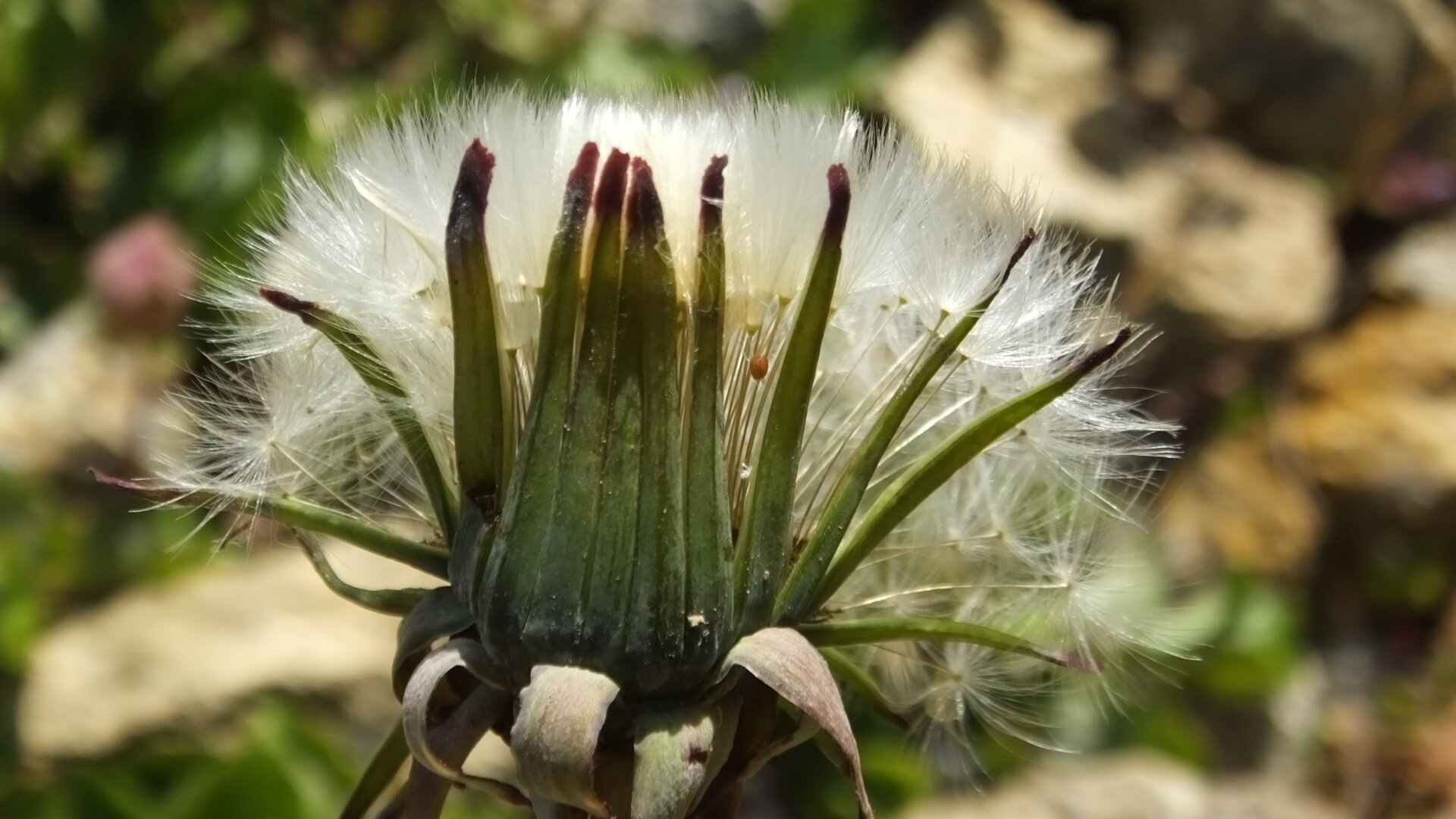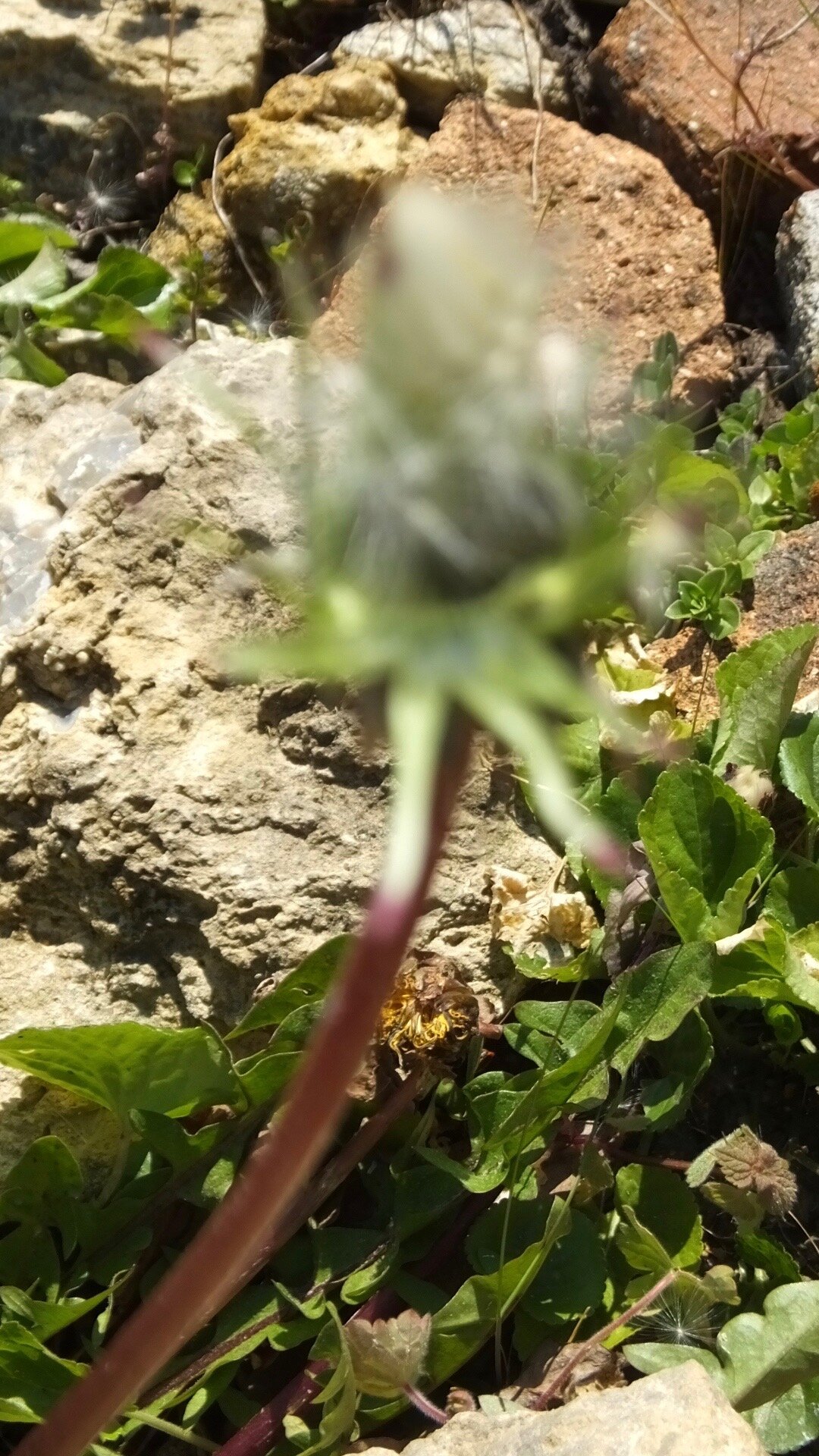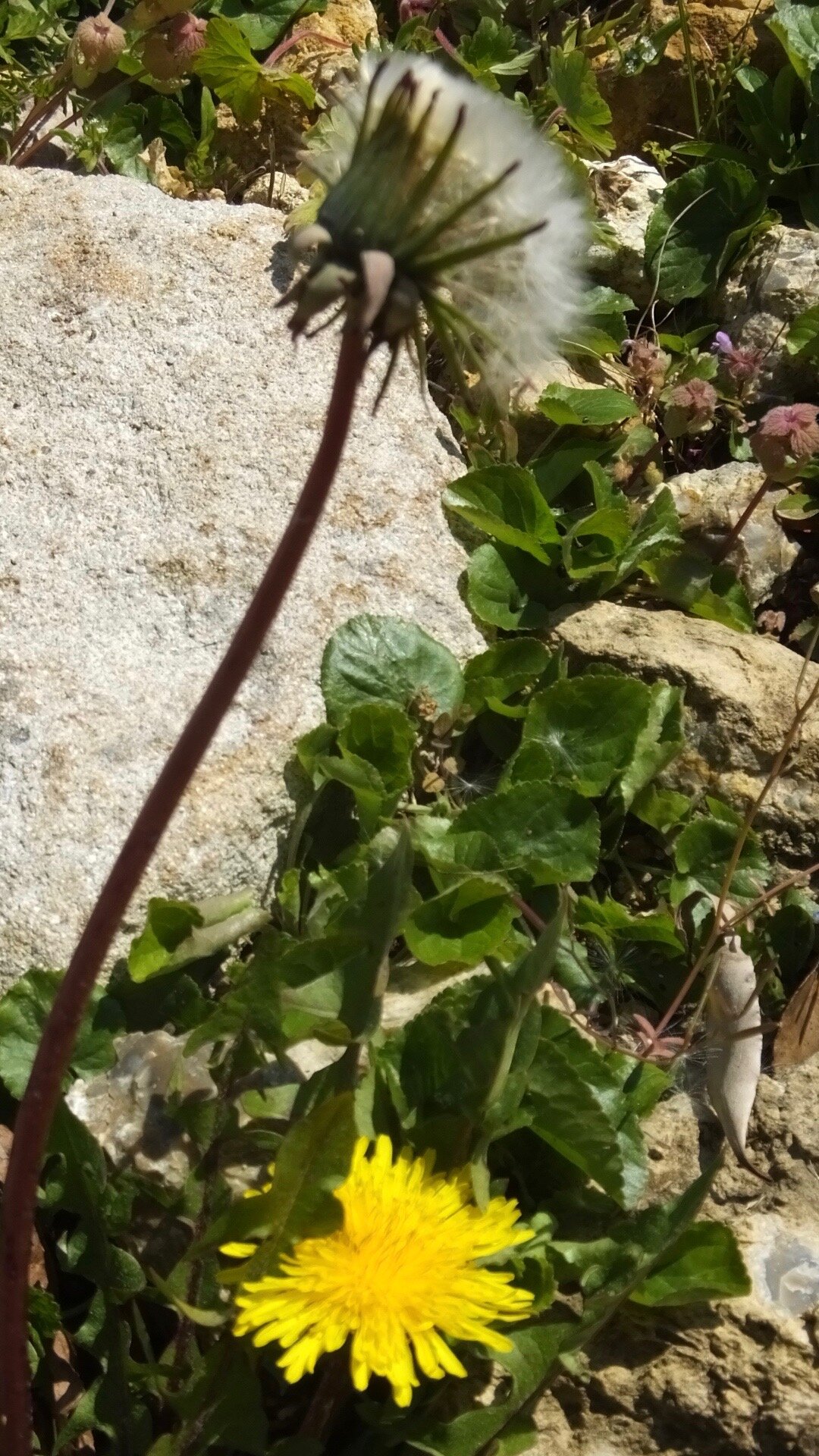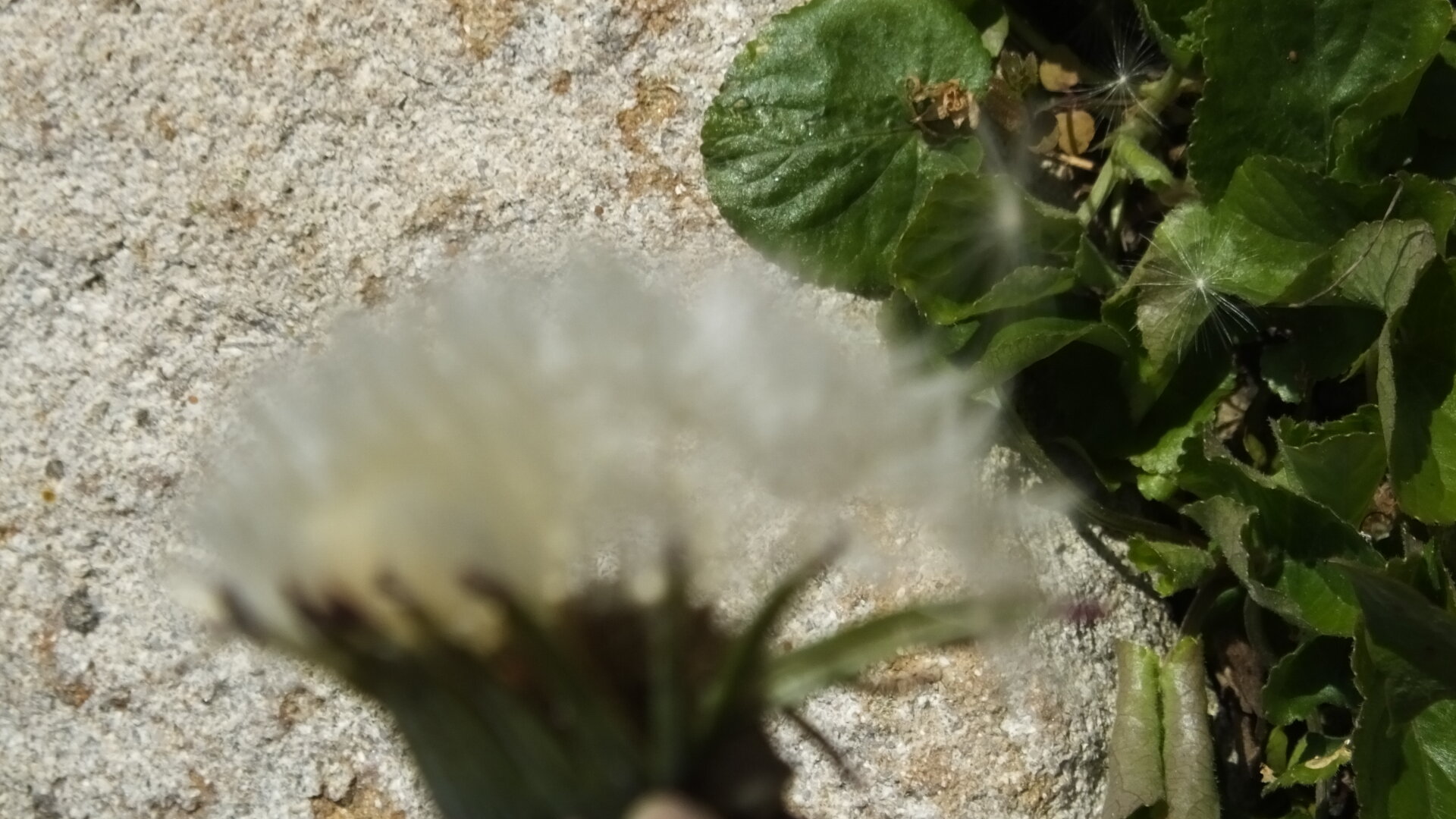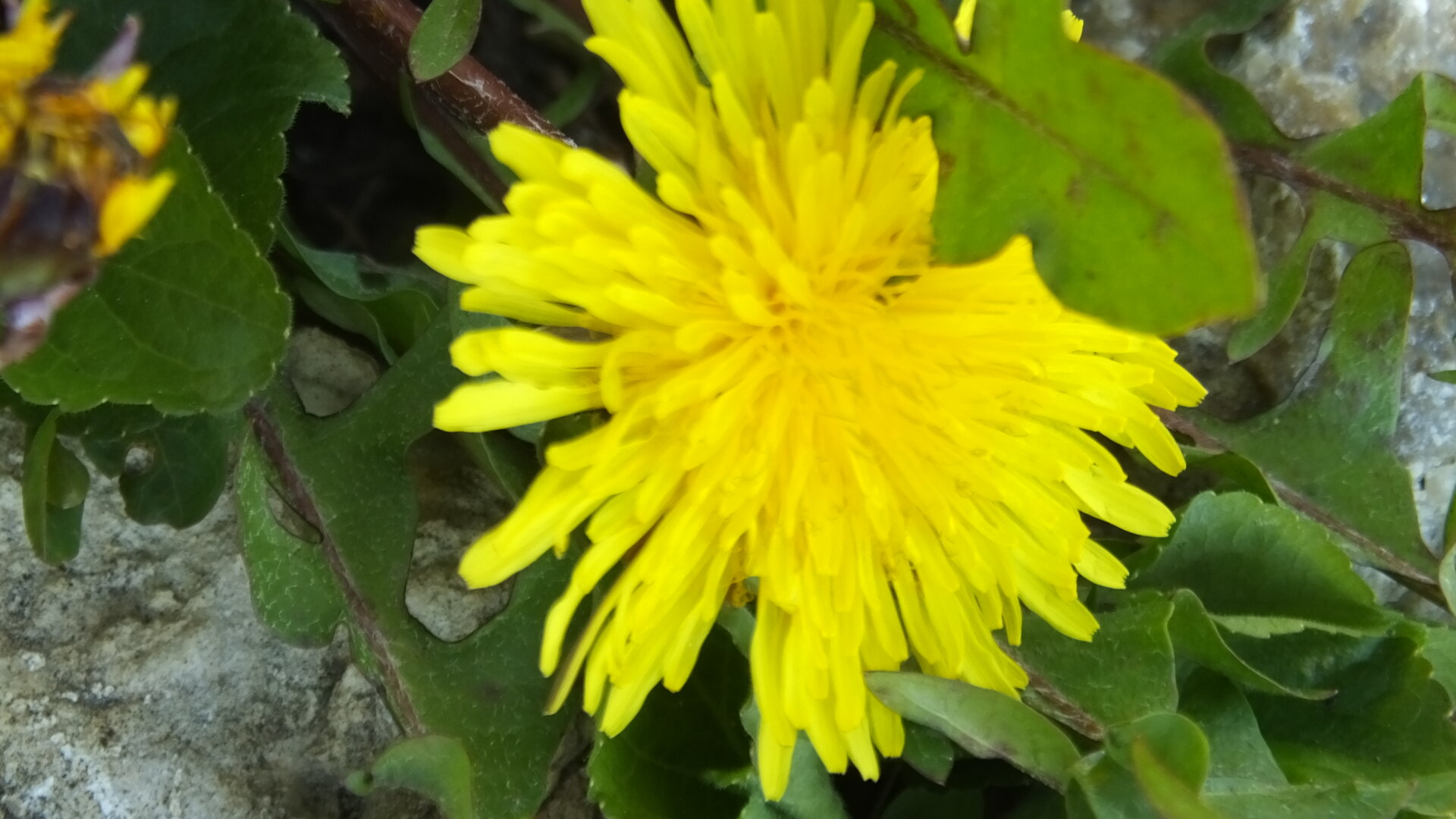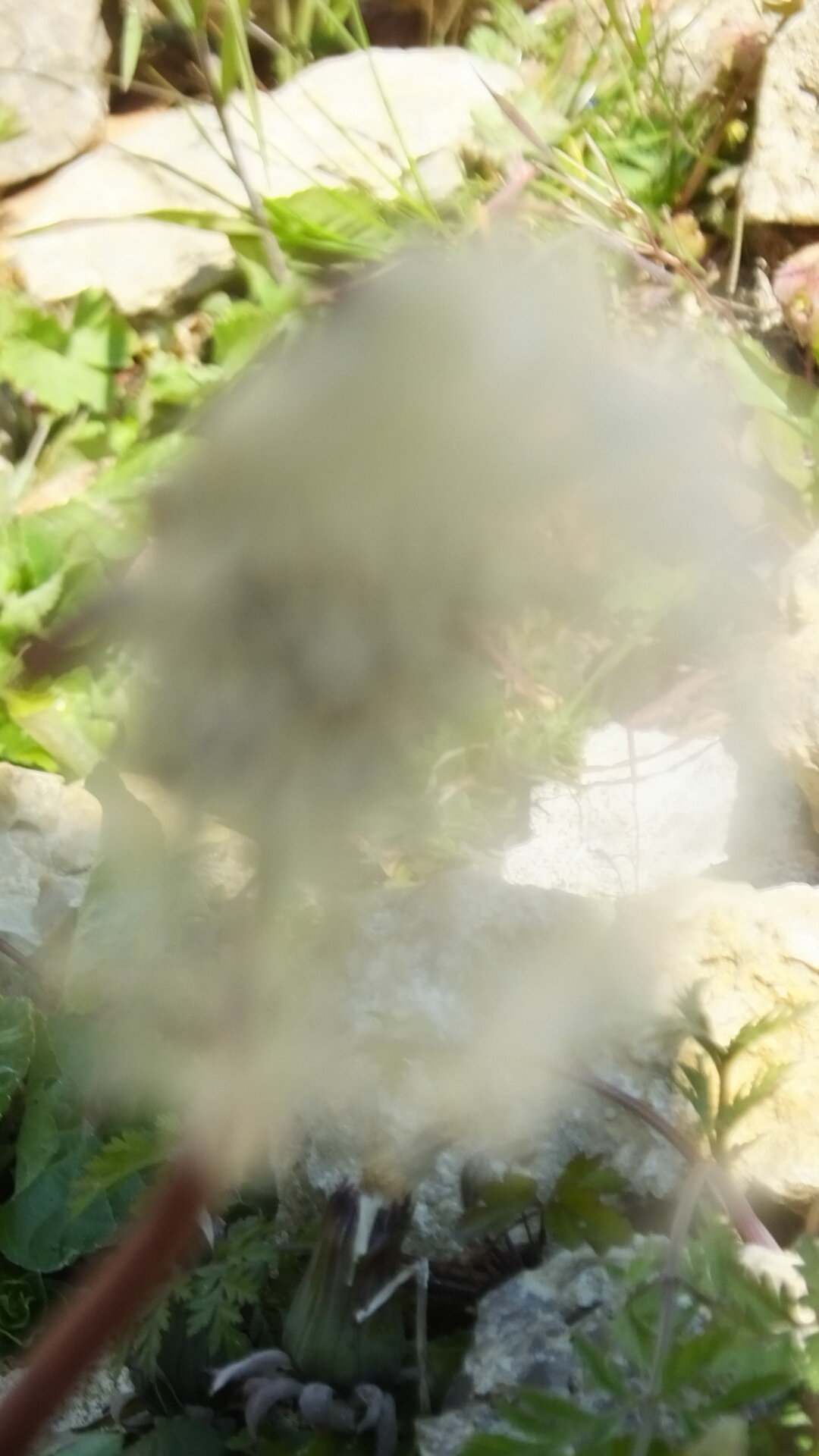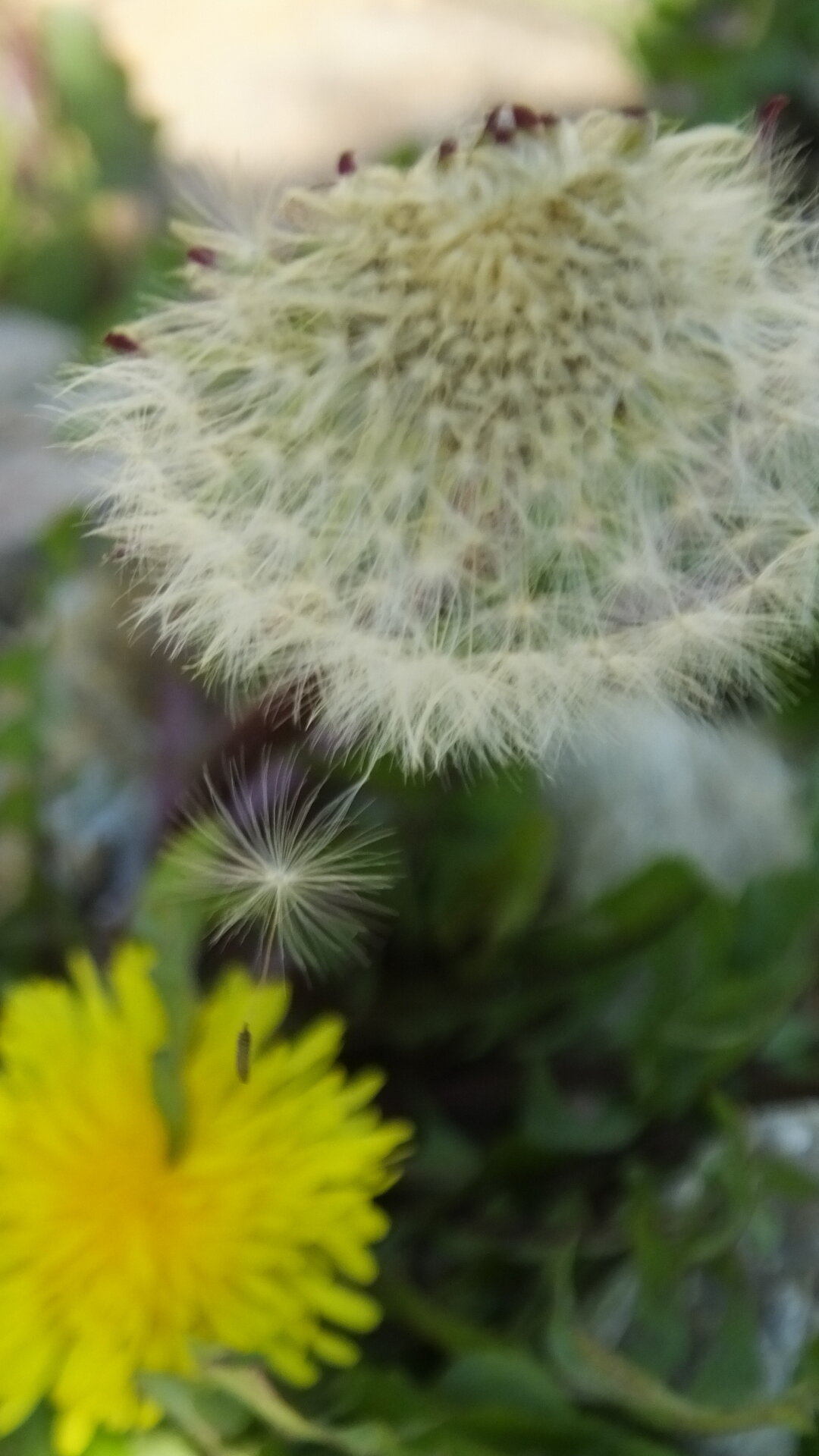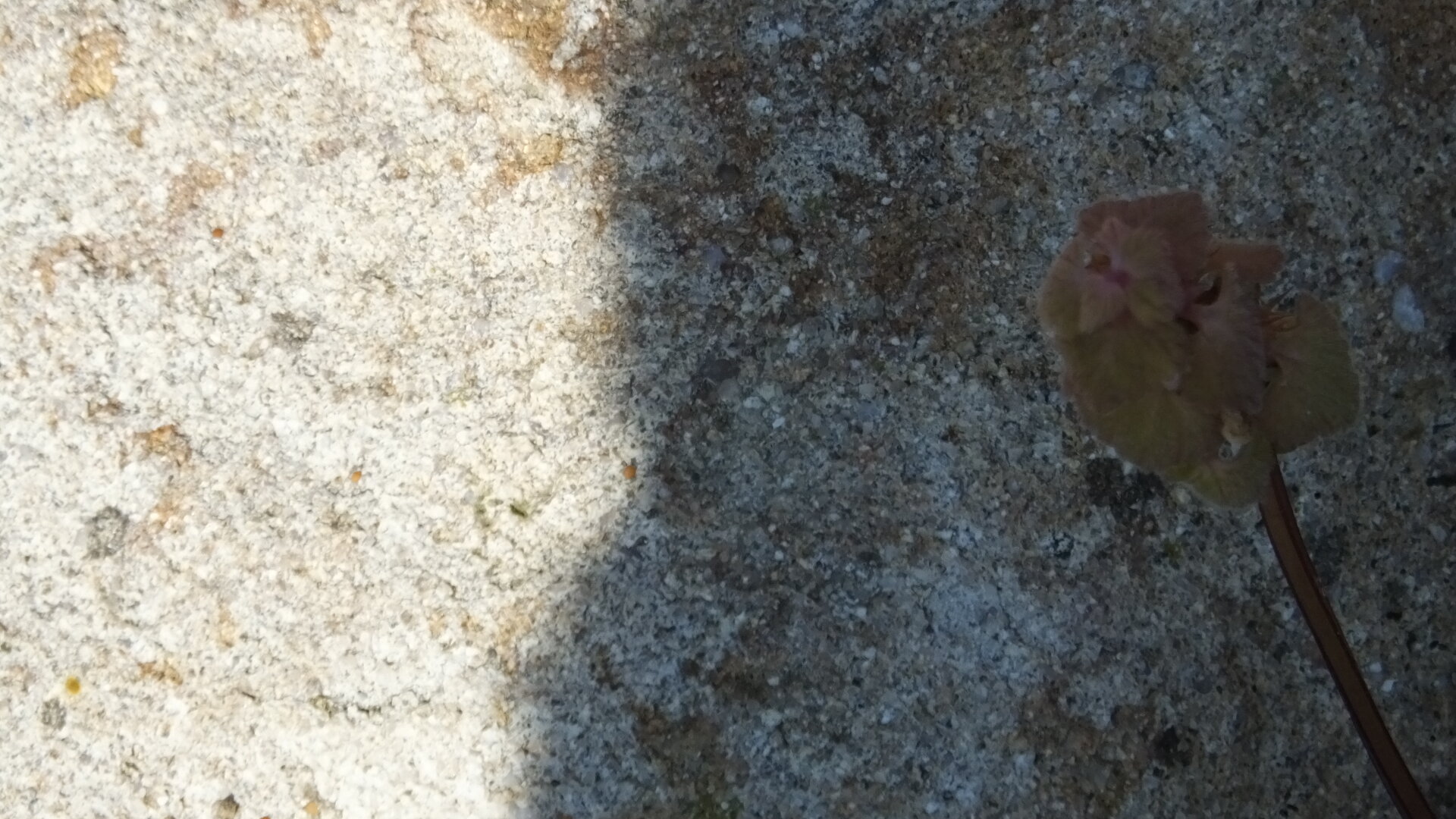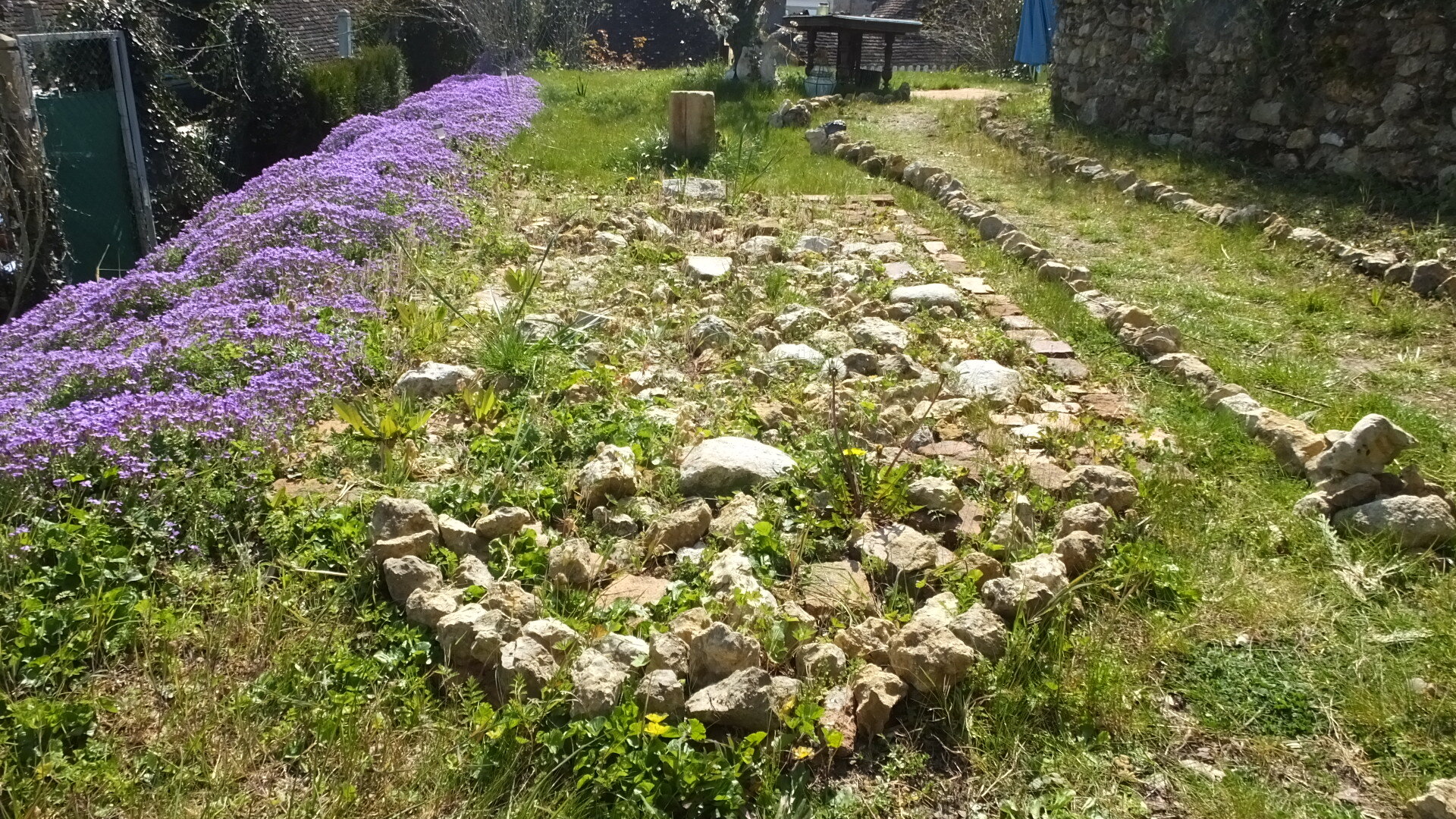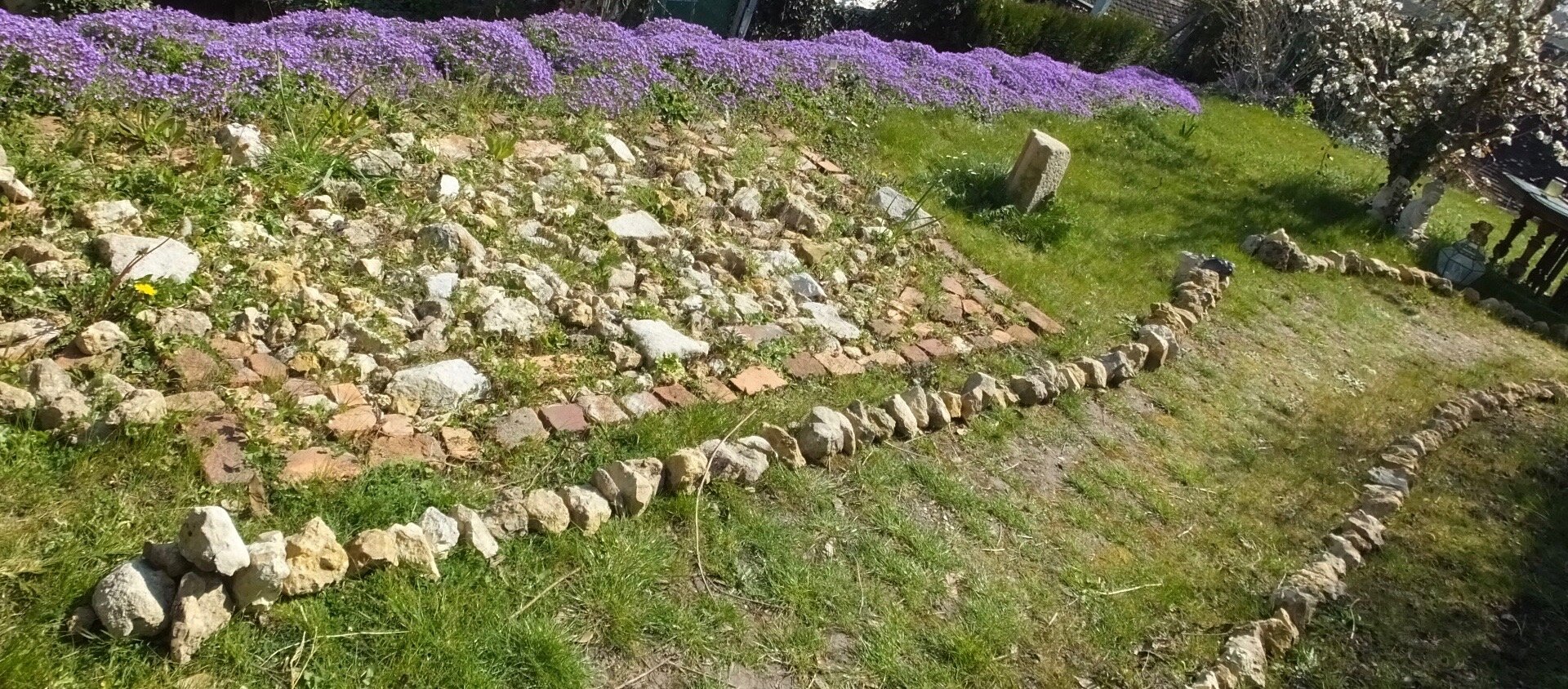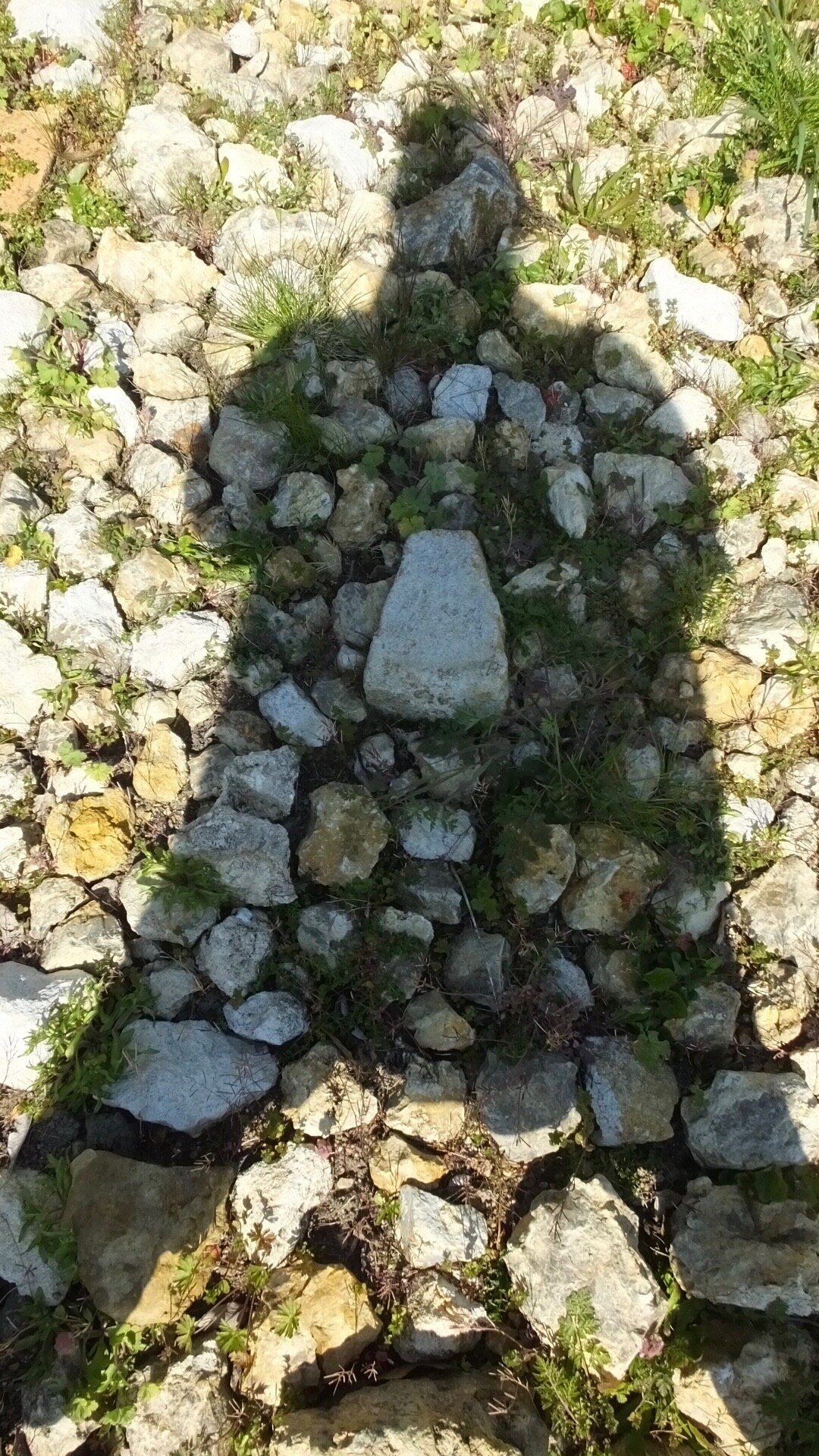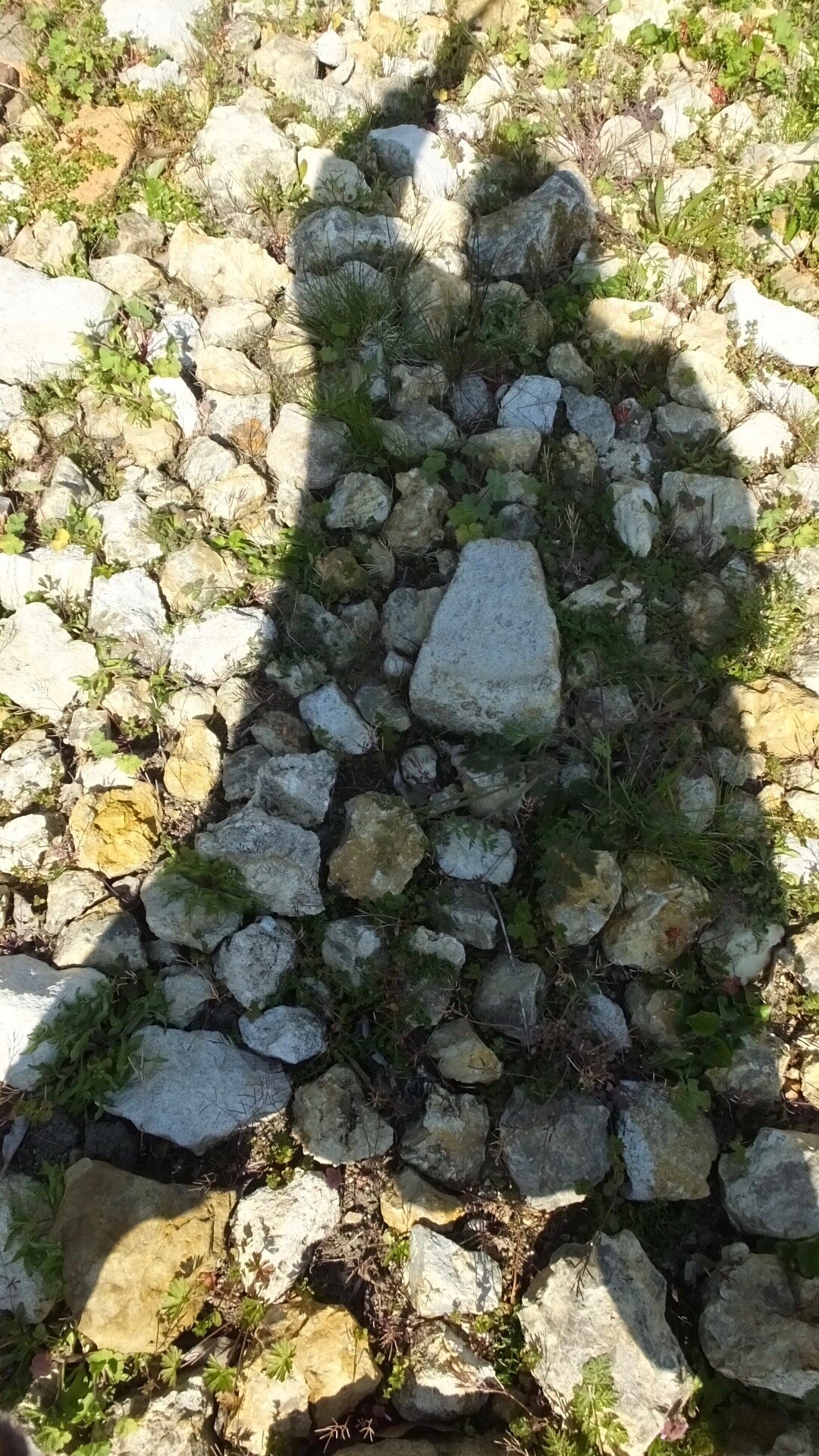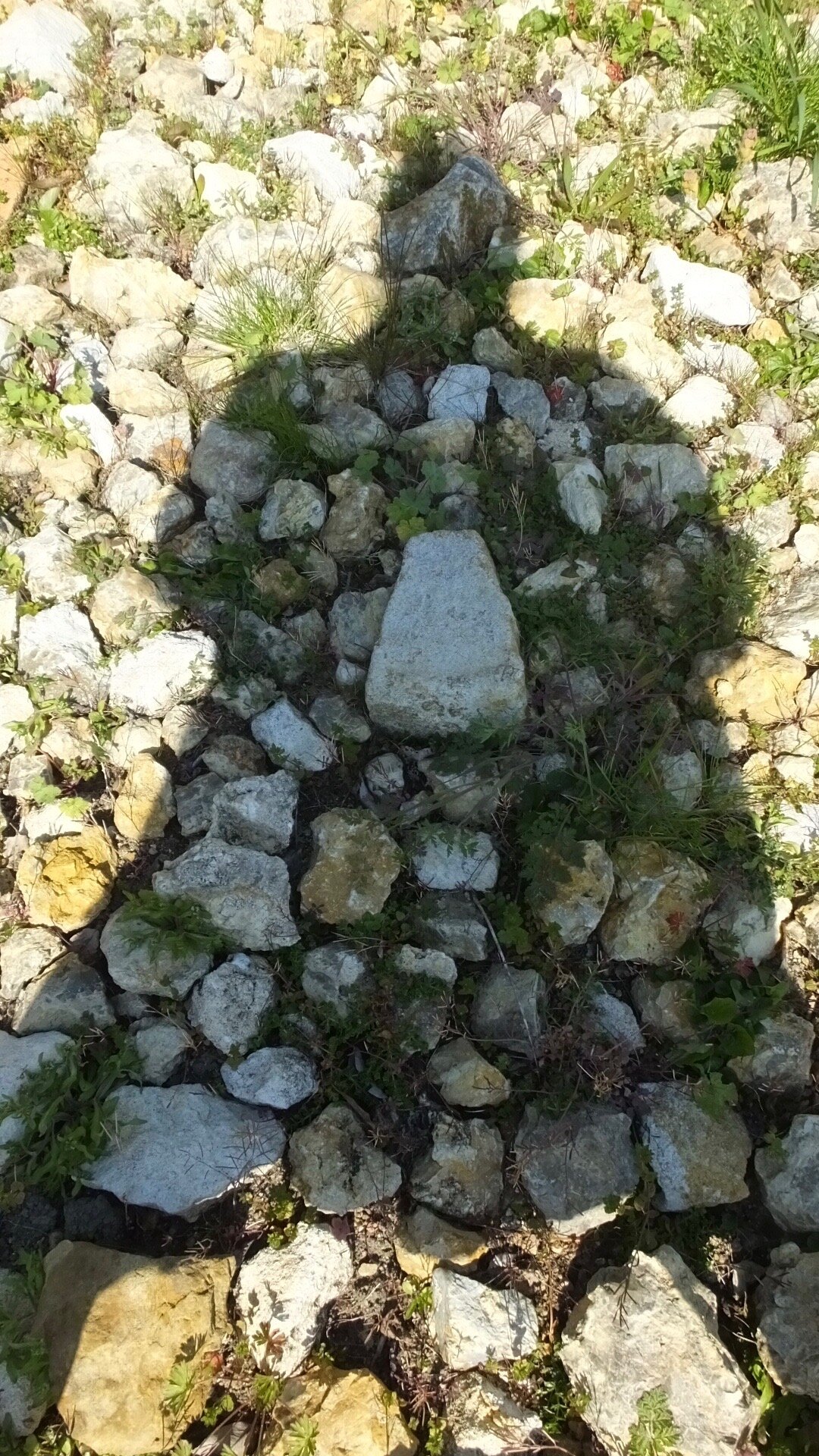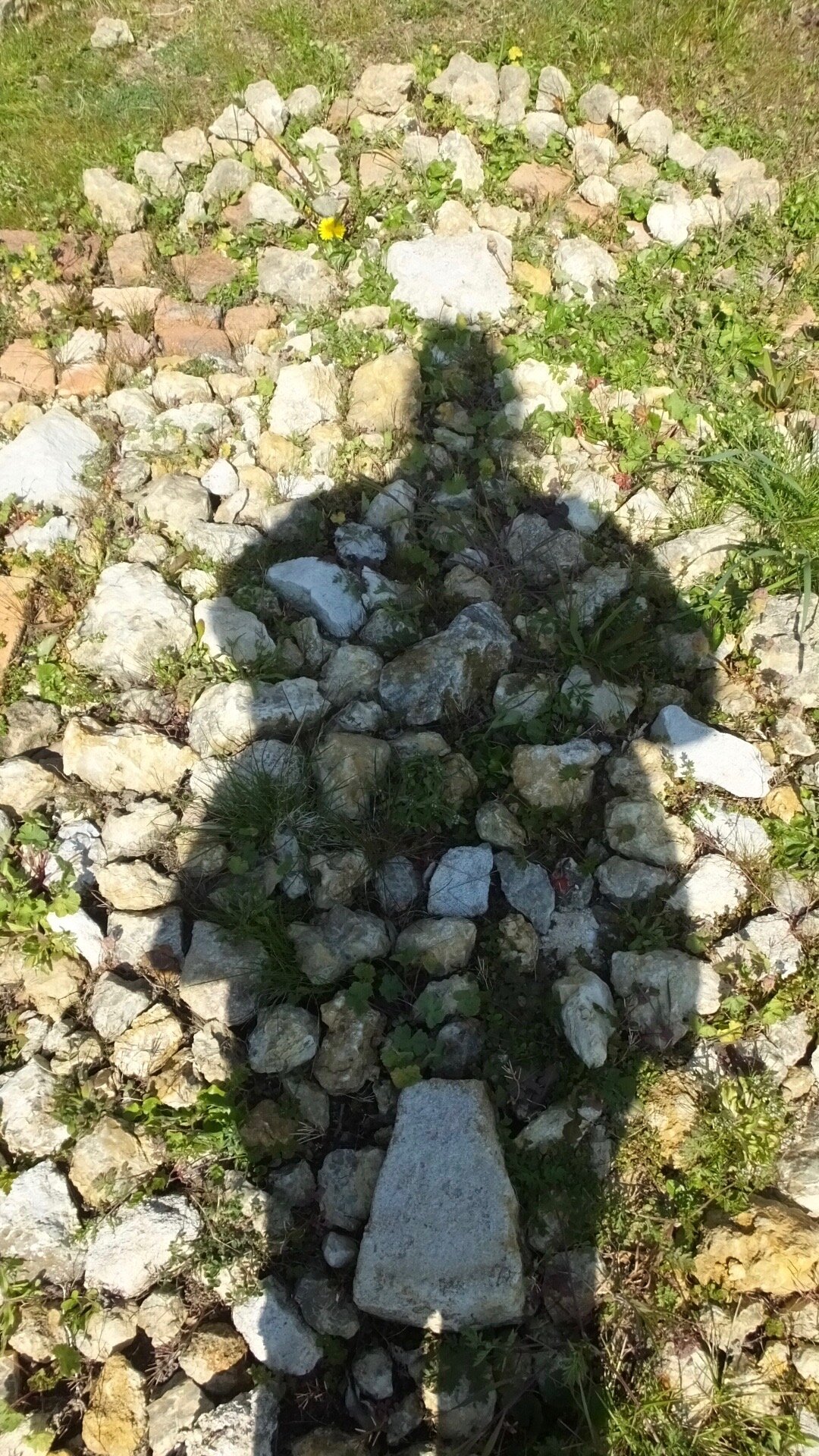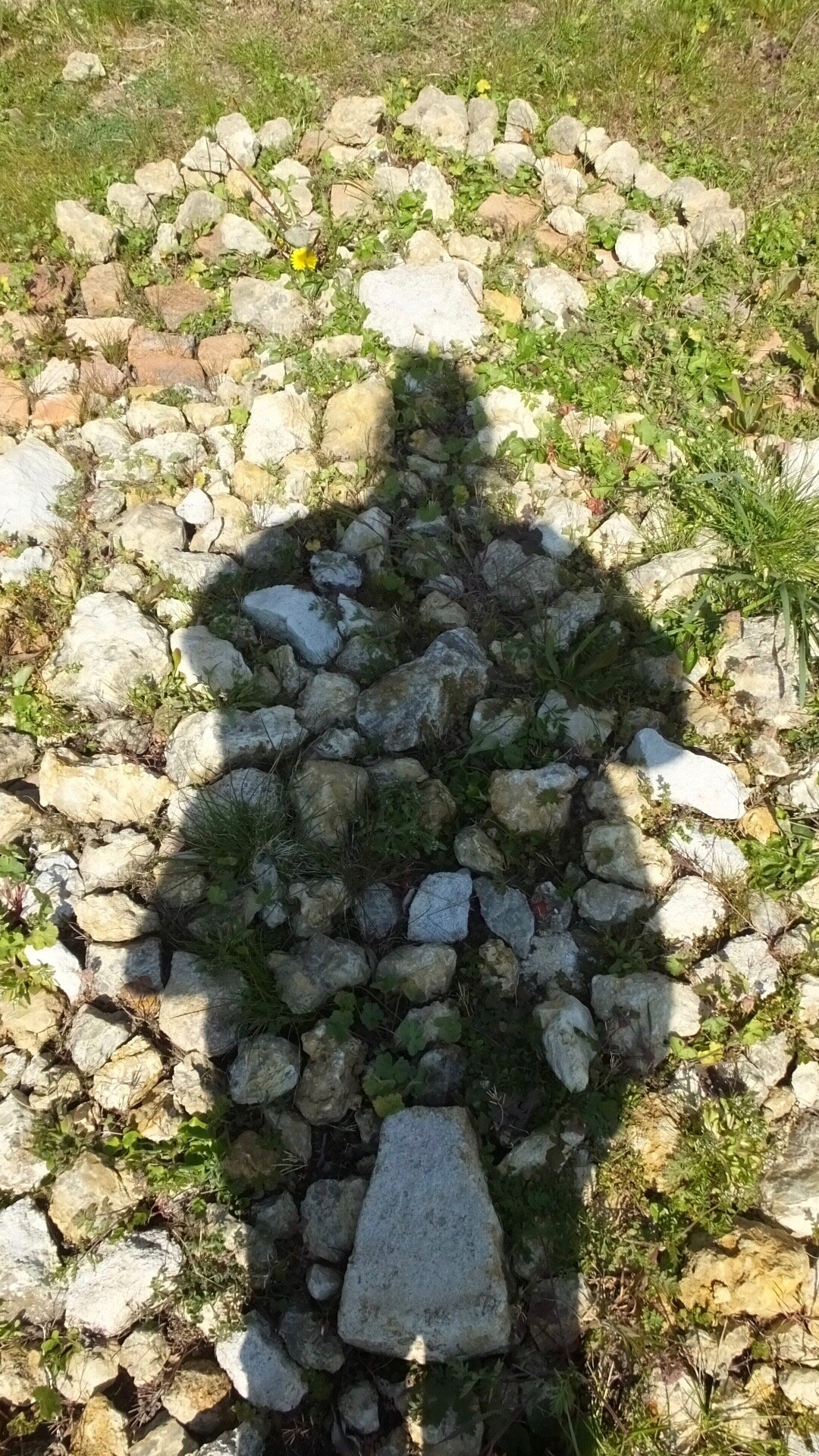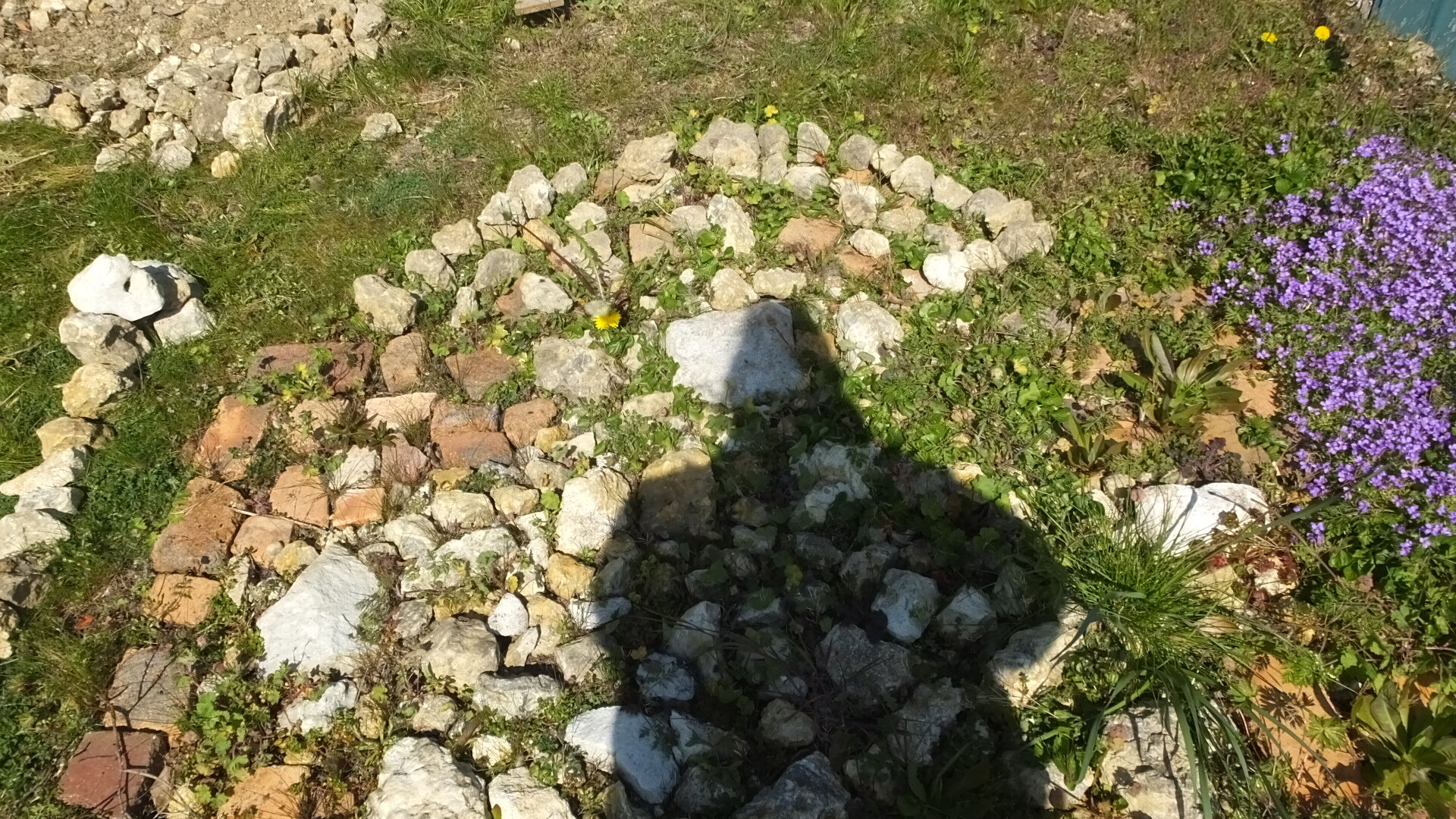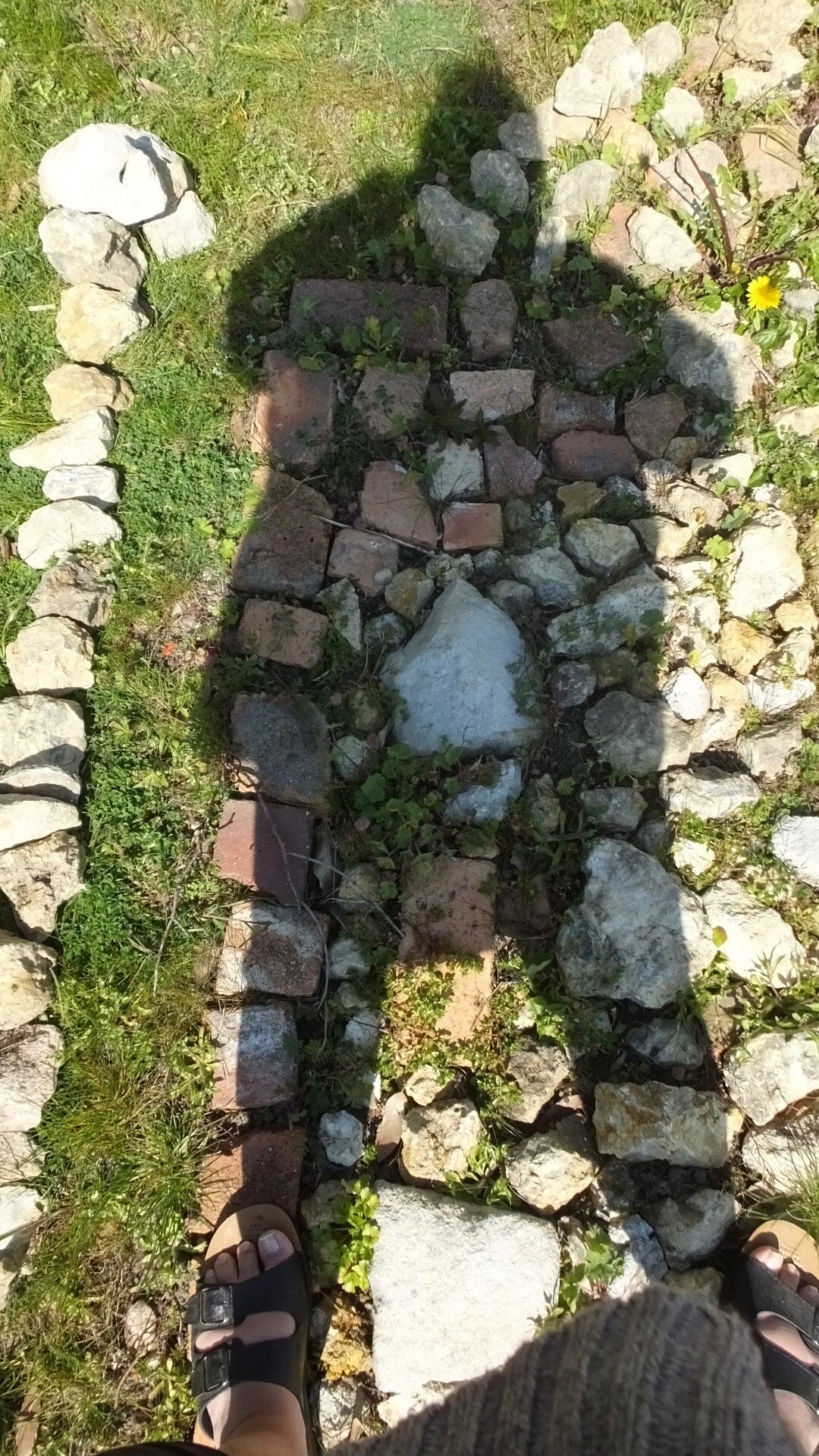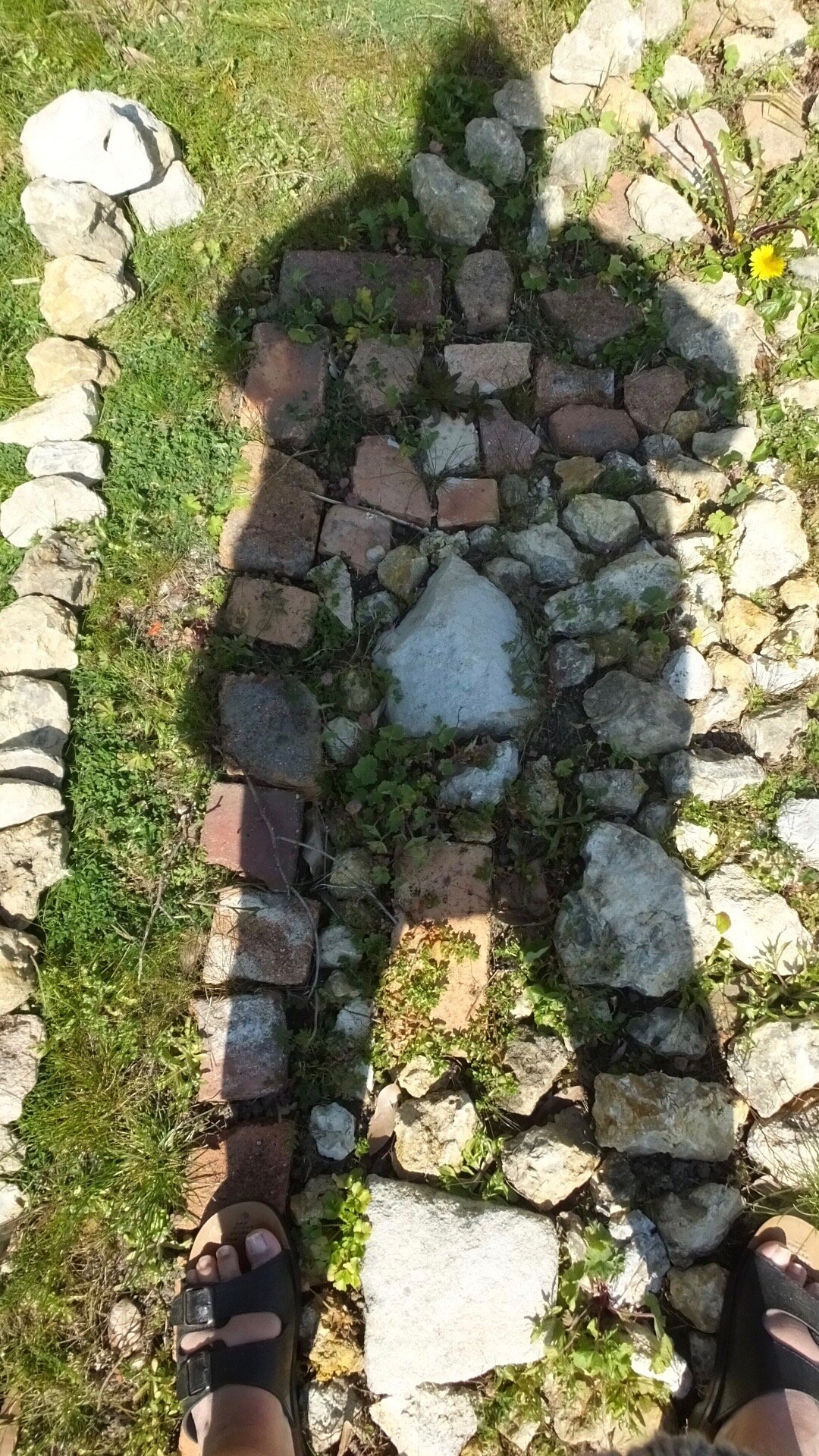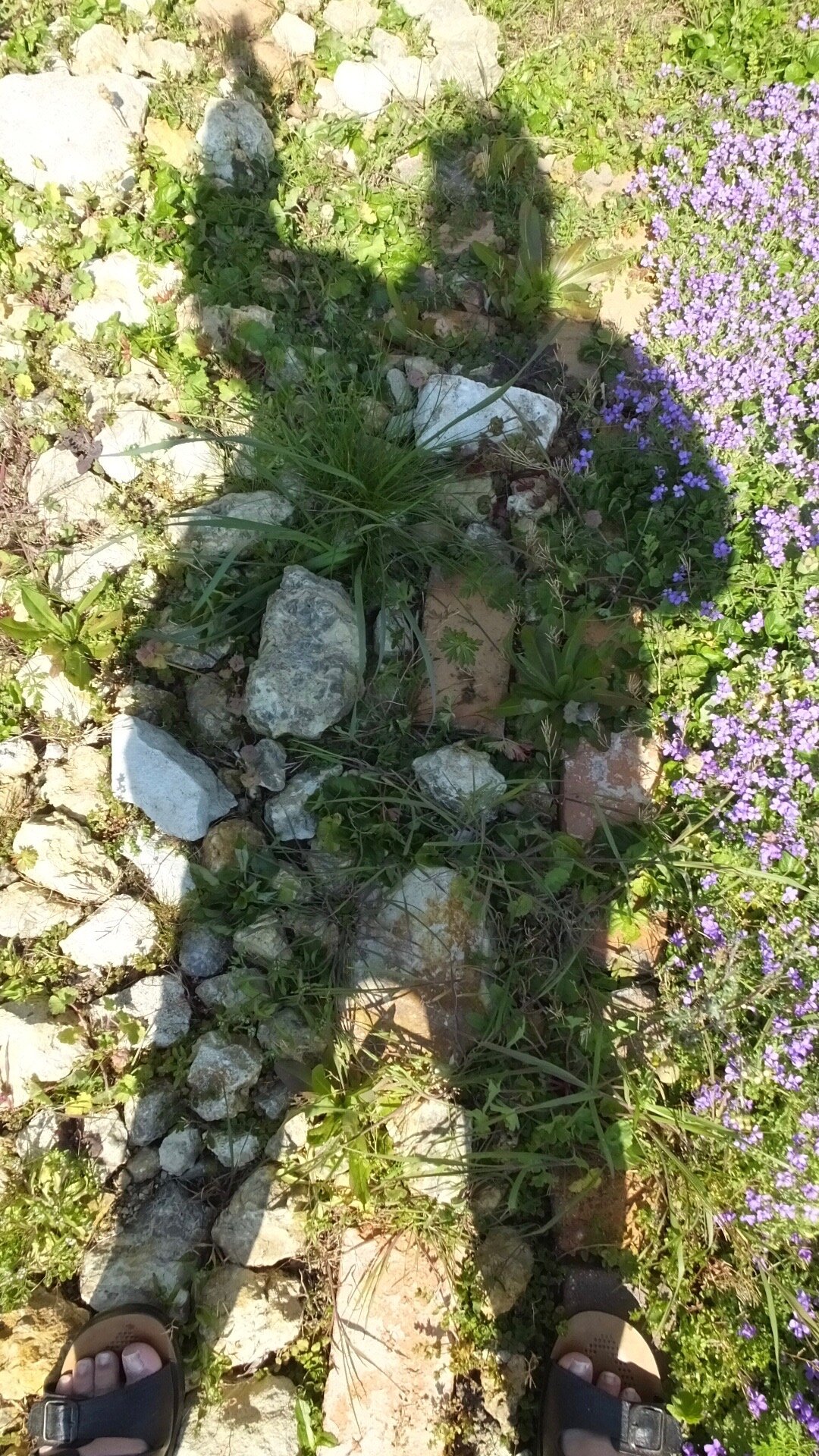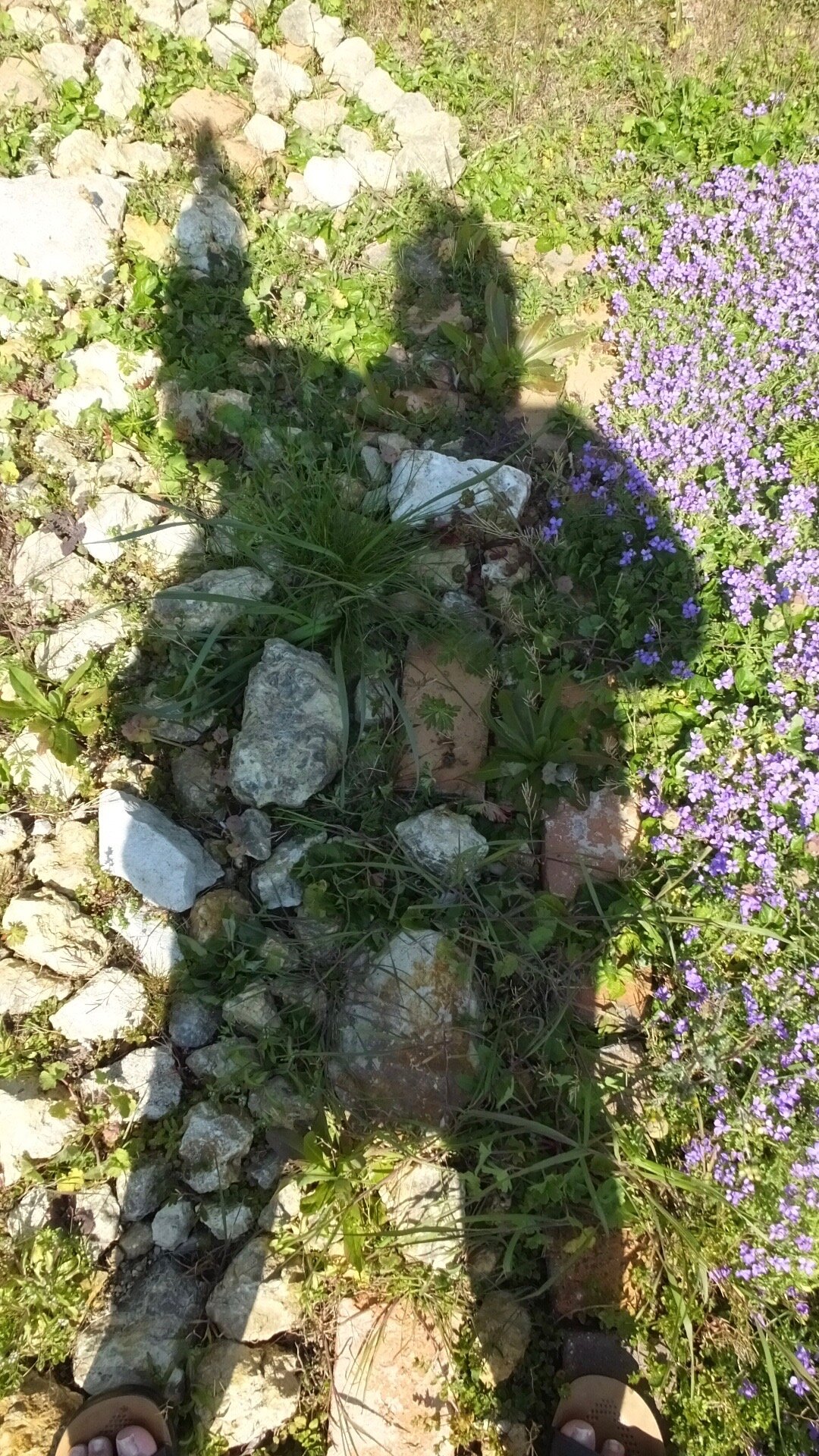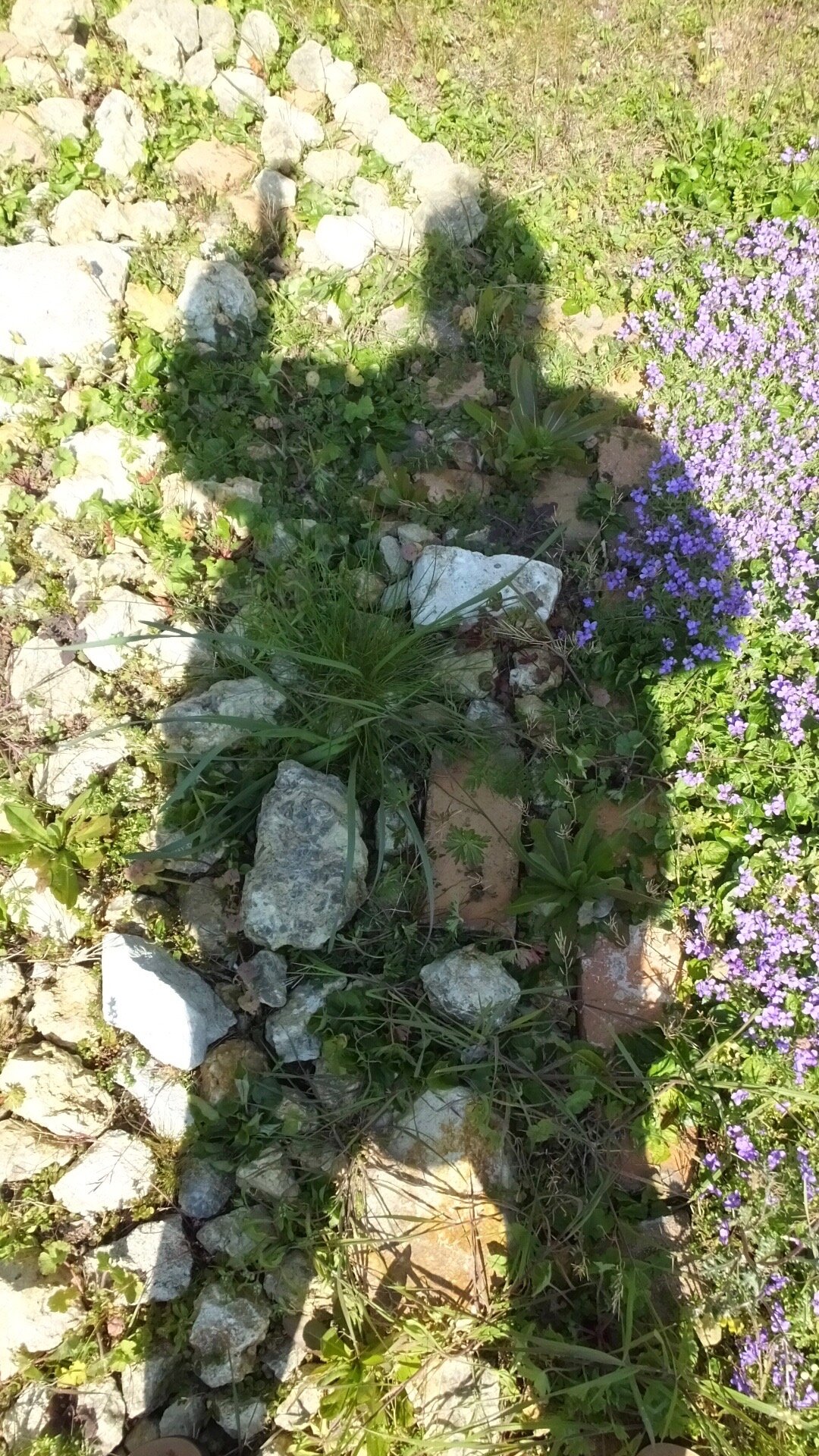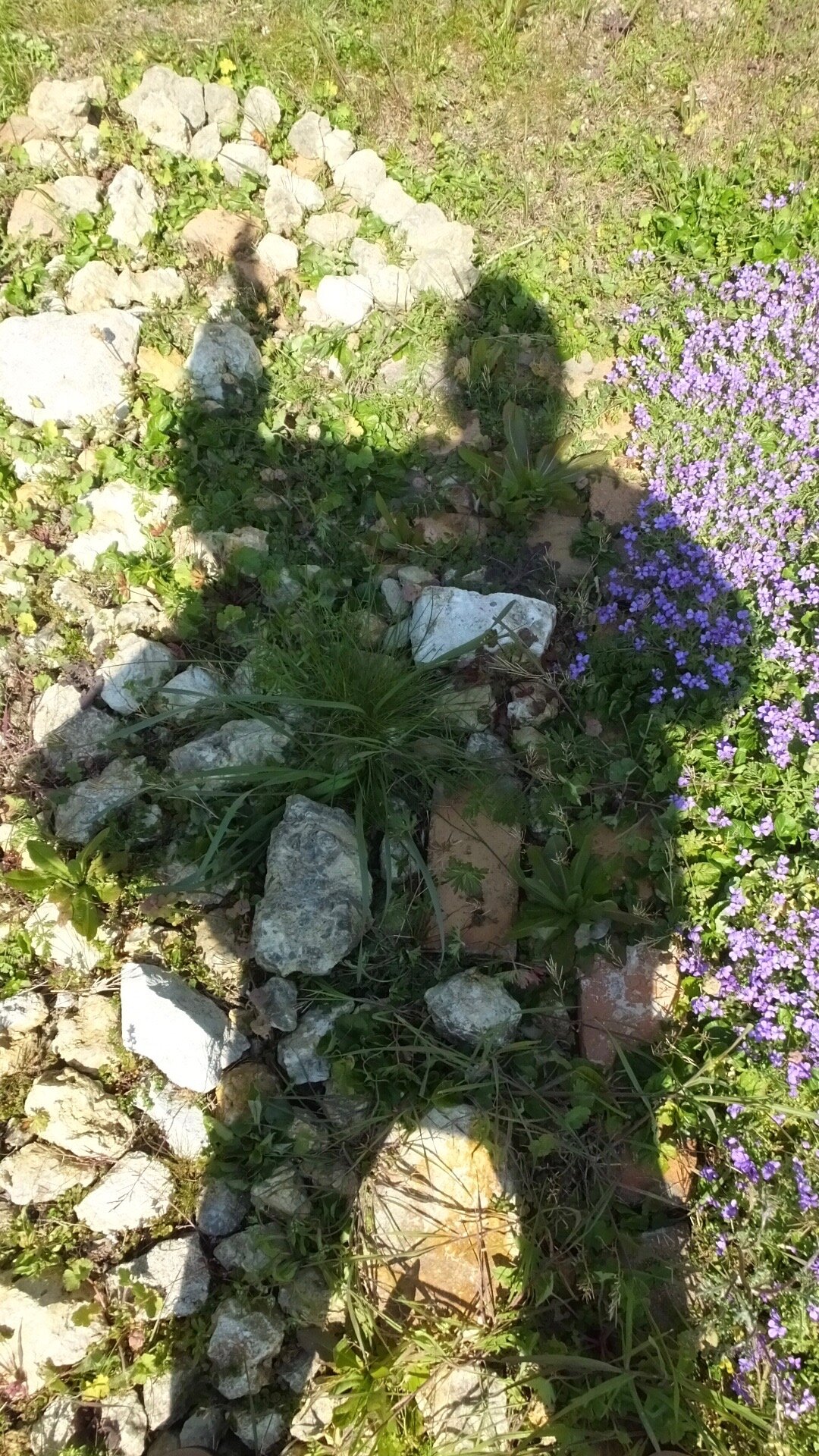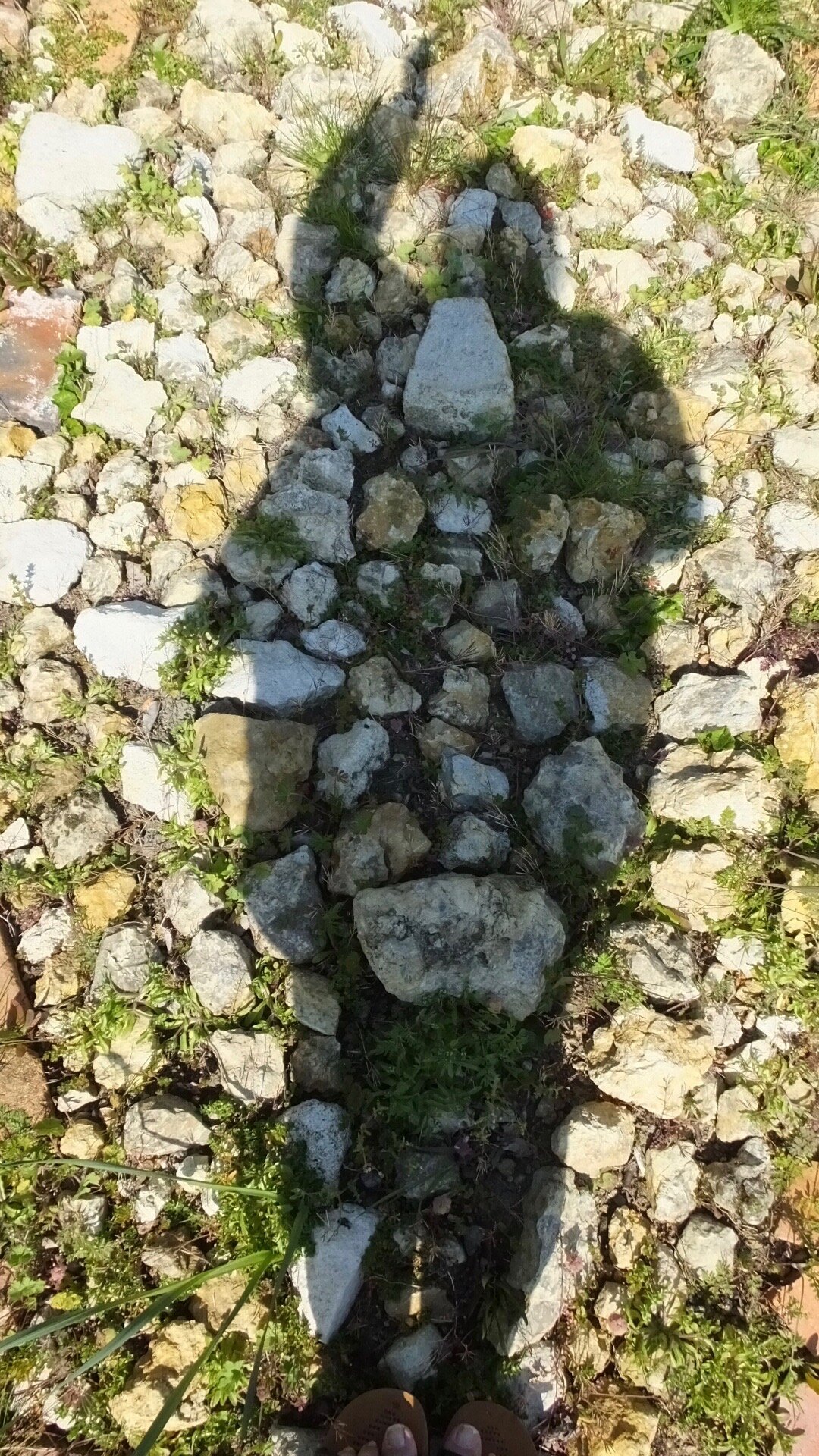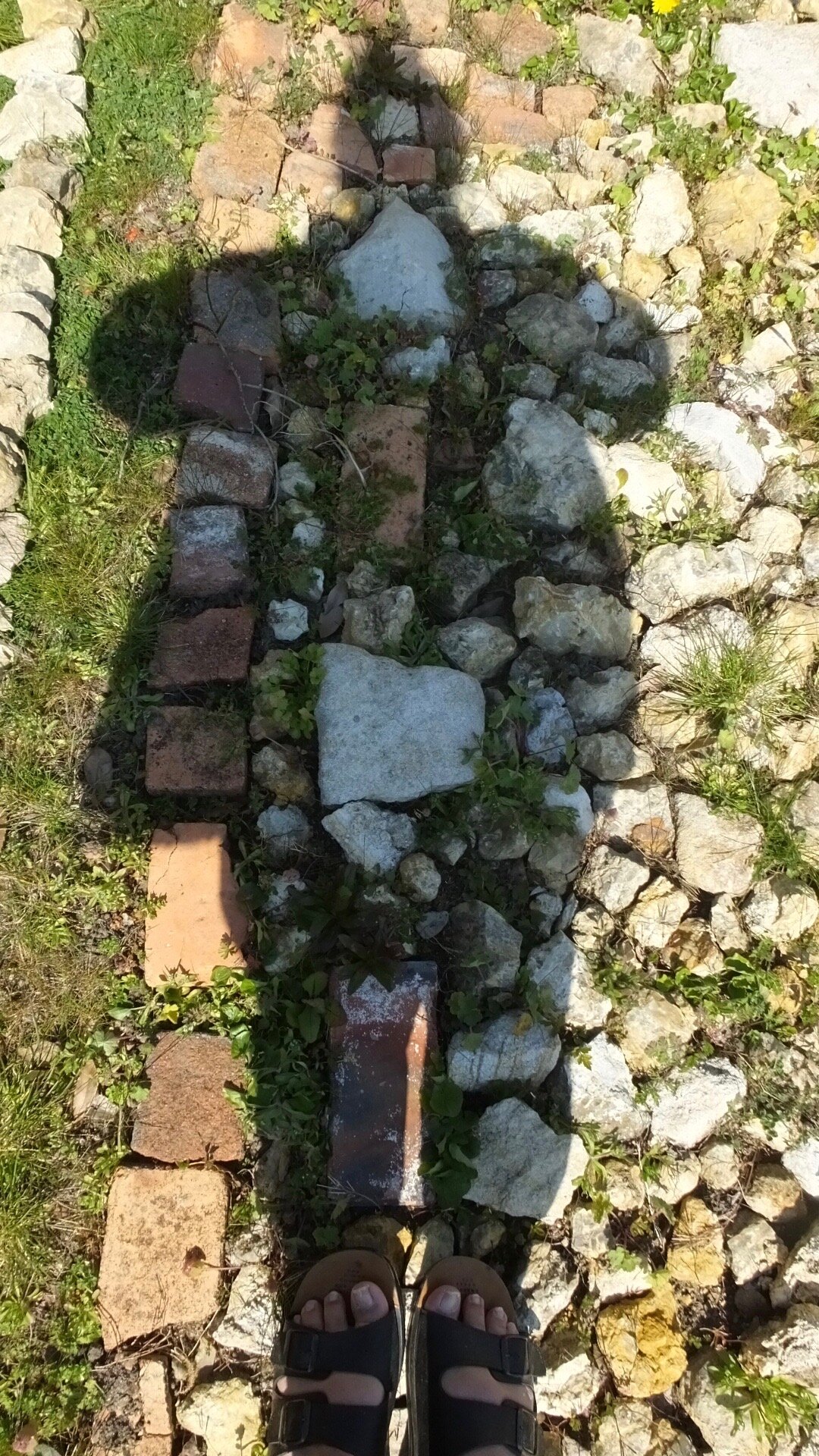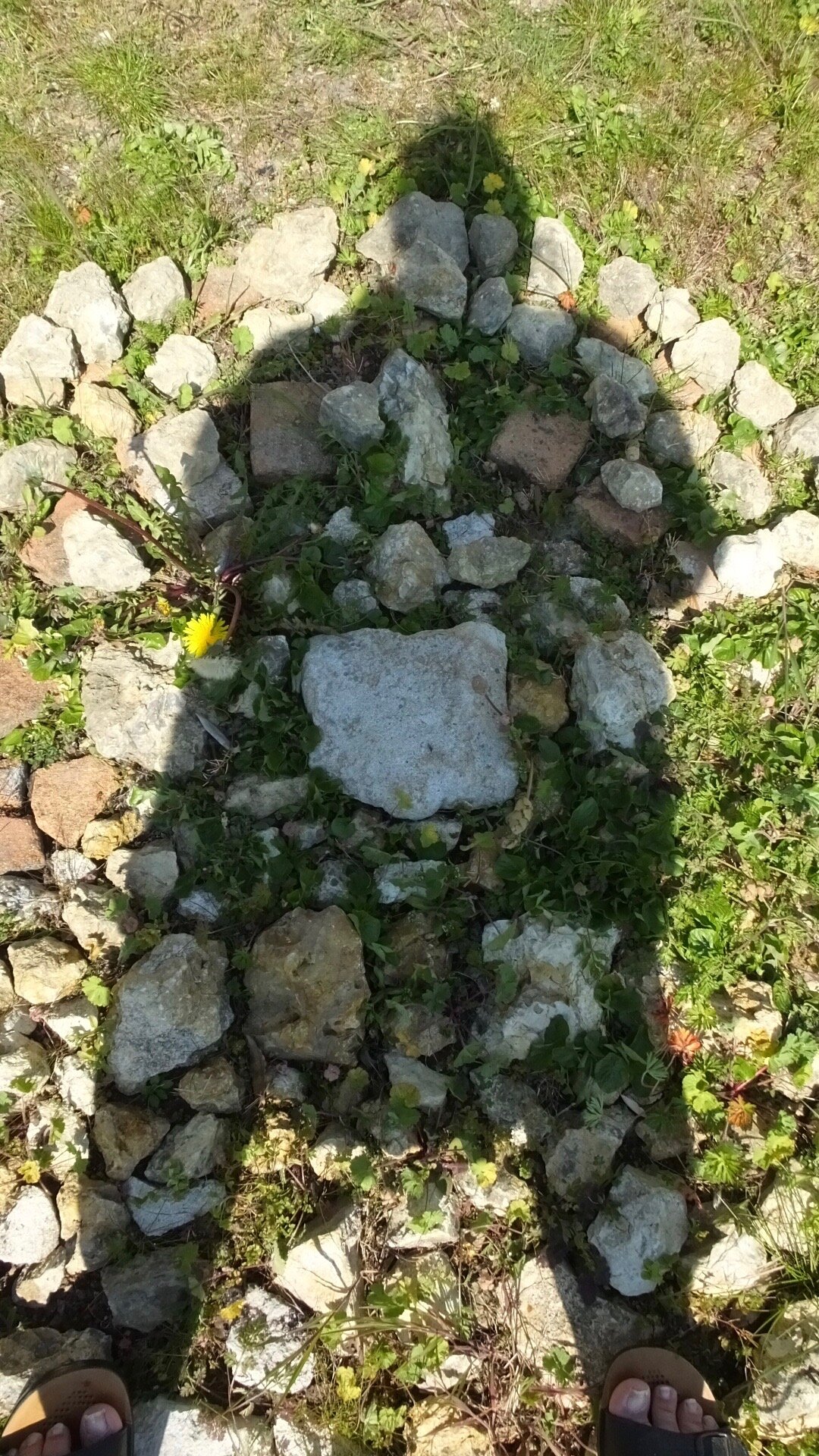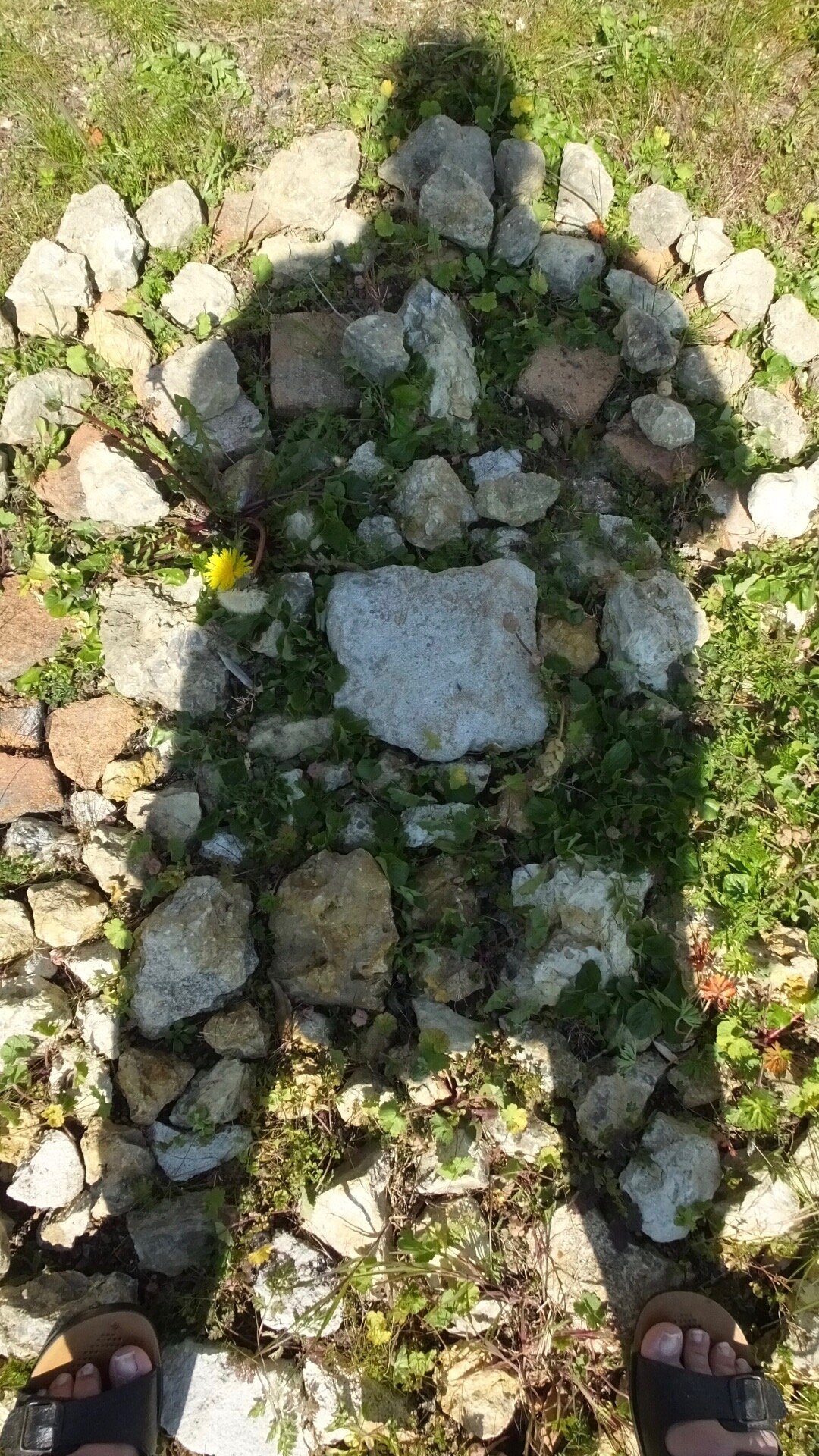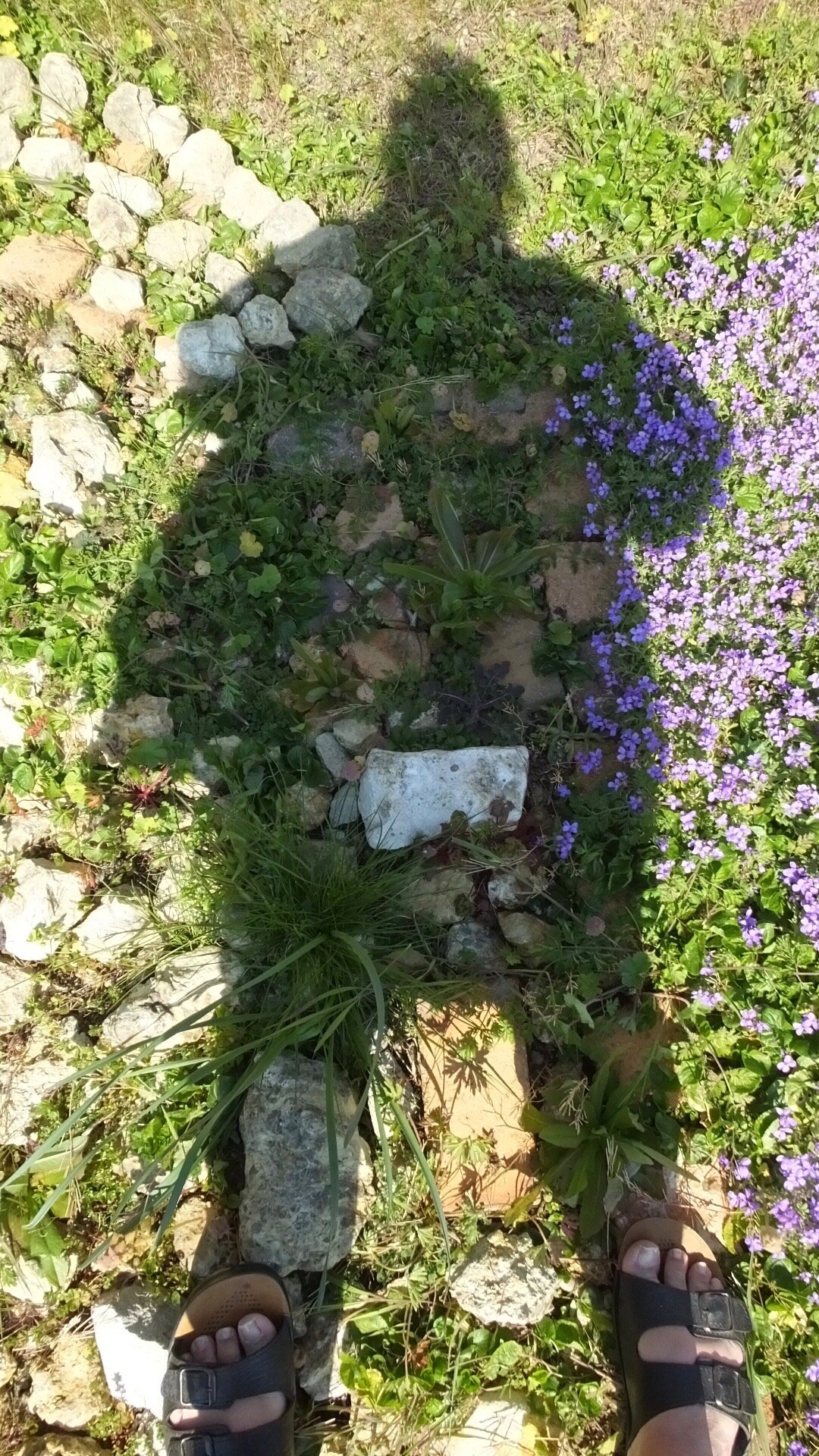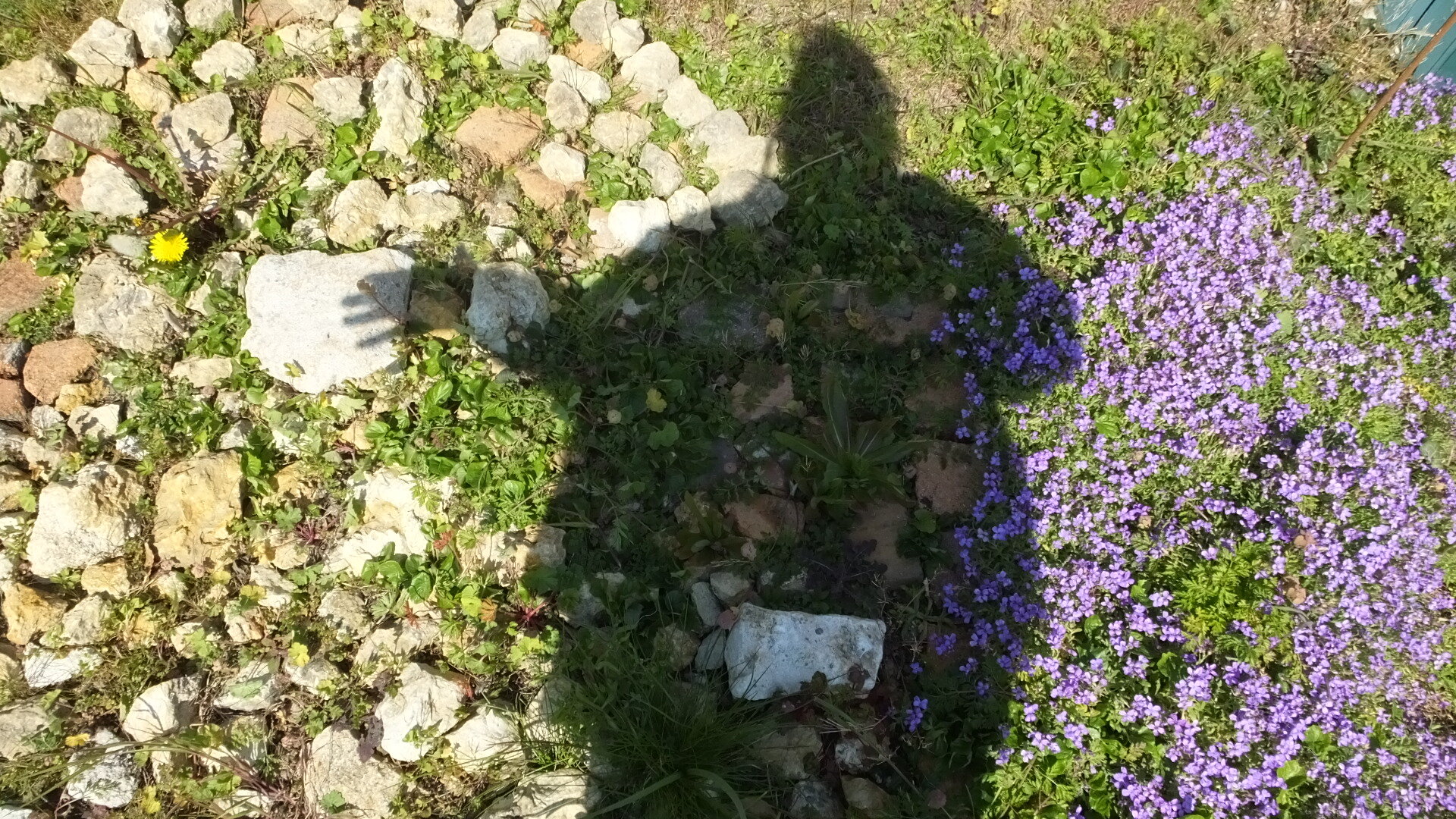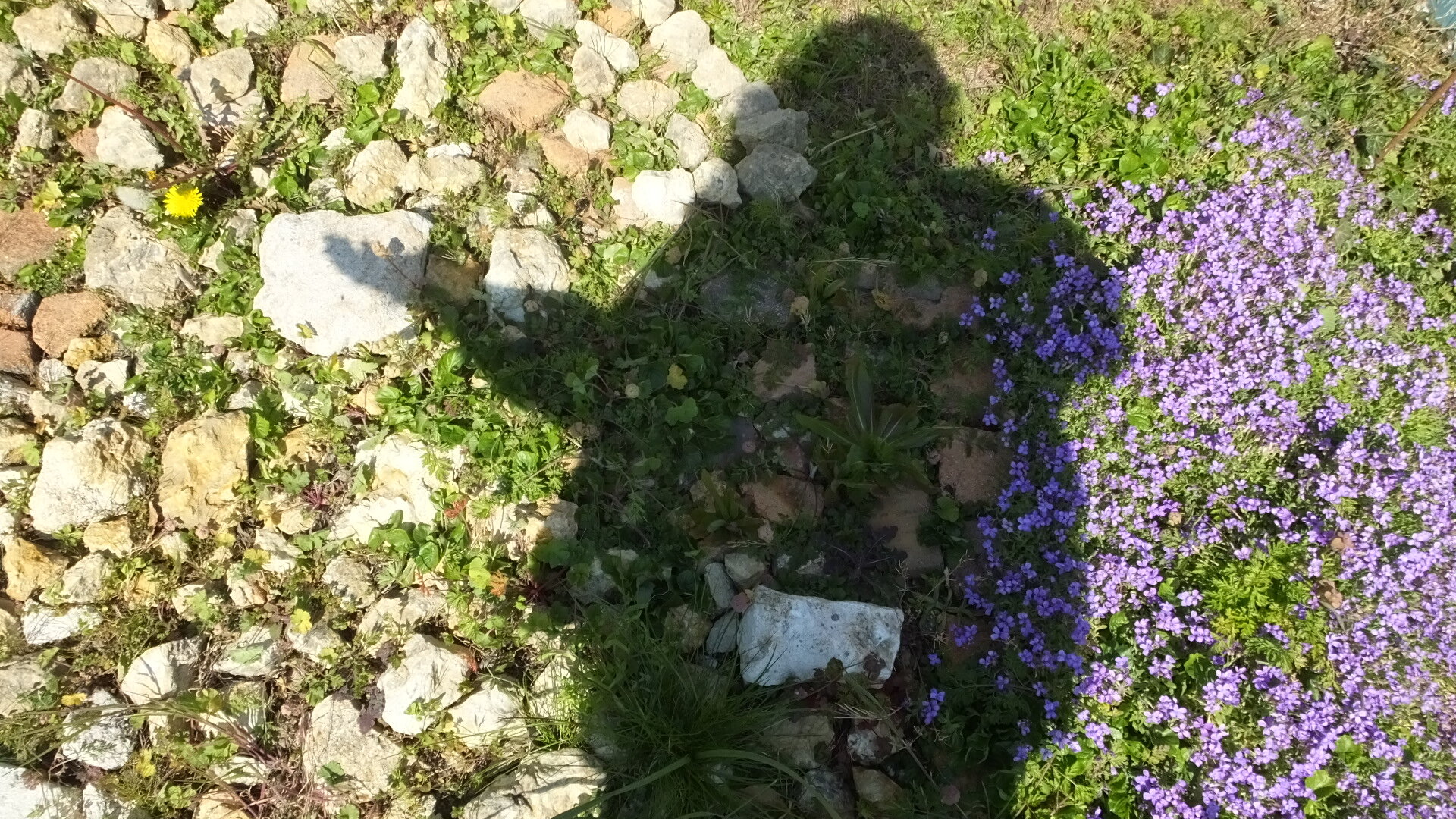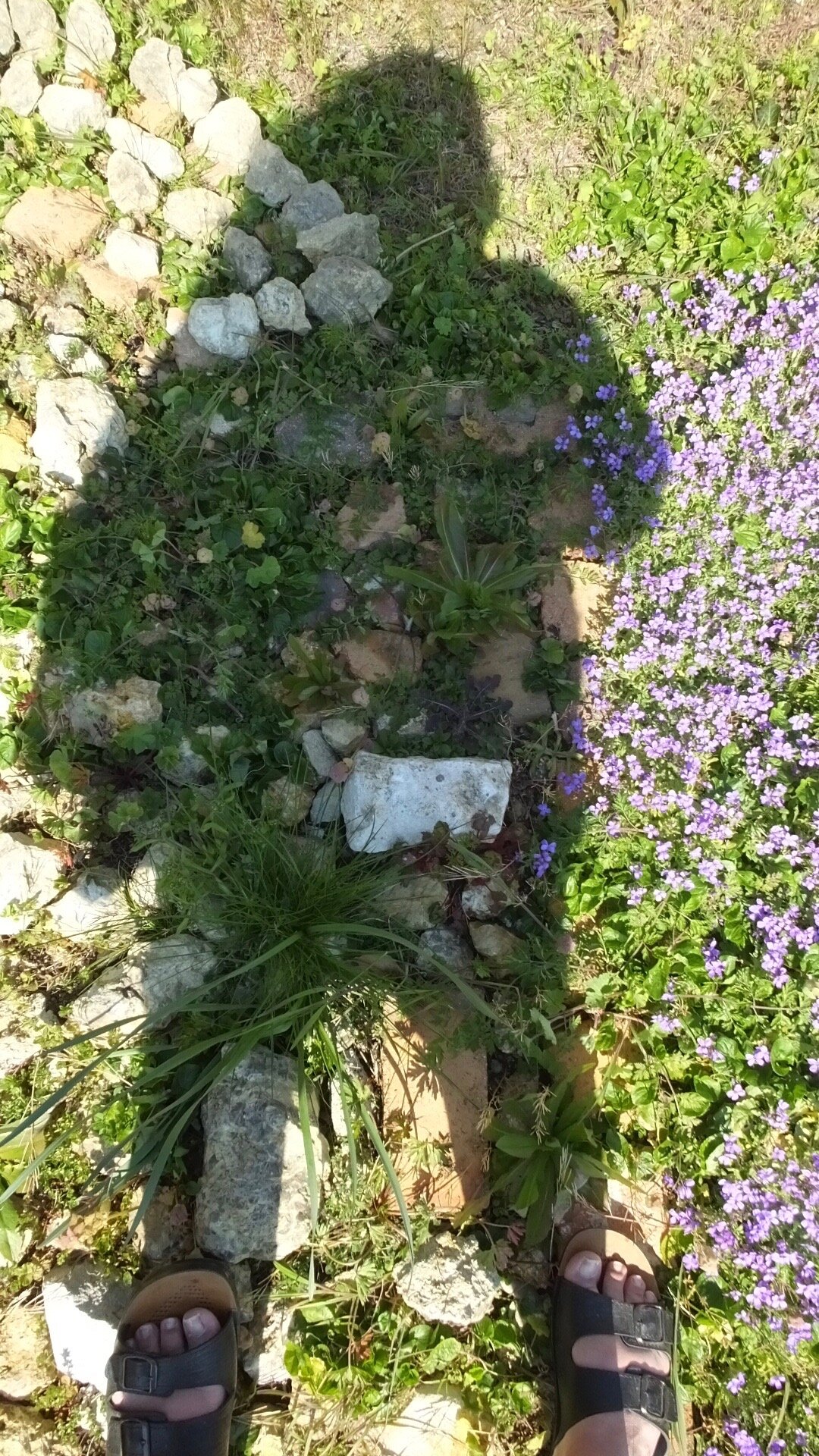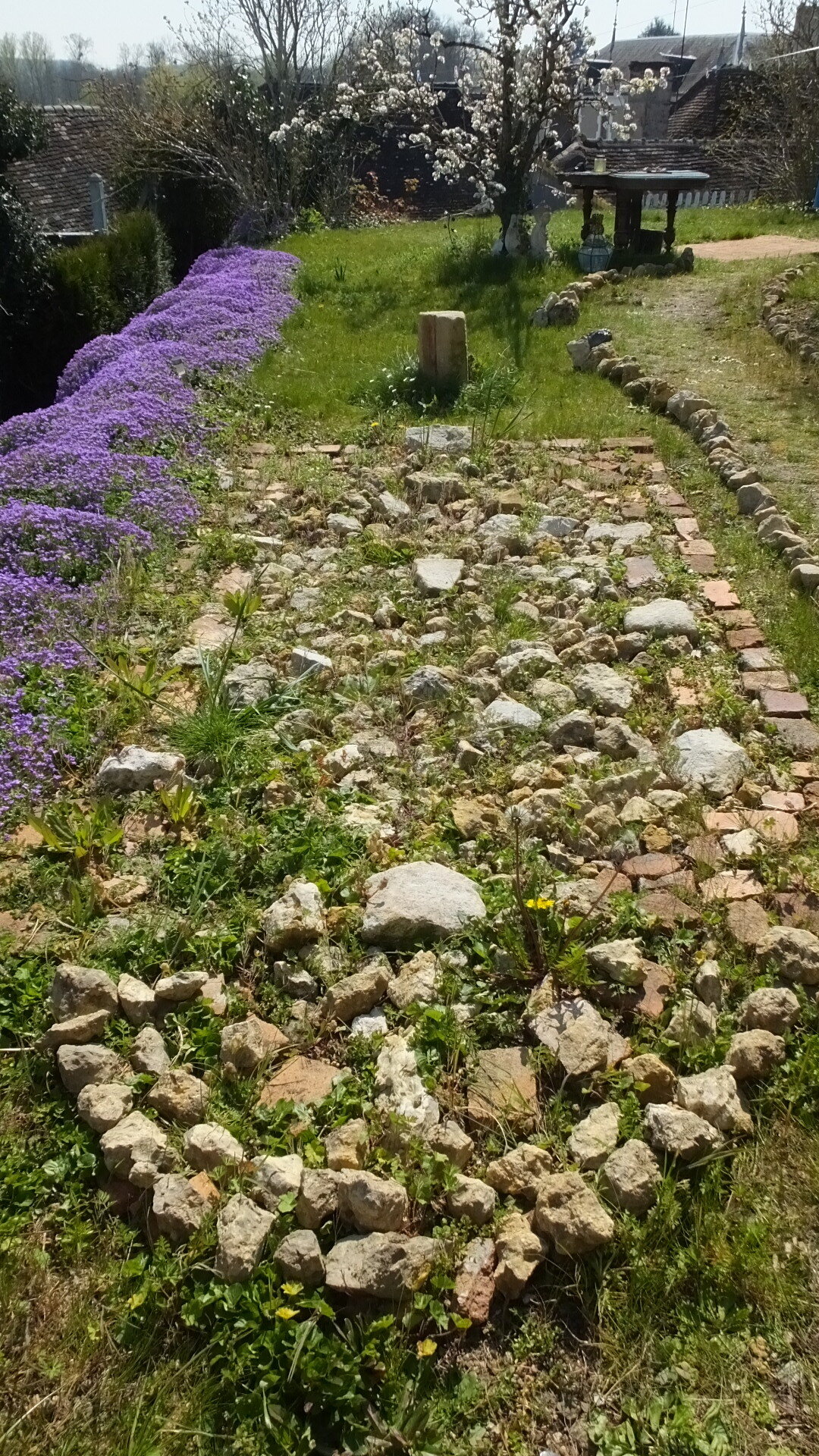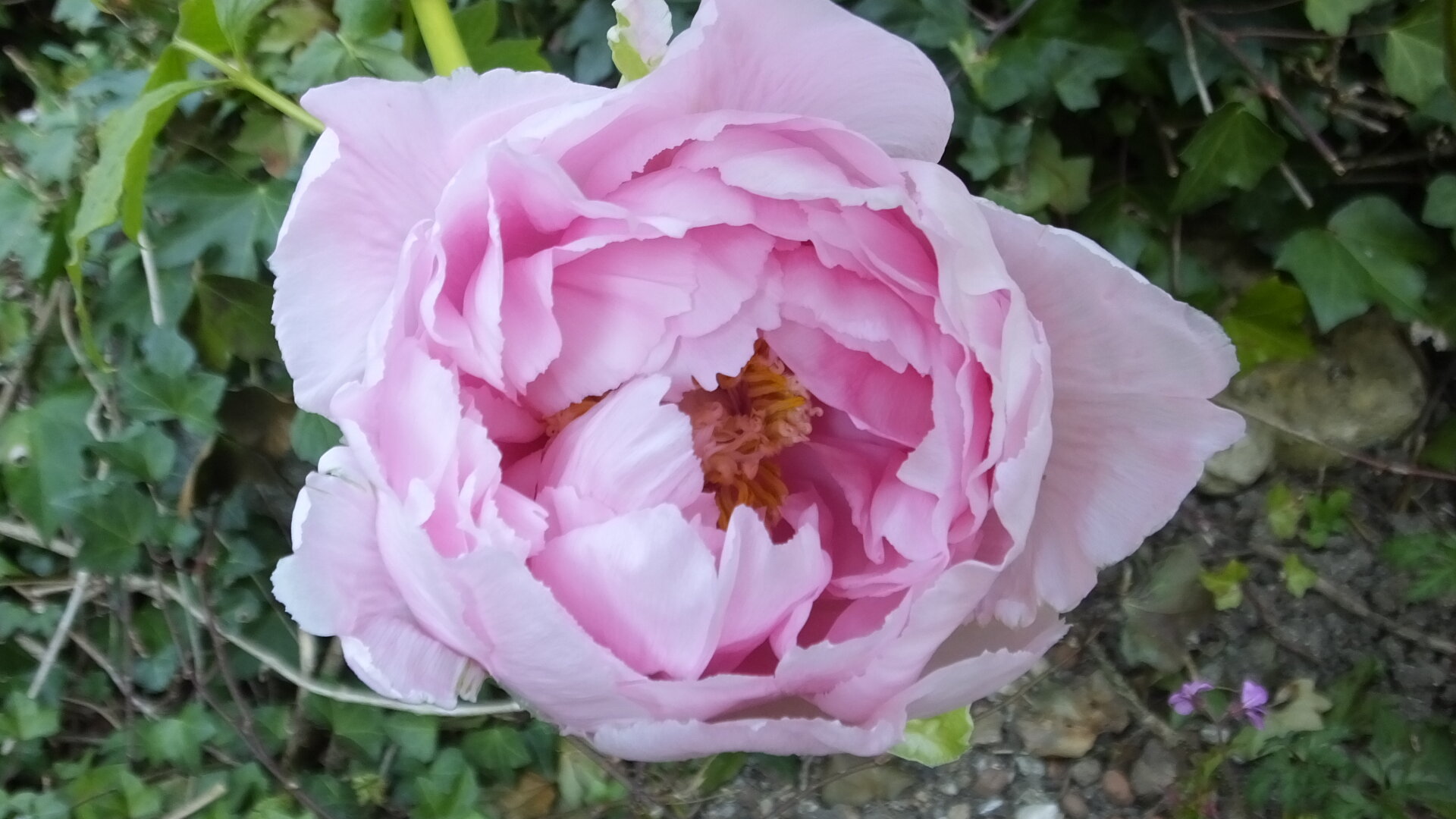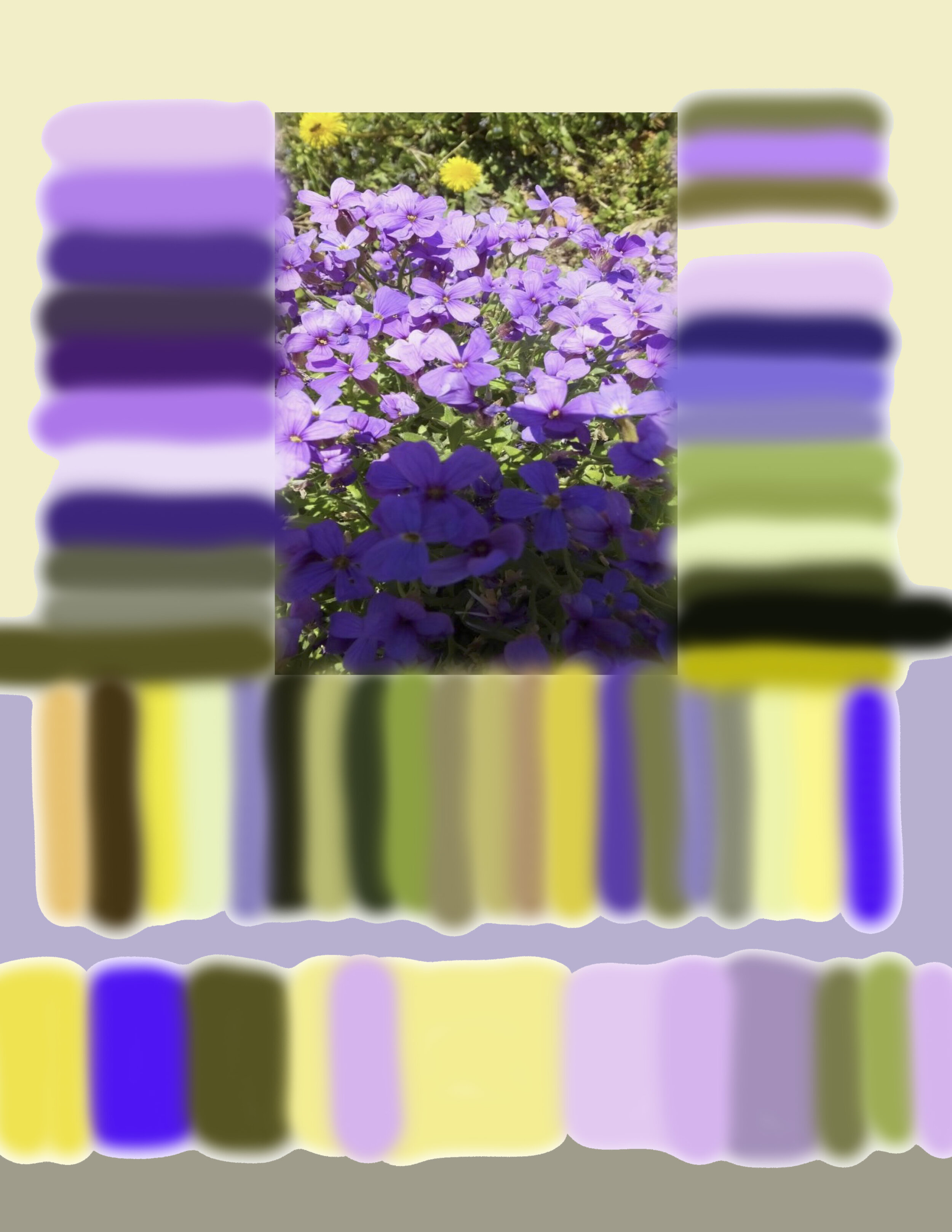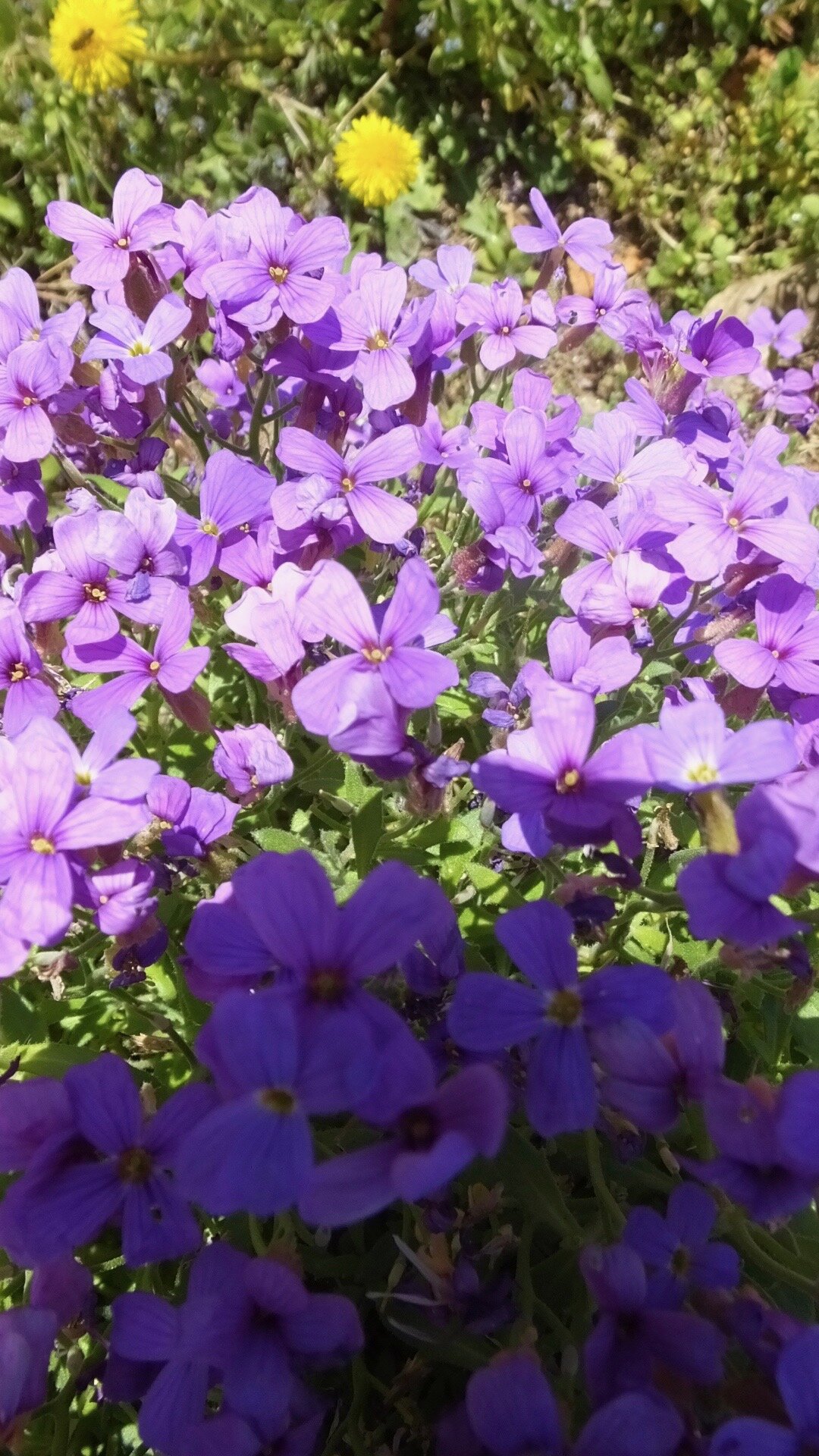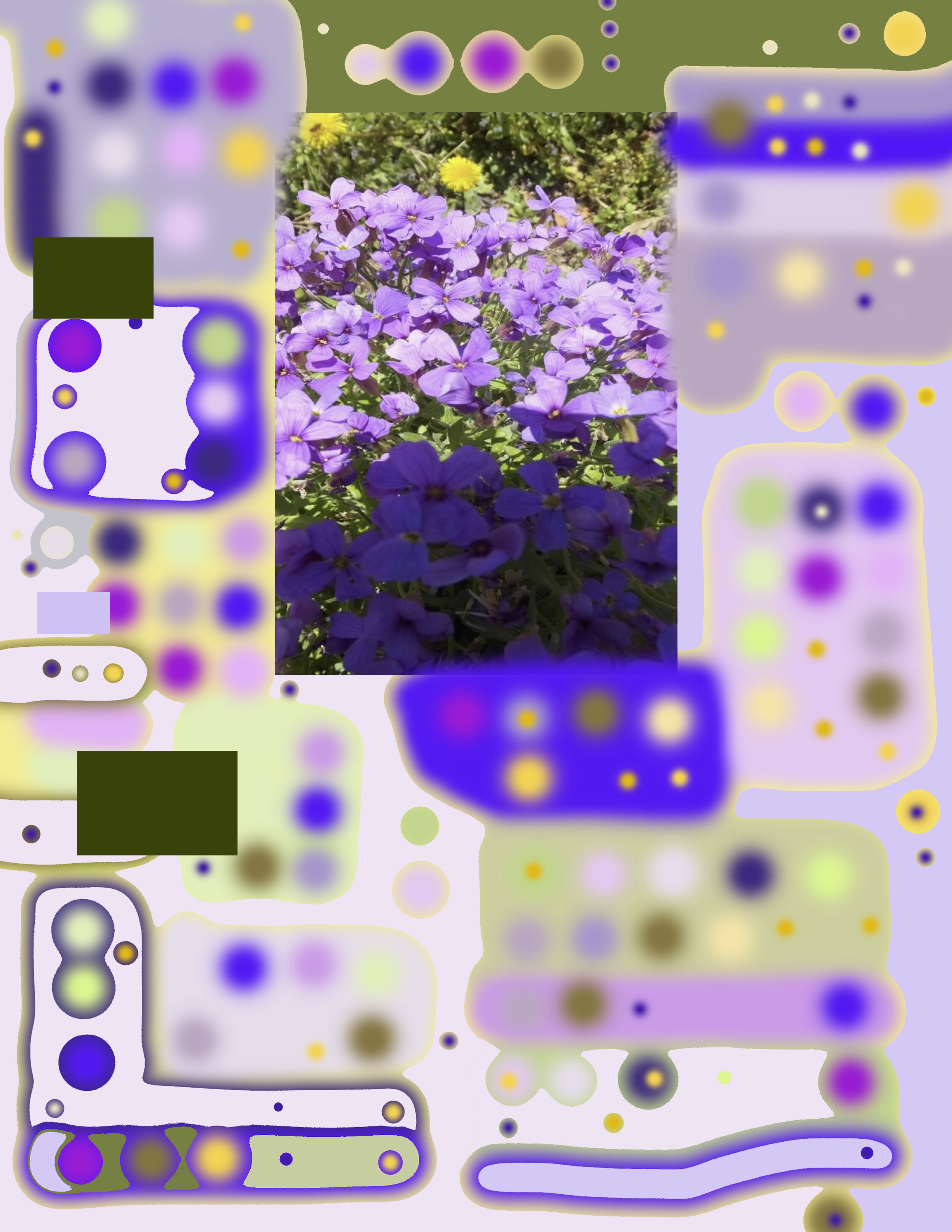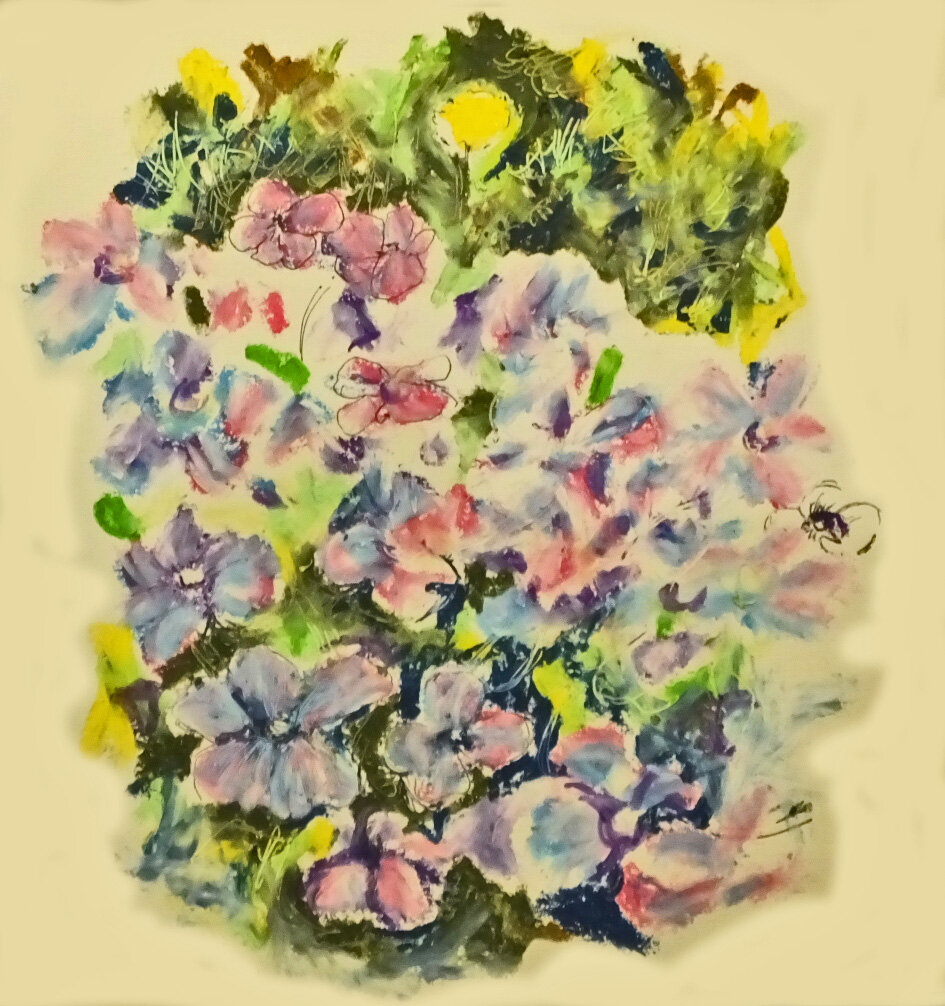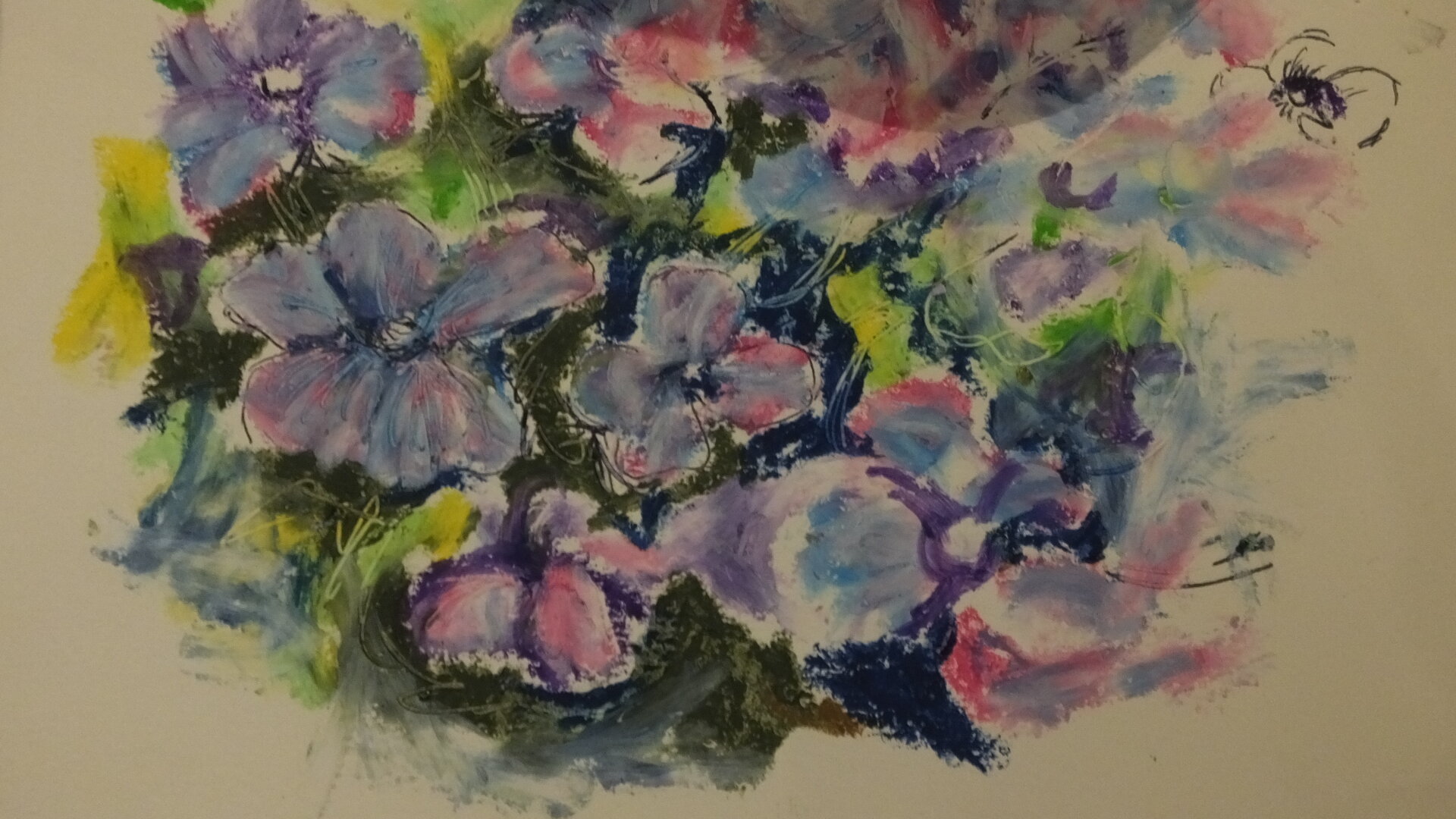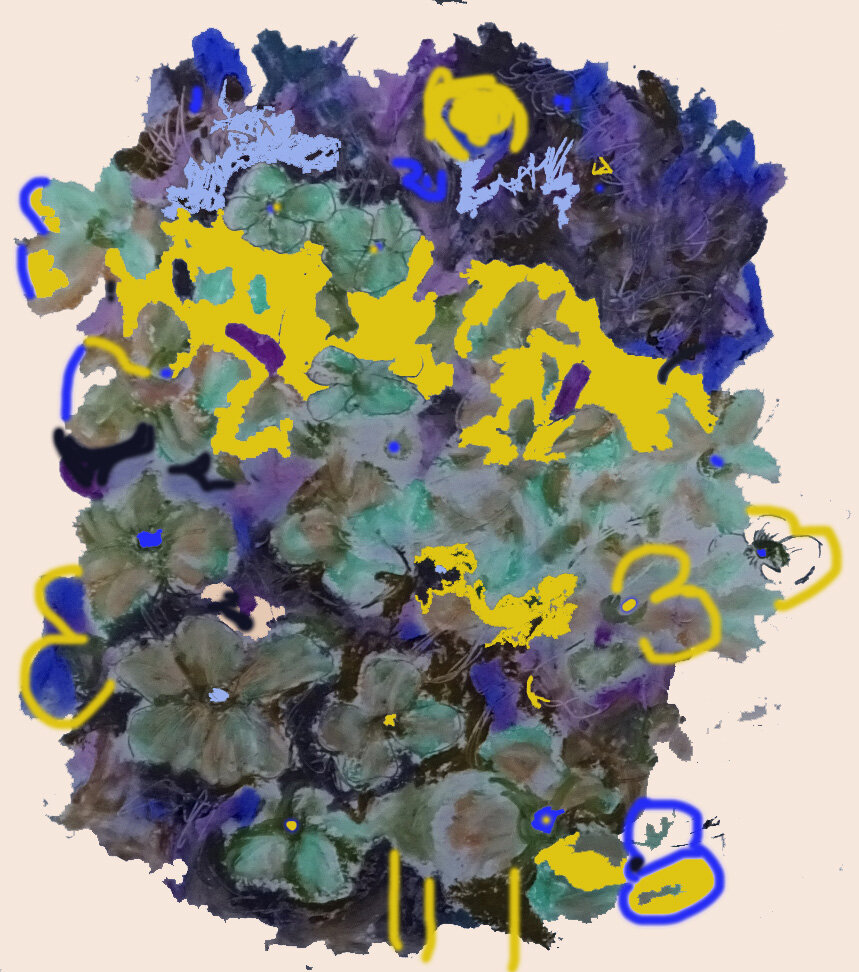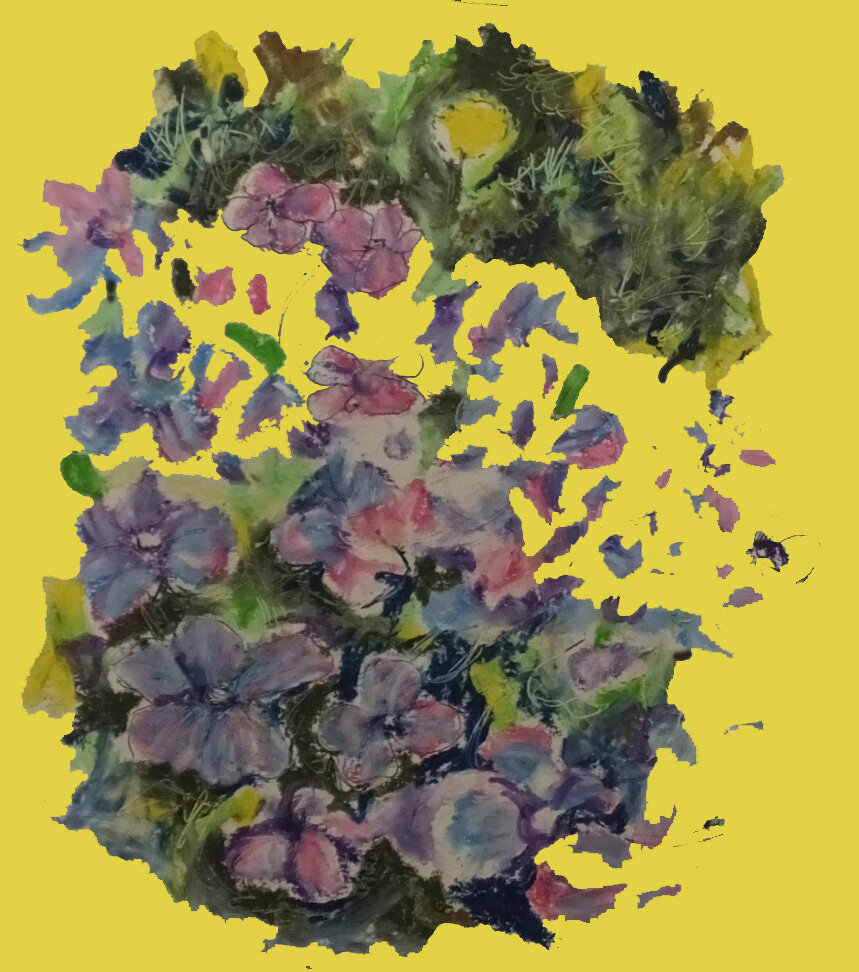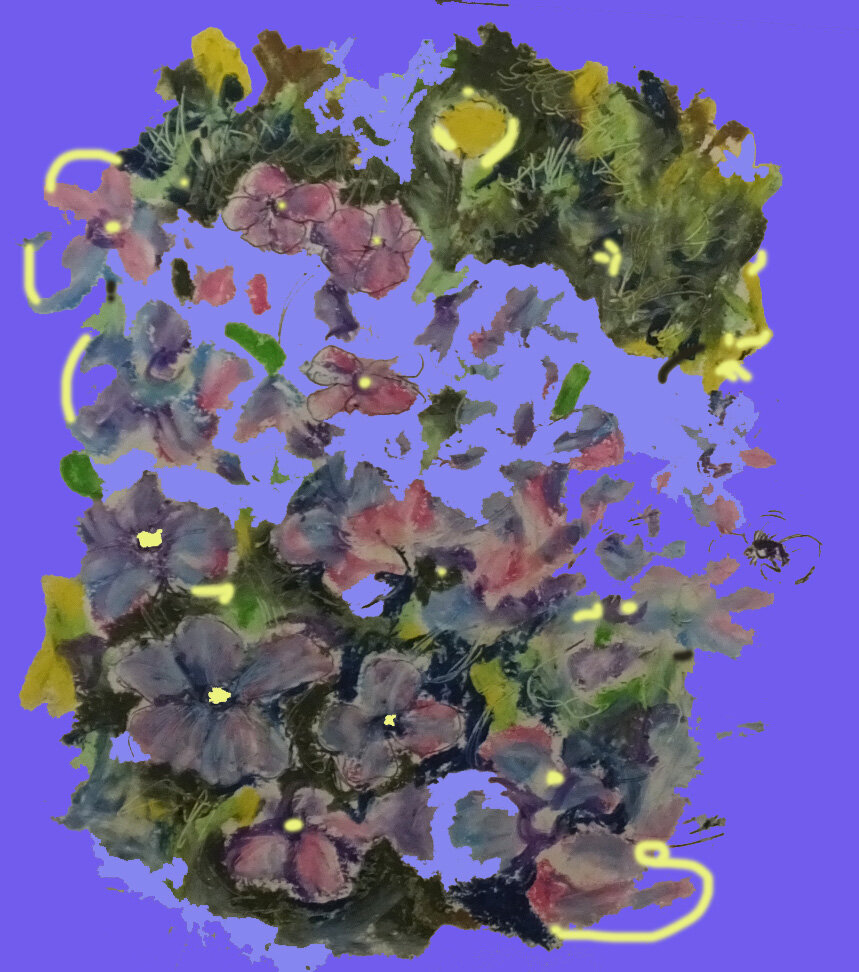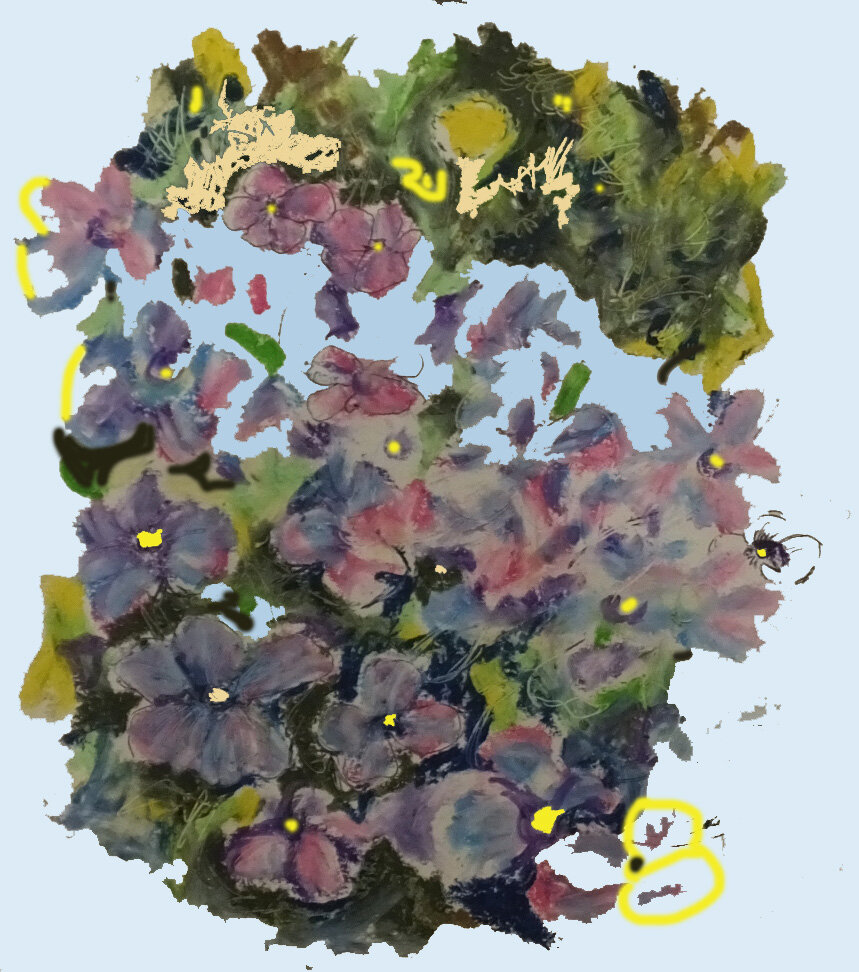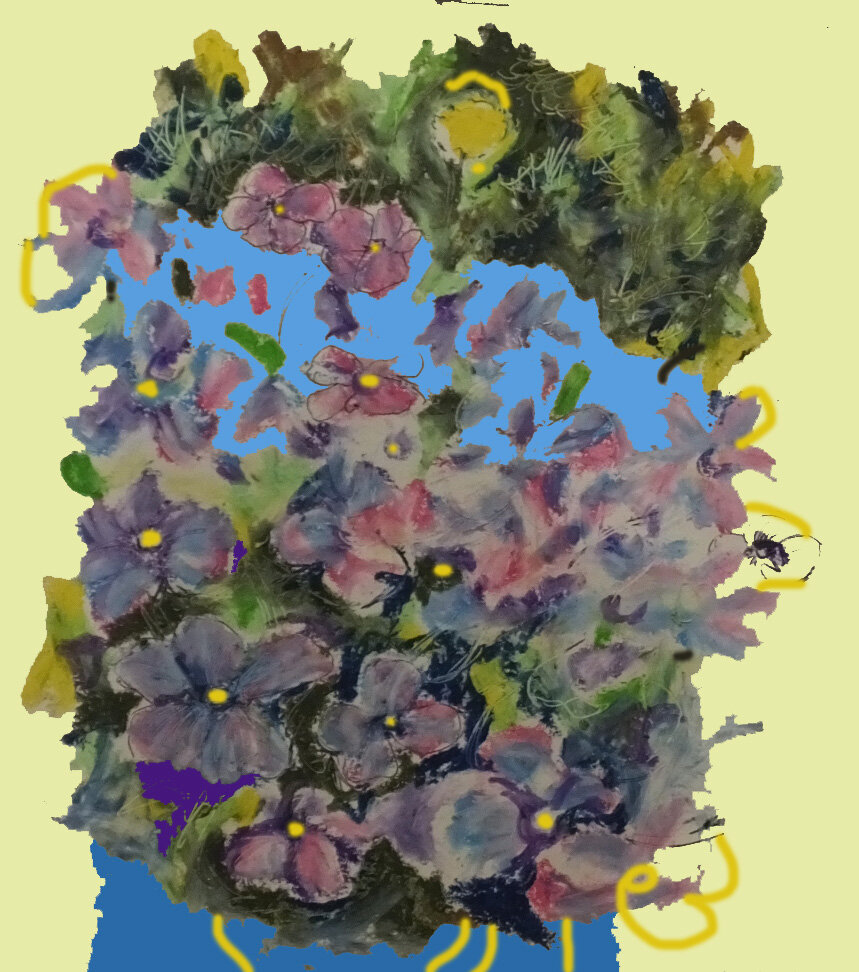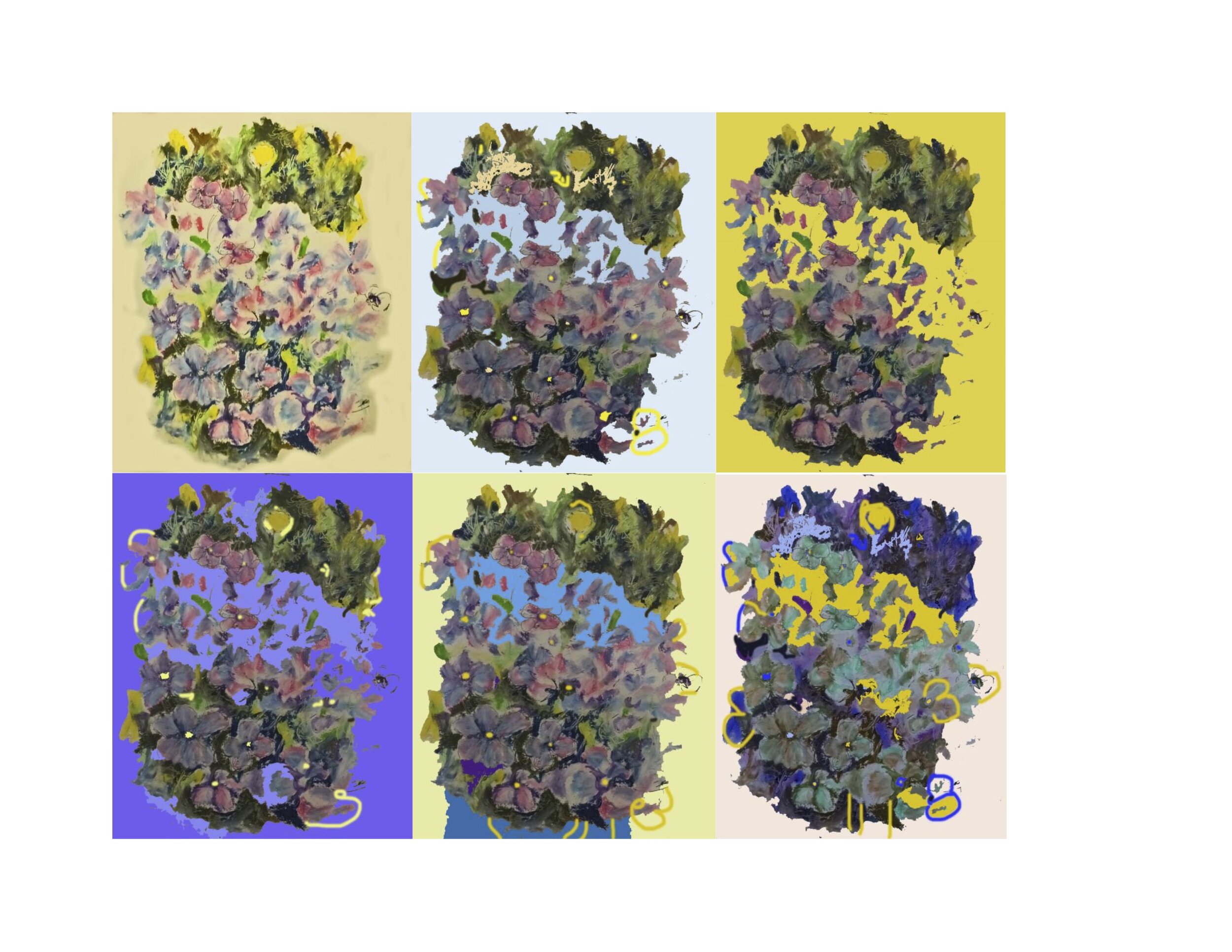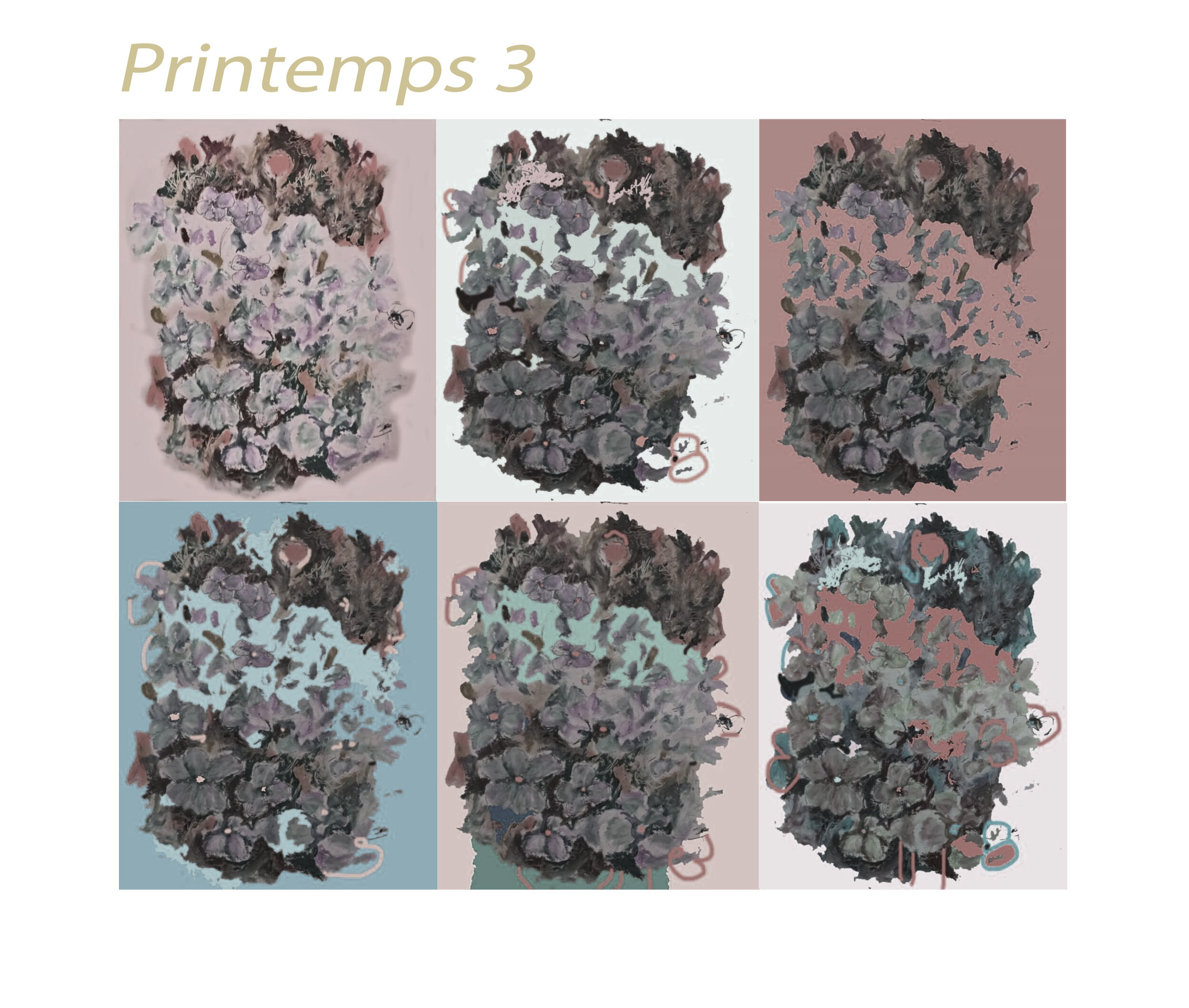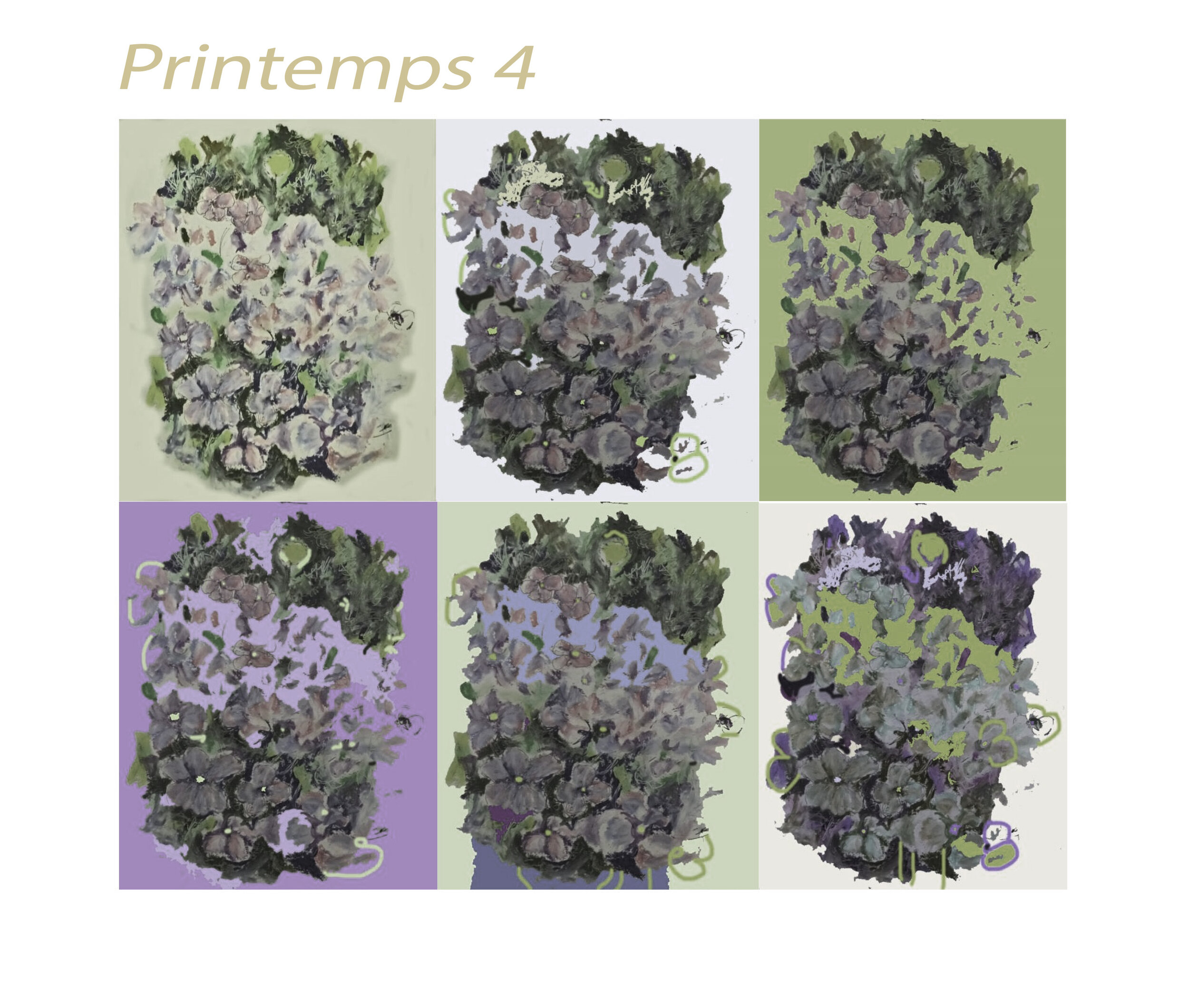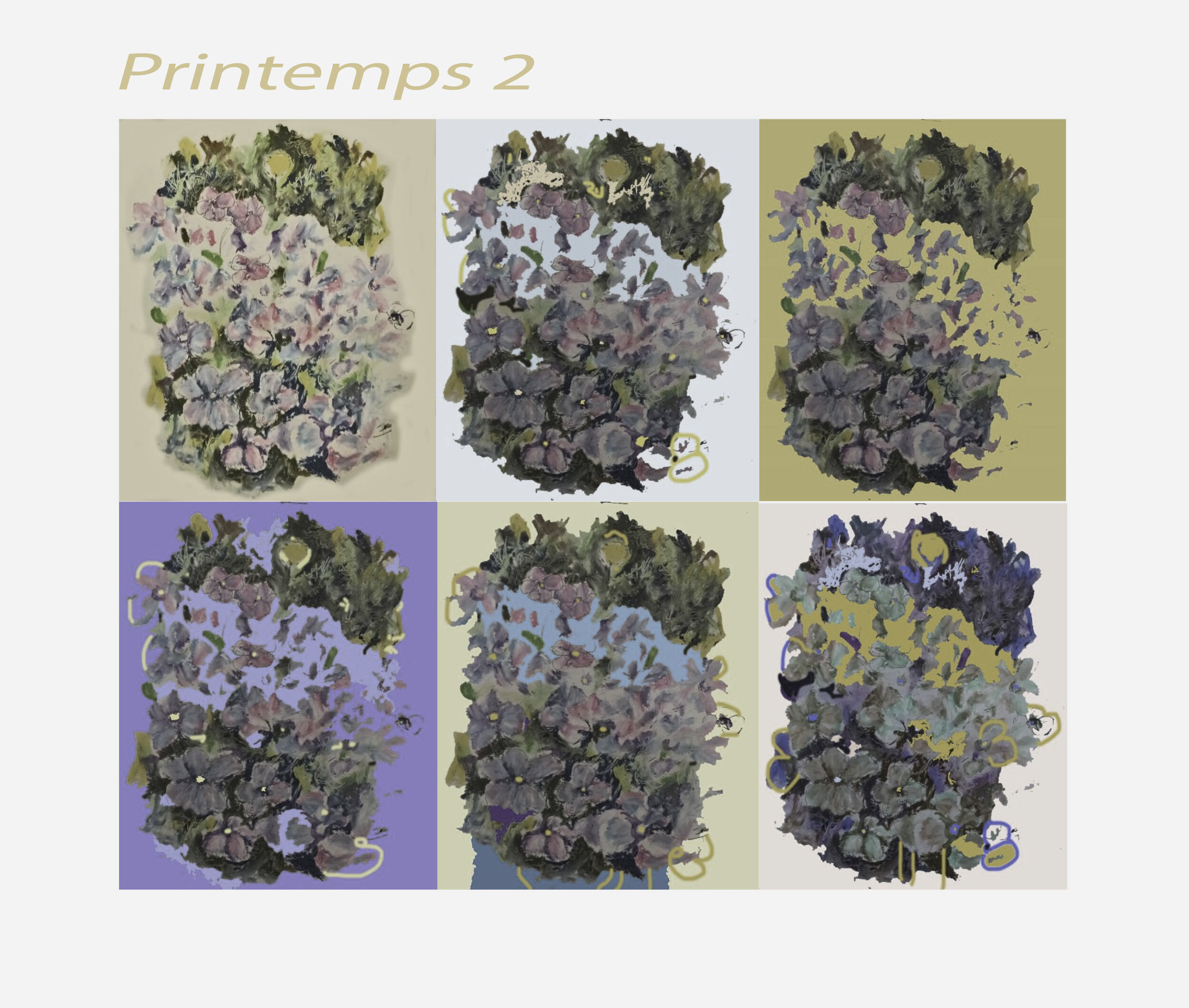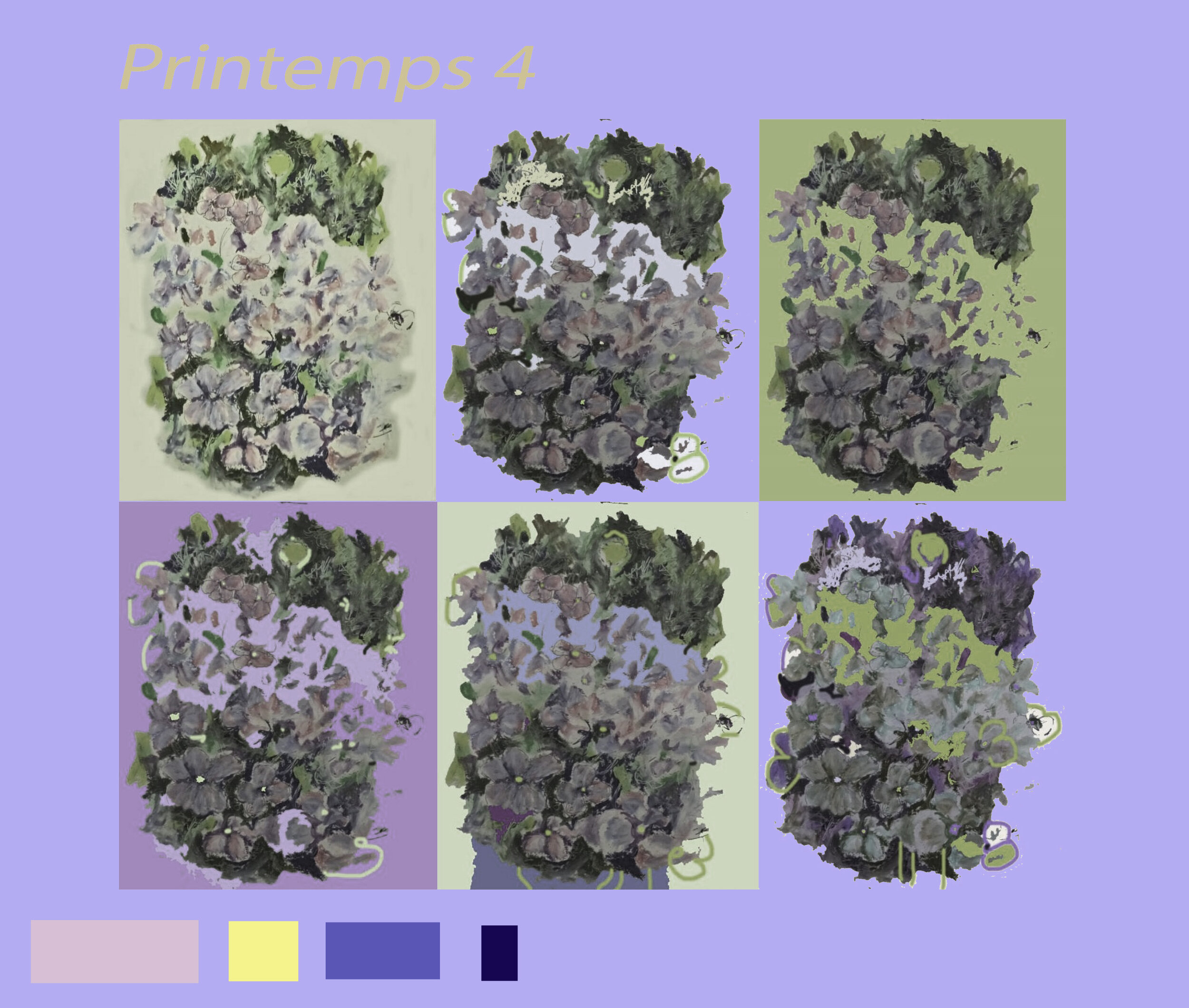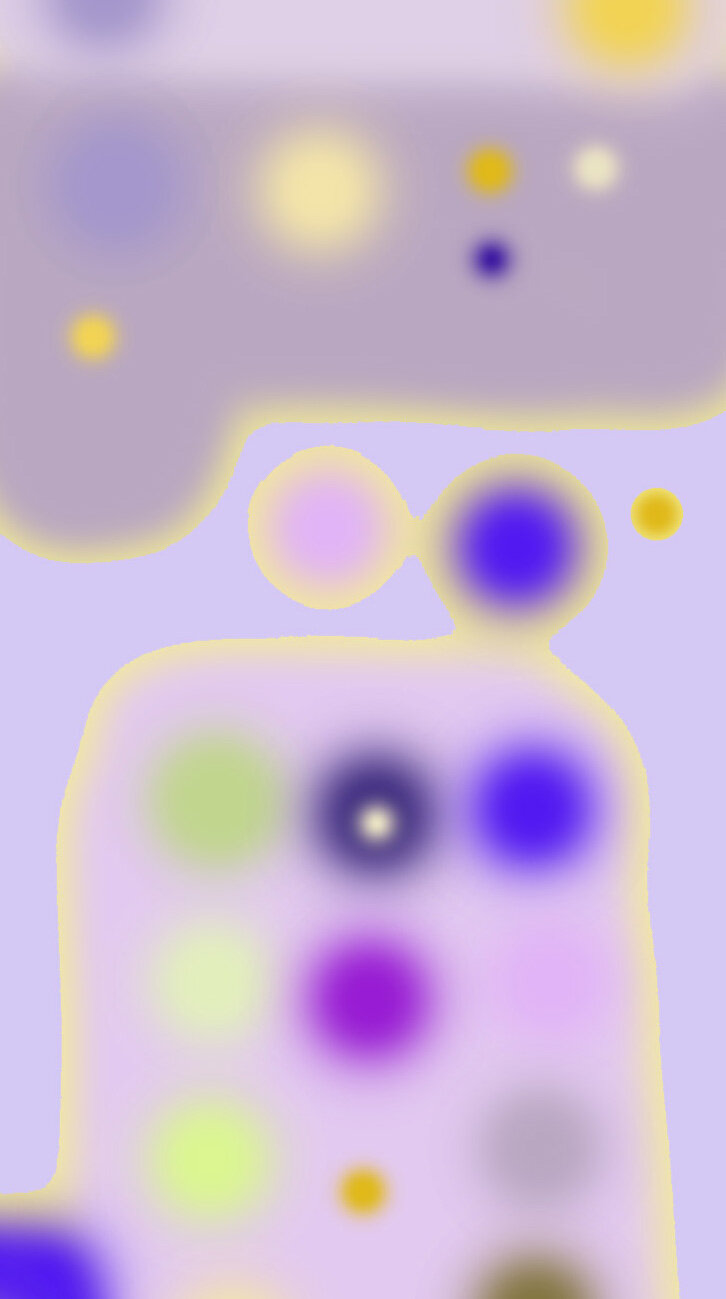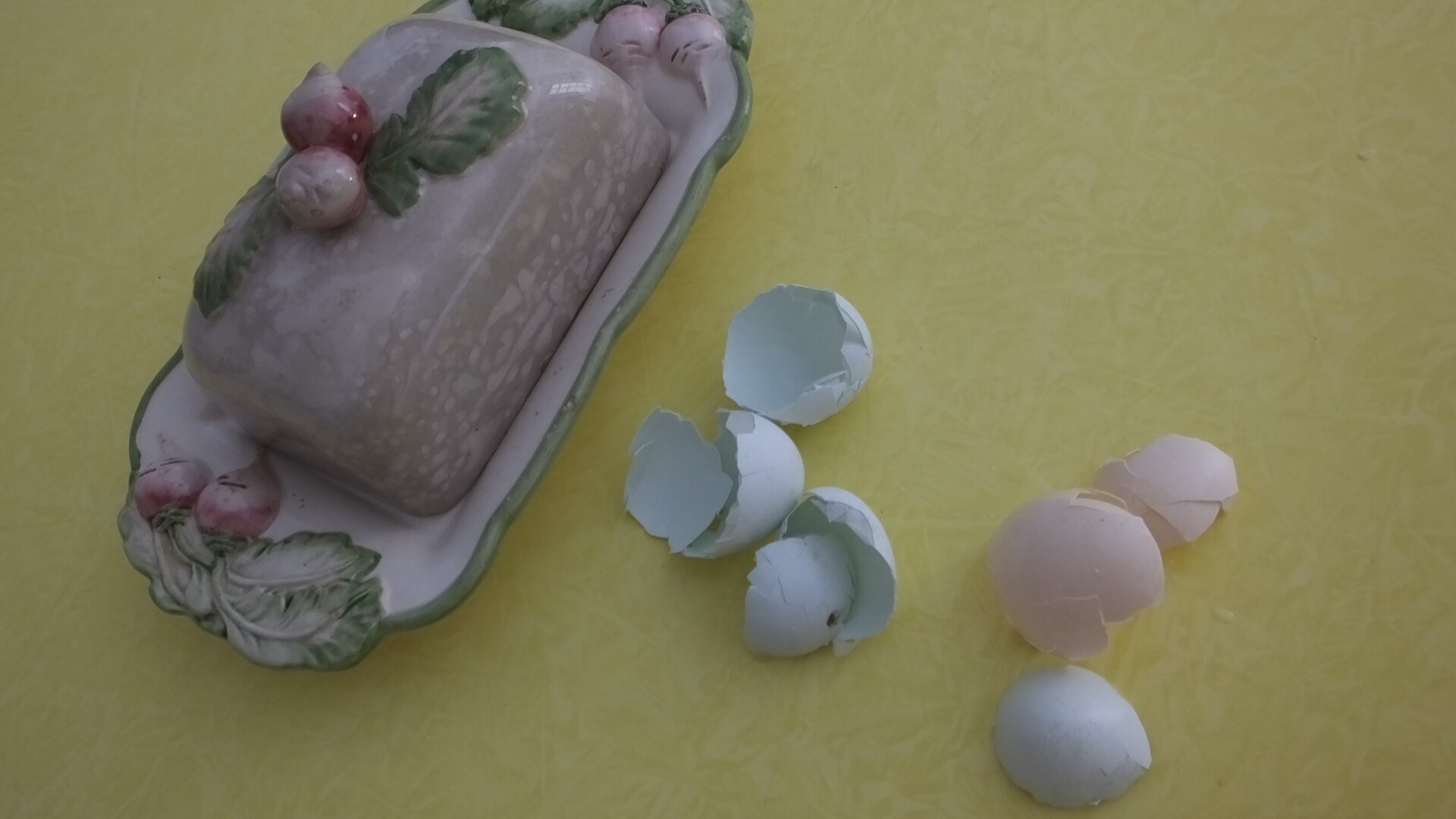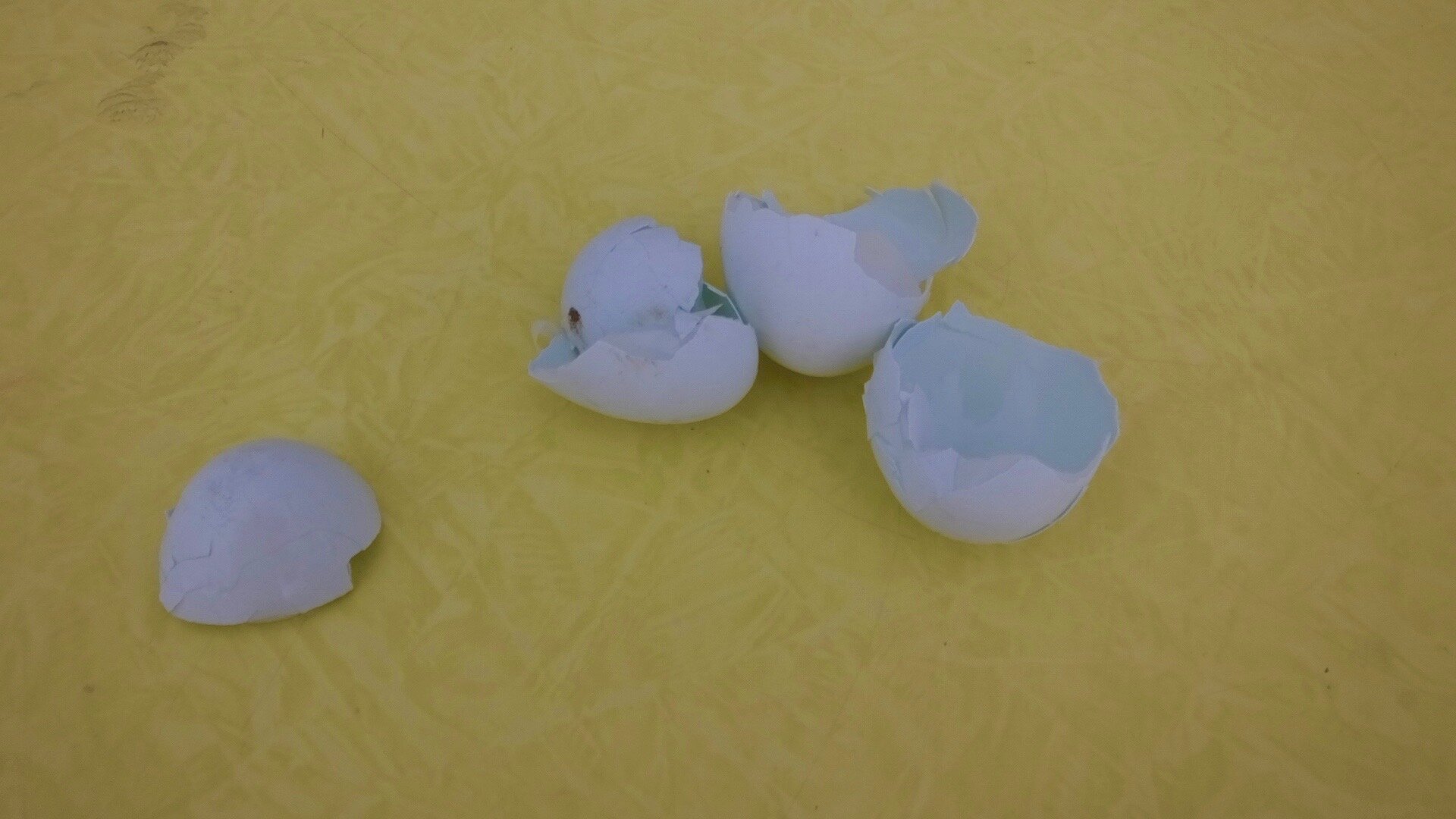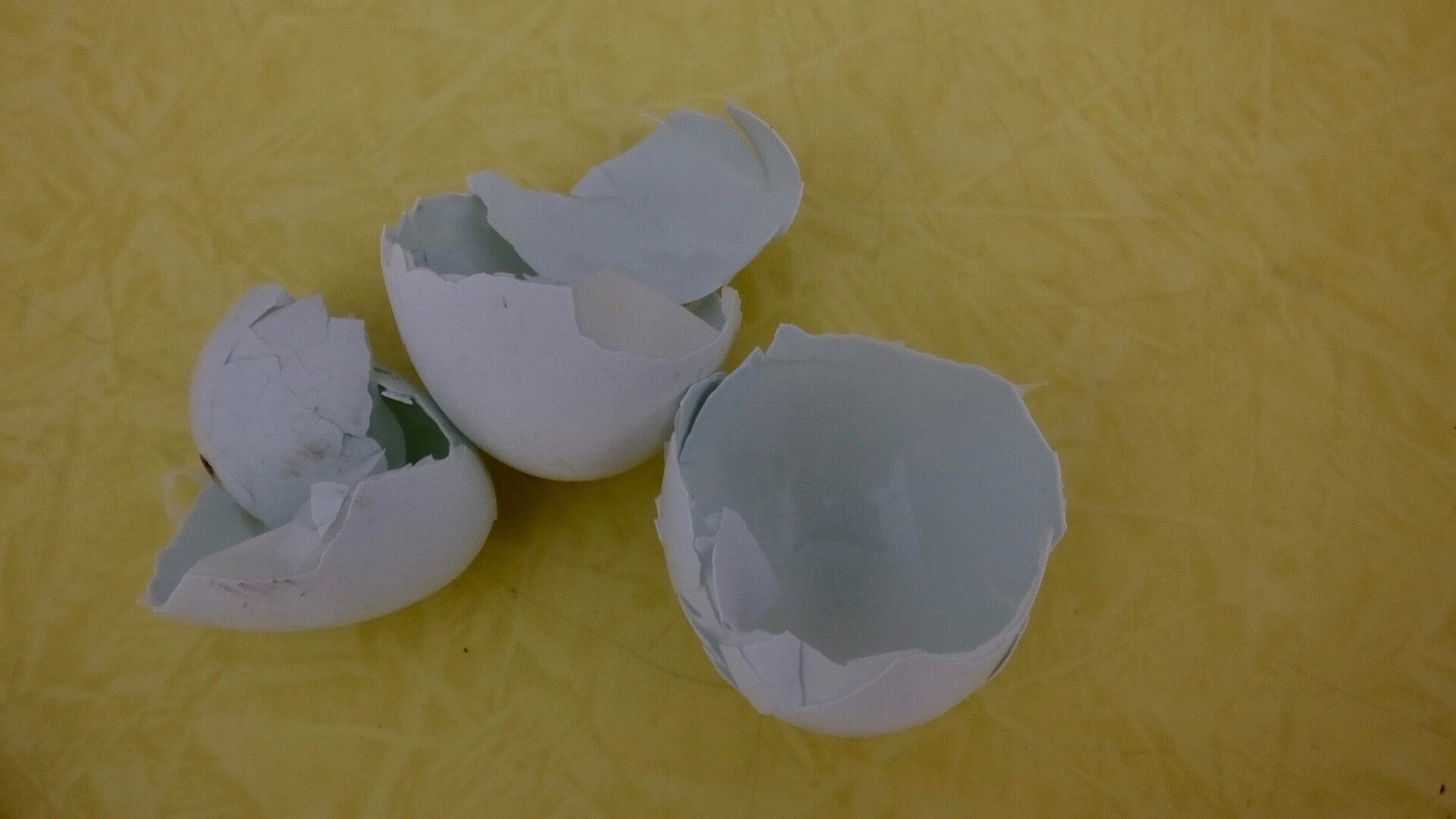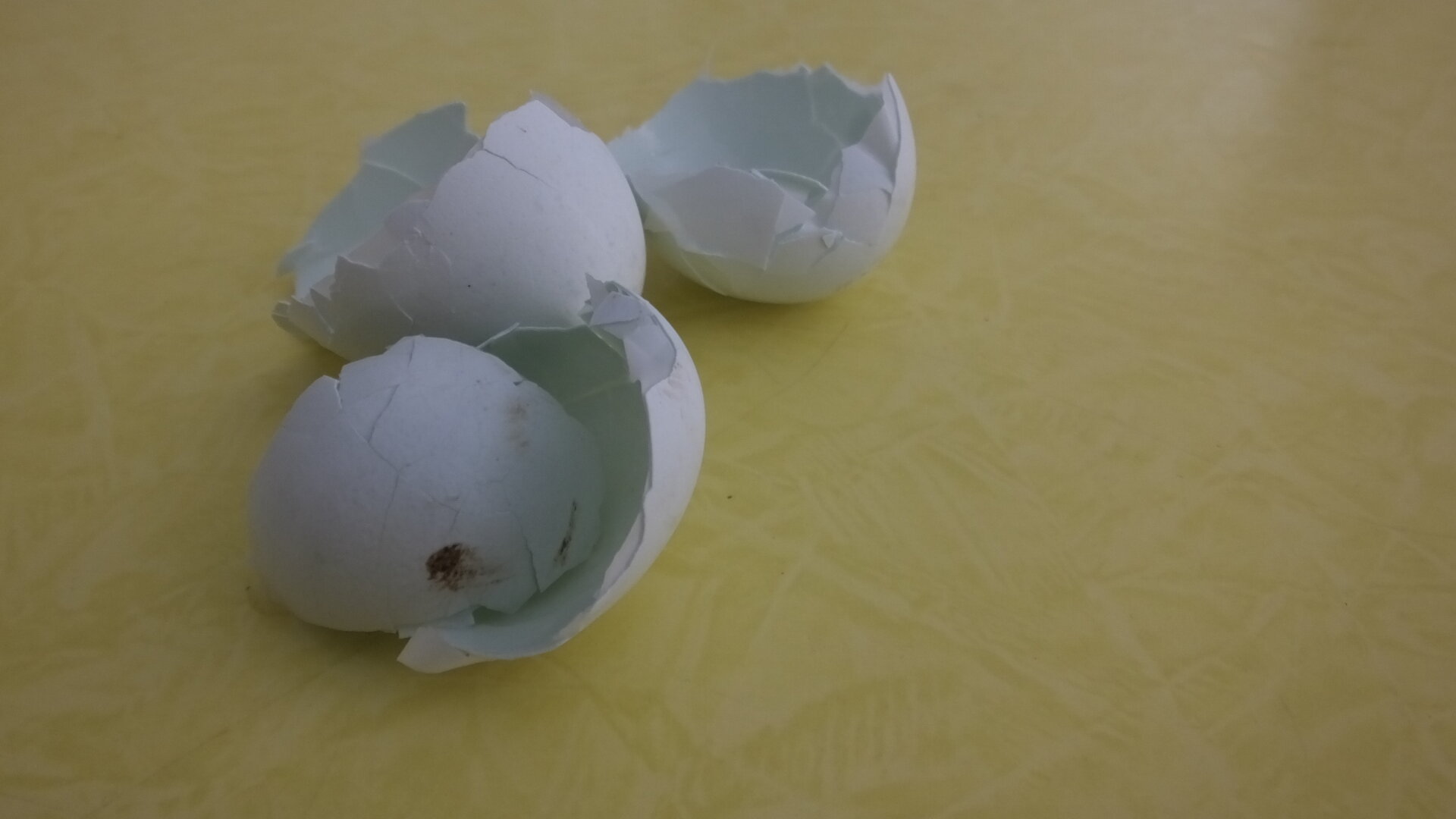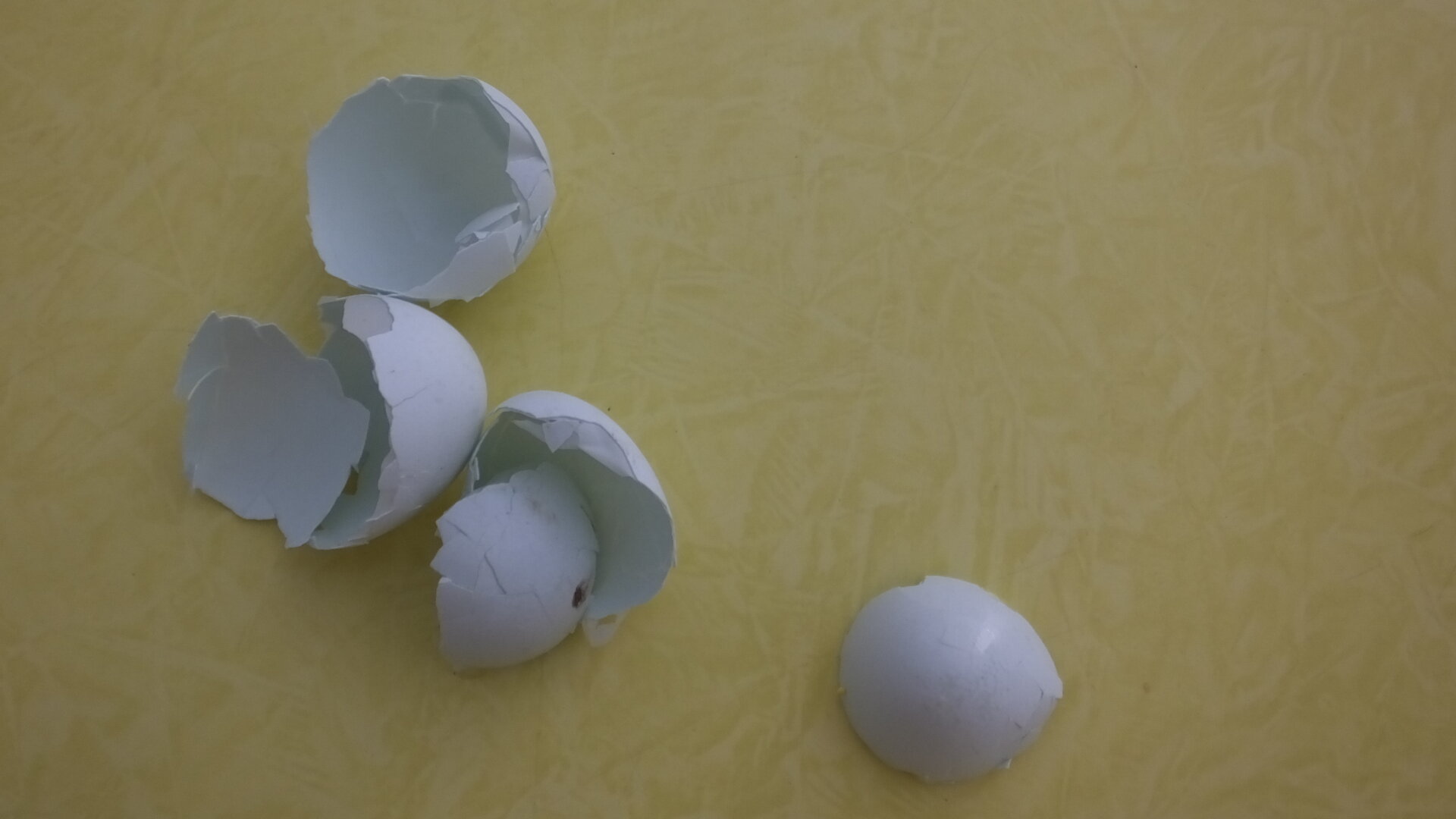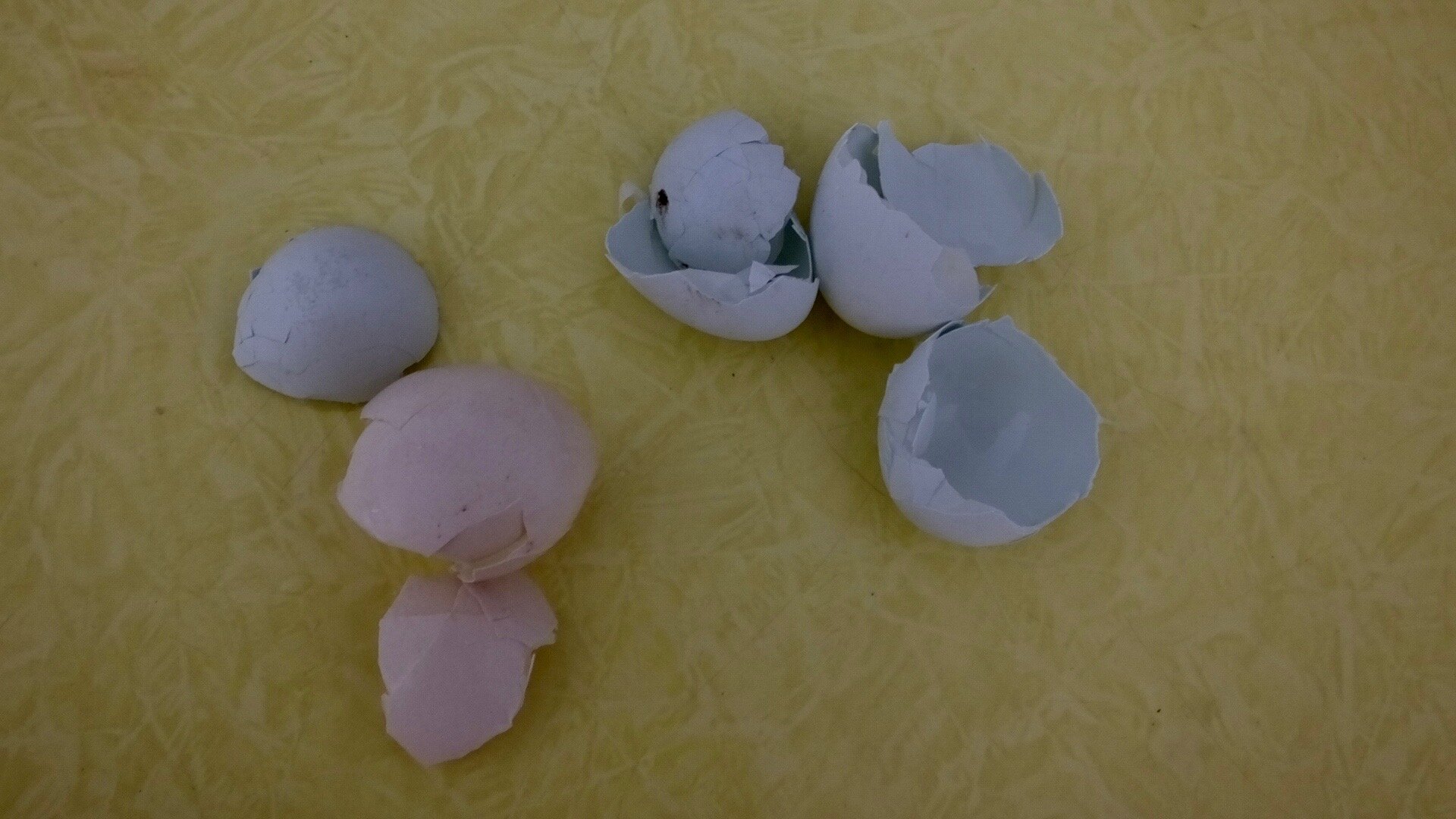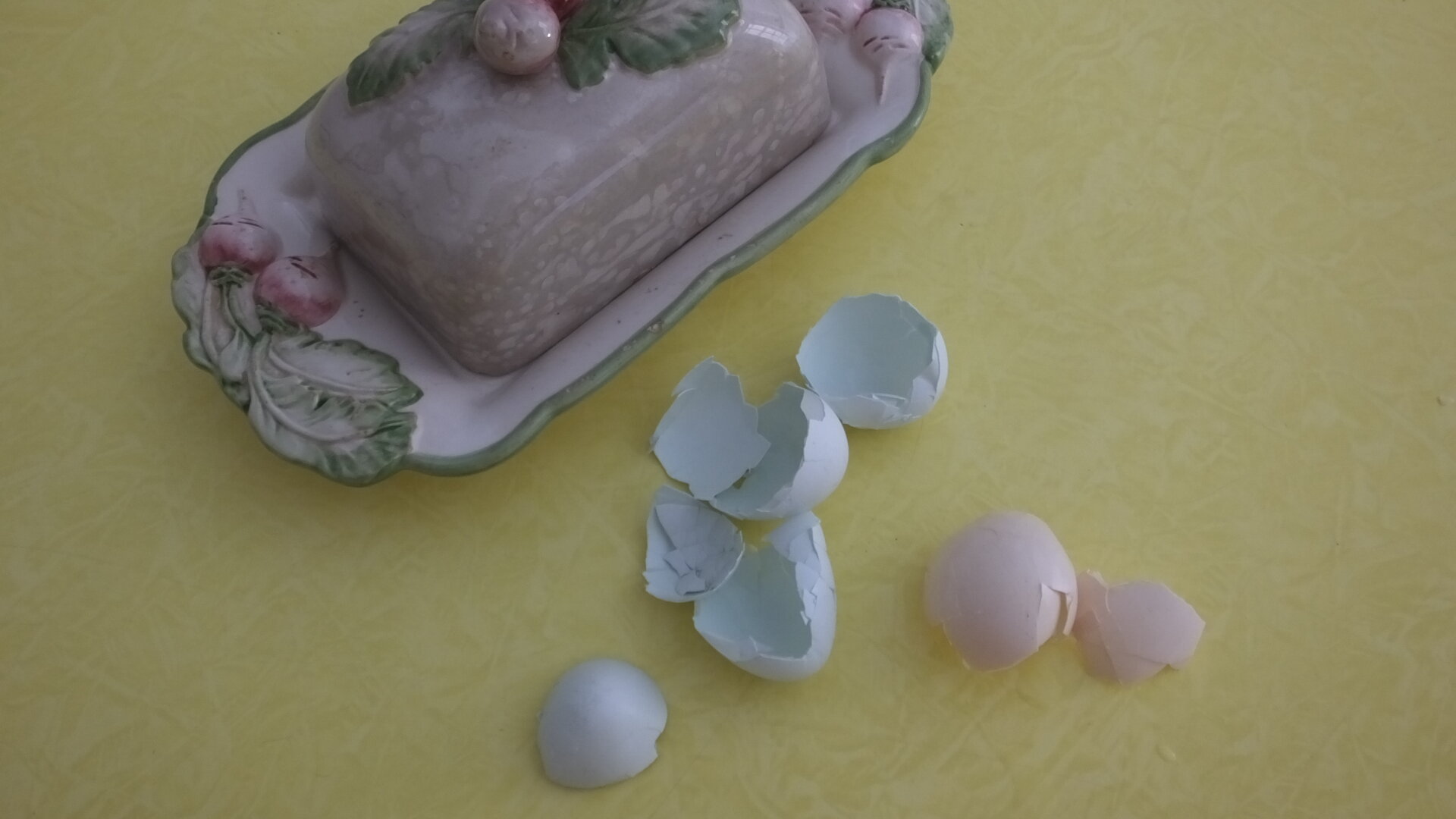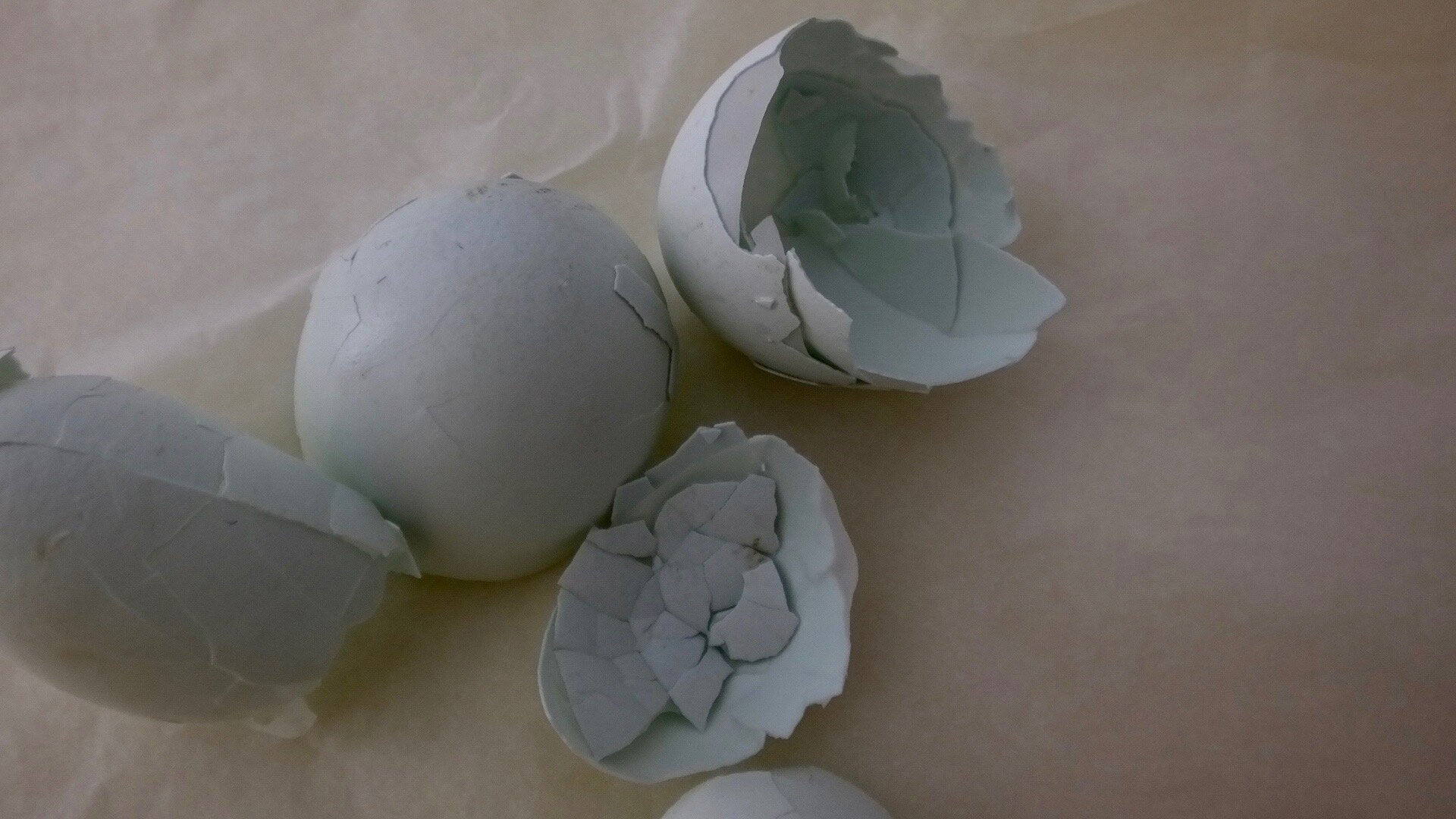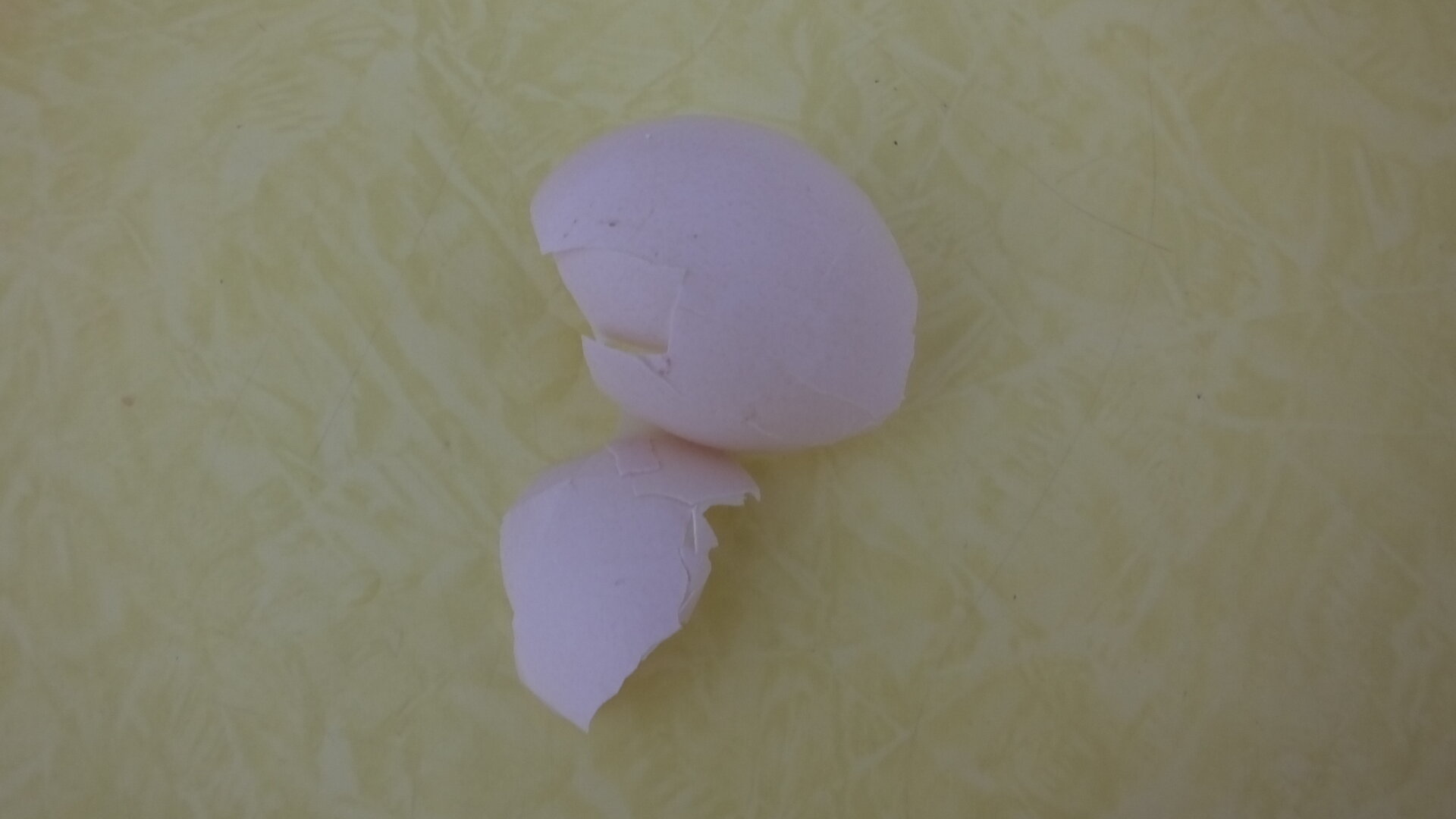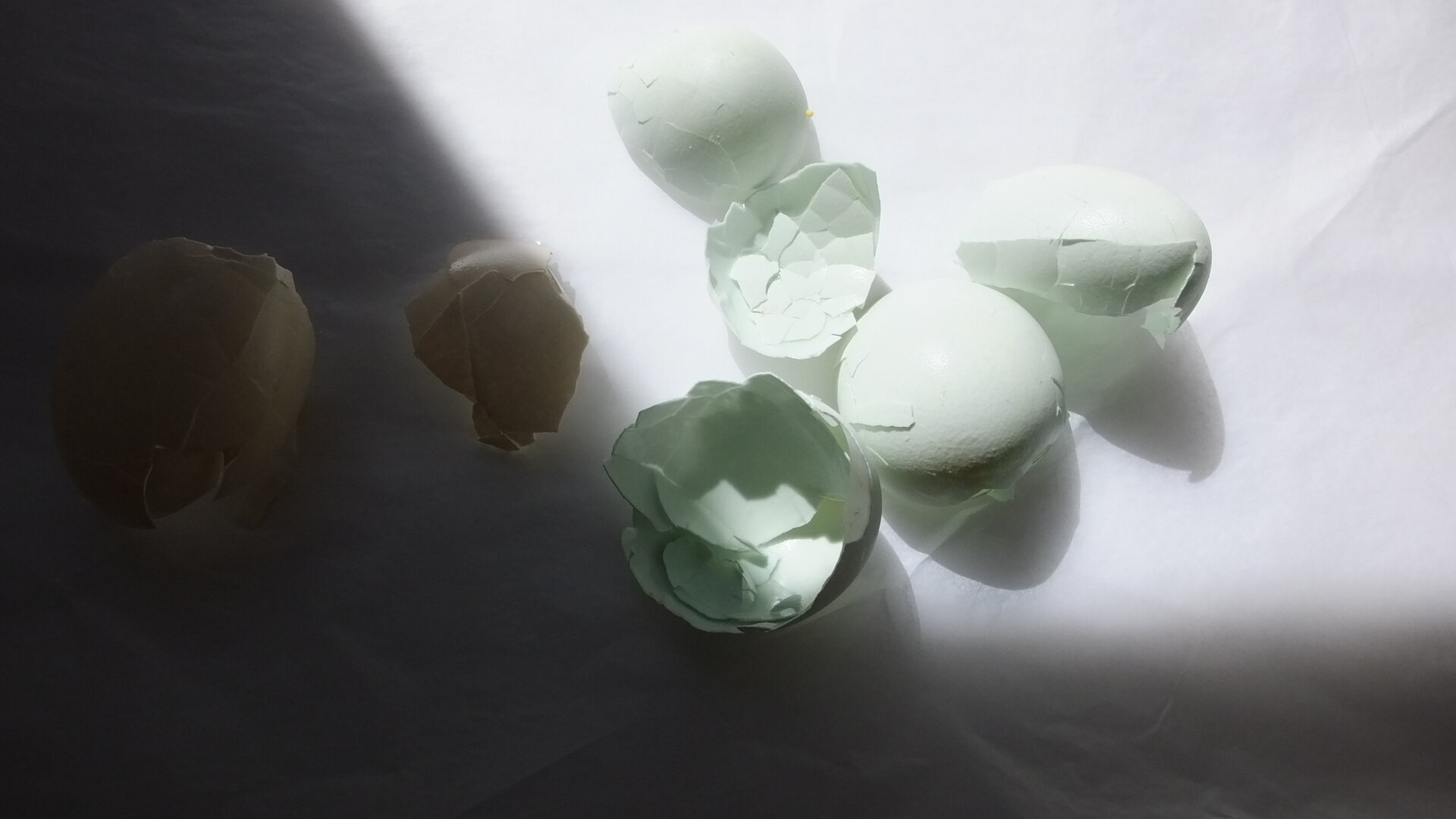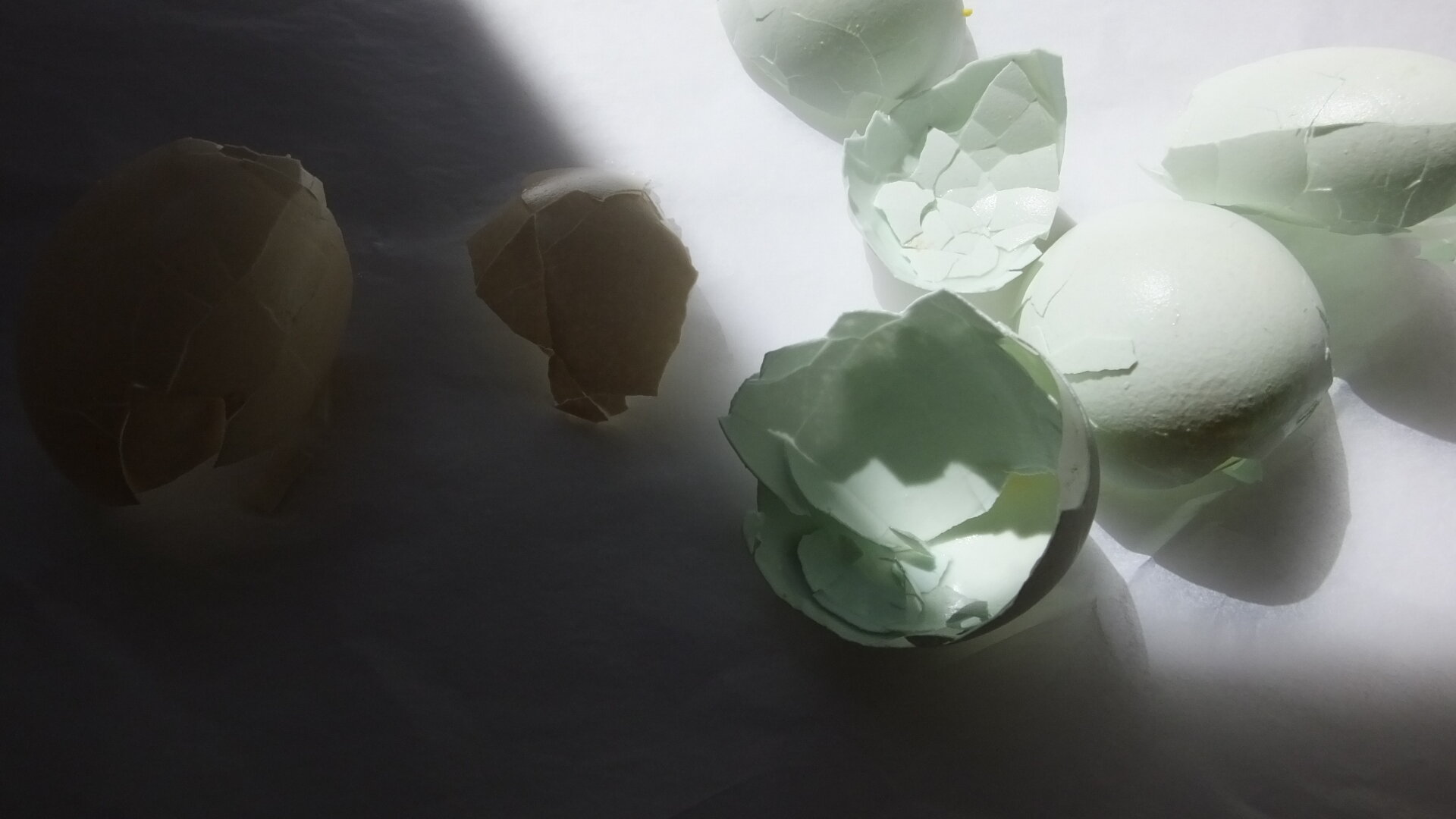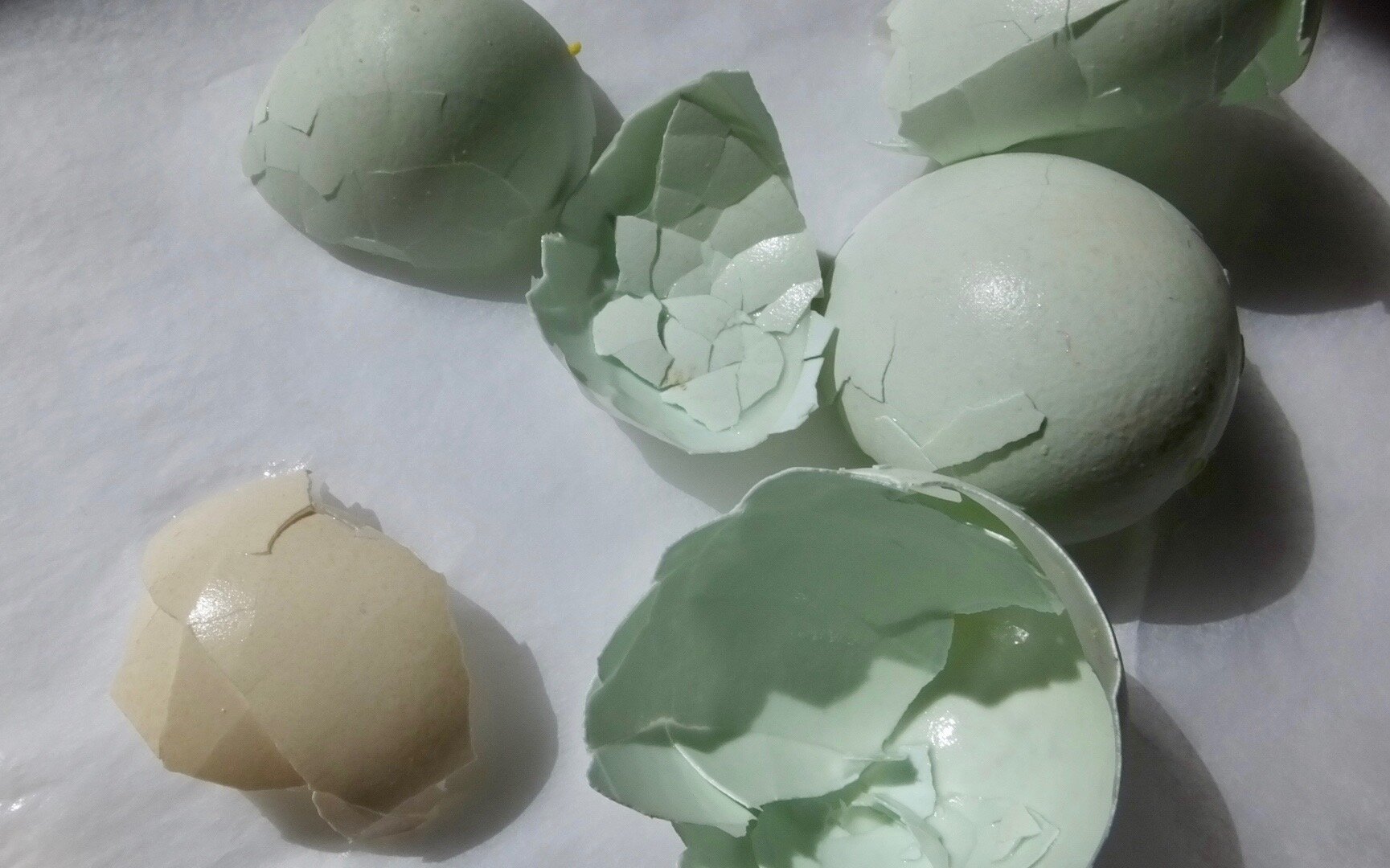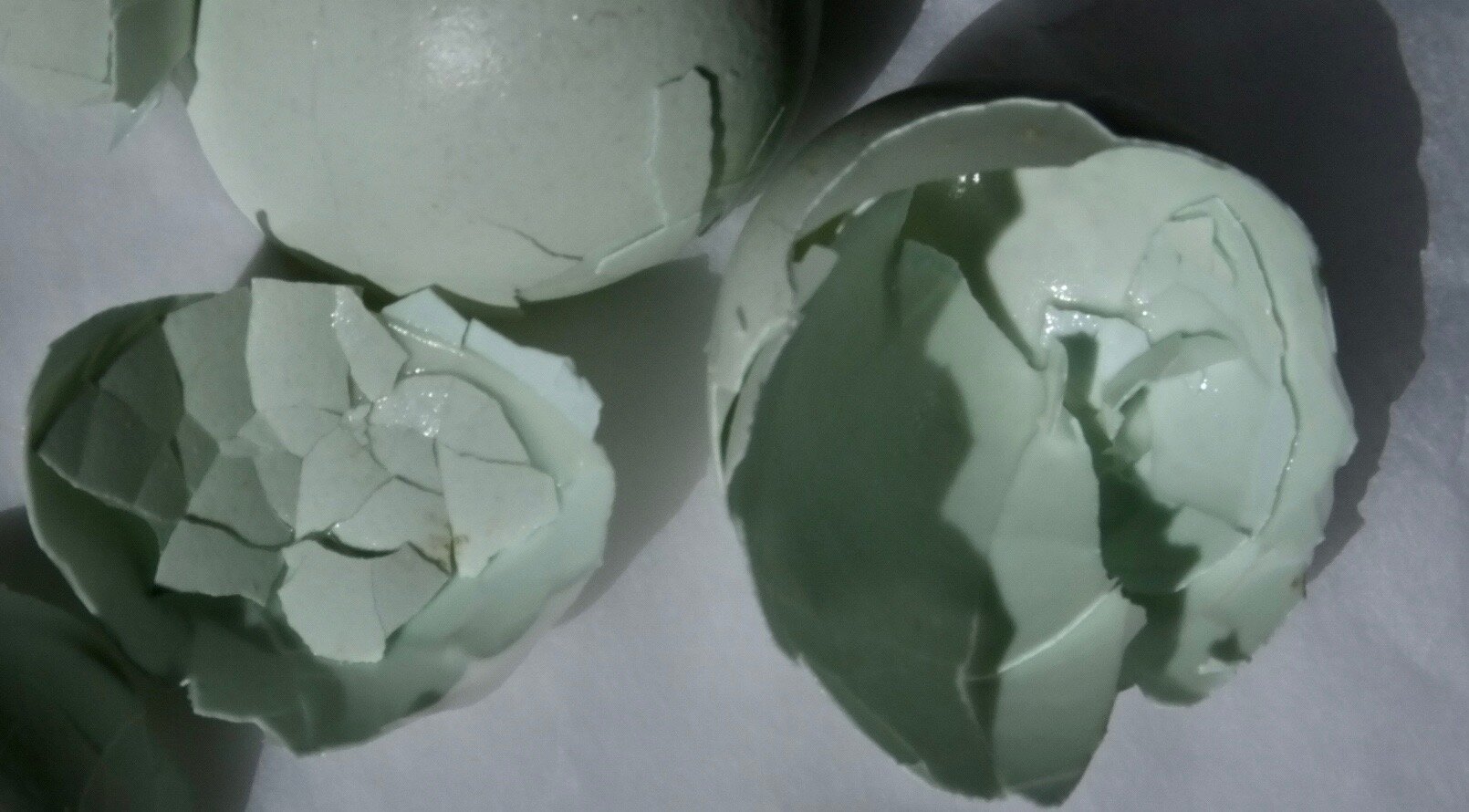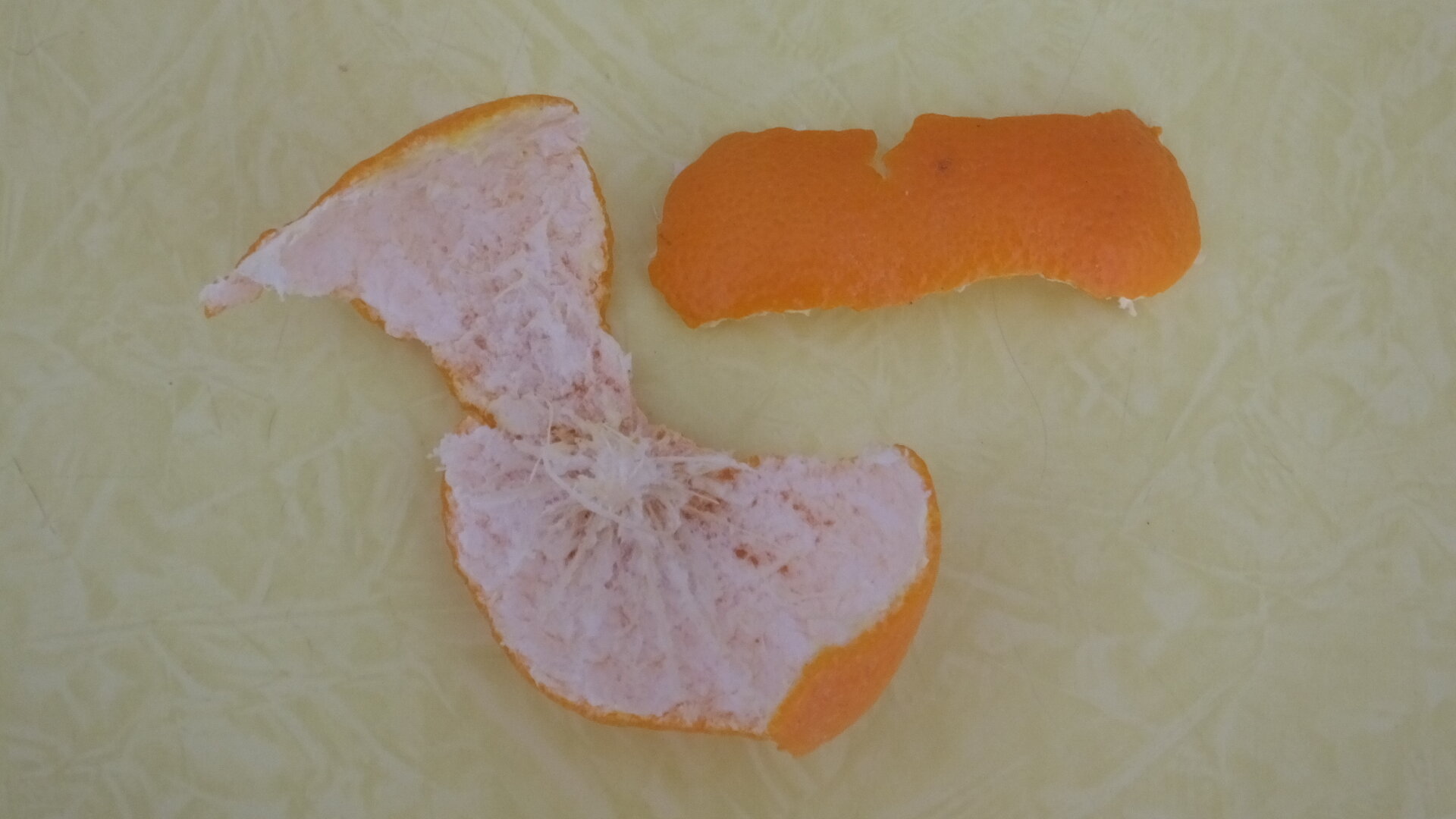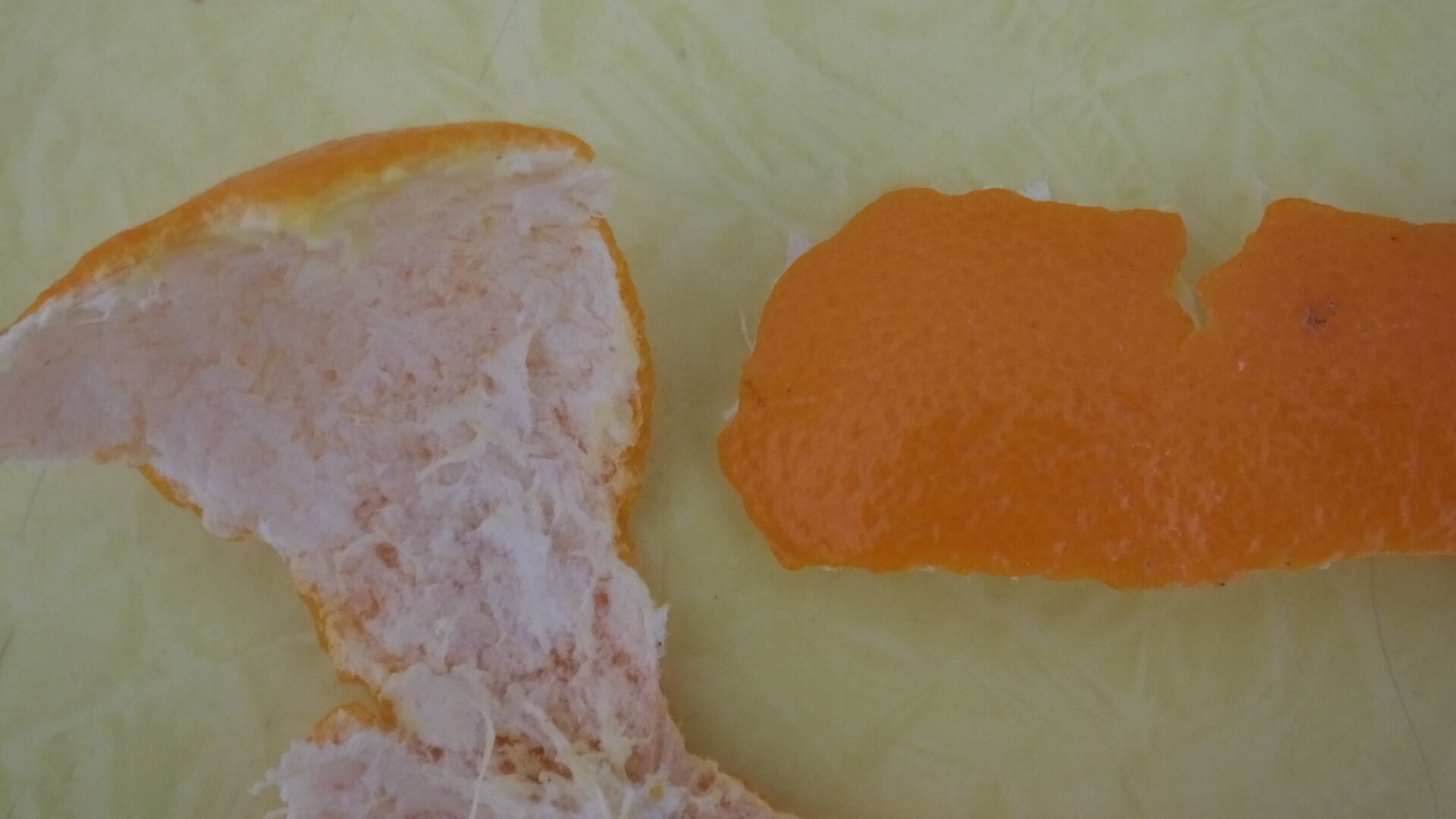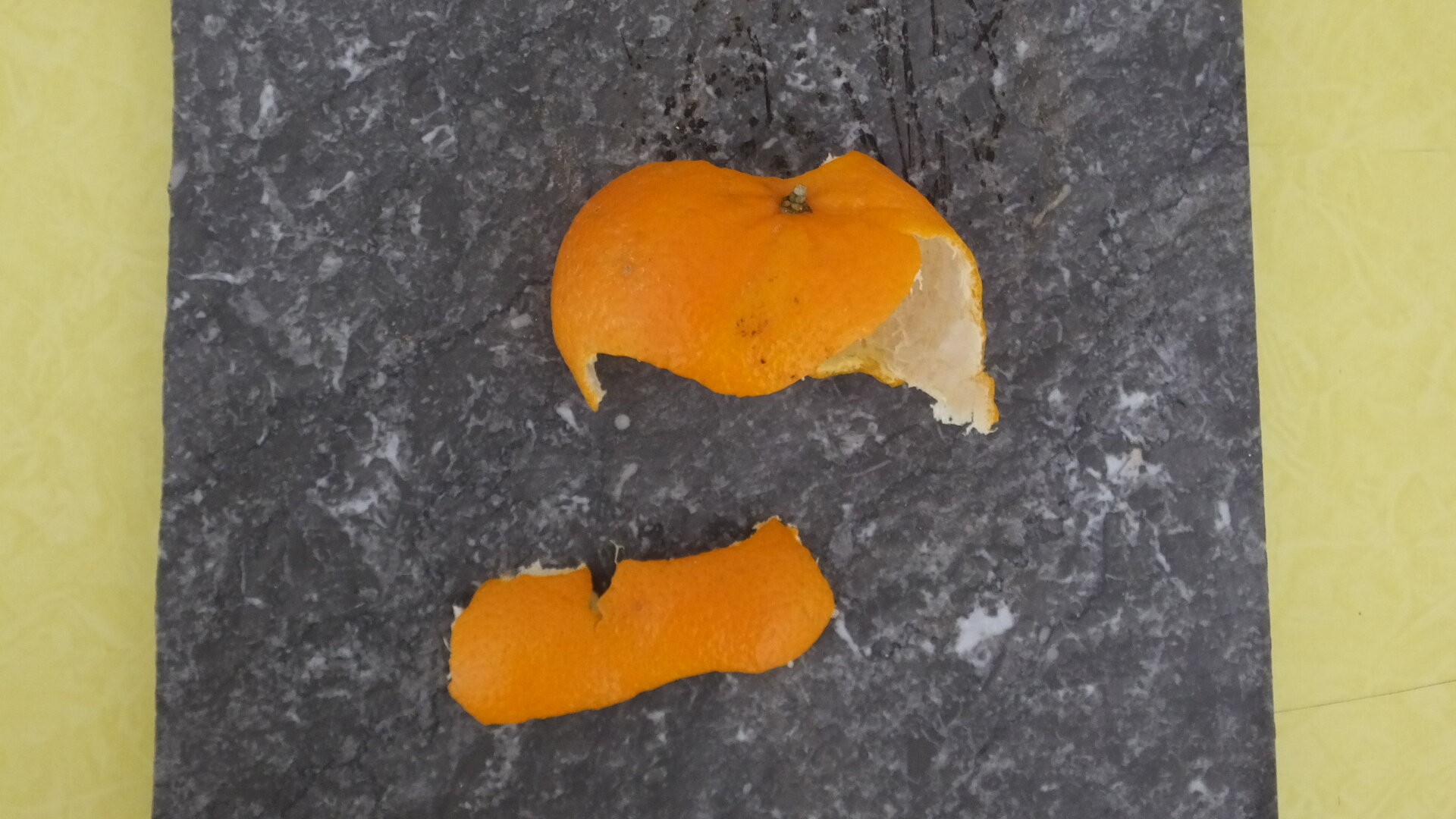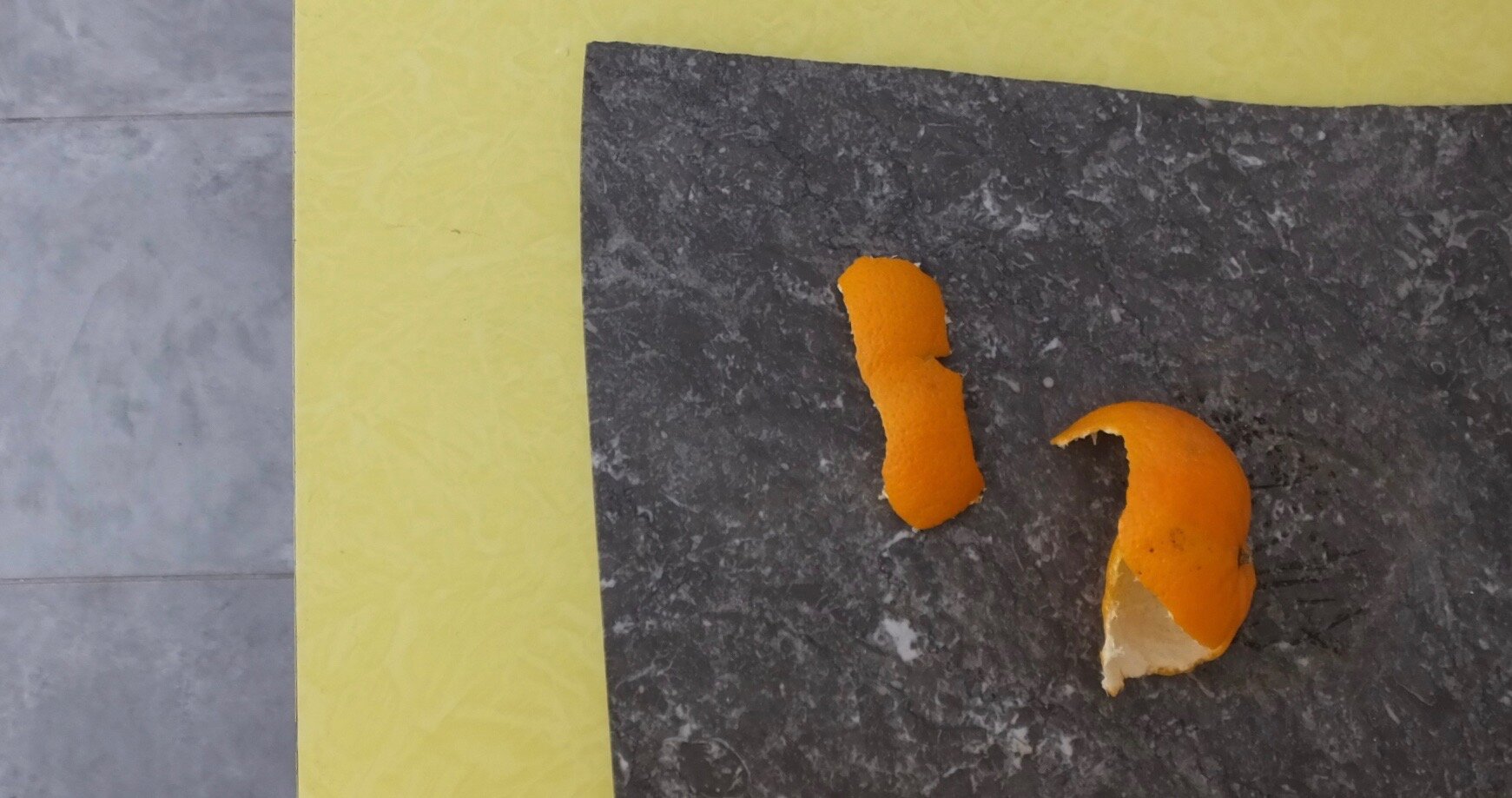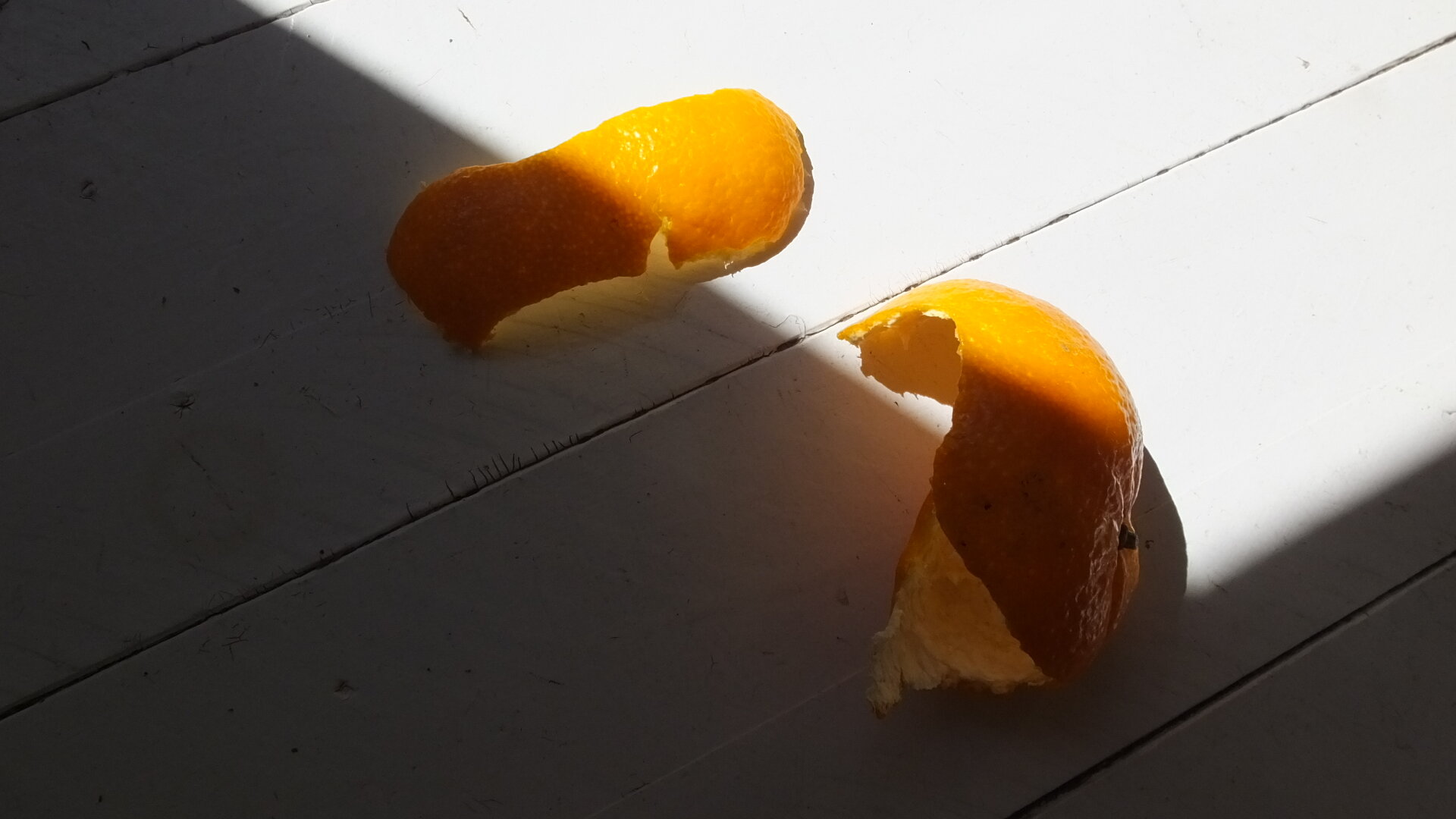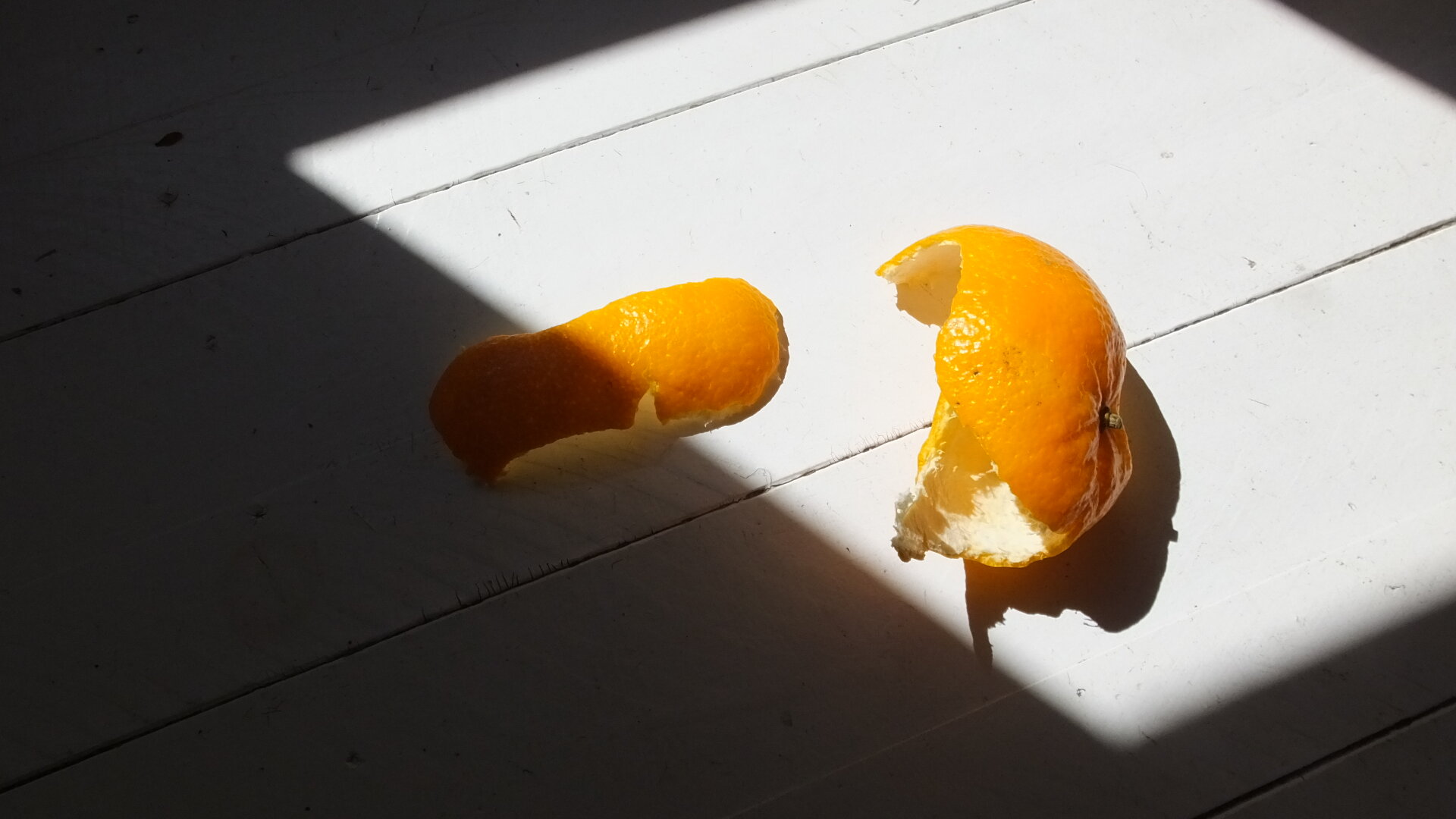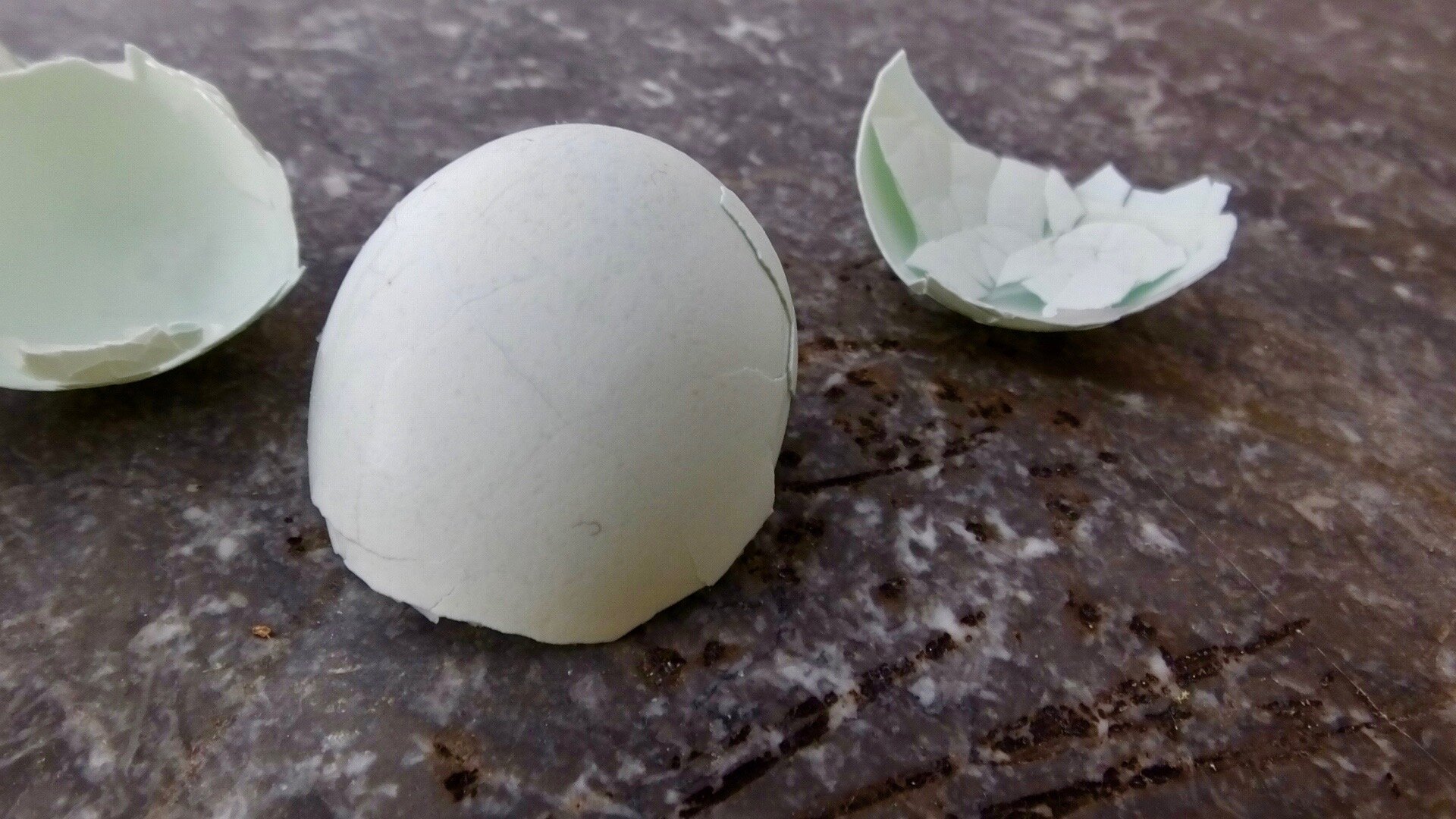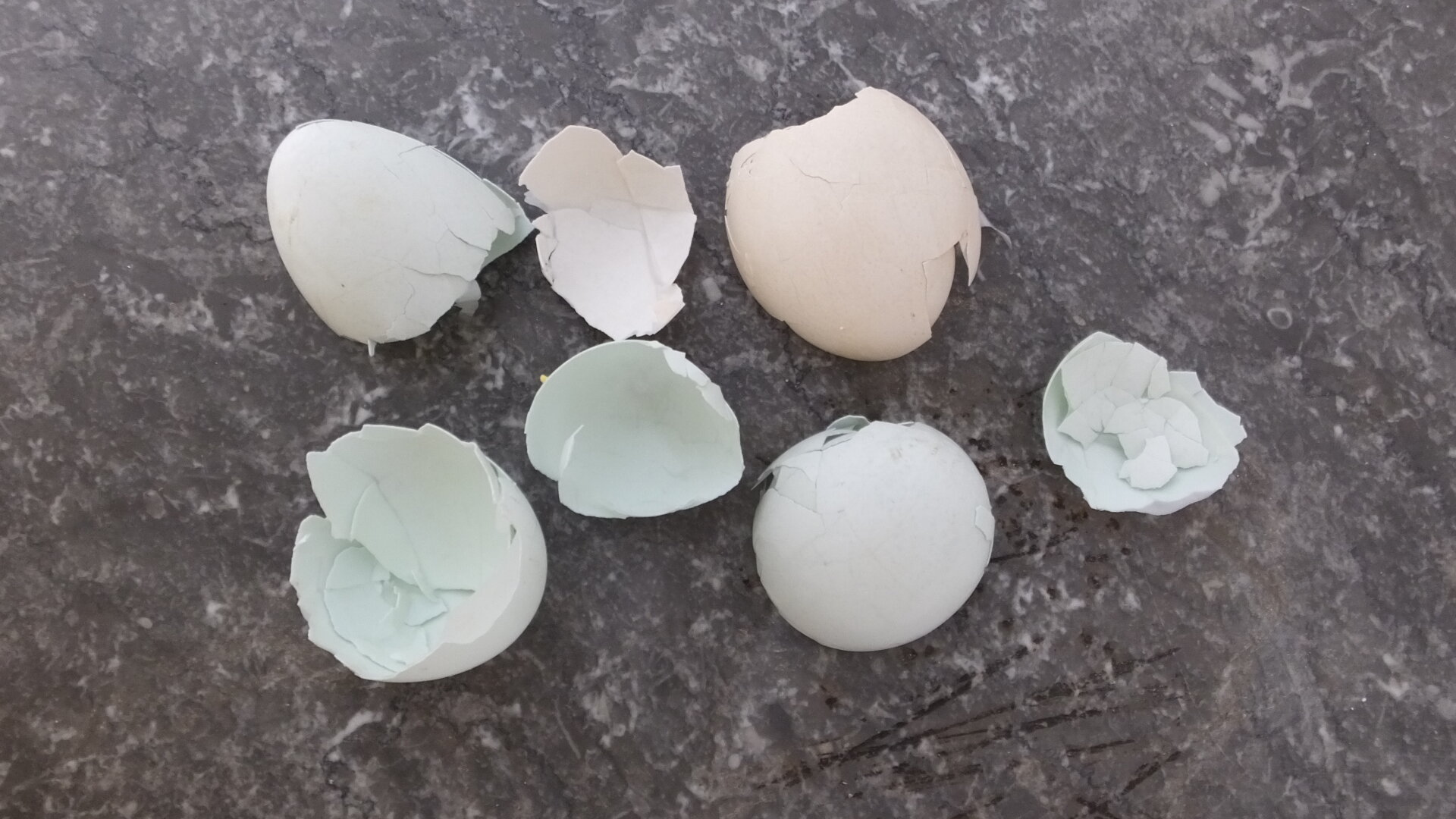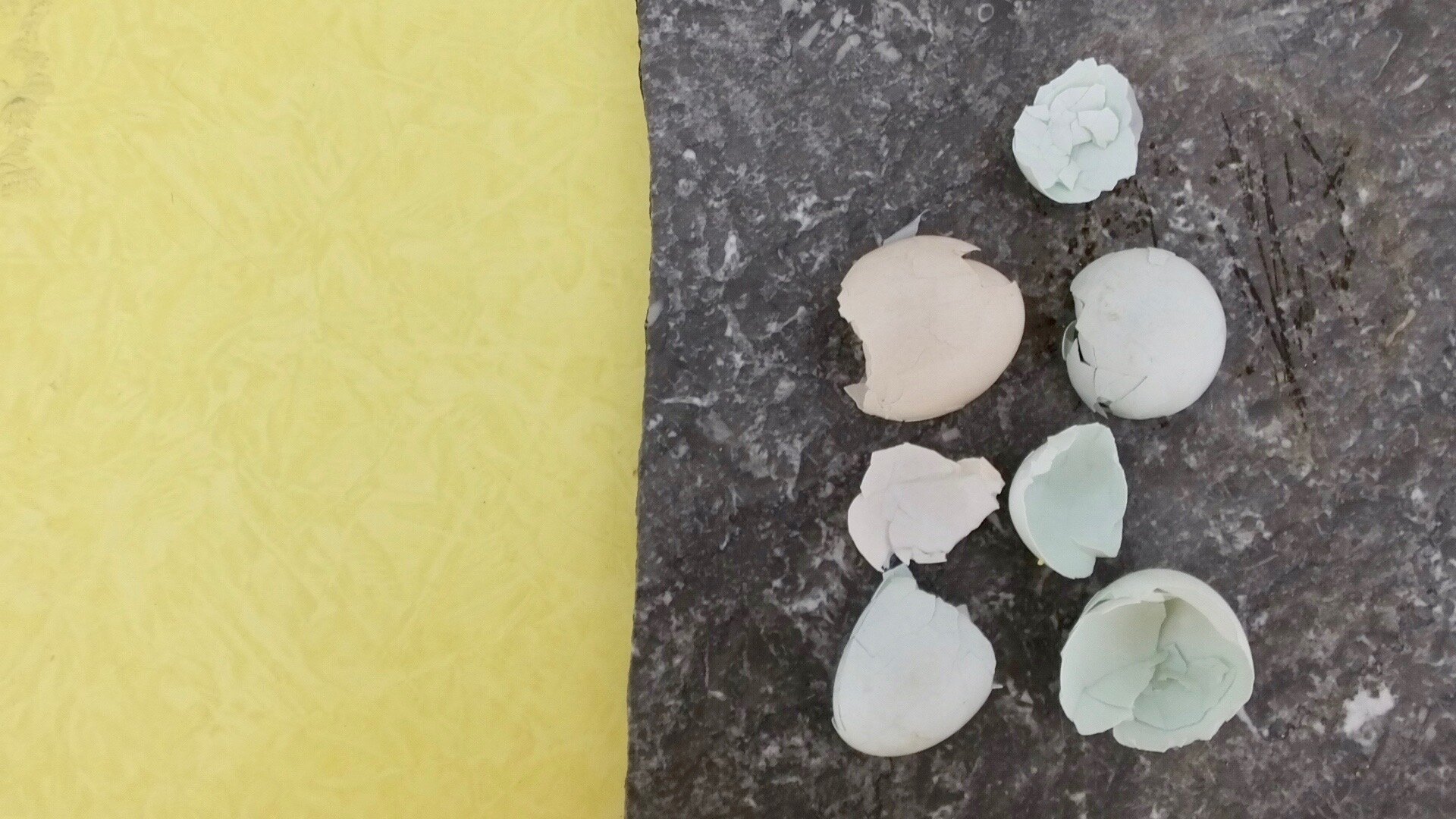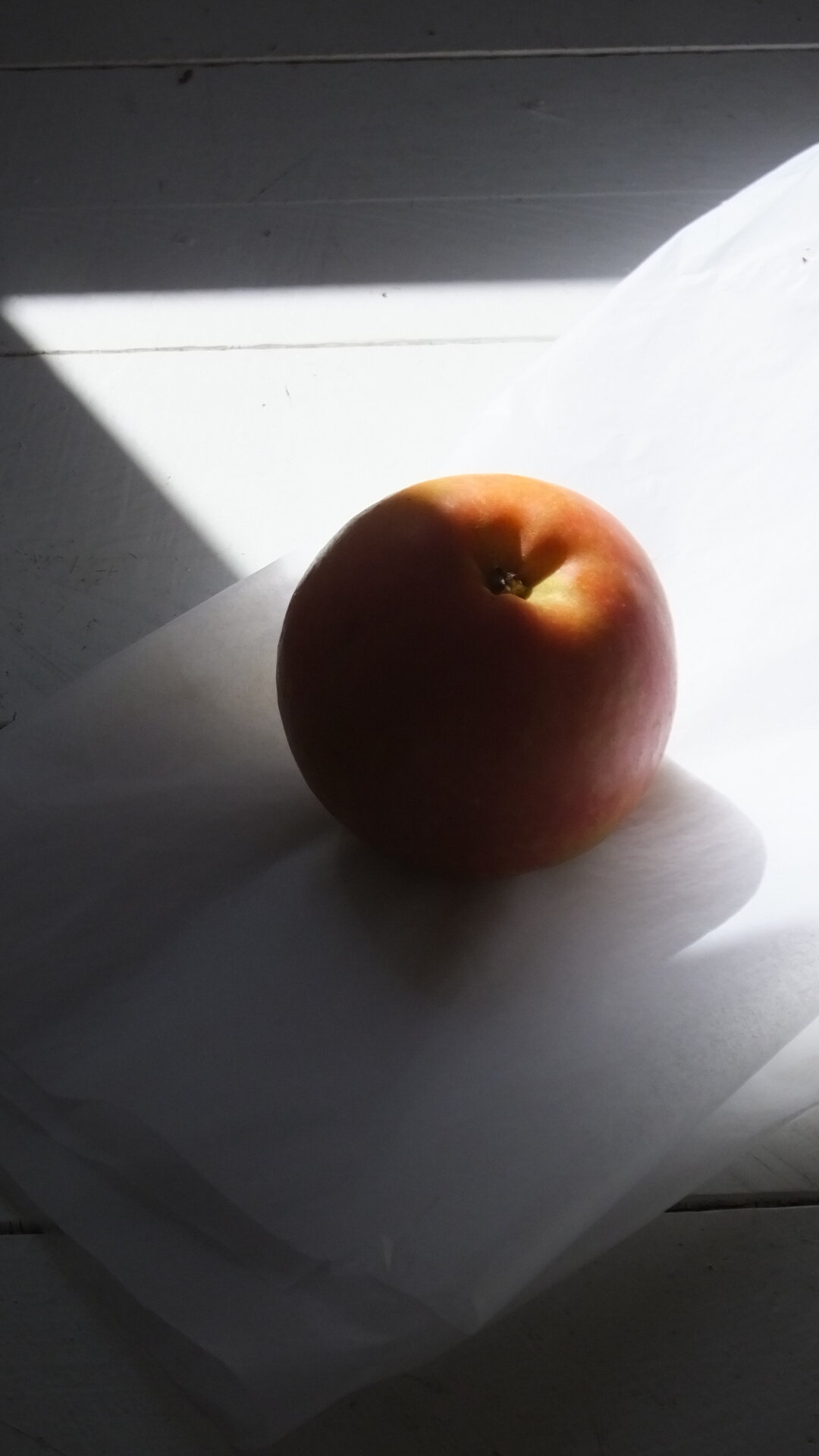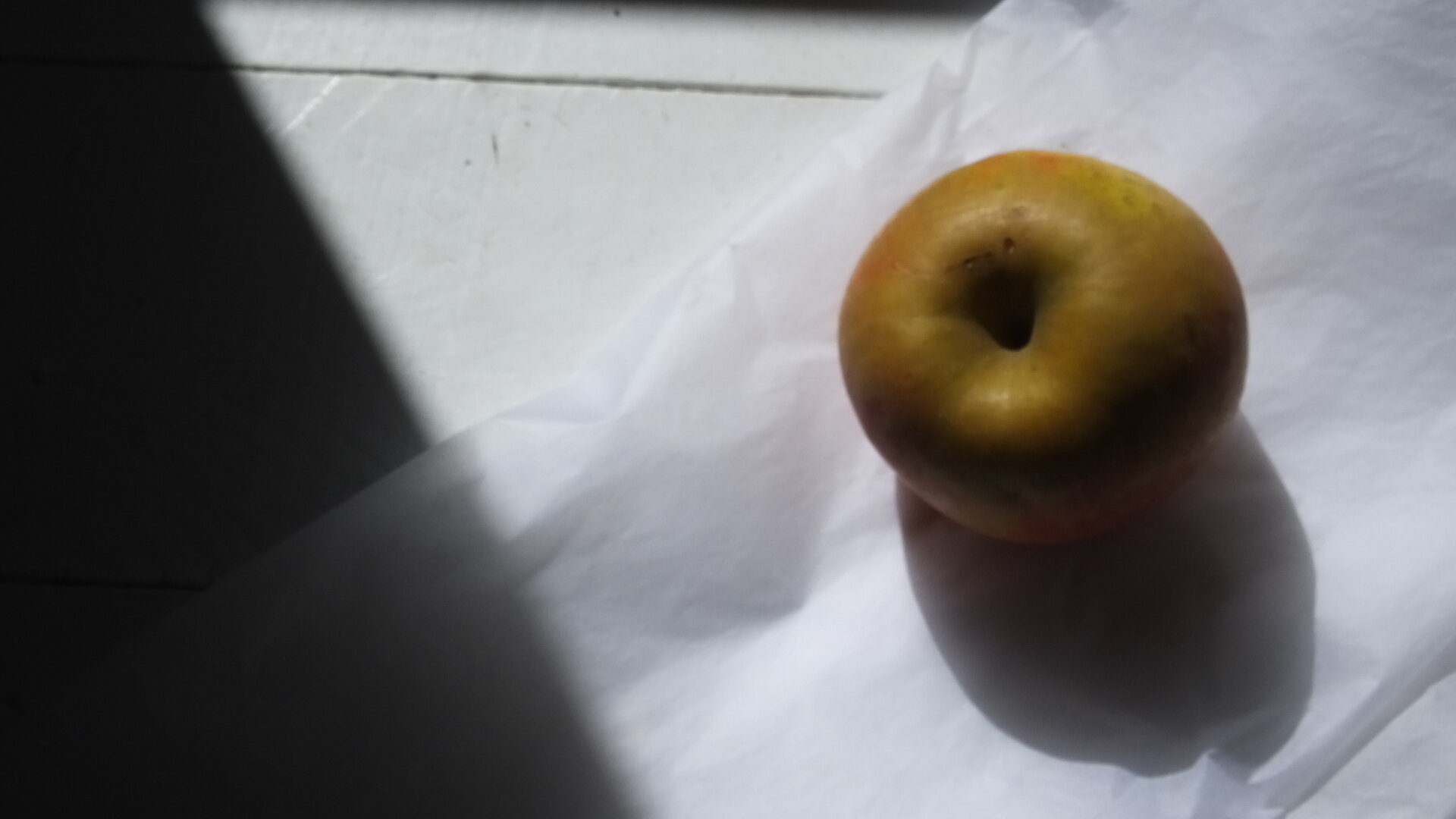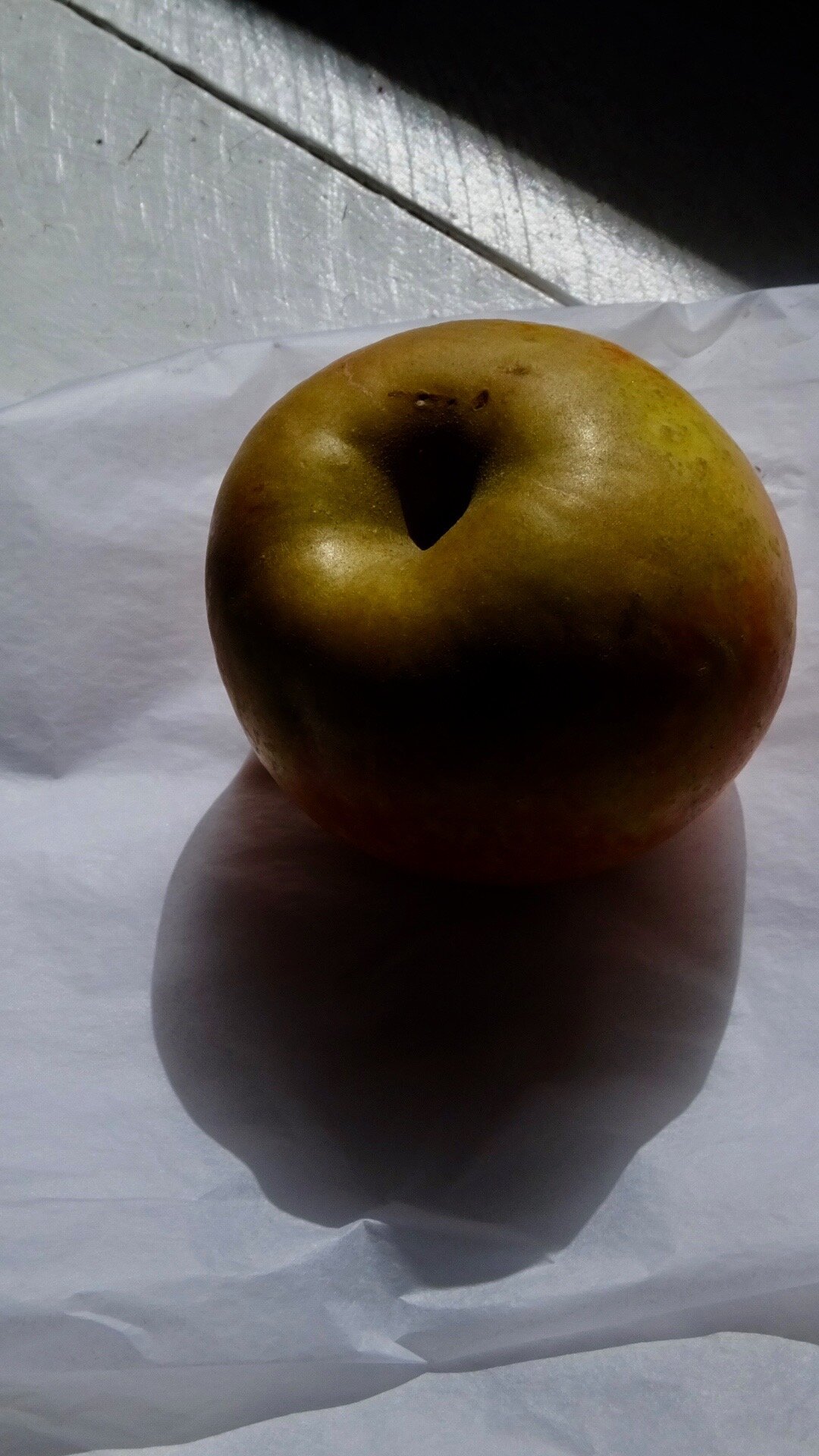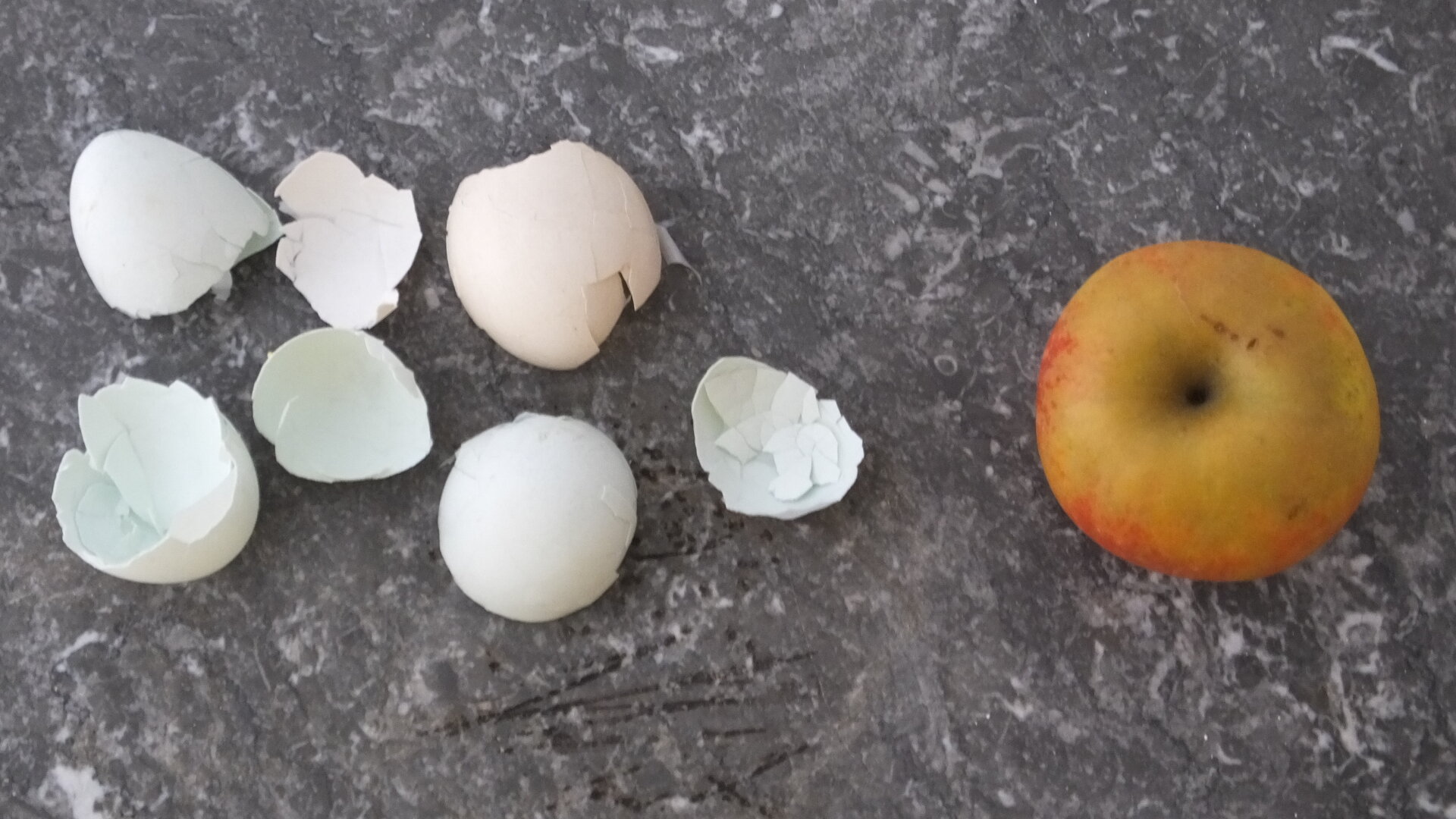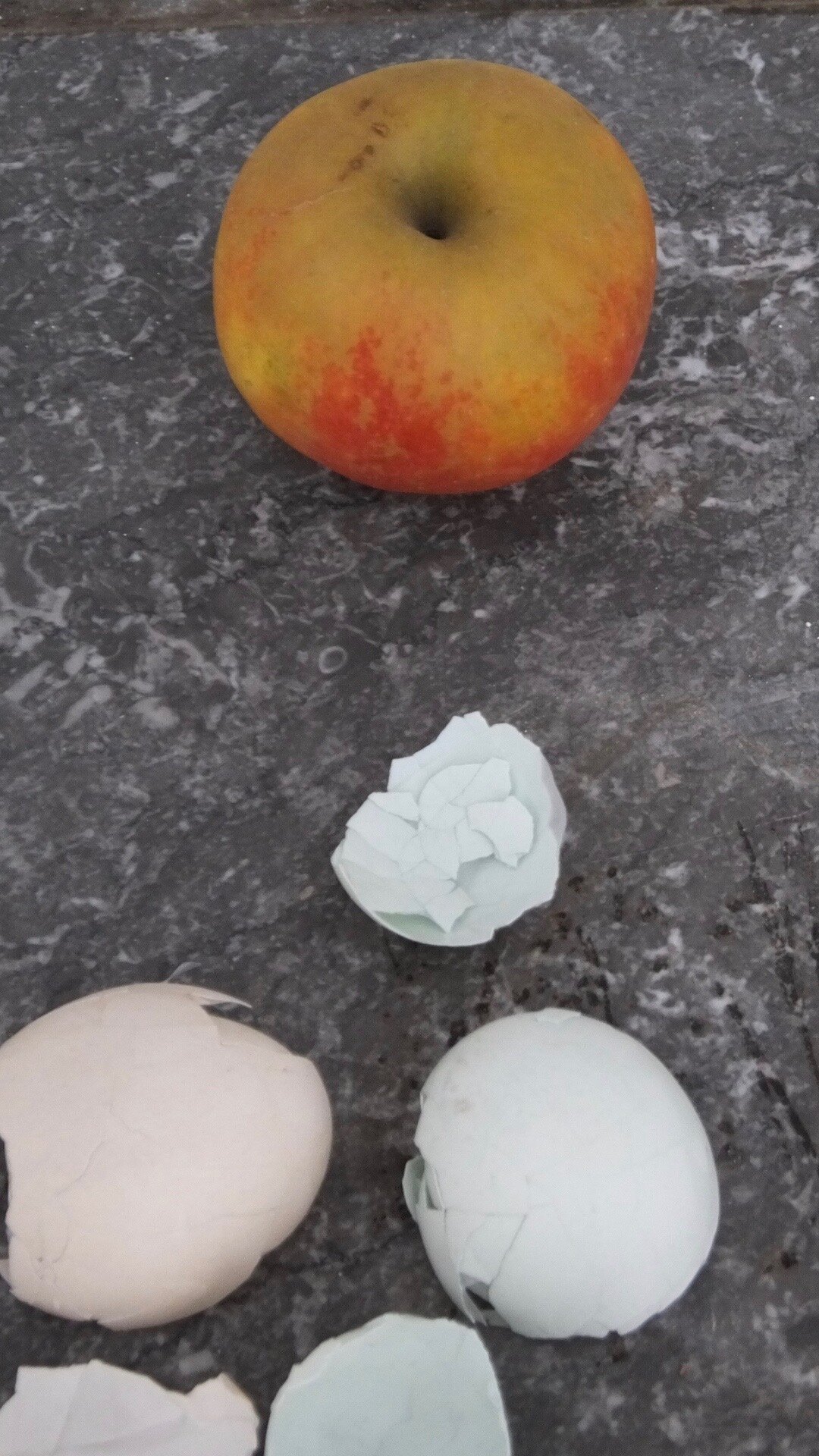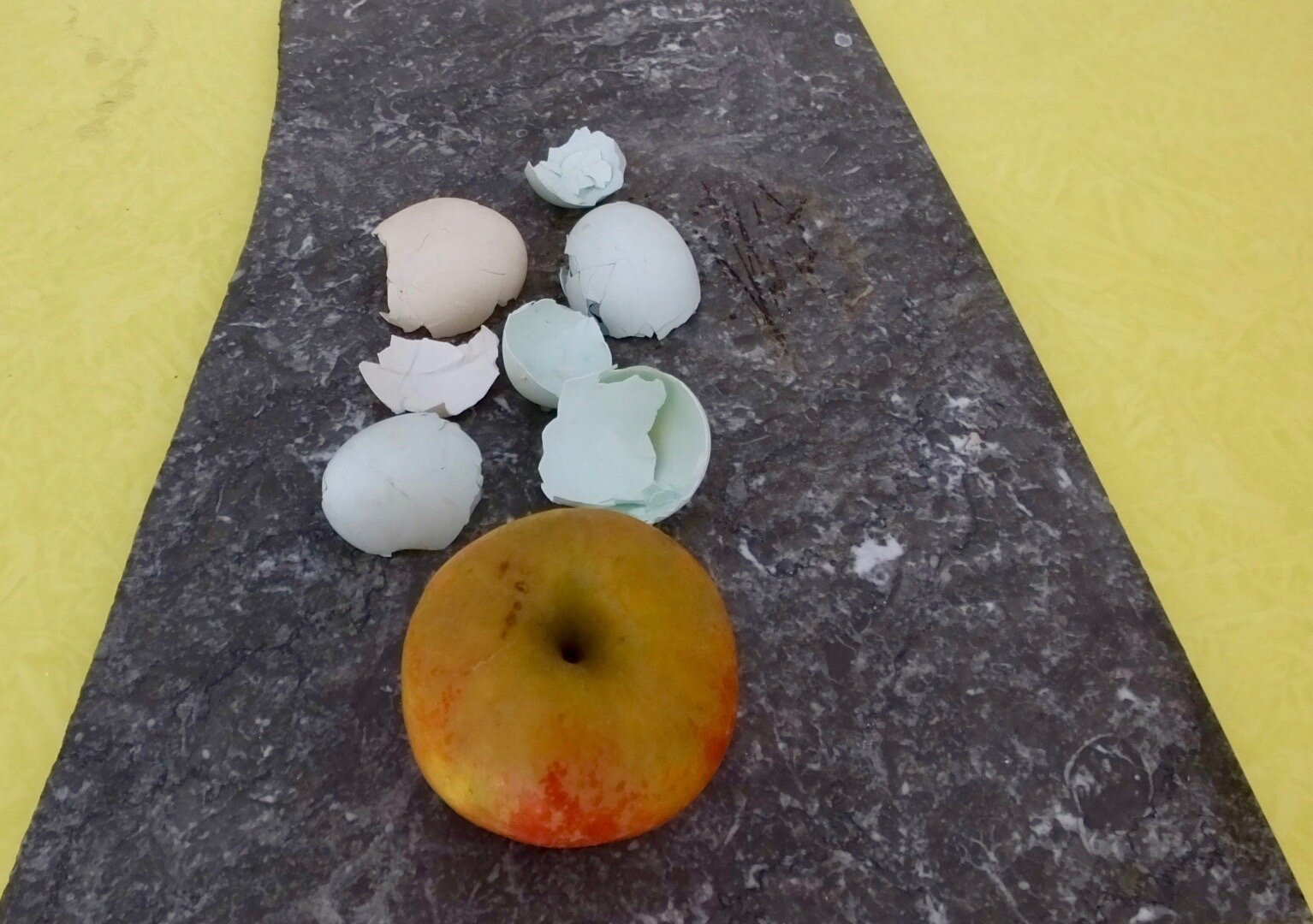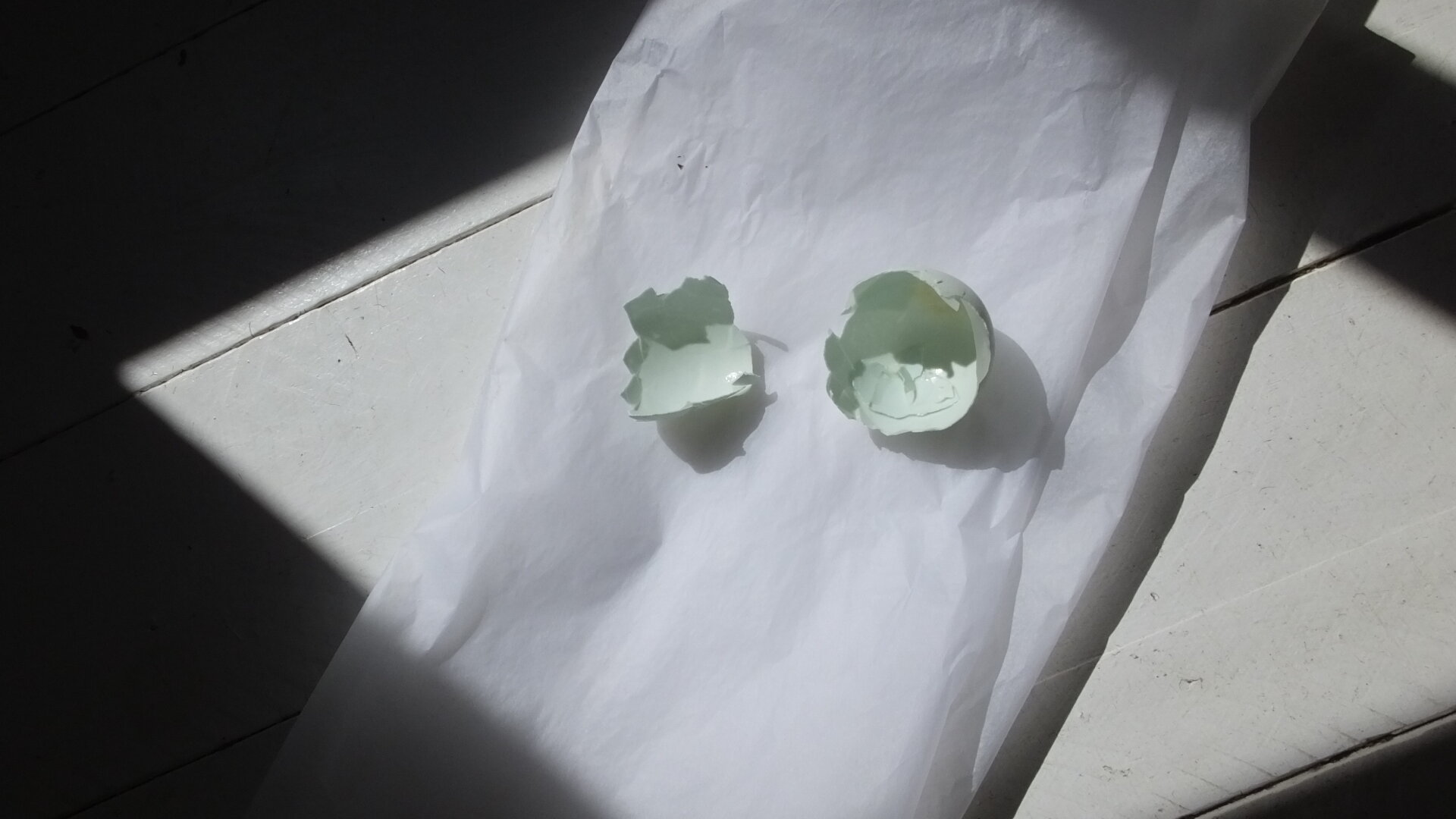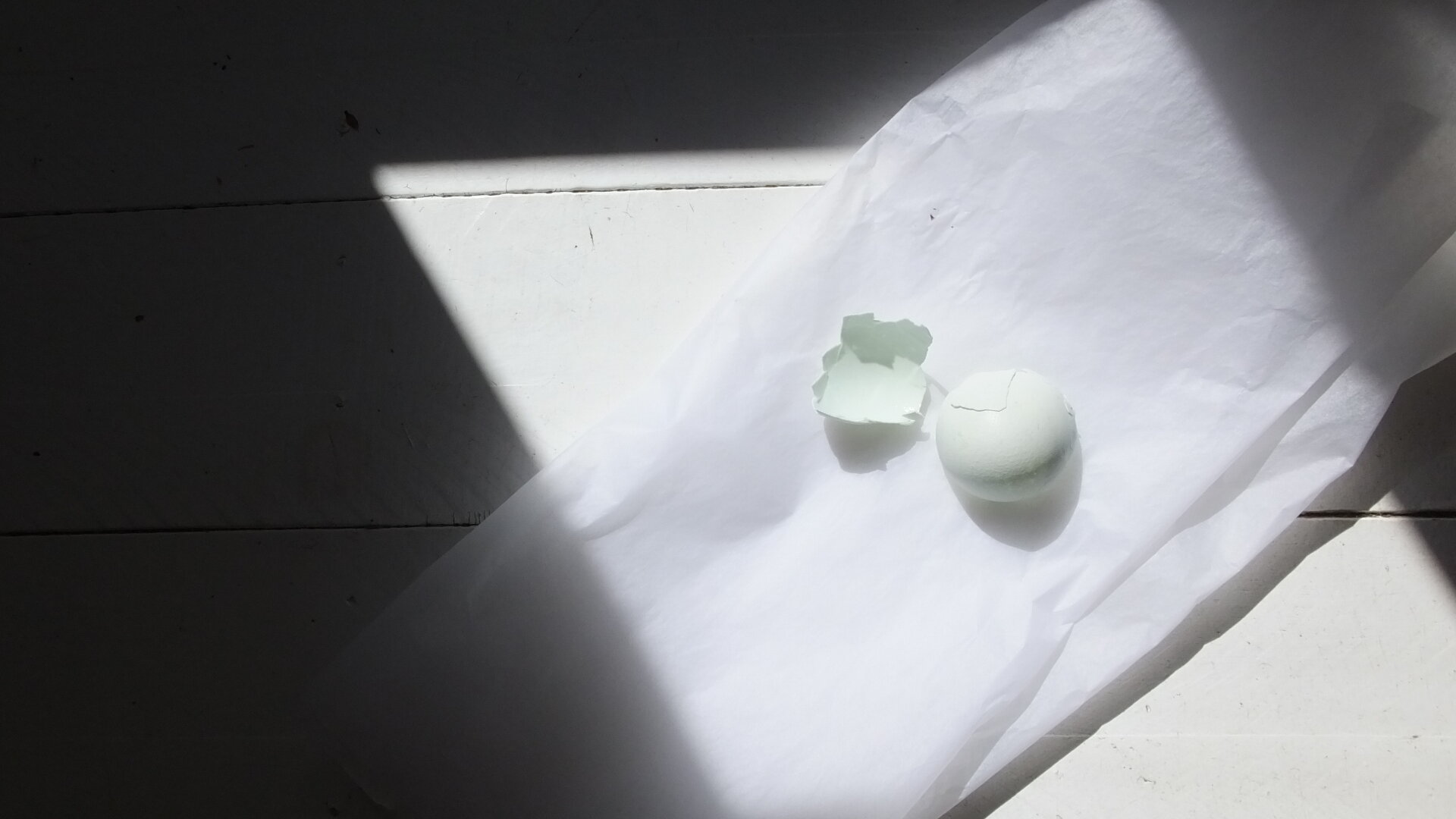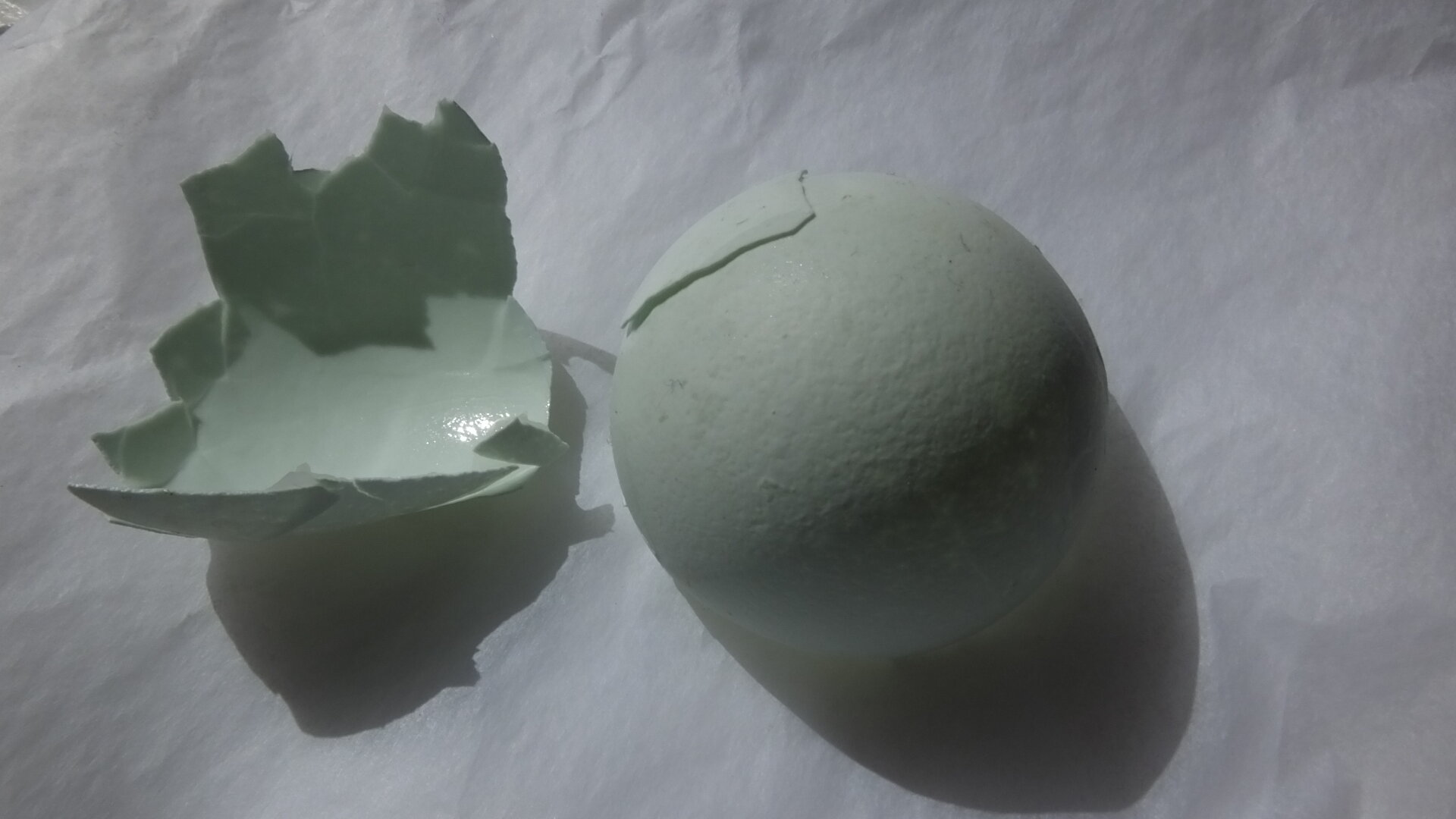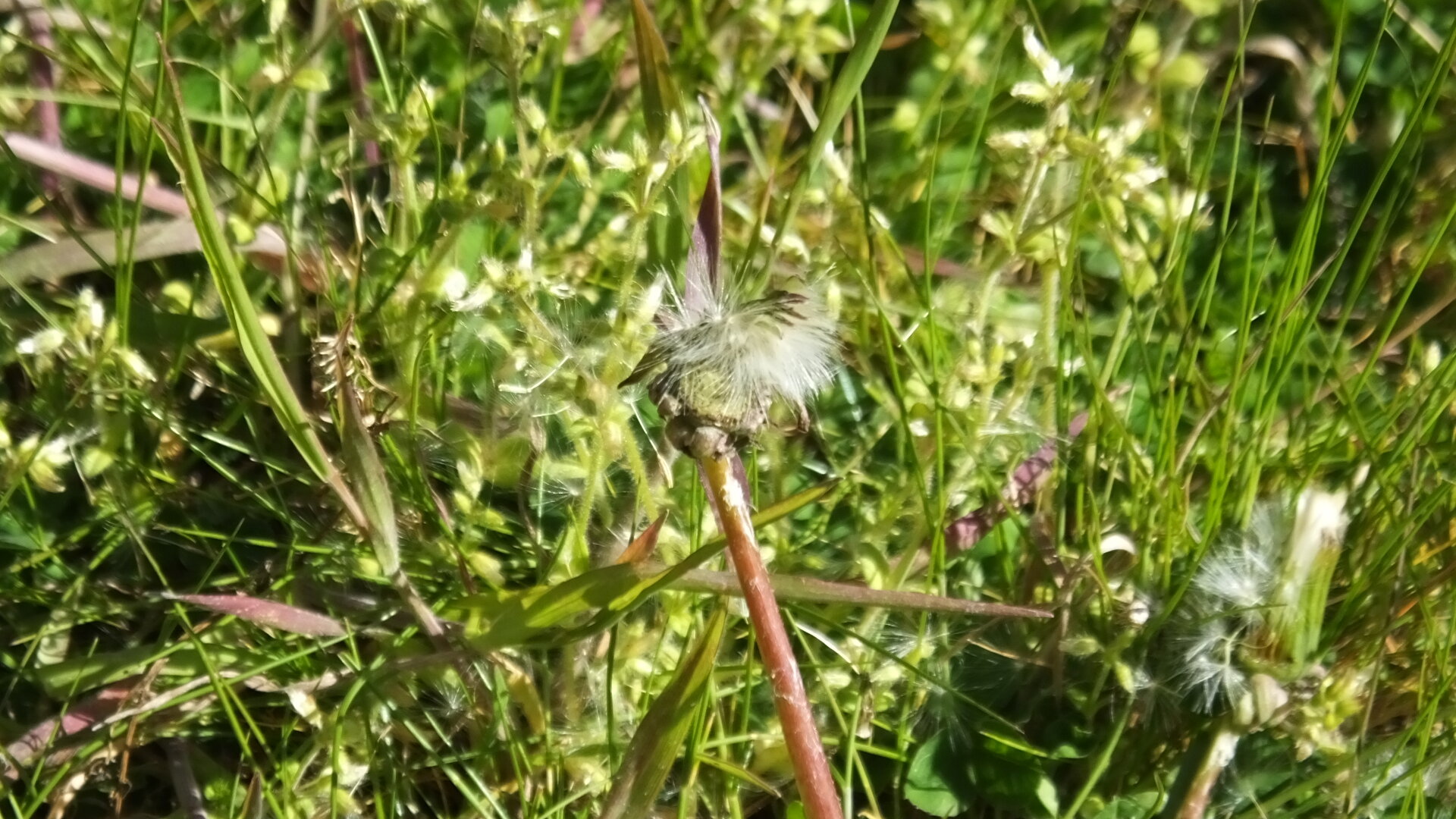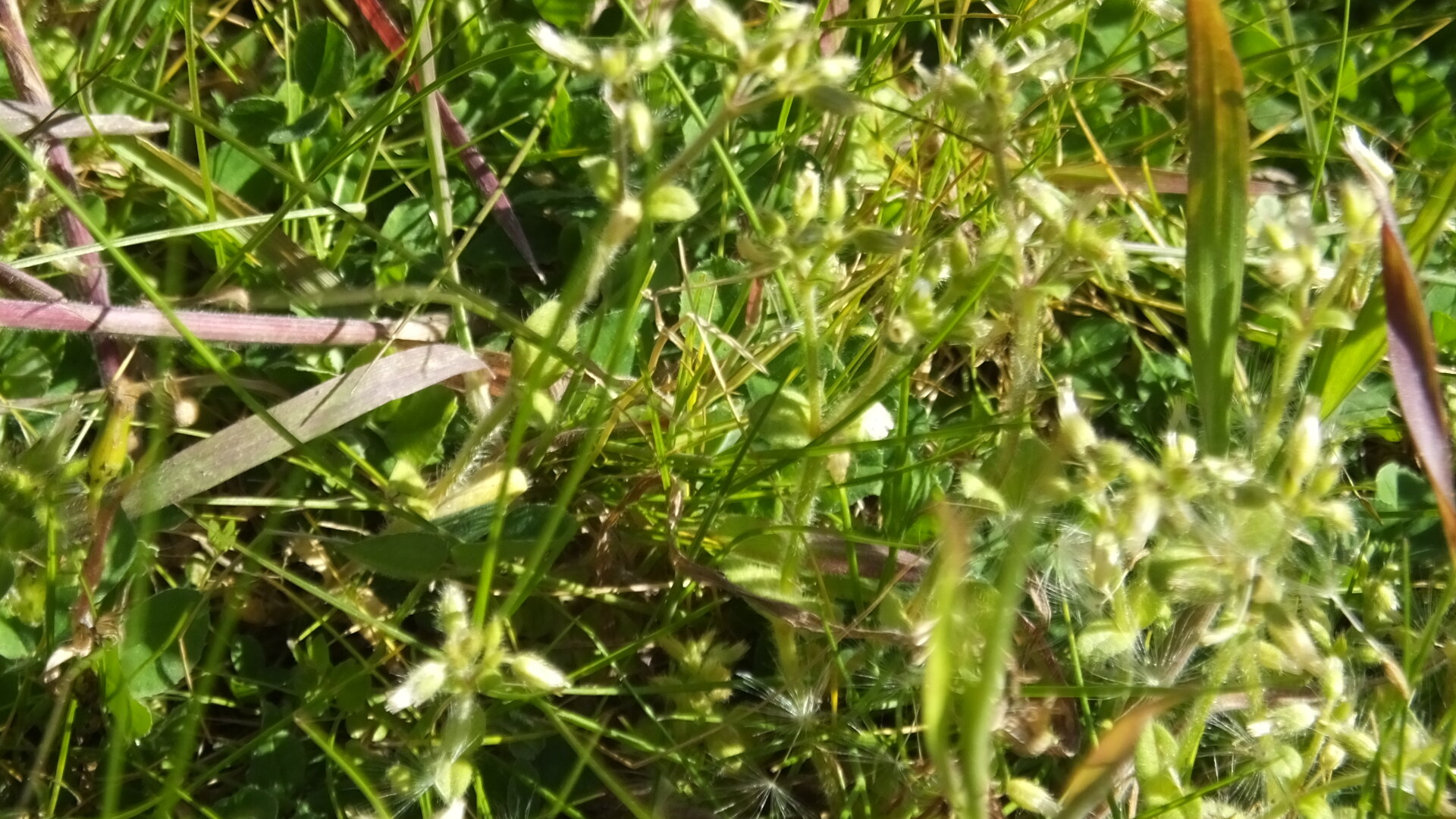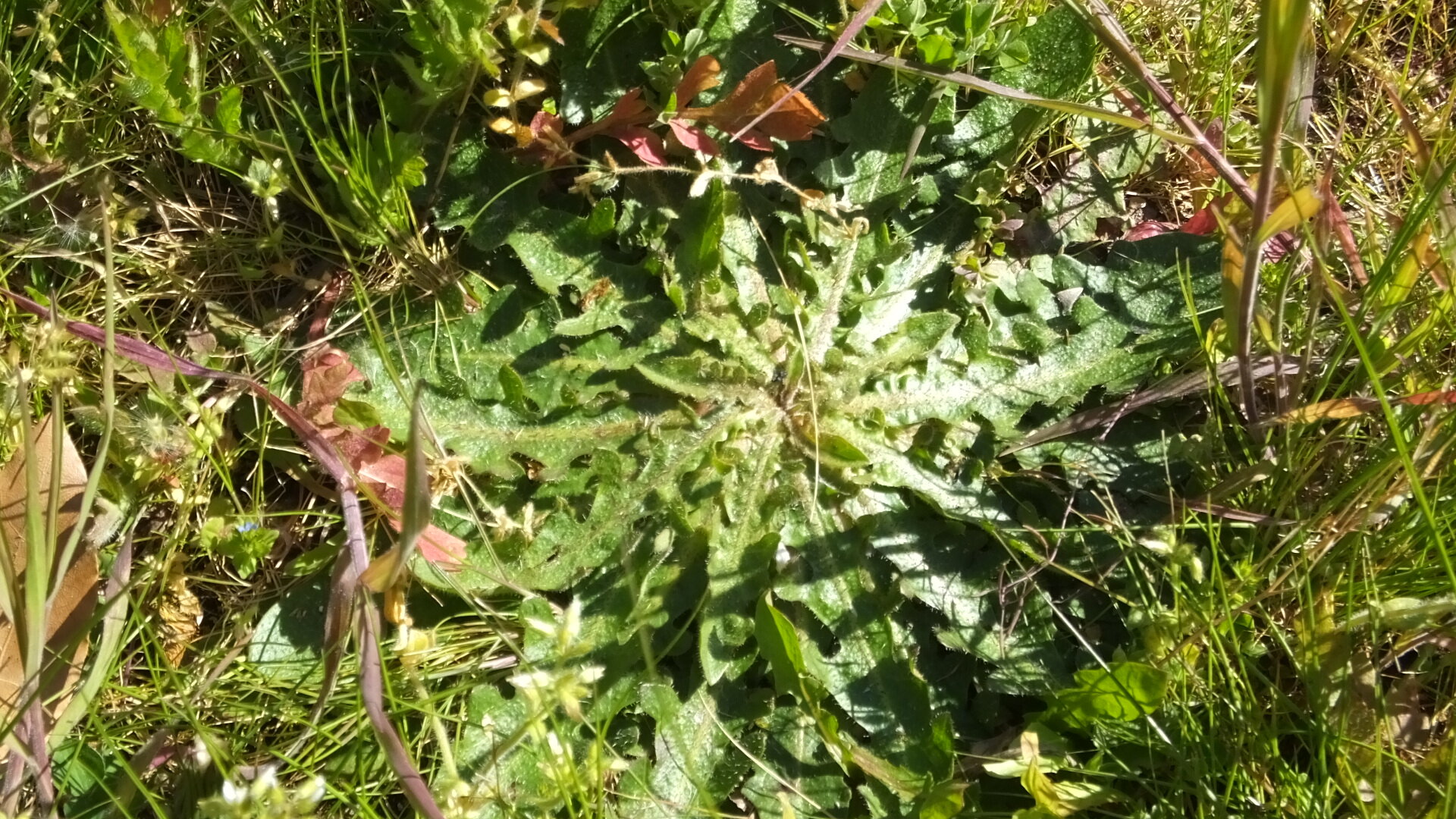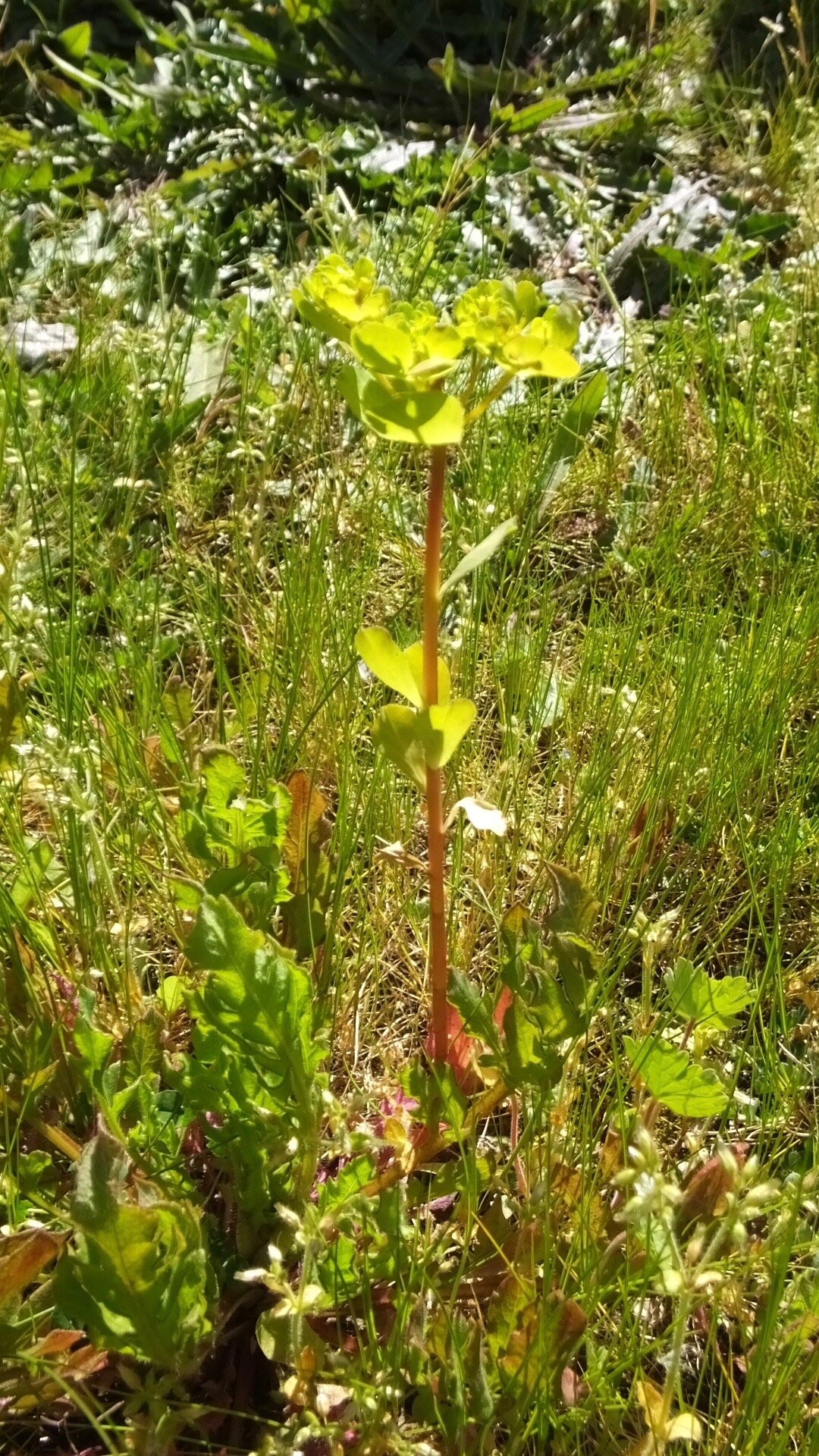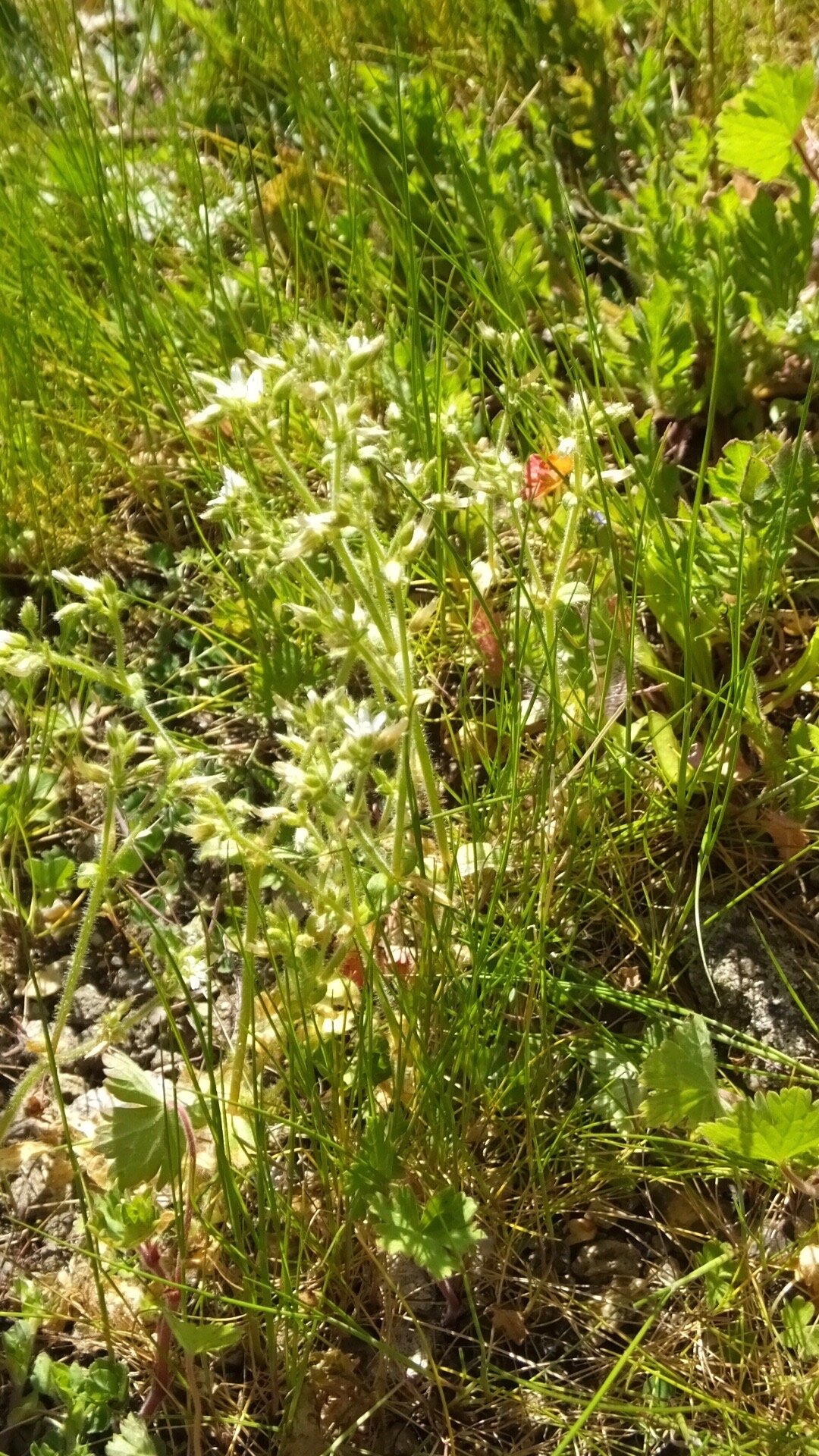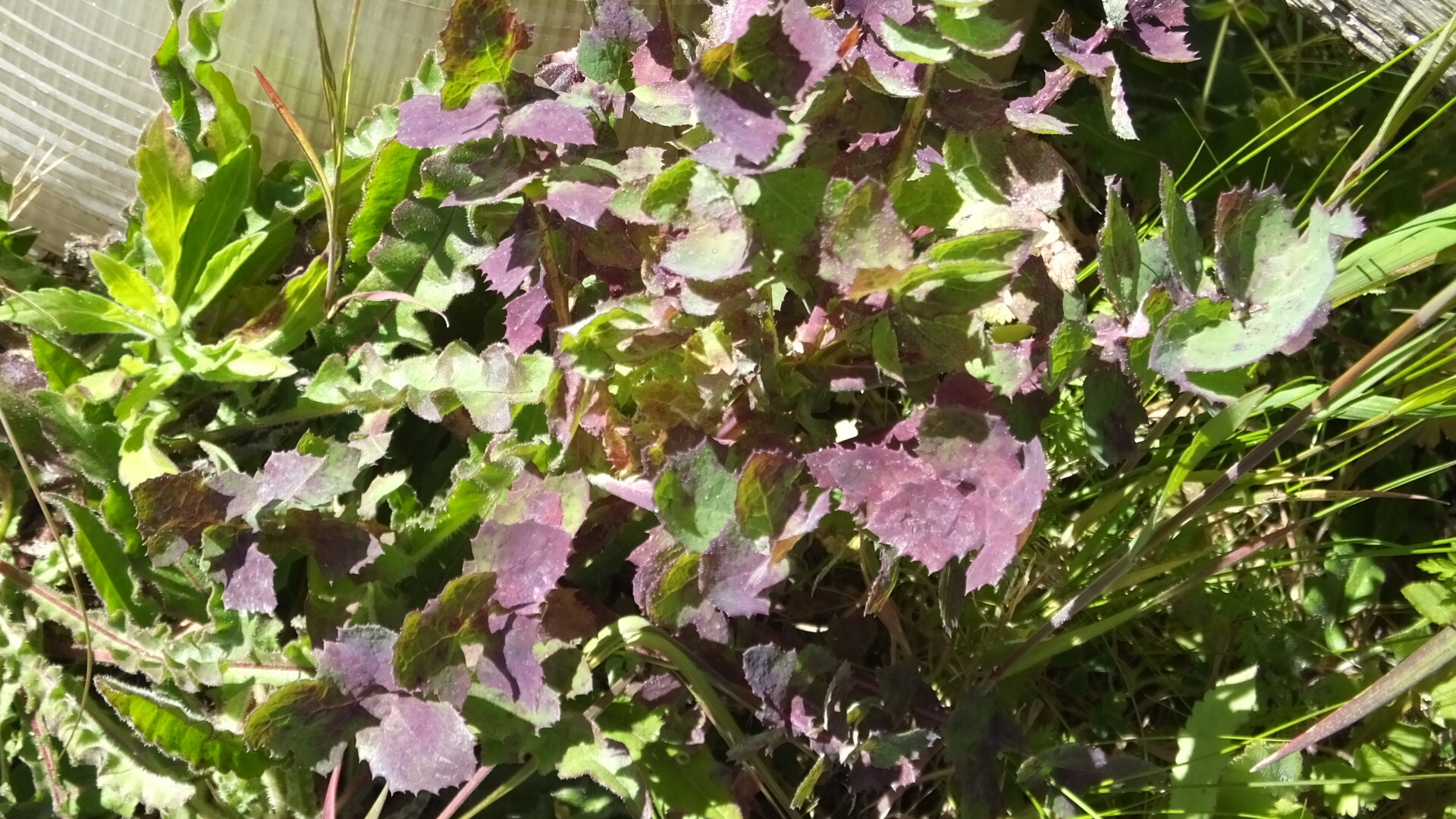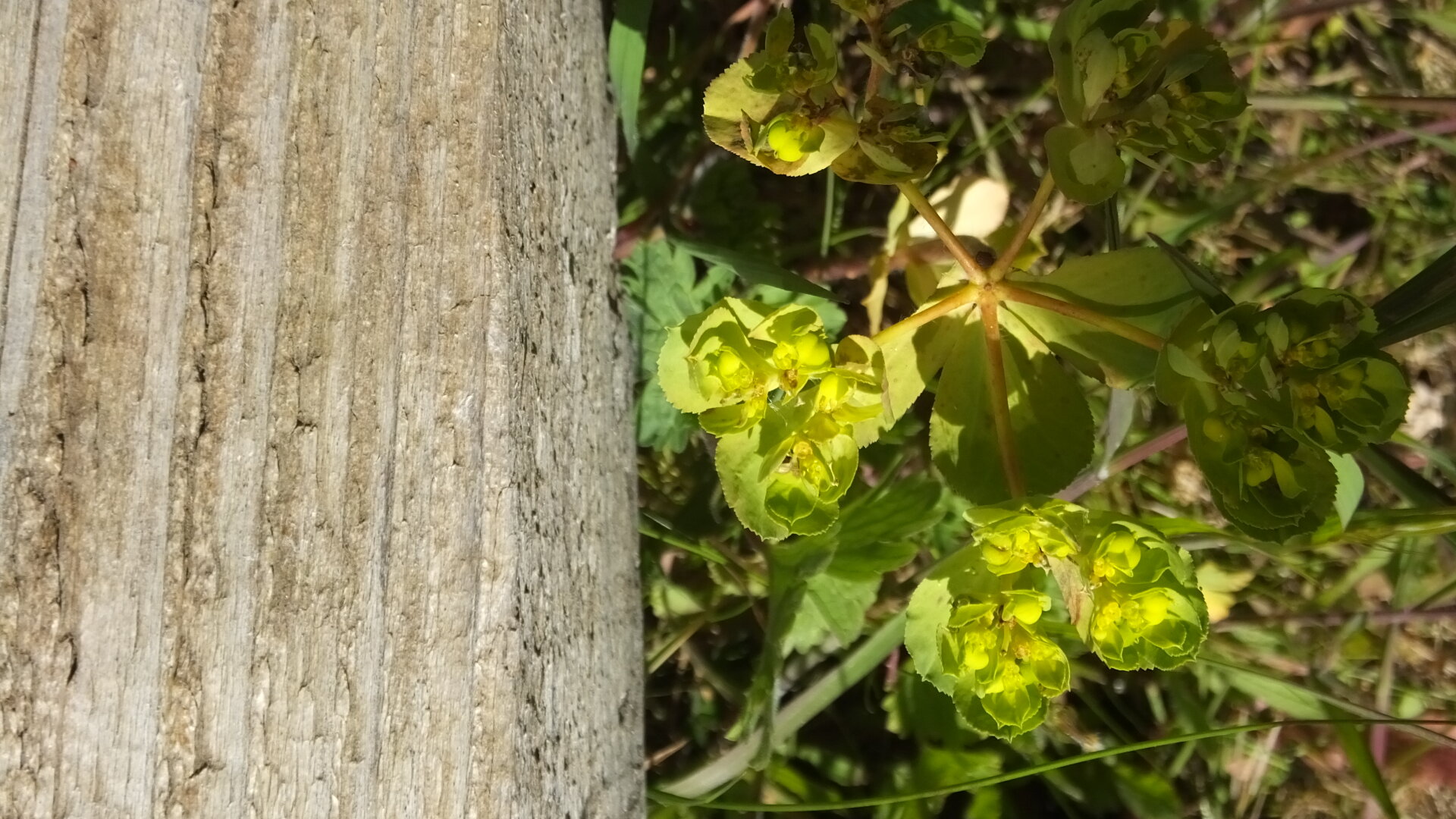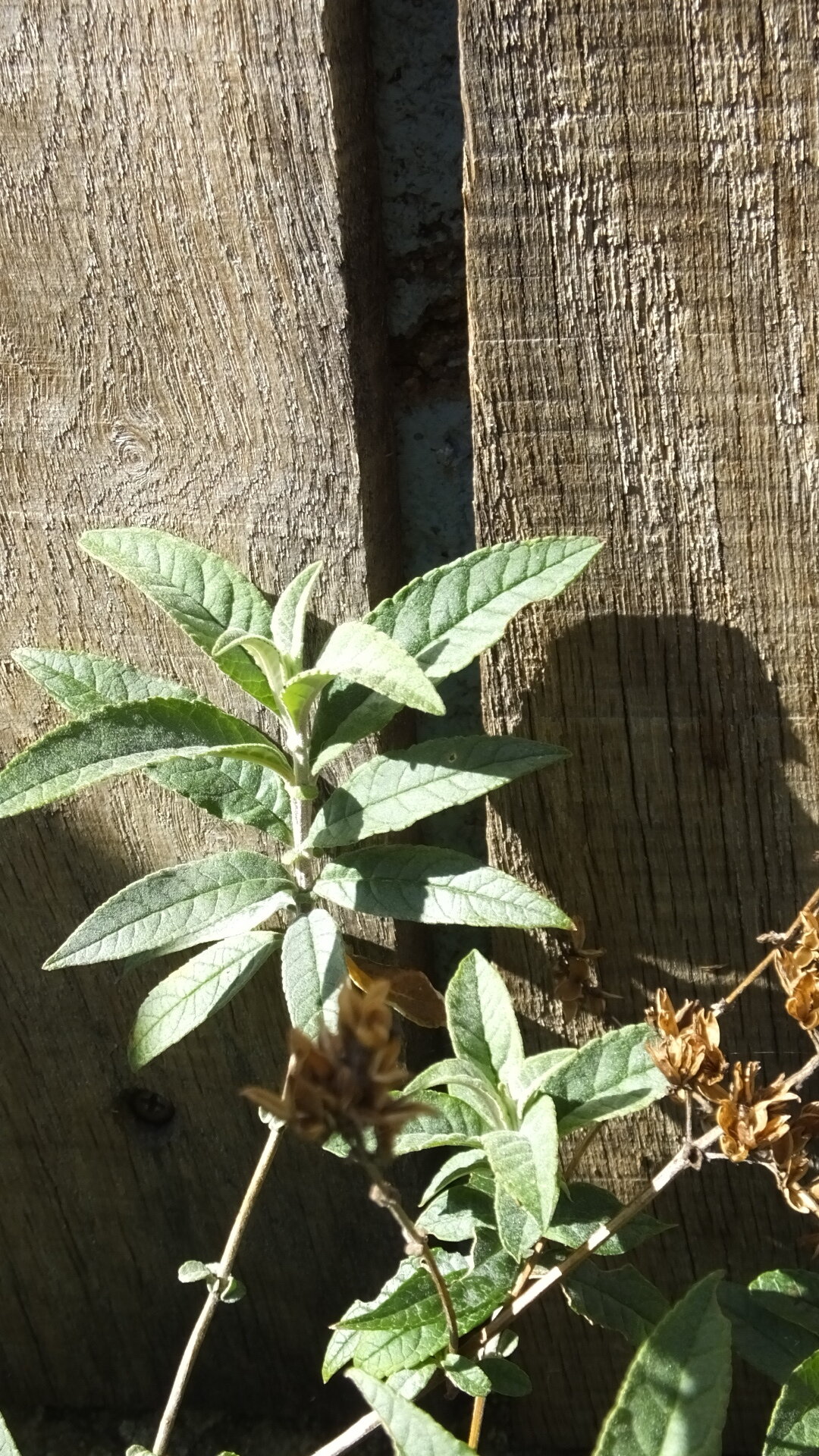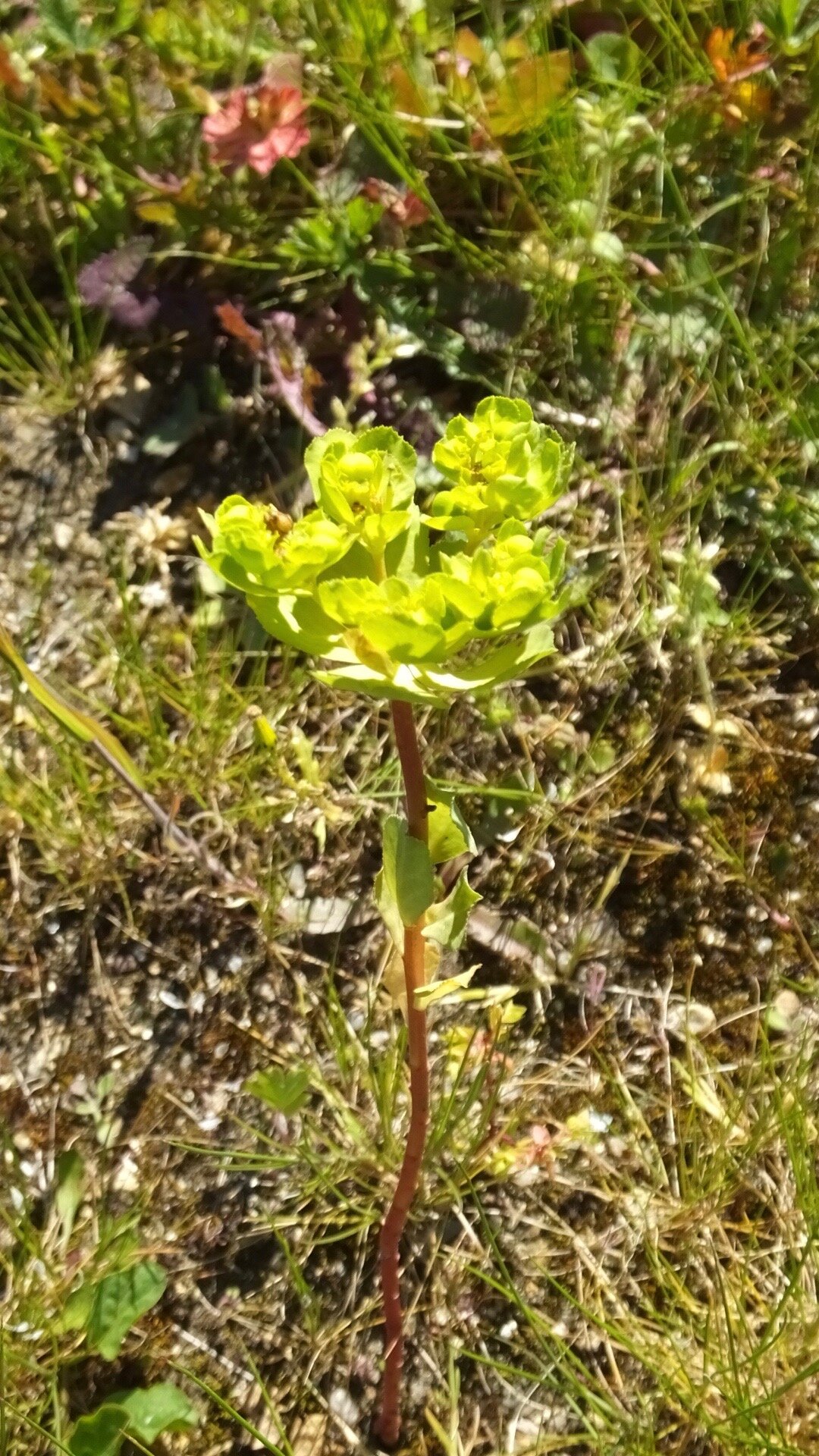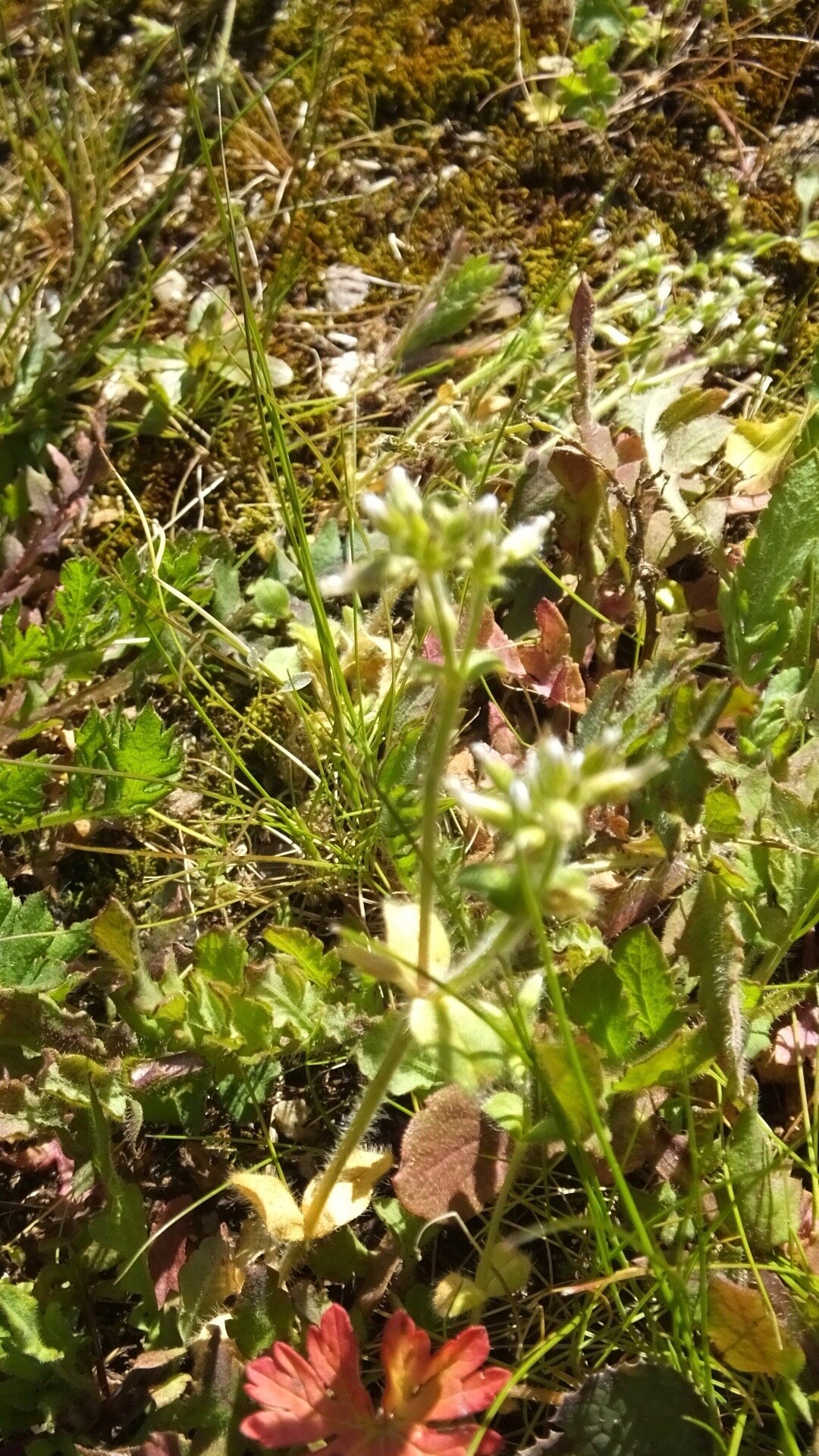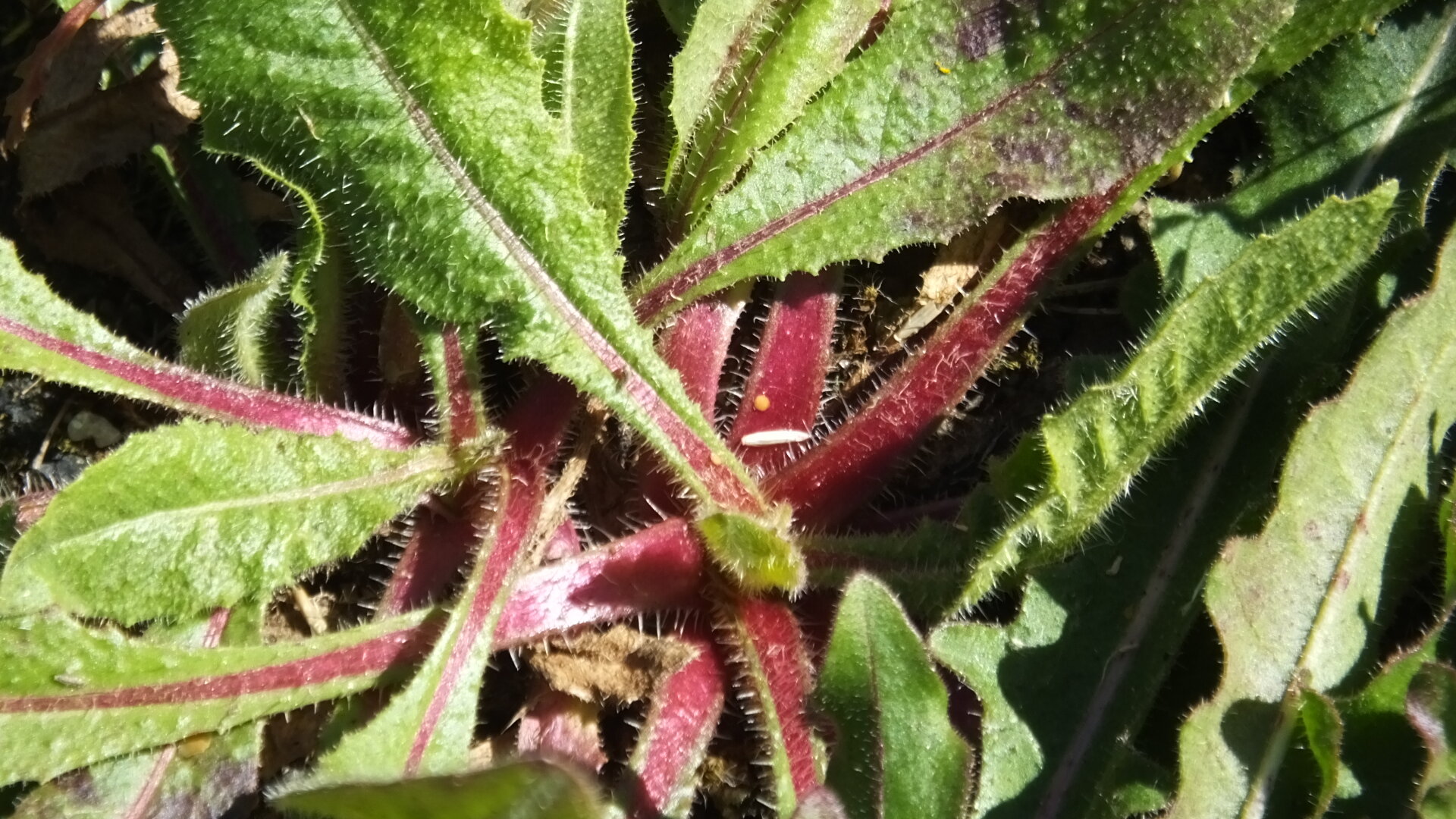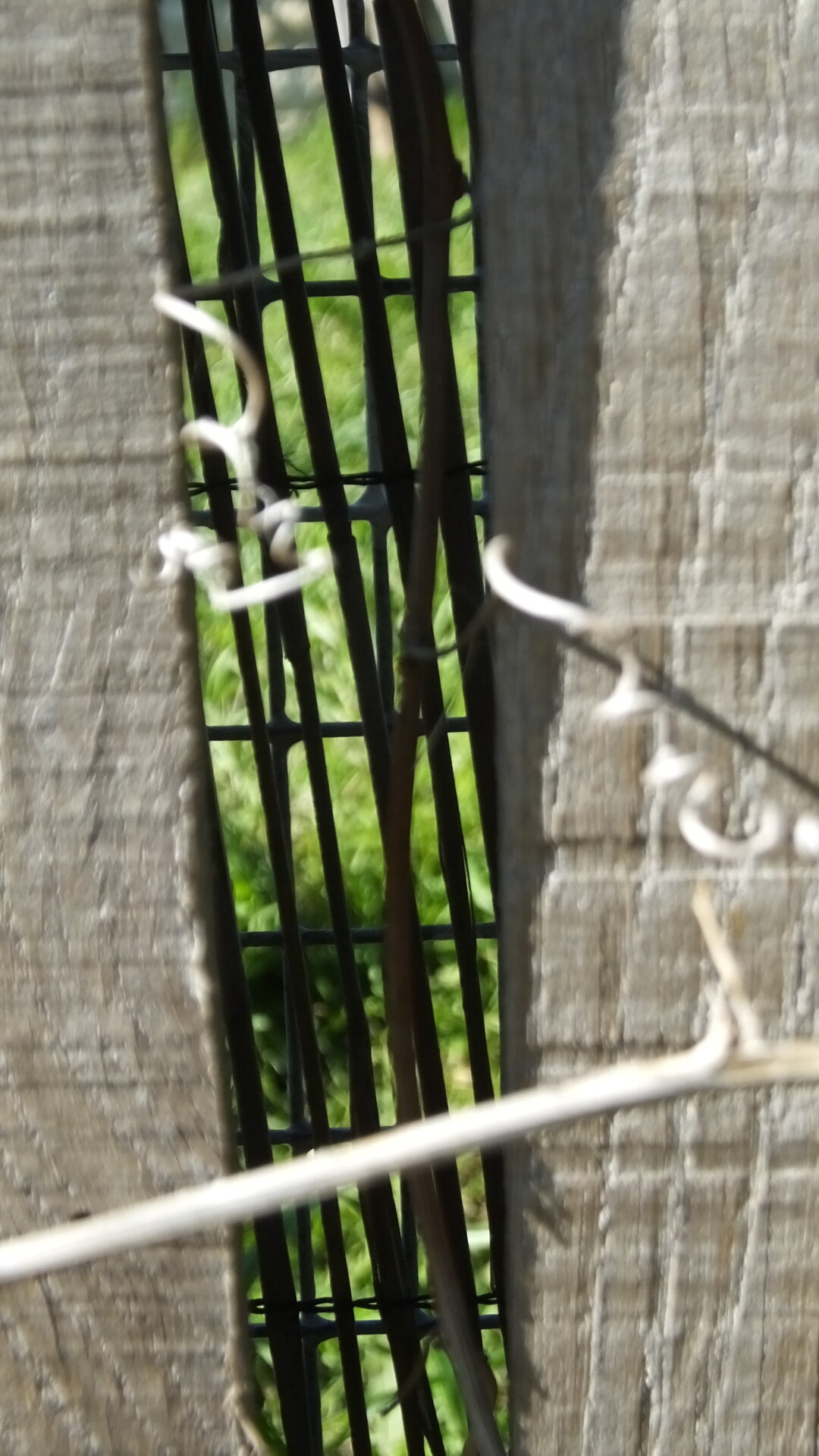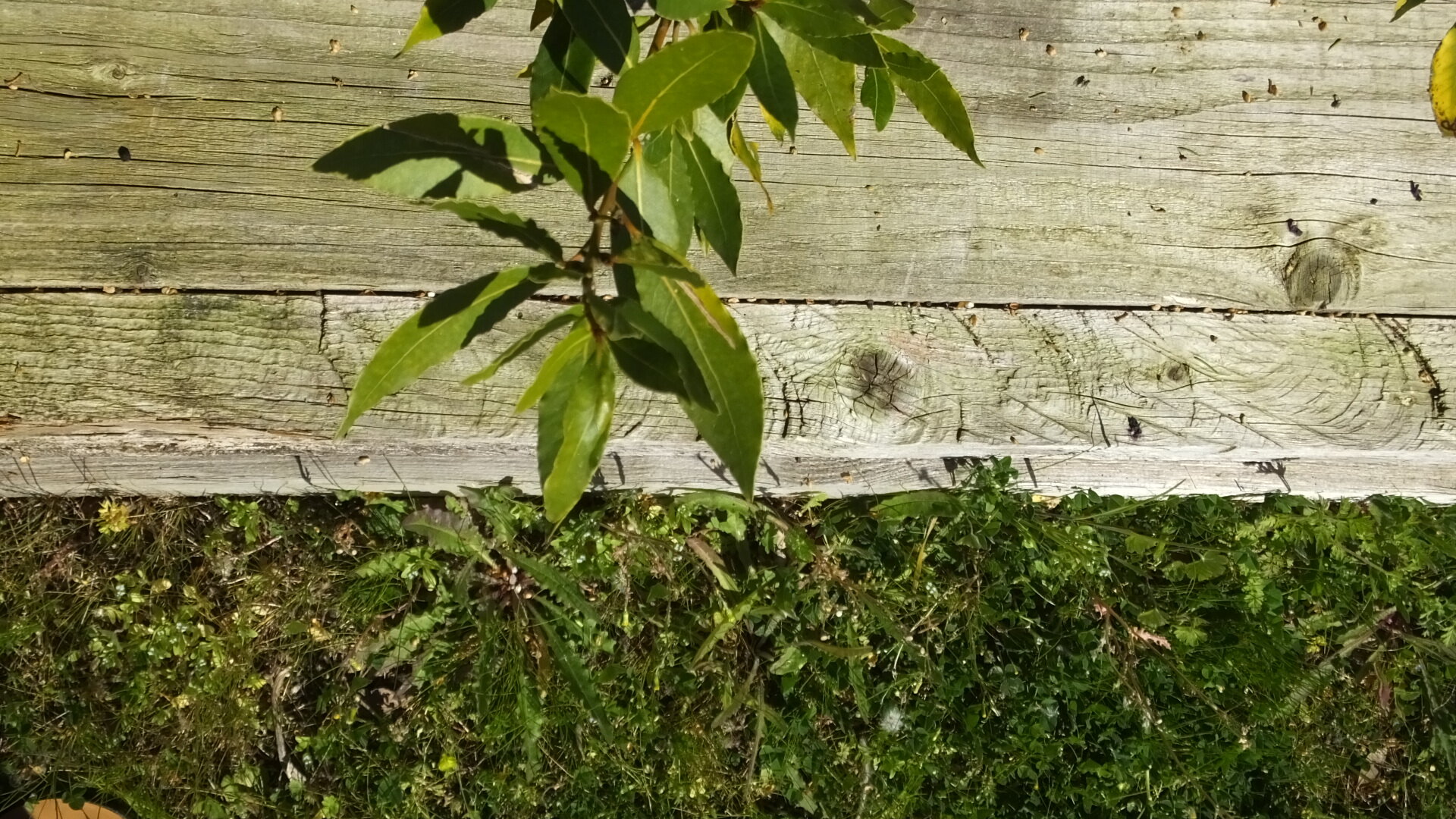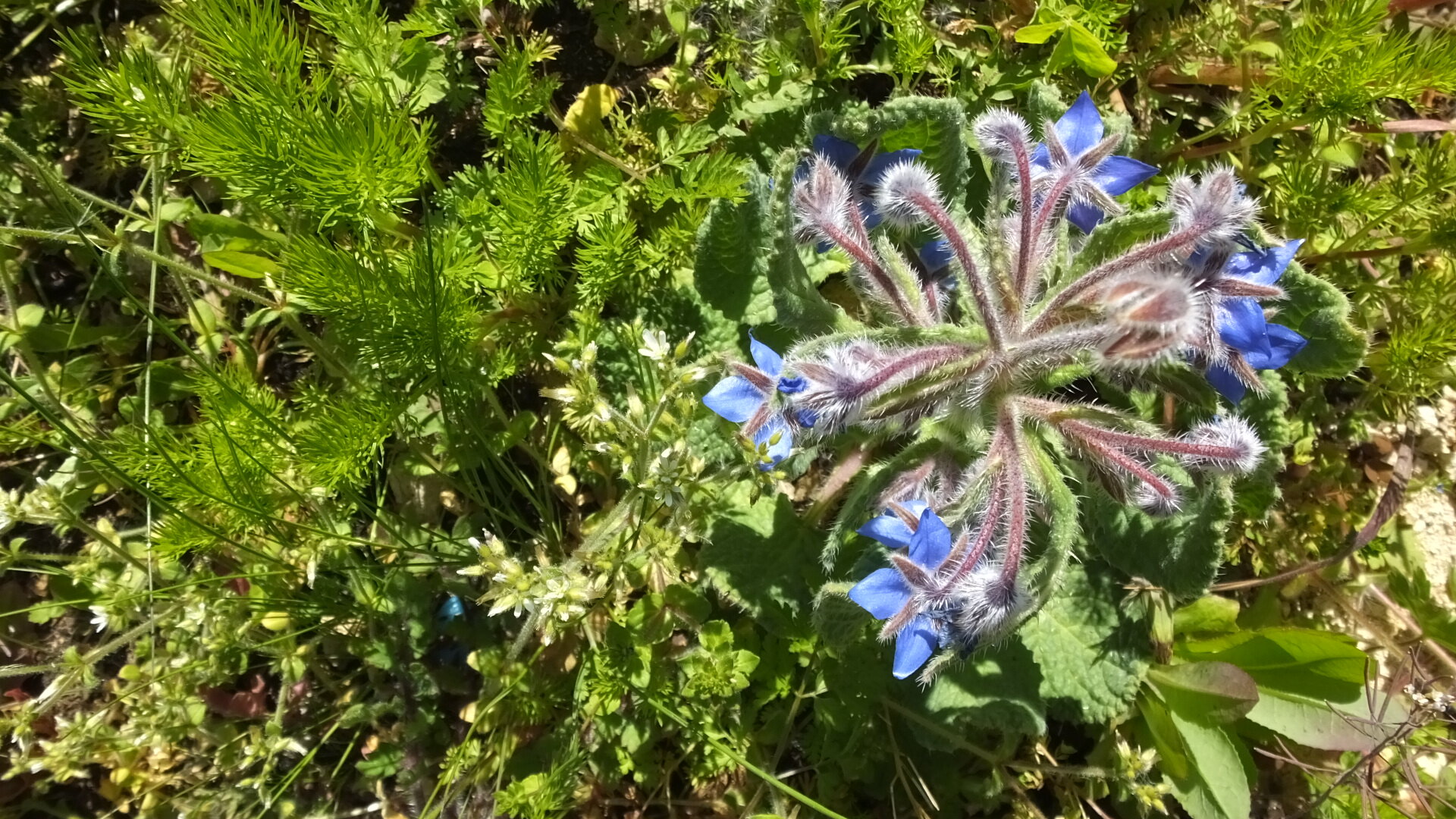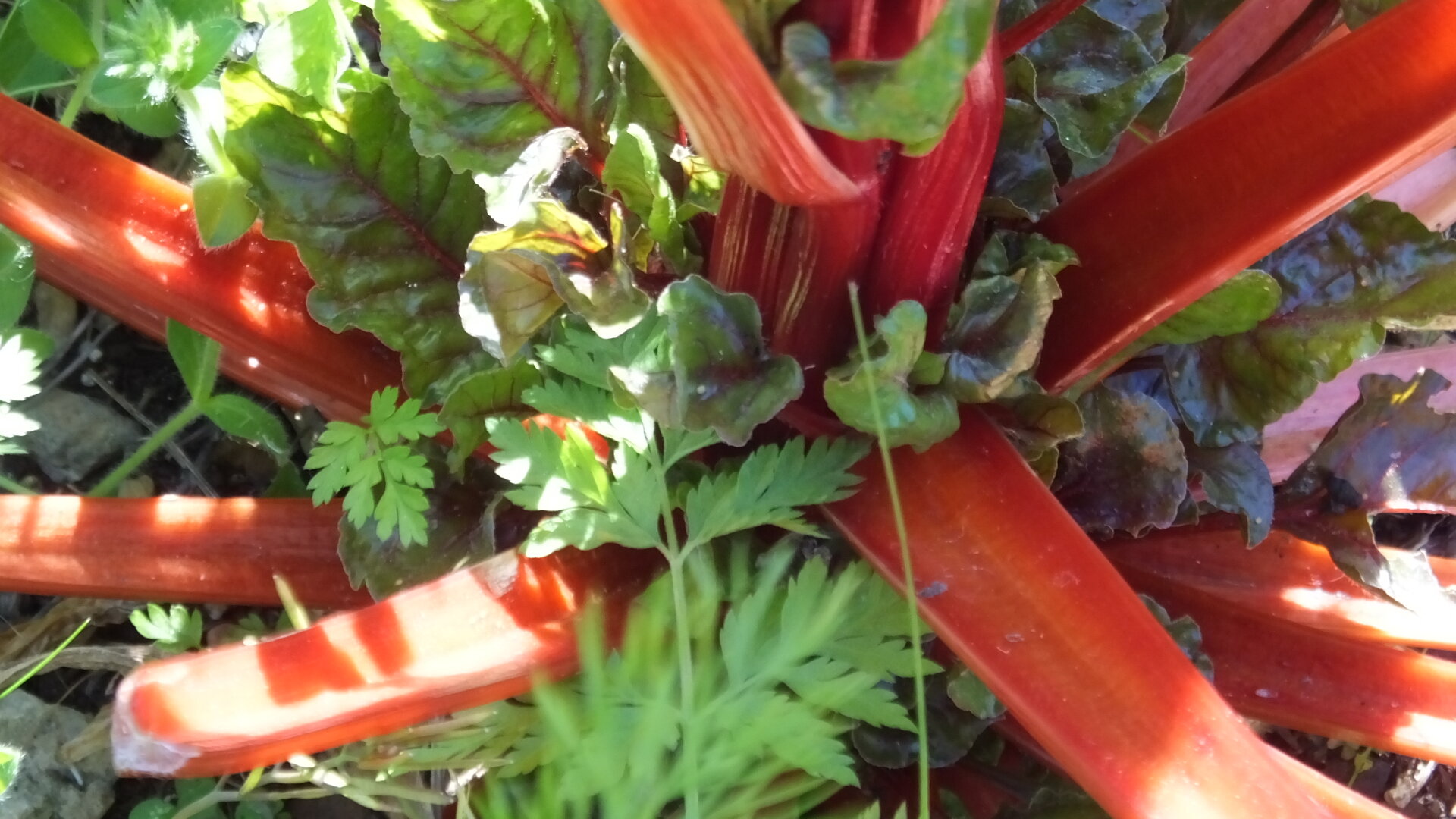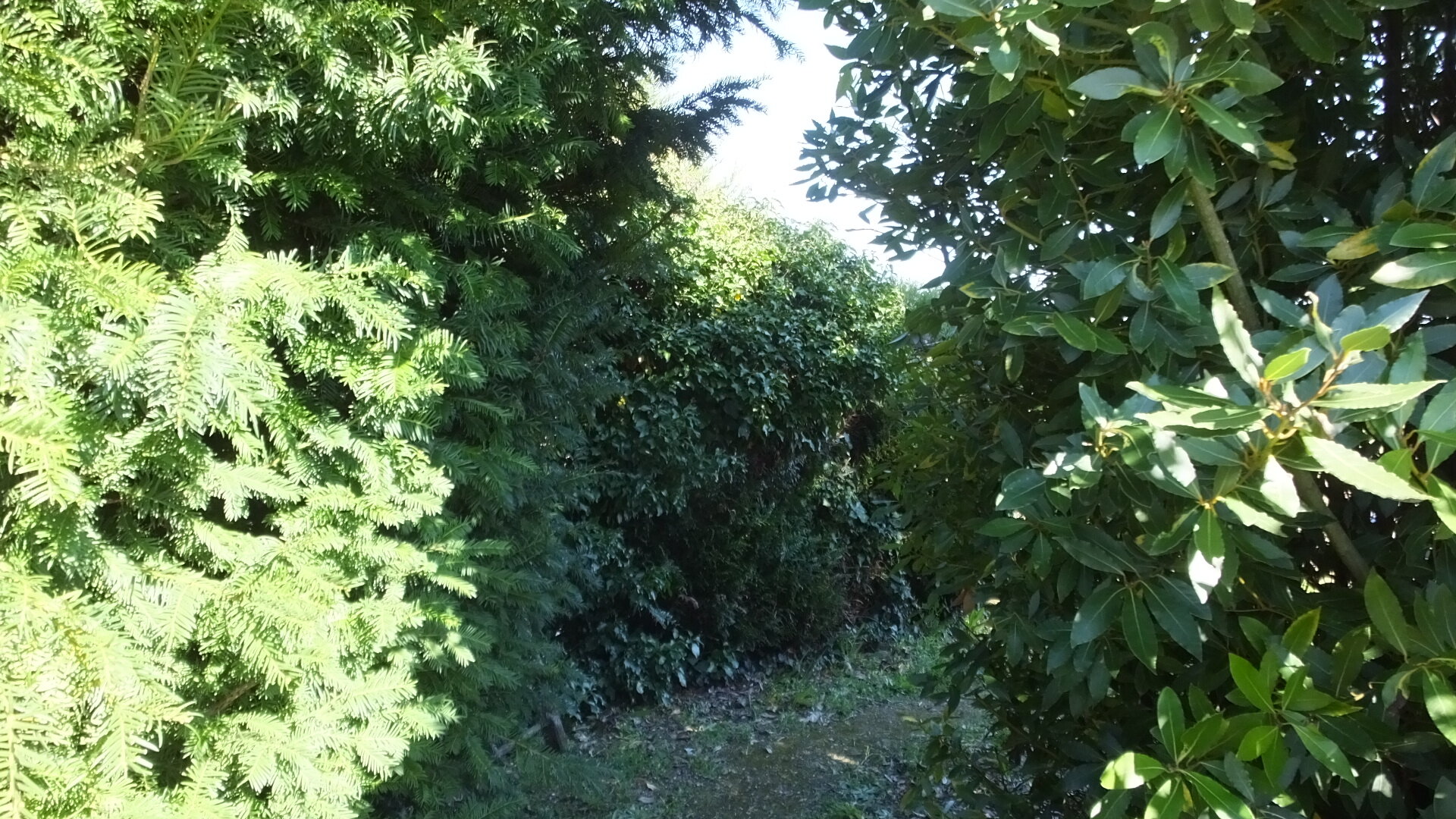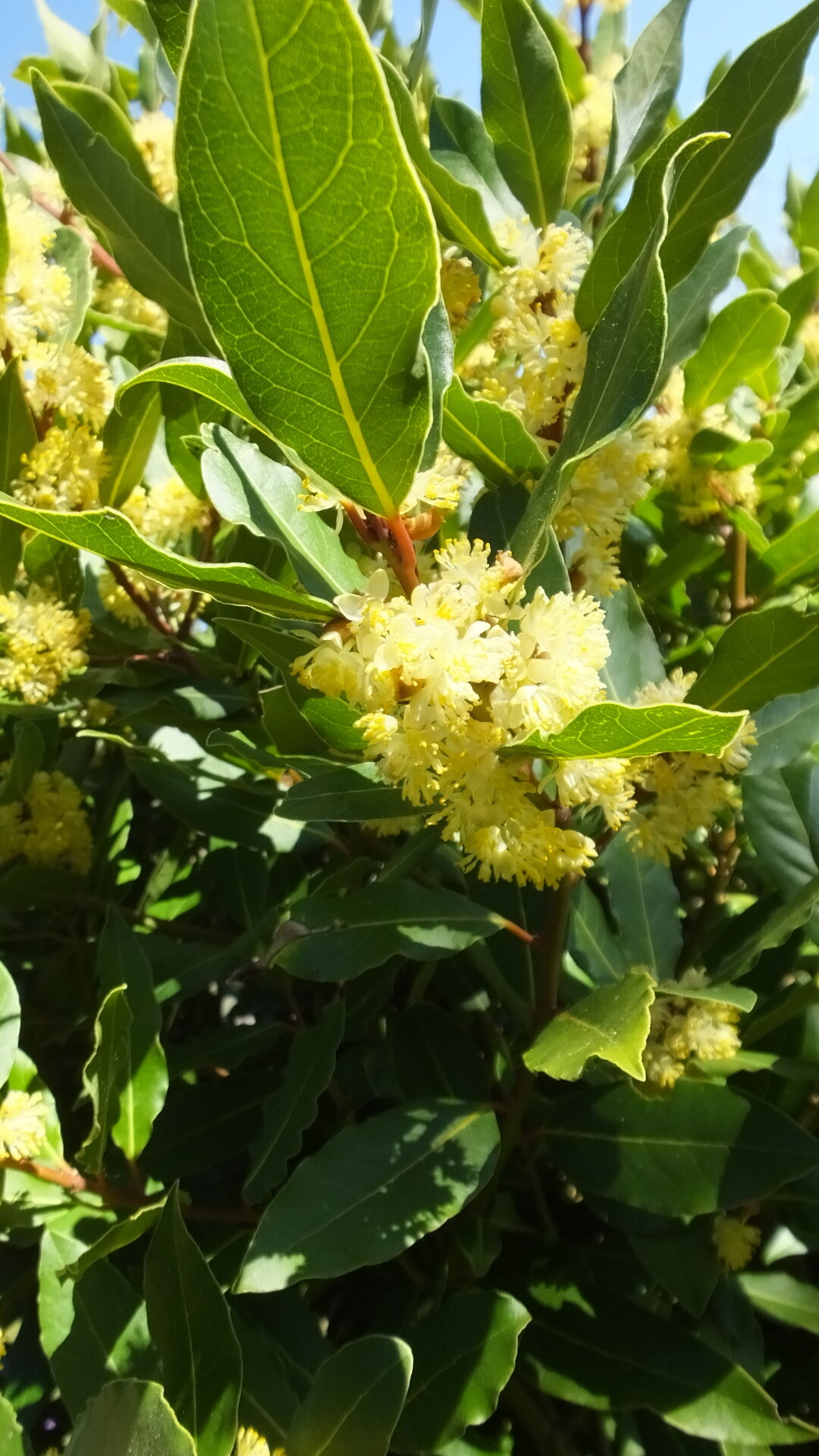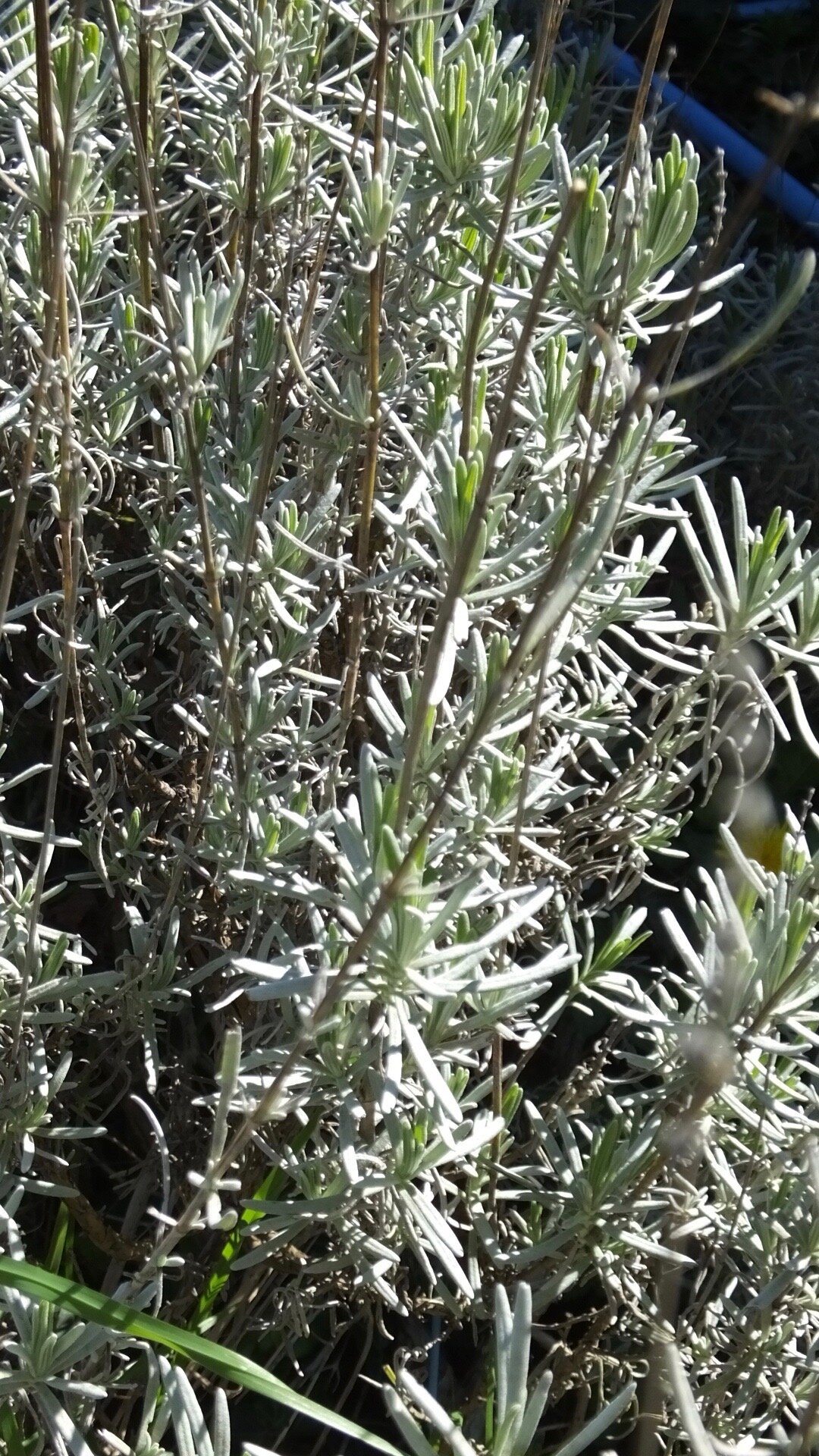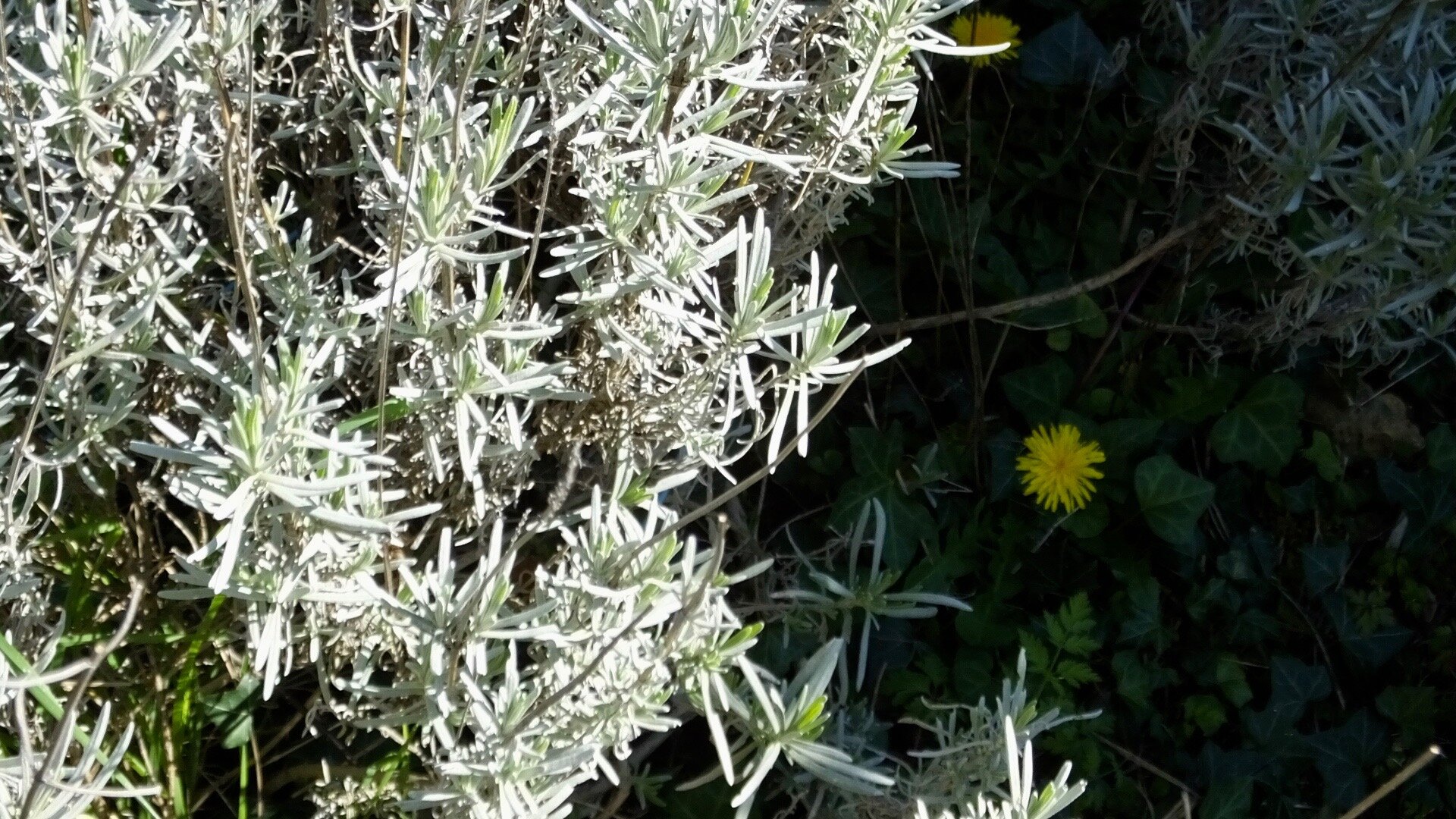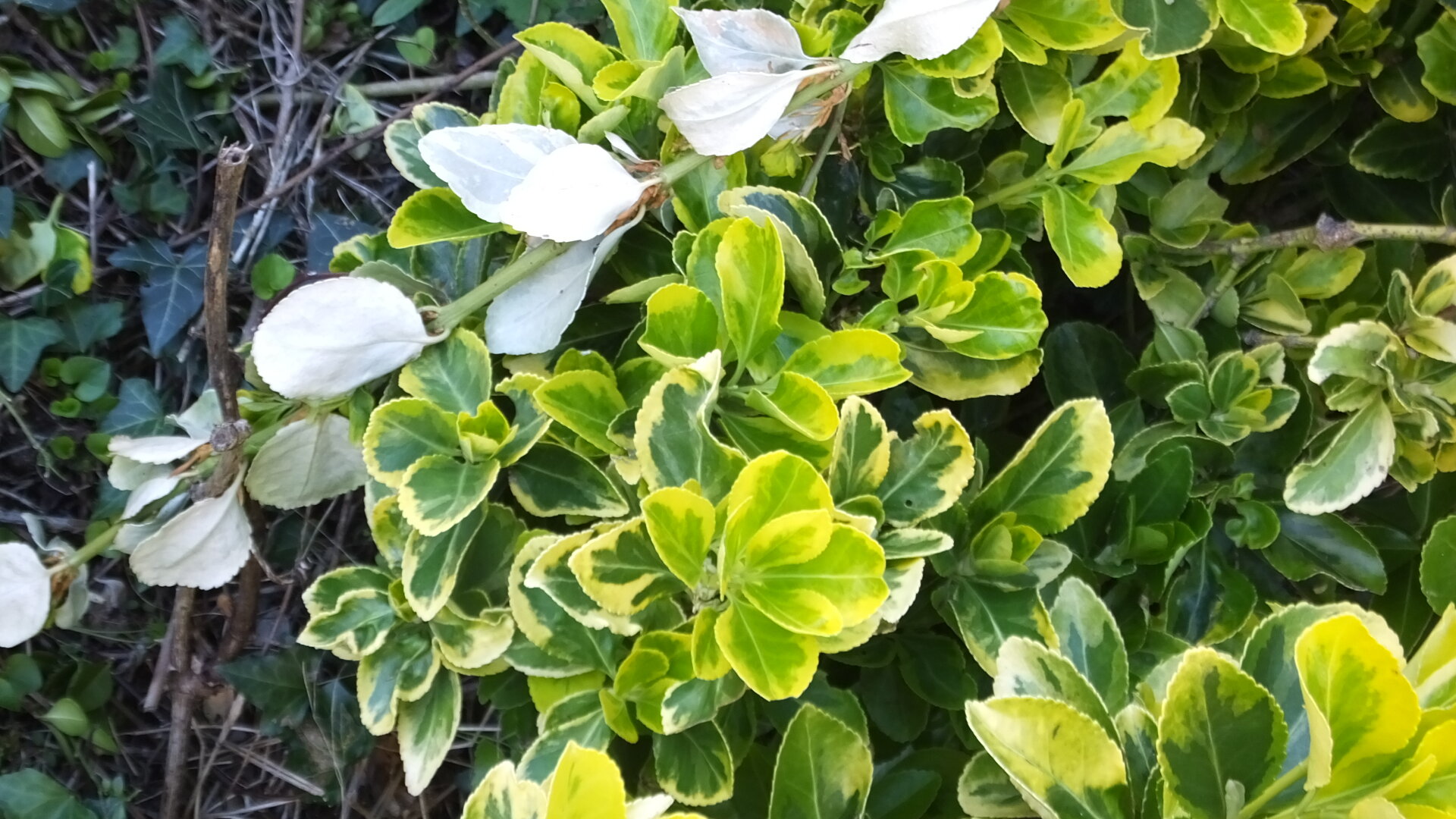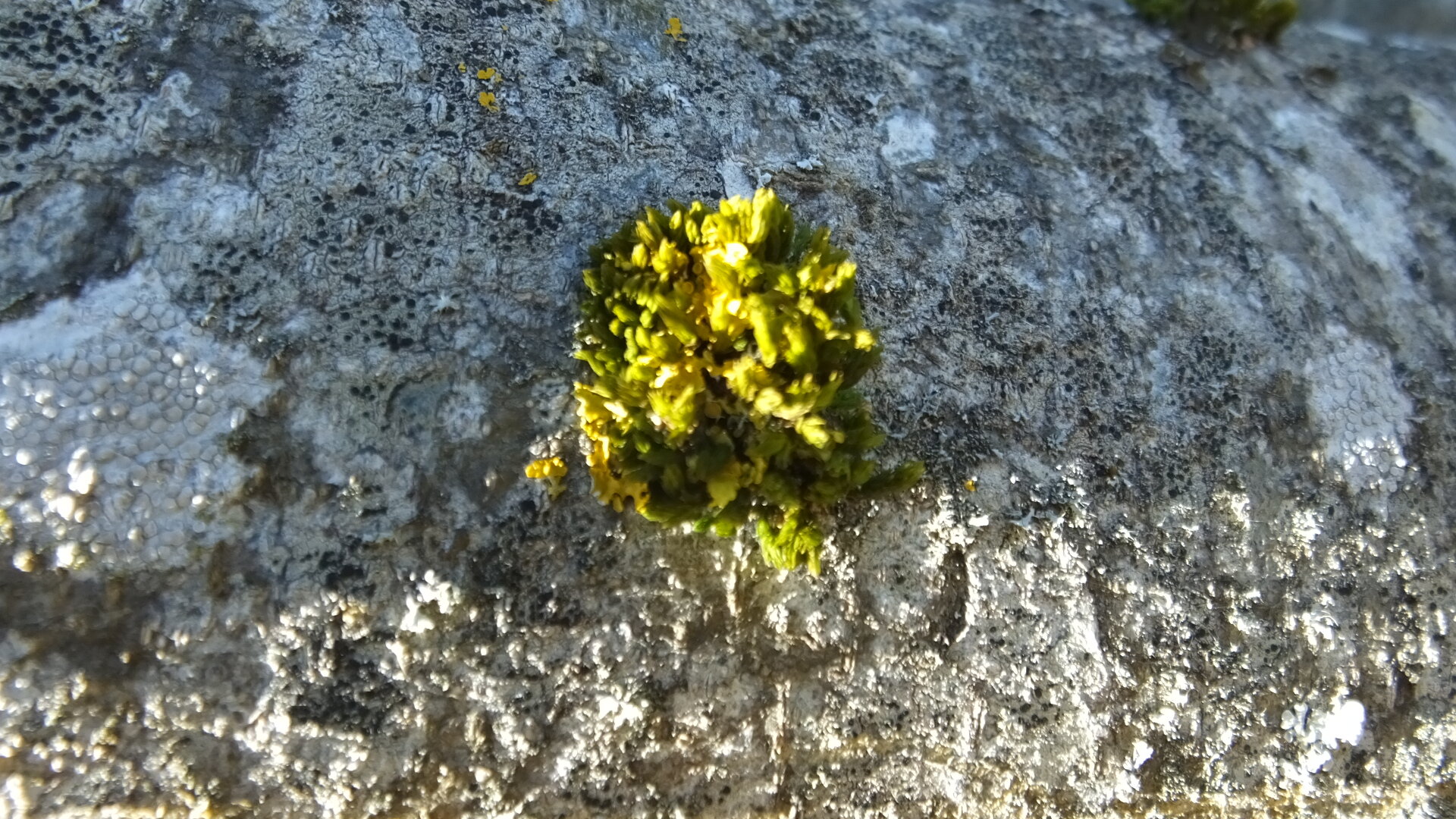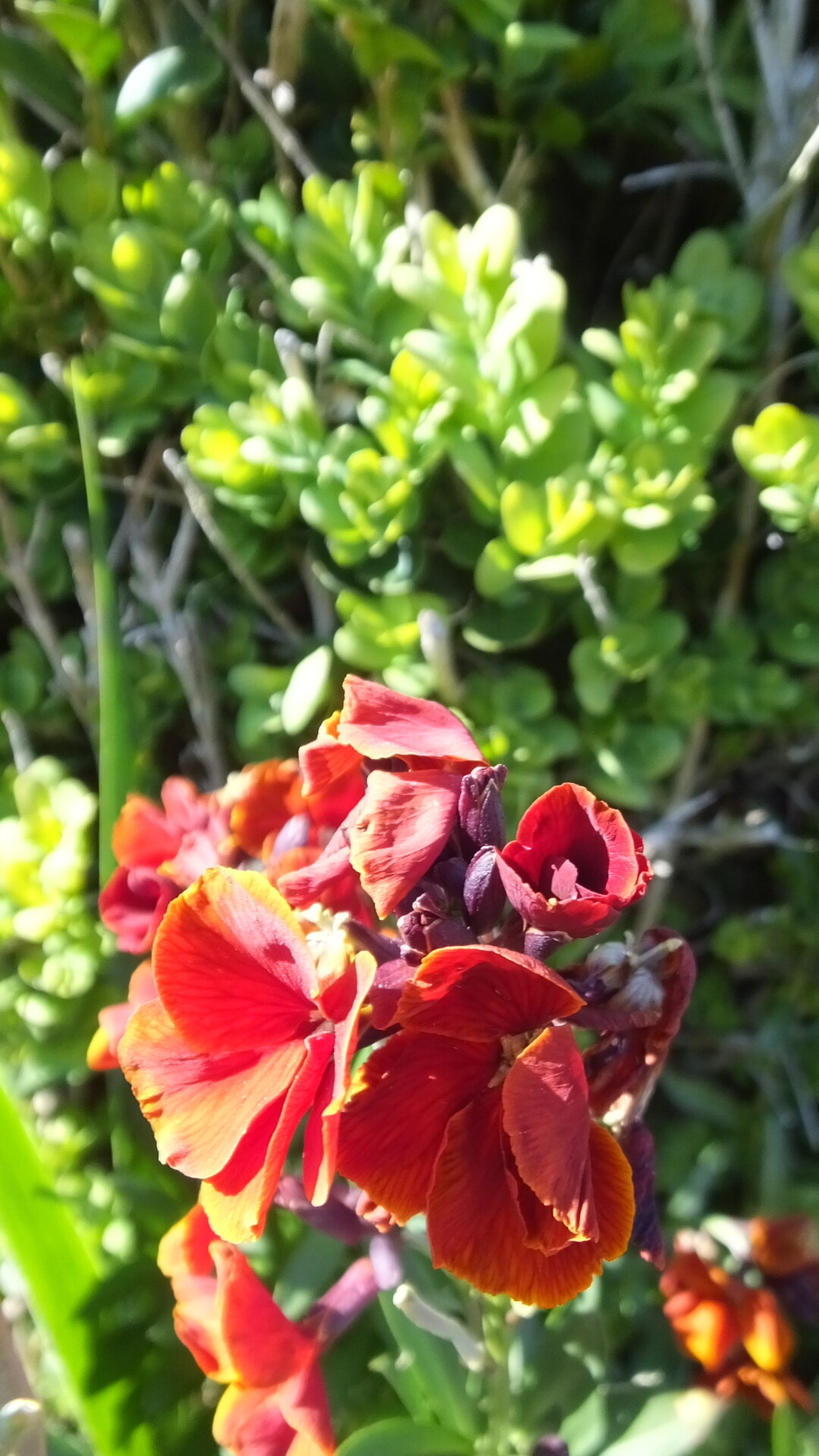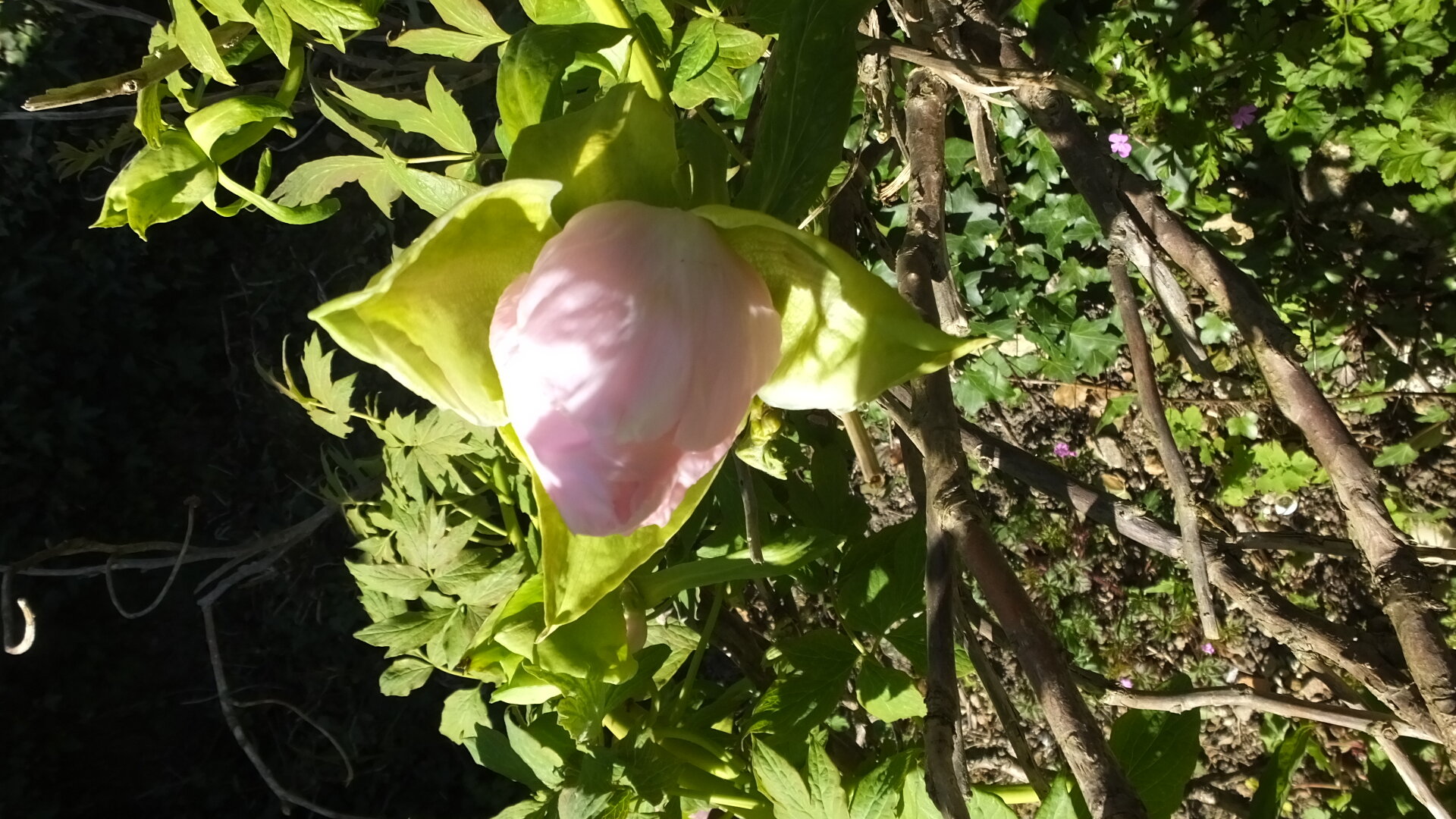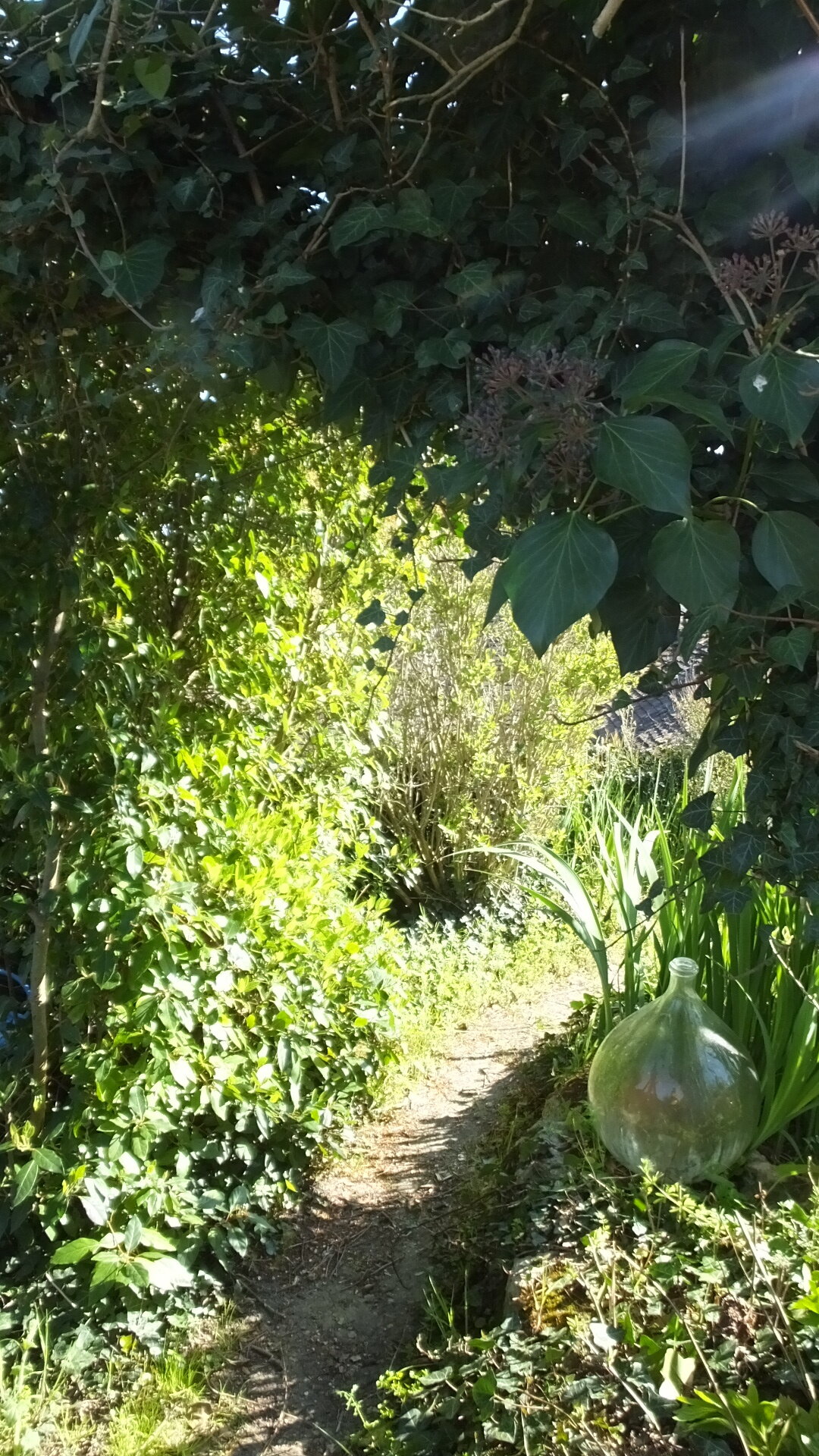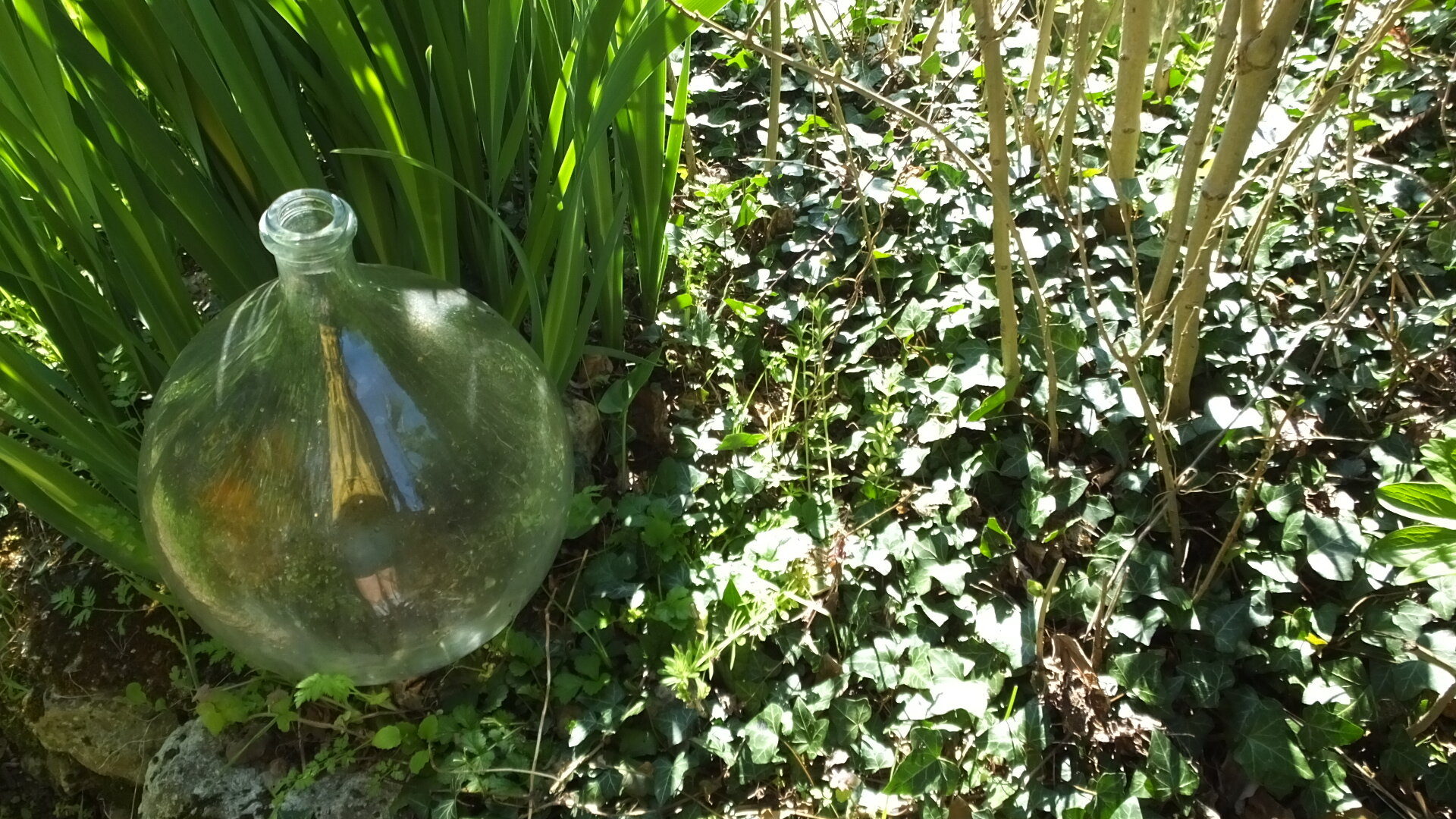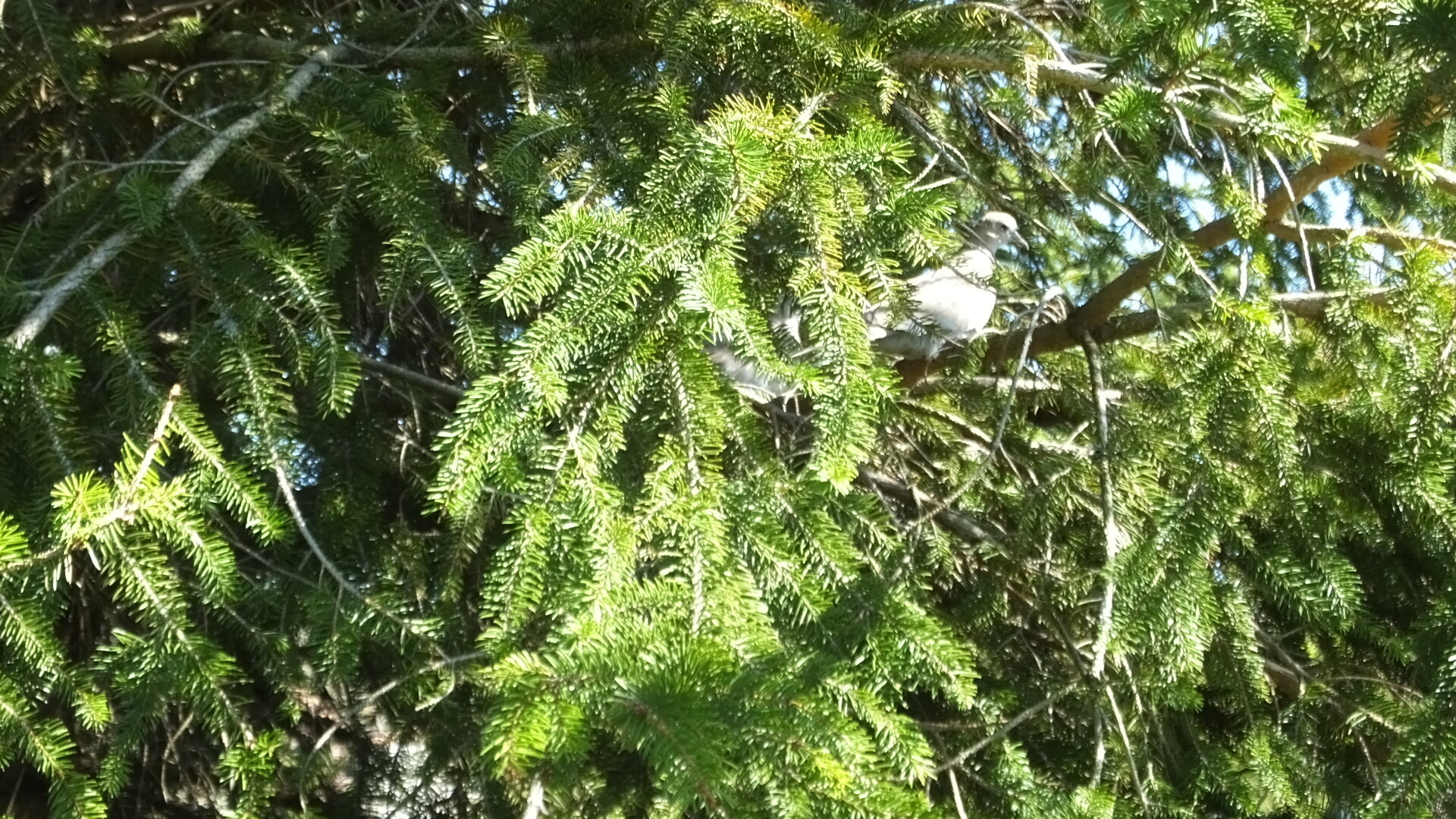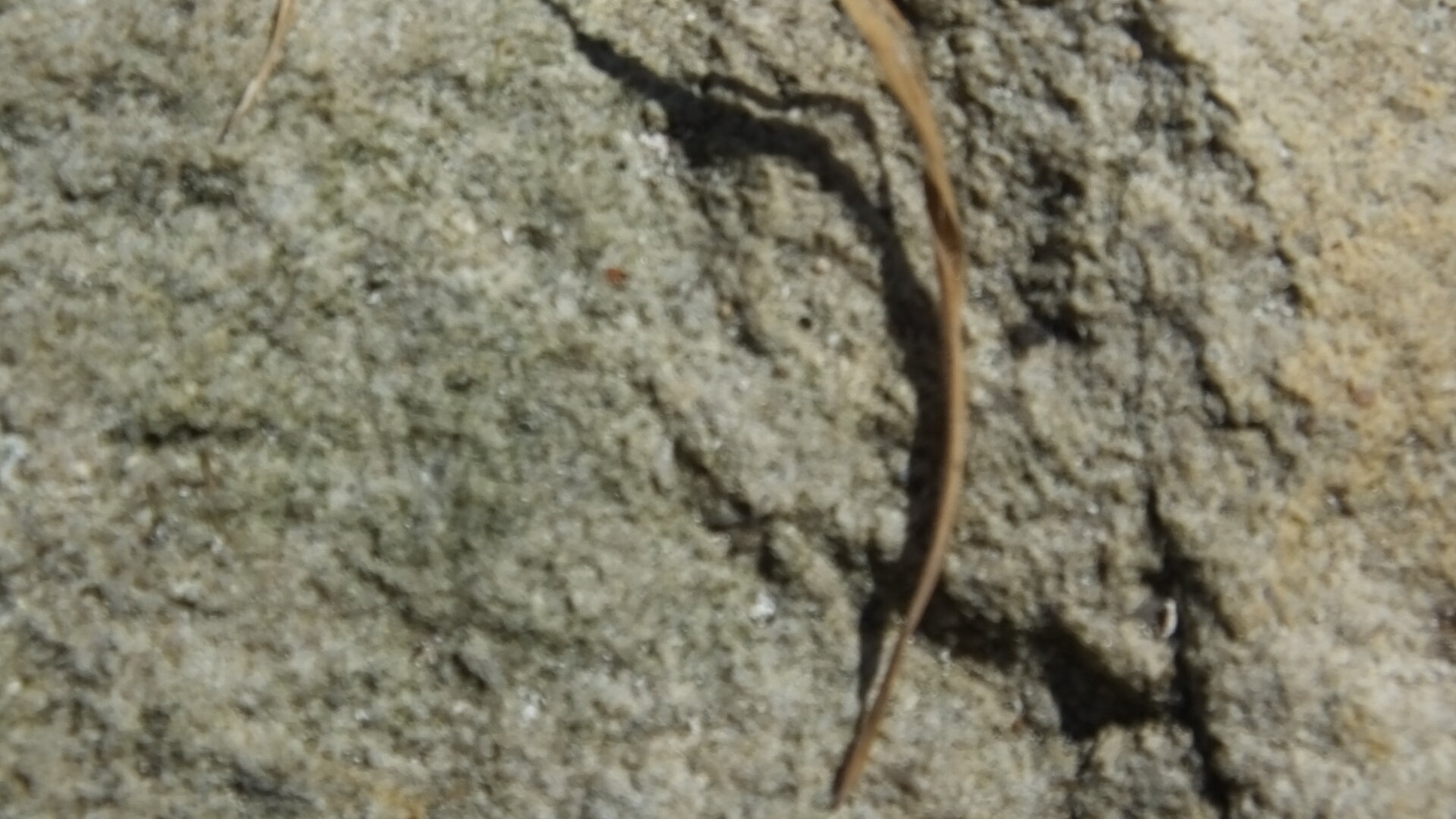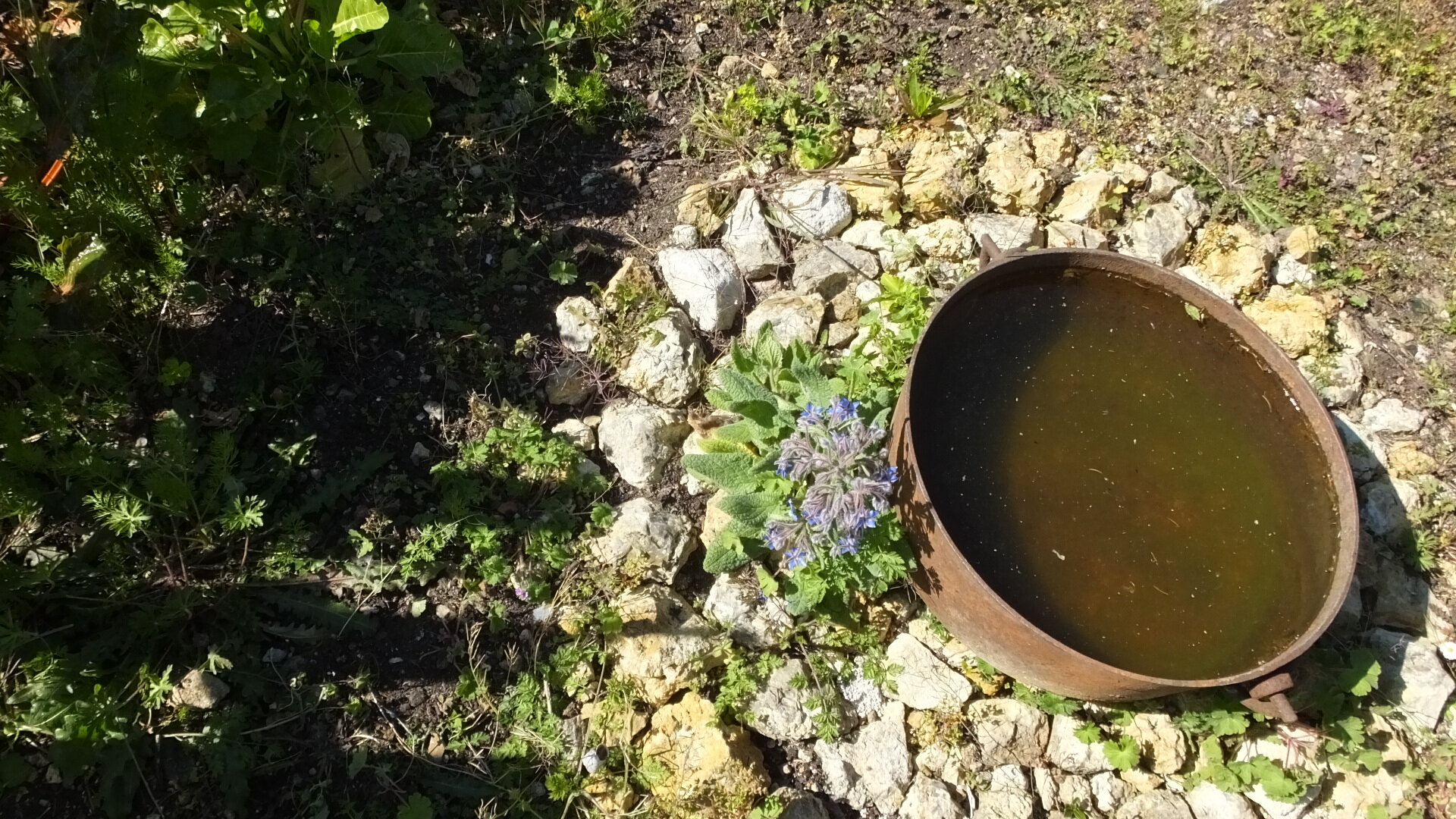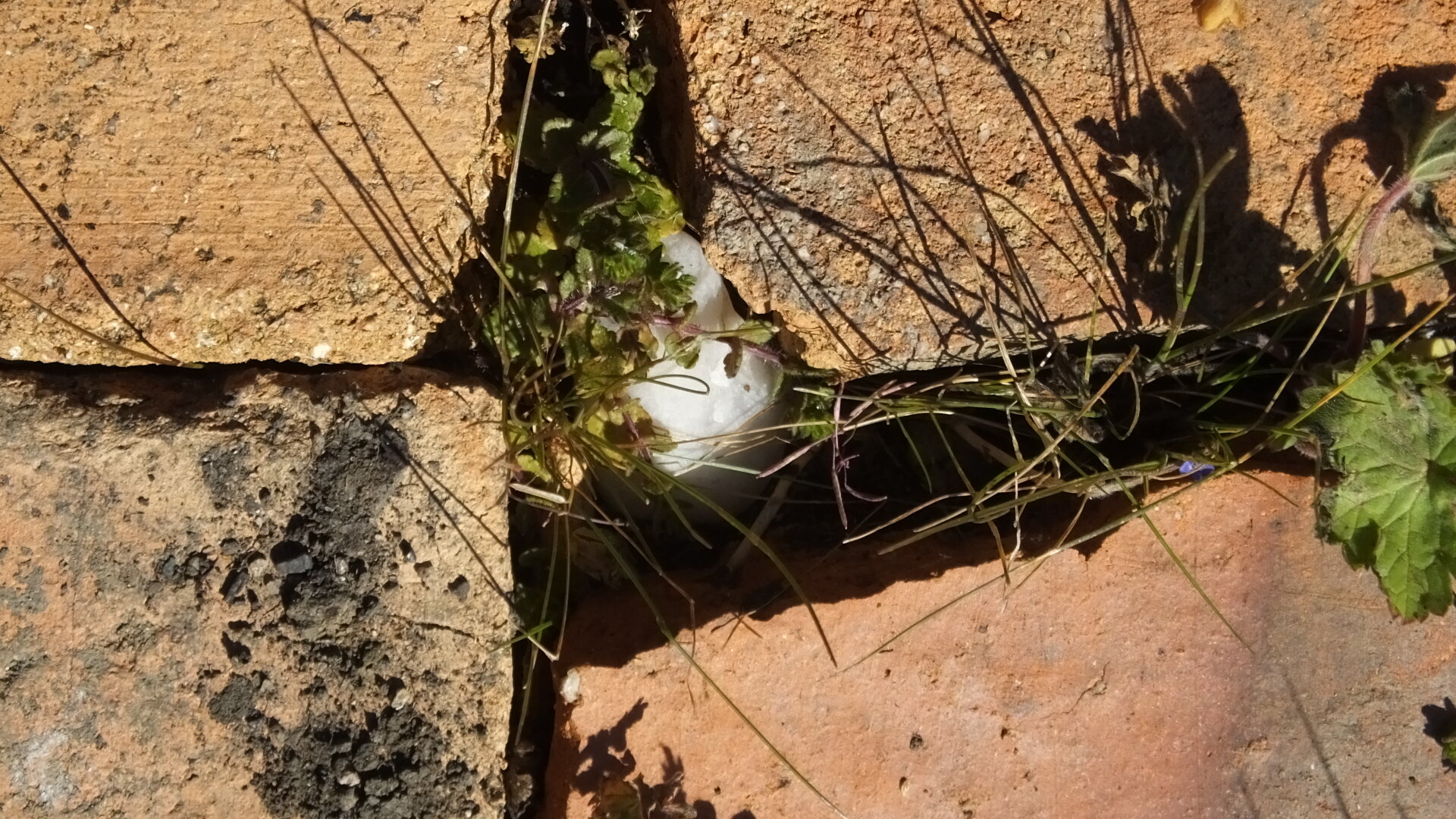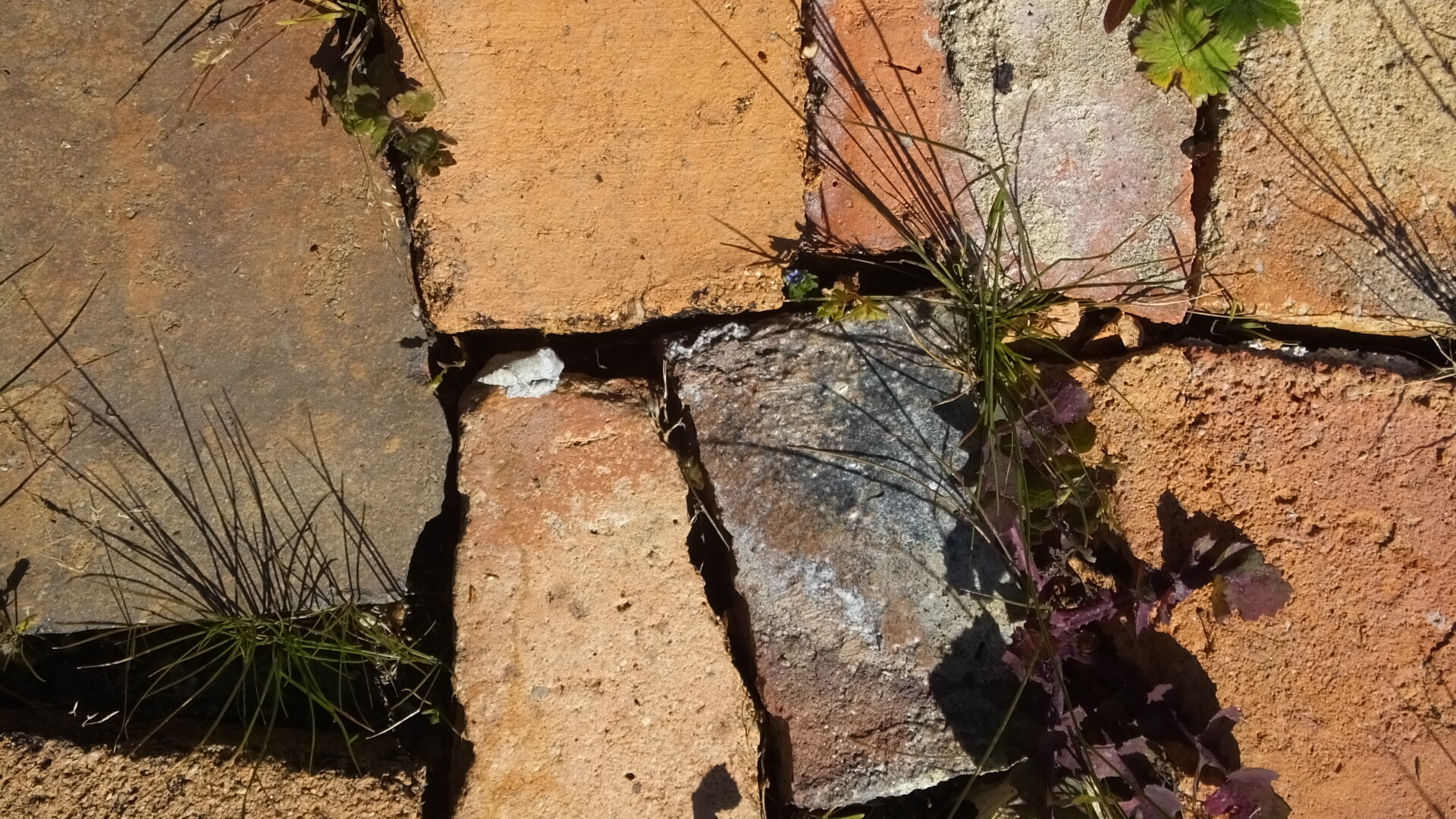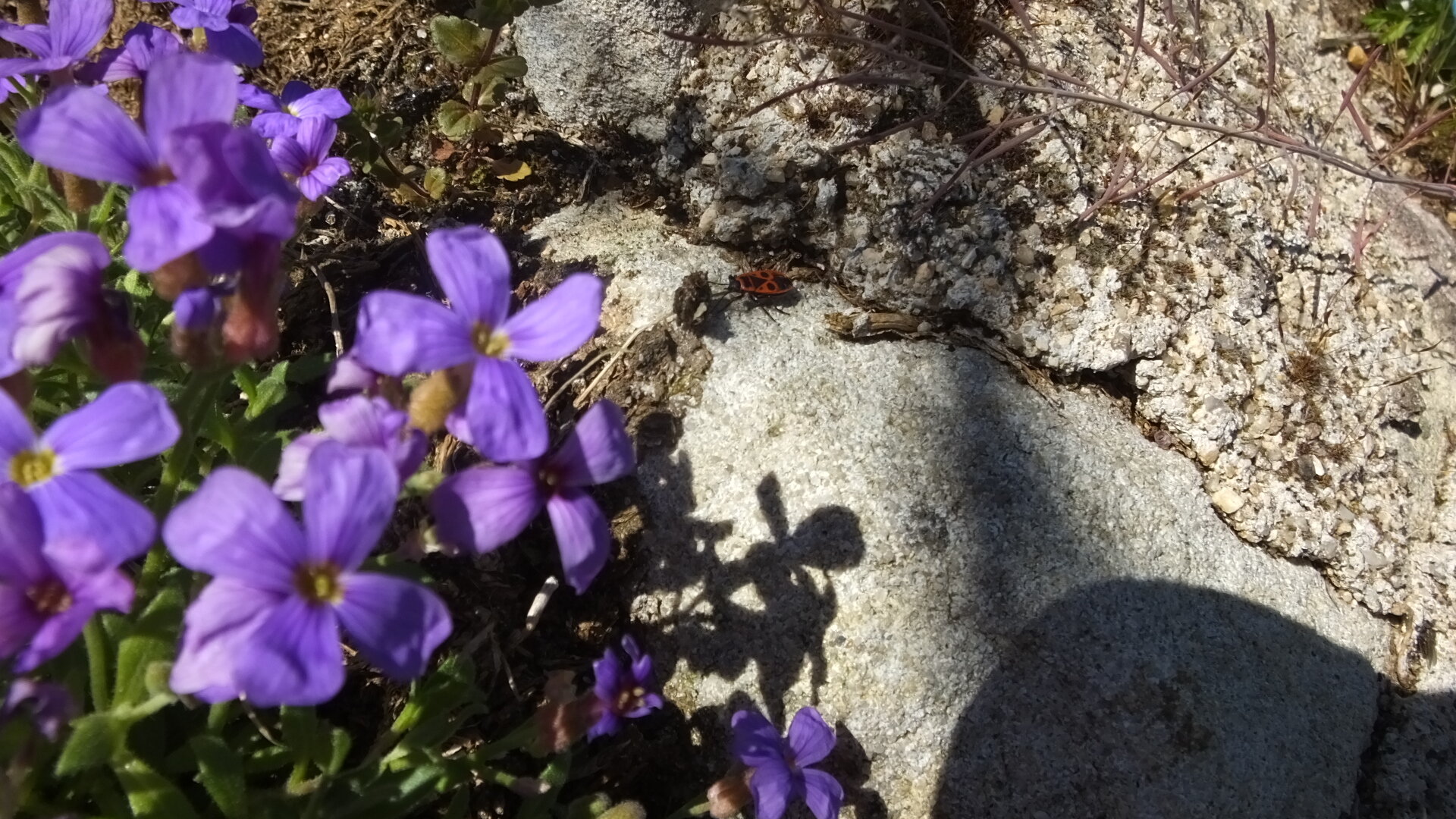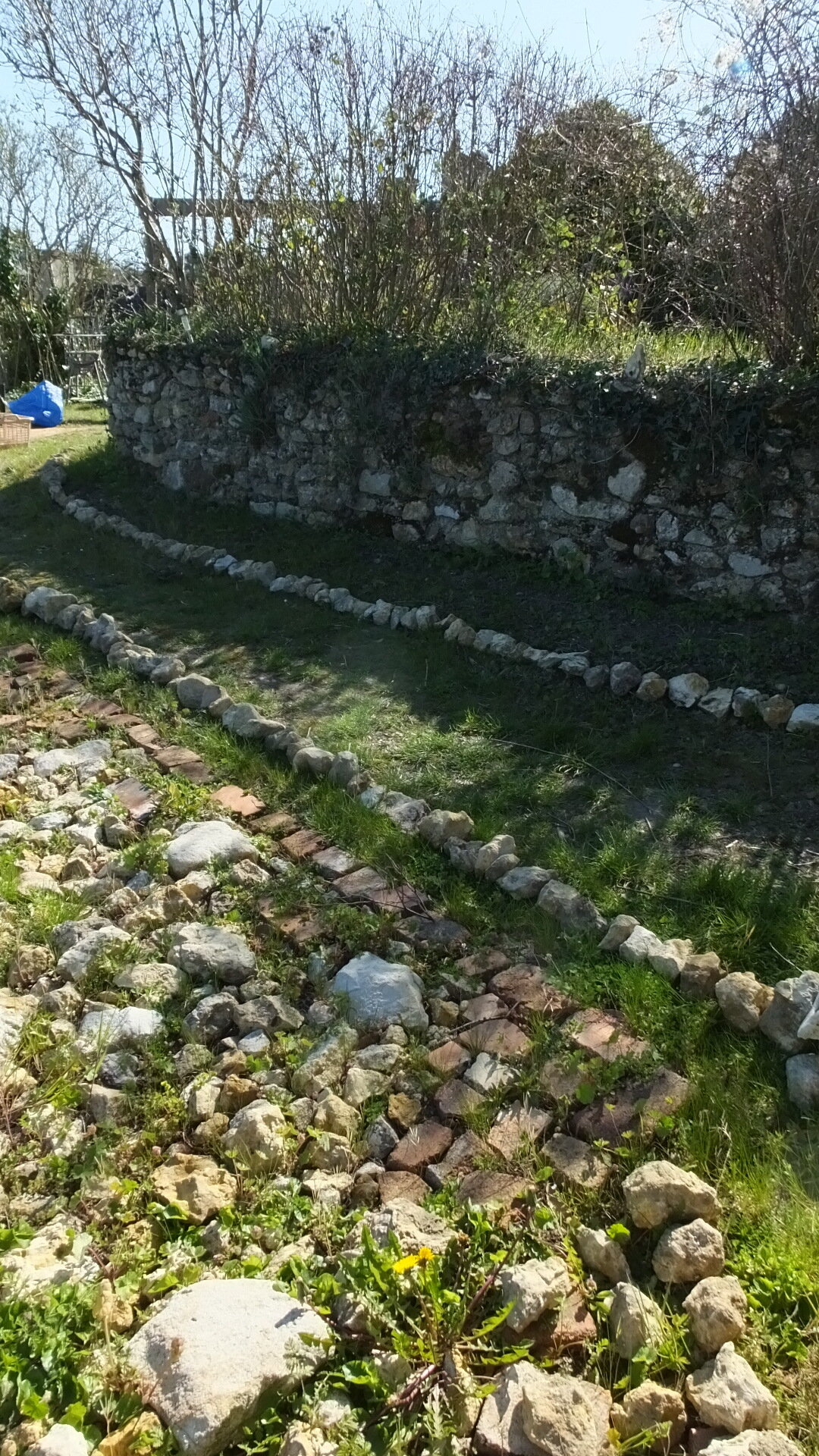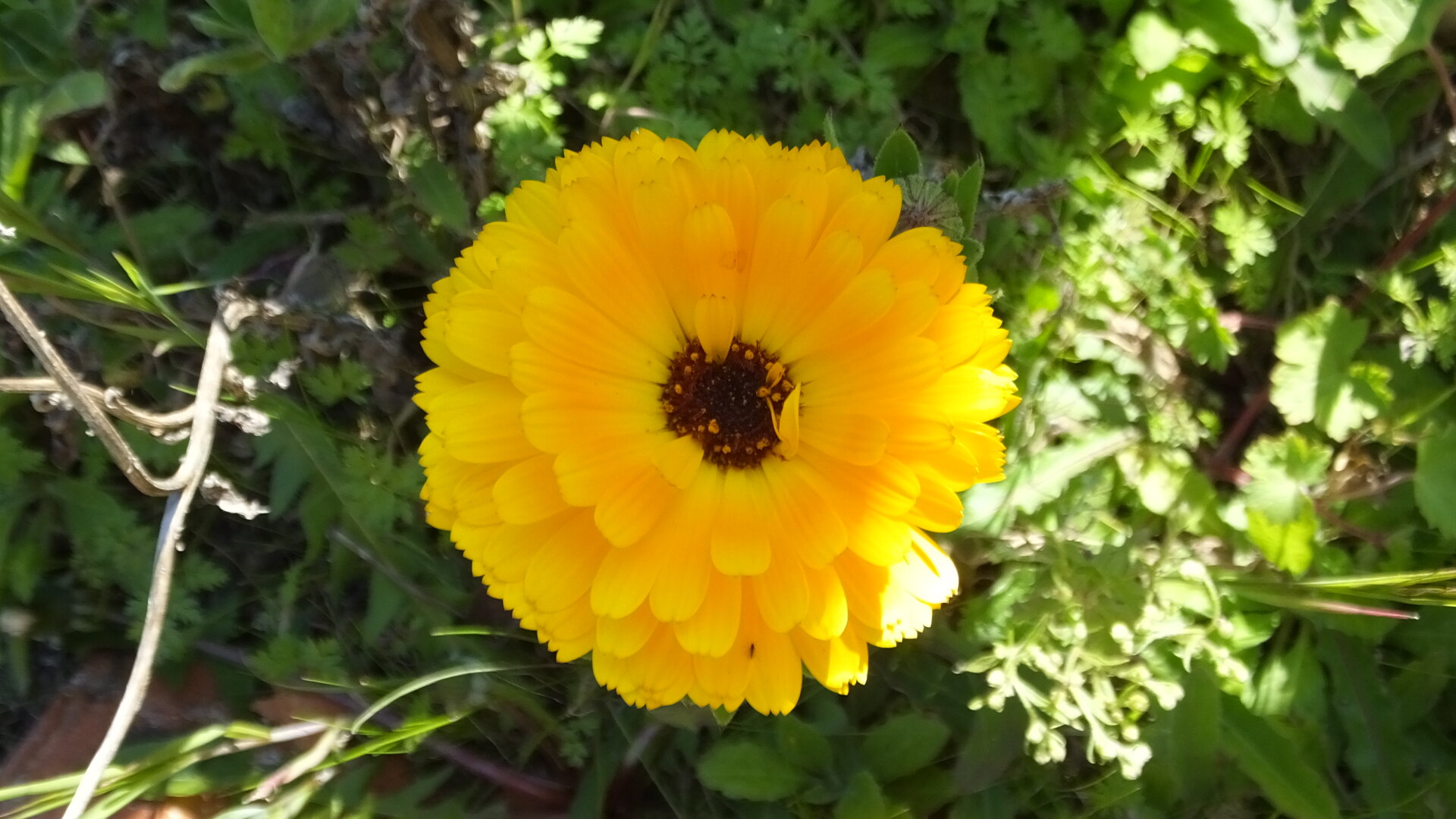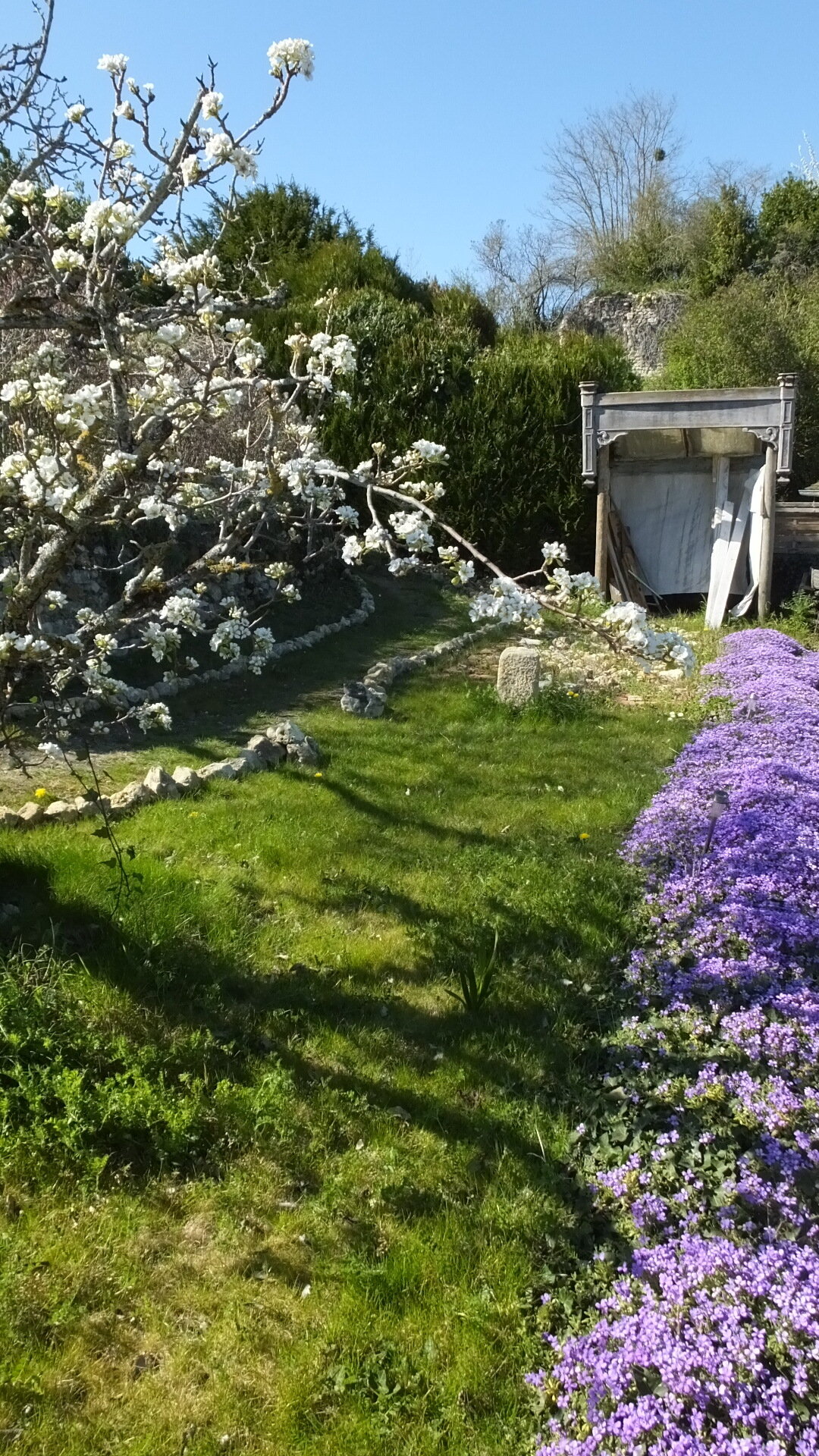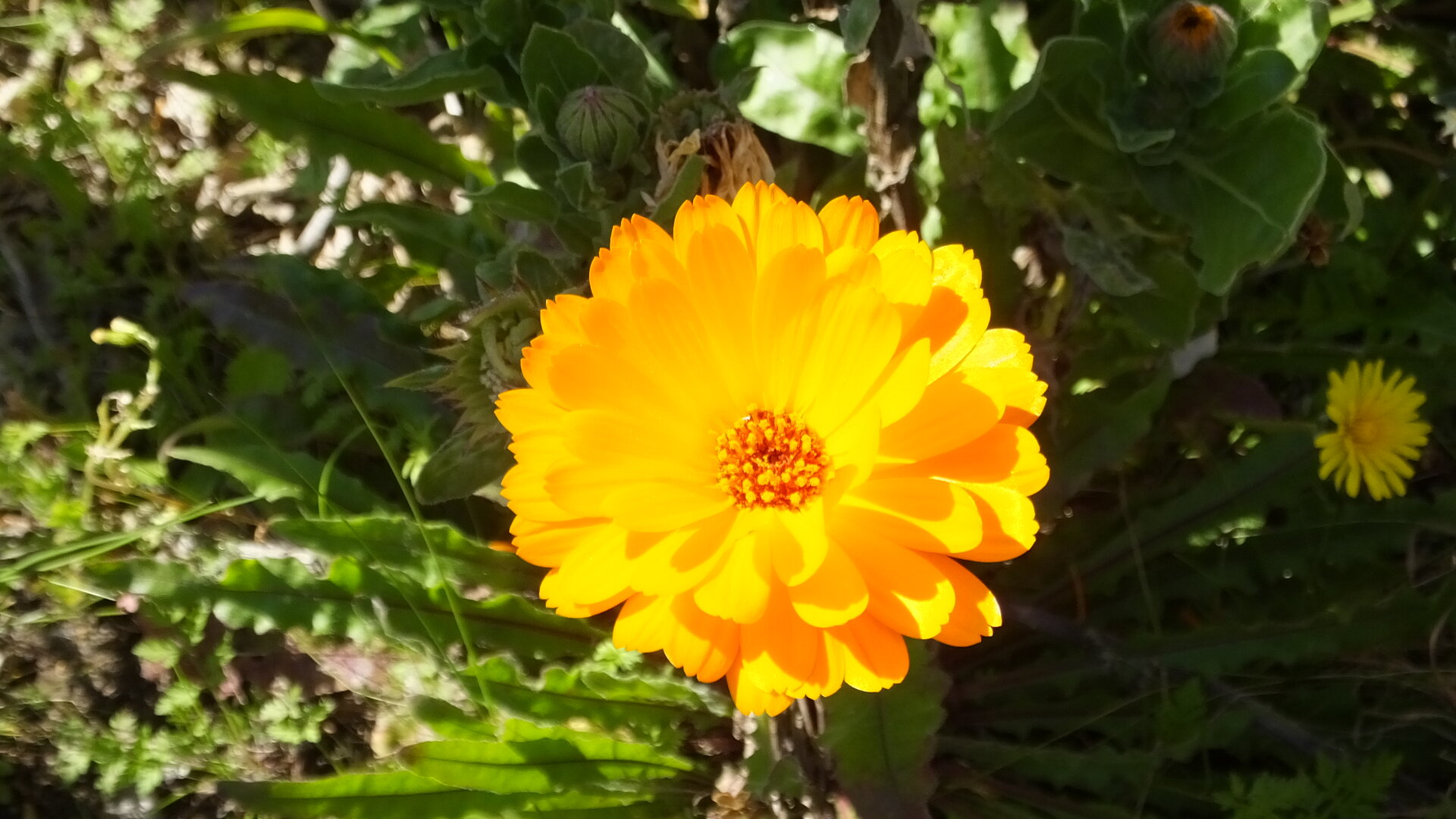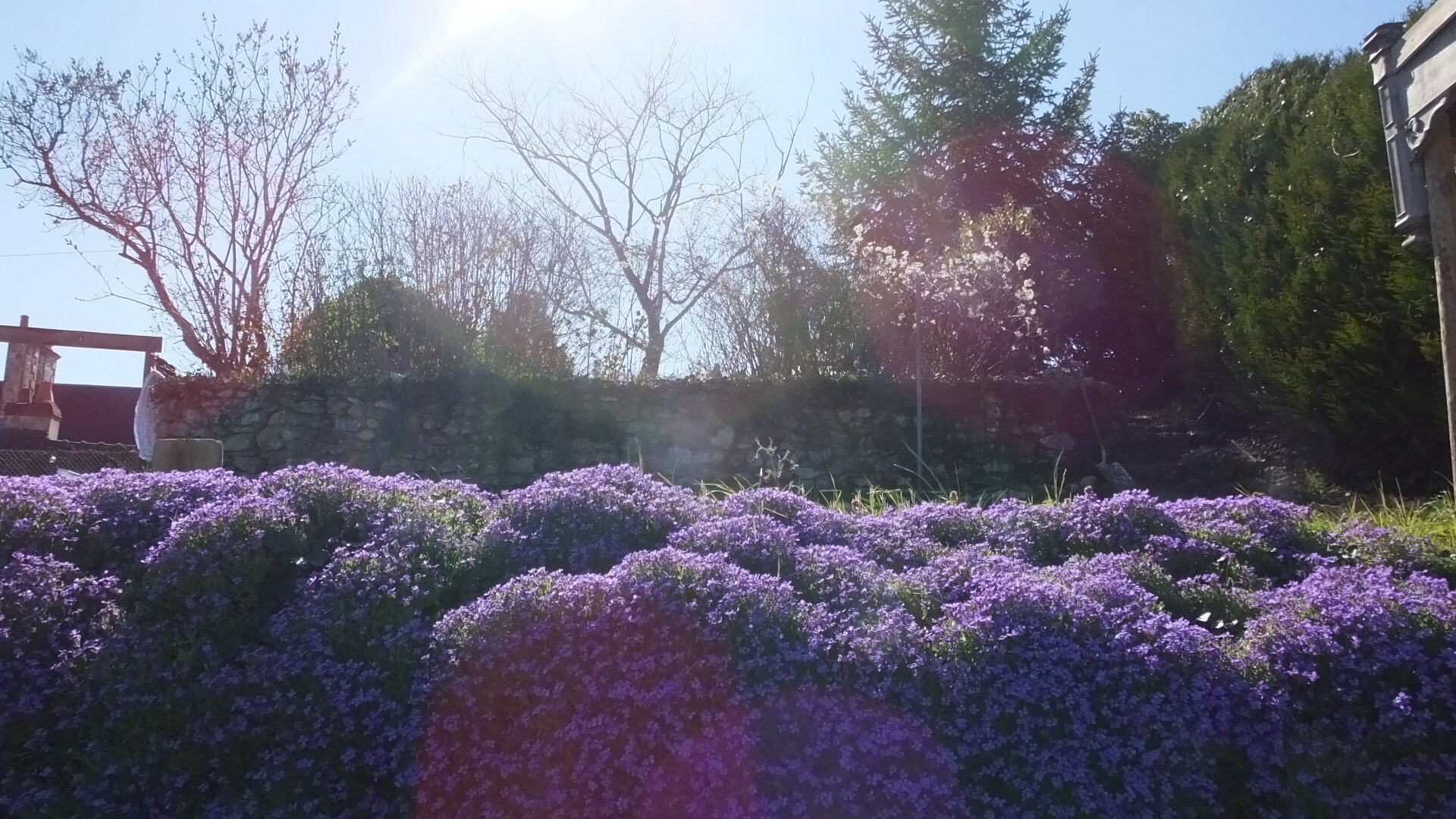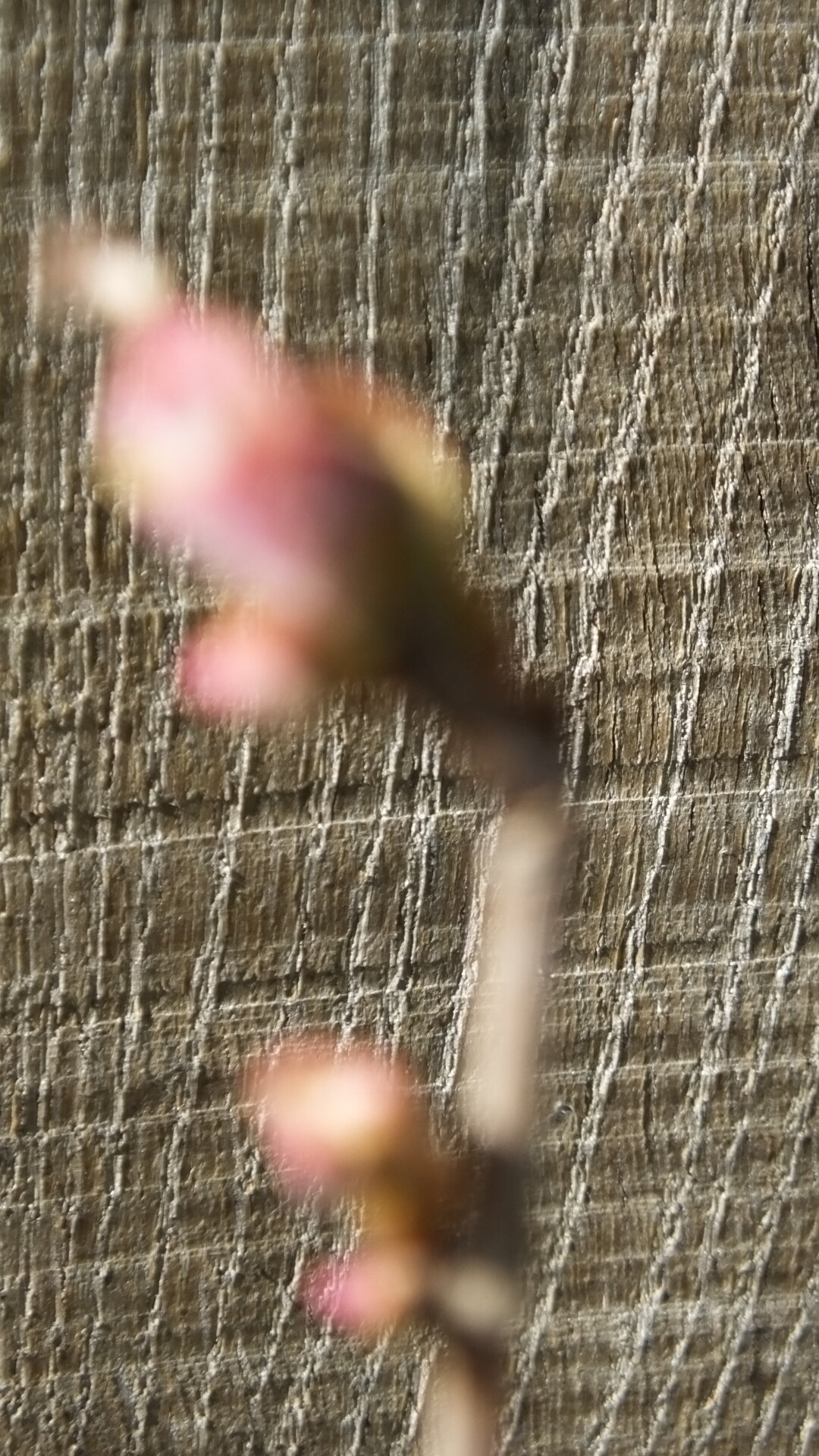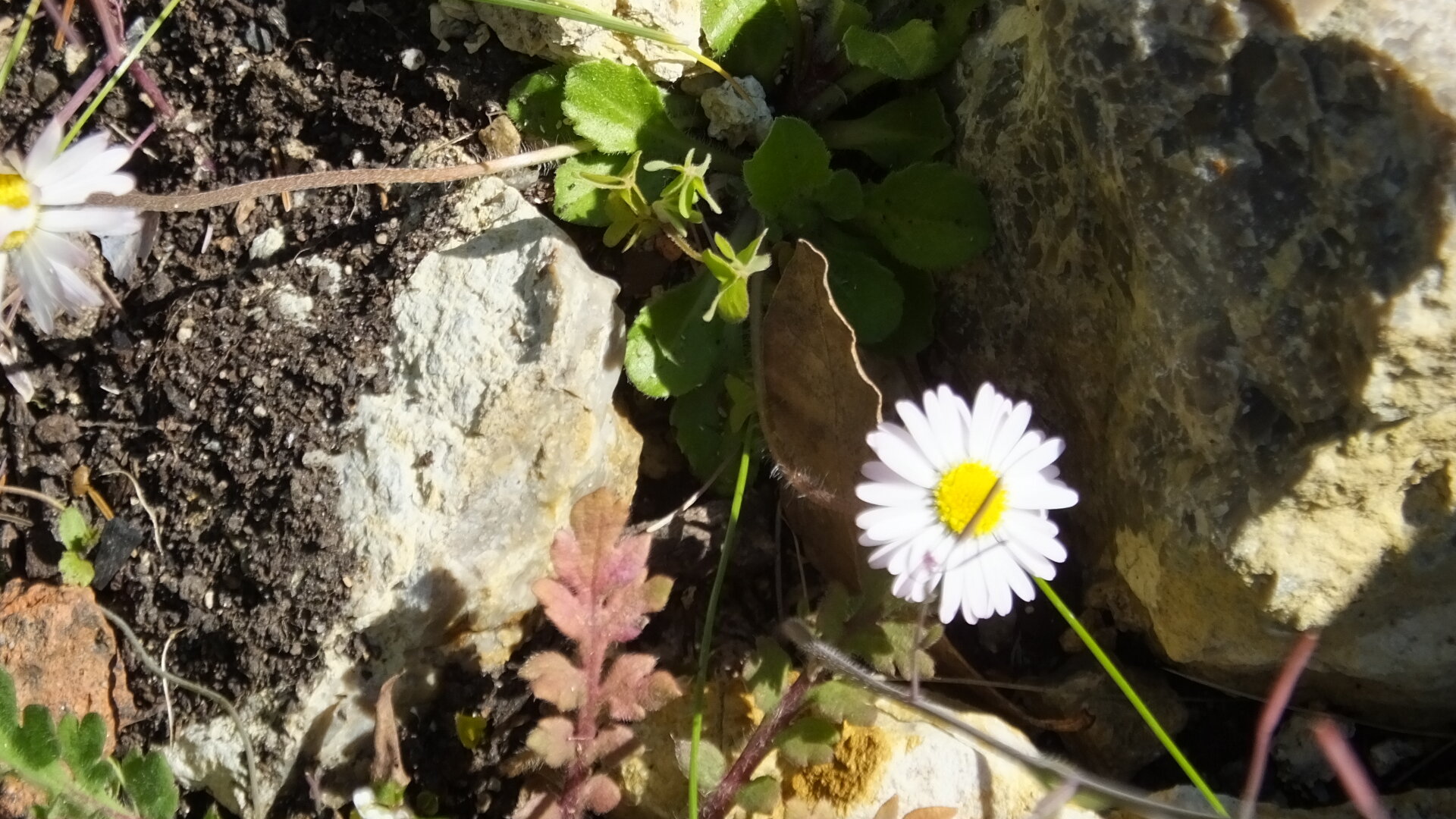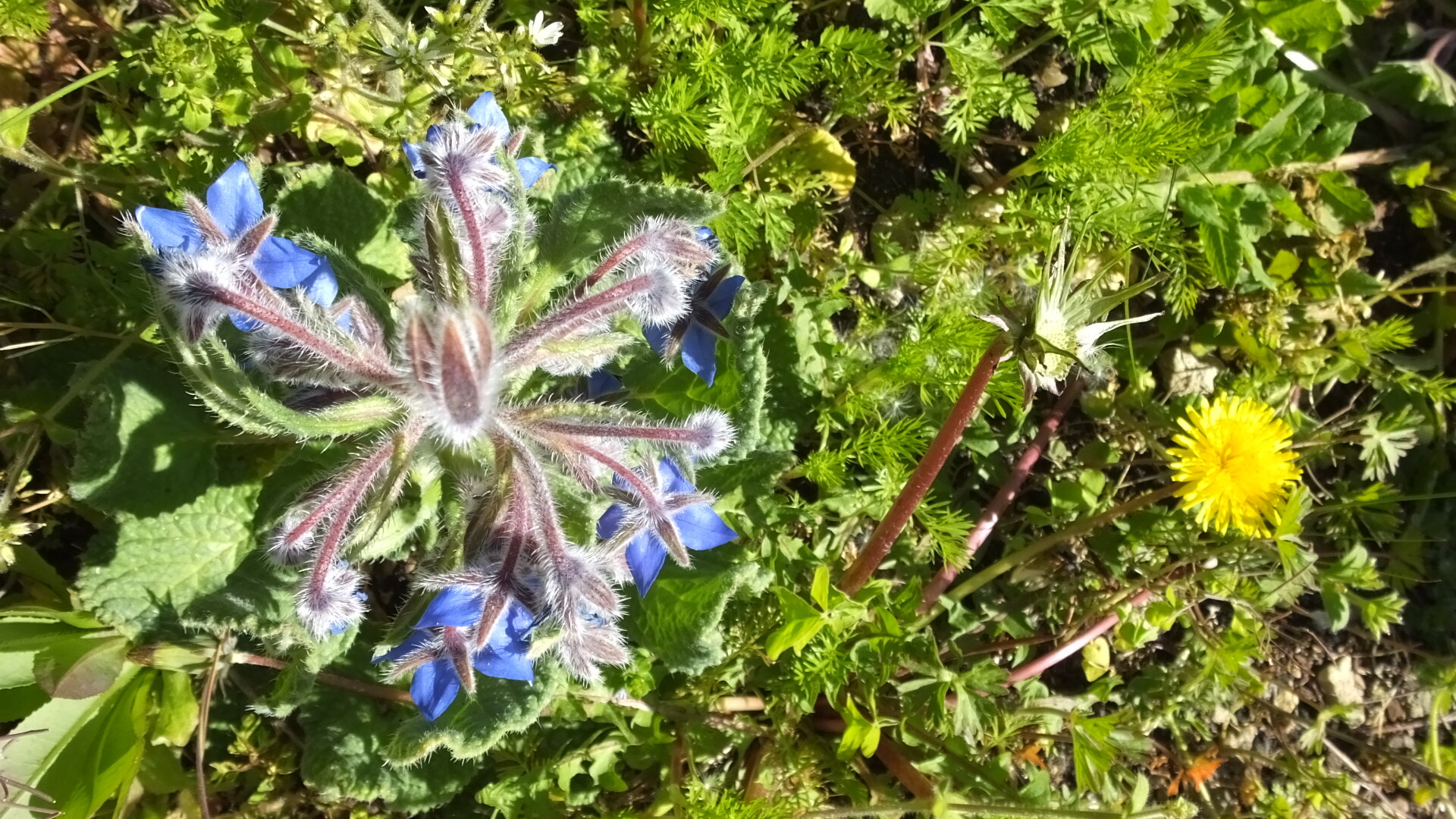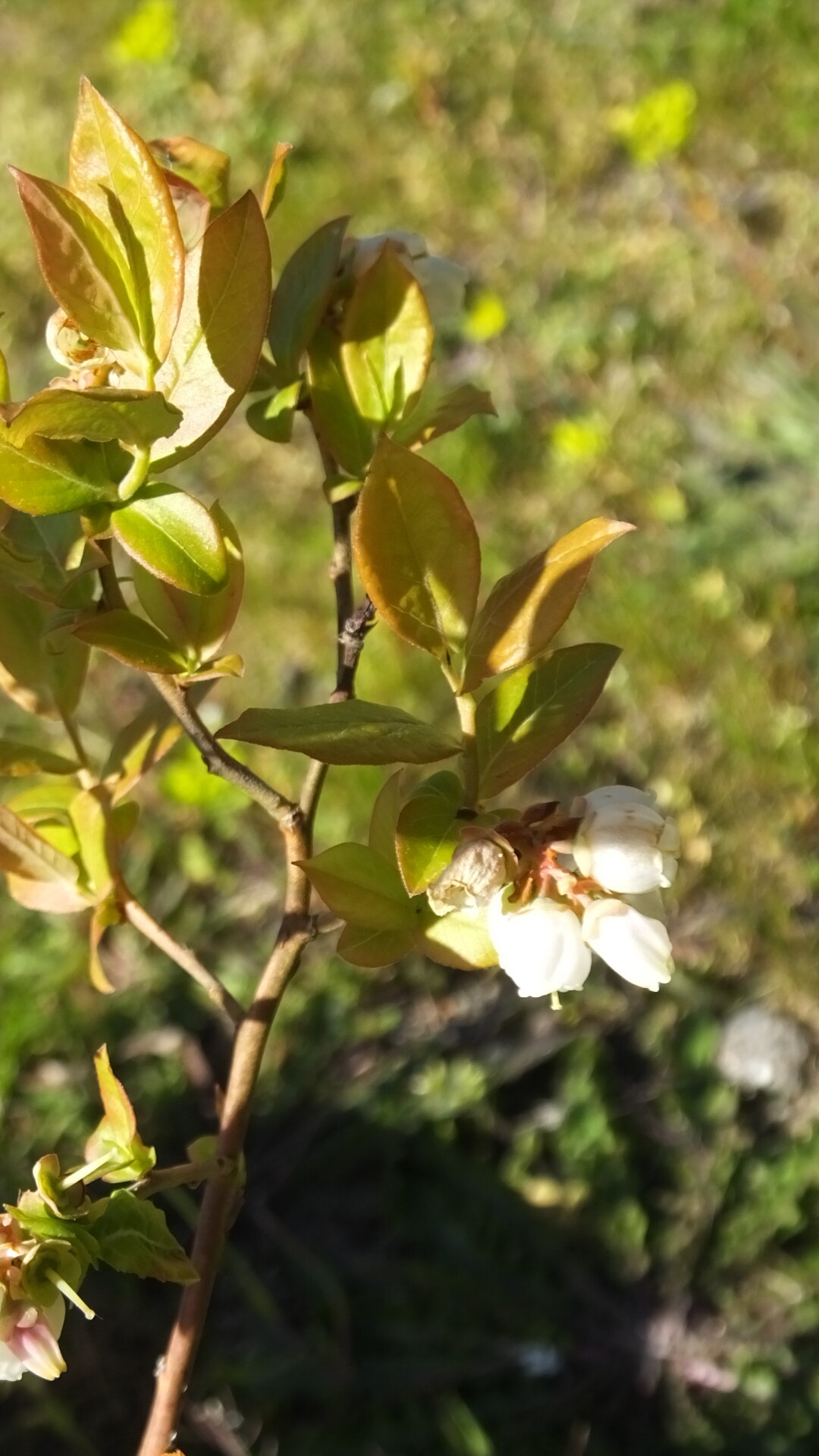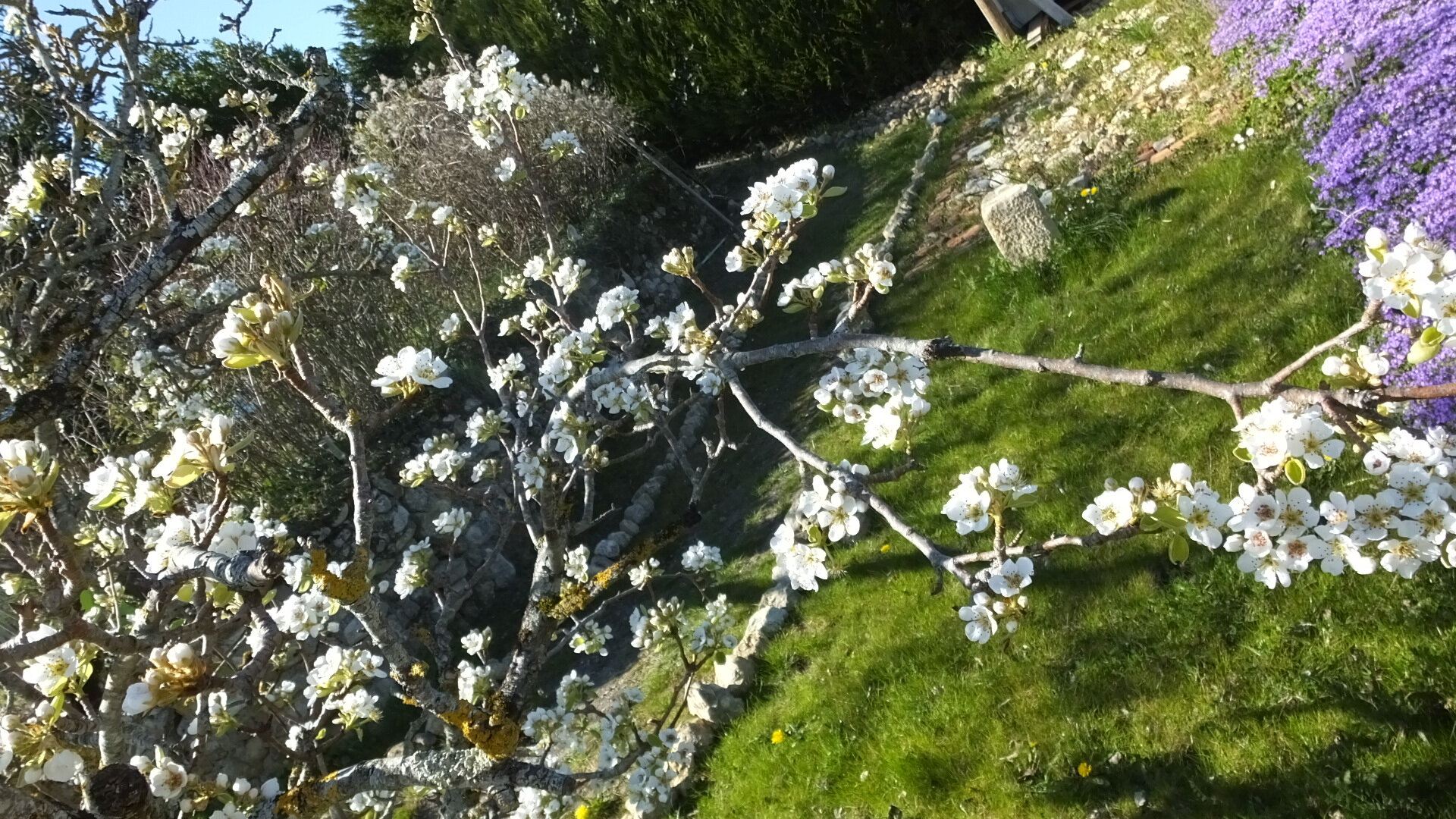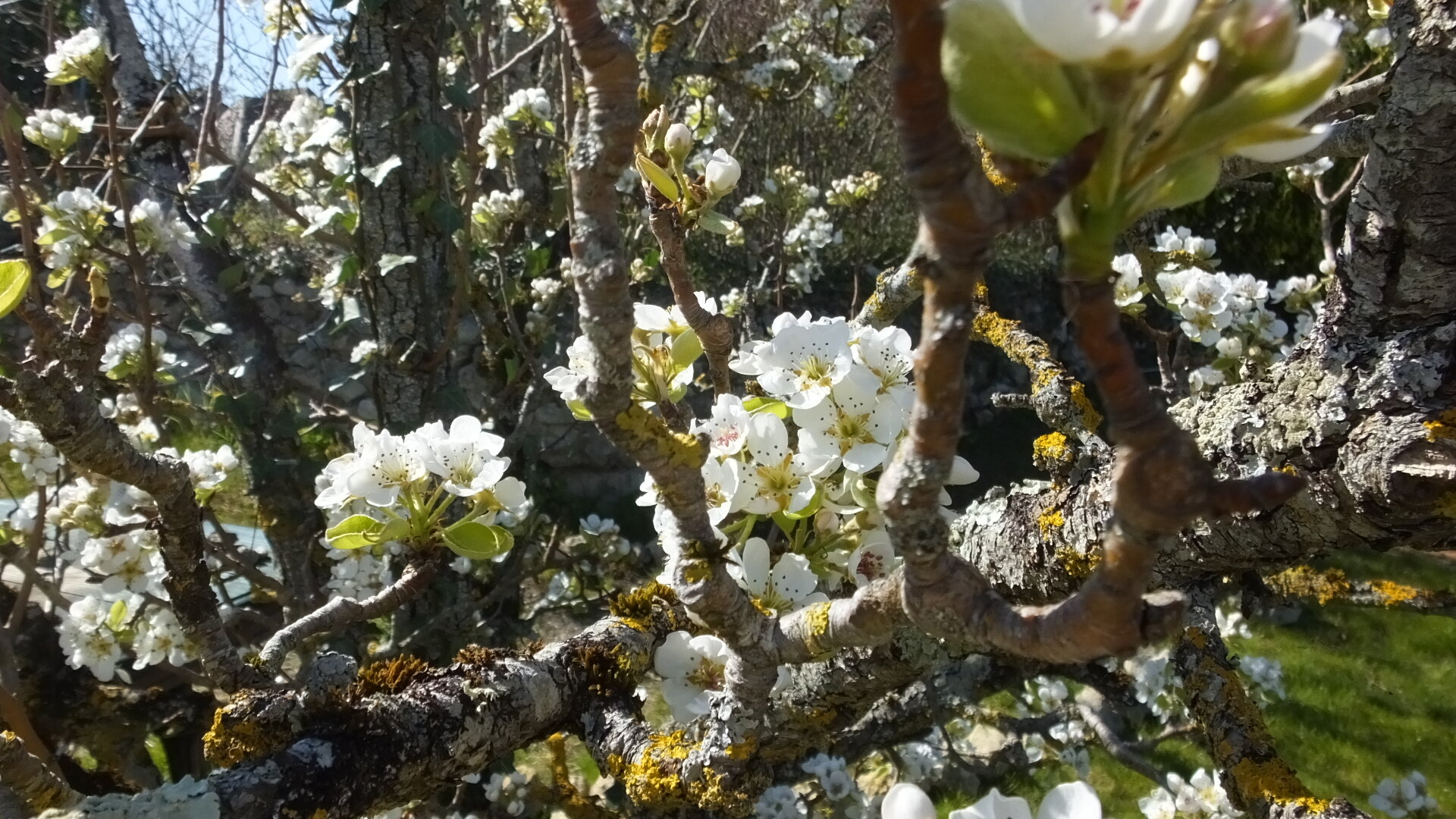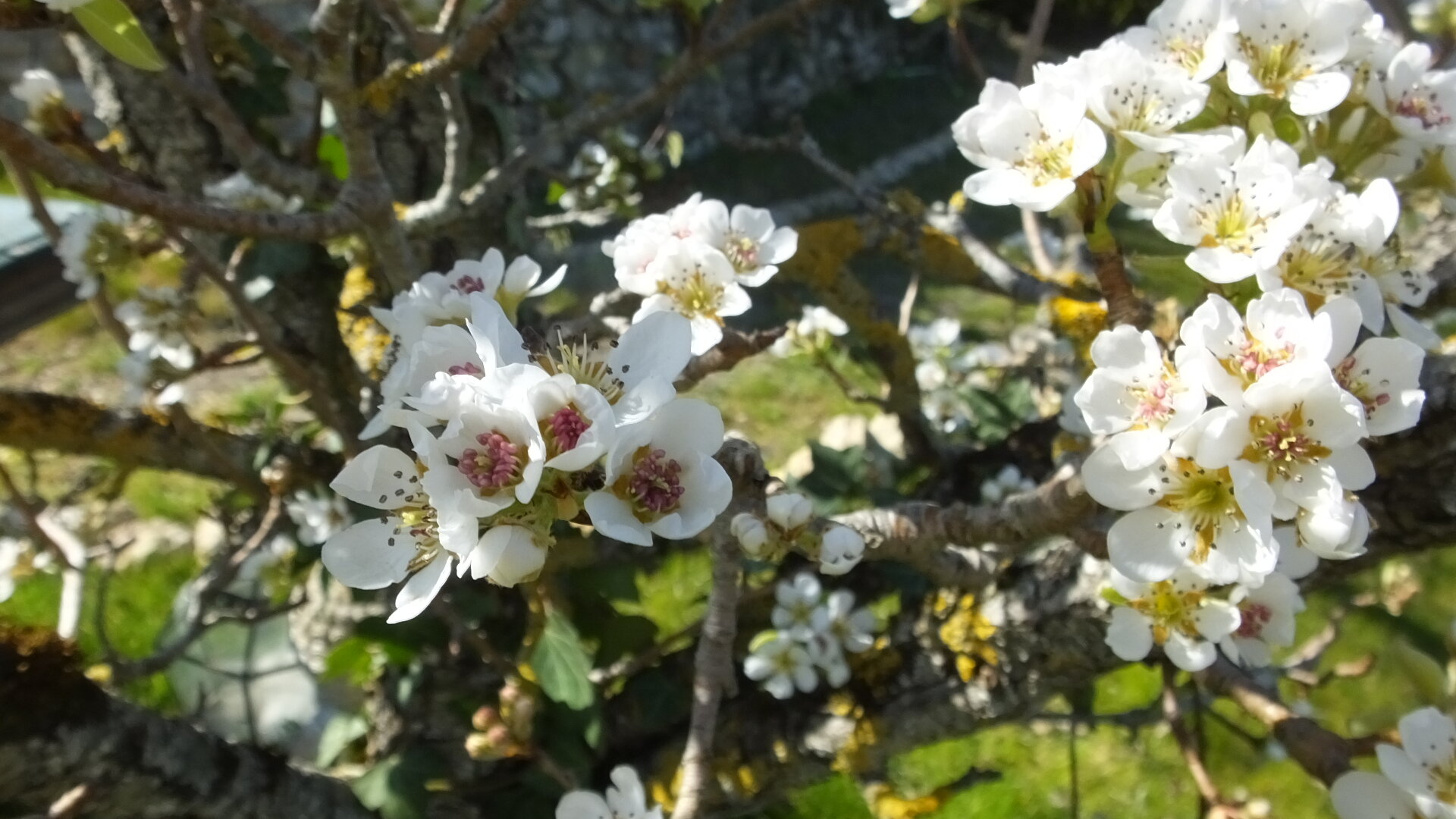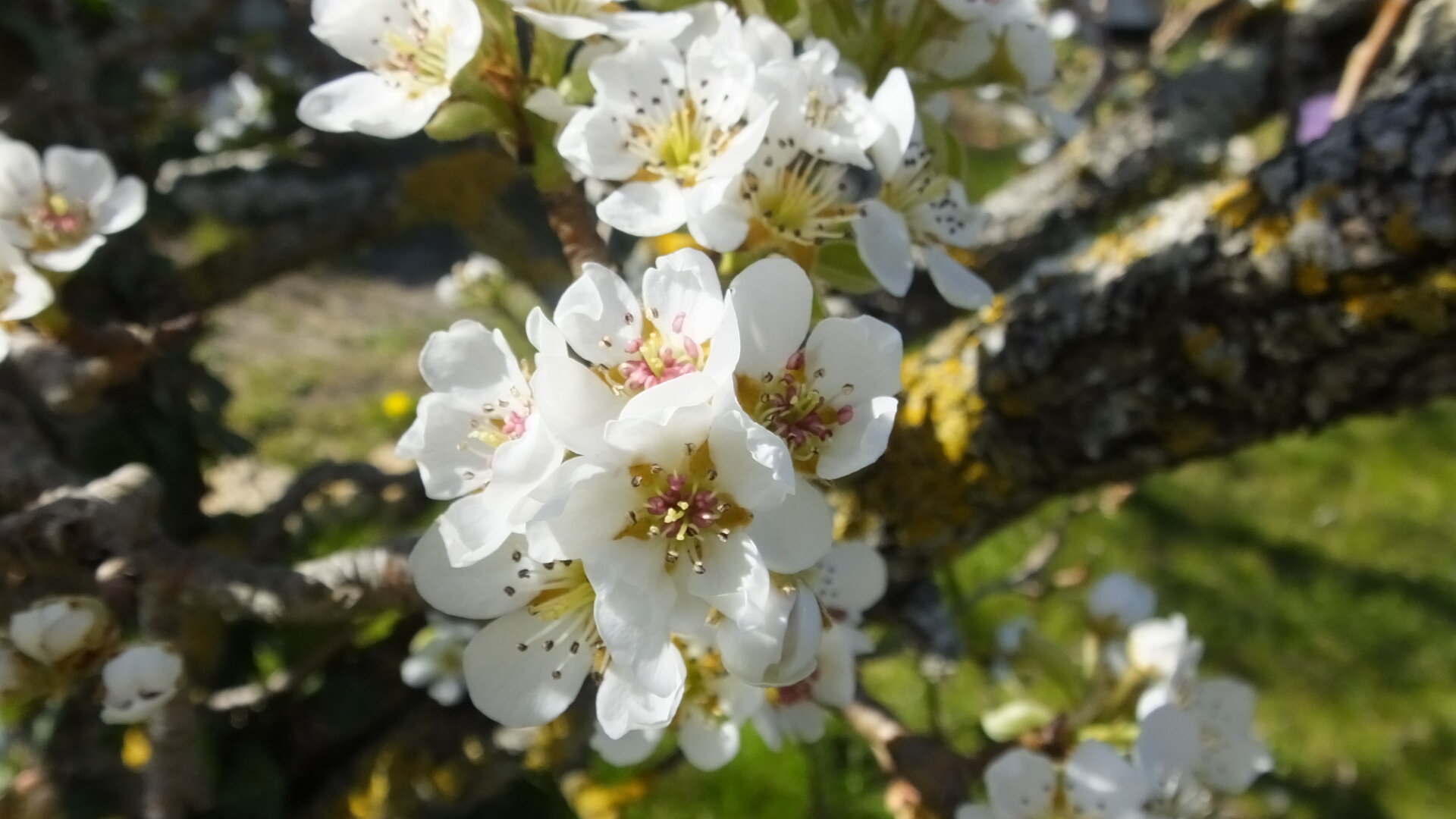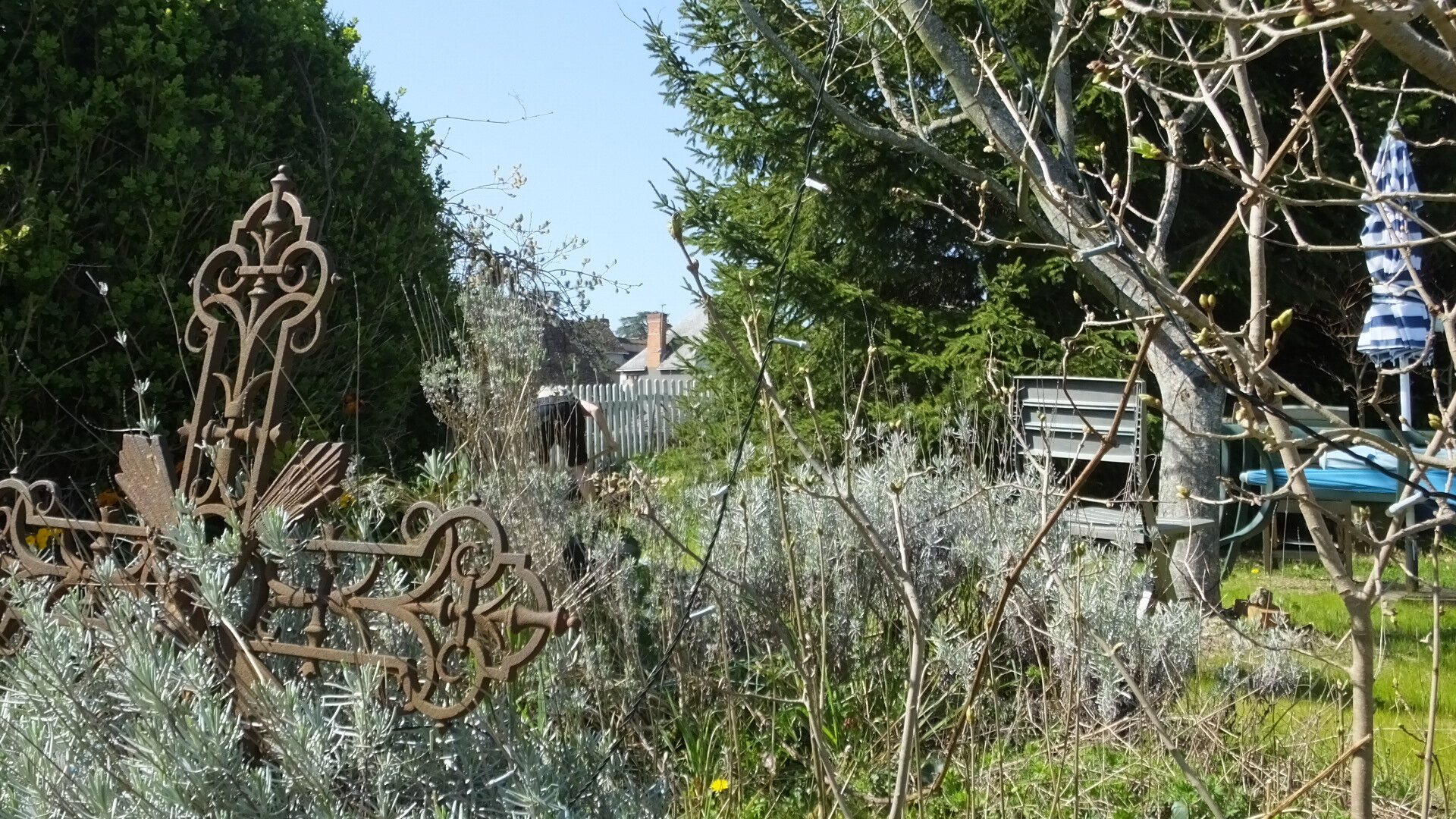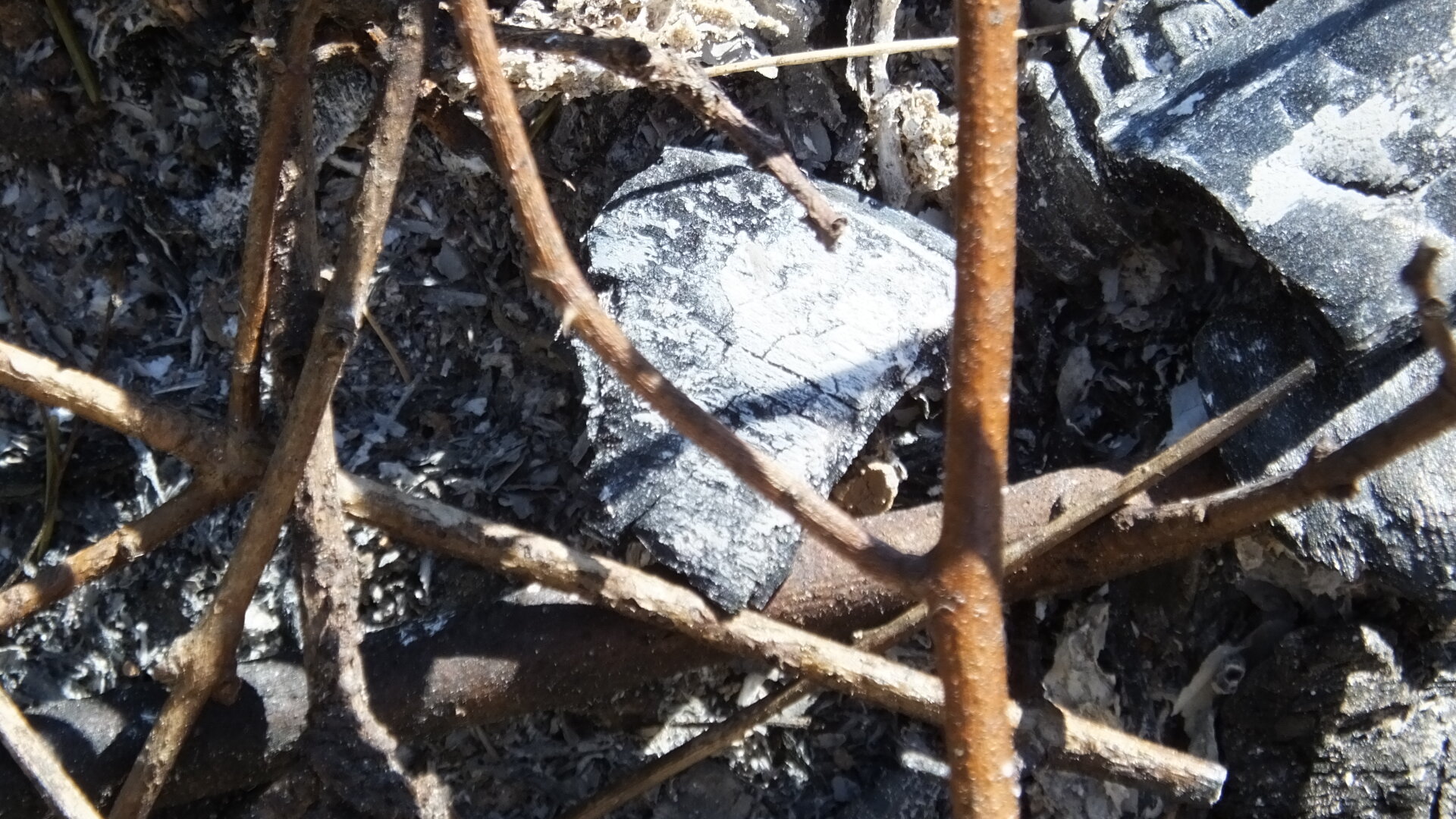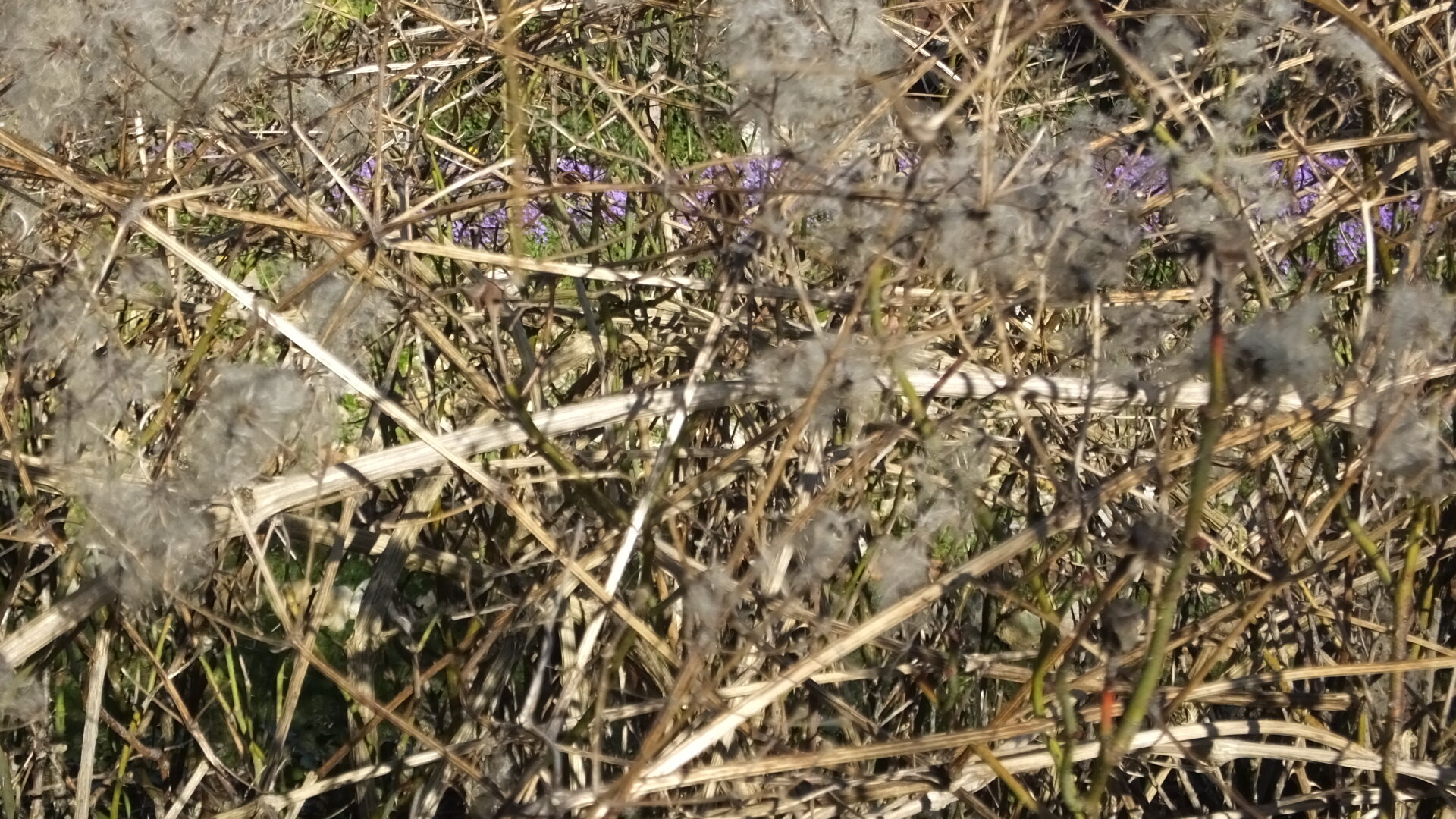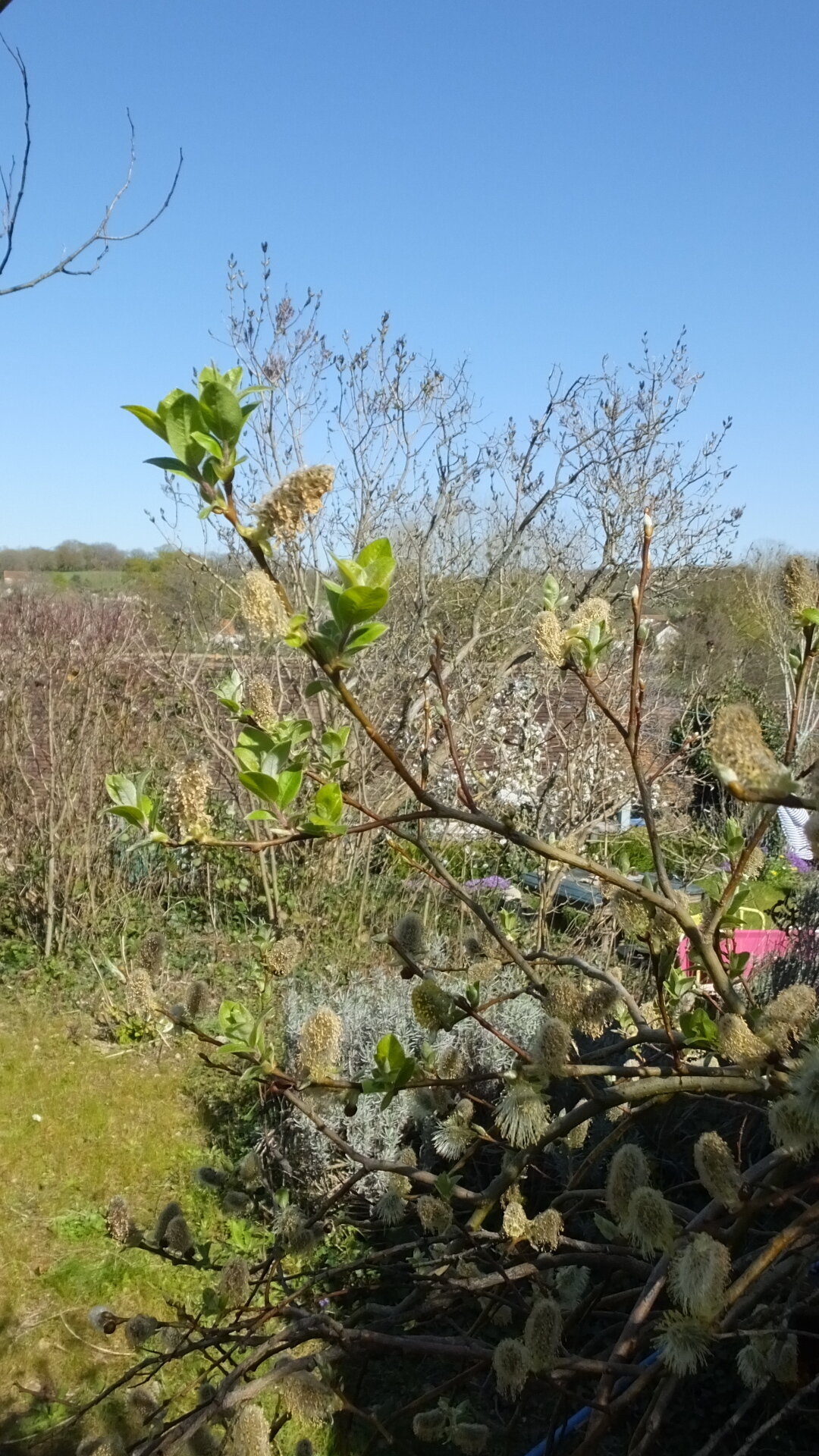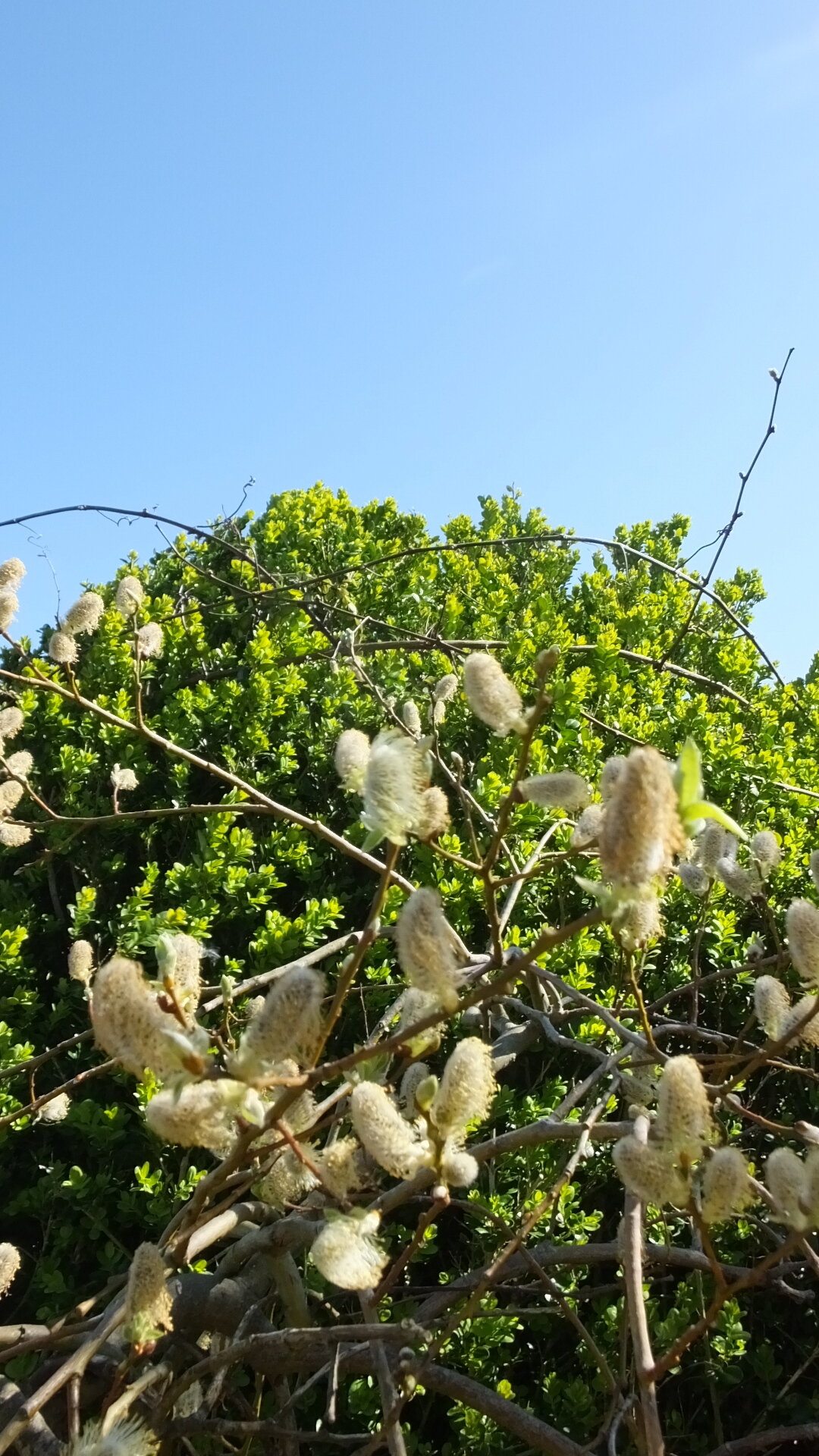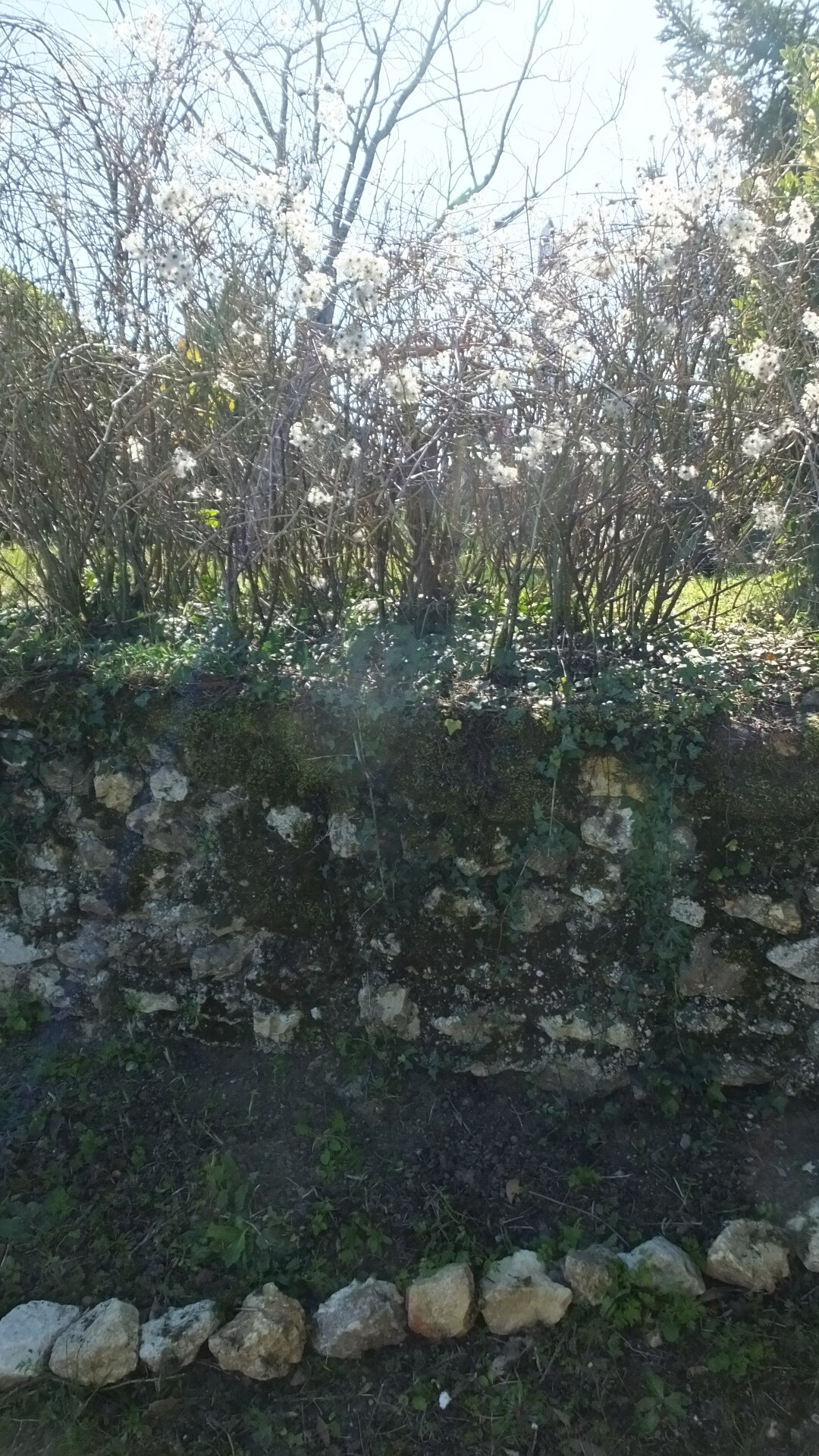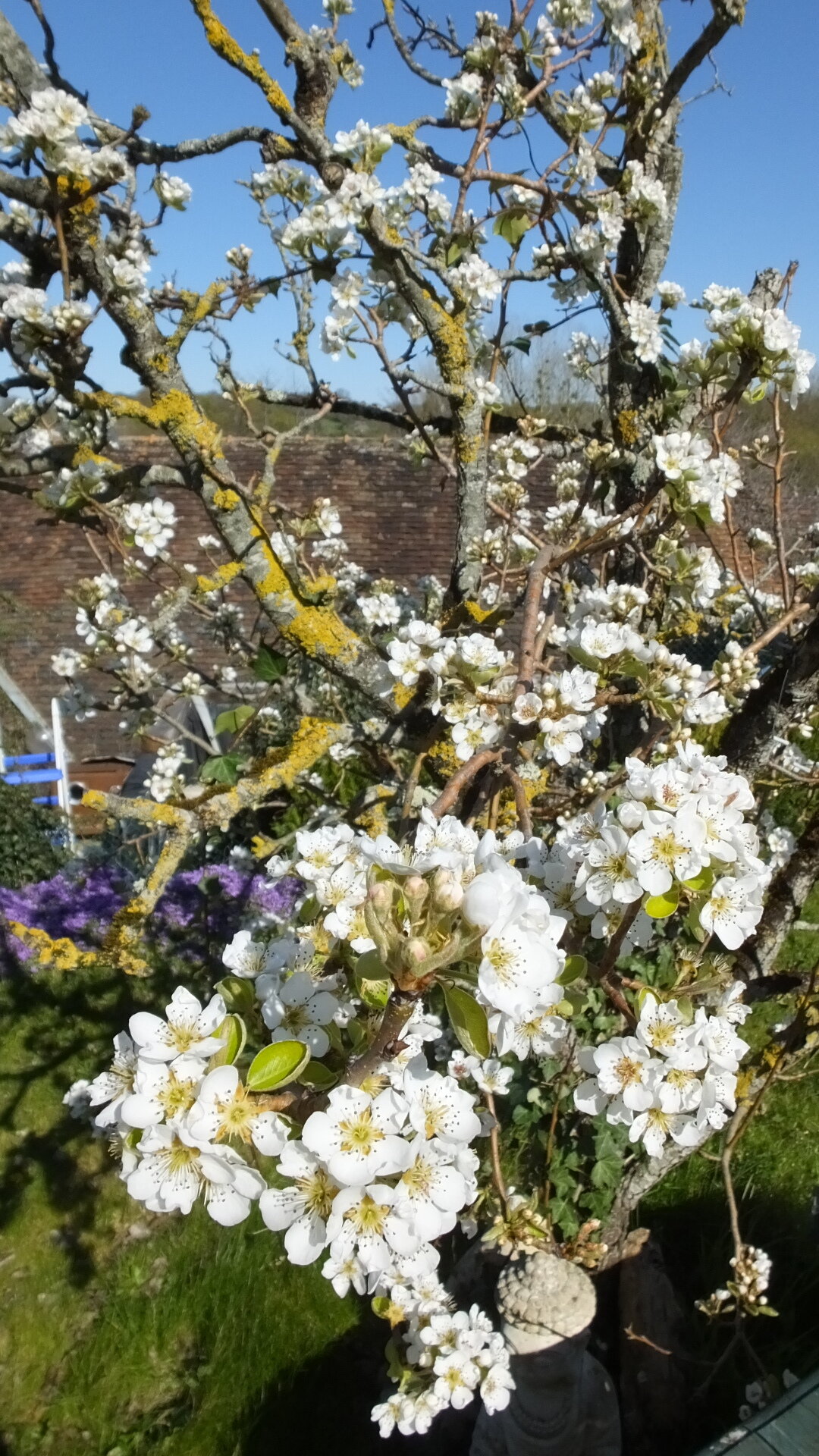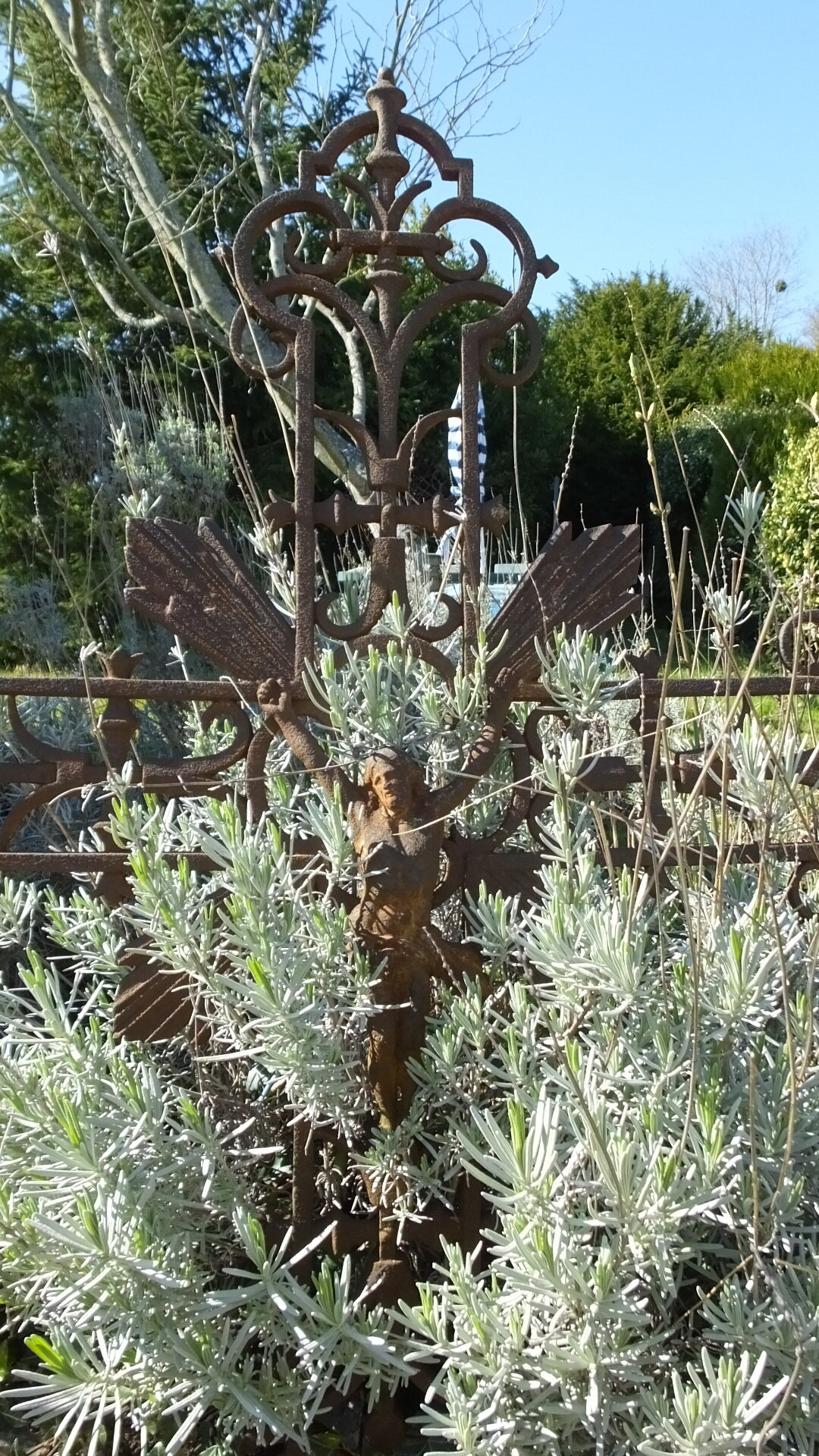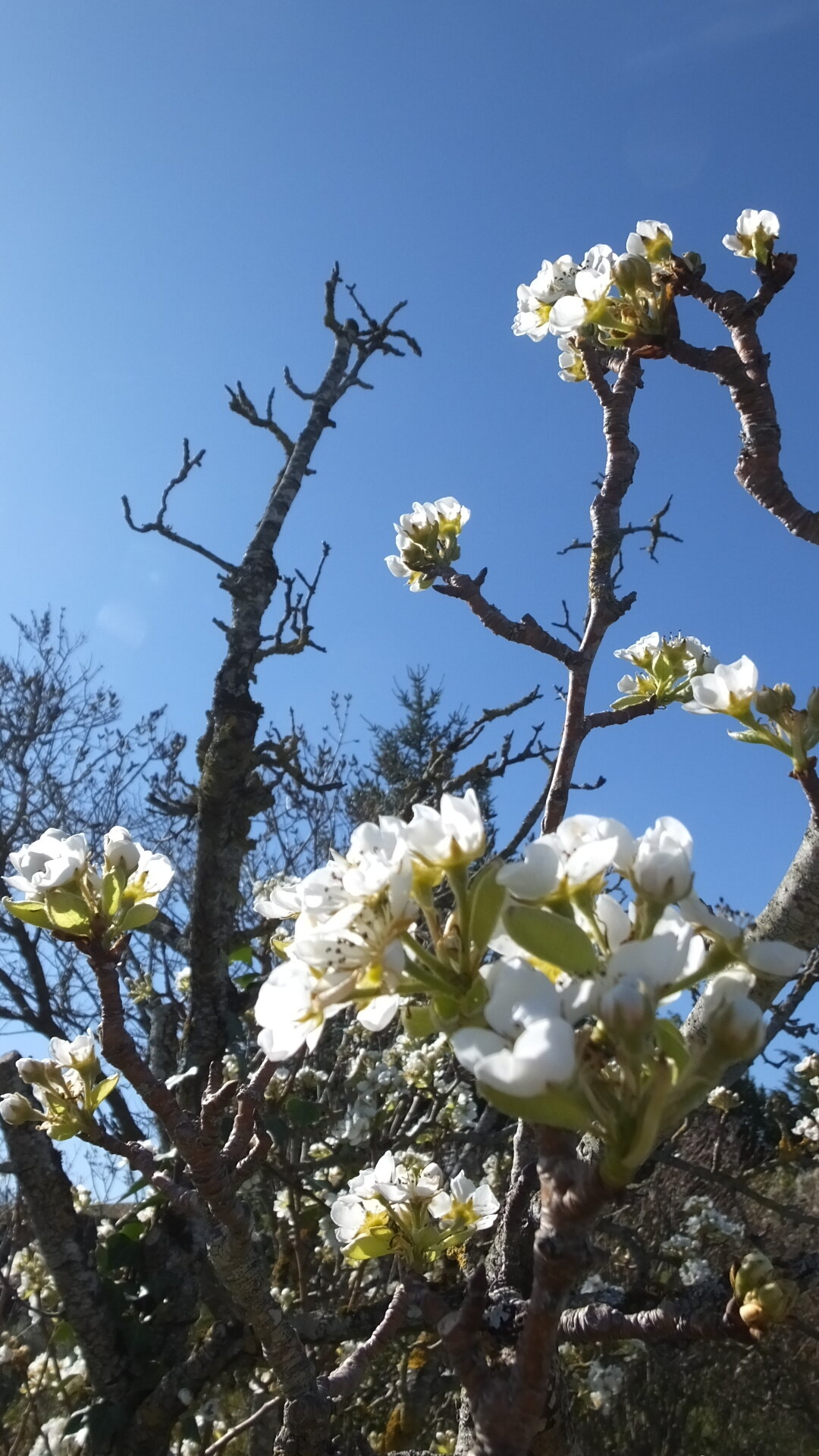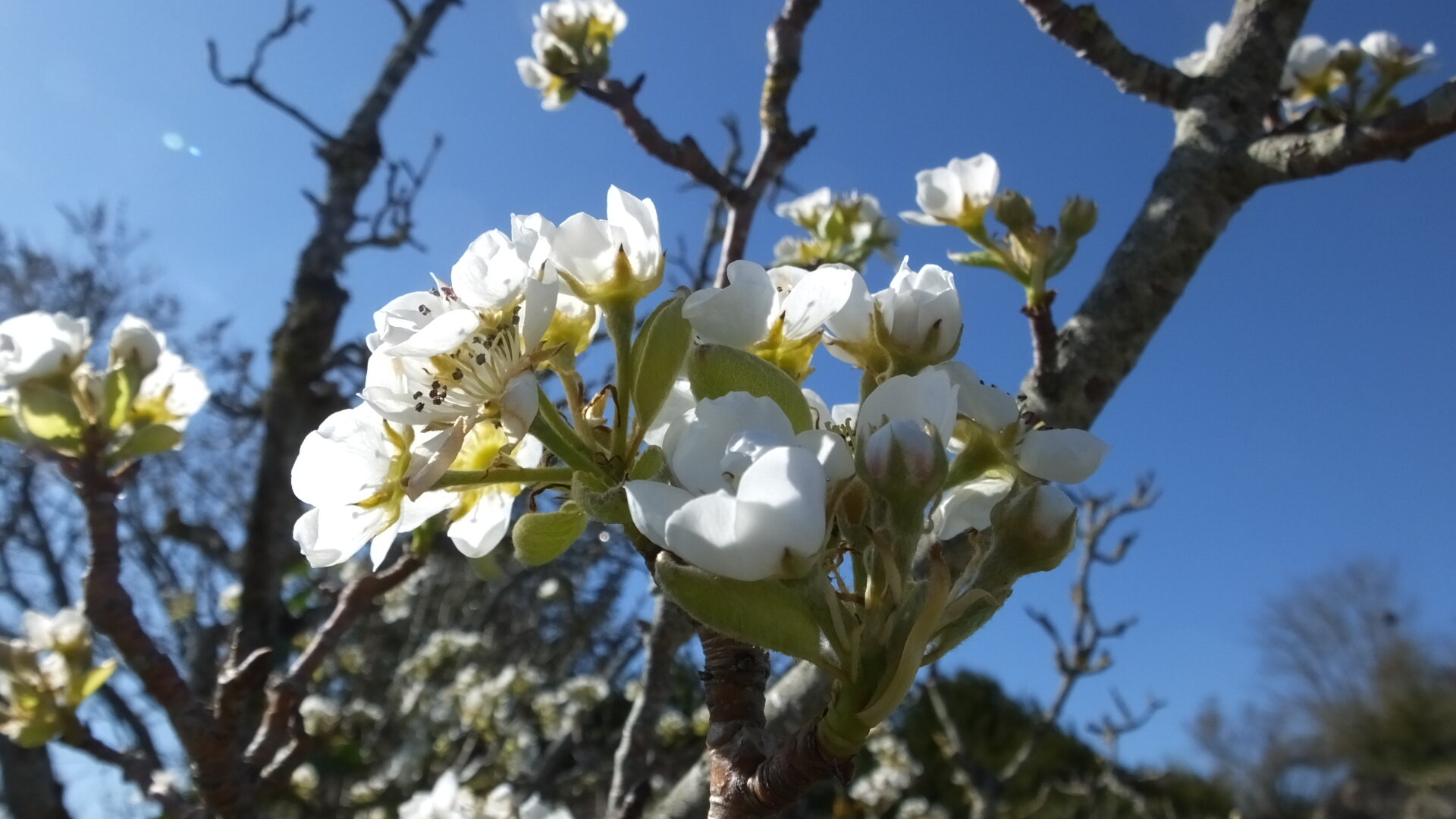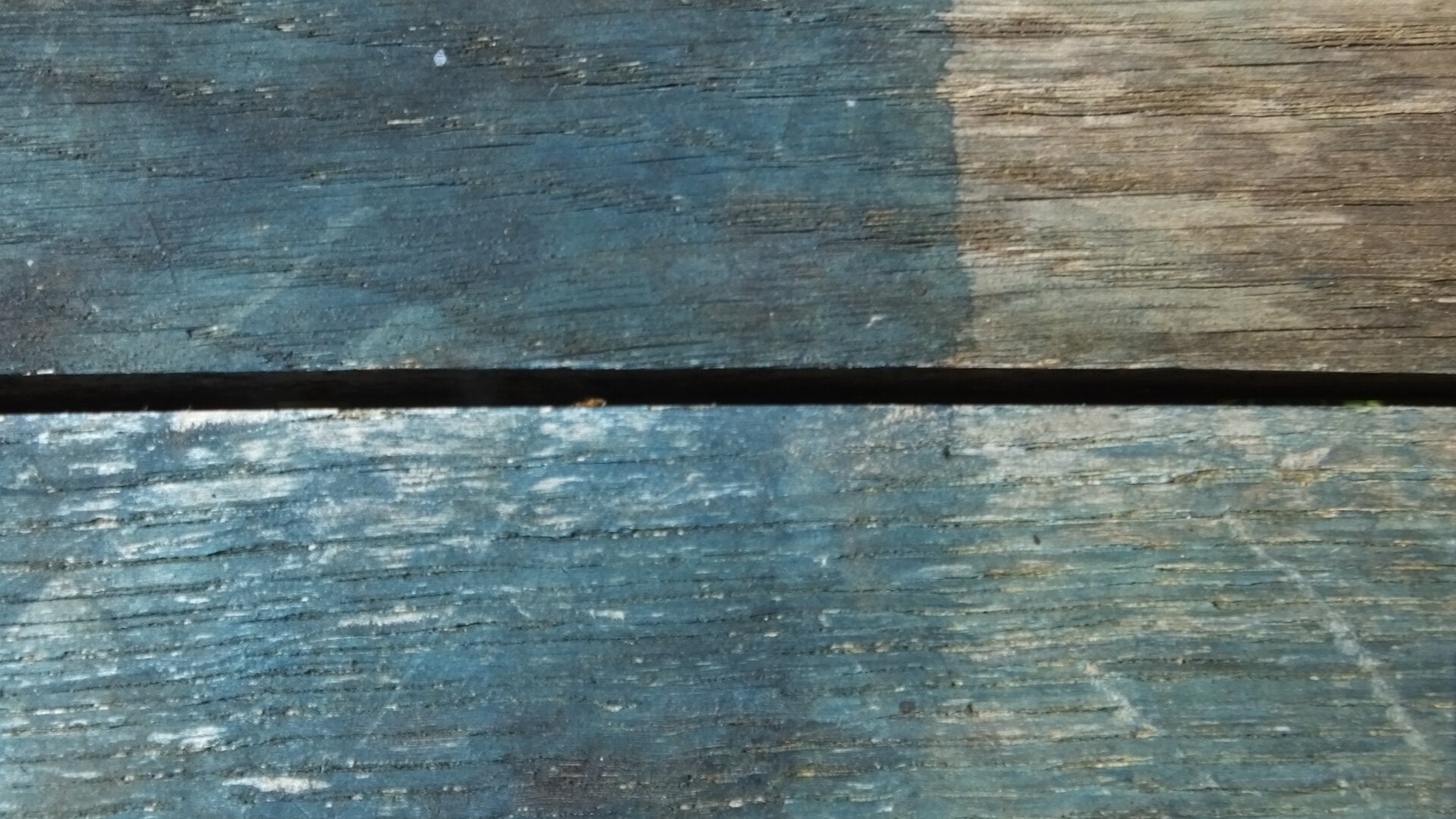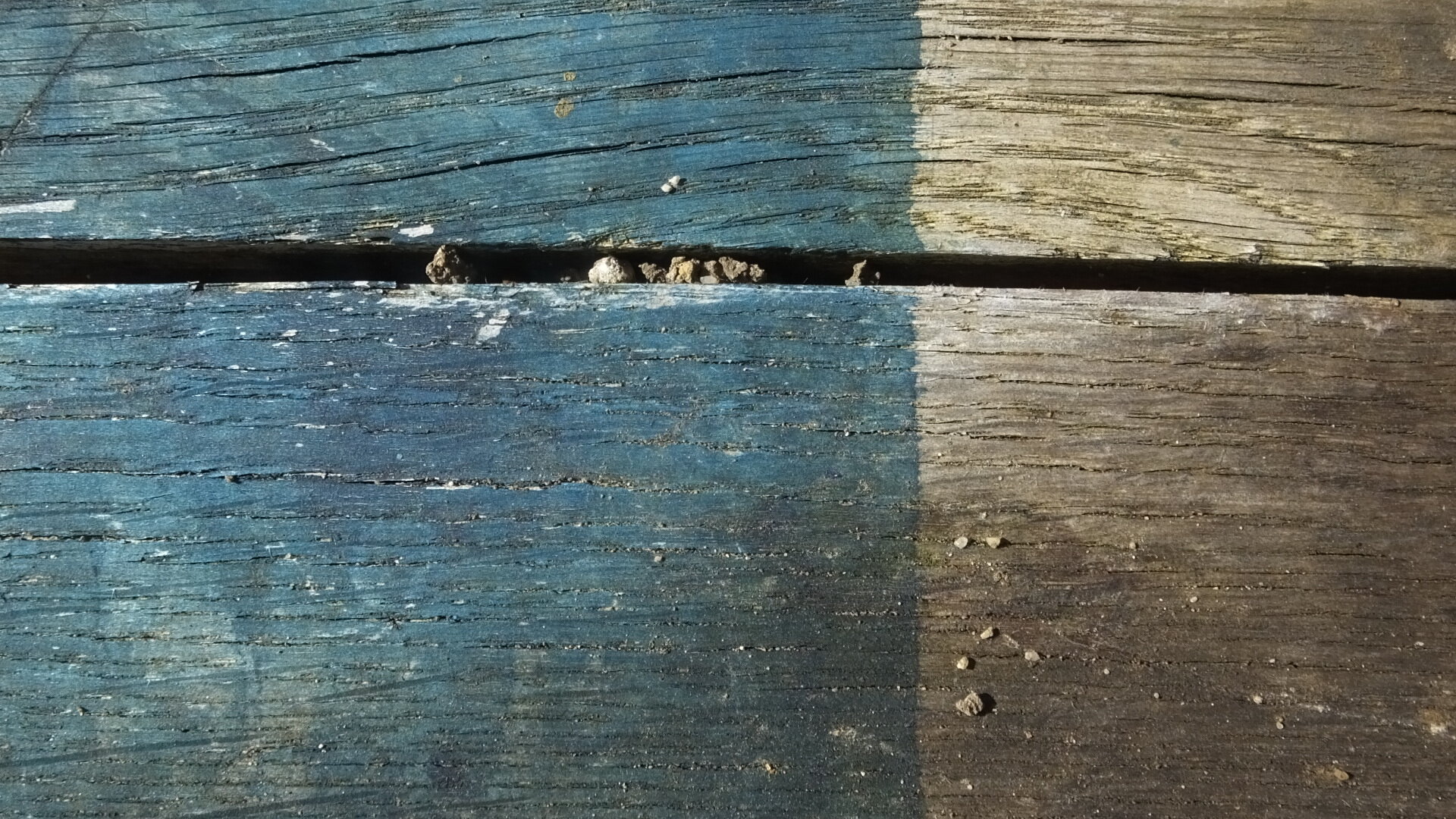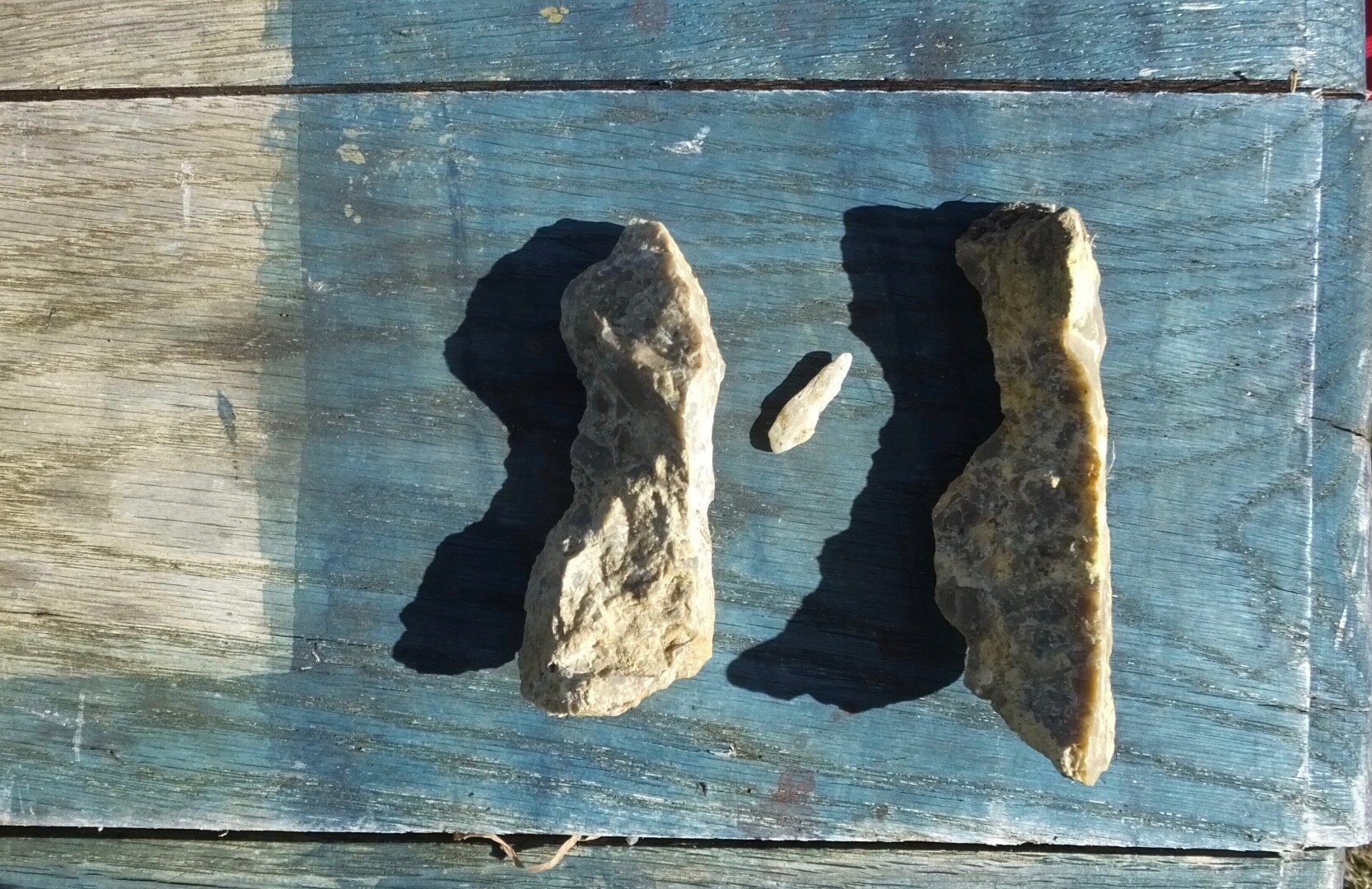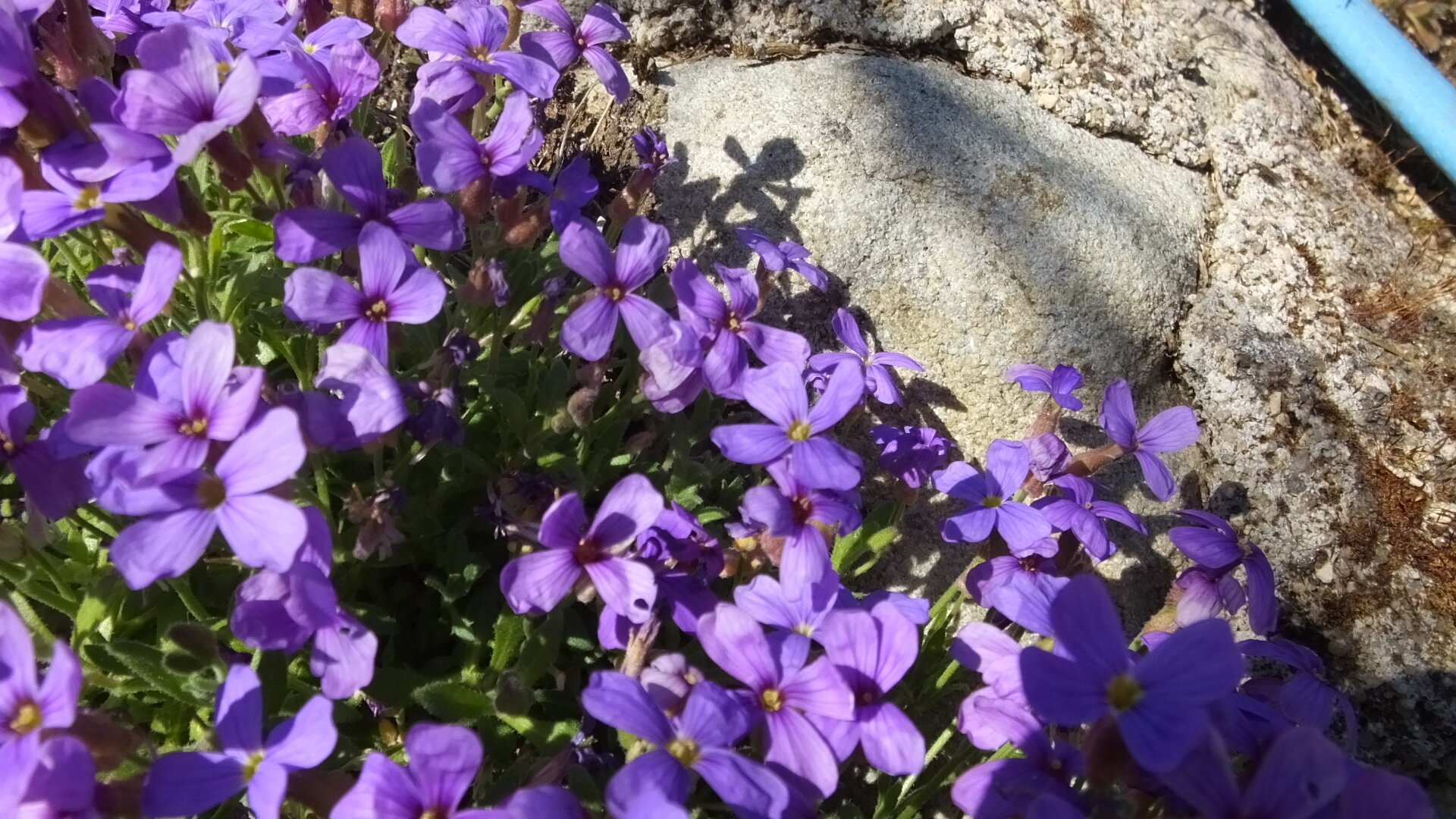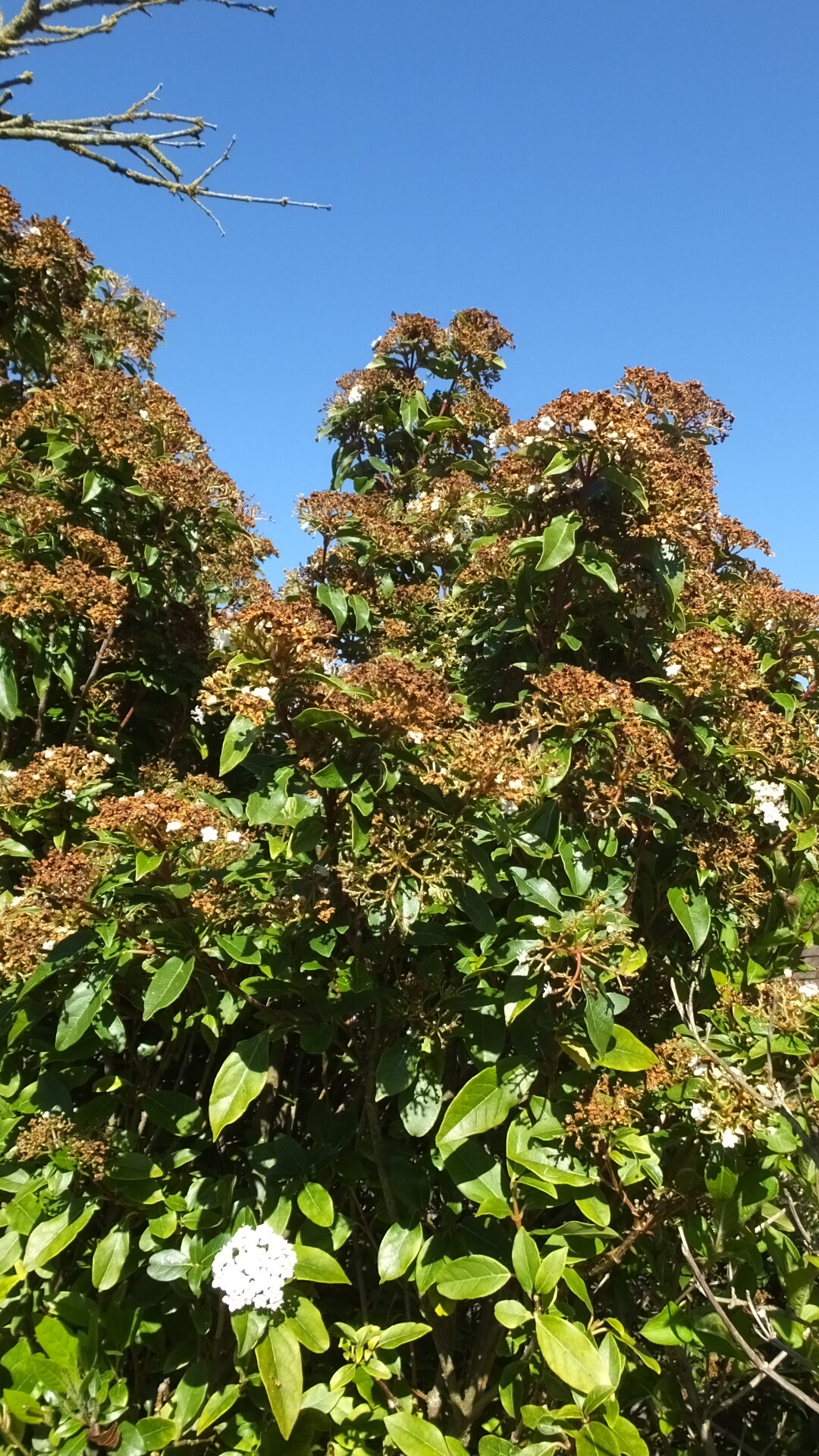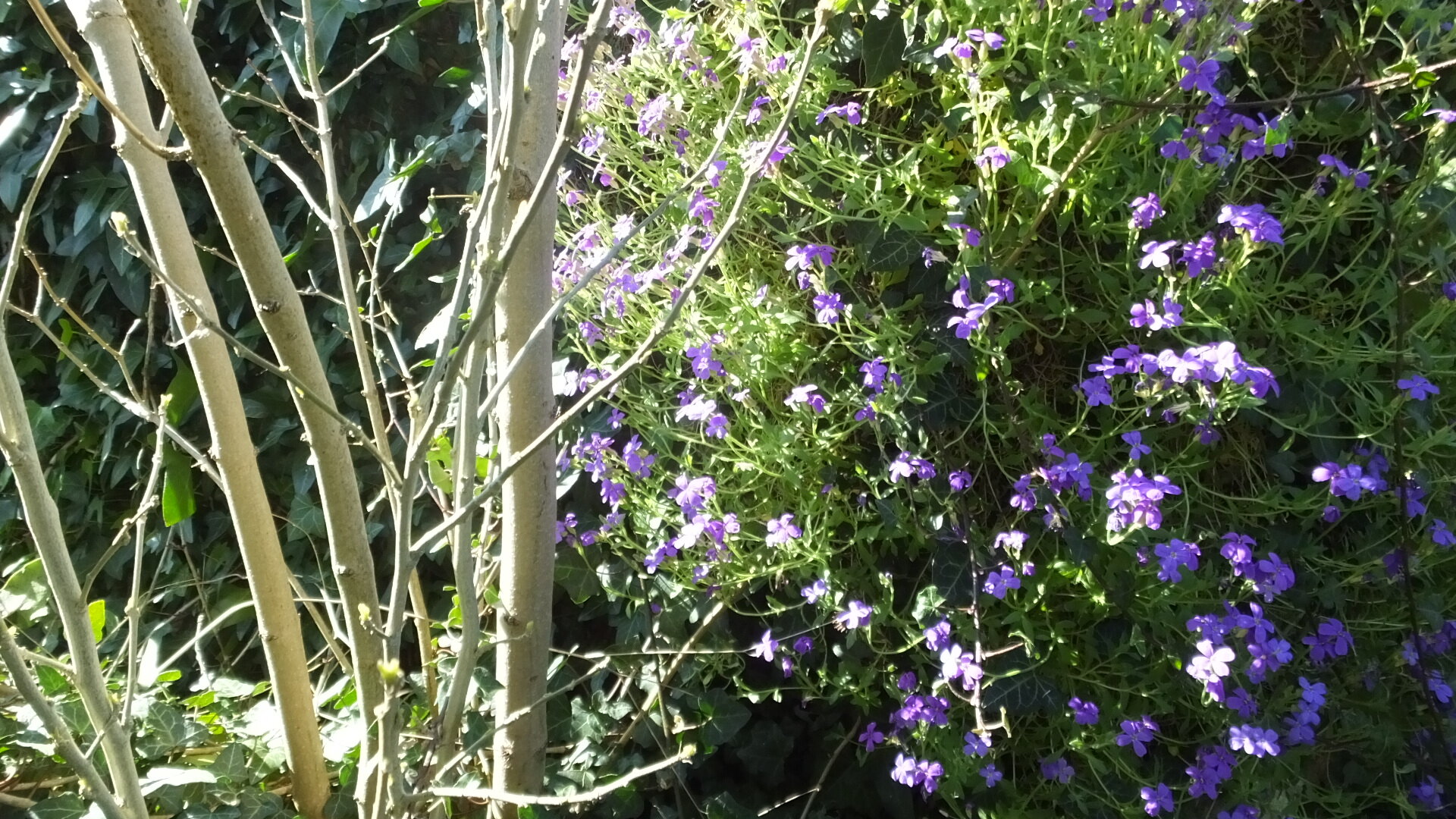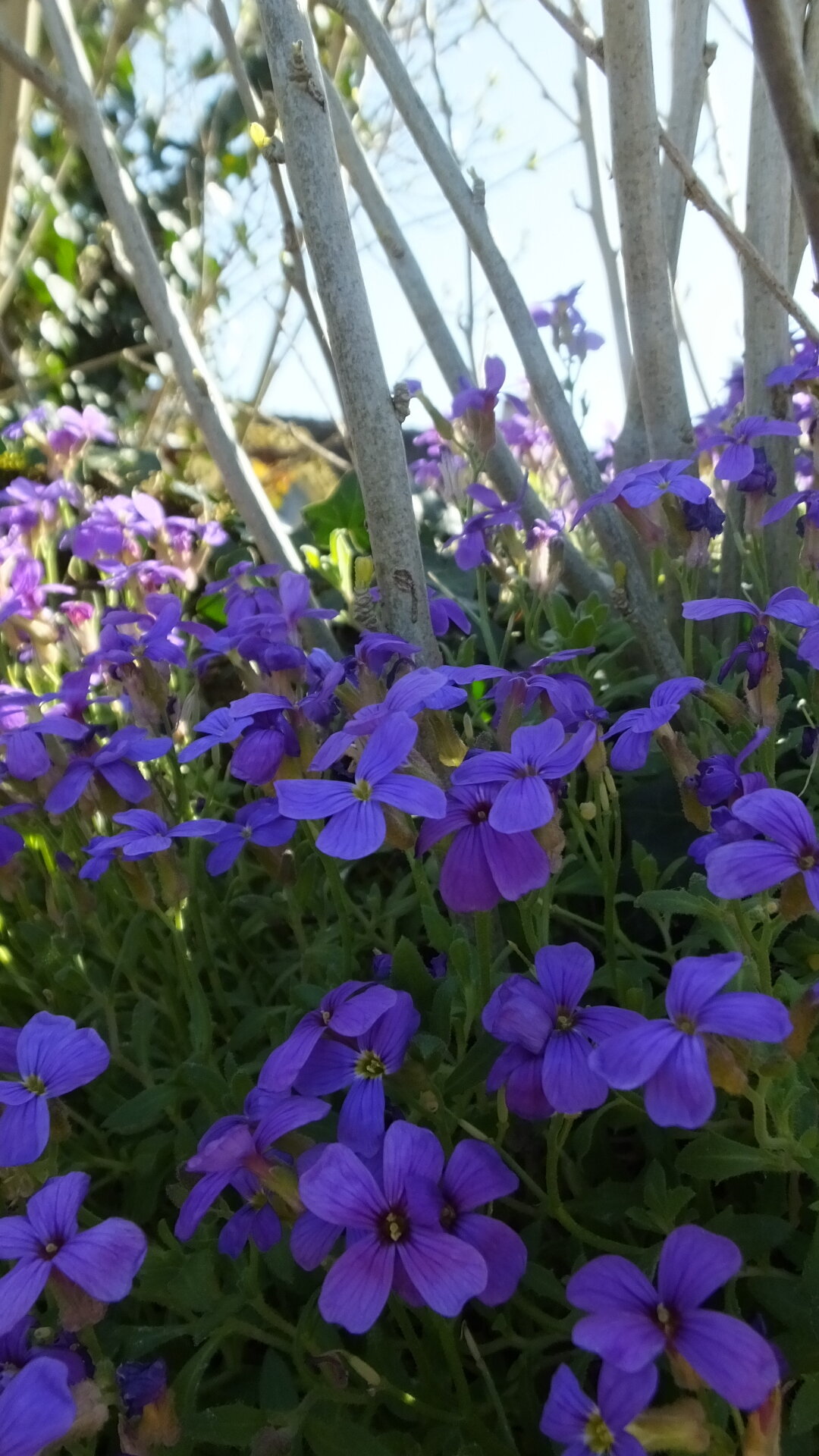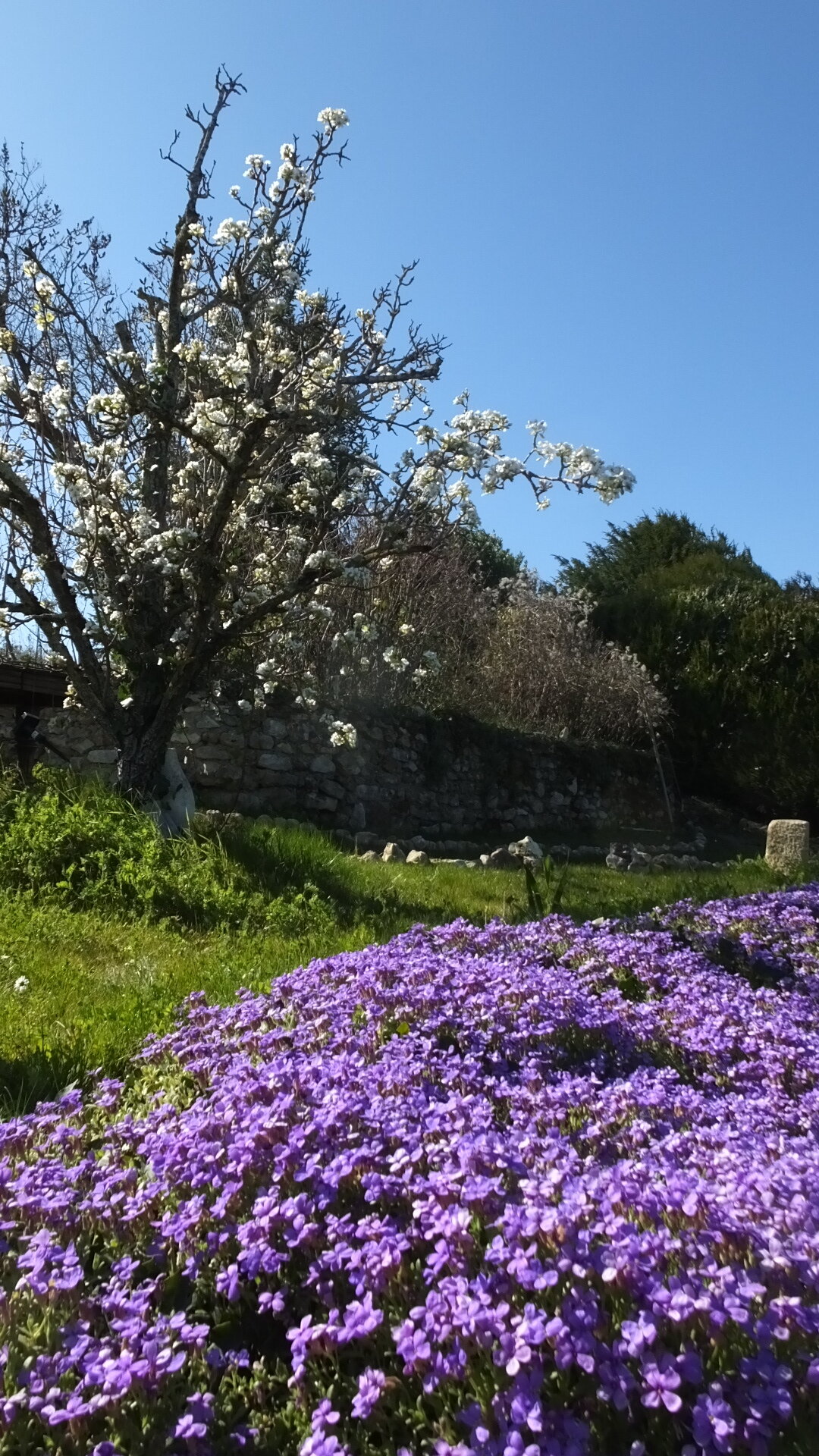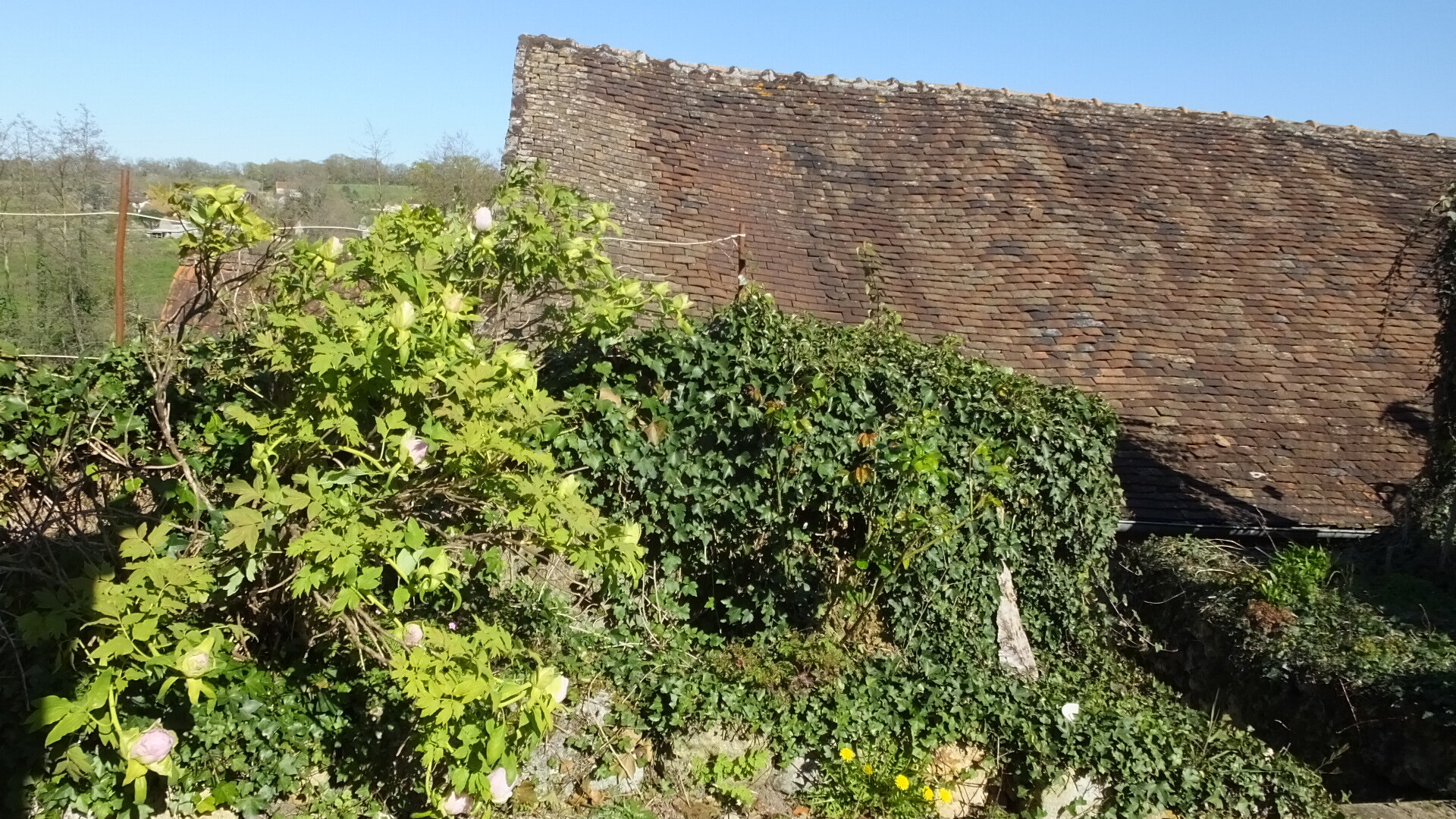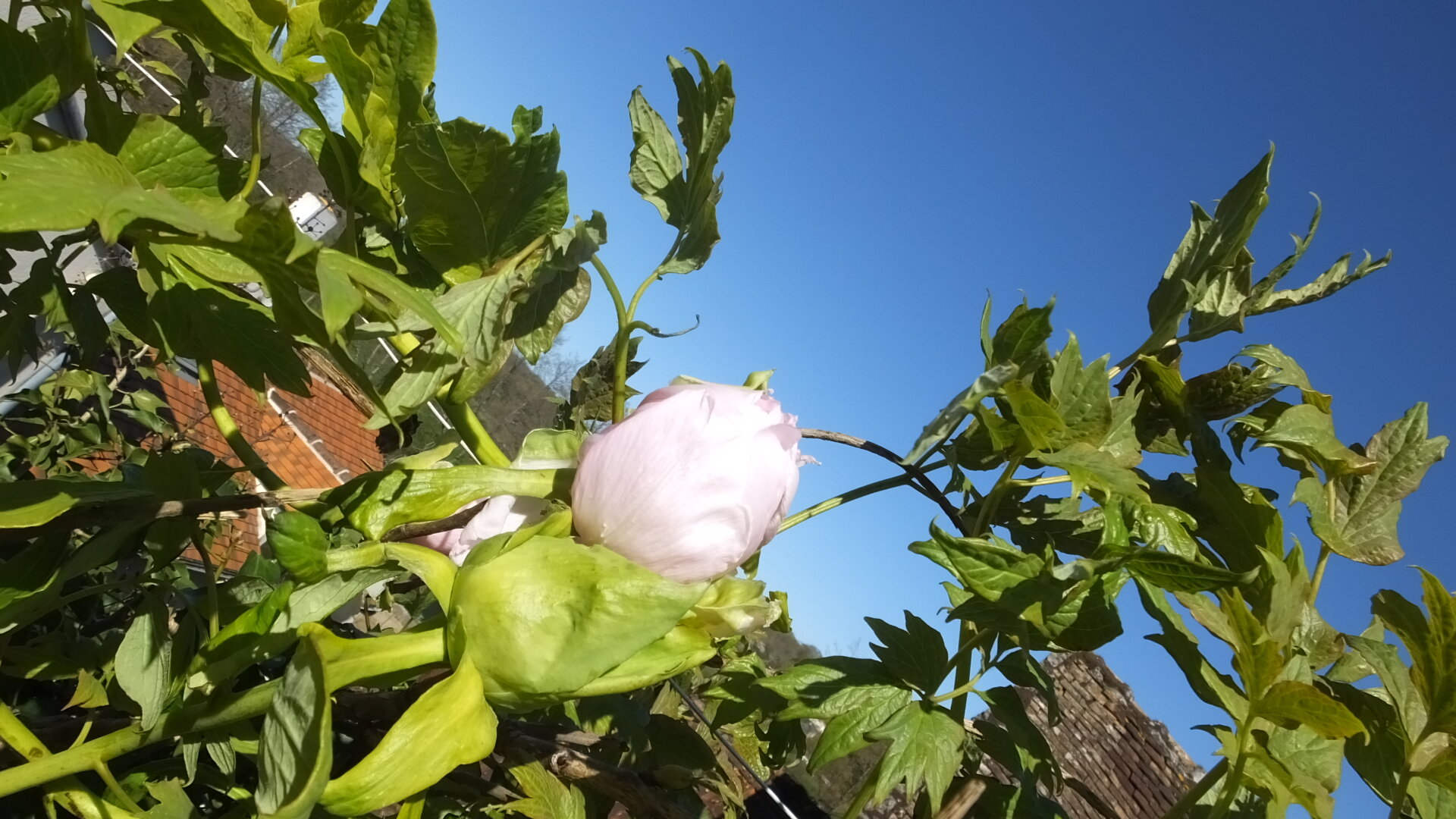(Un)Natural Familiars – Hellbenders – The Archetypal and the Personal
(Un)Natural Familiars – Hellbenders – The Archetypal and the Personal
Sally Annett . Oct 2022
Versions anglaise et française combinées ; veuillez faire défiler la page pour la version française.
Screenshot : Hellbender, The Trailer. By kind permission of the Adams Family.
The 2022 film release by the Adams Family, (WonderWheel Productions, USA (1.)); ‘Hellbender’ is an extraordinarily brilliant combination of horror and familial relationships.
The Adams family, Toby Poser, John Adams and their daughters Lulu and Zelda Adams have been making films collaboratively for over a decade when John and Toby bought an old RV and headed off with their young children to make their first film ‘Rumblestrips’. They have been working and filming continuously, weaving their professional and family lives together and making some wonderful cinema.
Their last film, ‘The Deeper You Dig’; their first feature length horror film, released just before the 2020 COVID-19 pandemic was an exploration of the cost of trying to hide your errors and the accidental evil which ensues. It contained scenes equally horrific and beautiful, exploiting the gorgeously bleak winter landscapes of the Catskills in upstate New York alongside the grief of murder and the allure and snakeskin oil of selling the supernatural.
Watching their films, aware that it is a real family dynamic, creates an uncomfortable frisson, which does not impede the suspension of disbelief, but expands it. The scene where John Adams’ character murders Zelda’s, brutally and desperately is only heightened because you are aware that this is a father enacting the killing of his own child, uncomfortable viewing for the purposes of entertainment and therefore doubly horrific.
Yet as the actors describe it - also fun! These elements of fun and humour feed through all the Adam’s family works; a tremendously dark comedic vein, which at points make the audience belly laugh often at the moments of highest tension in the scene.
The pleasure and visuals offered in ‘The Deeper You Dig’ with its psychedelic scenes, classic body horror and unspoken interpersonal tensions are present and increased in ‘Hellbender’ and certain moments (which both audience and family can key into on a subtle level) such as the use of the word ‘cunt’ in exchanges between mother and daughter, wink at a longer term continuity (cinematically and in reality) developing and referencing each film, giving a nod not only to the media, but to the broader scope of the projects and the rawness of the work.
Made during lockdown, Hellbender once again features the Catskills in a major role, but also other remote and beautiful landscapes from all across North America, be it the Badlands or the Pacific coast, shot from the RV. The broken-down shack (in ‘The Deeper You Dig’) is now fully restored, immaculately so - and - by John Adams whose energy knows no bounds. It is not a set; it is a fully renovated family house. John is also an ace musically, cinematically and with set building and special effects.
The family acknowledges that Nature contributes as an actress and indeed directs at times, with the weather, seasons and its ‘gifts’ such as the deer carcass in the scenes when Zelda (Izzy) is grappling with who she is.
Zelda Adams playing teenage Izzy, (Isabelle, derivative of Jezebel) is the star of the show and works in a heavenly way within the landscape, leading the audience into and through its powerful presence, whilst Toby (her mother on screen and in life) attempts to guide her, protect her and keep her safe.
Safe from what?
Izzy thinks she is ill, isolated and homeschooled due to a rare autoimmune disease. Inherited matrilineally, she has had no contact with any other humans since the age of 5. The relationship between Izzy and her mother is intense, claustrophobic and their loving bond is maintained and demonstrated by their band. The musical band in the film, is also called ‘Hellbender’, again mirroring the real-life Adams family band ‘H6llb6nd6r’ and the entire film began as a music video, flowering into a full-length masterpiece of a coming-of-age movie, for occult humans and non-humans.
The score and soundscape are also astounding, family made, Zelda’s vocals compliment the imagery perfectly; haunting and open, with a tristesse which carries the sentiments underlying the action with such ease. There is a beautiful scene with two toy cars, which cruise in circles, achingly sad alongside the soundscape (Drive)(2.), which epitomizes the quality of the craft.
Screenshot : Hellbender, The Trailer. By kind permission of the Adams Family.
There are completely novel scenes which, leave the viewer stunned; spitting menstrual blood in the snow and casting smoke angels (both Toby and Zelda reference ‘Carrie’ as the first horror film they watched together – but the scene is nothing like this… it is an almost total inversion), and a bikini poolside drum solo, family hallucogenic ingestion which combine traditional hand made special effects with digital manipulation very satisfyingly. The only comparison I can make is to footage of 1970’s festival shots…or the Manson family.
There is a huge amount of research and history in the weft of the film, the writing, led by Poser after family discussions to create the bare bones of the story, allows for no clumsy narrative, just demonstrative action, paired down scripts with room for improvisation at all points and natural magical performances based in fact as well as fiction.
The Hellbenders reproduce via parthenogenesis, (3.) (route word/source of the Parthenon) they reproduce asexually, as did all mammals and marsupials up until (merely) 300 million years ago – when the first male creatures emerged on the planet; from the female (1.)
Toby researched Lilith, Lamia and a plethora of ancient female, self-reproducing and child or baby eating goddesses. Those whose powers Heracles and many of the later masculine heroes of Greek history acquire after murdering the older feminine deities and their children. In fact, most of these ‘evil’ goddesses, like the Hellbenders, have been demonized and persecuted out of living and written memory because of their femaleness – it is their reproductive power, their links with nature, night and sleep (the things that man cannot control) which has led to their demise/extermination. From this the Adams evolved their own, creatrix, a female creation myth which is struggling to exist in the modern world.
The mother Hellbender is desperate that her daughter is ‘good’ that she is a ‘lamb’ not a ‘wolf’ and “cuts her claws and cracks her teeth” in the hope that she will not discover her true nature. Poser also references the lost writings of women, so much burnt or attributed to ‘anonymous’ with the grimoire or spell book of the family and the magical link between text and corpus.
The film has everything you can wish for or expect in a horror – blood, guts, murder, tension, mystery and special effects. But it has so much more.
The meld of the archetype and the personal.
Screenshot : Hellbender, The Trailer. By kind permission of the Adams Family.
The film describes a mother daughter relationship, and is played by a mother and daughter which lends a natural authenticity to the performance but neither avoids or alleviates any of the problems so normally encountered. The intense single parent relationship is played quietly by Poser who oozes calm, self-control, power and beauty in every gesture and has the voice of a fairy godmother. You want her to be telling you stories, singing you lullabies, showing you magic; she offers profound safety and security, but at the price of her daughter’s conscious independence and liberty. The intention is ‘good’ but is it correct?
The deep hypocrisy and suppression of negative emotion, to create a cocoon for her child means Izzy loses trust and inevitably disobeys her parent.
This over-protection is experiential for Poser, who only discovered her true paternity when her mother was on her death bed. She was delivered the bombshell that she was a donor baby and then discovered she is one of (at least) 8 siblings. The ‘lie’ or the grand deception was made and kept for the protection of the daughter. In some respects, Hellbender is a cathartic process for Poser, who uses the film to explore the reasoning behind the withholding of personal narratives and the subsequent uncovering of true histories and magicoscientific lineages.
The womb is both life giving and death bringing, pregnancy and childbirth remain the biggest killers of girls and women in 2022 and women globally are still fighting for autonomy over their bodies and reproductive systems.
Hellbenders self-generate; they reproduce asexually. This theme of parthenogenesis is evident in nature, especially amongst reptiles, but remains a foundational tenet of many religions, not least the Annunciation legend of Christianity which we celebrate every Christmas (as the birth of a male) rather than the fatherless reproductive cycle of the feminine.
But Hellbenders are far from the demure representations of the Marian tradition, they are Kali, Lilith, the Whore of Babylon, their children cursed – betrayed, isolated, rejected, despised, for inhabiting their true natures, with and in Nature. Yet, they remain an aspect of her. The film flies you through a series of psychedelic parlances with Izzy’s ancestors, including her troubled, now deceased grandmother. Showing the line from which, she (we) has come. It should be noted that in the Jewish, female oral traditions Lilith is not the eater of babies, but the protectrice of mothers and infants and amulets are worn to invoke not deflect her presence. Her job is to test the purity of the Rabbi’s, to tempt them with the sins of the flesh, ensuring only the true of heart (very few it seems) reach the level of Messiah, whilst her ’husband’, Samael, traditionally, the angel of death stays at home and cares for their children. (4.) (Dr Sharonah Fredericks). The differences between the written word and folkloric and familial transmission, so often enormous. (5.) (Stephen Pope on Lilith).
There is a deliberate avoidance of sexual scenes within the movie (thankfully!), but not solely because of the ‘family’ team structure. Toby and Zelda were adamant that this was not going to be the traditional, Hollywood, ‘young woman coming of age’, flick, initiated by a young man, so normally a festival of make up with false everything, stuck on to hypersexualized children.
The coming into power here, describes a real power, not dependent on a beauty myth more fictional and unattainable for most than becoming a Hellbender.
Poser and her daughters are all beauties, they celebrate their naturalness, the only make up; chipped black nail varnish, stolen plastic hairclips and the heavily coded and tongue in cheekily references to the glam rock makeup of iconic seventies rock bands. As a woman watching it is such a relief to see this lack of artifice, normal women, bare-faced and bold.
Screenshot : Hellbender, The Trailer. By kind permission of the Adams Family.
The film holds echoes of both ancient myth, religious, or rather heretical, iconography and modern fairy tales; Izzy at times reminds us of Max from Maurice Sendaks ‘Where the Wild Things Are’,(6.) (a favourite for Gen X kids and their offspring); the shots of her wandering through the tall trees and the Crown (made again by John) which her mother gifts her, the symbol of her taking her burgeoning sovereignty a fitting symbol for this necessary rebellion. Izzy indeed kicks up a wild rumpus!
Screenshot : Hellbender, The Trailer. By kind permission of the Adams Family.
It cannot be stressed enough how good the soundtrack is – but also how minimal and poetic the script. The cinematography does its job – stunningly. Partly limited by COVID and the need for family bubbles, the cast numbers less than 20. Use of a drone provides enigmatic overheads as well as immense scenery and the inhabitants of the Adams family’s local town carry the cameo roles; the sheriff really is the sheriff. The women baying for blood in the opening scene are Zelda’s soccer team’s mums. All do a fabulous job.
John who is a dynamo of making, filming, recording, editing and being delivers a hilarious and understated performance, short but – again – perfect as a nerdy uncle to Zelda’s best (and only) friend who lives across the valley. He steps back allowing the women to take the lead in this work, but he has the eye of a painter and can make anything from a pulsing umbilical tunnel of flesh to hell, to a fully functioning house.
Lulu storms in and out of the scenes with a powerful, grounding and highly comic performance as the seemingly dominant, confident worldly friend, a perfect foil for Izzy’s innocence and for a time, her ideal.
The portrayal of magic within the movie is again that of natural magic, the magic of the mixing of blood and berries, feathers and frogs, maggots and worms, creating flying eyes, flying hair (Toby has the best hair) and flying daughters. But is refreshingly not the familiar trope of satanic, glittering robed ritual, uber staged in red and black lit by flickering candlelight. It is part of the colour palette – shot in natural light, on natural bodies, in autumn and winter hues, lichen greens, red berries, black bark and grey trees against grey snow filled skies.
The approach of fully embracing experienced, archetype through a personal, realist lens, takes the audience on a fully fleshed out, profound journey through the imaginal.
The film is brilliant.
But when you discover the stories which feed it, of COVID confinement, life changing information about who you are, universal interpersonal family protocols and behaviours. Things we all recognize and experience – but have never managed, nor perhaps even dreamed of articulating or creating a vivid mythology from - It takes it to another level.
Screenshot : Hellbender, The Trailer. By kind permission of the Adams Family.
Screenshot : Hellbender, The Trailer. By kind permission of the Adams Family.
The film is essentially about fear preventing life.
The difficulties of transitioning from child to adult to parent as a woman, and the mistakes we make.
About the powerlessness we have over our children.
“If you break my heart, I will devour you”.
“Winter eats fall, spring eats winter, summer eats spring, fall eats summer”
The endless cycles of family and societal lies, violence and co-dependence which can be broken ended and transformed by fearlessly acting upon truth and love is demonstrated to us all by those most devilish she creatures (over half the human population!) Hellbenders!
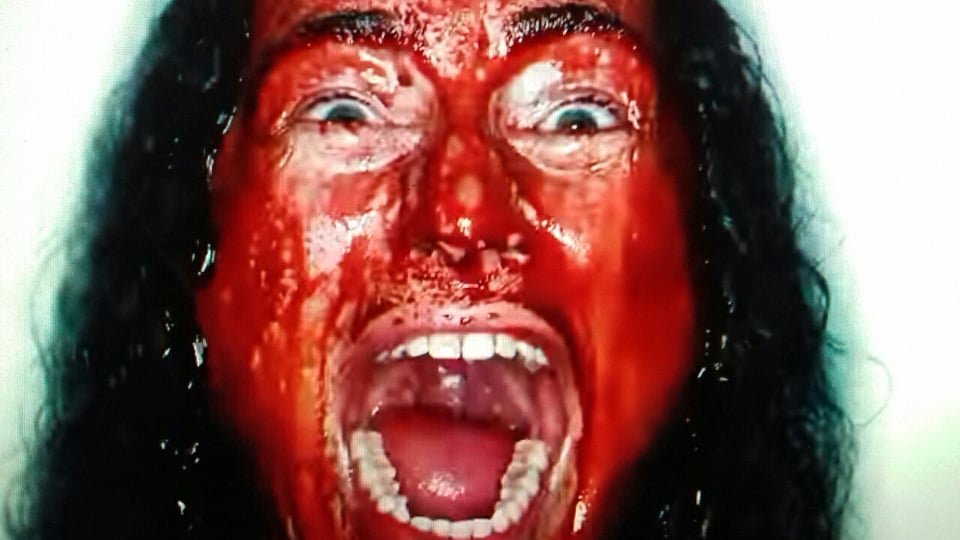


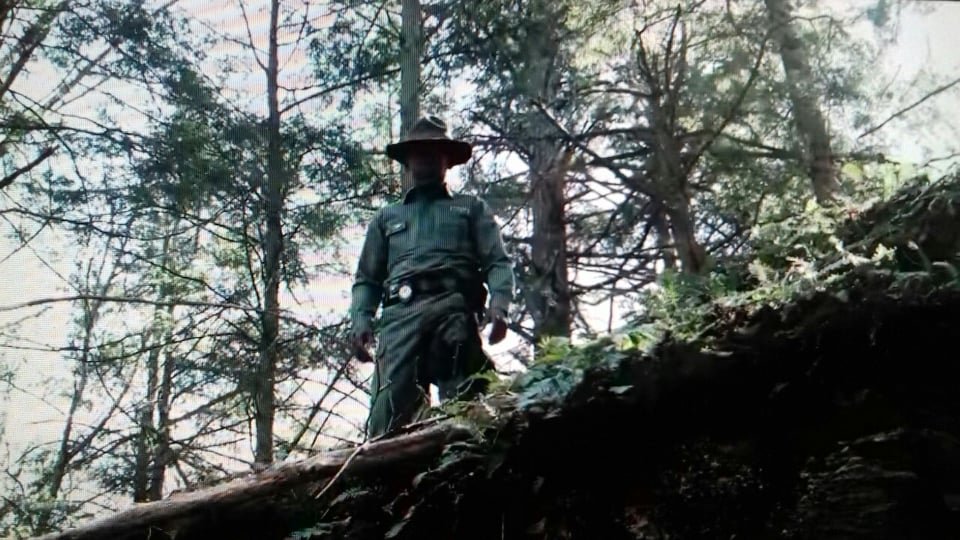
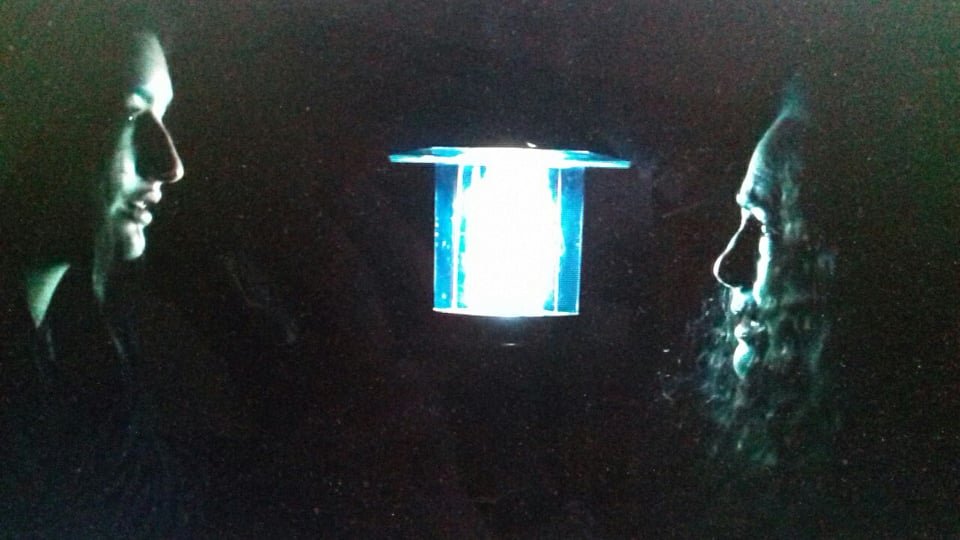
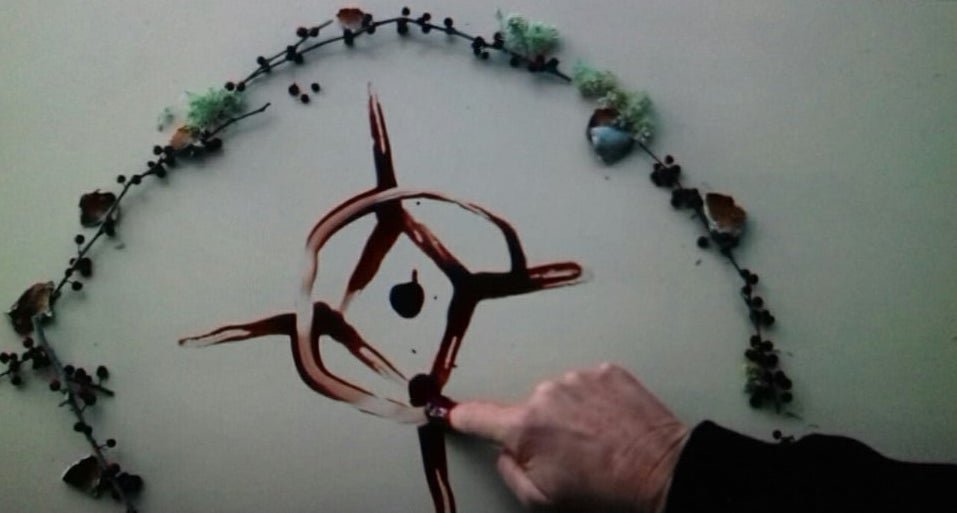
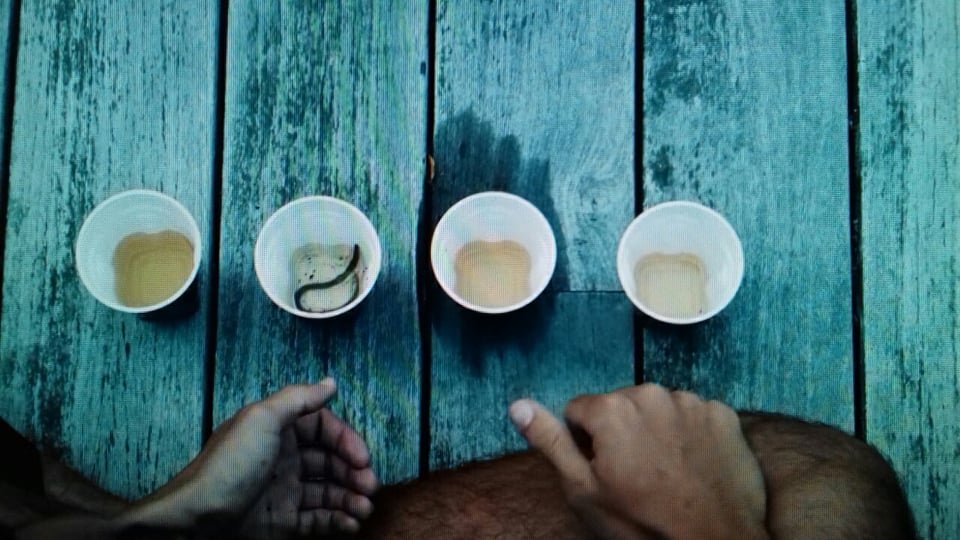
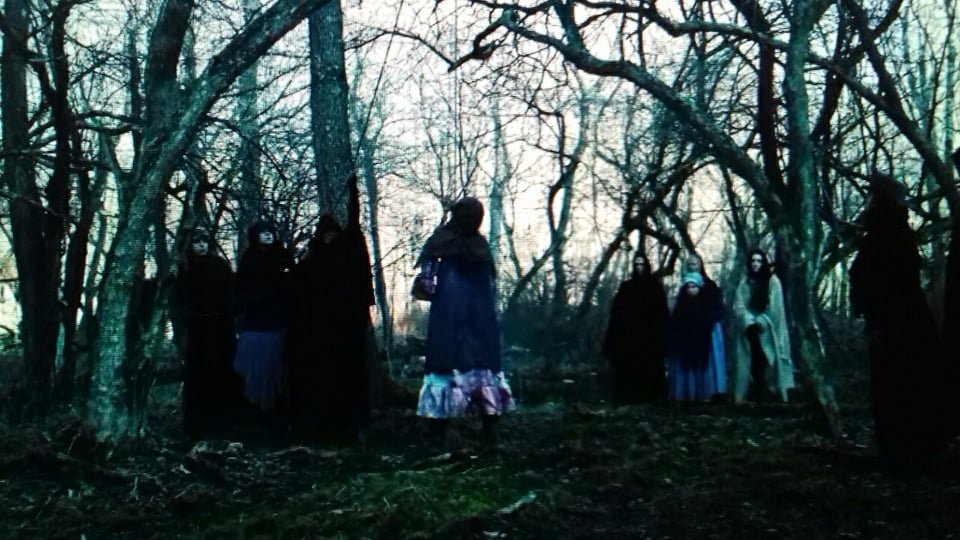
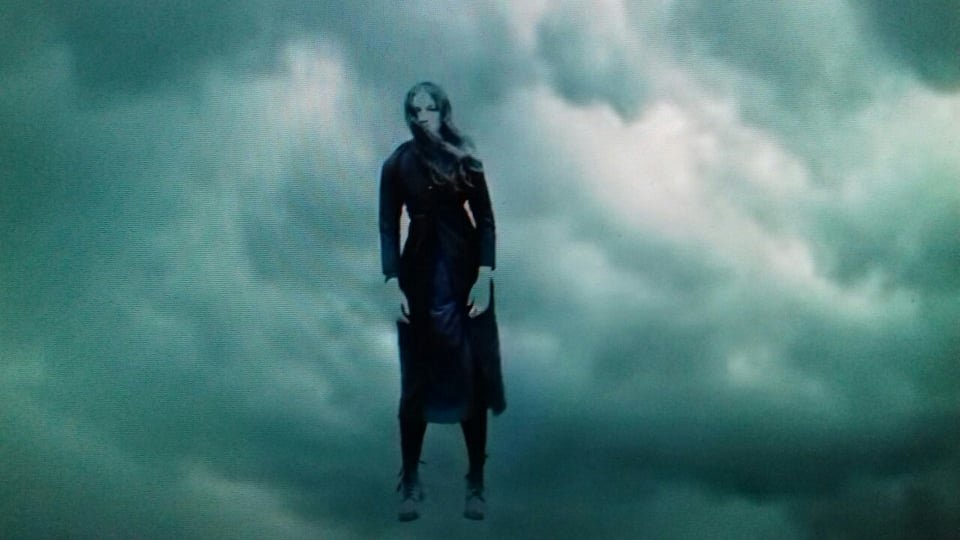
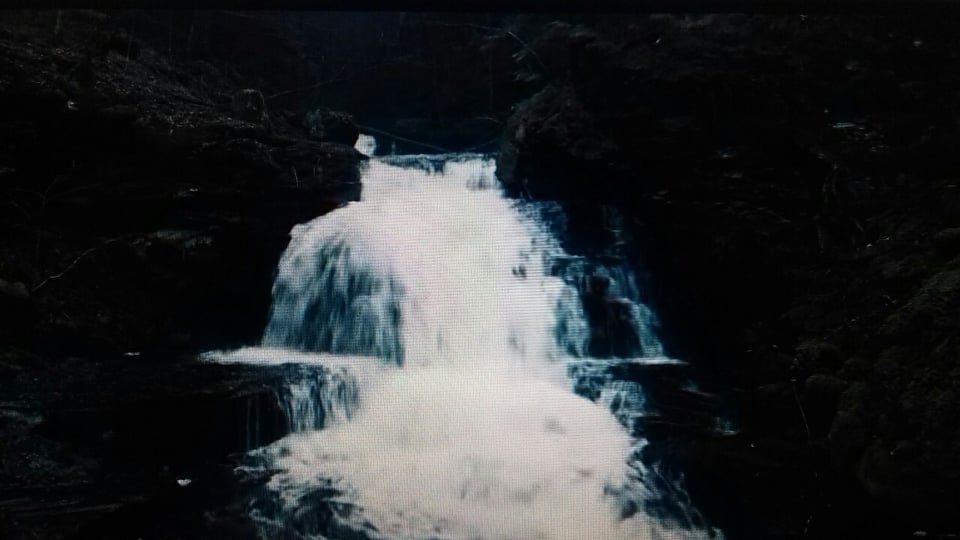
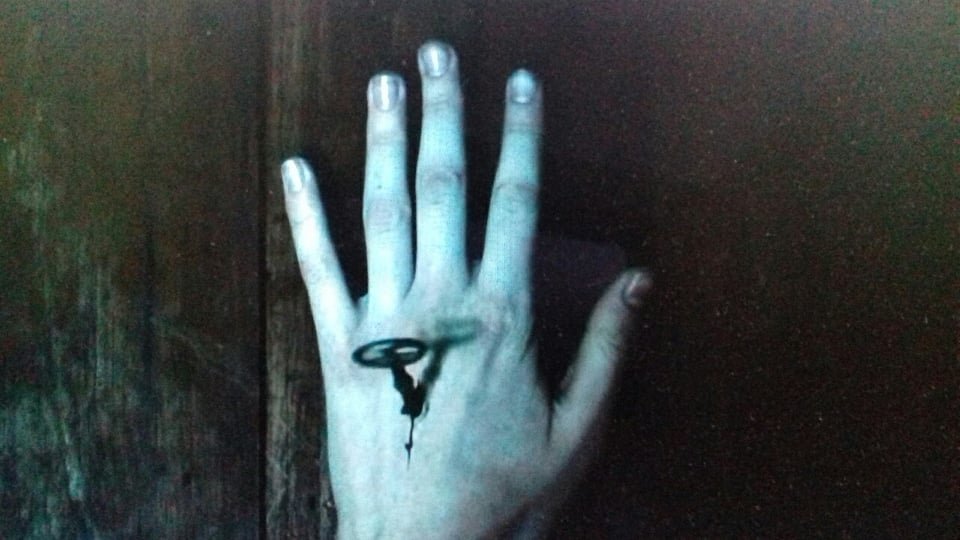
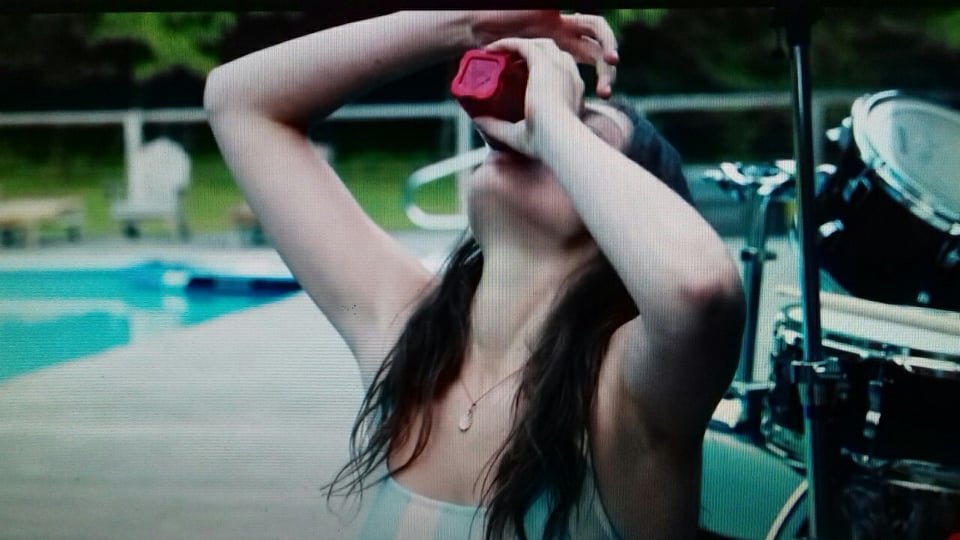
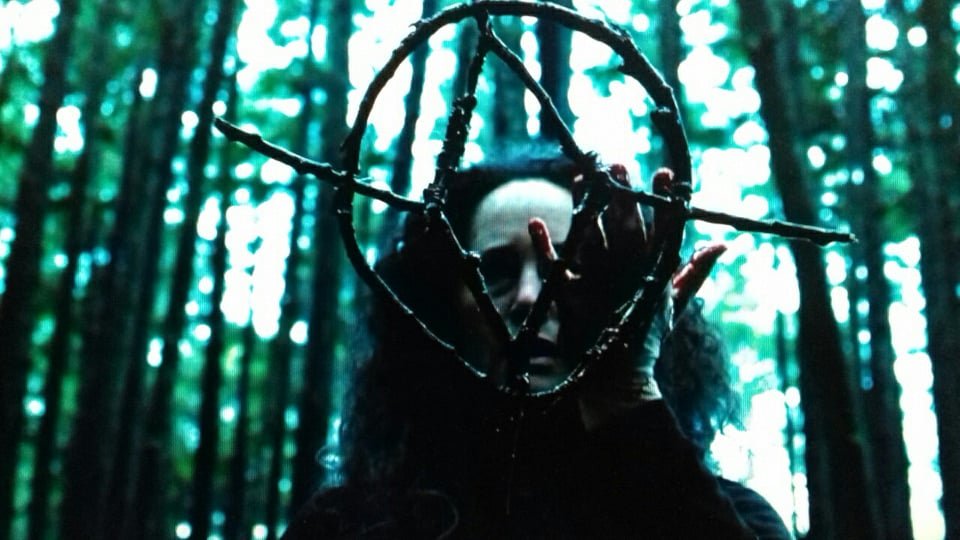

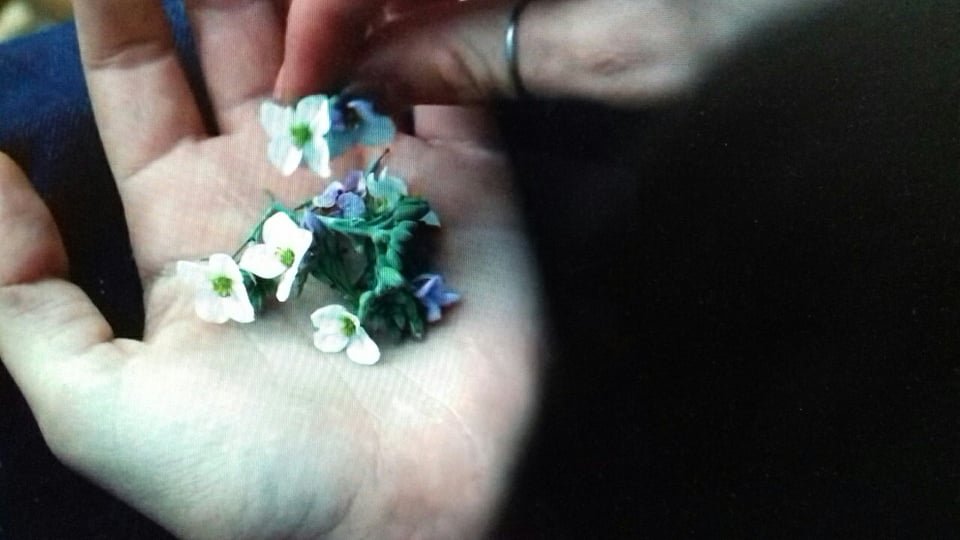


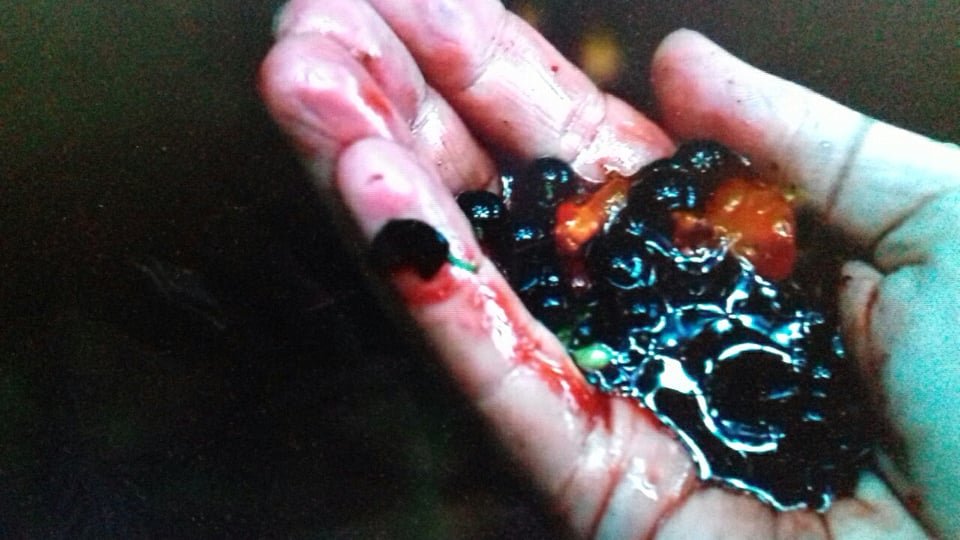
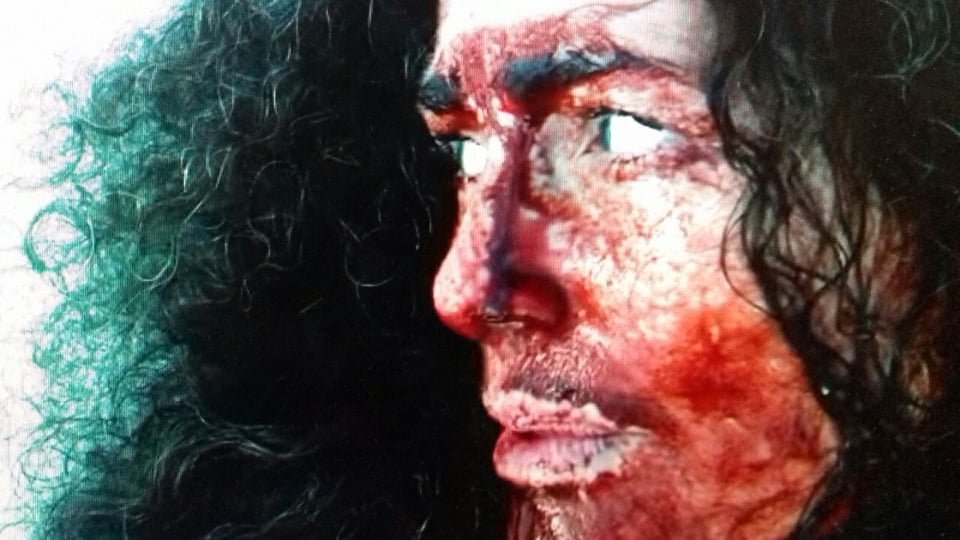
Above : Screenshot : Hellbender, The Trailer. By kind permission of the Adams Family.
Links/references:
1.Wonderwheel Productions main website.
https://www.wonderwheelproductions.com/pages/about.php
2. Hellebender Sound track.
https://www.youtube.com/watch?v=FB6L5d5FWV4&list=PL_wA4CDejVA6hzUBAwQts9AOsyiujwqE4&index=6
3. Parthenogenesis.
https://royalsocietypublishing.org/doi/10.1098/rsbl.2021.0006
4. Dr Sharonah Fredericks.
https://www.youtube.com/watch?v=_6iv2ZrFWAQ&t=2282s
5. Stephen Pope on the pre-masoretic Hebrew meaning of ‘Lilith’.
https://www.youtube.com/watch?v=w2wzNgUE6Zo
6. ‘Where the wild things are’. Sendak.M.
https://www.youtube.com/watch?v=w2wzNgUE6Zo
Capture d'écran : Hellbender, la bande-annonce. Avec l'aimable autorisation de la famille Adams.
Les familiers (in)naturels - Hellbender (Les maîtres de l'enfer) - L'archétype et le personnel
Sally Annett . Oct 2022
La sortie du film 2022 par la famille Adams, (WonderWheel Productions, USA (1.)) ; 'Hellbender' est une combinaison extraordinairement brillante d'horreur et de relations familiales.
La famille Adams, Toby Poser, John Adams et leurs filles Lulu et Zelda Adams réalisent des films en collaboration depuis plus de dix ans, lorsque John et Toby ont acheté un vieux camping-car et sont partis avec leurs jeunes enfants pour réaliser leur premier film "Rumblestrips". Ils n'ont cessé de travailler et de filmer, tissant leurs vies professionnelles et familiales ensemble et réalisant des films merveilleux.
Leur dernier film, "The Deeper You Dig", leur premier long métrage d'horreur, sorti juste avant la pandémie de COVID-19 en 2020, était une exploration du coût de la dissimulation des erreurs et du mal accidentel qui en découle. Il contenait des scènes tout aussi horribles que belles, exploitant les paysages hivernaux magnifiques des Catskills, dans le nord de l'État de New York, ainsi que la douleur du meurtre et l'attrait et l'huile de serpent de la vente du surnaturel.
Regarder leurs films, en étant conscient qu'il s'agit d'une véritable dynamique familiale, crée un frisson inconfortable, qui n'entrave pas la suspension de l'incrédulité, mais l'élargit. La scène où le personnage de John Adams assassine celui de Zelda, de manière brutale et désespérée, est d'autant plus forte que vous êtes conscient qu'il s'agit d'un père qui tue son propre enfant, une vision inconfortable à des fins de divertissement et donc doublement horrible.
Mais, comme le décrivent les acteurs, c'est aussi amusant ! Ces éléments d'amusement et d'humour se retrouvent dans toutes les œuvres de la famille Adam ; une veine comique extrêmement sombre, qui fait parfois rire le public aux moments les plus tendus de la scène.
Le plaisir et les images offerts dans "The Deeper You Dig" avec ses scènes psychédéliques, l'horreur corporelle classique et les tensions interpersonnelles non exprimées sont présents et accrus dans "Hellbender" et certains moments (que le public et la famille peuvent saisir à un niveau subtil) comme l'utilisation du mot "cunt" dans les échanges entre mère et fille, sont un clin d'œil à une continuité à plus long terme (cinématographique et réelle) qui se développe et fait référence à chaque film, faisant un clin d'œil non seulement aux médias, mais aussi à la portée plus large des projets et à l'aspect brut de l'œuvre.
Réalisé pendant la période de confinement, ‘Hellbender’ met une fois de plus en scène les Catskills, mais aussi d'autres paysages isolés et magnifiques de toute l'Amérique du Nord, qu'il s'agisse des Badlands ou de la côte Pacifique, filmés depuis un camping-car. La cabane en ruine (dans "The Deeper You Dig") a été entièrement restaurée, de manière impeccable, par John Adams, dont l'énergie est sans limites. Ce n'est pas un décor, c'est une maison familiale entièrement rénovée. John est également un as de la musique, du cinéma, de la construction de décors et des effets spéciaux.
La famille reconnaît que la nature joue un rôle d'actrice et qu'elle dirige parfois le spectacle, avec le temps, les saisons et ses "cadeaux", comme la carcasse de cerf dans les scènes où Zelda (Izzy) se débat avec son identité.
Zelda Adams, qui joue le rôle de l'adolescente Izzy (Isabelle, dérivée de Jezebel), est la vedette du spectacle et travaille de manière céleste dans le paysage, conduisant le public vers et à travers sa puissante présence, tandis que Toby (sa mère à l'écran et dans la vie) tente de la guider, de la protéger et de la mettre en sécurité.
A l’arbri de quoi ?
Izzy pense qu'elle est malade, isolée et scolarisée à domicile en raison d'une maladie auto-immune rare. Héritée matrilinéaire, elle n'a eu aucun contact avec d'autres humains depuis l'âge de 5 ans. La relation entre Izzy et sa mère est intense, claustrophobe et leur lien d'amour est maintenu et démontré par leur groupe musical. Le groupe de musique du film s'appelle également "Hellbender", reflétant à nouveau le groupe familial réel des Adams, "H6llb6nd6r". Le film entier a commencé comme un clip vidéo et s'est transformé en un chef-d'œuvre de film sur le passage à l'âge adulte, pour les humains et les non-humains occultes.
La partition et l'ambiance sonore sont également stupéfiantes, de facture familiale, les voix de Zelda complètent parfaitement l'imagerie ; obsédantes et ouvertes, avec une tristesse qui porte les sentiments sous-jacents à l'action avec une telle facilité. Il y a une très belle scène avec deux petites voitures qui tournent en rond, d'une tristesse douloureuse, accompagnée de l'ambiance sonore (Drive)(2.), qui incarne la qualité de l'artisanat.
Il y a des scènes totalement inédites qui laissent le spectateur stupéfait : cracher du sang menstruel dans la neige et lancer des anges de fumée (Toby et Zelda font tous deux référence à " Carrie " comme étant le premier film d'horreur qu'ils ont regardé ensemble - mais la scène n'a rien à voir avec celle-ci... c'est une inversion presque totale), et un solo de batterie en bikini au bord d'une piscine, une ingestion hallucinogène familiale qui combine de manière très satisfaisante les effets spéciaux traditionnels faits à la main et la manipulation numérique. La seule comparaison que je puisse faire est celle de séquences de festivals des années 1970... ou de la famille Manson.
Il y a une énorme quantité de recherche et d'histoire dans la trame du film, l'écriture, dirigée par Poser après des discussions familiales pour créer les bases de l'histoire, ne permet aucune narration maladroite, juste de l'action démonstrative, des scripts appariés avec de la place pour l'improvisation à tout moment et des performances magiques naturelles basées sur des faits aussi bien que sur la fiction.
Les Hellbenders se reproduisent par parthénogenèse, (3.) (mot de parcours/source du Parthénon) ils se reproduisent de manière asexuée, comme tous les mammifères et marsupiaux jusqu'à il y a (seulement) 300 millions d'années - lorsque les premières créatures mâles sont apparues sur la planète ; à partir de la femelle (1.).
Toby a fait des recherches sur Lilith, Lamia et une pléthore d'anciennes déesses, autoreproductives et mangeuses d'enfants ou de bébés. Celles dont les pouvoirs ont été acquis par Héraclès et de nombreux héros masculins ultérieurs de l'histoire grecque après avoir assassiné les divinités féminines plus anciennes et leurs enfants. En fait, la plupart de ces déesses "maléfiques", comme les Hellbenders, ont été diabolisées et persécutées de mémoire d'homme et d'écriture à cause de leur féminité - c'est leur pouvoir de reproduction, leurs liens avec la nature, la nuit et le sommeil (les choses que l'homme ne peut pas contrôler) qui a conduit à leur disparition/extermination. C'est ainsi que les Adams ont développé leur propre créatrice, un mythe féminin de la création qui a du mal à exister dans le monde moderne.
La mère Hellbender est désespérée que sa fille soit "bonne", qu'elle soit un "agneau" et non un "loup" et "coupe ses griffes et fait craquer ses dents" dans l'espoir qu'elle ne découvre pas sa vraie nature. Poser fait également référence aux écrits perdus des femmes, tant brûlés ou attribués à des "anonymes", avec le grimoire ou livre de sorts de la famille et le lien magique entre texte et corpus.
Le film a tout ce que vous pouvez souhaiter ou attendre d'un film d'horreur - du sang, des tripes, des meurtres, de la tension, du mystère et des effets spéciaux. Mais il a bien plus encore.
Le mélange de l'archétype et du personnel.
Le film décrit une relation mère-fille et est joué par une mère et sa fille, ce qui confère une authenticité naturelle à l'interprétation, mais n'évite ni n'atténue aucun des problèmes habituellement rencontrés. L'intense relation monoparentale est jouée tranquillement par Poser qui respire le calme, la maîtrise de soi, la puissance et la beauté dans chacun de ses gestes et qui a la voix d'une marraine de fée. Vous voulez qu'elle vous raconte des histoires, qu'elle vous chante des berceuses, qu'elle vous montre la magie ; elle offre une sécurité profonde, mais au prix de l'indépendance et de la liberté conscientes de sa fille. L'intention est "bonne", mais est-elle correcte ?
Capture d'écran : Hellbender, la bande-annonce. Avec l'aimable autorisation de la famille Adams.
La profonde hypocrisie et la suppression des émotions négatives, pour créer un cocon pour son enfant, font qu'Izzy perd la confiance et désobéit inévitablement à ses parents.
Cette surprotection est expérientielle pour Poser, qui n'a découvert sa véritable paternité que lorsque sa mère était sur son lit de mort. On lui a annoncé qu'elle était issue d'un don et elle a ensuite découvert qu'elle faisait partie d'une fratrie de huit enfants (au moins). Le "mensonge" ou la grande déception a été fait et gardé pour la protection de la fille. À certains égards, ‘Hellbender’ est un processus cathartique pour Poser, qui utilise le film pour explorer le raisonnement derrière la rétention de récits personnels et la découverte ultérieure de véritables histoires et lignées magicoscientifiques.
L'utérus est à la fois source de vie et de mort, la grossesse et l'accouchement restent les principales causes de mortalité des filles et des femmes en 2022 et les femmes du monde entier luttent toujours pour l'autonomie de leur corps et de leur système reproductif.
Les Hellbenders s'auto-génèrent ; ils se reproduisent de manière asexuée. Ce thème de la parthénogenèse est évident dans la nature, en particulier chez les reptiles, mais reste un principe fondamental de nombreuses religions, notamment la légende de l'Annonciation du christianisme que nous célébrons chaque année à Noël (comme la naissance d'un homme) plutôt que le cycle de reproduction sans père du féminin.
Mais les maîtres de l'enfer sont loin des représentations pudiques de la tradition mariale, ils sont Kali, Lilith, la Prostituée de Babylone, leurs enfants maudits - trahis, isolés, rejetés, méprisés, pour avoir habité leur véritable nature, avec et dans la Nature. Pourtant, ils restent un aspect d'elle. Le film vous emmène à travers une série de conversations psychédéliques avec les ancêtres d'Izzy, y compris sa grand-mère troublée, aujourd'hui décédée. Il montre la lignée dont elle (nous) est issue. Il convient de noter que, dans les traditions orales féminines juives, Lilith n'est pas la mangeuse de bébés, mais la protectrice des mères et des enfants, et que l'on porte des amulettes pour invoquer sa présence et non la détourner. Son travail consiste à tester la pureté des rabbins, à les tenter avec les péchés de la chair, en s'assurant que seuls les vrais cœurs (très peu, semble-t-il) atteignent le niveau du Messie, tandis que son "mari", Samaël, traditionnellement l'ange de la mort, reste à la maison et s'occupe de leurs enfants. (4.) (Dr Sharonah Fredericks). Les différences entre l'écrit et la transmission folklorique et familiale, si souvent énormes. (5.) (Stephen Pope sur Lilith).
Capture d'écran : Hellbender, la bande-annonce. Avec l'aimable autorisation de la famille Adams.
Les scènes sexuelles sont délibérément évitées dans le film (heureusement !), mais pas uniquement en raison de la structure de l'équipe " familiale ". Toby et Zelda tenaient à ce que ce film ne soit pas le traditionnel film hollywoodien sur le passage à l'âge adulte d'une jeune femme, initié par un jeune homme, qui est normalement un festival de maquillage avec tout ce qui est faux, collé sur des enfants hypersexualisés.
Ici, l'accession au pouvoir décrit un pouvoir réel, qui ne dépend pas d'un mythe de beauté plus fictif et inatteignable pour la plupart des gens que de devenir un Hellbender.
Poser et ses filles sont toutes des beautés, elles célèbrent leur naturel, avec pour seul maquillage du vernis à ongles noir écaillé, des pinces à cheveux en plastique volées et des références fortement codées et impertinentes au maquillage glam rock des groupes de rock emblématiques des années 70. En tant que femme, c'est un tel soulagement de voir cette absence d'artifice, des femmes normales, à visage découvert et audacieuses.
Le film fait écho à la fois aux mythes anciens, à l'iconographie religieuse, ou plutôt hérétique, et aux contes de fées modernes ; Izzy nous rappelle parfois Max, de Maurice Sendak, dans "Where the Wild Things Are" (6) (un des films préférés des enfants de la génération X et de leur progéniture) ; les plans où elle erre dans les grands arbres et la couronne (fabriquée à nouveau par John) que sa mère lui offre, symbole de sa prise de souveraineté naissante, symbolisent bien cette rébellion nécessaire. Izzy fait vraiment du bruit !
On ne soulignera jamais assez la qualité de la bande-son, mais aussi le caractère minimal et poétique du scénario. La cinématographie fait son travail - de manière stupéfiante. En partie limitée par le COVID et le besoin de bulles familiales, la distribution compte moins de 20 personnes. L'utilisation d'un drone permet d'obtenir des vues aériennes énigmatiques ainsi que des paysages immenses, et les habitants de la ville locale de la famille Adams jouent les rôles secondaires ; le shérif est vraiment le shérif. Les femmes qui réclament du sang dans la scène d'ouverture sont les mamans de l'équipe de football de Zelda. Toutes font un travail fabuleux.
John, qui est une dynamo de la réalisation, du tournage, de l'enregistrement, du montage et de l'être, livre une performance hilarante et discrète, courte mais - encore une fois - parfaite en tant qu'oncle ringard de la meilleure (et seule) amie de Zelda qui vit de l'autre côté de la vallée. Il se met en retrait, permettant aux femmes de prendre la tête de ce travail, mais il a l'œil d'un peintre et peut faire n'importe quoi, d'un tunnel ombilical pulsant de chair vers l'enfer, à une maison entièrement fonctionnelle.
Lulu entre et sort des scènes avec une performance puissante, solide et très comique dans le rôle de l'amie mondaine apparemment dominante et sûre d'elle, un contrepoids parfait pour l'innocence d'Izzy et pour un temps, son idéal.
La représentation de la magie dans le film est à nouveau celle de la magie naturelle, celle du mélange de sang et de baies, de plumes et de grenouilles, d'asticots et de vers, créant des yeux volants, des cheveux volants (Toby a les plus beaux cheveux) et des filles volantes. Mais il est rafraîchissant de constater qu'il ne s'agit pas du trope familier du rituel satanique en robe scintillante, mis en scène en rouge et noir, éclairé par la lumière vacillante des bougies. Elle fait partie de la palette de couleurs - filmée en lumière naturelle, sur des corps naturels, dans des teintes automnales et hivernales, des verts lichens, des baies rouges, des écorces noires et des arbres gris sur fond de ciel gris et enneigé.
L'approche consistant à embrasser pleinement l'expérience, l'archétype à travers un objectif personnel et réaliste, entraîne le public dans un voyage profond et complet à travers l'imaginaire.
Le film est brillant.
Mais quand vous découvrez les histoires qui le nourrissent, de l'enfermement dans le COVID, des informations qui changent la vie sur qui vous êtes, des protocoles et comportements familiaux interpersonnels universels. Des choses que nous reconnaissons et vivons tous - mais que nous n'avons jamais réussi, ni peut-être même rêvé d'articuler ou de créer une mythologie vivante à partir de ces éléments - cela le fait passer à un autre niveau.
Capture d'écran : Hellbender, la bande-annonce. Avec l'aimable autorisation de la famille Adams.
Le film traite essentiellement de la peur d'empêcher la vie.
Les difficultés de la transition de l'enfant à l'adulte puis au parent en tant que femme, et les erreurs que nous commettons.
De l'impuissance que nous avons sur nos enfants.
"Si tu me brises le cœur, je te dévore".
"L'hiver mange l'automne, le printemps mange l'hiver, l'été mange le printemps, l'automne mange l'été".
Les cycles sans fin de mensonges familiaux et sociétaux, de violence et de co-dépendance qui peuvent être brisés, terminés et transformés en agissant sans crainte sur la vérité et l'amour nous sont démontrés par ces créatures les plus diaboliques (plus de la moitié de la population humaine !) que sont les Hellbenders !
Sally Annett Octobre 2022














